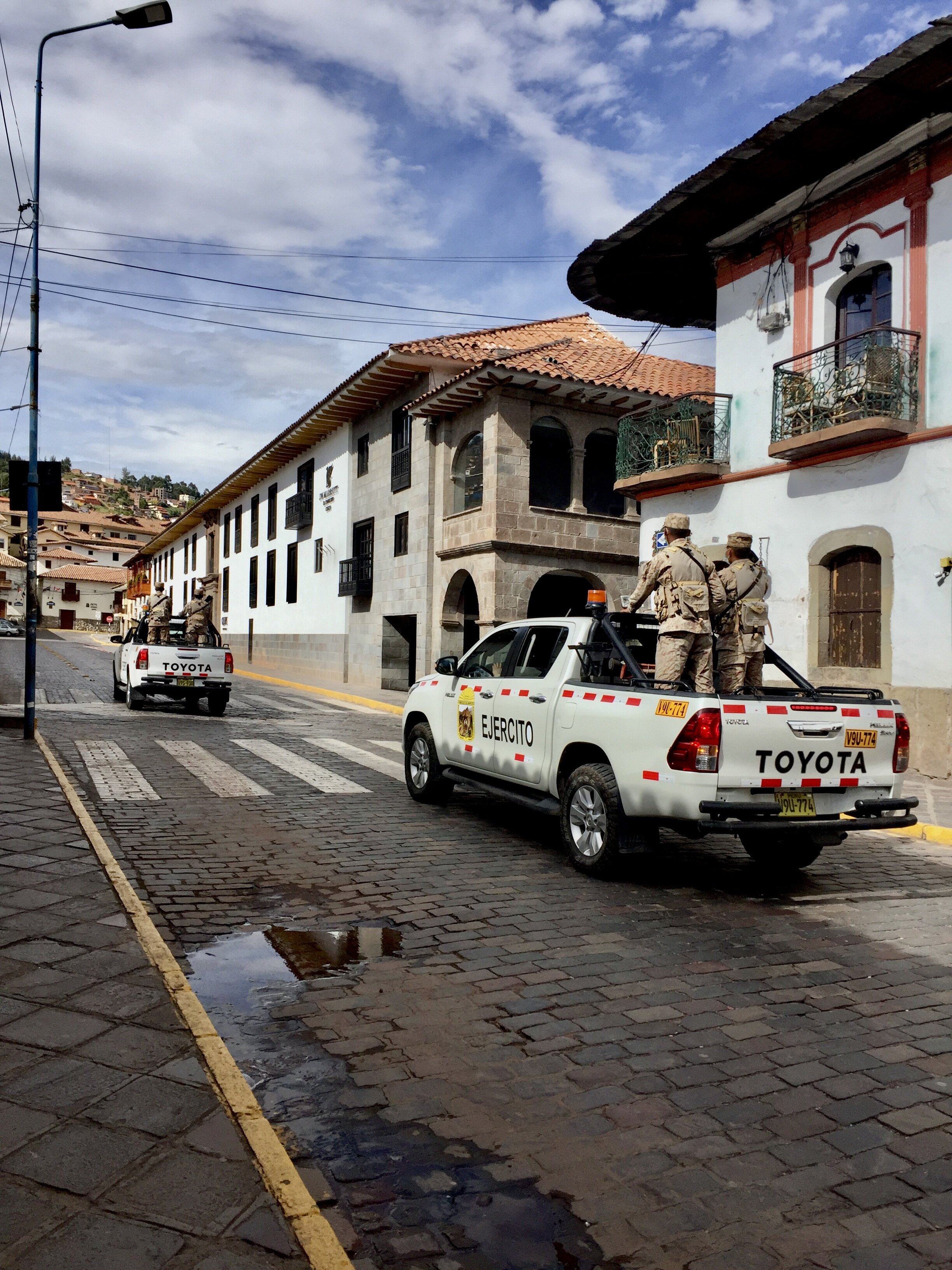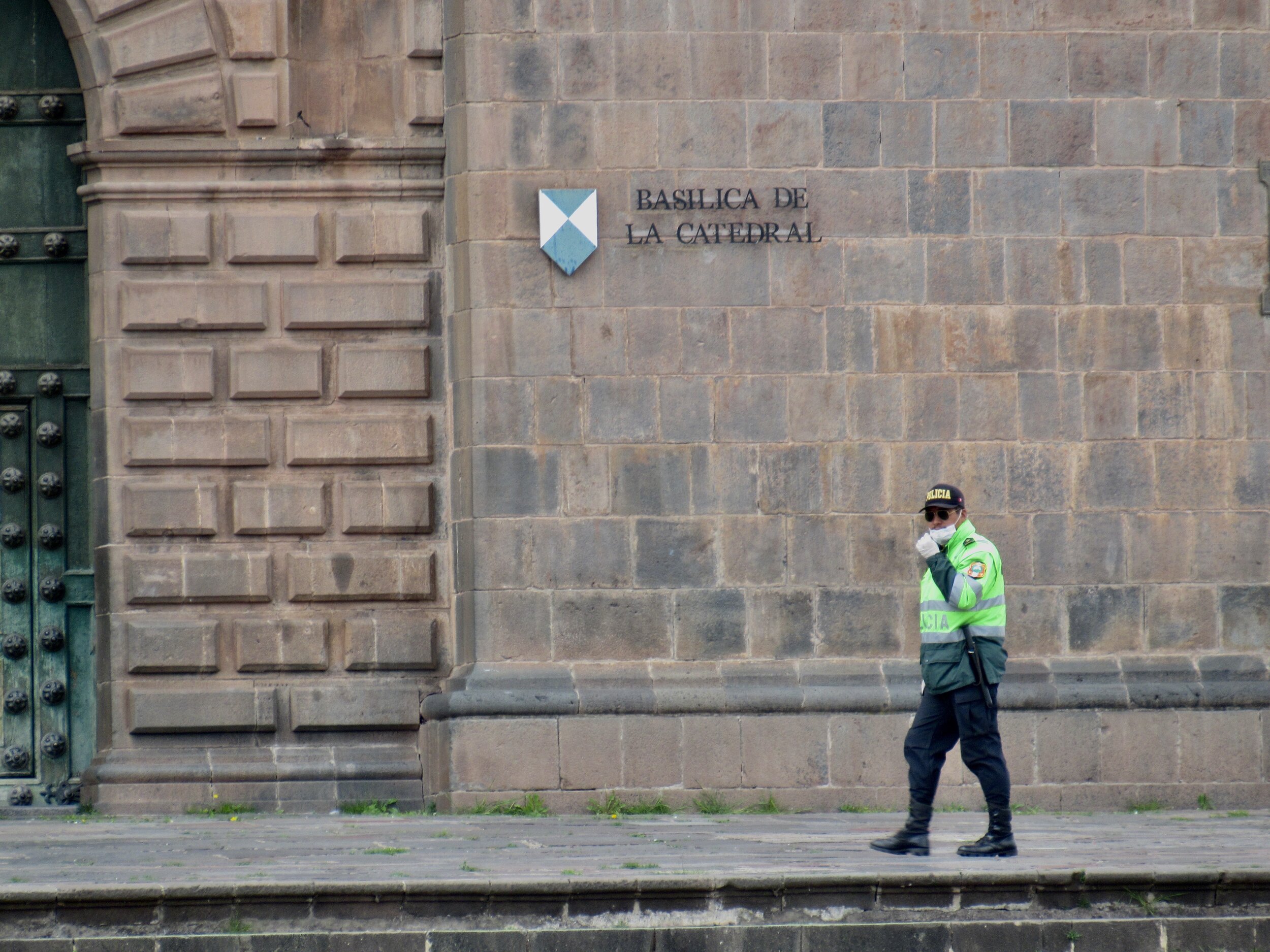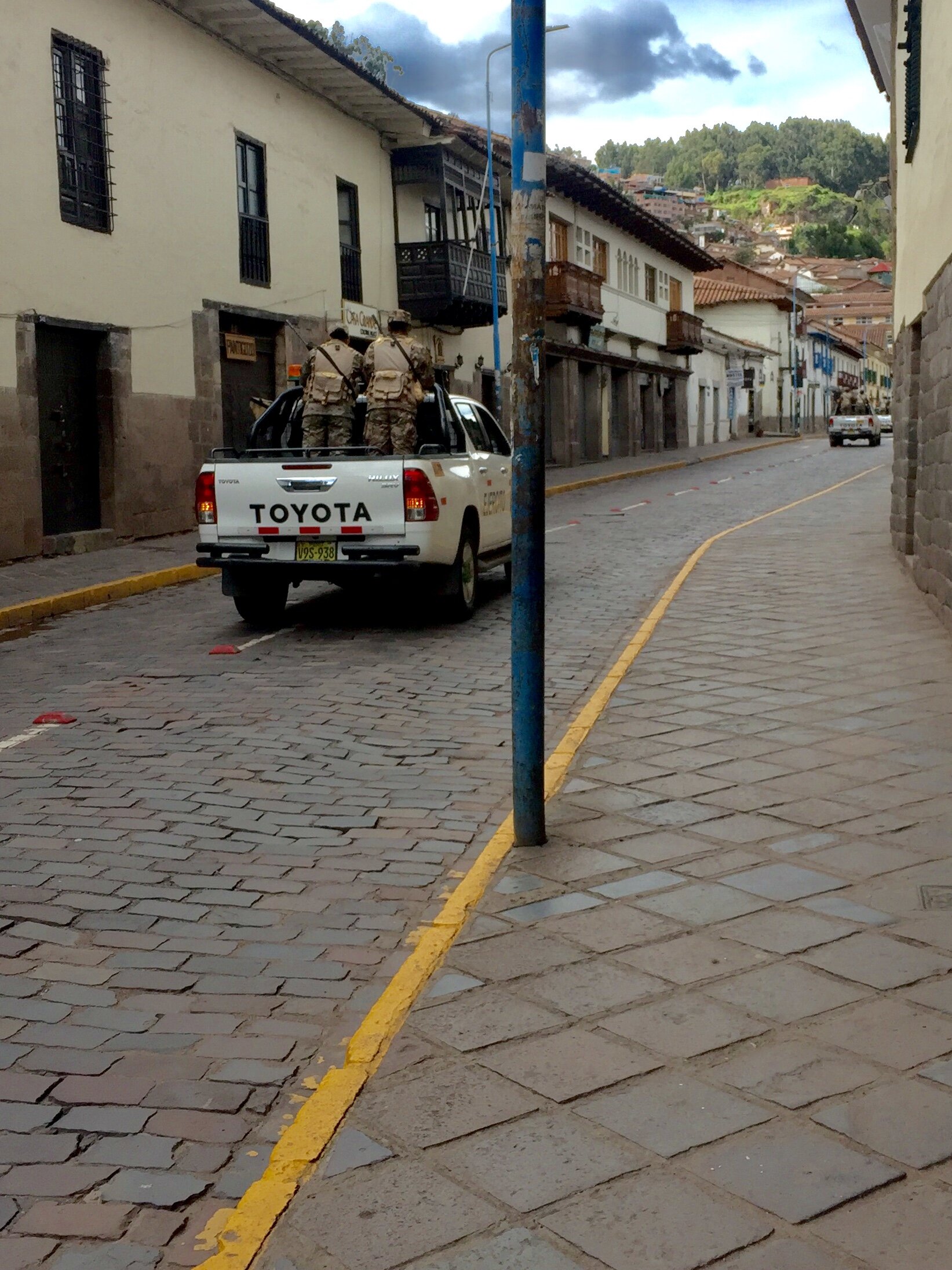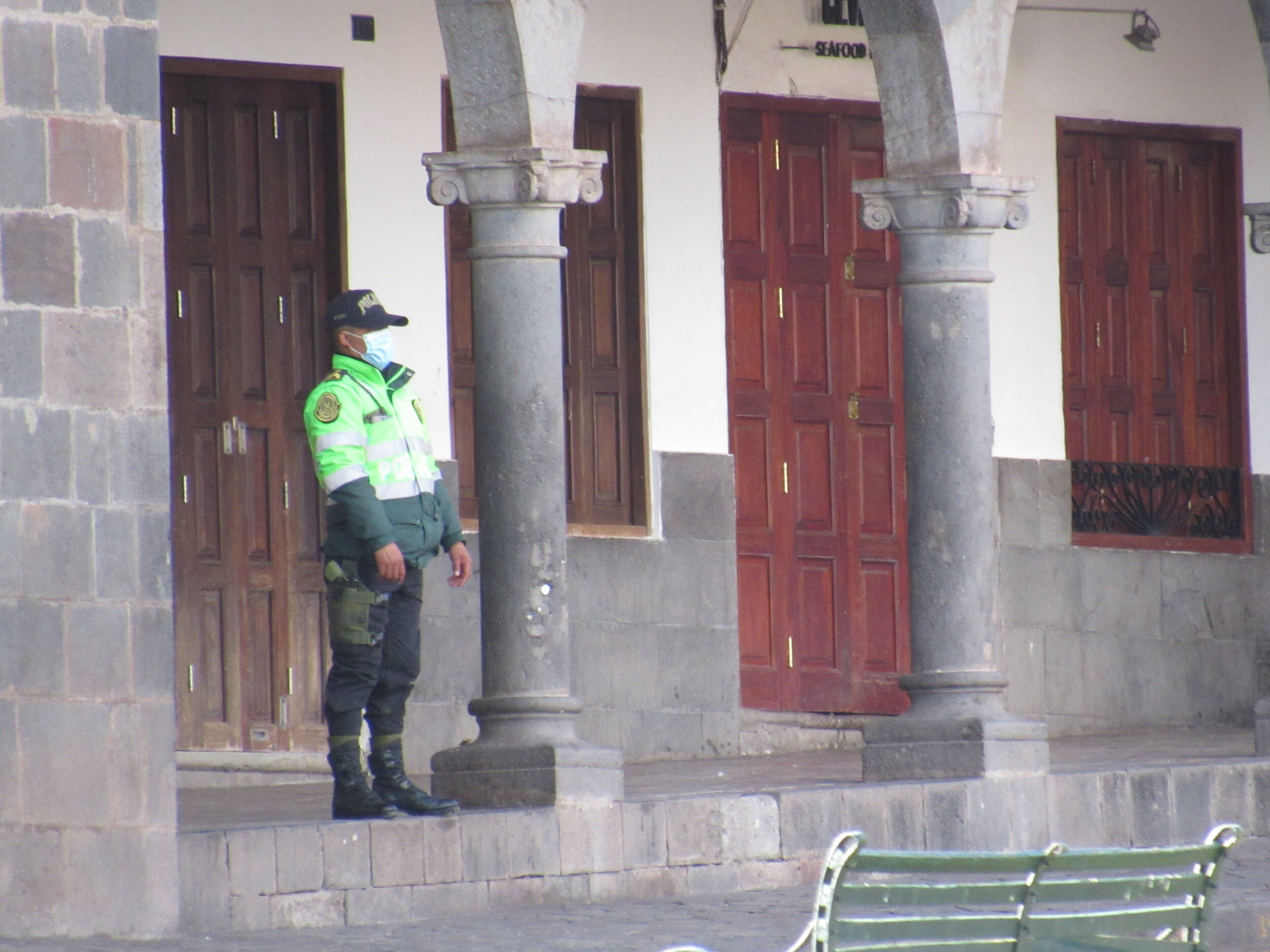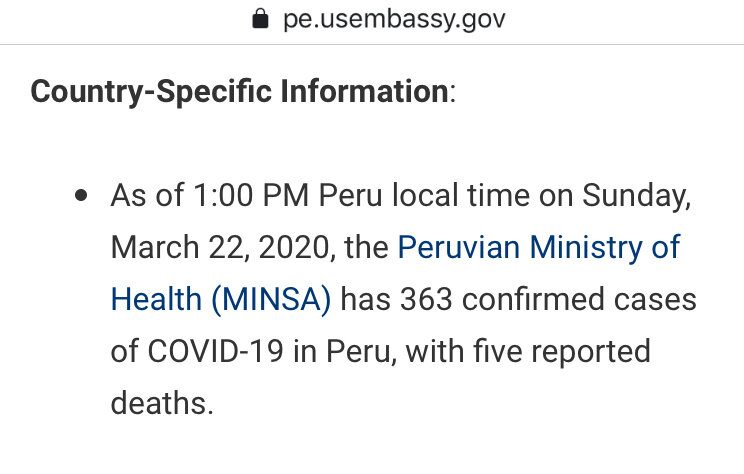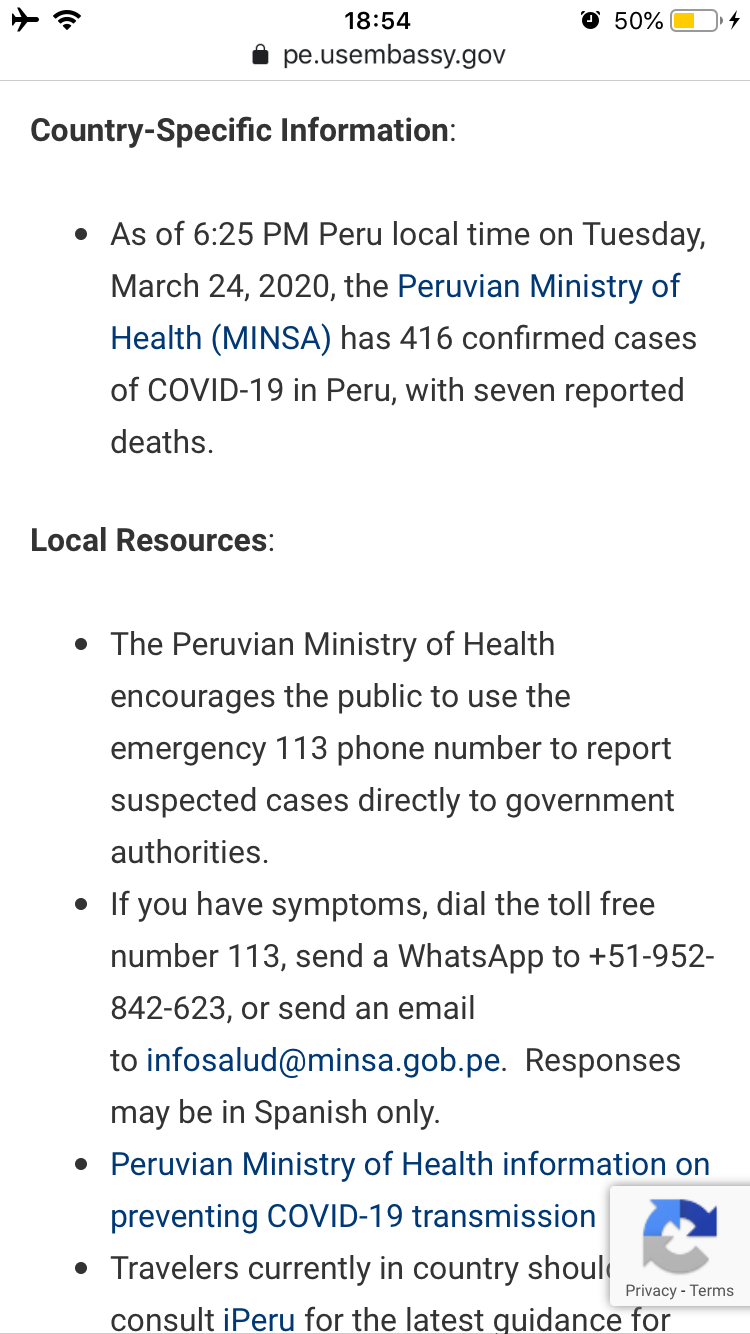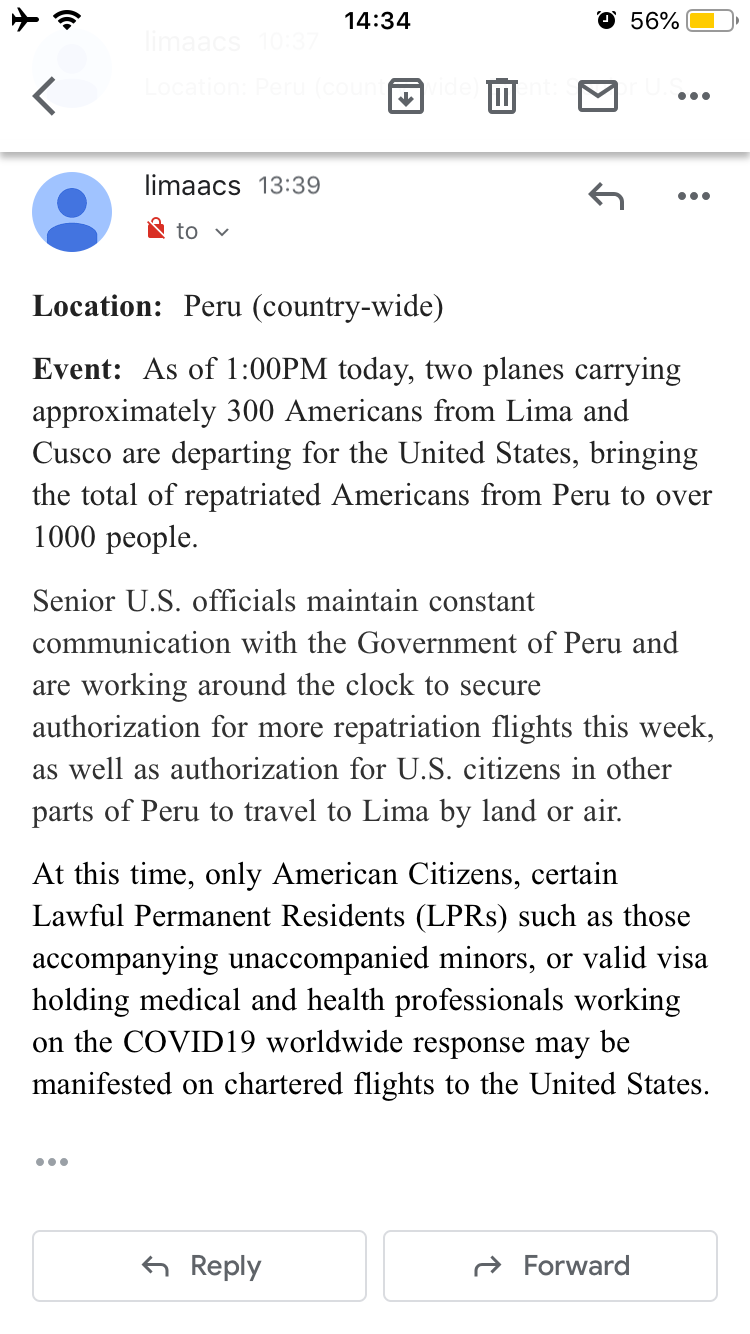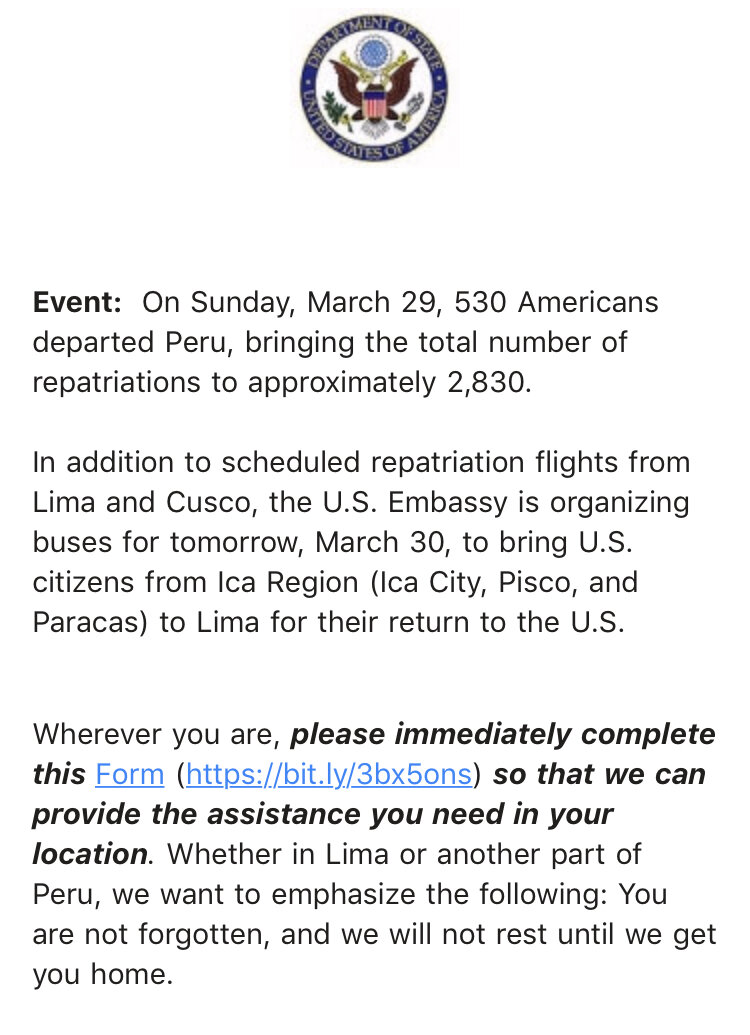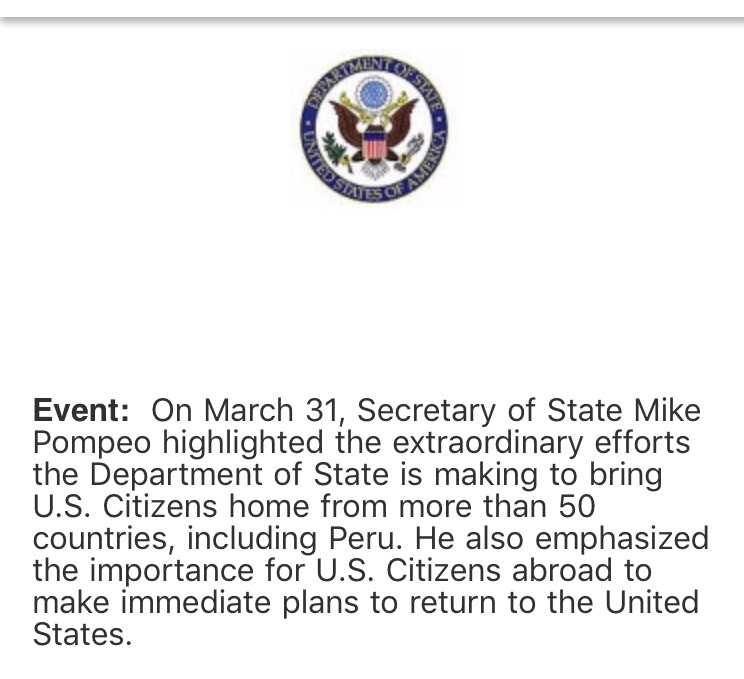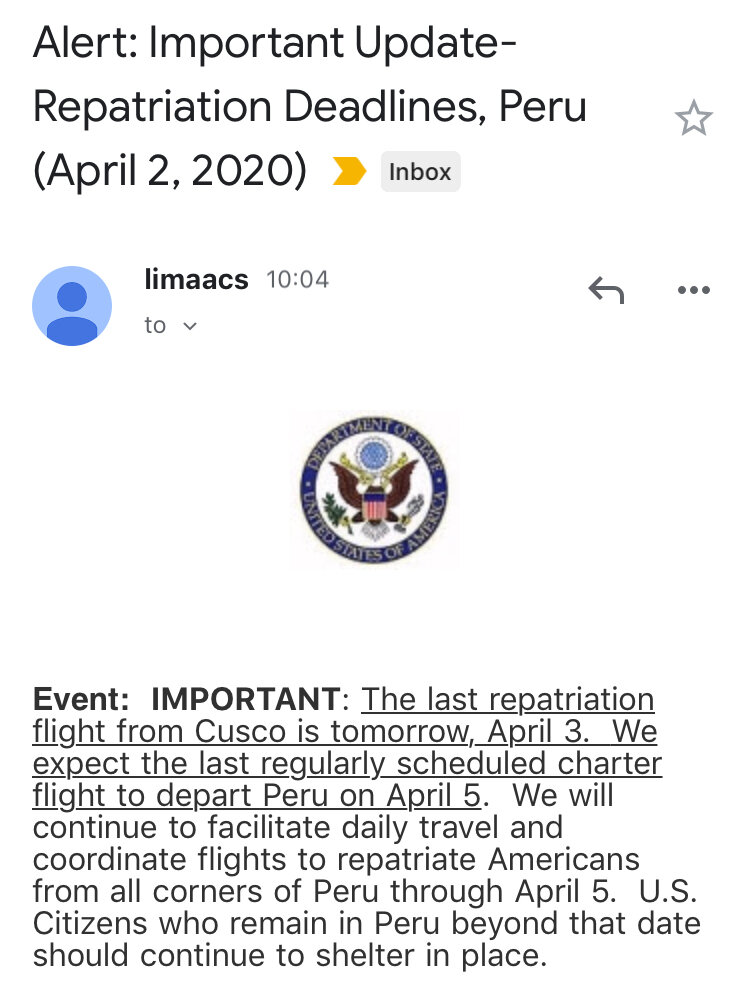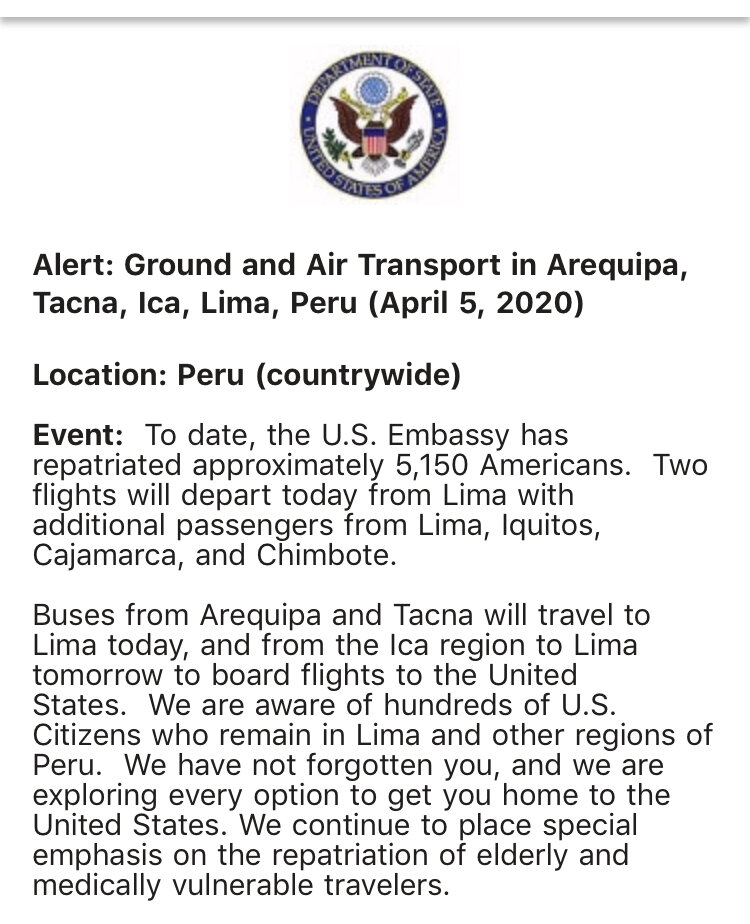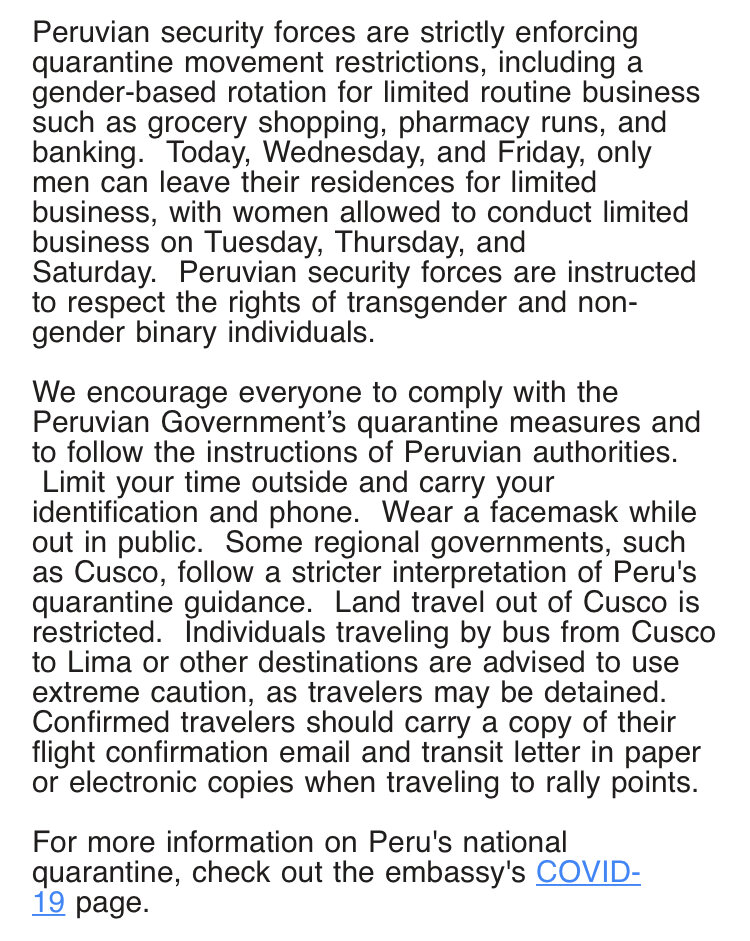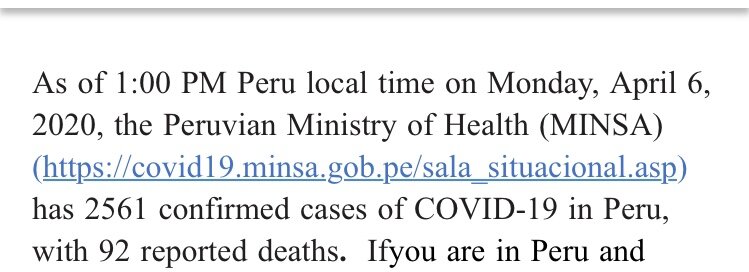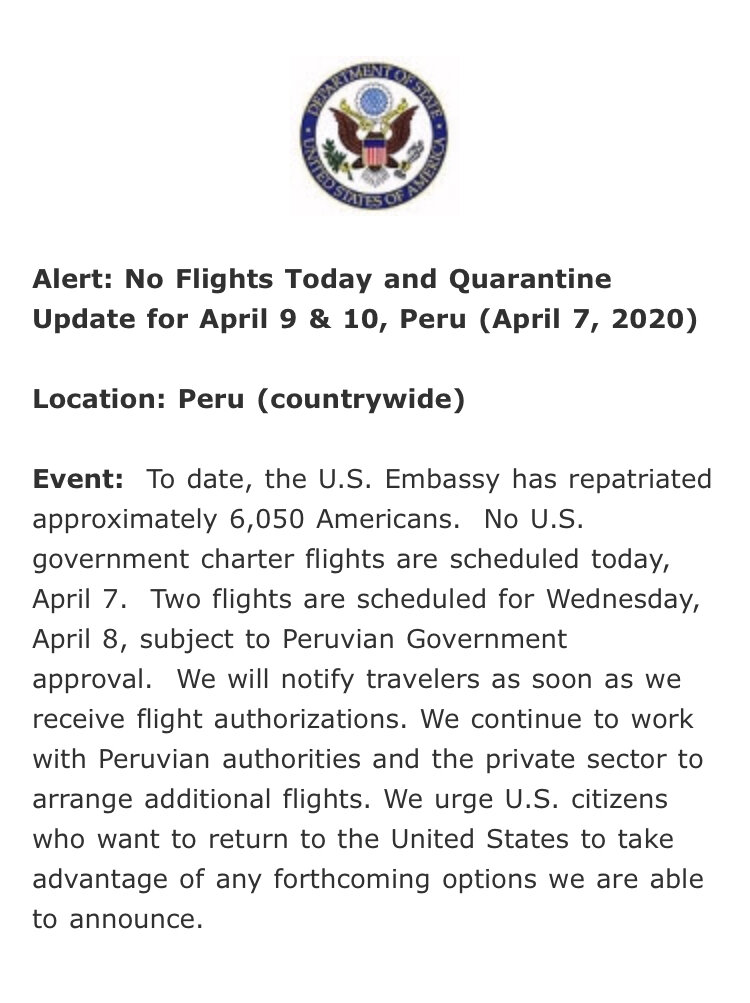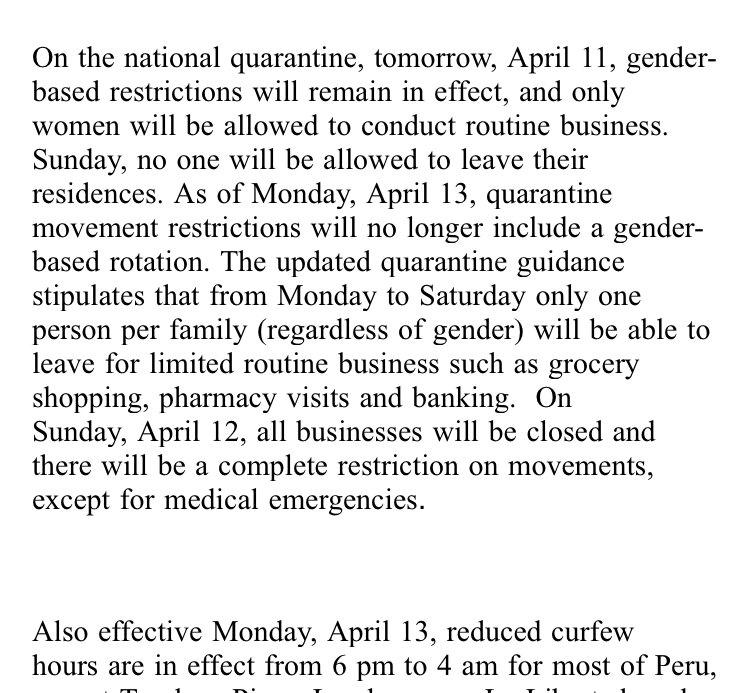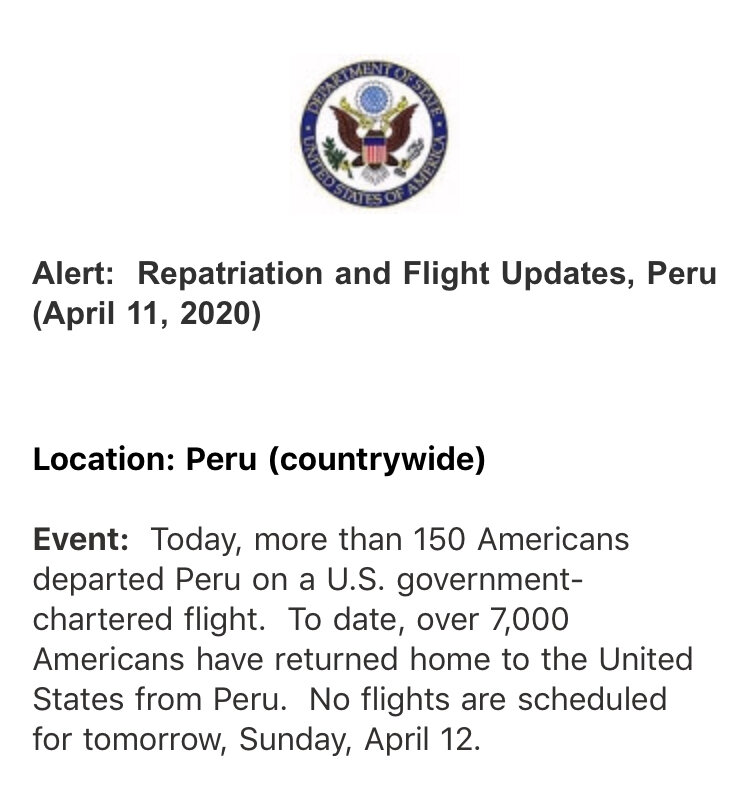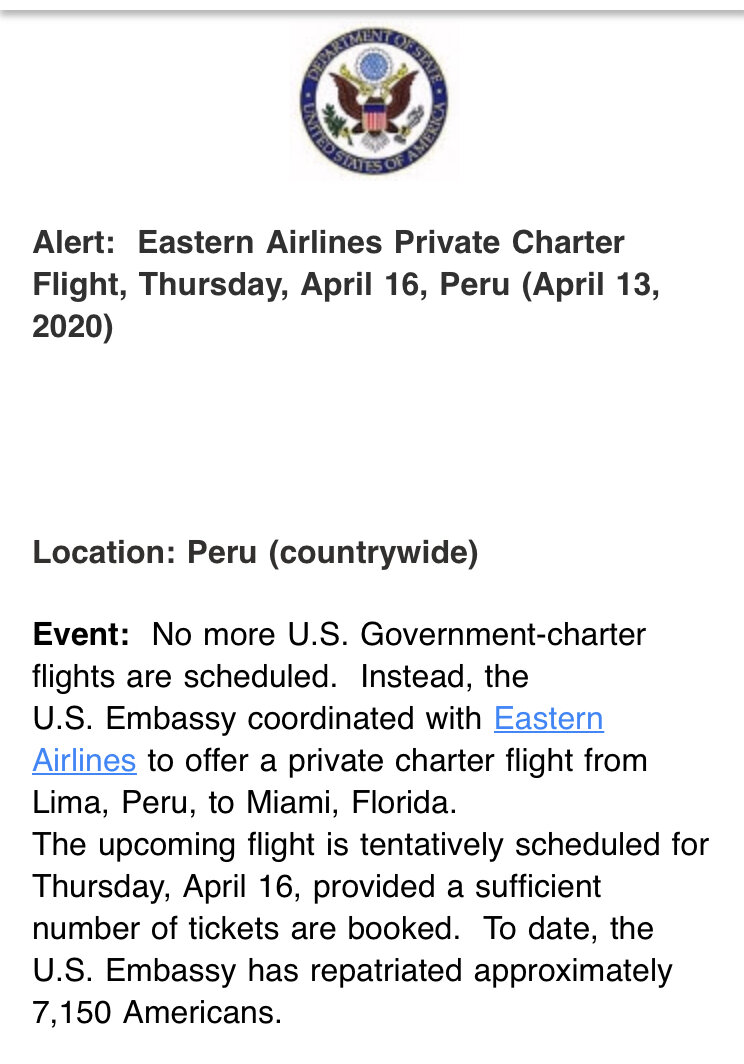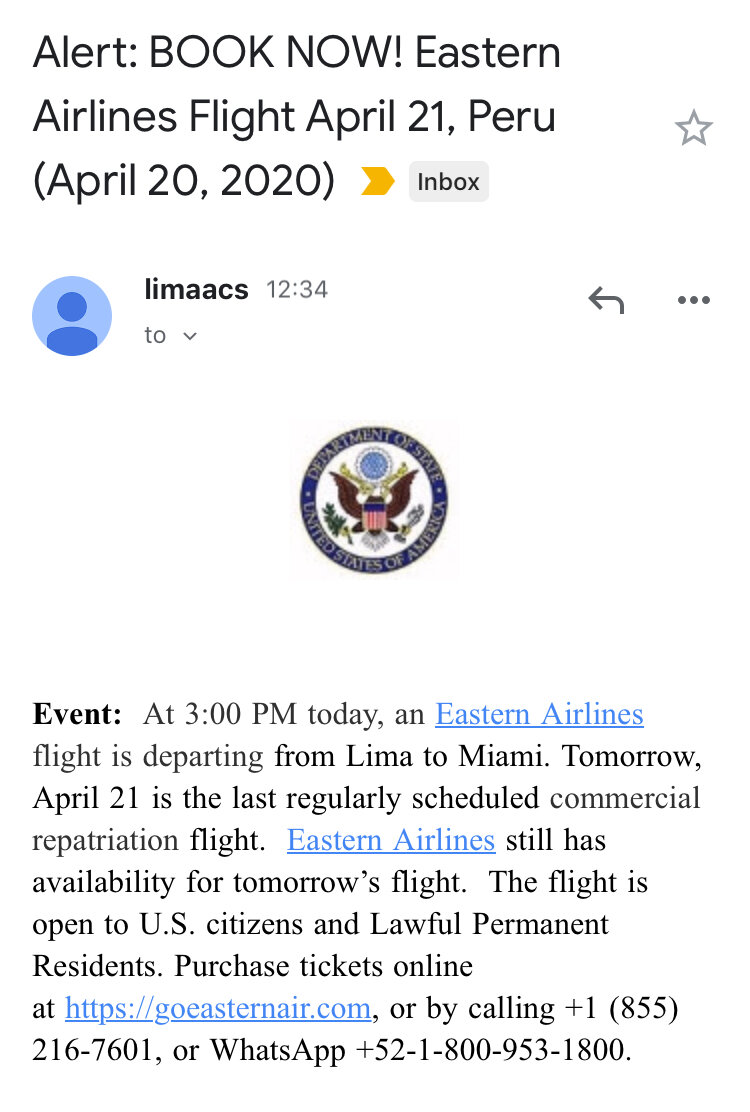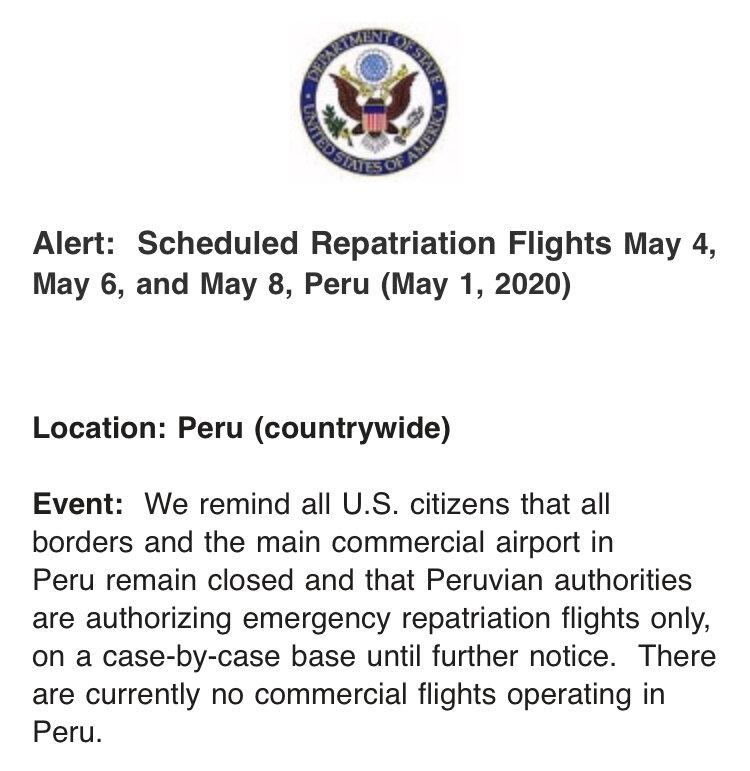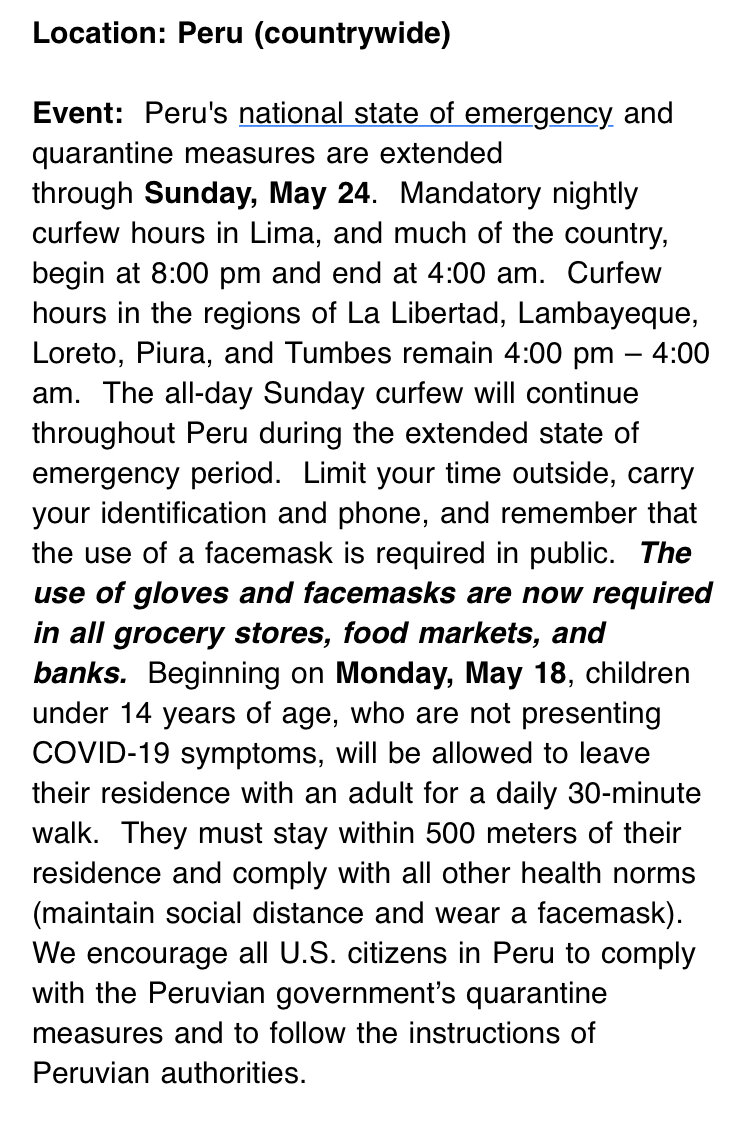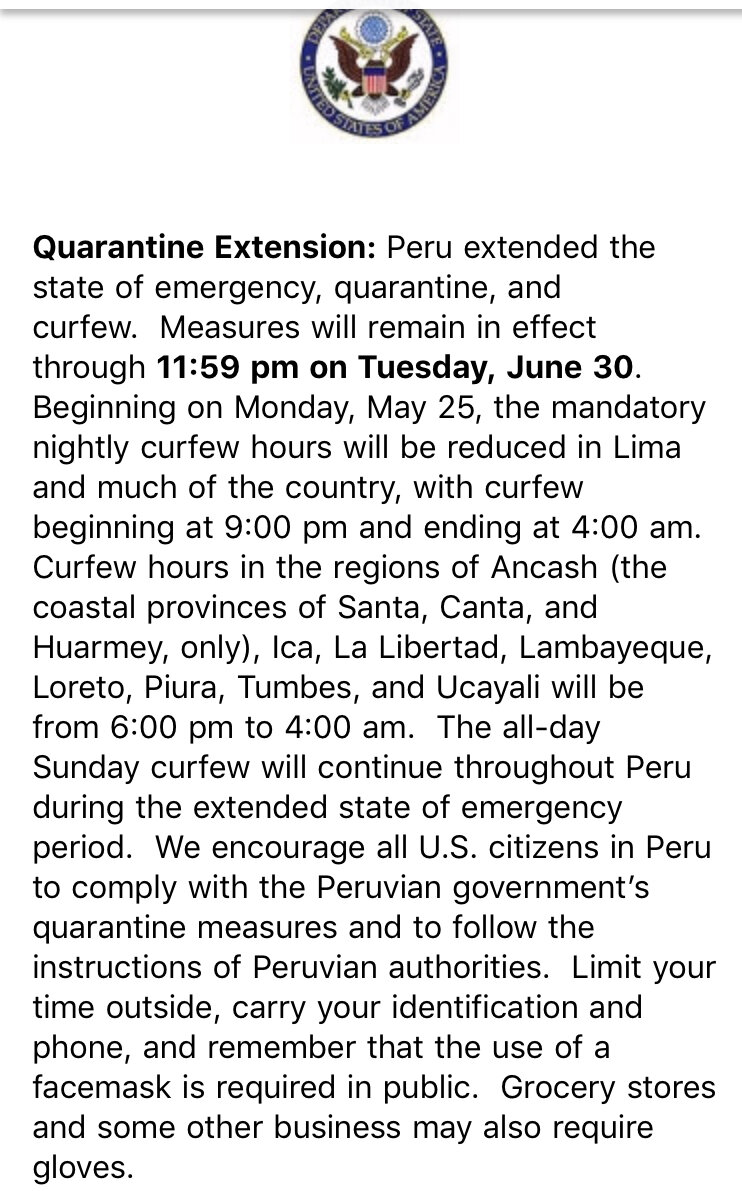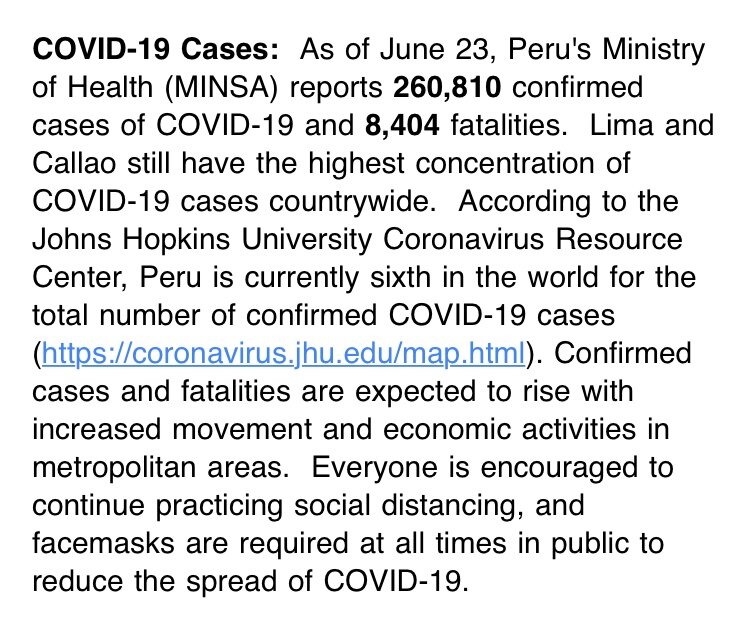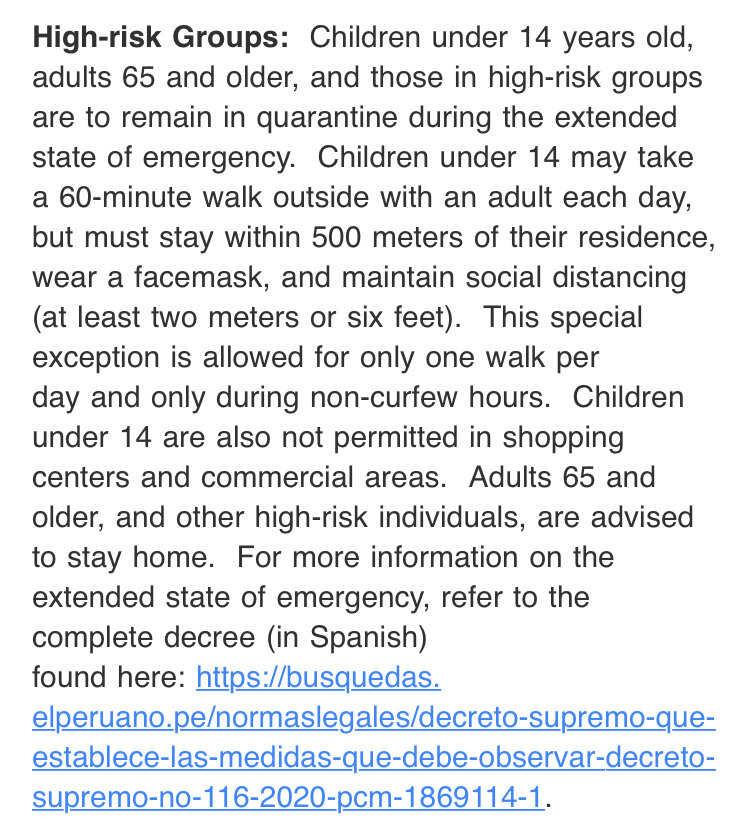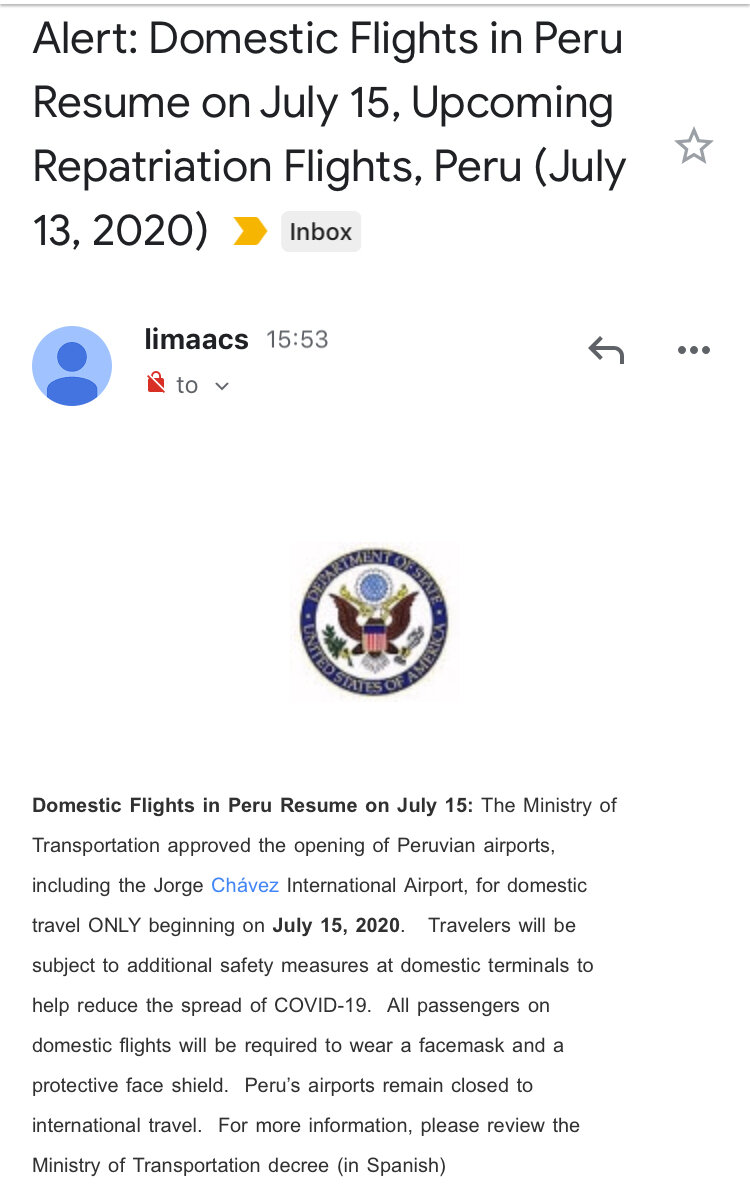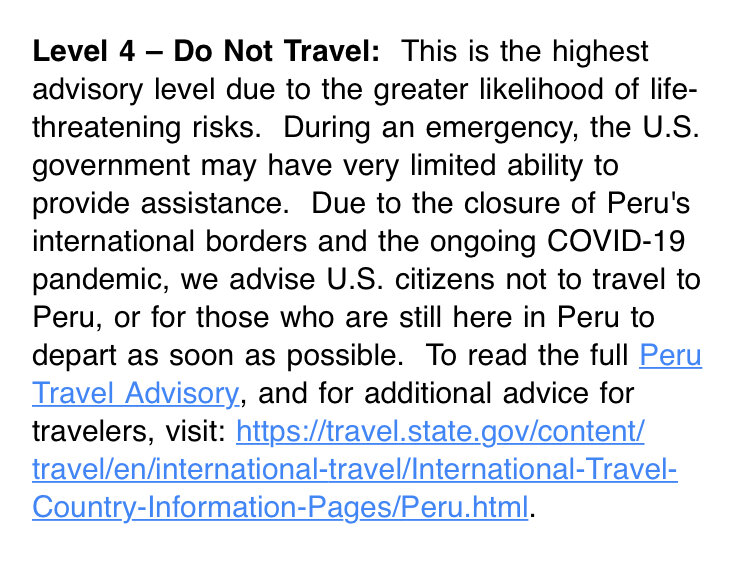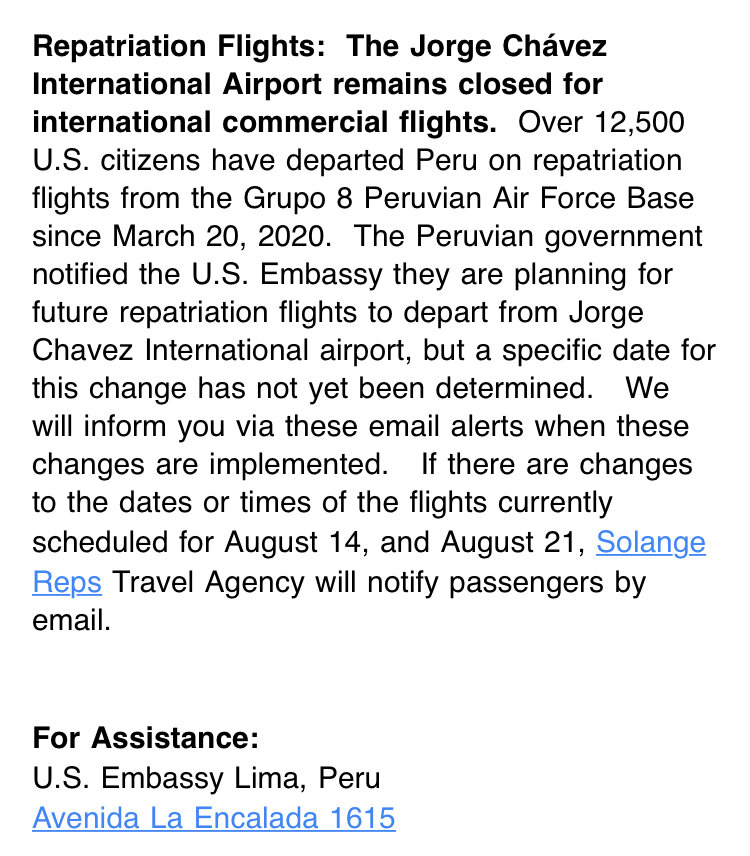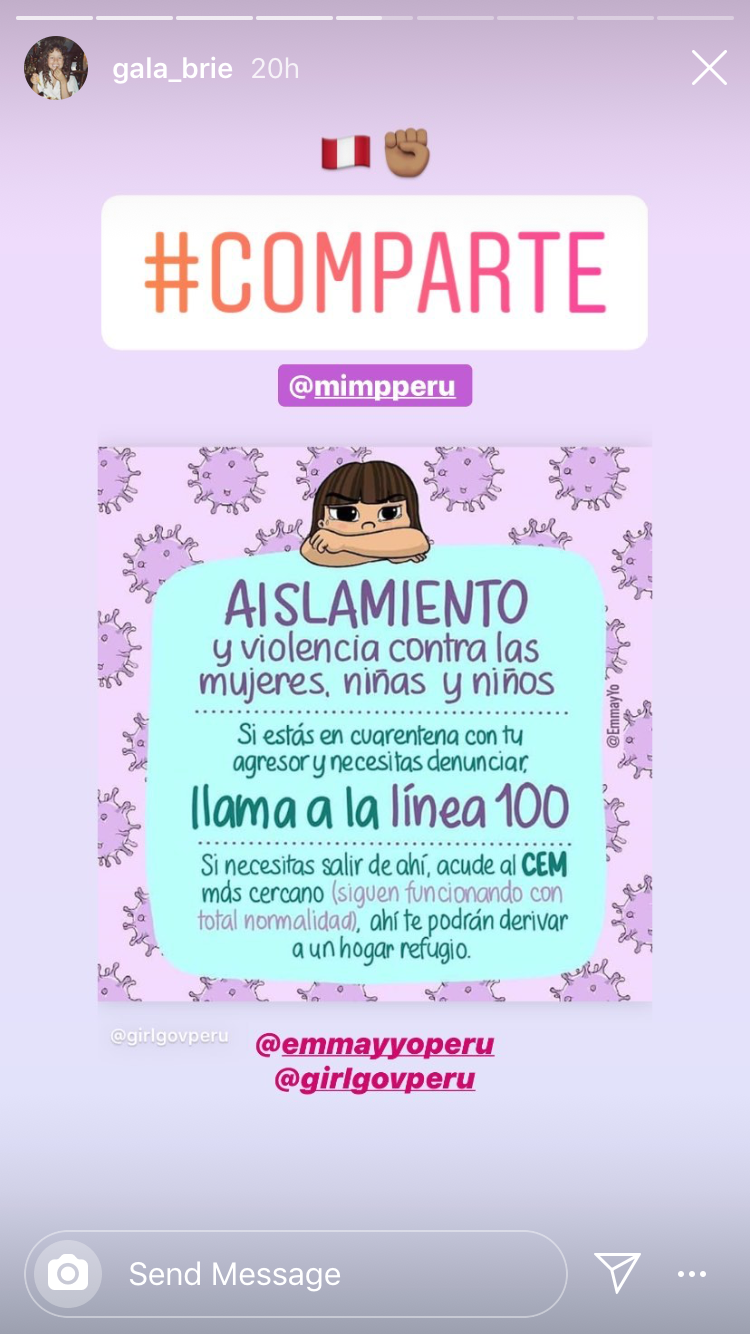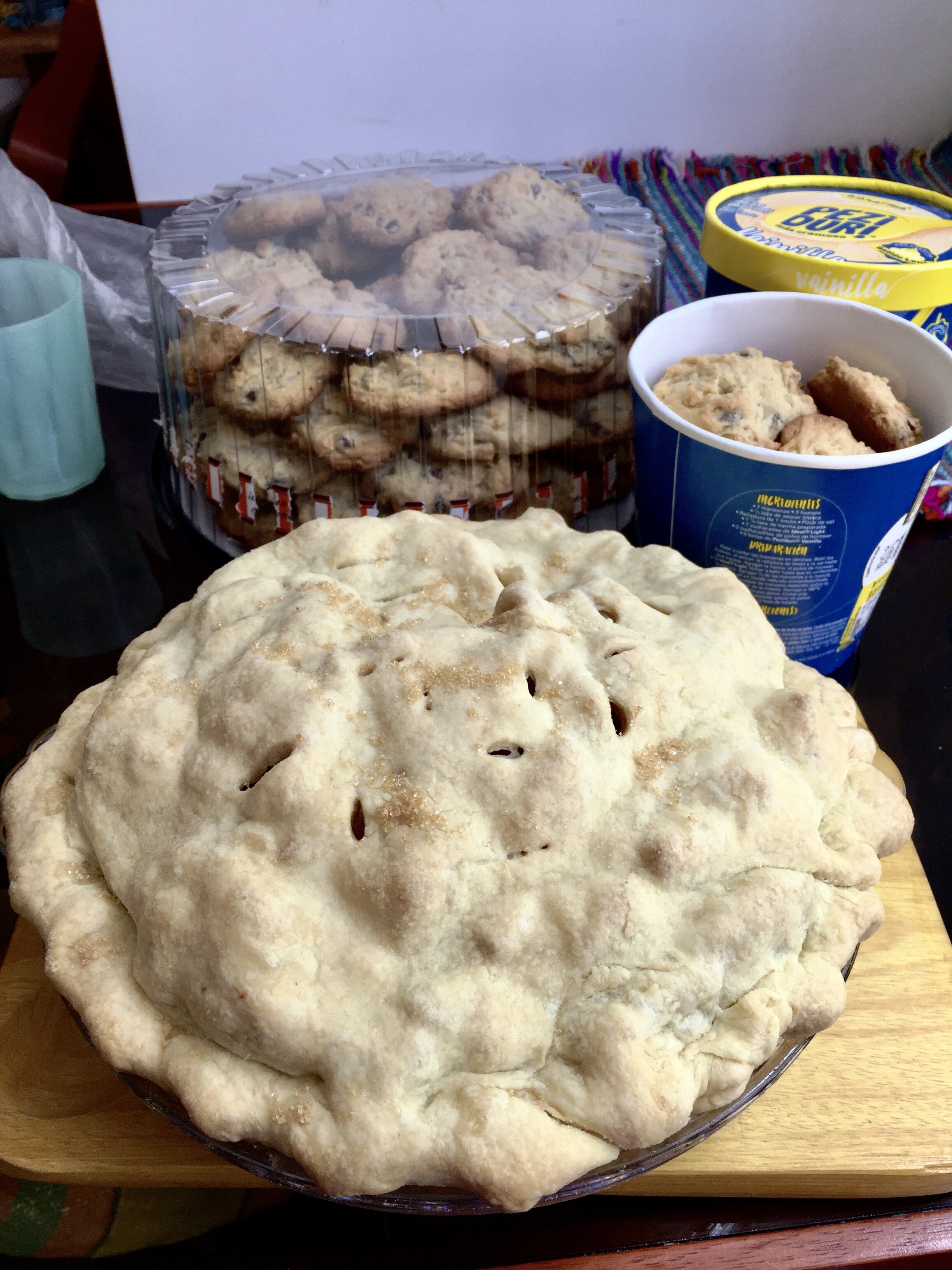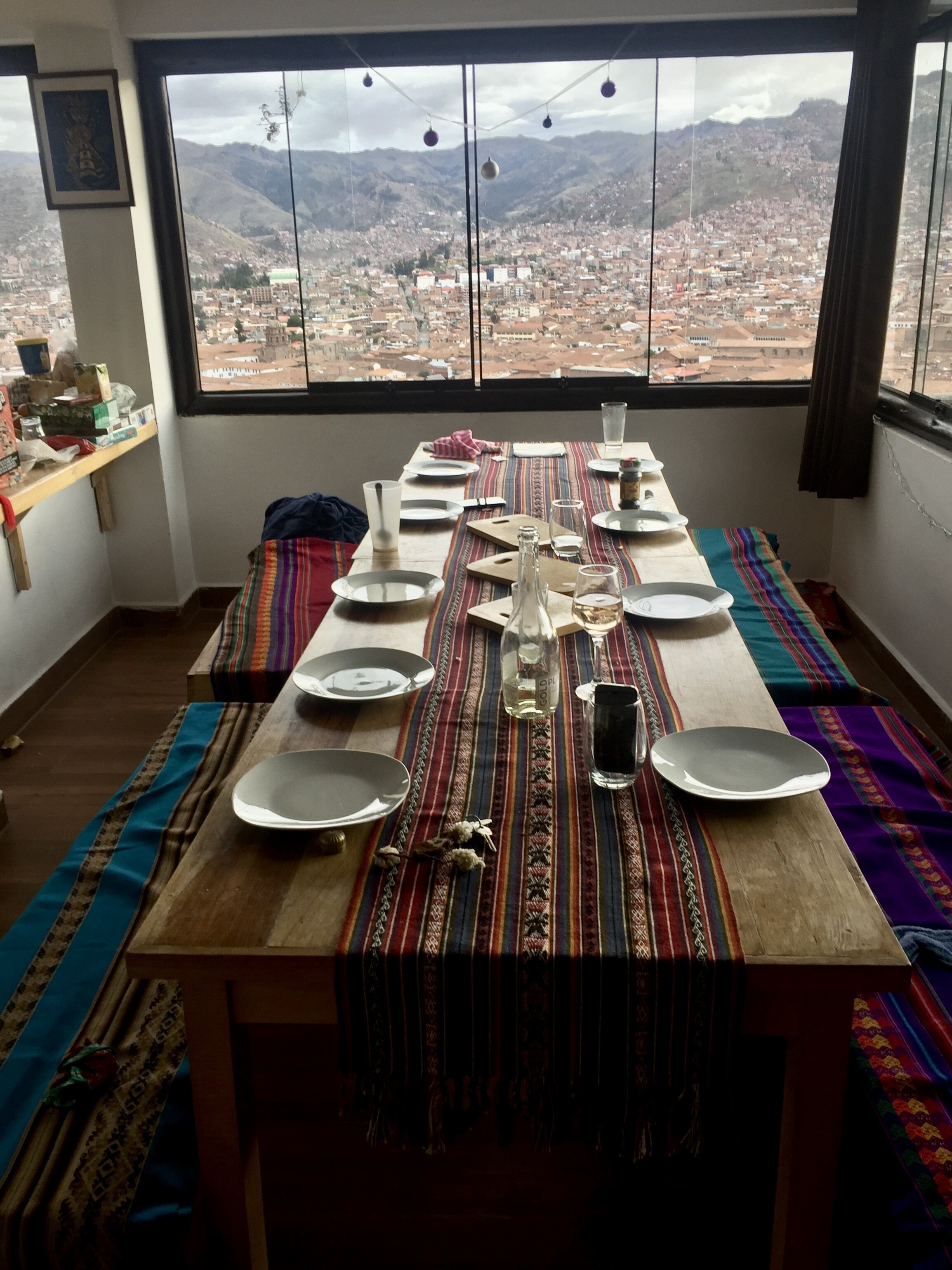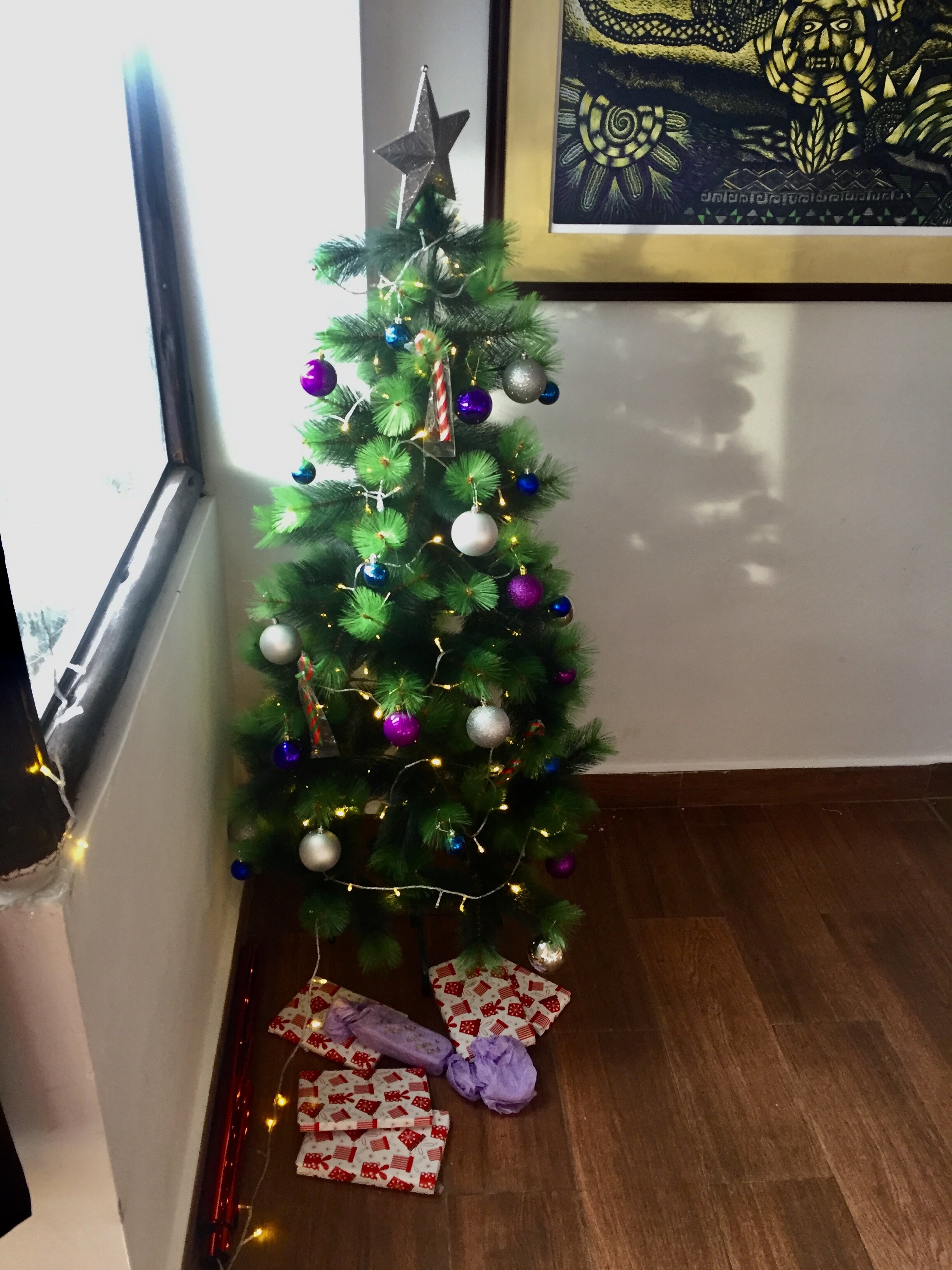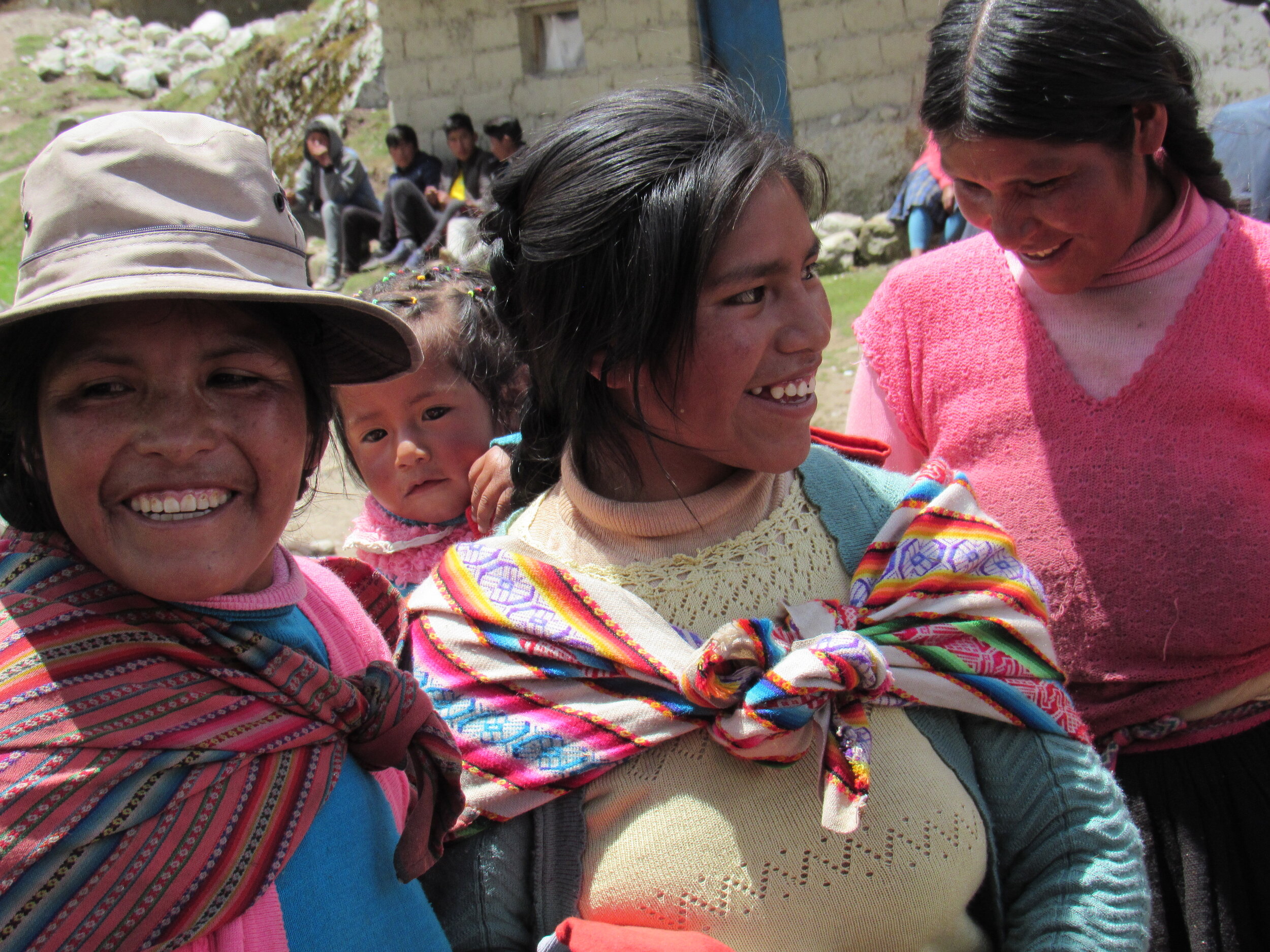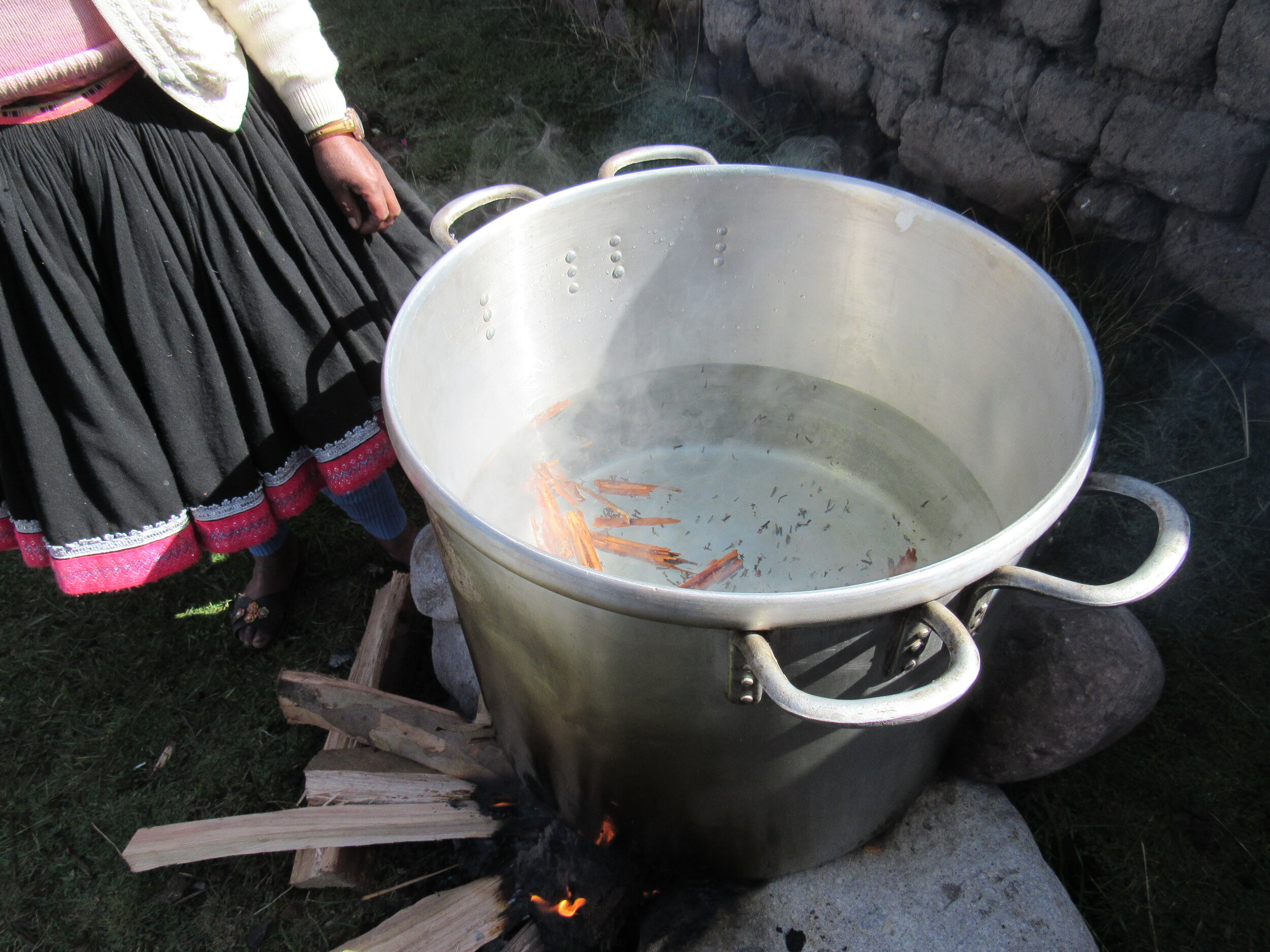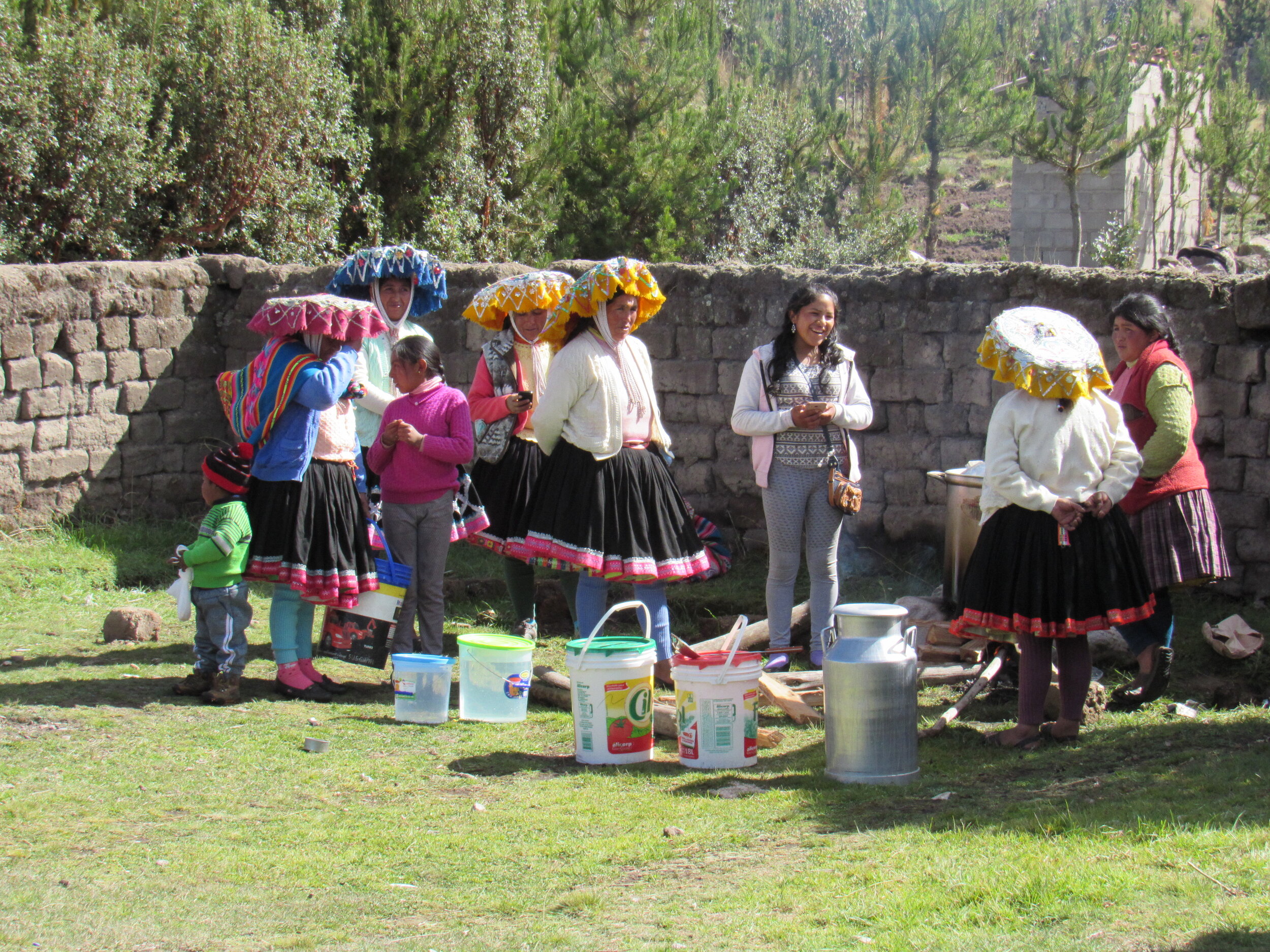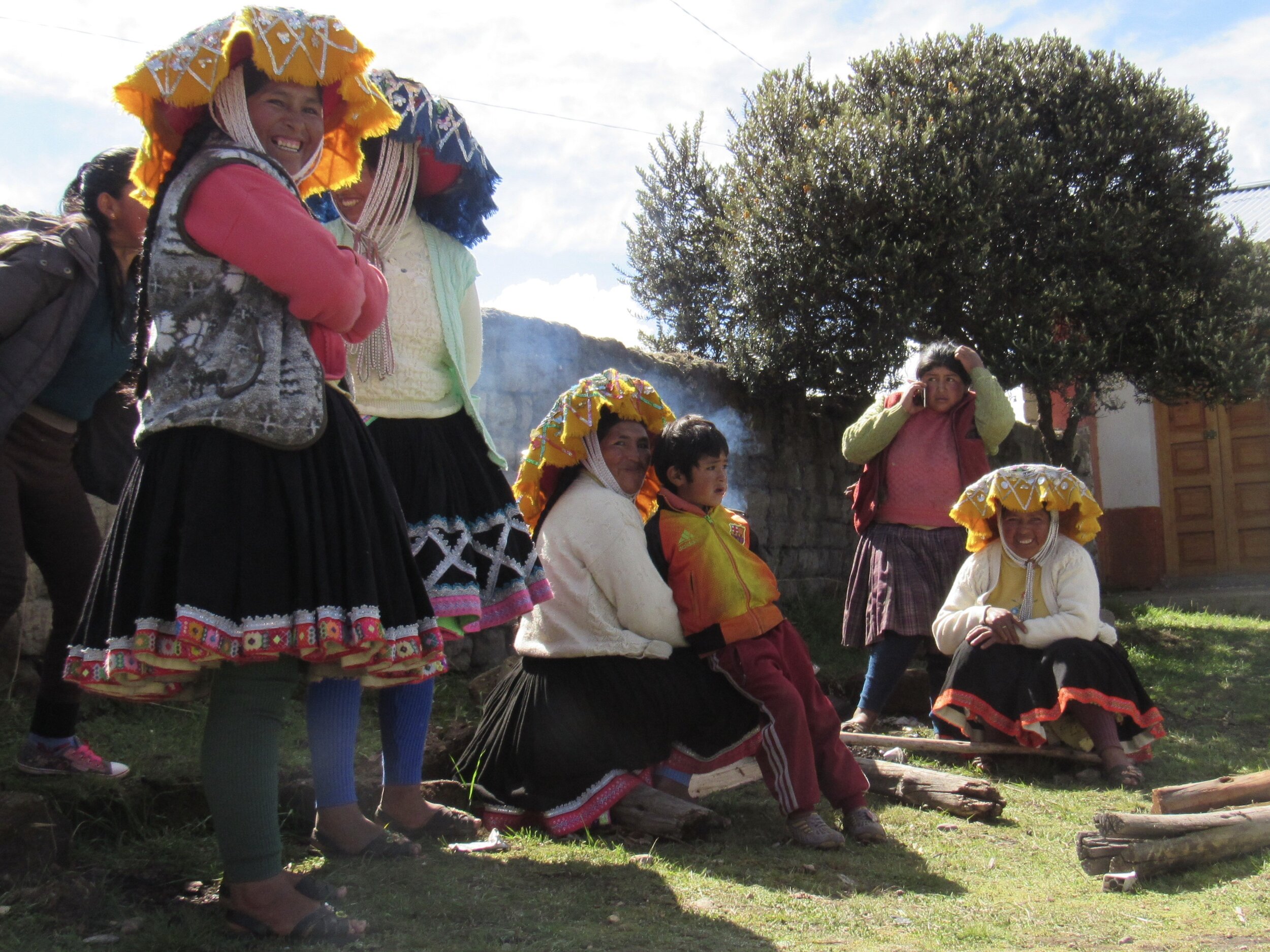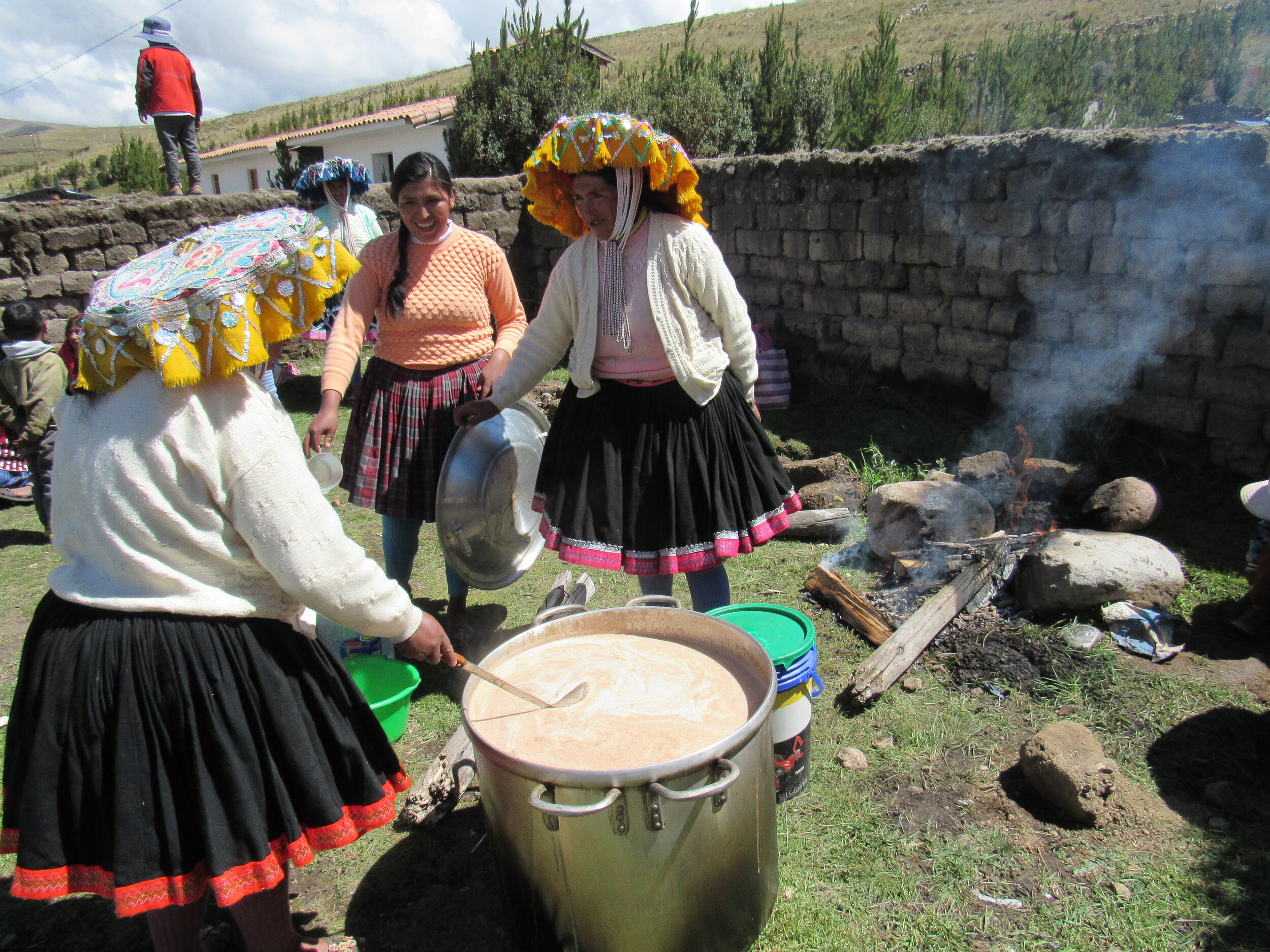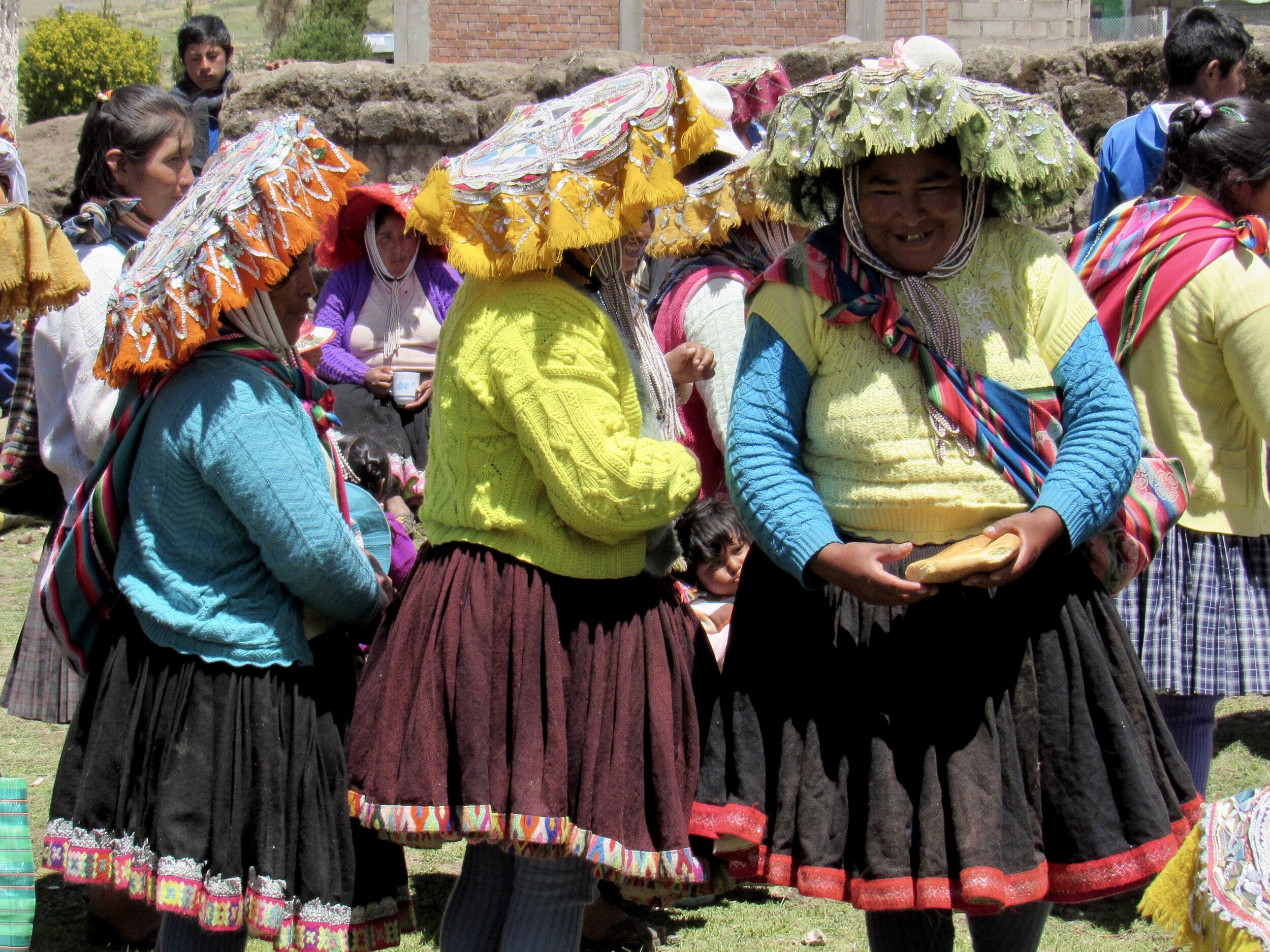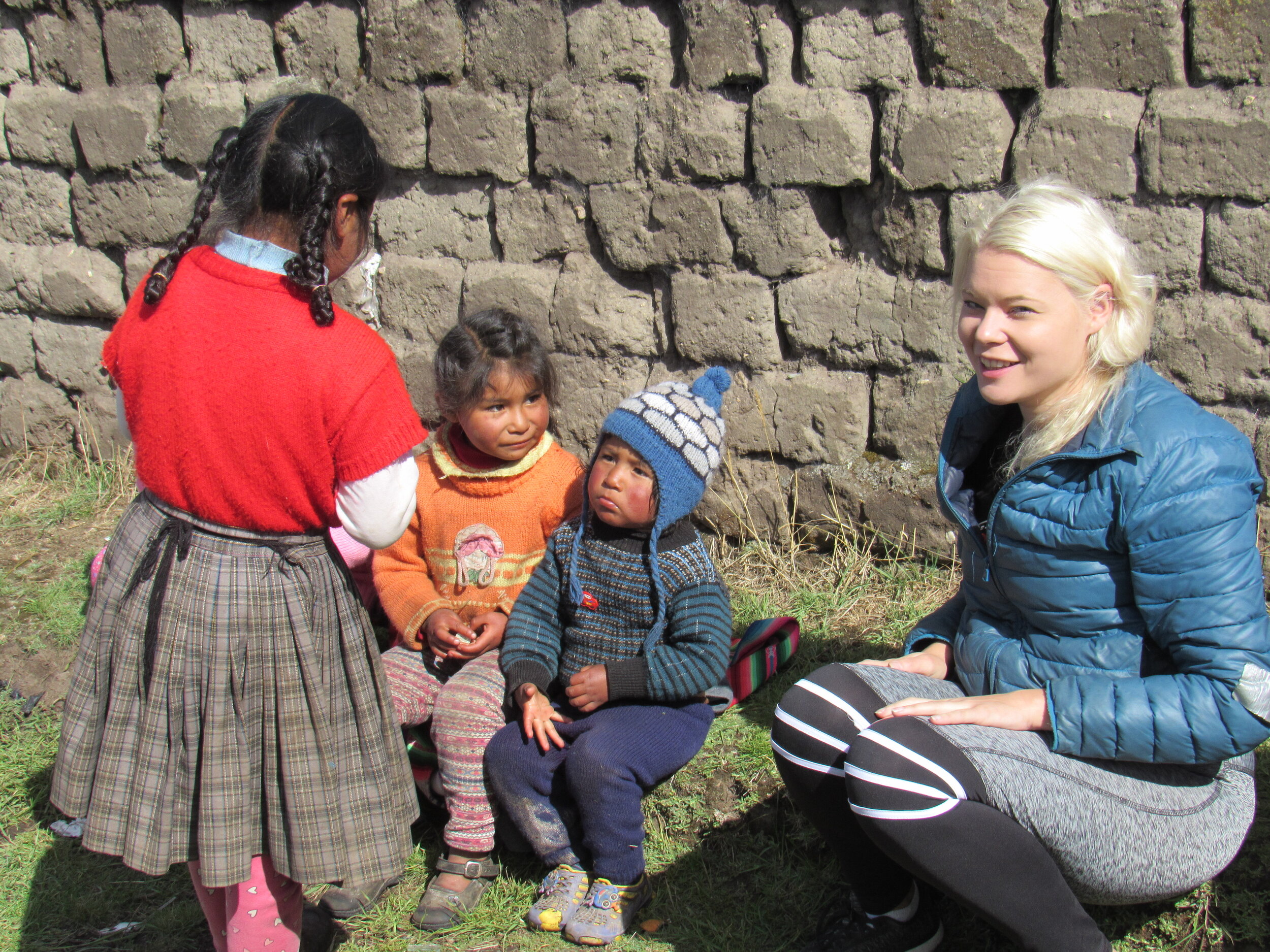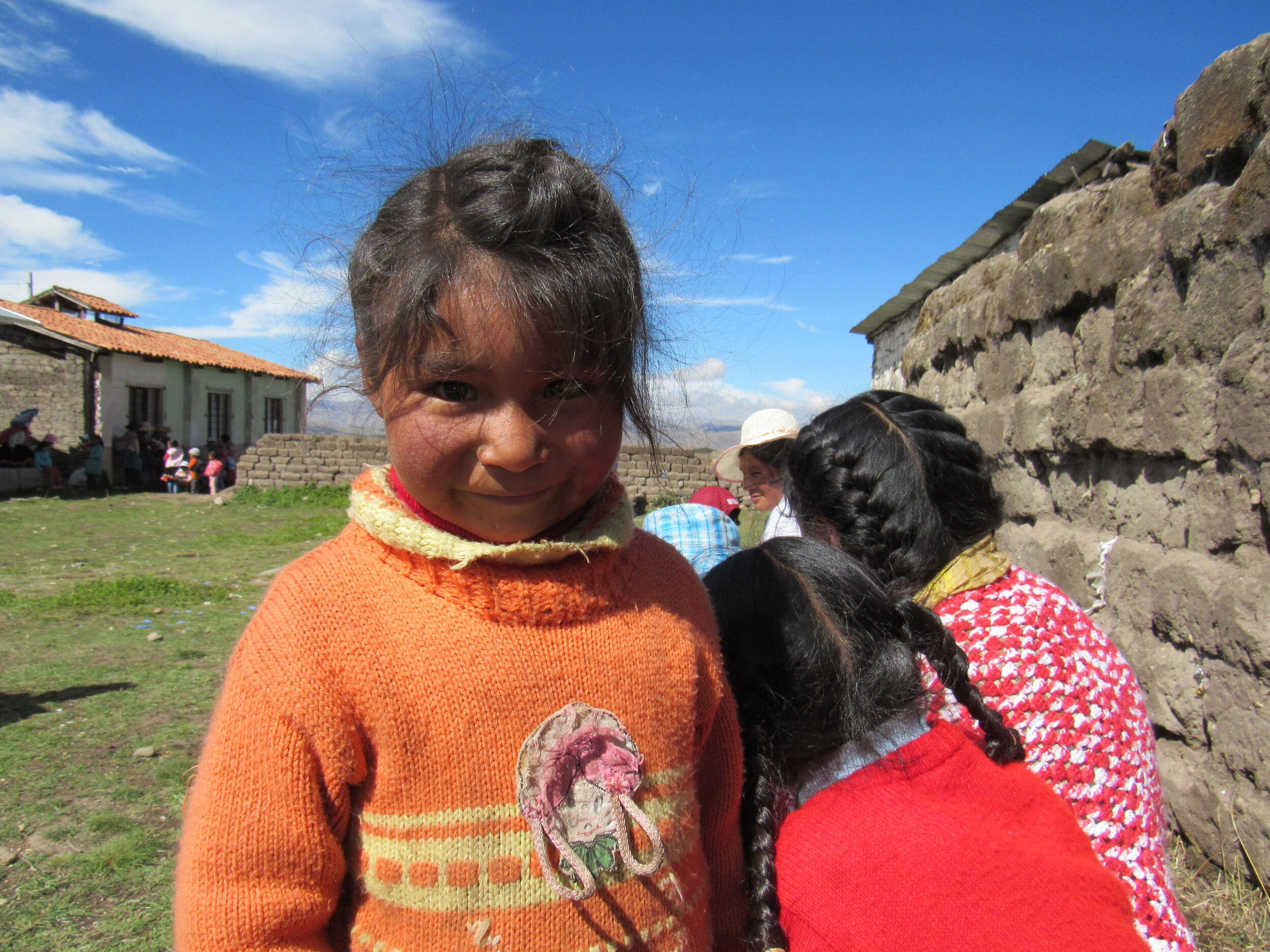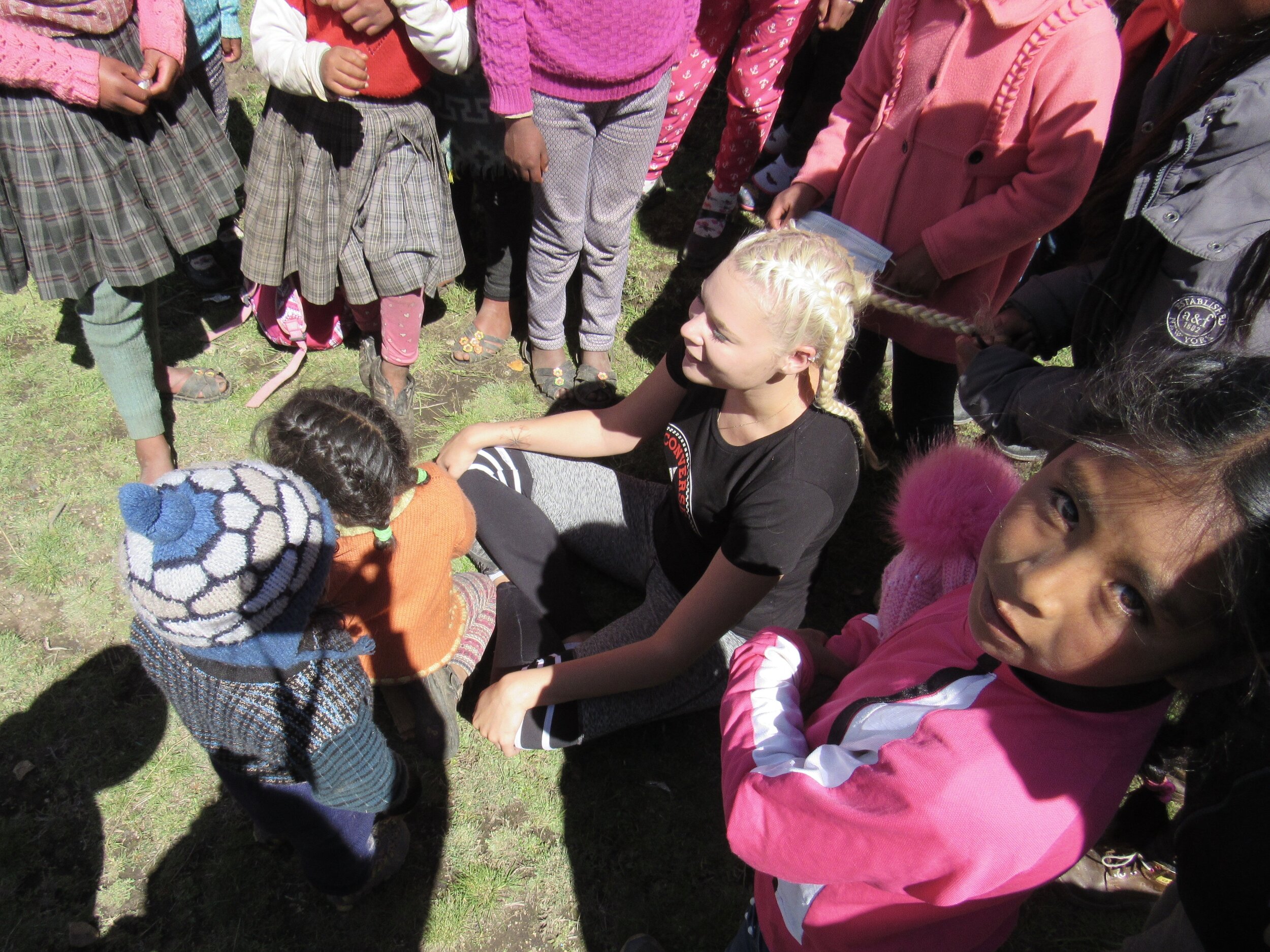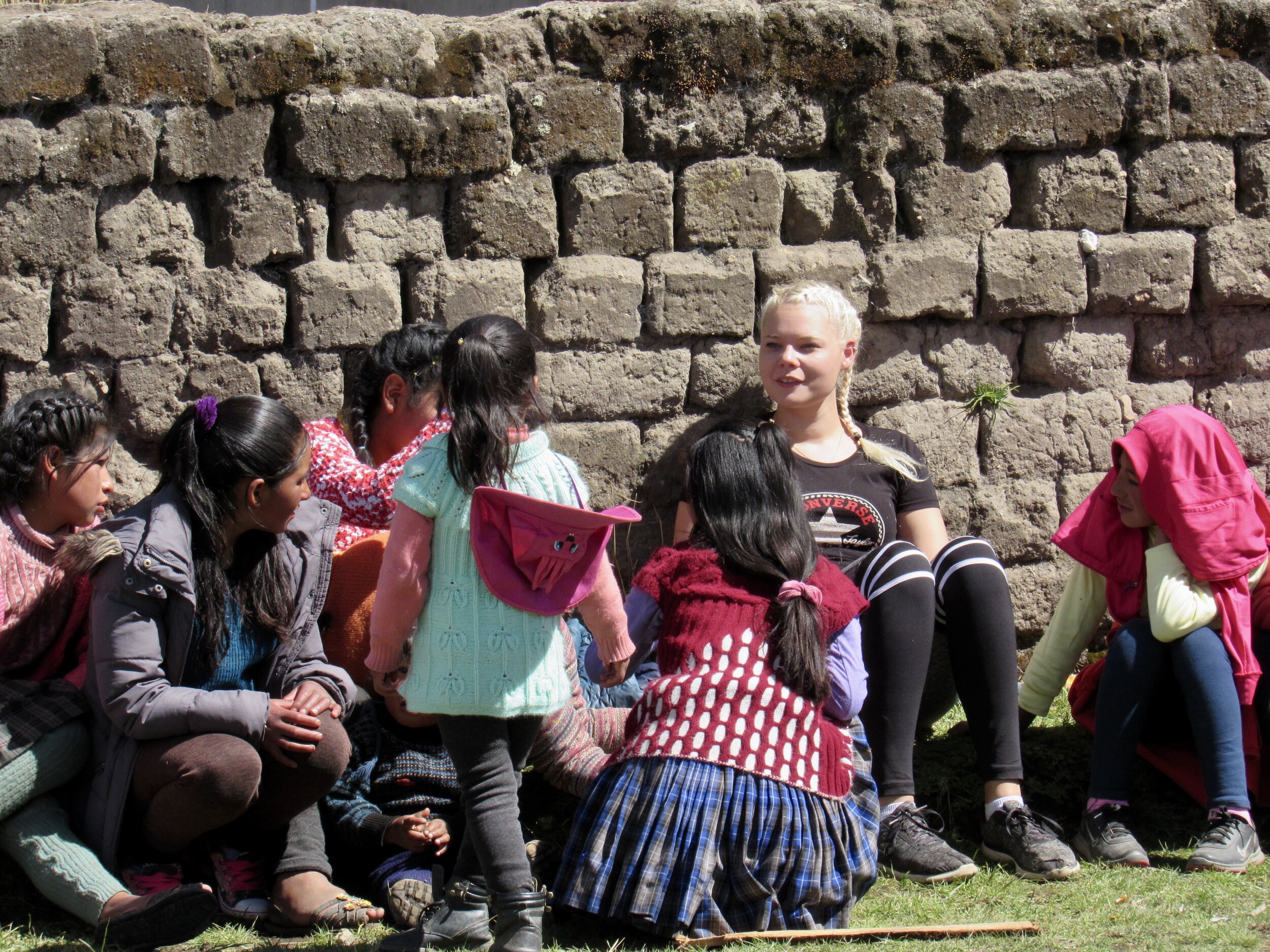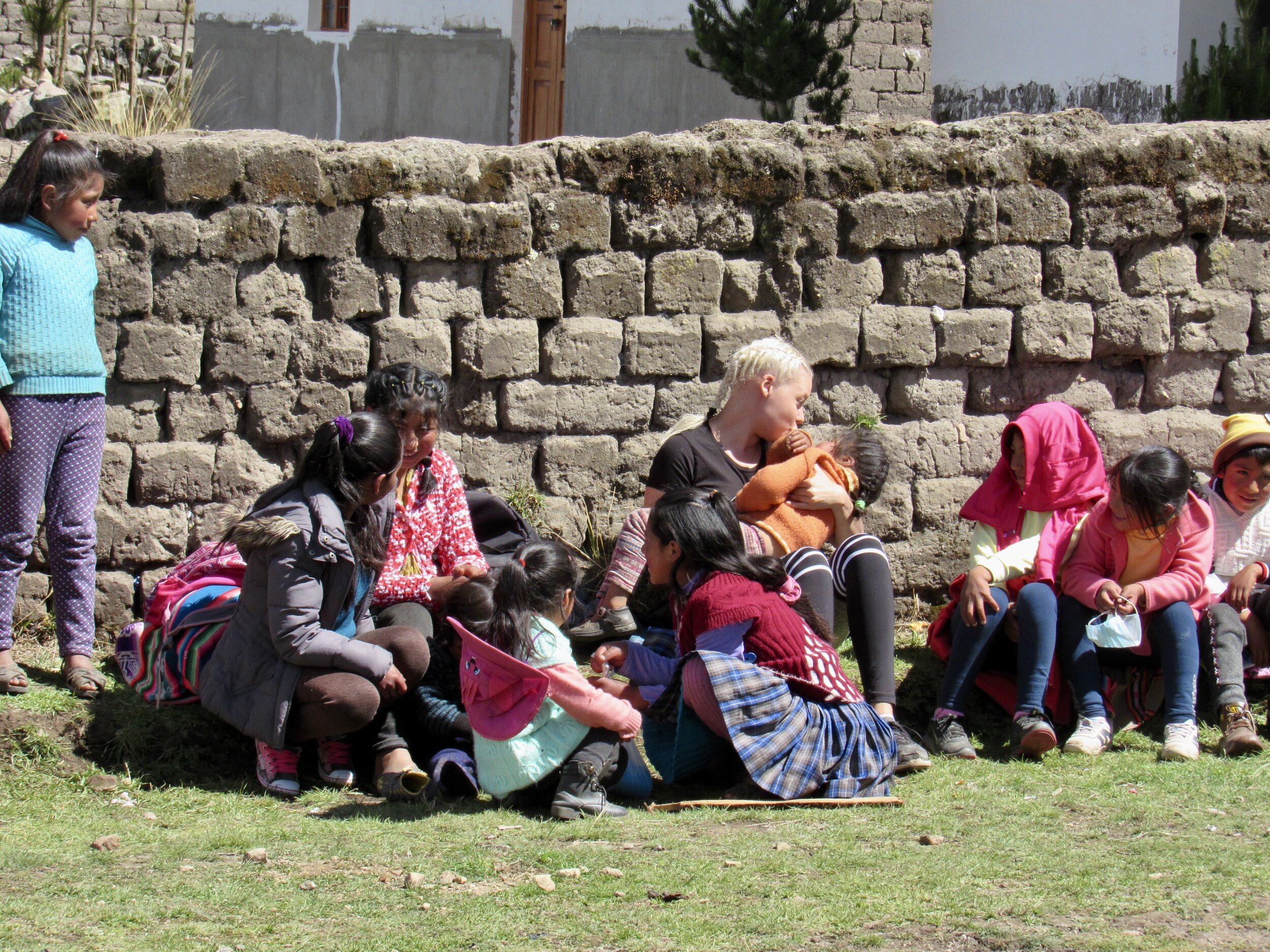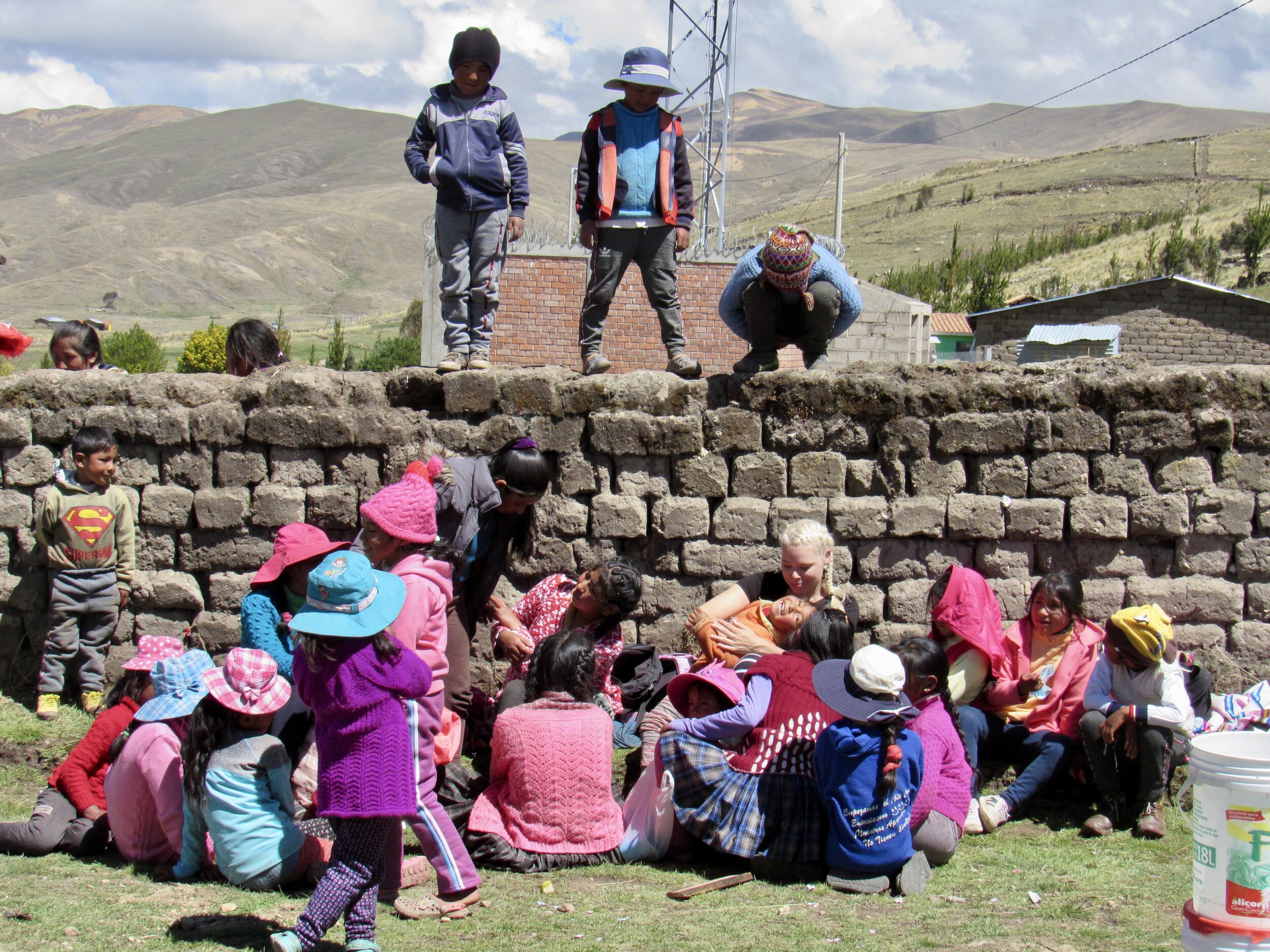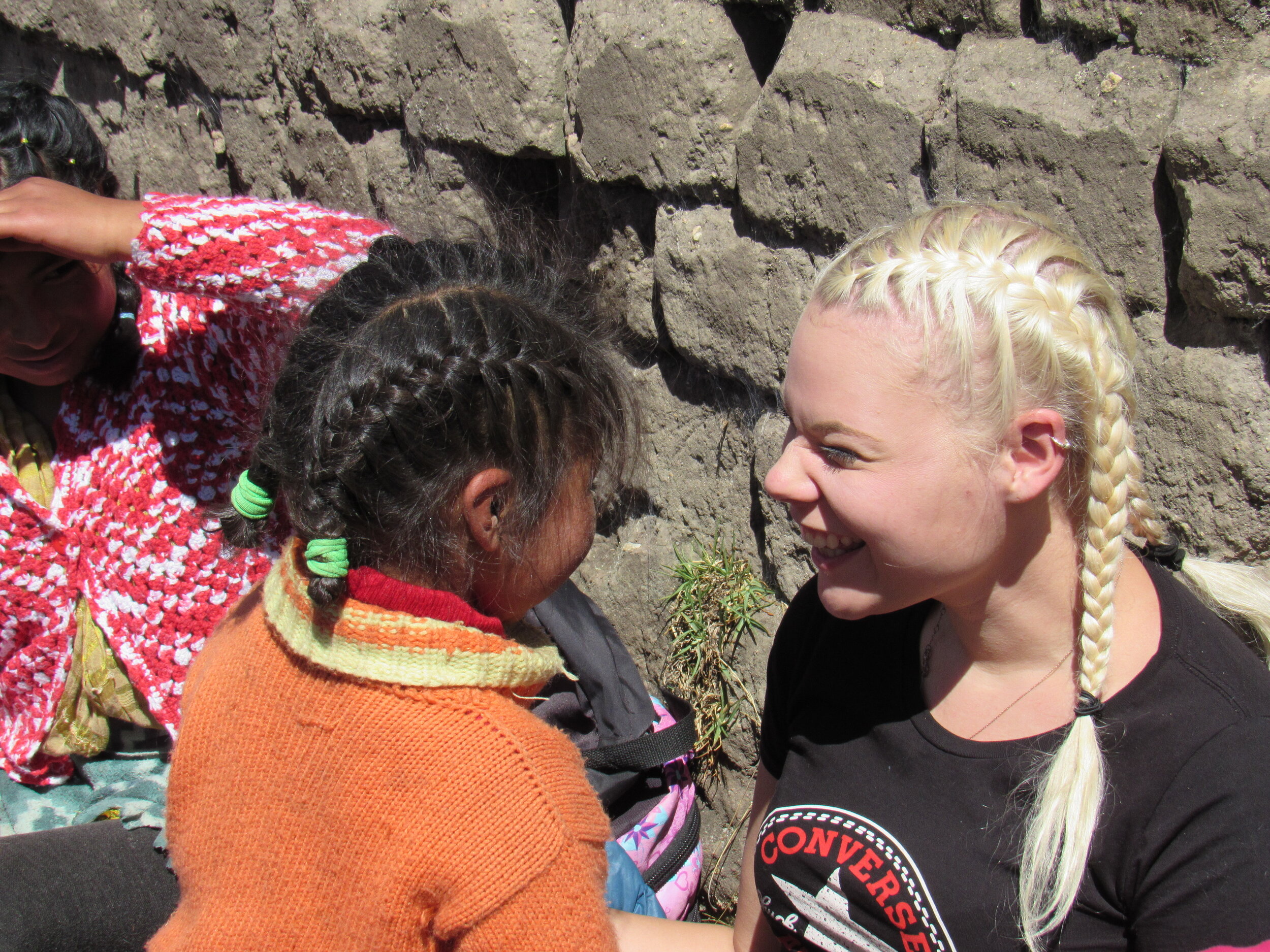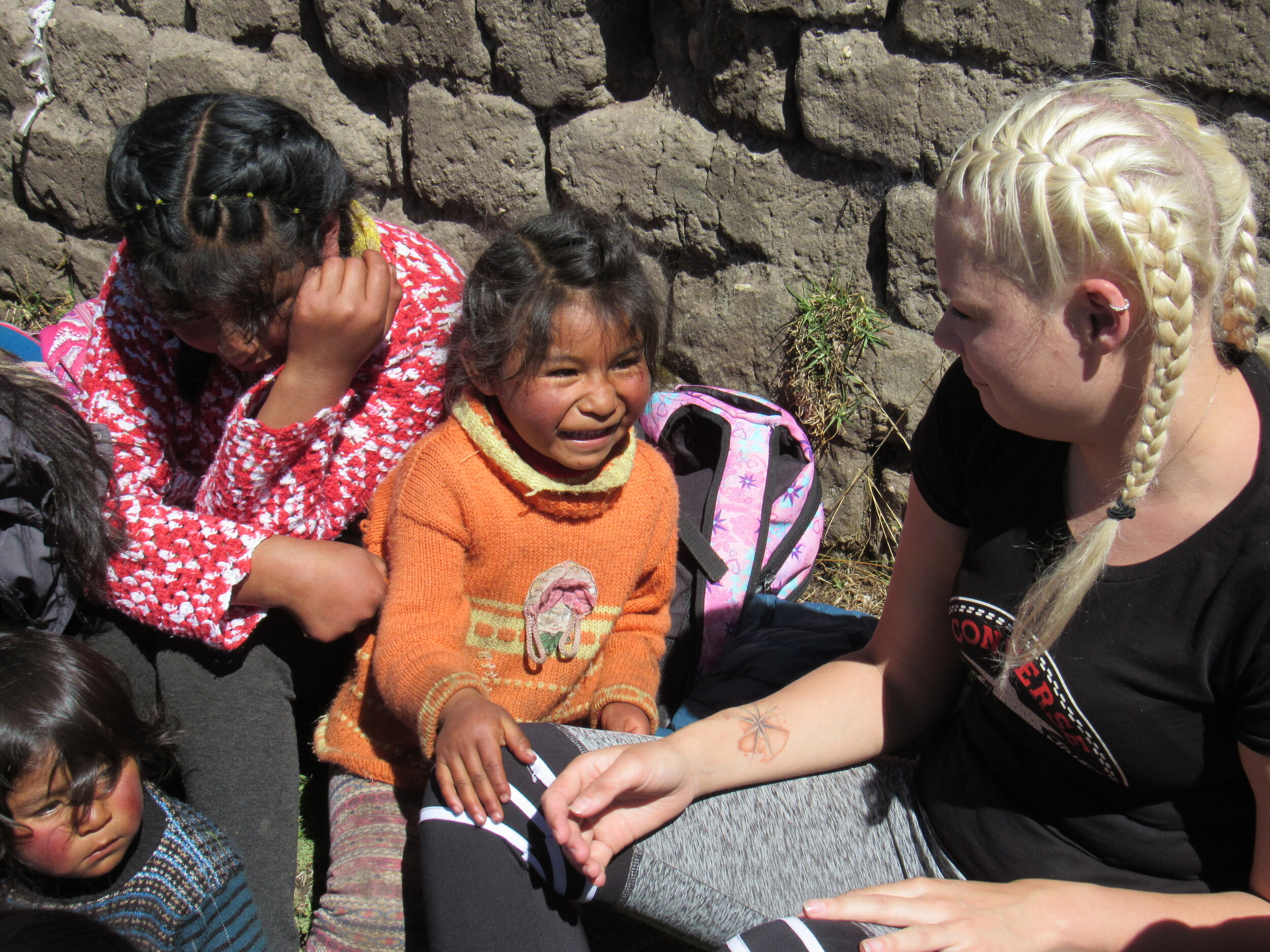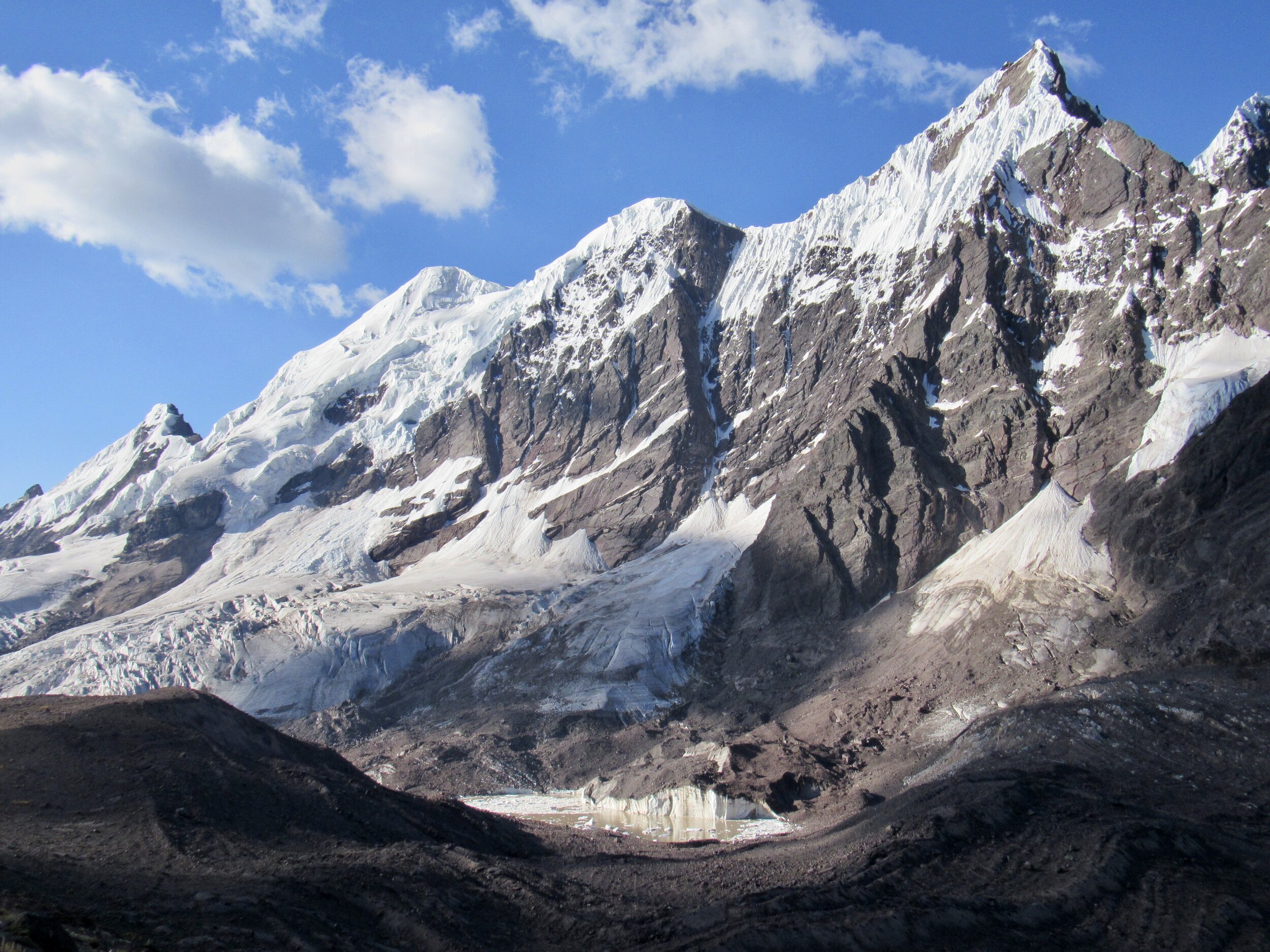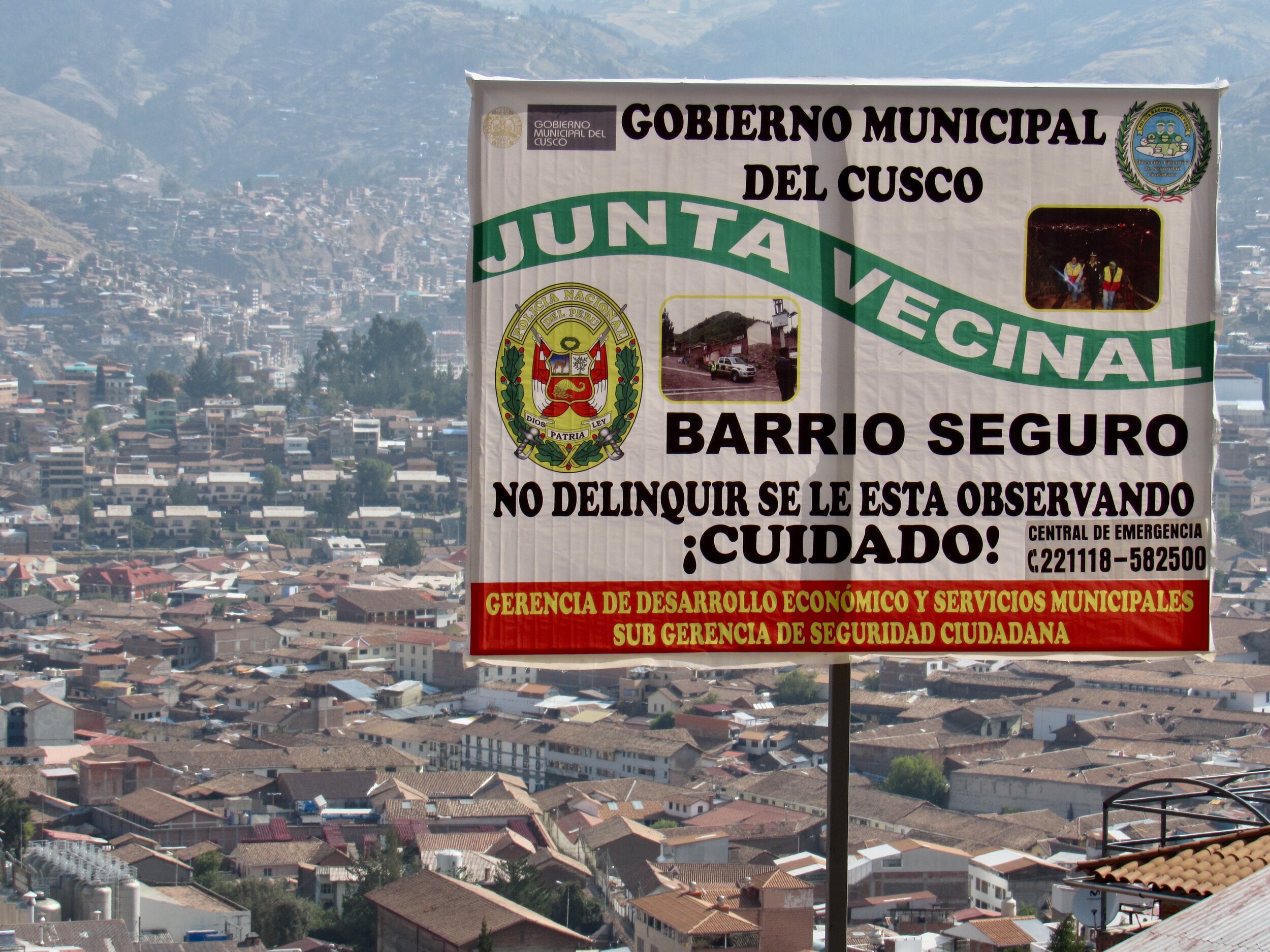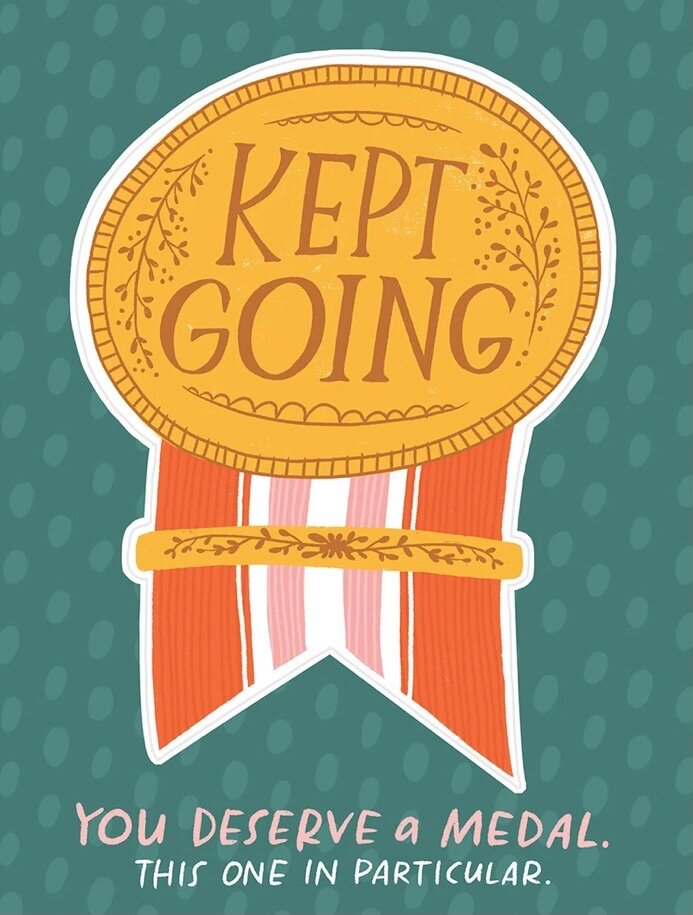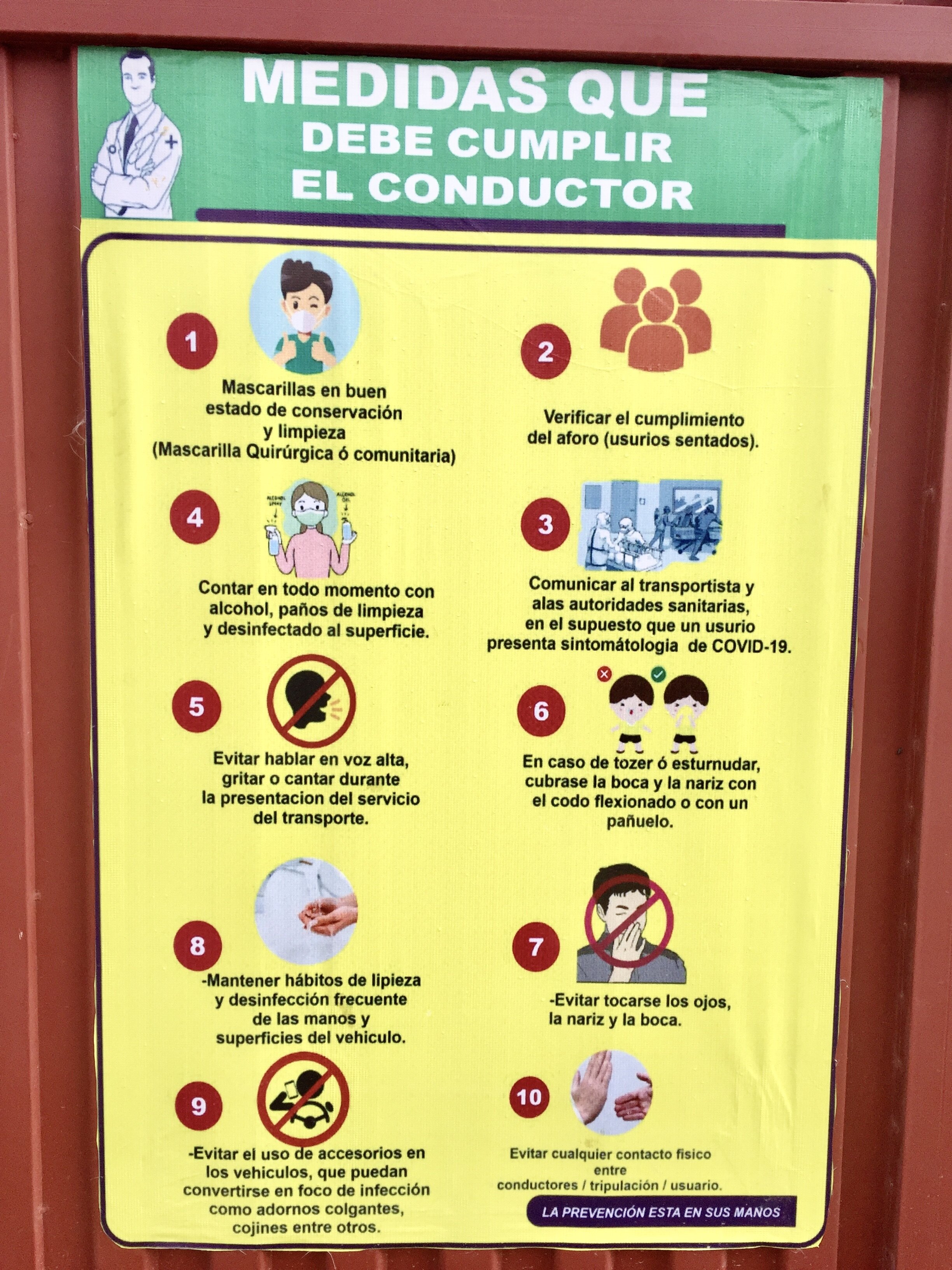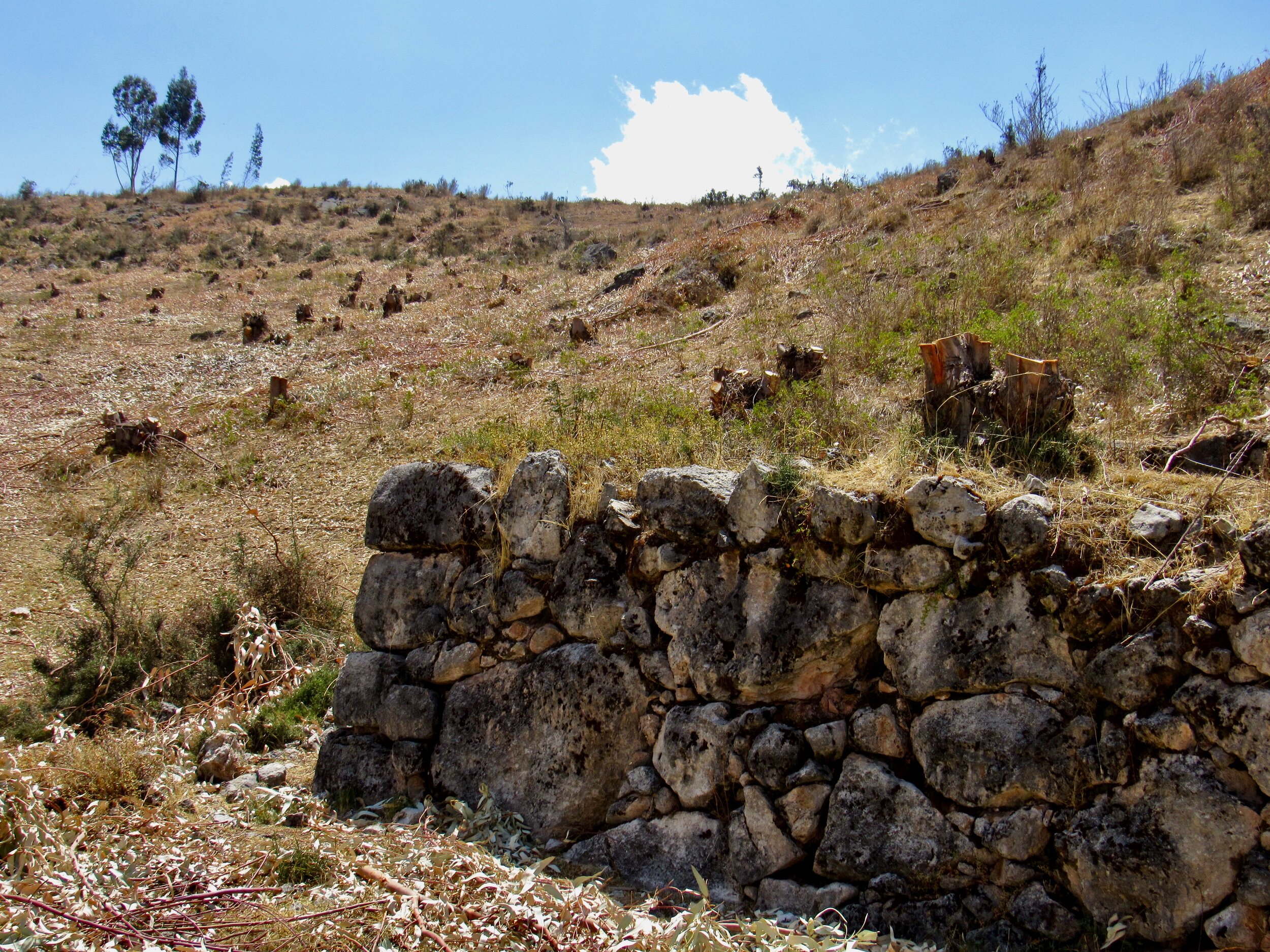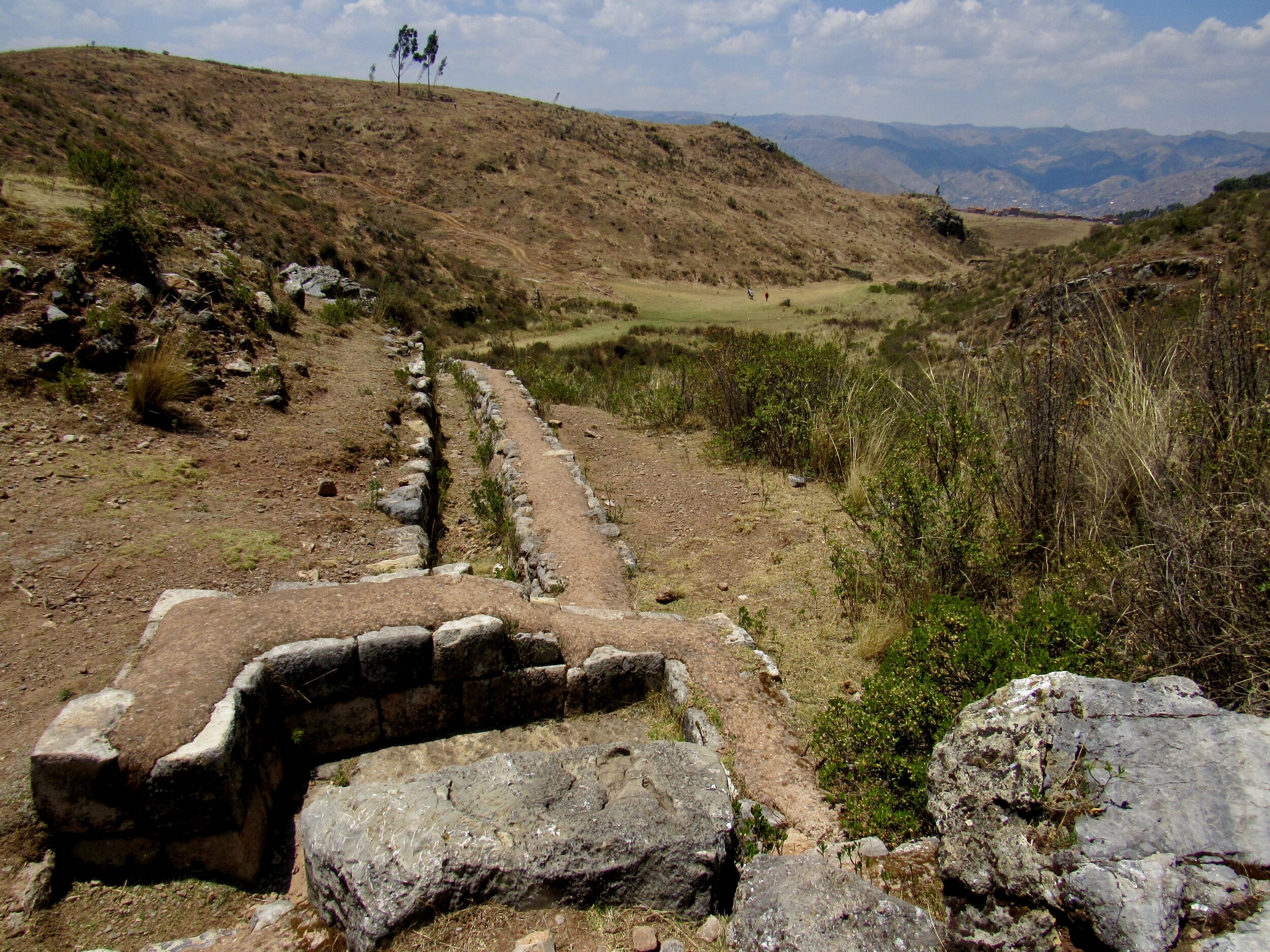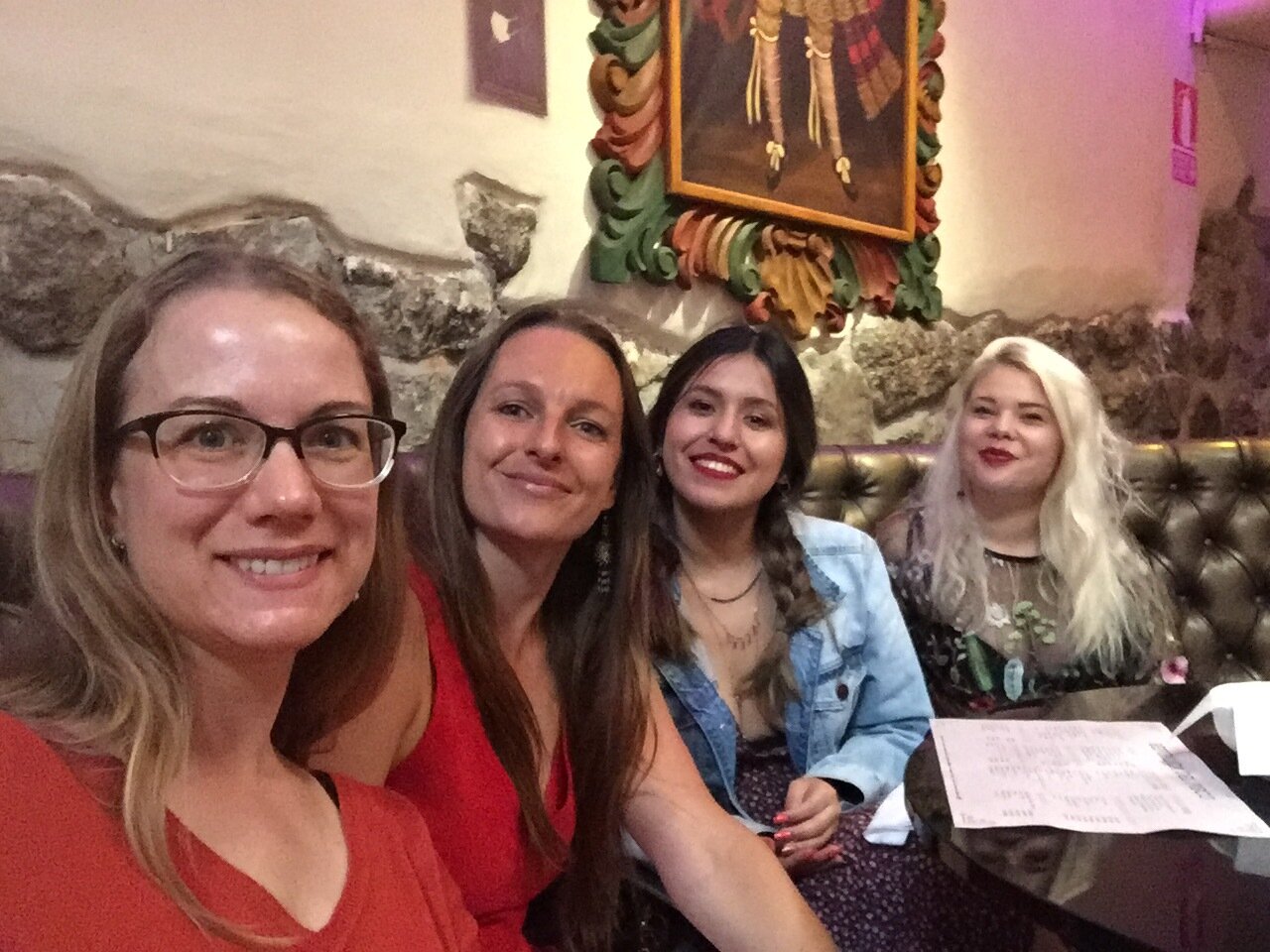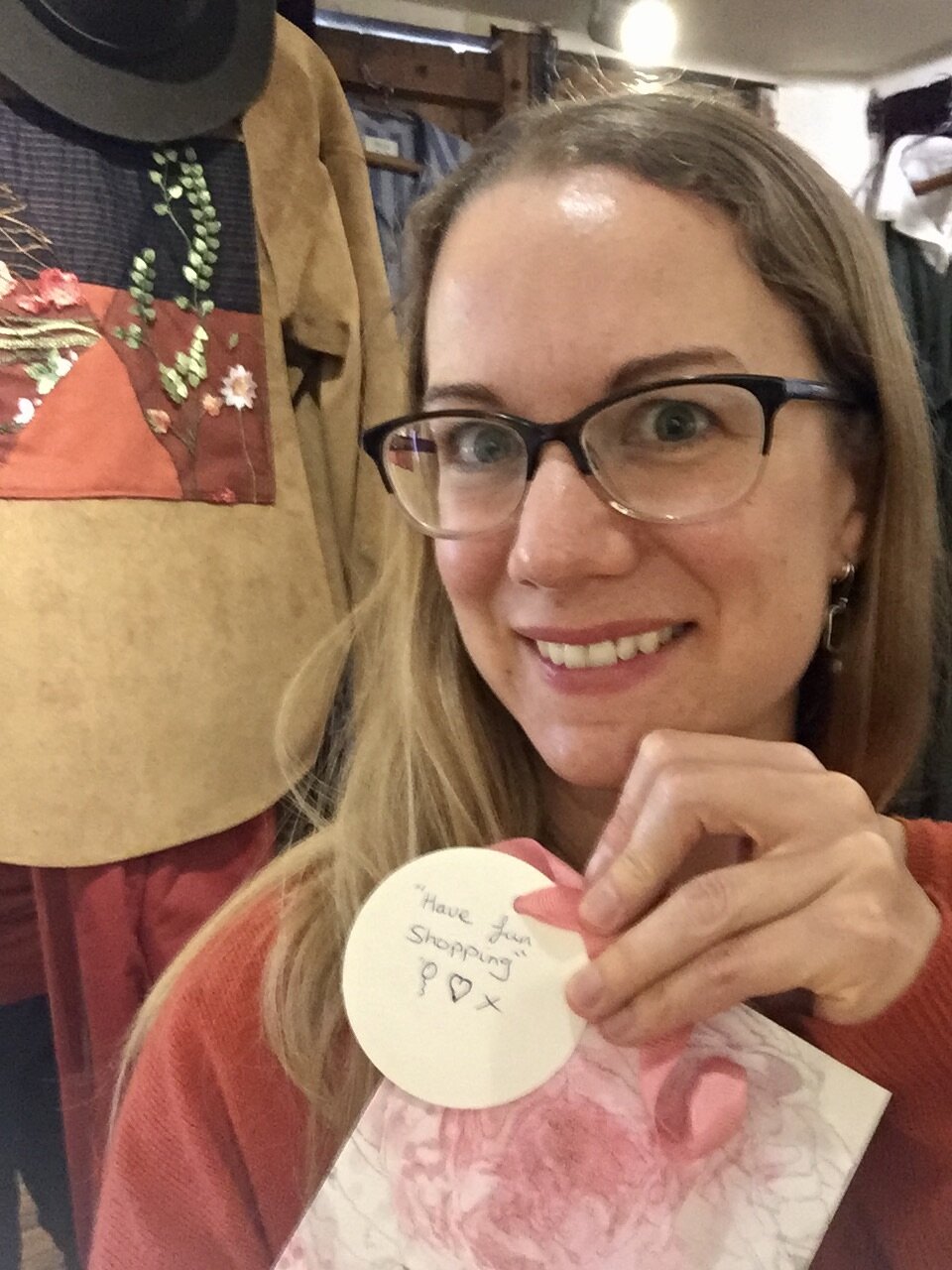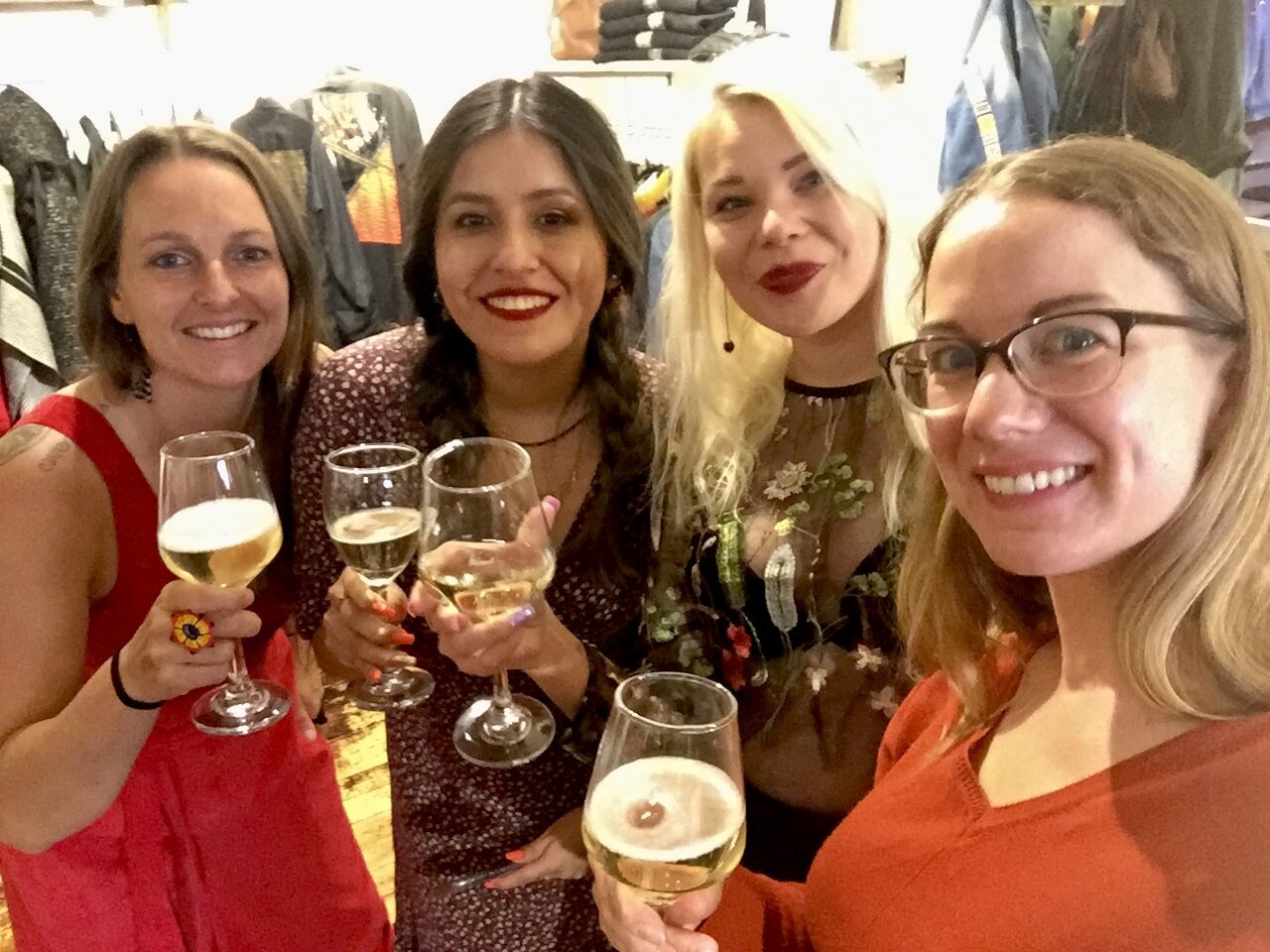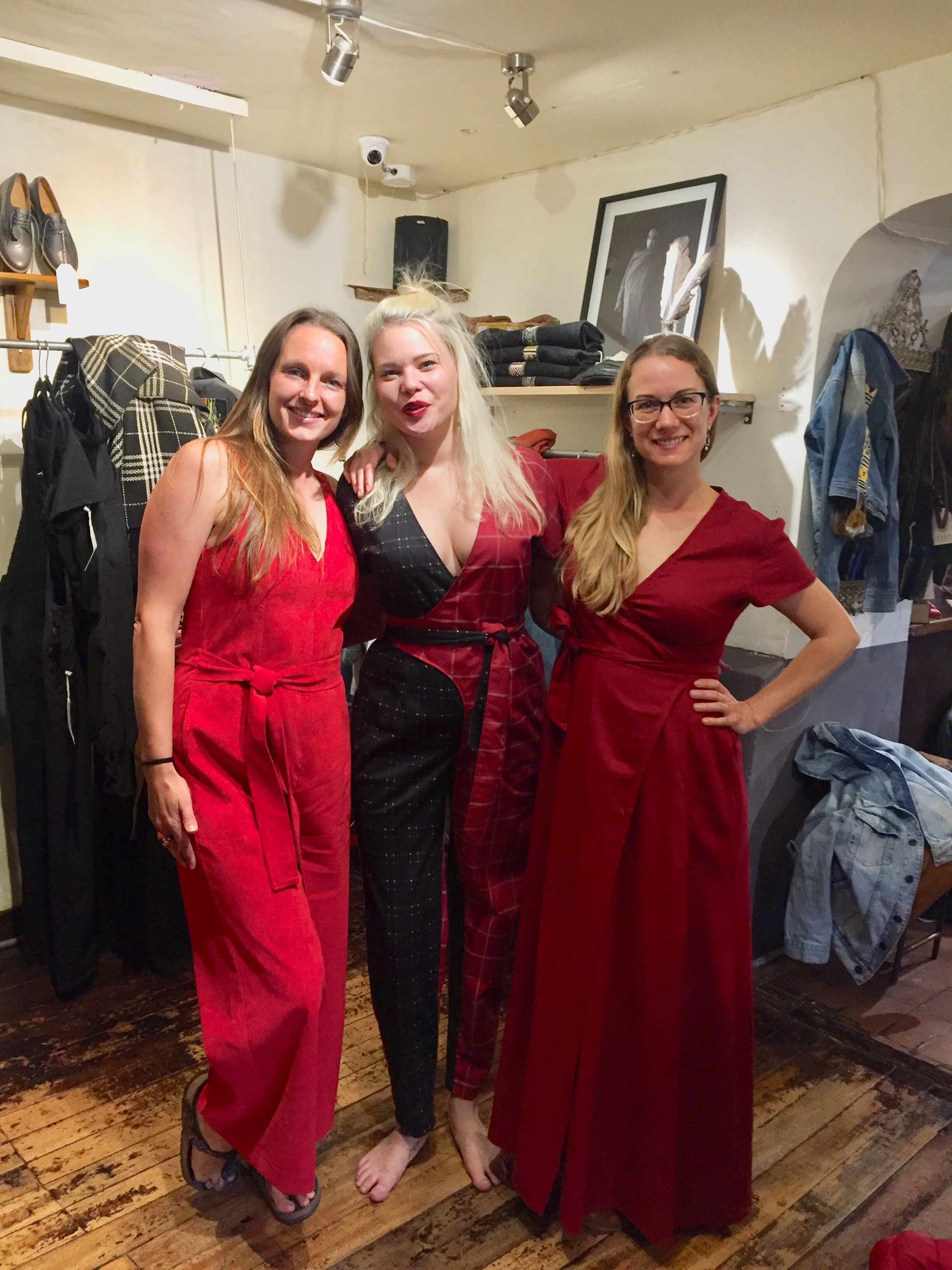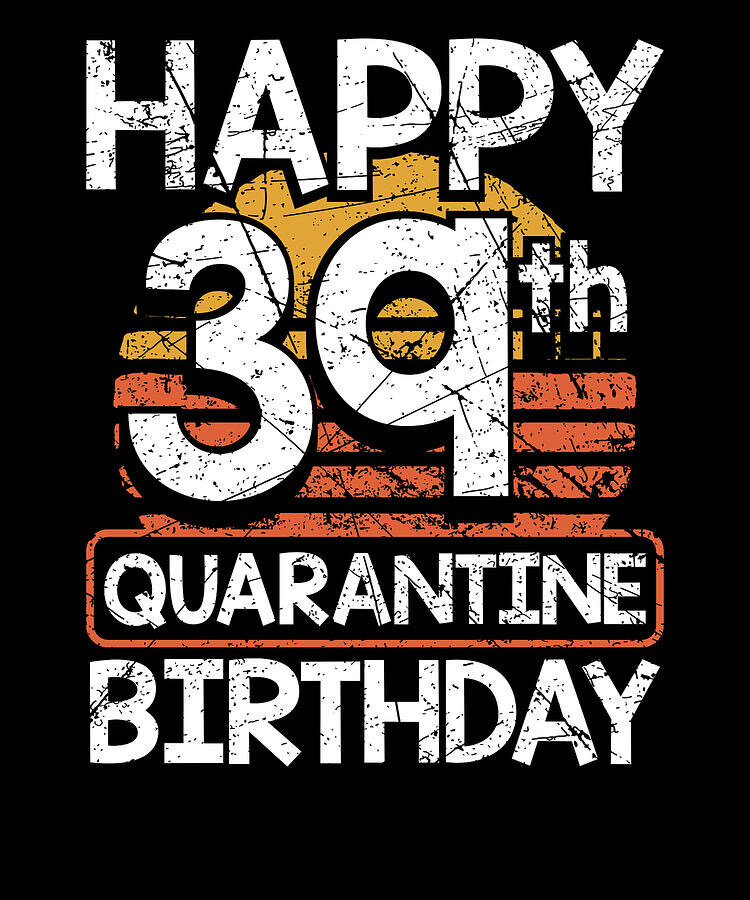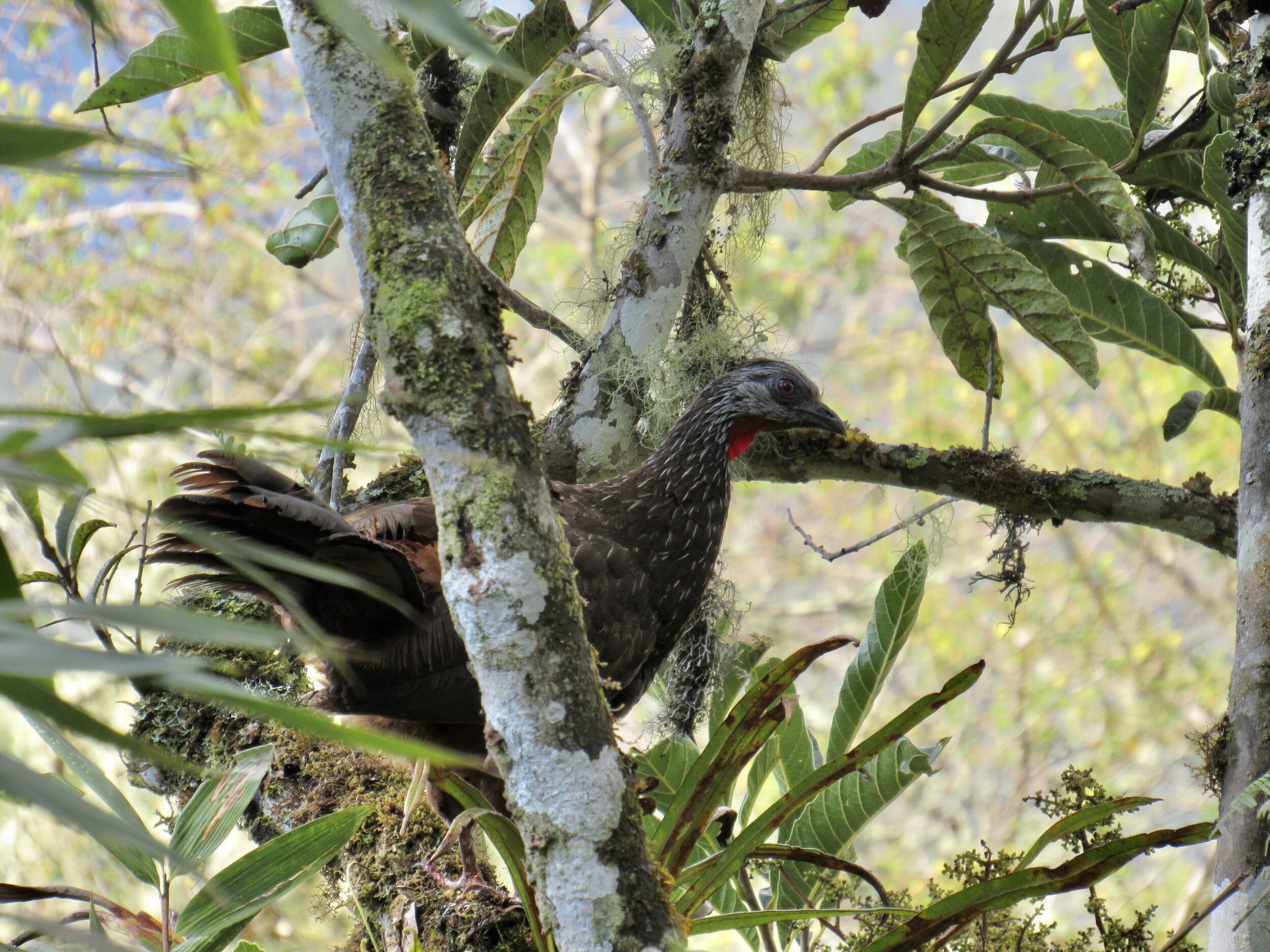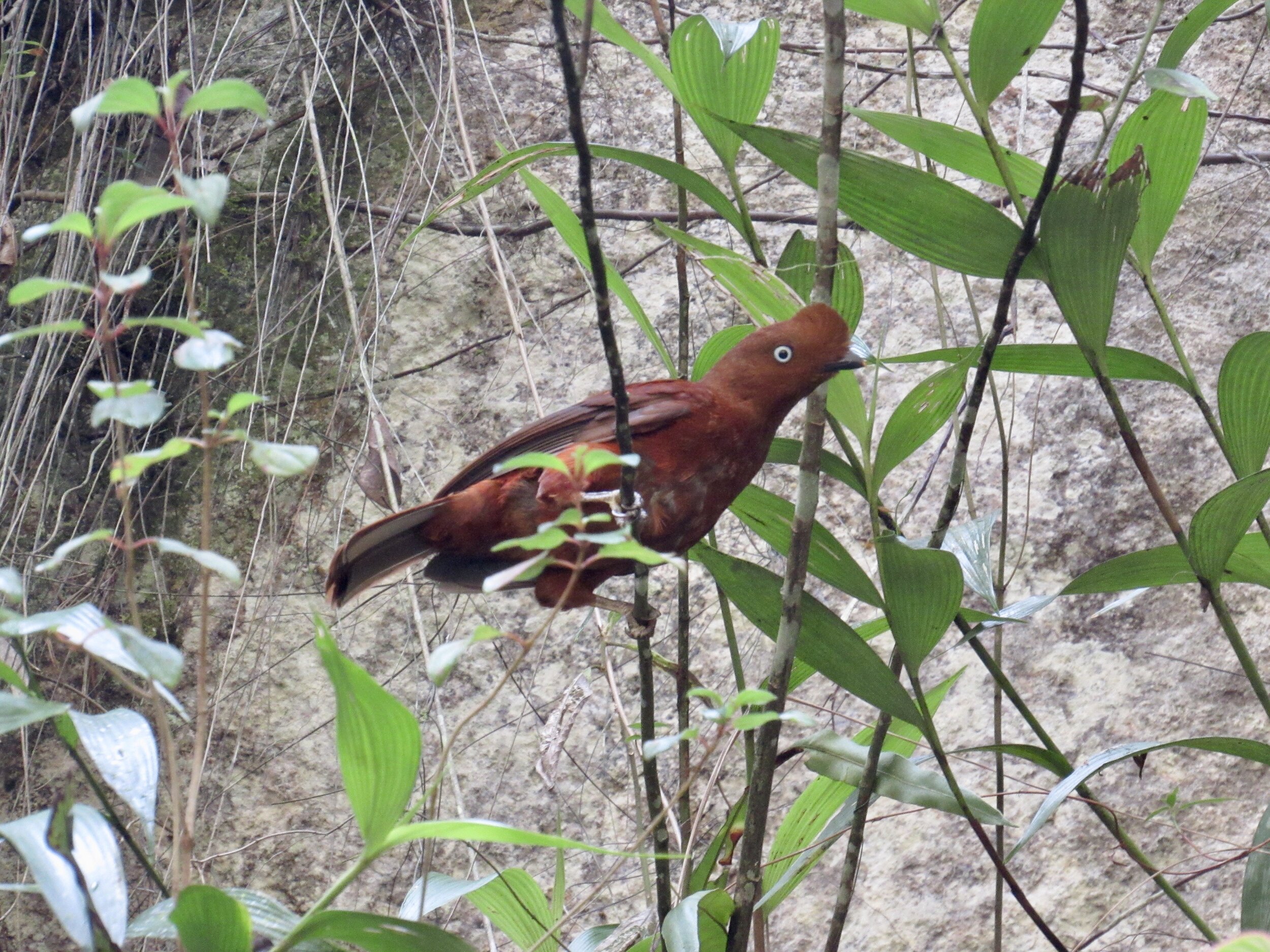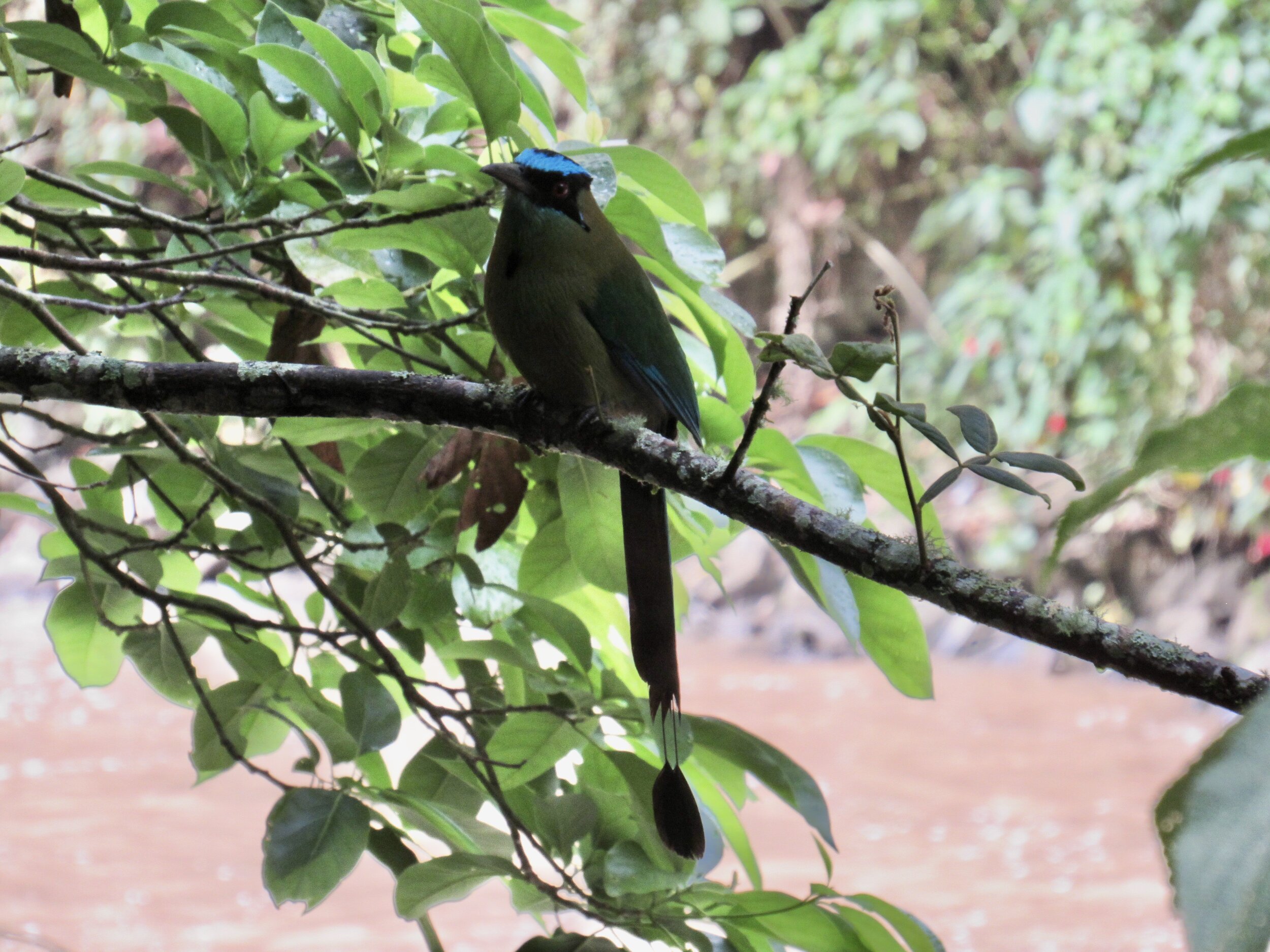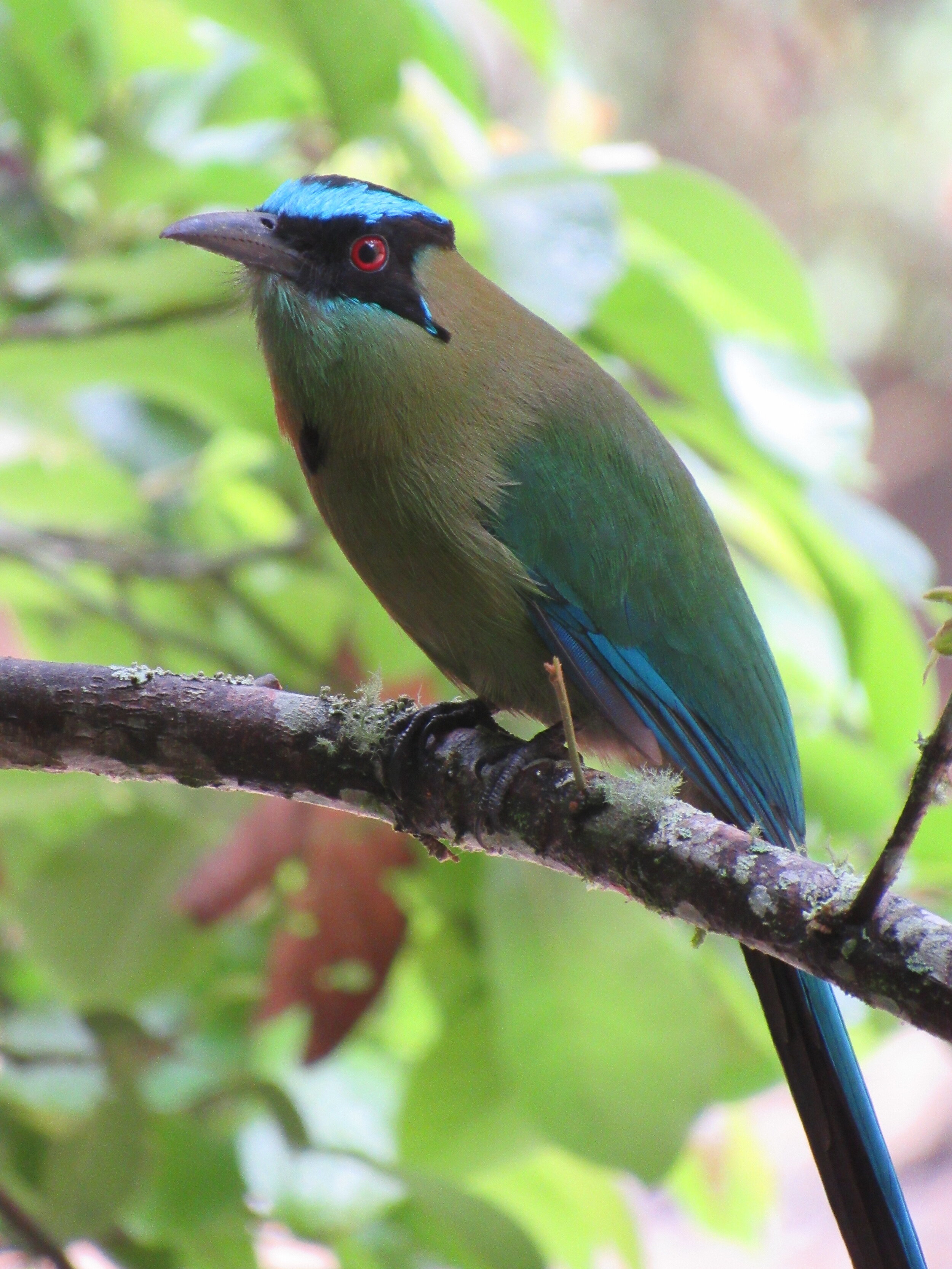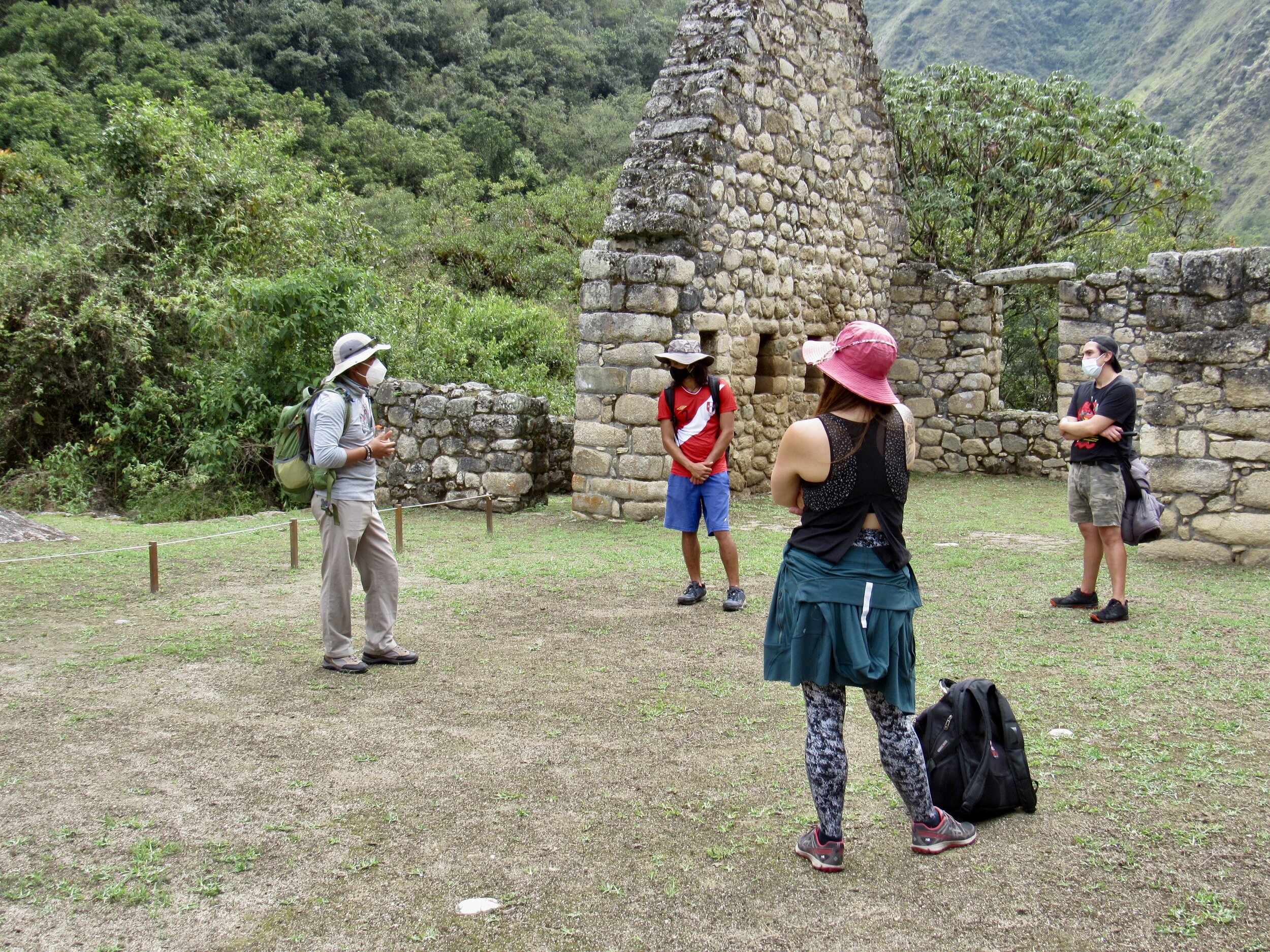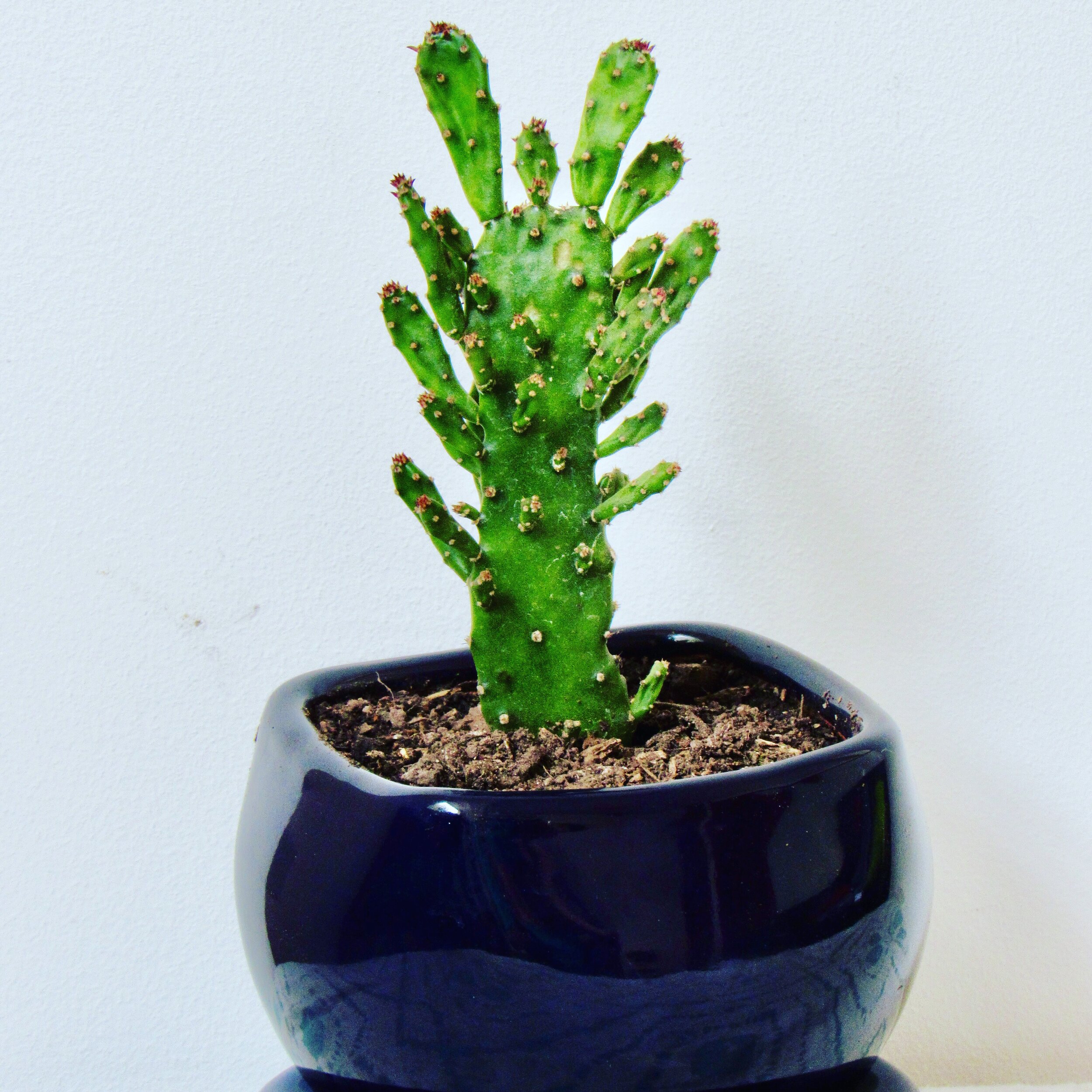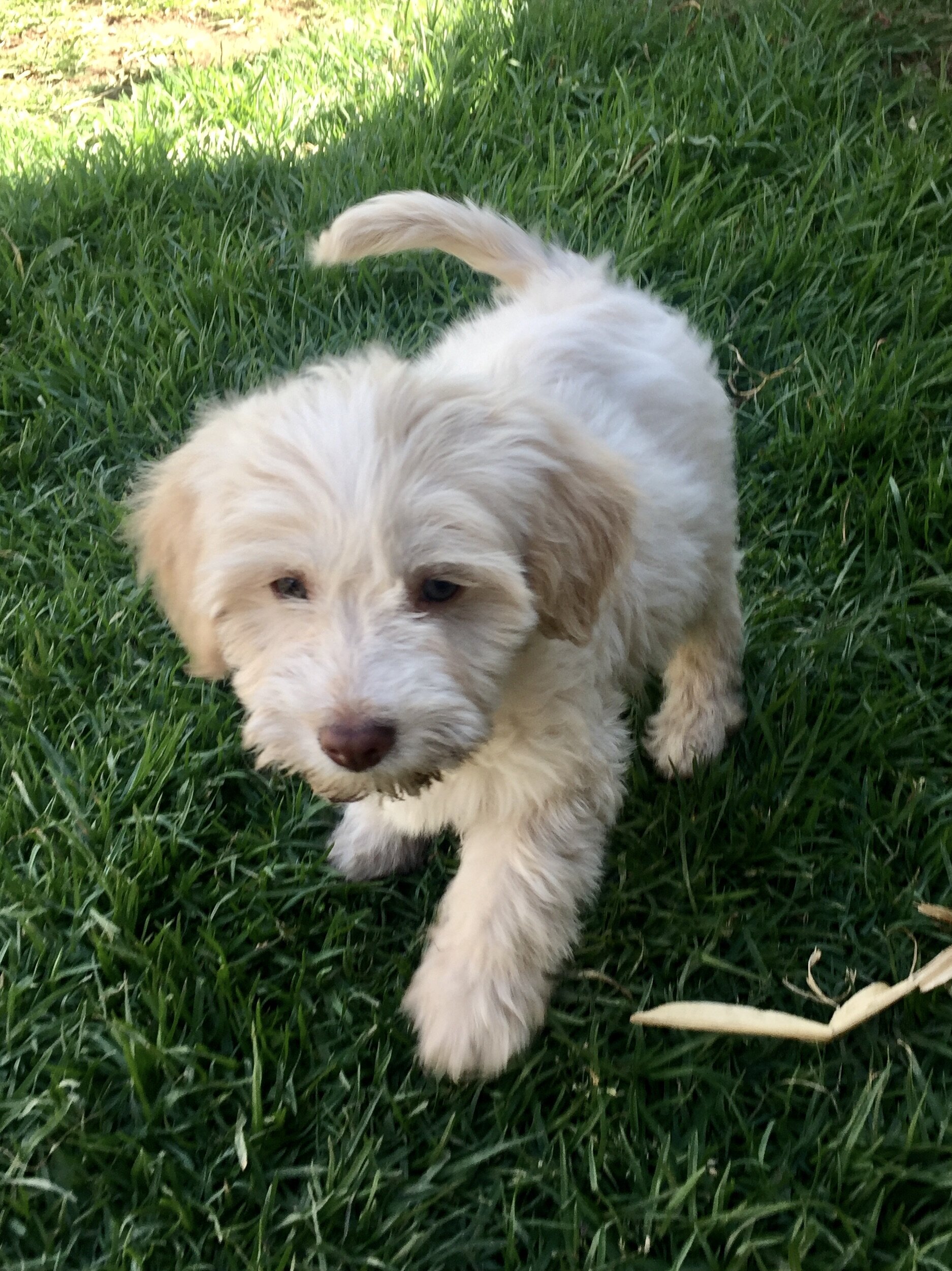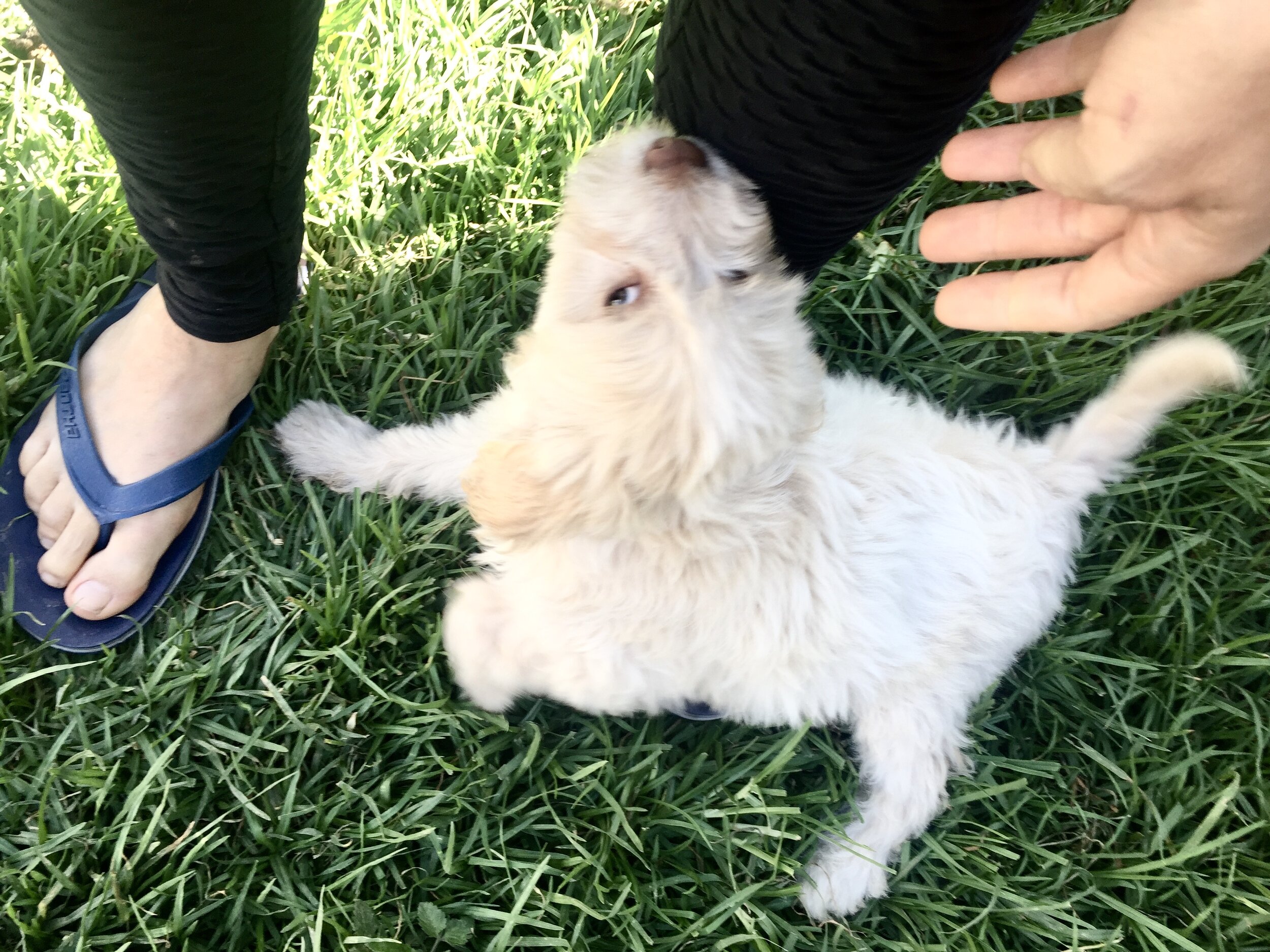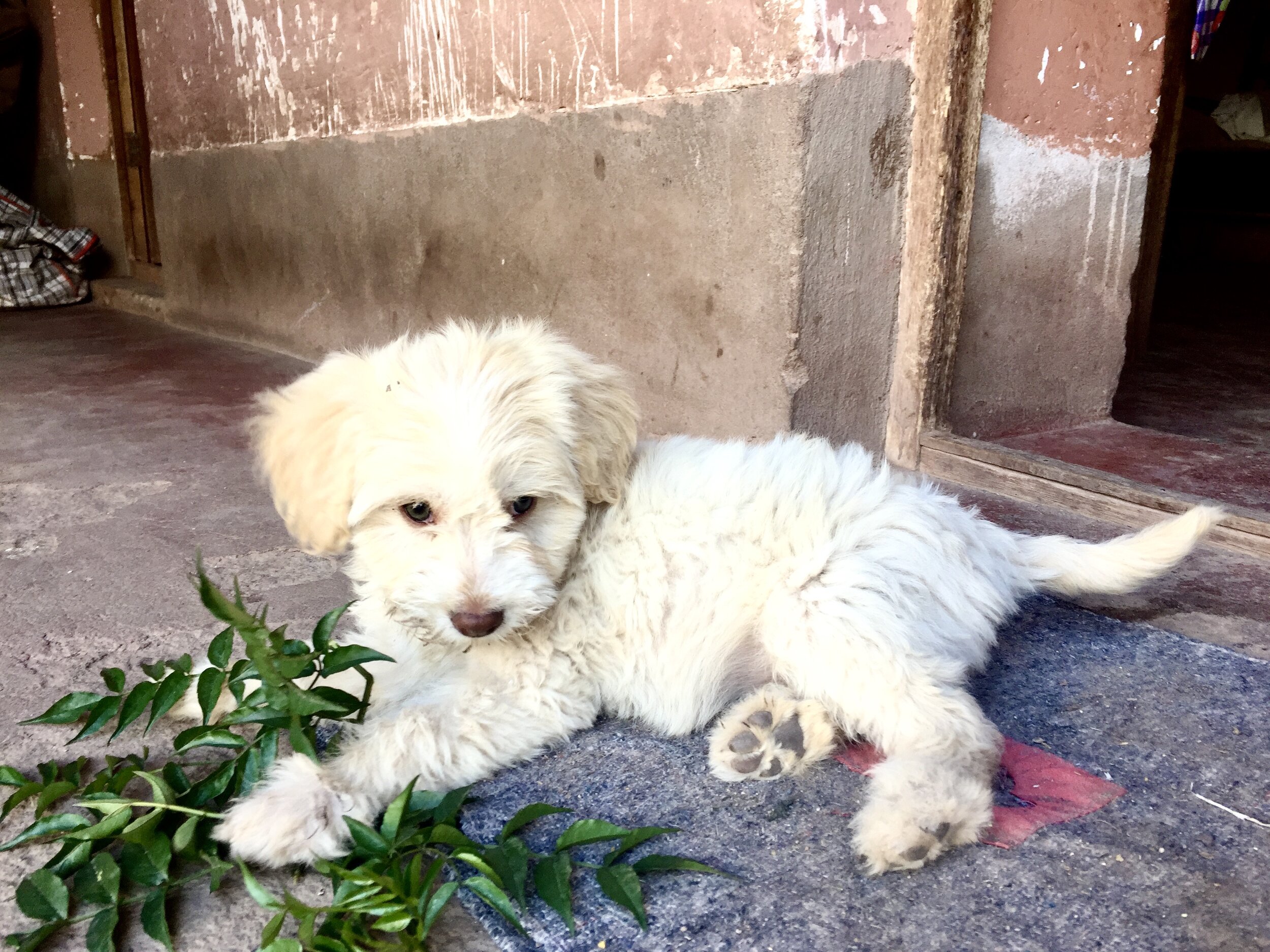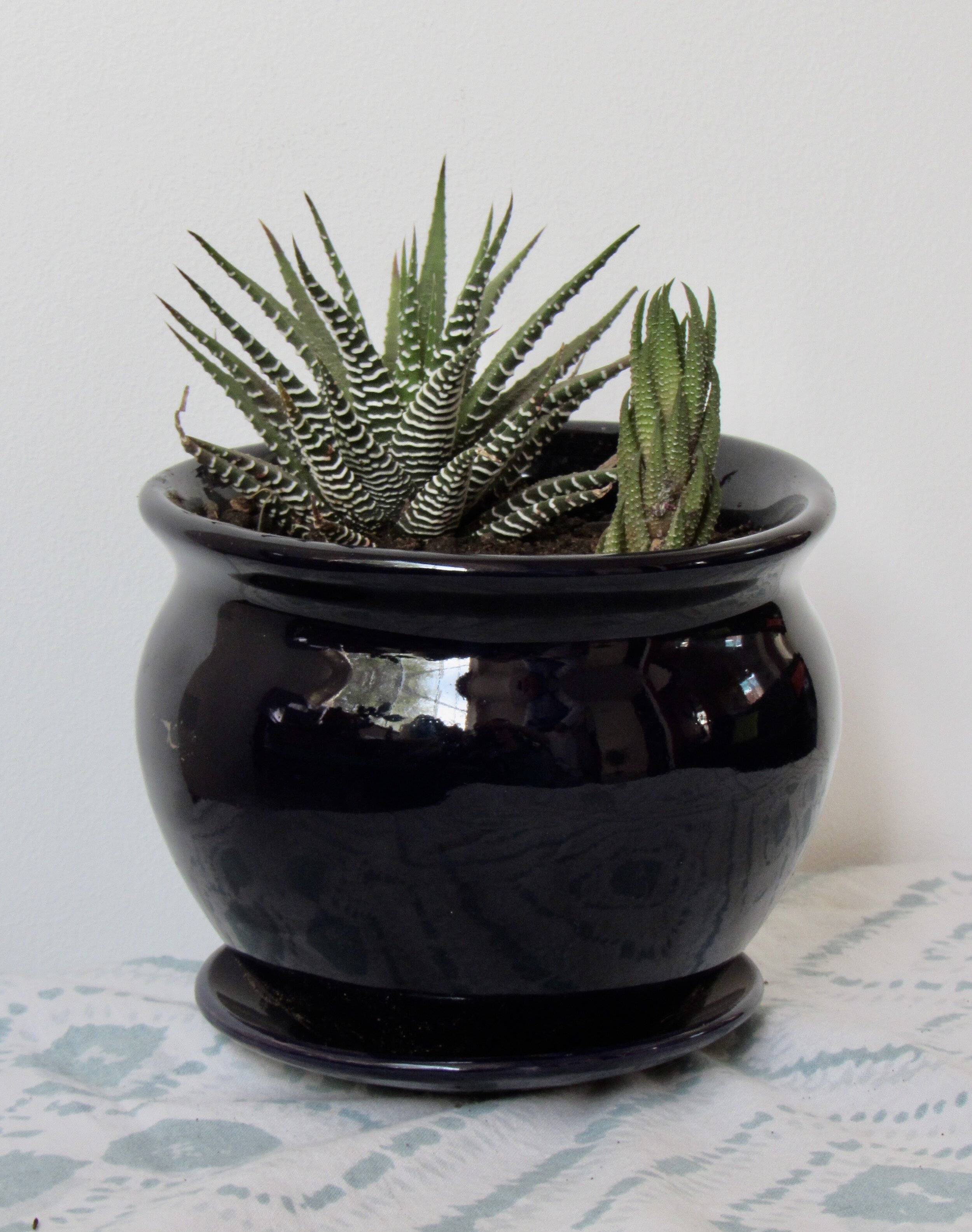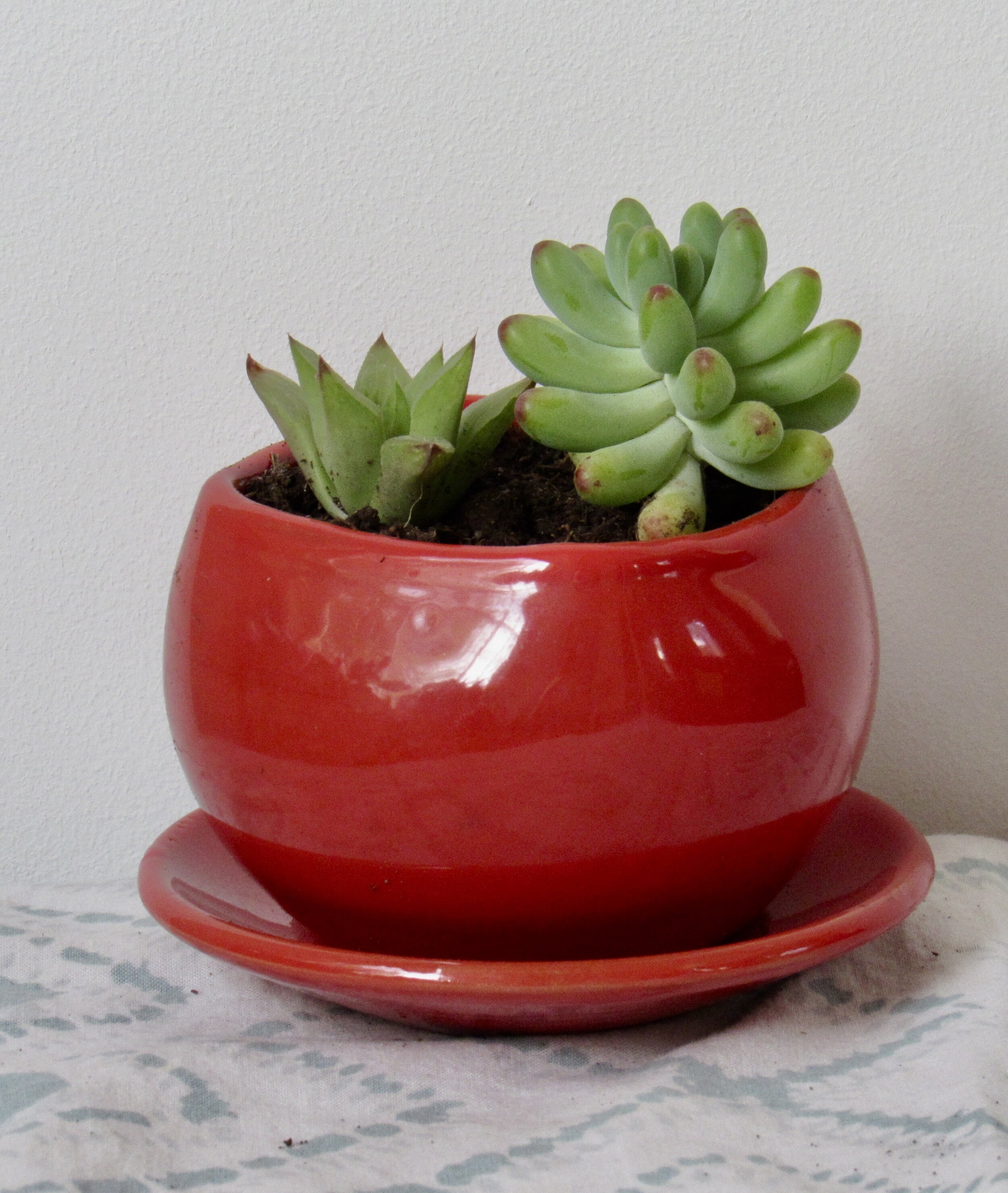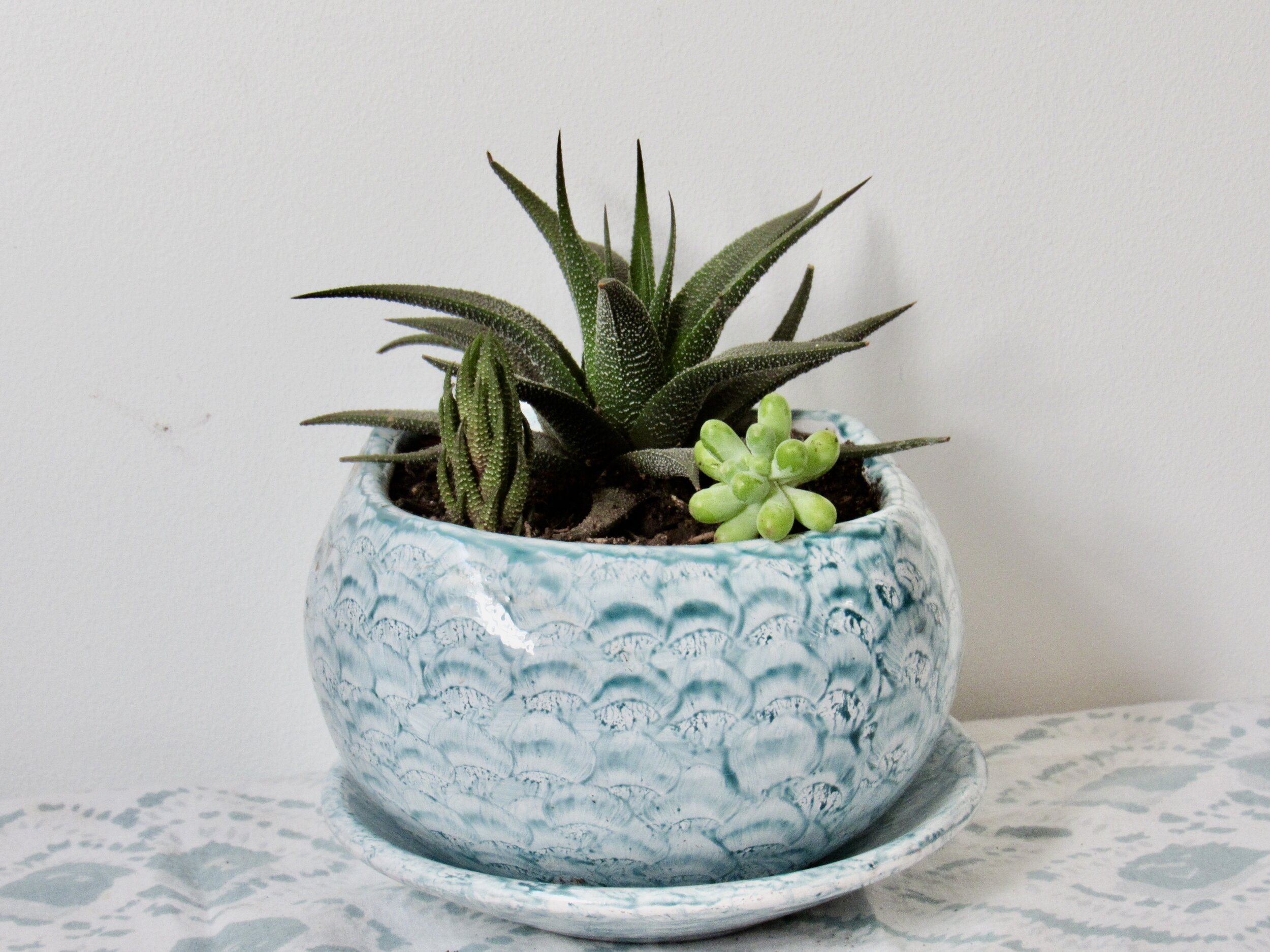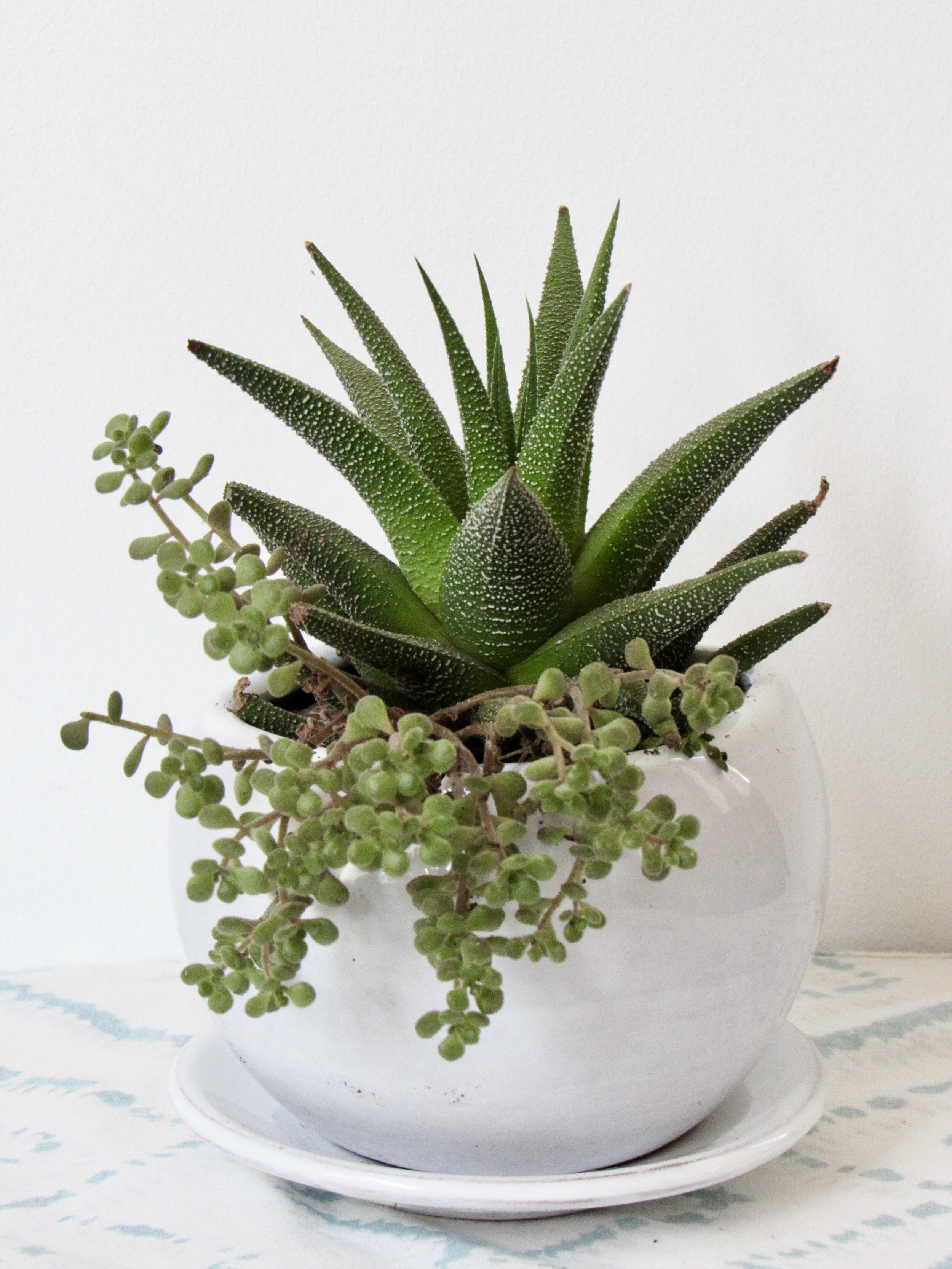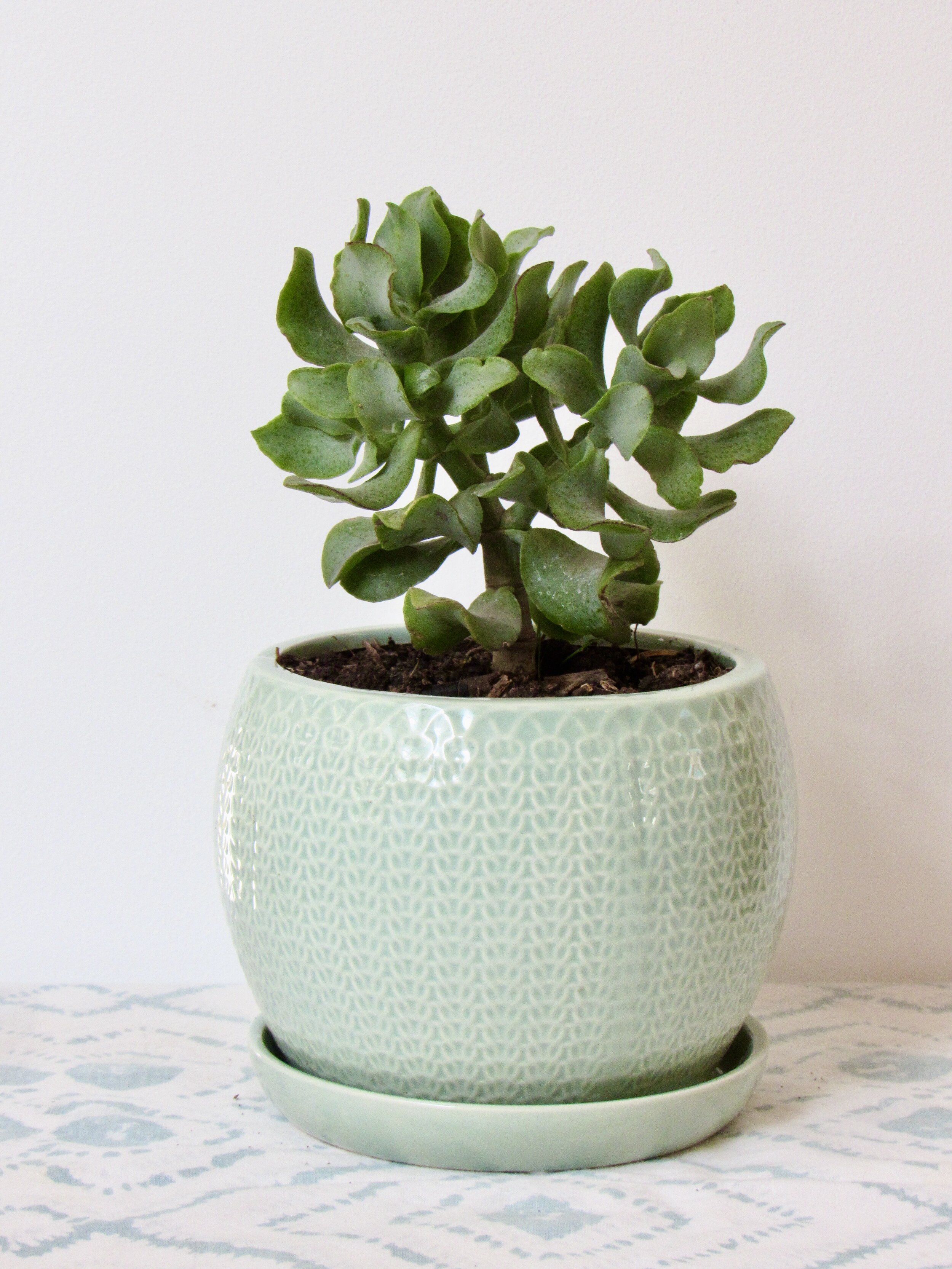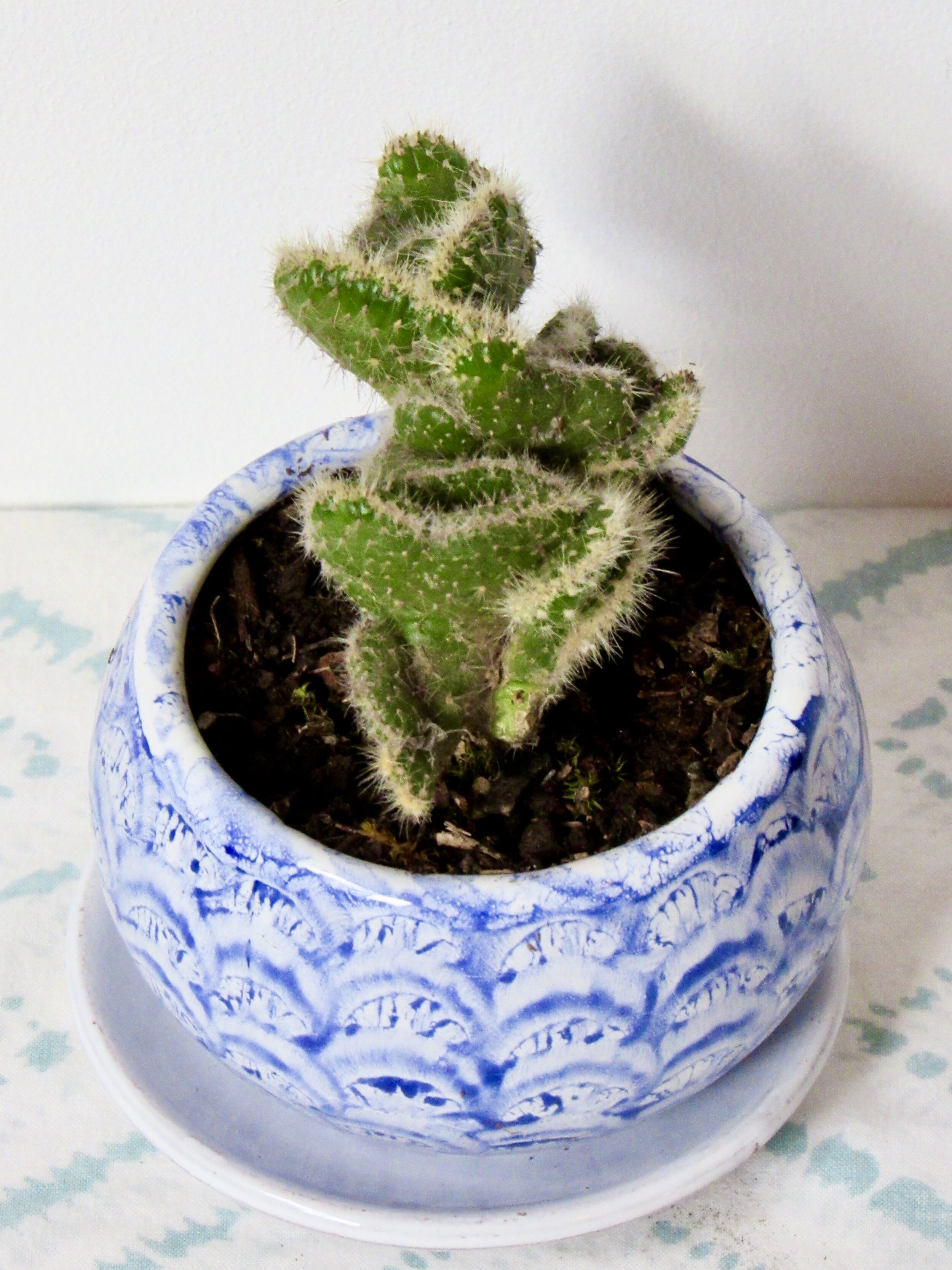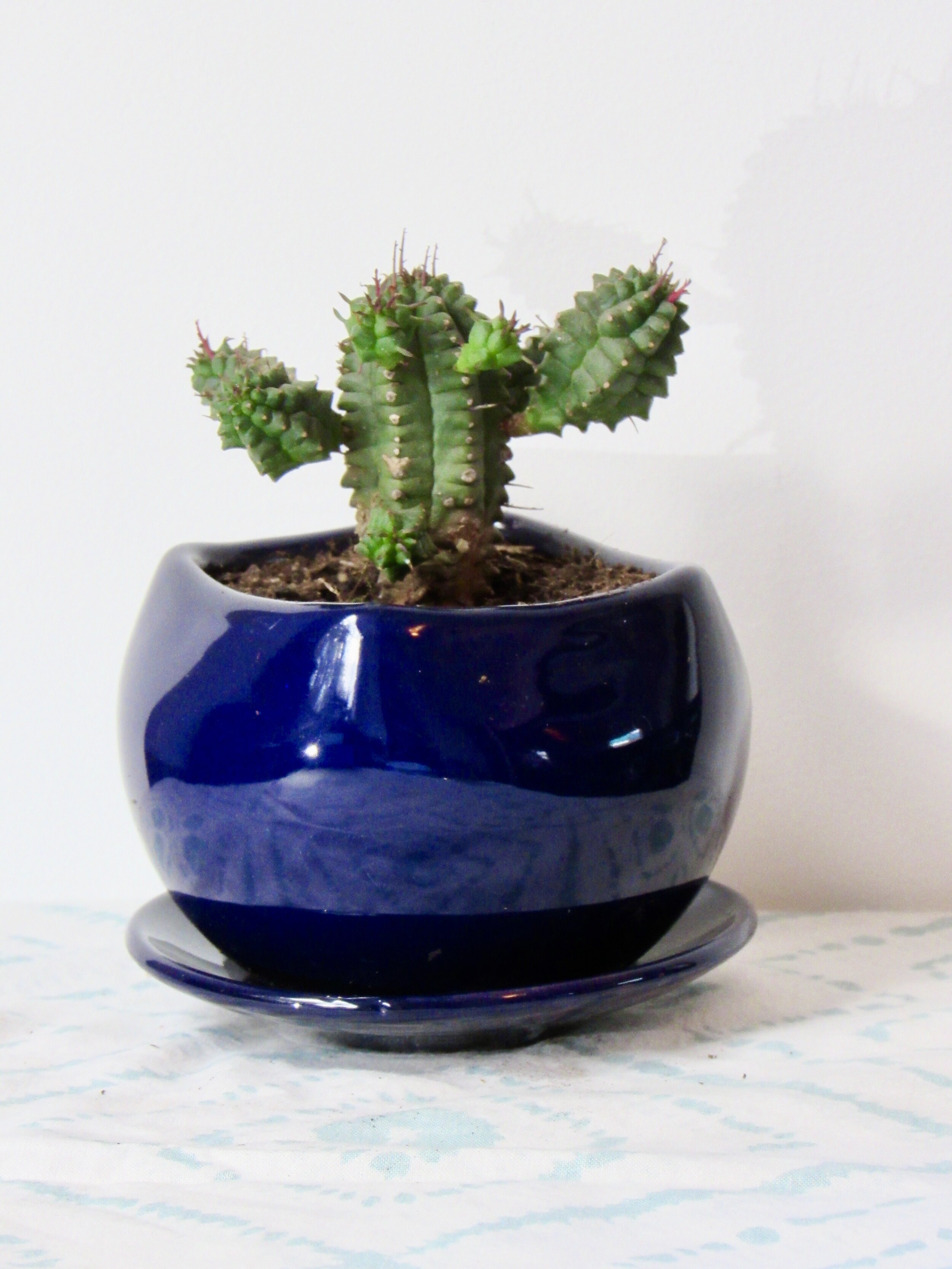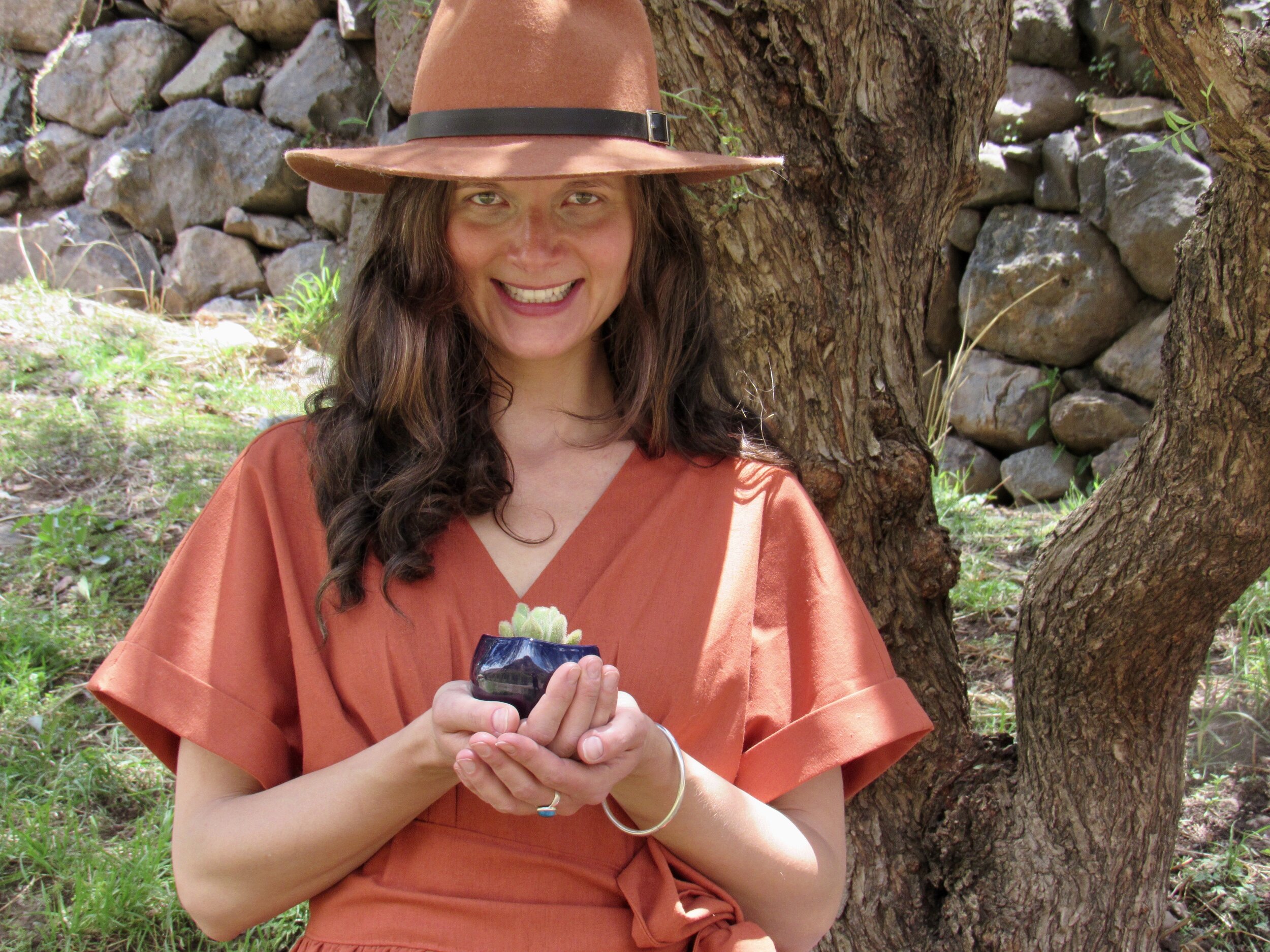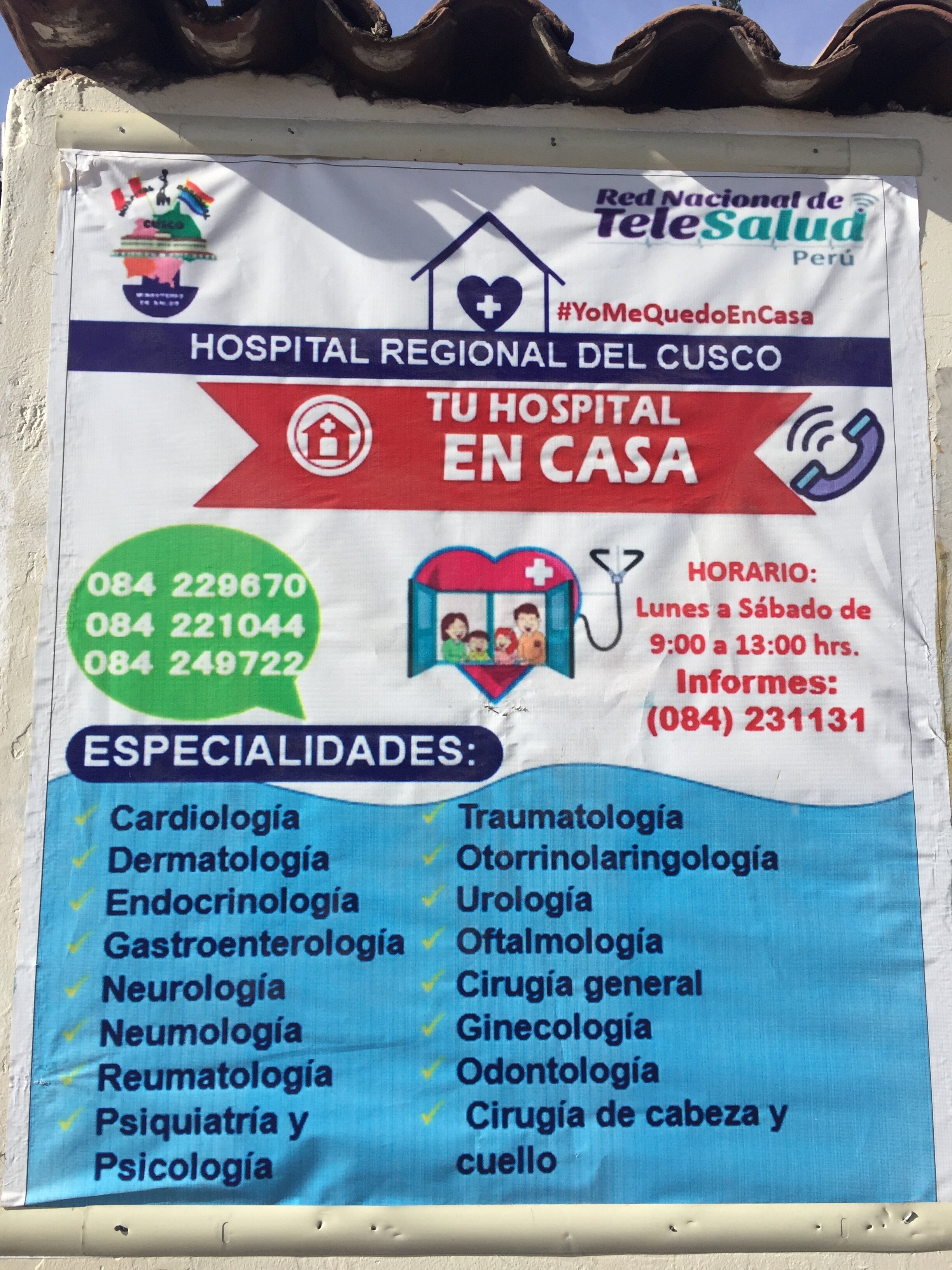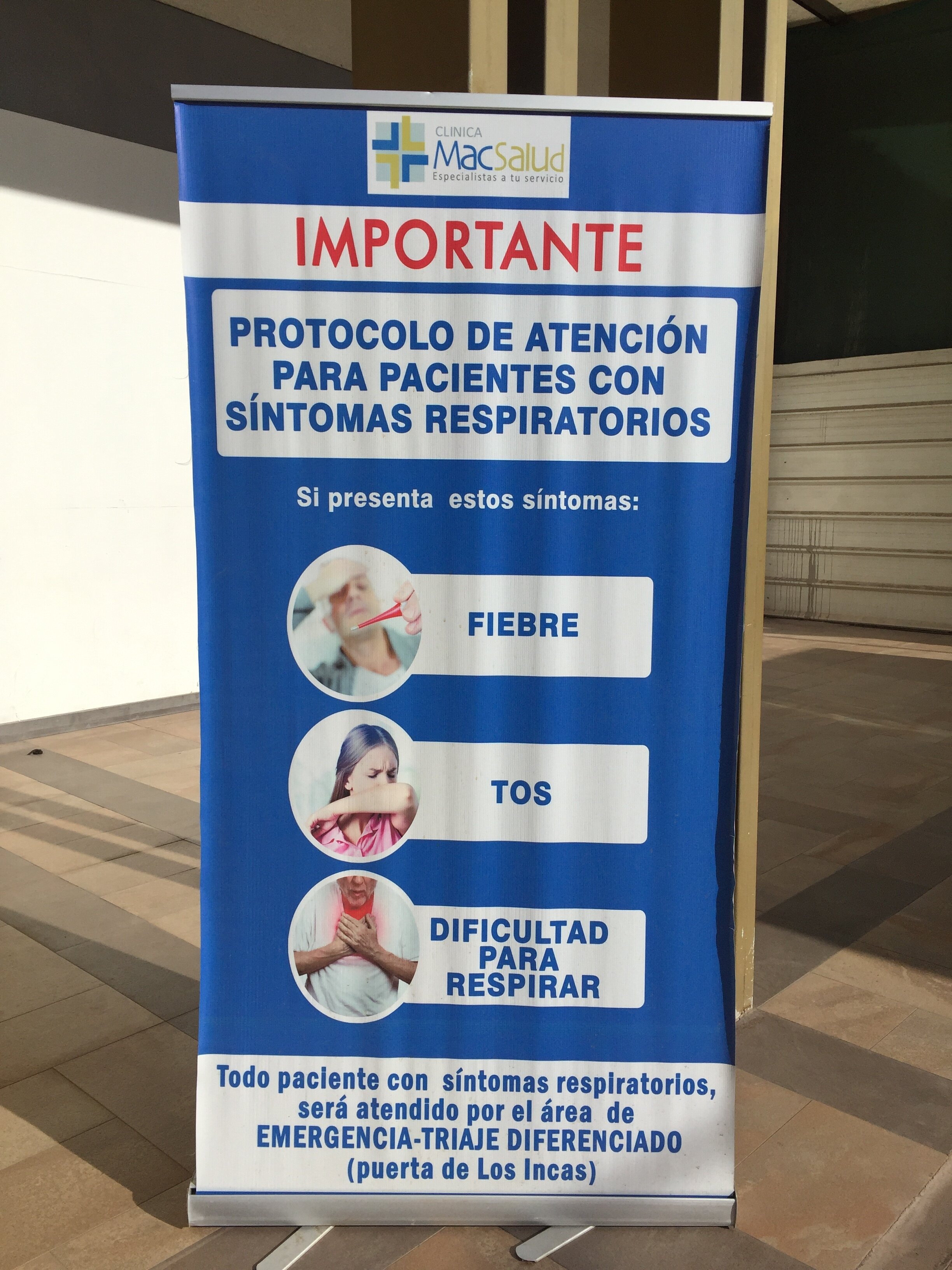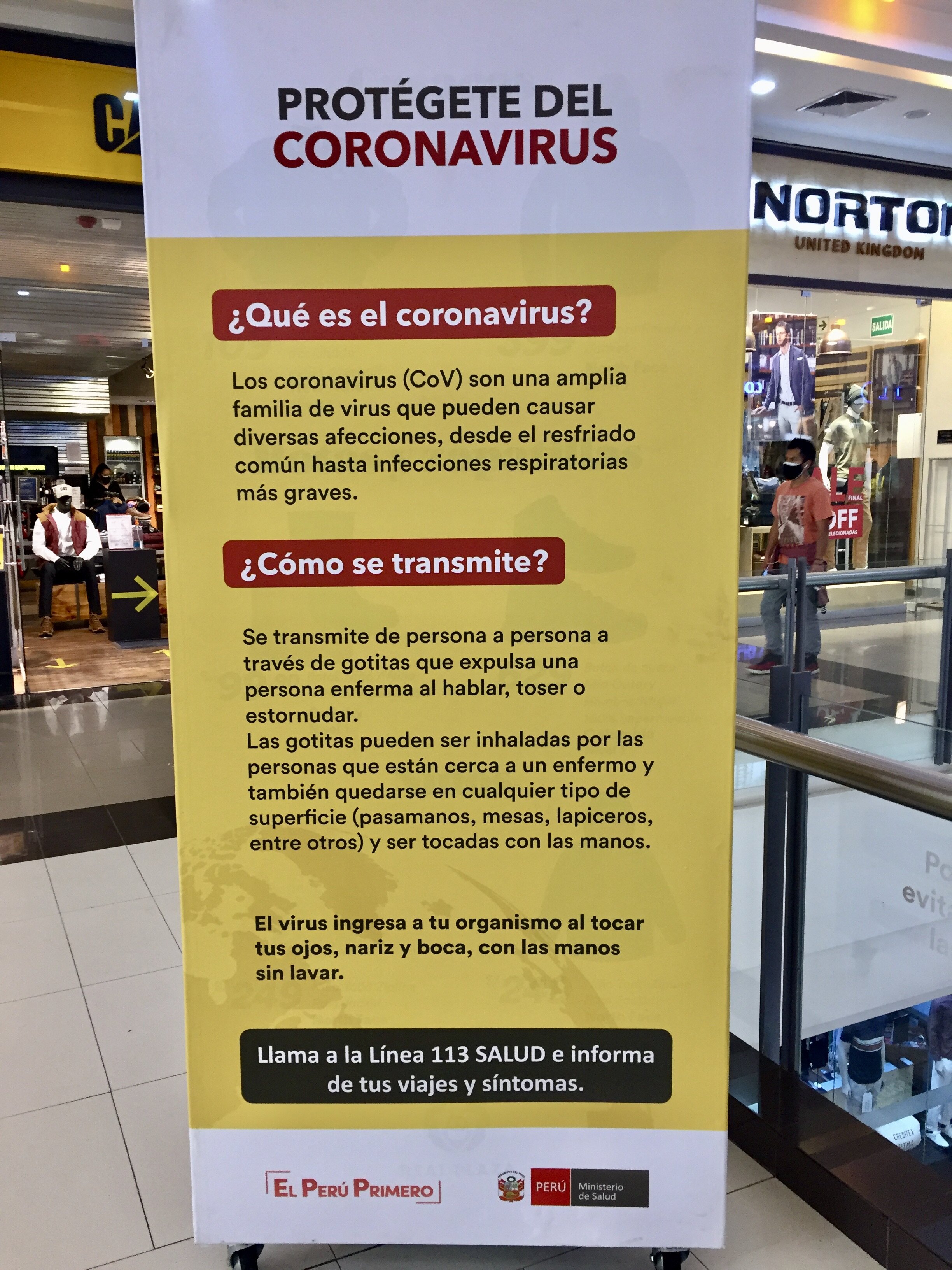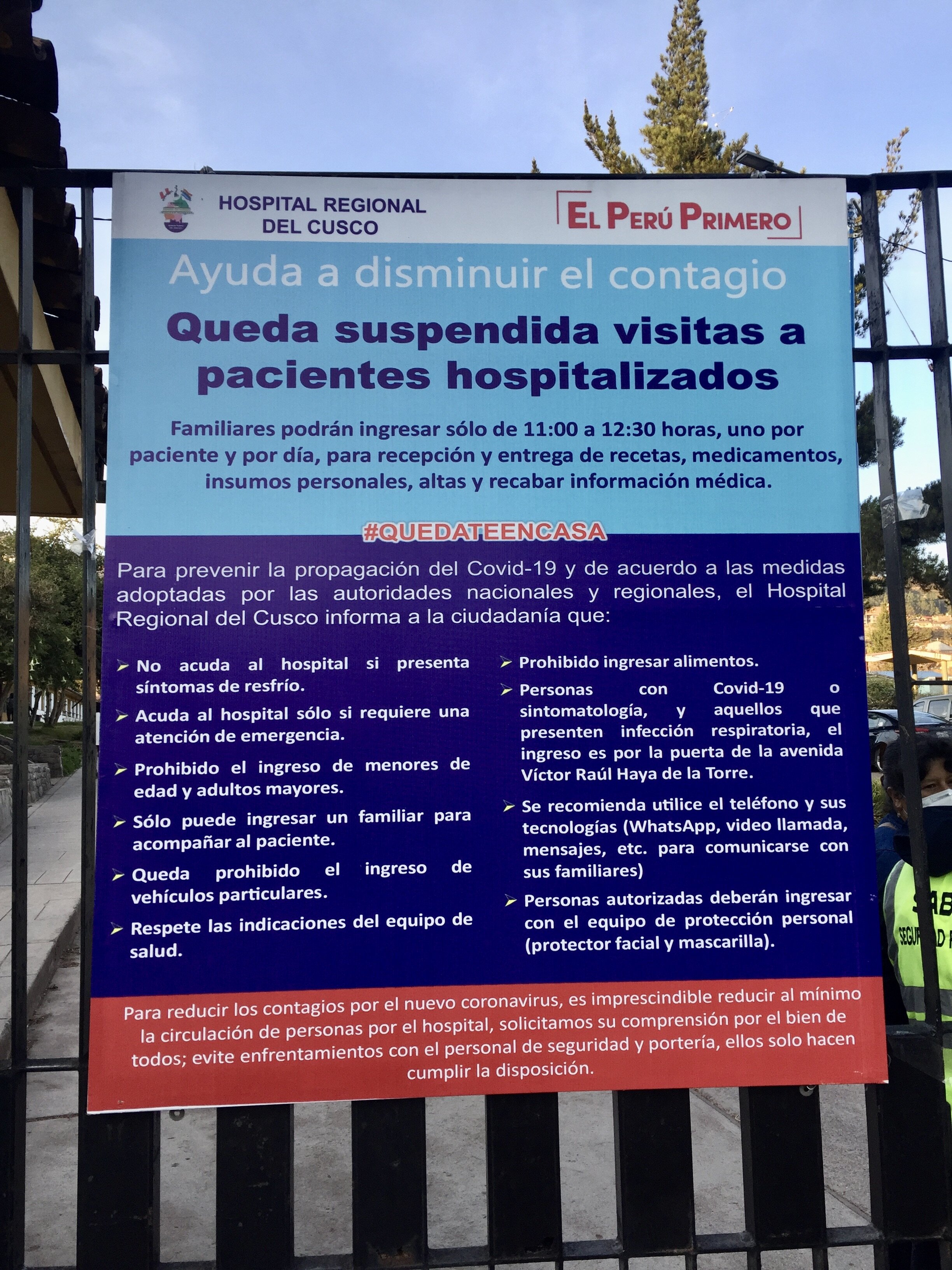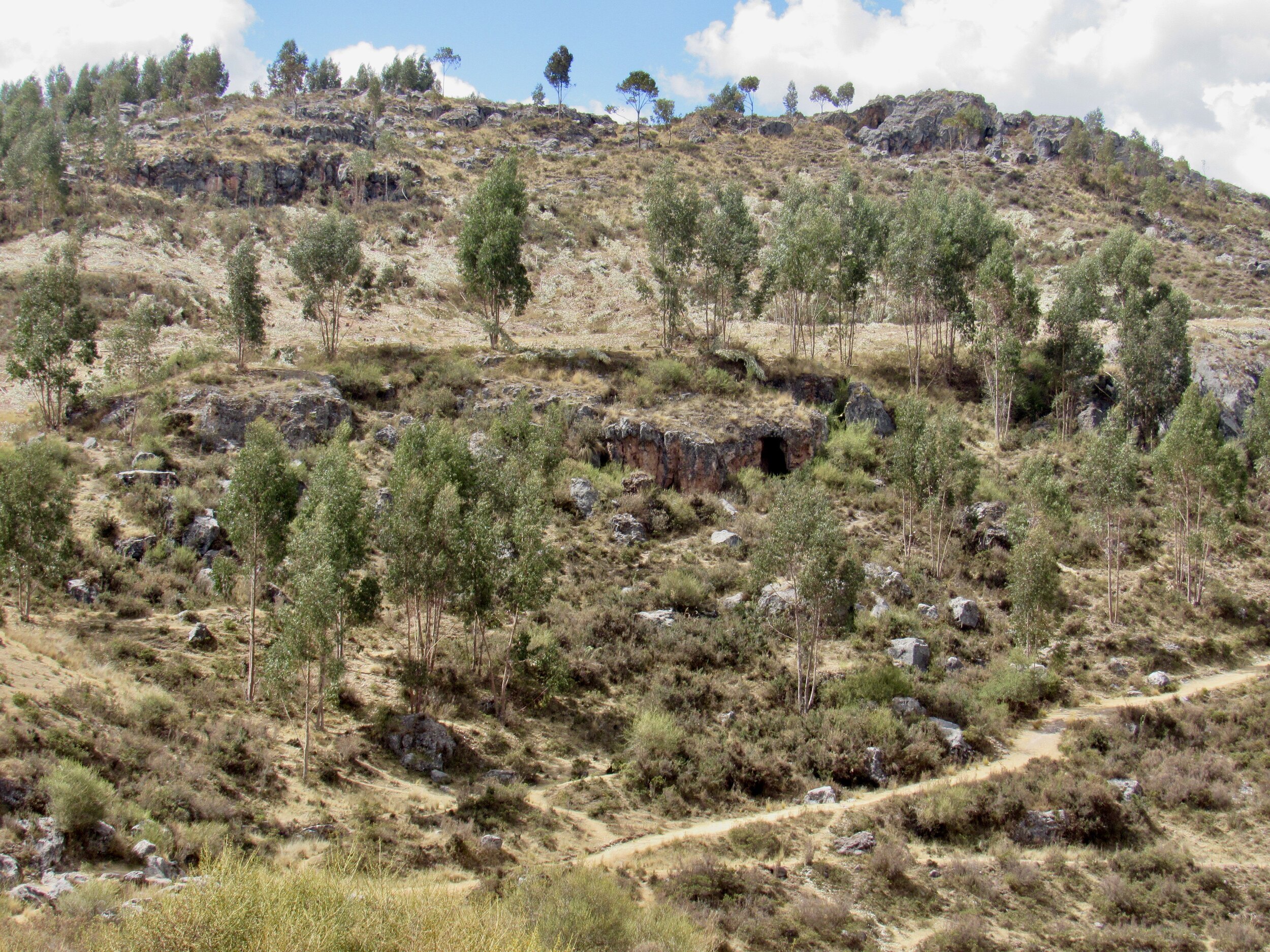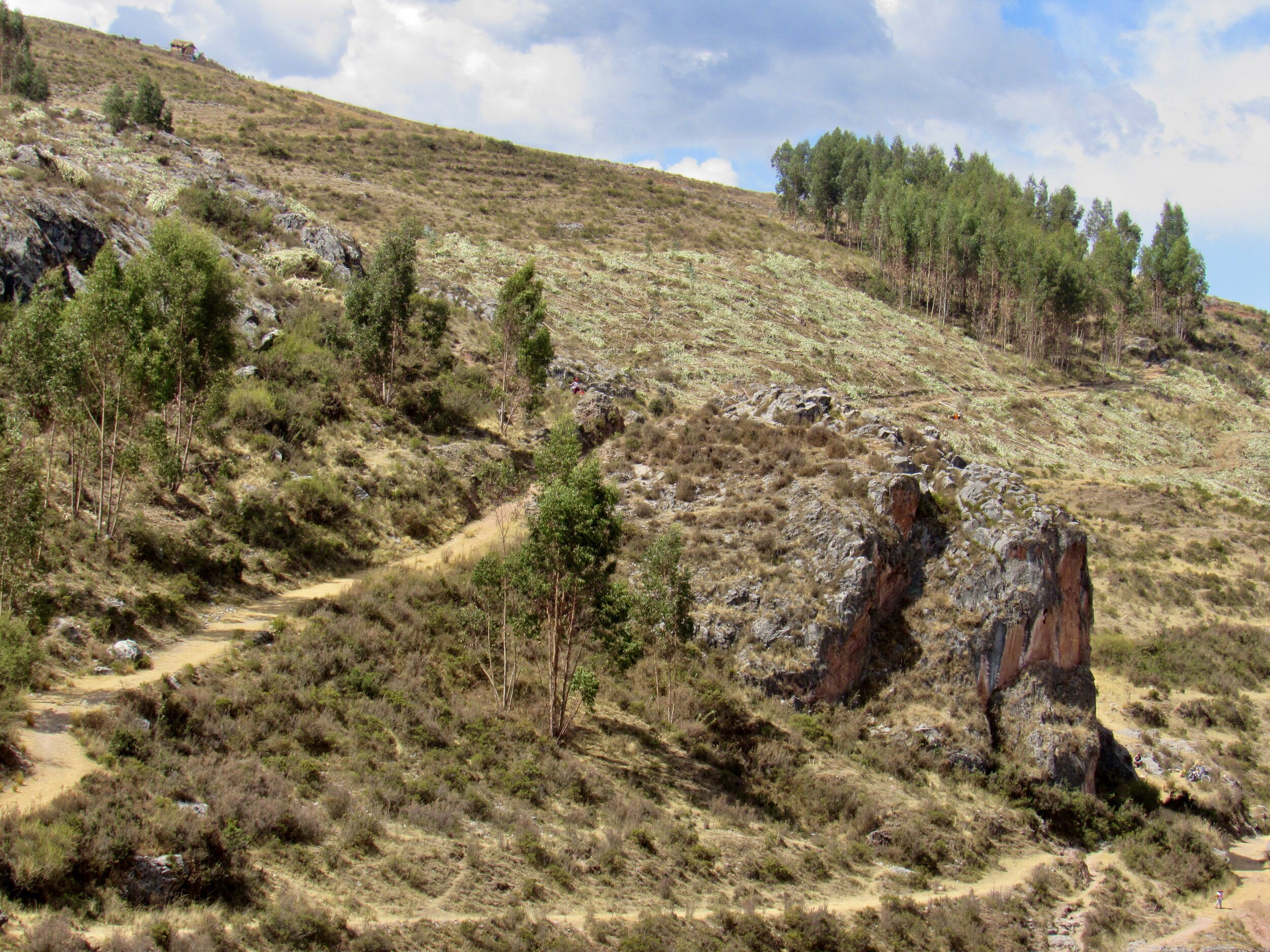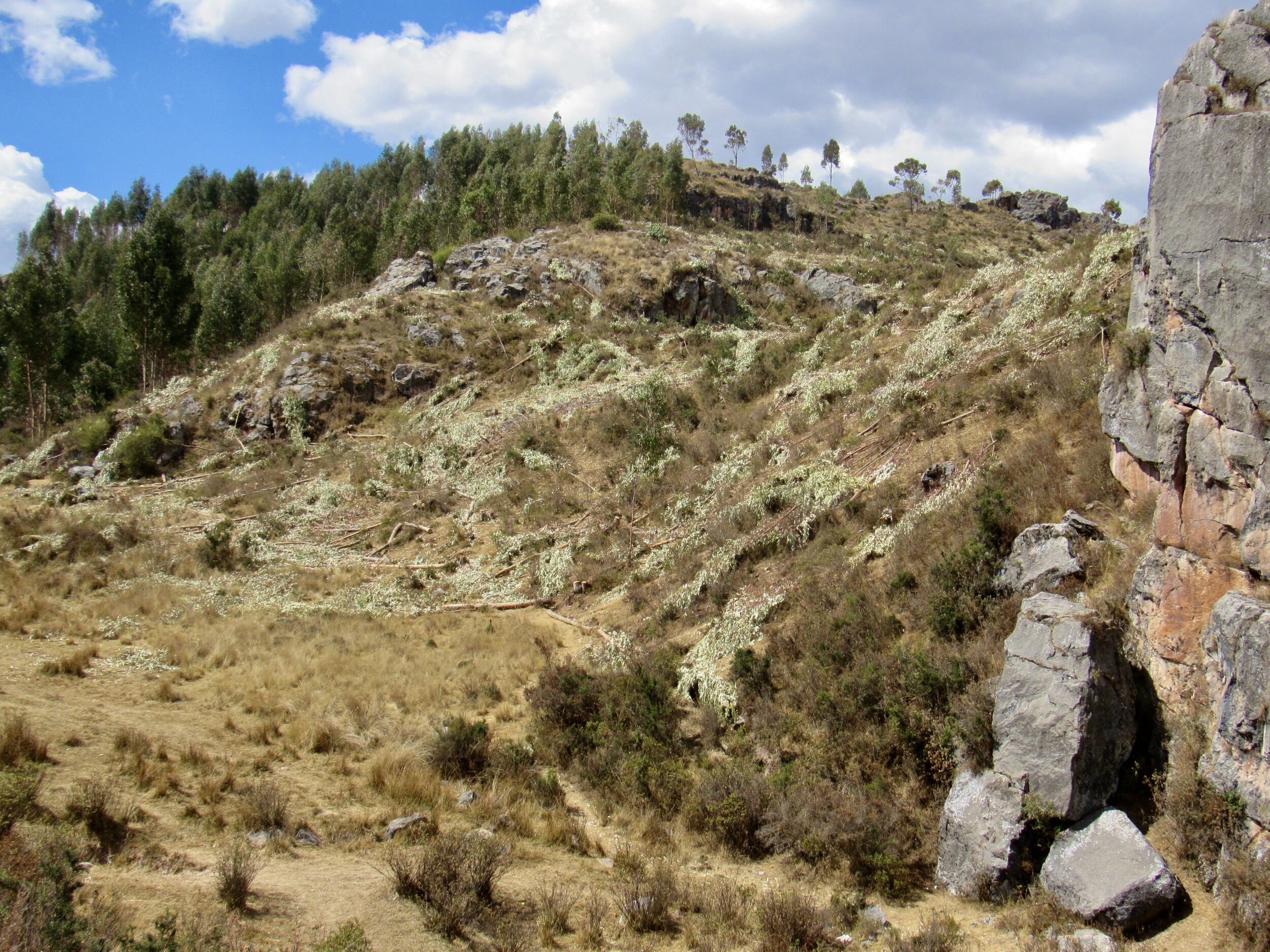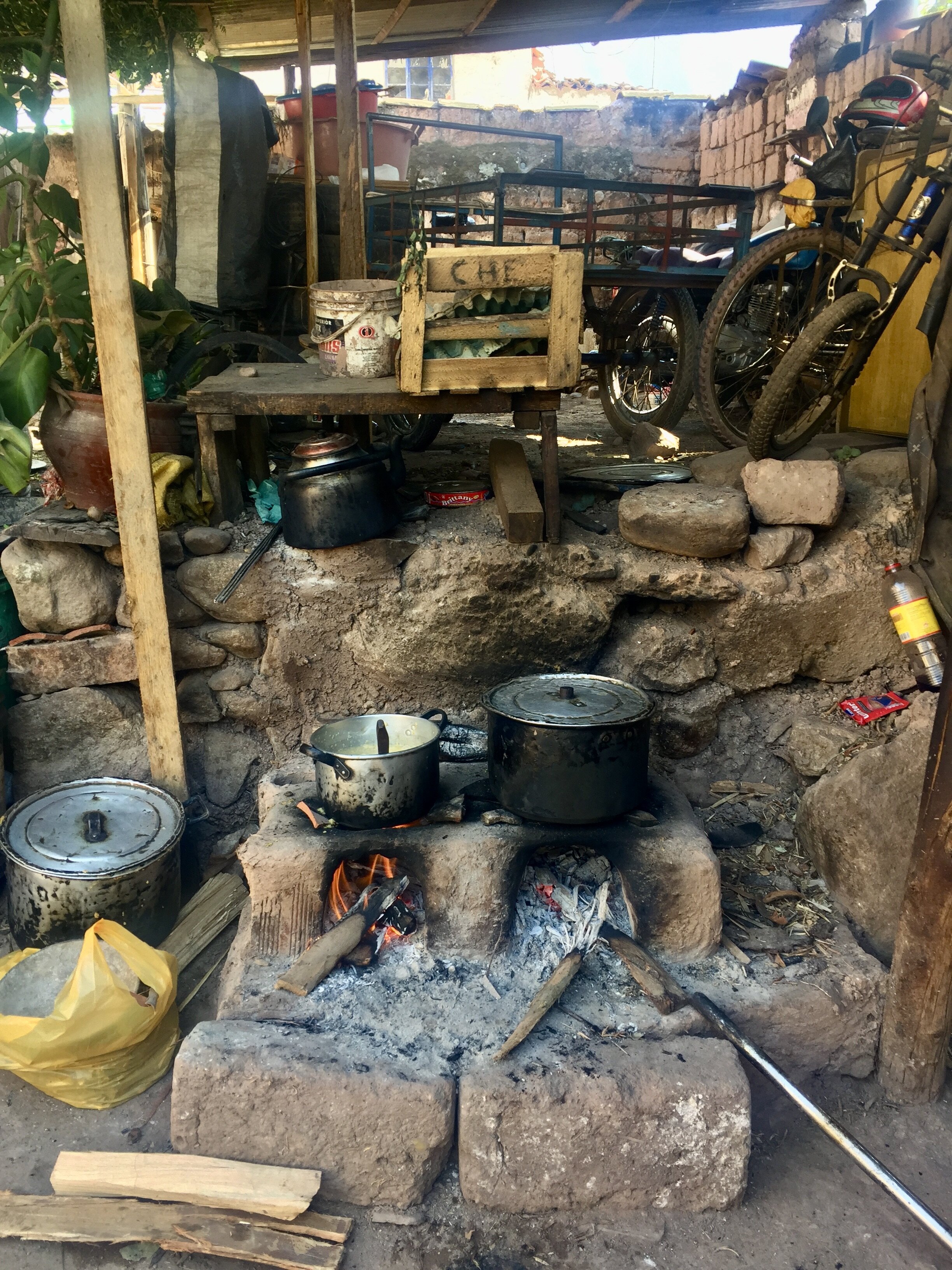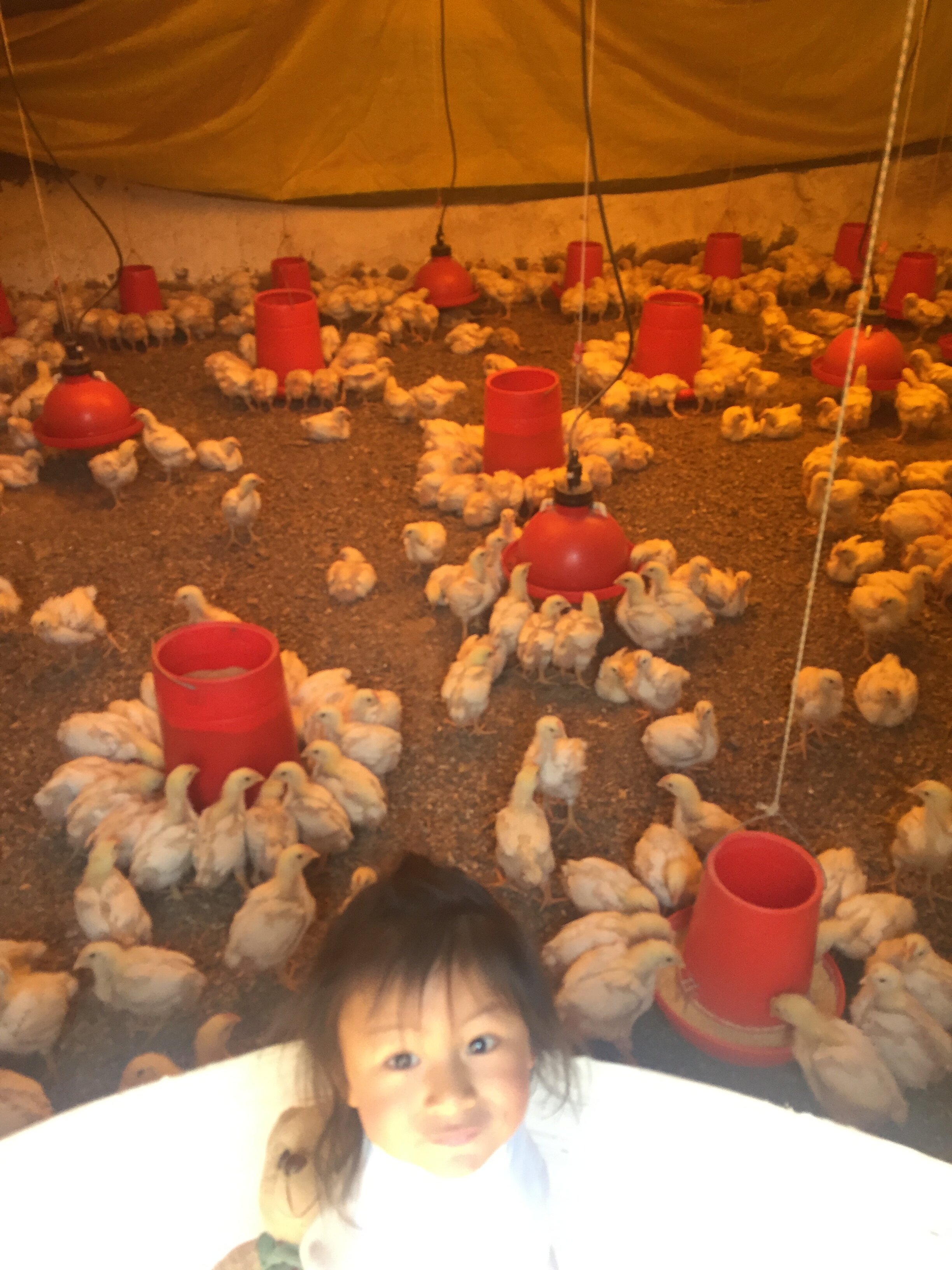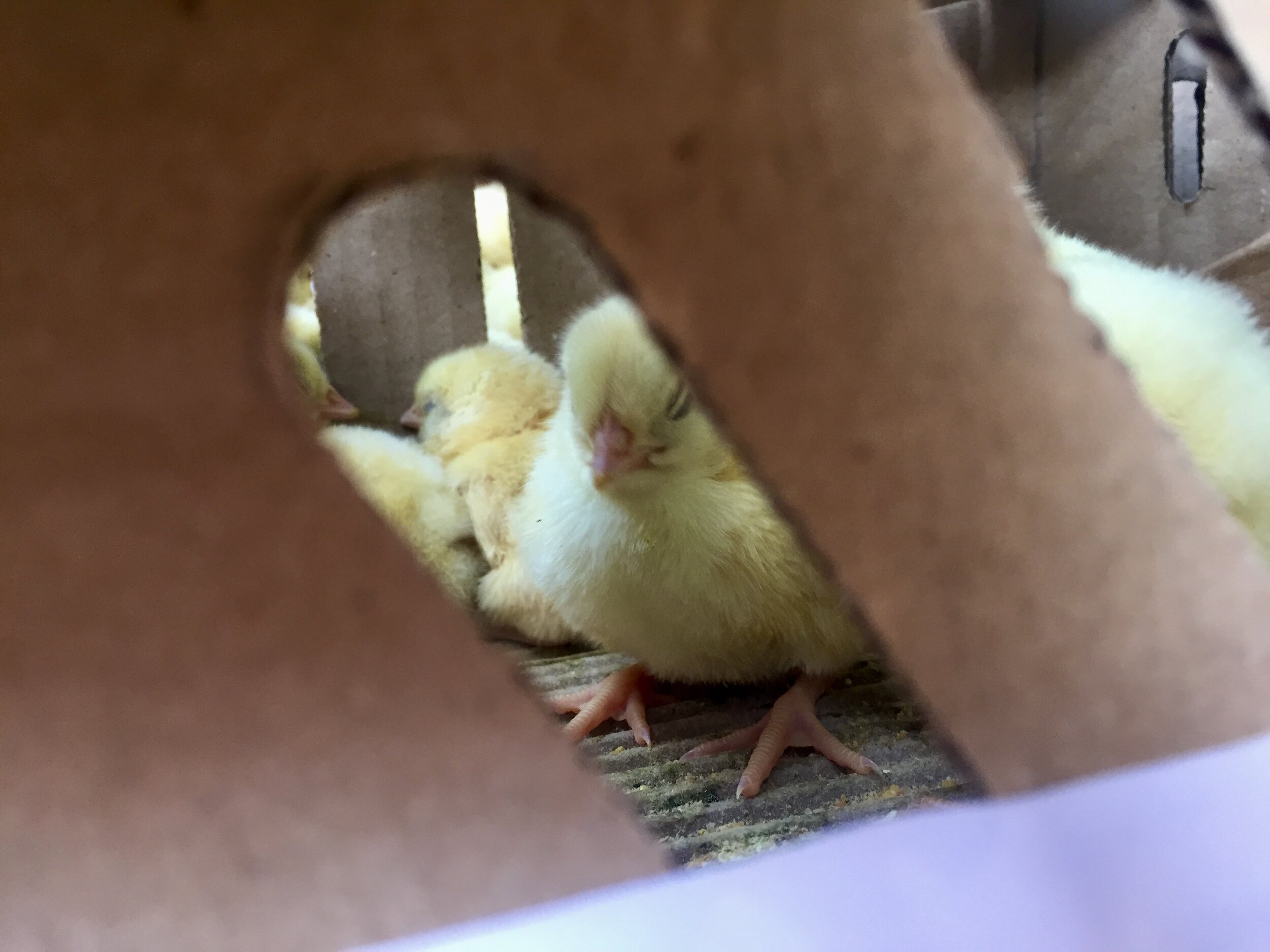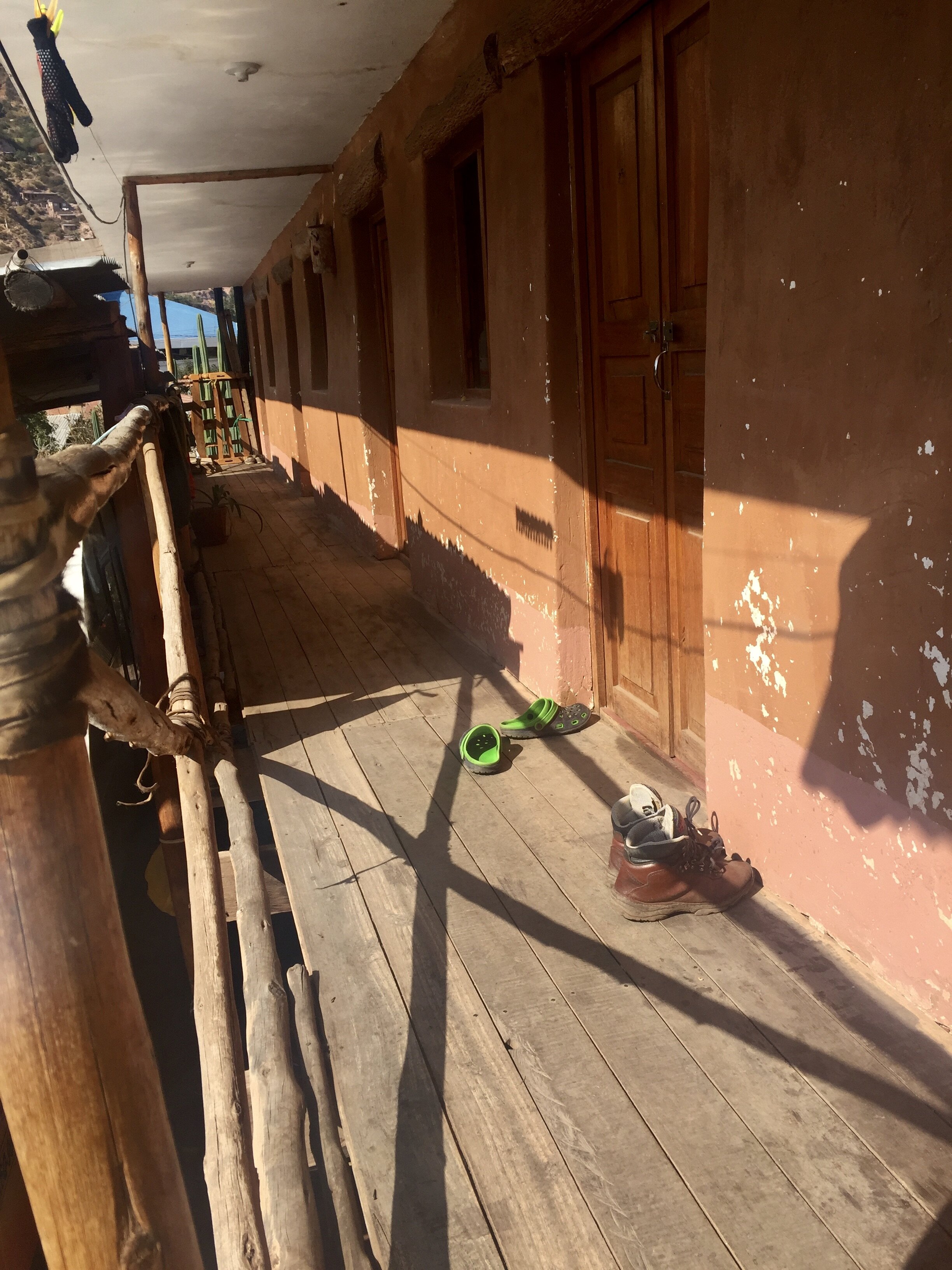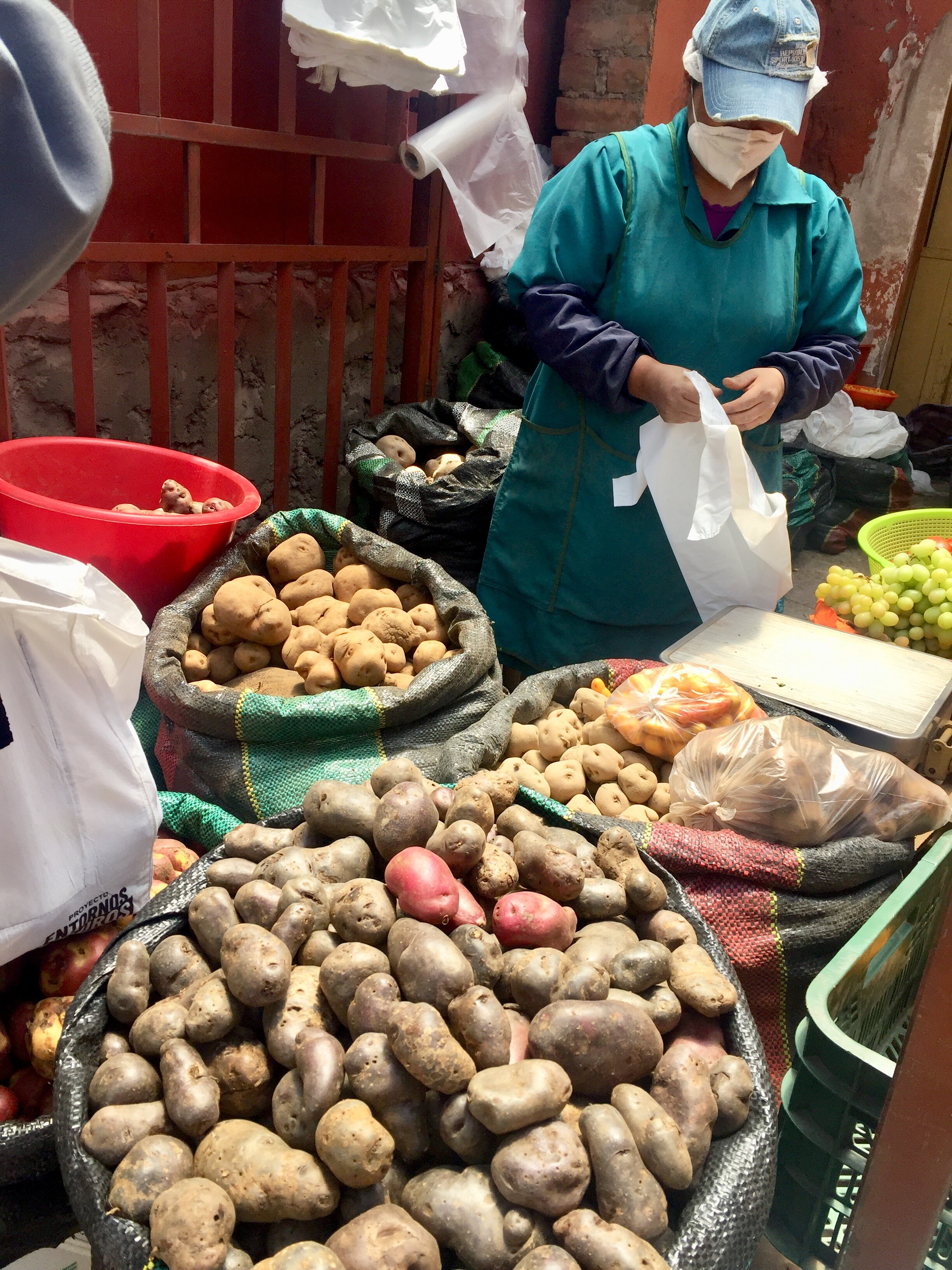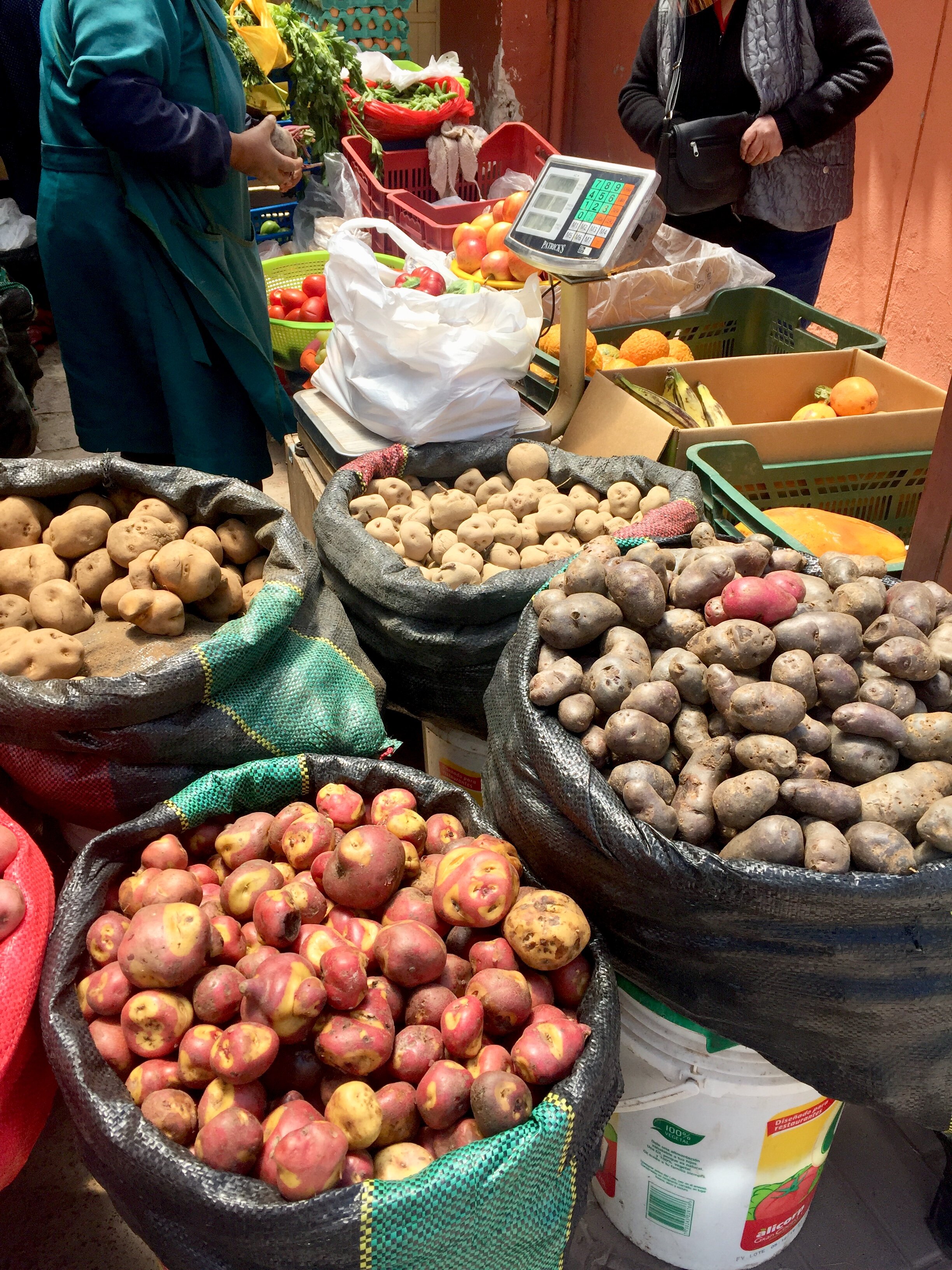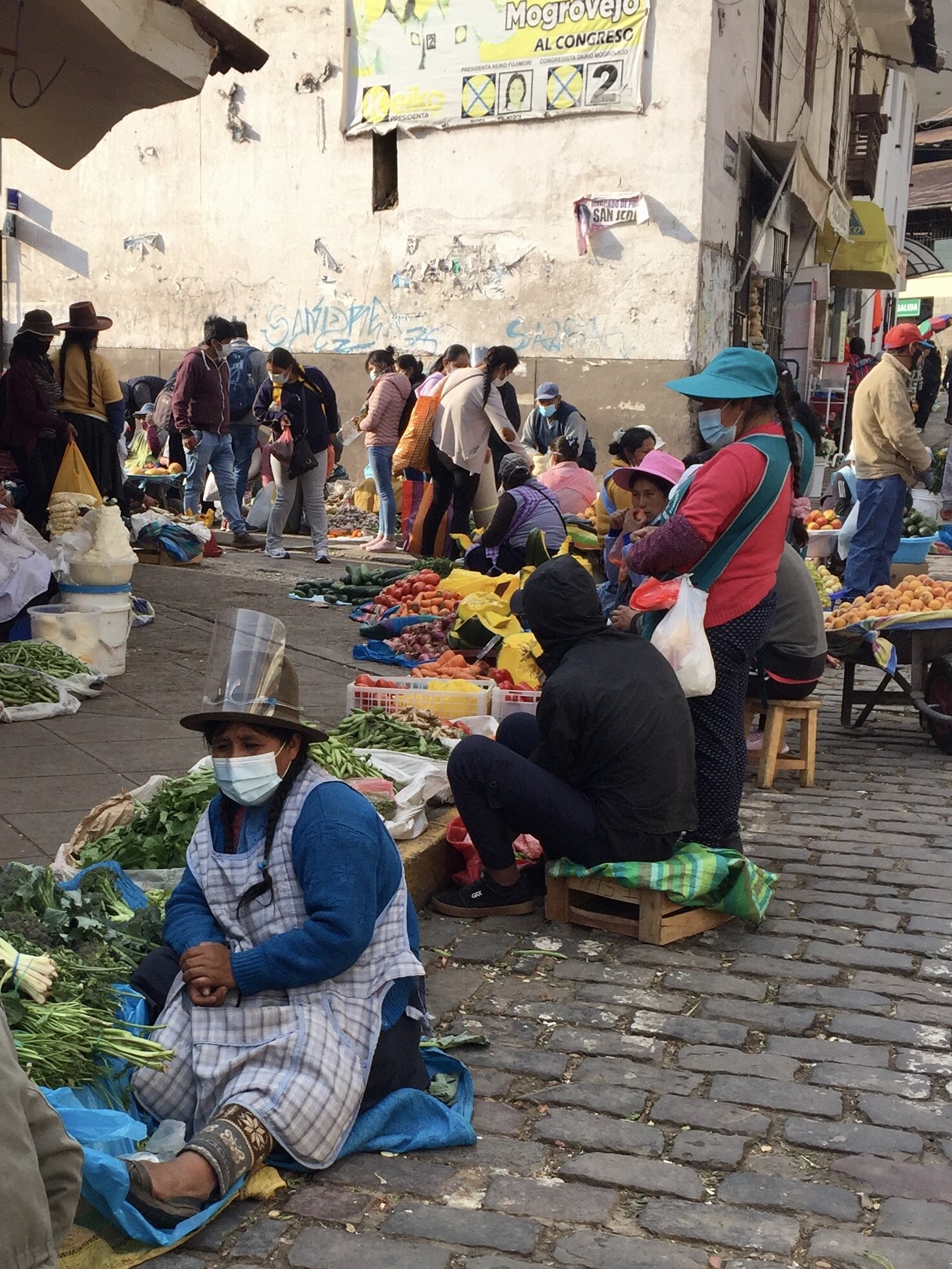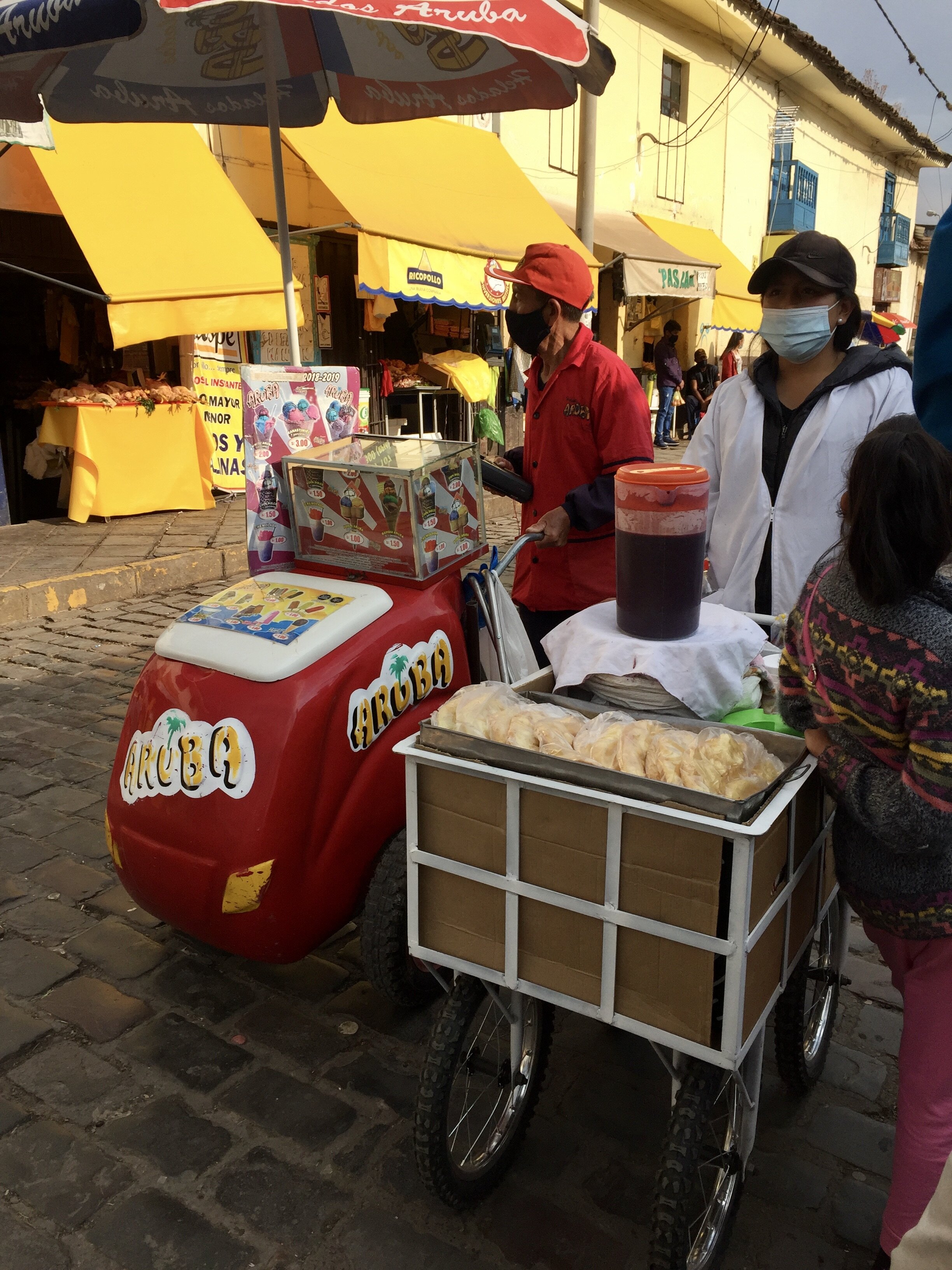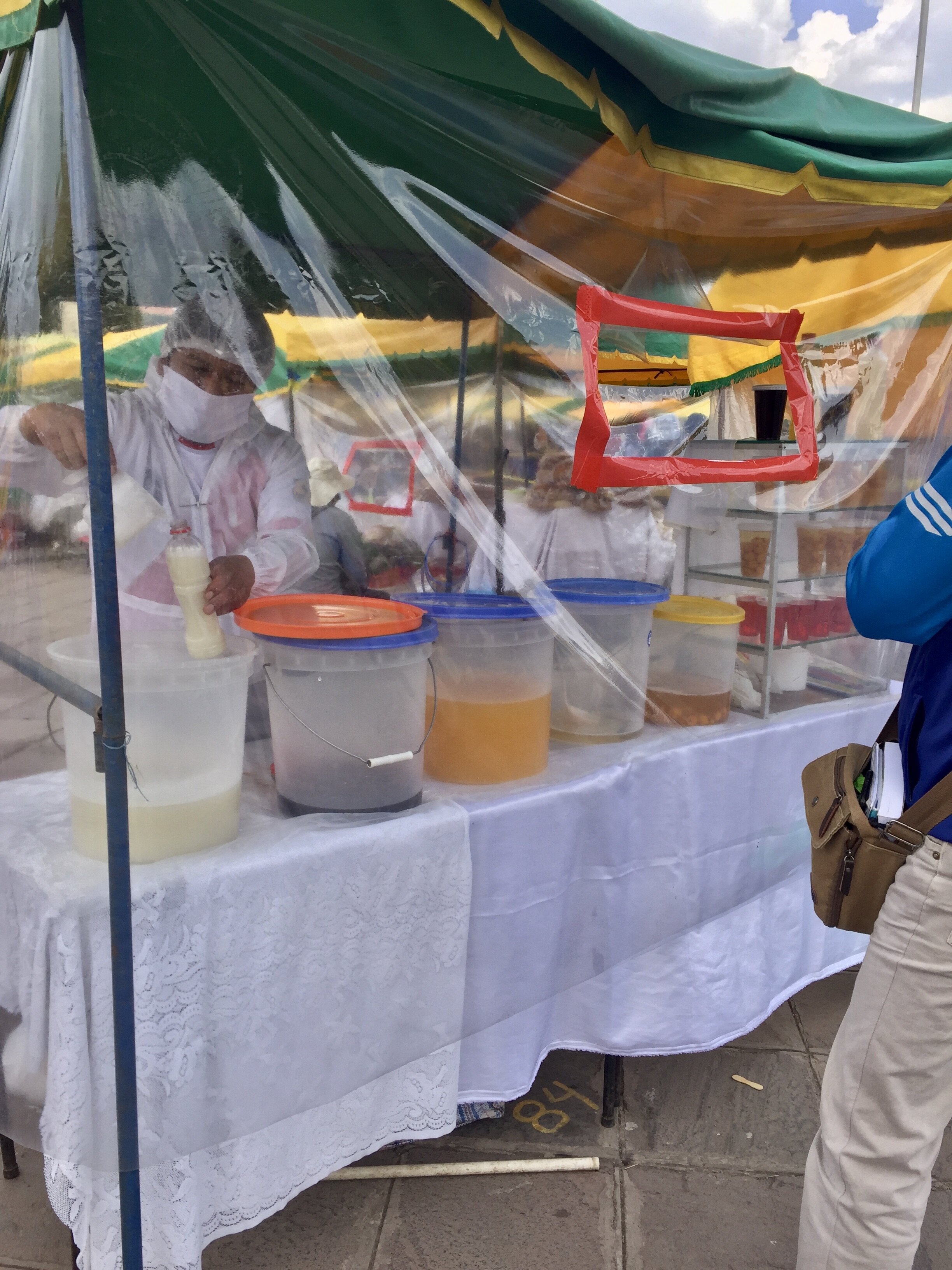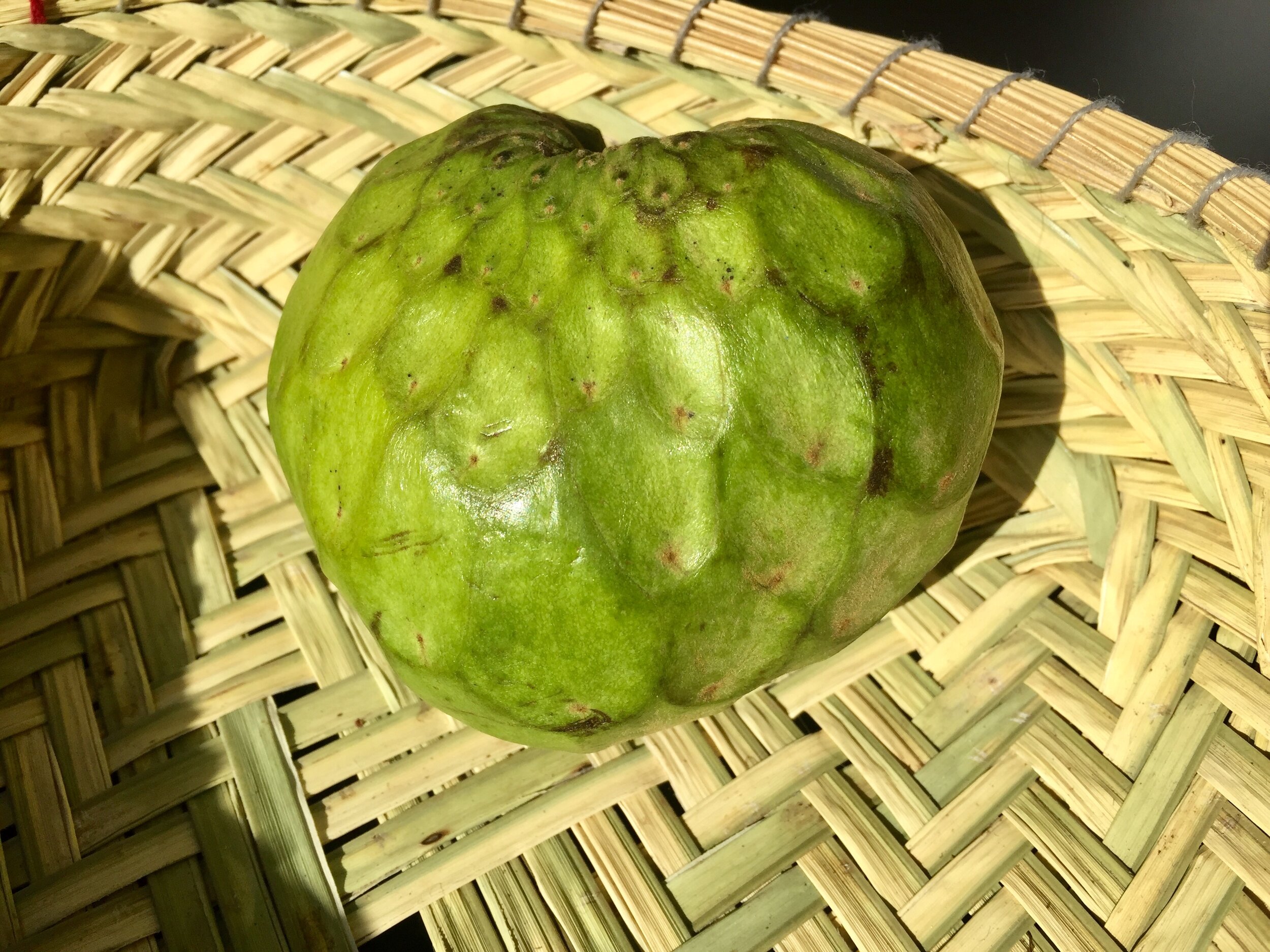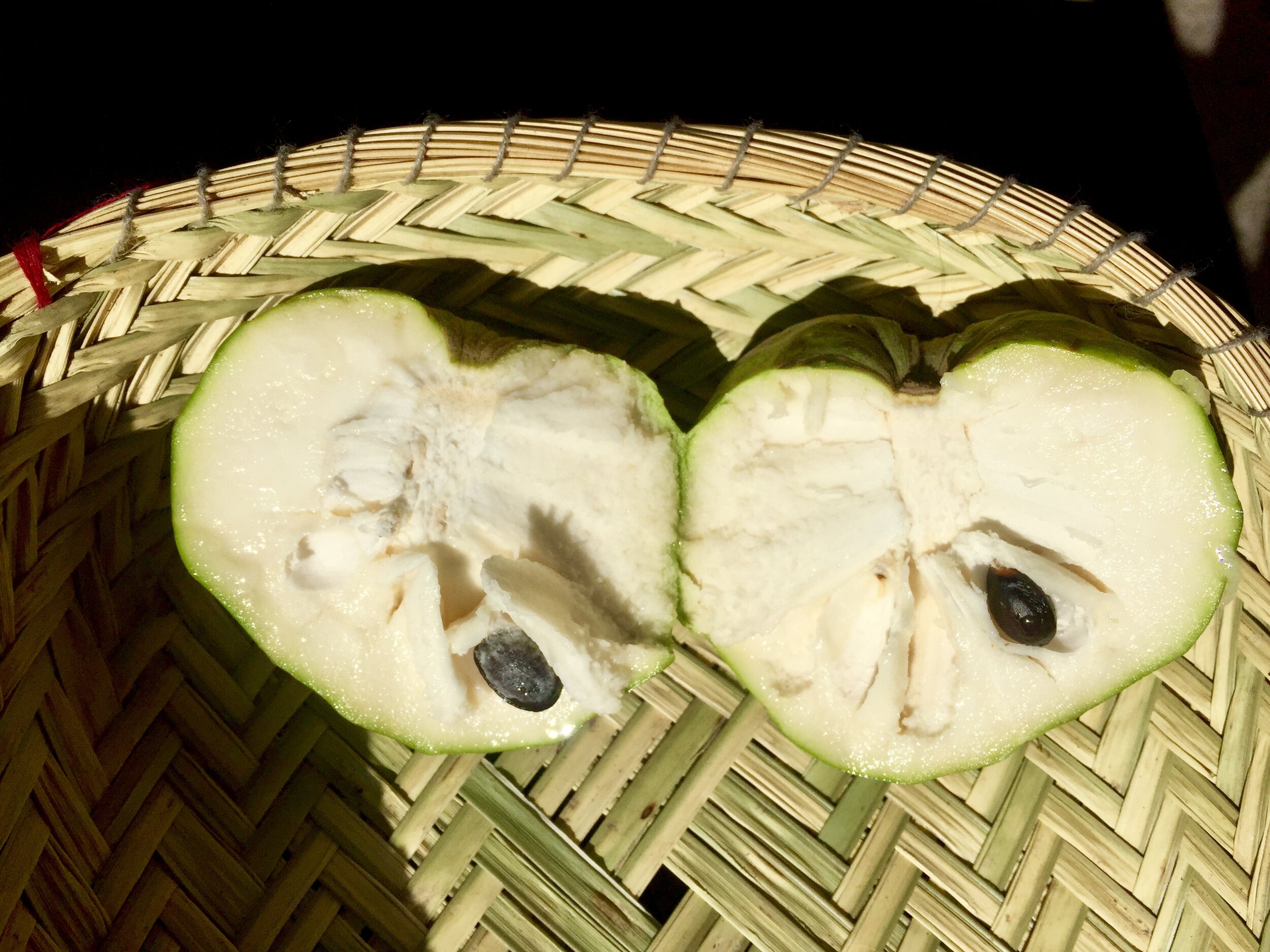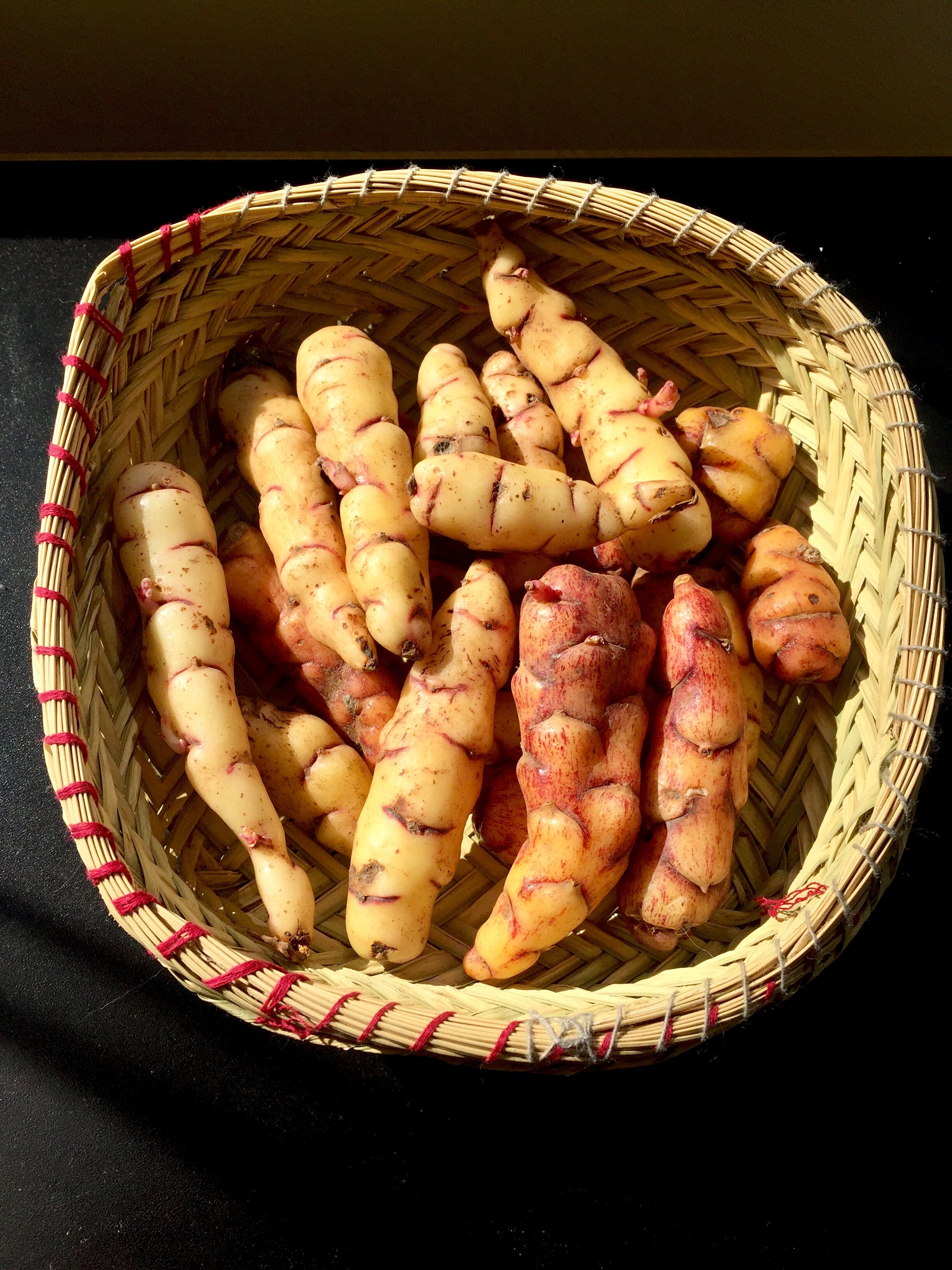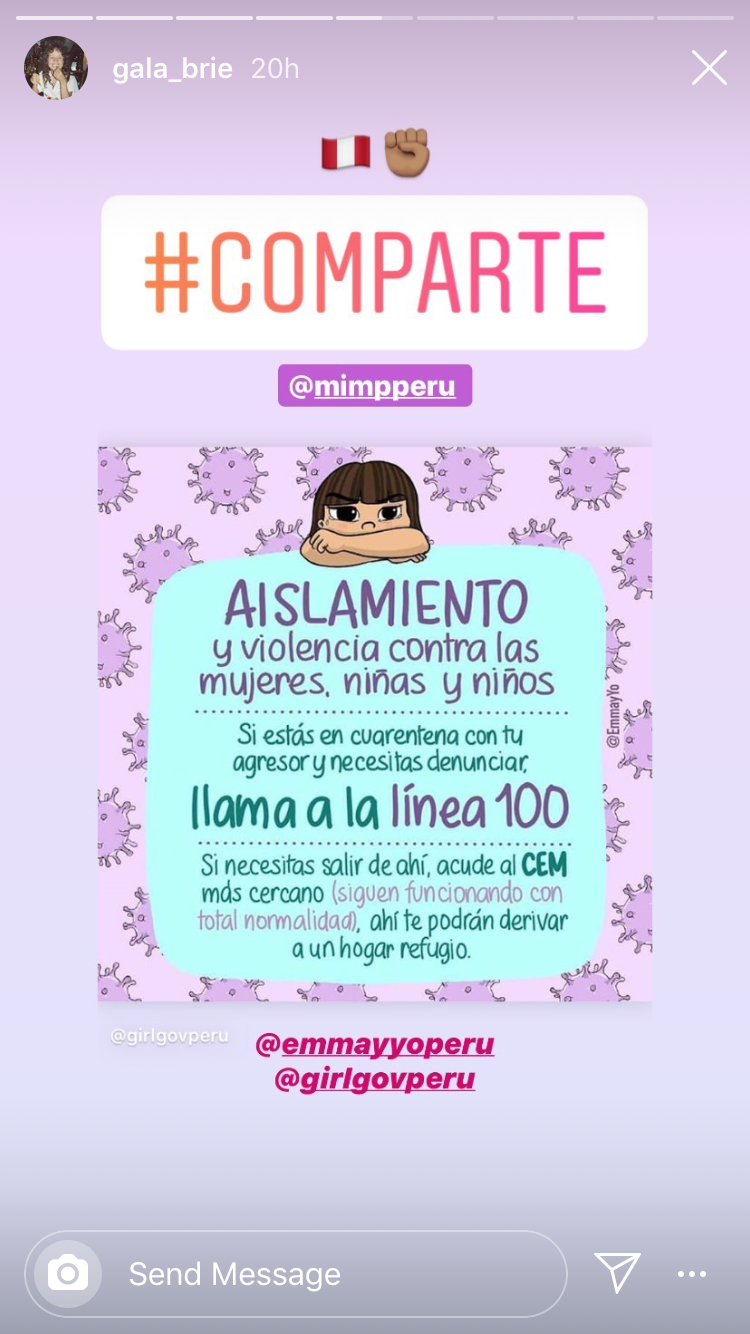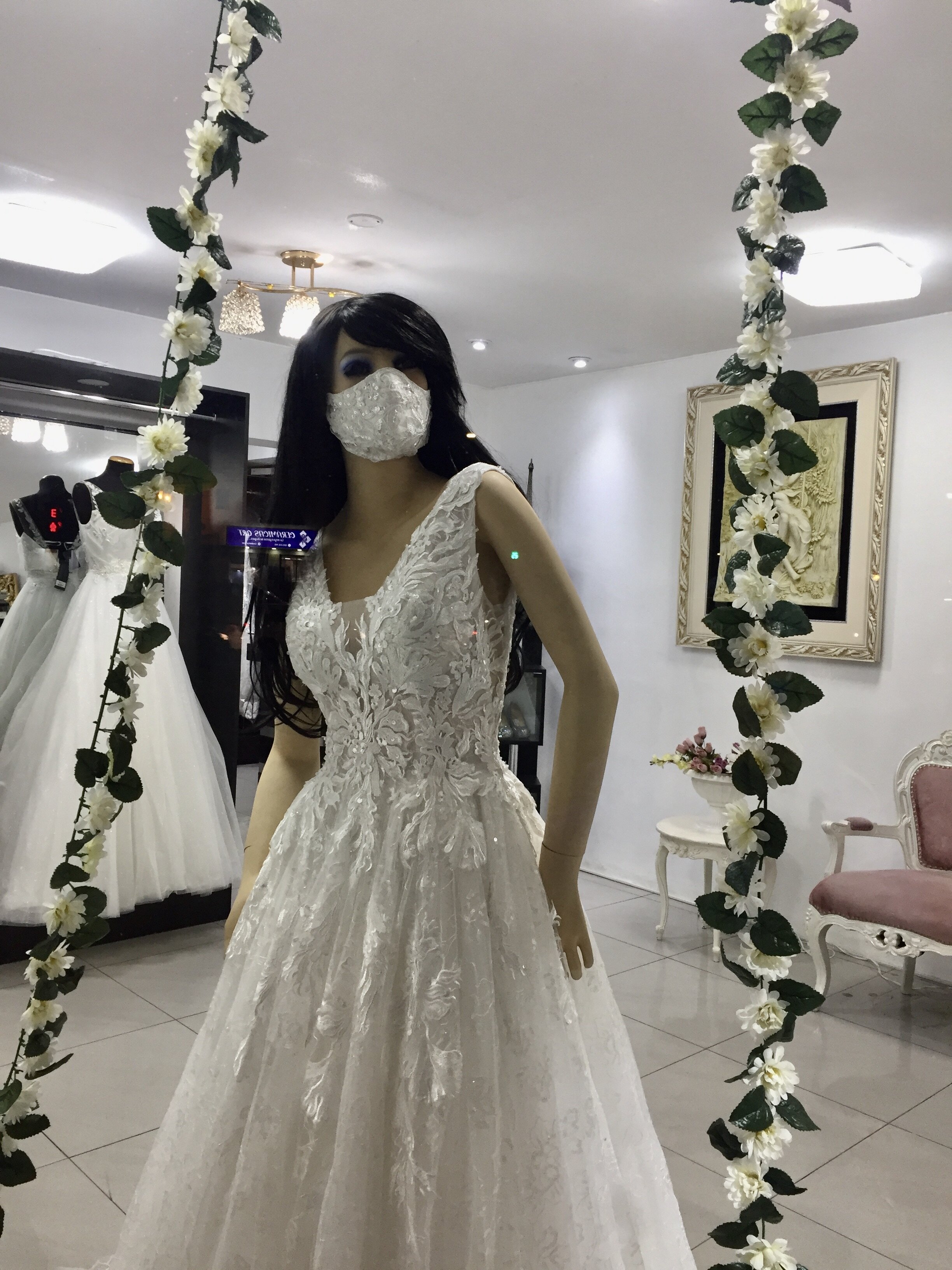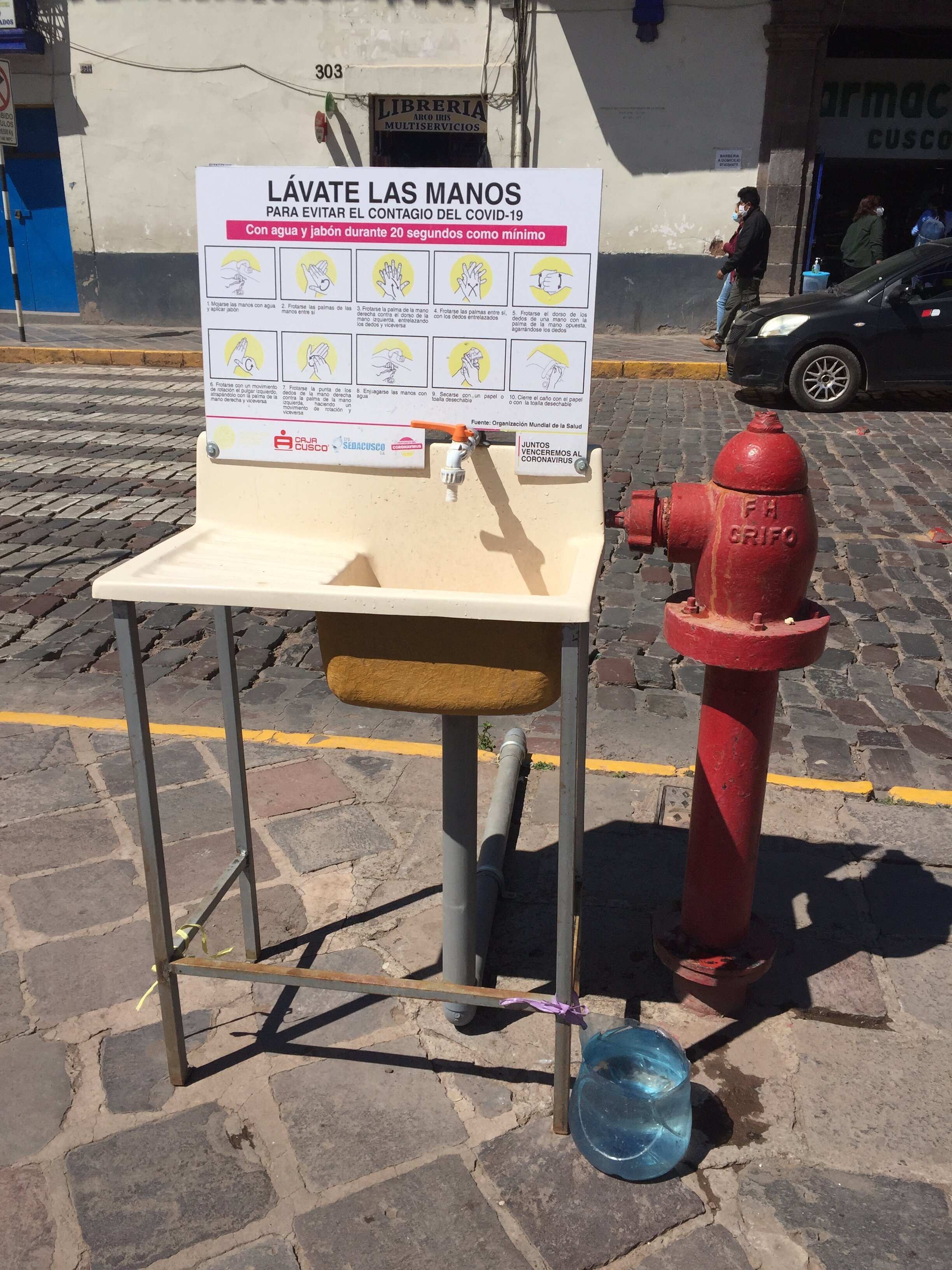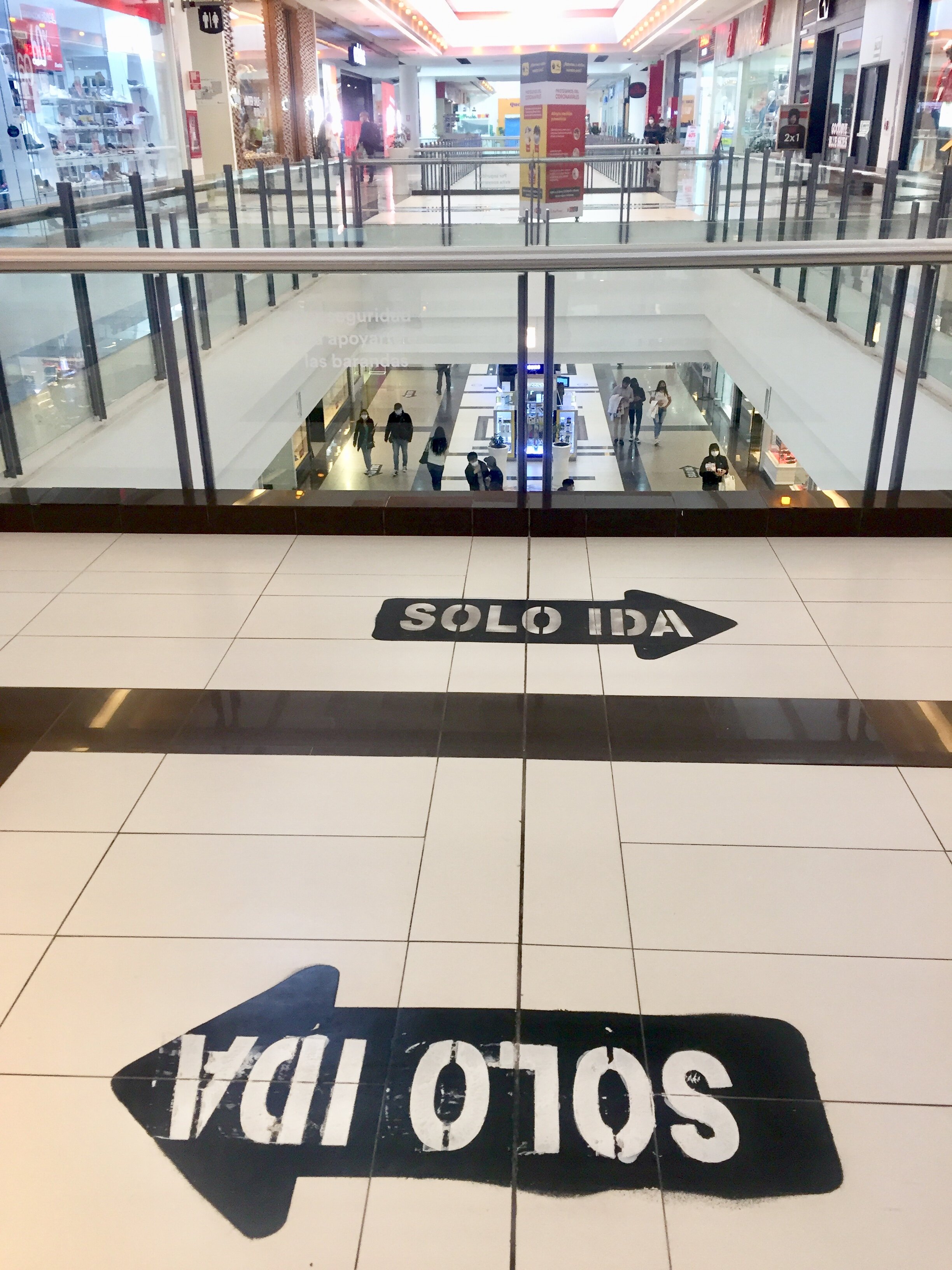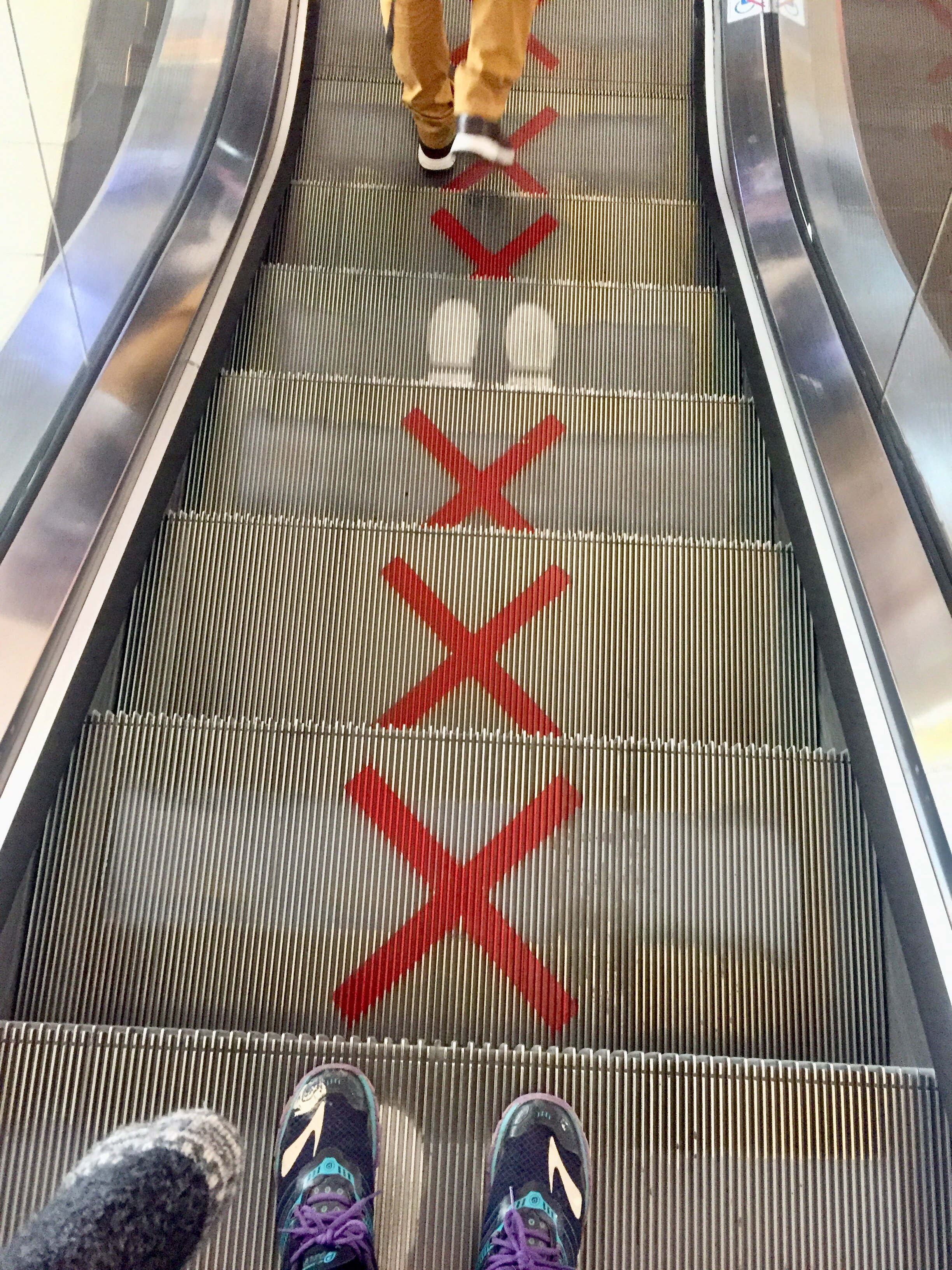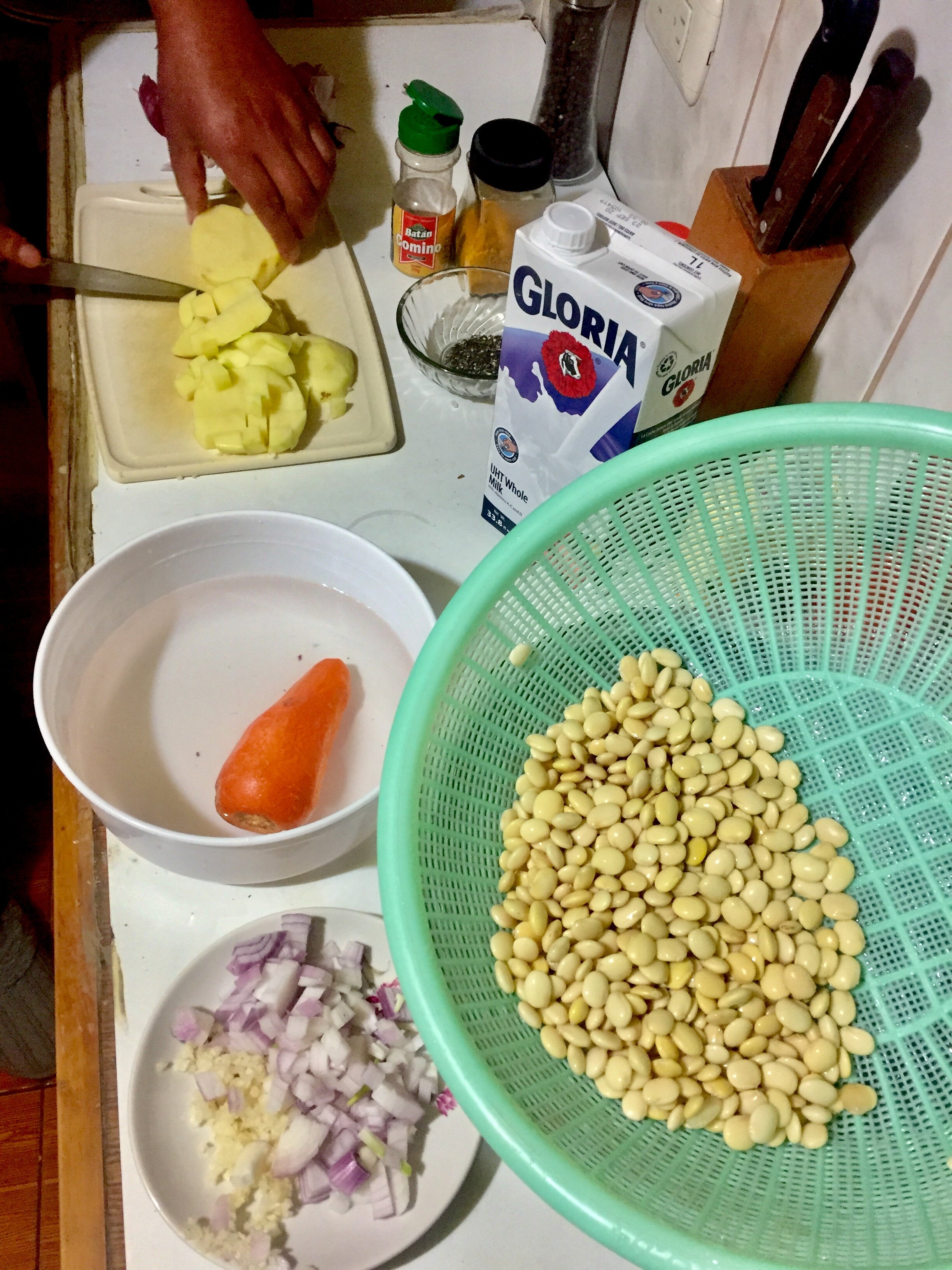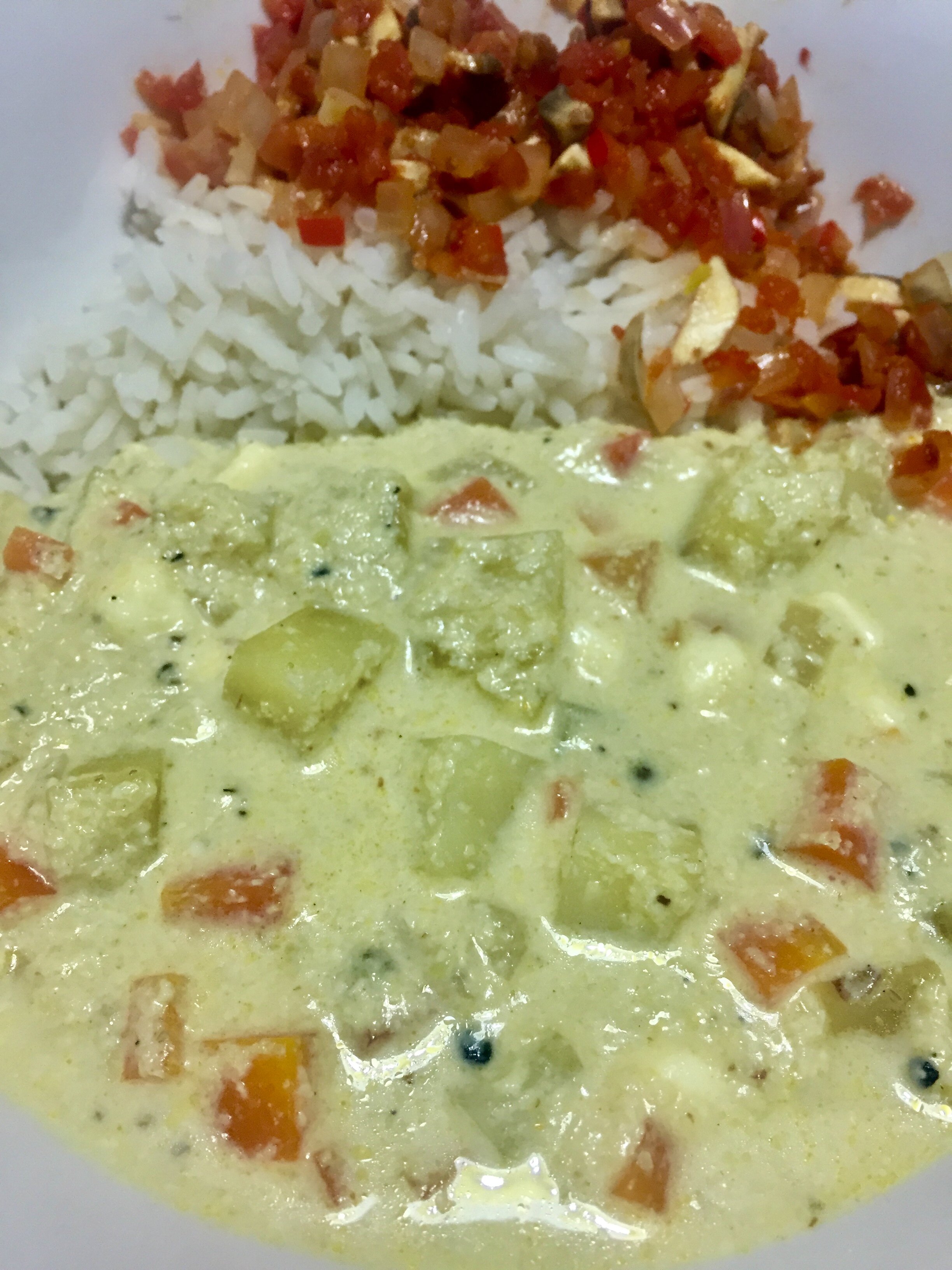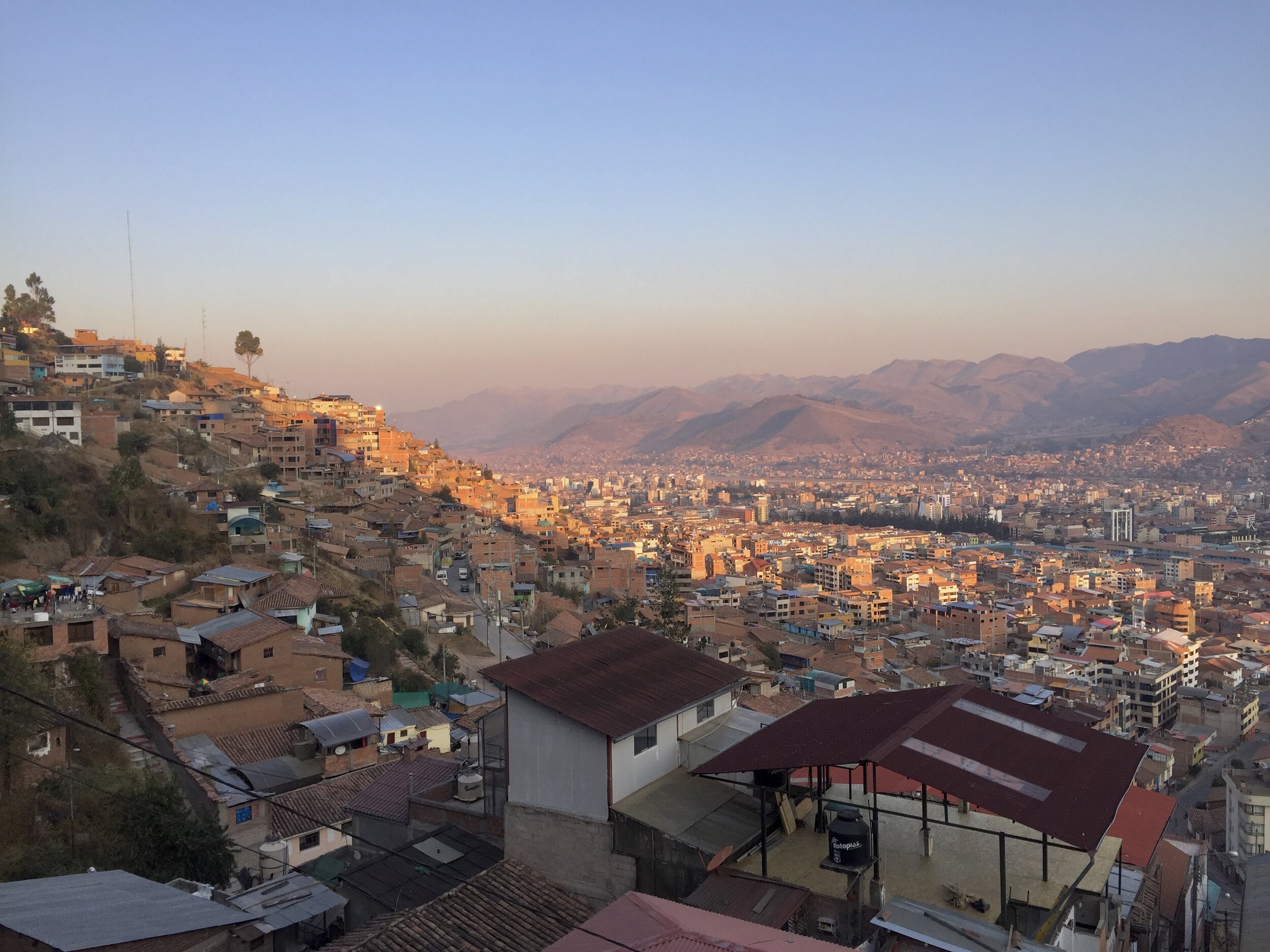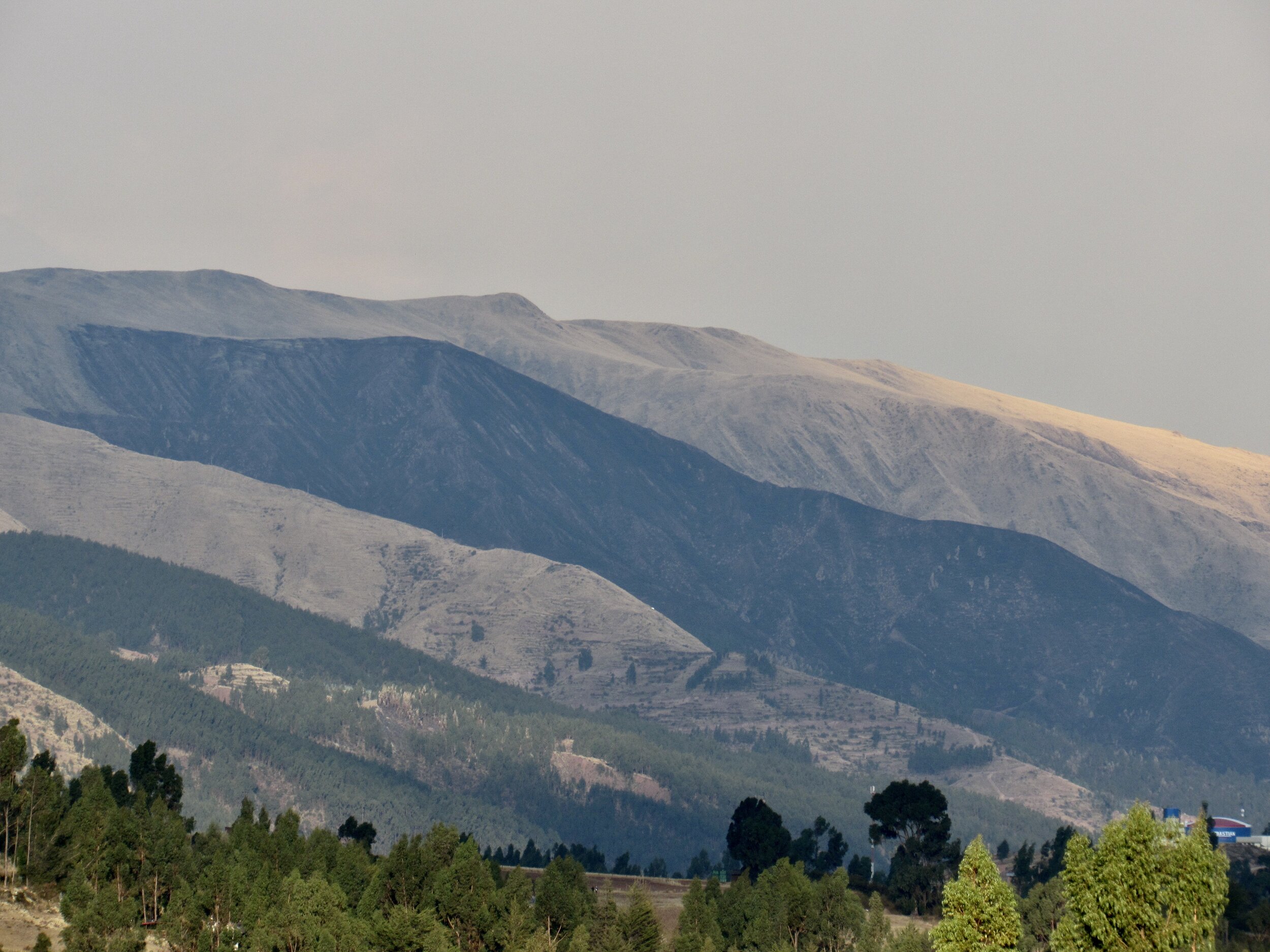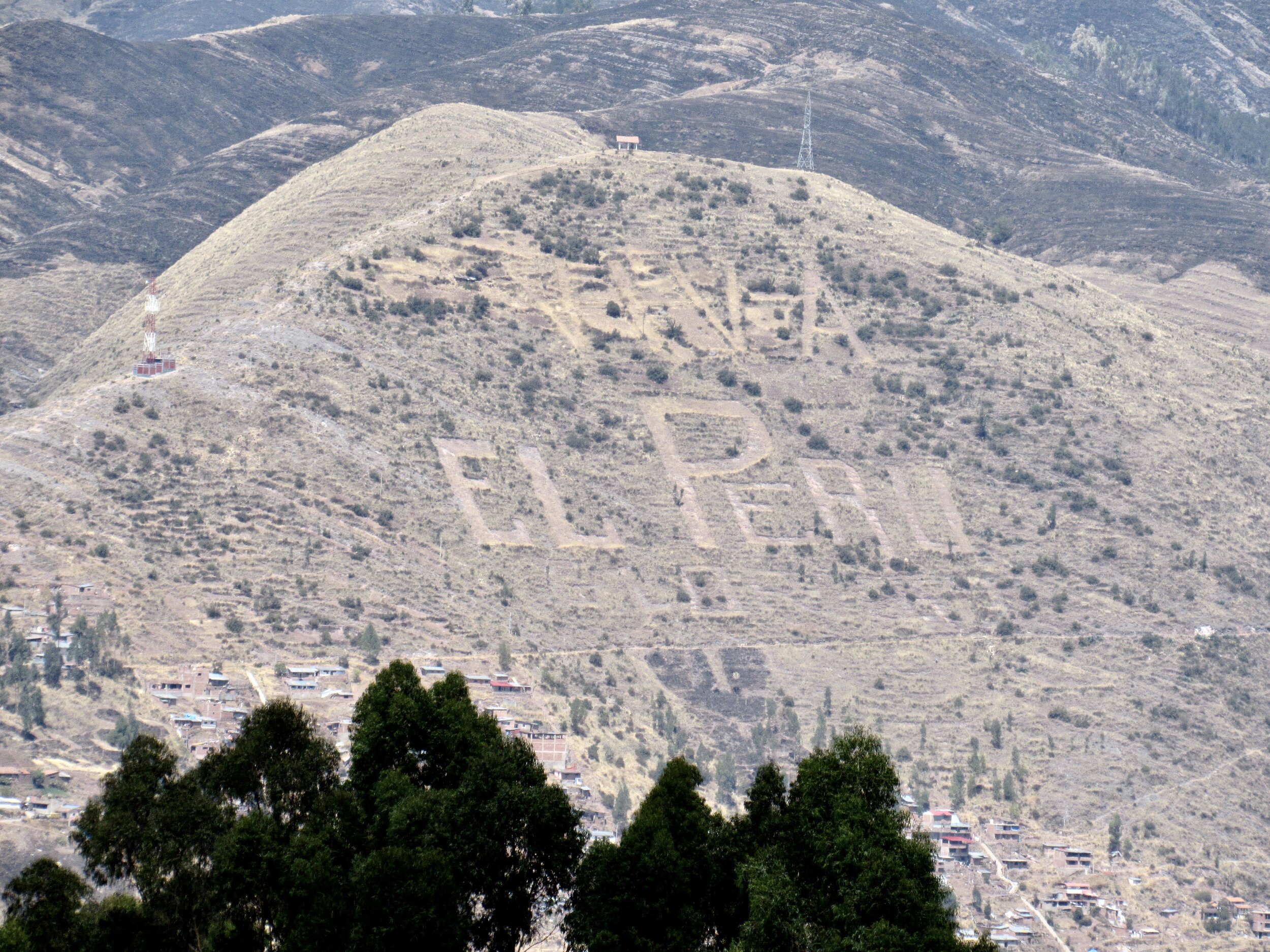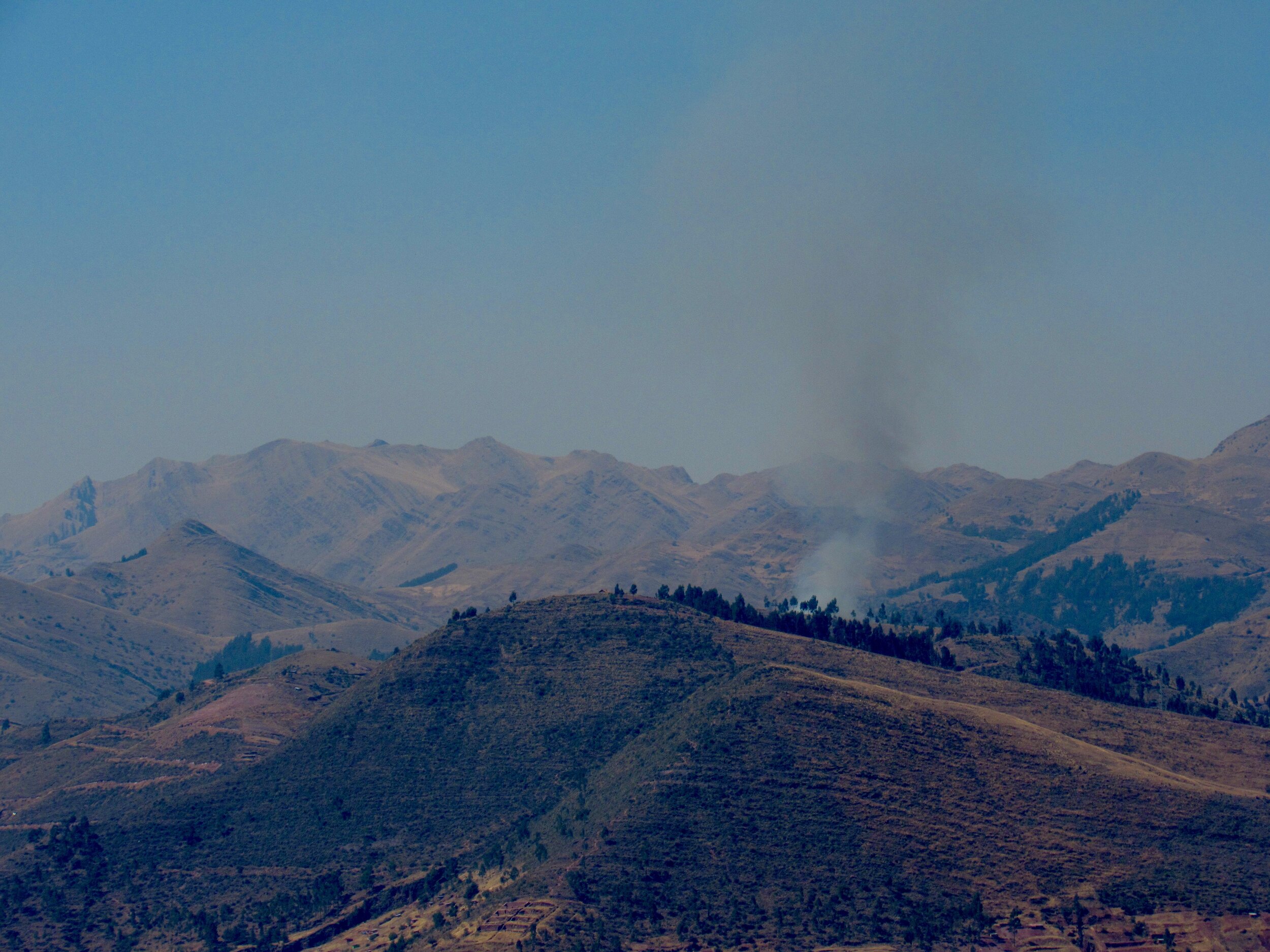Having Covid in Cusco
After more than a year writing about other people having Covid in Cusco, I now have the opportunity to write about the pandemic from a much more personal point of view.
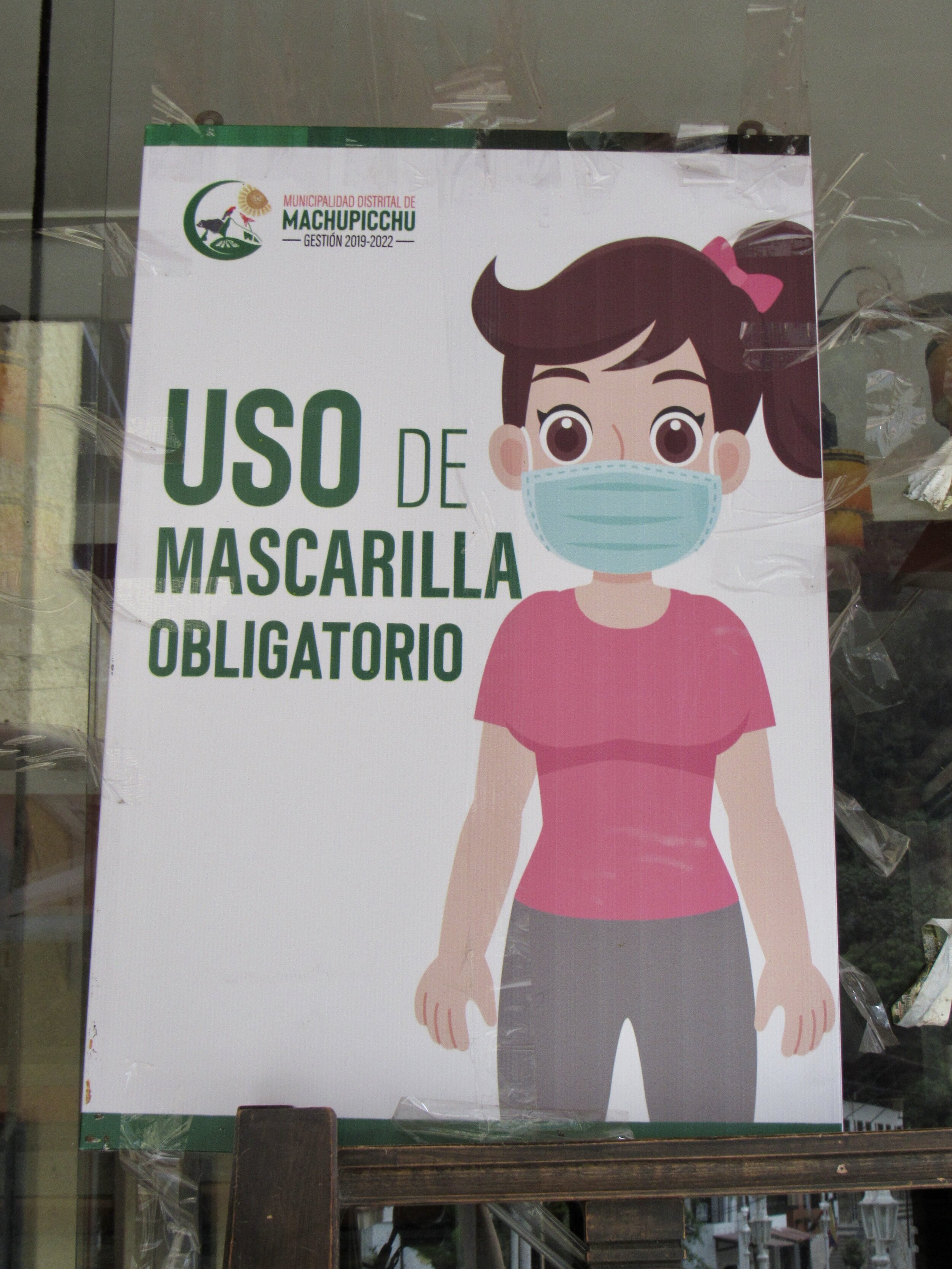
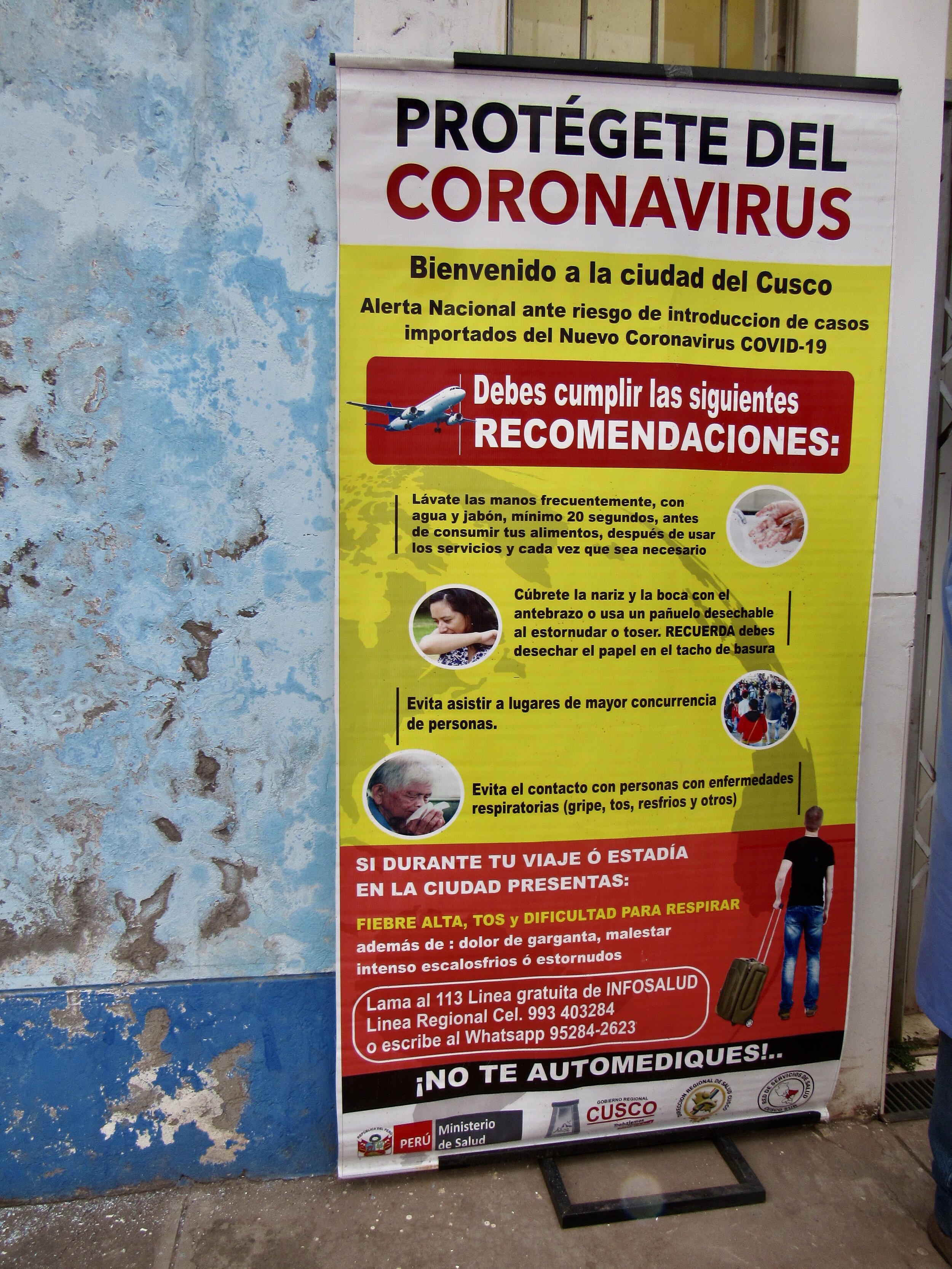
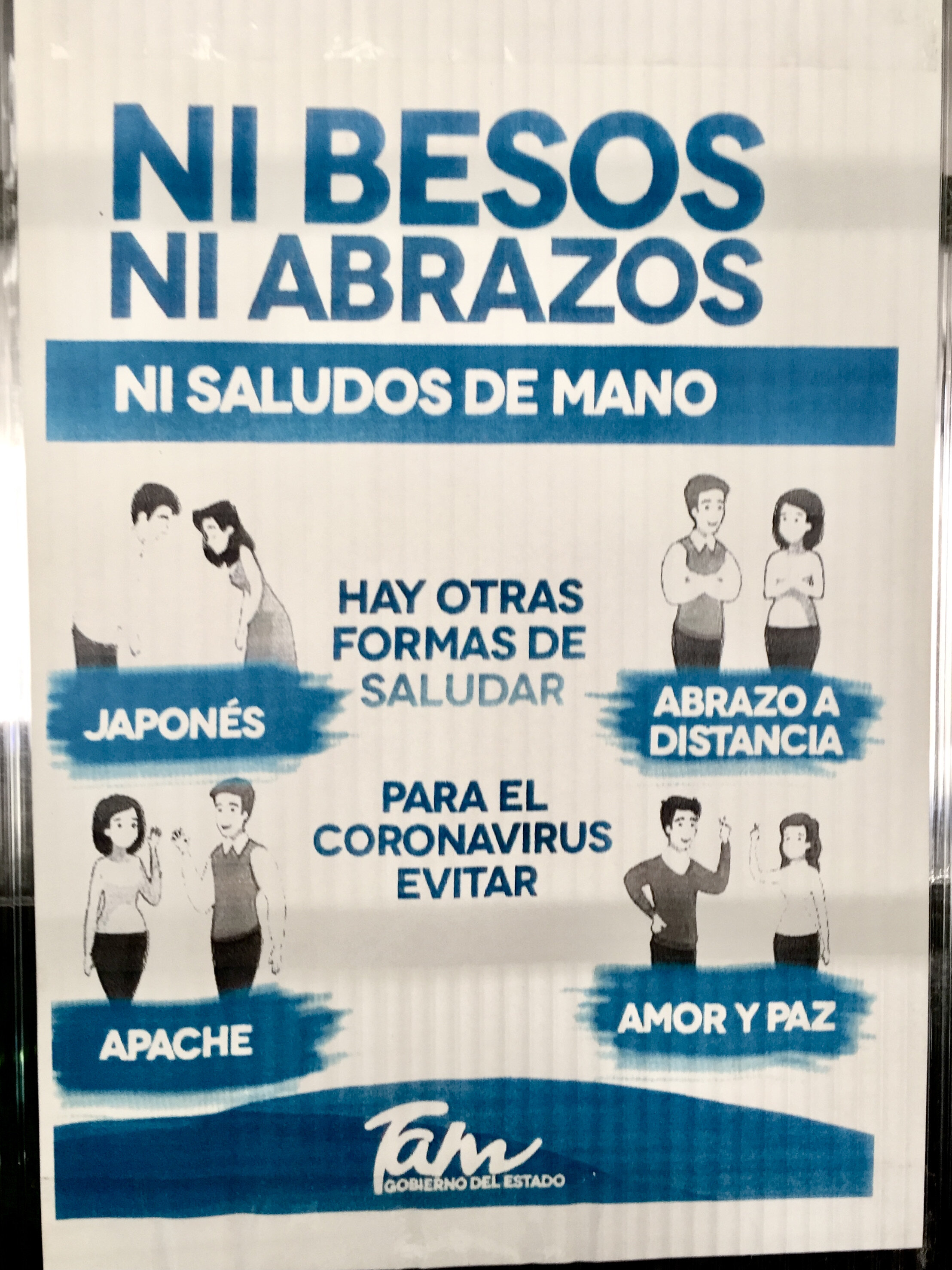
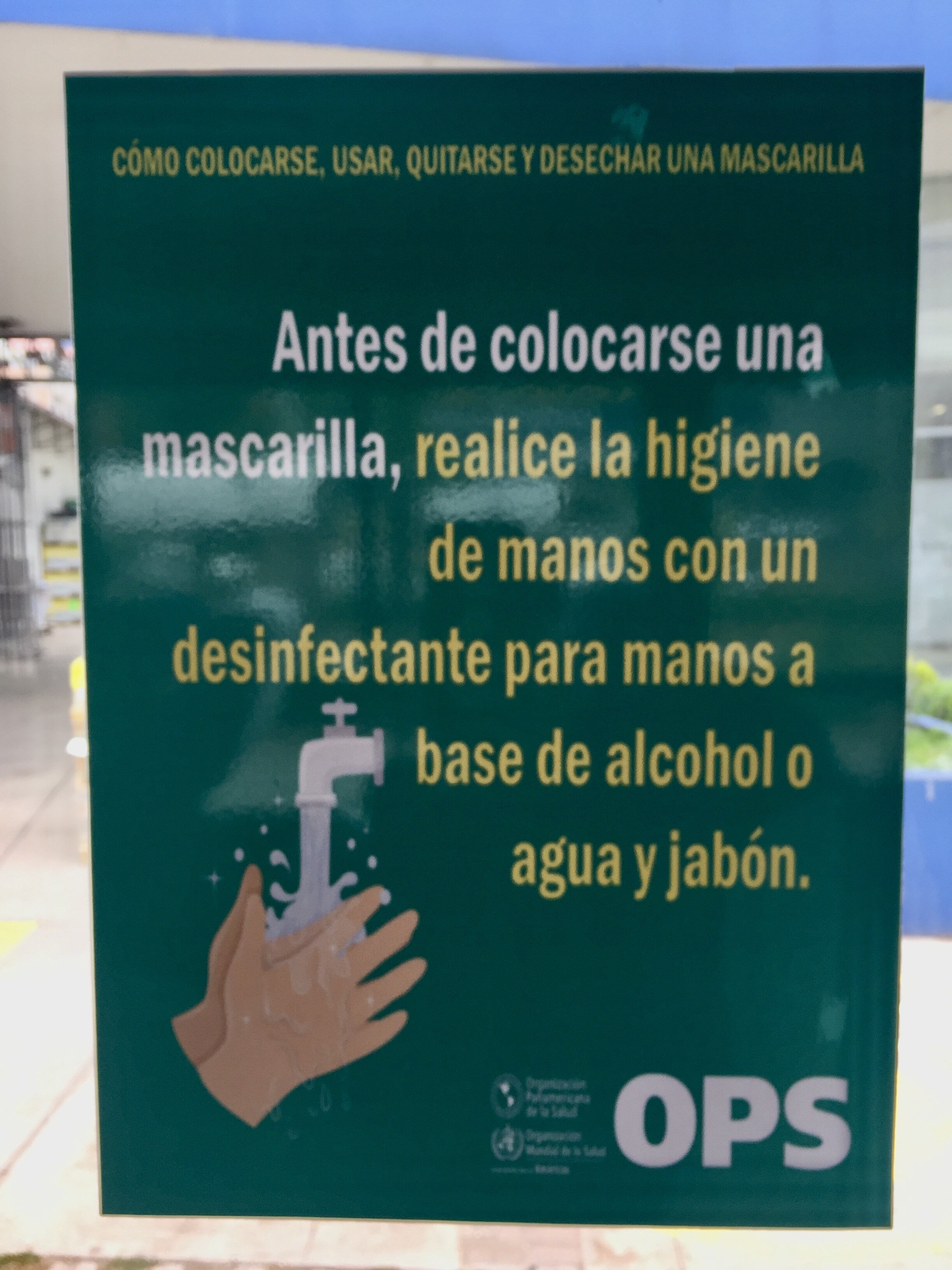
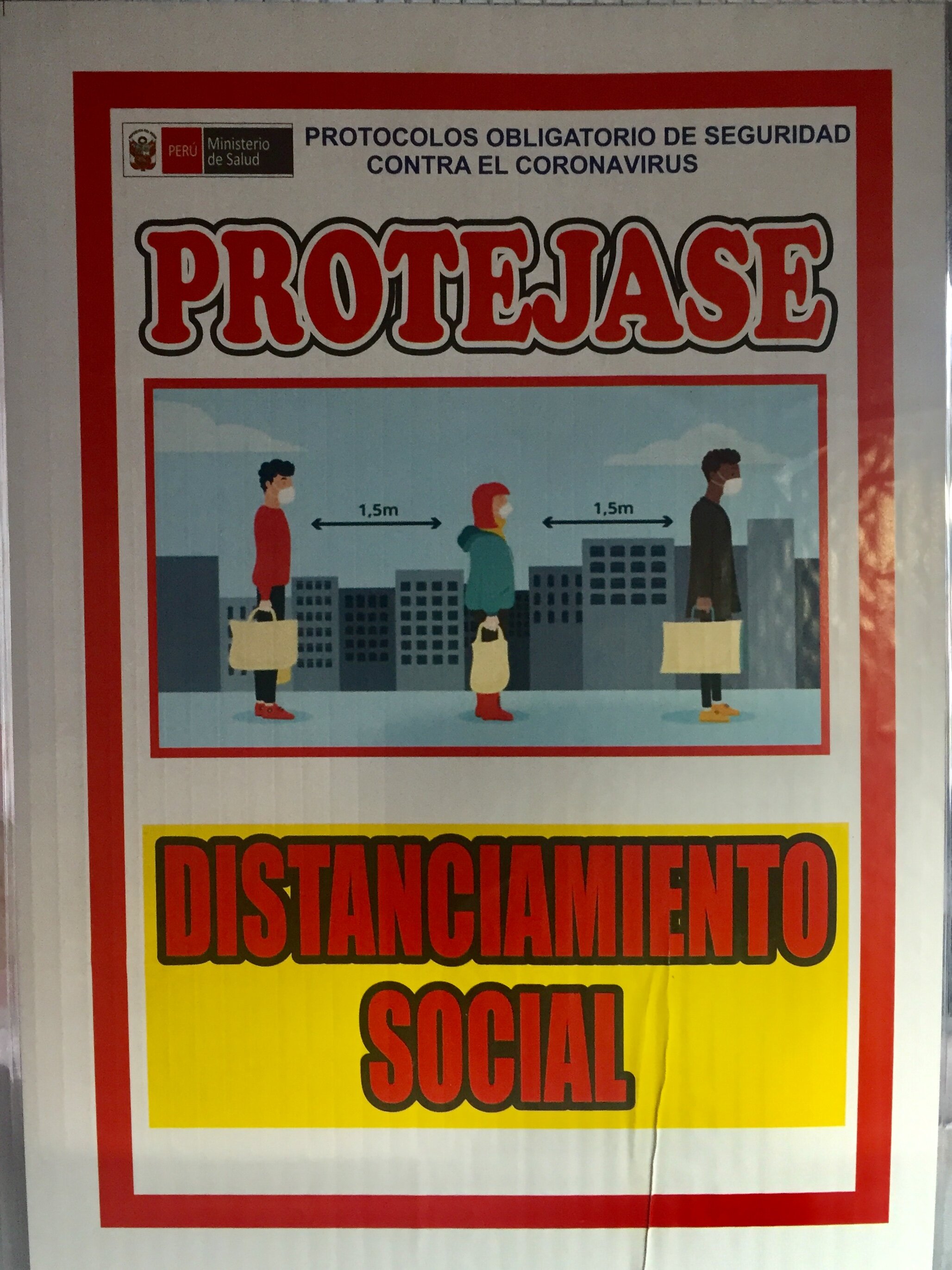

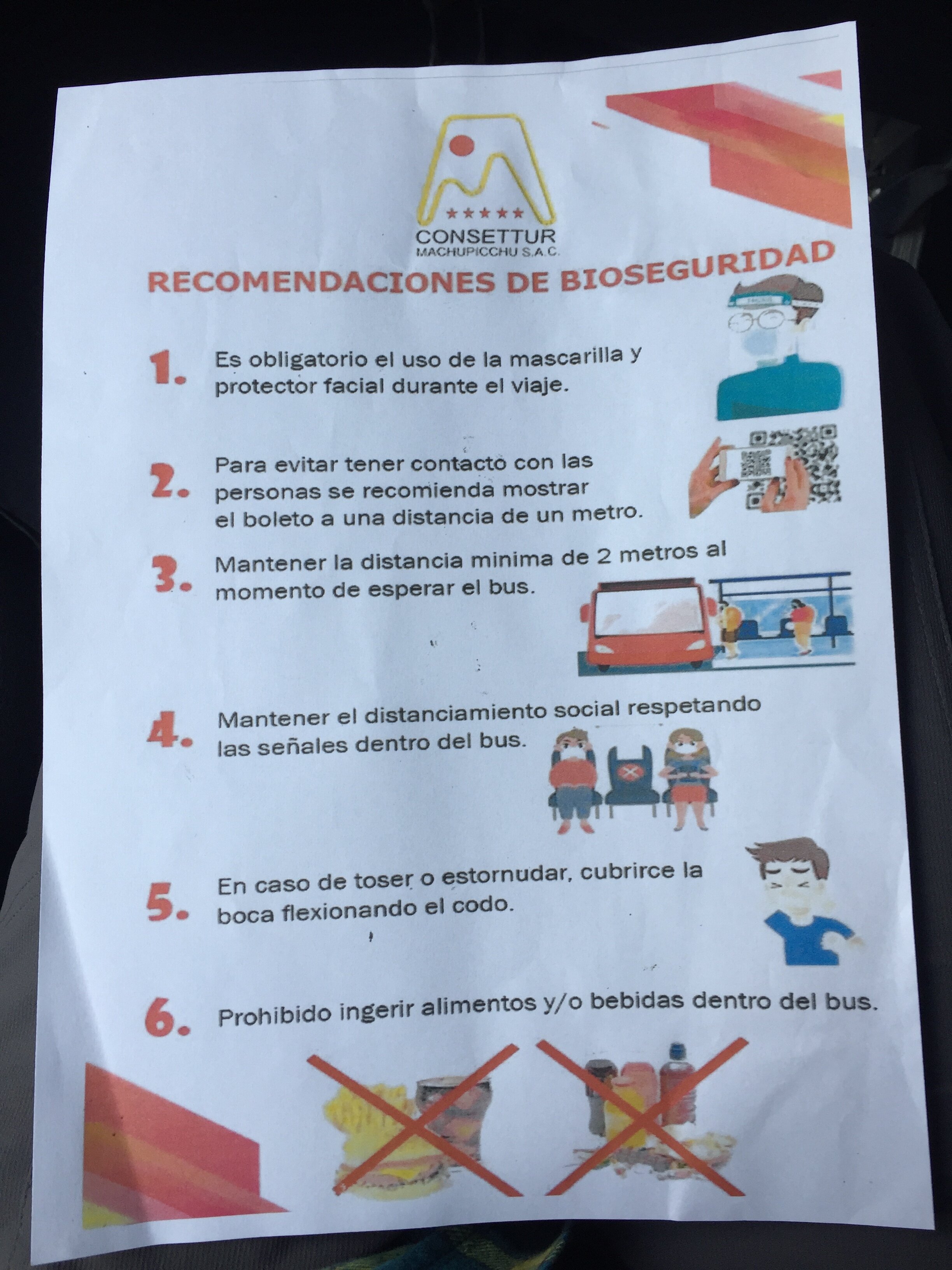
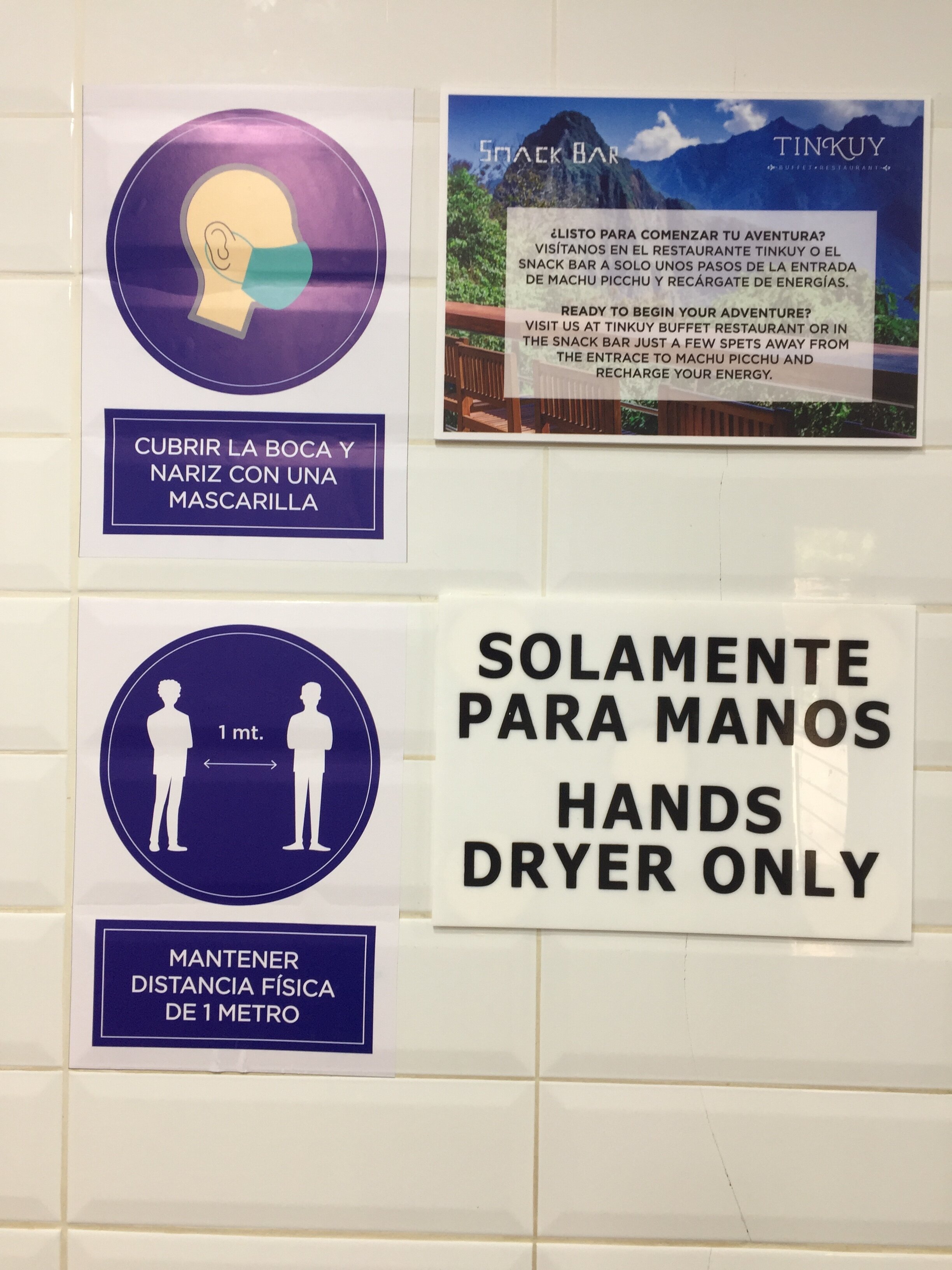
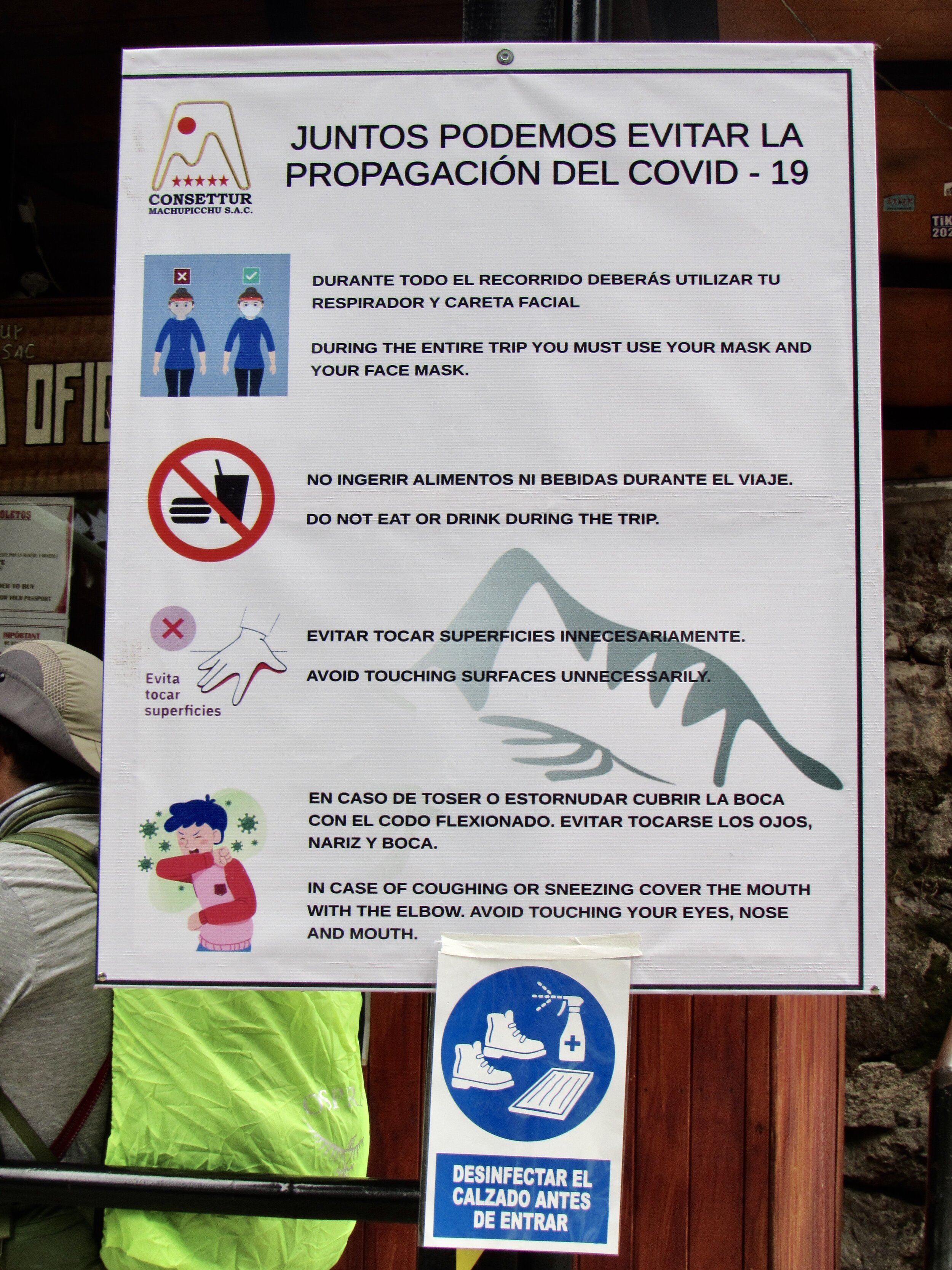
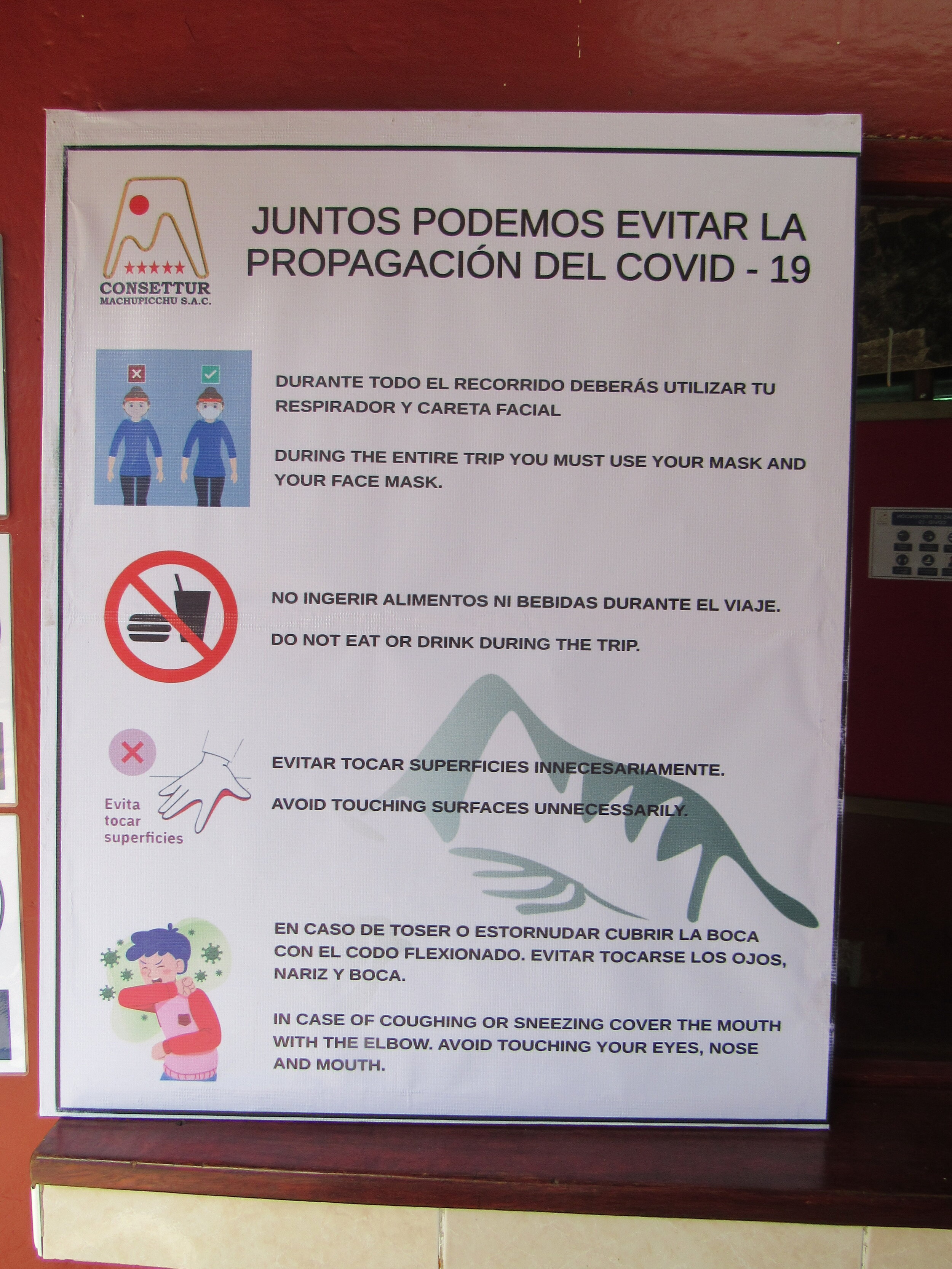
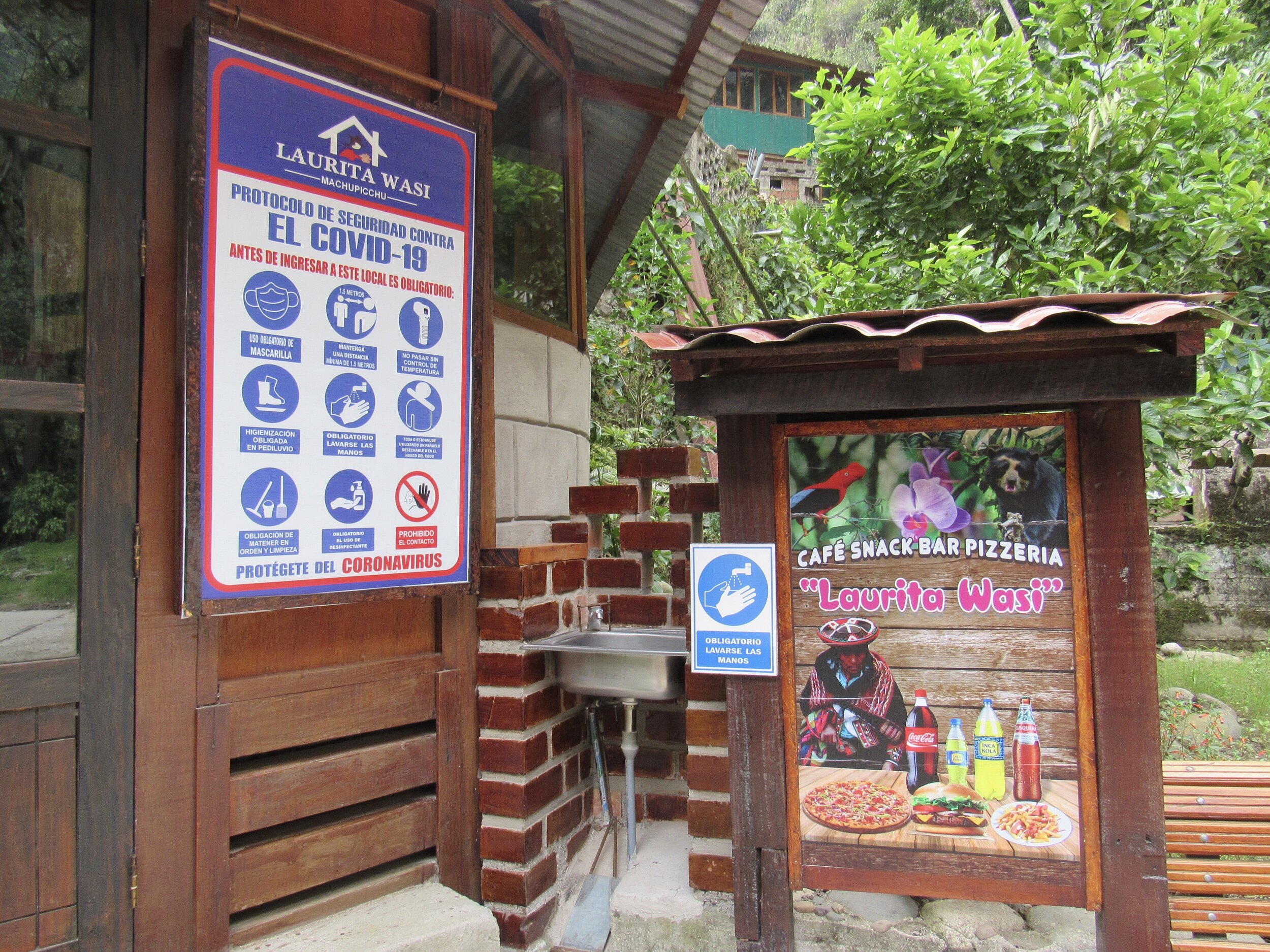

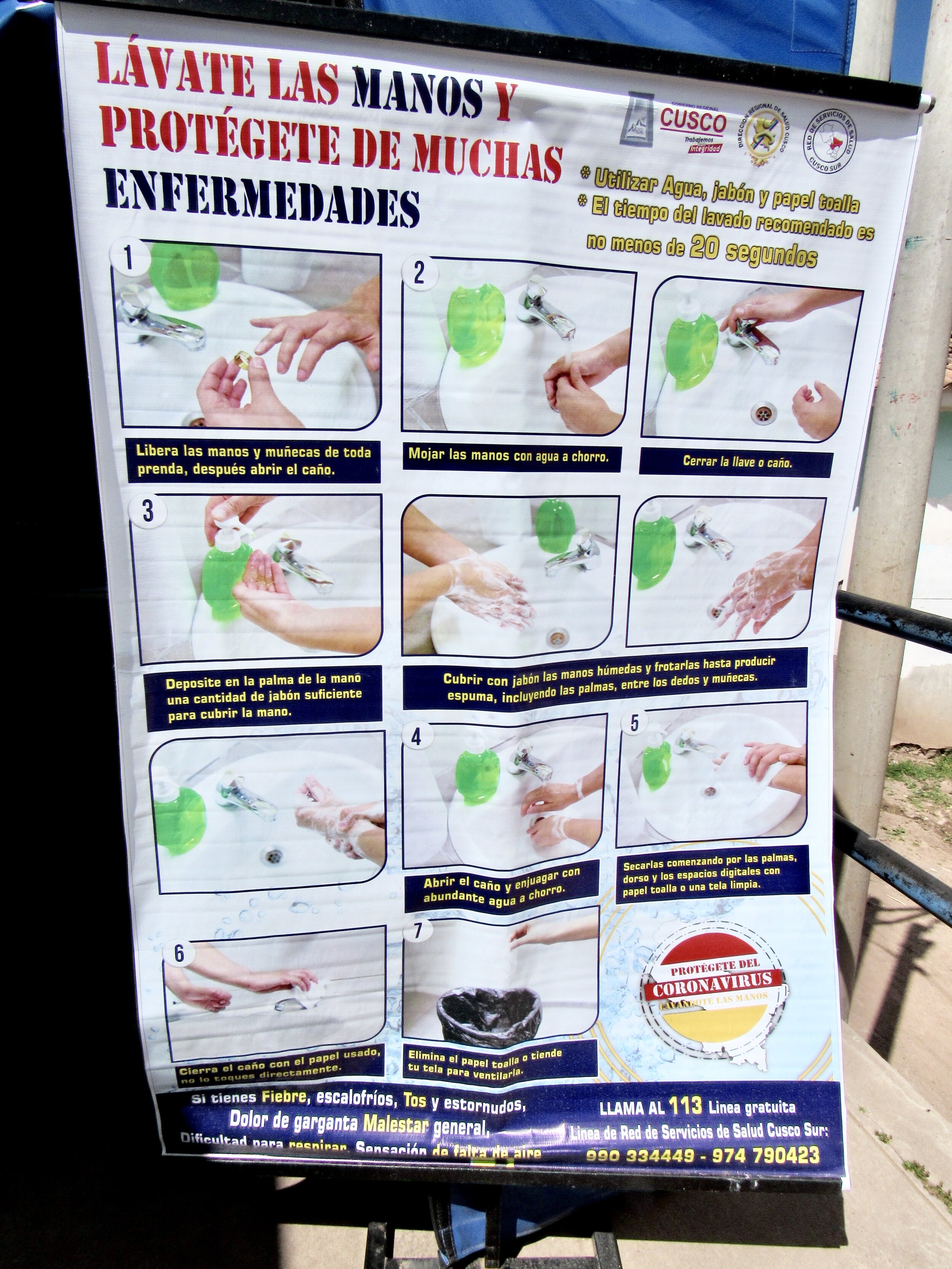
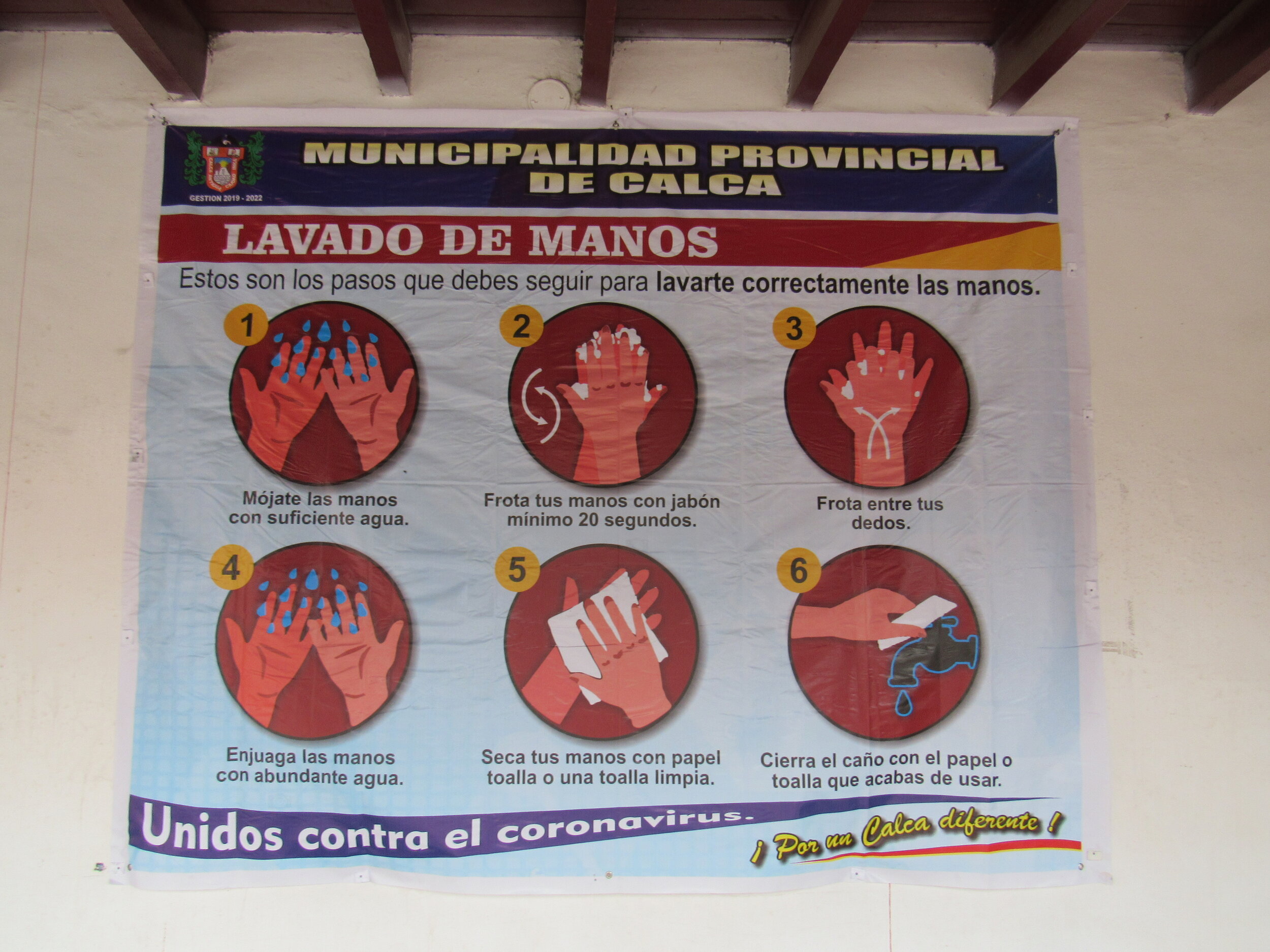
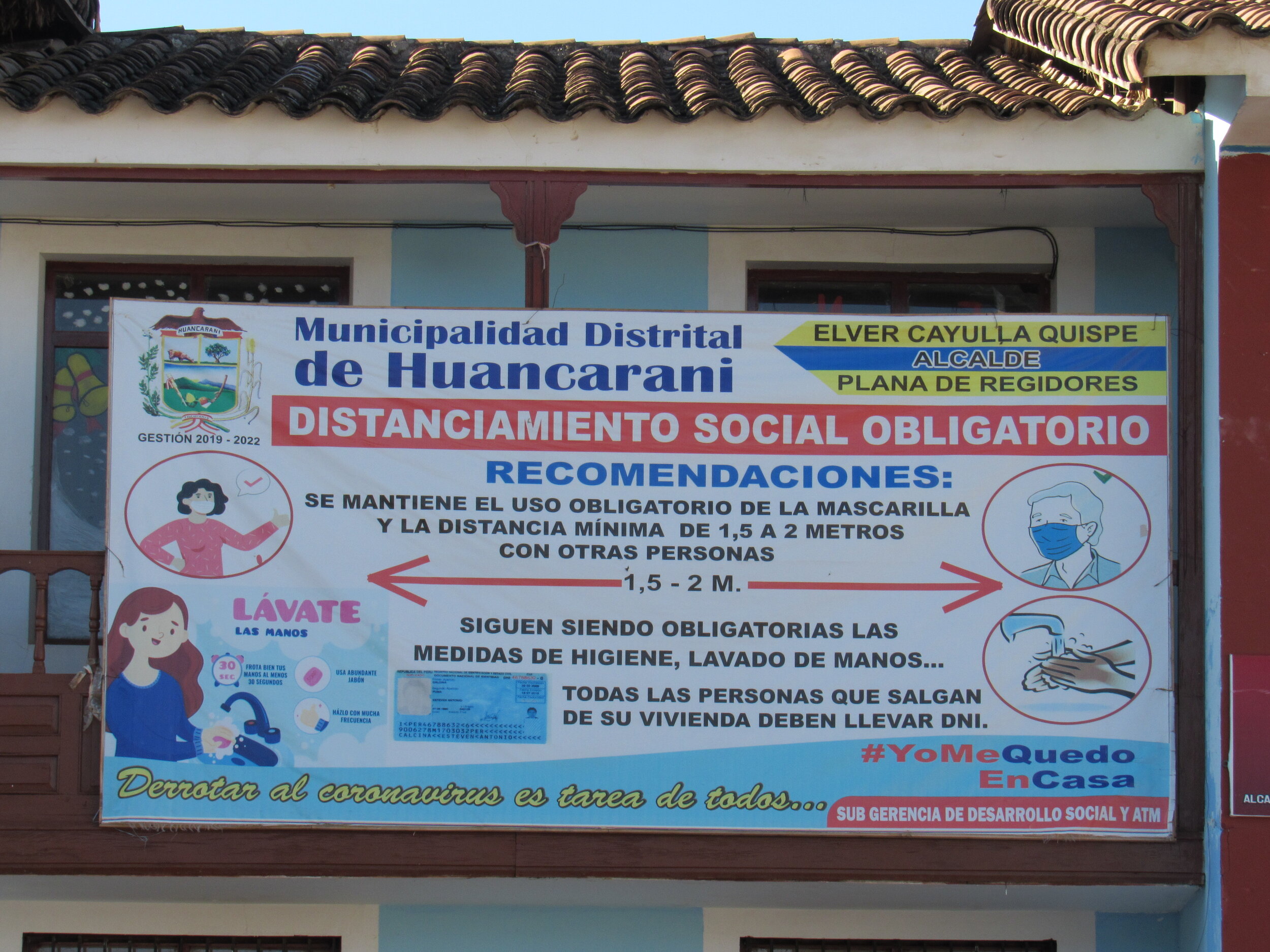
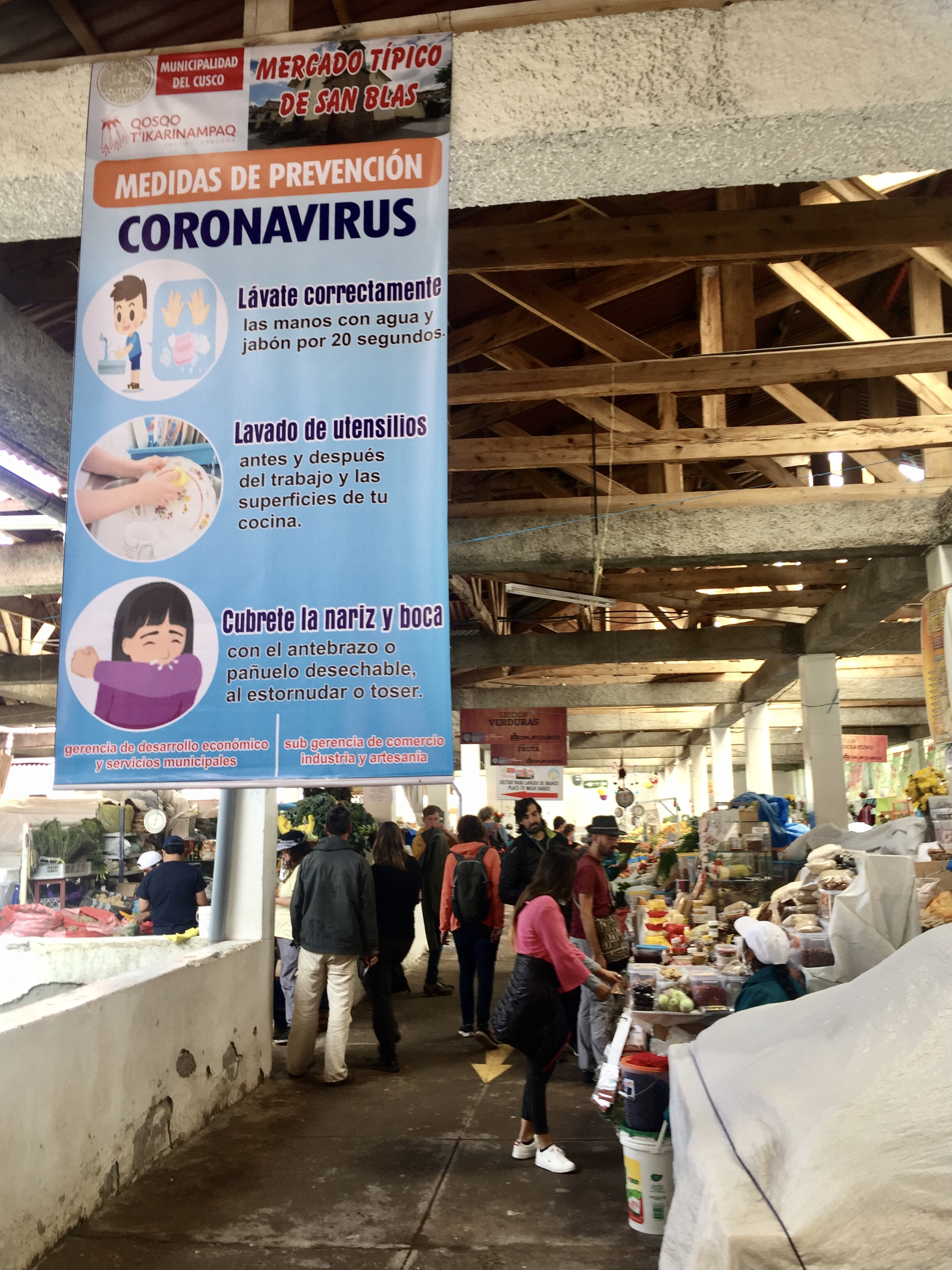

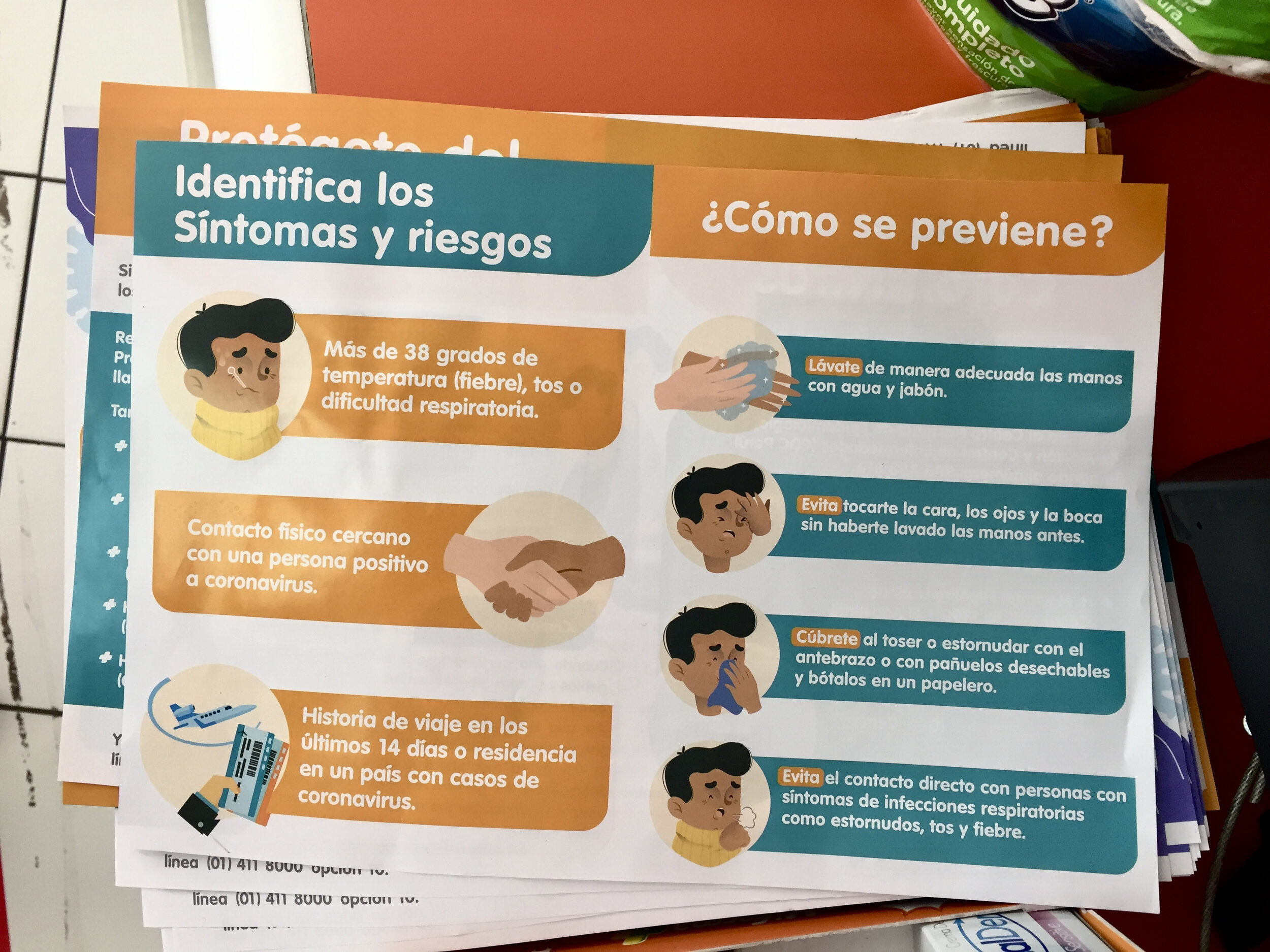
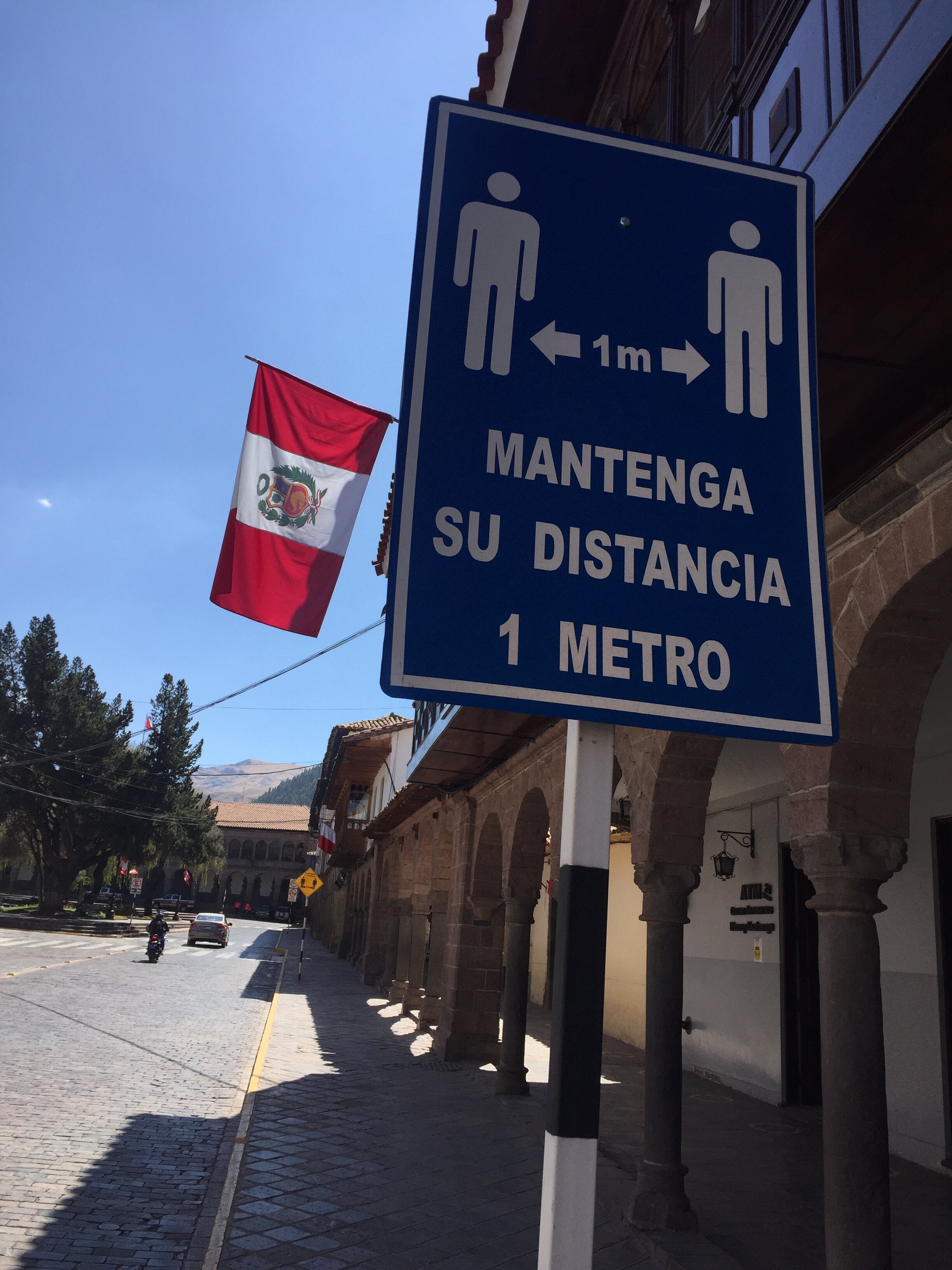

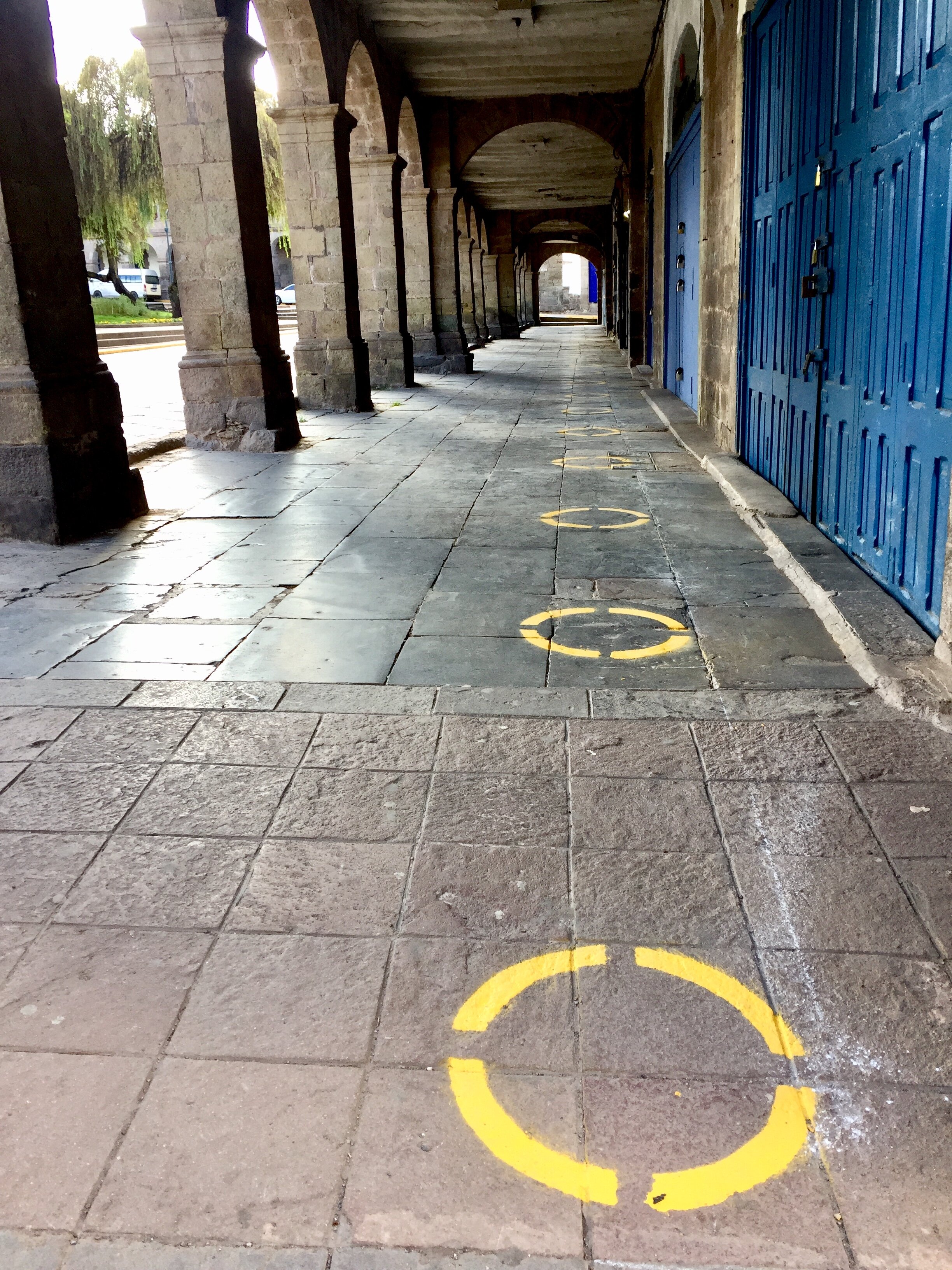
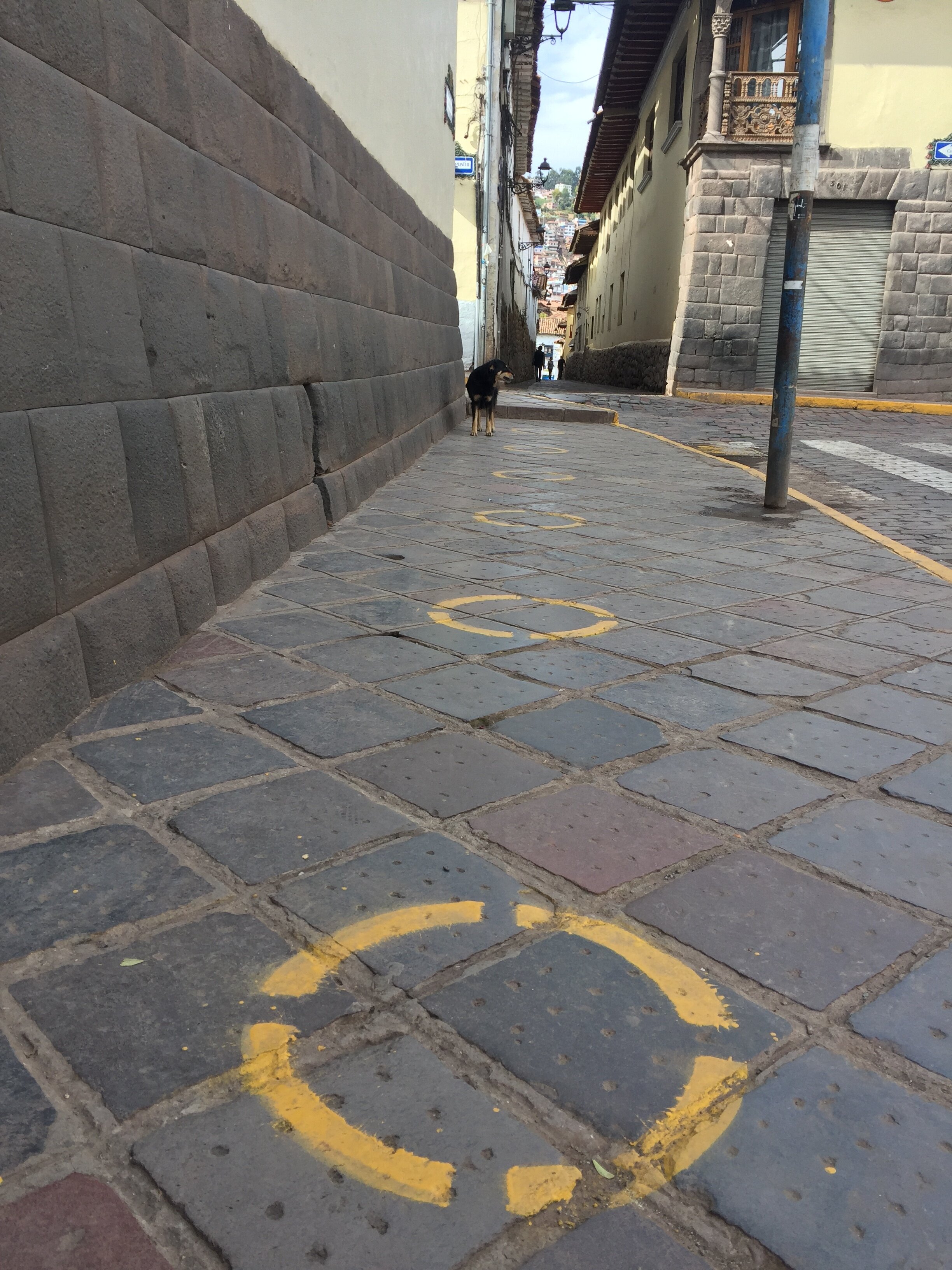
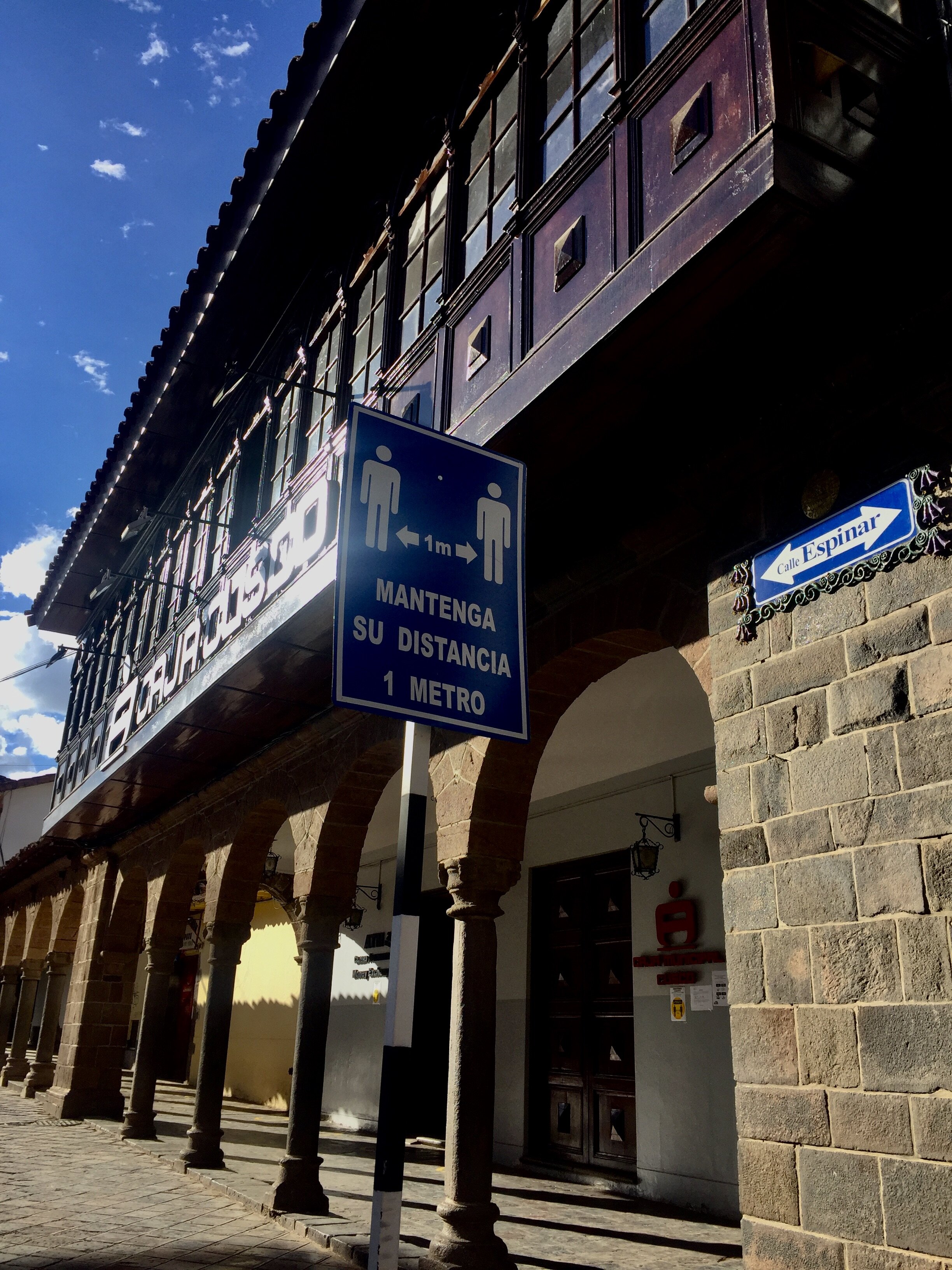
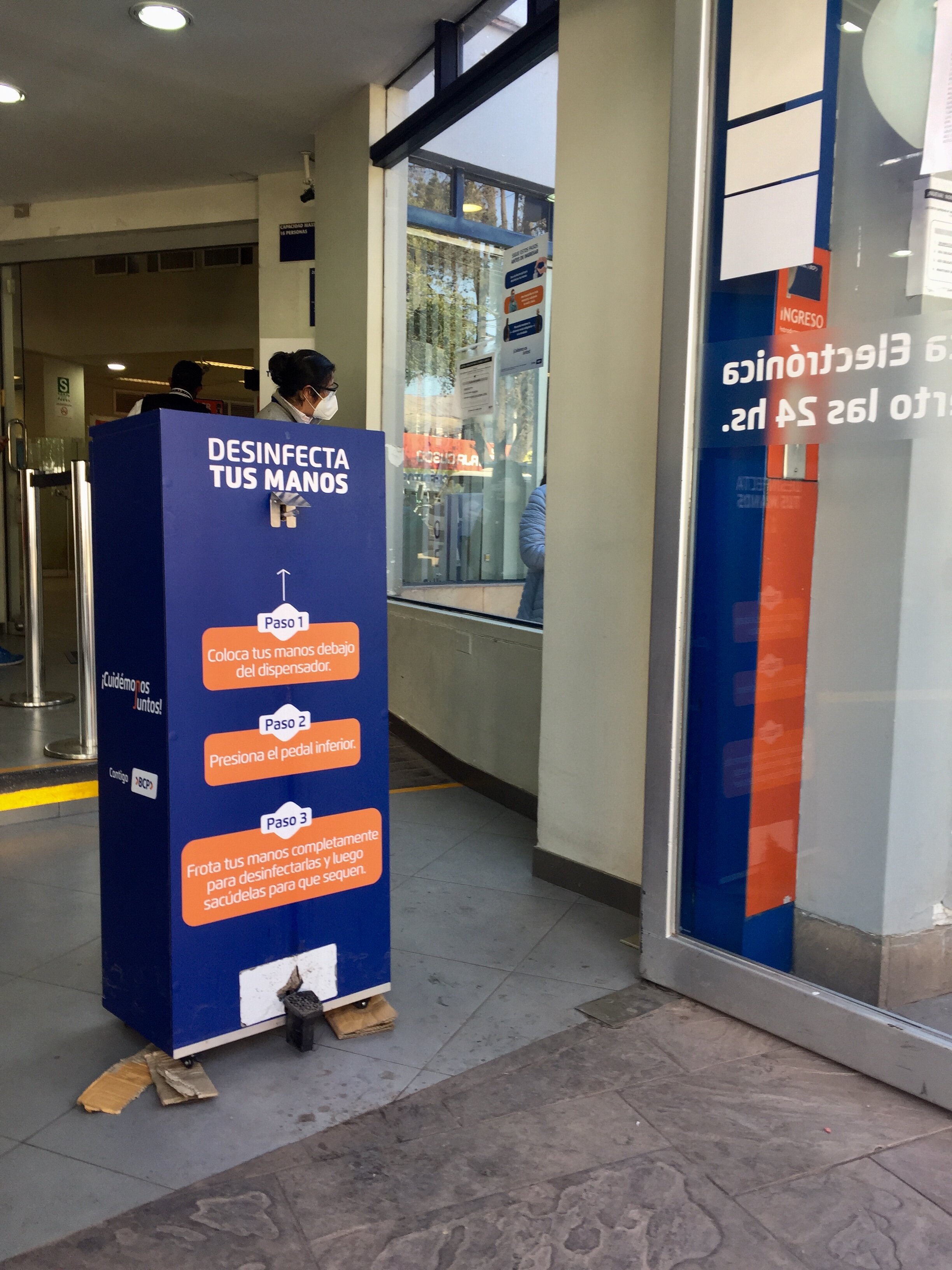
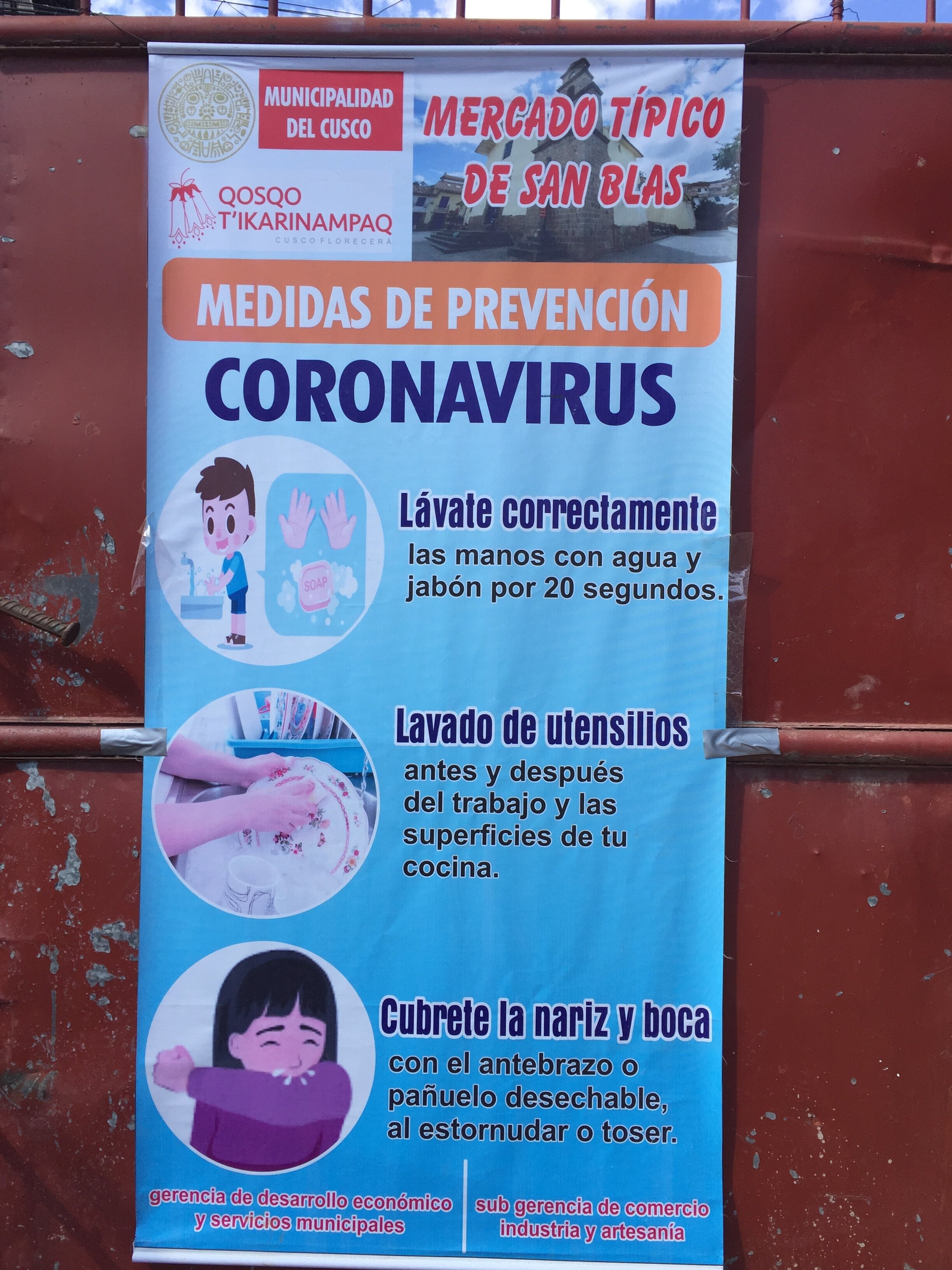
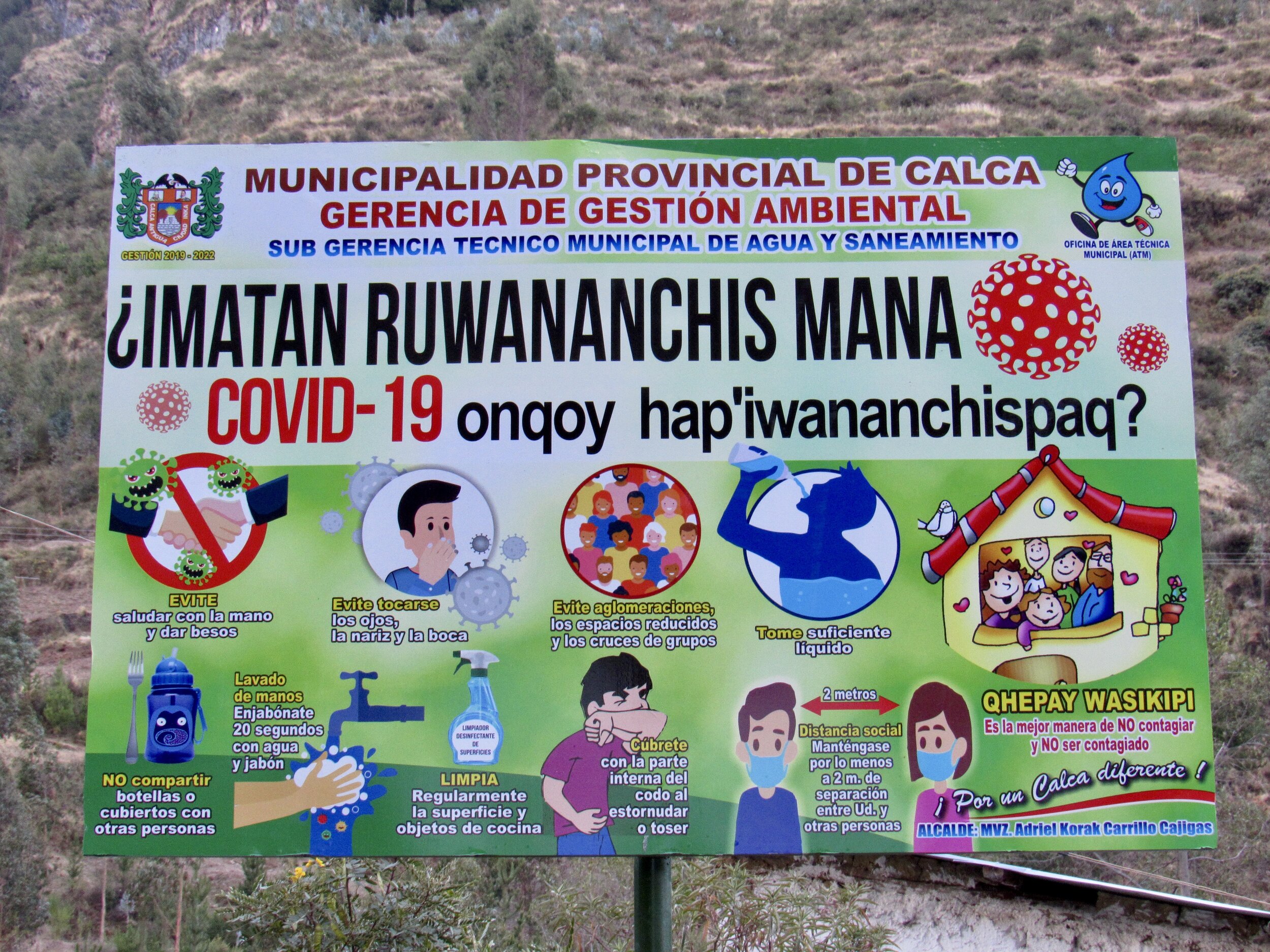
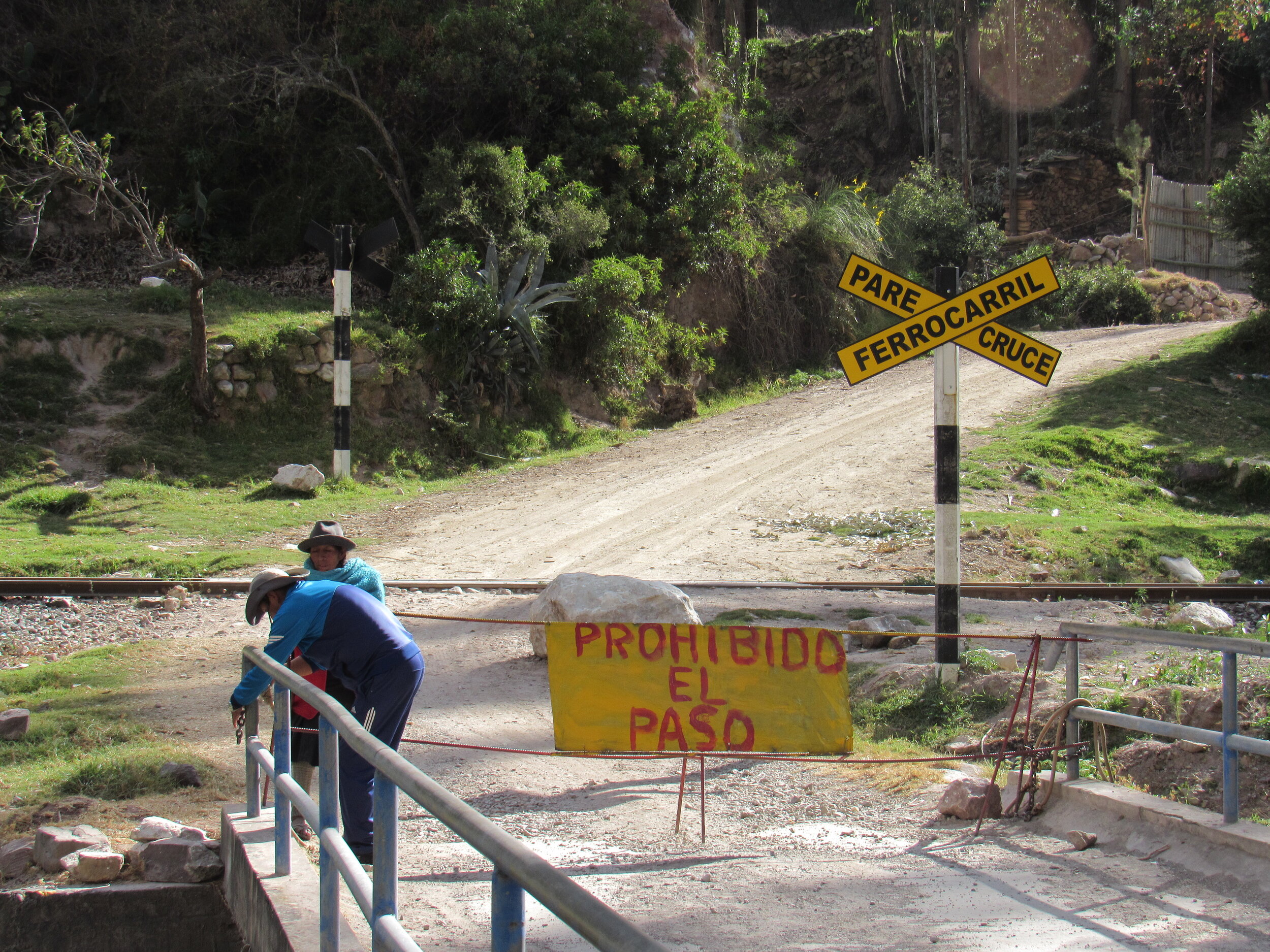
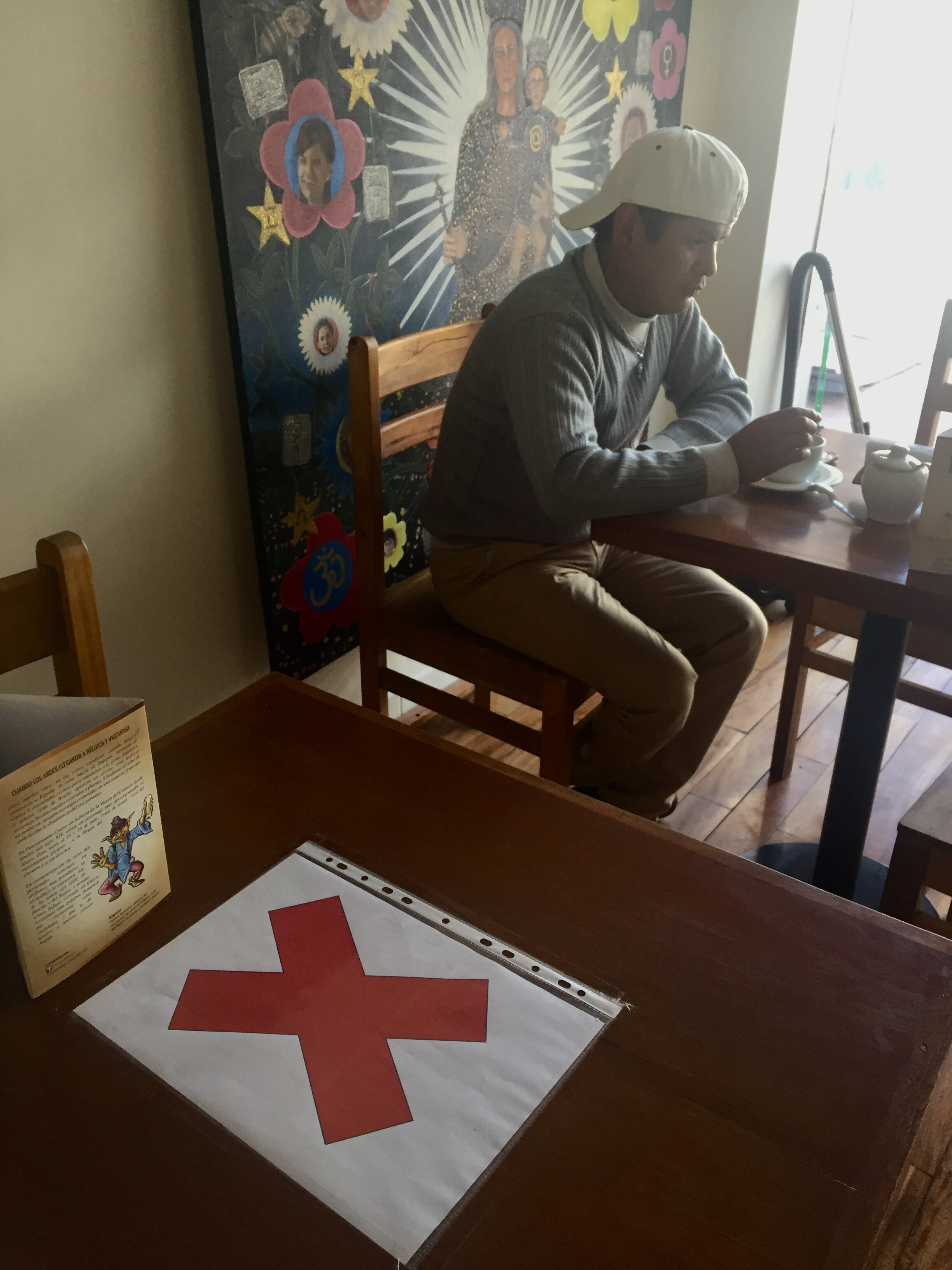
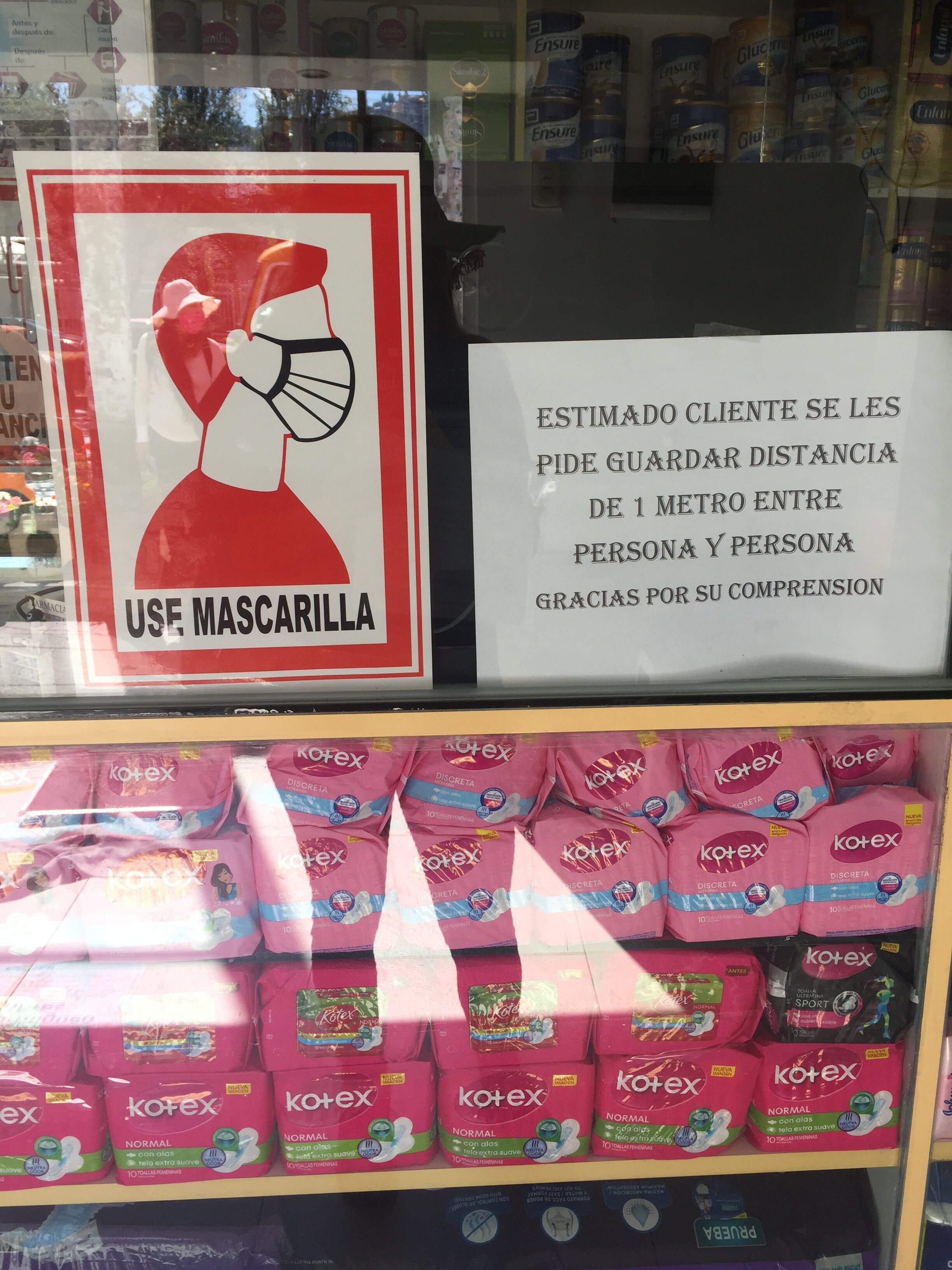
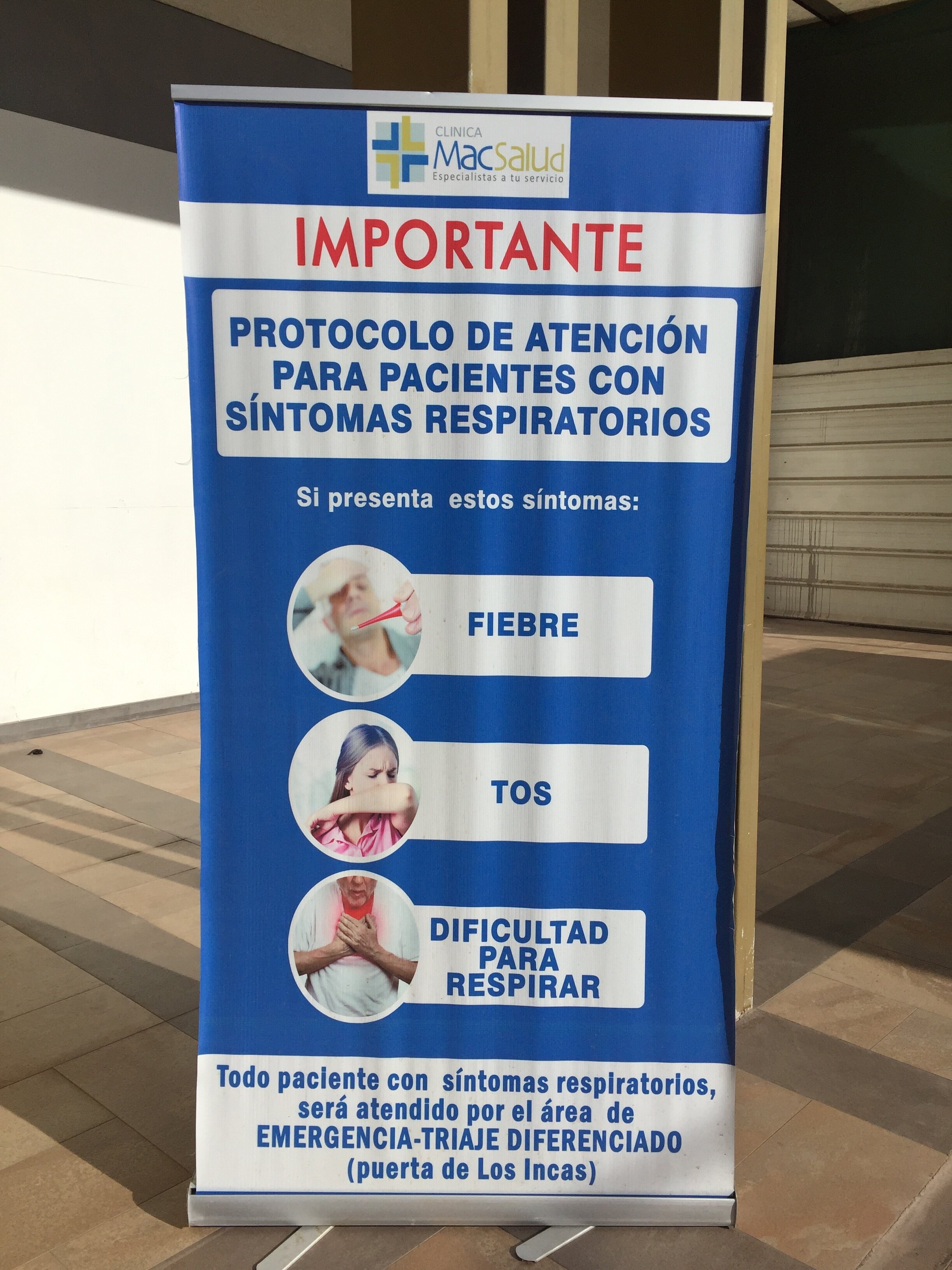
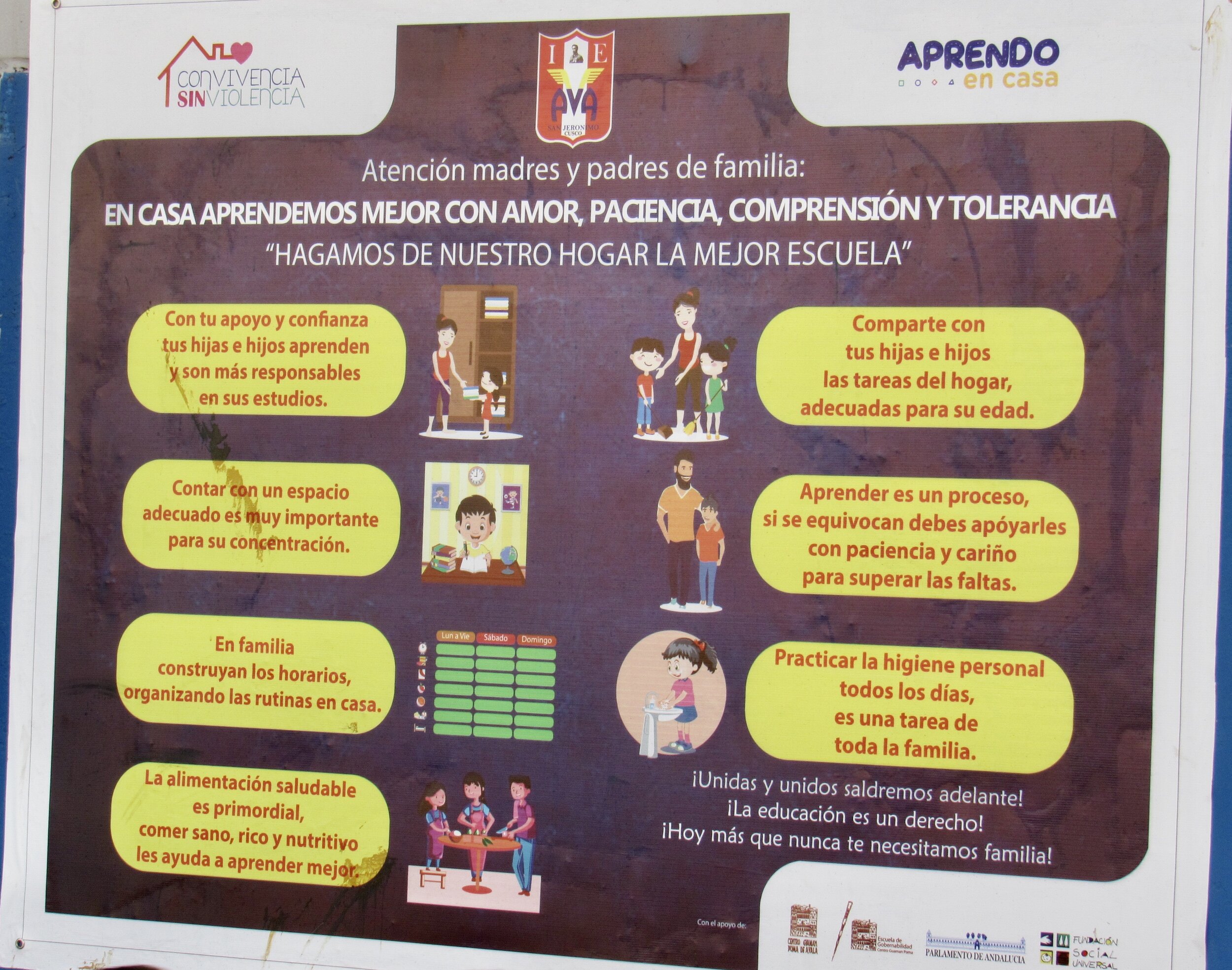
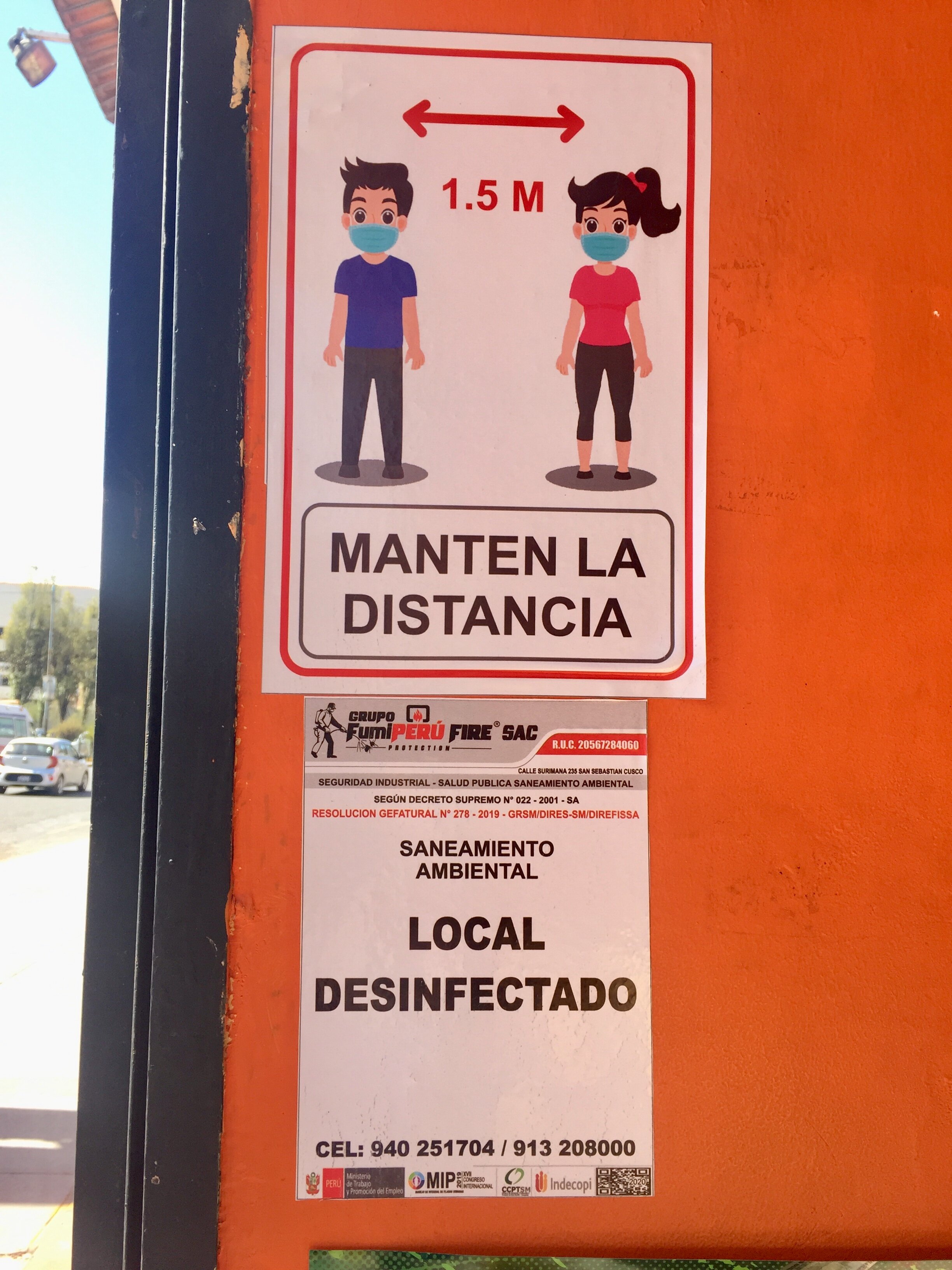
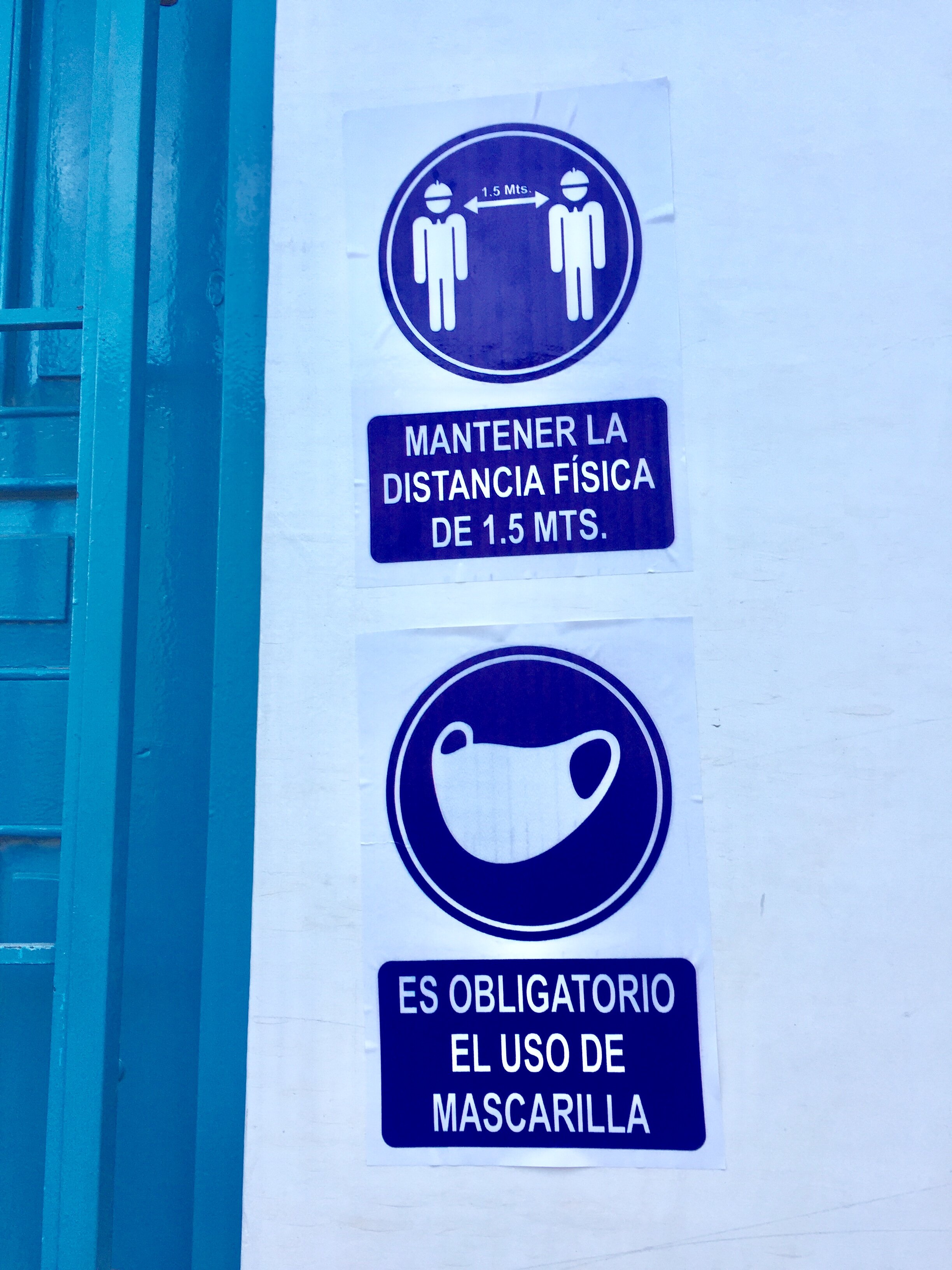
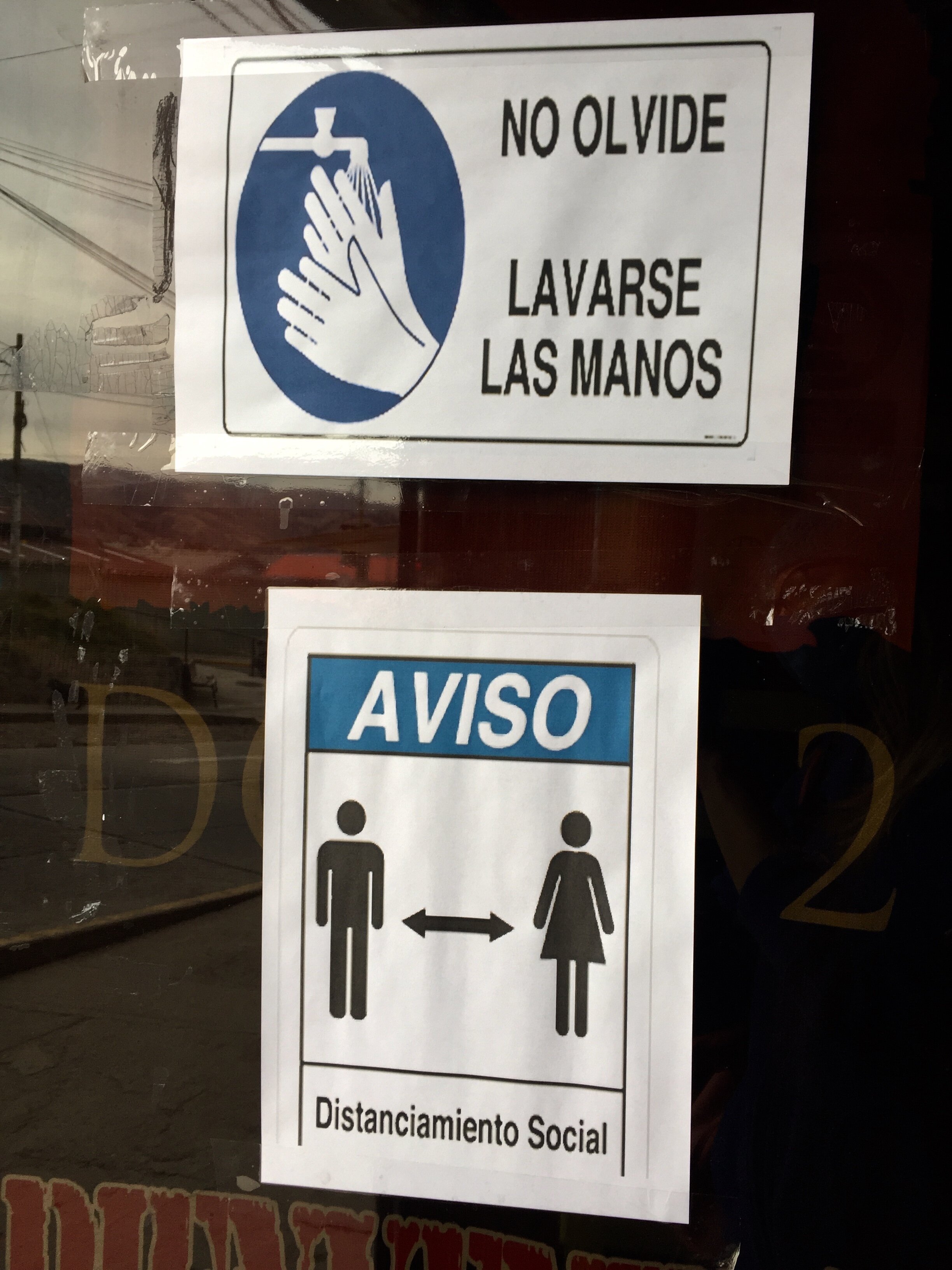
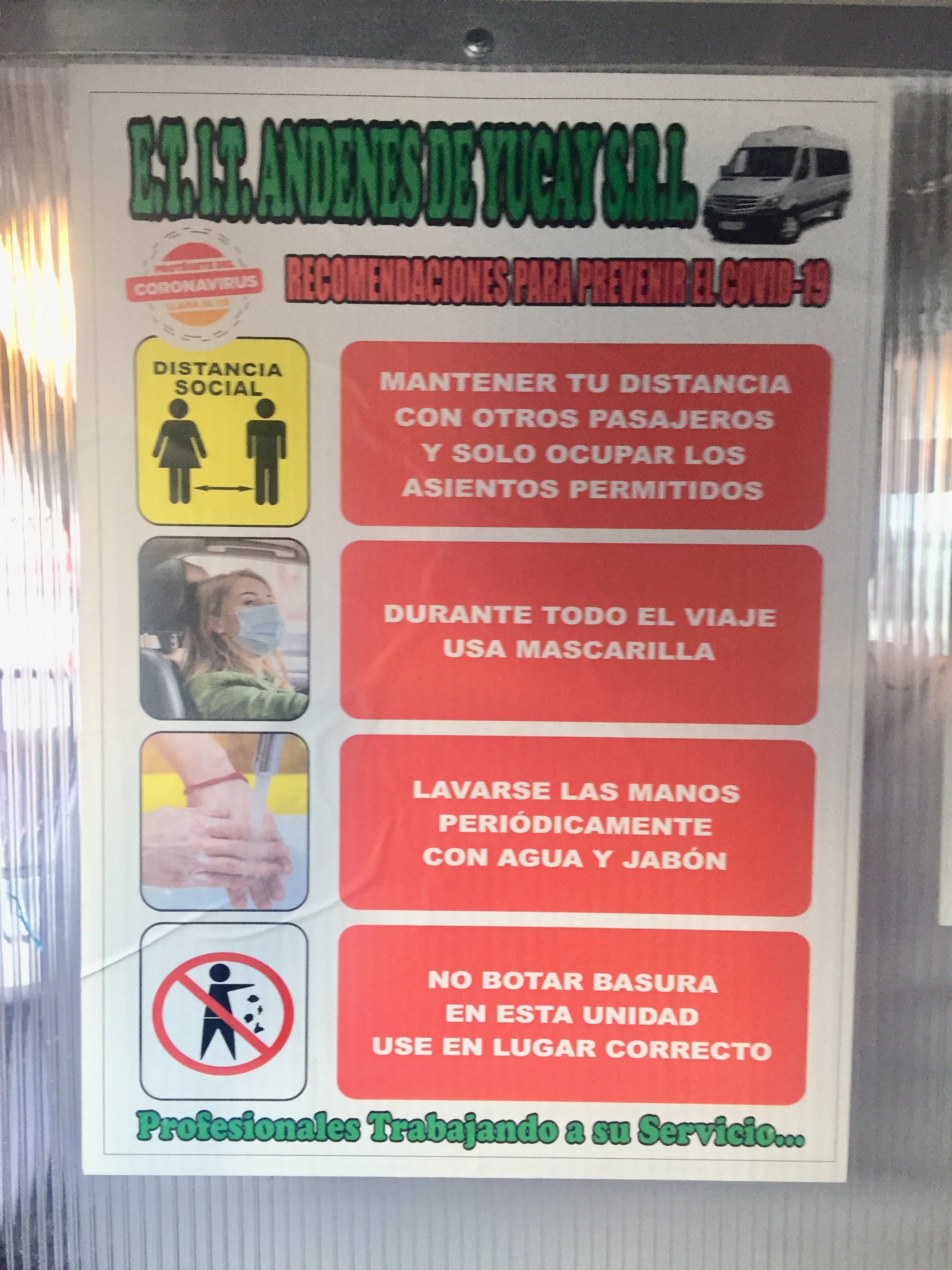
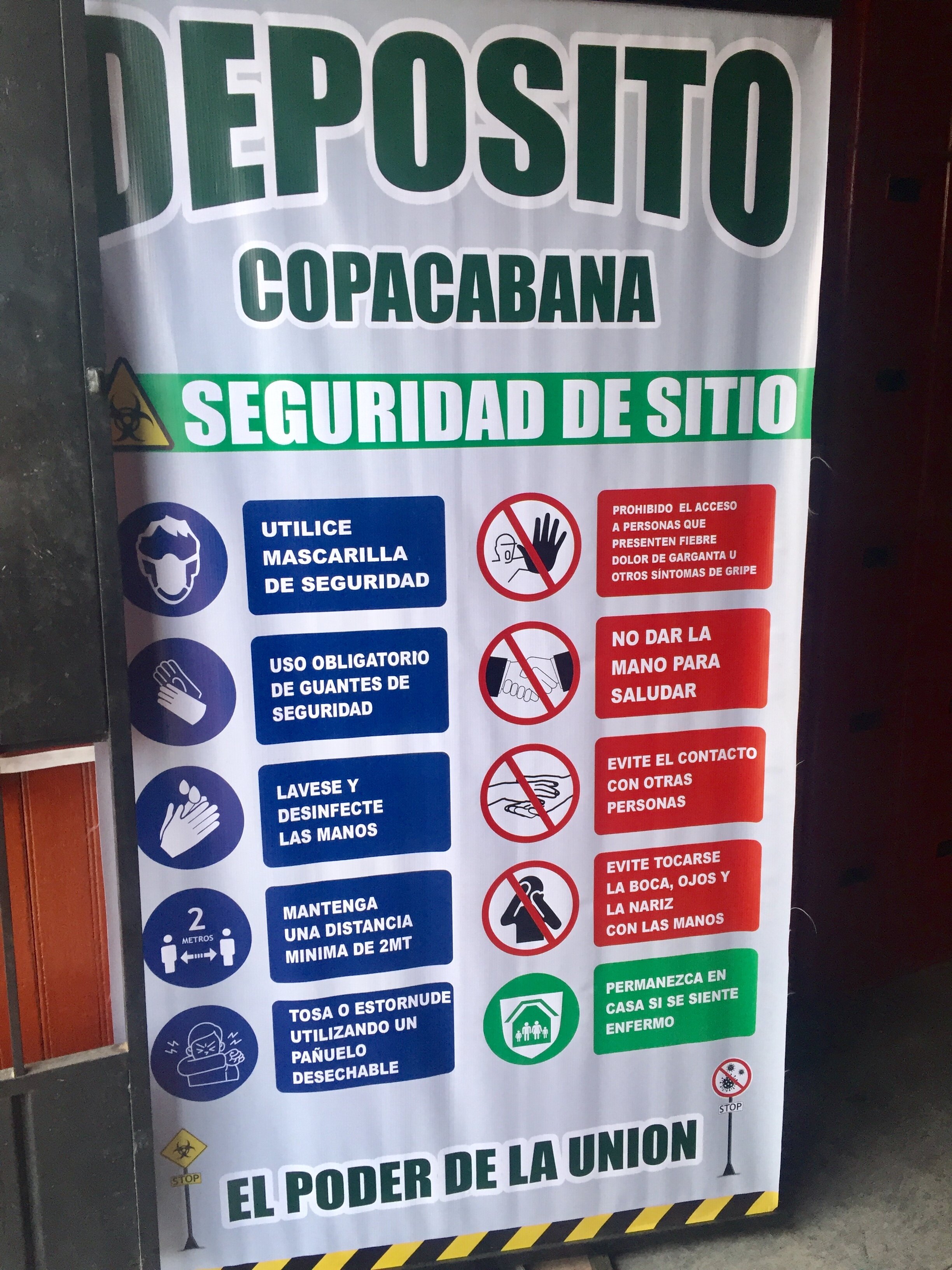
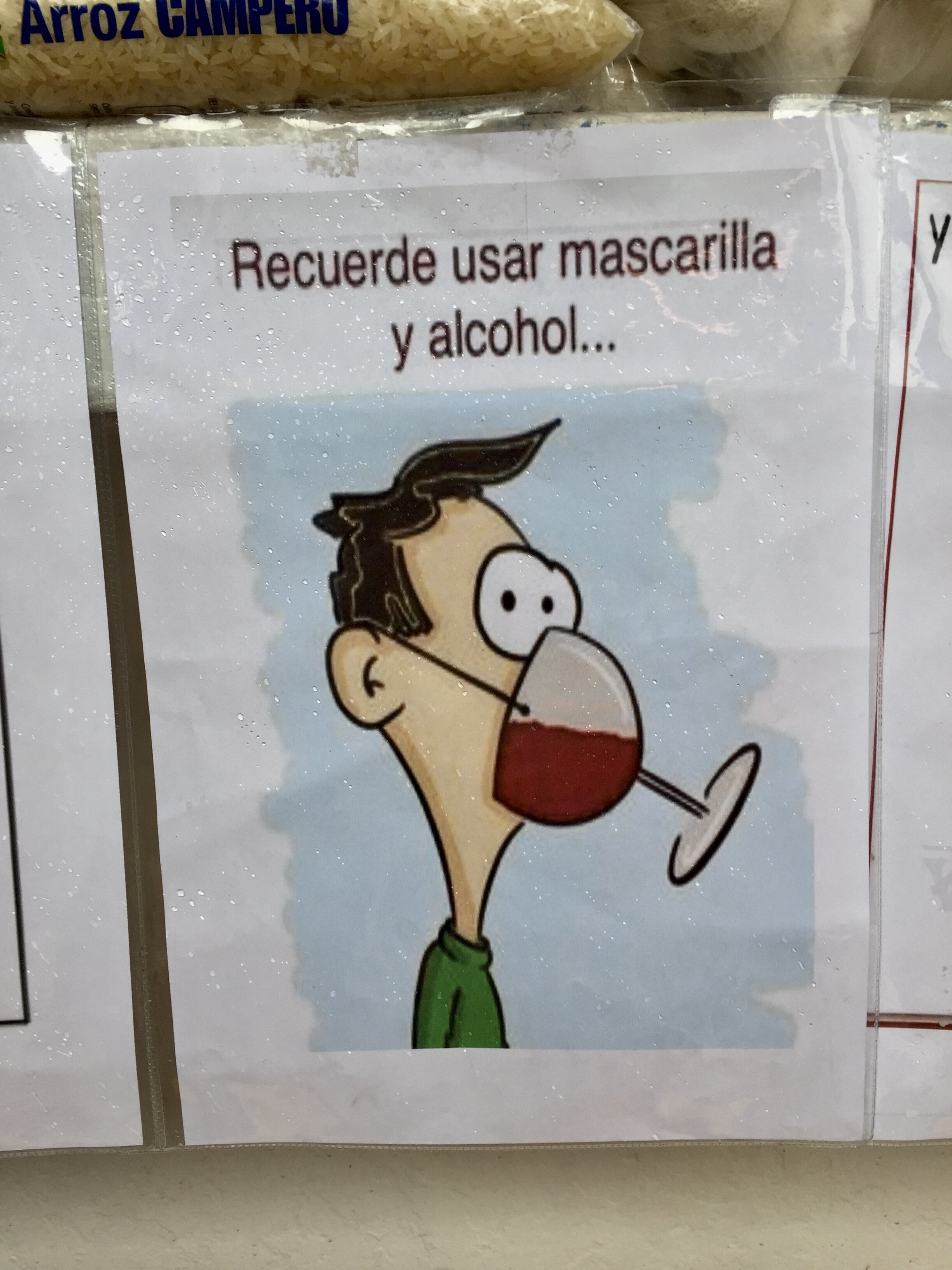
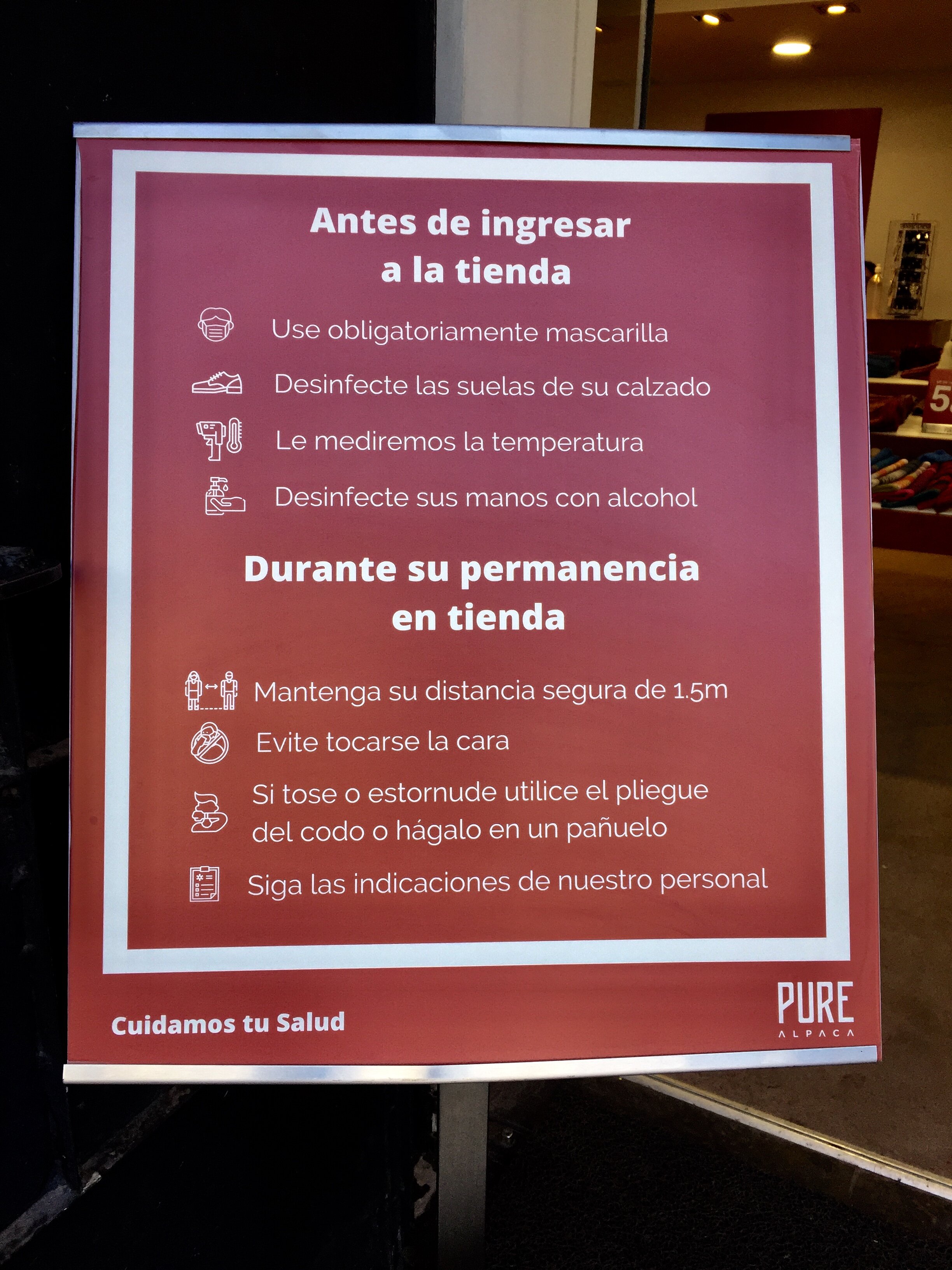
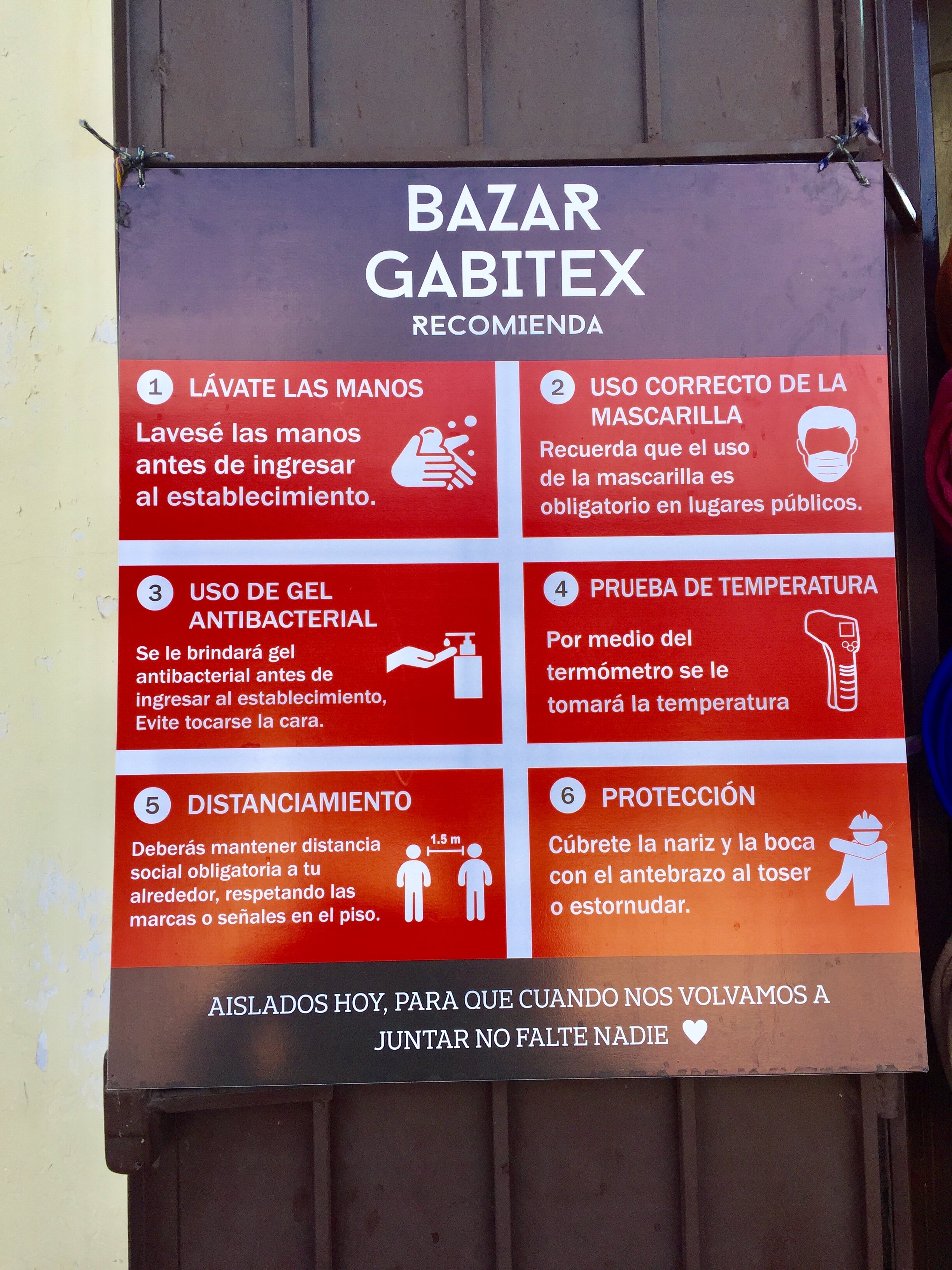

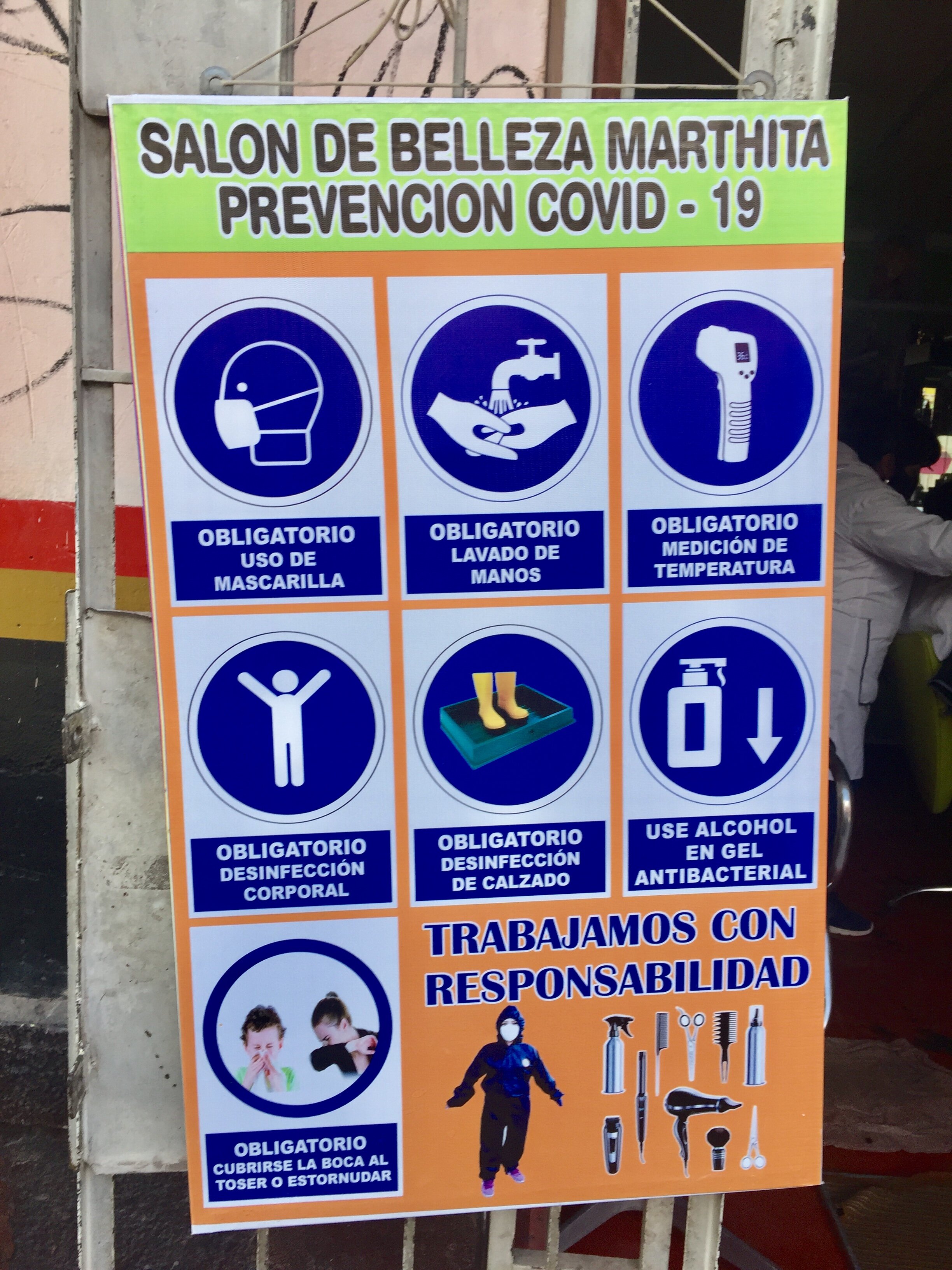
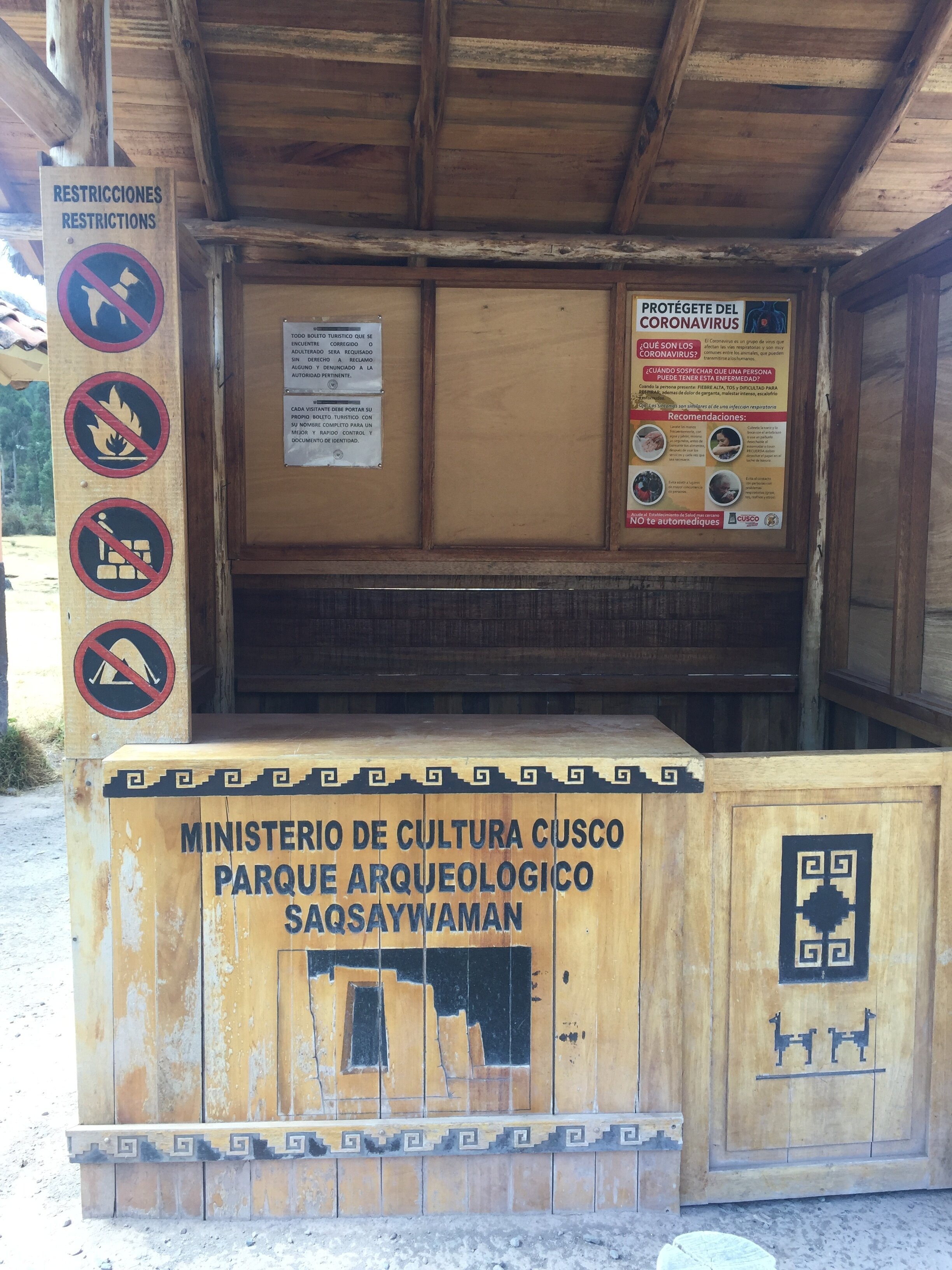
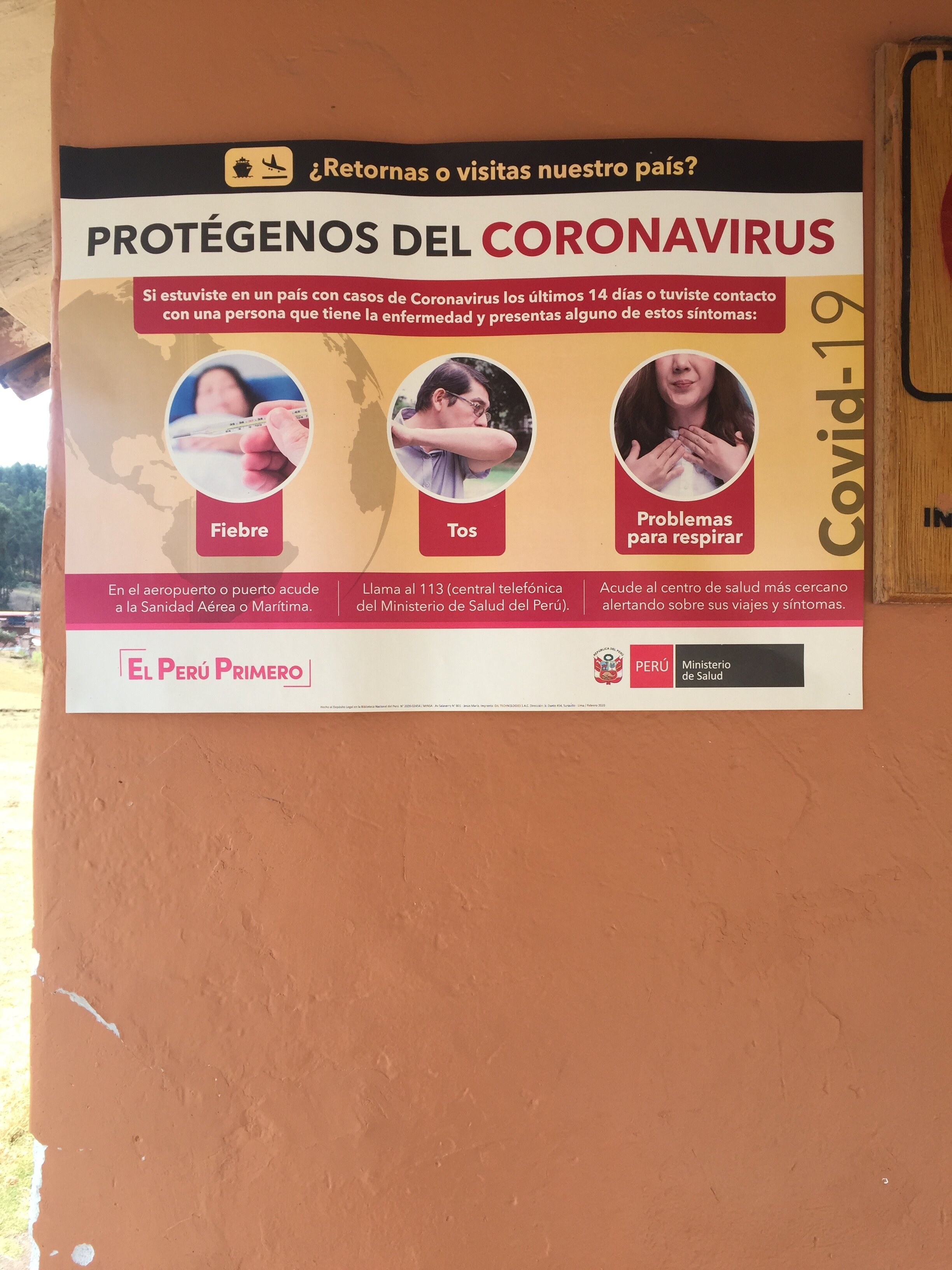
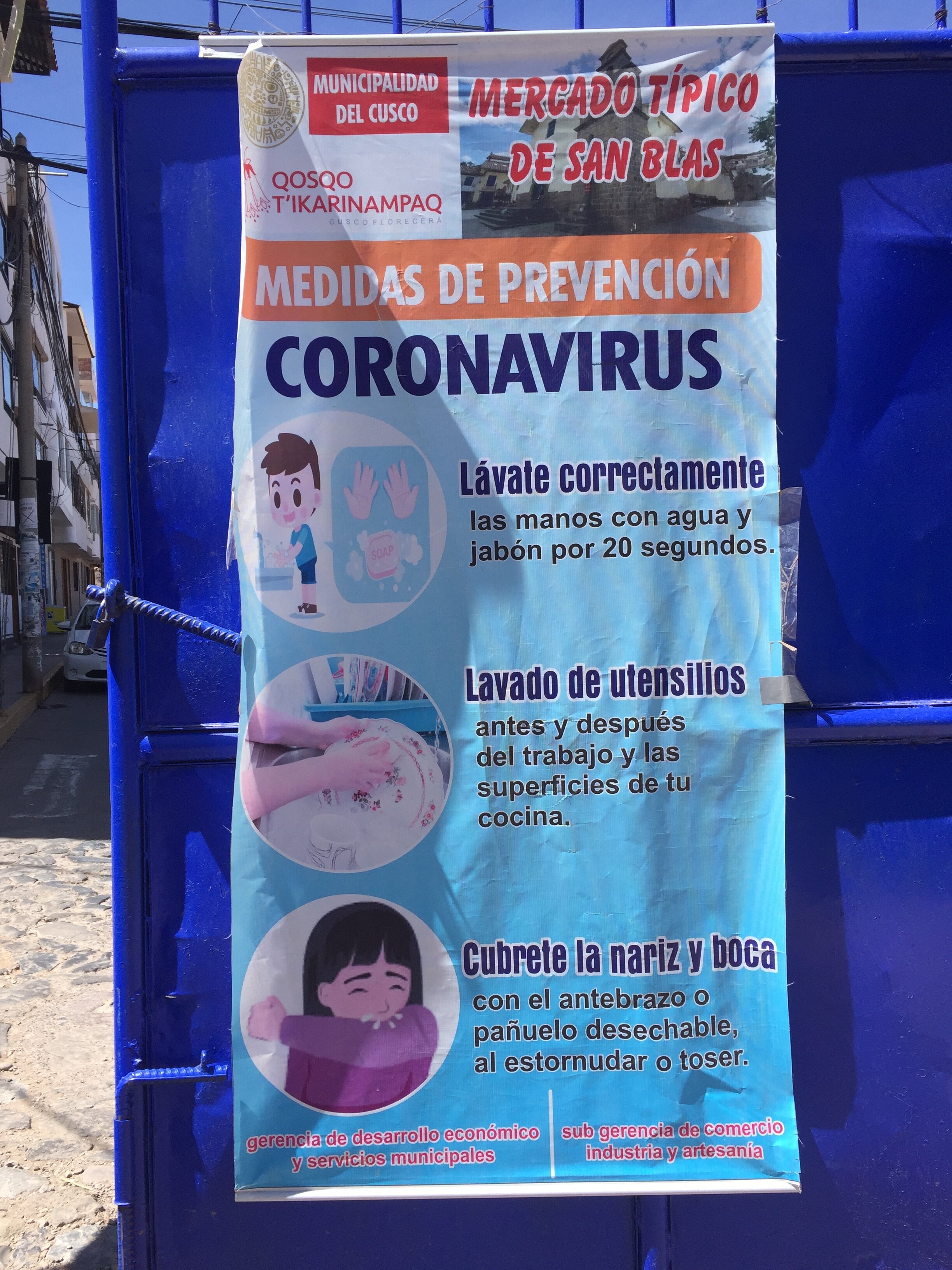
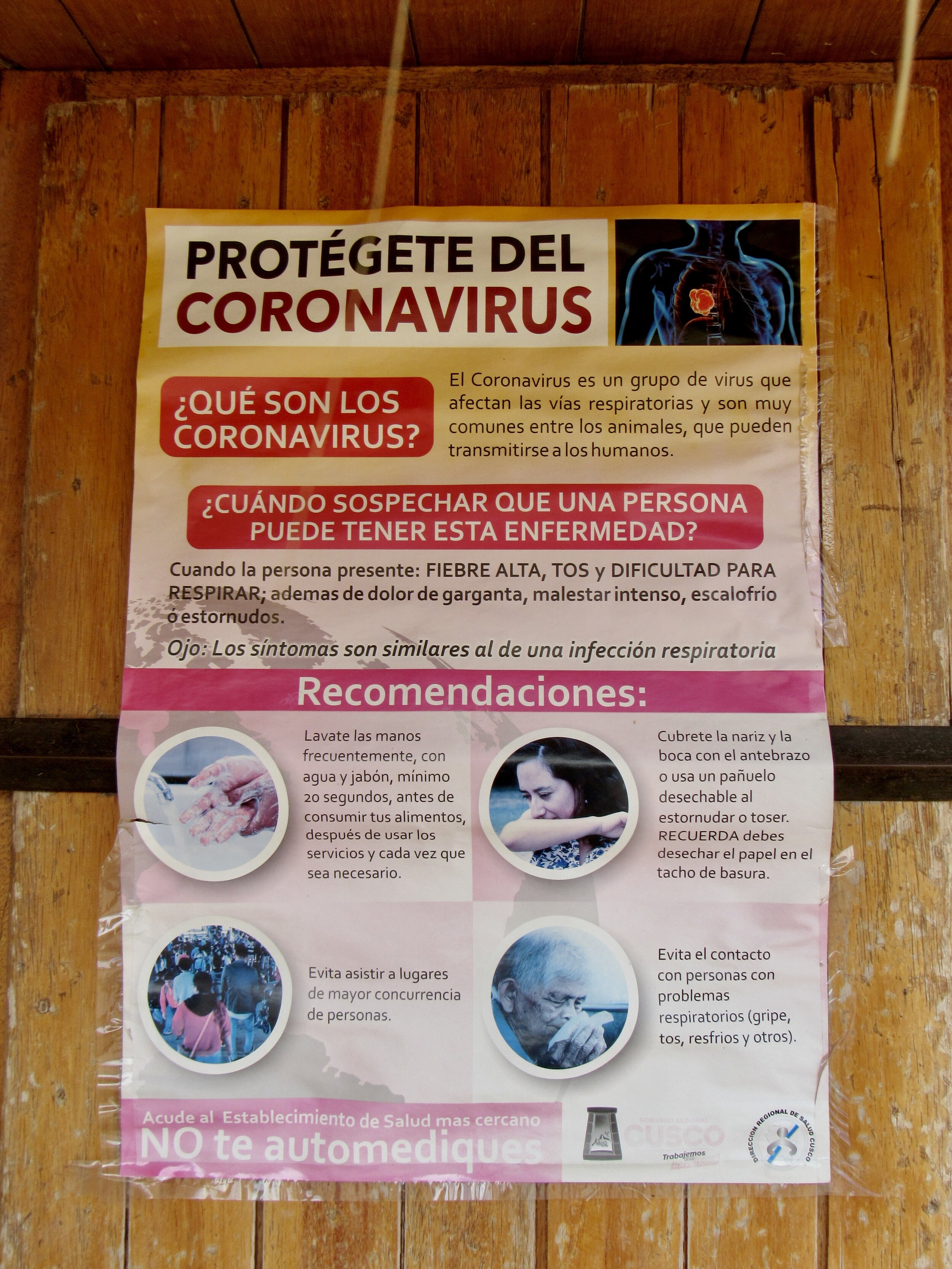
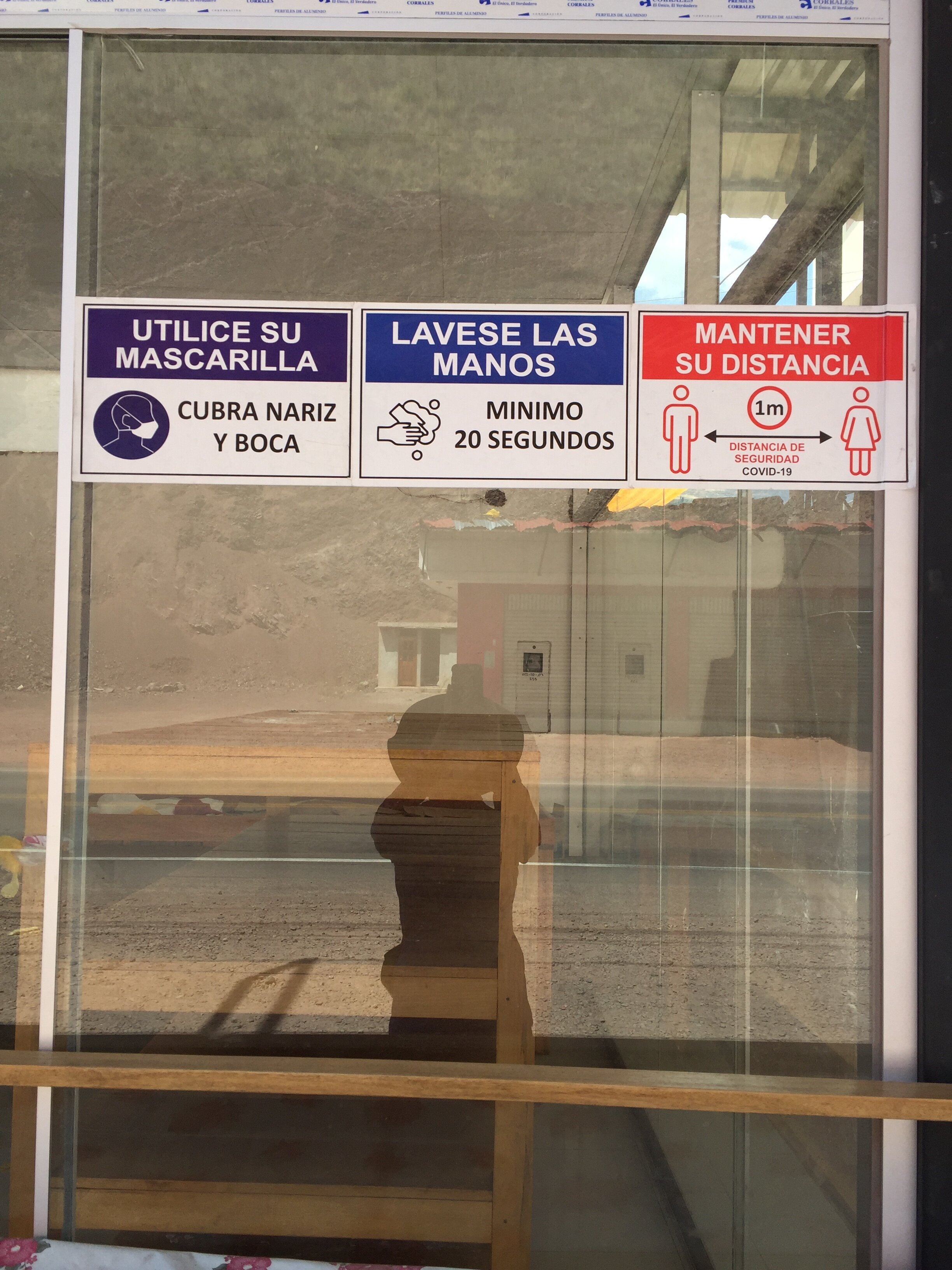
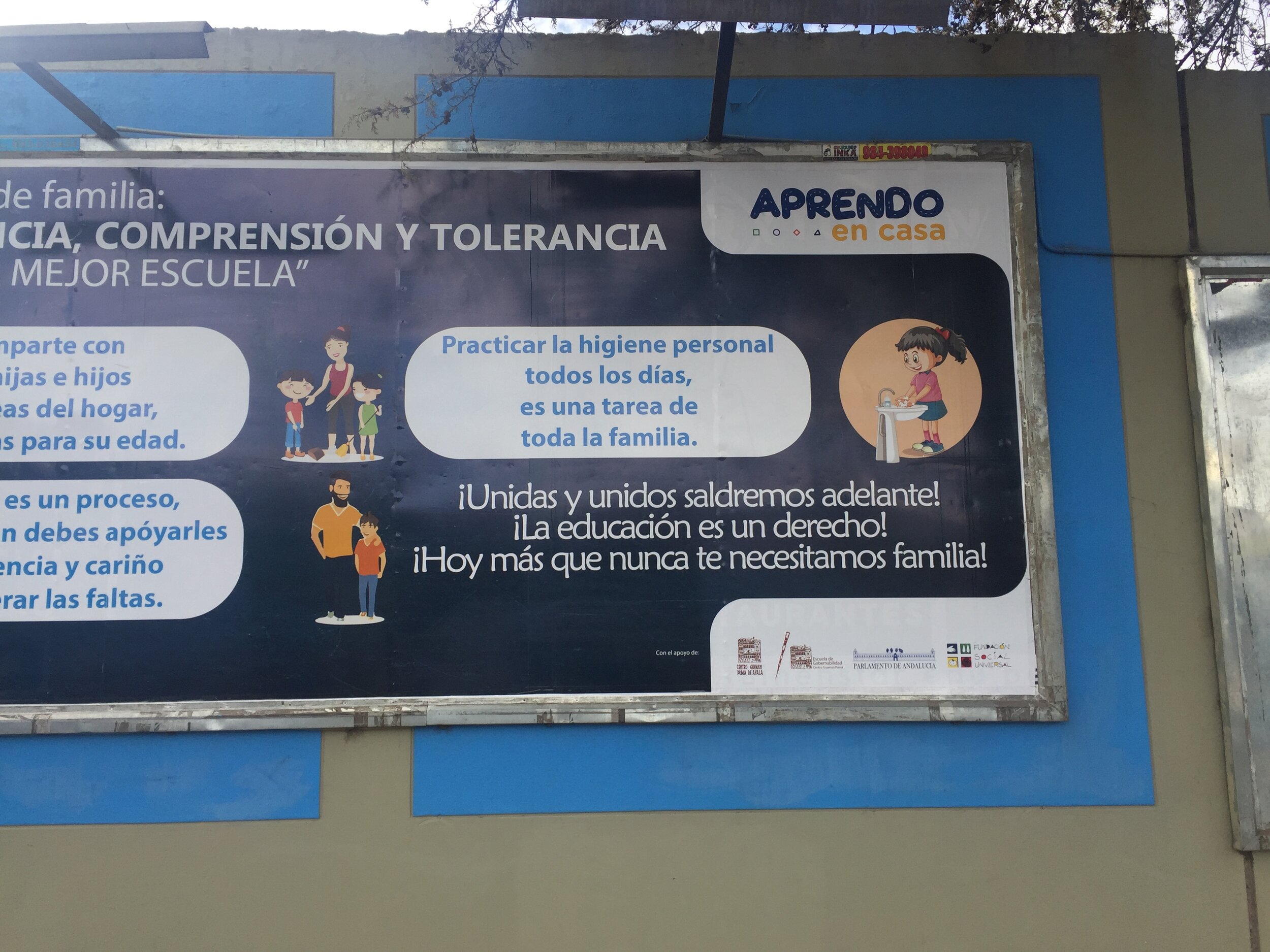
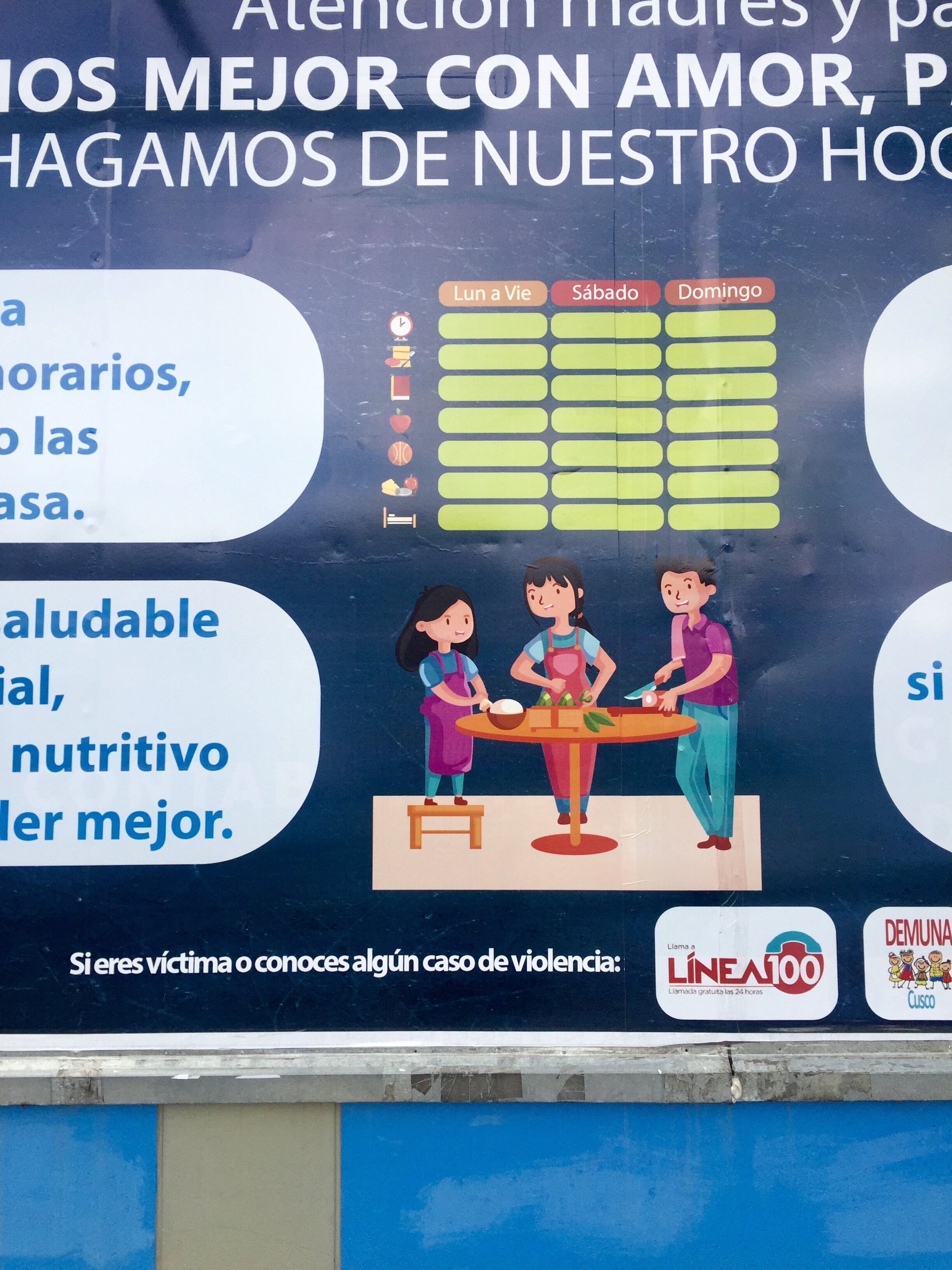
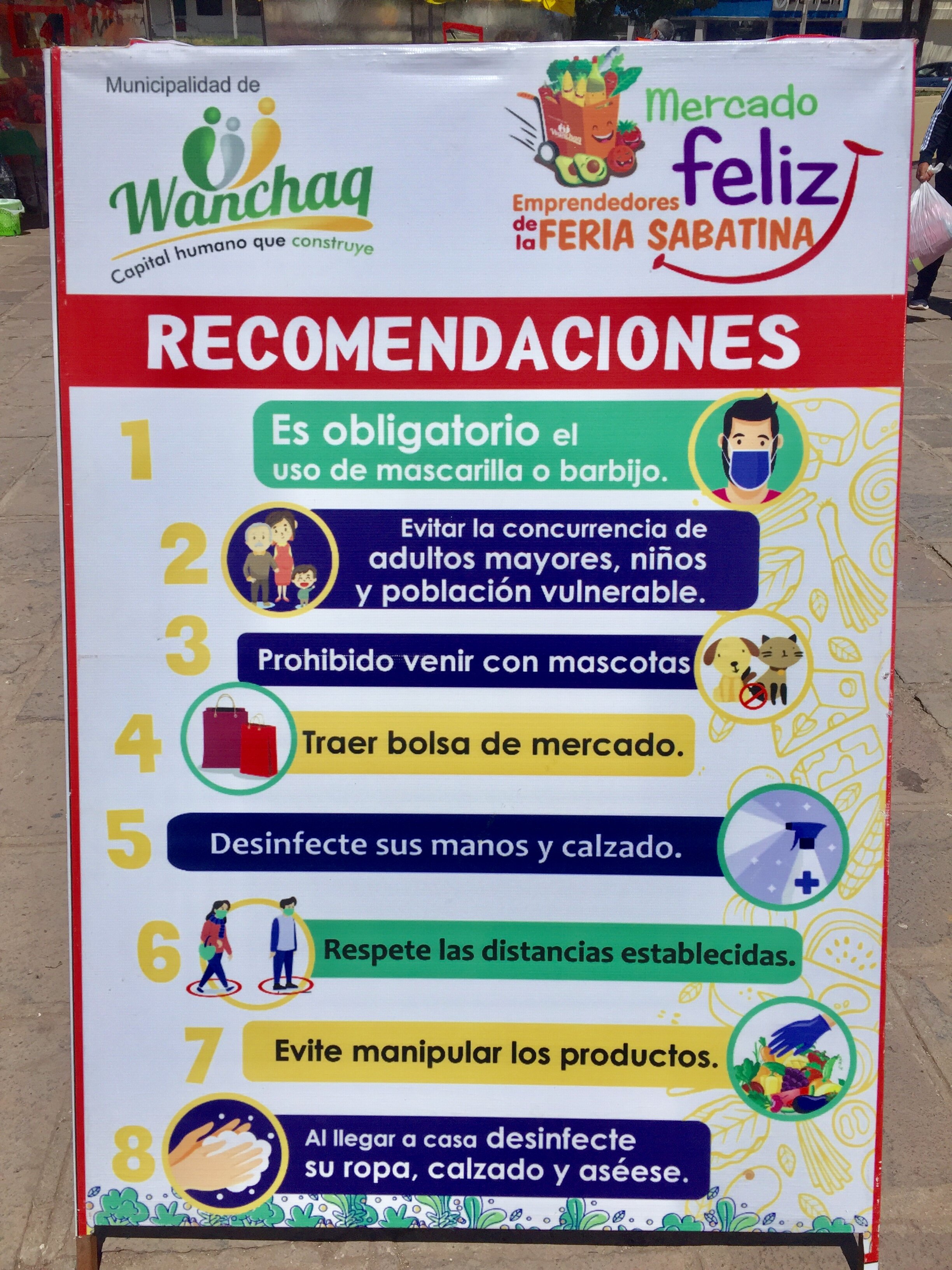
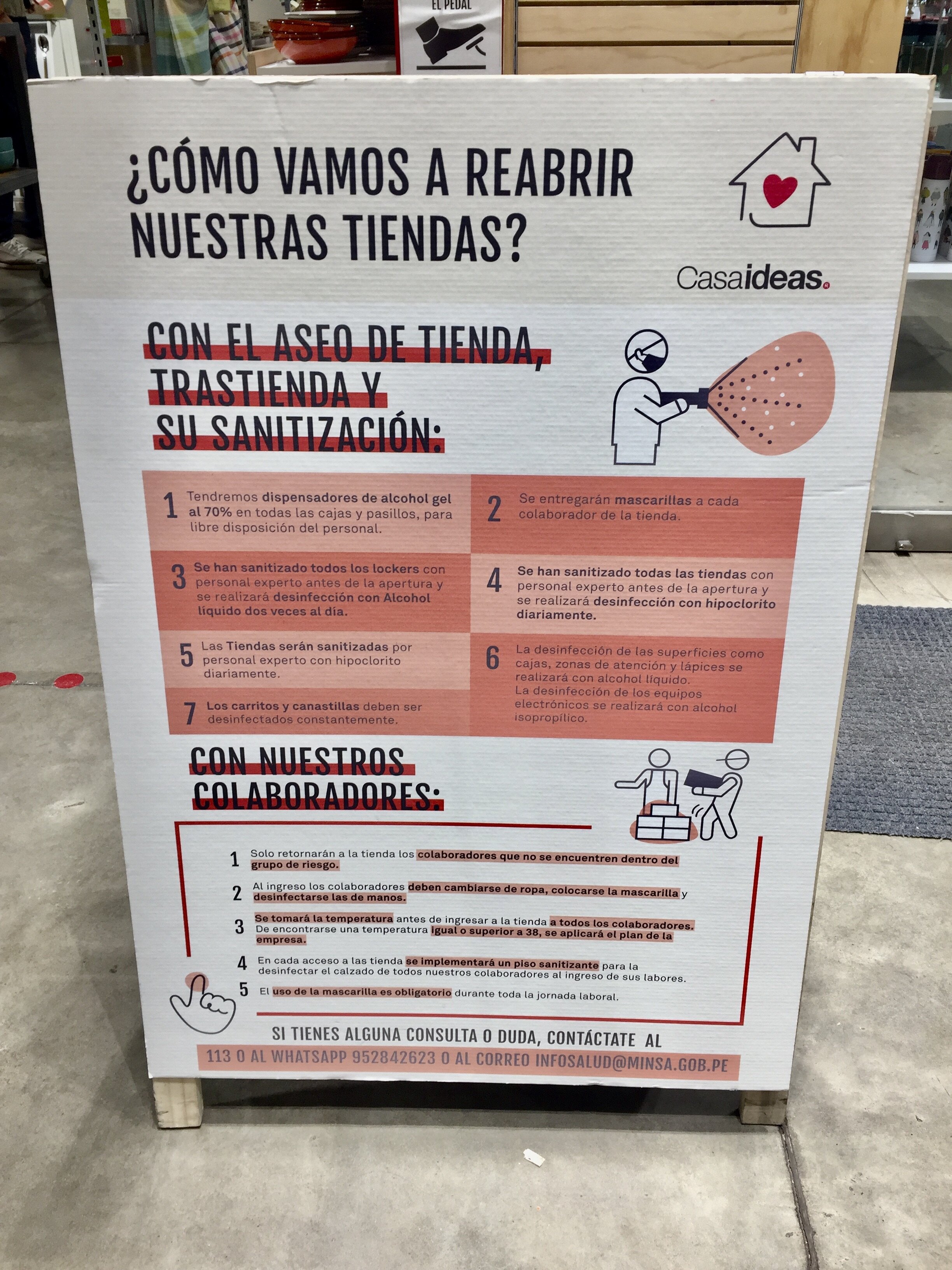
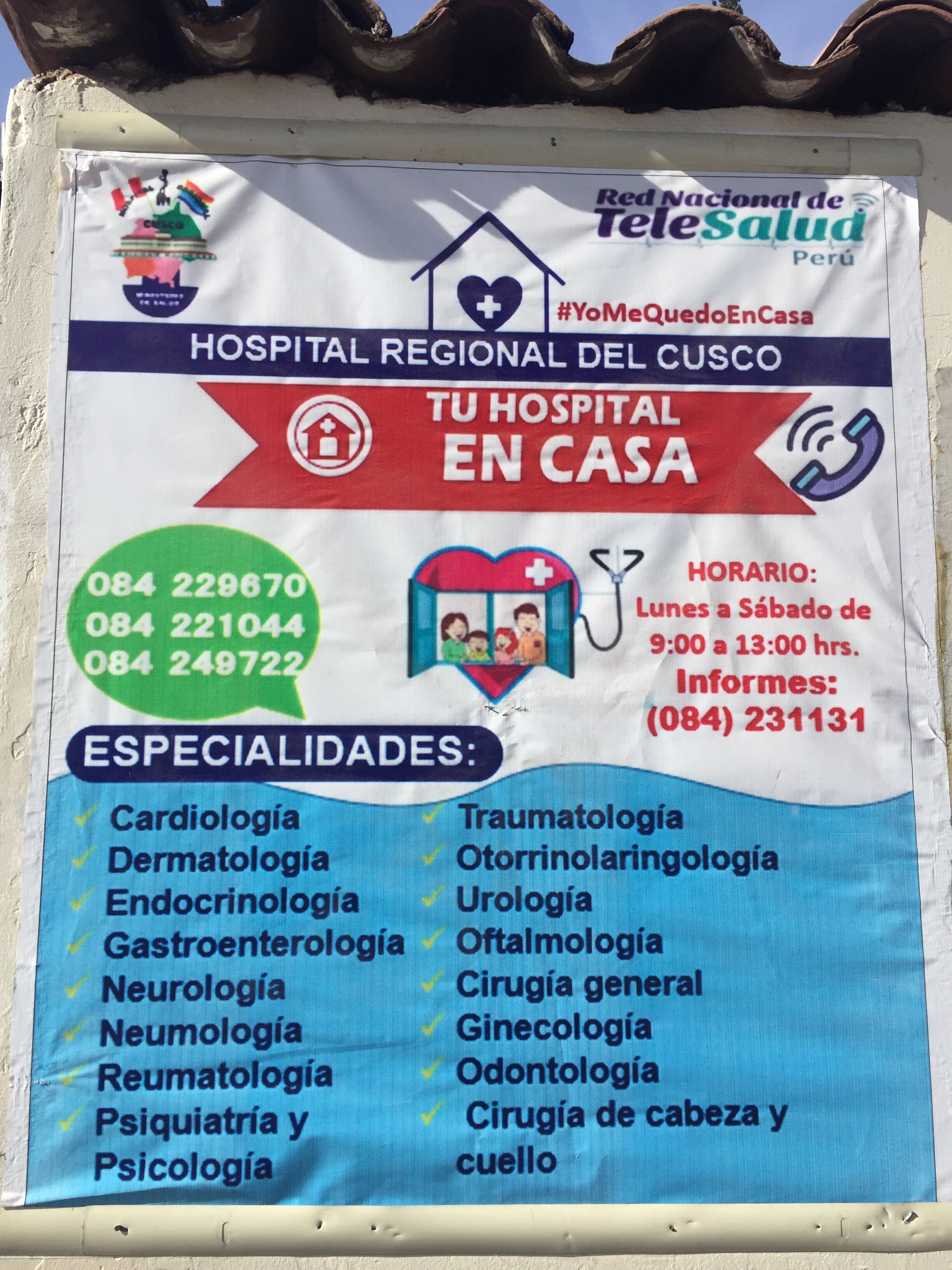
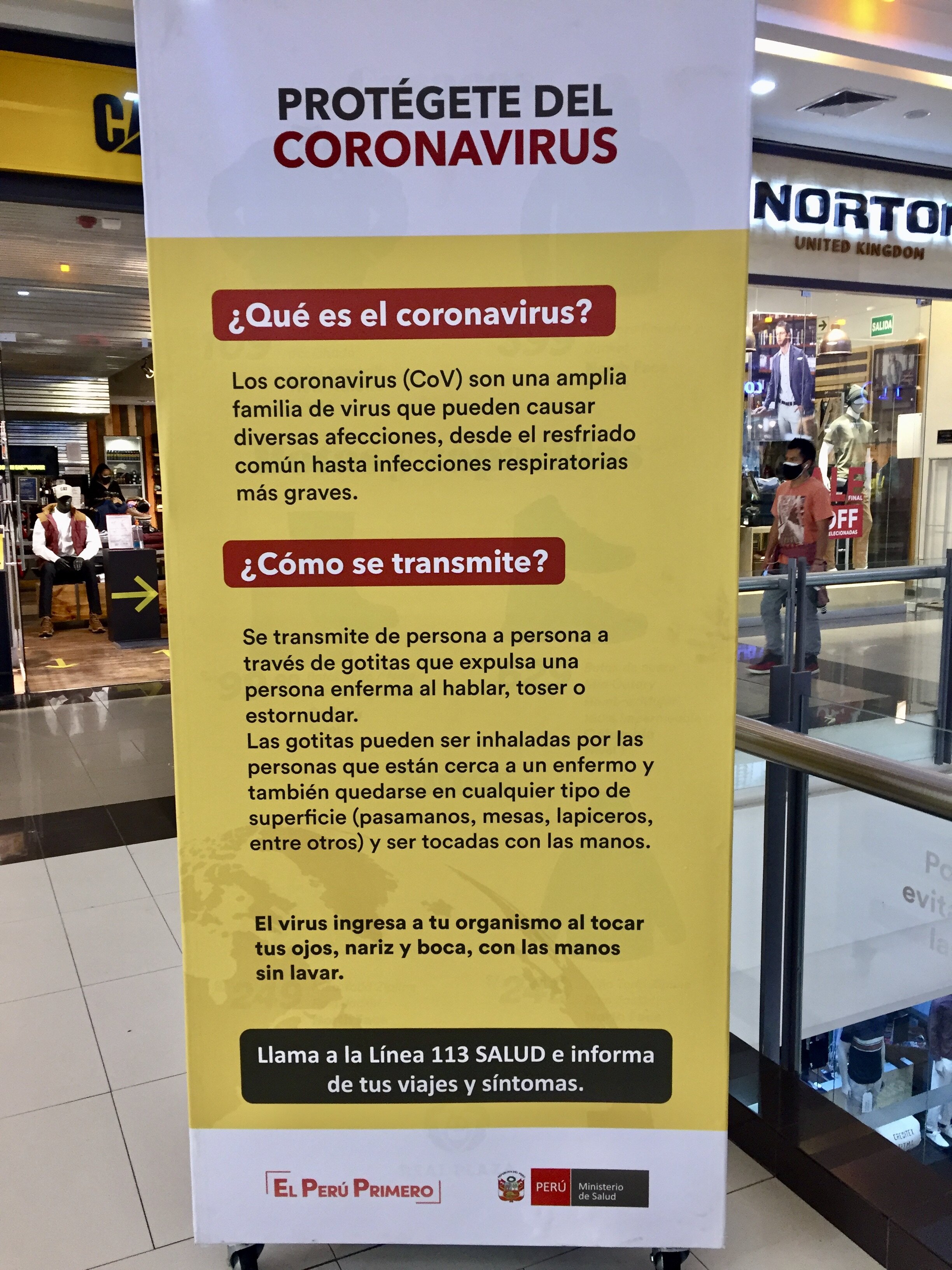

After writing for almost a year about other people having Covid, I now have the opportunity to give a first person account of having Covid in Cusco. Thankfully, I had a very mild case. I had a fever for two days and a slight cough the third day after the fever was gone. Unfortunately, the person who brought it to my home was so sick that I had to play nurse for about a week, before a family member could come get him. I’ve done the contact tracing, which goes from my houseguest-turned-patient to his family, who live in a small town in the Sacred Valley.
When I first realized that this was probably Covid, I found a list online of places in Cusco that supposedly can test for Covid. Of the 57 places listed, I called about a dozen, of which only two could do a rapid test. None of the ones I called could do the more thorough, and more accurate, molecular test. My first test came back negative, though the clinic told me to come back in a week to do the test again, since it has a high rate of false negatives. A week later I tested positive for both the IgM and IgG antibodies.
The body first produces the IgM antibodies, as an early immune system response to an infection. The clinic technician explained that the presence of IgM mean that the infection is ongoing and that I am still contagious. The IgG antibodies take longer to form and provide a longer lasting protection against the infection. I was told to come back for a third test, in another week, to check if I still have IgM antibodies. Until then, I should consider myself highly contagious and must stay home. The streets are not patrolled by military and police like they were back in April and May, but some police are assigned to enforce mandatory quarantines.
The positive Covid test brought a lot more paperwork than the previous negative test. All of a sudden, the technicians were very interested in knowing exactly where I live, asking for descriptions of the house on top of the actual address. They also had to fill out a form for contact tracing. I was asked if I had had any contact with somebody with Covid and who they were. I gave the names of my houseguest and his sister, the healthcare worker who was the first person in their family house to get sick. I was surprised that I wasn’t asked for their addresses or phone numbers, or any way to get in contact with them. Instead, I was instructed to ask them to get another Covid test. I was also told to contact Diresa, the Dirección Regional de Salud, and report myself.
Each Covid test cost me s/100, which is less than $30, but that’s a lot for most people here. That can be food for a whole week for a family of five in the city, or a month’s budget for a family in the countryside. Calling around to testing centers, most charged more than s/100. So far, I’m in for s/200, plus everything I’ve spent on cough syrup, cough drops and ibuprofen for the fever and headaches. Few Cusqueñans would pay another s/100 to be told that I’m not contagious anymore. While the French woman has been documented, the other two people I got this from have not had a positive test. By that logic, the number of people with Covid in Cusco is probably double the official numbers. If testing was free, that would be a different story.
The positive Covid test also brought a new anxiety: would I be able to travel in three weeks? In order to get on a plane from Cusco to Lima, and now also to enter the US, I need a negative Covid test. Since the only rapid test here is for antibodies, I won’t be able to get a negative test again. The molecular test takes longer and since the test must be done within 72 hours of leaving, I might not be able to get that back in time. One of my parents’ friends had this problem on a flight to Hawai’i. Her results didn’t come back in time for the flight, so she rerouted through Portland, where you can get a rapid test in the airport.
Absent a negative test, I need medical clearance to be able to fly. That means, in the next three weeks before my flights from Cusco to Lima to Mexico City to Seattle to Boise, I need to fully recover and get a doctor’s note that I’m fully recovered. If I recover any slower than that, or have trouble navigating the red tape here to get the clearance, I won’t be able to travel. Rather than be anxious for the next two or three weeks about if I’ll be able to get medical clearance in time, I decided to postpone the trip. When I do reschedule, I will probably be a lot less anxious traveling, since I’ll be armed with antibodies. Even better, my parents will have the vaccine by then. They have an appointment for the first shot on January 29th, which seems to me like record time for Idaho. If I have antibodies and they have been vaccinated, my trip there will be much less stressful.

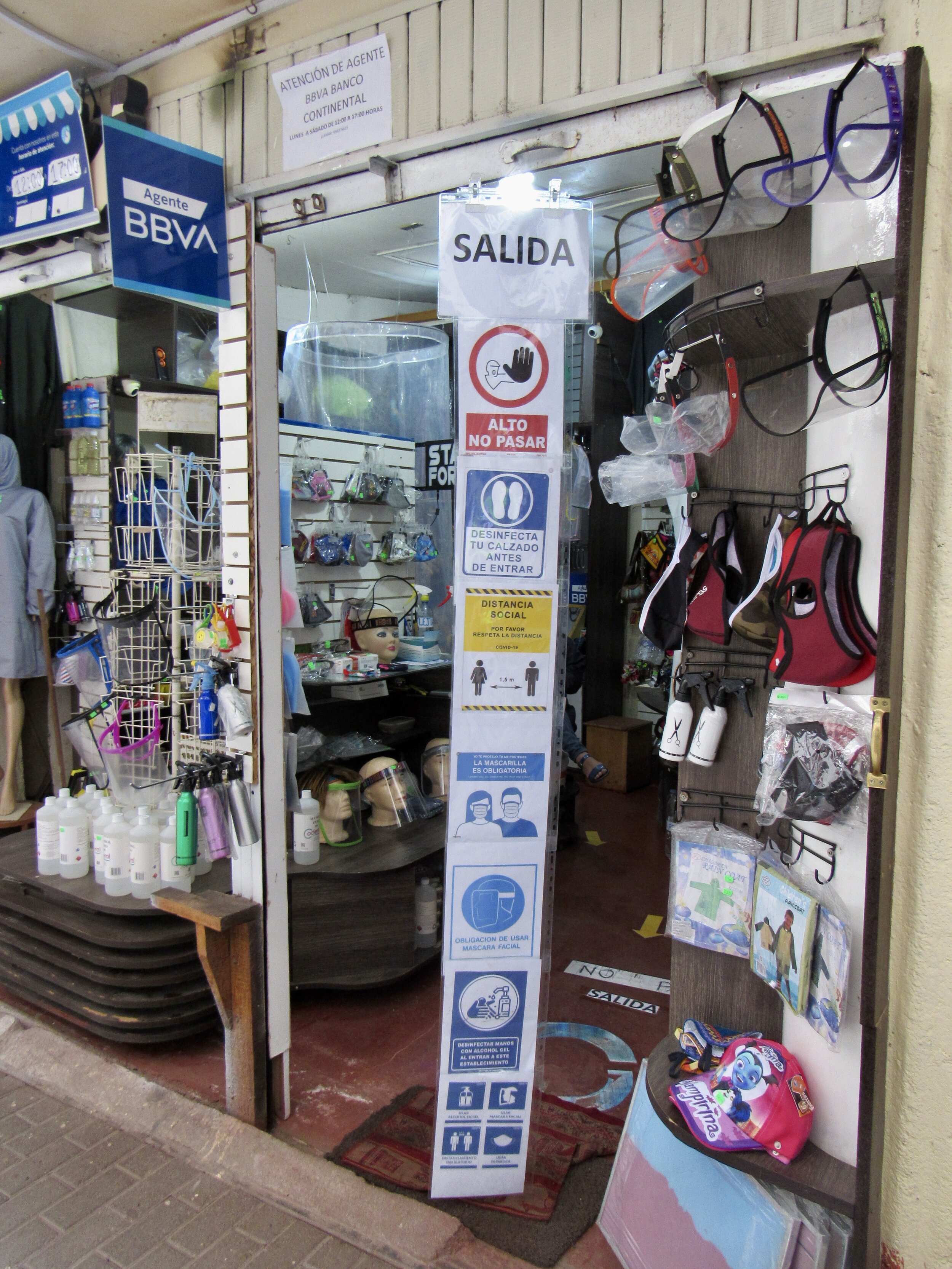
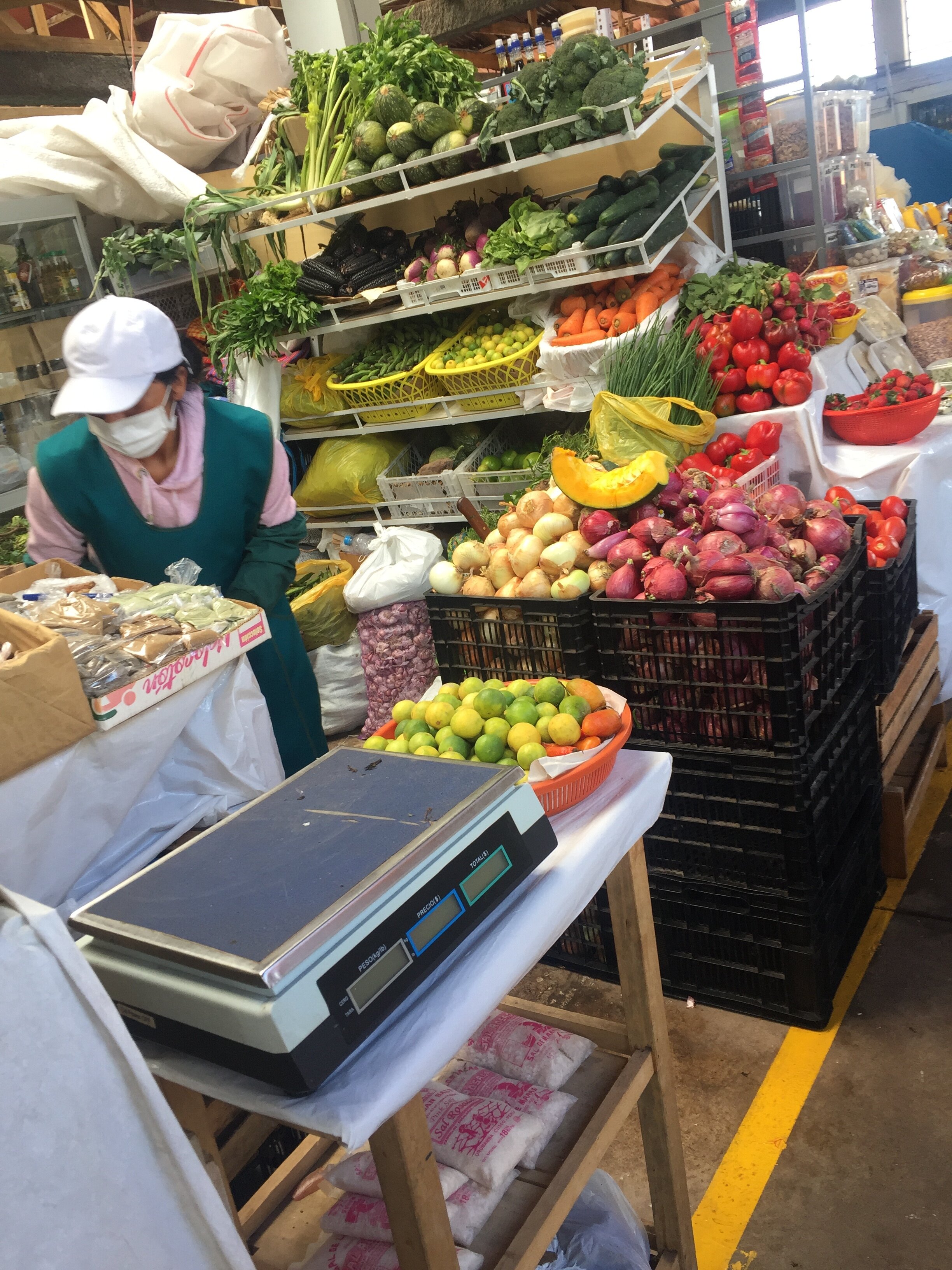
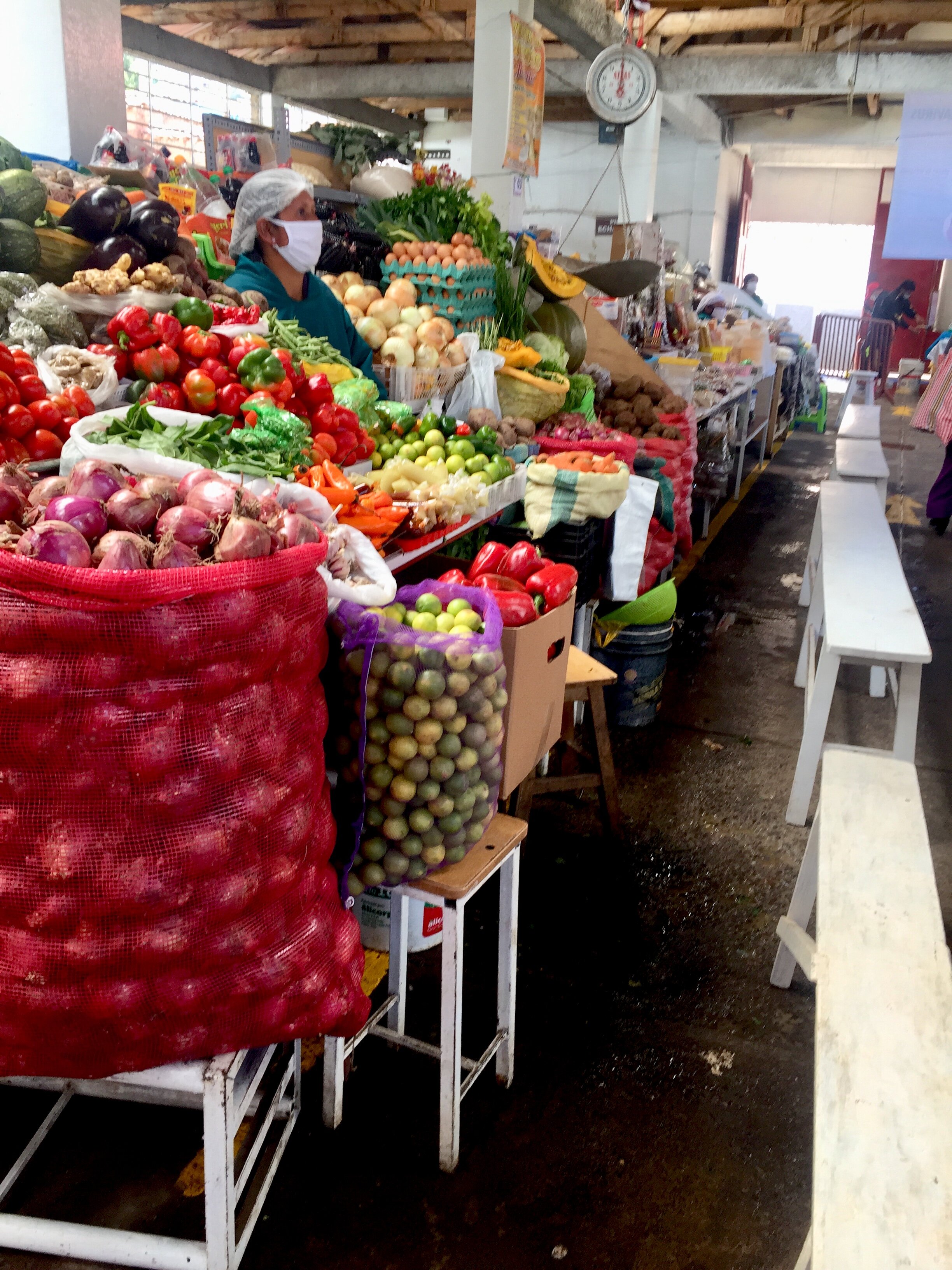


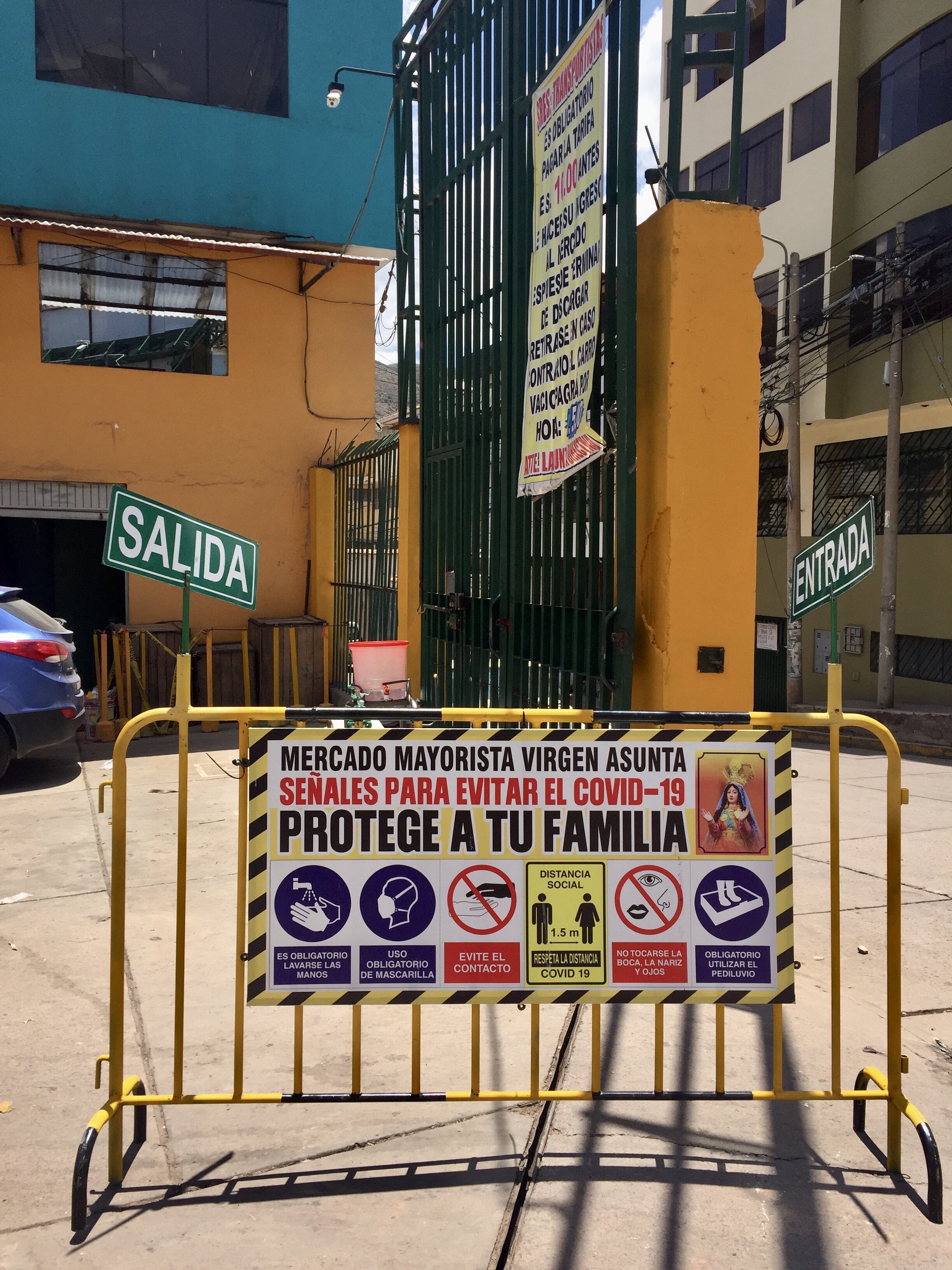
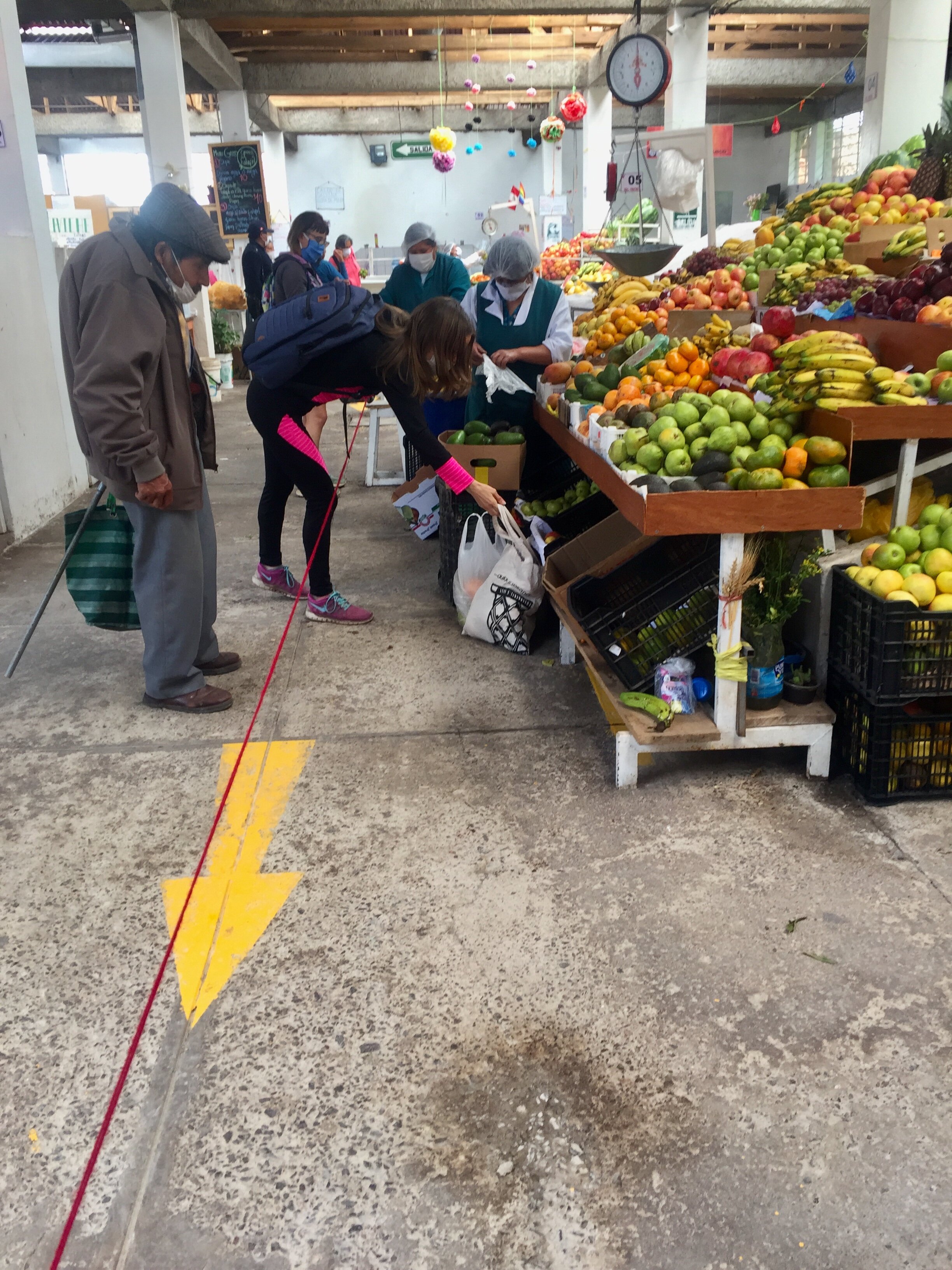
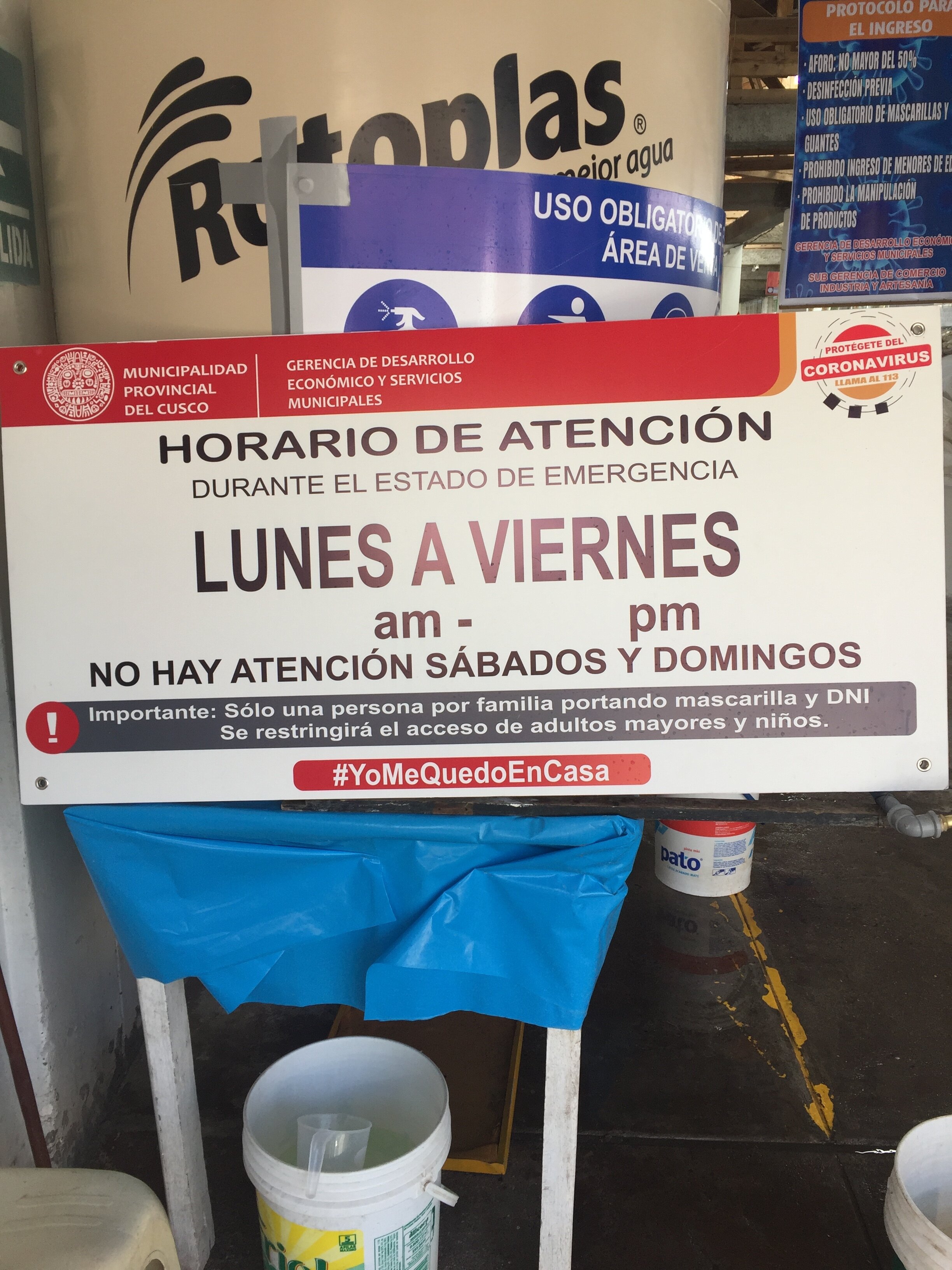
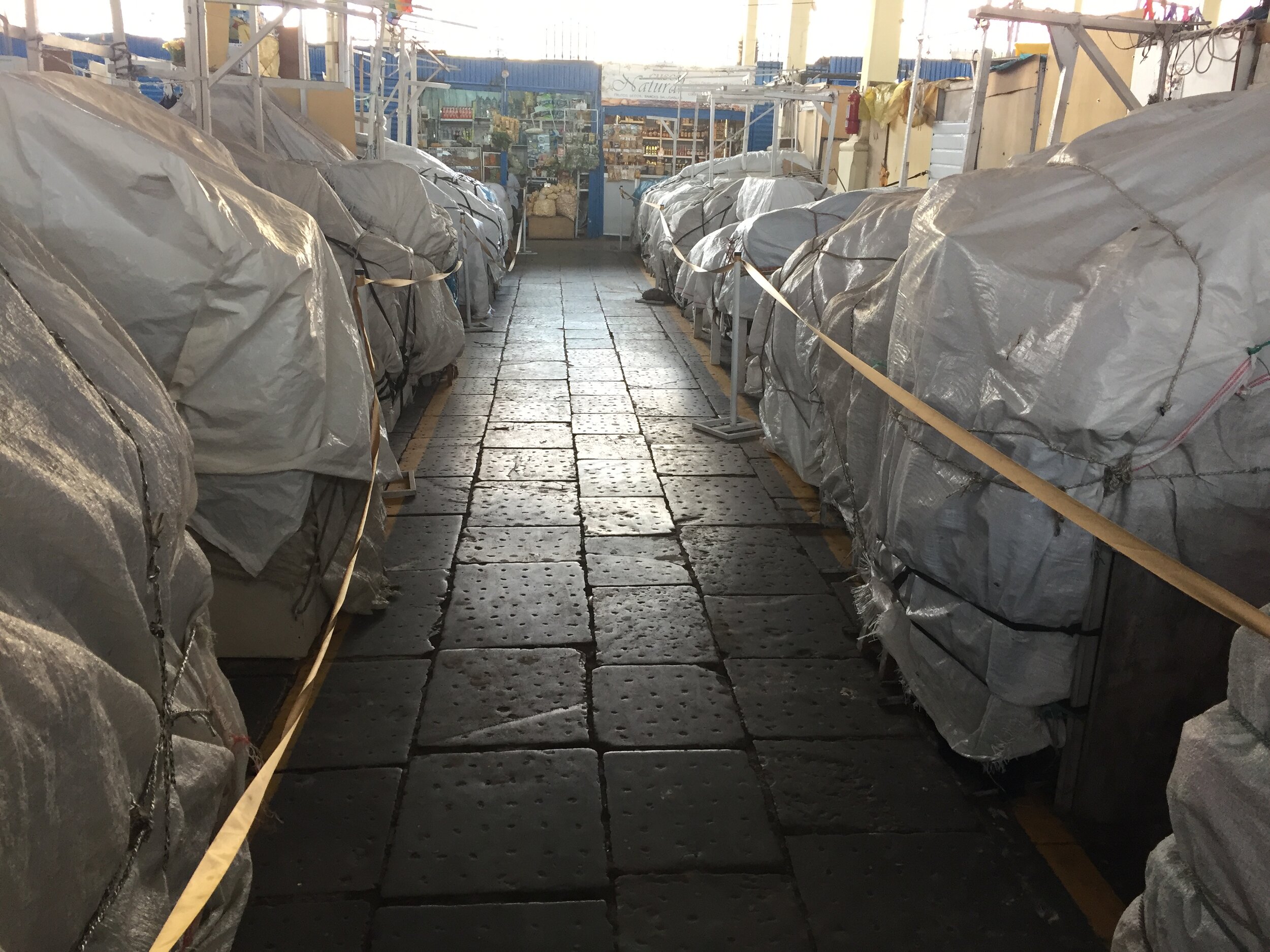
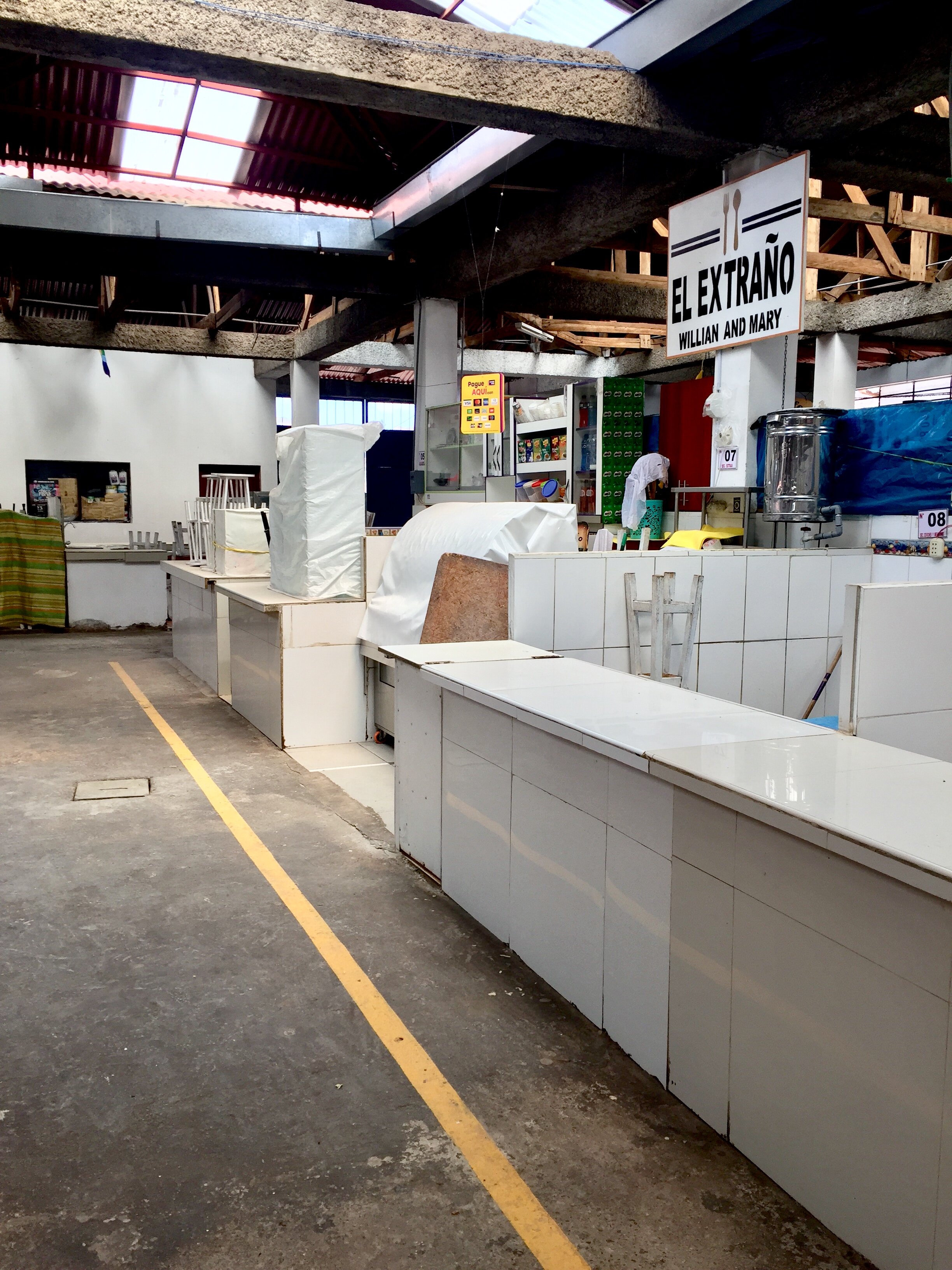
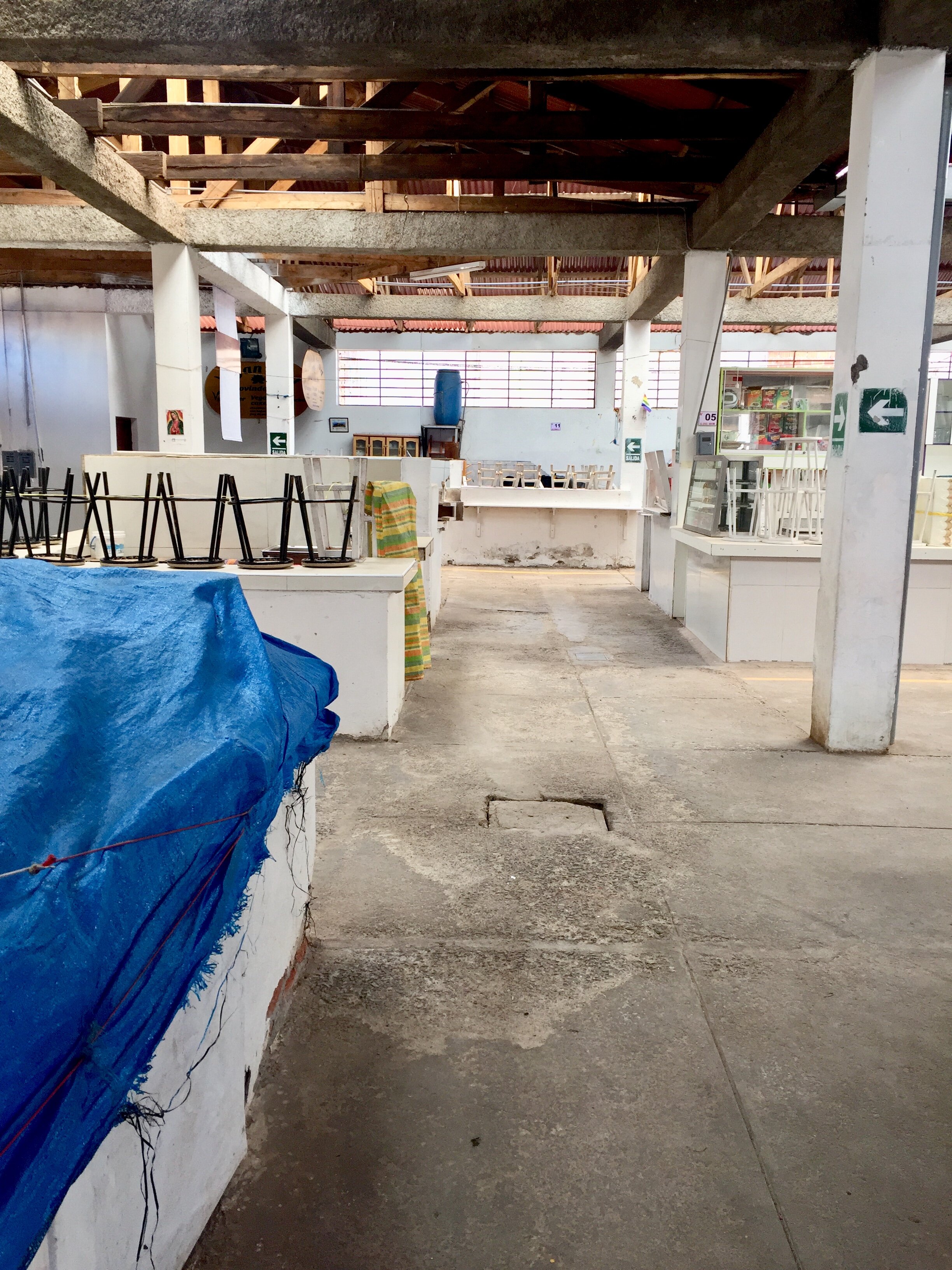
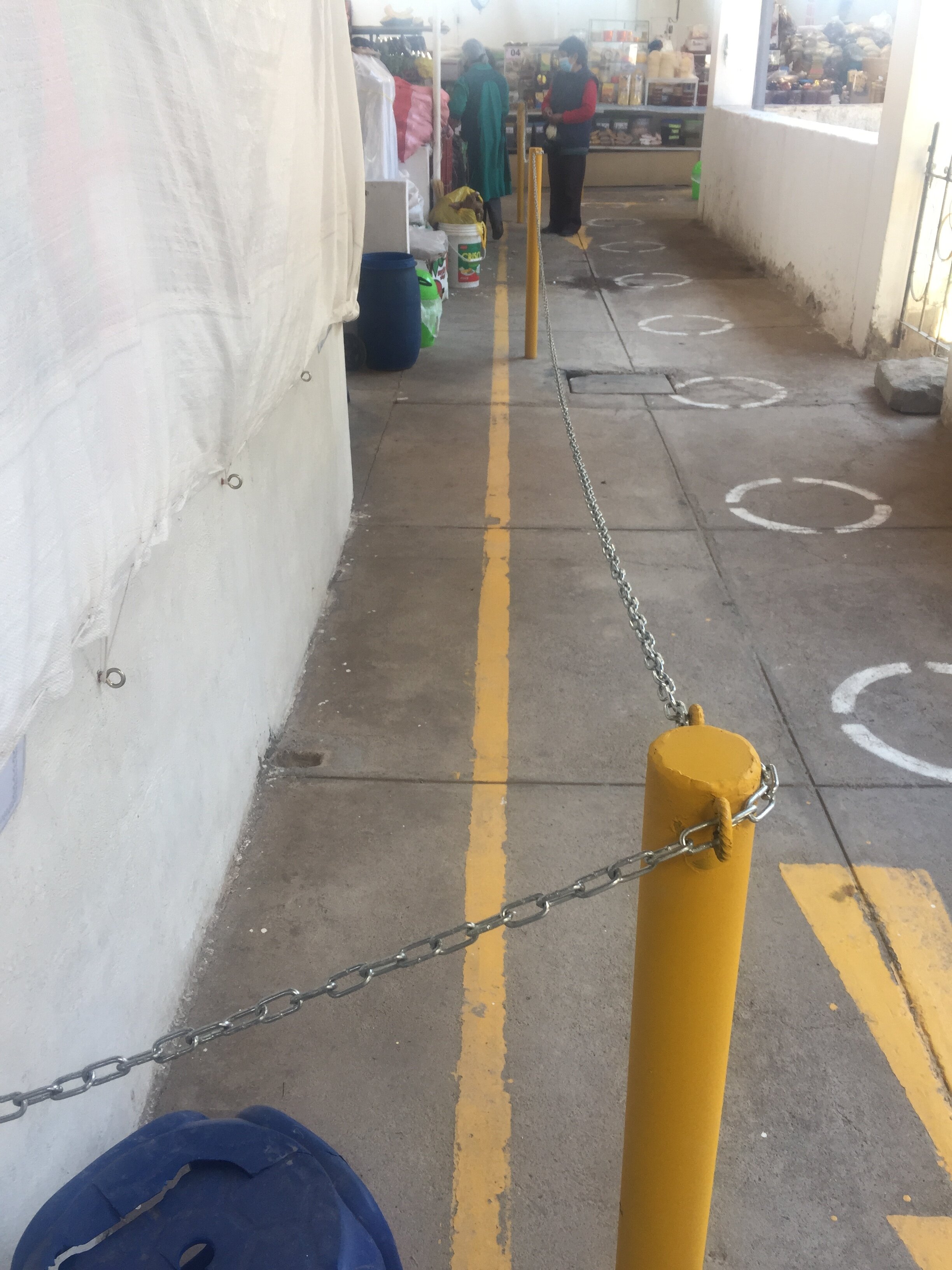
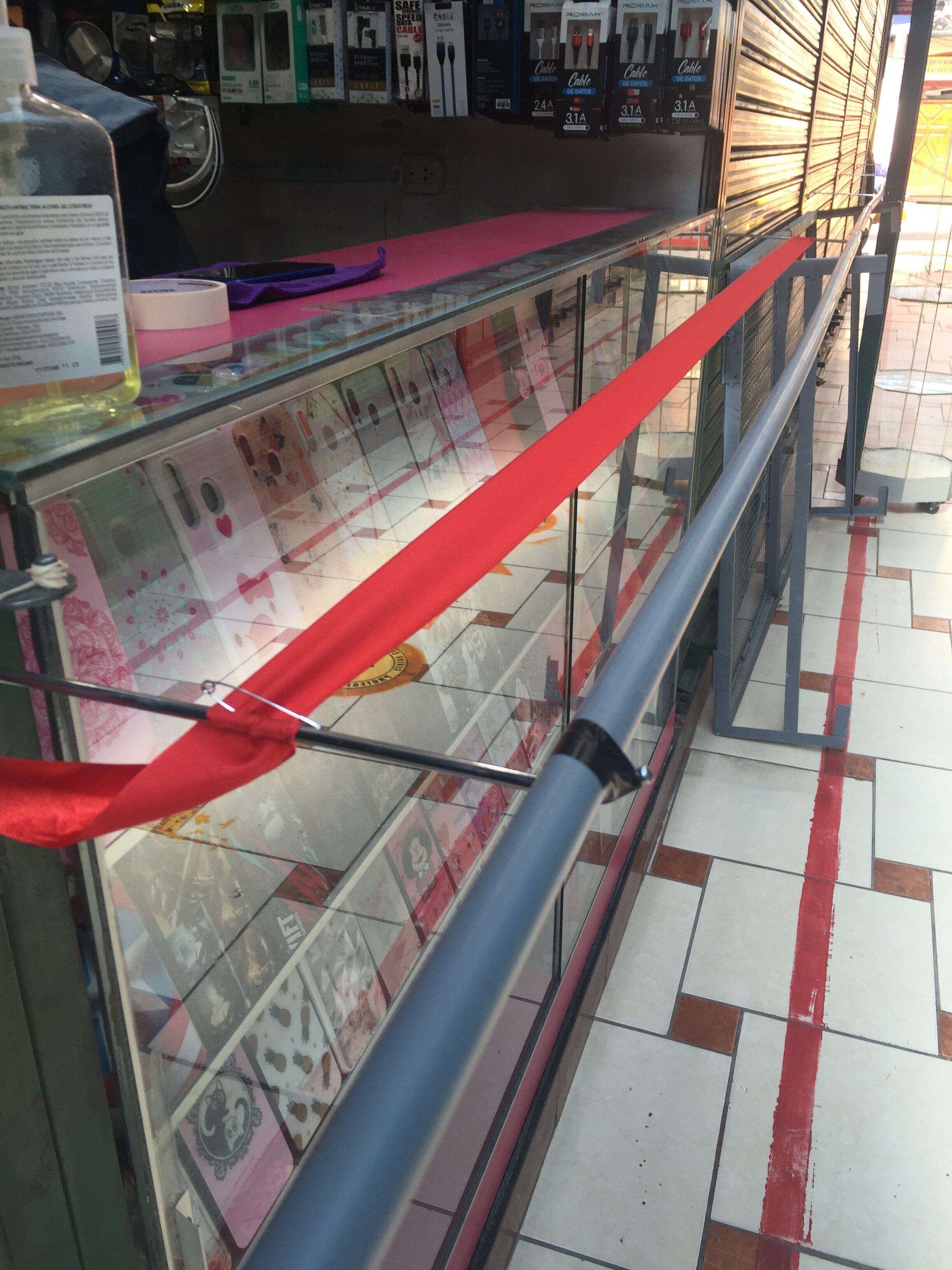
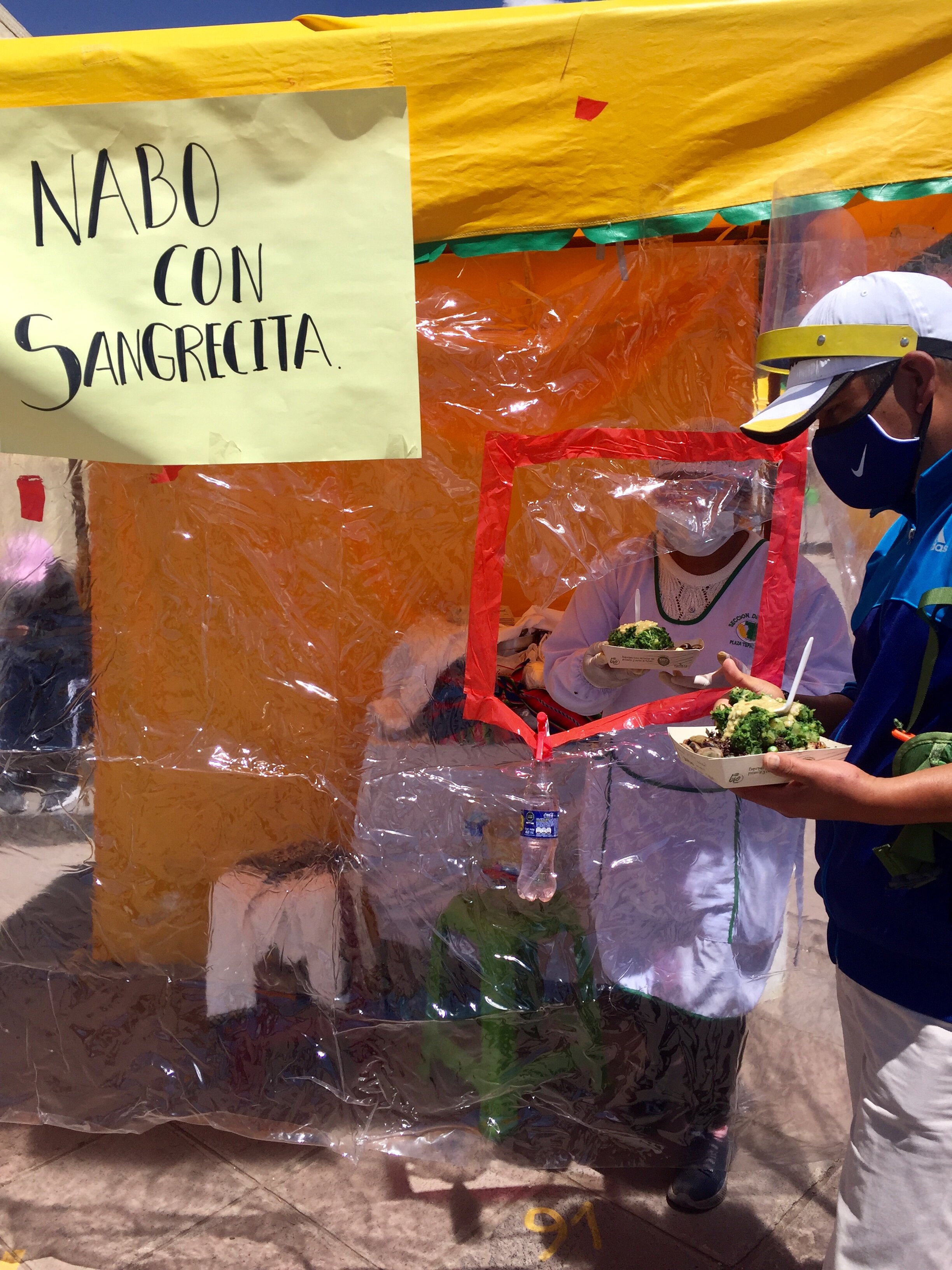
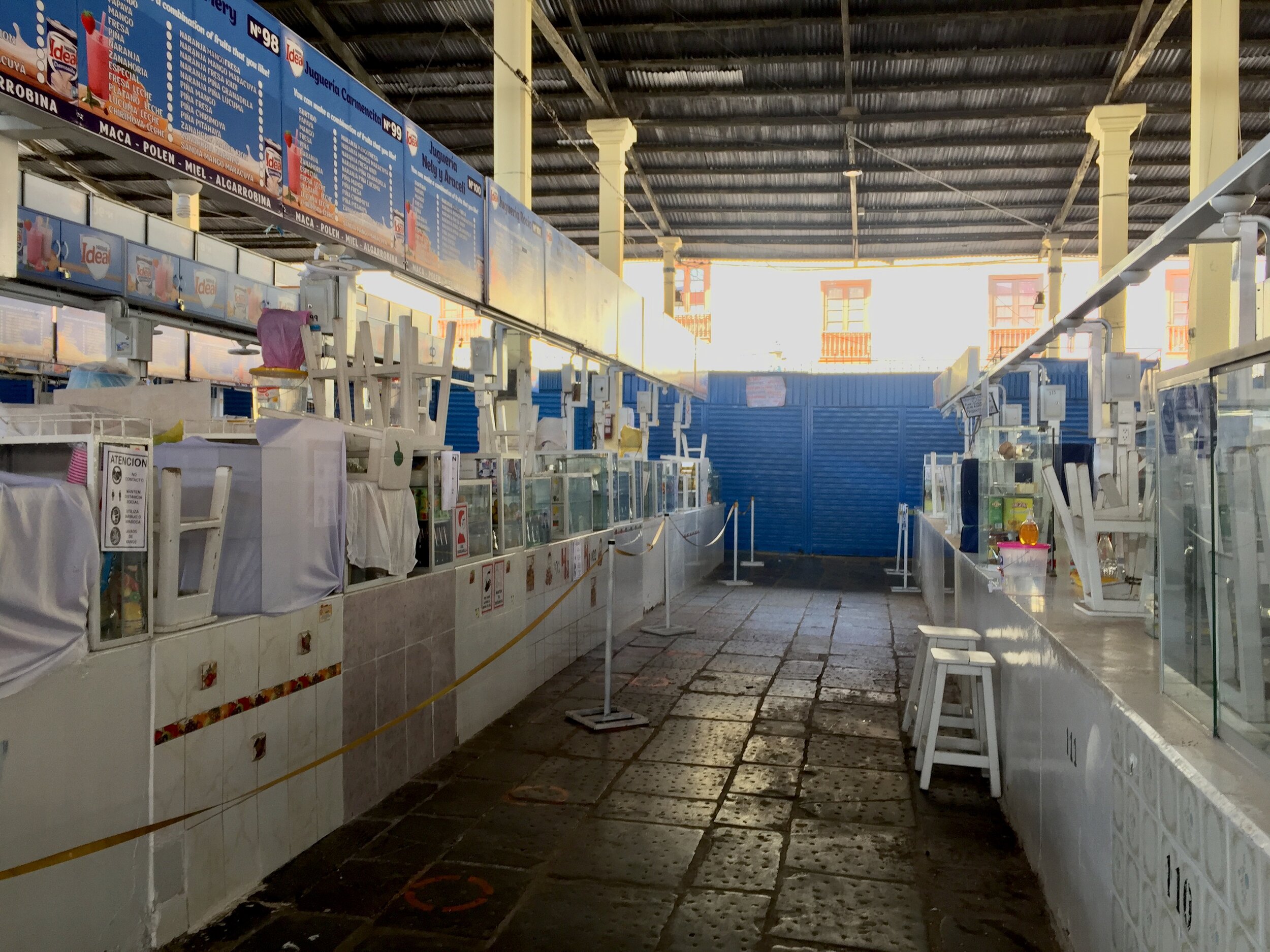
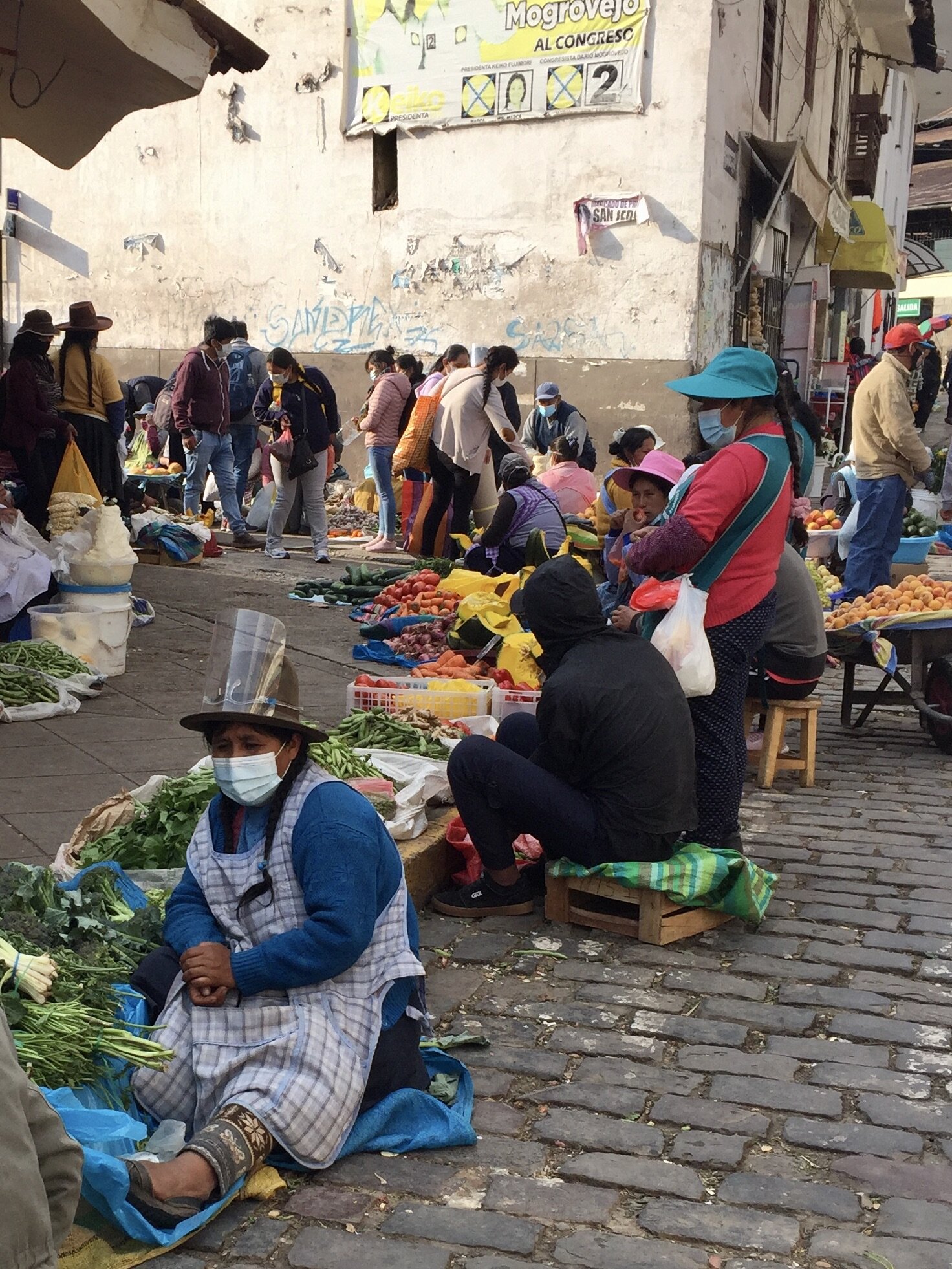

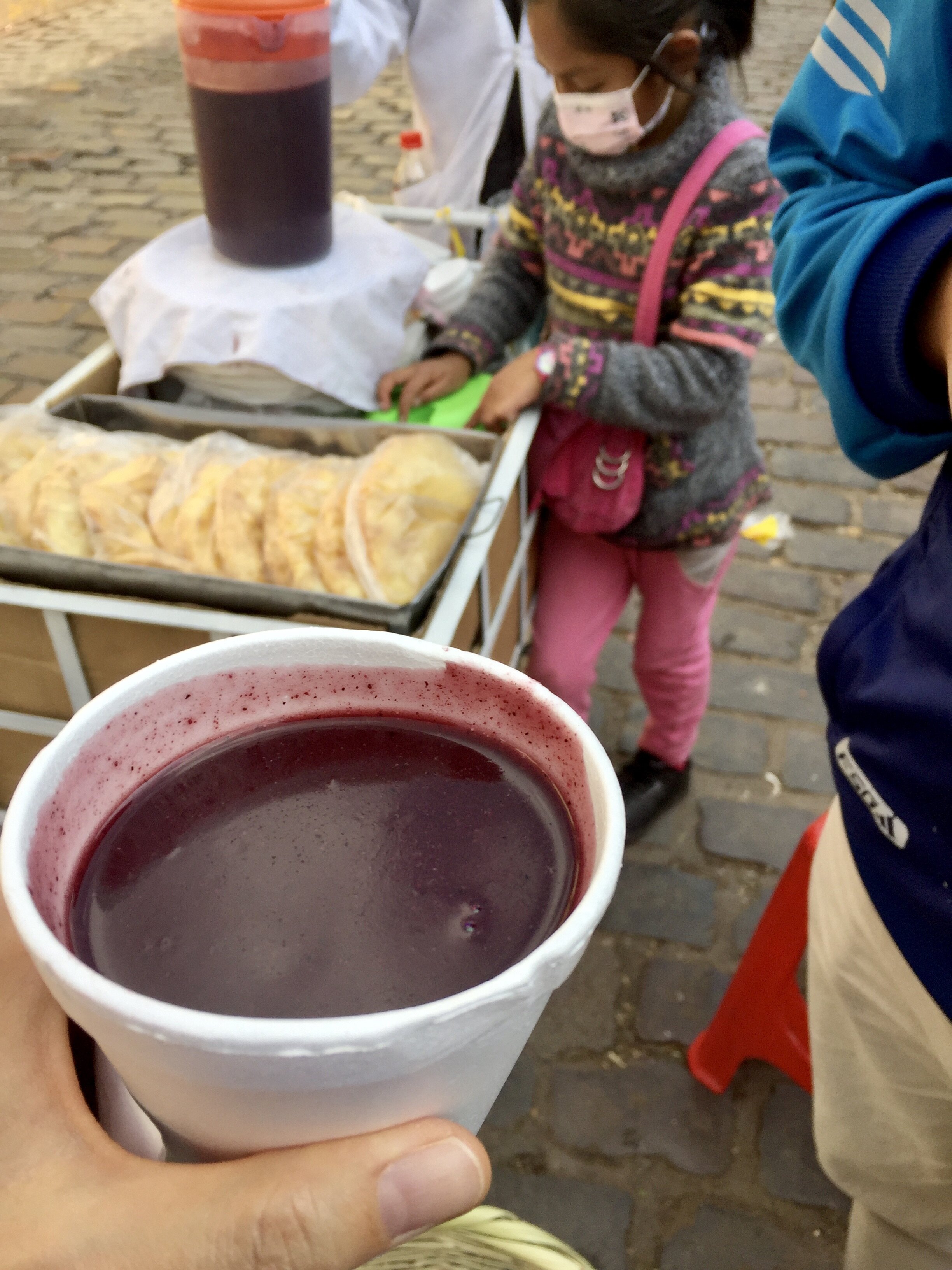

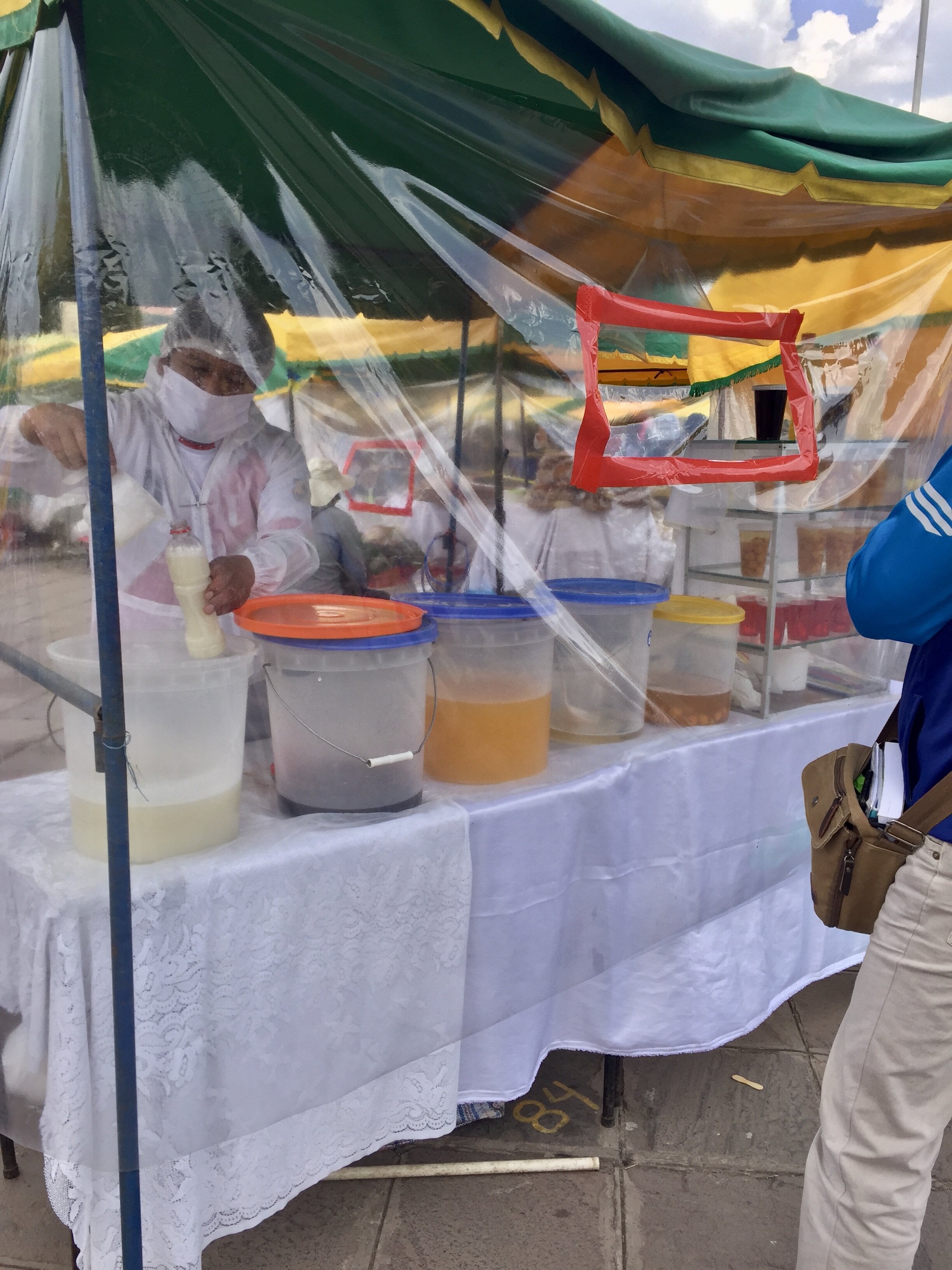
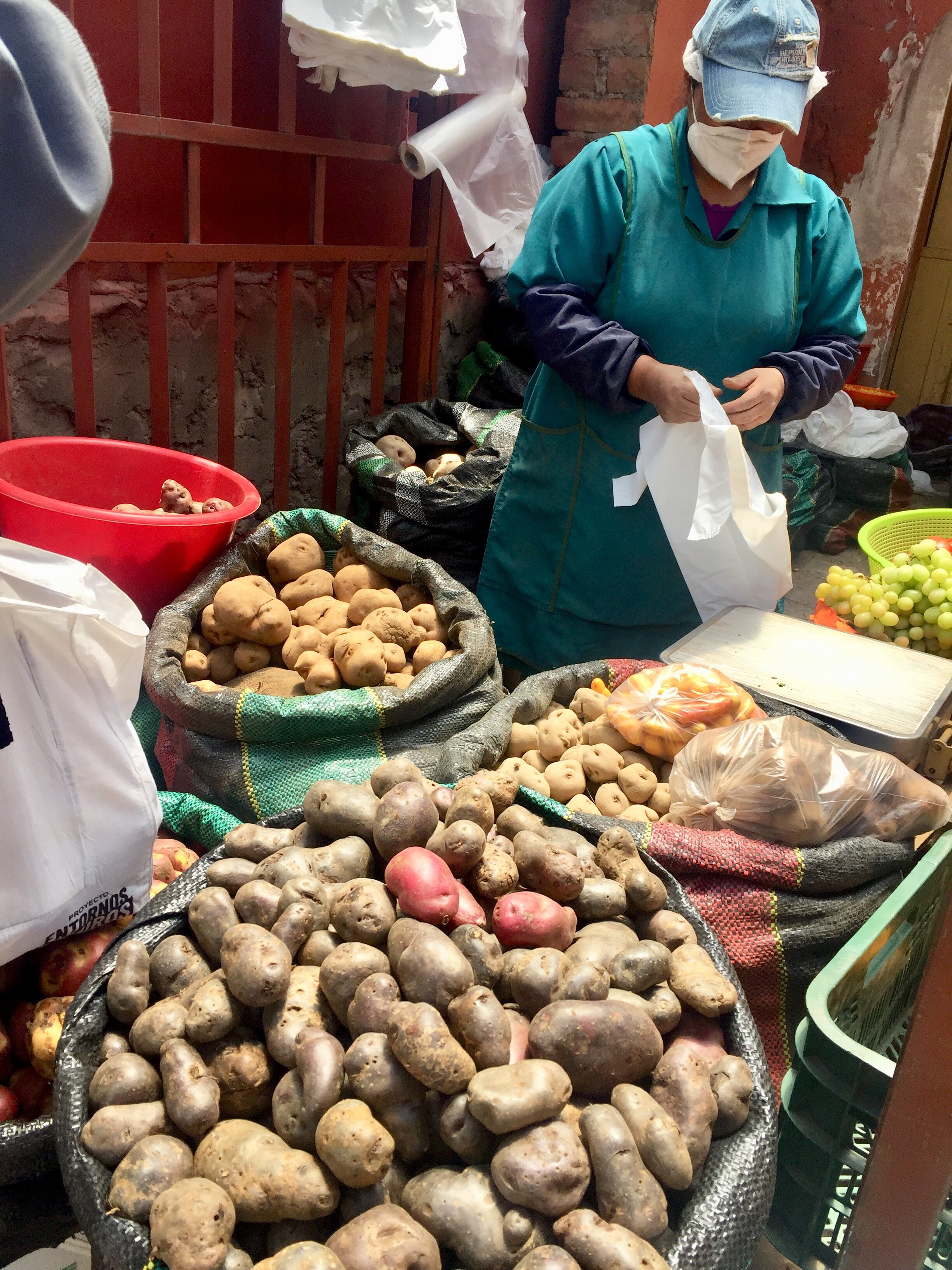

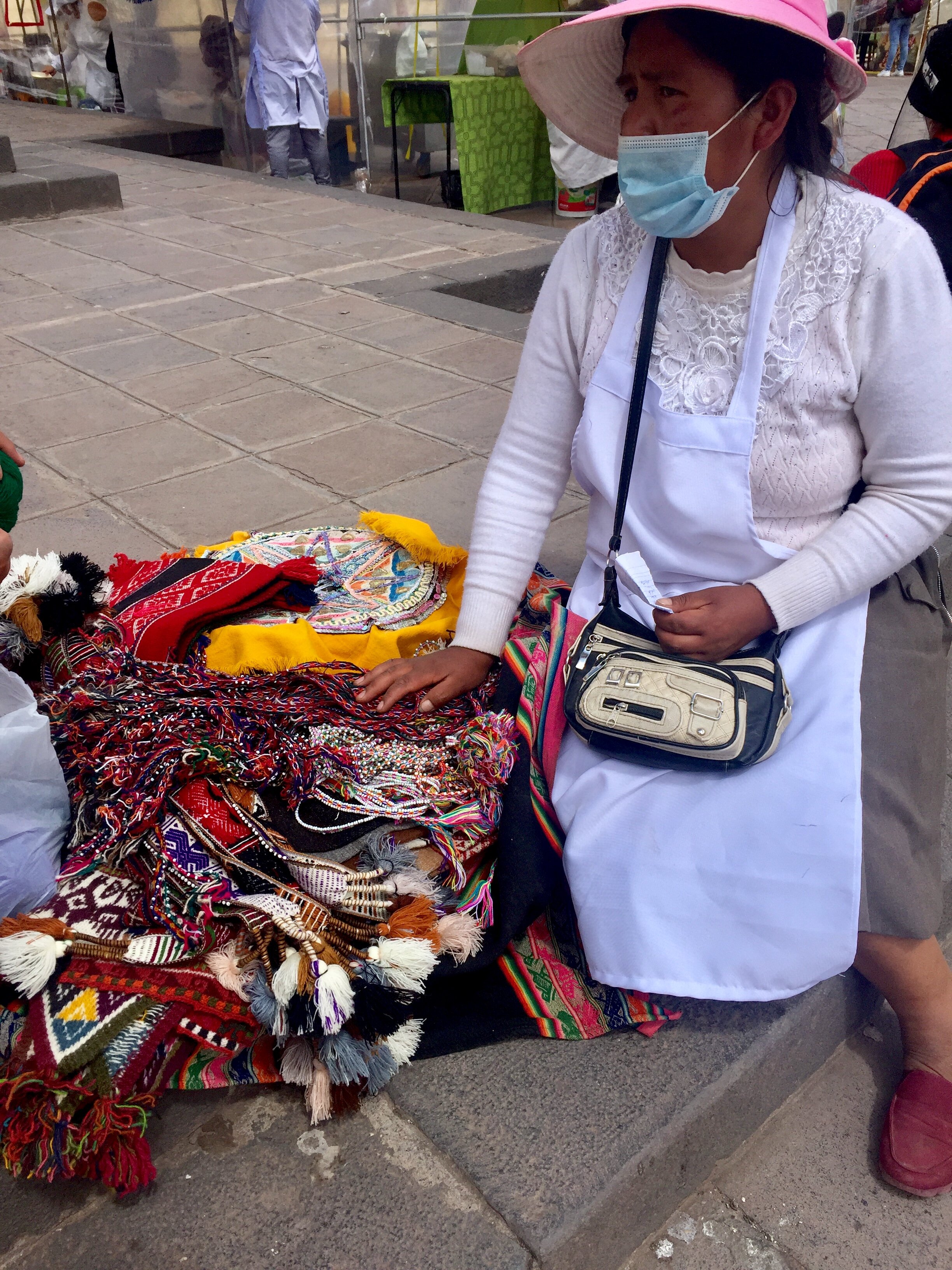

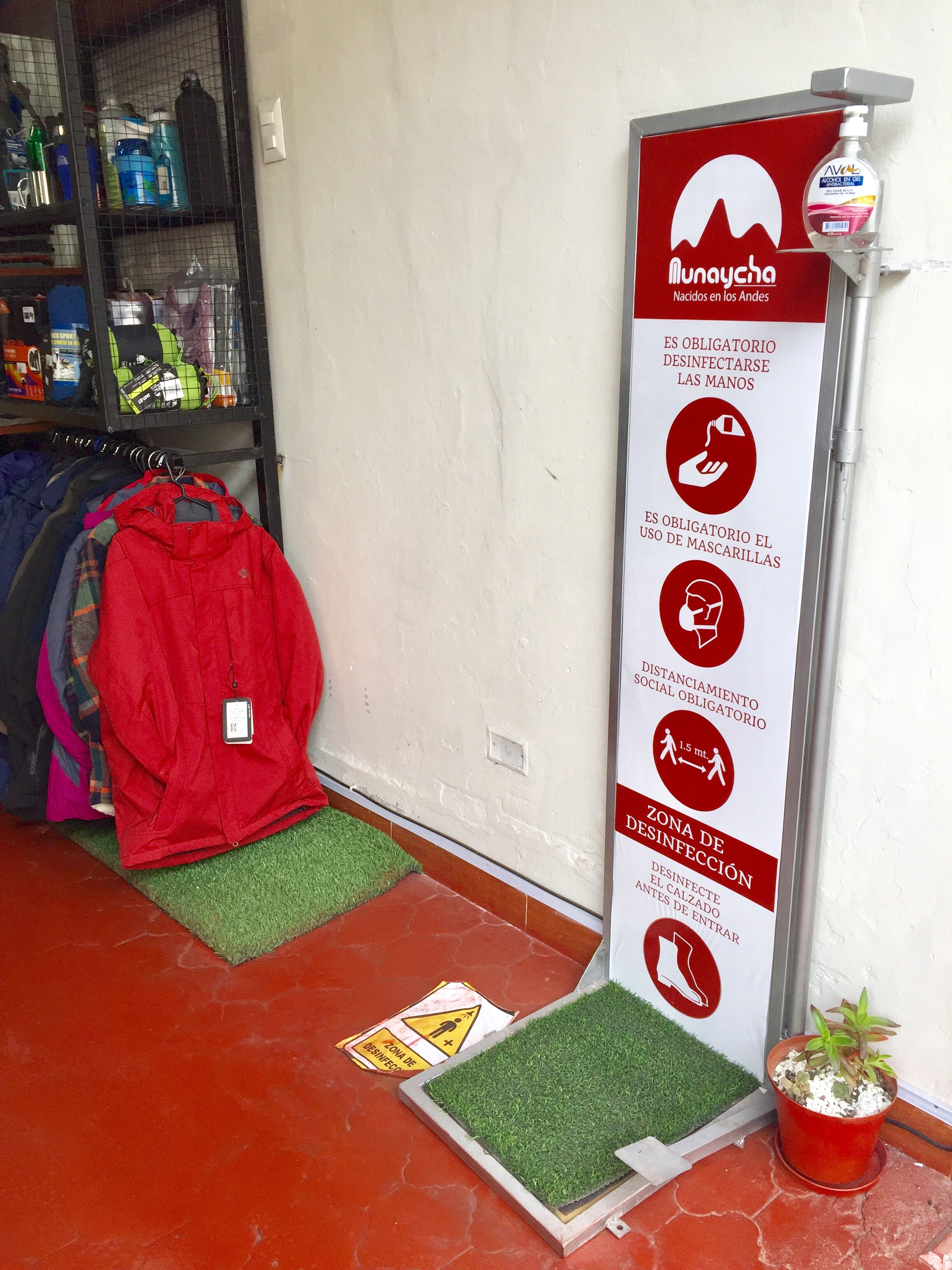
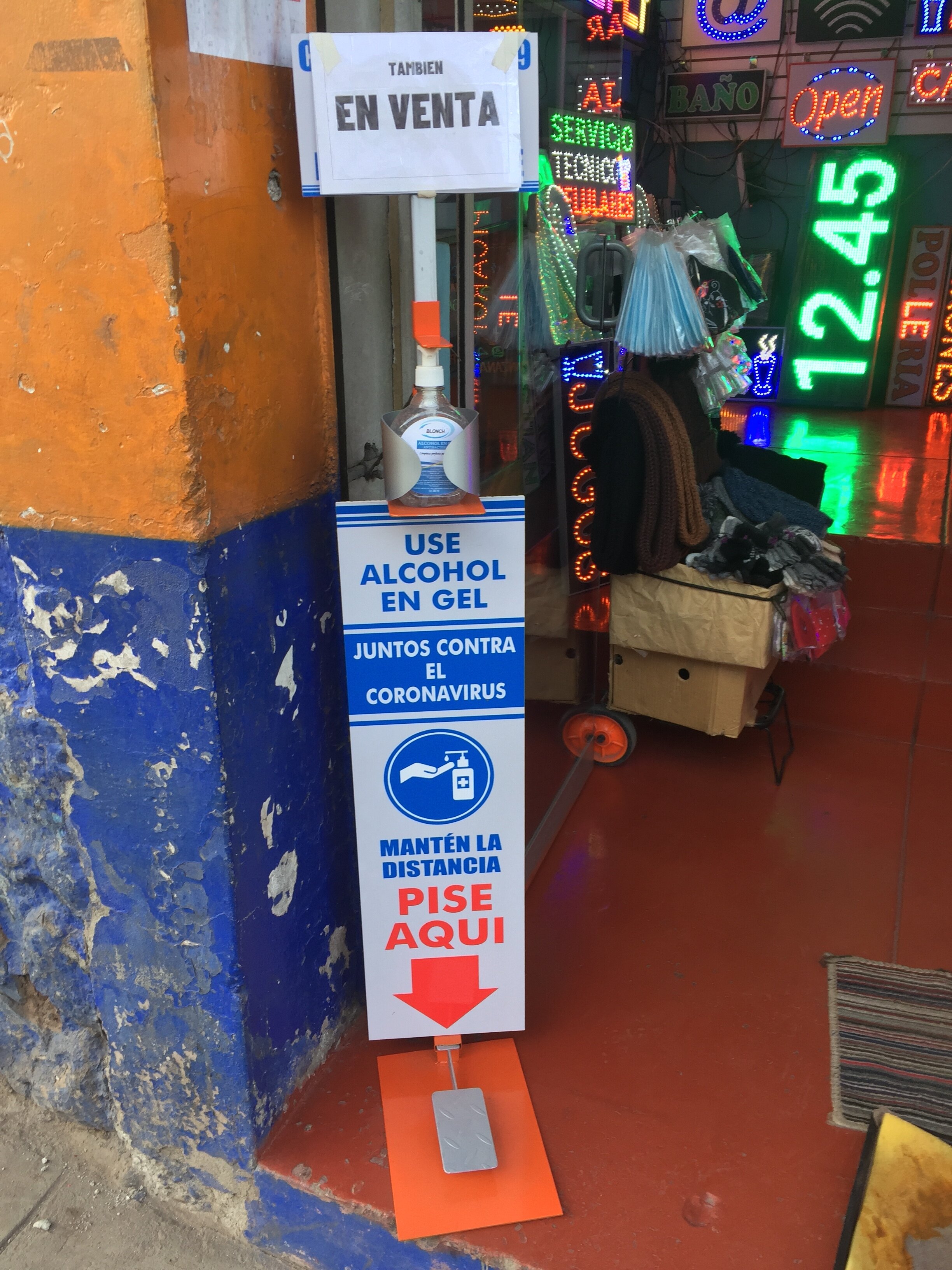
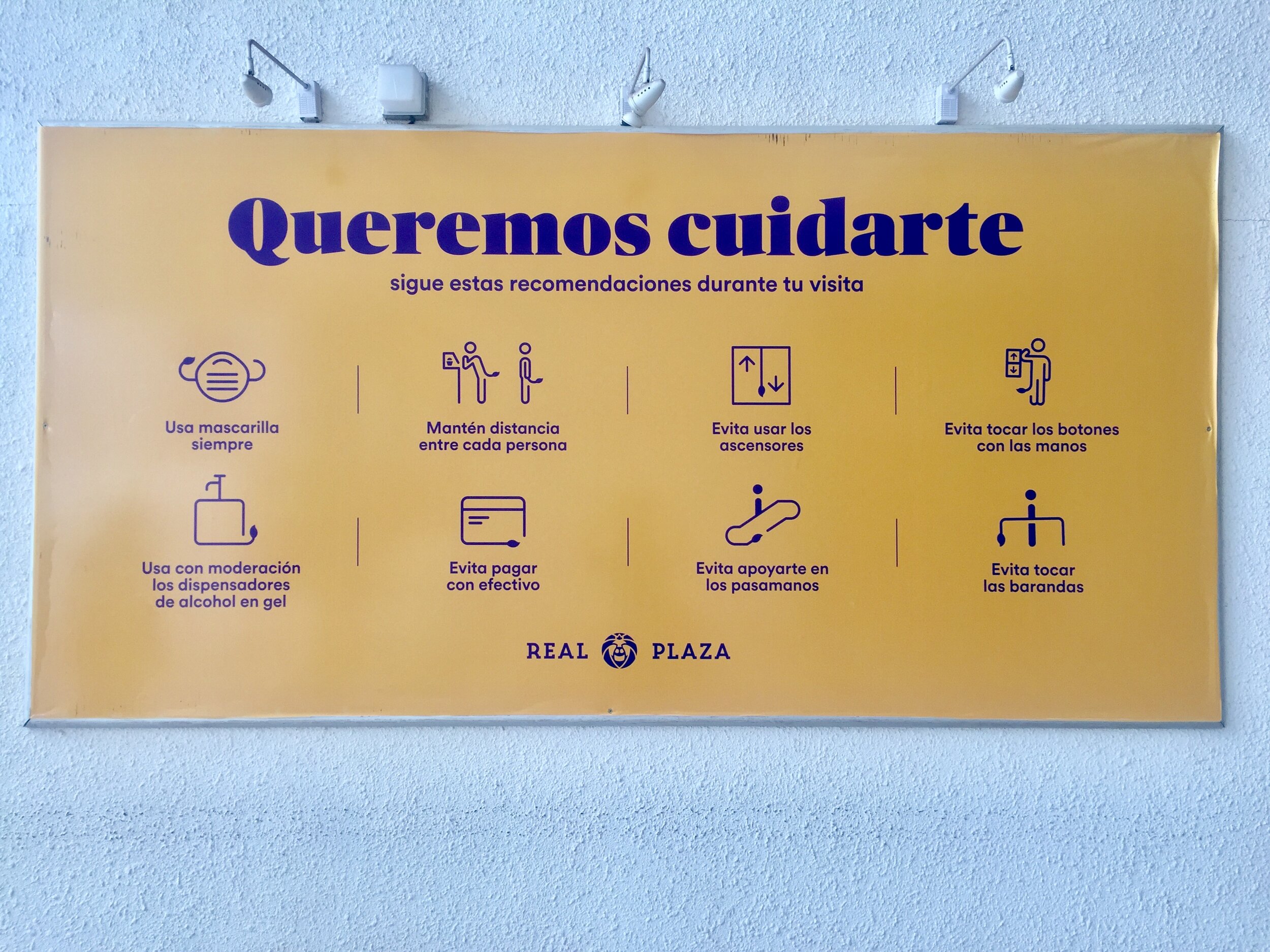
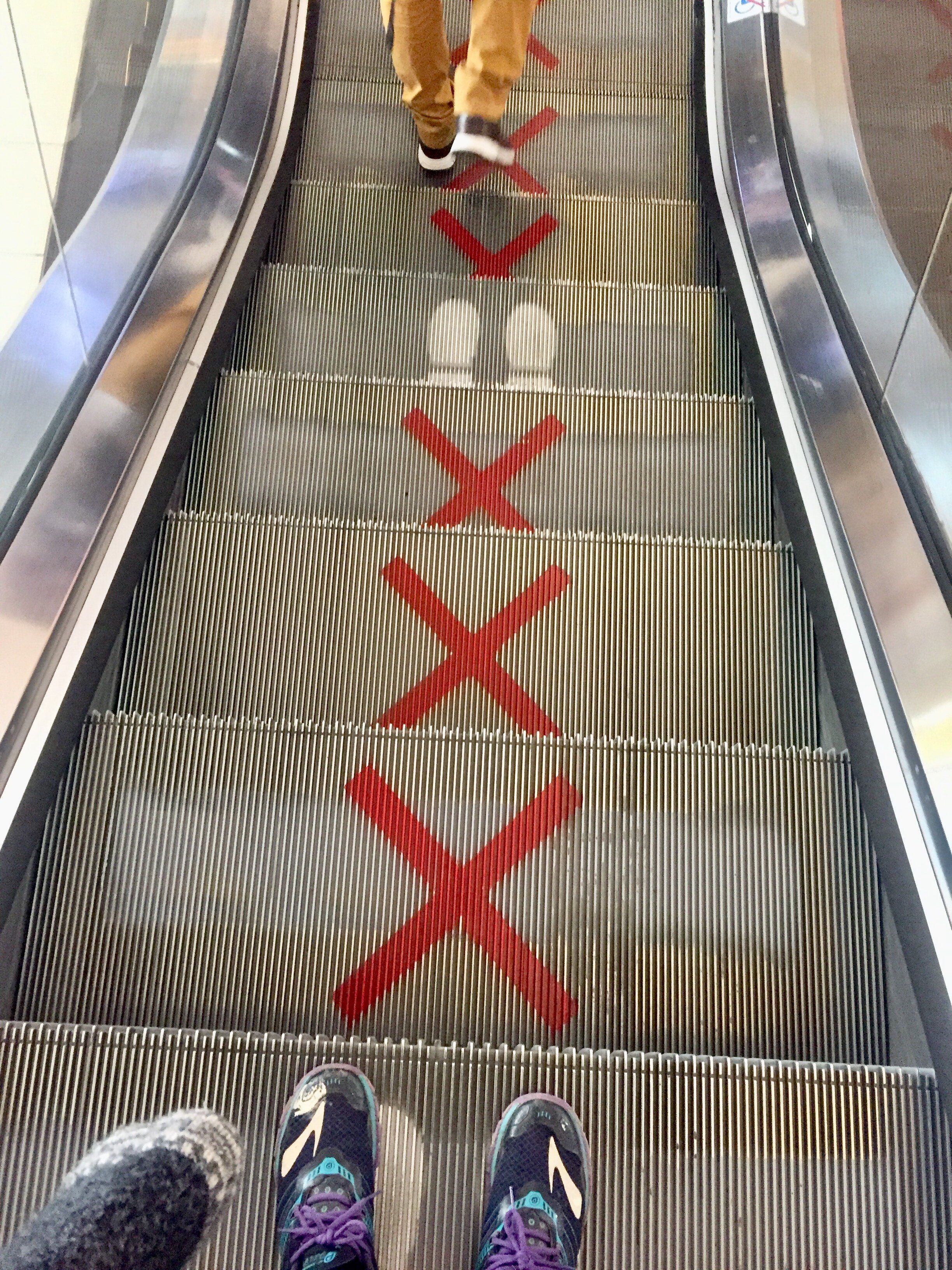
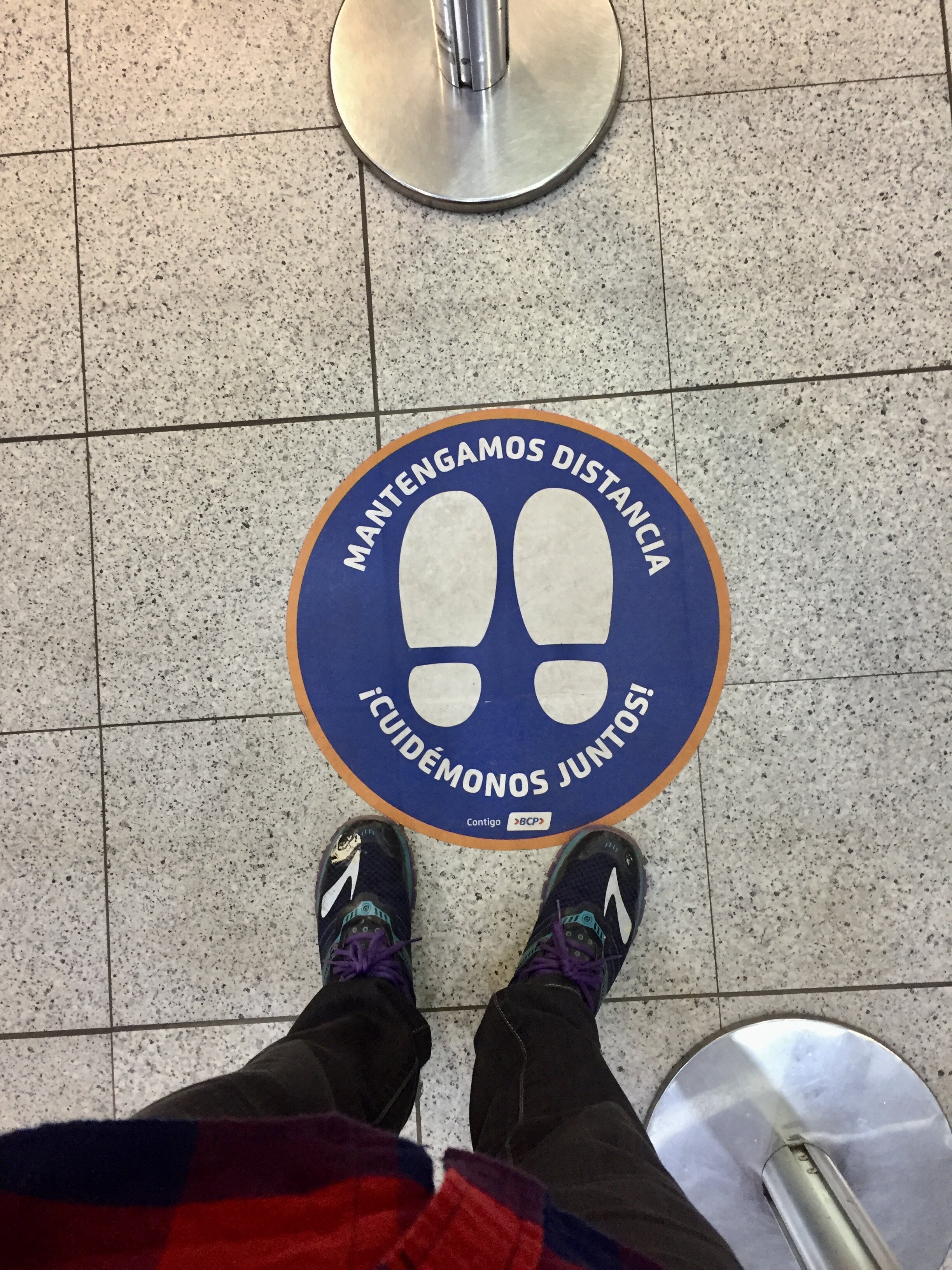
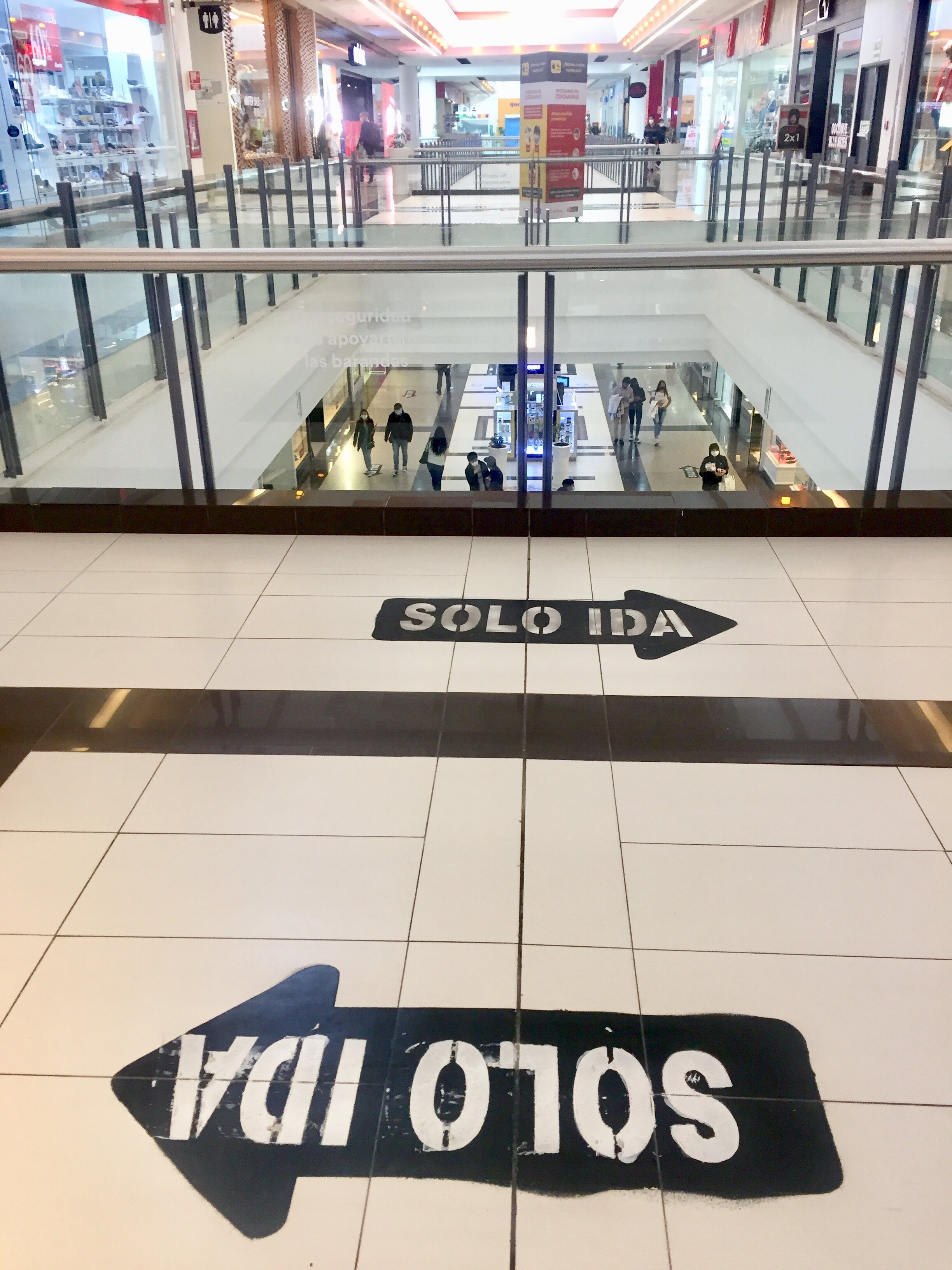
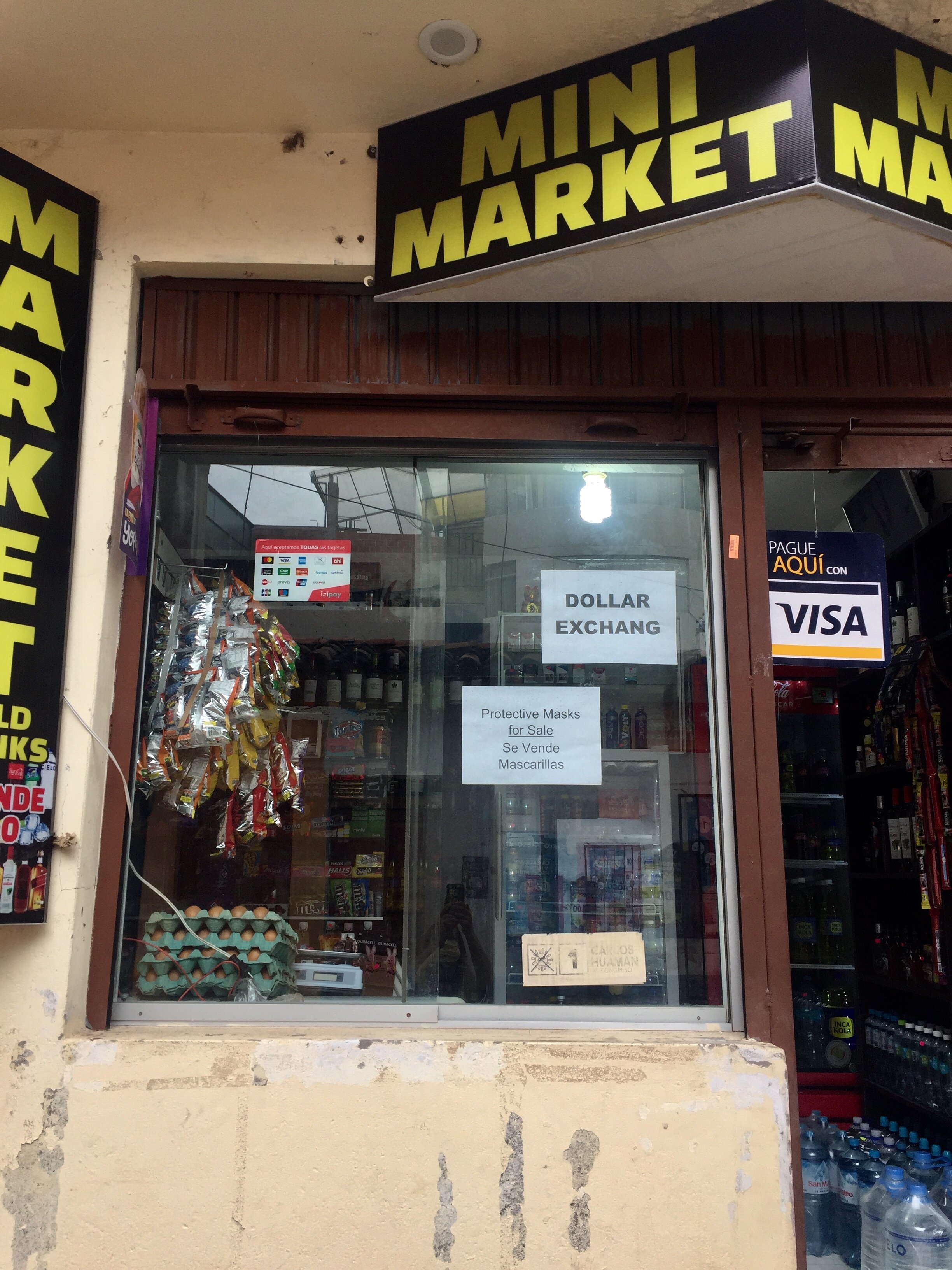
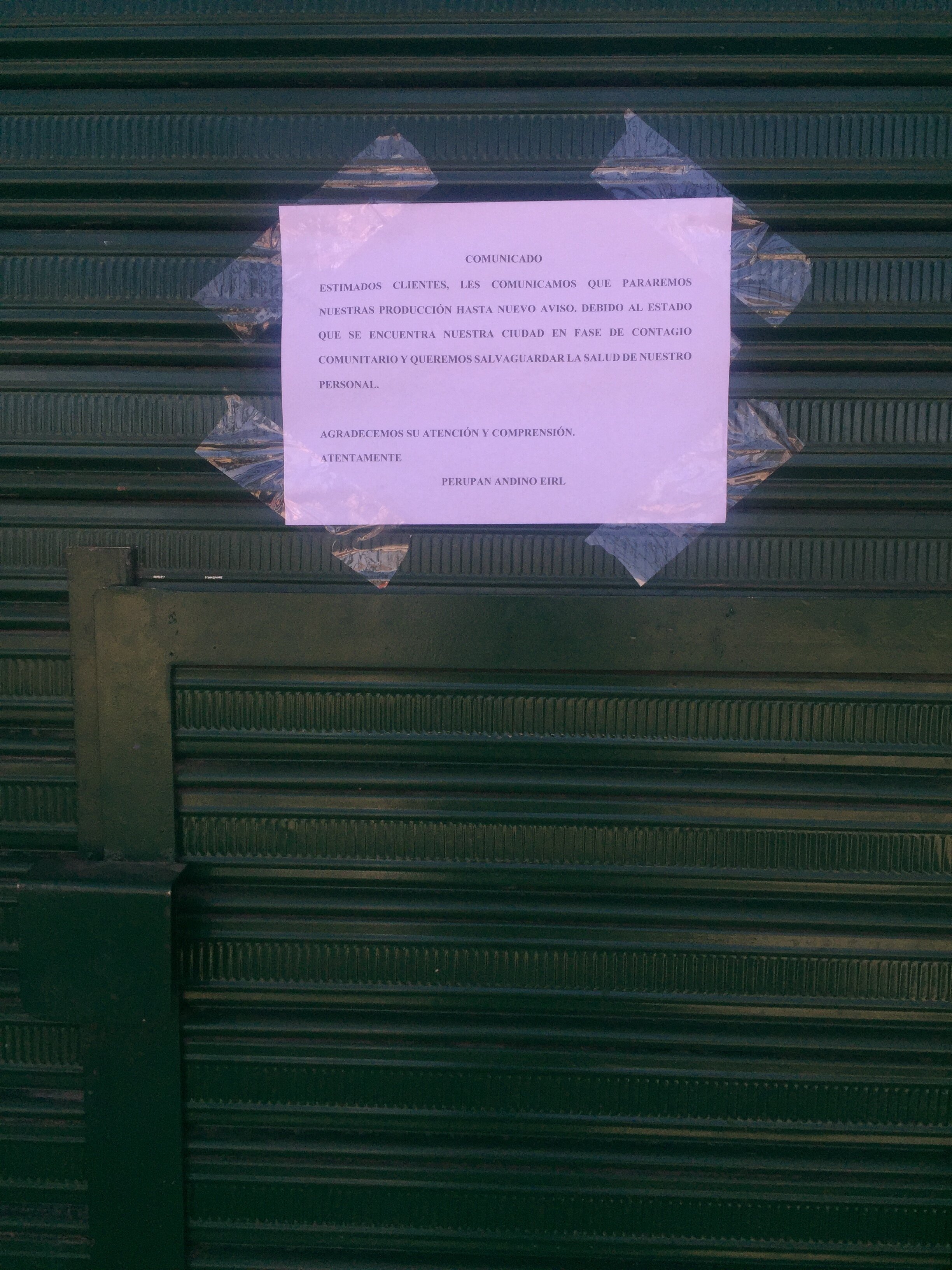
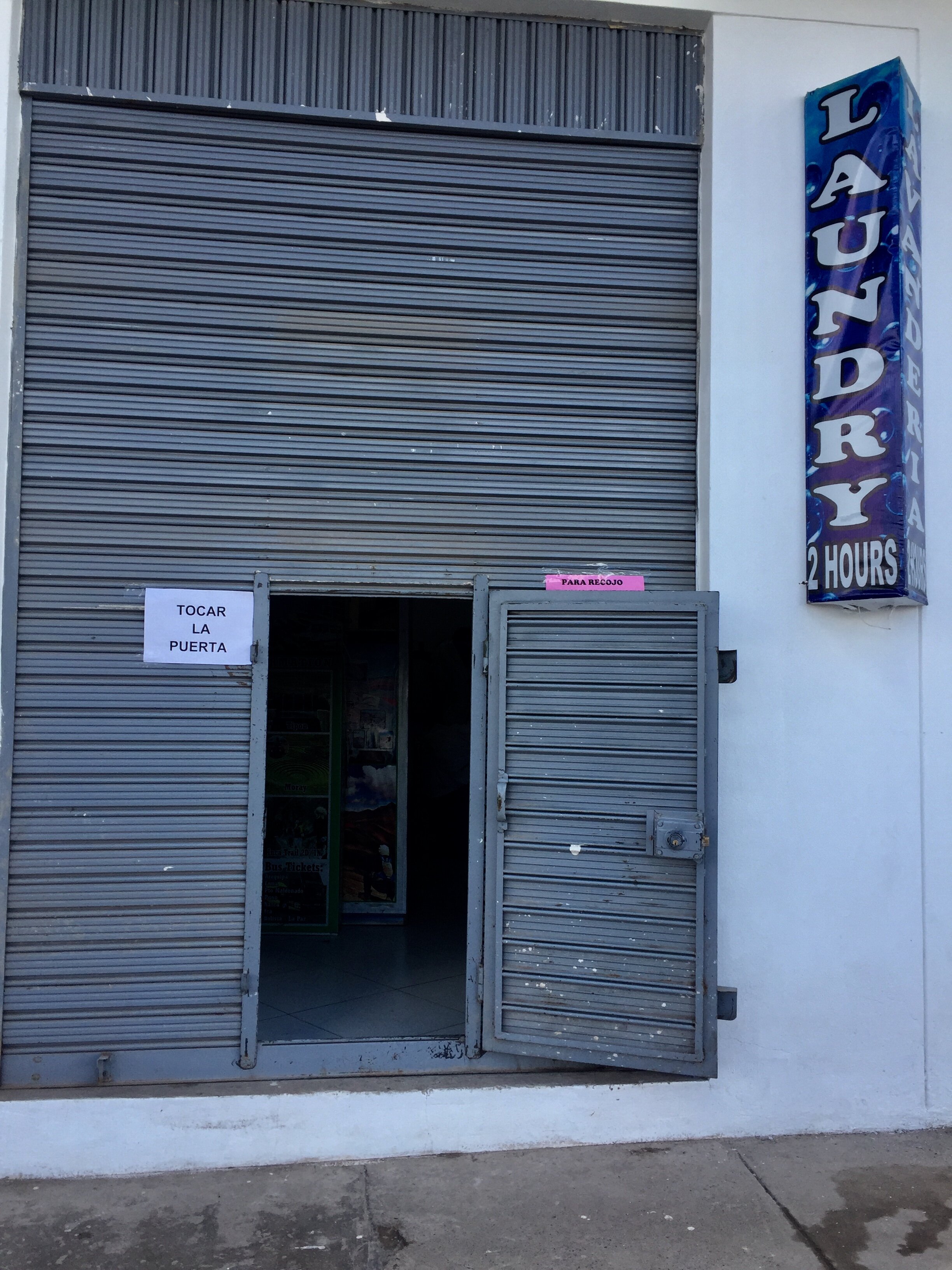
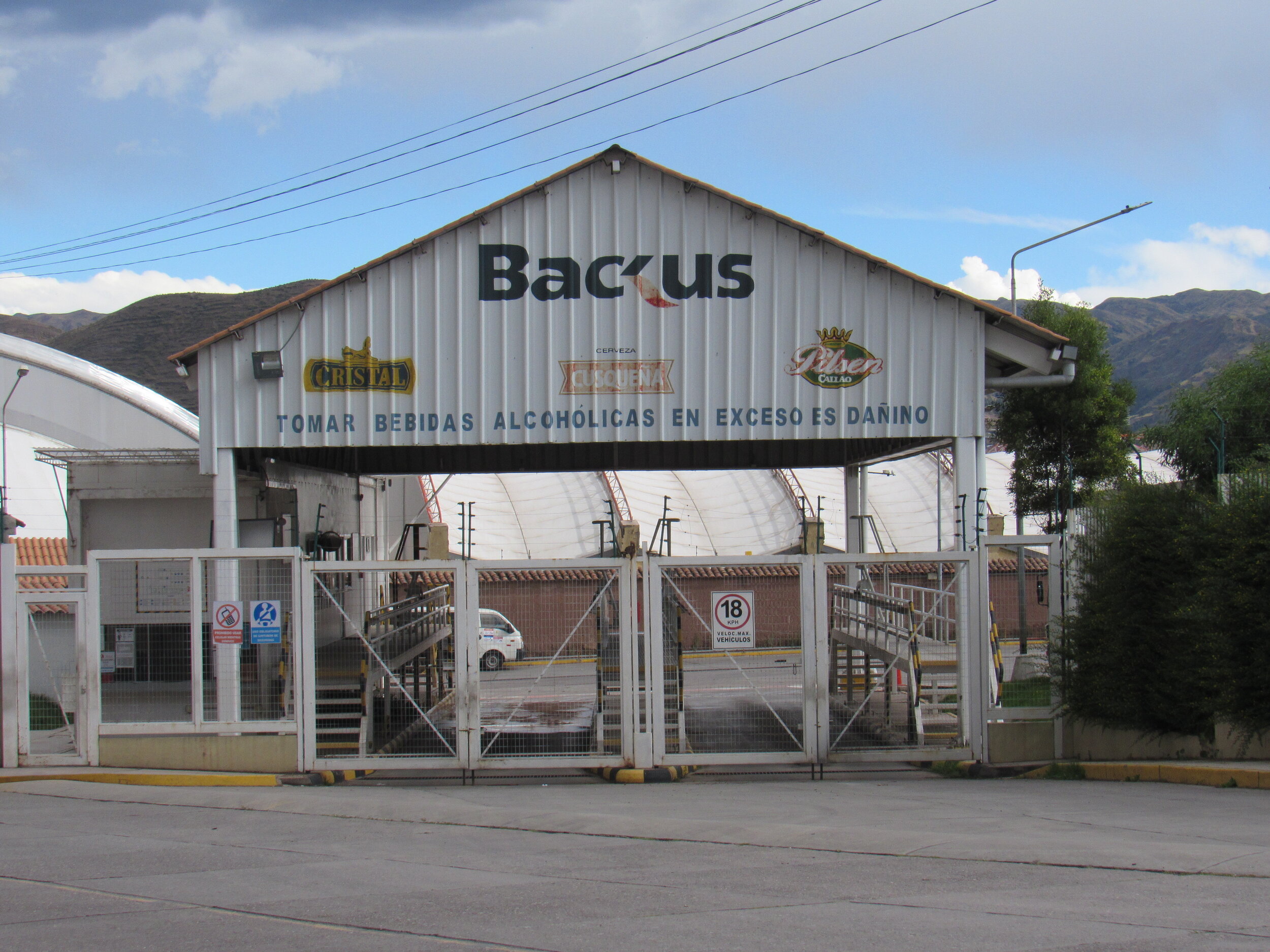
Meanwhile, there is another person with Covid in this story, and this one is my fault. Recently arrived from France, she had hired me to give her private classes in both English and Spanish. All arrivals from Europe in January were required to stay in their lodging for a two week quarantine, until the government shut down flights from Europe entirely. The entire world is freaking out about the new Covid variants in England, Brazil and South Africa, triggering more border closures around the globe.
I wore my mask for my first two classes with her, nervous about her having recently arrived from Paris. I didn’t ask her to wear a mask and she didn’t seem at all interested in wearing one. She mostly stayed in her AirBnb, but did leave sometimes to buy food. As far as I know, I was the only person who visited her. So, as far as people I could have infected, at least she’s somebody without any friends or close contacts with here, and unlikely to continue to infect more people.
Unfortunately for her, the AirBnb owner figured out that she was sick and asked her to leave. This landed her in a hotel, since she didn’t have the energy to find an apartment or even another AirBnb. At the hotel, she was reported to authorities, who gave her a Covid test, which of course was positive. A local doctor was assigned to her, who visited her at the hotel and lent her a pulse oximeter, to check her blood oxygen saturation every two hours.
Having enough oxygen in Cusco can be a struggle in the best of times. At over 11,000 feet, it is common for new arrivals to be short of breath and to have blood oxygen levels of 80% or even lower. I also borrowed a pulse oximeter and was thankful to see my level was 94%, though the houseguest-turned-patient hovered just under 80%. This is a person who is from Cusco and who should be up in the high 90s. I wanted to send him to the hospital, but he was against it, so I asked a family member to come get him. The next morning, his niece came with a taxi to take him to a sibling who lives here in Cusco. He was far too sick for a drive to the Sacred Valley, even though his village is really only an hour away.
While he was in my care, I received a constant barrage of recommendations and medicine from various family members. One niece came with honey and navo, which is like a large radish. She hollowed out the navo and filled it with honey, instructing me to have him drink it in five hours. One sibling brought the antibiotic azithromycin, which just made him nauseous and gave him diarrhea. He only took one pill, then agreed with me that antibiotics weren’t going to help. In the absence of a positive Covid test, I had counseled him that even the regular flu was caused by a virus and that antibiotics couldn’t do anything about a virus. Even more worrisome, another sibling brought him a bottle of Ivermectin drops. He was told to take half the bottle one day and the other half the next. The package insert said nothing about Covid but instead referenced administering it to animals.
On a preliminary online search, I found that Ivermectin is used to treat parasites in animals. The FDA website answered the question “Should I take Ivermectin to prevent or treat Covid-19?” with the response “No. While there are approved uses for ivermectin in people and animals, it is not approved for the prevention or treatment of COVID-19.” The article goes on to state that Ivermectin is approved for humans for “some parasitic worms” and that “Ivermectin is FDA-approved for use in animals for prevention of heartworm disease in some small animal species.” I recommended that he not try the Ivermectin and instead try a recipe from yet another sibling who had told him to finely dice red onion, garlic and ginger and put them raw in honey to soak for several hours, then take by the spoonful as a cough syrup. I figured that couldn’t hurt him.
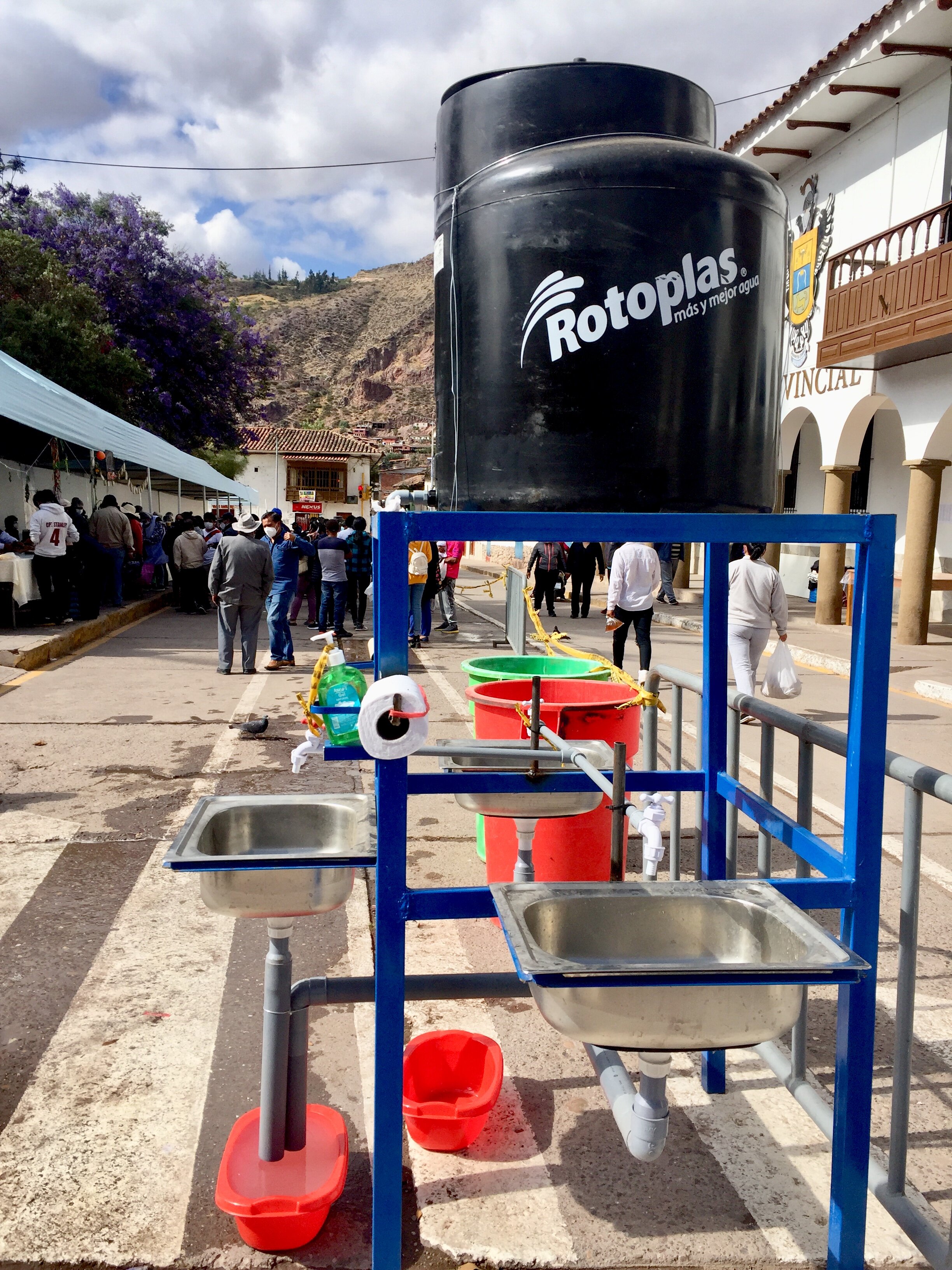
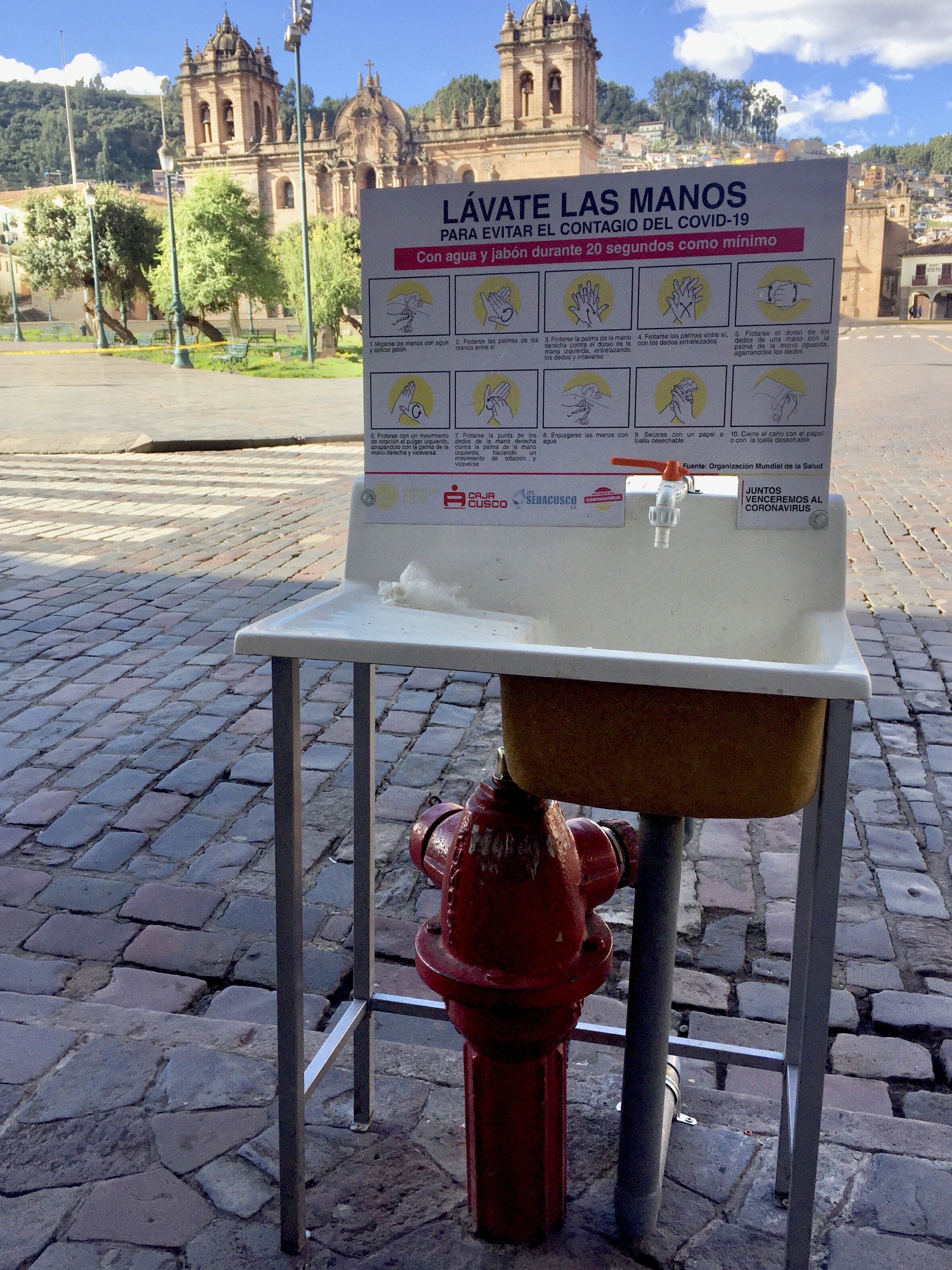
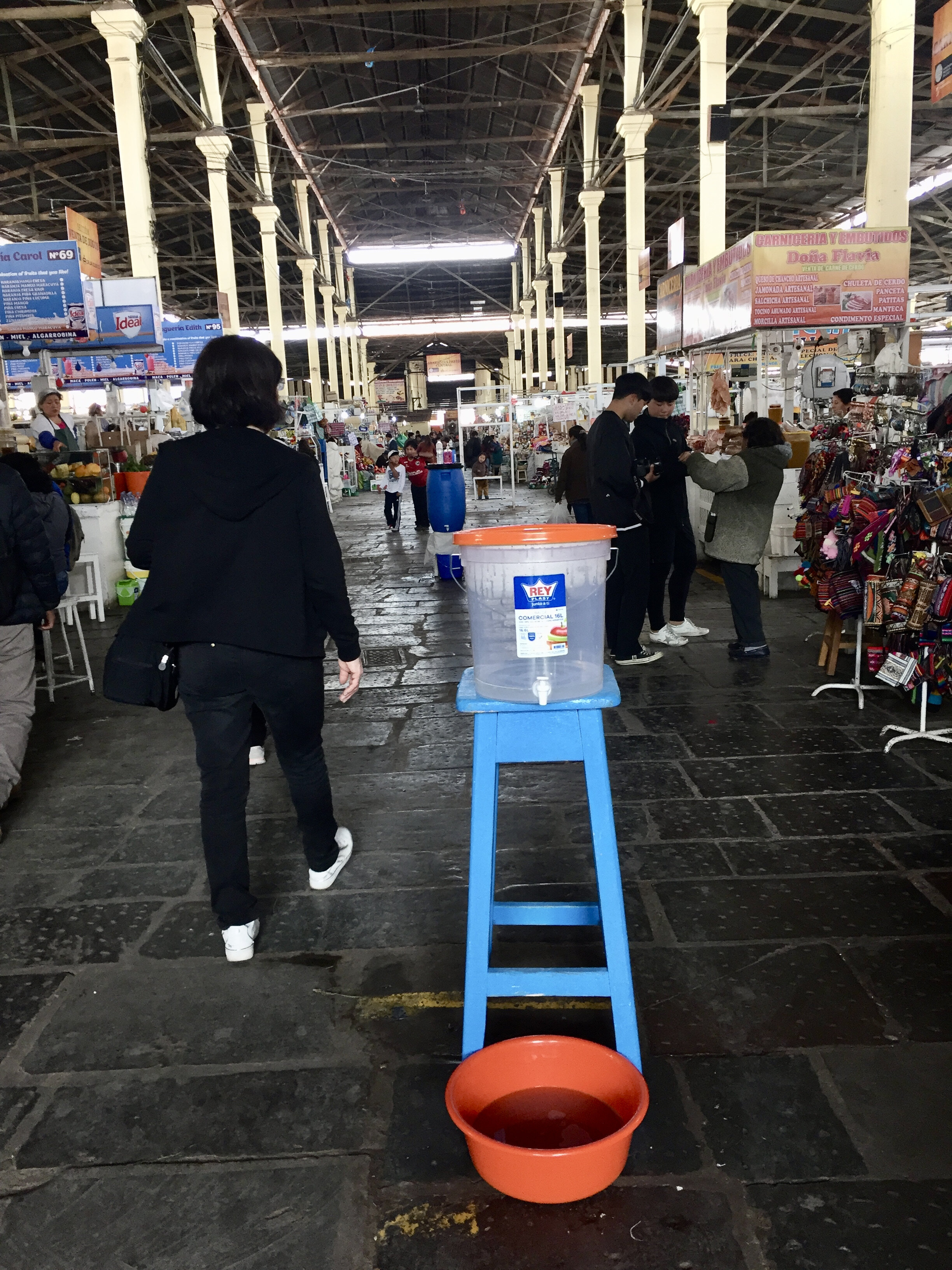
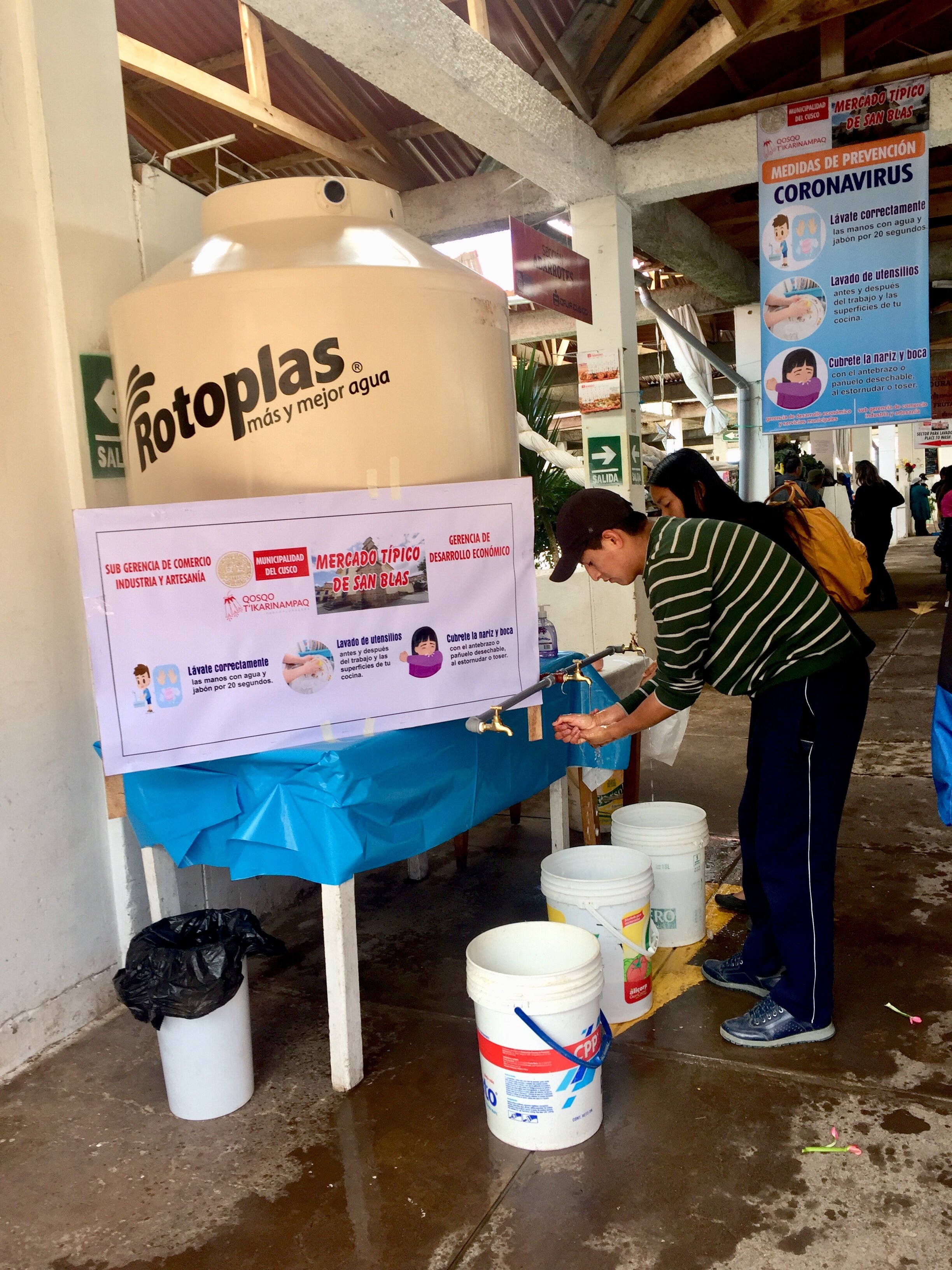
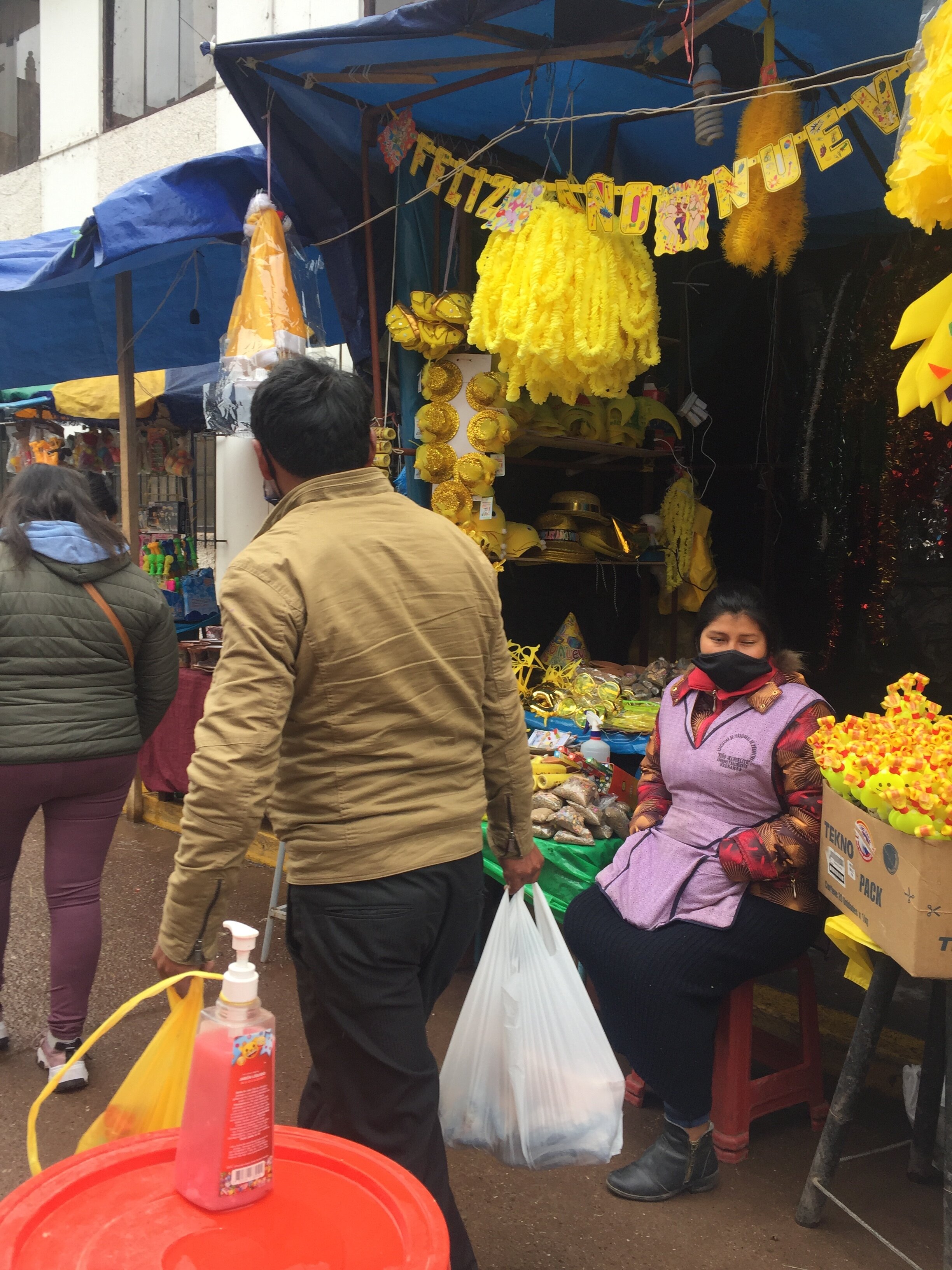
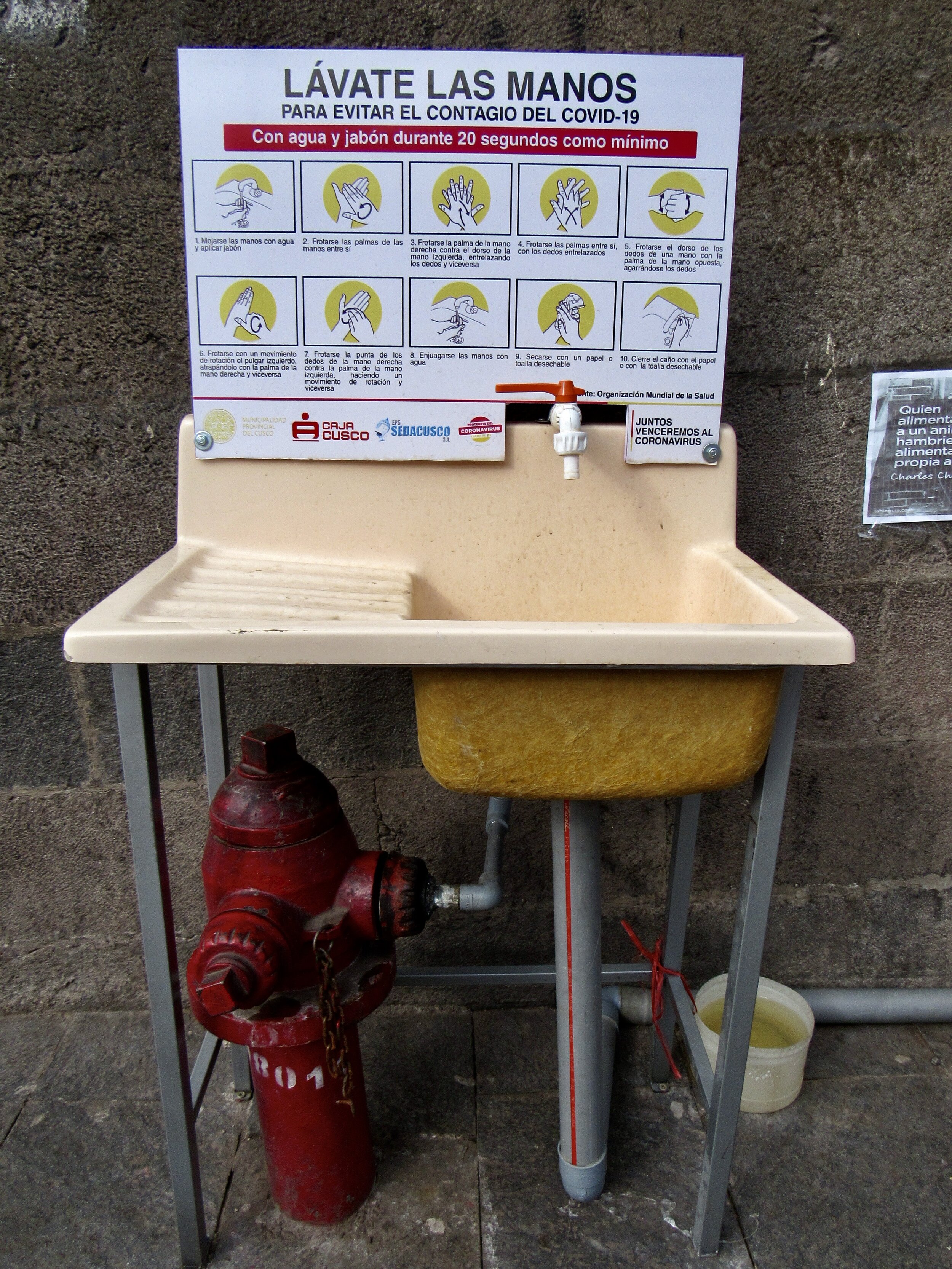
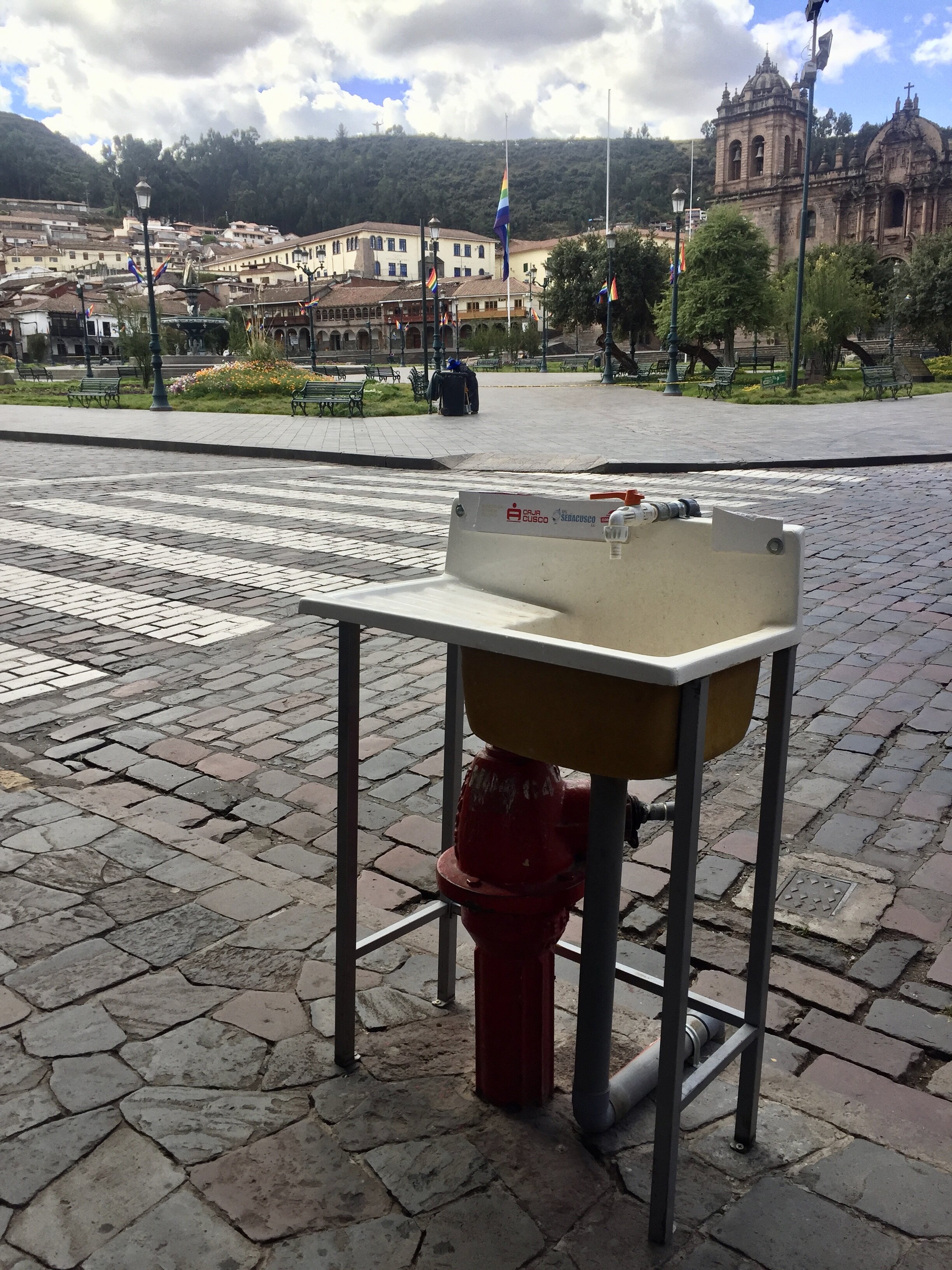
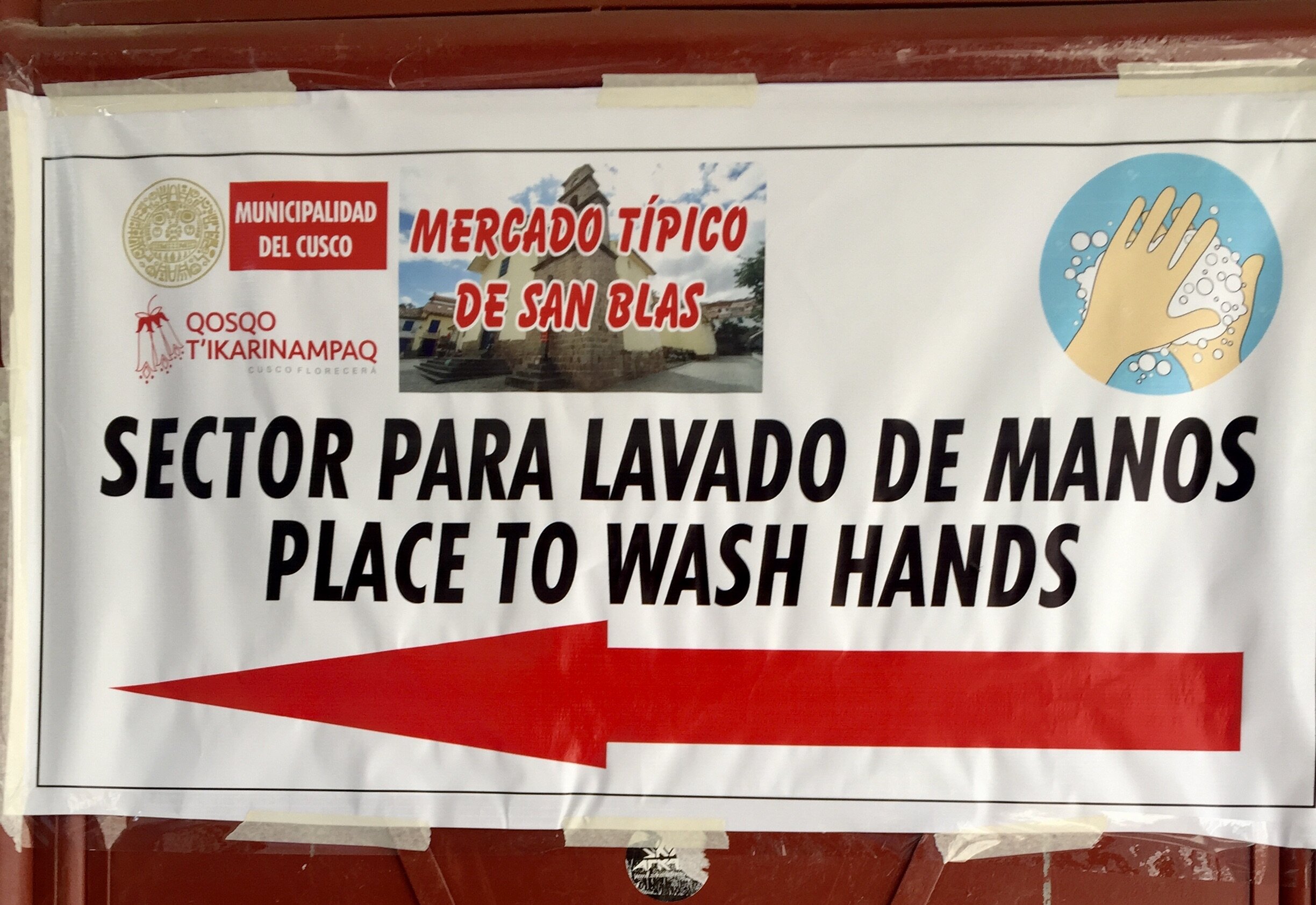
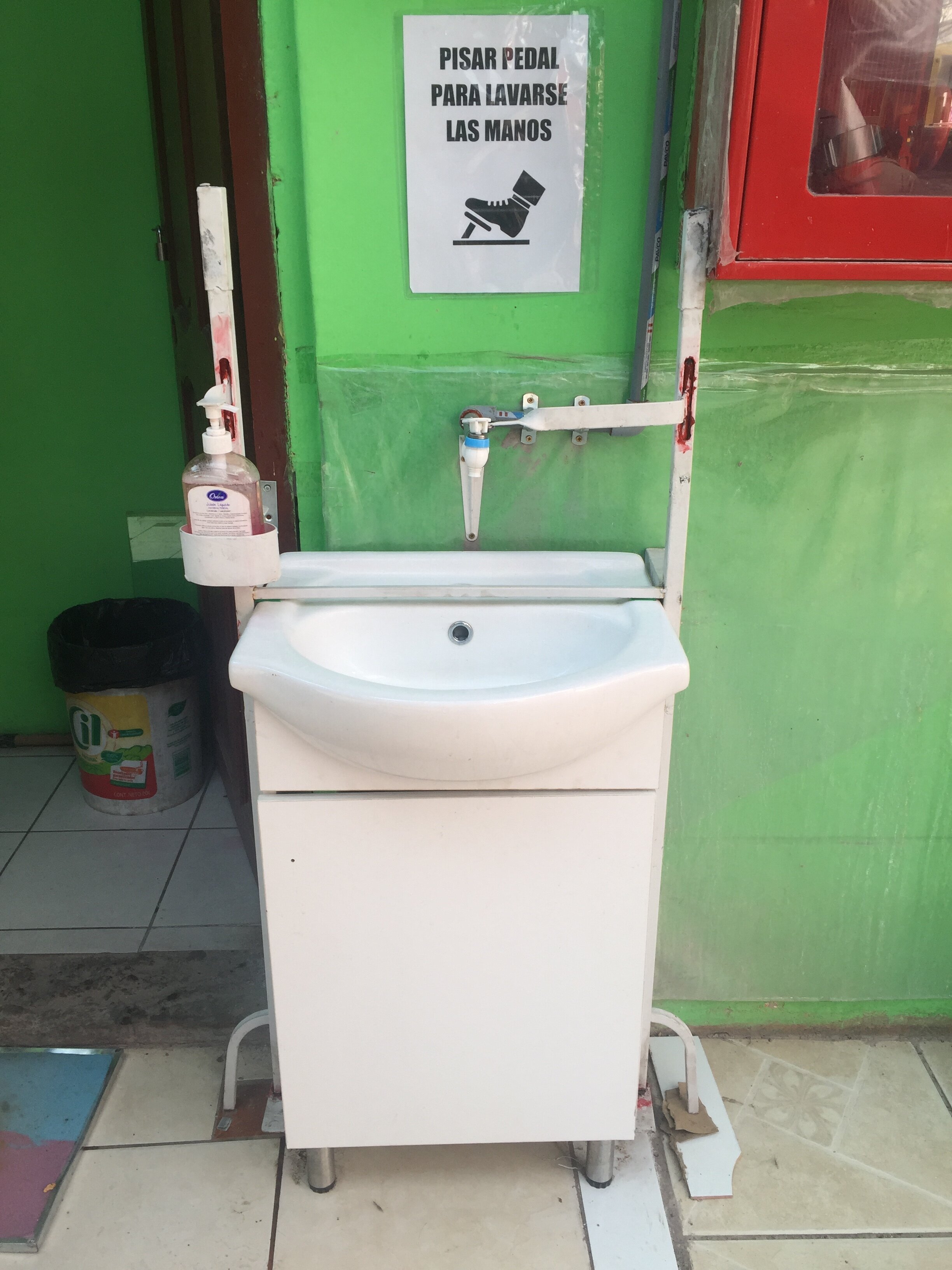
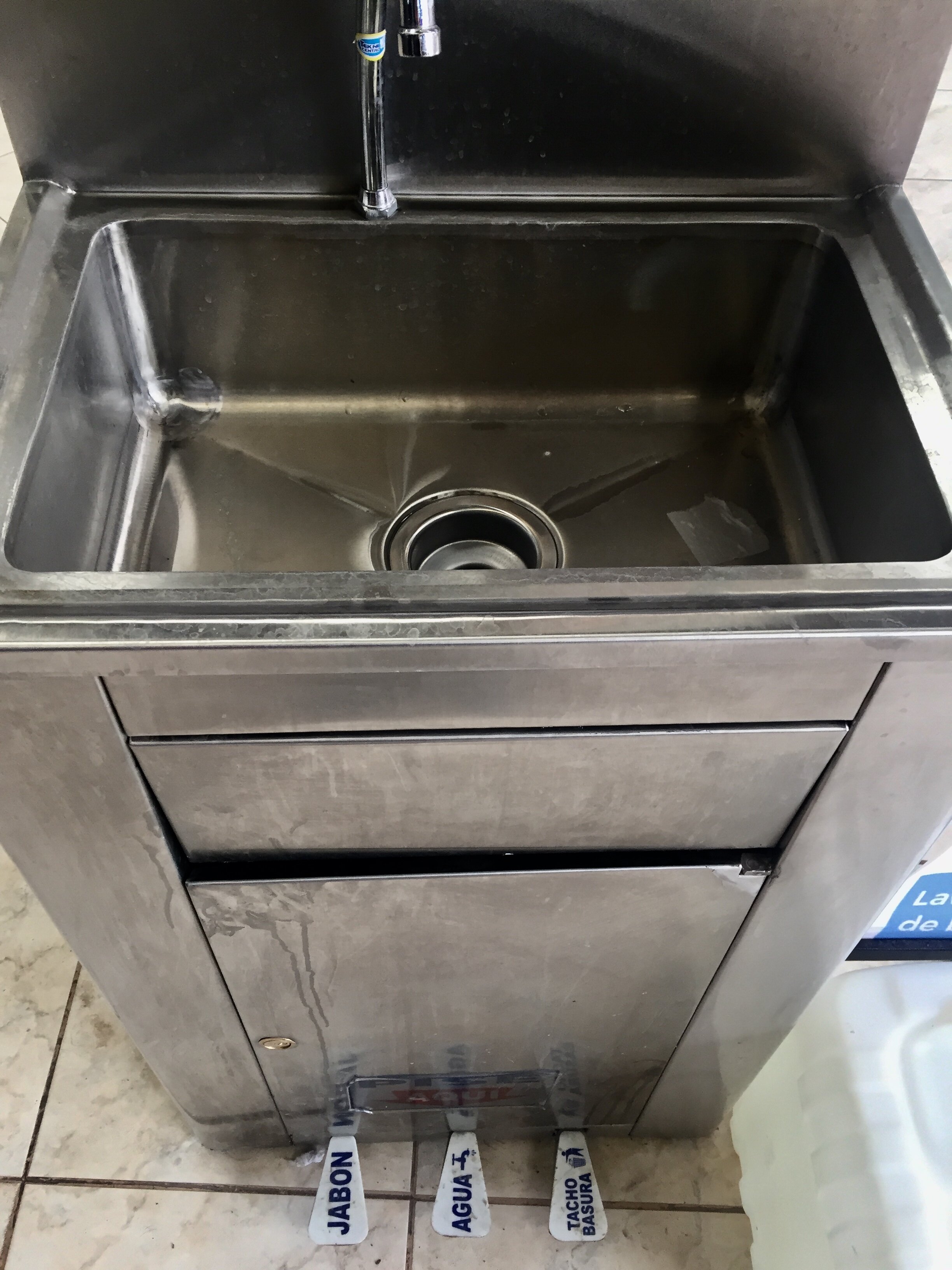
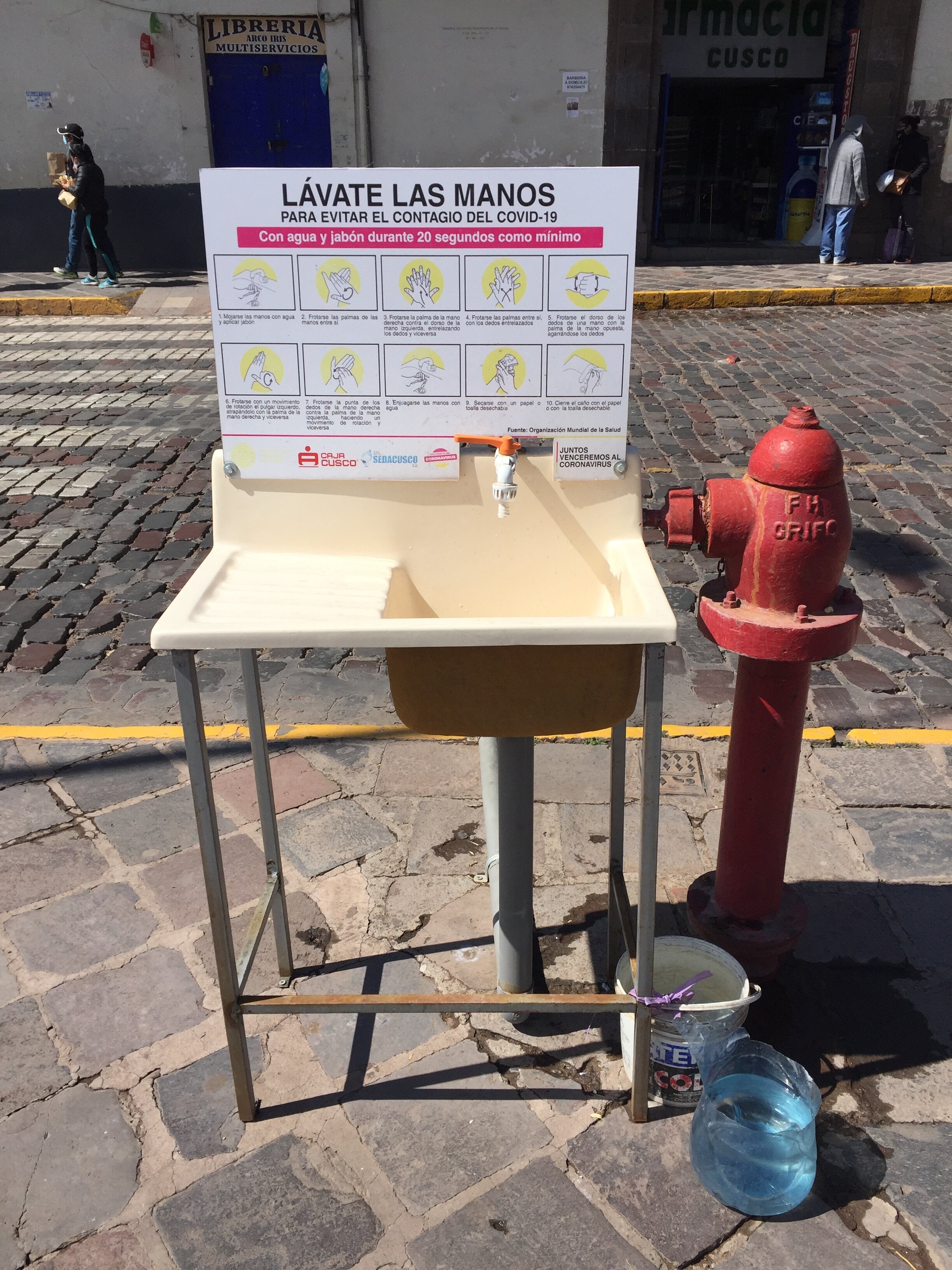
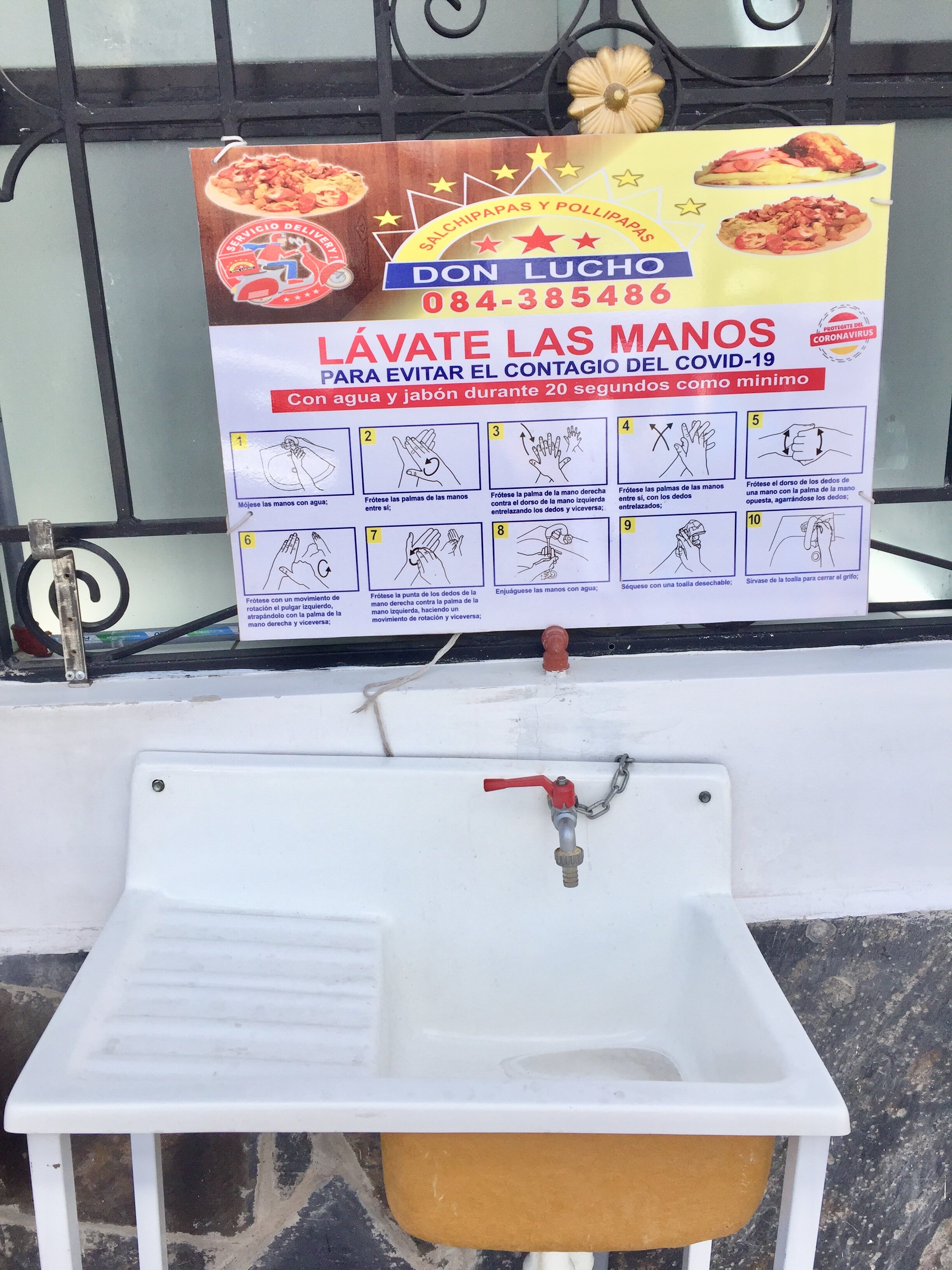
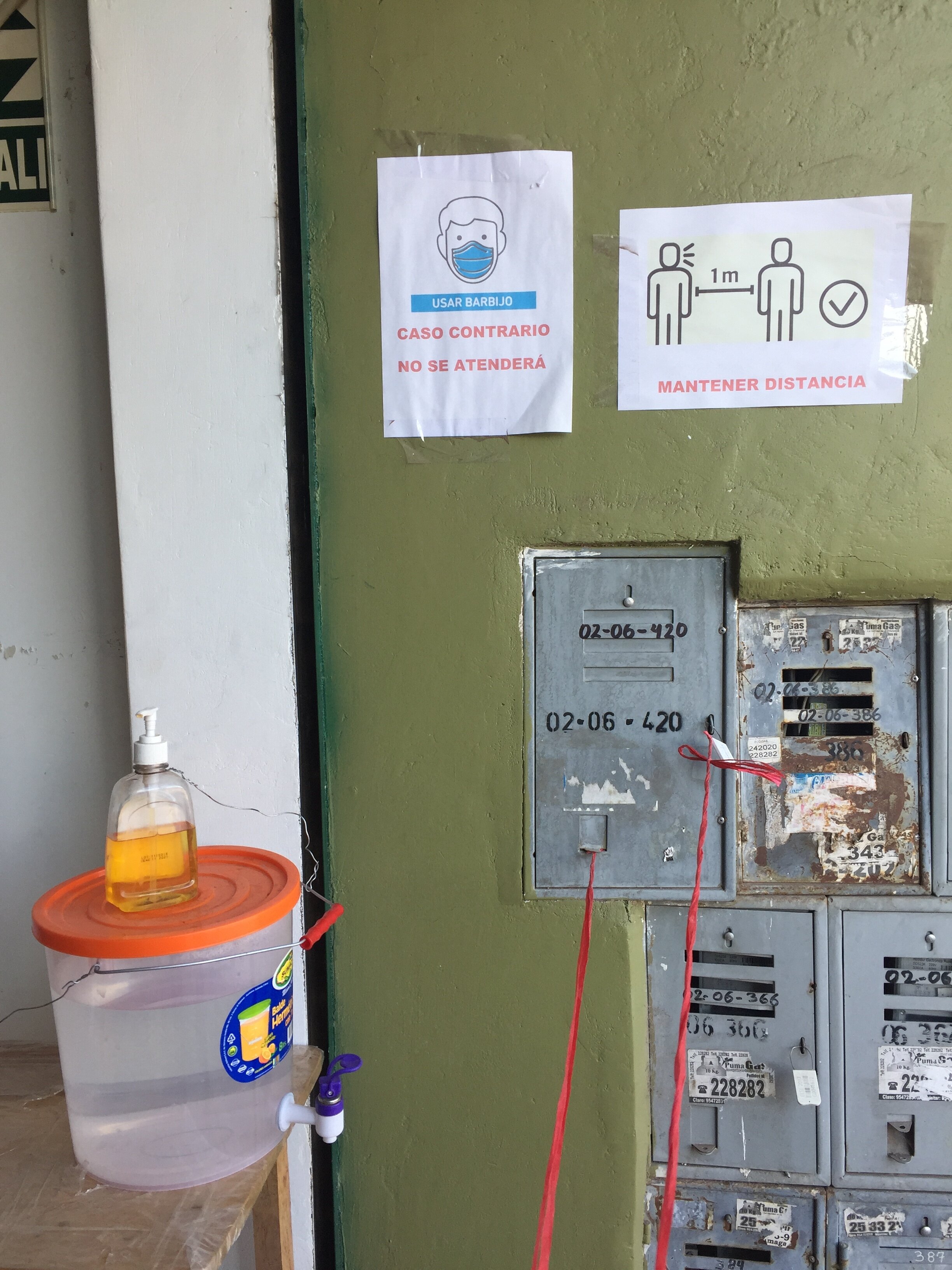

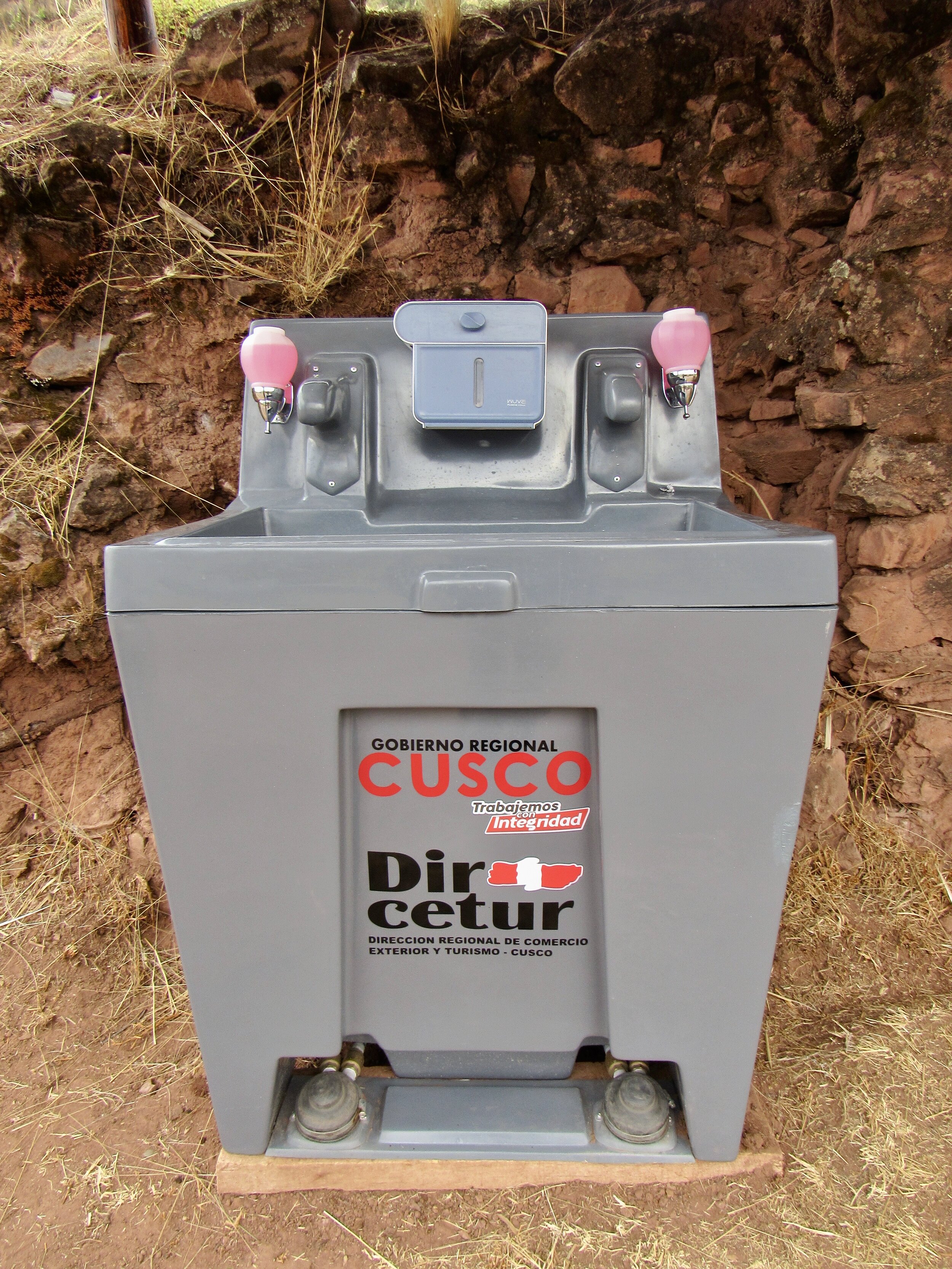
Once I finally had my apartment to myself, I set about marshaling my friends to help keep me inside. Kerry got me fruit from the market and took my clothes to the laundromat. Steve got me cough drops at the pharmacy. David brought vegetables and cough syrup. Sonia brought oranges and a cinnamon roll. Andrea lent me three books and brought some chocolate chip cookies. I felt very well taken care of and had very few symptoms. Then I lost my sense of smell and taste. It was the strangest sensation. My mouth felt kind of numb, like the numbing effect of Szechuan peppercorns. If you haven’t had Szechuan peppercorns, think about how right after you brush your teeth, all you can taste is toothpaste. It kind of numbs your taste so that if you eat something immediately afterwards, you can’t really taste it.
I had been sick for over a week when it happened. First, some oranges that Kerry had brought seemed bland. I figured she had gotten ripped off. Then the mint tea that Sonia gave me didn’t have any flavor. Then I put a lot of garlic and ginger in my broccoli stirfry for lunch and that’s when I figured it out. The problem was not the oranges or the mint, it was Covid.
We’ve been hearing about this odd symptom since March. When the global news started to cover the pandemic in March, it was cited as a quirky Covid symptom and one that didn’t actually cause any harm. When testing was rare or non-existent, it was a way to know that you didn’t have the regular flu. For the curious, if I eat a raw garlic clove, I can taste that. I haven’t tried raw chili peppers yet.
When we look back to then, it’s amazing how optimistic we were that this wouldn’t last very long. A few weeks probably, a couple months at the most. Over the 41 weeks that I blogged about the pandemic in Cusco, my tone goes from annoyed at having to stay inside, to surprised that this is going on so long, to excited that I’m living such a historic moment in Peru to resigned and bored. I went from obsessively reading all of the emails from the US Embassy in Lima to not checking my email for days at a time. I went from planning how tourism could be revolutionised to completely apathetic about the tourism industry. I started out listening to every address made by the Peruvian President Martin Vizcarra, often playing the YouTube version repeatedly as I did my own translation and transcription of his speeches for my blog. When he was deposed with a “constitutional” coup, I didn’t bother to listen to either of his replacements’ speeches.
In May I was so fired up about creating the Covid Relief Project and taking food to isolated mountain villages, that needed to stay isolated to avoid a Covid outbreak. By August I was worn out on fundraising and increasingly scared about taking Covid from Cusco to any of these villages. None of the eight we had visited had any Covid cases in the area and I was terrified of the consequences of taking the virus there. None had any access to healthcare, whether that be hospital, government clinic or even pharmacy. Several didn’t have electricity or running water in any of the homes. I rallied for December and raised enough money for another six villages but was so relieved to call the project done after the last village on January 6th. I just didn’t have it in me to keep going.
Looking back over my blogs, I’m reminded of my 2014 blog “Goodbye Bangladesh,” written six months after I had left the country. Sometimes I need some space, some time, before I’m ready to reflect on an experience. The pandemic has now gone on for so long that I want to reflect on it, except that we’re still in it. Early on when I heard people say that we were “in the middle of a global pandemic,” I would remind them that we were still at the beginning of a global pandemic. Now that we have several approved vaccines, are we in the middle yet? I’m certainly in the middle of my own Covid infection. With numbers of cases still rising around the world, can we say that we’re in the middle? Or perhaps past the middle? Could we be closer to the end?
I wish I knew the answer to that question. I wish I could write a blog counting down, instead of continually counting up. This is week 46 since Covid-19 was first diagnosed in Cusco and since the start of the quarantine and lockdown in Peru. Once we hit 2021 I just couldn’t keep up the same weekly blog. It felt too endless. It still feels endless and I’m still wishing that I could start some sort of countdown. I wish I knew when Cusco would be able to get back to normal.
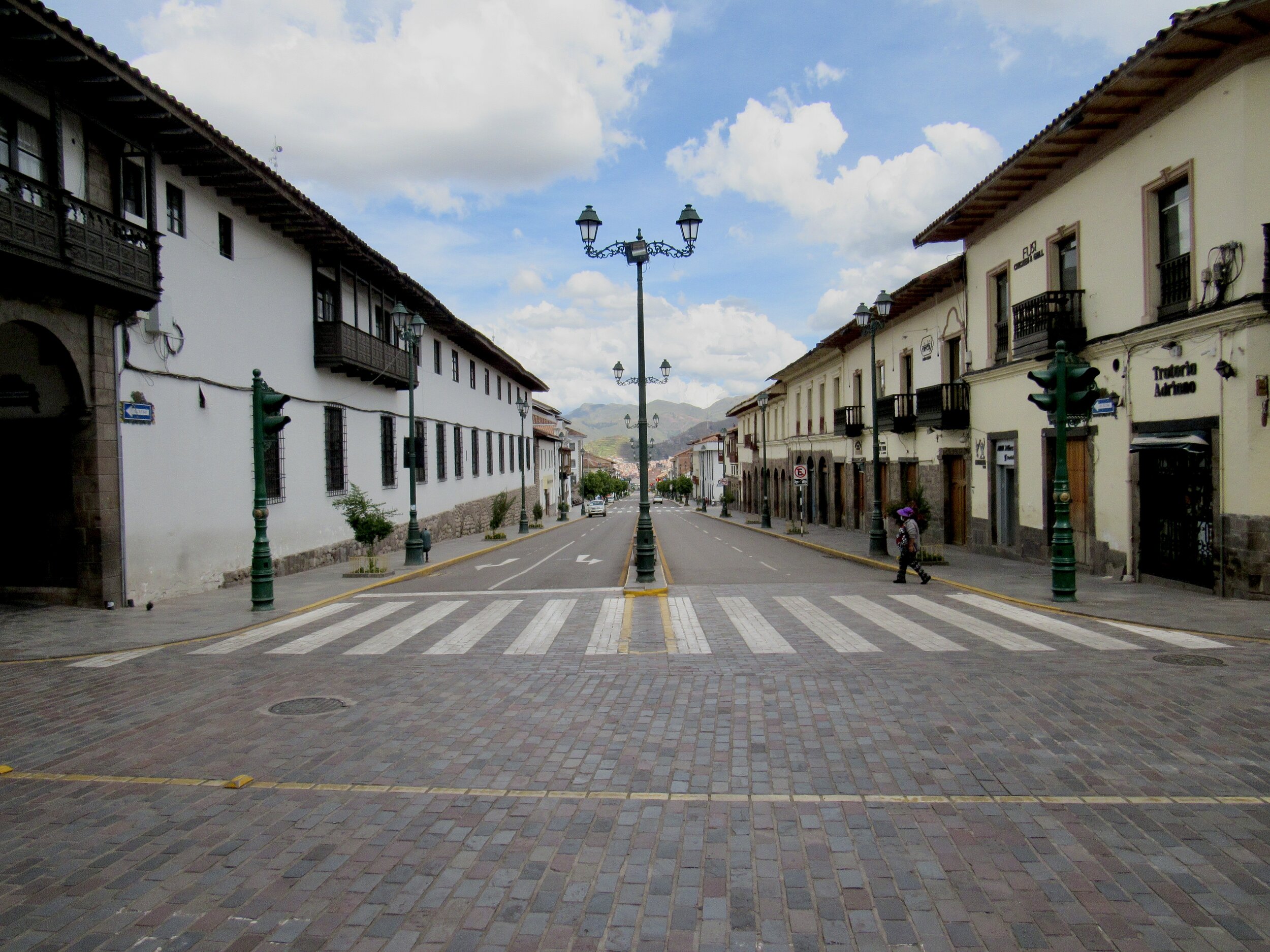
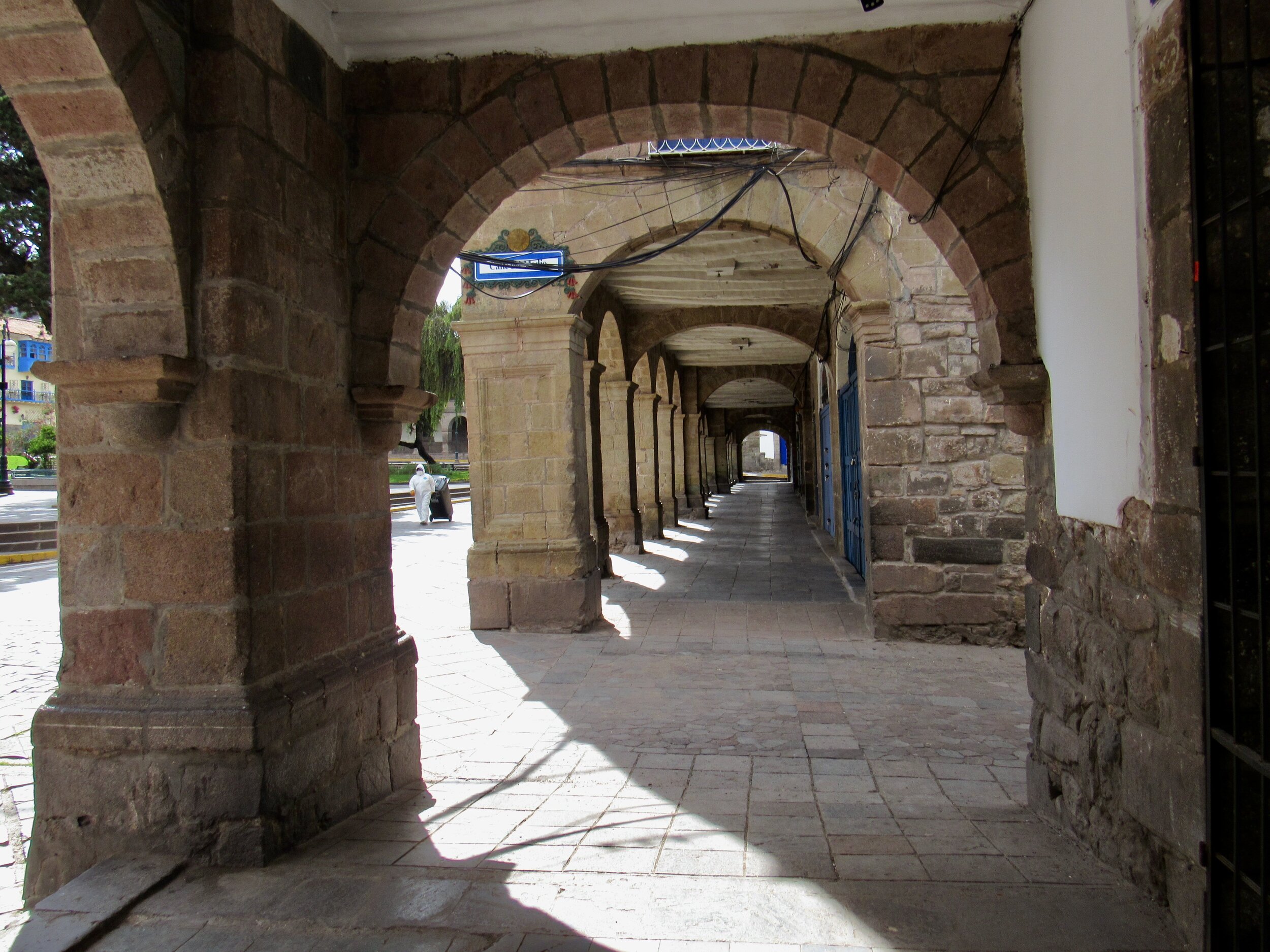
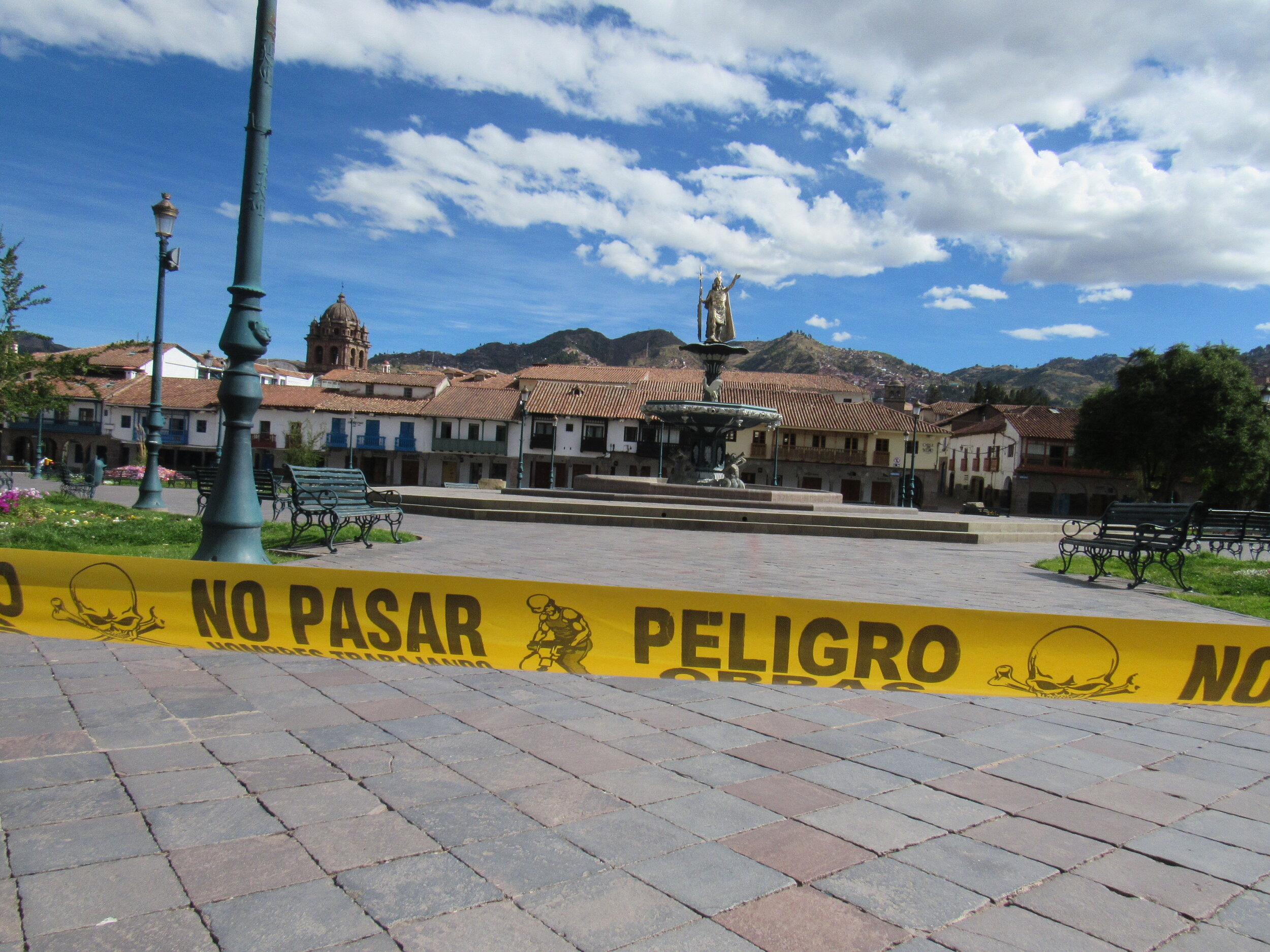
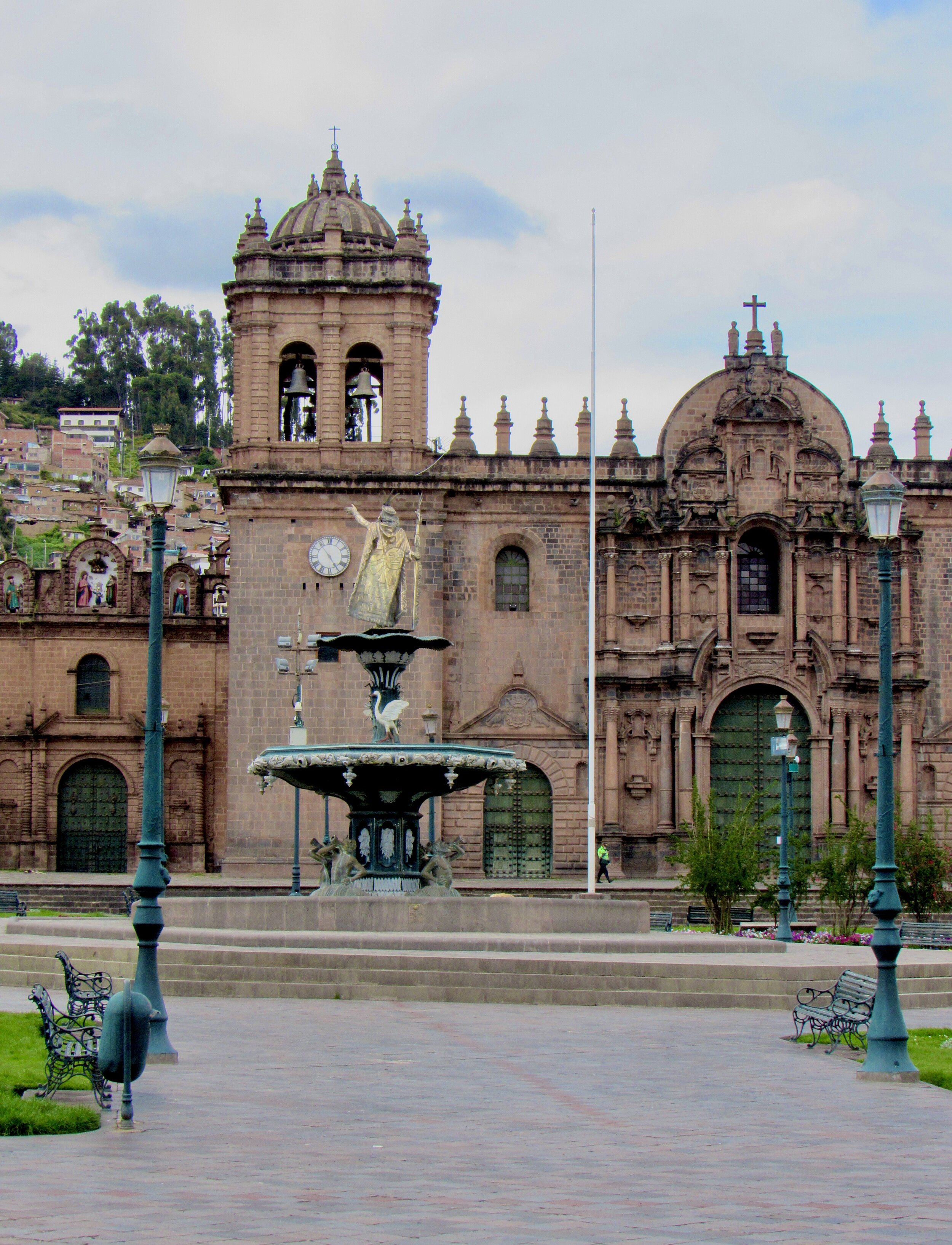
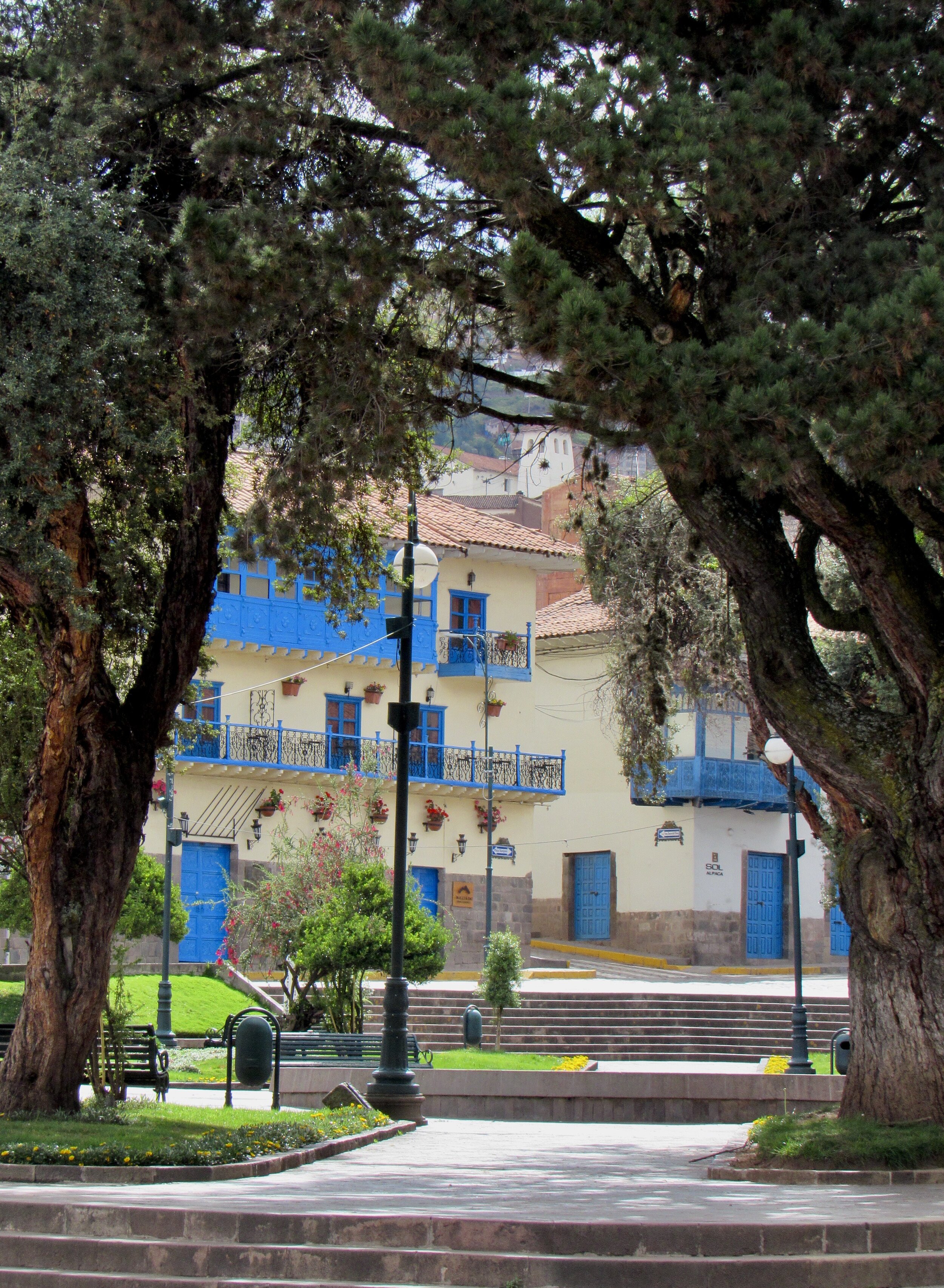
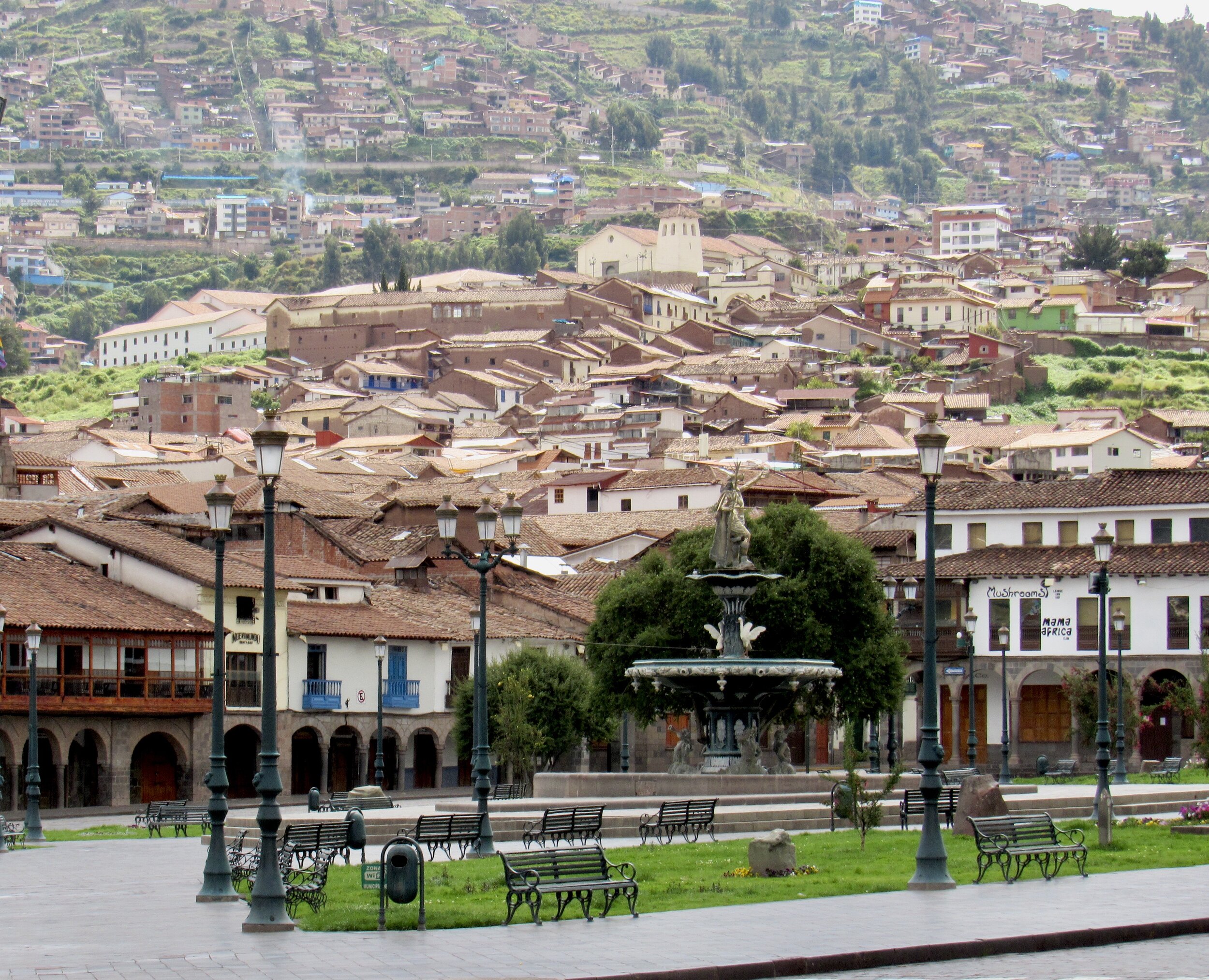
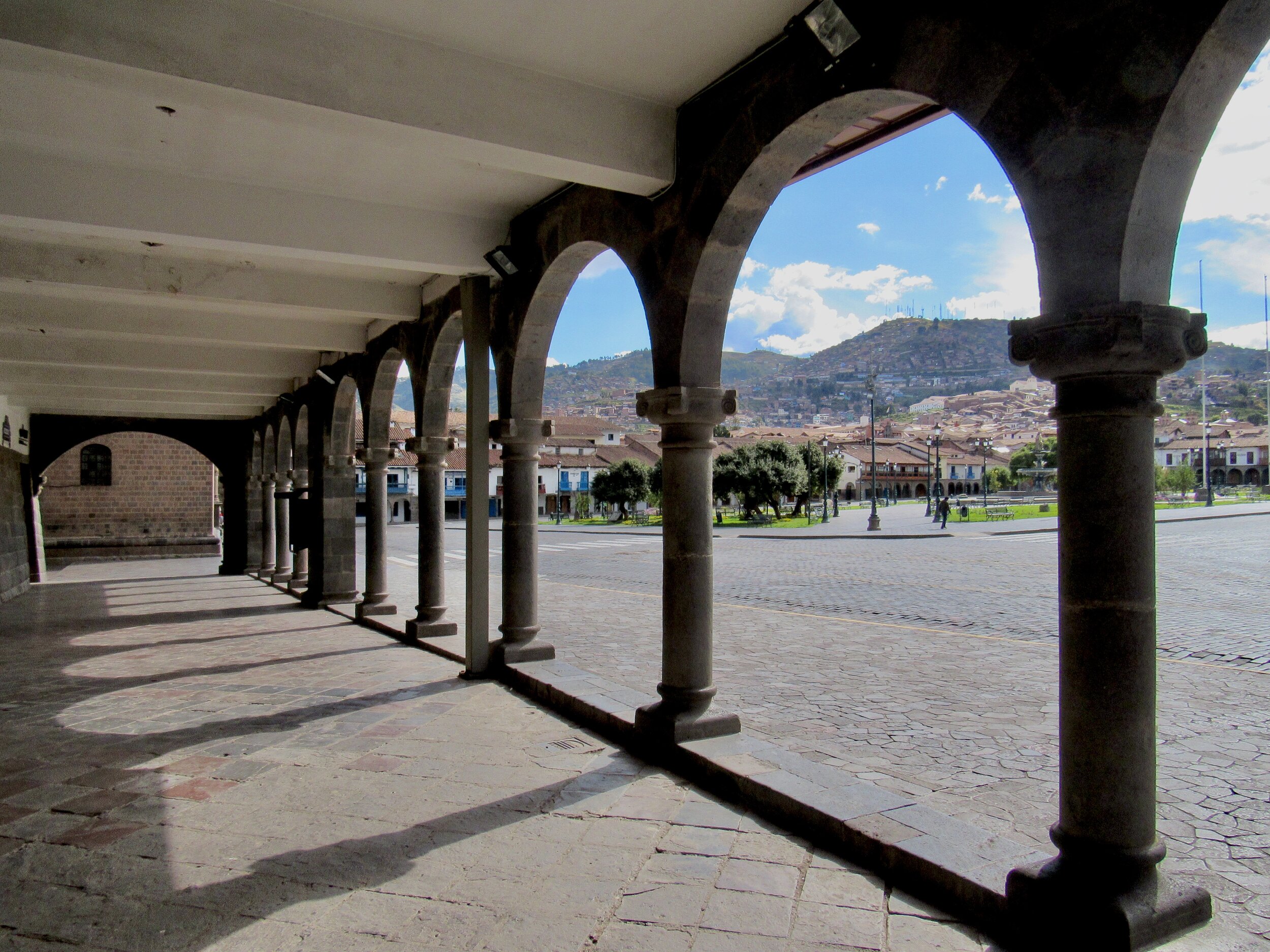
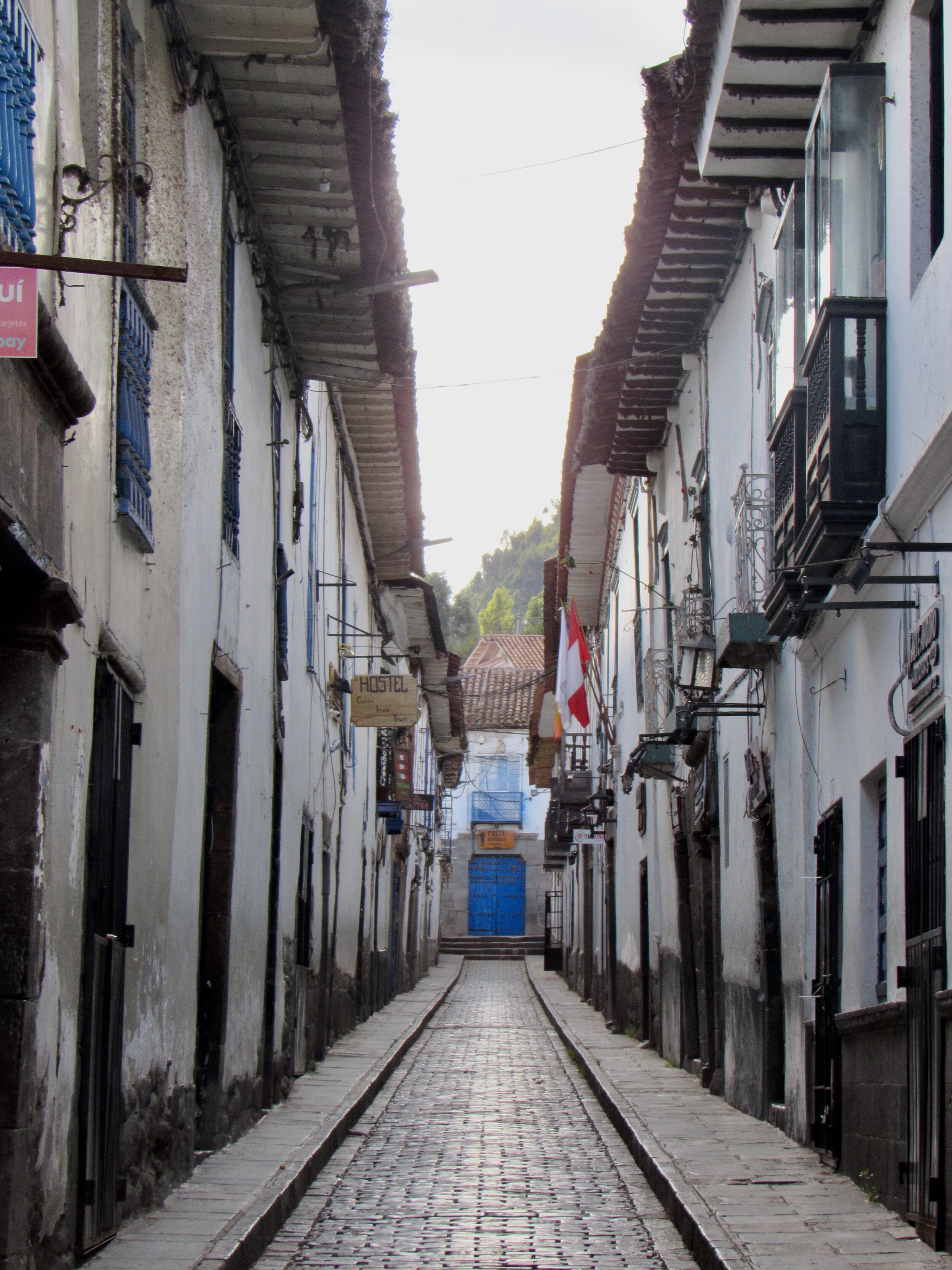
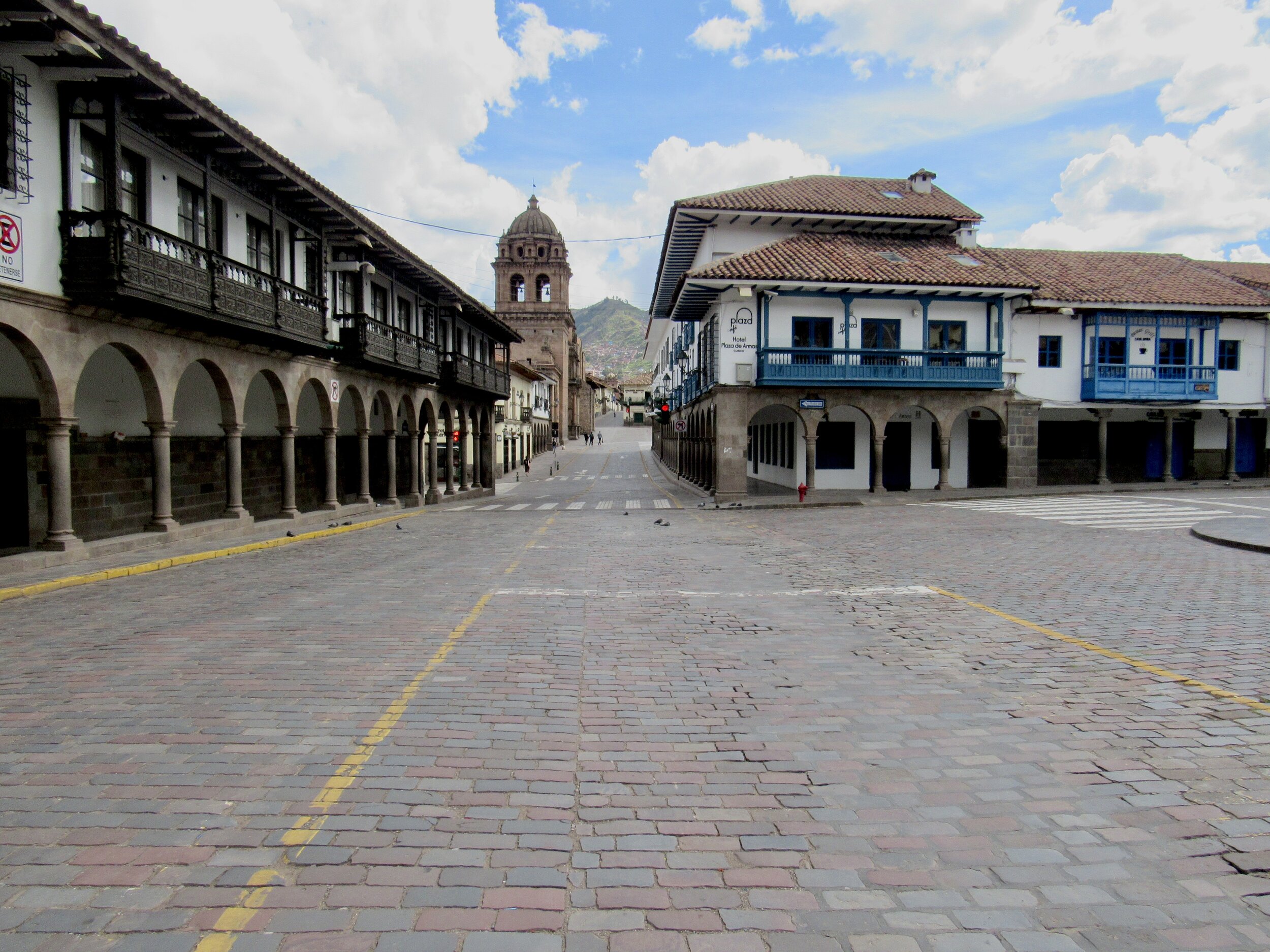
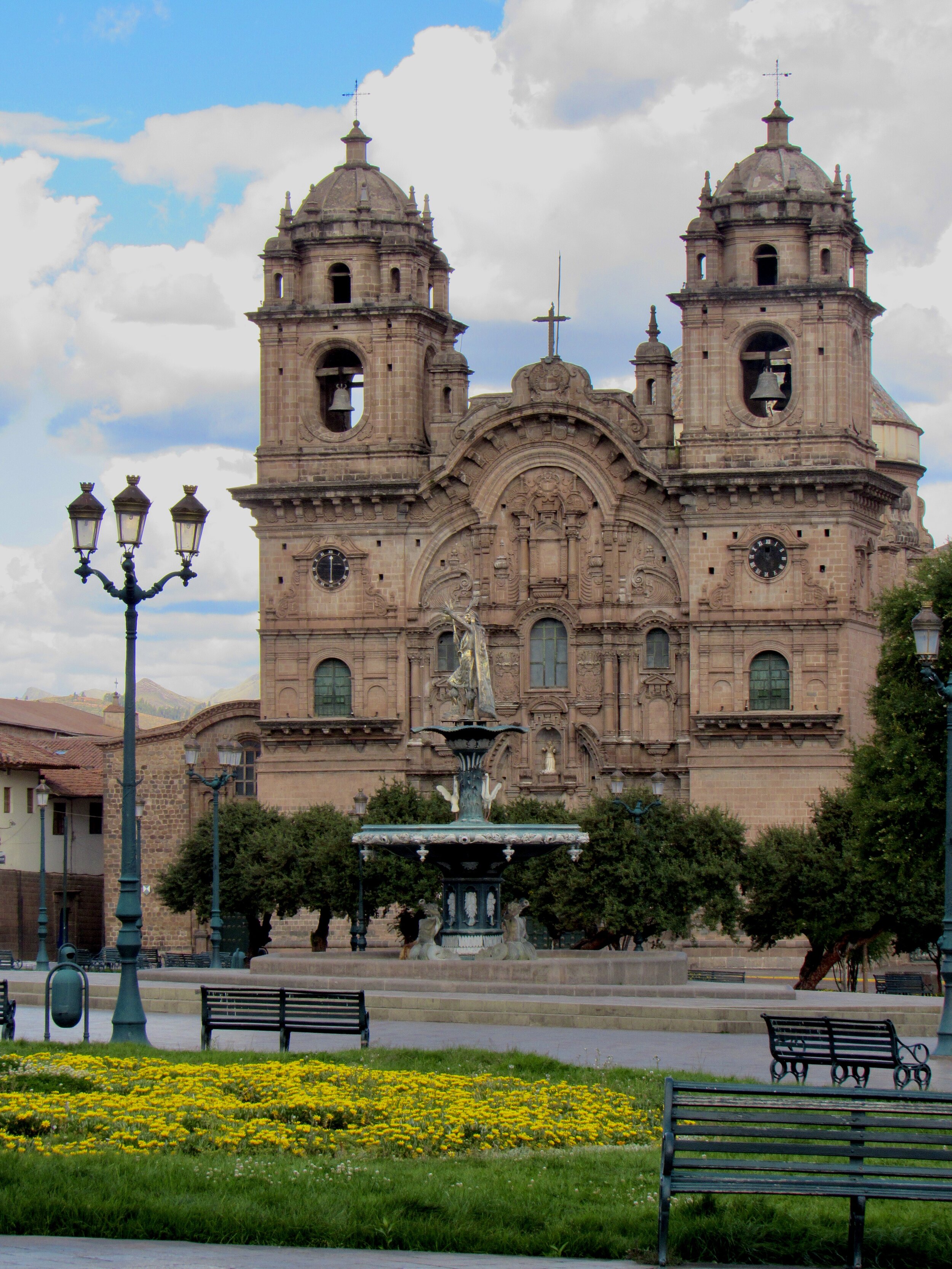

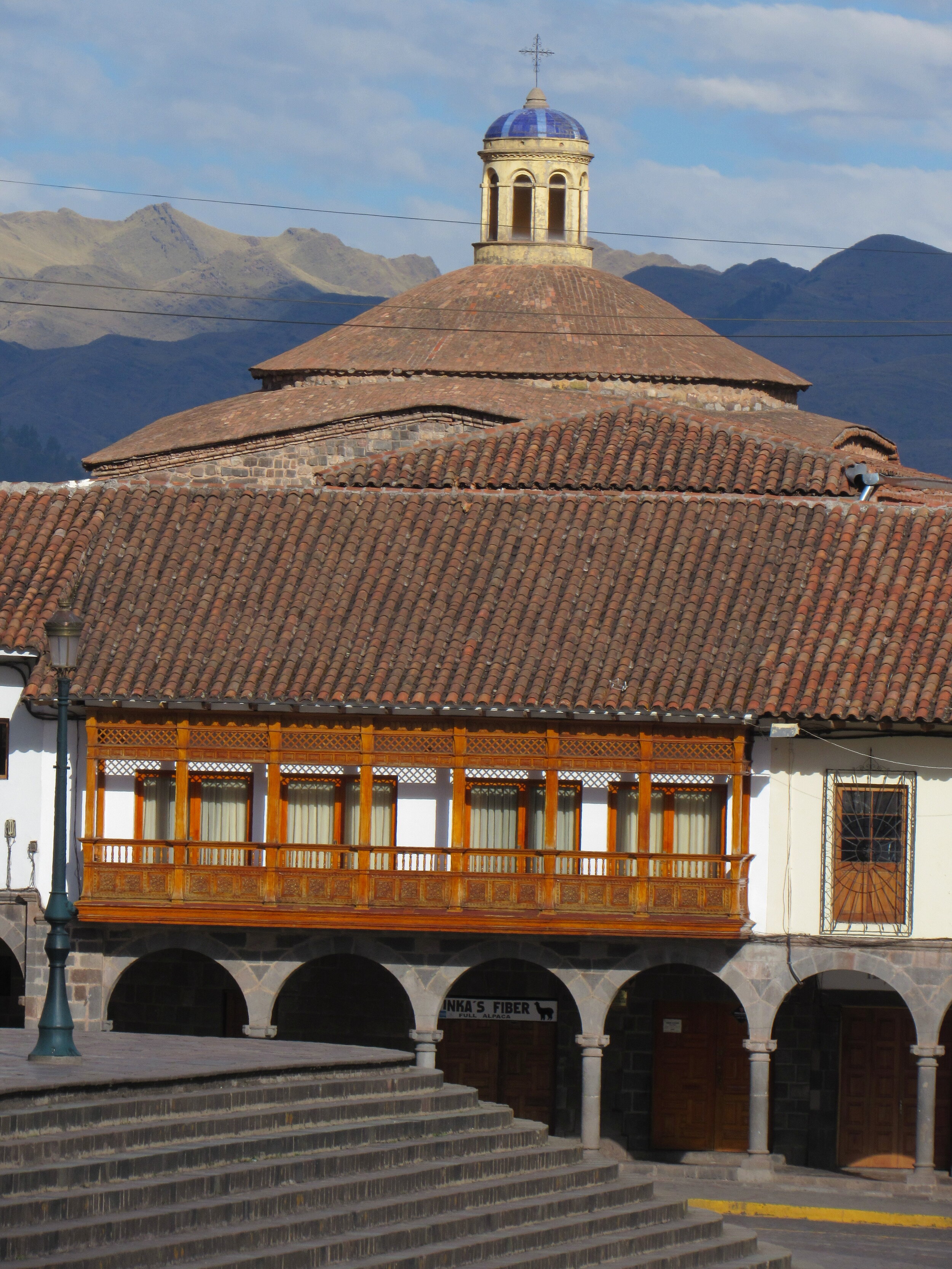

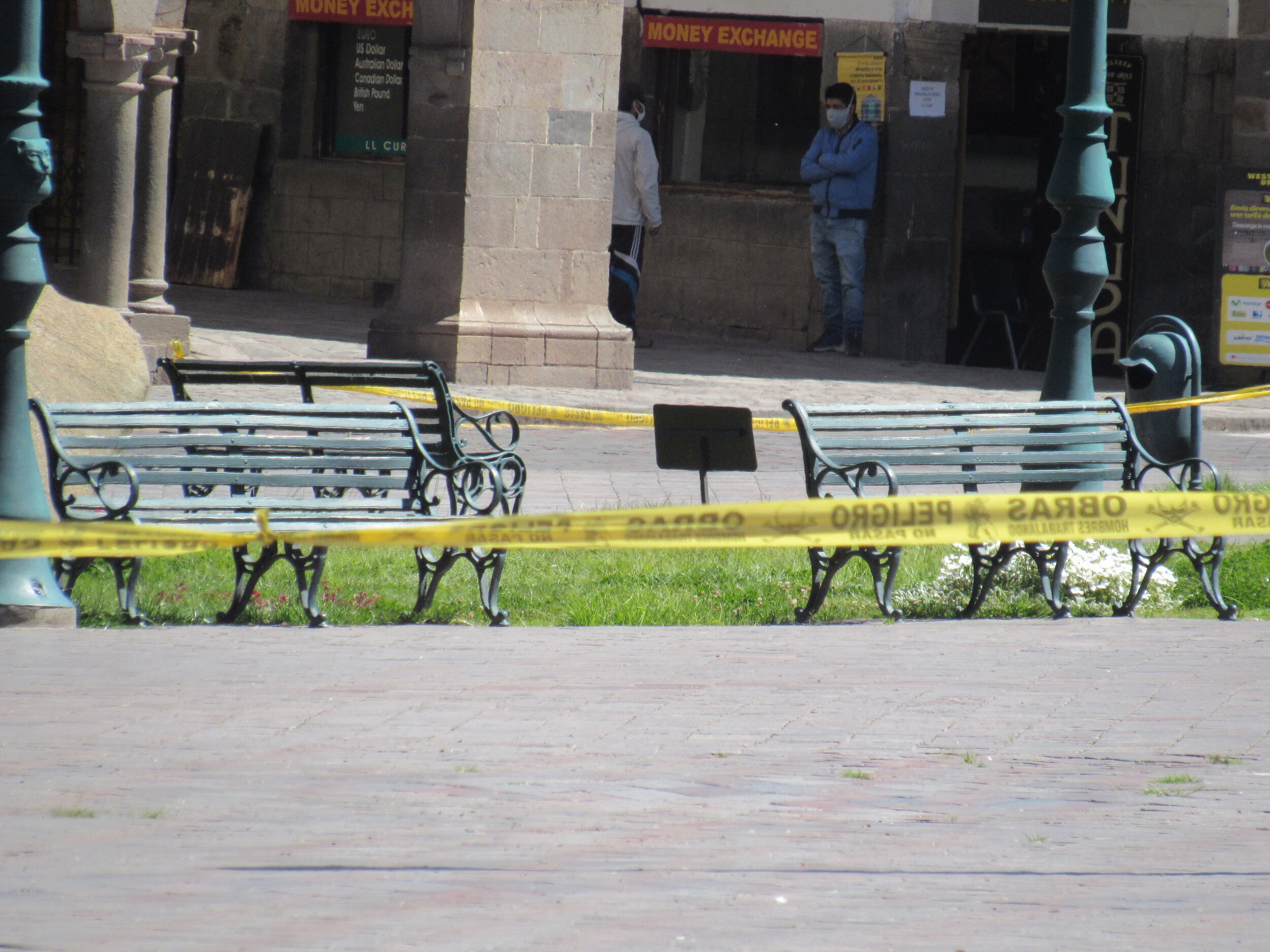
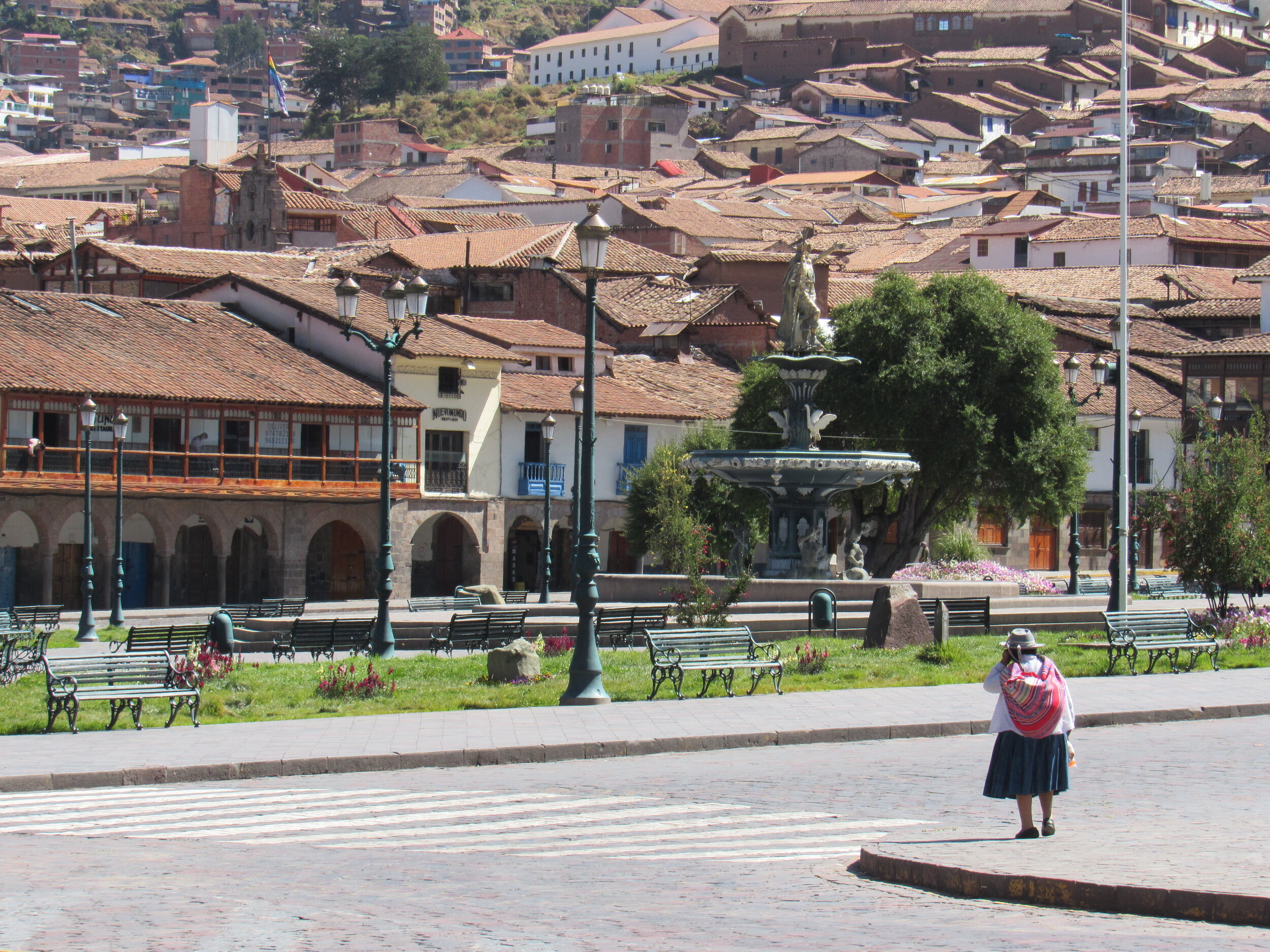
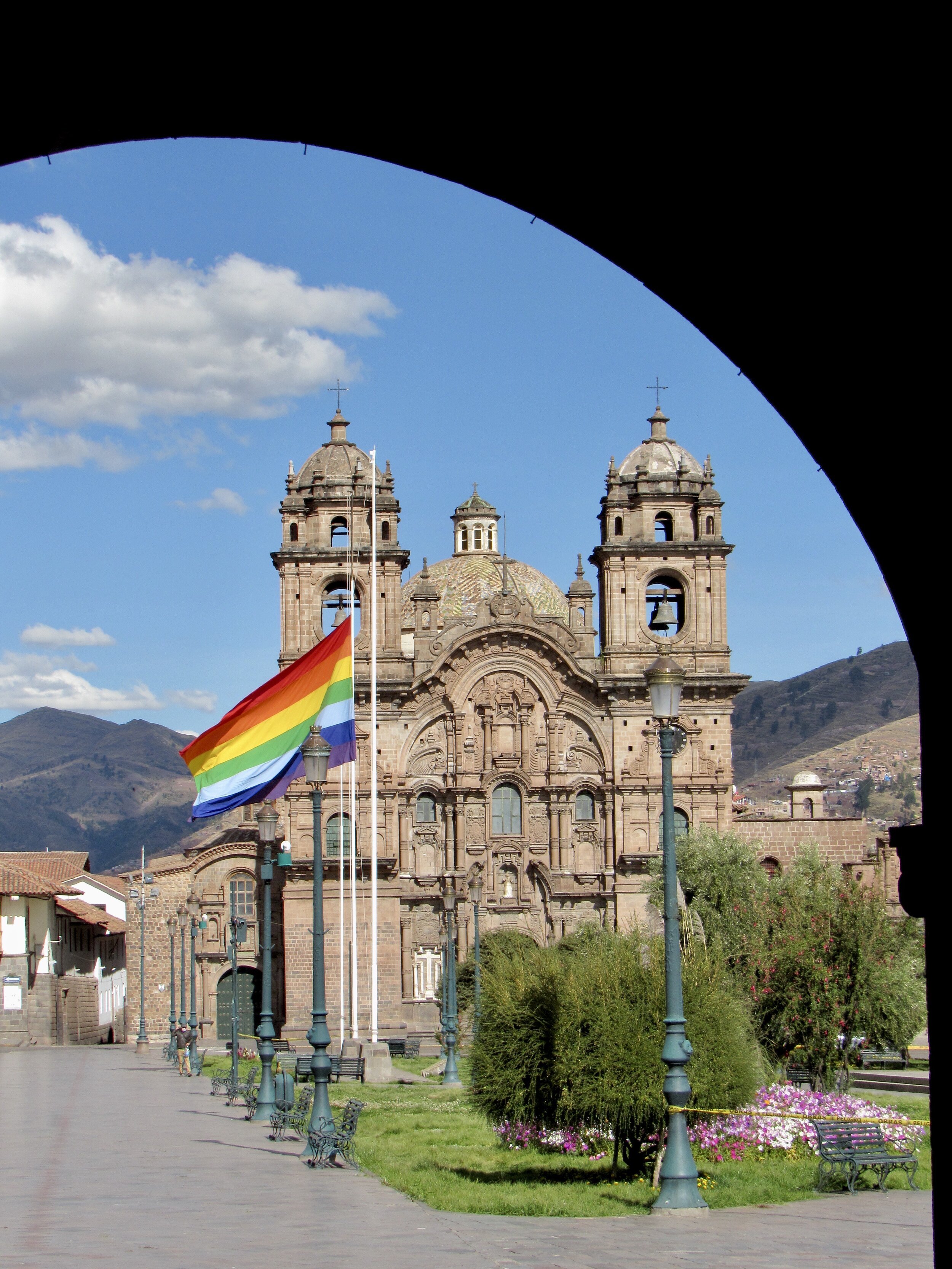
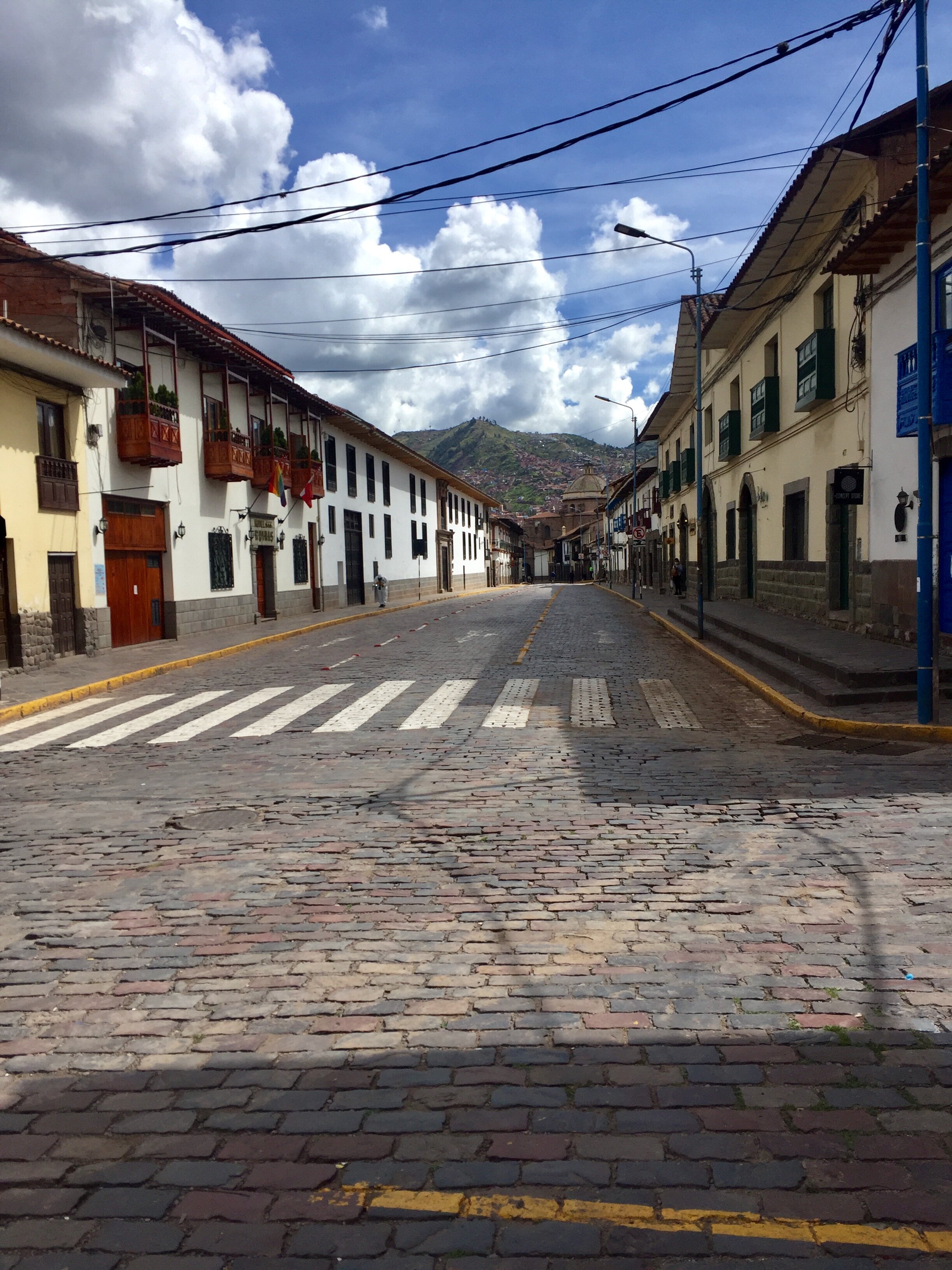
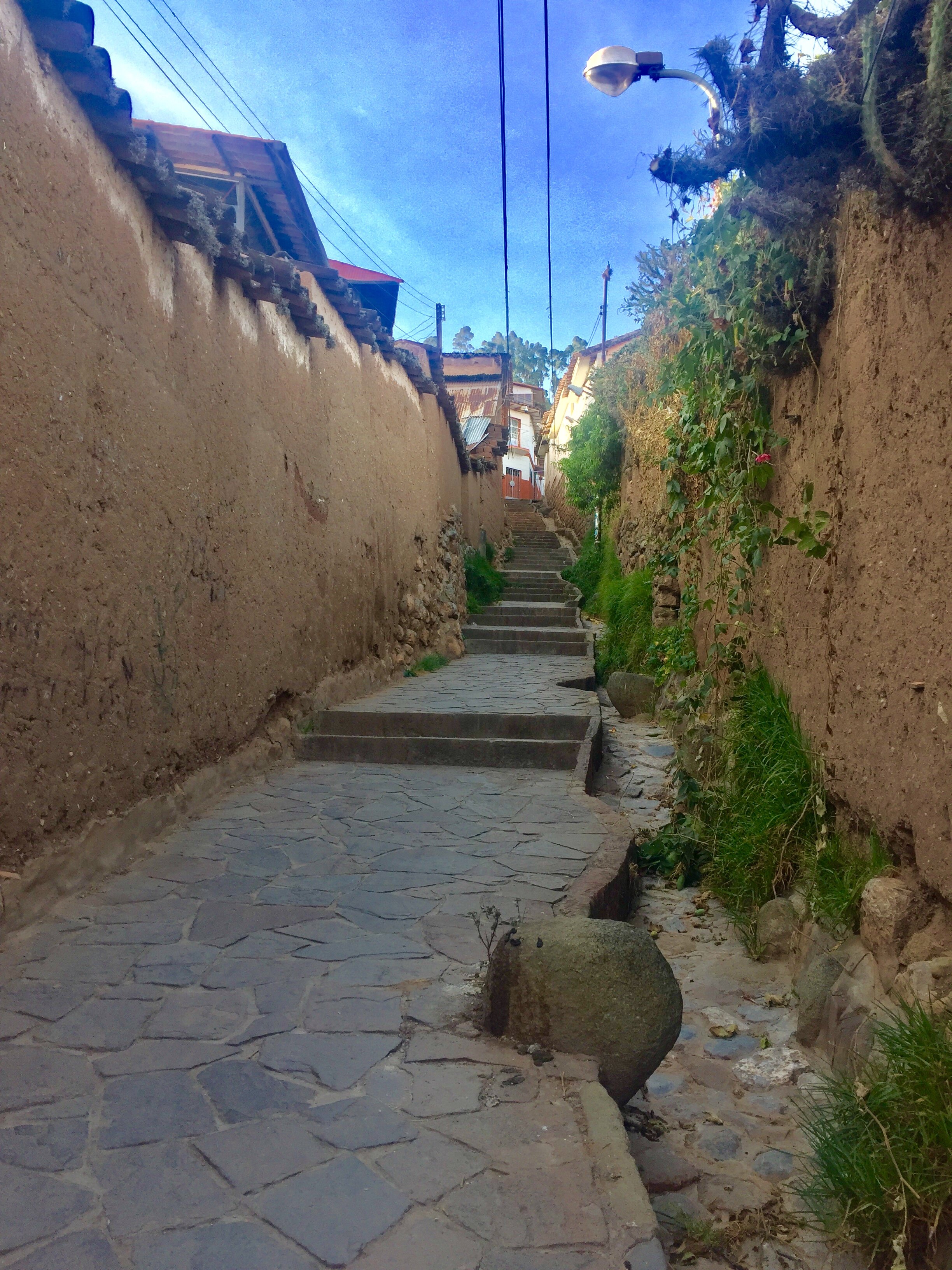
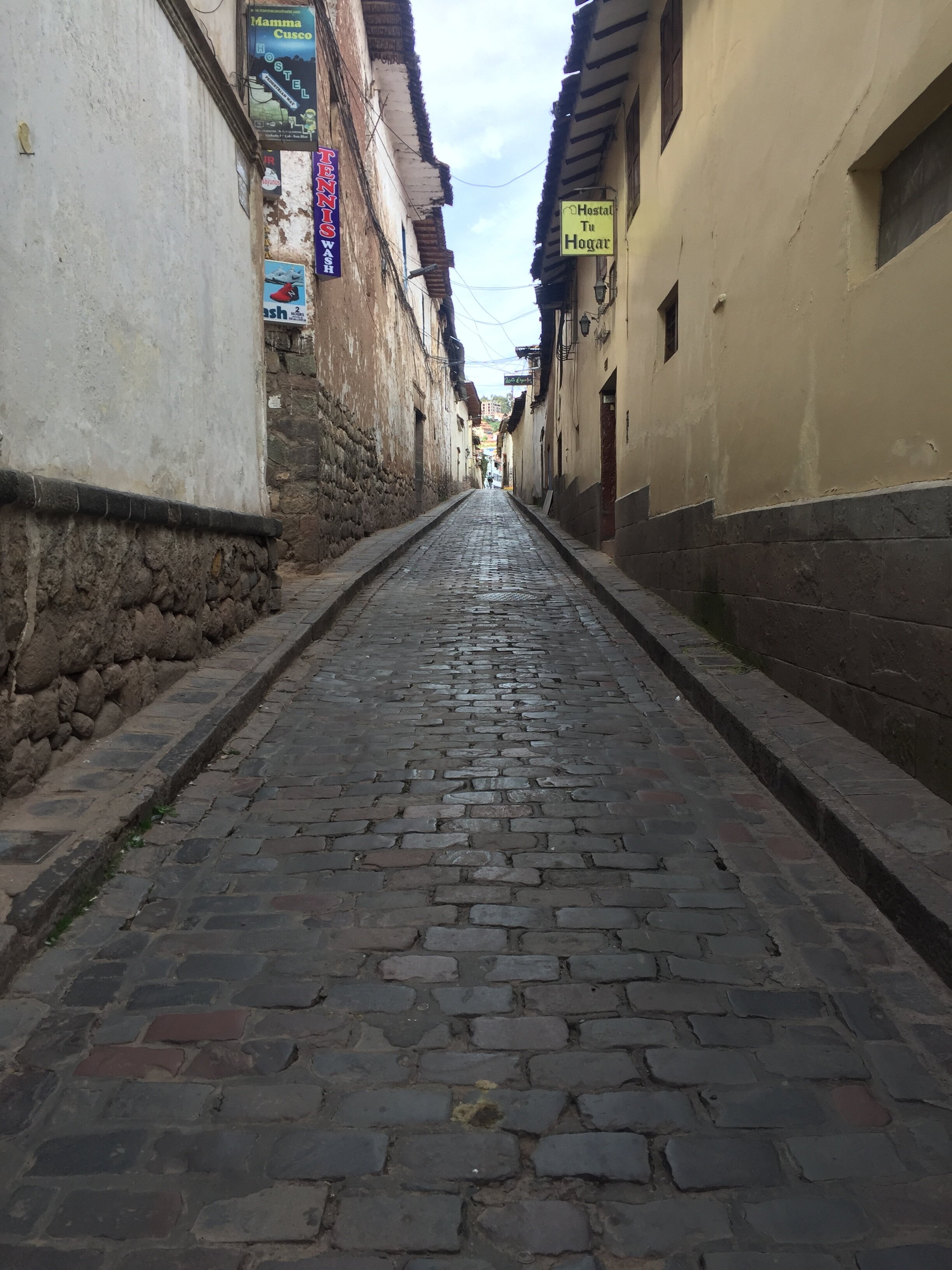

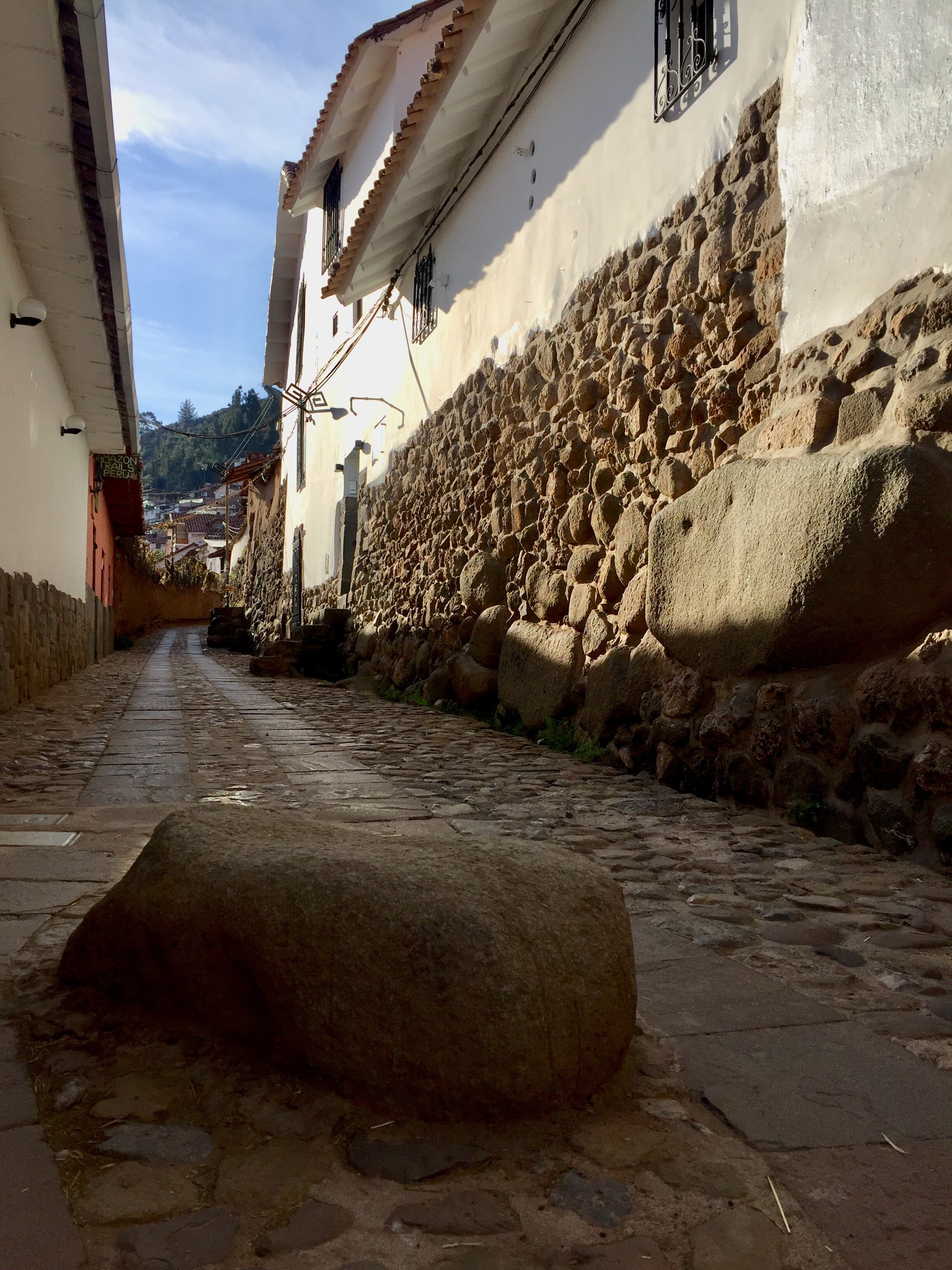

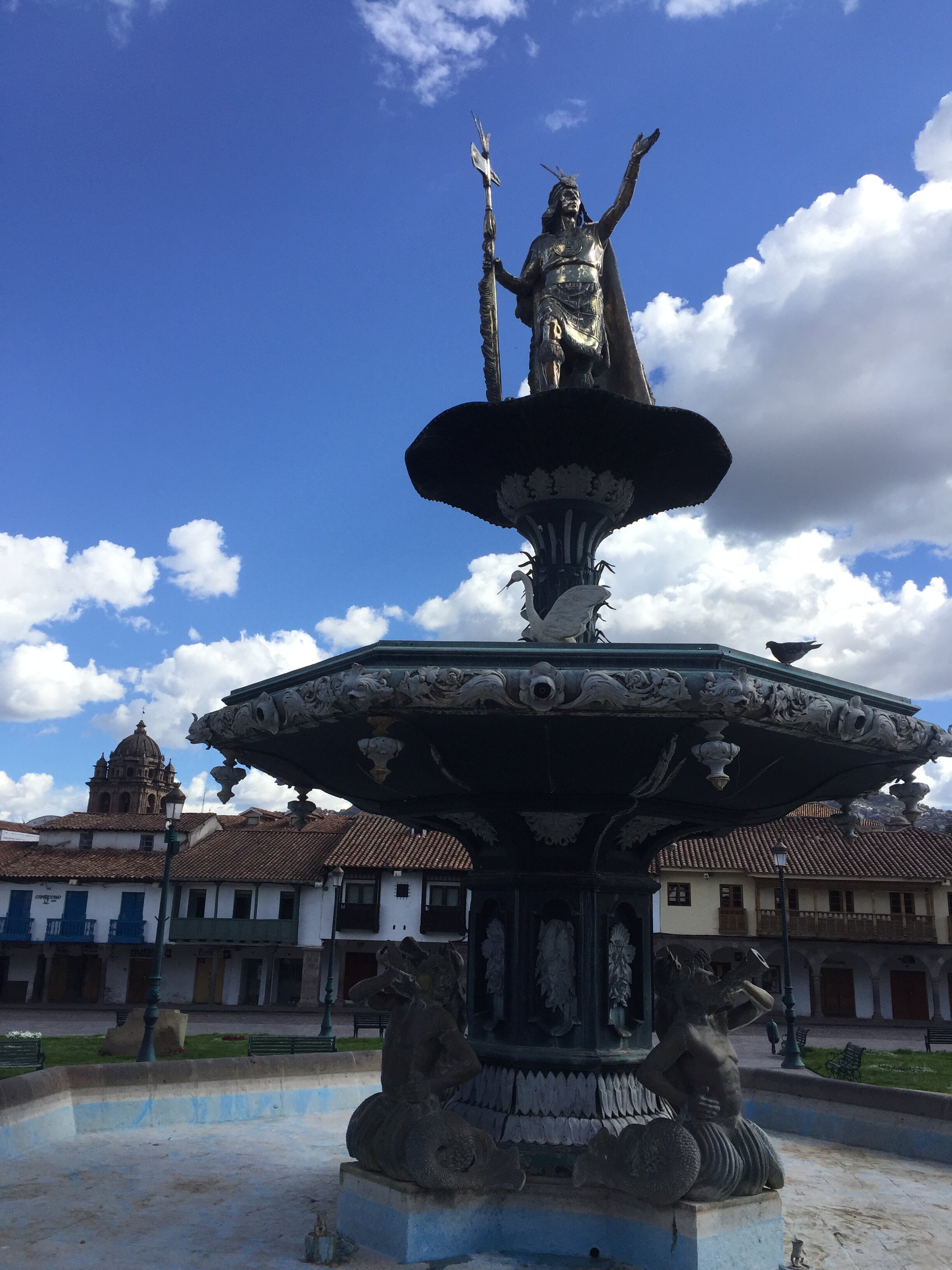
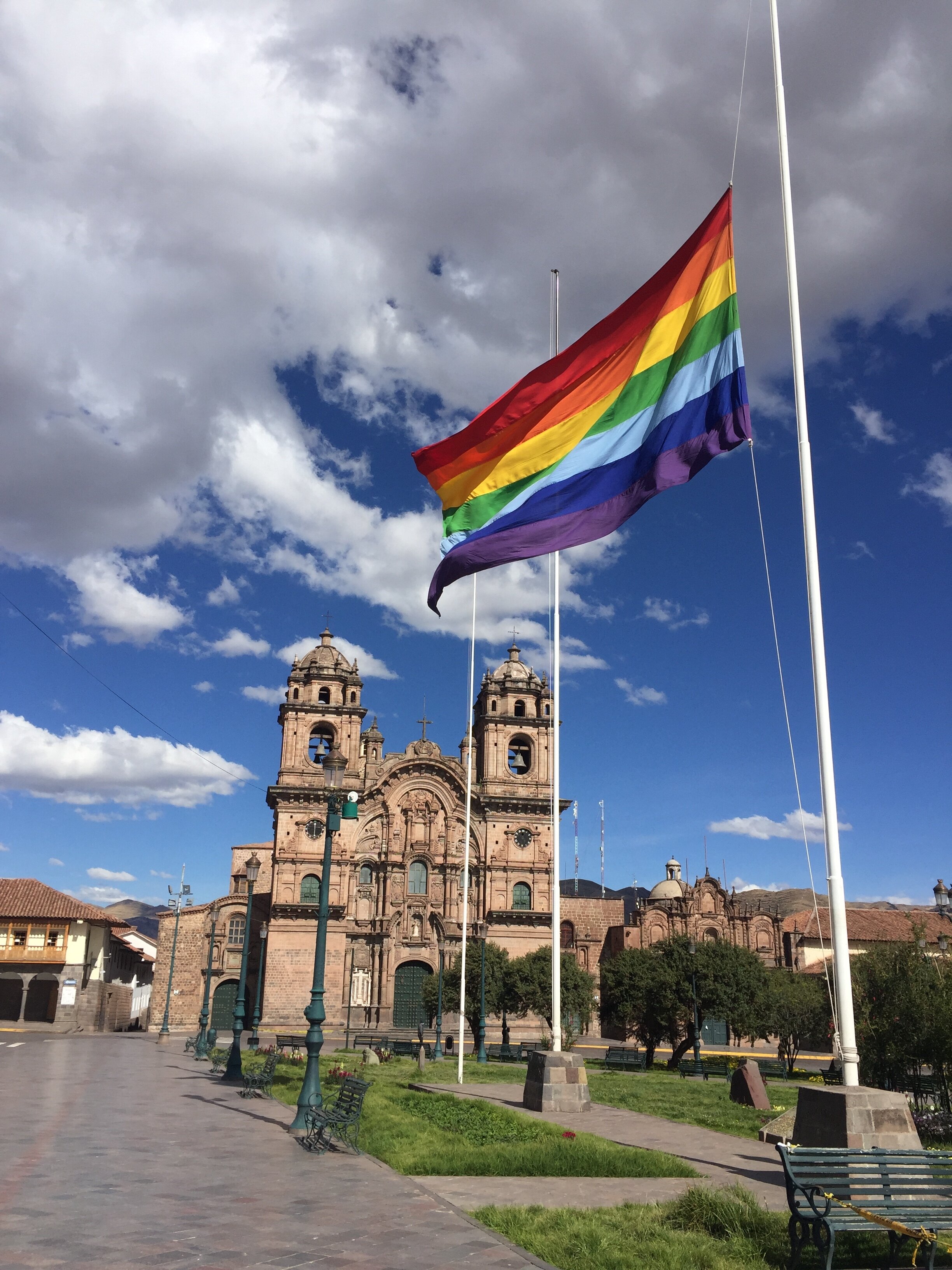
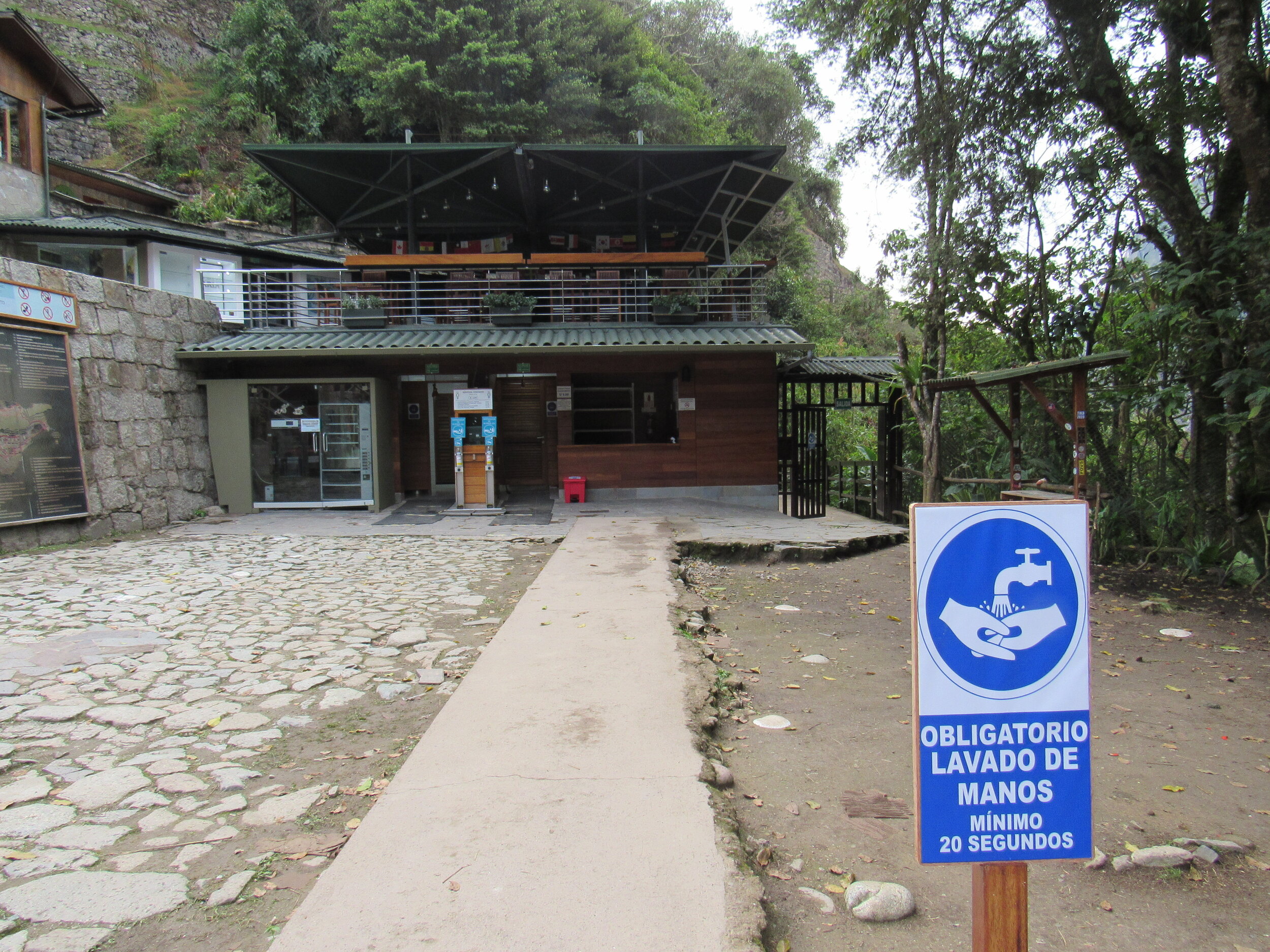
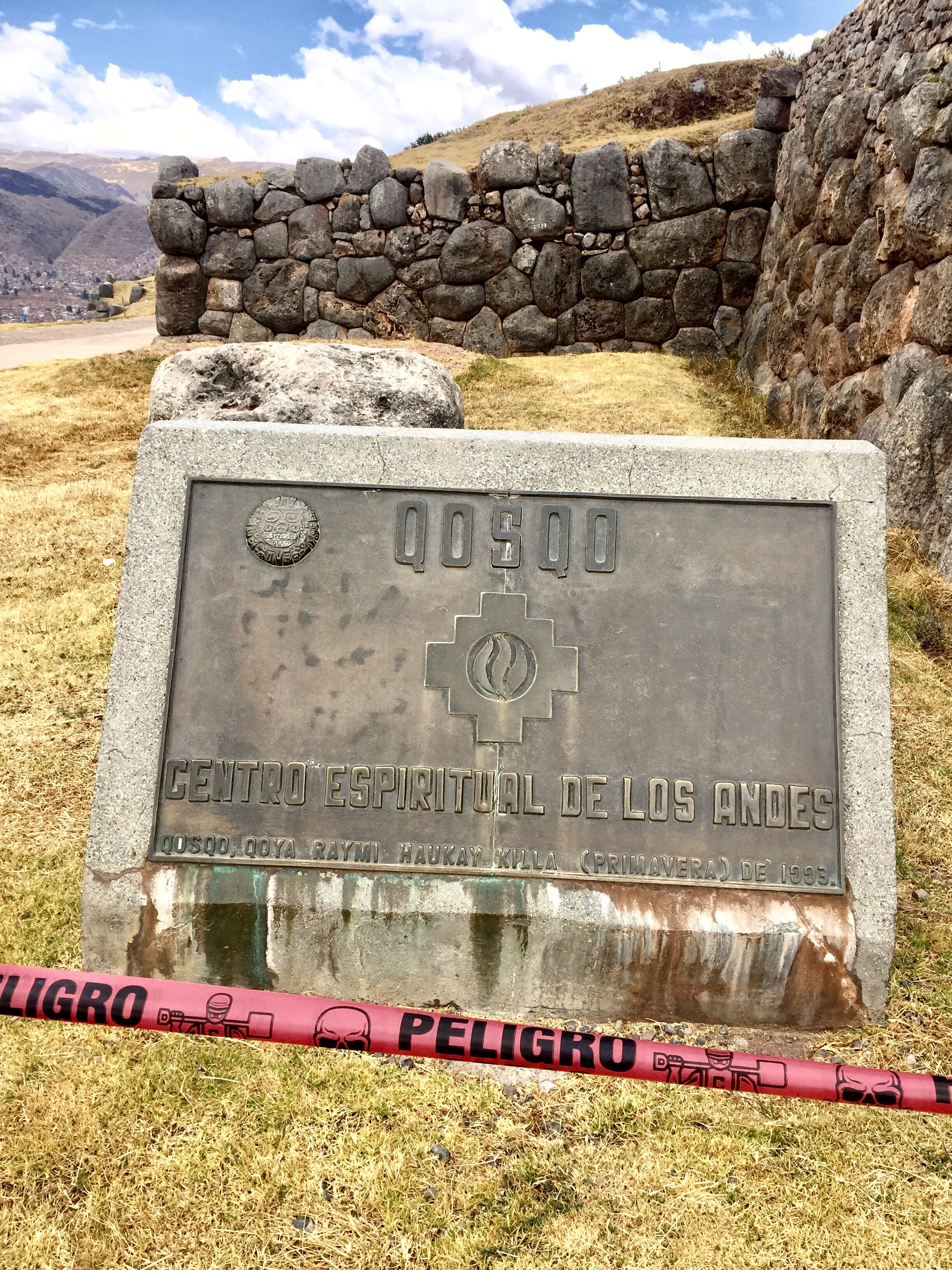
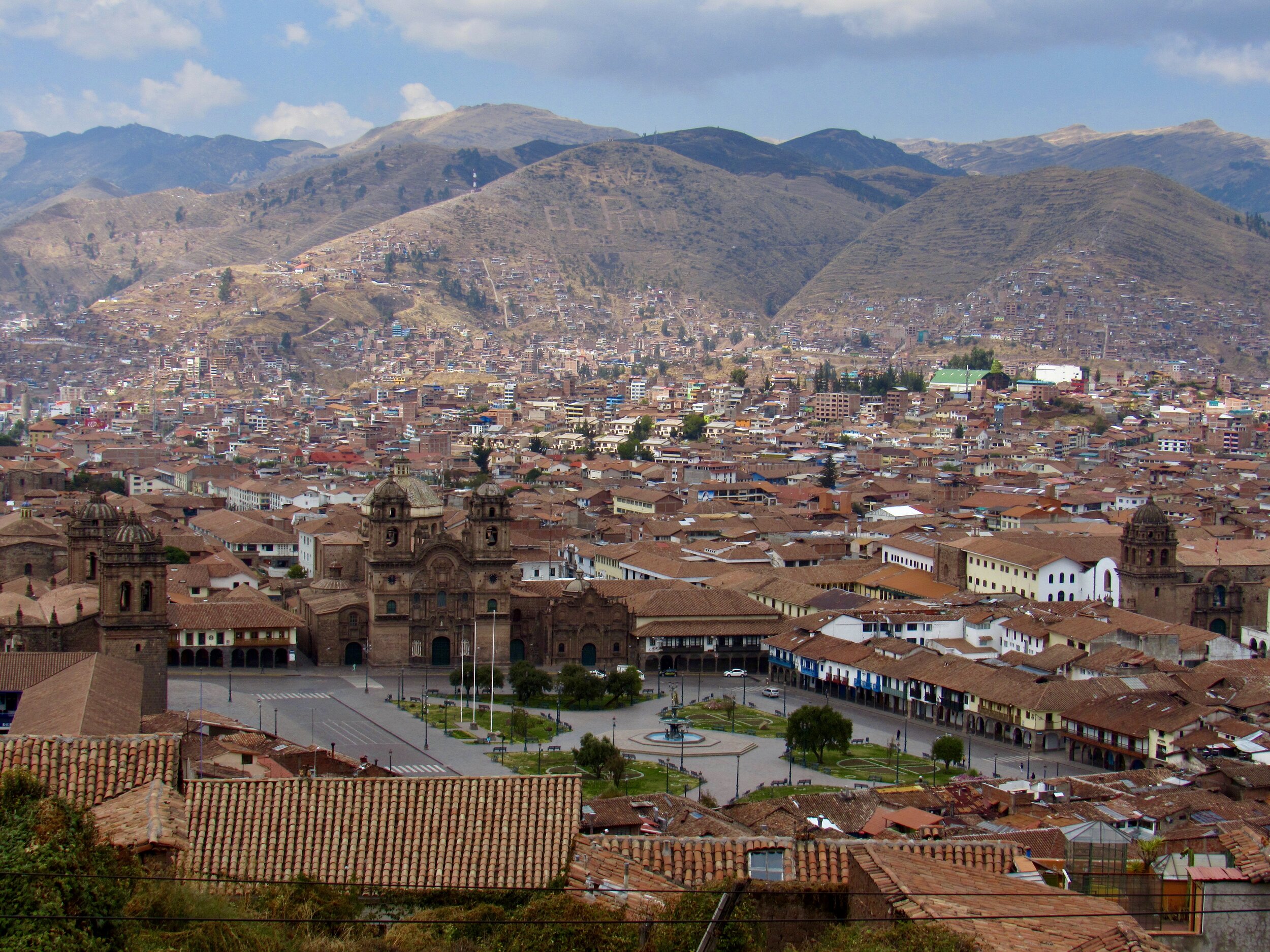

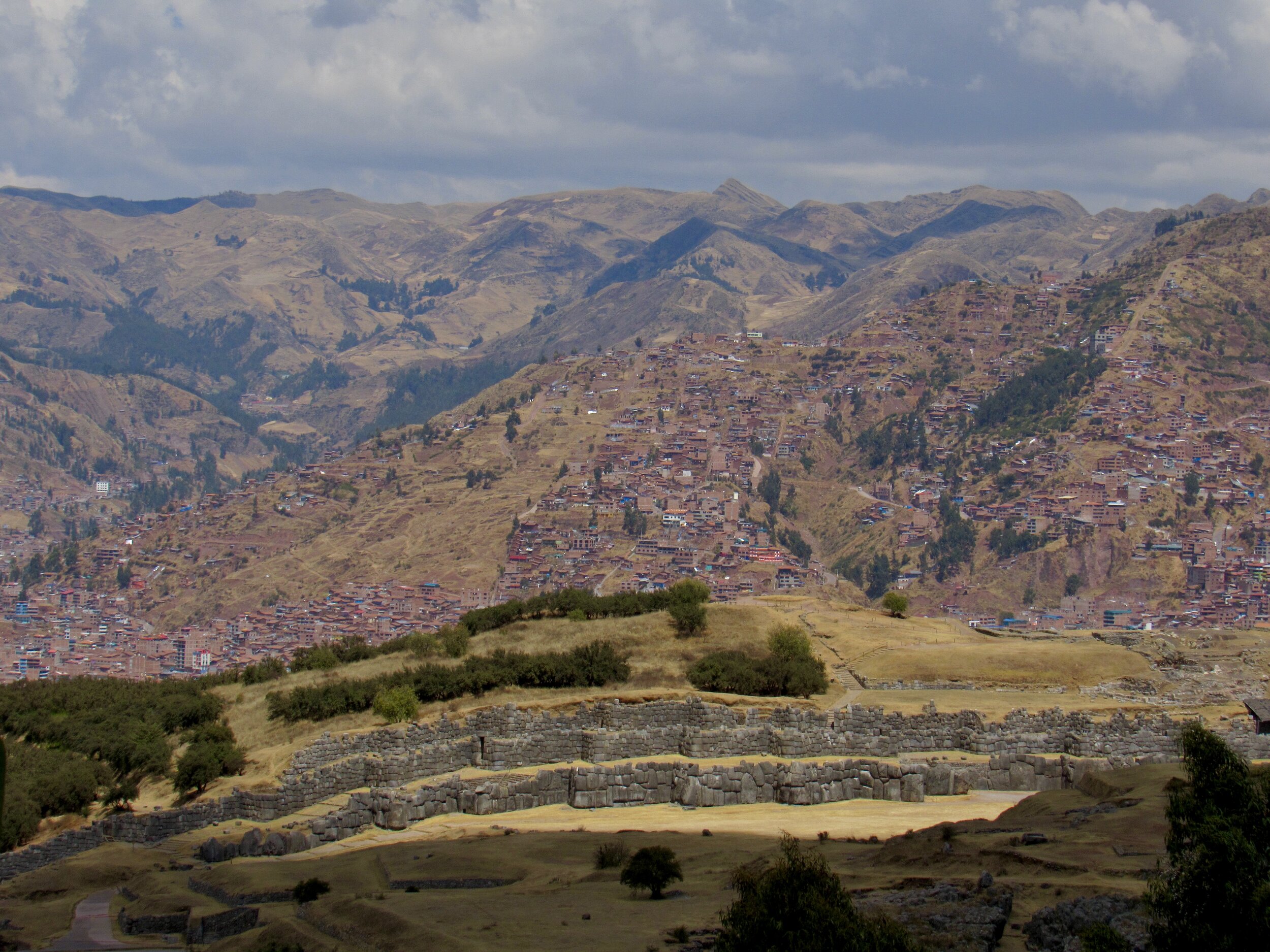
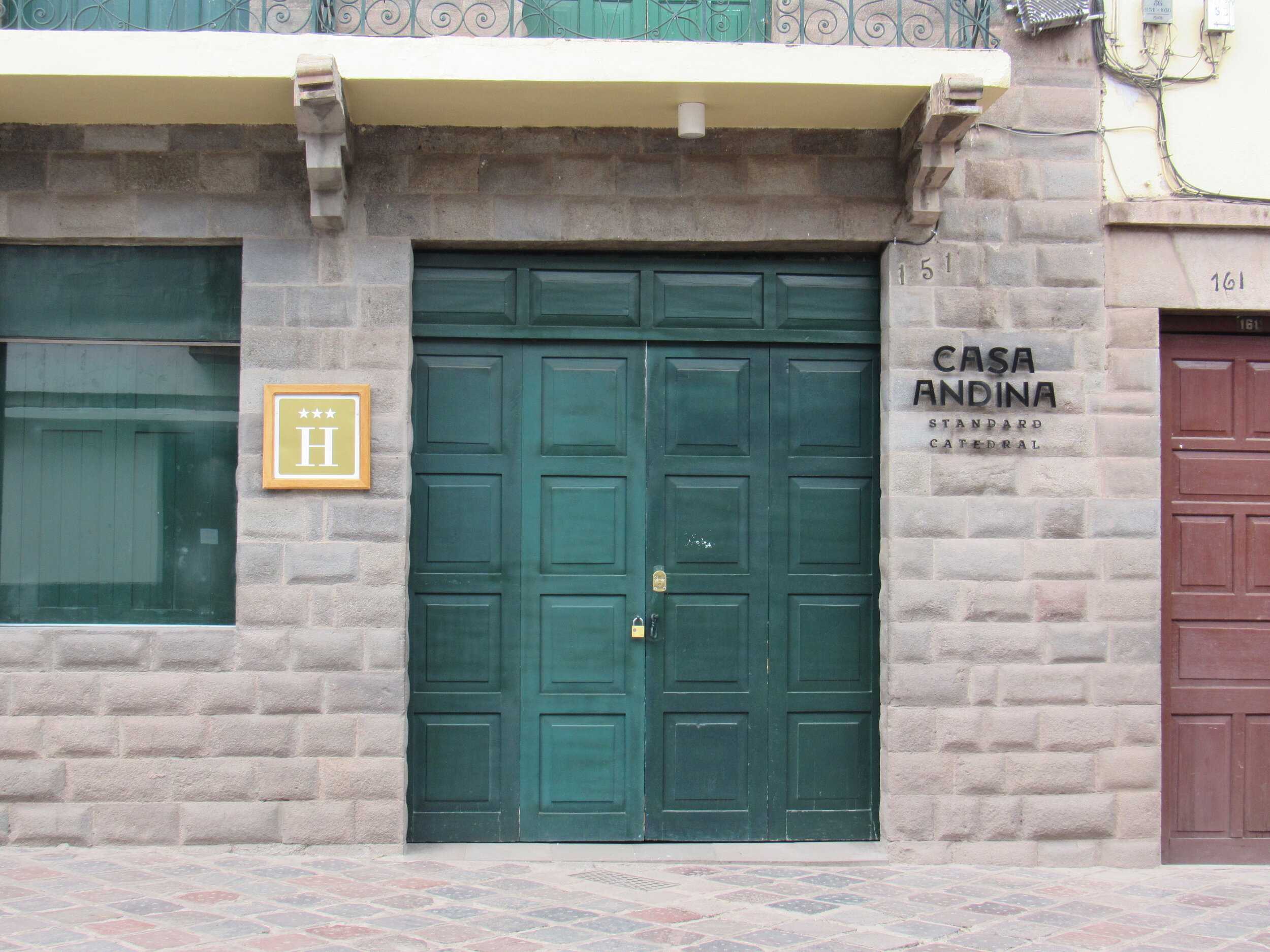
For a trip down memory lane, below are some of the emails I received from the US Embassy in Lima, and also official numbers and information from the Peruvian government. I watched the numbers of cases in Peru climb, as well as the number of American evacuated to the US. Throughout the evacuations, the pandemic situation in the US was much worse than in Cusco and I felt safer staying here. I still think it was safer to just stay put than to travel, even on a repatriation flight. It’s amazing how shocked I was when we had more than a handful of deaths in Cusco. I was so sure that we would escape the pandemic in the beginning. I thought that Cusco would stay isolated until it was over. I put a lot of stock in a National Institutes of Health study about altitude having a significant effect on the virus in terms of both transmissibility and severity. Since then, another study has shown that it’s less easily spread, but just as deadly.
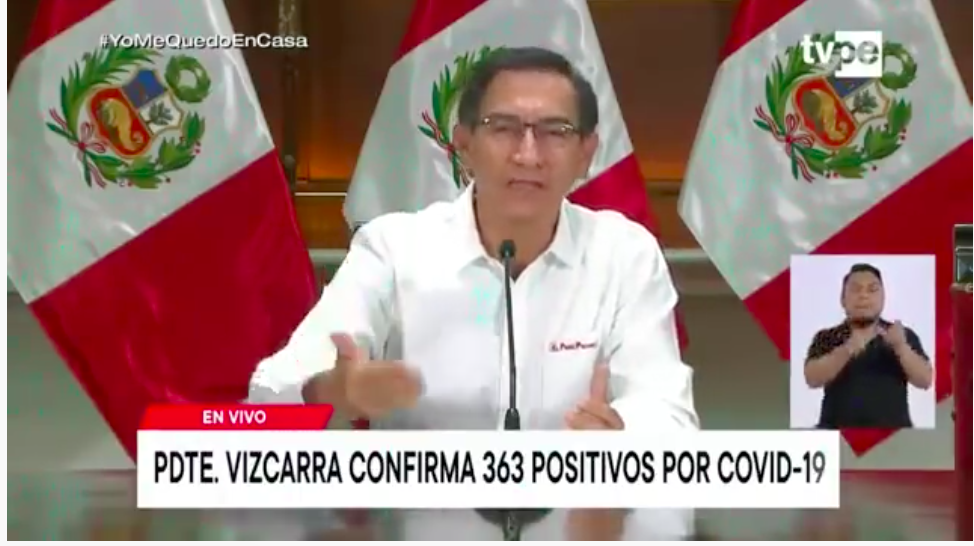
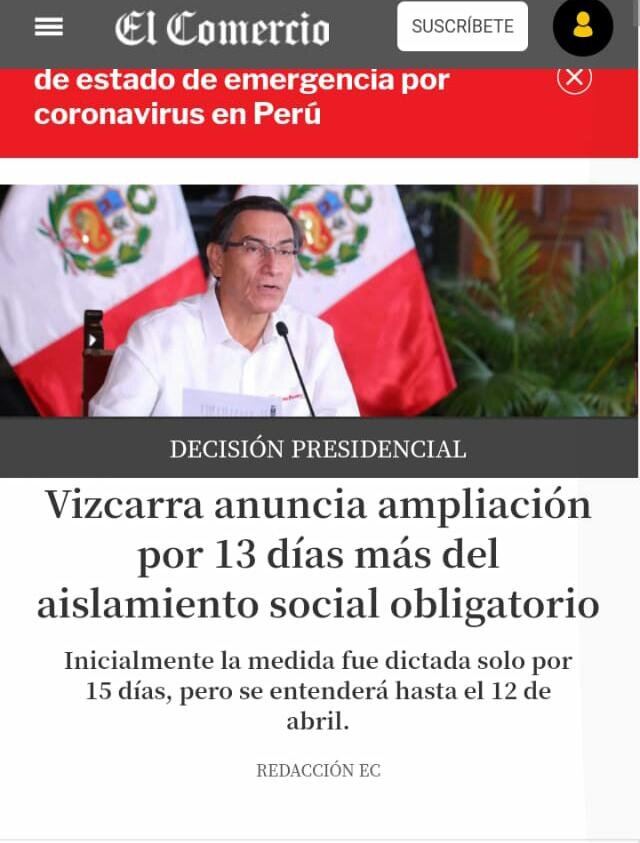
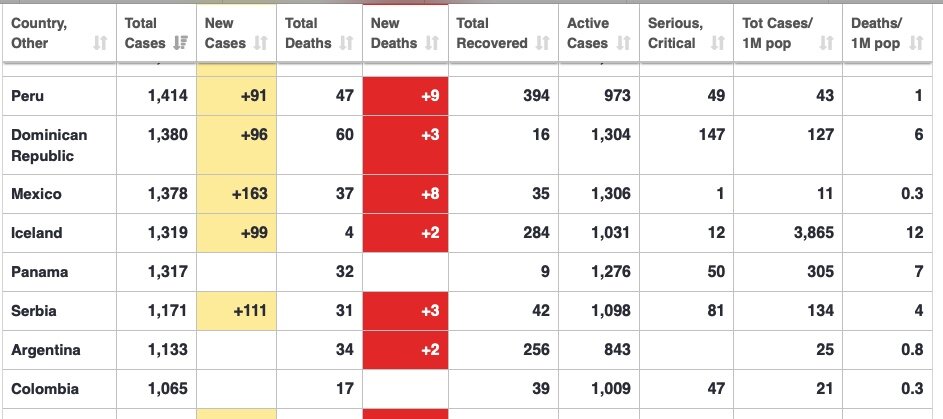
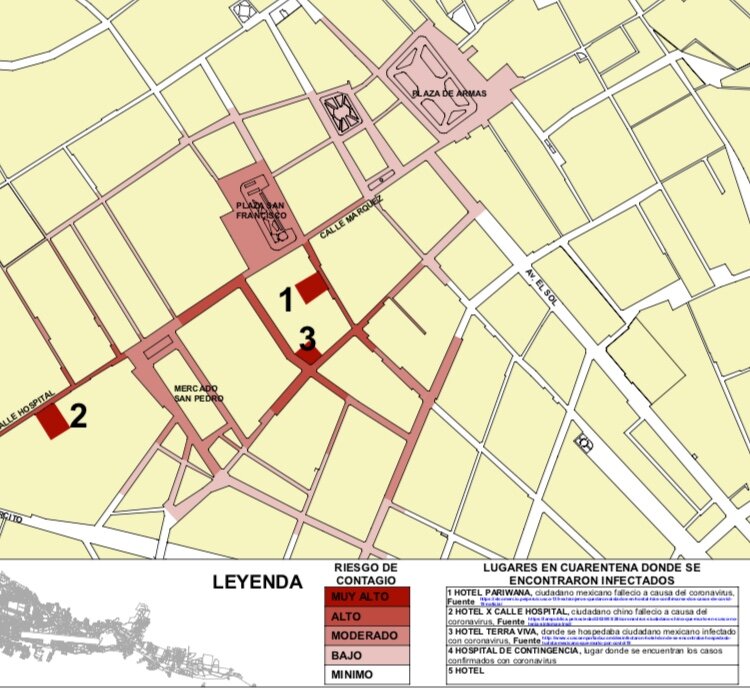
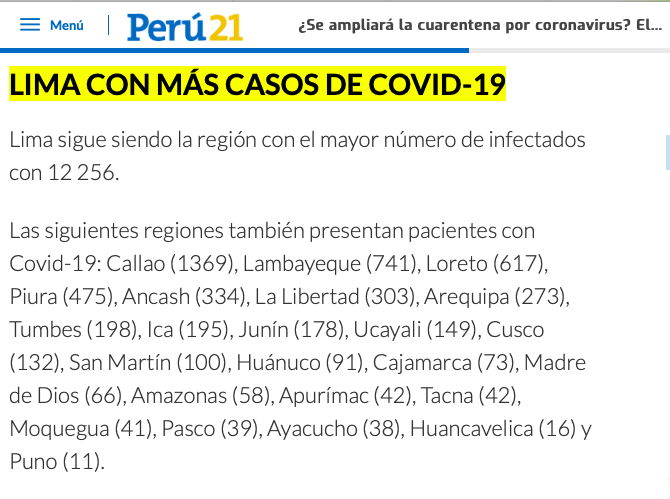
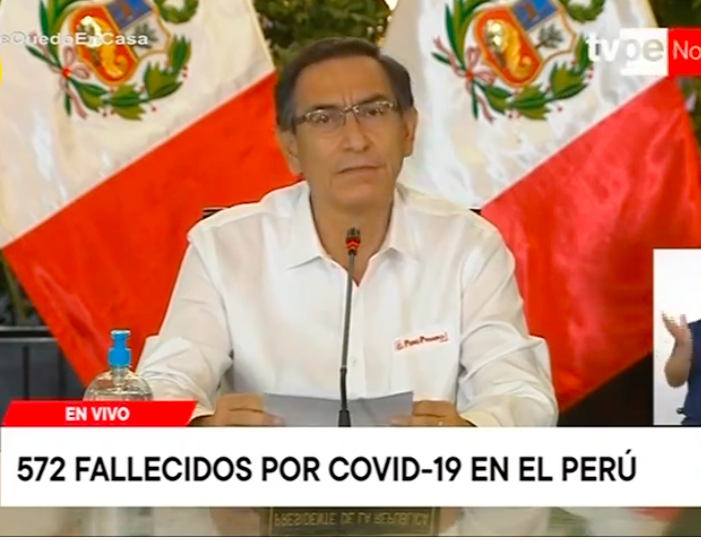

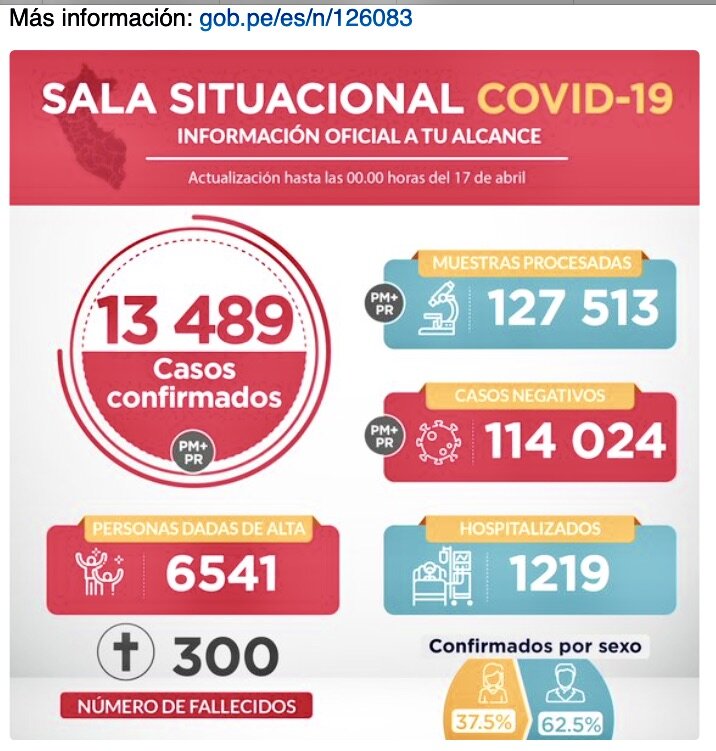

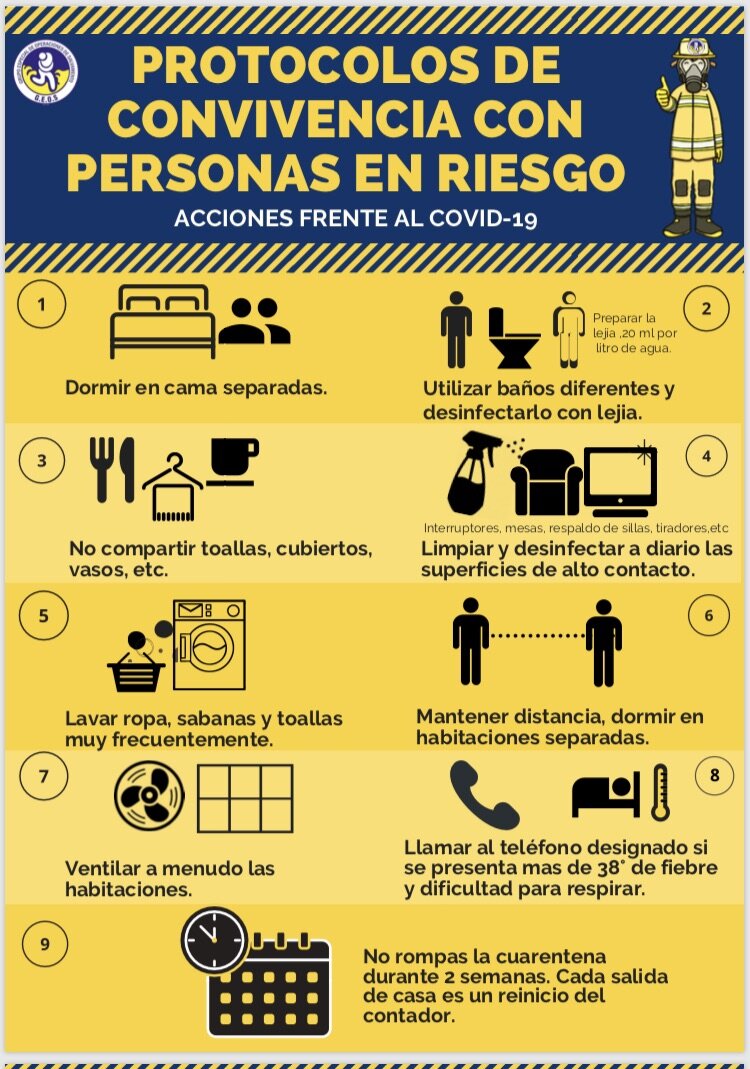
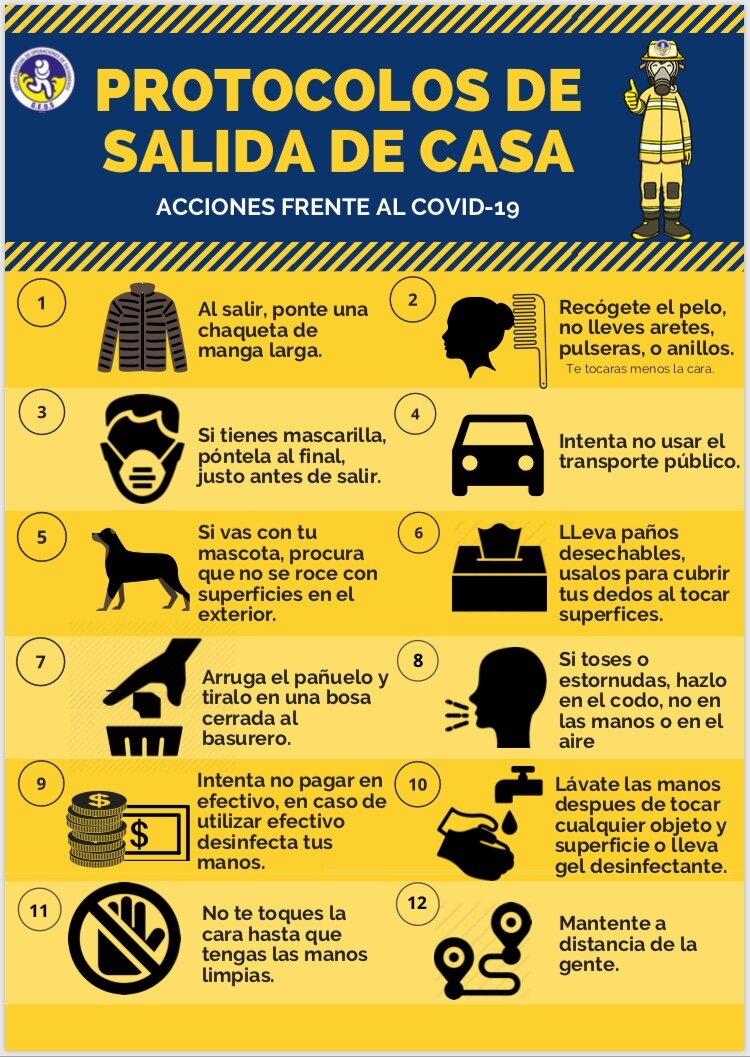
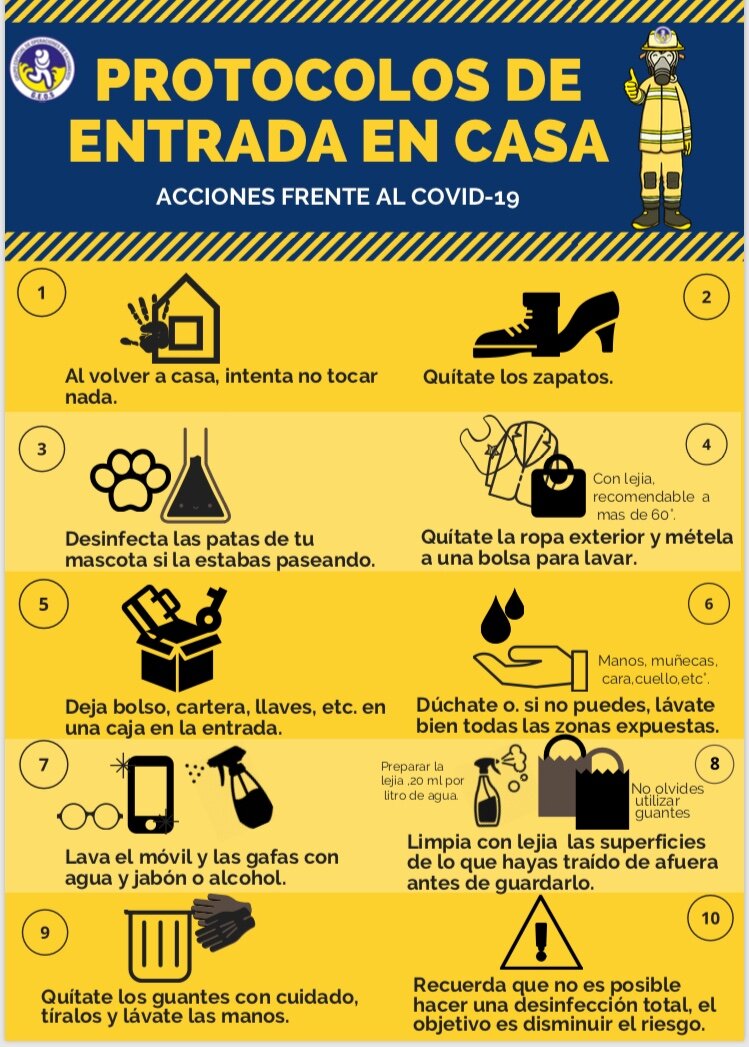
Covid in Cusco: Week 41
The Covid Relief Project goes to Hatun Q’ero and I take the calculated risk of two Christmas parties.
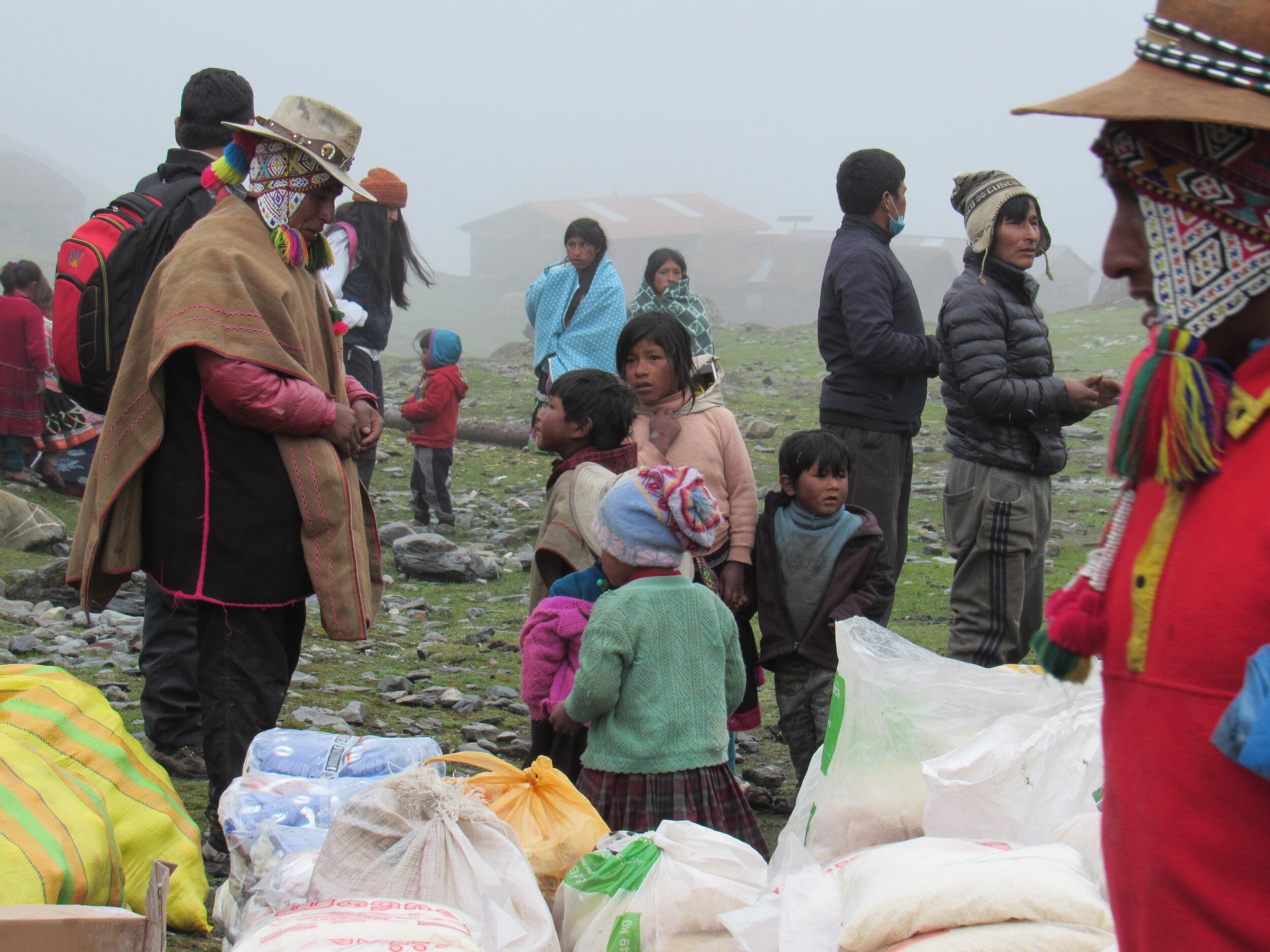

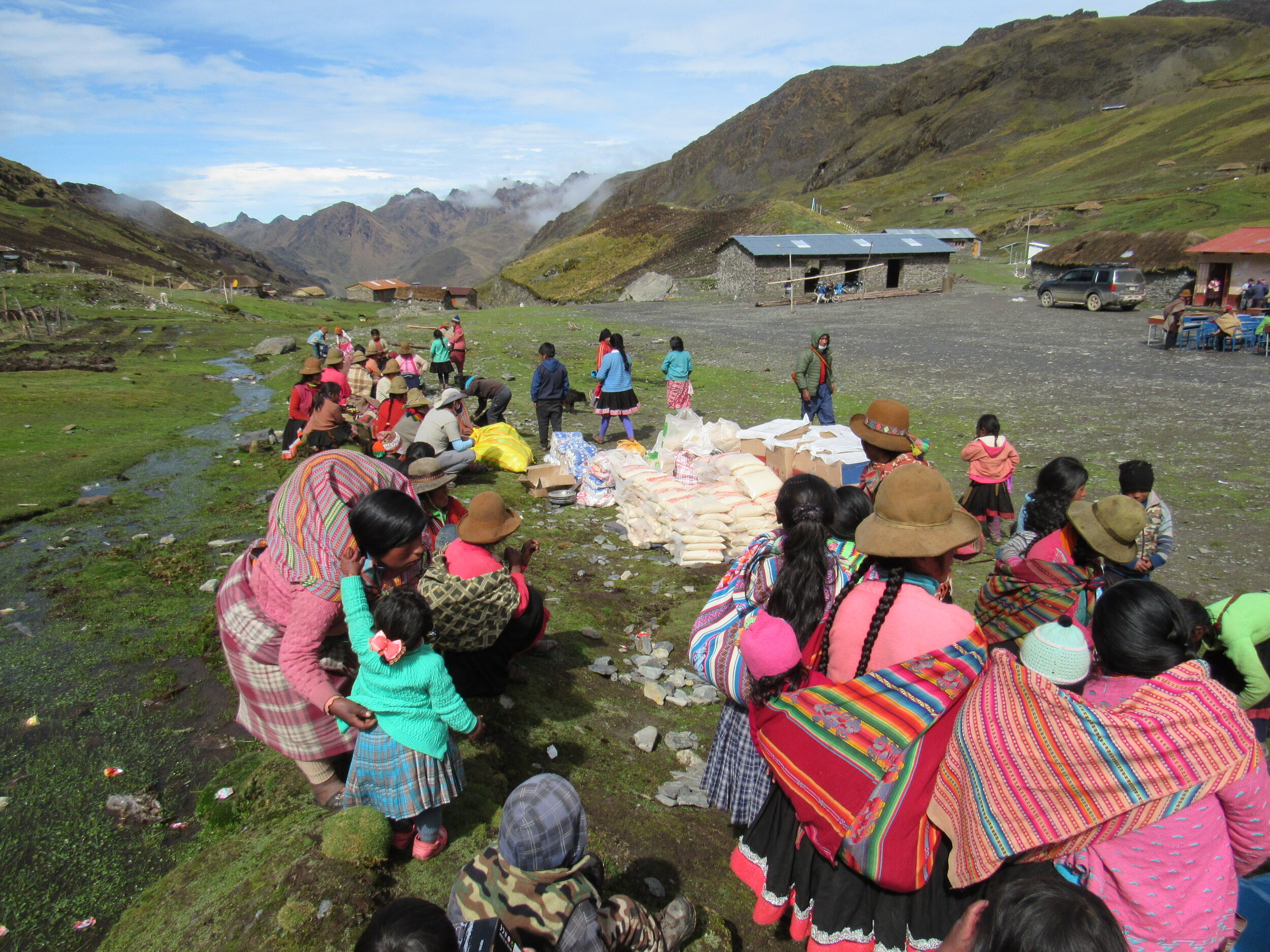
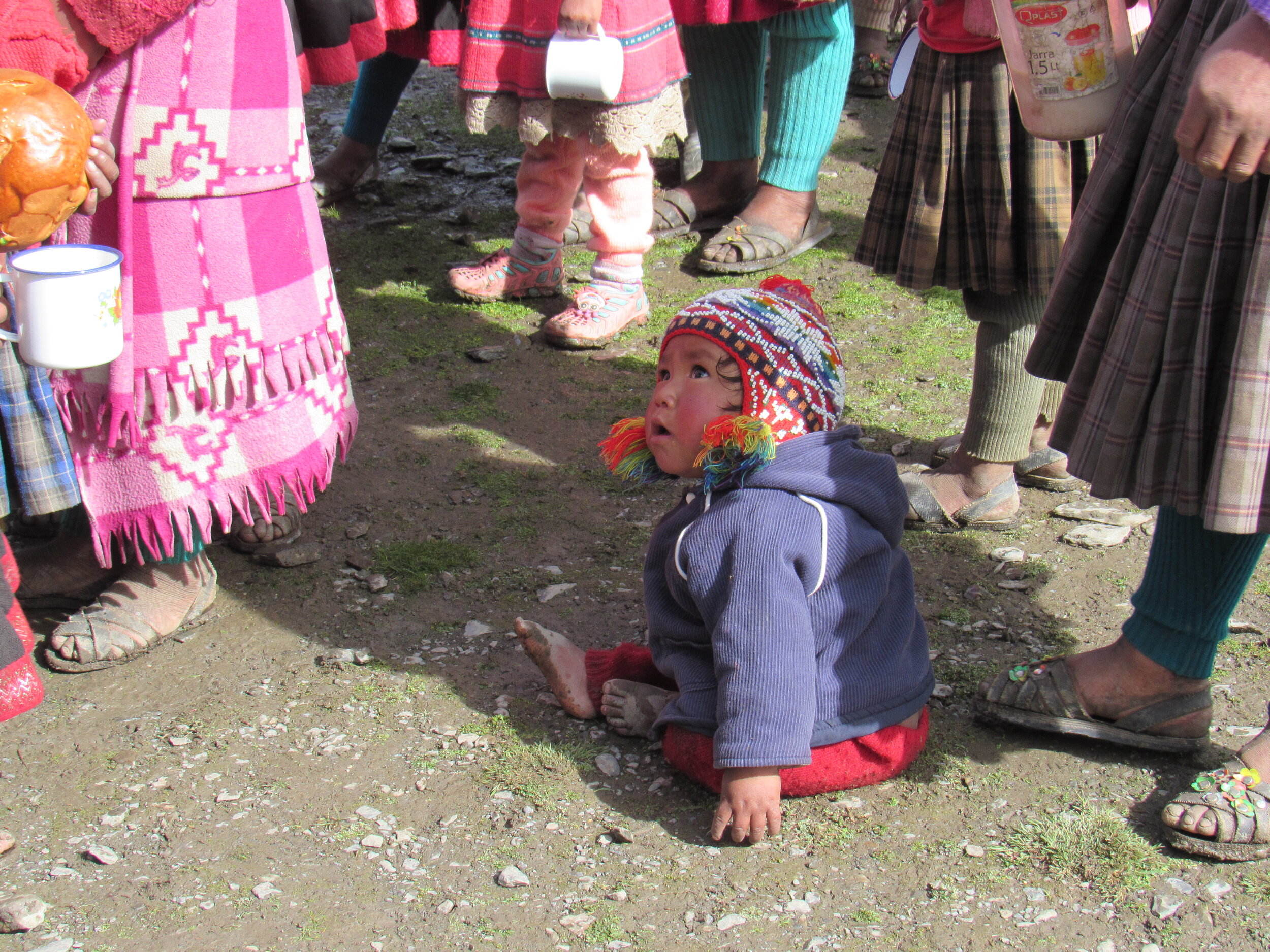
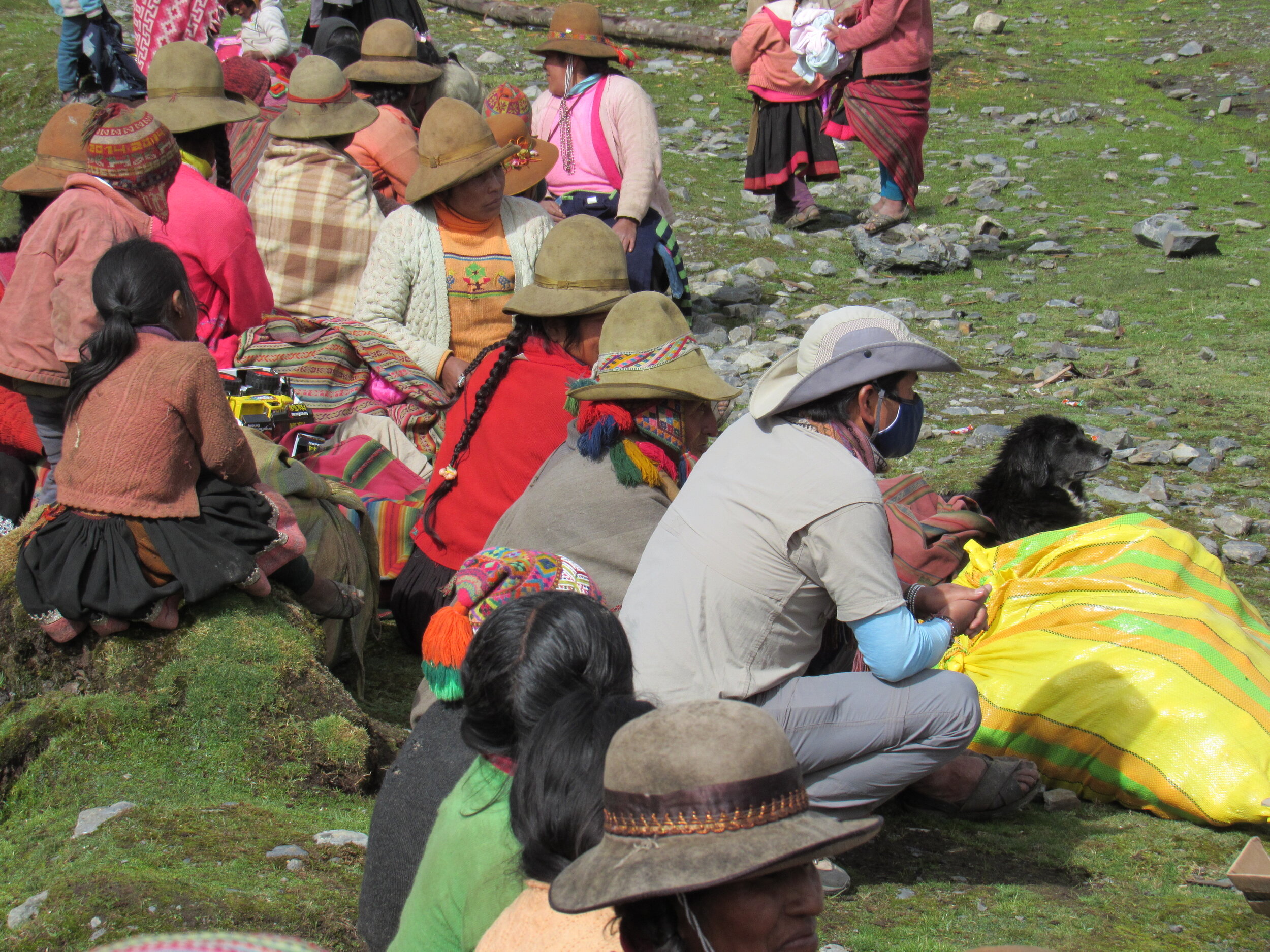
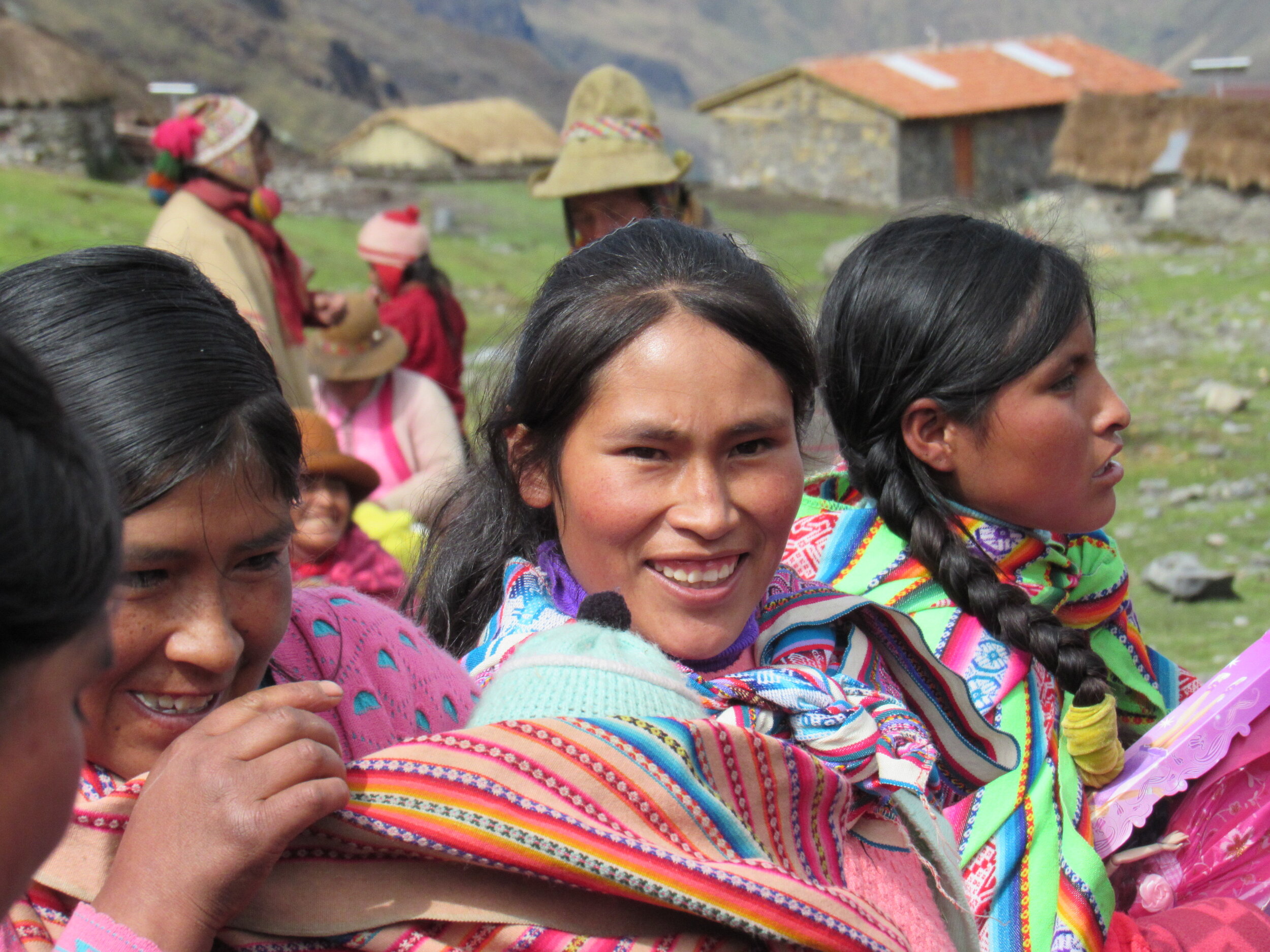
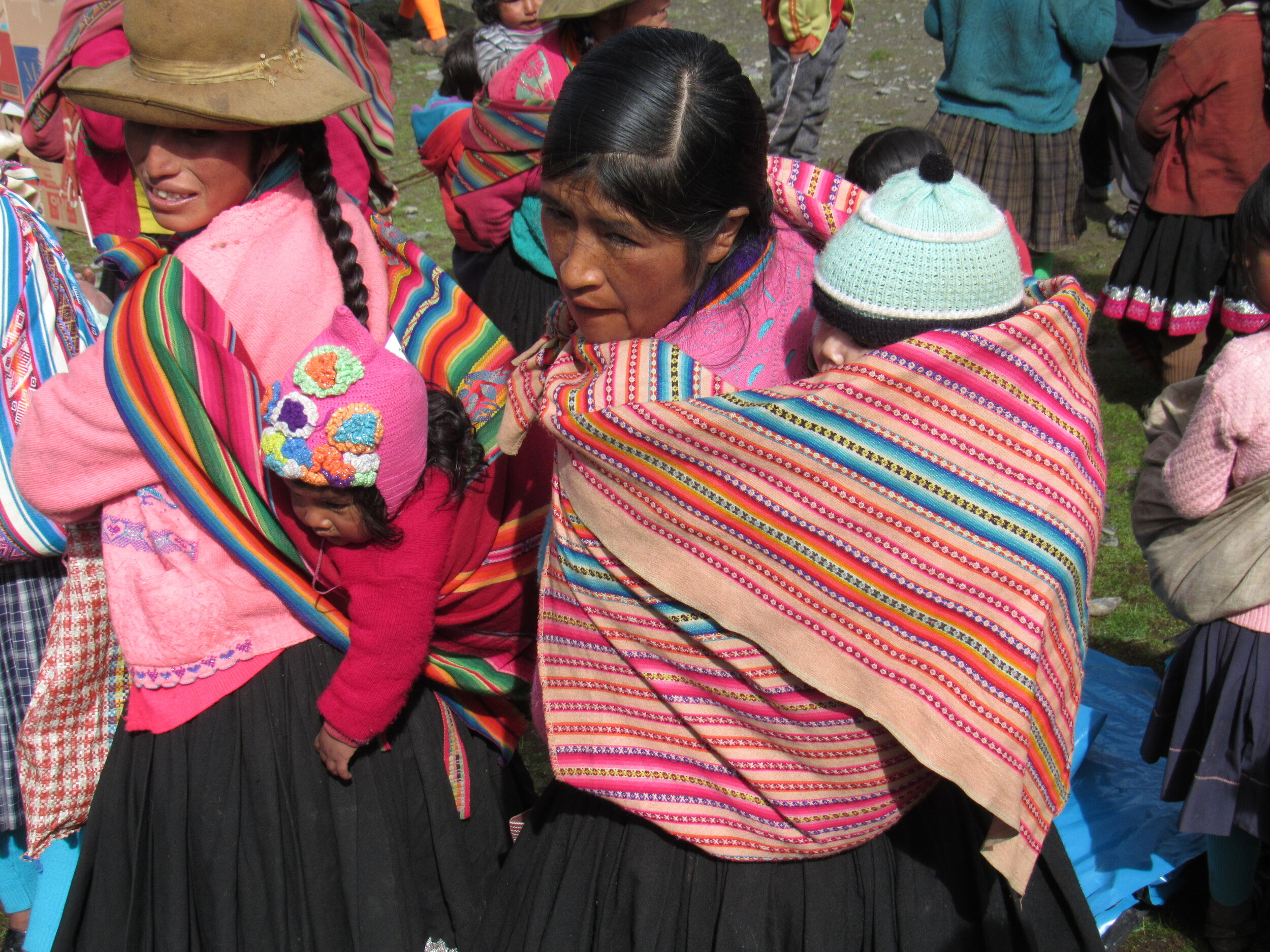
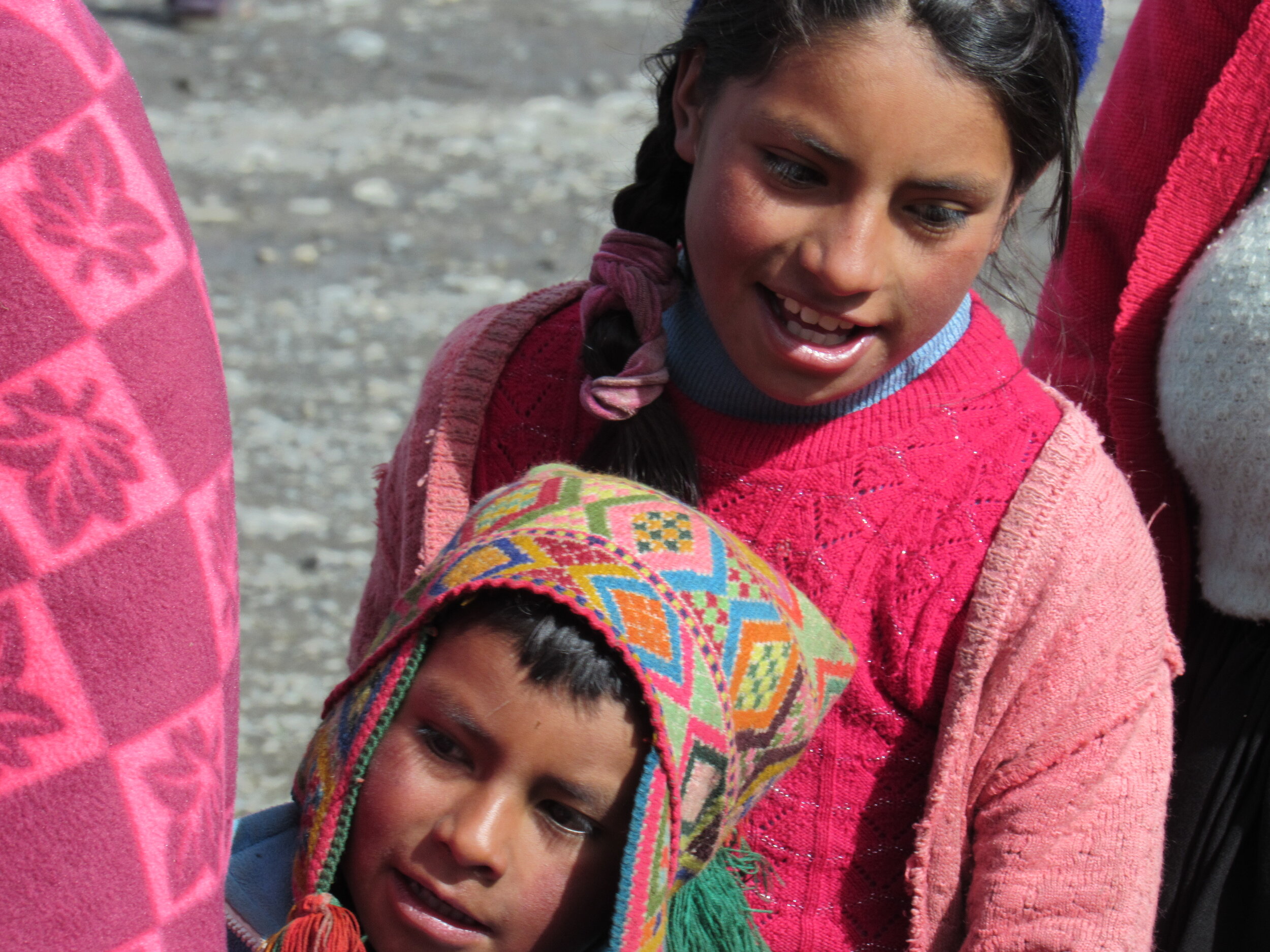
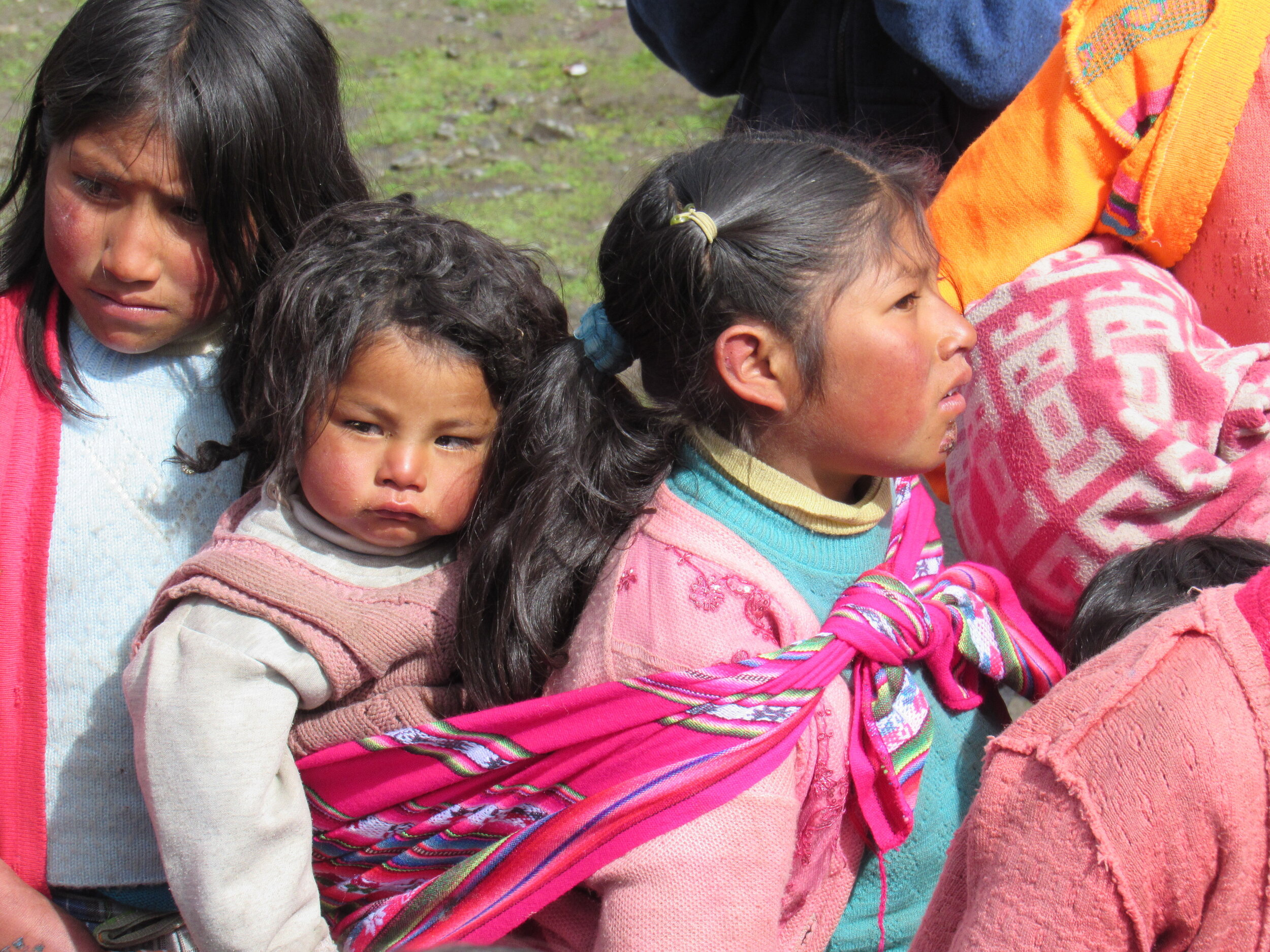

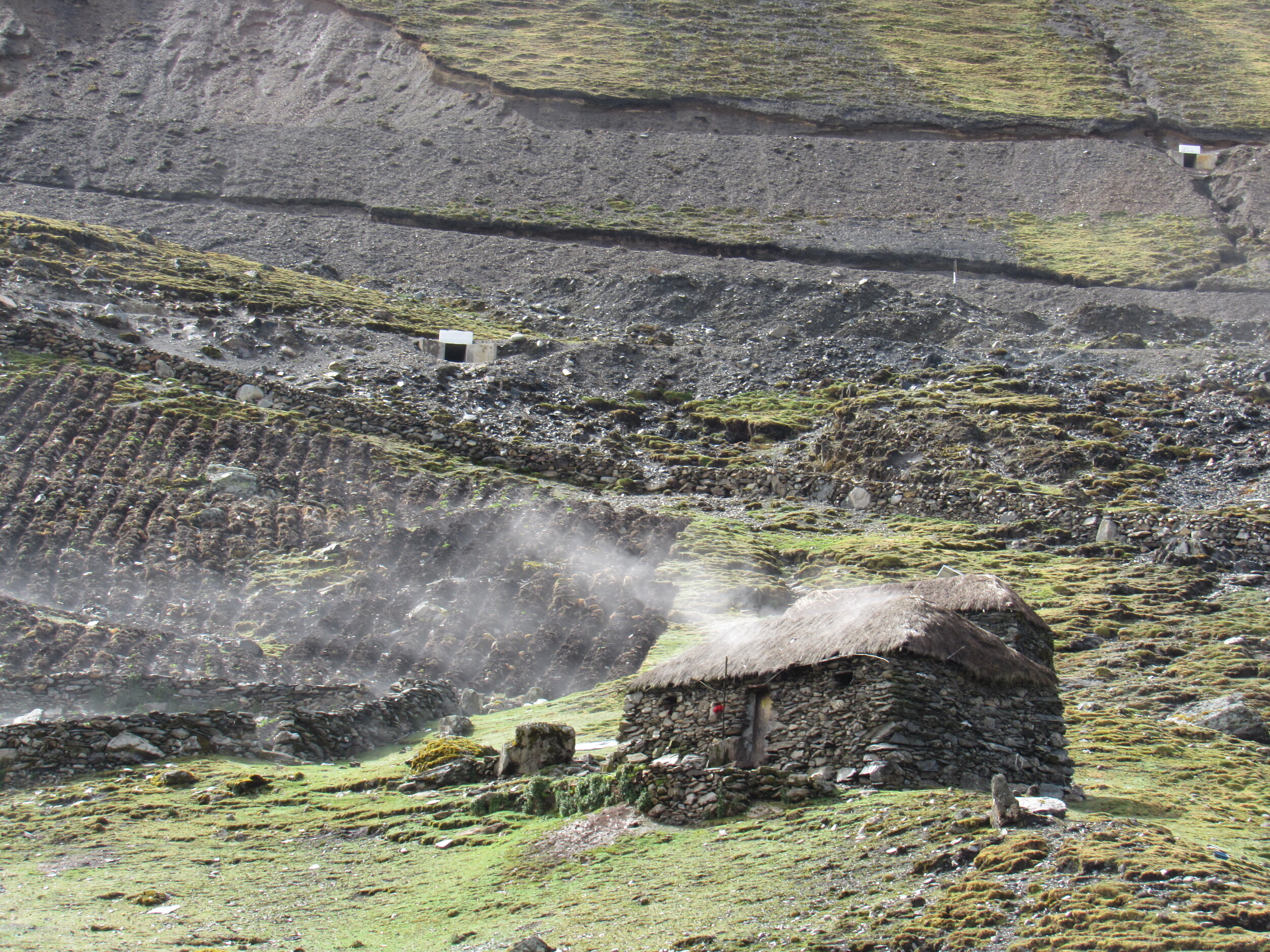
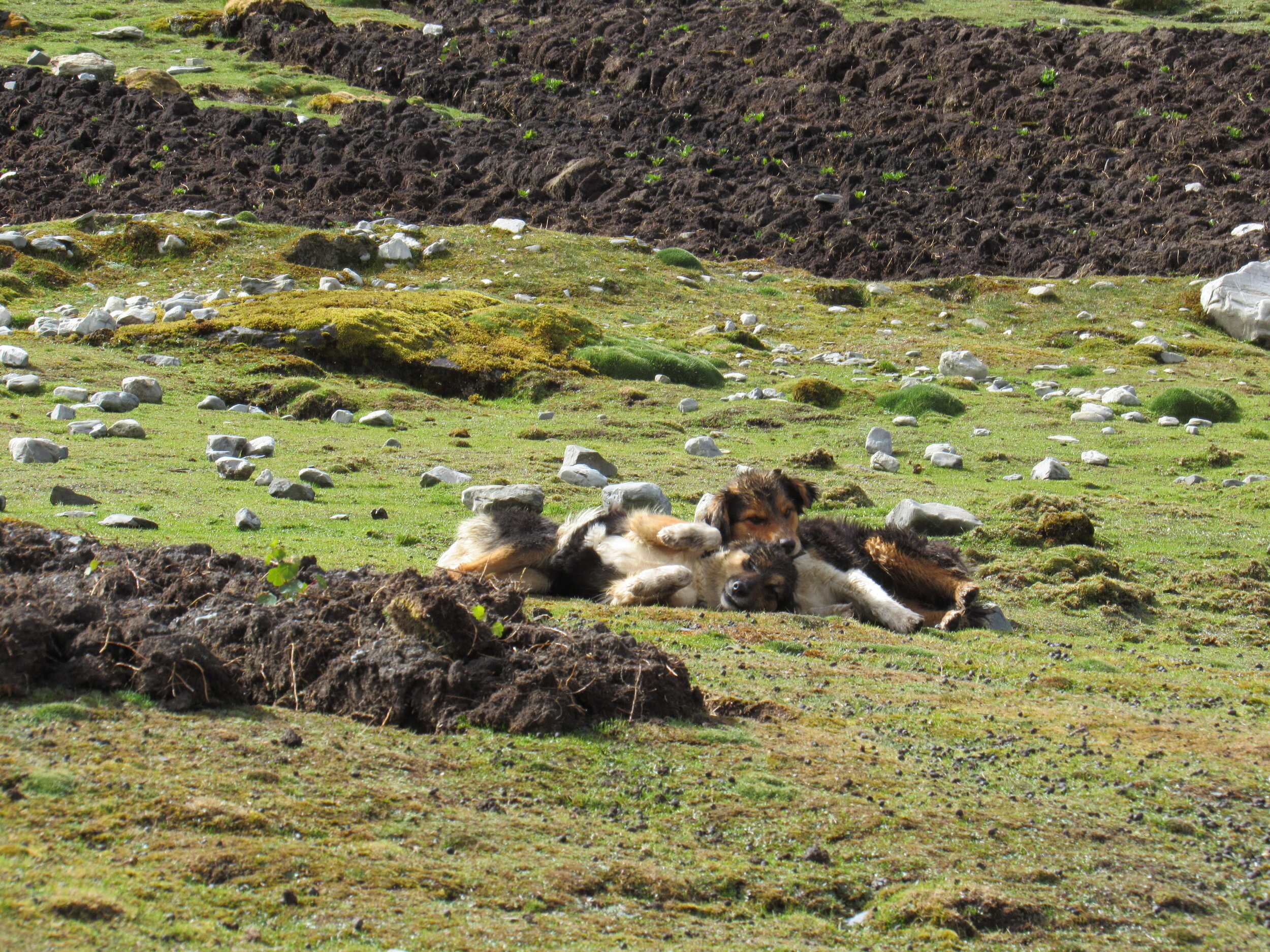
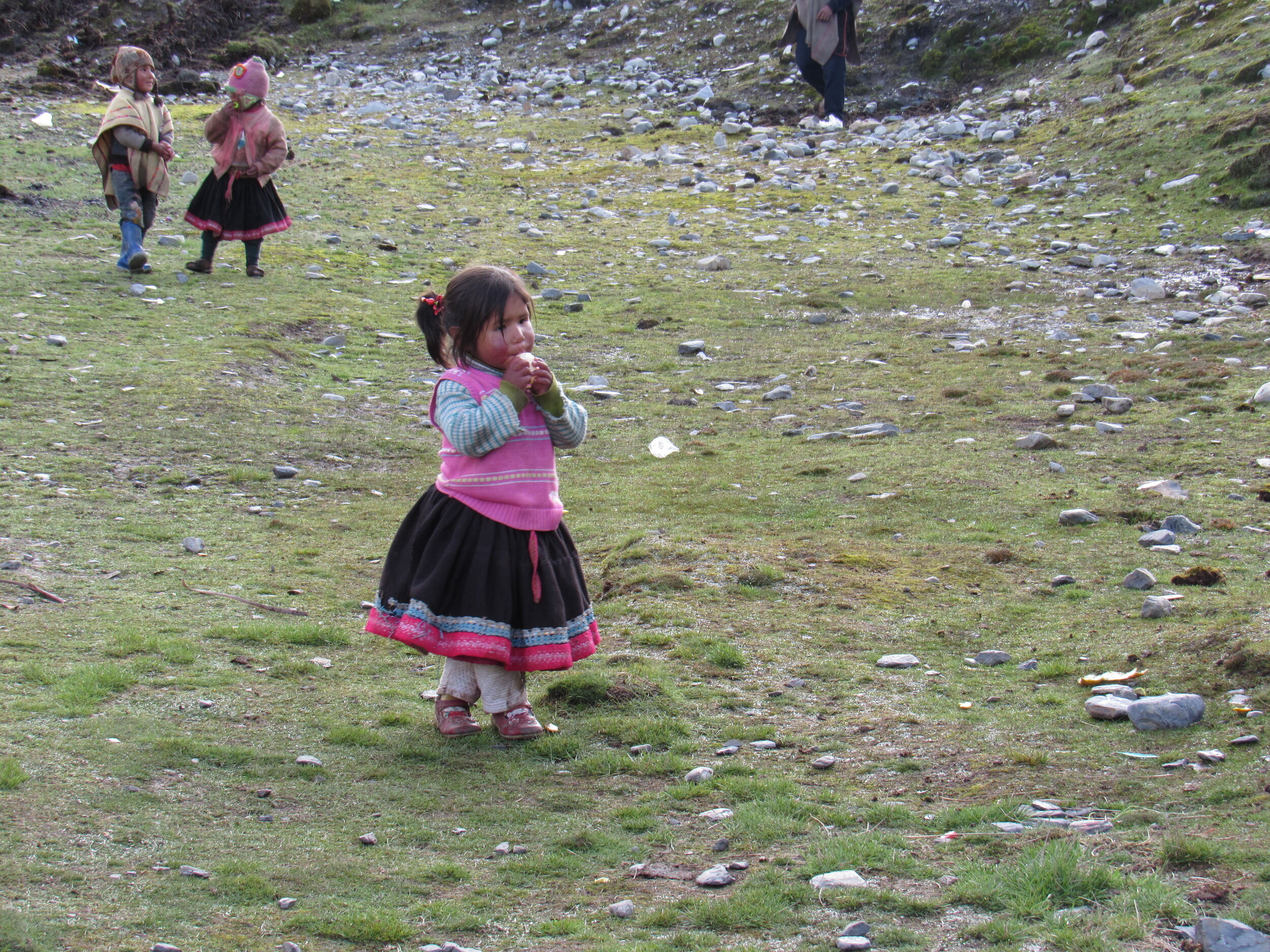
Sunday, 20 December, 2020
Hatun Q’ero is about a six hour drive from Cusco, which is why we asked the mayor of Paucartambo to send transportation that could pick us up at 5am. The night before he had sent a large truck to pick up twenty desks which were generously donated by the school where Henry’s sister teaches. Of course, the school has been closed all year due to the pandemic, so nobody has gotten to use these desks in 2020.
All of the villages of the Q’ero Nation are part of the district of Paucartambo. Last Sunday, Sofia, who works in the Paucartambo’s mayor’s office, organized everything for our visit to Japu. Unfortunately, she was not available this weekend and we didn’t have anybody like her to help everything go according to plan. We were at the Maytaq Wasin, ready to load the food and clothes, at 5am. When Auqui called to check how close the trucks were, we were told that they were just leaving Paucartambo. That meant, the best case scenario would be that they would get to Cusco two hours late.
Henry, Auqui and I have gotten used to long hours on twisty mountain roads, and very long days, but I was a bit worried about our other volunteers. Kara and Katie were visiting from the US and had barely had 24 hours to acclimatize in Cusco. I wished that they had been able to get another two hours of sleep. Wilbert and his daughter Miska, Auqui’s brother and niece, were also joining us for the first time. We wanted them to enjoy the day, which was already going to be long, even without the extra two hours hanging out near the hotel. Henry’s niece Lucero was with us, but she’s already come to both Mayubamba and Marampaqui, so this wasn’t her first impression of how things go with the Covid Relief Project.
Eventually, two extended cab 4 wheel drive pickups arrived. We piled 160 bags of rice, two sacks of 300 oranges each and the two cans of 30 liters of fresh milk in the first pickup. The second pickup got 160 bags of salt, 320 bags of oatmeal and eight sacks of children’s clothes. It was almost 8:00 when we left, which meant that we didn’t get to Hatun Q’ero until almost 2pm. Nothing had been open in Cusco so early on a Sunday morning, so none of us had eaten breakfast. The community hadn’t prepared any boiled potatoes or anything else for us, plus there wasn’t really any time for lunch anyway. I am so thankful for all of our volunteers, who stayed helpful and cheerful during a very, very long day!
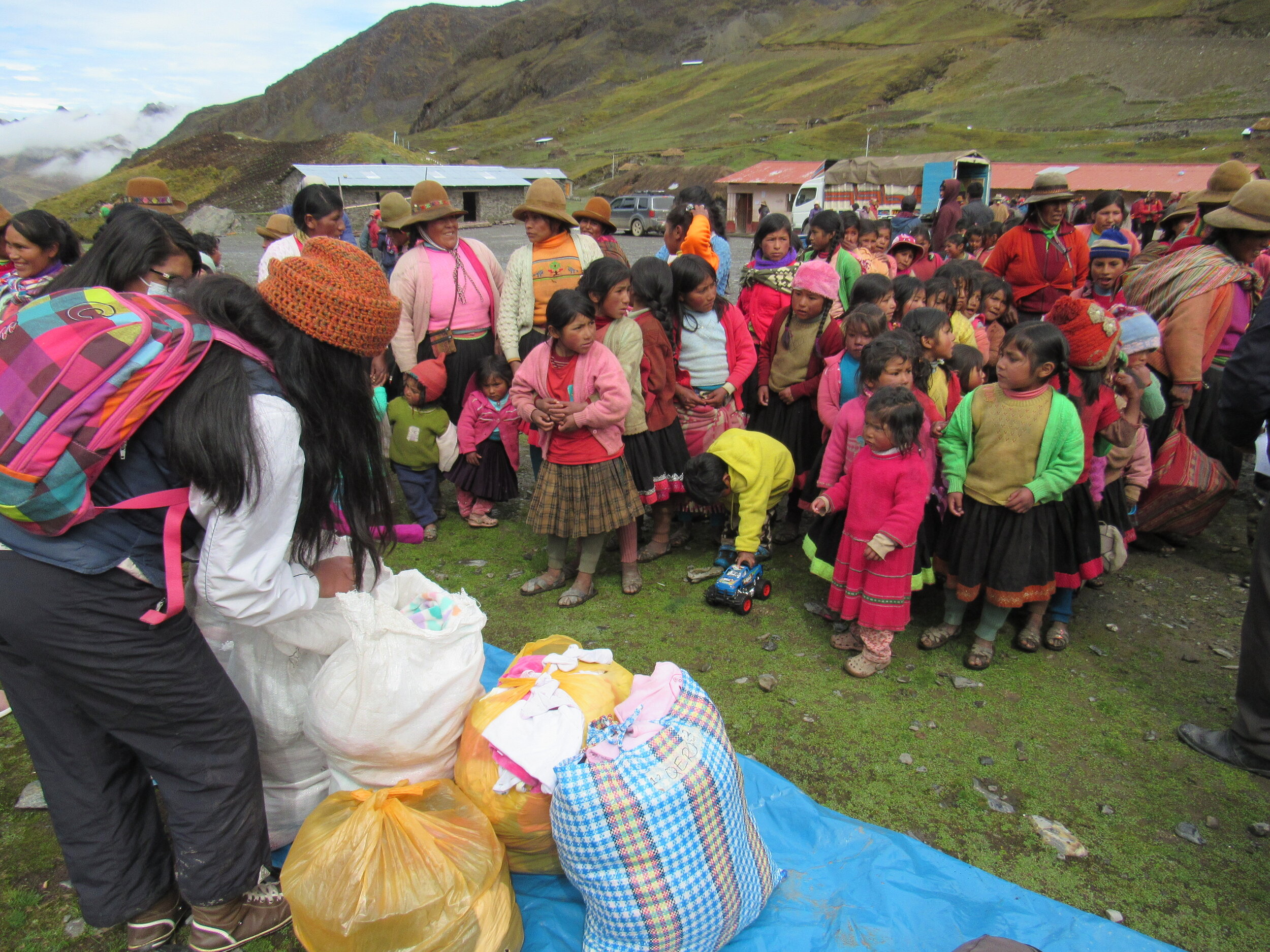
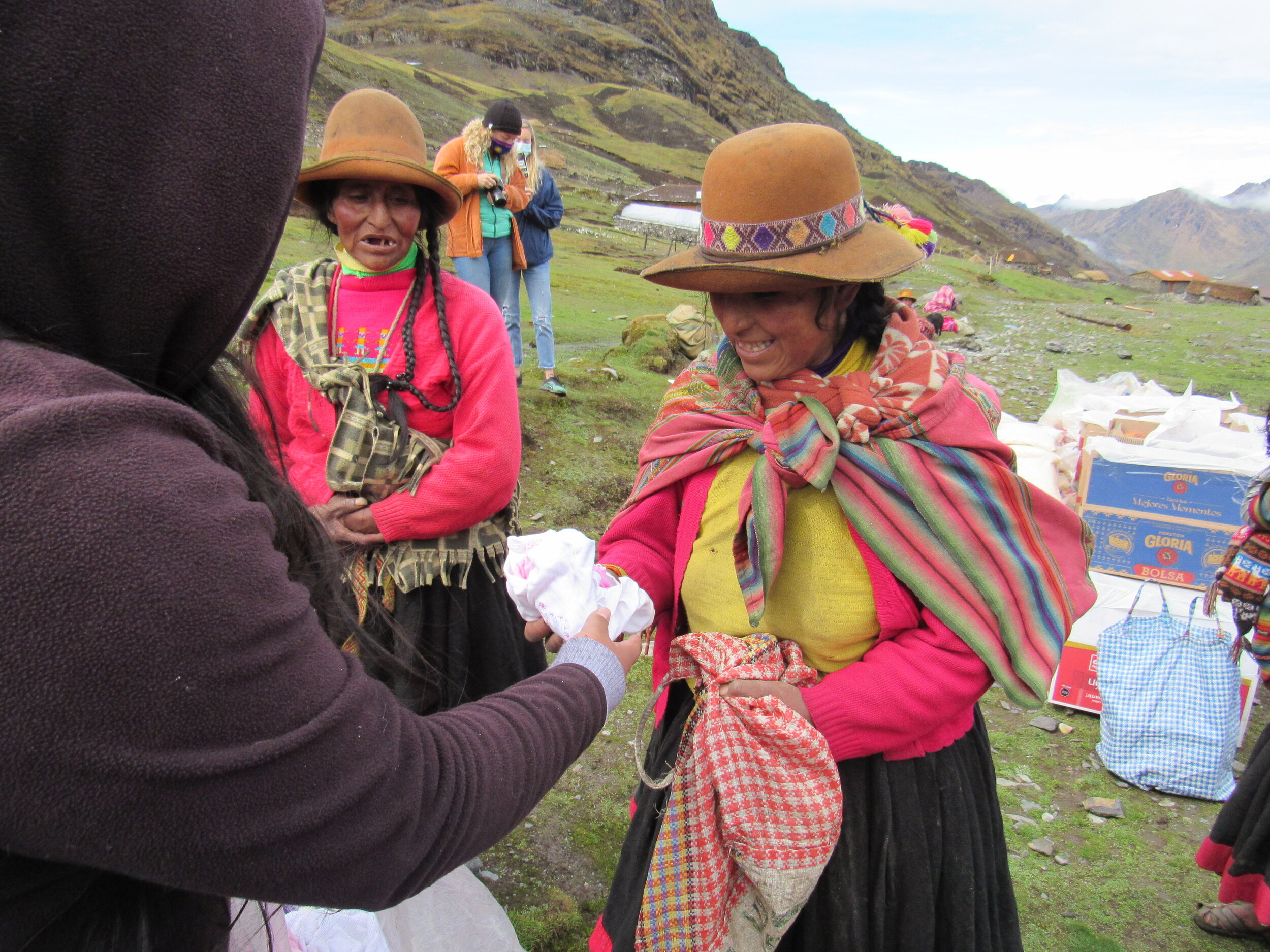
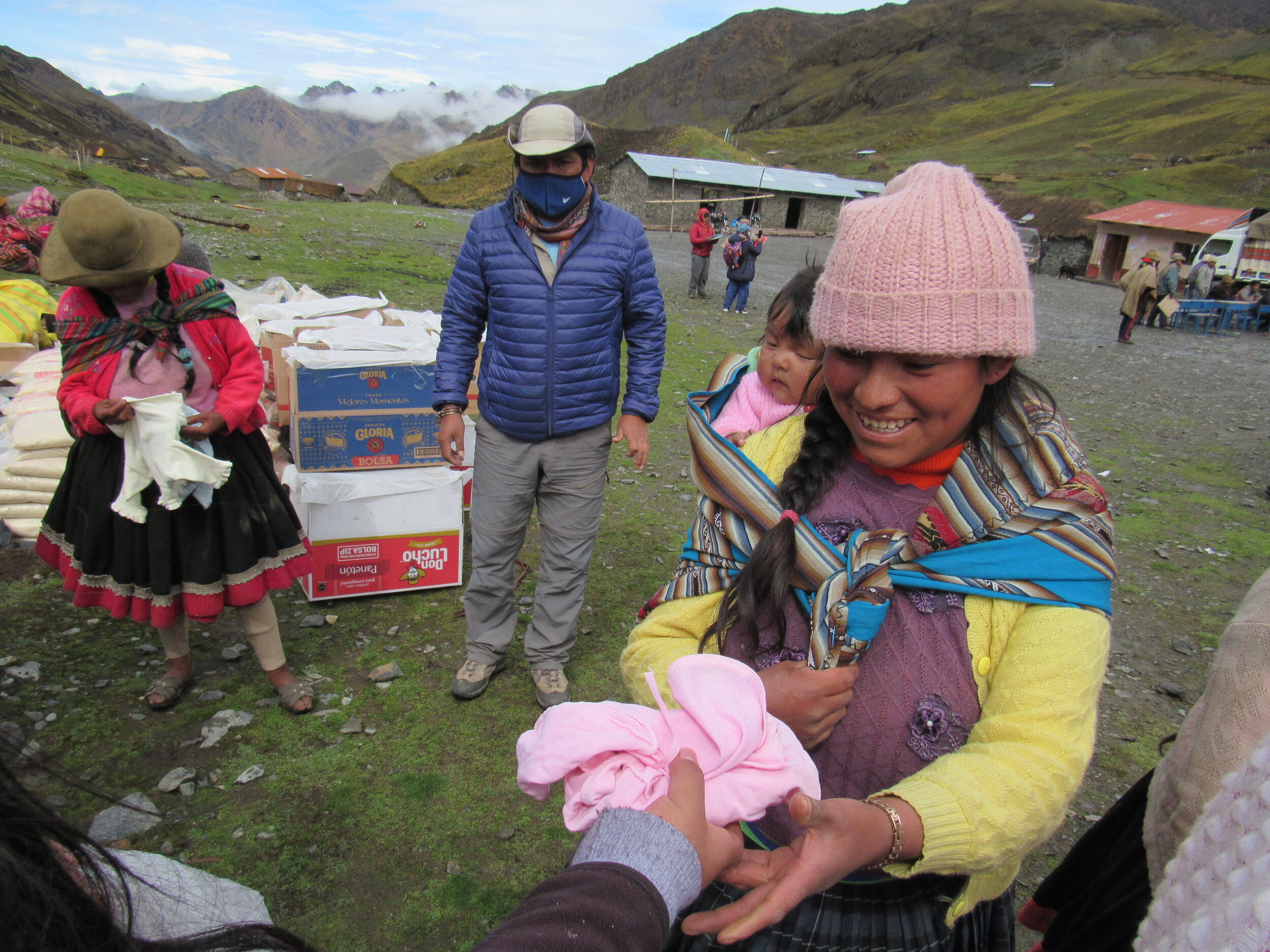
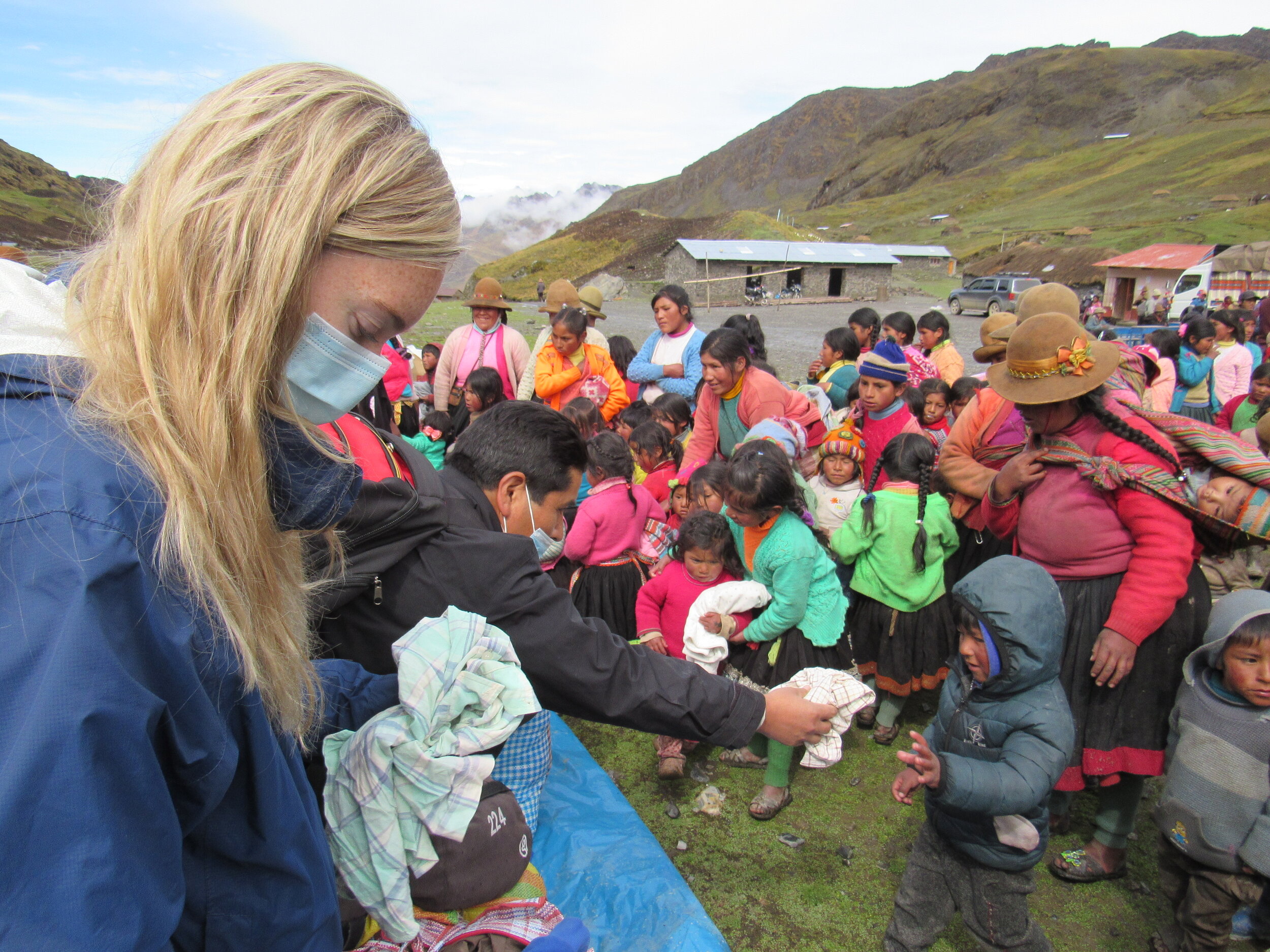
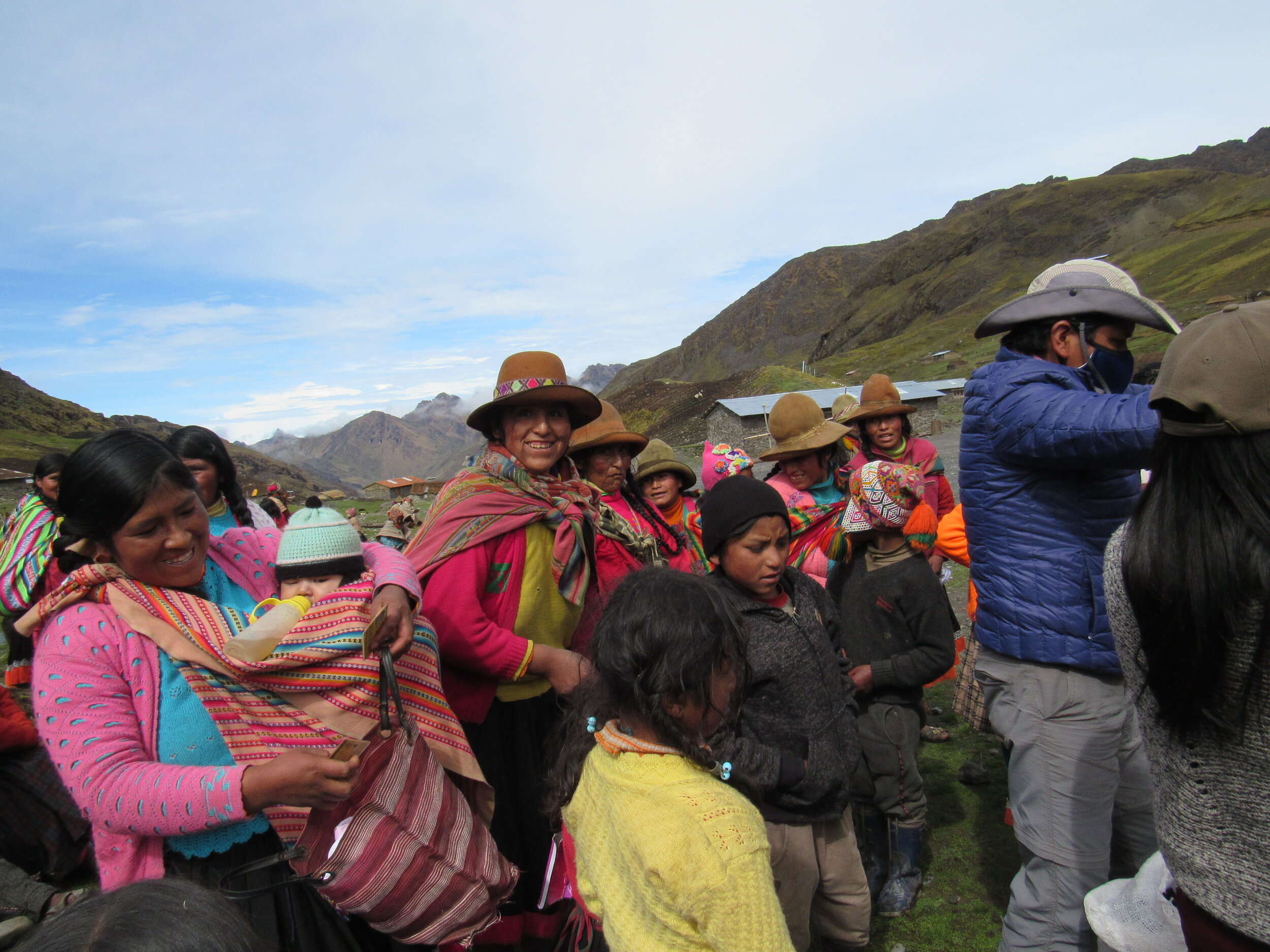
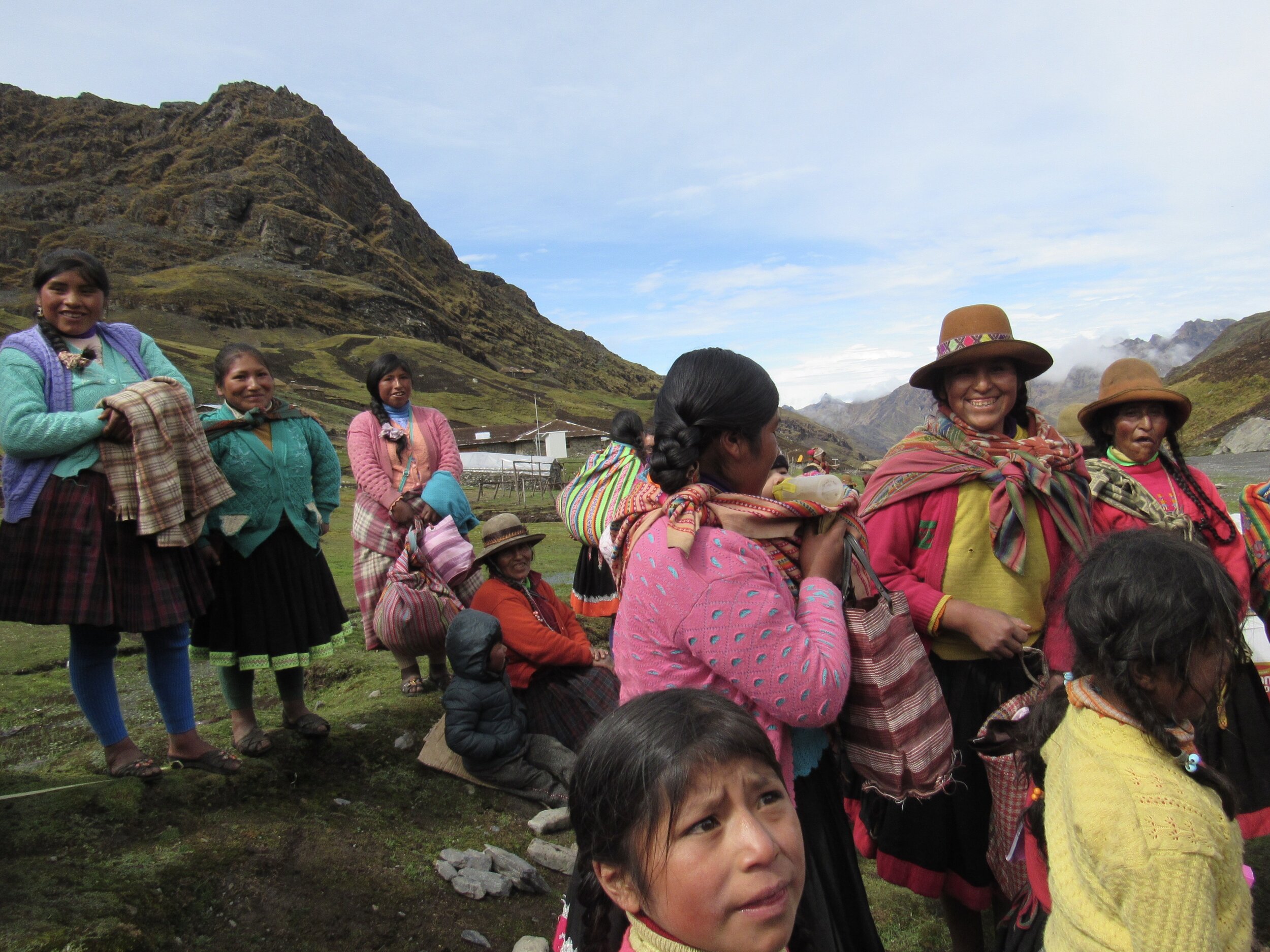
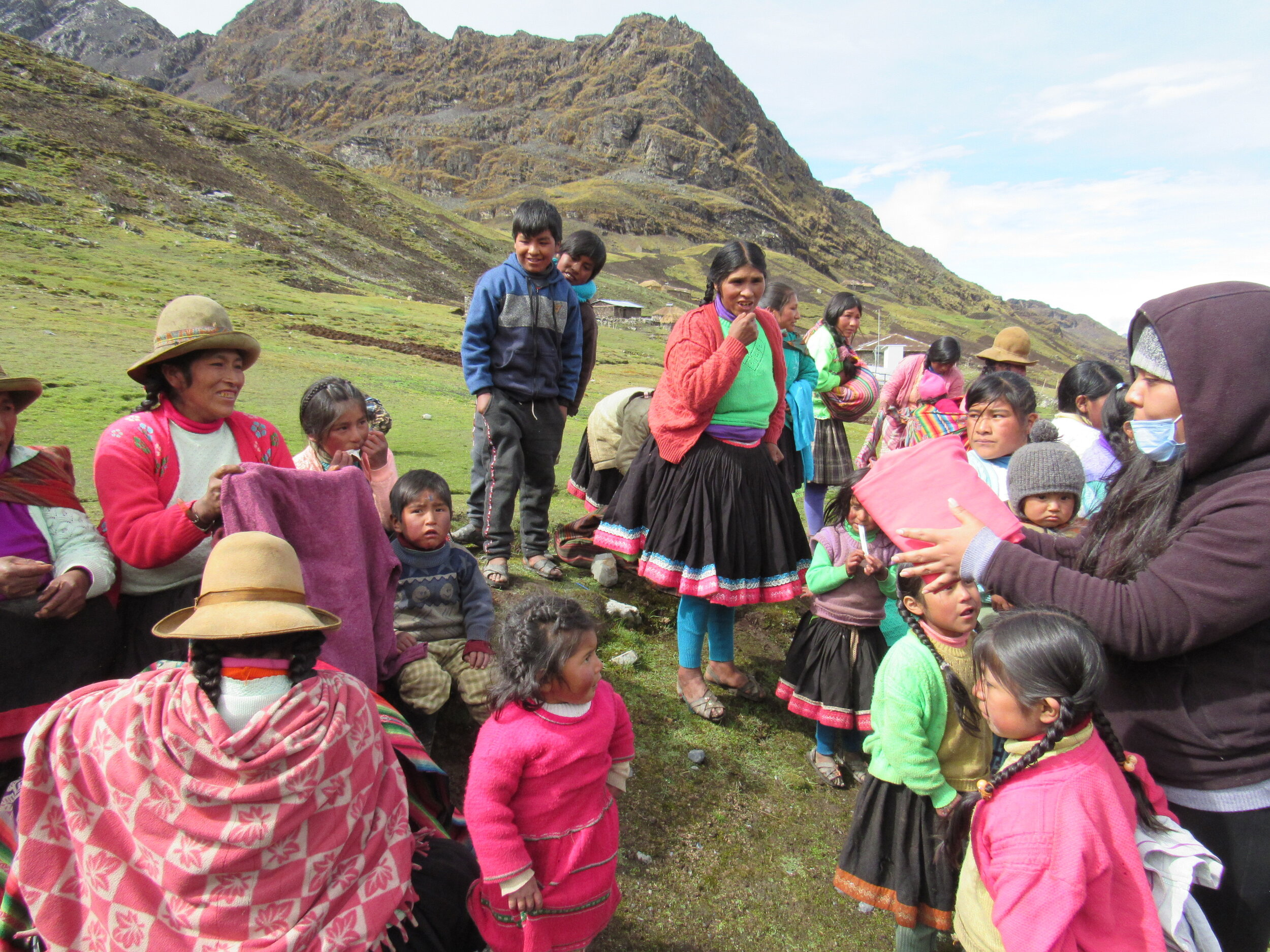
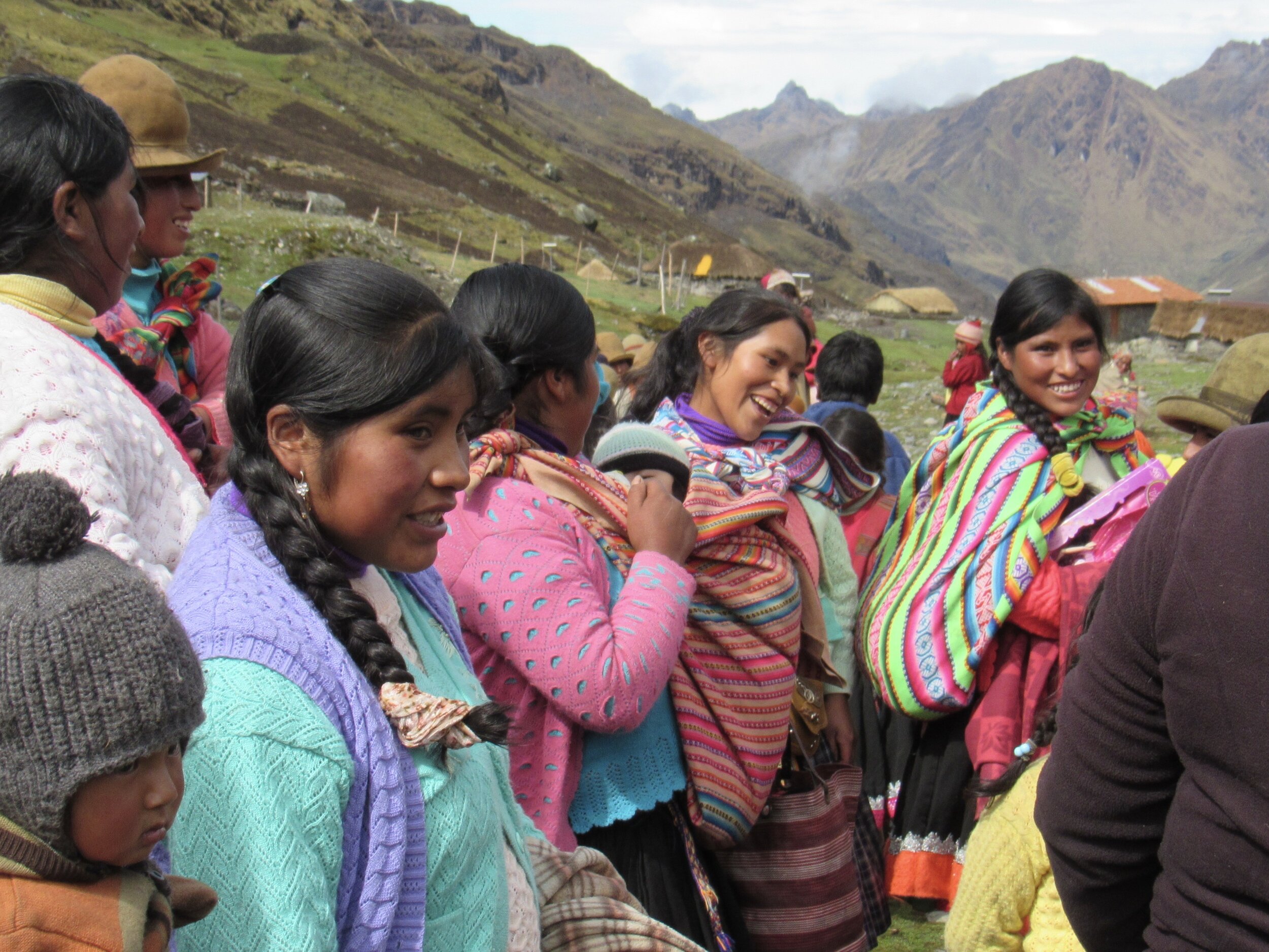
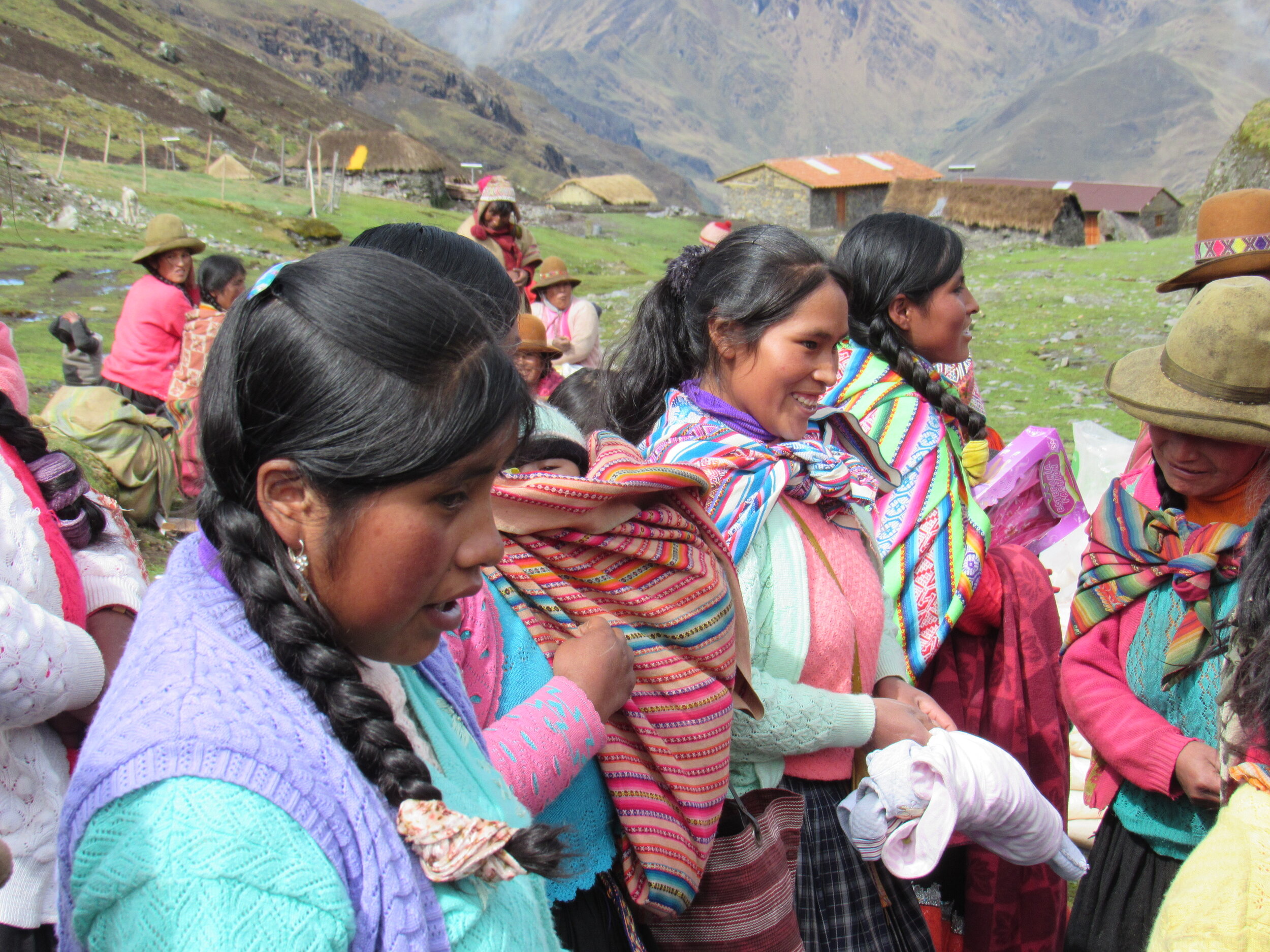

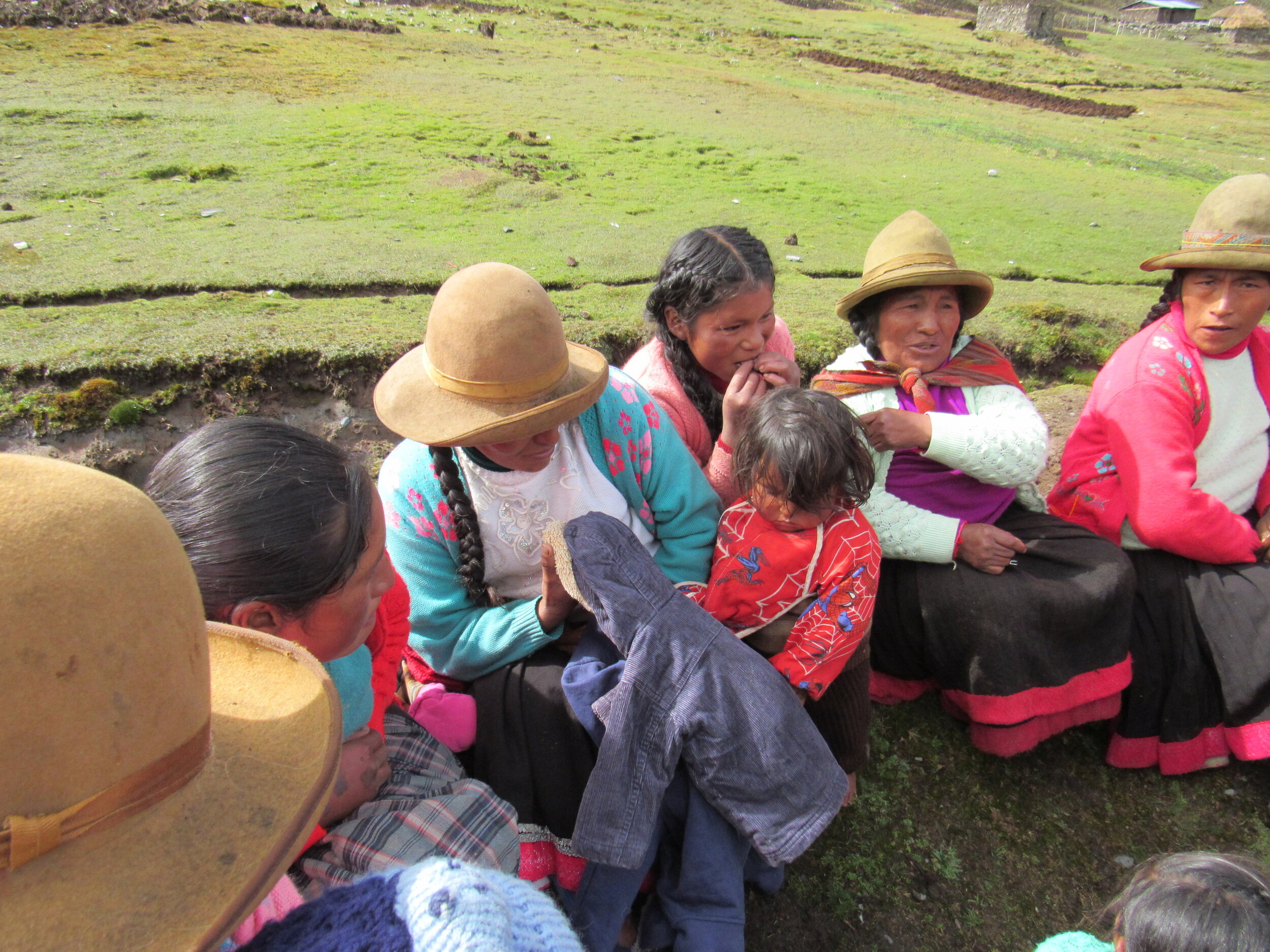
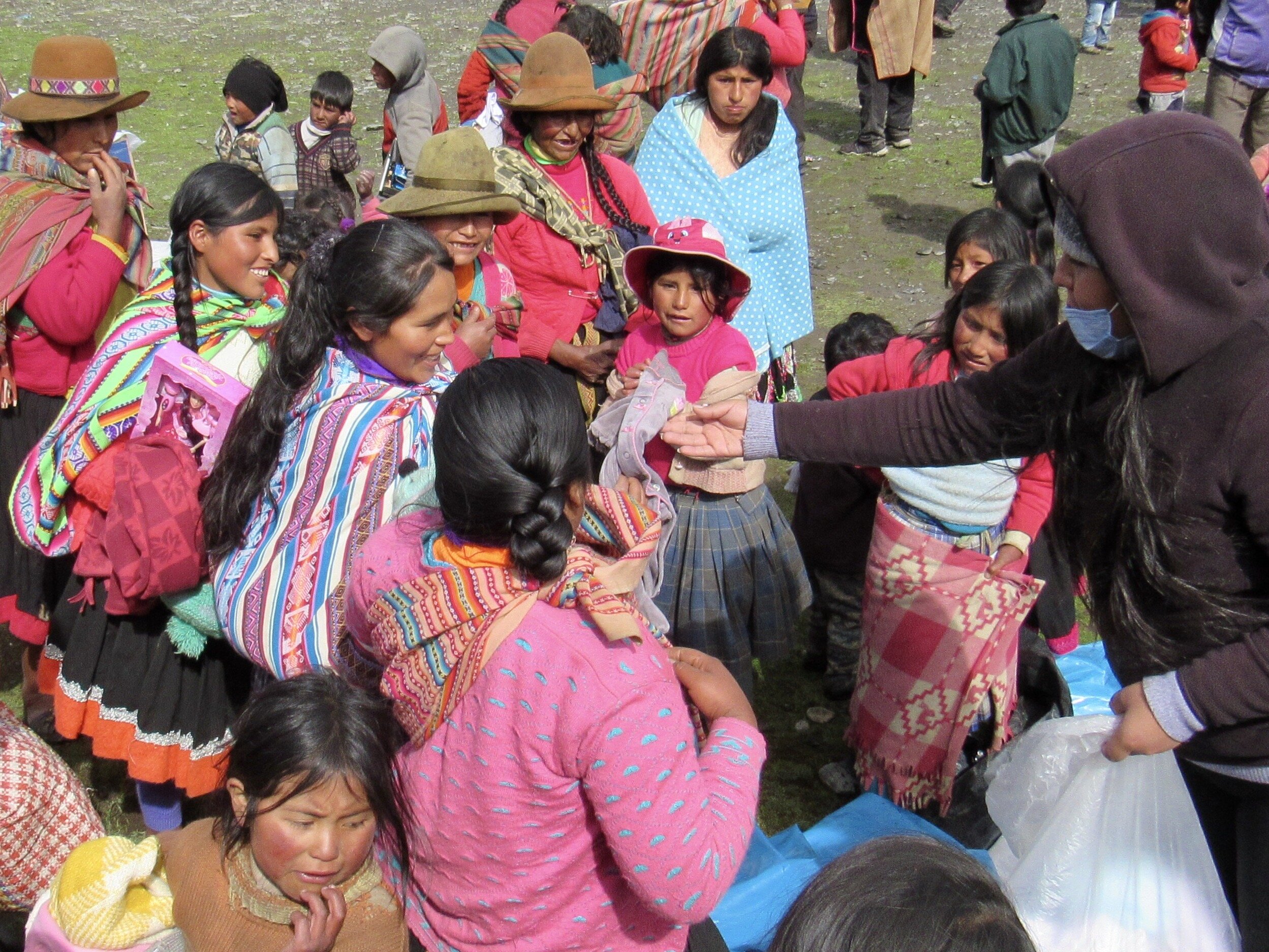
We started with the distribution of children’s clothes while the hot chocolate was being made, like we have done with the previous four chocolatadas. As always, many people did not have a cup, but thankfully somebody had a key for the school and they brought out the cups that children used to use during lunchtime. We served the children first, then Lucero went around to collect the cups from the children to be used again by the adults. Somebody in the community brought us a bucket of water with some bleach in it, to rinse out the cups.
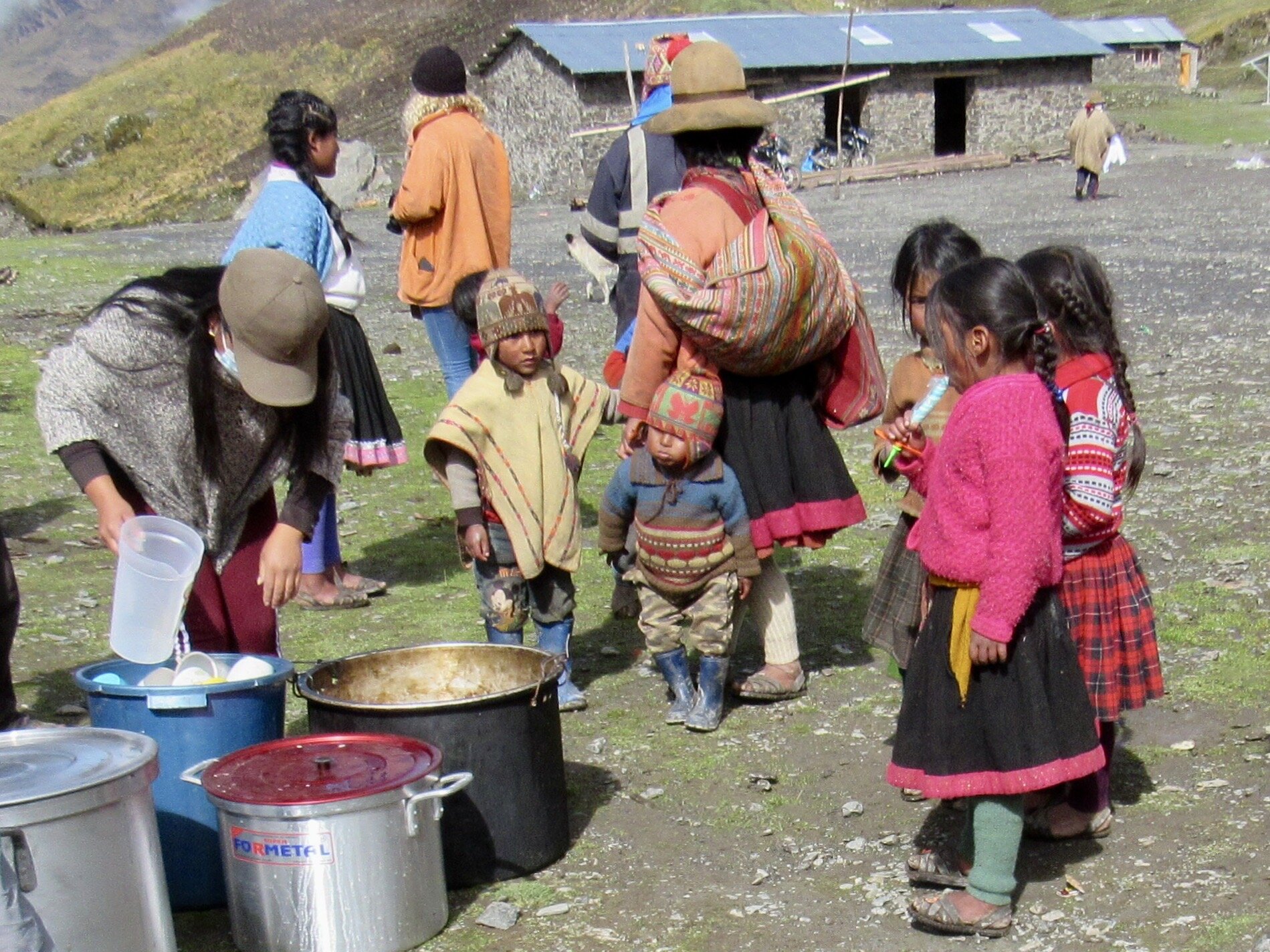
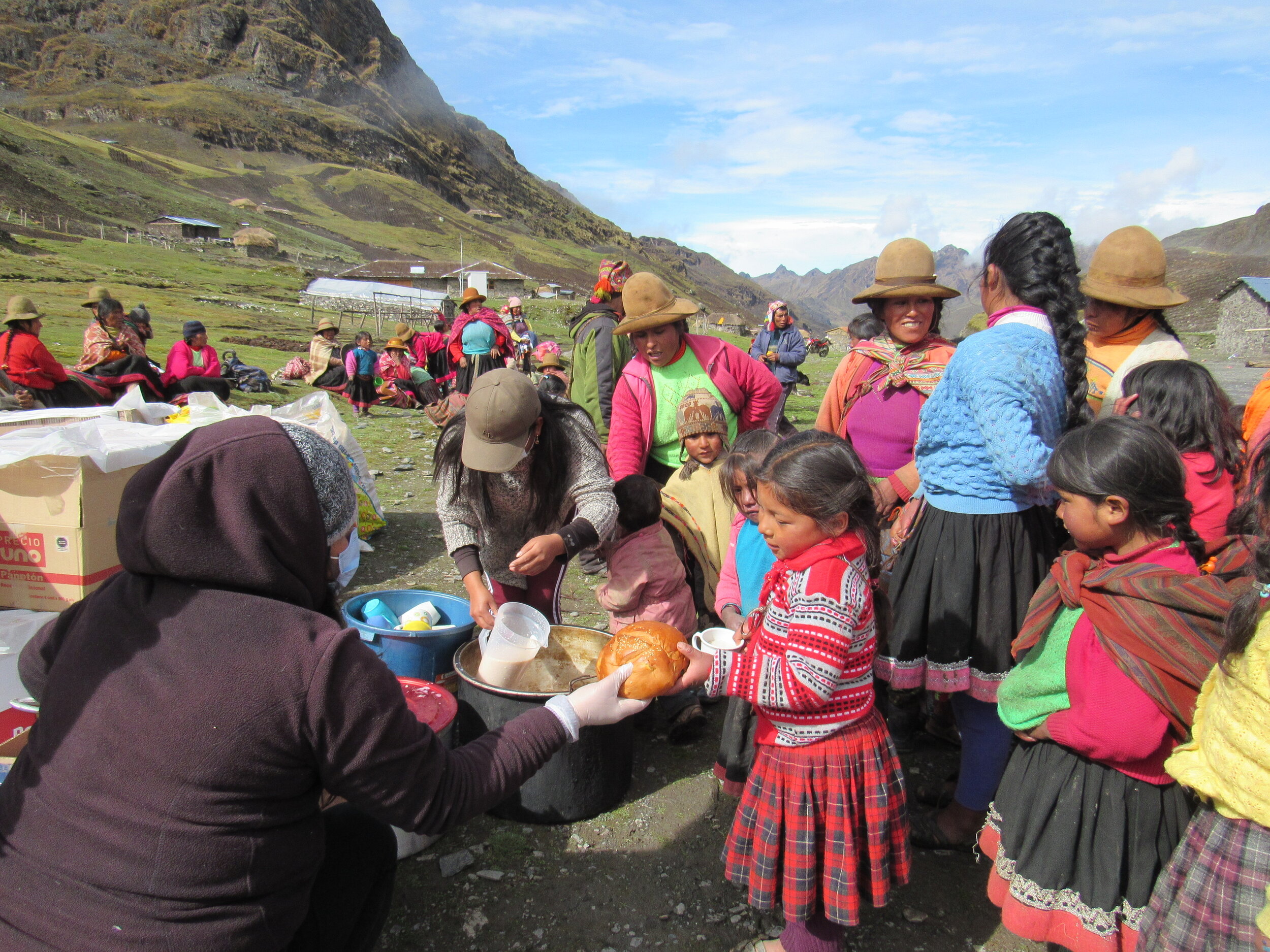
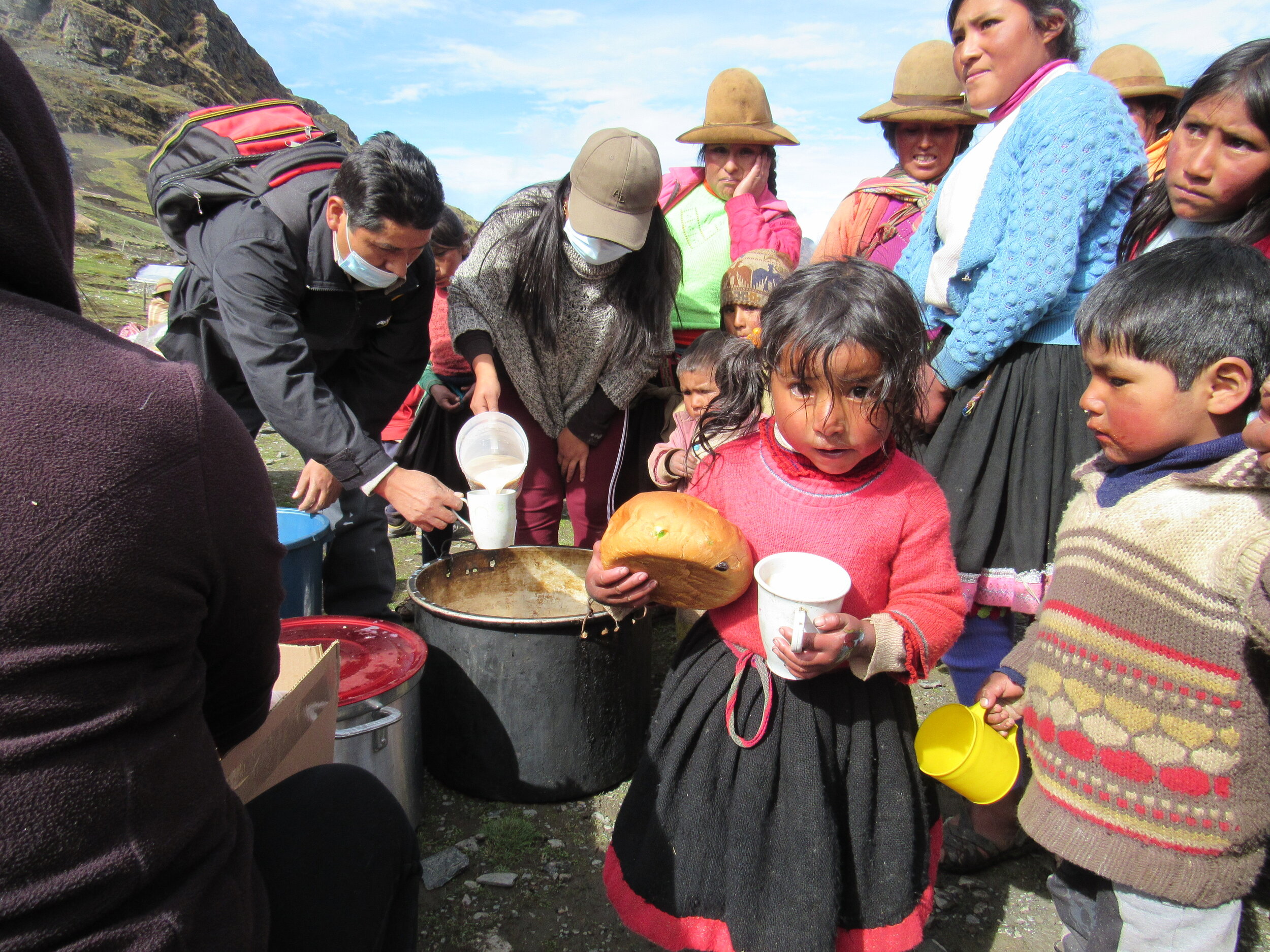
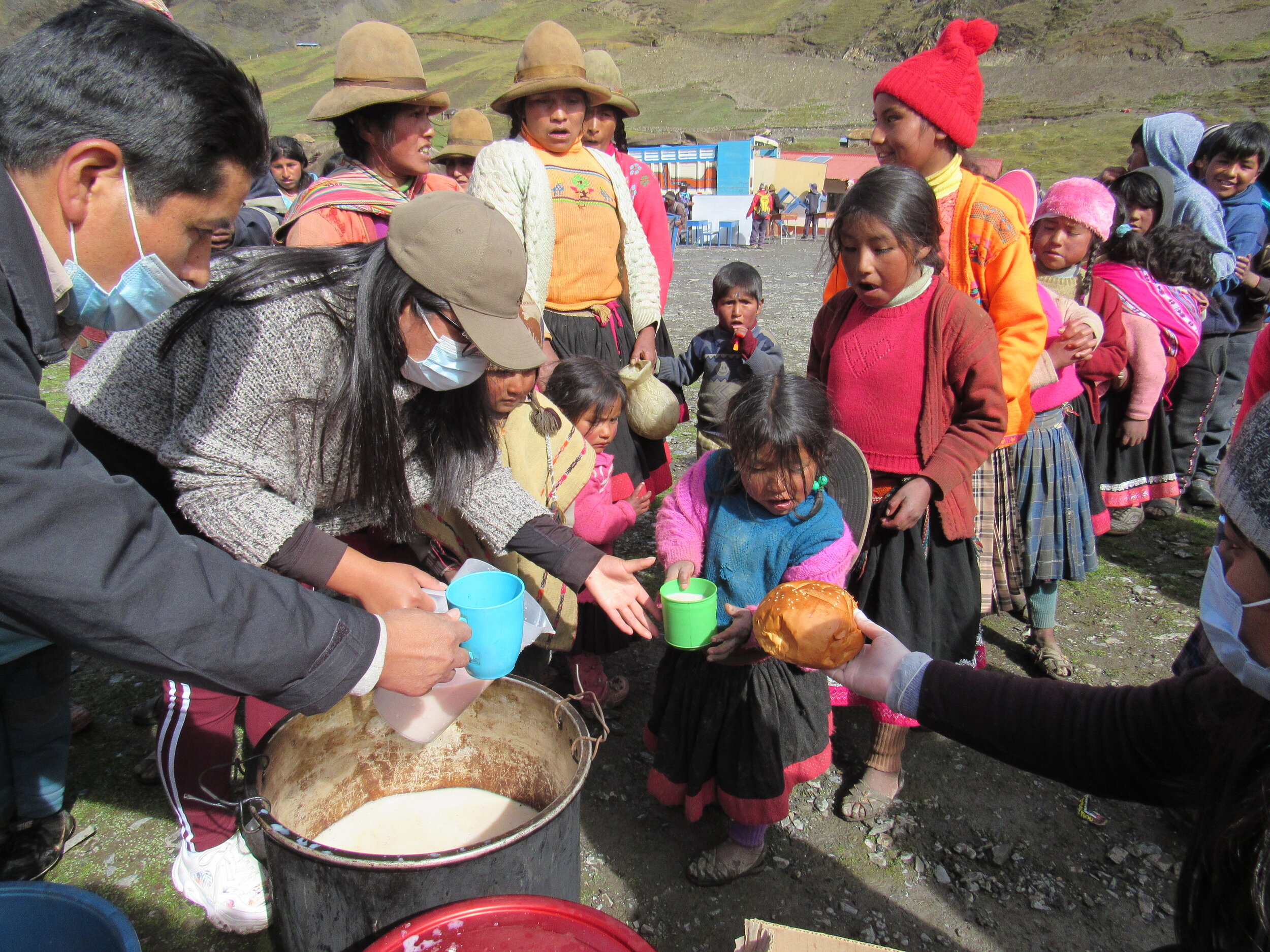
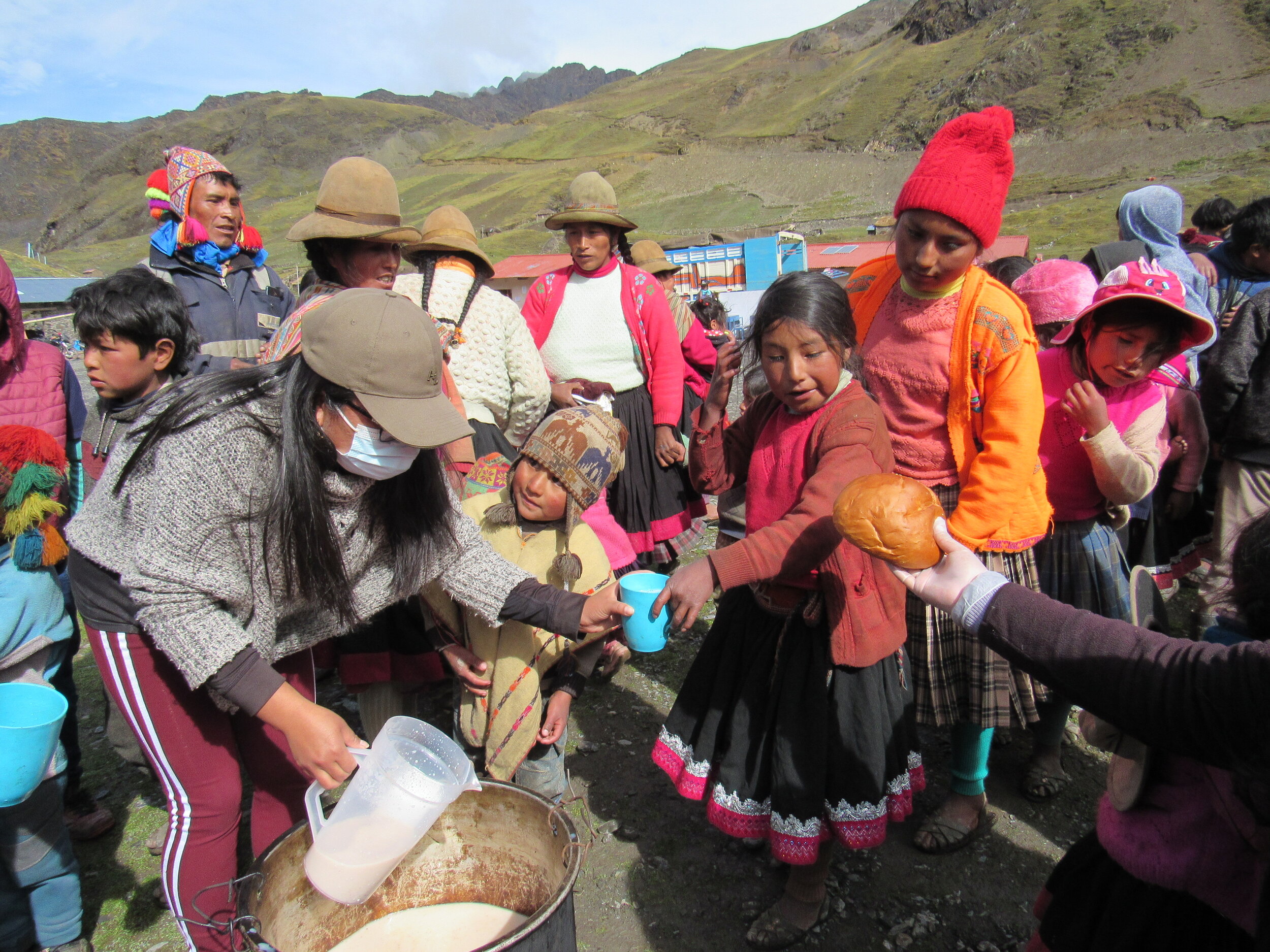

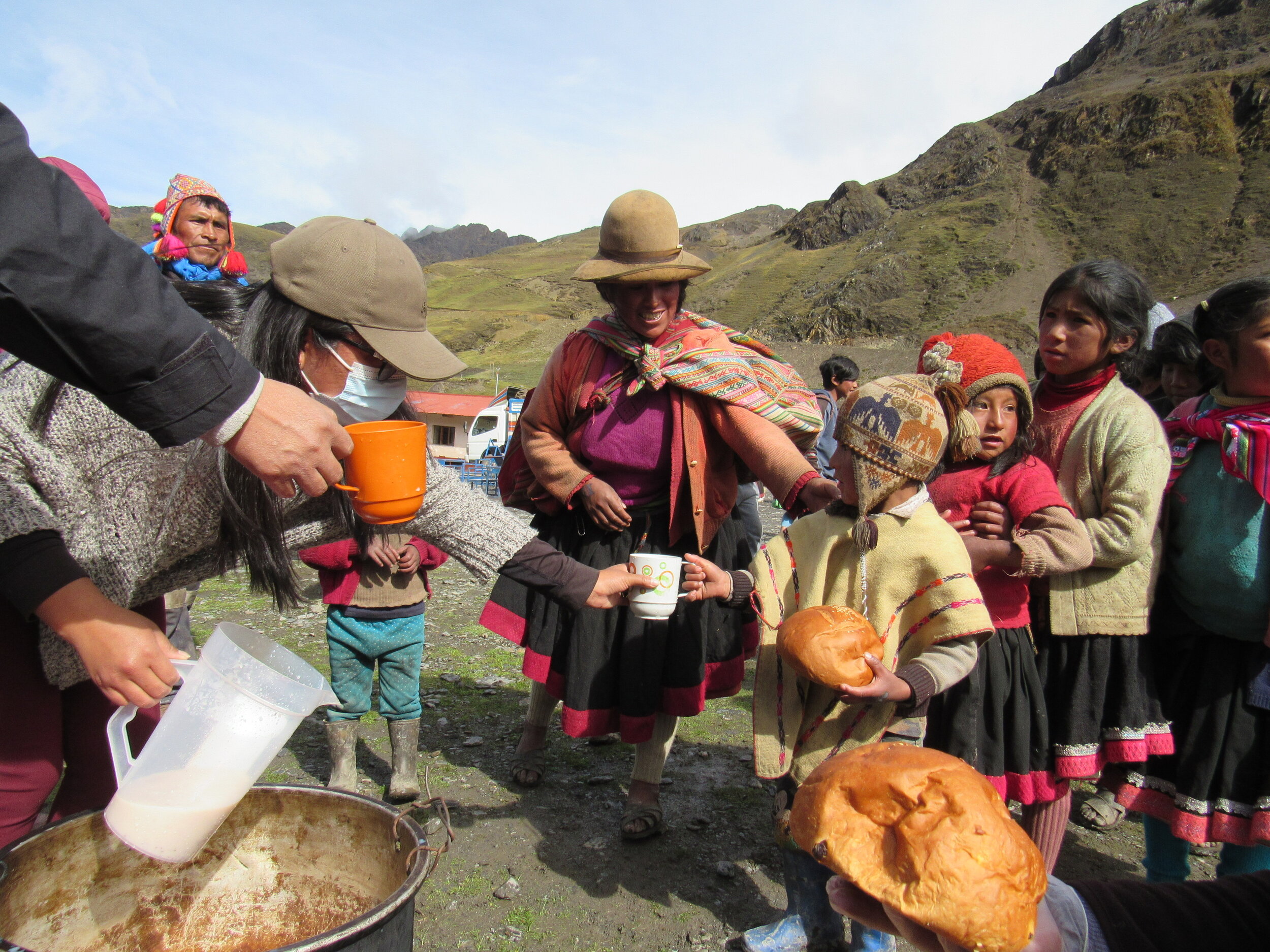
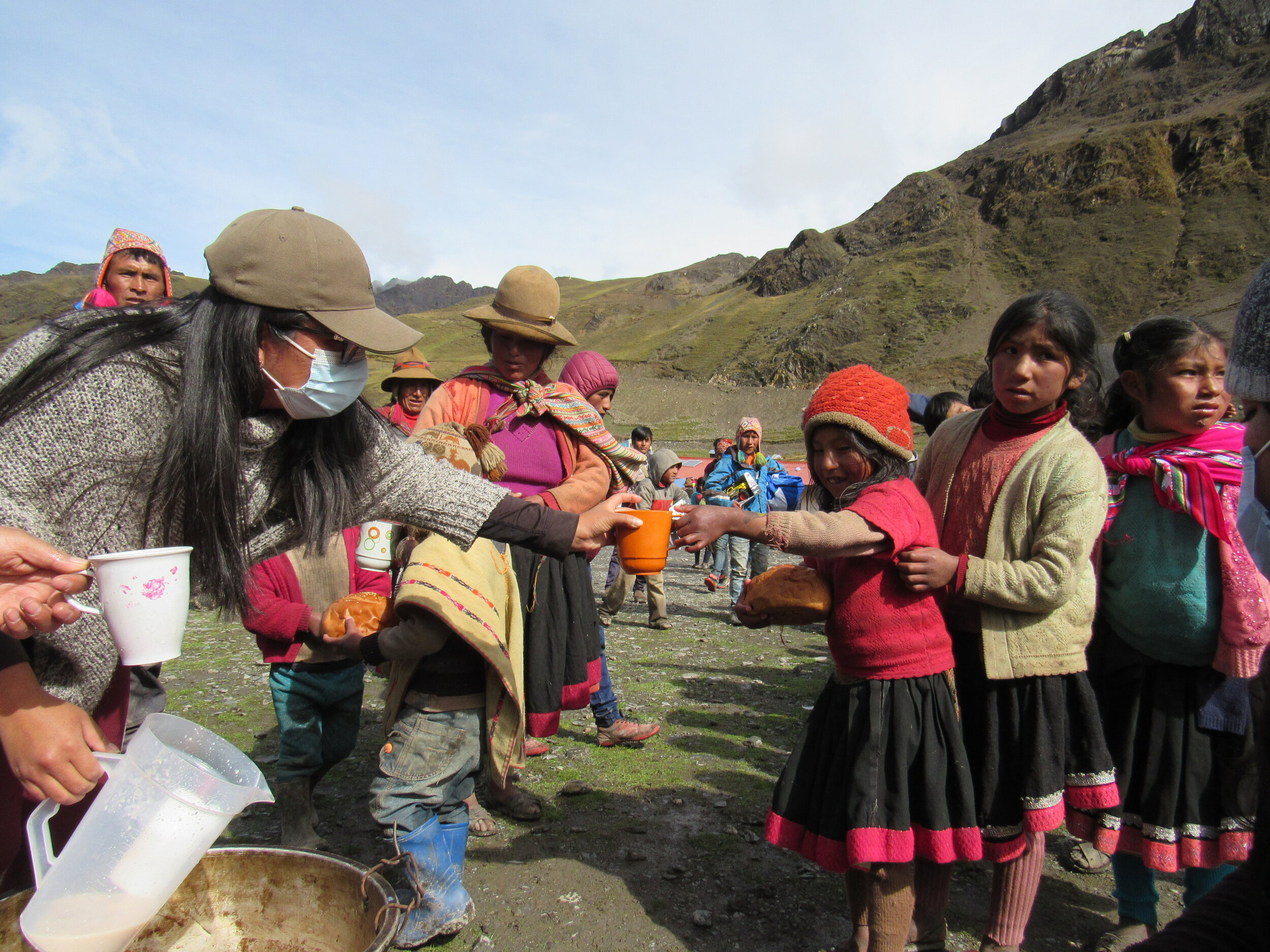
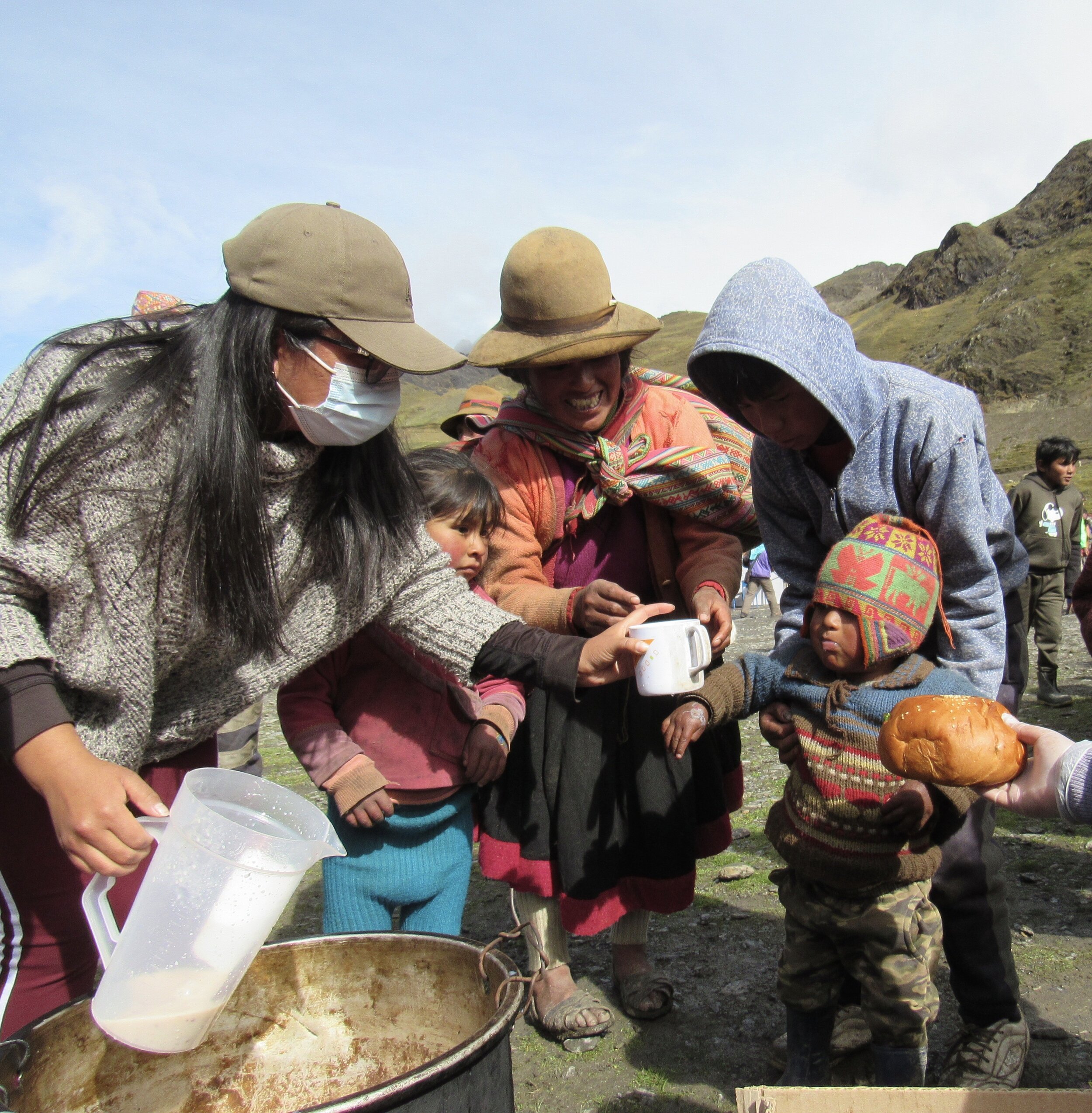
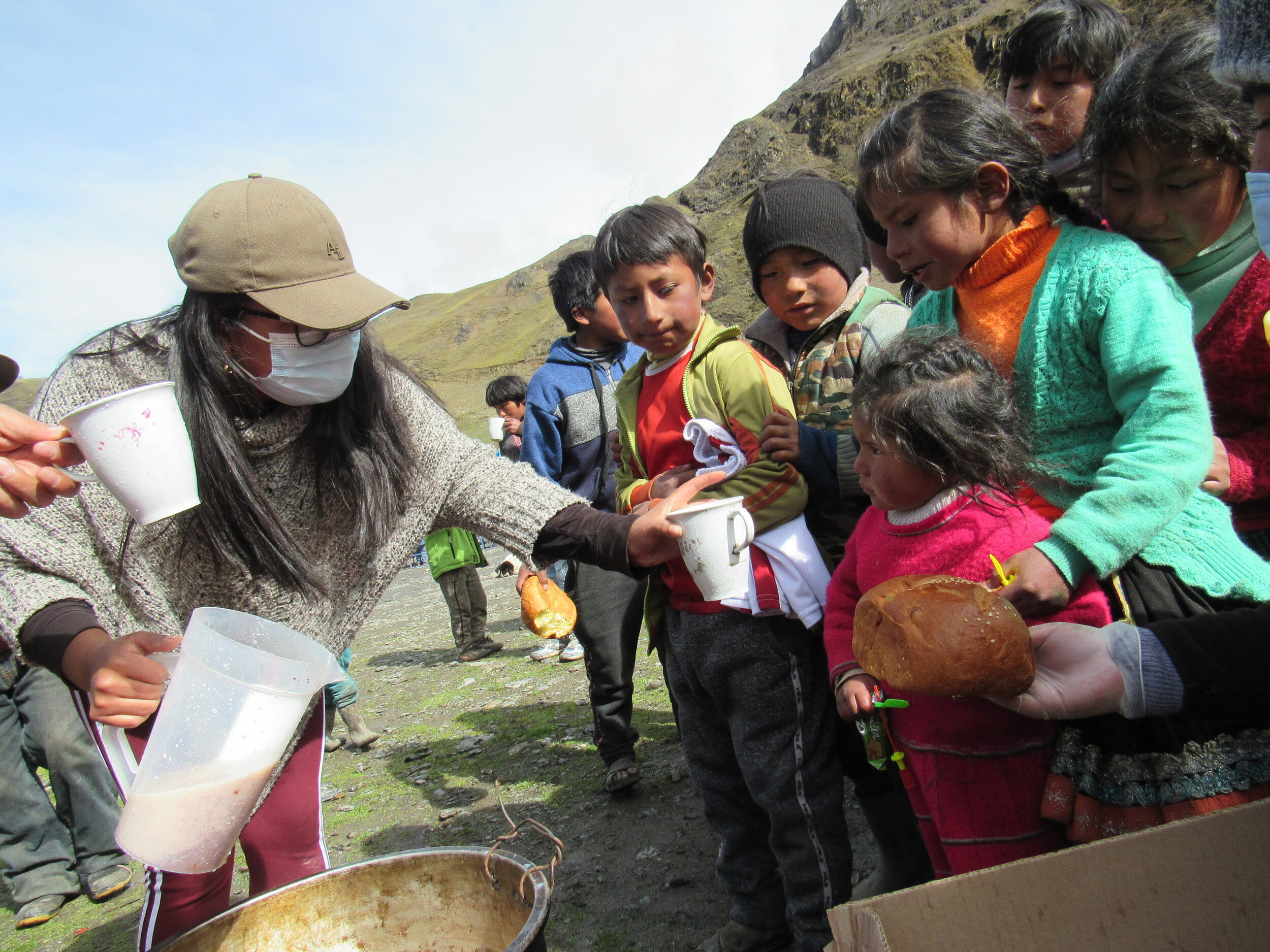
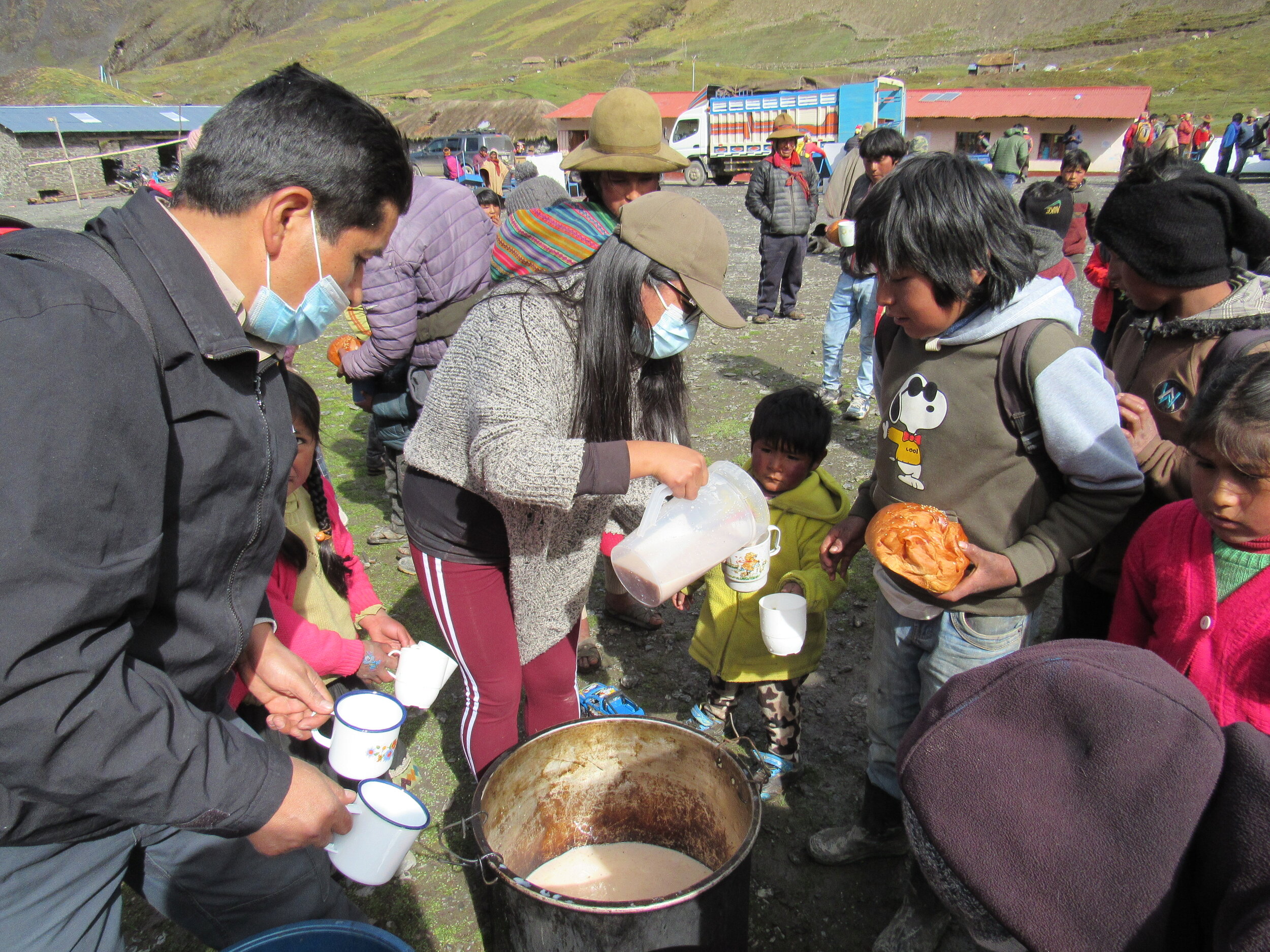
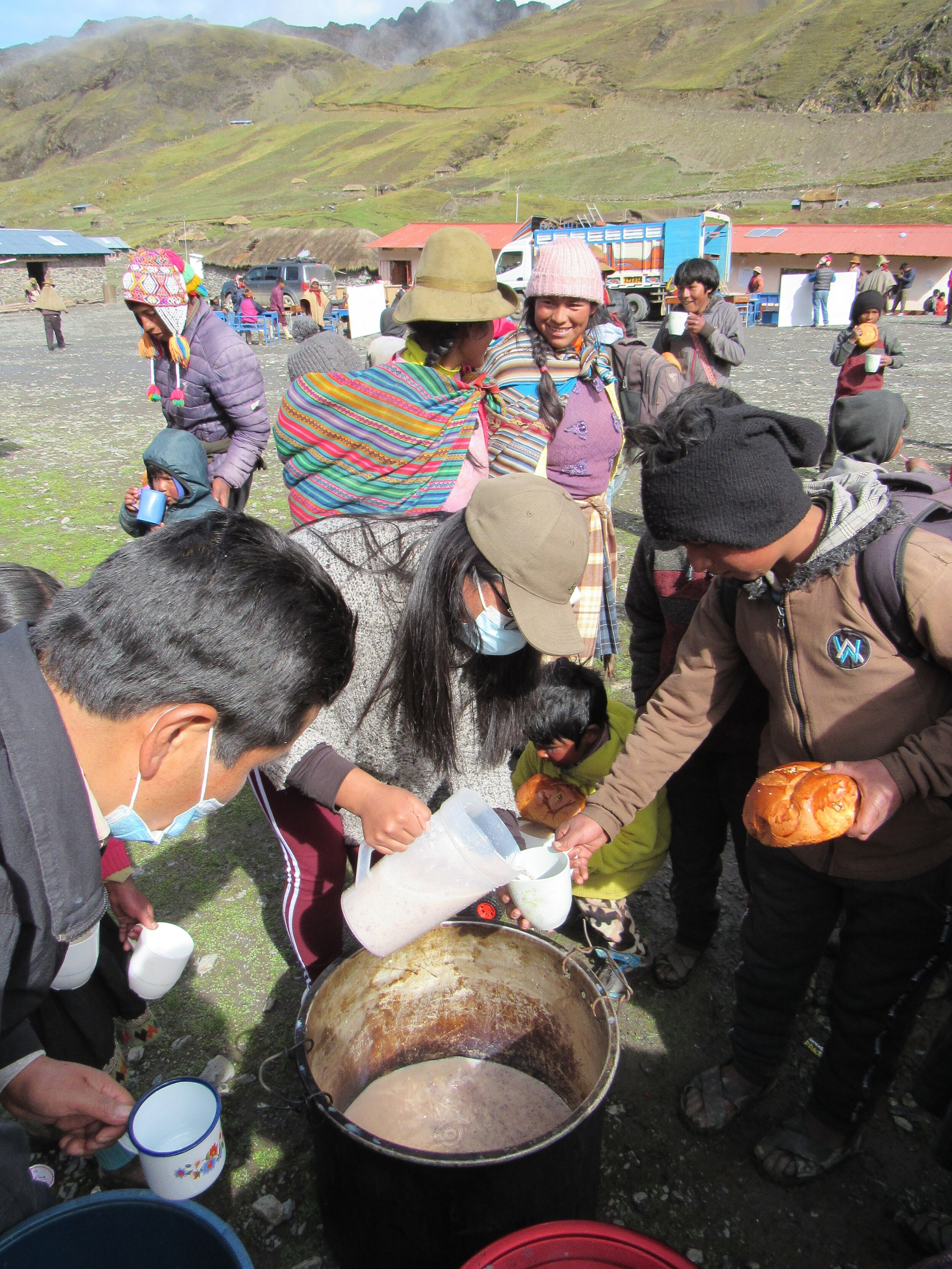
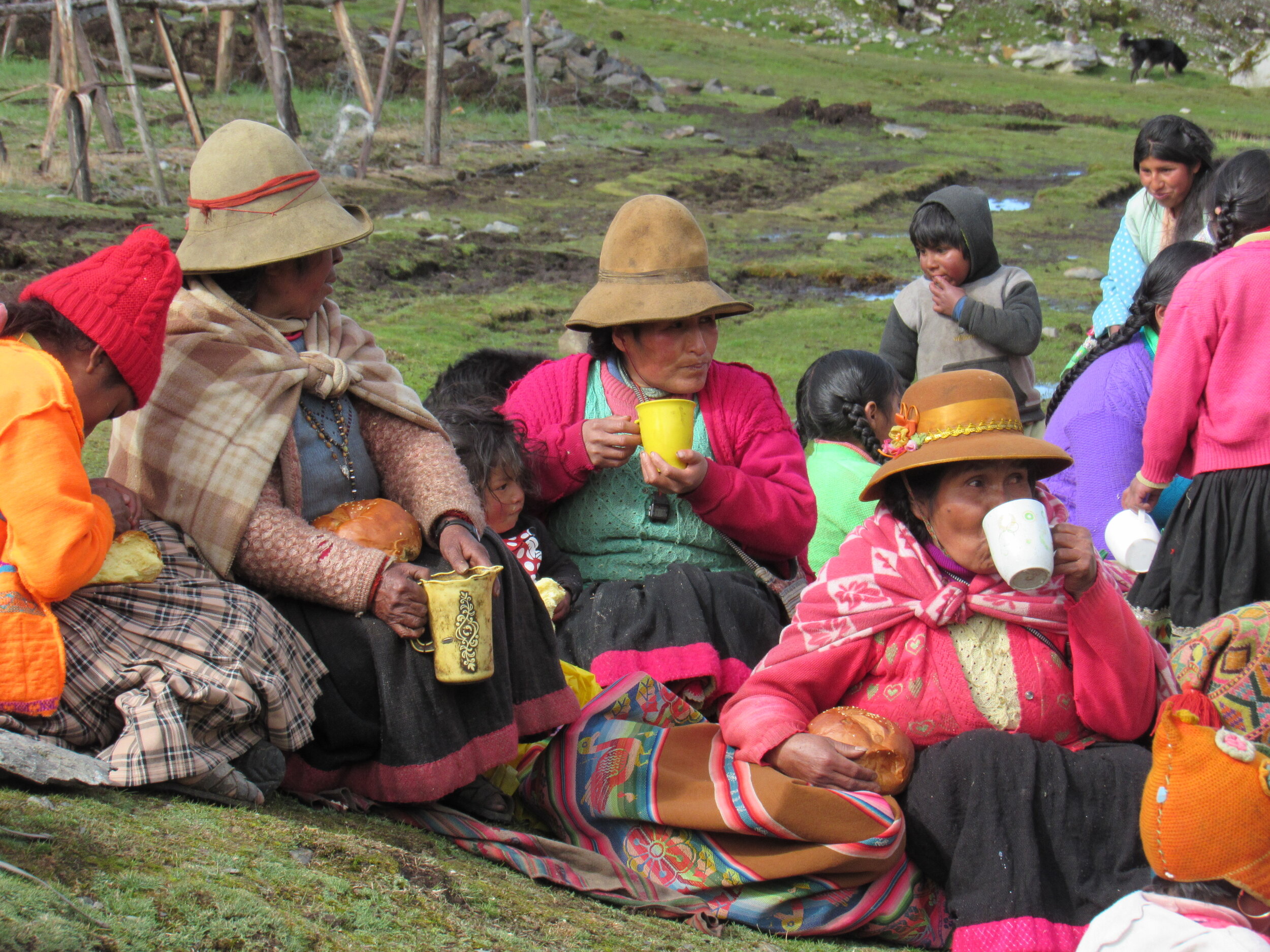
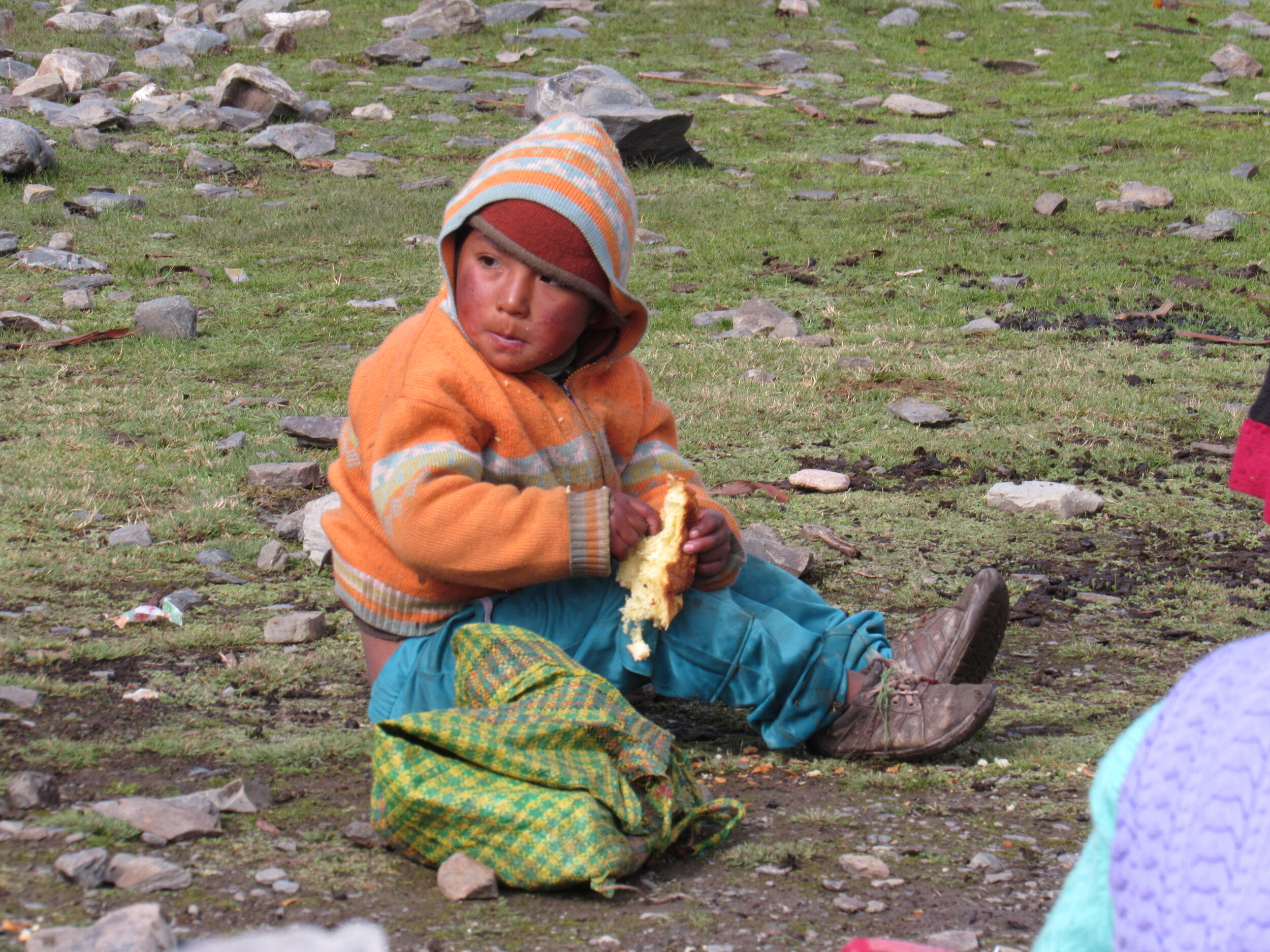

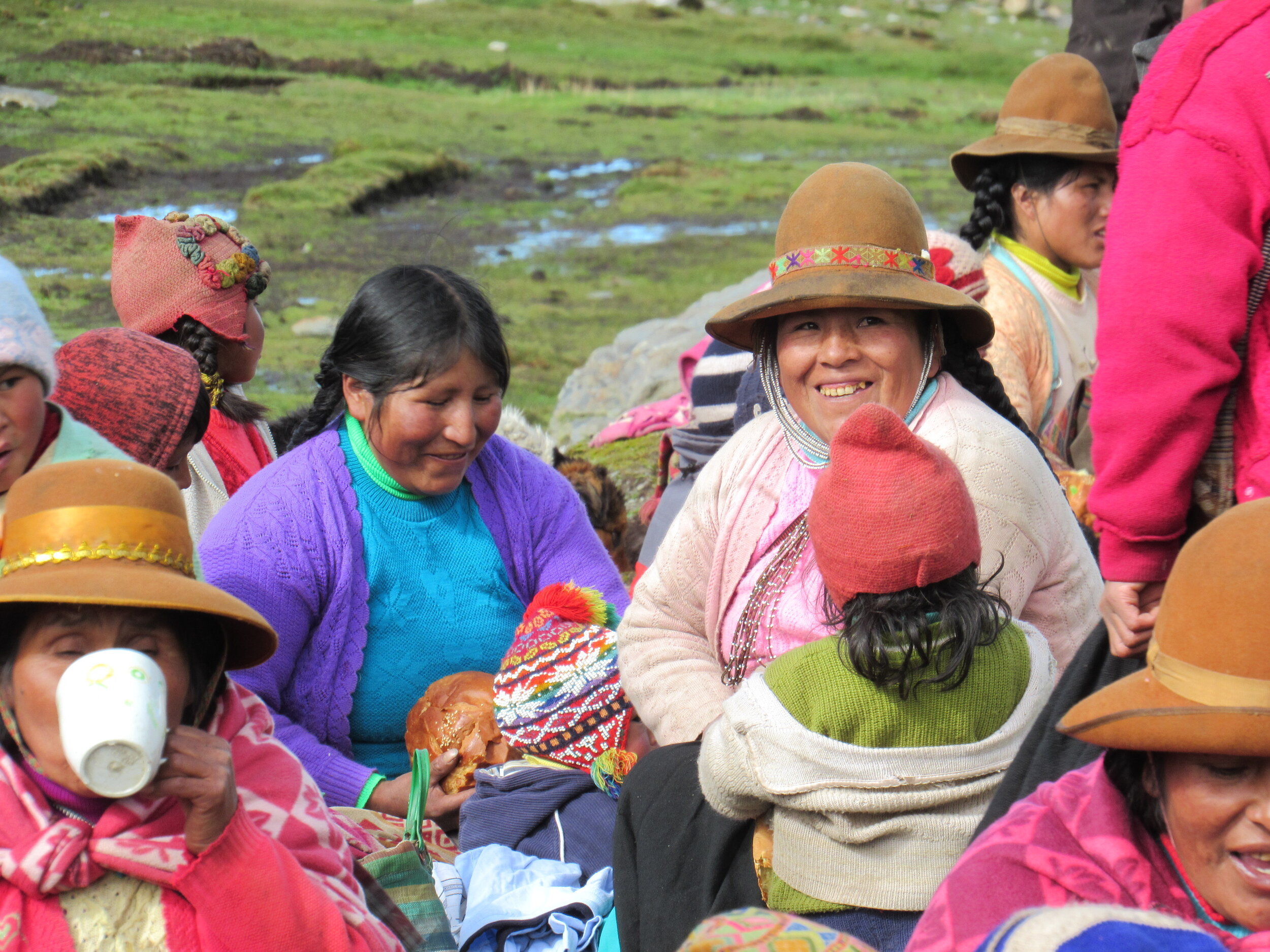

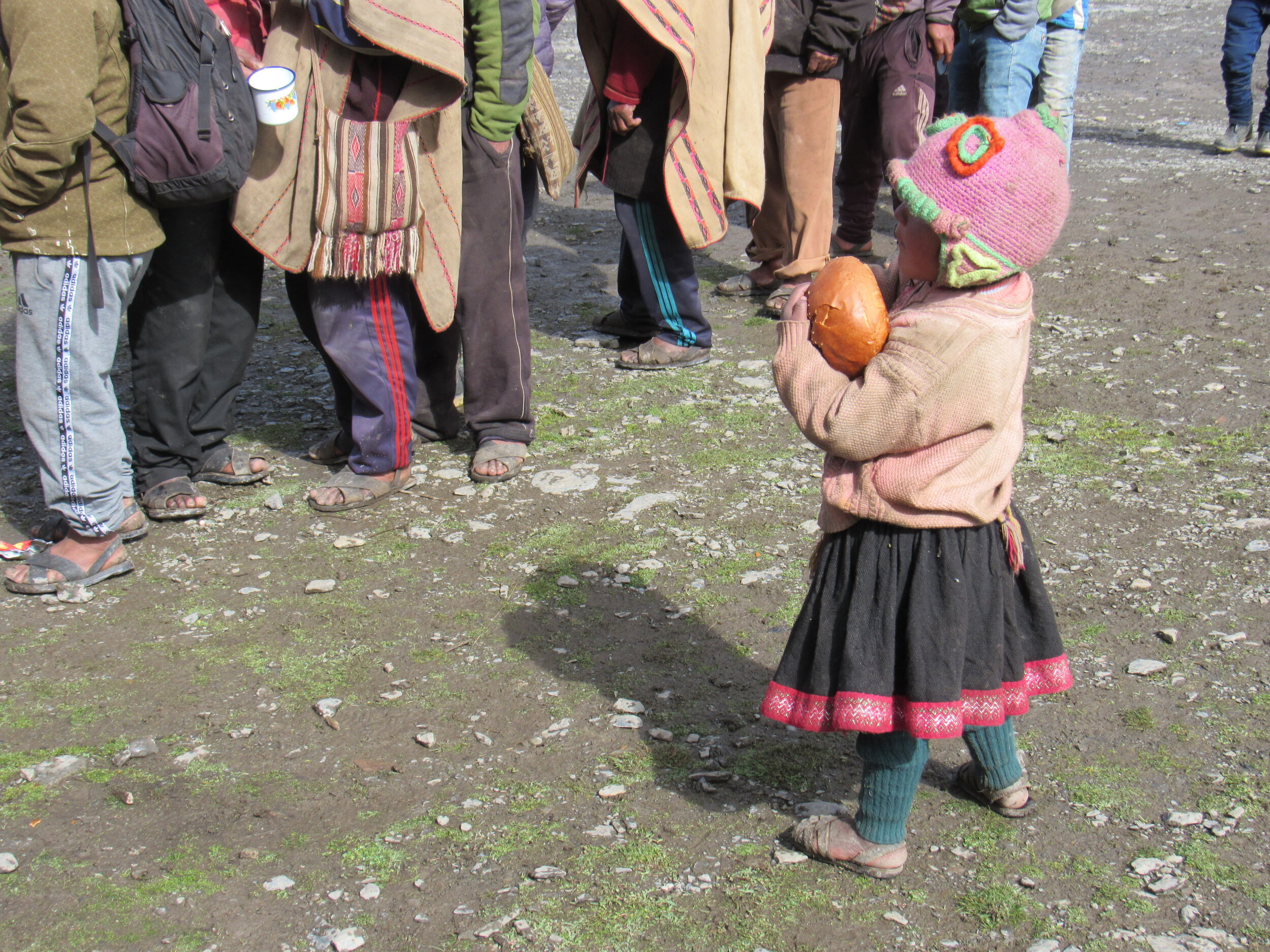
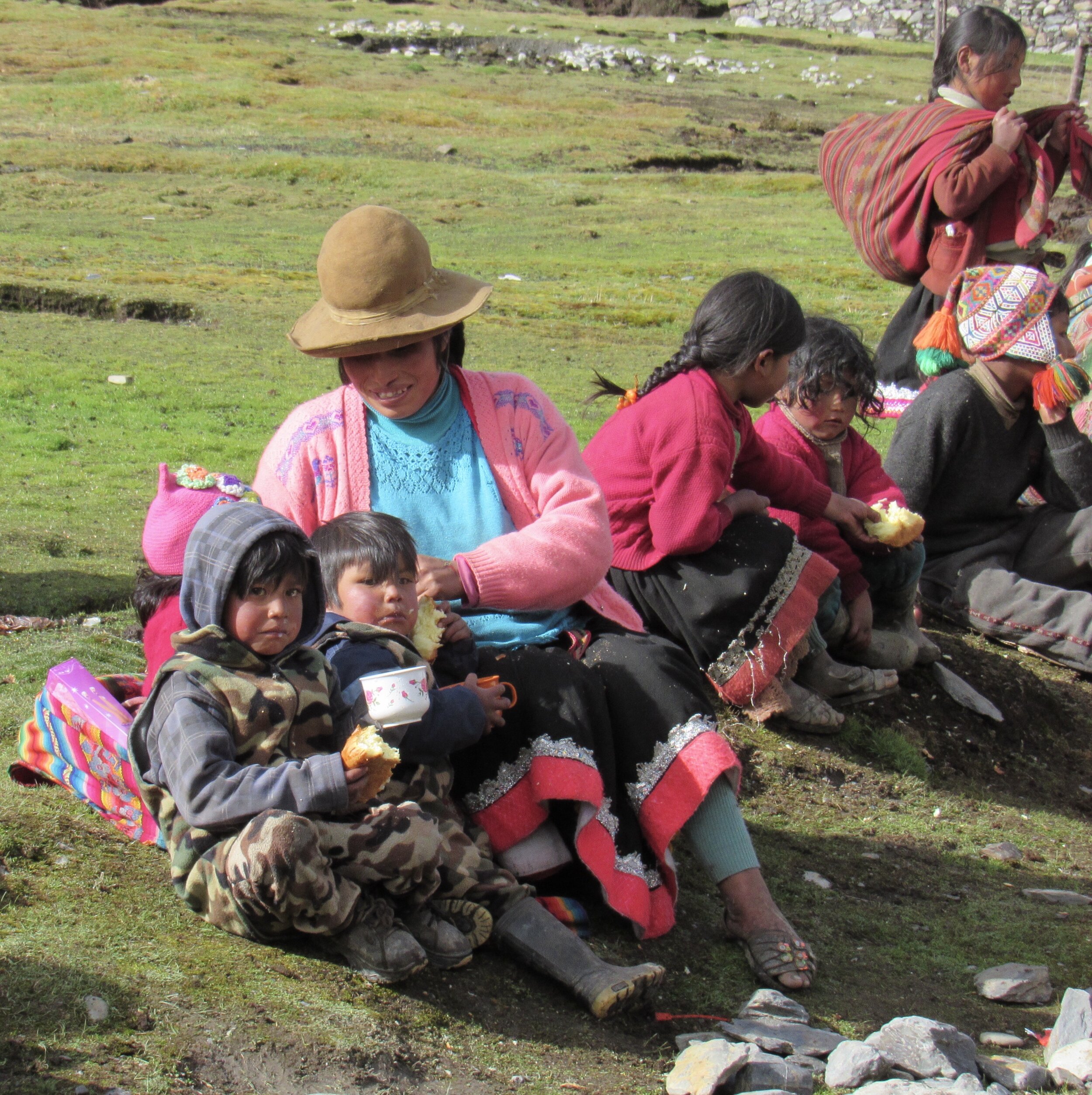
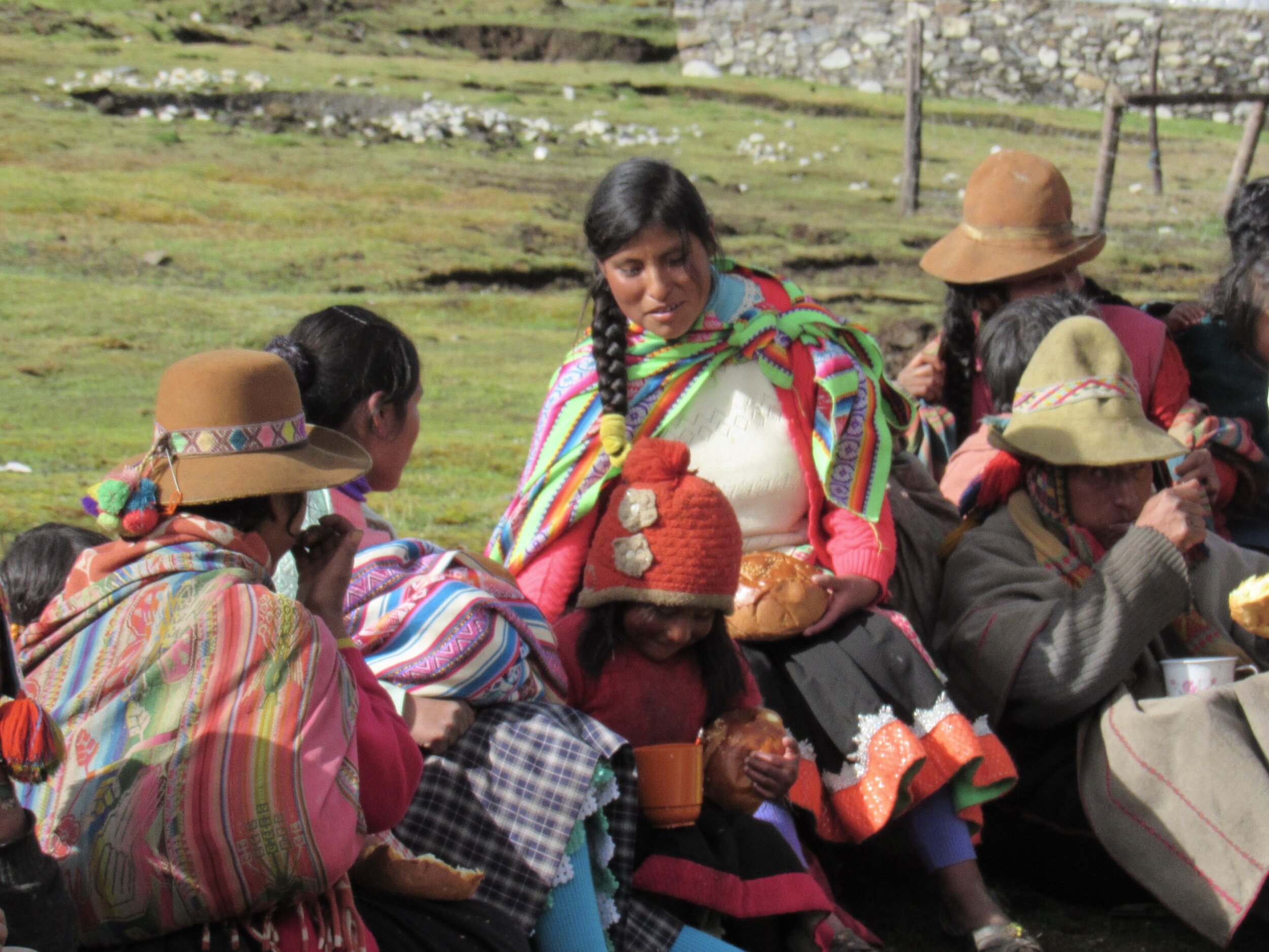
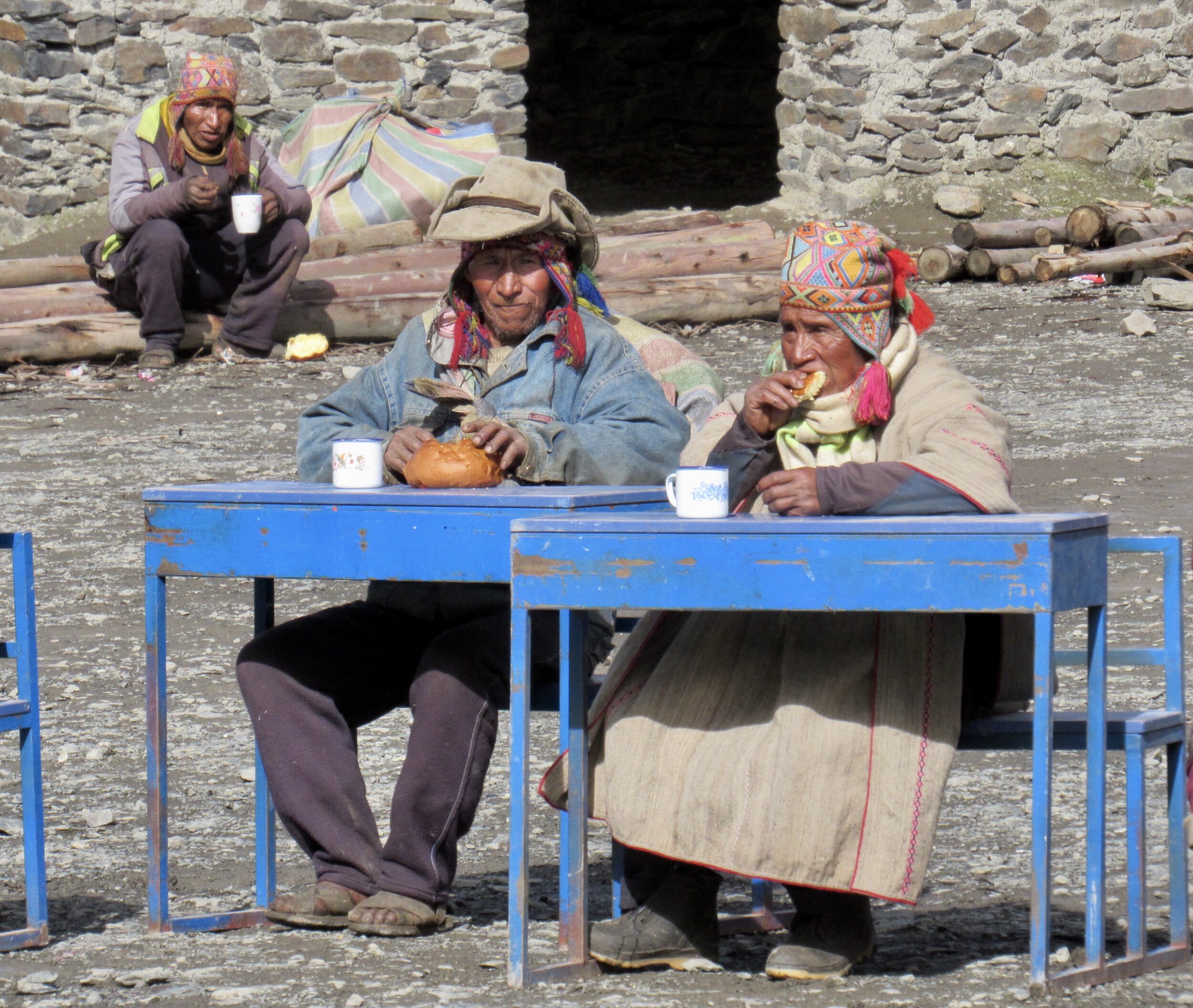
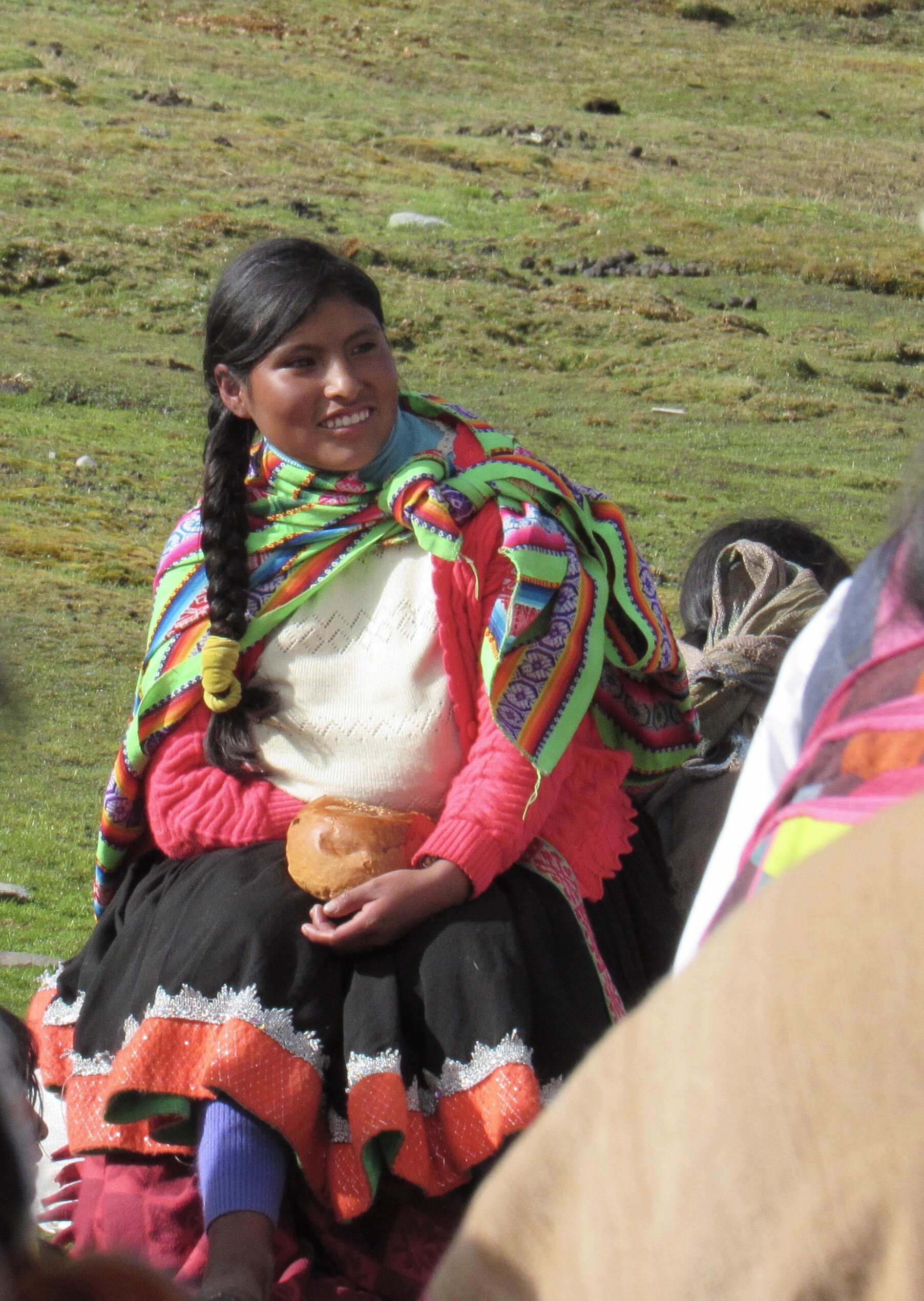
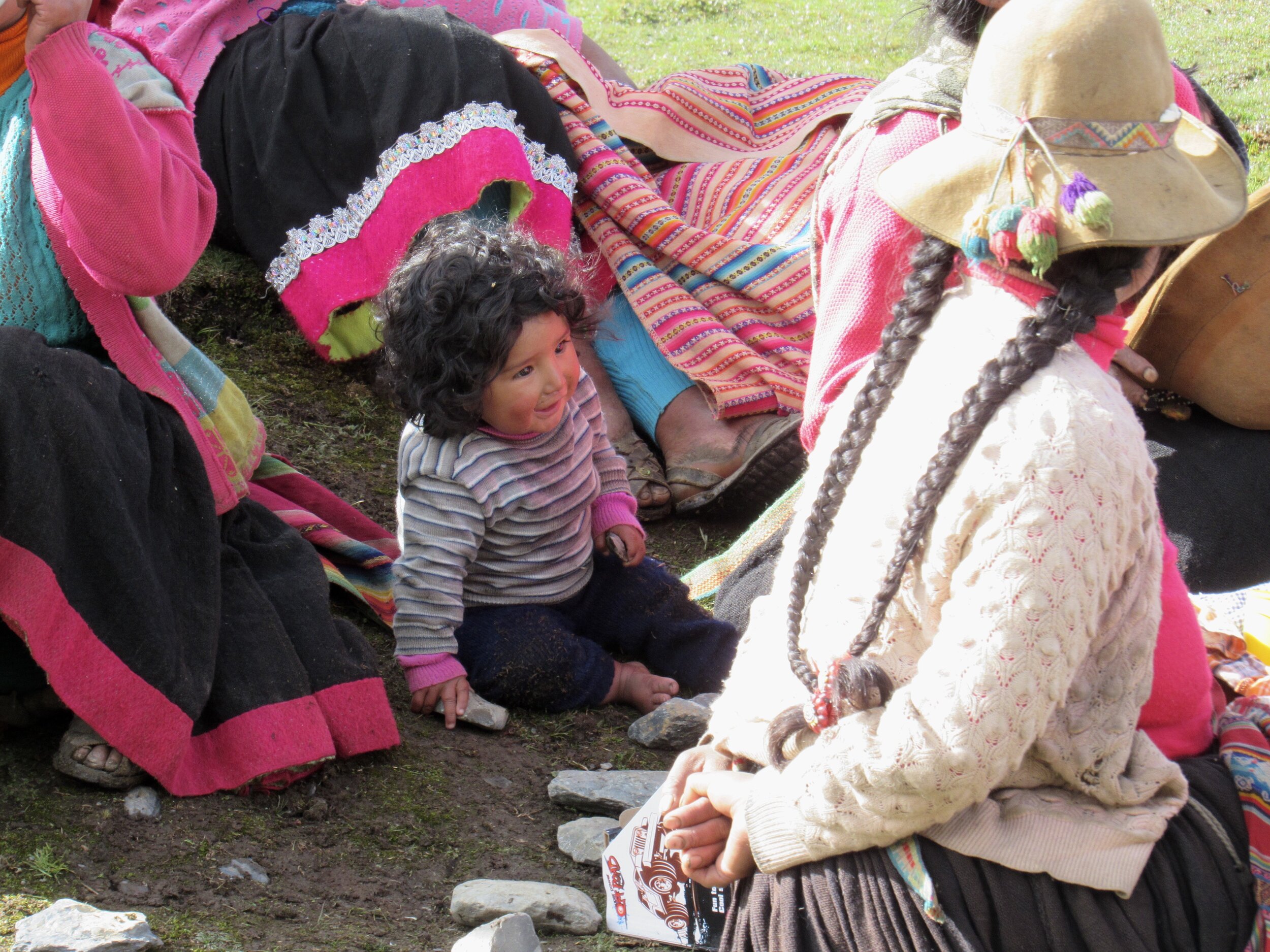
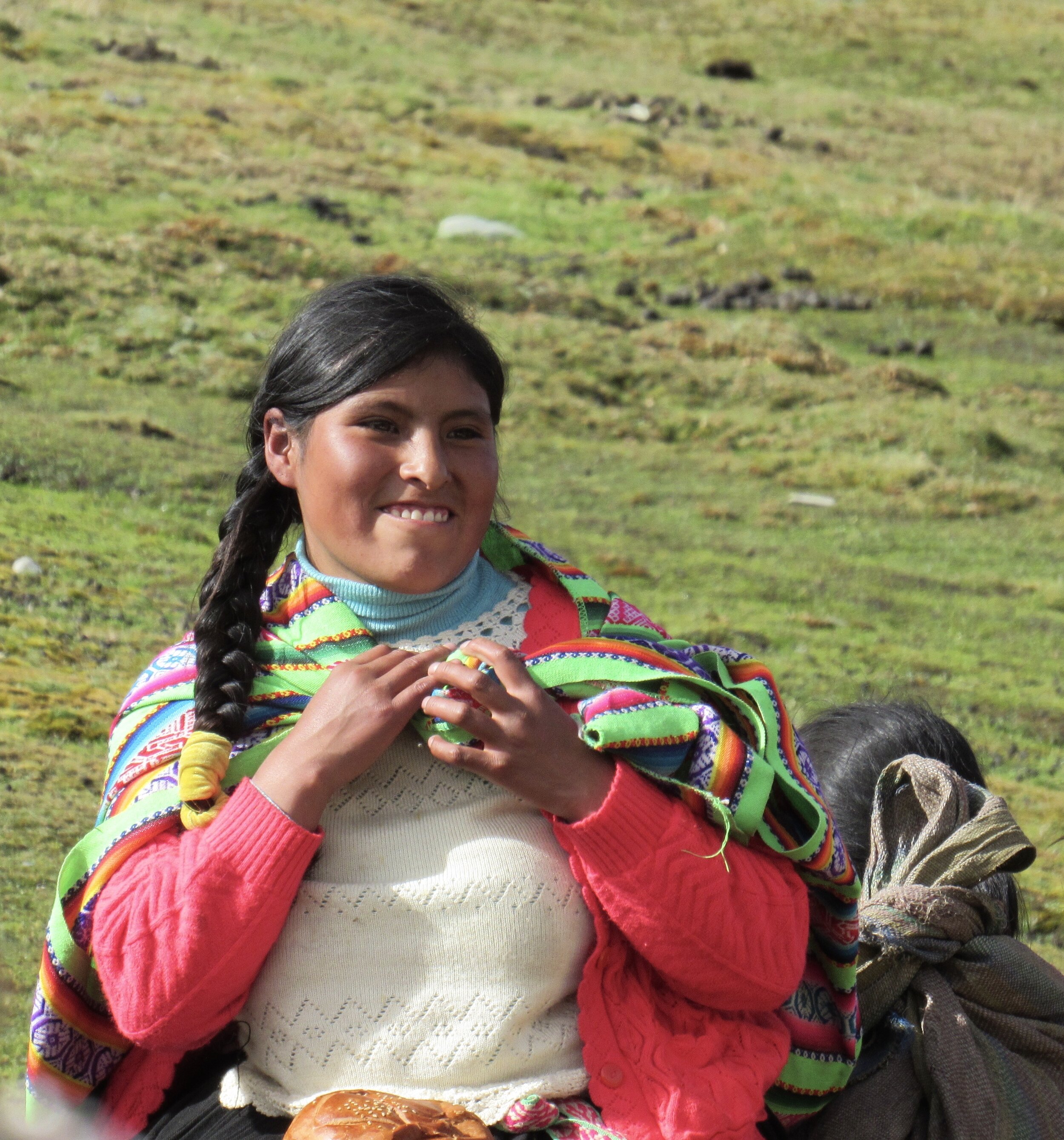
There are no cases of Covid in the area, so the worst they could catch from each other would be the sort of cold that people passed around before the pandemic. Coming from Cusco, we are always very aware that we are the greatest danger they have faced since the pandemic began. We keep our masks on and I make sure that anybody handing out panettone is wearing gloves. Considering that we are outside, as long as we keep our masks on, the risk of one of us spreading Covid to them is very low, even if we are infected and asymptomatic.
After everybody had hot chocolate and panettone, the community president called out names from a list of heads of household while we distributed 4 kilos of rice, 2 kilos of sugar, 1 kilo of salt, 2 bags of oatmeal, 2 oranges and an extra panettone to each person. In theory, one adult representative from each family is supposed to receive the donations. In practice, many elderly people who live alone are not able to walk to the village and somebody has to stay out in the mountains, watching the alpaca. Often, children watch alpaca, but since we were giving out children’s clothes, and since hot chocolate is so popular with children, many parents sent the kids to the village and stayed to watch their alpaca. Several men came through the line four or five times and we teased them about how many families they had, although we knew that they were going to be taking the food to families that were unable to send an adult to the village. Also, there were many elderly people who had come to the chocolatada, but who were unable to walk through the line carrying about 8 kilos of food. Young men came through the line, then took the food over to their elders. I assume that they also helped them carry the food home at the end of the day.
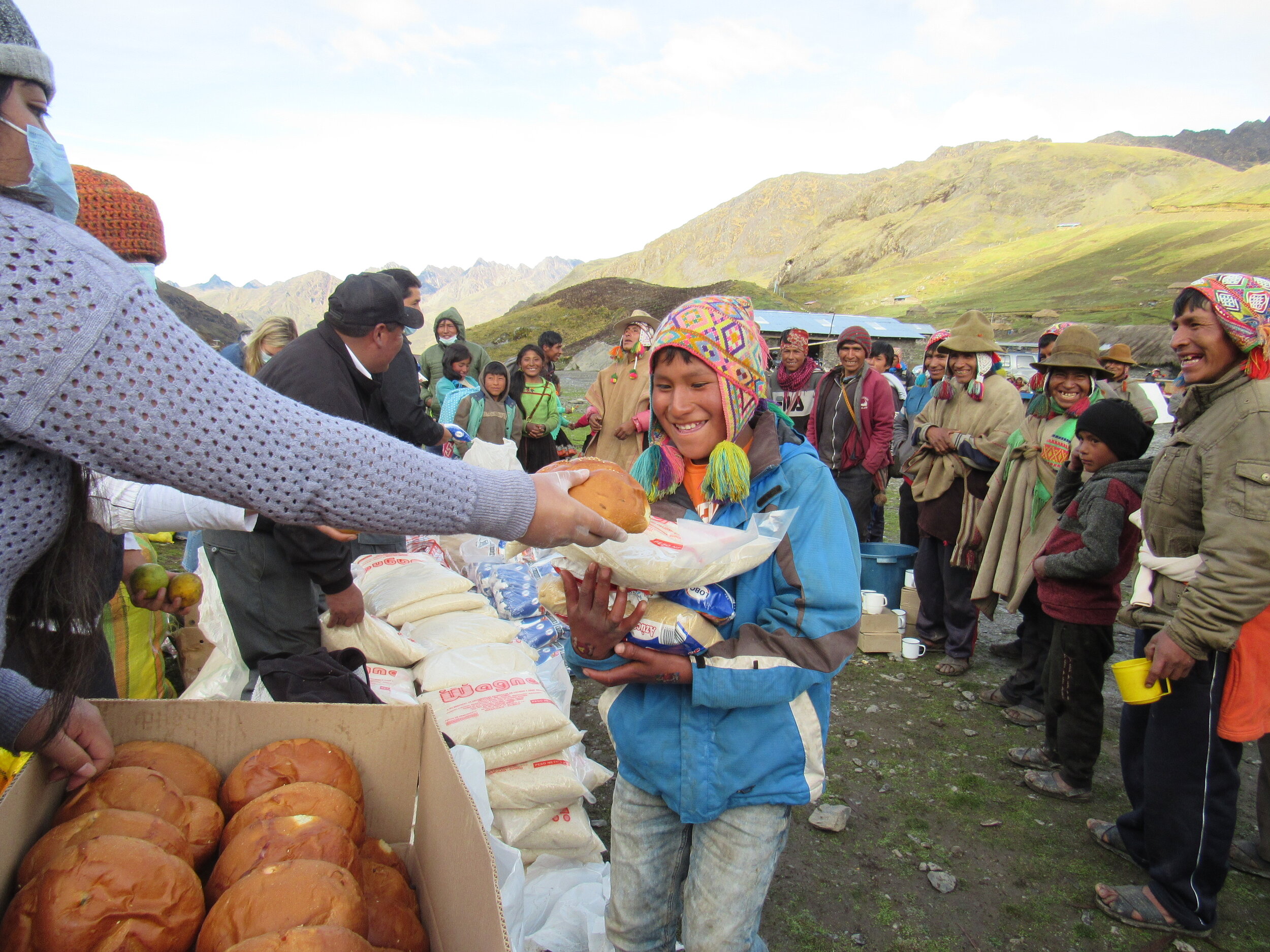
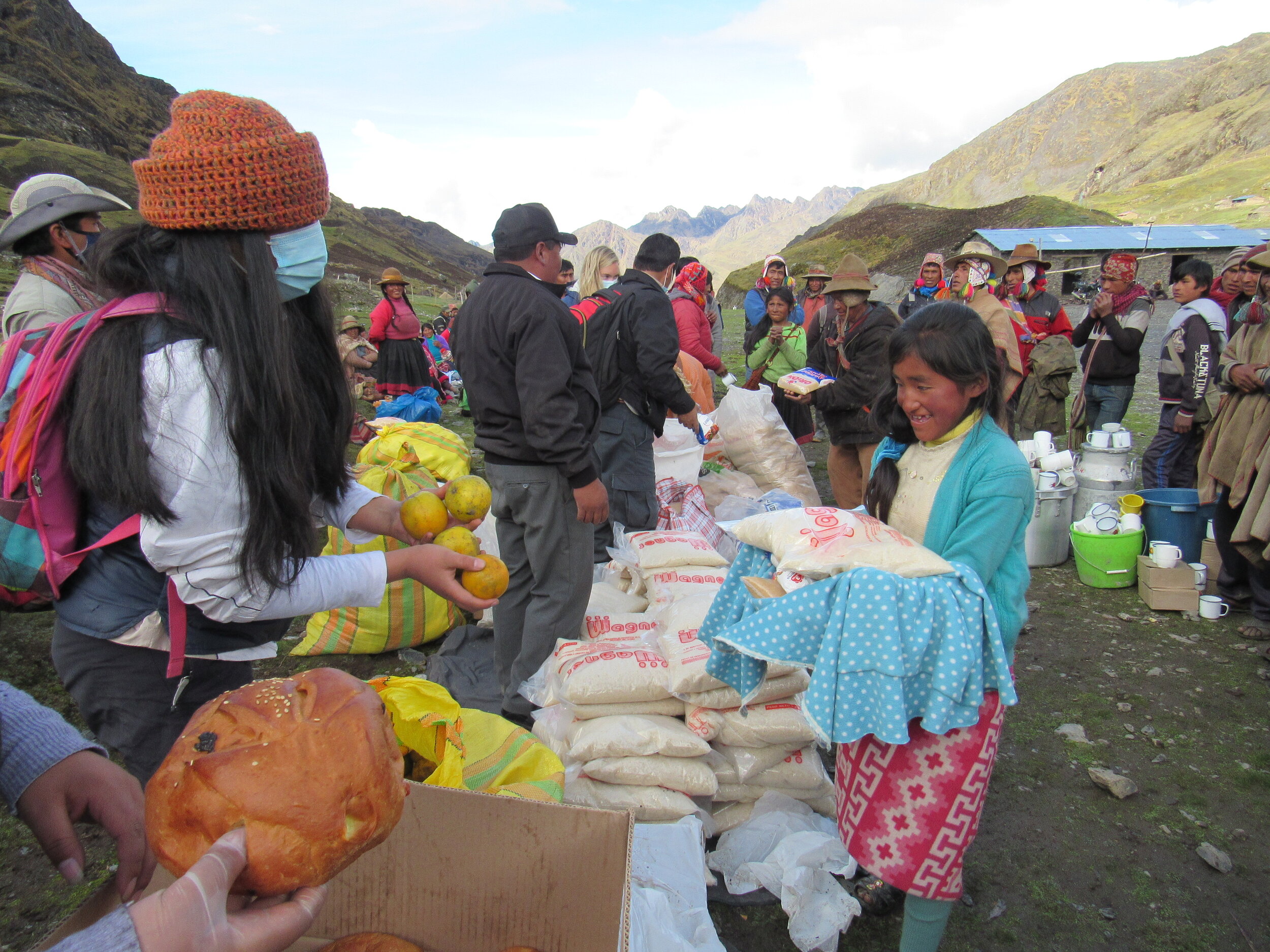
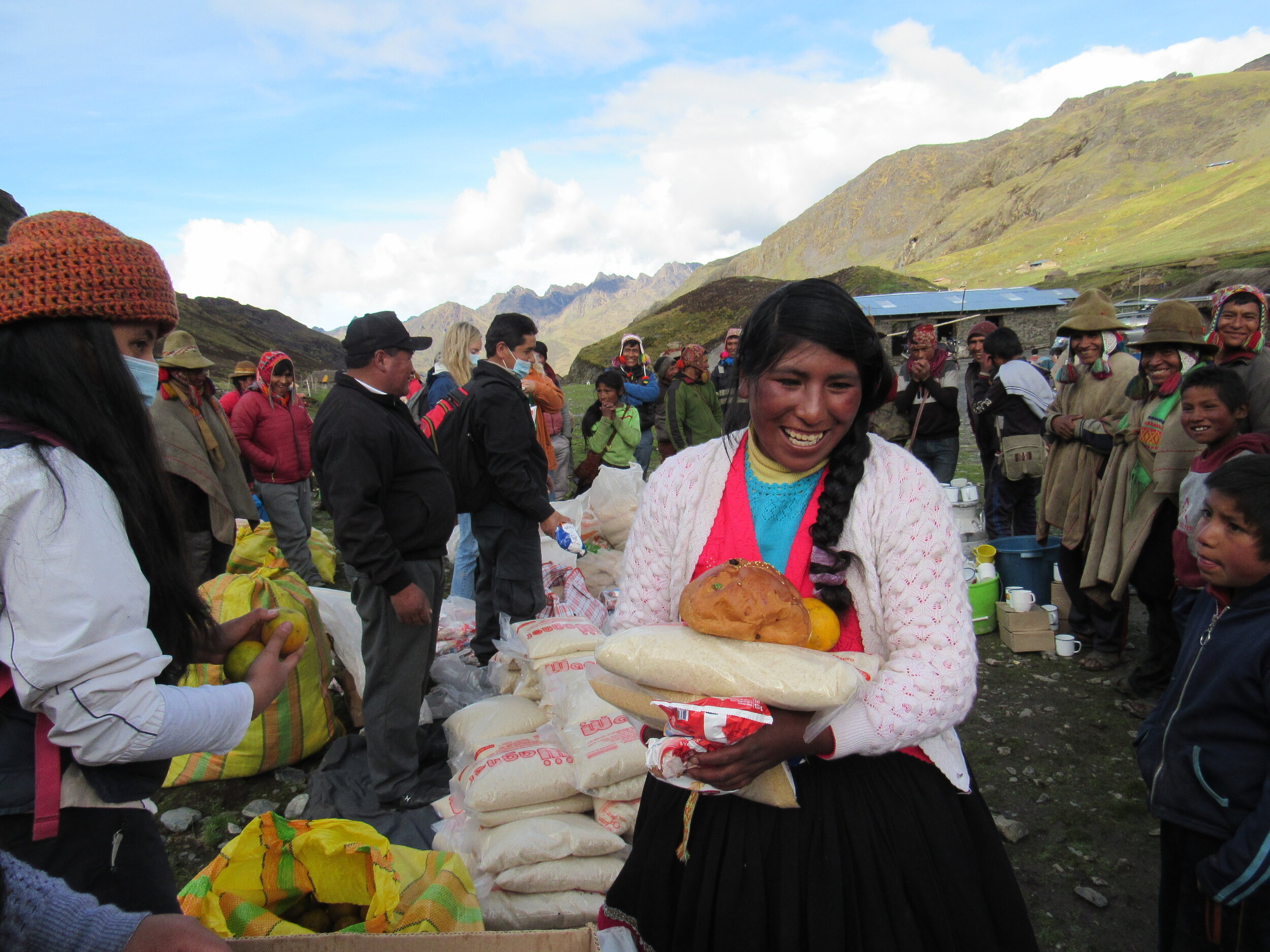
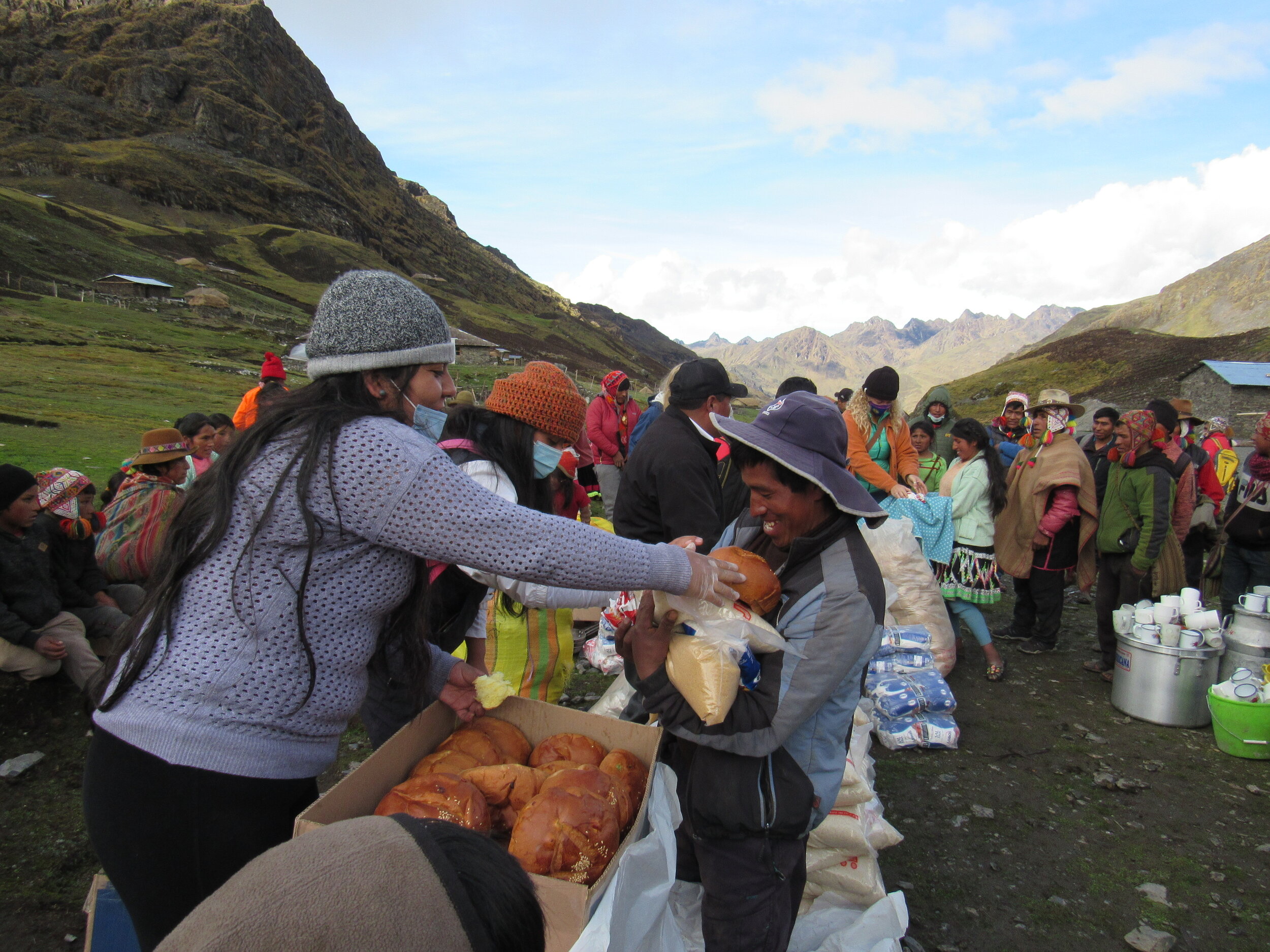
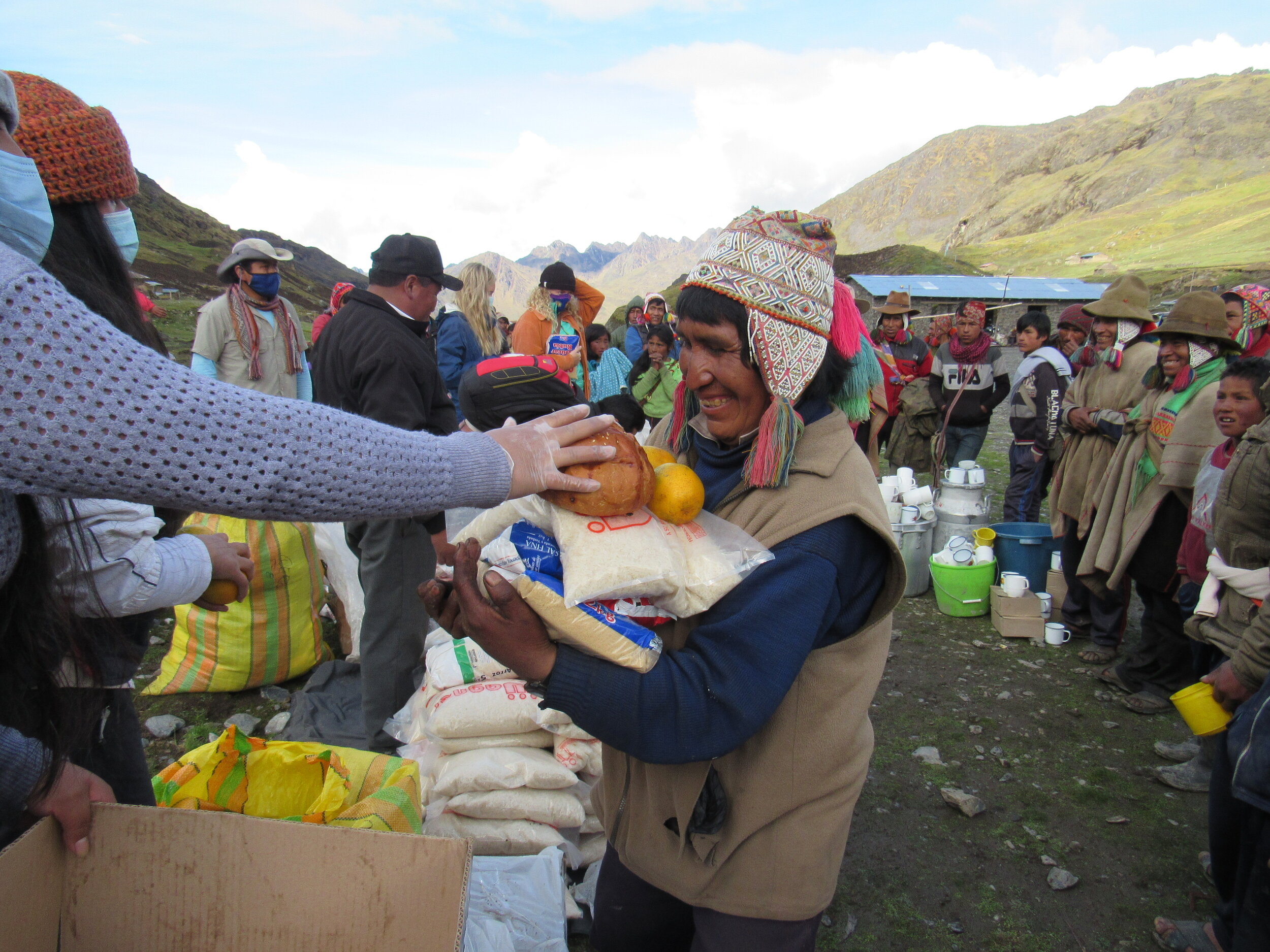
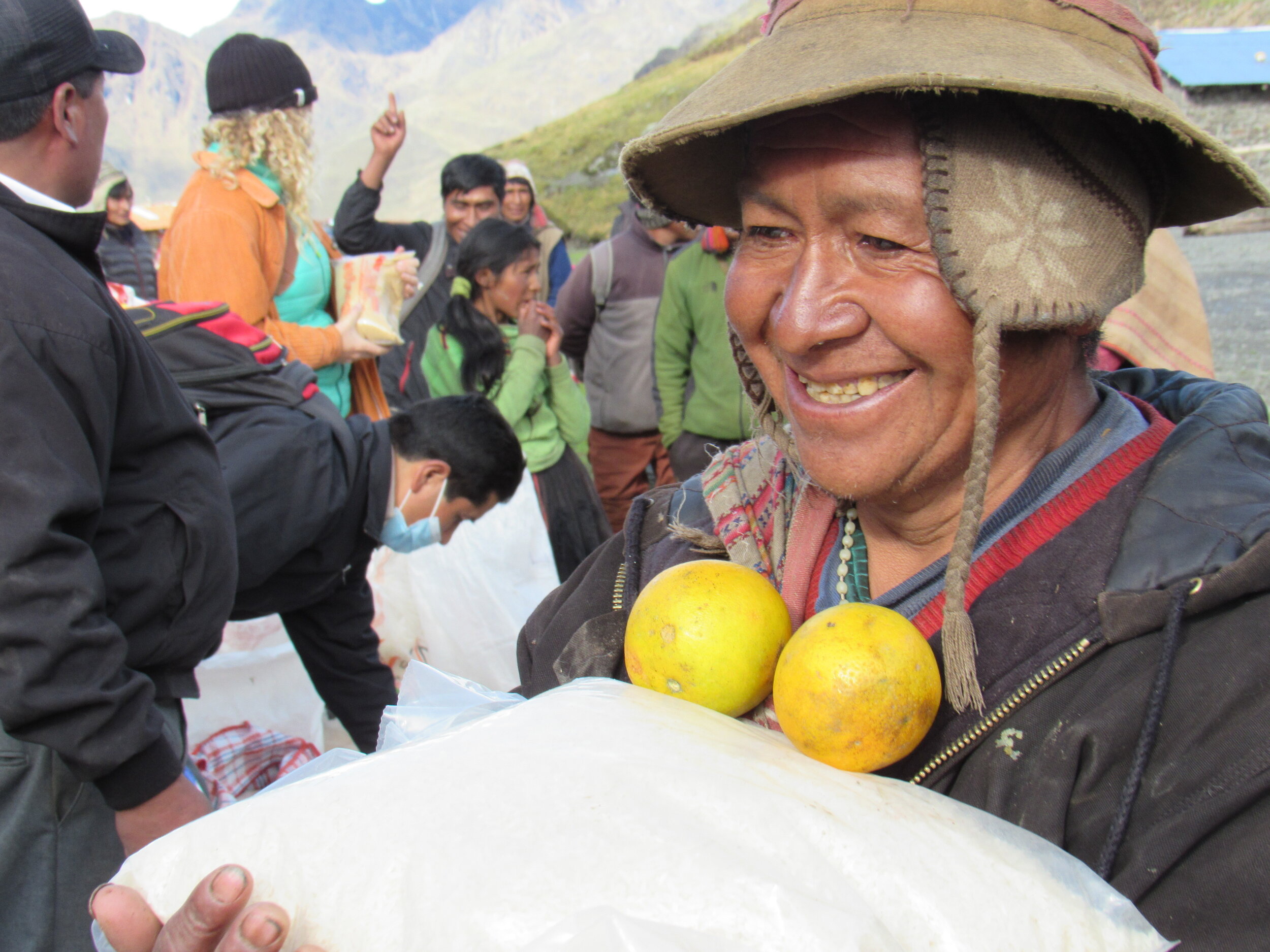

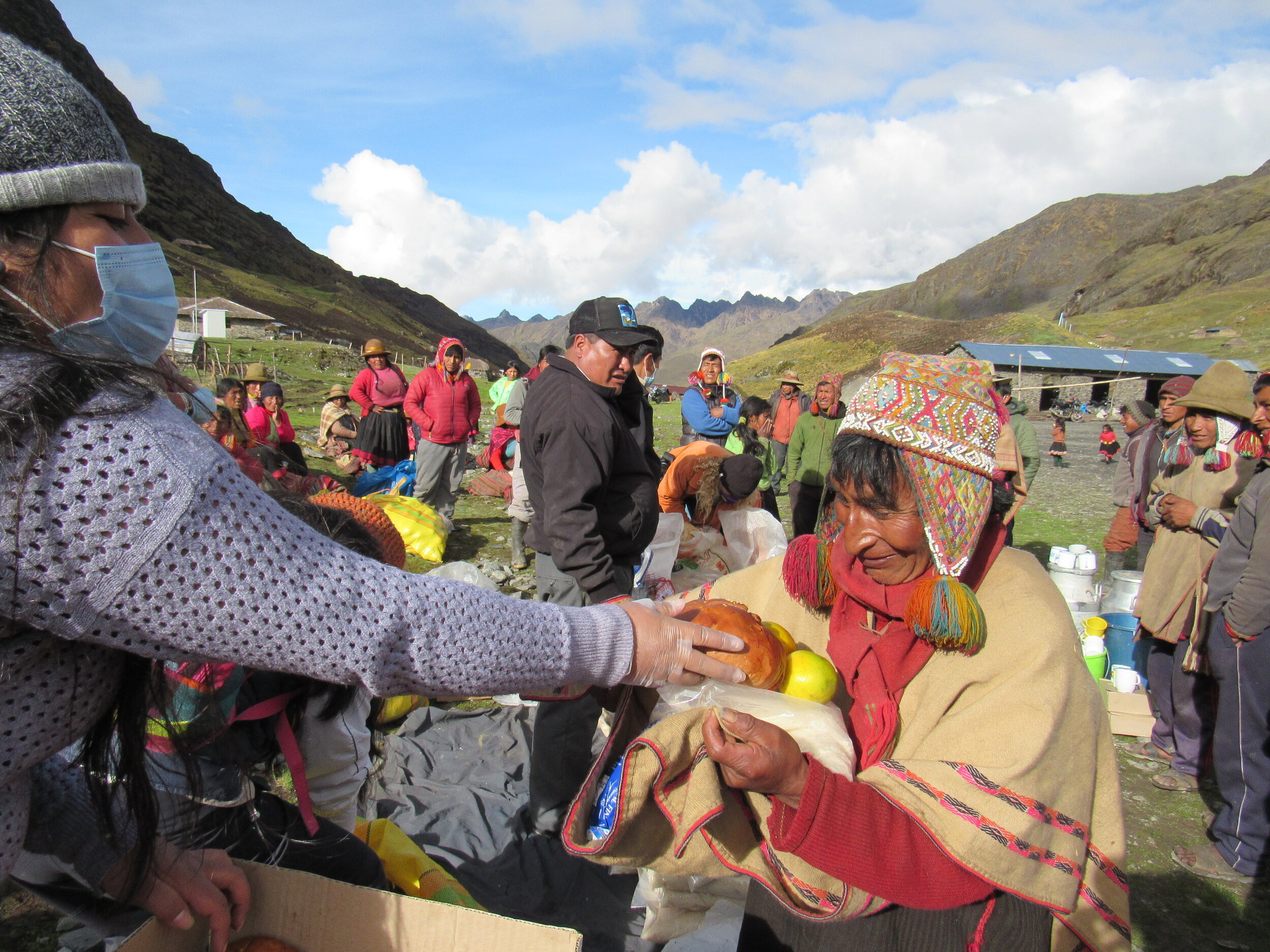
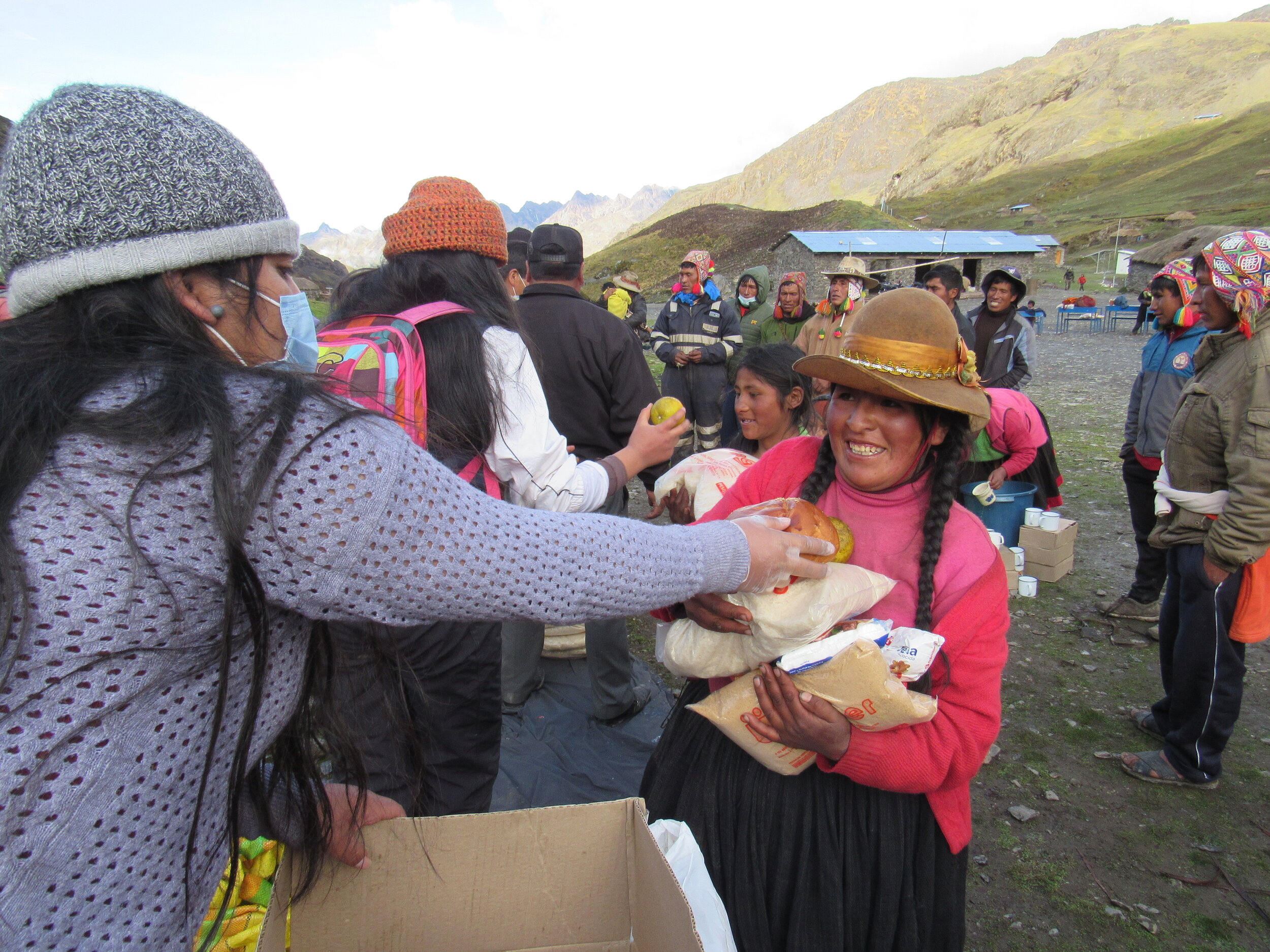
We are used to sitting around after we distribute the donations, sharing food or just chatting with the villagers. Unfortunately, it was already past 4:30 and we really had to hit the road. It’s about two hours on very rough dirt roads from Hatun Q’ero to Paucartambo. From Paucartambo to Cusco the road is paved, but it gets dark not long after 6:00 and those mountain roads are much more dangerous after dark. The dirt roads from Hatun Q’ero to Paucartambo do not have any guardrails when there is a big drop off, or where the road is particularly narrow. The drivers honk when we drive around a sharp corner, in case somebody is coming in the opposite direction that we can’t see, but that only warns people. More than once there were alpaca in the road, which are as unaware as a cow would be of what a car honking around the corner would mean. Thankfully, alpaca are quite skittish and afraid of anything loud, so they generally flee at the sound of a car, truck or motorcycle. Few people can afford a truck out in the mountains and cars really can’t handle those roads, but there are always a couple families who have a motorcycle for going to town. It’s very dangerous to drive a motorcycle on those roads after dark, but sometimes you just can’t get home in the daylight, no matter how hard you try.
It was after 10:00 when we got home, tired and hungry, but happy to have been able to help the families of Hatun Q’ero, despite the logistical difficulties. I do hope to be able to go back some day, perhaps spending the night in Paucartambo so there is less of a drive to the village. I would love to hear from the Q’ero how the pandemic is affecting them and how they are experiencing the effects of climate change.
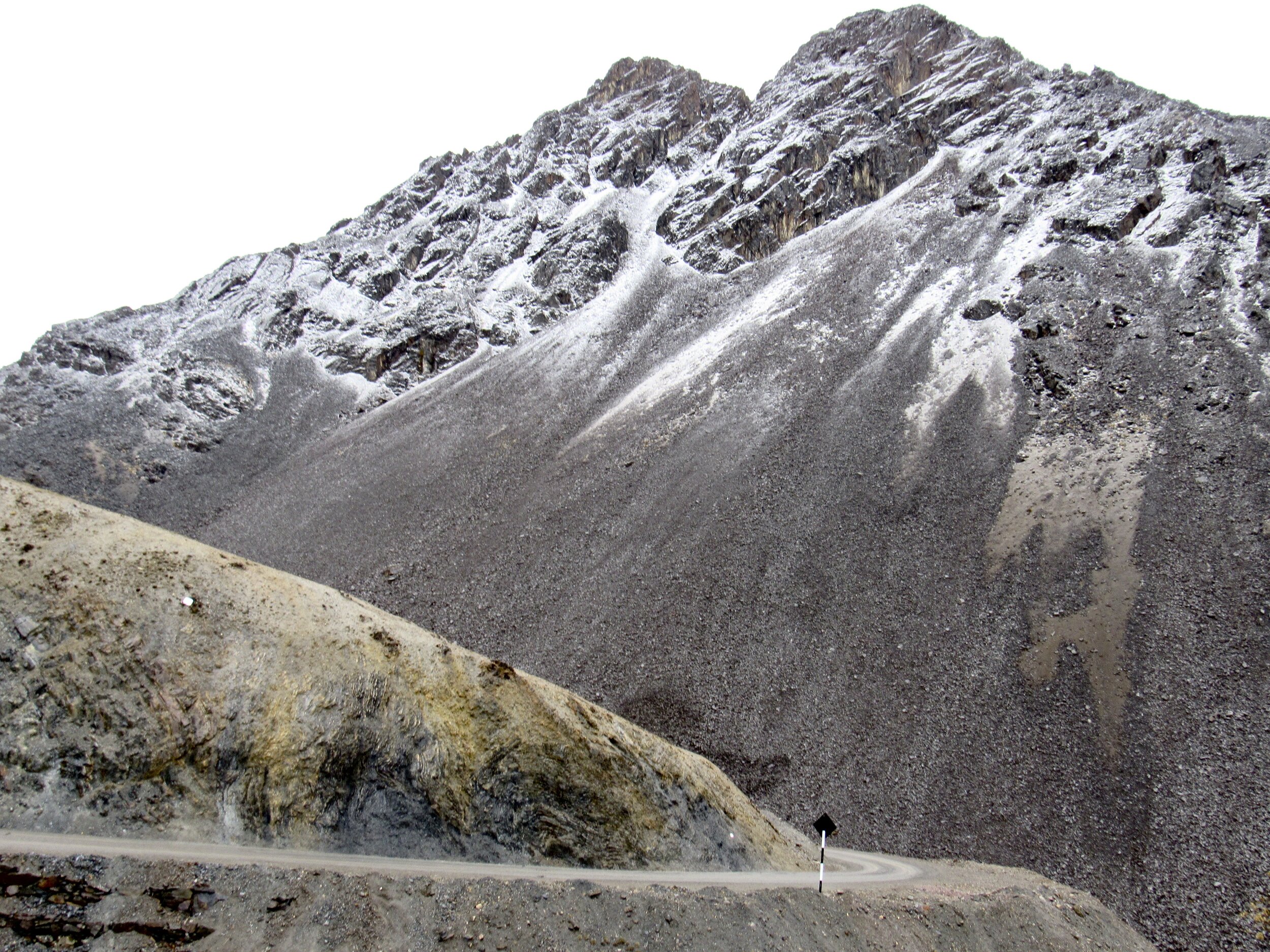
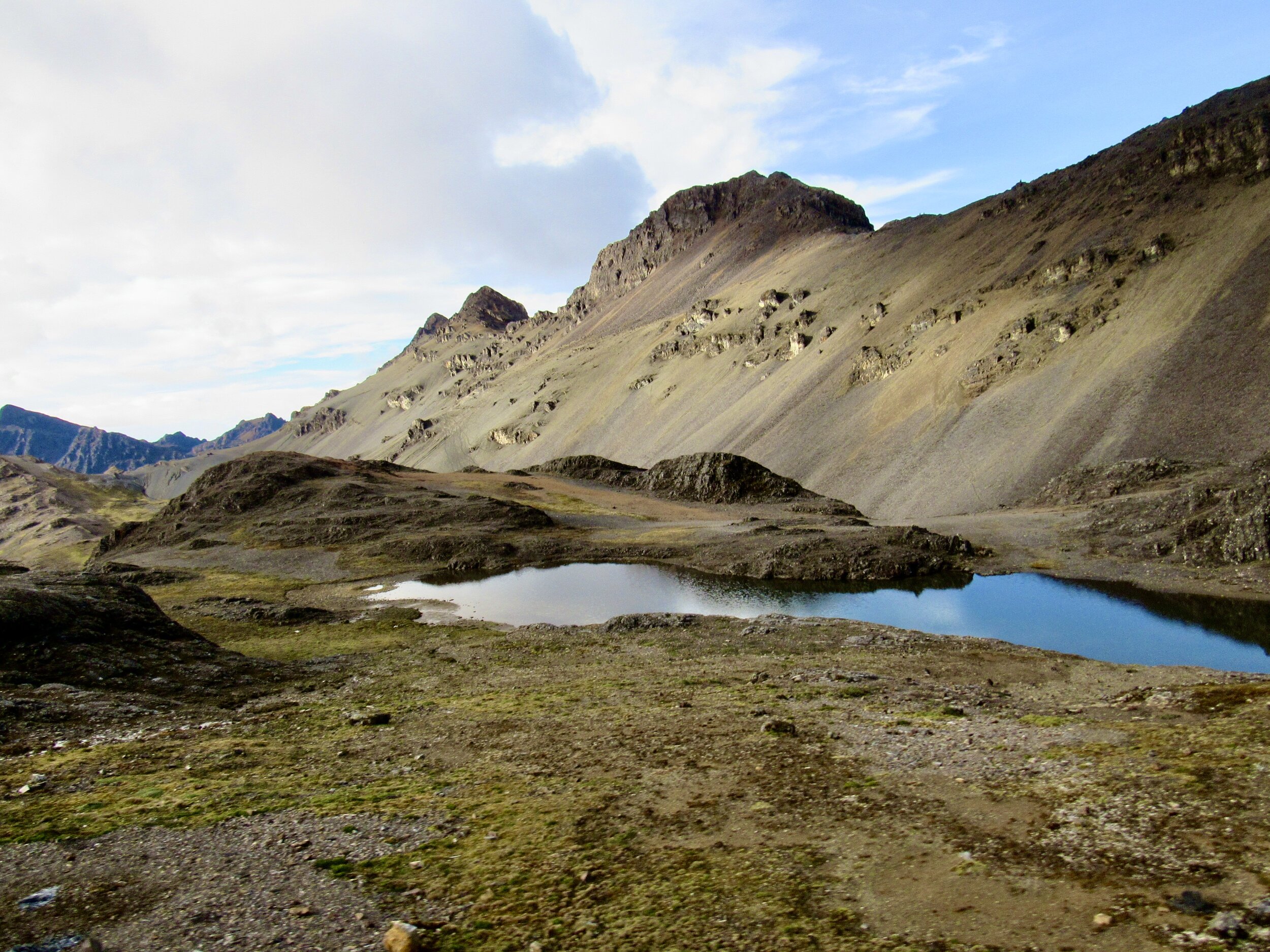
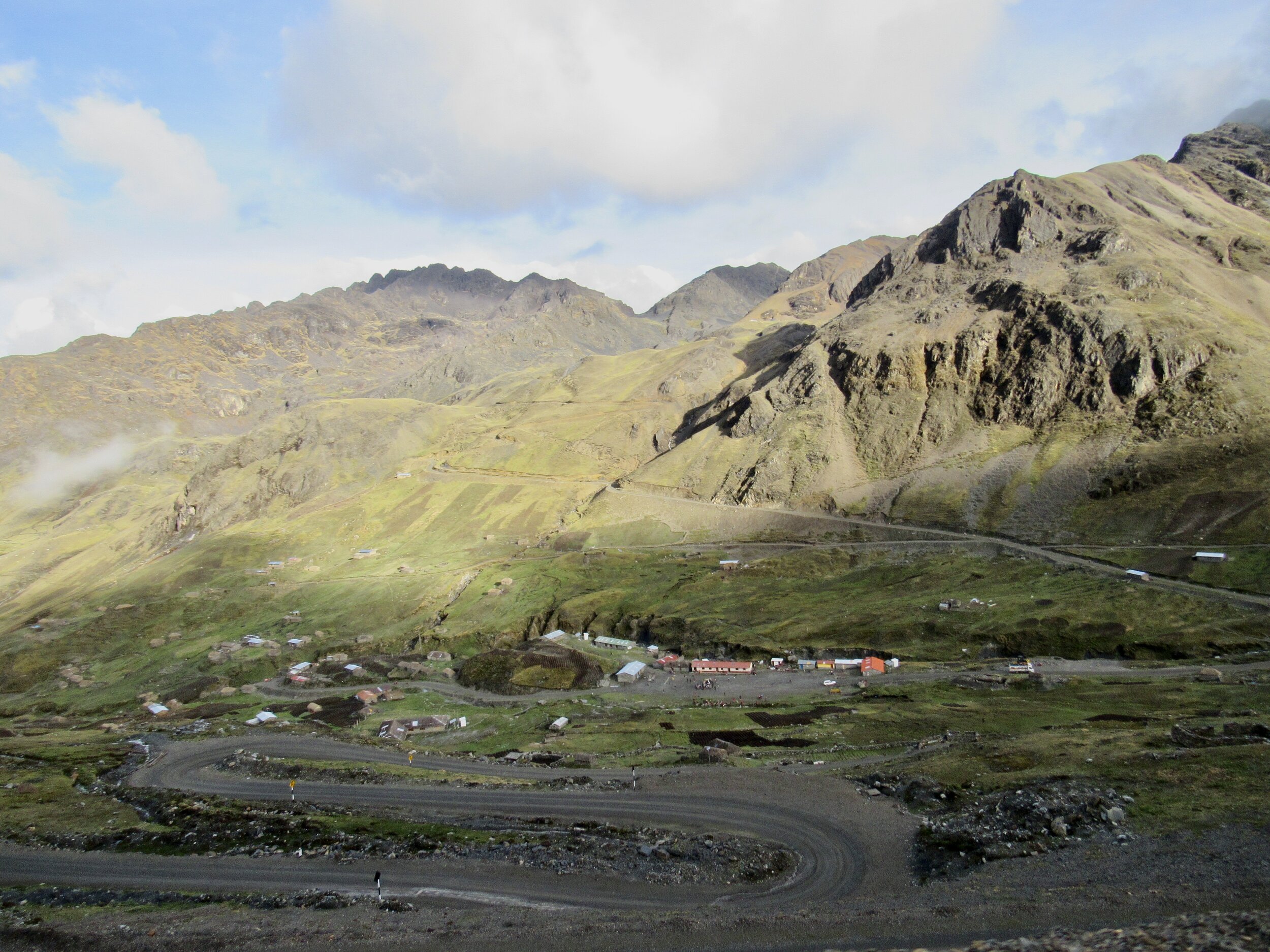
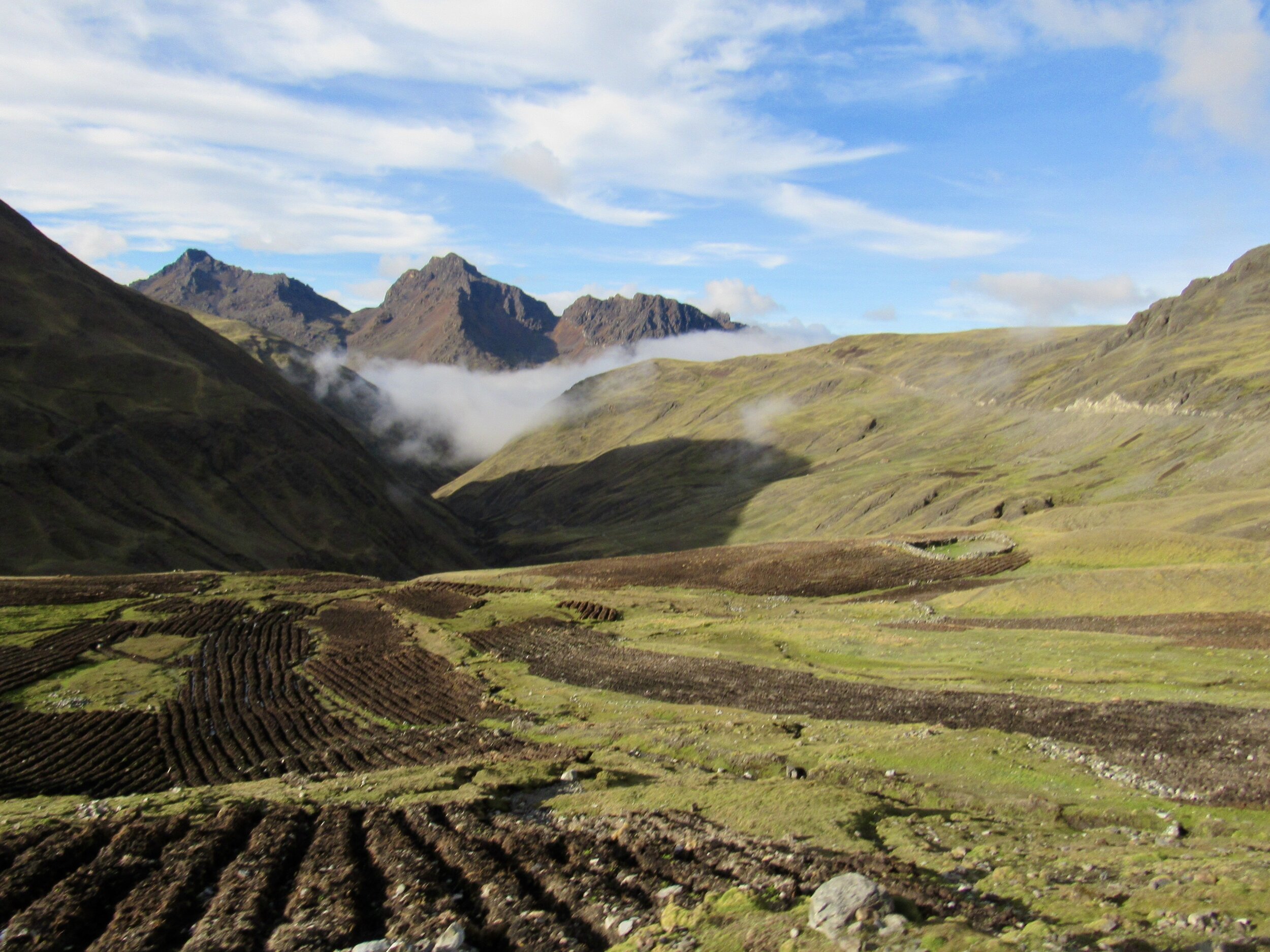
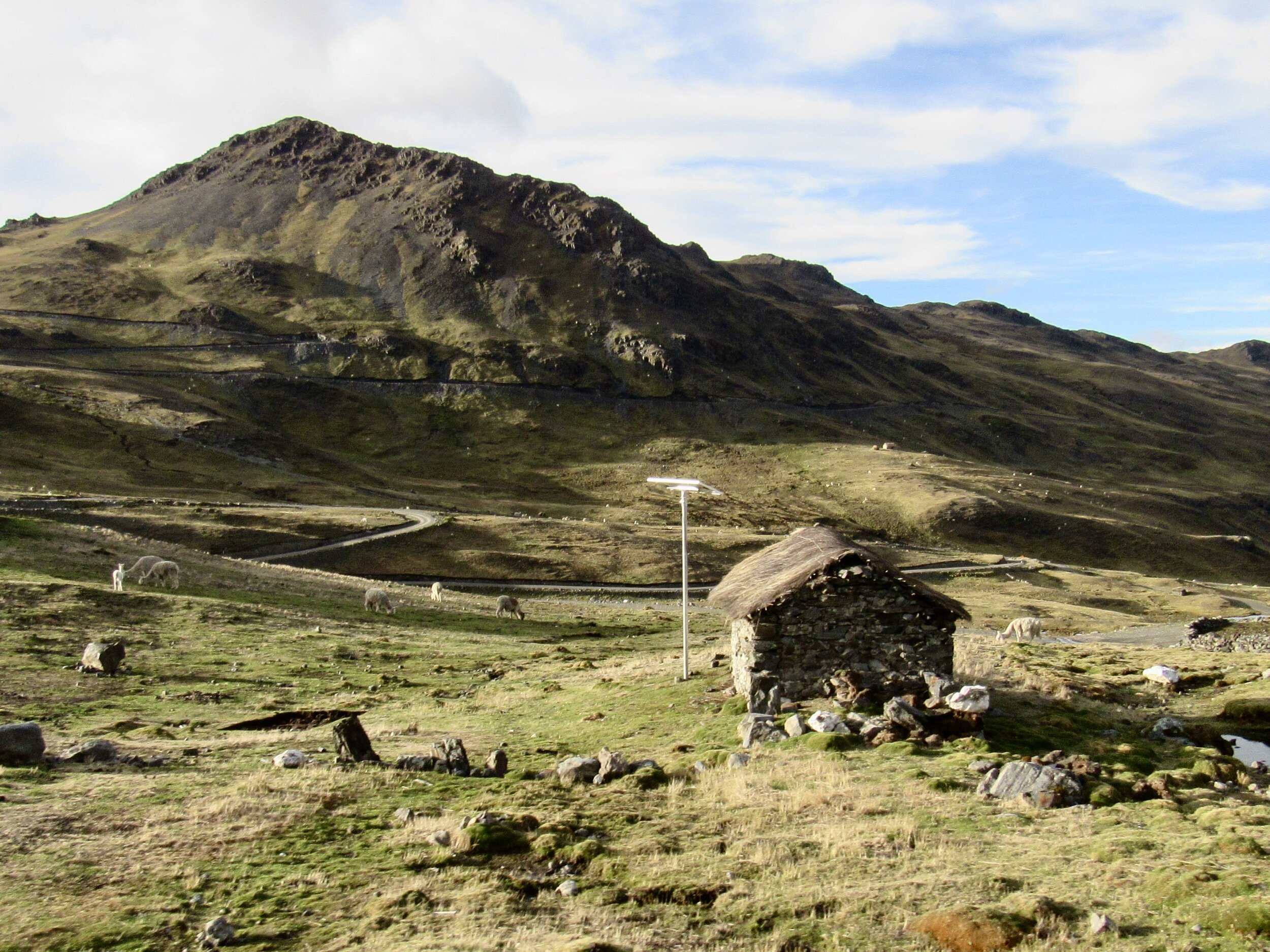
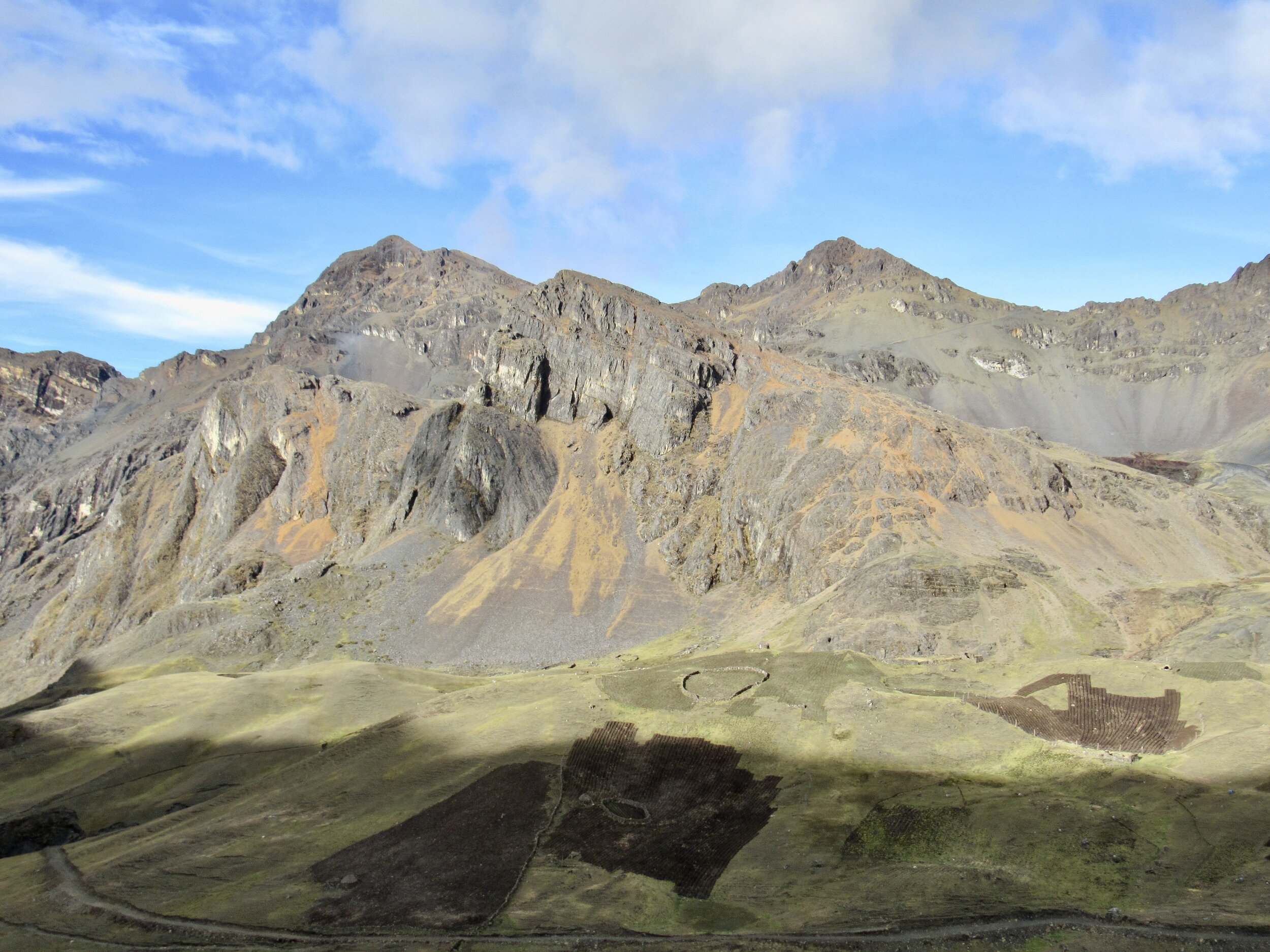
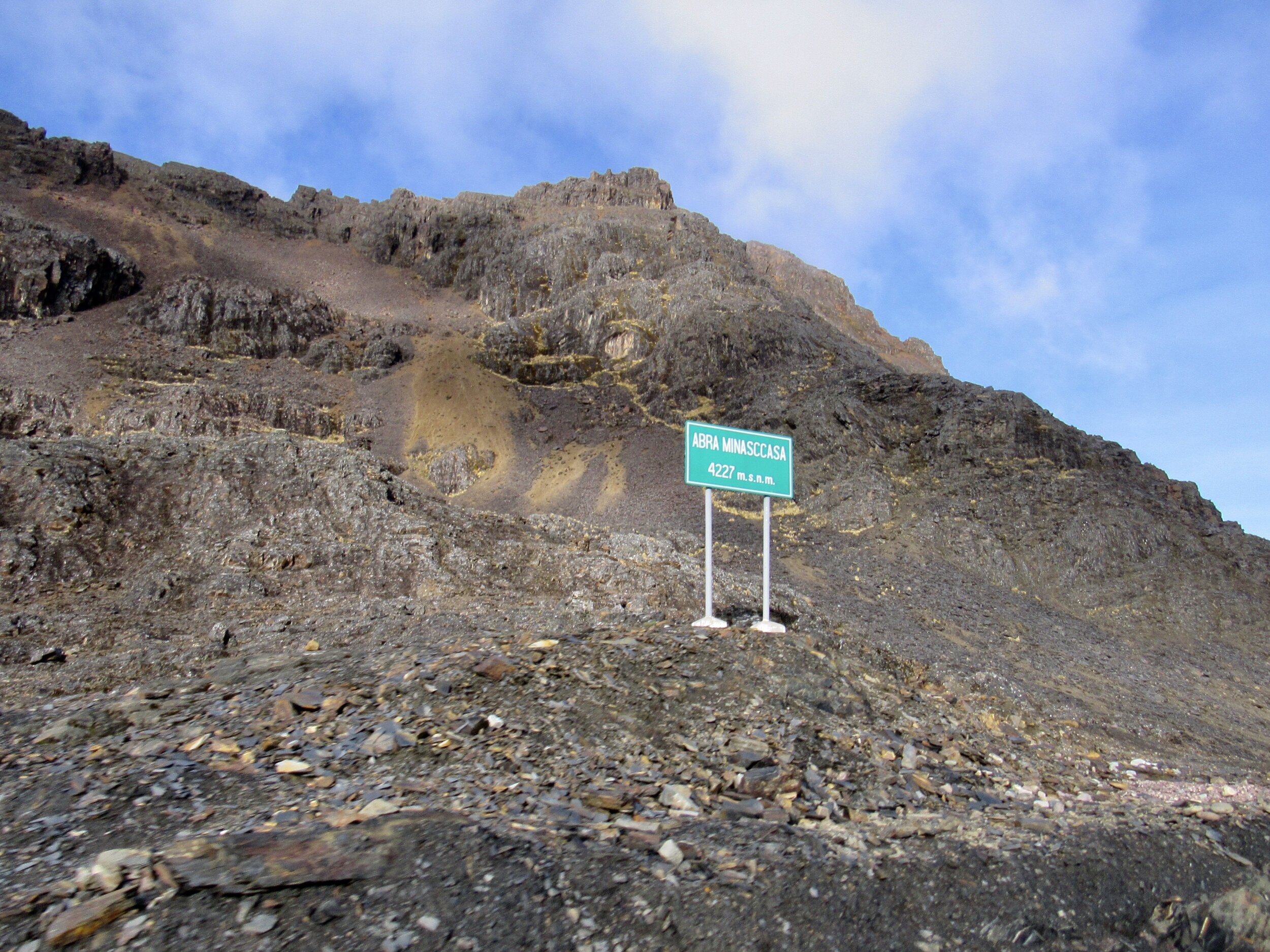
Monday, 21 December, 2020
Solstice is normally an important holiday for me, for my parents and for Peru. Growing up, my parents used to throw a Solstice Party and Mom would post sunrise and sunset times, so we could track the days getting longer. I loved December Solstice, because every day after that was longer, and therefore better. It was hopeful; it can only get better from here to summer.
Peru is too close to the equator for there to be a big difference between solstices, which is why last year I went to spend Solstice in Patagonia. The sun rose before 5am and set after 11pm. I got to see two species of penguins and lots of other wildlife. It was exactly what I was hoping for! Travel is still not really possible for me, so I am spending Solstice in Cusco this year.
While I’m hearing reports of countries ending lockdowns or starting lockdowns, ending or starting quarantines, Peru has mostly stayed the same. We still have a curfew. Masks are still required outside the home. Masks and face shields are both required on public transportation. Cusco is covered with posters about how to prevent Covid. Every business and all public areas like plazas and parks have handwashing stations. All of that has been the same since June, when we were finally allowed to leave our homes for more than just going to buy food or go to a pharmacy.
Except for the days I leave Cusco with the Covid Relief Project, or my backpacking trip around Mt. Ausangate, I still feel like I’m in an airport waiting room. It’s like the Bill Murray film Groundhog Day; nothing really changes. I can try to do different things, but it’s still the same day, every day.
Tuesday, 22 December, 2020
Today is day 282 of the state of emergency. Every once in a while I look at the Diresa website, to track the numbers in Cusco, but not as often as I was in September. We had a terrible outbreak in August and September, with over 2,000 new cases diagnosed every day. Thankfully, we have brought that number down significantly. Today, there were only 166 new cases and we’ve consistently had it below 200 for weeks now. In August and September we only had one ICU bed available, but now we have five available. There are only 23 ICU beds in the Cusco region, so we only have 18 people in ICU now.
Are those numbers low enough to have Christmas parties again? Probably not. Am I going to a Christmas party anyway? Well, yes. I’m going to risk it. Actually, I’m going to a big family Christmas Eve in Urubamba with Auqui, then to a Christmas day celebration with my expat family in Cusco. On the surface, that looks like a terrible idea. I am very aware that it only takes one person at either of those two events for all of us to get infected. I also realize that going from Urubamba to Cusco could take a Covid infection from one town to another.
I’m taking the risk because the numbers are currently very low and also because nobody in either of those circles has had Covid. I don’t know if that means I’ve gotten complacent or if I’m numb to the risk or if I just don’t care anymore.
Faced with the risk of travel in two months, a small part of me wants to just get Covid and get it over with so that when I’m traveling I won’t have to worry about getting infected. Even if post-infection antibodies decrease after four or five months, right now I’m worried about February, not June. If I just had Covid now, not only would I not have to worry about catching it in the Cusco, Lima, Mexico City, Seattle or Boise airports, I wouldn’t be contagious by the time I got to Boise. I really would have to get infected in the next week or two, so that I would for sure be recovered by February 17th, when I leave Cusco.
The probability that I would have a severe case of Covid is low. However, it’s one of those low risk, high consequence situations. It’s like wearing a seatbelt. Of the thousands of times that I’ve ridden in a car, wearing a seatbelt, I’ve only ever needed it once. That one time, it definitely saved my life. The probability of rolling an Isuzu Trooper is very low, but the consequence of not wearing a seatbelt in a rolled Isuzu Trooper is very high.
I know that it’s not really worth the risk. I need to try to be as safe as I have been the past nine months. In February, I’ll probably want to do a more serious self-isolation kind of quarantine.
For now, I’m going to be careful, but still go to two Christmas parties.
Wednesday, 23 December, 2020
There will be about ten people at Kerry’s Christmas party. She’s actually renting out an AirBnb with five bedrooms, a big rooftop with an incredible view of Cusco, and a big kitchen and dining room. My favorite part of the photos she showed me on AirBnb was the giant dining table with bench seating. It reminds me of the Frenchglen Hotel, in Oregon, which serves a Thanksgiving dinner every day, with family style serving around a giant table with bench seating.
Before the pandemic got bad, my friend Amanda managed to travel to Peru and visit me in February. She brought me a bag of Tollhouse chocolate chips. A giant bag of a whole pound, to be exact. Even though I was stress baking a lot in April and May, I stuck with apple pies. I didn’t want to waste something as special as real Tollhouse chocolate chips on myself. I wanted to make a giant batch of cookies for some occasion when there would be other Americans who would appreciate how amazing it is to have Tollhouse chocolate chip cookies in Peru.
I had hoped that by November the pandemic would be under control enough that I would be able to have a big birthday party. That didn’t happen. Then Thanksgiving was deemed too dangerous and I made an apple pie for my one guest. But Christmas, with Kerry’s party, is too good to pass up.
My oven is small and my cookie sheet is so small that I can only make six cookies at a time. The first six were strangely flat. I tried refrigerating the dough, thinking that maybe that was the problem. A dozen cookies later I called my Mom, who reminded me that I live at 11,000 feet and that even 3,000 feet of altitude is enough to require recipe modifications. I added some flour and turned up the temperature.
It took me about four hours, baking six cookies at a time, to get through all of the cookie dough - and I saved some in the freezer for topping ice cream. I’m going to keep it a surprise for Christmas. There will be three other Americans there and I know that they will appreciate how special it is to have Tollhouse chocolate chips in Peru.
Baking at altitude
The bottom cookie was made by following the recipe on the Tollhouse chocolate chip bag. The top cookie was made with additional flour and baked at a higher temperature to compensate for the altitude.
Thursday, 24 December, 2020
Yesterday was the cookies and today is the apple pie. I promised to bring dessert to Kerry’s Christmas party tomorrow partly because that’s what I’m good at and partly because this afternoon I’m going to Urubamba and I hope to be back in time for her Christmas dinner tomorrow, but transportation might be complicated on Christmas.
All Granny Smith apples in Peru are imported from Chile. There are some apple varieties that grow in Peru, but I really don’t know why Granny Smith don’t grow here. Regardless, I won’t make apple pie with any other variety, if I can help it. Last night I mixed up the pie crust, cut it in half and left the two balls of dough in the fridge overnight.
Lemons are also hard to find here. There is a sweet variety of lemon, that barely looks like lemon and currently isn’t in season. Limes are ubiquitous in Peru, but I prefer lemon juice to keep the sliced apple from turning brown before I get the pie in the oven. Just like the recipe modifications for the cookies, pie has to be cooked longer and at a higher temperature at this altitude.
After I finally got the pie out of the oven, I took a taxi to the bus stop for Urubamba. Taxis are usually s/4 but for Christmas everybody had jacked the price up to s/6. That’s still only about $1.60, so I’m not complaining. Where usually there are several vans trying to get people to go to Urubamba, today there was a line of people waiting for the next van to get back to Cusco. Apparently there are a lot more people traveling on Christmas Eve than there are people willing to drive back and forth from Urubamba.
When I finally got there, it was already getting dark and Urubamba was lit up with Christmas lights. It’s a very cute little town, with a nice green park with statues and fountains in the middle of the main plaza. The town hall had a big nativity scene set up, with baby Jesus wearing a traditional Quechua outfit, similar to the people I met on Sunday in Hatun Q’ero.
Auqui’s family also has a large nativity scene set up in an outside area that has a roof over it. There are lights around the nativity scene and their baby Jesus is much more traditional, wearing a little satin gown with lace.
At about 11:00 we had chicken and potato soup, followed by hot chocolate and panettone. Chocolatadas are not only for charity events like the Covid Relief Project. All Peruvians hold chocolatadas with friends and family, coworkers and neighbors and the hot chocolate is always made with pure cacao. With about twenty people for the chocolatada, Auqui’s sister Griselda used a one kilo brick of cacao, just like the ones we had bought for the Covid Relief Project. Just like every rural village we’ve been to, she boiled water with cloves, cinnamon sticks and the chocolate, then added milk and sugar.
After the chocolatada, we went outside to the nativity scene for some family traditions and the confetti. This is probably my favorite part of holidays in Peru. For birthdays, Christmas and New Year, you get a big handful of confetti and put a little on everybody’s head as you give them a hug and wish them Merry Christmas or Happy Birthday or Happy New Year. By the end of the hugging, everybody has a pile of confetti on top of their head. Except for holding the event outside, there were no other modifications for the pandemic. We weren’t wearing masks while we were hugging everybody in the family, even for Auqui’s father who is 83. Considering that so far nobody in the family knows anybody who has had Covid, they are clearly willing to take some calculated risks.
Peruvian nativity scene
There is no plastic made in China in a traditional Peruvian nativity scene. The decorations are natural mosses and plants gathered in the nearby cloud forest. This presents it’s own environmental challenge, but at least it’s not plastic. The most traditional baby Jesus is actually made from corn flour. Most are ceramic now, but they are still made locally. The monkey hanging upside down to the left of Jesus is a family inside joke and certainly not traditional. Under the white veil is a second baby Jesus that is usually taken out on Christmas Eve and taken to the church for mass. This year, with the pandemic, only one person from the family went to mass.
Friday, 25 December, 2020
This morning I had a traditional Christmas breakfast with Auqui’s family, which included a soup similar to our 11pm meal last night. We walked around town a bit, masked because we were in public. Urubamba currently has between 0 and 5 new cases per day, so people are pretty relaxed, even if they’re all still required to wear masks.
Around noon I left Urubamba to go back to Cusco for Kerry’s party. After a quick stop by my place for the pie and cookies, I walked up to the rented party house. It’s actually a hotel named the Blue House, just above the San Blas viewpoint. The view from the rooftop is amazing and as soon as the sun came out we all went upstairs to enjoy seeing Cusco laid out at our feet.
Sonia organized a gift exchange game, which required each person to bring three gifts. Since a roast dinner takes a very long time, we played the gift game before dinner. After the game, Kerry put my presents from Mom under the tree. Two weeks ago, when a box of presents arrived from my Mom, Kerry wrapped each one for me. It’s easier for customs if nothing in the package is wrapped, but obviously more fun for Christmas if everything is wrapped. I got six books, rose hand lotion and a Mark Twain quote on a little dish: “Forgiveness is the fragrance at the violet sheds on the heel that has crushed it.”
Kerry got up at 6am today to get the turkey in the oven, then she started on the sides: roasted carrots, crispy roast potatoes, mashed potatoes, mashed sweet potatoes, green beans, braised red cabbage in balsamic vinegar, cheesy leeks and pigs in a blanket. She had also bought a smoked ham, which barely fit on the table. It was an impressive spread, which I loved except that we all ate so much that even two hours after dinner nobody was able to eat the apple pie or cookies. They’ll make a great breakfast.
Saturday, 26 December, 2020
Despite our best intentions, there will be no chocolatada today. All week we couldn’t get anybody to answer our calls or messages. Since the Covid Relief Project is dependent on local government to provide transportation, there’s really nothing we can do about people taking vacation for Christmas. New Year will probably also be a challenge for us. I’m hoping that we will be able to get it together to do our last chocolatada on Sunday, January 3rd.
Since I unexpectedly had today off, I decided to apply for new job. Besides Hannah, who sells sweaters, all of my other expat friends in Cusco have turned to teaching English online during the pandemic. Kerry used to teach English in person and Sonia used to teach yoga in person. So, I’ve decided to join the bandwagon. After hearing all of them complain about various aspects of several different companies, I decided to go with Cambly. It’s currently Kerry’s favorite, is based in San Francisco and pays in US dollars. If I decide to work with Cambly, they’ll pay me about twice what I’ve been charging people here for in person lessons. Considering that I plan for the Covid Relief Project two wrap up in the next week or so, I should have some time soon to actually get a job.
Since this is my first Saturday in Cusco since November, I went one last time to the used clothes market Baratillo. With only s/73 ($20) I bought three large sacks of warm coats and sweaters. However many families are at this next village, the clothes we have will just have to be enough. I’m always worried that we won’t have enough clothes, although at the past five villages we have had extras that we ended up taking back to Cusco. As our last chocolatada, I am determined to bring nothing back to Cusco after this next village.
If I continue to receive donations, I’ll organize a school supplies drive and take it to one or more of the villages that I already know. The places we visited on December 5th, along with both communities I’ve seen in the Q’ero Nation will all need school supplies when school starts again in March. The 2020 school year wrapped up just before Christmas for students, although teachers here have a lot of reports and end of year paperwork to get through. We are all waiting for the government to decide if school will be in person next year, or if kids will have some sort of hybrid learn from home with a little time in school. I highly doubt that school in 2021 will look like school in 2019, but there’s still no telling what next year will bring.
Covid in Cusco: Week 40
This week I took the Covid Relief Project to two villages. We visited Japu, of the Q’ero Nation, on Sunday and Marampaqui, near Ocongate, on Saturday.
Sunday, 13 December, 2020
40 weeks is full term! Cusco has carried our Covid baby to full term, but now what? It has been a full nine months since Covid was officially diagnosed in Cusco, on March 13th. So much has happened, sometimes it feels like a full decade, not just one year. I don’t think that we’re yet at a point in the pandemic when we can actually have an idea of what the future will bring. I can really only focus on one day at a time. My biggest priority is surviving the pandemic, hopefully staying healthy until I can get a vaccine, not getting Covid at all. Anything beyond that is gravy.
However, today was so overwhelming that it’s hard for me to call it gravy. I got up at 4am to go back to the Maytaq Wasin Hotel and load the truck for the village of Japu (pronounced Hapu). The mayor of Paucartambo sent two extended cab pickups to carry us and all of the supplies for 80 families. We took supplies to make hot chocolate for 350 people, plus 350 mini-panettones. For each family we had 5 kilos of rice, 1 liter of vegetable oil, 1 kilo of salt and 2 bags of oatmeal. We also took a giant sack of 500 oranges. Considering how far away they are, I doubt they ever get fresh fruit.
Even with Dramamine in my system, I had to ask the driver to pull over a couple times so I could get out of the car and try to catch my breath. I managed not to throw up, but until the road got so rough that we had to be in 4 wheel drive, I felt so carsick. The worse the road got, the happier I was because the slower we had to go. Also, the farther we got out into the mountains, the more we saw vicuña. The four days I backpacked around Ausangate (week 37) I was disappointed to not see a single vicuña. Today I was not disappointed.
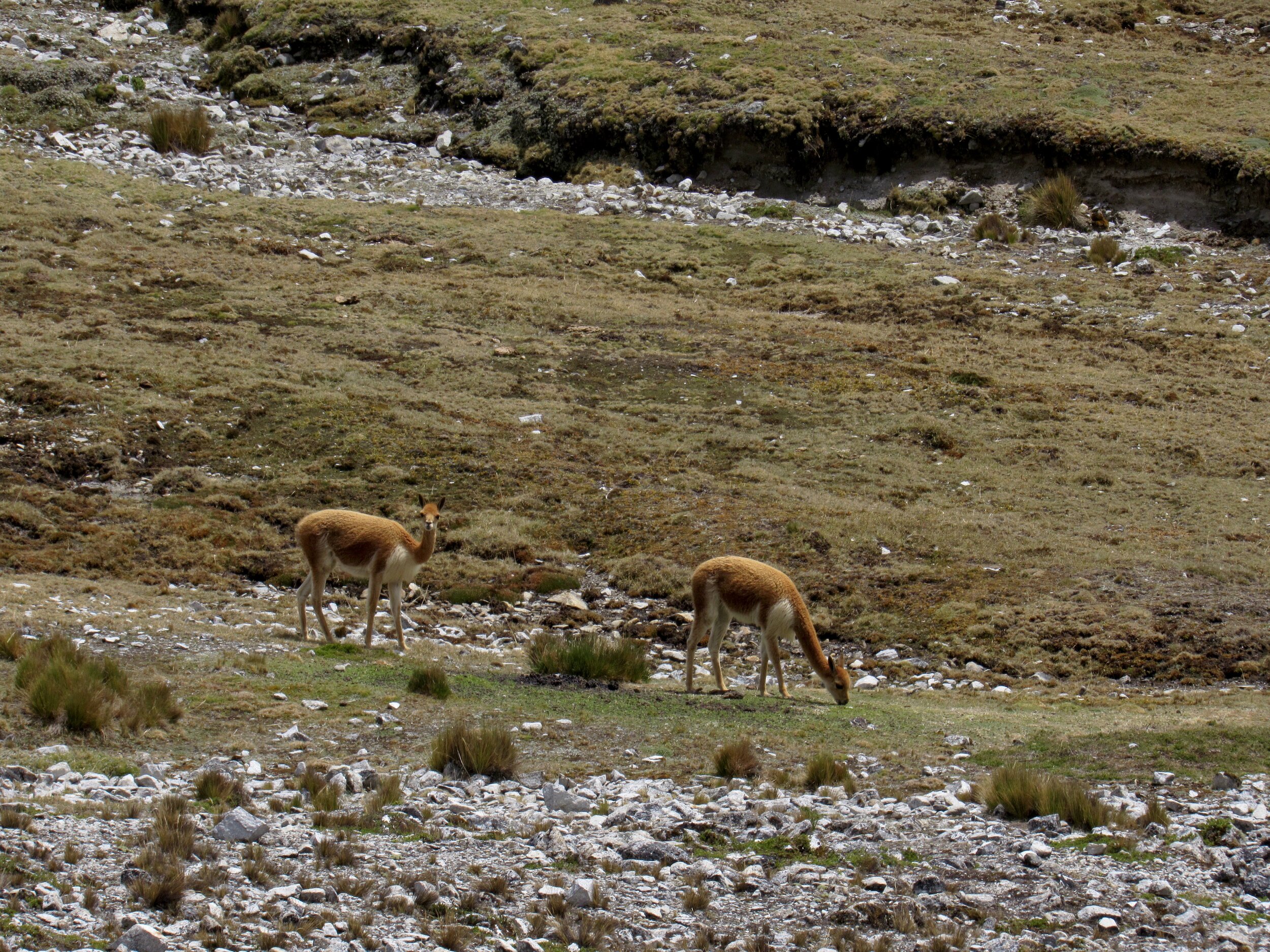
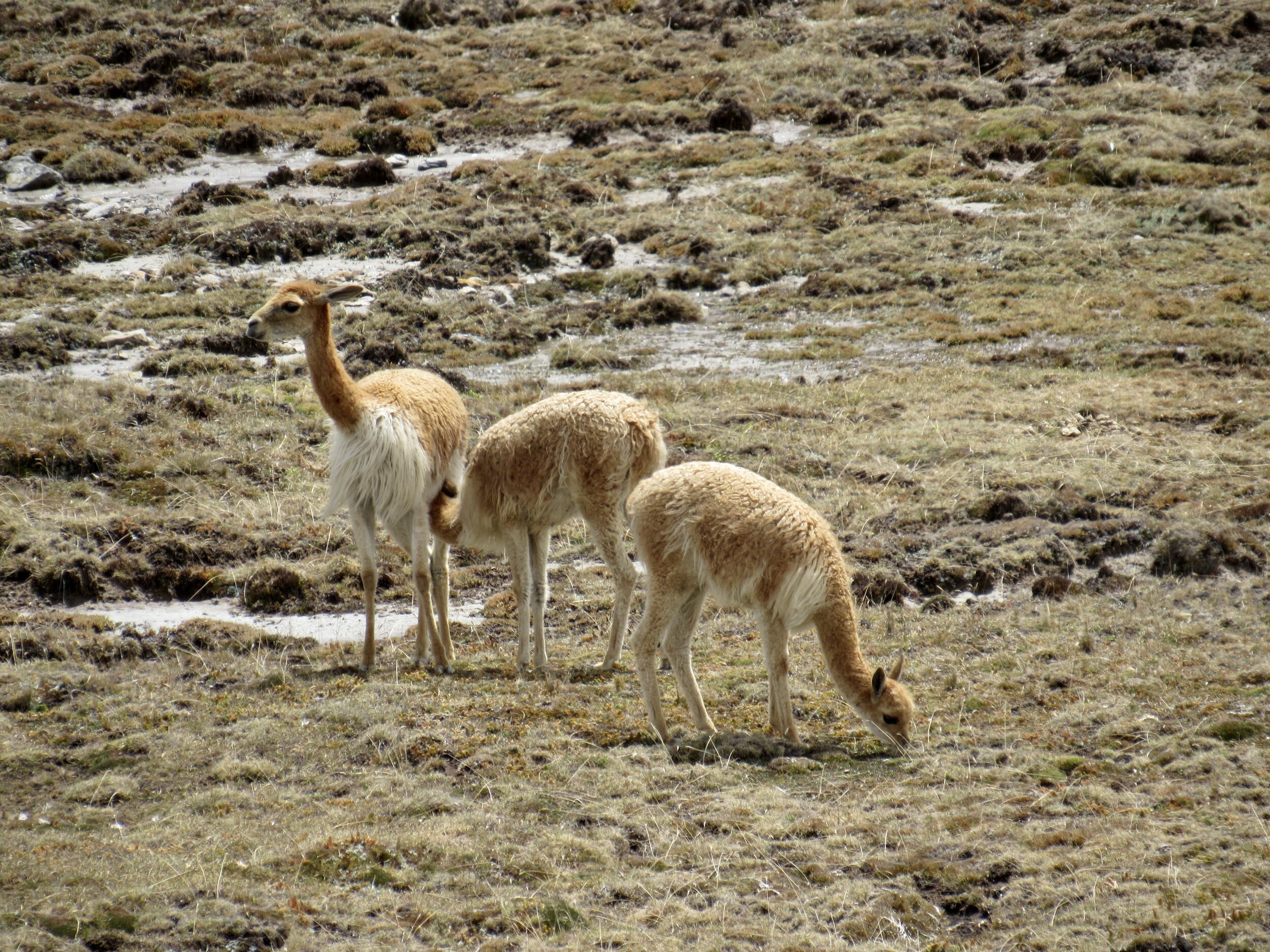
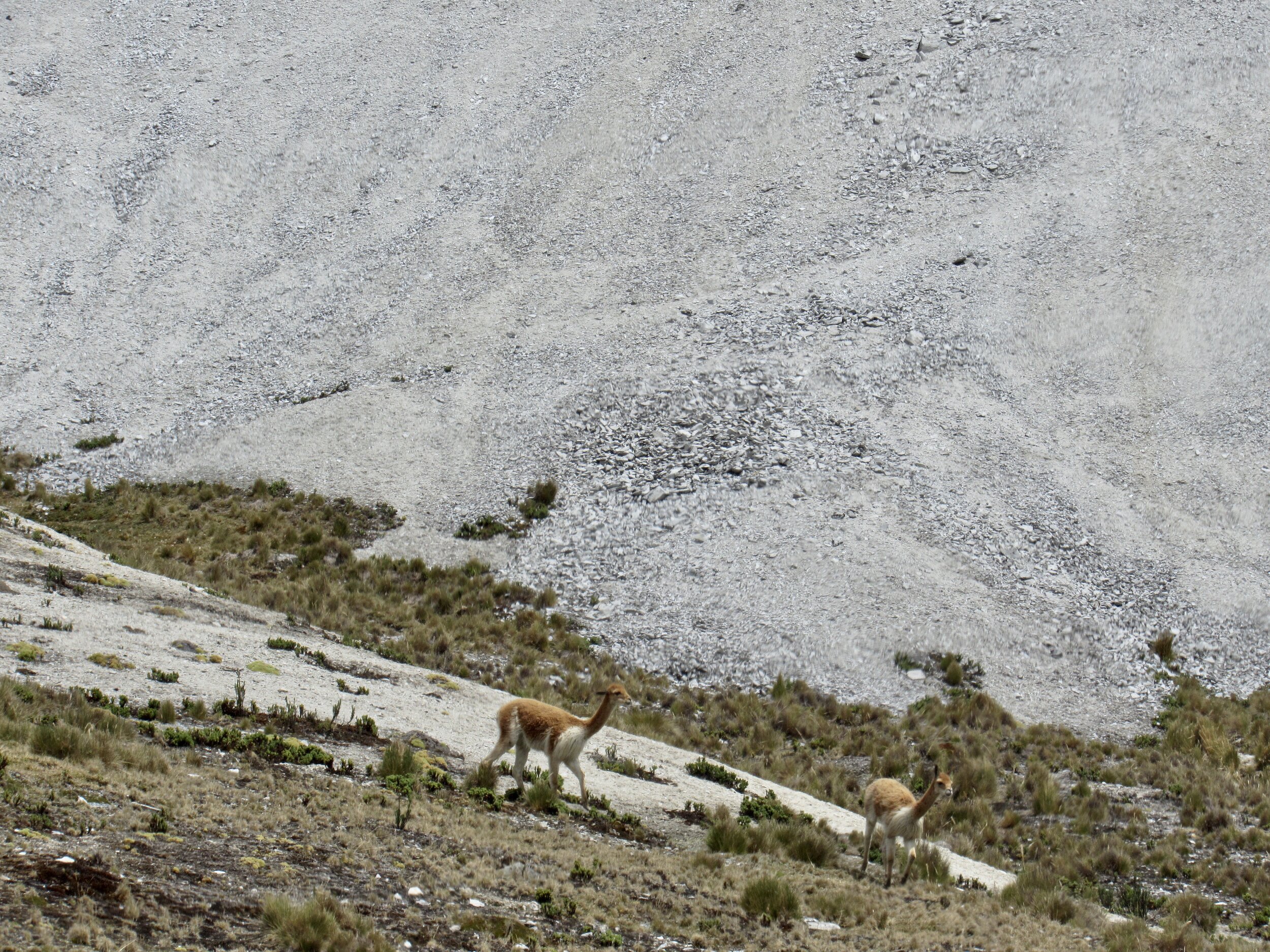
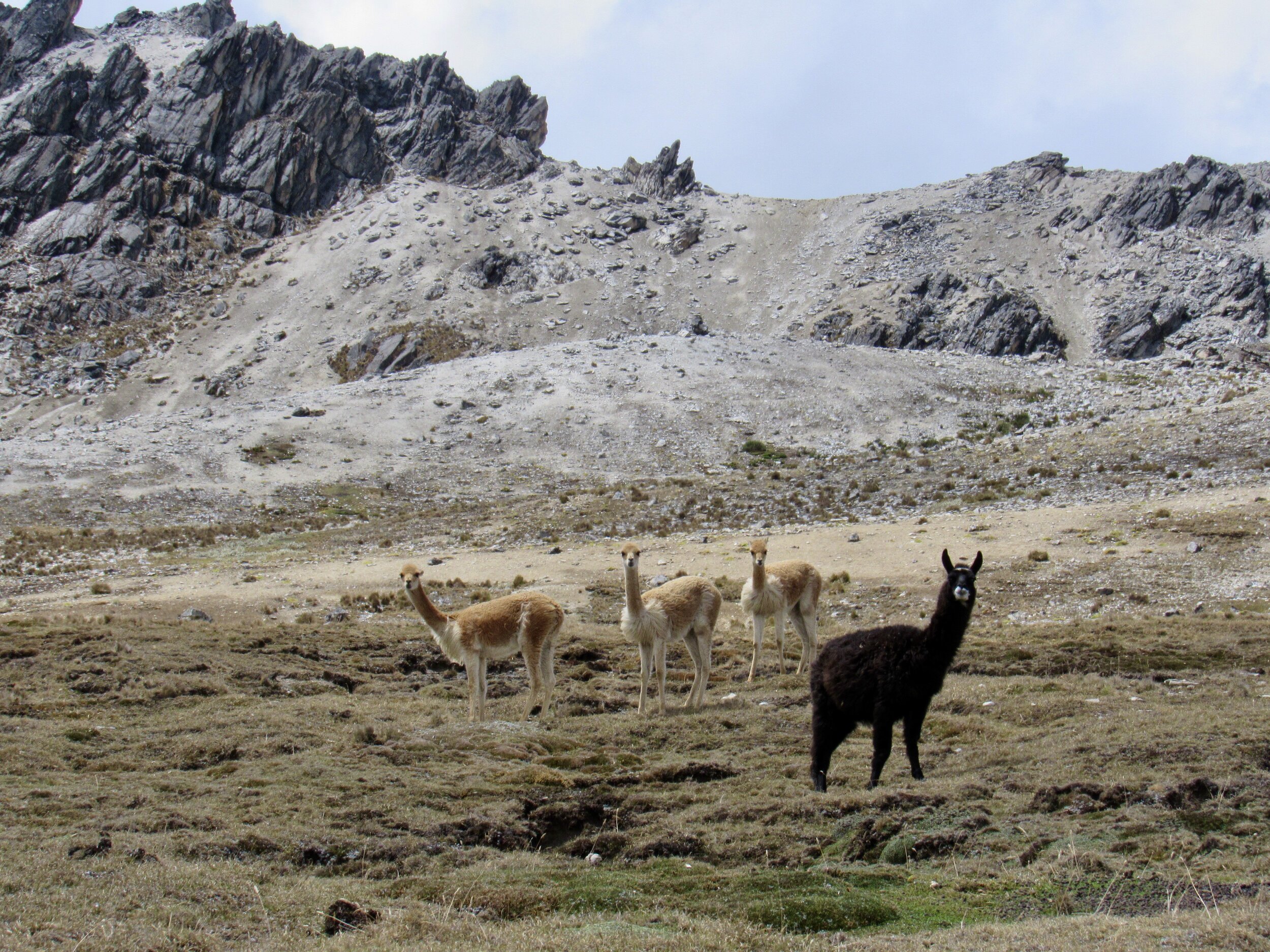
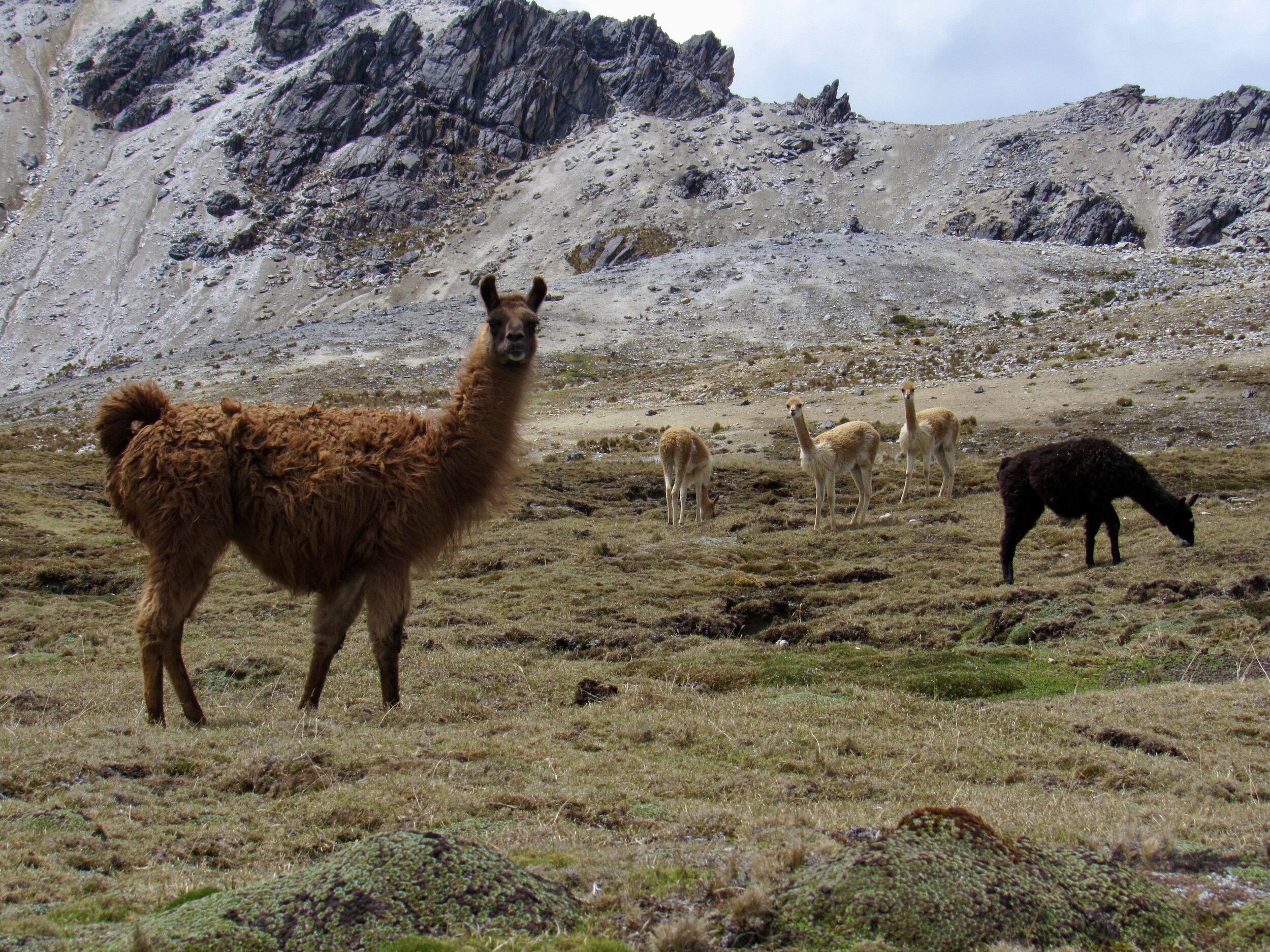
This was a trip to visit the Q’ero, who are almost mythical in Peruvian culture. They are known for their very traditional lifestyle. They did not allow any contact with the outside world until the 1990s, because they believe that they are the last descendents of the Inca and wanted to protect their culture and language from modern influences. They still live a traditional lifestyle, but since their school opened over ten years ago, the younger generation is also learning Spanish.
Of the 80 families that live in the valley of Japu, less than half of them live in the village. There is a school that opened over ten years ago, but it has been closed since the pandemic started. The teachers only came a few times all year, according to one of the fathers I asked. There is no healthcare available in Japu and the nearest government clinic is at least three hours away, in the town of Ocongate. Almost all of that time is on a very rough dirt road. The people of Japu are farmers but at their altitude of over 4,000 meters, the only crop that will grow is potatoes. They also have beautiful streams and eat trout. They shared some boiled potatoes and fried trout with us after the event. Today’s event had four stages: clothes for kids, chocolatada, food distribution and a final frenzy for oranges.
We brought clothes for all of the children, which we distributed while the hot chocolate was still being made. We had separated out a bag for babies under a year, bags for both girls and boys under five years old, bags for kids 6-10 and bags for tweens and teenagers. The clothes distribution went quickly, then we brought out two giant cauldrons of hot chocolate. We had brought with us 3 bars of pure cacao, each one weighing a kilo. We also brought cinnamon sticks, cloves and sugar for the hot chocolate. We brought a metal can straight from a dairy with 30 liters of milk in it. We made sure that they boiled the milk before we served the hot chocolate. We buy fresh milk because it's more nutritious and also it avoids all kinds of packaging waste. We were careful to take our trash out with us, since they obviously don't have any way to dispose of trash other than in their beautiful valley.
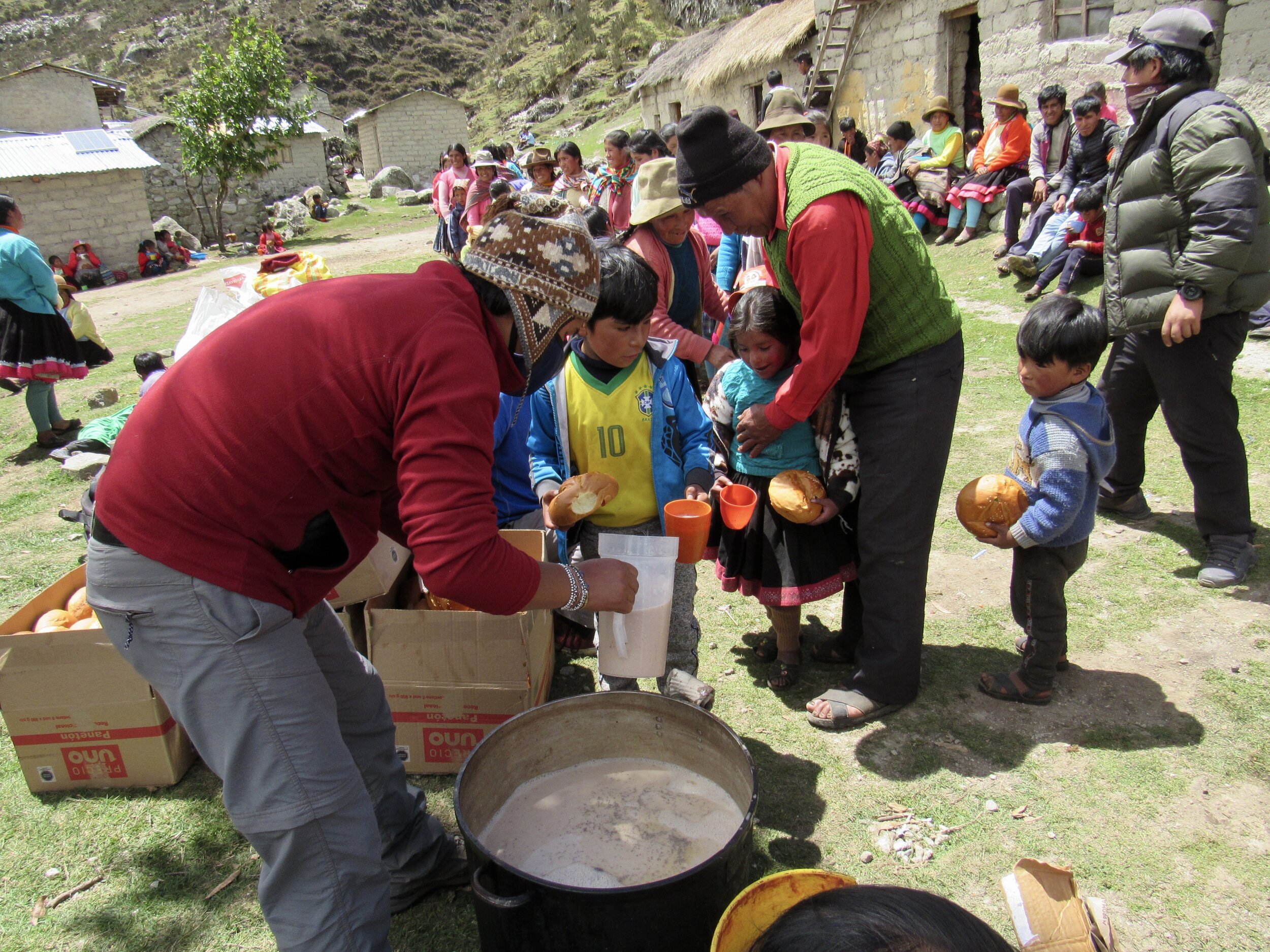
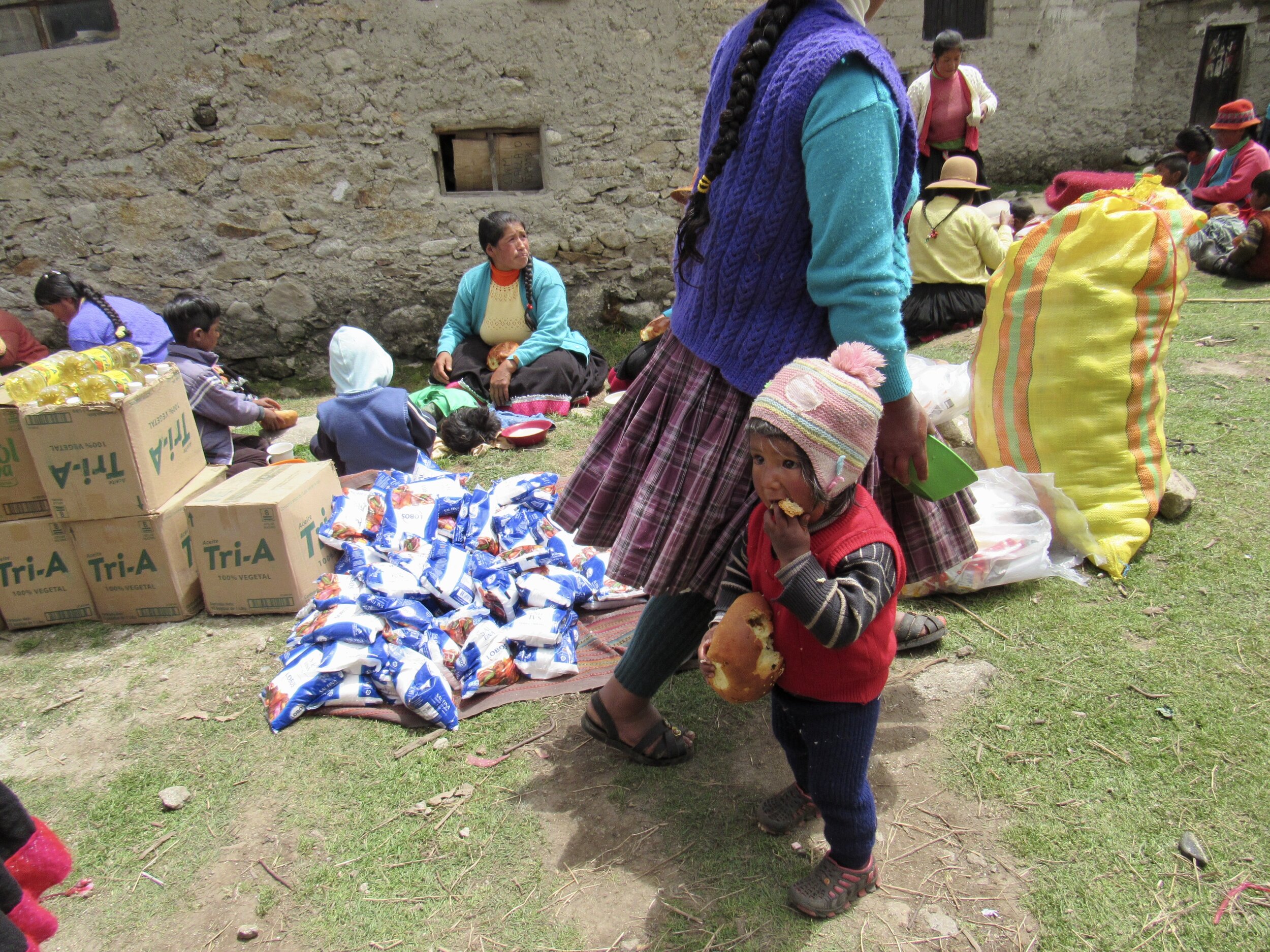
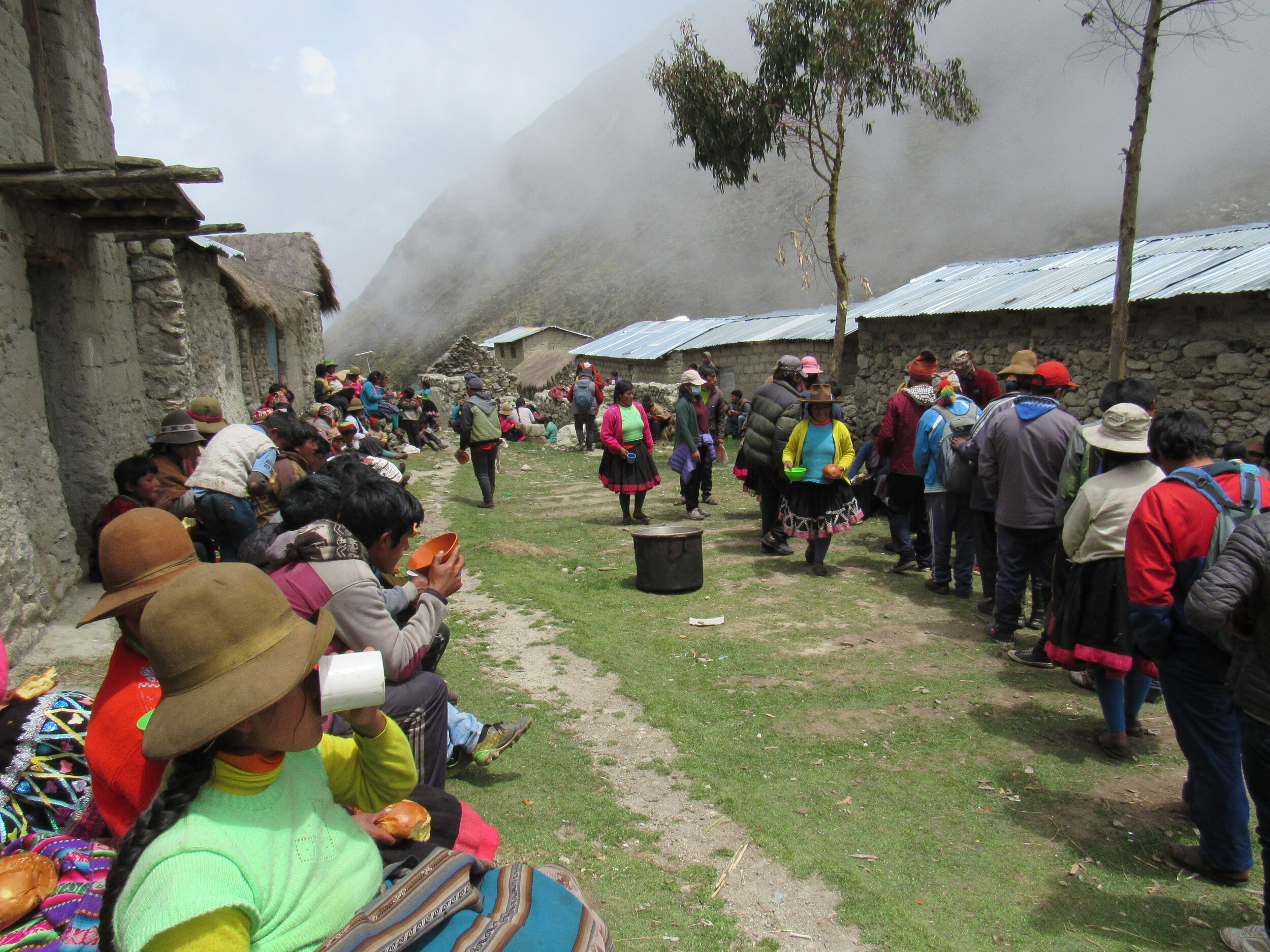
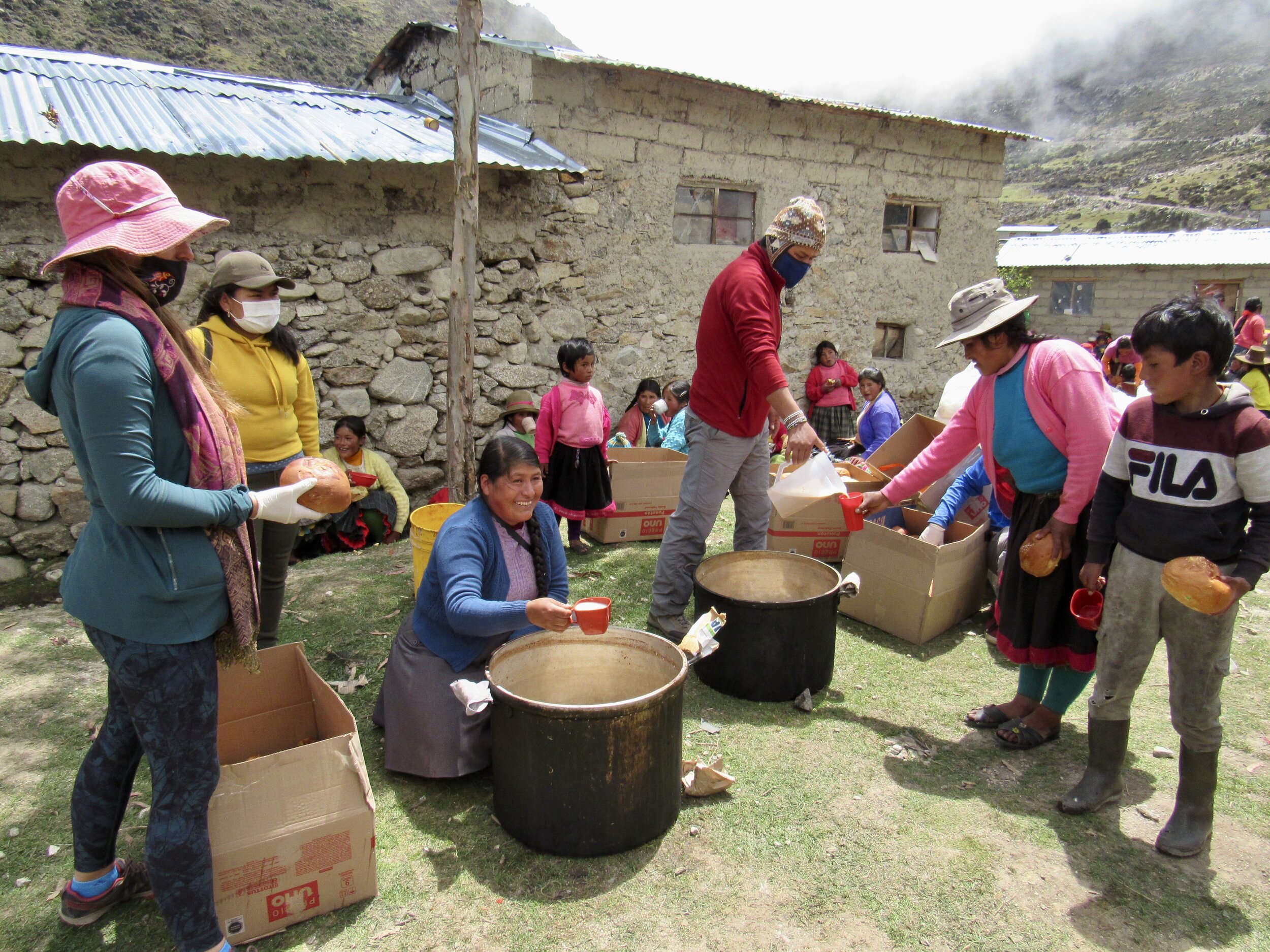
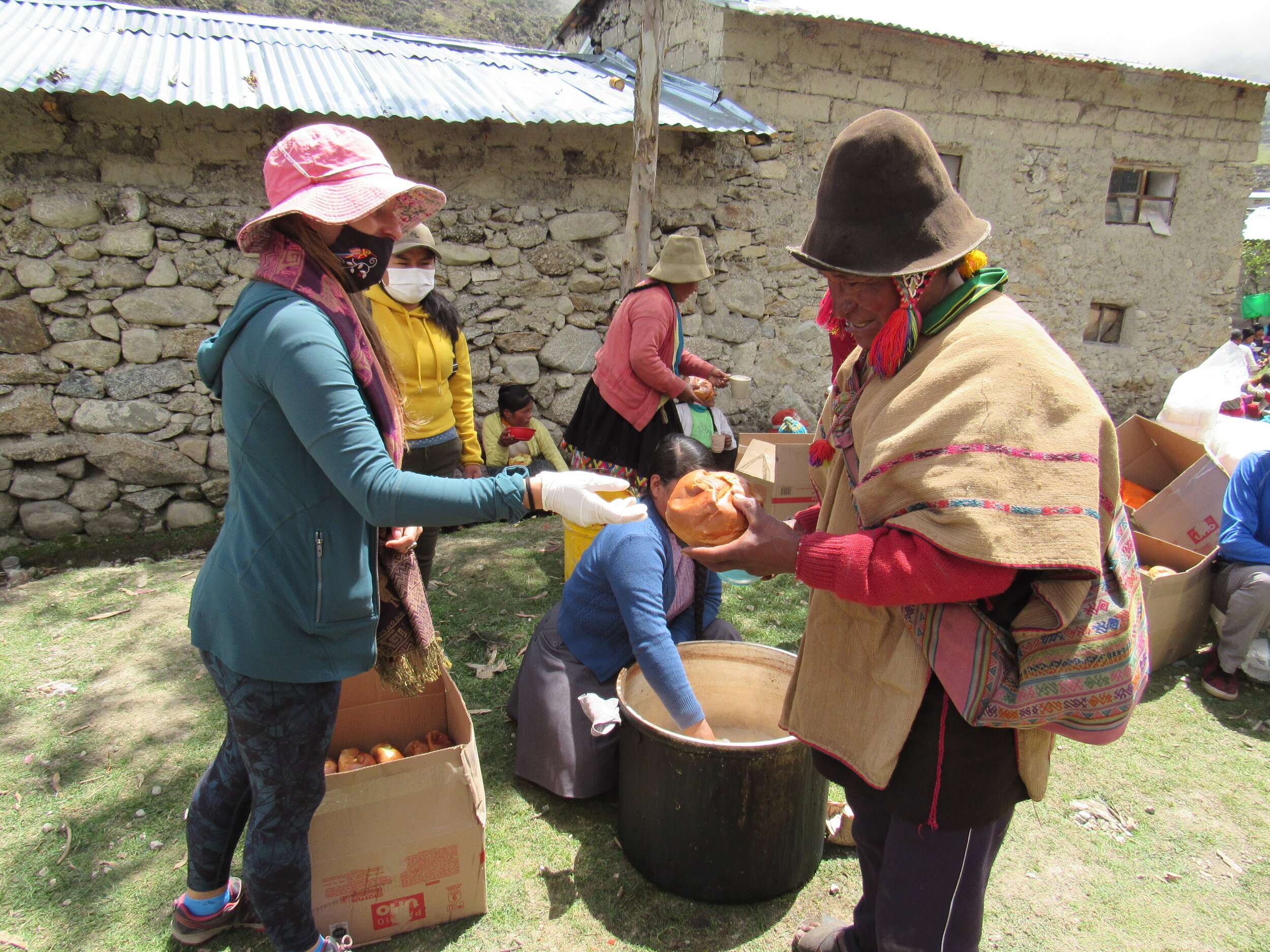
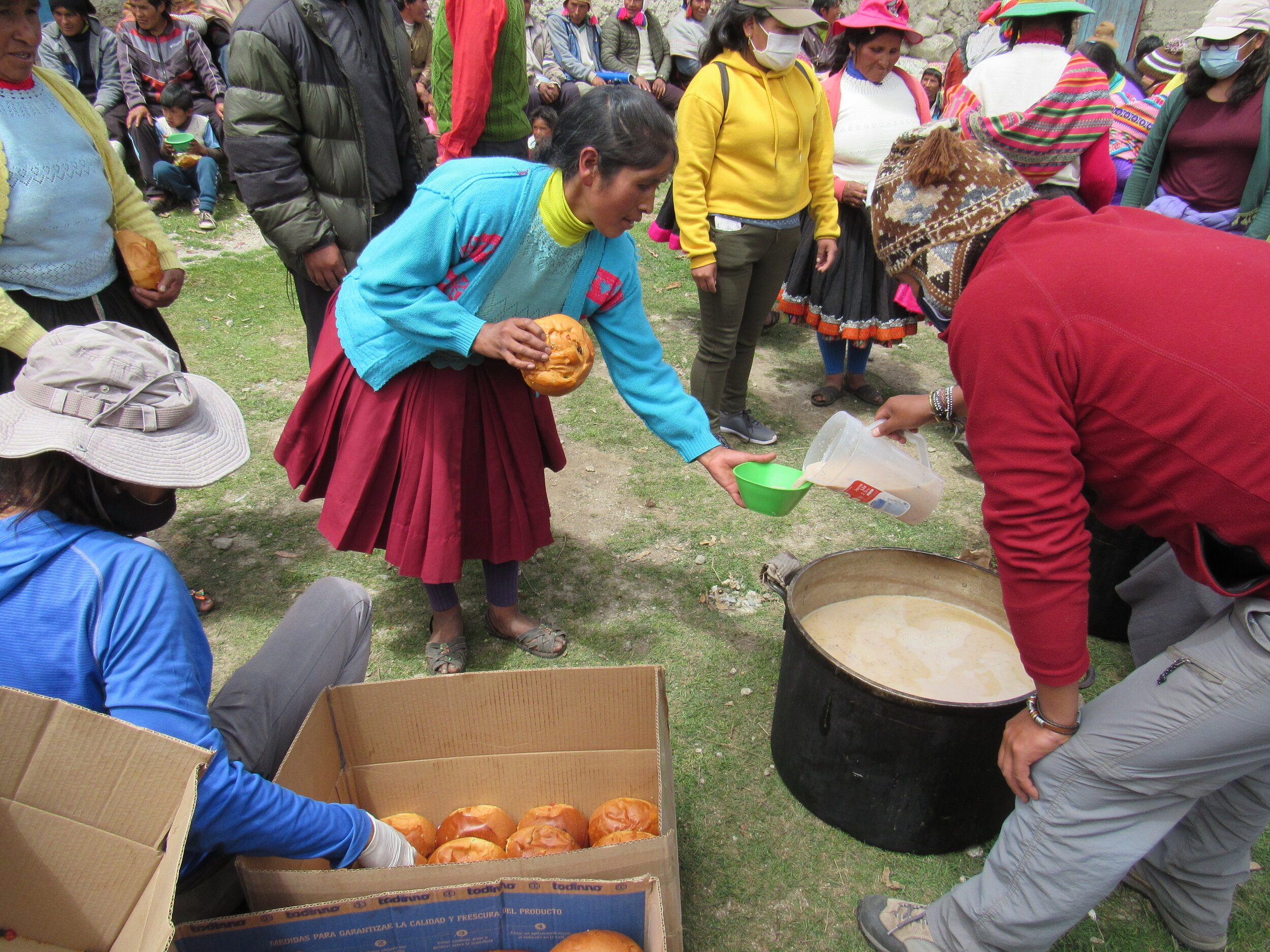
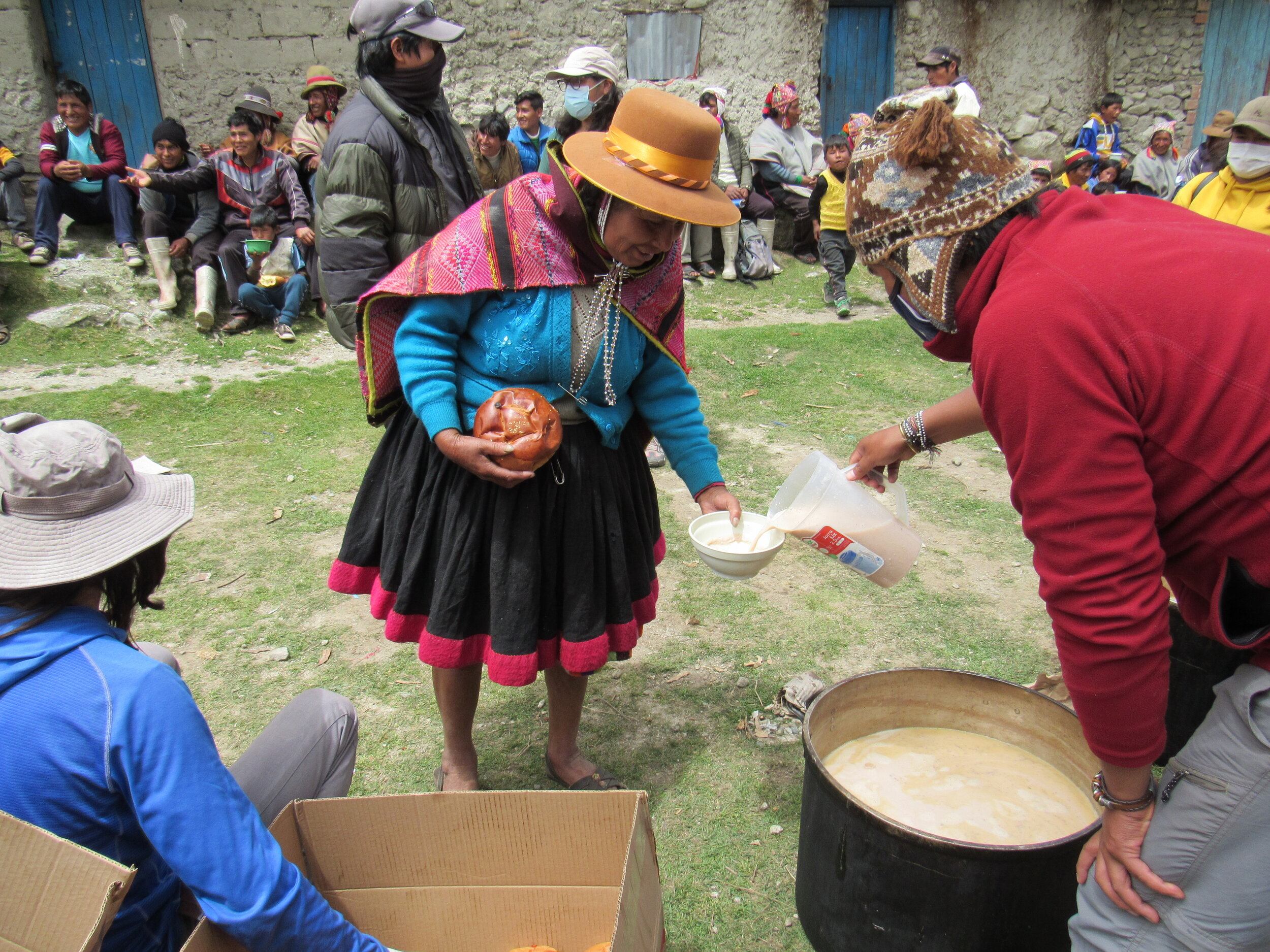
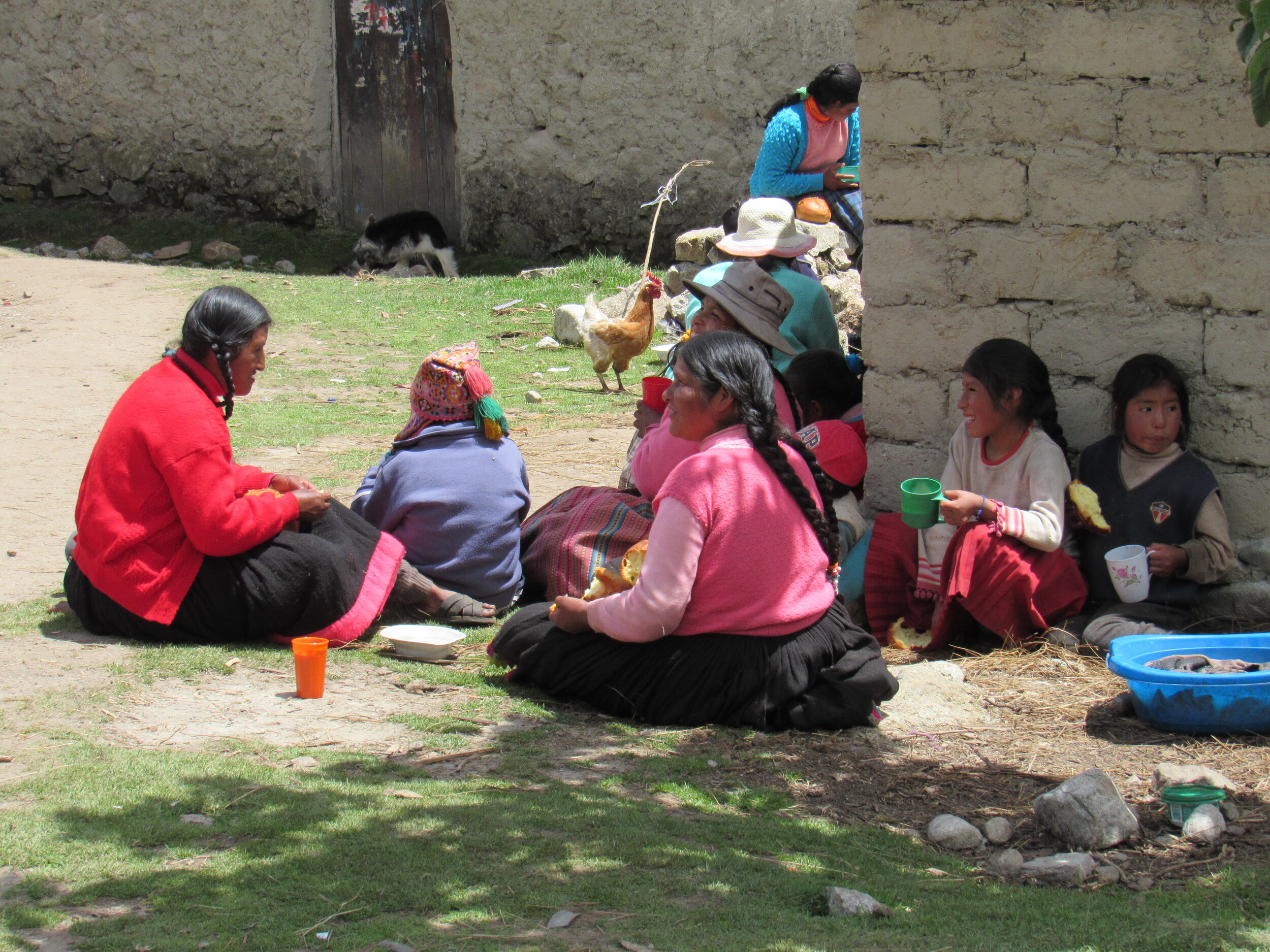
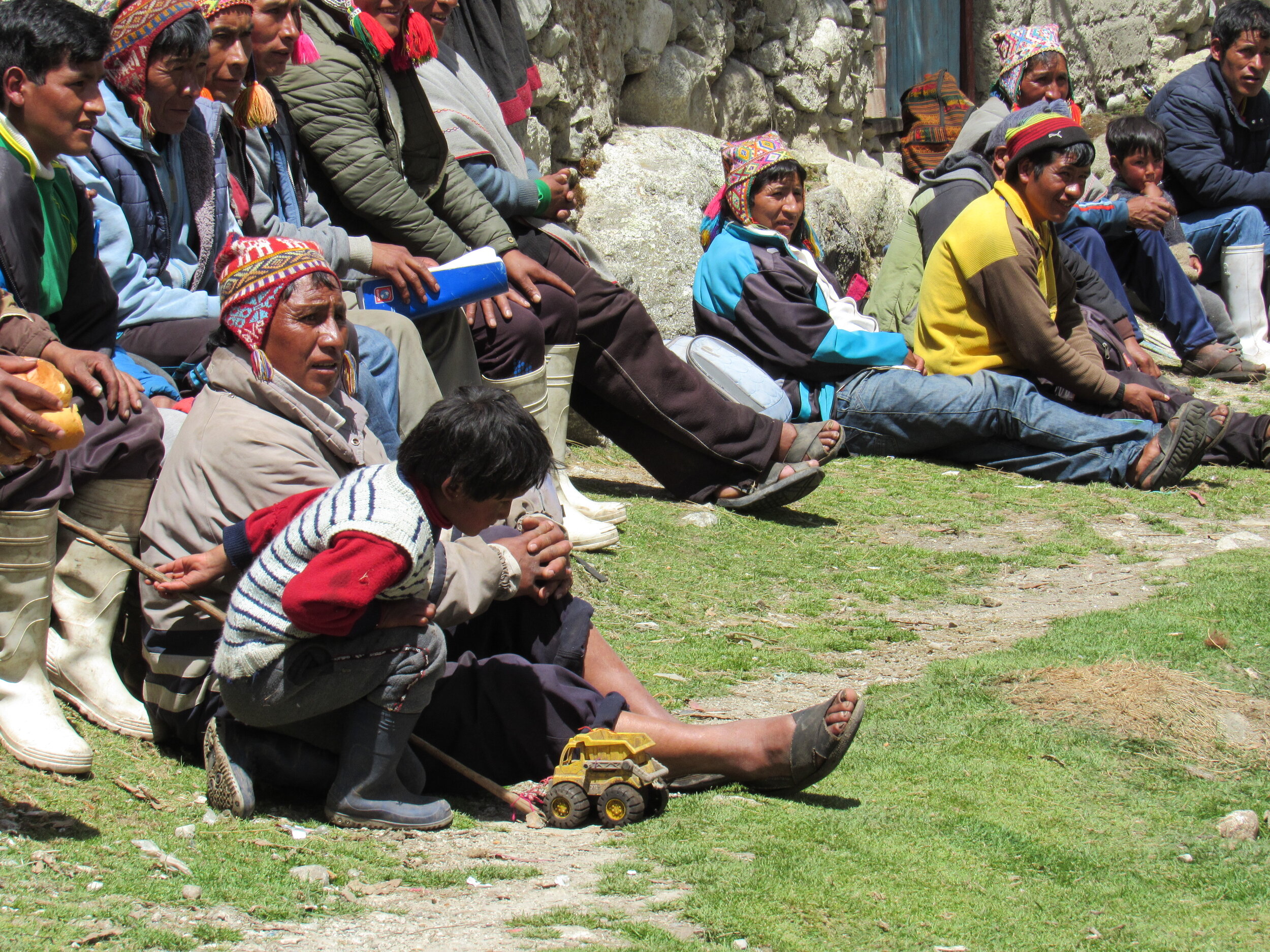
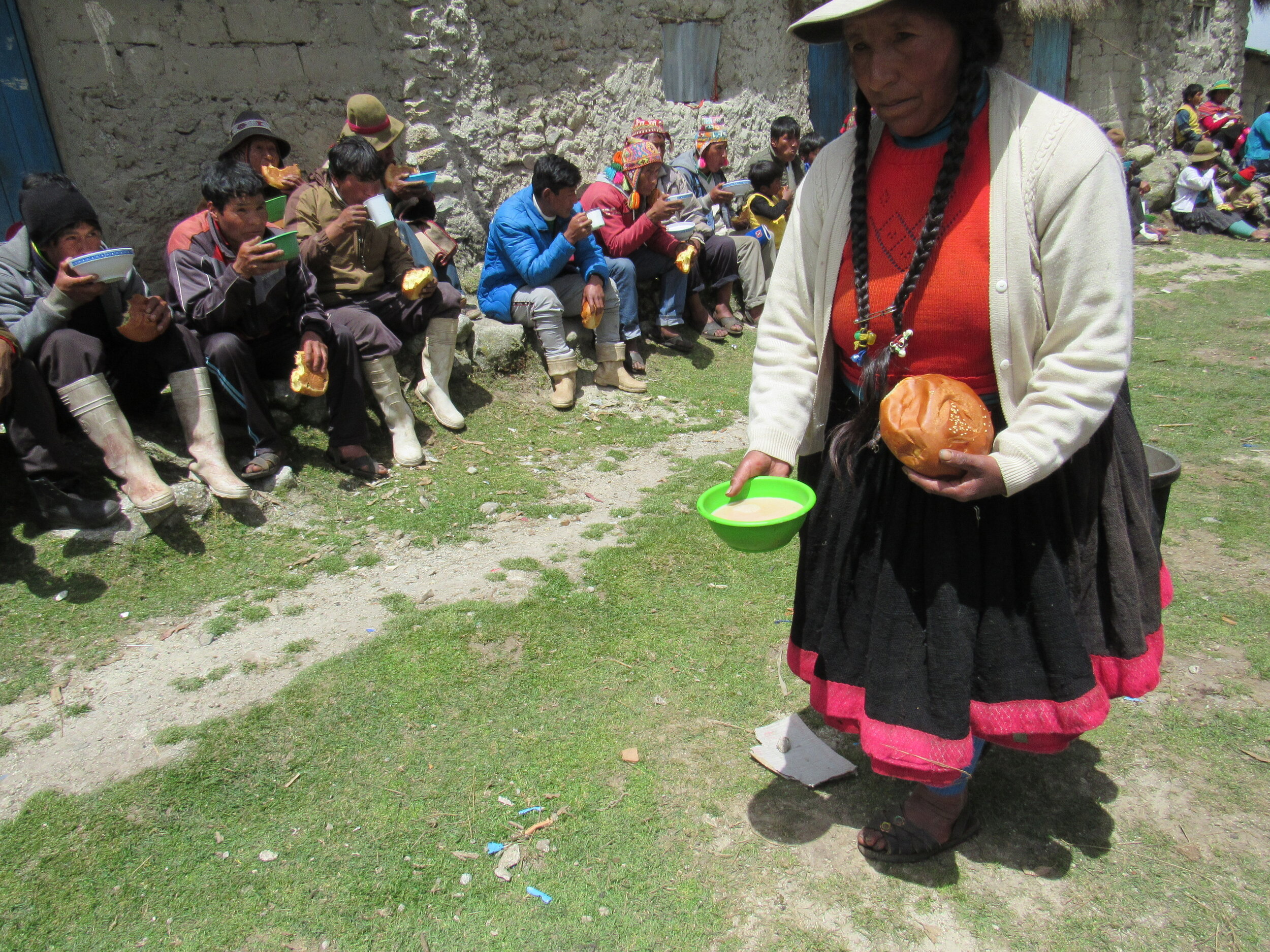
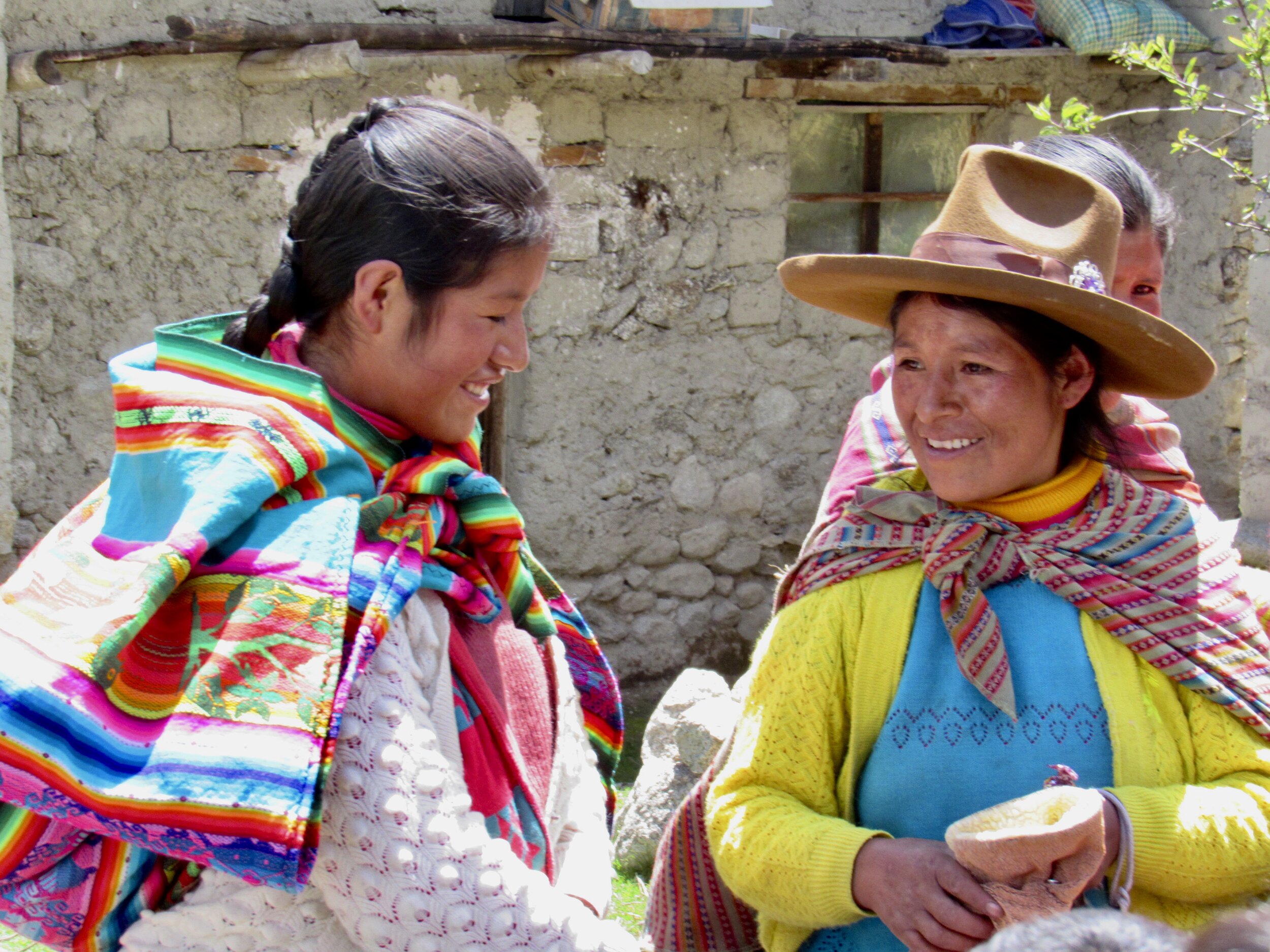
After everybody had a panettone and seconds on the hot chocolate, we asked one representative from each family to come receive 5 kilos of rice, a liter of vegetable oil for cooking, 1 kilo of salt with iodine (which is almost impossible to get up in the mountains) and two bags of oatmeal, which is fortified with vitamins and minerals for children. Malnutrition and anemia are serious problems up in the mountains.
Before we left, we gave everybody two oranges each. They were even more excited about the oranges than the hot chocolate and panettone. Several of the smaller children just ate the oranges as if they were apples, peel and all! I have no idea how often fresh fruit gets up to them, since they are at the end of a very long dirt road. The road was built only ten years ago, before which walking was the only way to get to or from Japu. People there own llamas and alpacas, but I didn't see any horses. I don't know if that would be a transportation option for a person who needed to get out for medical help. There is no regular transportation to Japu, so most people only walk. There is no cell service and they don't get any radio signals either.
The road to Japu, six hours from Cusco and almost three hours from Ocongate, goes up and over two passes. The highest of these passes is over 5,000 meters, this is where I finally got to see vicuña, which are an endangered, wild cousin of the llama. They are quite rare and normally very skittish. Usually, you only see them off in the far distance and as soon as you stop to take a photo, they take off. They can run very quickly up steep slopes of loose scree. For there to be vicuña in the area shows that the Q’ero are really taking good care of their land. That the vicuña were so close to the road is evidence that not only do cars rarely come this way but also that poaching is not a problem in the area. Illegal hunting is a big problem in Peru because there is practically no enforcement of hunting laws. Only in very protected areas are endangered animals actually safe. Thankfully, the Q’ero still have a deep respect for and close relationship with the Pachamama.
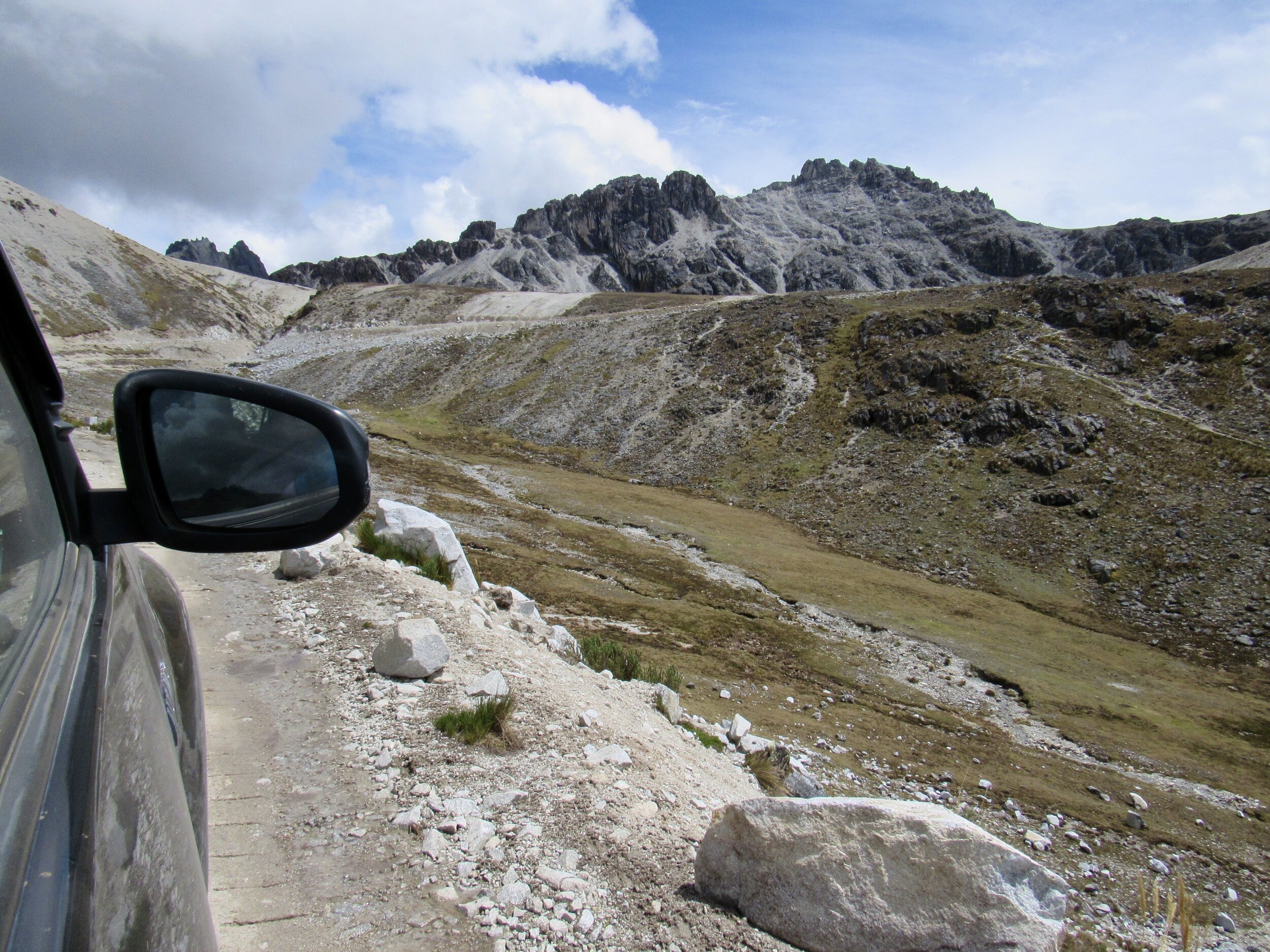
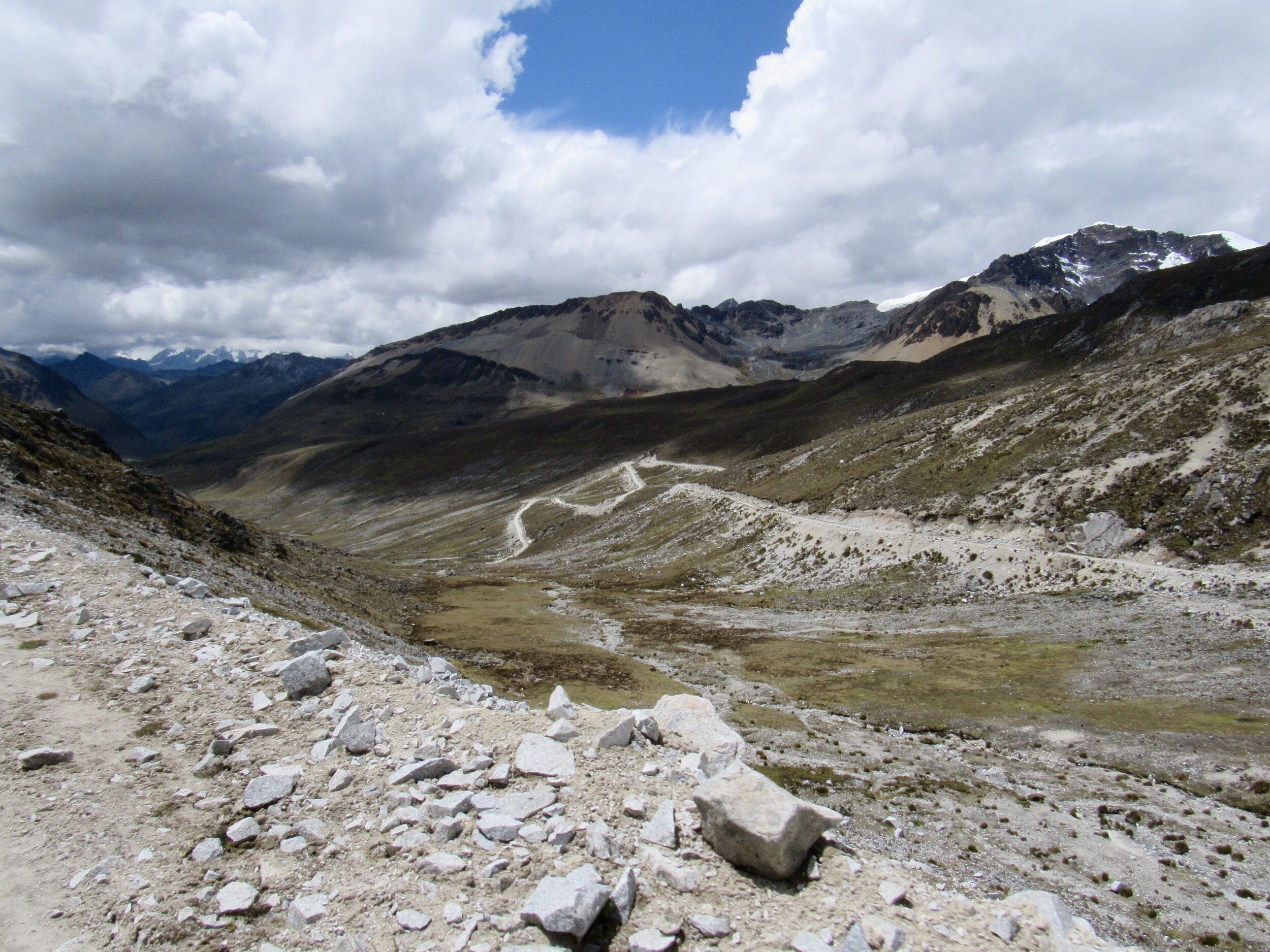
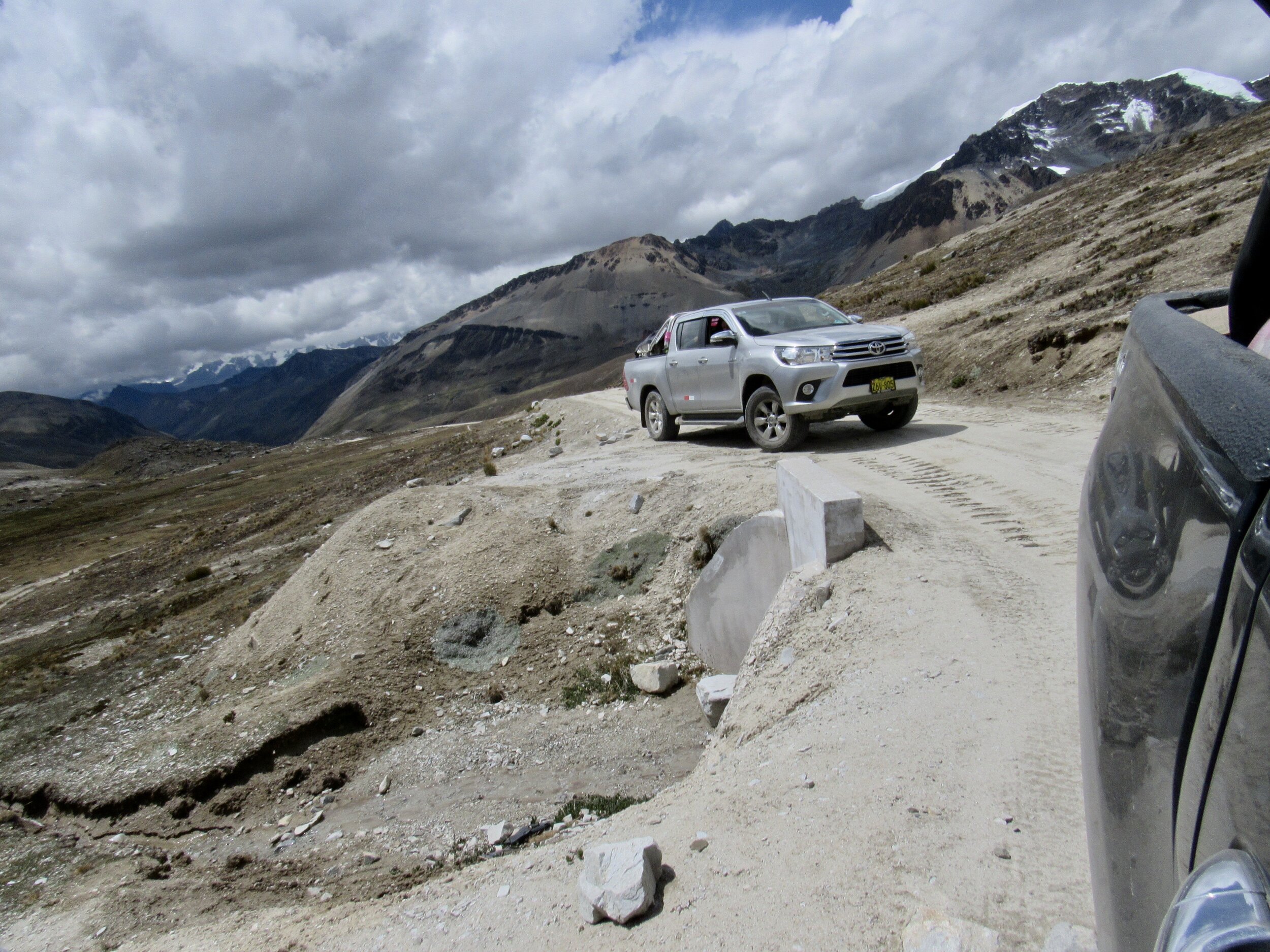
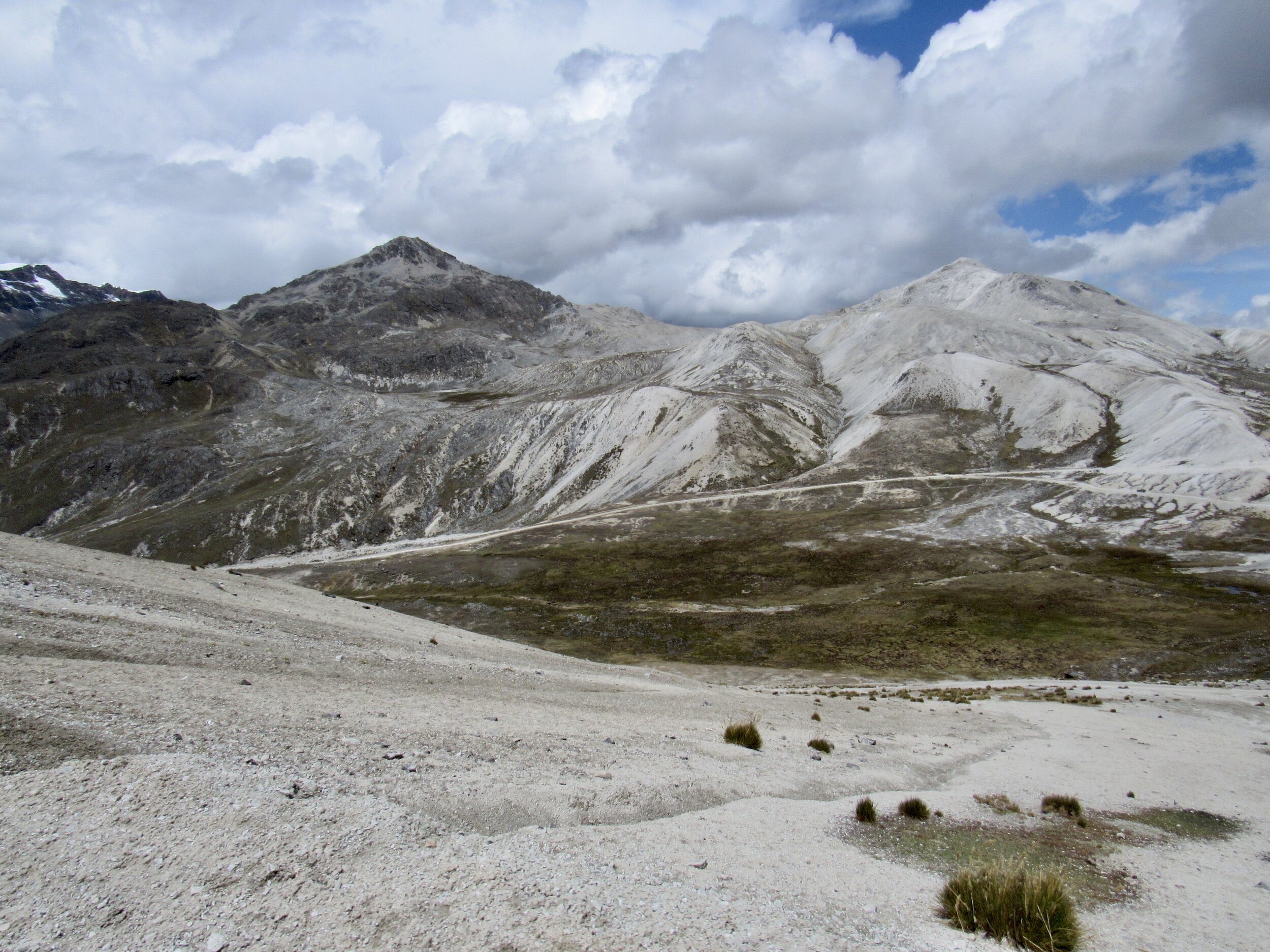
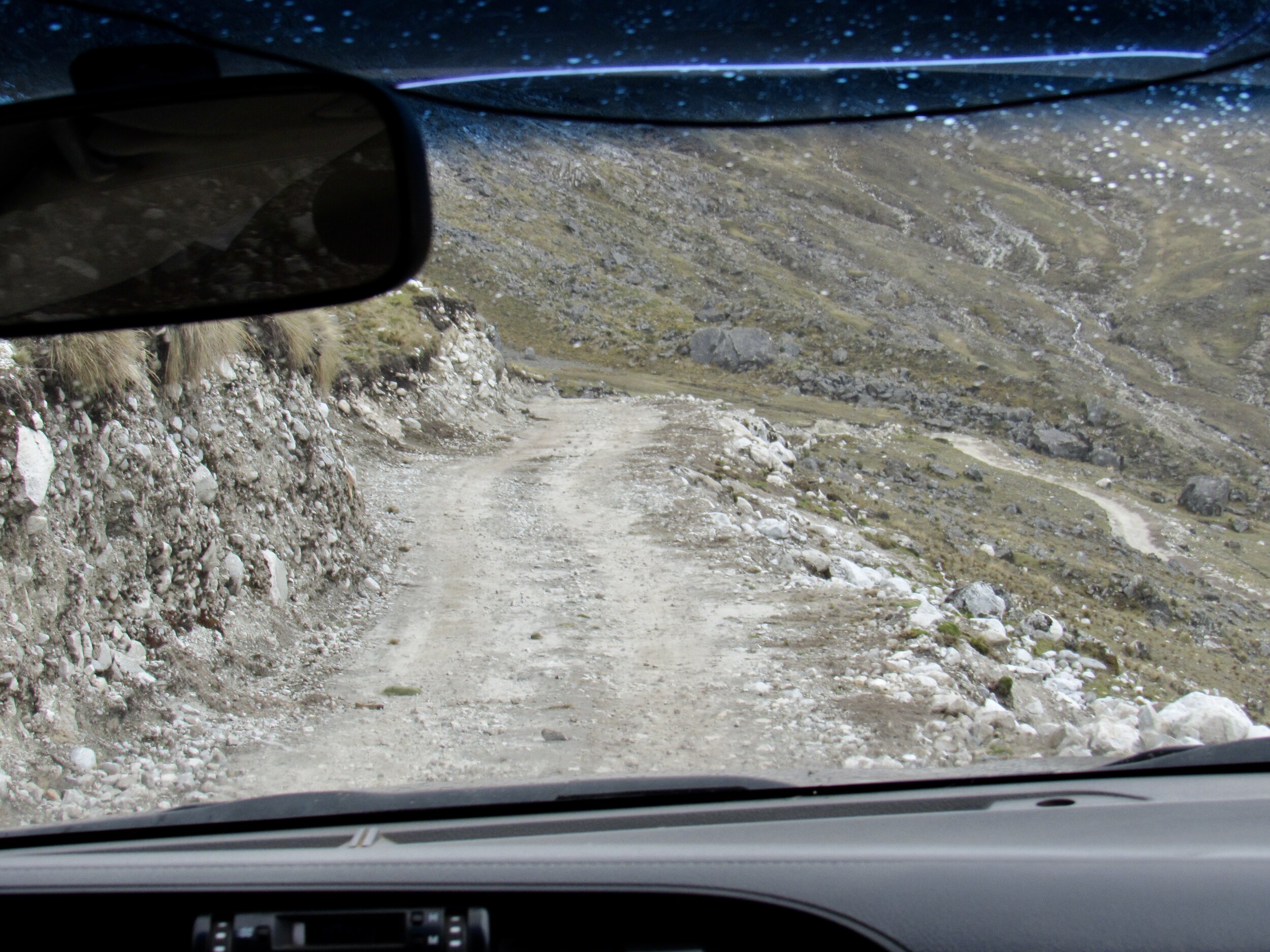
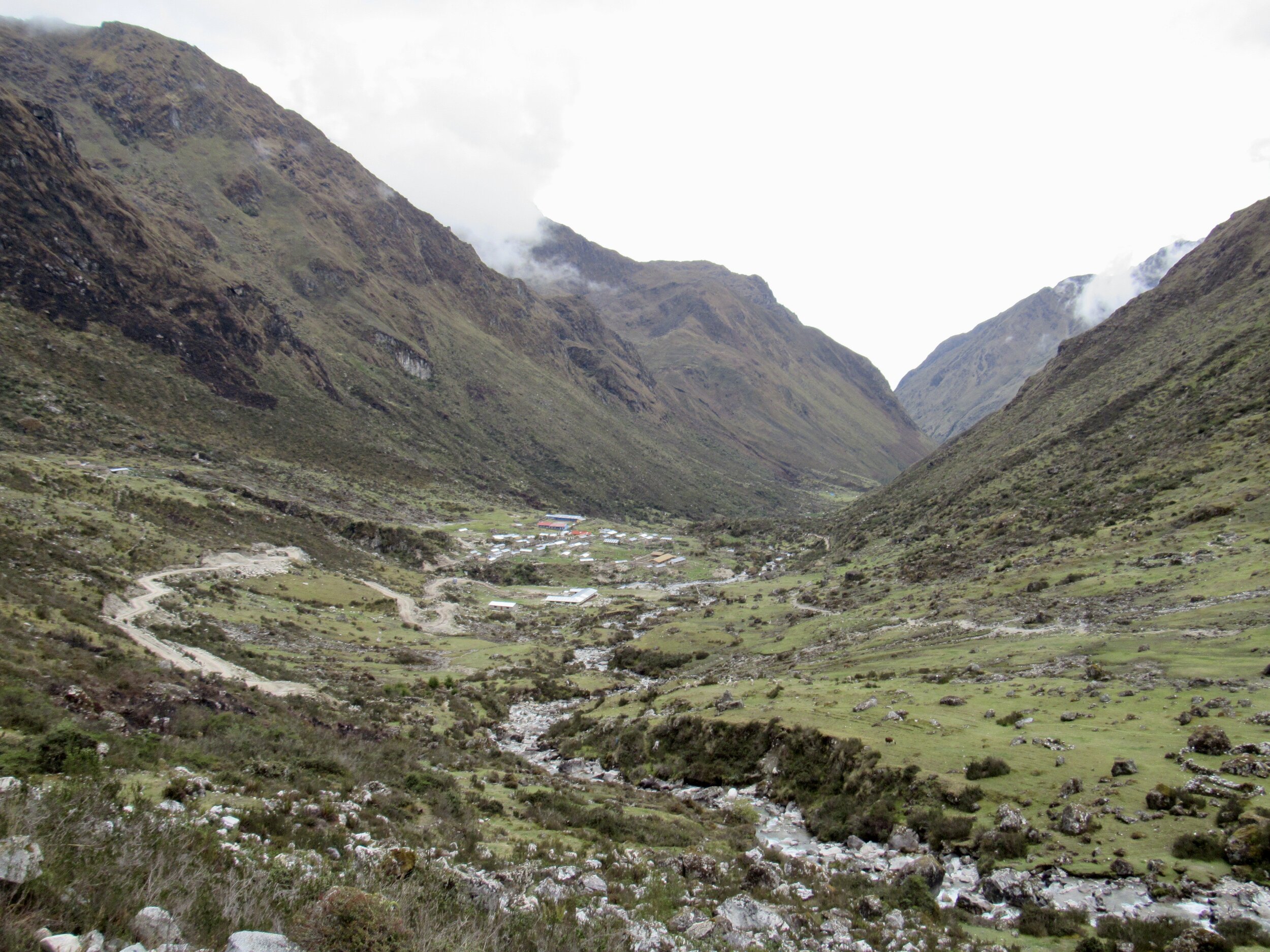

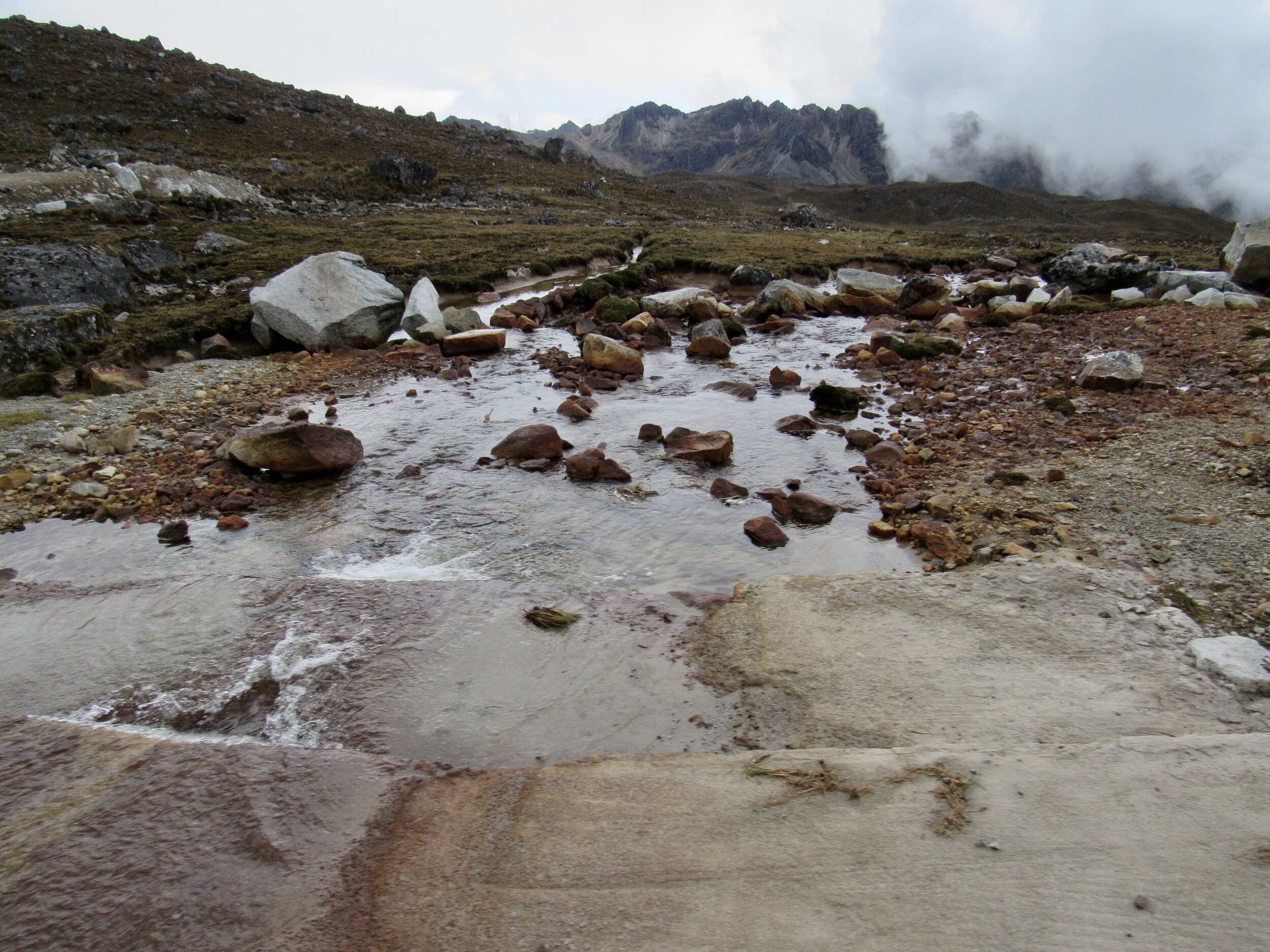
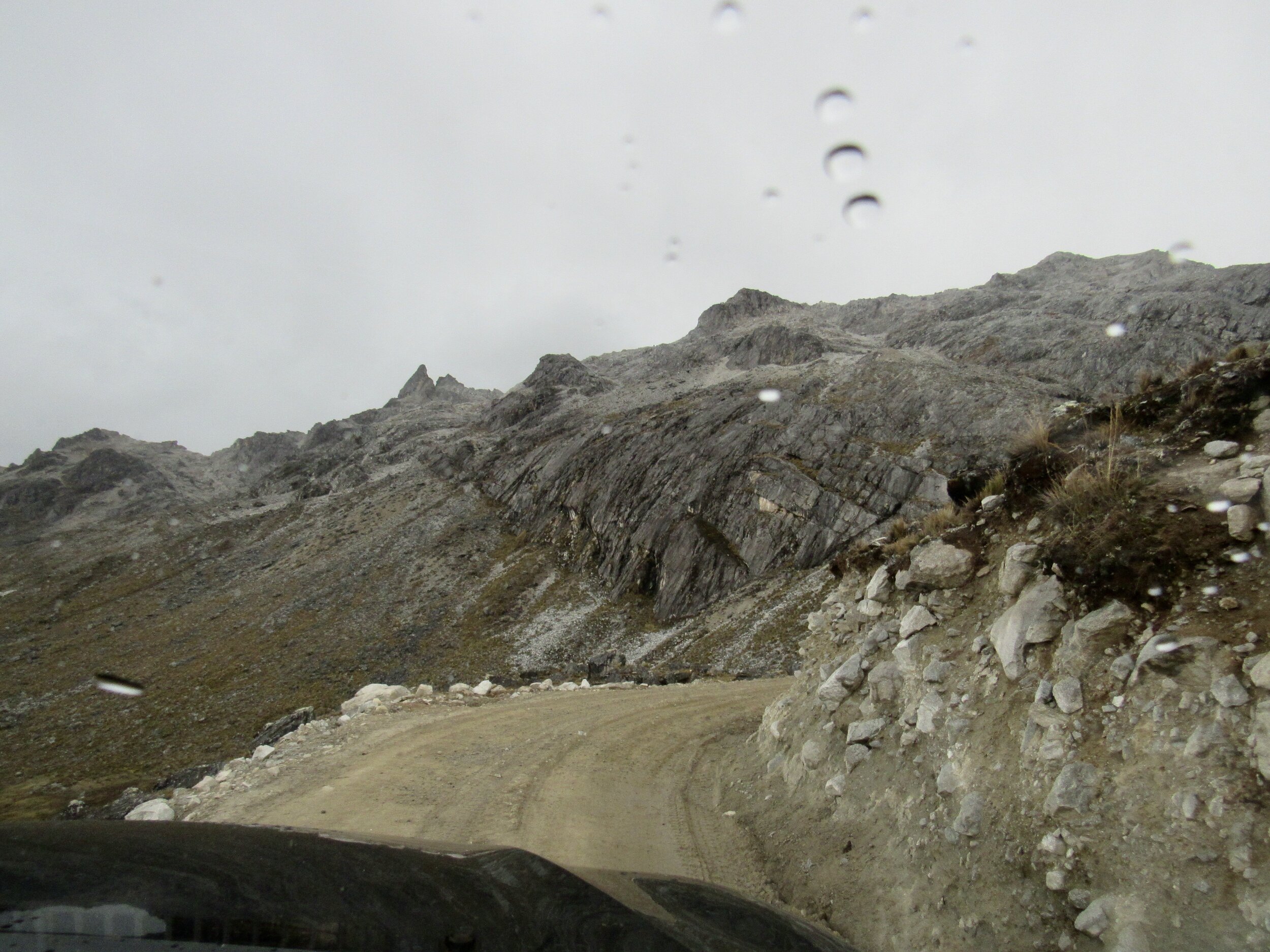
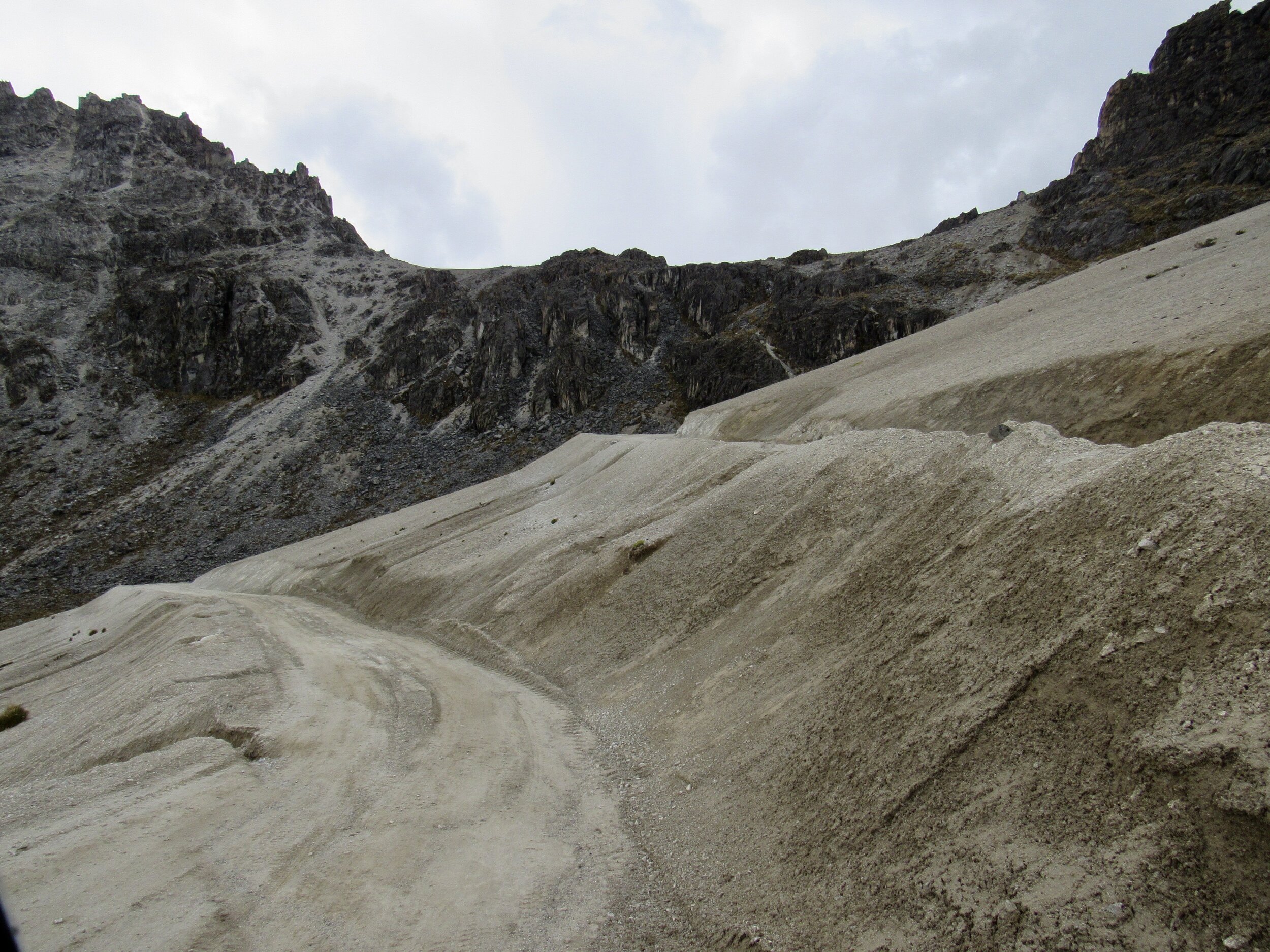
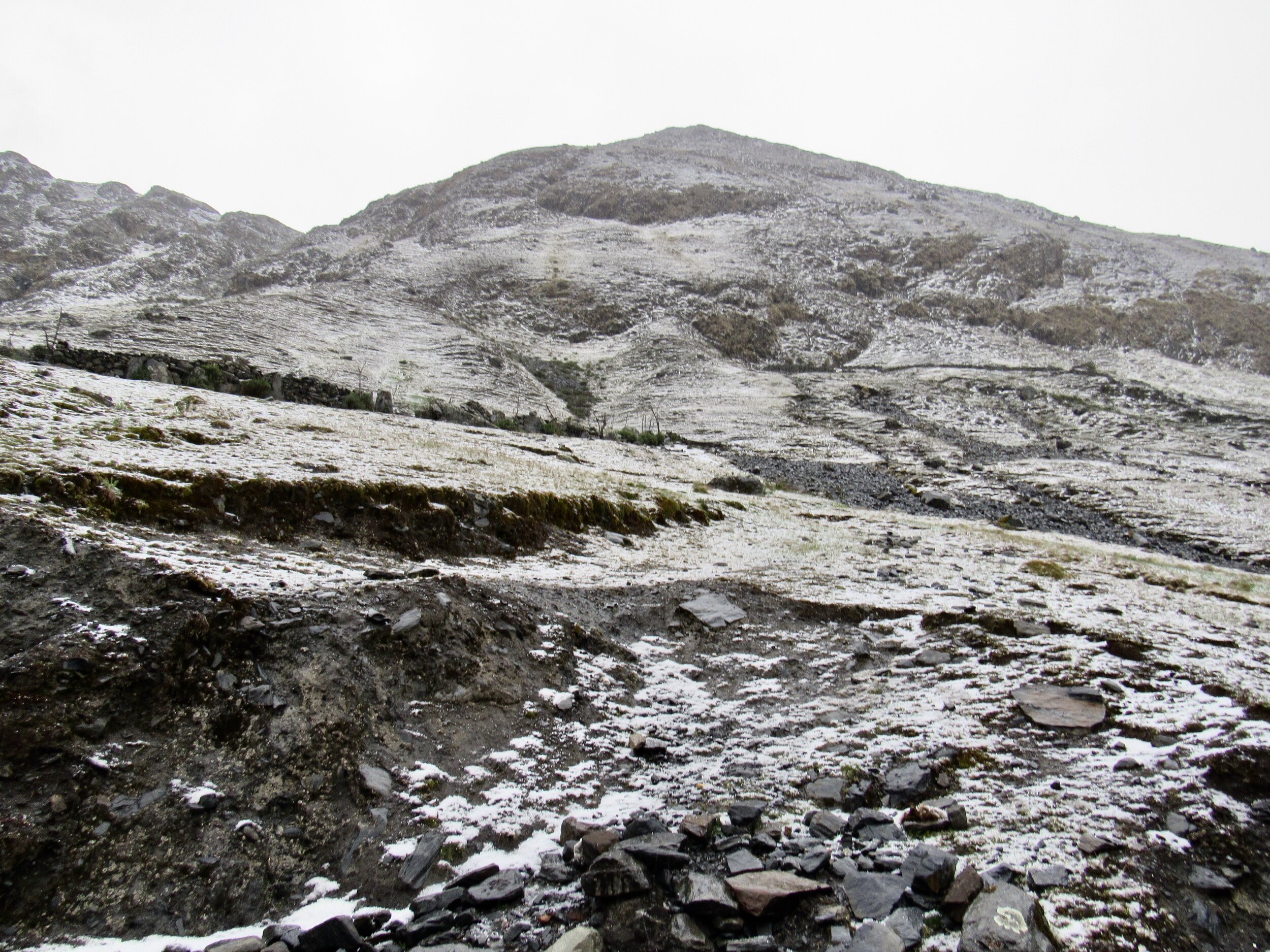
Now, we need the government to provide education in Quechua and healthcare for each village in the Q’ero Nation, so that people can keep their language and culture, but also benefit from the services that other Peruvians are afforded in towns and cities. I hope that living conditions improve so that the children we saw in Japu are able to stay in their community and keep their language and culture alive.
We got home after 8pm and I crashed almost immediately.
Monday, 14 December, 2020
Two days in a row felt like a lot, mostly because of the long hours on roads that make me carsick. I want to sleep or just read a book all day, but we’re setting out for another community on Friday, so I need to spend today organizing for next weekend.
I went to Wagner’s, to see if he could give us 4 kilos of rice and 2 kilos of sugar for the same price that he was giving us 5 kilos of rice. The answer was no, but the difference was small enough that I went for it anyway. Yes, people need food and rice is high calorie and easy to cook in just water. Sugar is not the same kind of necessity, but as I noted back in June, sweets can be very comforting for many people. I was stress-baking a lot during the first few months of quarantine and lockdown. The only thing that stopped my increase in sugar use was that Cusco ran out of butter. I can make banana bread with oil, rather than butter, but pie crust is just so much better with butter.
I spent about two hours negotiating back and forth with Jorge, trying to get him to go down a bit more on oatmeal and sugar. Thankfully, we have had a few extra donations come in, so I actually have more to work with than I had initially planned. If this were May through August, I would be saving it for the next community. However, there are only so many weekends in December and only so many days that we can actually go somewhere. That means I’ll just get to do a better job everywhere we go.
I’m not saving for next time. I’m hoping that there won’t be a next time. I never wanted to run a non-profit and still don’t. I named this the Covid Relief Project because I wanted it to just be a stop-gap while tourism was completely dead. I wouldn’t say that tourism is back to life yet, but it’s starting to wake up a little. We have tourists from Lima, even if we don’t really have any international tourists yet. I hope that the Covid Relief Project will not be needed quite so much after Christmas.
Tuesday, 15 December, 2020
My Christmas presents arrived today! Considering how long my last package took to get here, my Mom sent my Christmas presents a month ago, hoping that they would get here in December. They actually arrived over a week before I had expected them to get here. I’m not opening them yet. I’ll actually wait for Christmas.
Kerry is planning a giant Christmas event, per the usual Kerry party extravaganza. She wants the big family Christmas so badly that she’s renting a giant AirBnb so that we can all sit together at a giant table for Christmas dinner. I’ve committed to making an apple pie and cookies but am trying to stay out of the middle of everything. She’s also planning some gift exchange game that requires everybody to bring three gifts. I suggested a white elephant gift exchange, which only requires one gift per person, but she’s set on three. She was also set on spending a crazy amount of money on a smoked turkey and smoked ham. Sonia talked her into buying a frozen turkey and roasting it ourselves, but she wouldn’t budge on the ham.
Whatever ends up on the table, I am sure that it will be an extravagant Christmas for all of us.
Wednesday, 16 December, 2020
When we backpacked around Mt. Ausangate three weeks ago, Auqui did all of the planning and organizing and guiding. Despite all of the work he put into the trip, and all of the work he did as guide every day, he told everybody that he considered this a friends’ trip and that he didn’t want tips. I think everybody was a little disappointed by that, not knowing how to thank him enough. I suggested that they buy him drinks at the hot springs or take him out for lunch or dinner when we got back to Cusco.
Today Sair, the guy we started calling General on the trip, since he was in the military in Colombia for a couple years, took Auqui and I out for ceviche. This is by far my favorite Peruvian food, and I do consider it Peruvian. Several countries in the Americas claim to be home to ceviche, but since each country does it a little differently, I think they’re all right. Peru is certainly the birthplace of the kind of ceviche that we eat here.
Peruvian ceviche is “cooked” in cold lime juice. They use tiny limes here, which are similar to key limes and have a very distinctive flavor, compared with the limes you would get at most grocery stores in the US or Europe. It’s usually topped with hot peppers, thinly sliced red onion, accompanied with slices of sweet potato and fresh corn cut off the cob.
It’s also served with “leche de tigre” which is the white, milky juice that’s leftover from cooking the fish in lime juice. It’s spicy, has a strong lime flavor and usually comes in a shot glass. That might sound kind of gross, but it’s really good. It’s more of a coastal food, but since just about anything can be flown to Cusco, we can get fresh enough fish here to make the ceviche almost as good as what you can get in Lima. I mean, now that the airports opened again, you can get just about anything in Cusco again. When the airports were closed from March 15th to August 1st, I wouldn't have eaten ceviche in Cusco, even if the restaurants had been open.
Thursday, 17 December, 2020
My Mom sent me a letter to teachers today, written by Theresa Thayer Snyder, who used to be superintendent of public schools in upstate New York. The letter is eloquent and concise, and I highly recommend reading the whole thing. She implores teachers to remember that their students “need to be given as many tools as we can provide to nurture resilience and help them adjust to a post pandemic world.”
I appreciate that she points out that “their brains did not go into hibernation during this year.” Kids have learned so much this year. They know more about what a virus is, how they travel, how contagious diseases work and how to deal with isolation than any other generation, ever. Yes, we’ve had pandemics before, but we didn’t always have the same scientific knowledge. Maybe kids haven’t been able to spend as much time focusing on math, but I bet that the amount of time that they’ve had to focus on science has more than made up for it.
I really hope that somebody doing a doctorate in education studies what it is that kids did learn this year. What did they learn about humans as social animals? What did they learn about the differences between how introverts and extroverts handled isolation? More importantly, what did they learn about themselves during this ordeal?
As much resilience as we have all needed to get through nine months of pandemic, we will need more. Yes, some countries have begun distributing a vaccine, but this pandemic is far from over. We are not really that close to a post pandemic world yet. Not that teachers shouldn’t start preparing for when we do get there. In my twelve years teaching I learned that there is no such thing as over-planning. There are an infinite number of ways that children can act and interact, with each moment requiring the teacher to think on their feet. The more scenarios you have gone through in your head and more importantly the more experience you have working with children, the better you are likely to respond to the situation.
All of us need to start thinking about how we are going to adapt to whatever the post pandemic world will look like, even if we have no idea what it will look like.
Friday, 18 December, 2020
This morning I had to run around town a bit, getting the last few things that we’ll need for the weekend. I first went to the wholesale fruit market, where I negotiated the price of a hundred oranges from s/24 down to s/22. Last week we paid s/28 for a hundred, so I shopped around at a few other vendors. I got two sacks of 400 each for tomorrow and two sacks of 300 each for Hatun Q’ero on Sunday.
I got a station wagon taxi to take everything to the Maytaq Wasin, so that later in the afternoon we could pick up the oranges and the clothes at the same time. The next errand was to the San Pedro market where I got another three kilos of pure cacao. Of the sixteen kilos that Auqi and Henry originally bought, we only had three left for Saturday and one left for Sunday. I now have two for Sunday and two more for the chocolatada that we’re doing after Christmas. There is still plenty of cinnamon and cloves from the kilo of each that the guys bought.
Then I rushed home to get my stuff ready to spend the night in Ocongate and be ready for cold and rain and sun tomorrow. We’re going to be up at the altitude where you can easily get four seasons in one day, so you really have to be ready for anything.
I walked down to Wagner’s around 4:00 to meet the truck that the mayor of Paucartambo sent to take us and all of the food to Ocongate tonight. It was another four hours of twisty mountain roads. We got there well after 9:00, just in time for a very late dinner, then we were taken to a hostel where all of us crashed almost immediately.
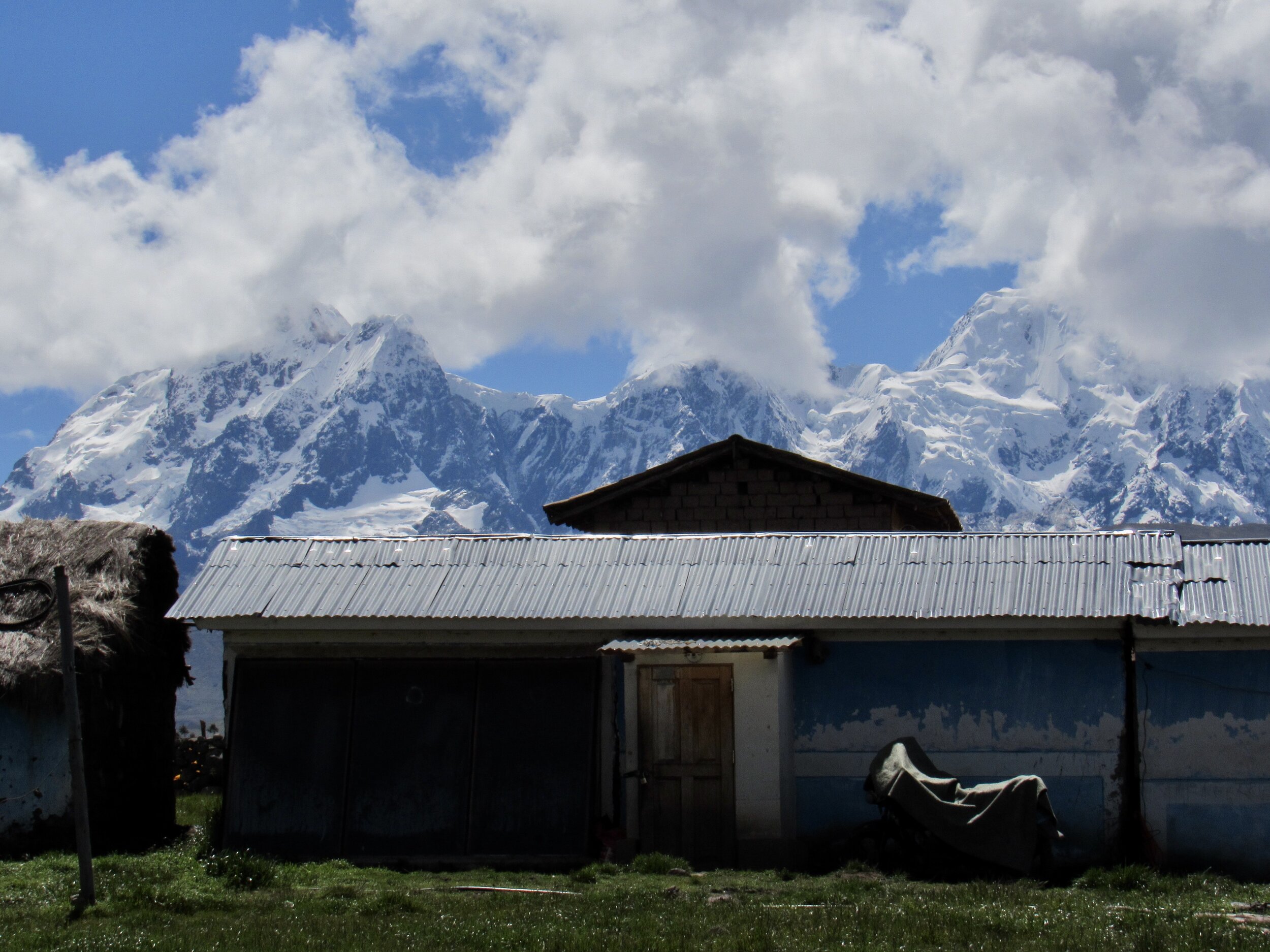
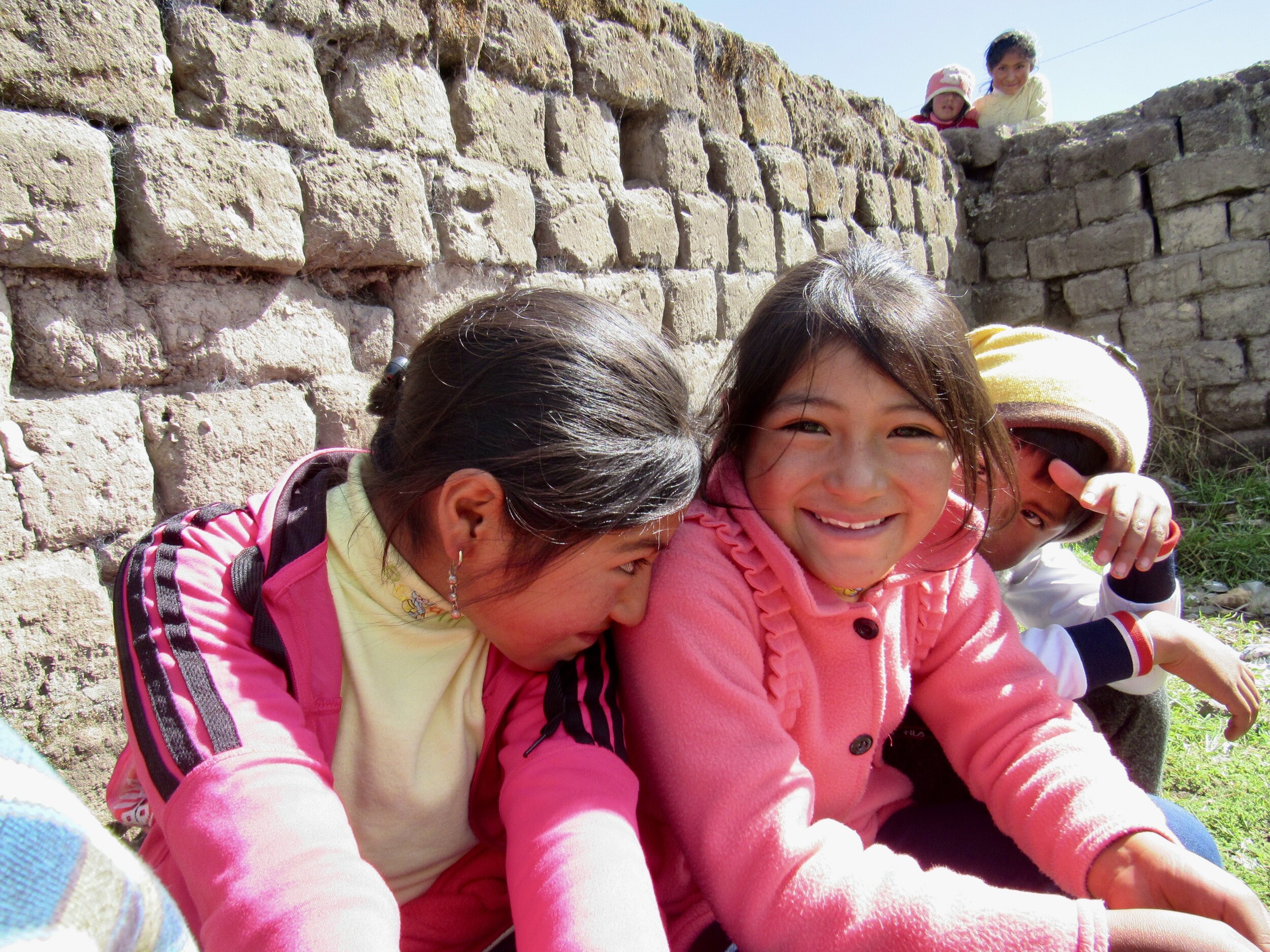
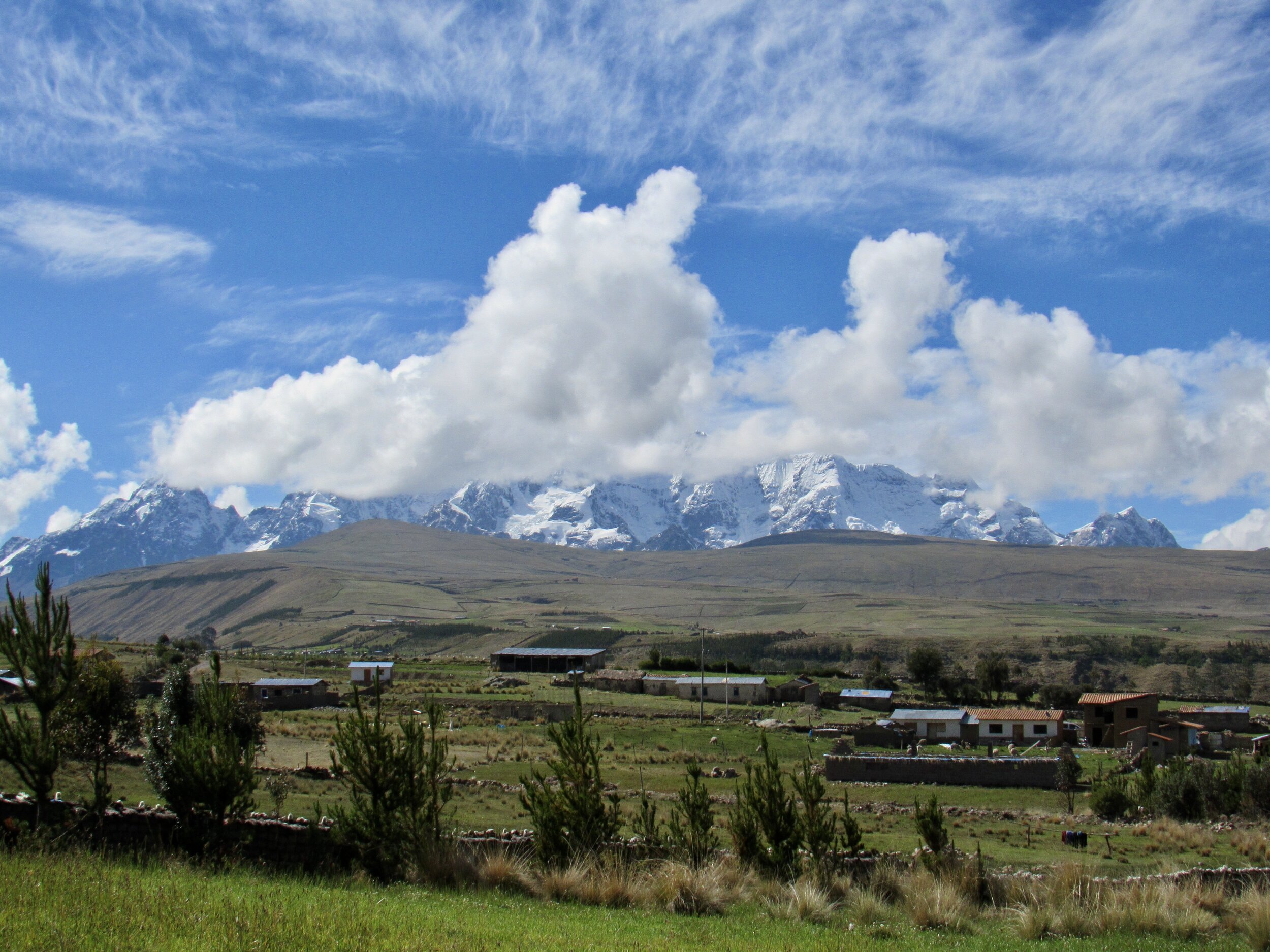
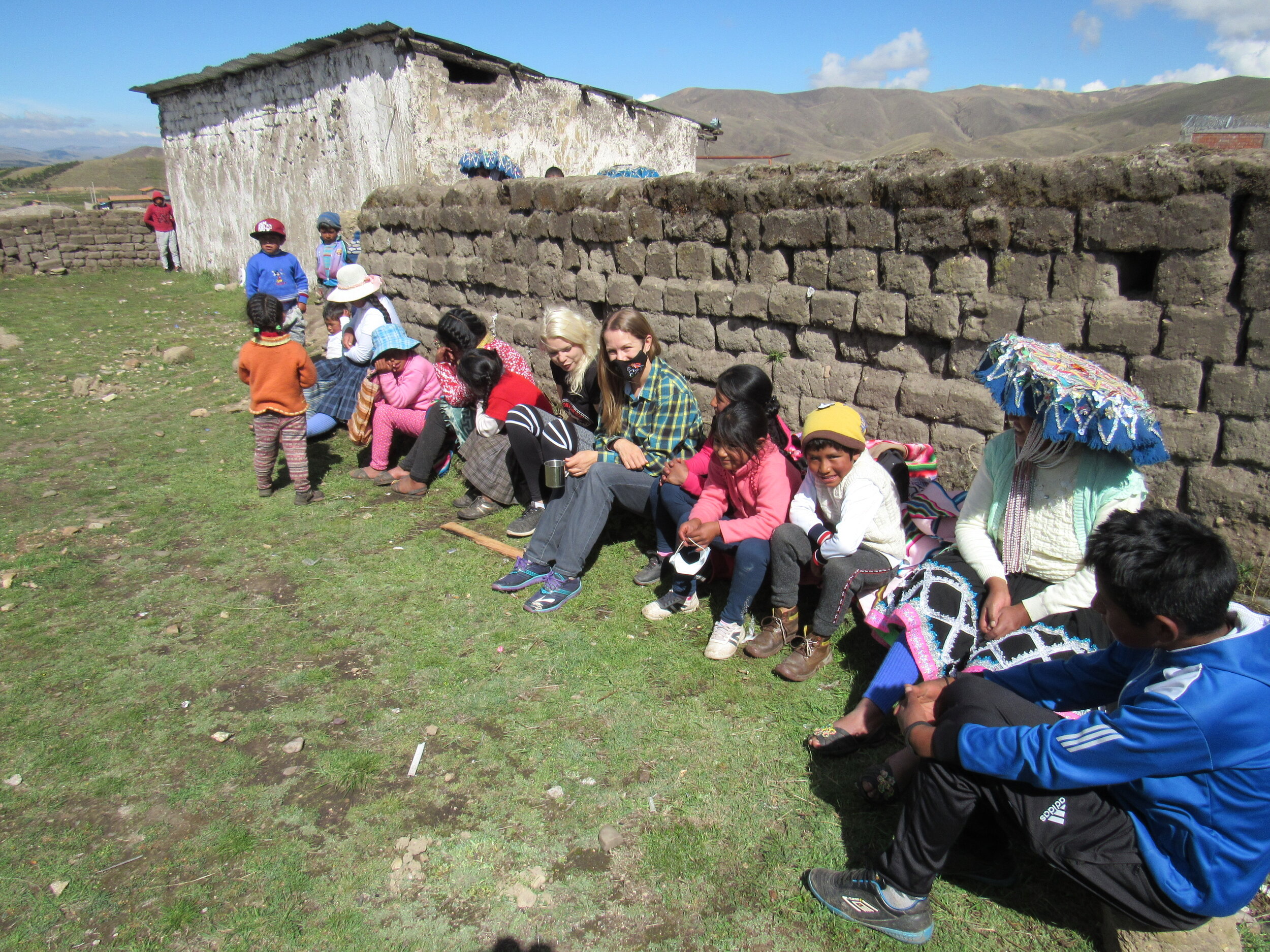
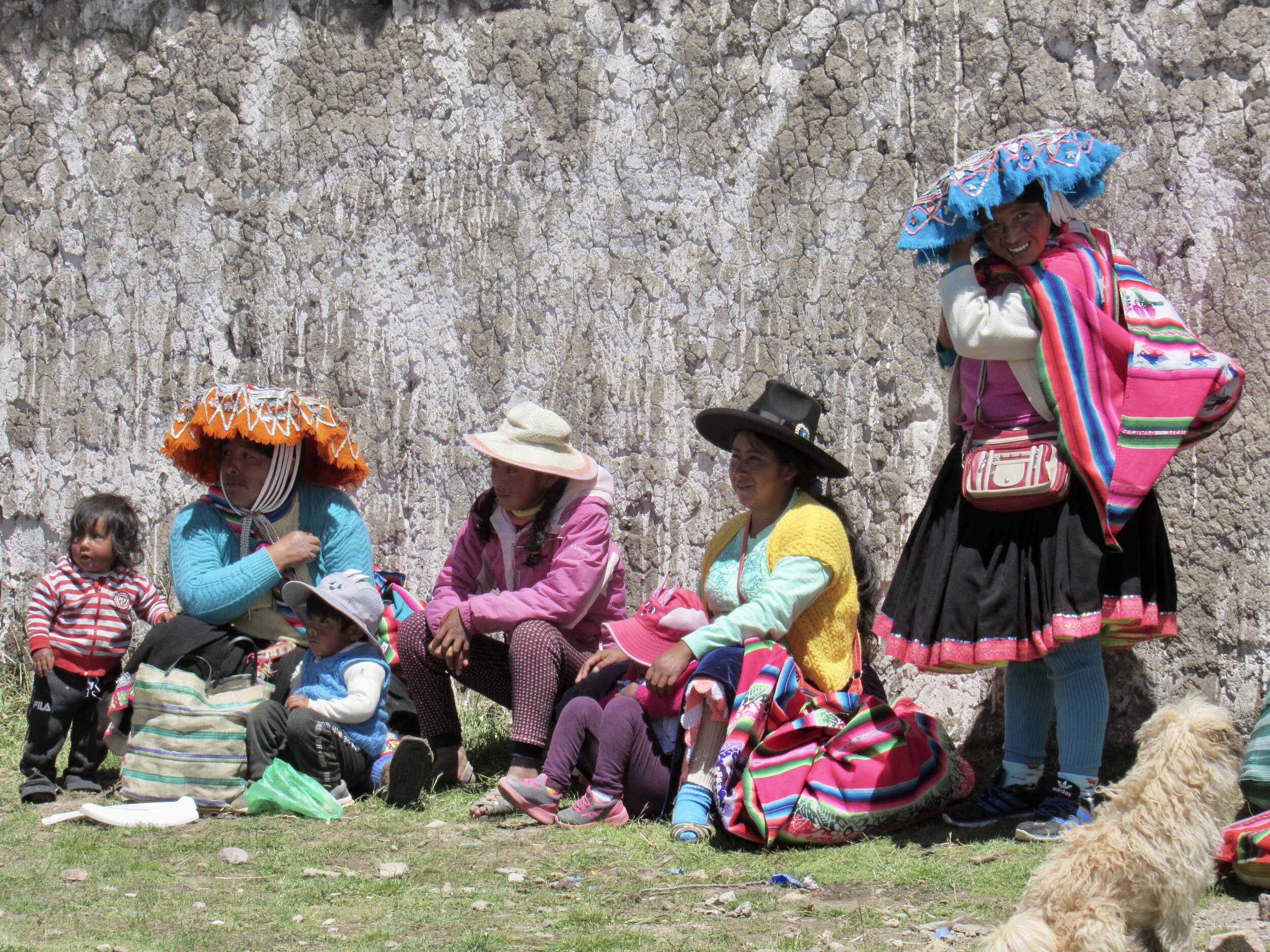
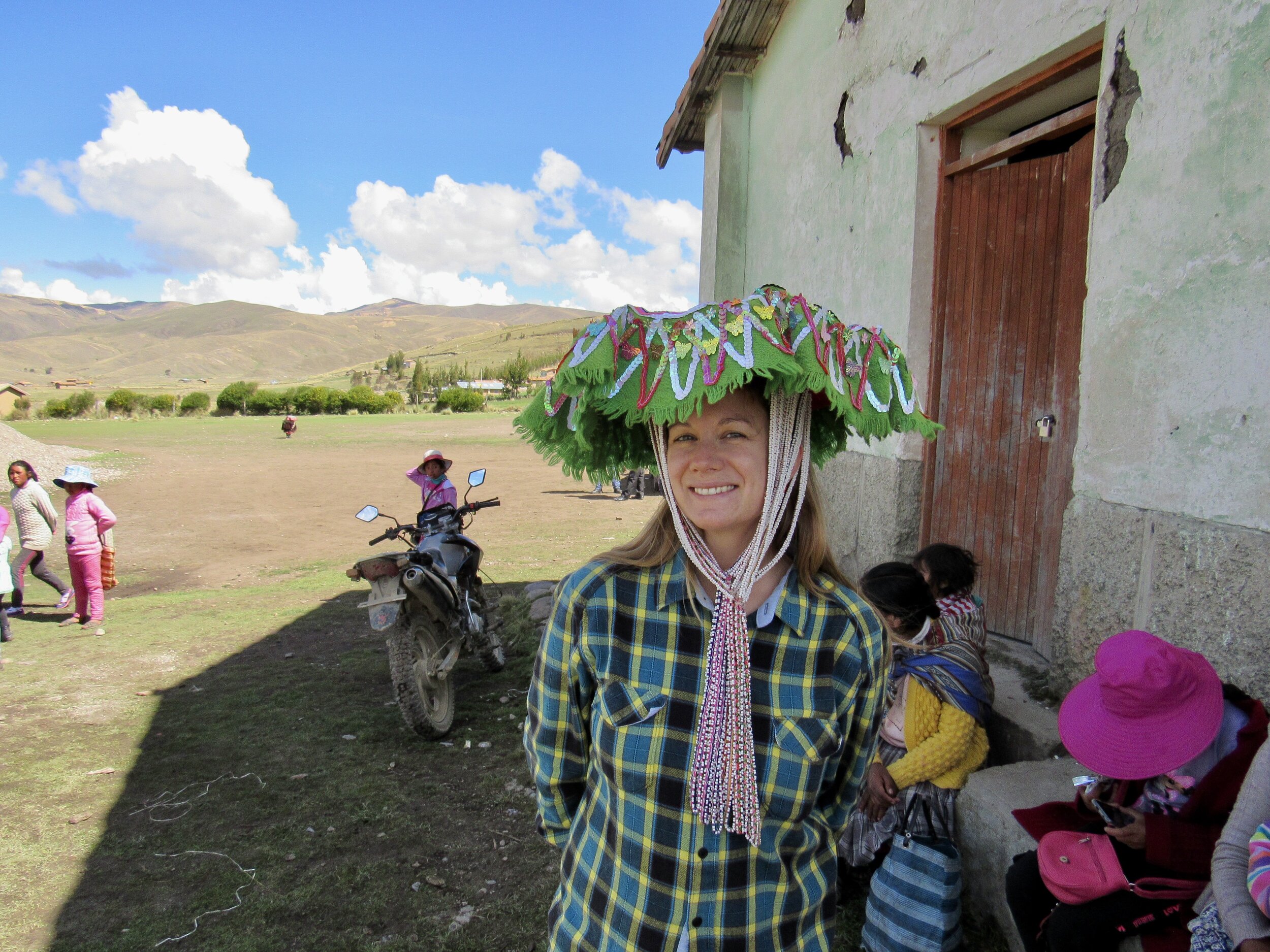
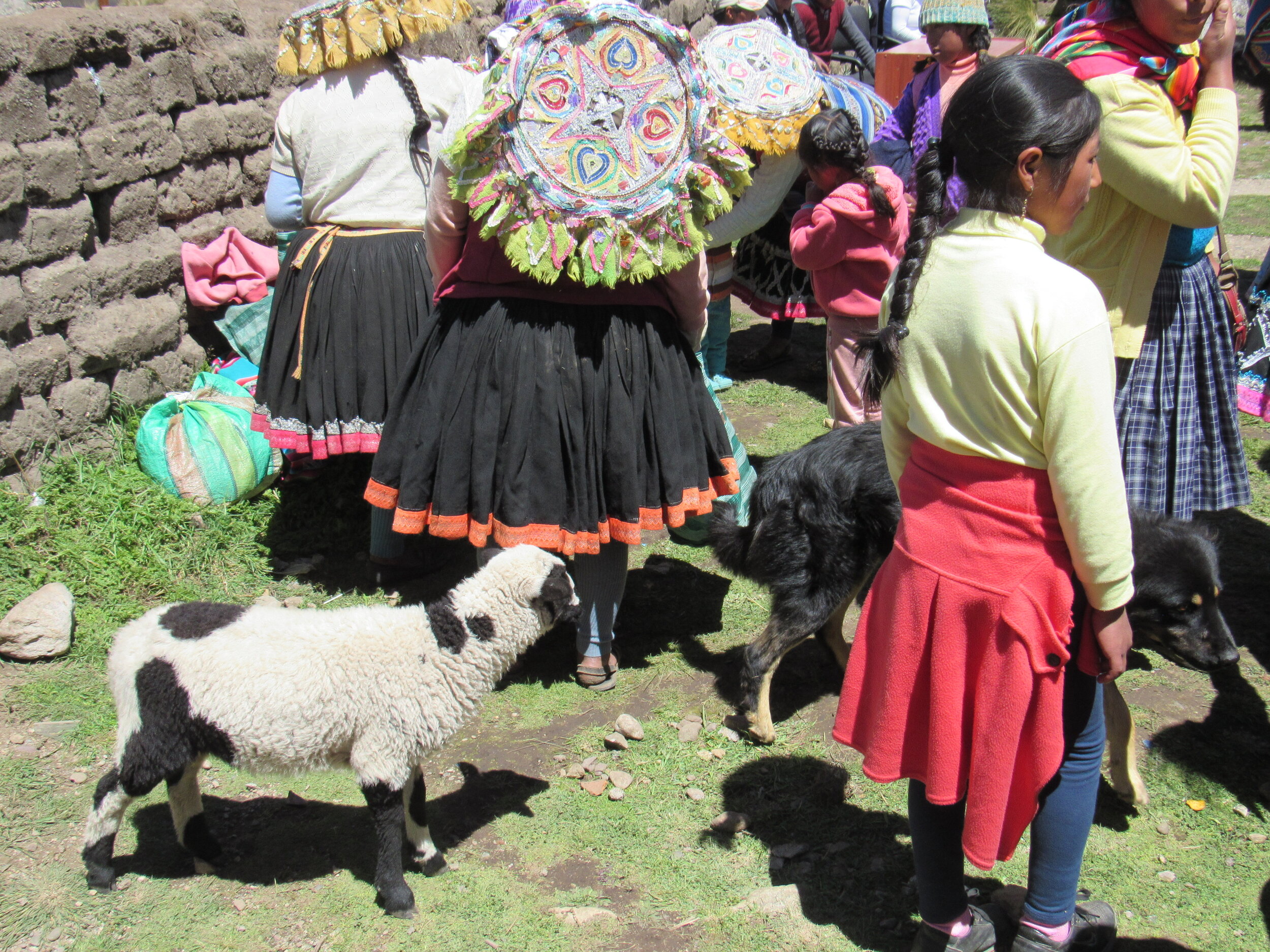
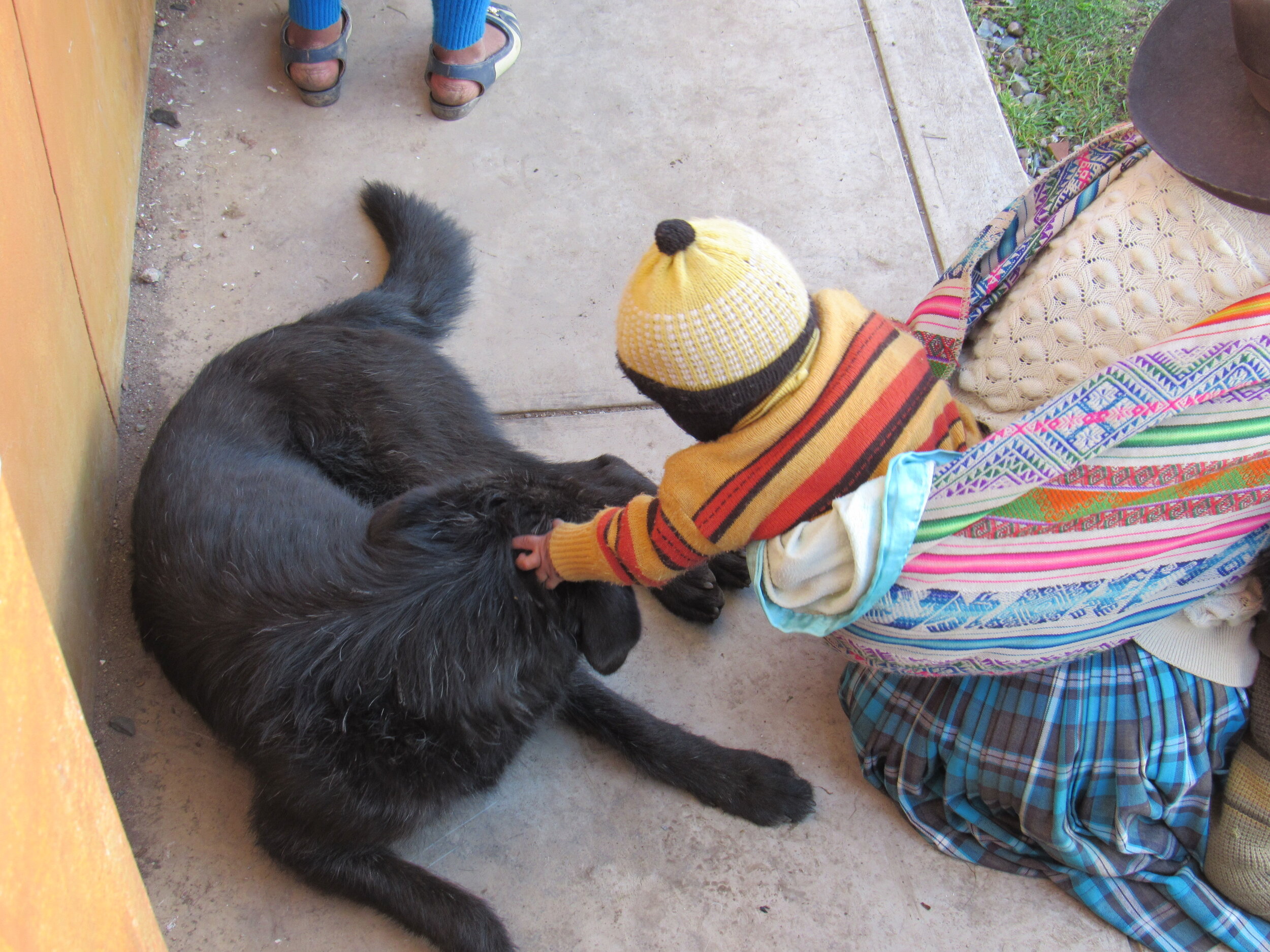
Saturday, 19 December, 2020
We got up at 5:30 and first went to the market for coca leaves and sugar. Yesterday in our rush to get out of town I forgot the sugar back at the hotel. At least we got all of the food and clothes and the rest of the hot chocolate supplies. The coca leaves are for the elderly people who come to the chocolatada. We have clothes for the kids and 4 kilos of rice and 2 kilos of sugar for the adults. I’ve felt like we’ve left out the village elders a bit in the past, so this time we made sure to have a little something for them too.
Coca leaves are chewed and give you the same effect as a cup of coffee and an ibuprofen. They’re great for headaches, or any kind of aches for that matter. Hence, their popularity with the elderly. They can also be used to make cocaine, but it takes about 600 kilos of leaves to make one kilo of “cocaine base,” according to Recovery.org. In my experience, the leaves themselves are much less addictive than coffee.
Coca leaves are also very sacred in all Andean traditions, despite the fact that they’re from the Amazon jungle, not the Andes. However, the harsh life in the Andes, especially living at high altitude, often requires medical assistance of some sort. The oldest medicine in South America is coca leaves and they have taken on special cultural significance because of what seems to be magical powers.
Today went pretty similarly to the previous three chocolatadas. We made sure that the women making the hot chocolate got the chocolate, milk, sugar, cloves & cinnamon. Then we handed out clothes to the kids. Then we had the chocolatada, making sure that everybody got a panettone and at least one cup or bowl of hot chocolate. Lots of kids had forgotten to bring a cup and lived too far away to go home. They either borrowed somebody else’s cup or found a water bottle or something that could hold liquid. We did our best to be sure that everybody got hot chocolate and I hope nobody got left out. I’m really bad at estimating how many people were there, but I would guess at least four hundred.
After the chocolatada, we gave out the oranges, rice and sugar, along with some leftover panettone. Unfortunately, Saturday is also market day in Ocongate, so there were quite a few adults missing from Marampaqui. The mayor of Ocongate was a huge help with calling out kids to represent their family and receive the donations. We really rely on local leaders to know who is in which family and keep track of who has already received their donations. By the end of it, there were still 16 families missing, so we entrusted their donations to the community president.
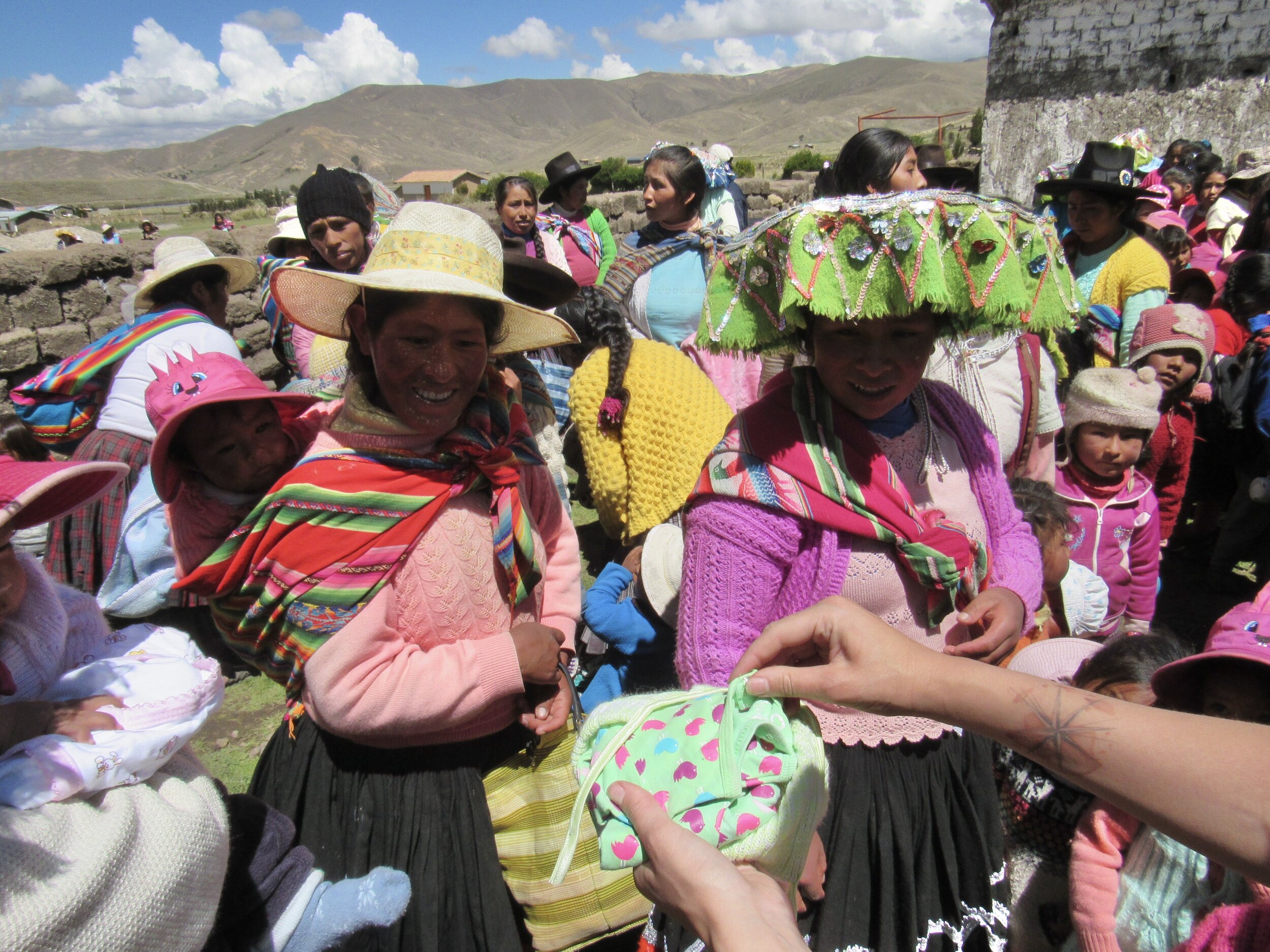
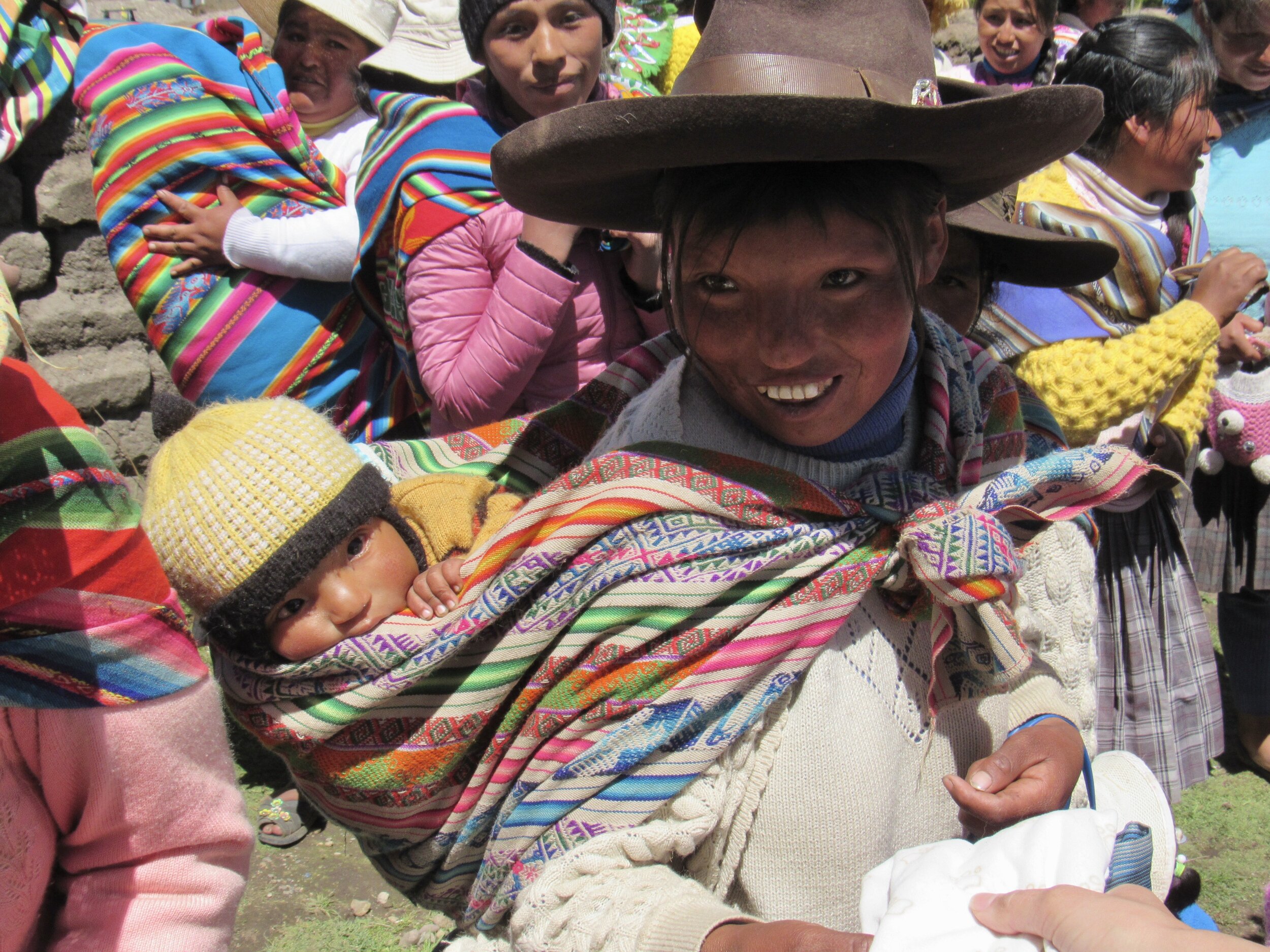
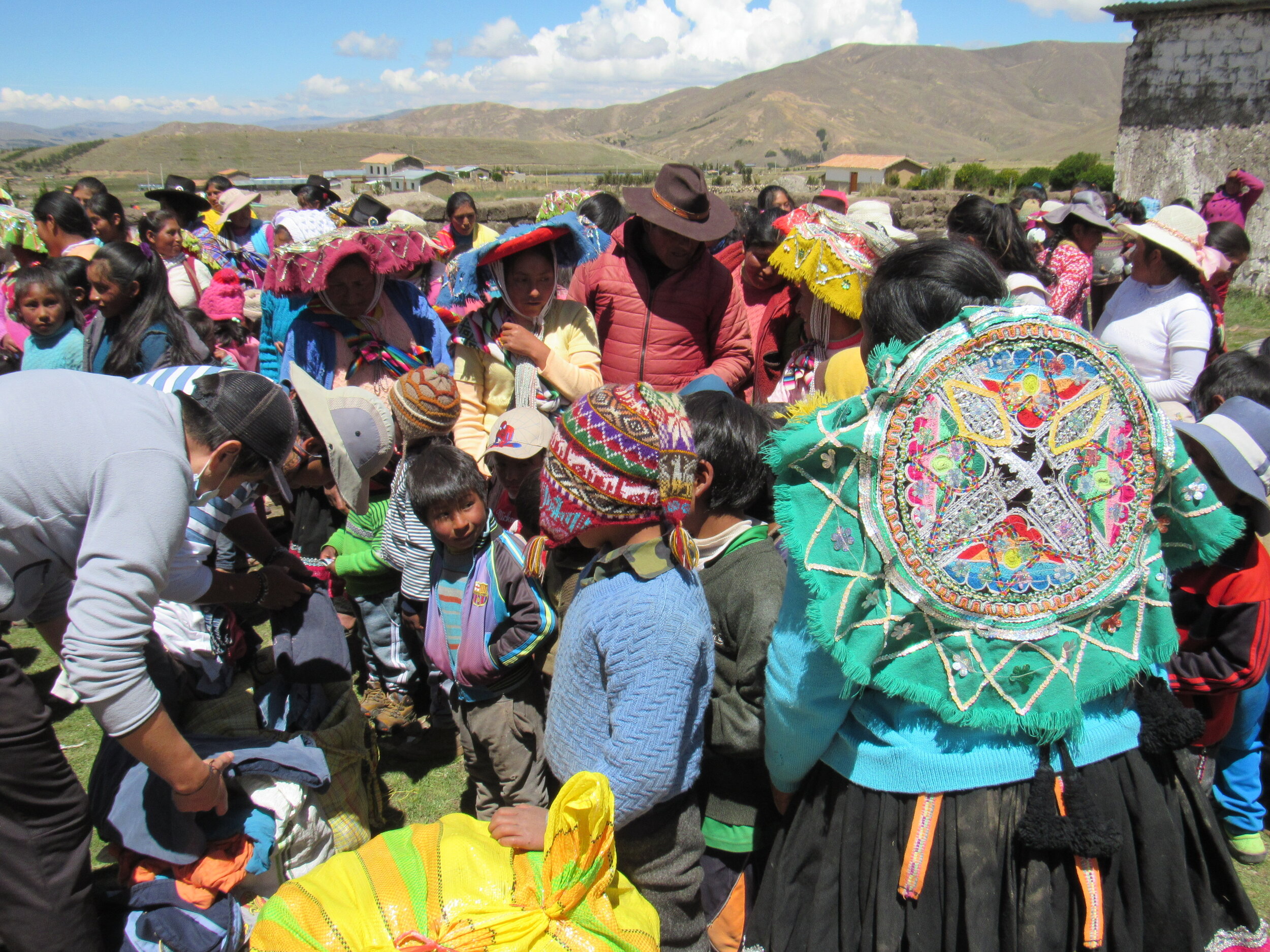
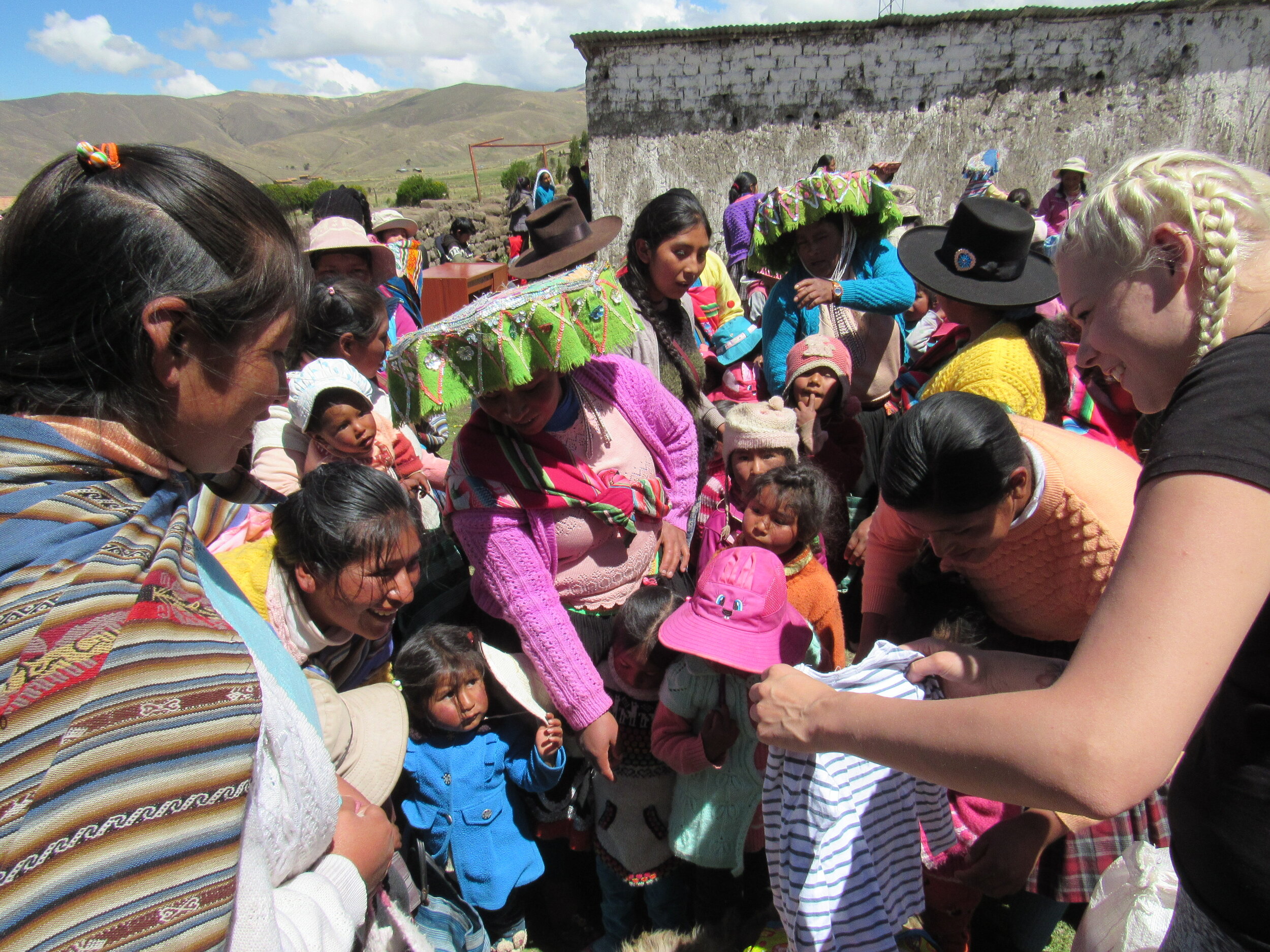
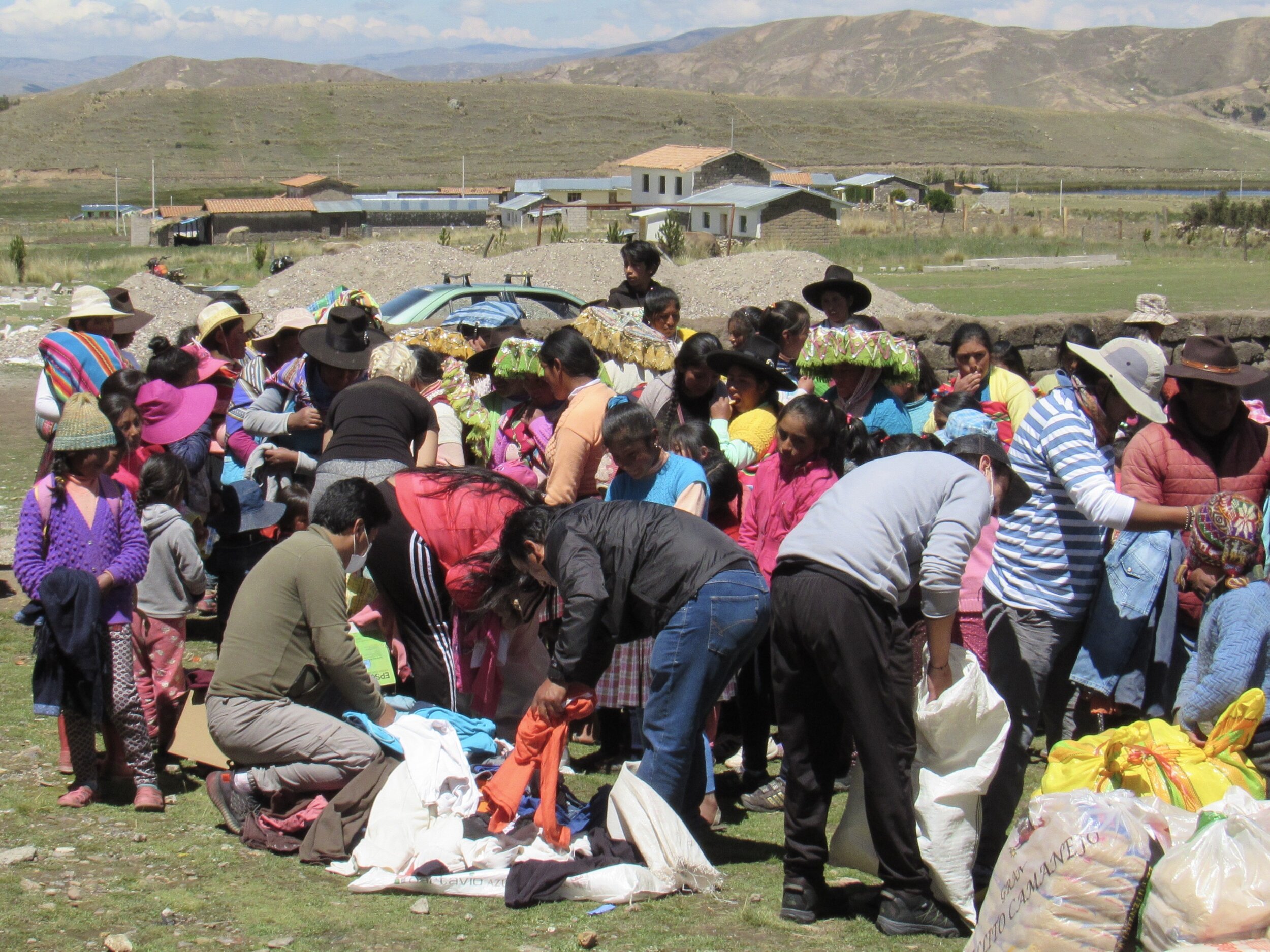
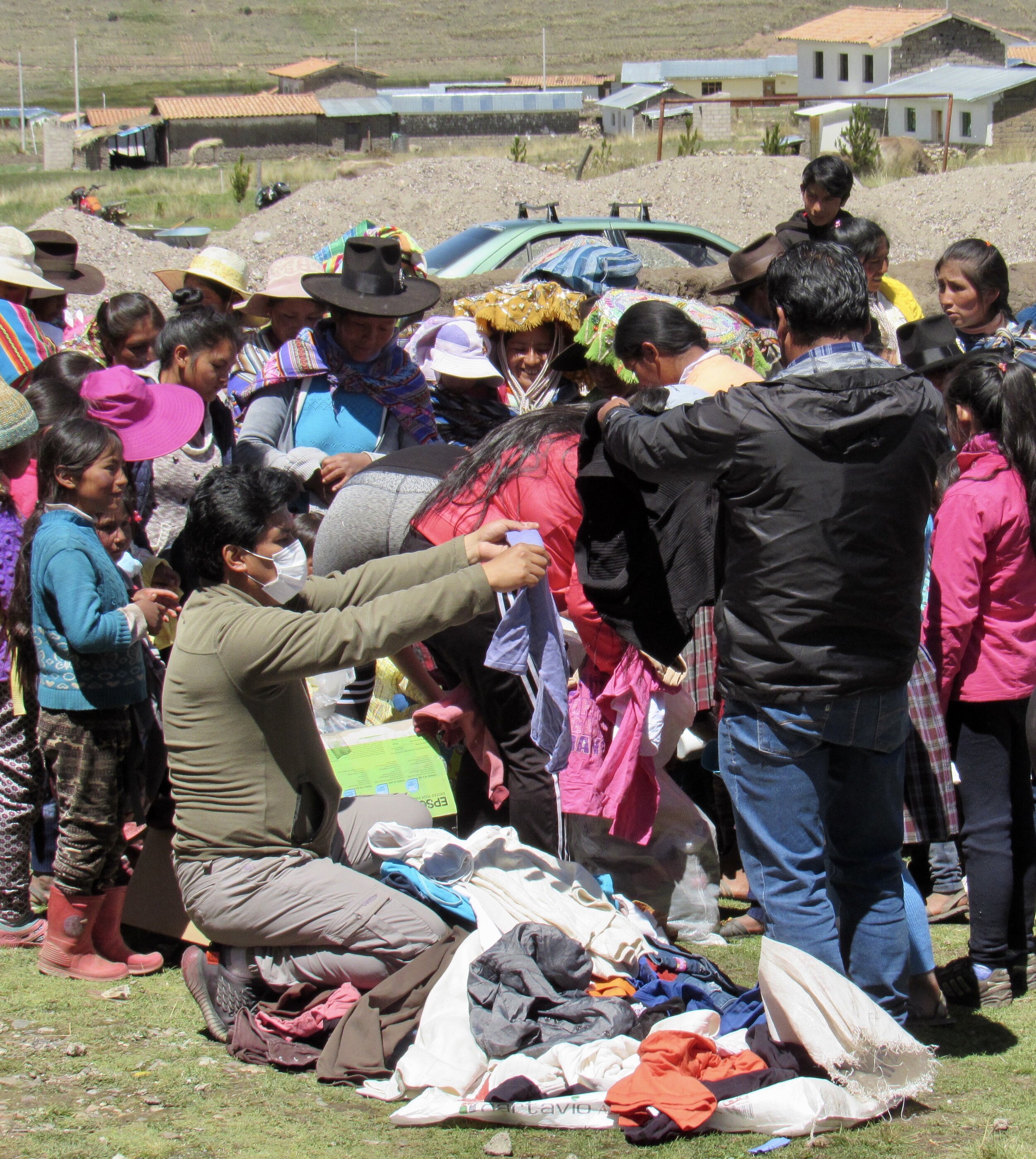
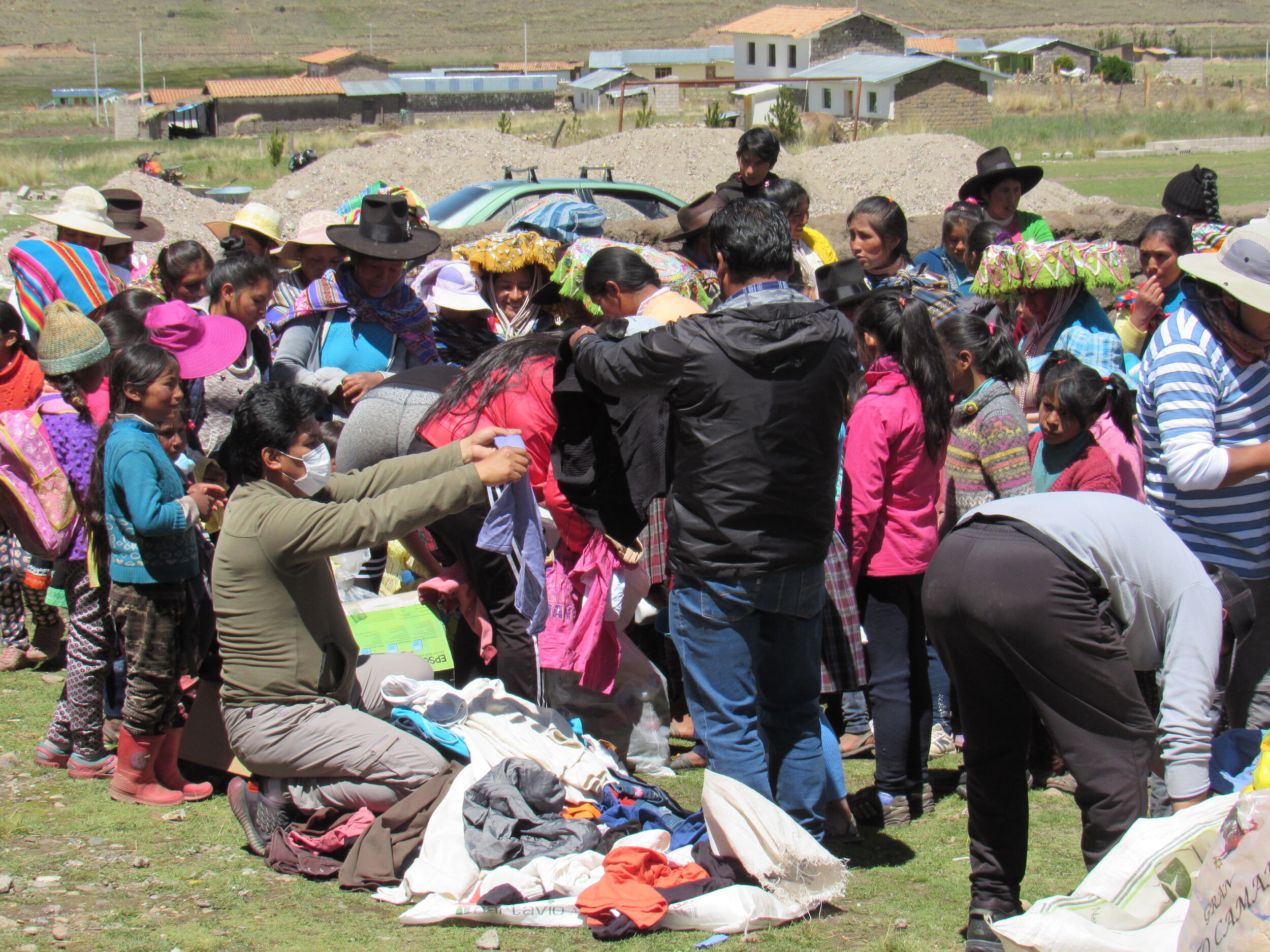
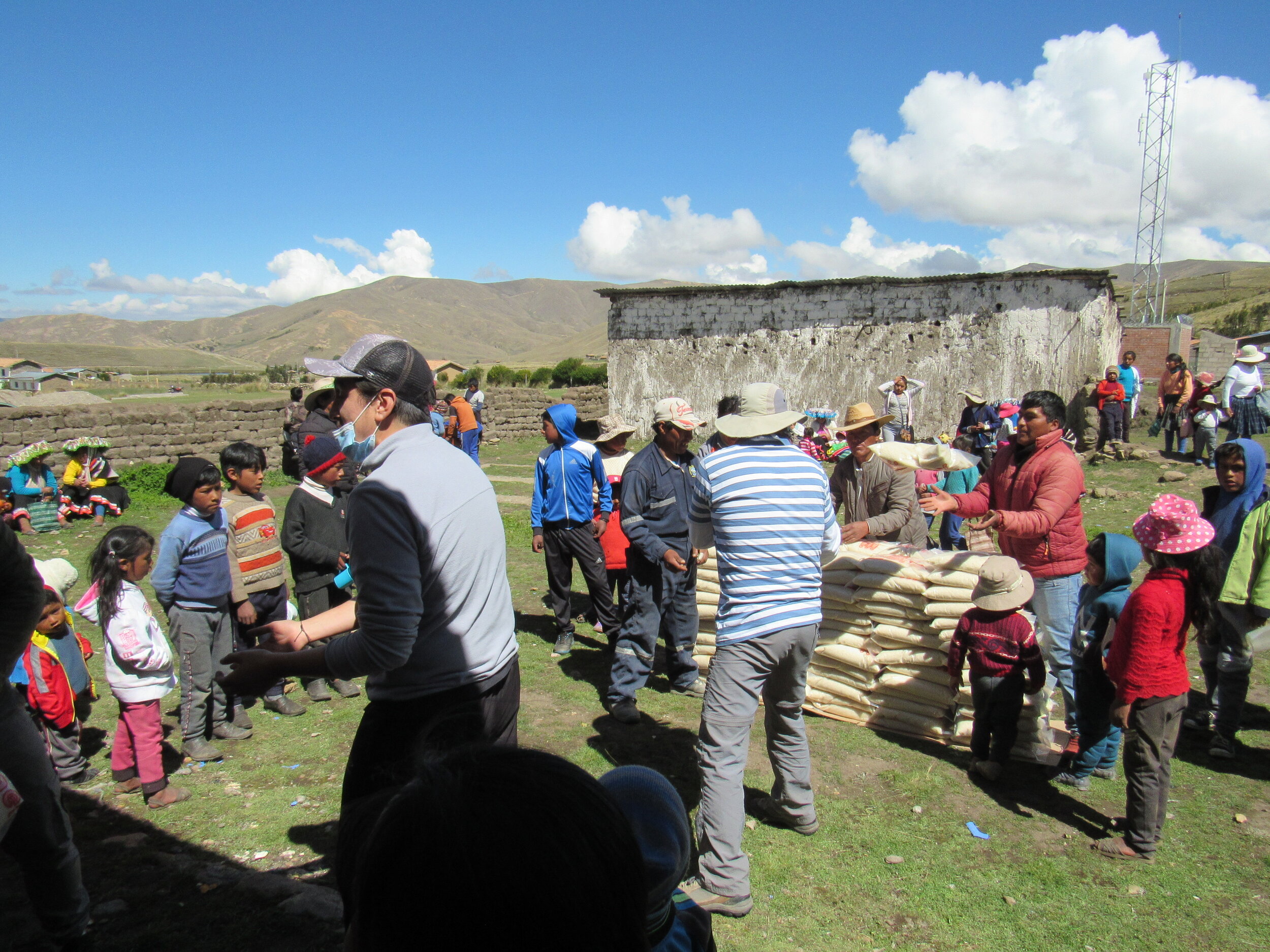
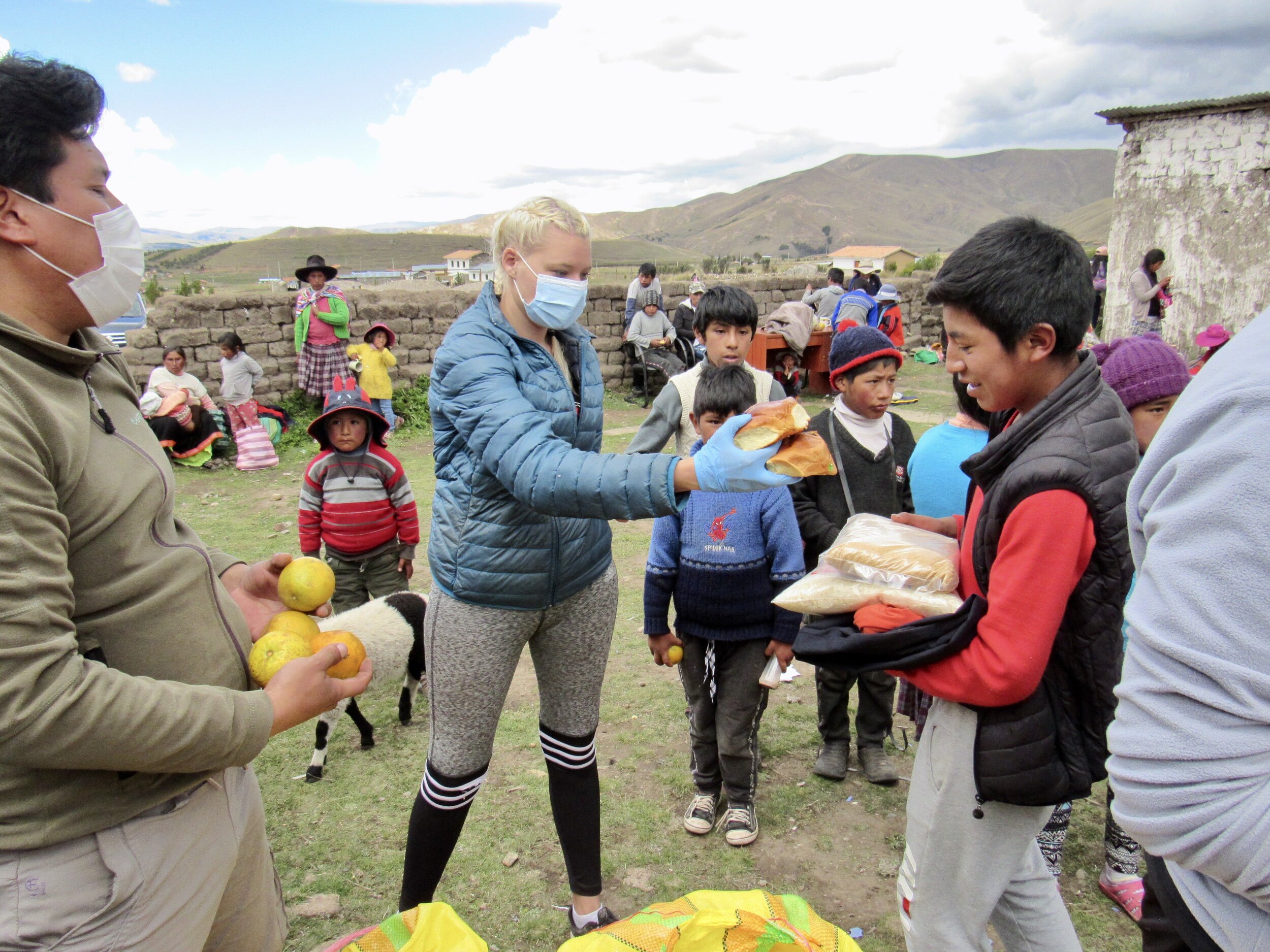
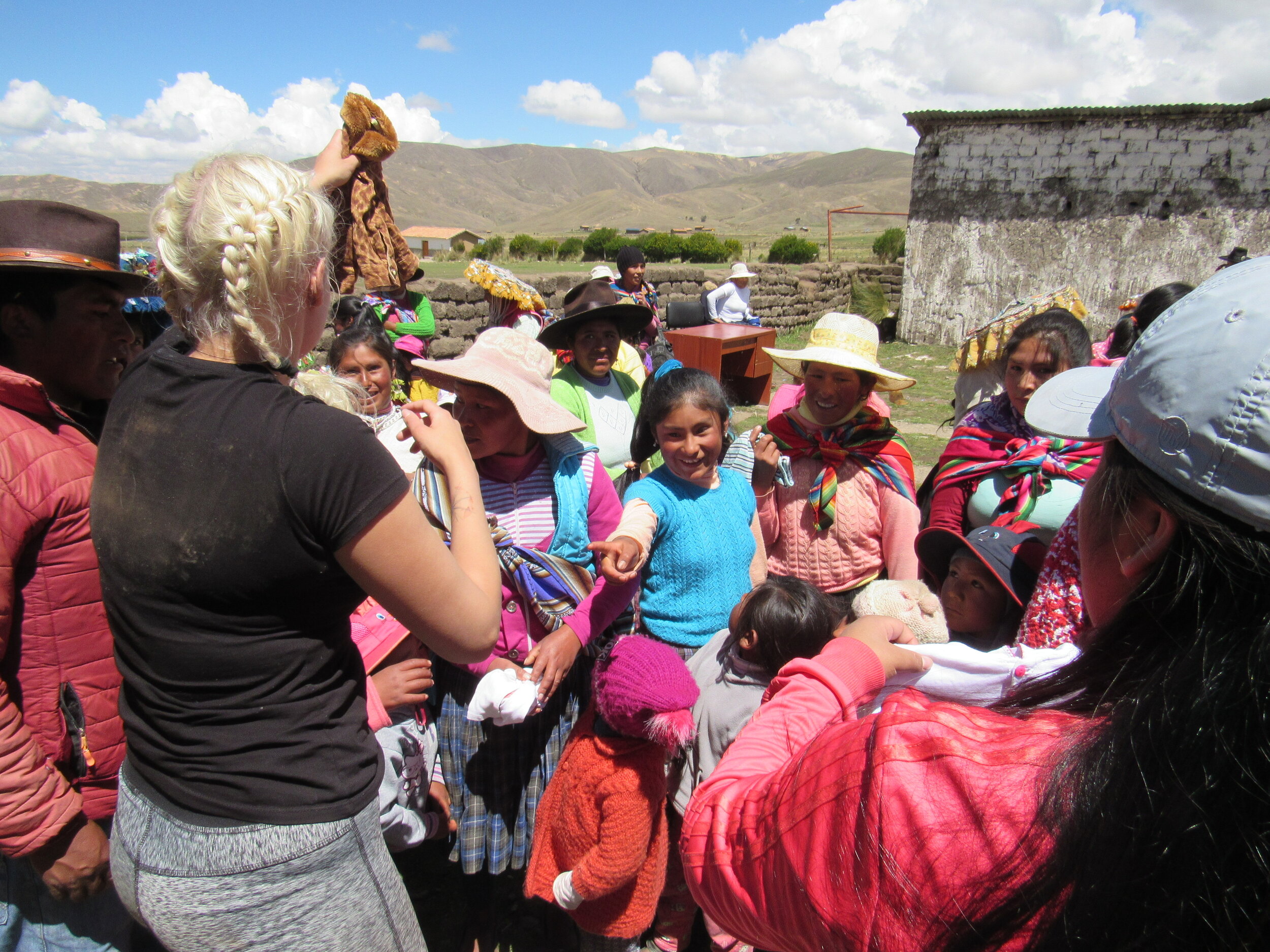
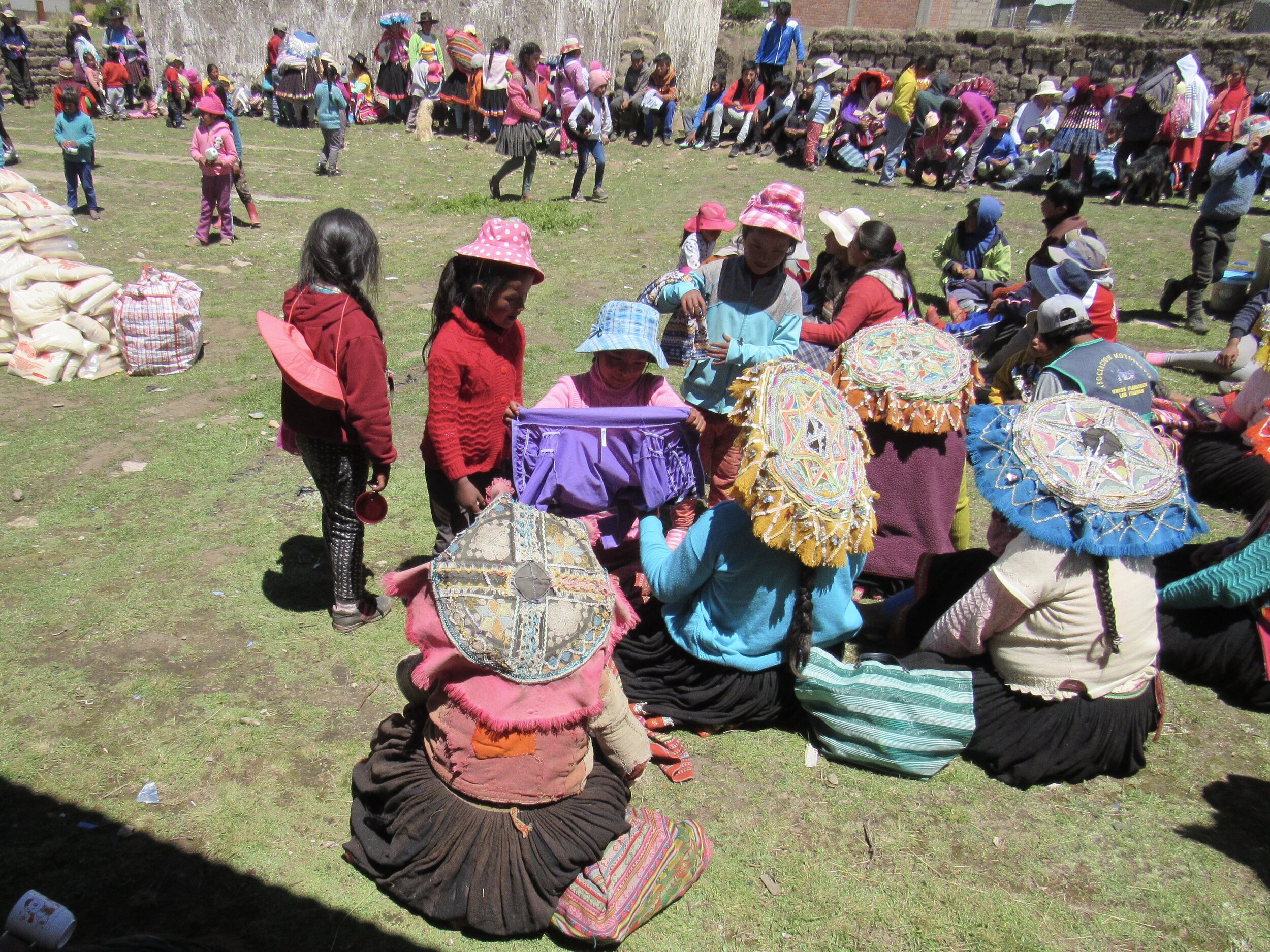
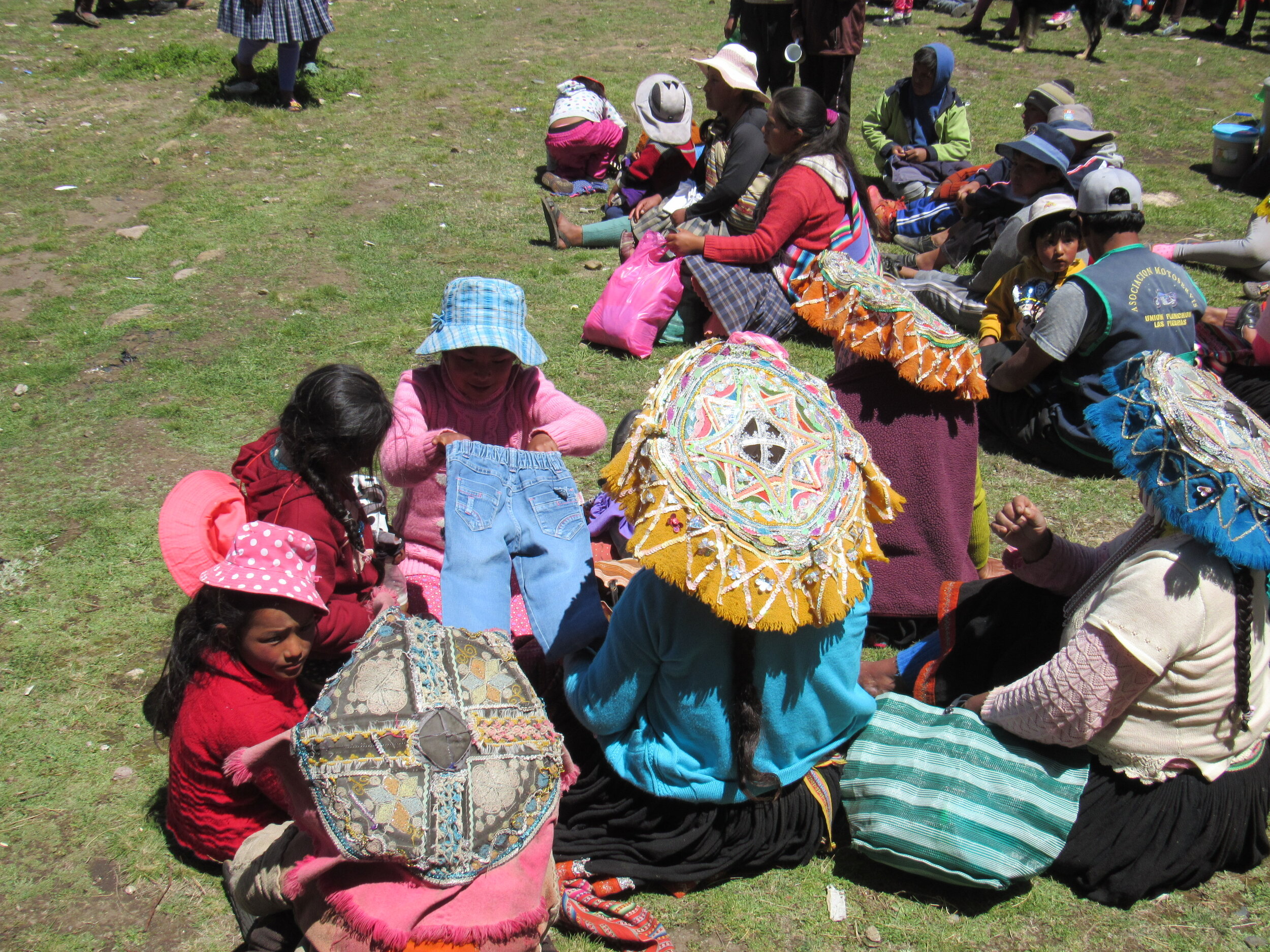
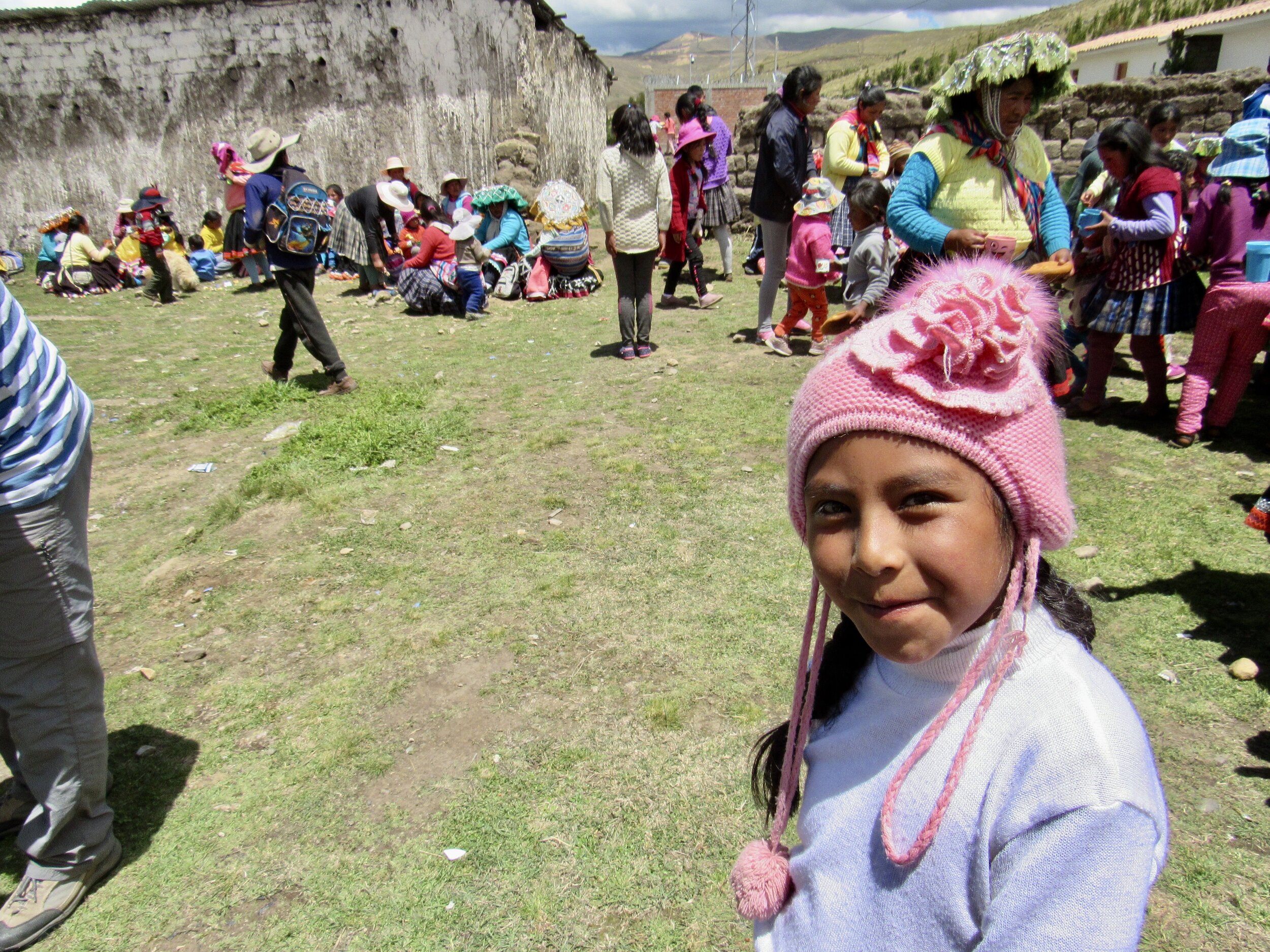
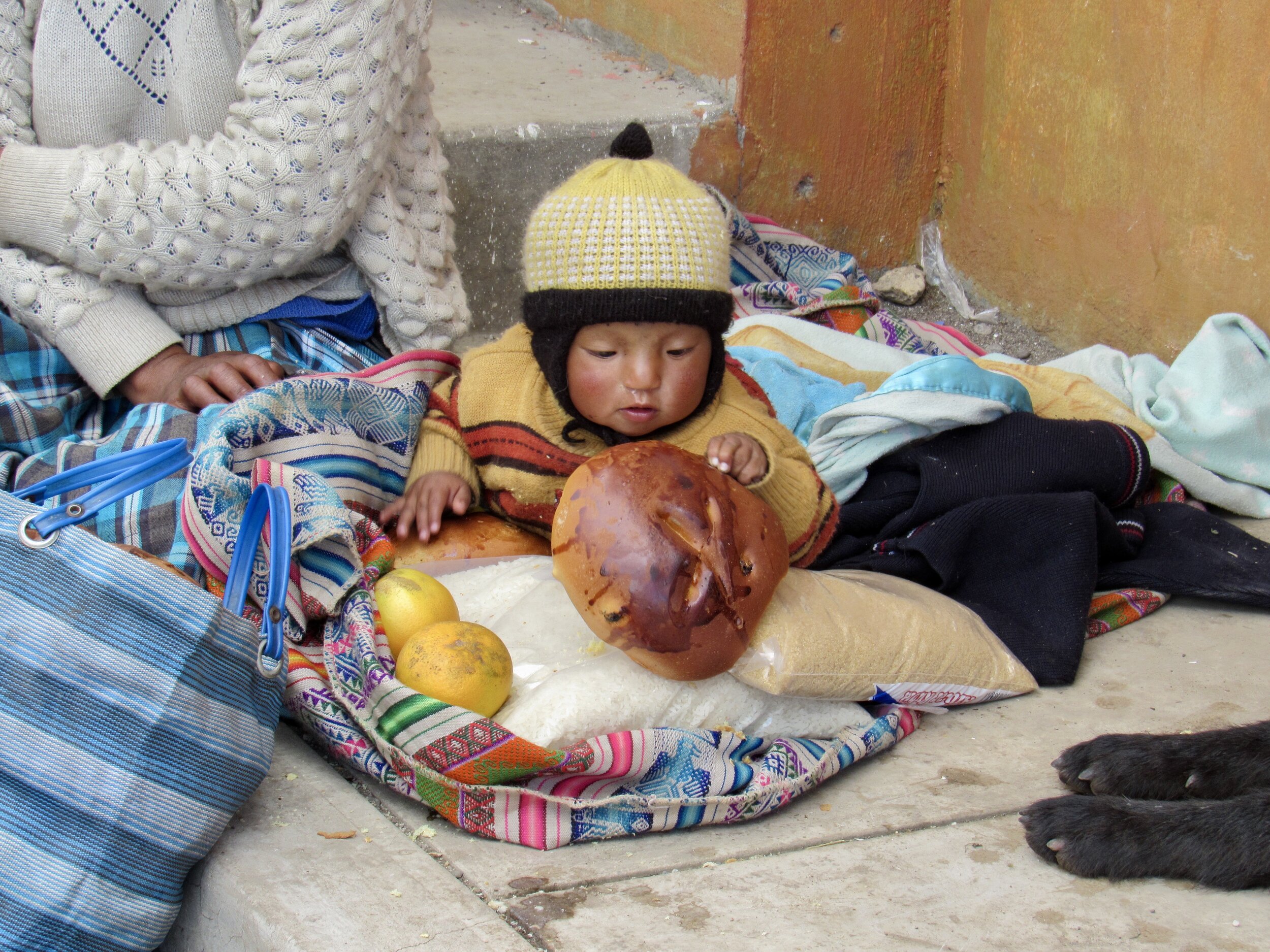
The community served us a big tub of boiled potatoes and little pats of soft, fresh cheese. It’s always interesting to see what a community wants to share, or more like, what they have to share. This is the first time I’ve been given cheese and it was delicious. Cheese here is not cured with rennet. It’s more like fresh cheese curds. They add vinegar or lemon juice to the milk until it curdles, then squeeze out the extra liquid. Depending on how it’s made, it can be a lot like Indian paneer. After our snack/lunch, we all piled into one car and hit the road.
We got back to Cusco by 5:00 and headed straight to the Maytaq Wasin. Wagner’s delivered the food for tomorrow, which is more than we were able to give to Marampaqui because it’s a smaller community. We still have 4 kilos of rice and 2 kilos of sugar, plus a kilo of salt and two bags of oatmeal. I headed home after we had all of that stacked at the hotel, but Auqui, Henry and Sair kept going. The truck from tomorrow’s community, Hatun Q’ero, had already arrived at Henry’s sister’s school because they were donating desks, which they have to load before the food and clothes.
Tomorrow we are leaving at 5am for a 5 hour drive to Hatun Q’ero. It is going to be a very long day.
Read more about Japu on this blog!
Covid in Cusco: Week 39
I recover from the travel to our first chocolatada and get ready for another five more!
Our first chocolatada!
It was so heartwarming to see people enjoy a giant cauldron of hot chocolate and to see their smiles when we gave them the panettone.
Sunday, 6 December, 2020
Yesterday was amazing, but I am so exhausted by all of the travel. The farther out the villages are, the more they need help, so I’m bracing myself for a December full of twisty mountain roads that make me carsick. It’s certainly worth a little discomfort on my part to be able to reach families who need so much.
Not only are the communities farthest from Cusco lacking in basic communication and medical care, they also don’t have any way to get to a town where they could buy basic necessities or try to get medical care. The pandemic is far from over and I am always impressed when we go somewhere that doesn’t have any Covid cases in the area. They really are staying isolated and I really want them to keep staying isolated.
Faced with so much need, I tend to feel overwhelmed. It’s helpful to have my friends with me, and Auqui’s constant reminder that “algo es algo.” My Mom also sent me a quote from RBG that helps: “To make life a little better for people less fortunate than you, that’s what I think a meaningful life is. One lives not just for oneself but for one’s community.” Mom pointed out that RBG had said “a little better,” which I need to remind myself is not “totally fair and equal for everybody.”
I can definitely make life a little better for some of the families that we’re visiting. That seems like a realistic goal for me. As with anytime I’ve got a cause I’m working for, I get frustrated when other people don’t think that it’s as important as I do. Several times, we have run into roadblocks of one form or another from local government hacks who can’t be bothered to call us back or organize transportation for us. I am dependent on local mayor’s offices to pick us and the donations up in Cusco, take us to the village and then get us back home at the end of the day.
Even yesterday’s event didn’t get much support from the Calca mayor’s office. They guy who worked with us, Elio Huaman, didn’t get the help he needed from his bosses, but he made it happen anyway. I am so thankful that among the useless people in every administration there are often people like Elio who have their heart in the right place and will do whatever they can to get help to those most in need.
The children of Airepampa
I just couldn’t get the image of those cold little feet out of my mind.
Monday, 7 December, 2020
After taking yesterday off, today I’m working on the video of last Saturday’s event. I’ve gotten a little better at these over the past few months, but it’s still a laborious process for me. The first step is to listen to the interviews and speeches over and over, transcribing and translating simultaneously. Then, after I get all of the clips edited together how I want them, I put subtitles in English for everything that’s in Spanish and Quechua. I can’t translate Quechua by myself, but that’s where Auqui comes in. I really couldn’t do any of this without him and Henry.
Today, watching the clip where Elio speaks to the people of Airepampa, the kids running around just about break my heart. Sometimes, there are images that just stick with us, that really pull at our heartstrings. What’s really getting to me right now are their cold little feet. The kids I saw on Saturday were wearing one or two pairs of pants or leggings, at least two skirts and three or four little sweaters layered on top of each other - but sandals on their little feet. It was cold and the kids didn’t have any real shoes. Everybody had the same black rubber sandals that offer very little protection and absolutely no warmth. They’re called ojota and cost less than $3.
I think that what was harder about last Saturday, compared to the villages we visited May through August, was that this is much more focused on children. Before, we wanted one adult representative from each family to come to the meeting point and take home the bags of rice, oatmeal, sugar or whatever we had to give. In August we also tried buying school supplies for kids, but the kids were not the main focus of the event.
Now that I’m taking hot chocolate, sweet bread and children’s clothes, the kids are front and center. They are so cute and look so surprised to see people who look like me. I’ve had kids here tell me, after they got to know me and felt more comfortable with me, that they assumed at first that my hair must be a wig. Once they realized that it’s not a wig, they decided I must have it dyed because any color besides black or brown just isn’t natural. And those are kids who live in town. I wonder what these kids, who live so high in the mountains that they don’t even have cell service or radio, think when they see me.
Tuesday, 8 December 2020
The video isn’t done yet, but it’s still time to start planning for this weekend. We’ll be going out both Saturday and Sunday, so I went to buy motion sickness pills today. Saturday it will be about three hours of twisty mountain roads, each way. Sunday will be even farther.
Today I went to see Jorge, the wholesaler that I’ve been working with. I paid off what we had ordered for this weekend: 5 kilos of rice and a liter of vegetable oil for every family, plus bags of oatmeal and a package of crackers for each of the 90 children at the Paruro elementary school. On Saturday, while Auqui, Sonia, David, Andrea (from the Maytaq Wasin Hotel) and I are taking a chocolatada to the village of Mayubamba, Henry is going to take a chocolatada to the Paruro elementary school.
Henry’s uncle teaches there and asked Henry if he could take something to the kids there. I prefer to take what we have to families who live far from towns, families who don’t have any way to buy necessities or find work without leaving their mountaintops. Obviously, these are the families who should stay up in the mountains to avoid catching Covid. Paruro is a real town with government offices that have jobs programs, hiring as many people as they can to do everything from paint crosswalks to pulling weeds in parks. Paruro also has shops where people can actually buy things.
Still, Henry pointed out to me that everybody is in need this year. I can’t argue with that. We do have enough in the budget for him to take a chocolatada and oatmeal to 90 kids, so why not? We do have some donations still coming in, so I don’t think it will take away from what we were going to take to the other villages anyway.
Wrapped up in my do-good world of the Covid Relief Project, I was shocked to hear that in Boise, where my parents live, the Anne Frank memorial was vandalized with swastikas. Why do people want to spread hatred? Why is it so hard for some people to embrace or even just accept, people who are different from them? How could somebody put a swastika on Anne Frank’s statue? She was just a kid! She probably had cold little feet when she was in the concentration camp.
Wednesday, 9 December 2020
I’ve never been much for Christmas movies, Christmas music, much less Christmas shopping. Still, when I was a kid my parents used to take me to a big family gathering at the Belts’ house on Christmas Eve. Every year, the highlight of Christmas Eve was the book The Polar Express. When I was little, I listened to somebody read it to all the kids. The year that I got to read it to the little kids, I felt like I was growing up. It meant a lot more than a quinceañera or a sweet sixteen party.
So, when Kerry invited me to watch the movie Polar Express with her and Sonia tonight, I was really excited. This is the sign that Christmas is coming. It may be too warm here to feel like Christmas, but Sonia pointed out that it’s raining here as much as it usually does in England on Christmas.
It’s a funny thing to be in the southern hemisphere for Christmas. In North America and Europe we’re so used to Christmas being about hot drinks and snow and evergreen trees and snuggling up in front of a fireplace. We do have hot drinks here, but not more than usual. At altitude, you get cold and dehydrated quickly, so drinking endless cups of tea and hot chocolate are normal all year.
I’ve celebrated Christmas in several warm countries: Mexico, Costa Rica, Malaysia, Peru and even on the beach in Cartagena, Colombia. One year, I thought I was going to be in a warm country, only to discover that Hanoi, Vietnam, is really cold in December. I had to buy a fake North Face down jacket, since that was the warmest option available. I had to buy XXL, which makes it obvious that they are not made for export. Those are Vietnamese sizes. I loved that the logo had been modified to read The North FFace.
Thursday, 10 December 2020
The rains have set in for real now. Our first day of real rain was December 1st, which is over two months late. The dry October and November killed most of the crops that people planted in August and September, since so few people here have access to irrigation systems. I am so relieved for the rains to finally be here, knowing that not only will the farmers be happy but that also I won’t see anymore wildfires. Wildfire season is definitely over.
The national news picked up Boise’s tragedy from Tuesday. NPR quoted Boise Mayor Lauren McLean “Bad actors who use racist and violent rhetoric are not welcome in this community.” I hope that Boise manages to turn this around. It is starting to become a more liberal community, with a growing population of refugees. They really can’t let this kind of hatred take hold.
Wholesale fruit market
This is where we got over 500 oranges for less than $40 USD. Where we’re going Sunday is so high up in the mountains that I bet they almost never get fresh fruit.
Friday, 11 December 2020
I am always happy when I can negotiate prices down and convince those who are selling food or children’s clothes to give me extra discounts because what I’m buying is going to be gifted to families in need. We already have everything set for tomorrow, but I still have a little money from the budget for Sunday. Auqui and I took it to a wholesale fruit market and bought a giant sack of over 500 oranges.
The woman selling actually tried to talk me into the cheapest oranges, when we asked her to give us a discount for both buying in bulk and buying to donate to families in need. I tried to politely thank her for her advice, but also told her that just because they’re poor, they shouldn’t have to always get the cheapest option. Already we’re taking them used clothes, which are all in good shape, but still used. This is Christmas. I want to give them the nicest things that we can afford, and we can afford the most expensive Valencia oranges, so that’s what we bought.
We took the sack of oranges to the Maytaq Wasin Hotel, where we met my friend Sarah. She was there to help us sort through the clothes. We dumped out the bags that we had bought two weeks ago and sorted them into baby clothes, little kid clothes and big kid clothes. Peruvian culture is very heteronormative, so we sorted out little girl clothes from little boy clothes. For both Saturday and Sunday, we put together five bags of clothes: baby, girls 3-10, boys 3-10, girls over ten years old and boys over ten years old. It’s a rough estimate on sizes, although some of the clothes helpfully say on the tag what age they’re for.
Wagner was supposed to deliver the rest of the rice, oil and oatmeal at noon, but it didn’t arrive until almost 4pm. I was getting hangry by then and was so glad to leave for lunch, before going home to pack for tomorrow. All of today was taken up with preparing for the weekend chocolatadas. It’s a good thing I’m not trying to juggle a fulltime job with all of this!

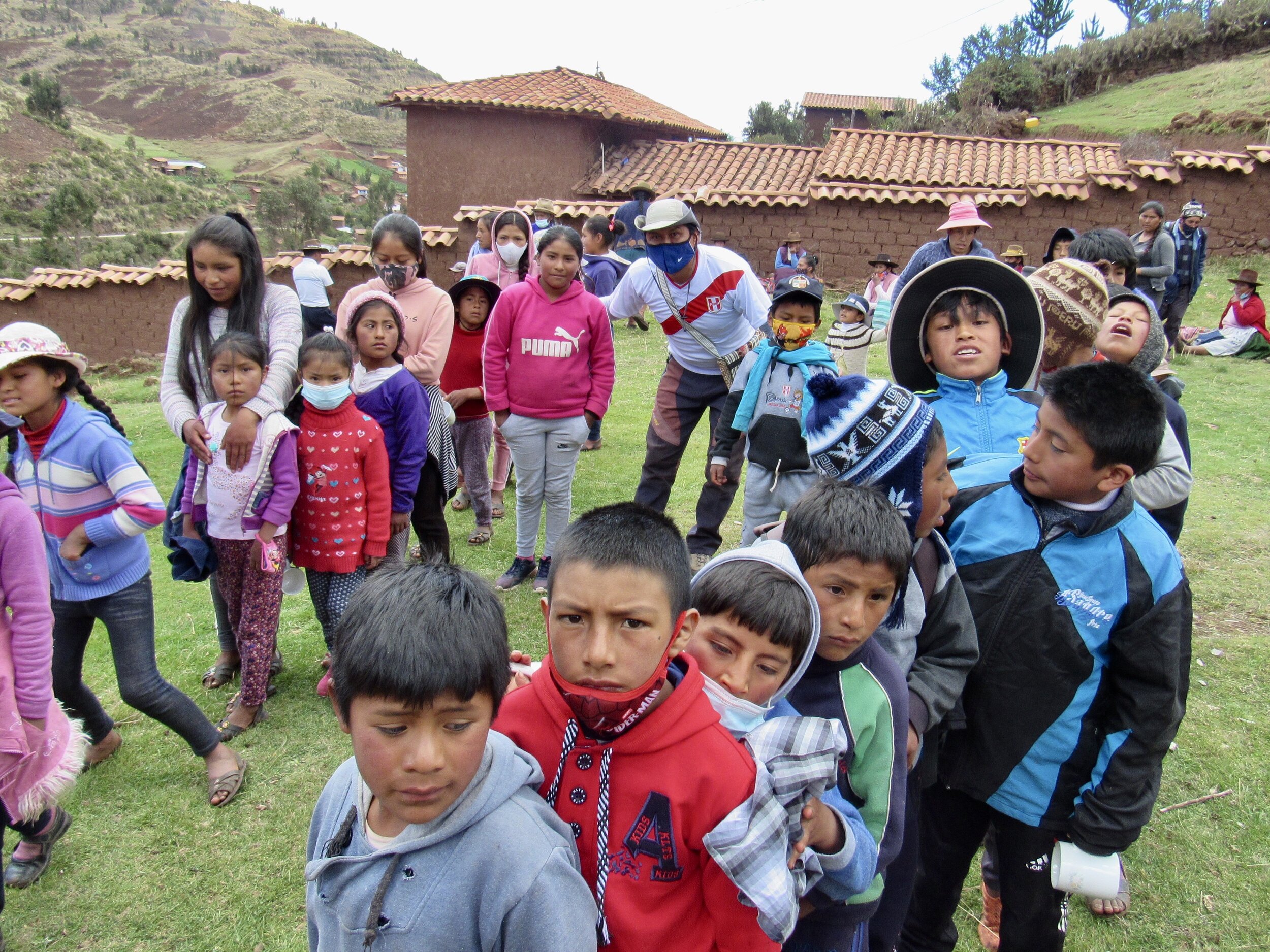

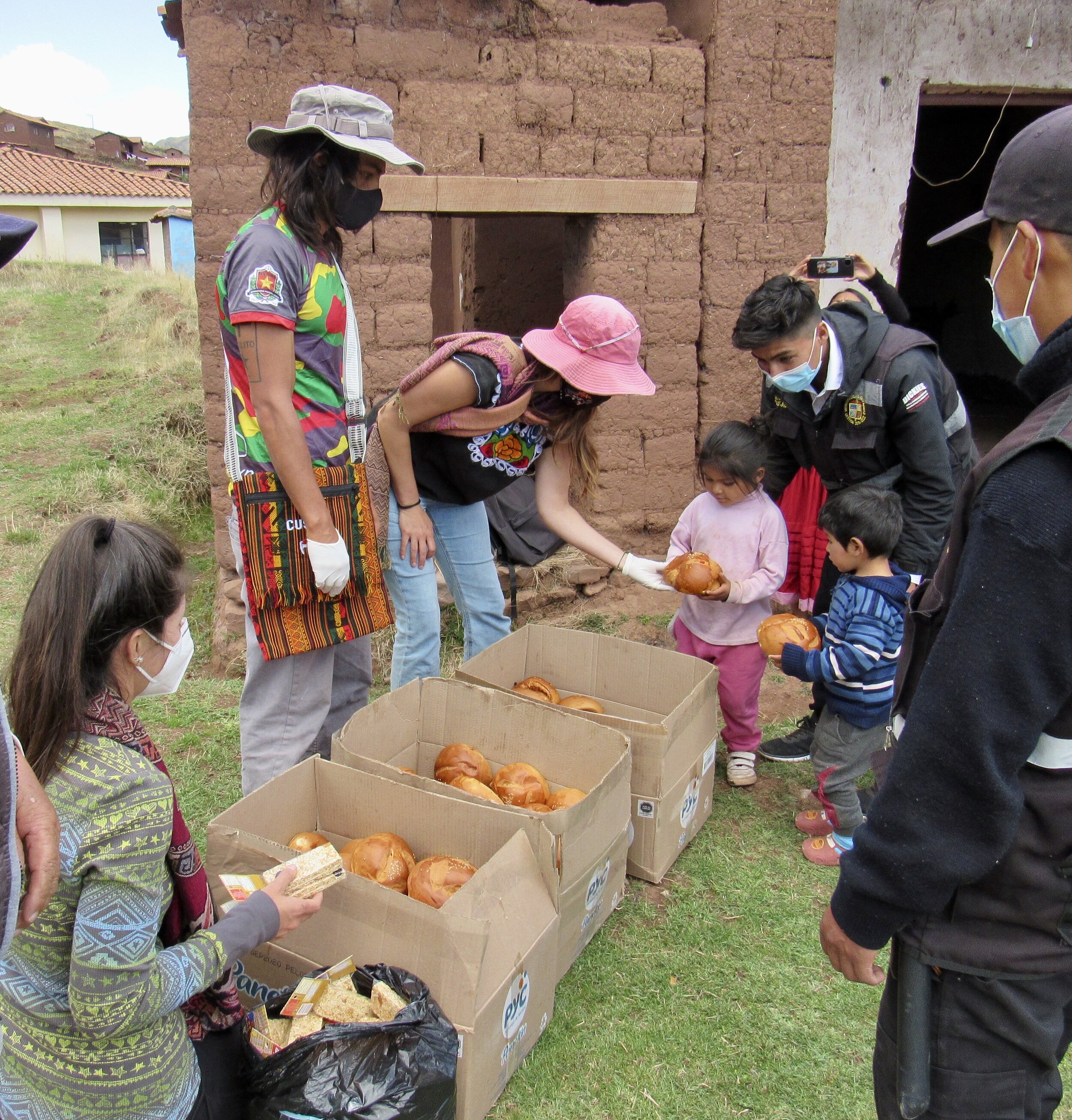
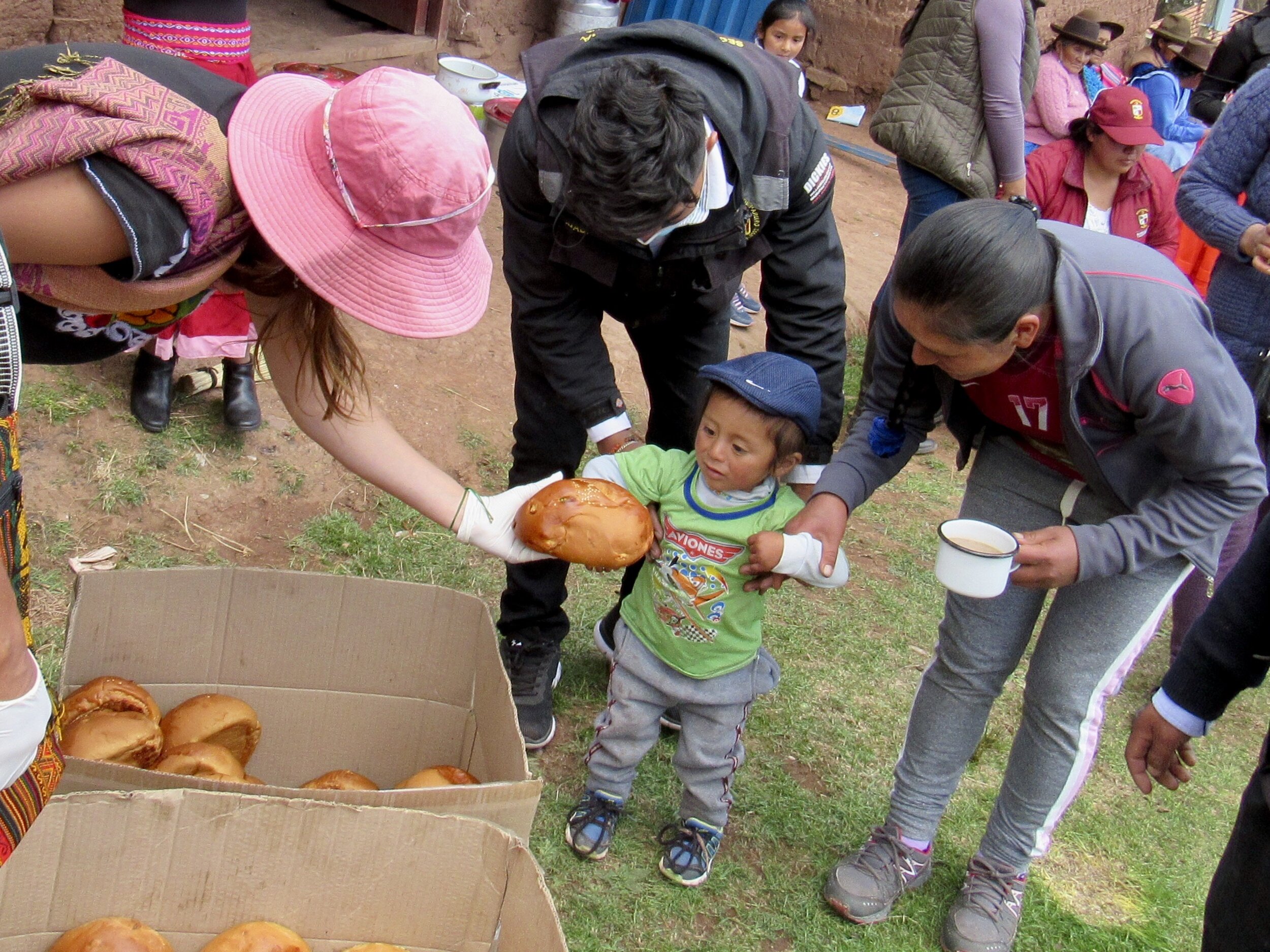
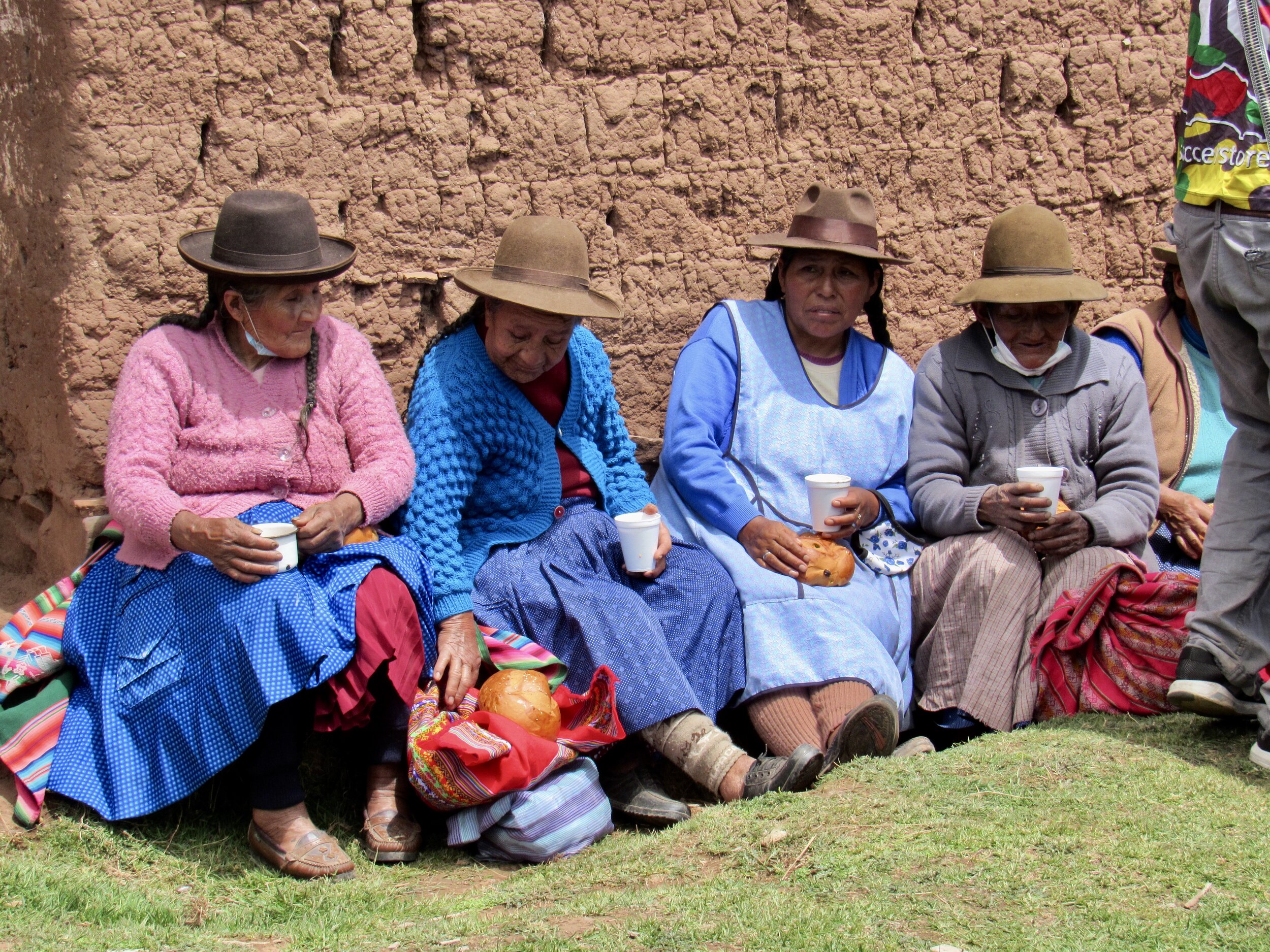
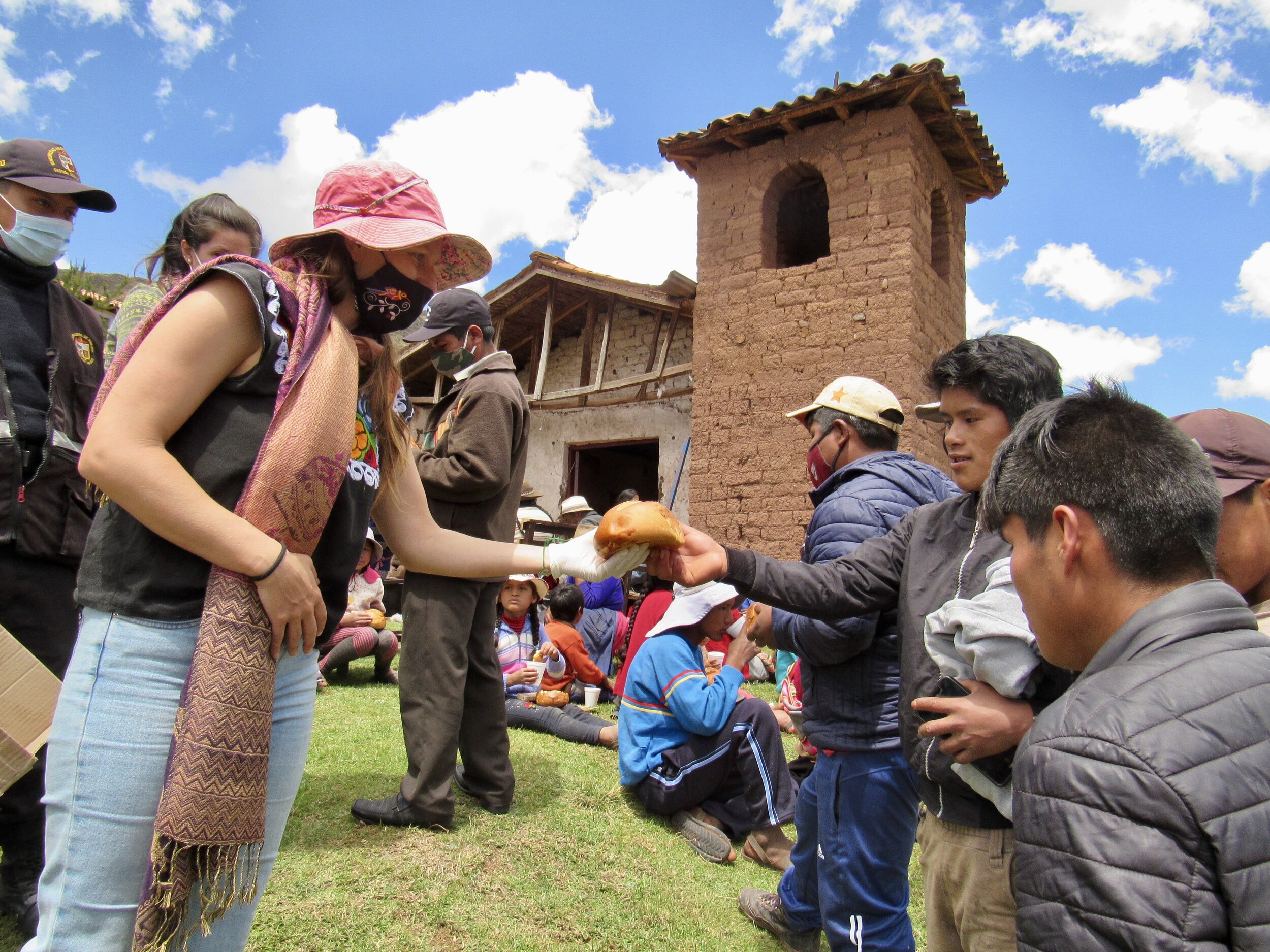
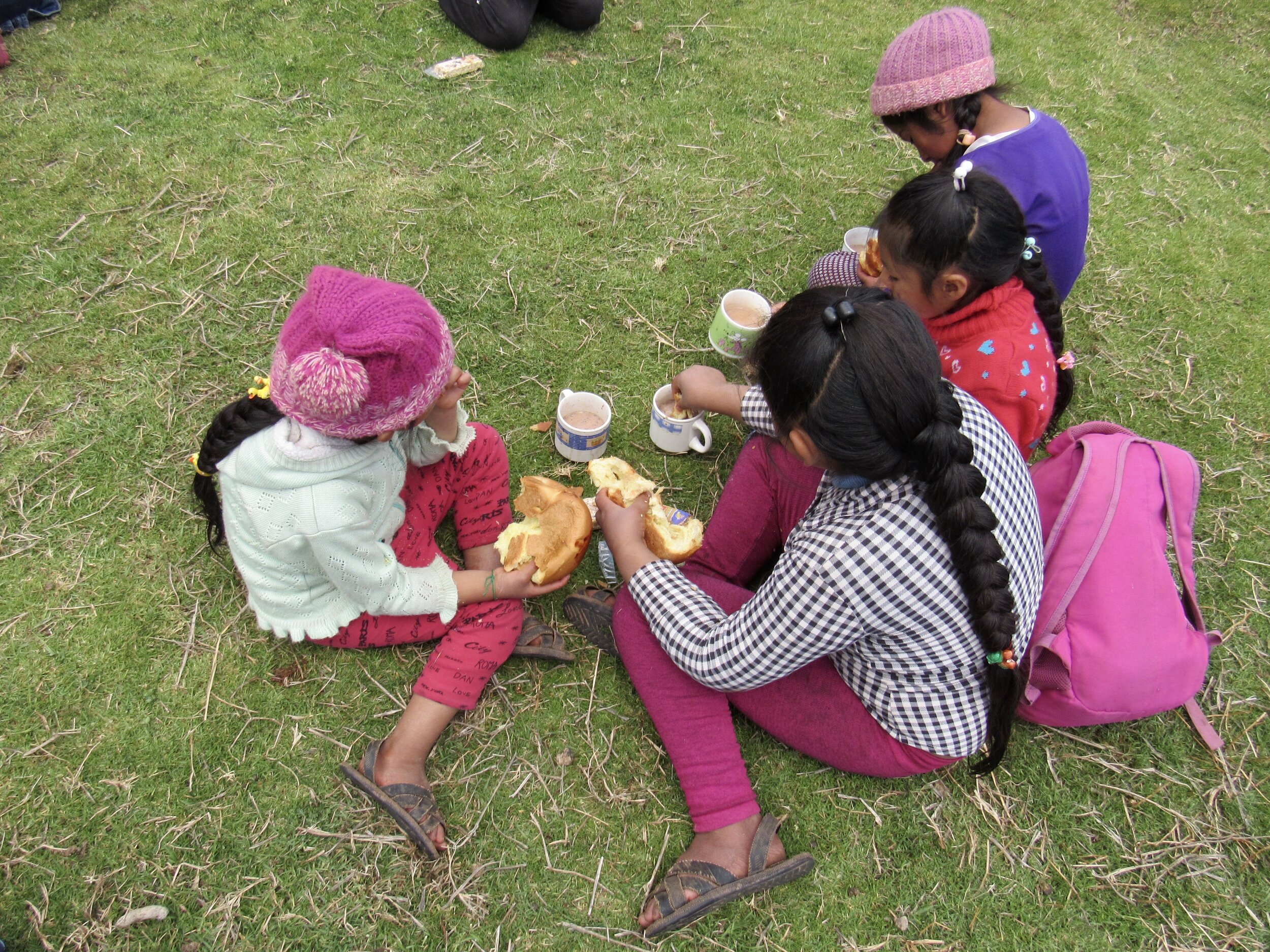
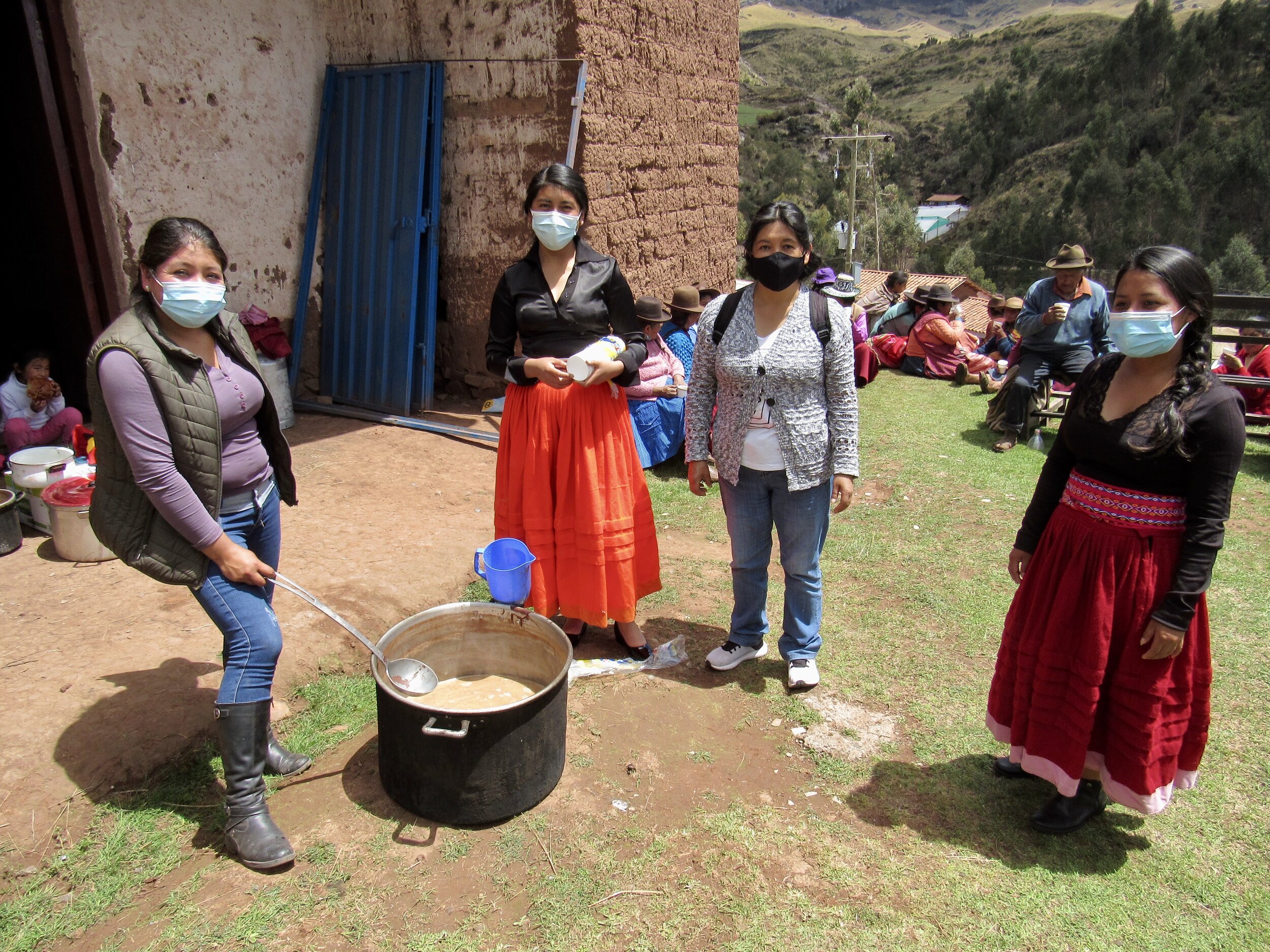
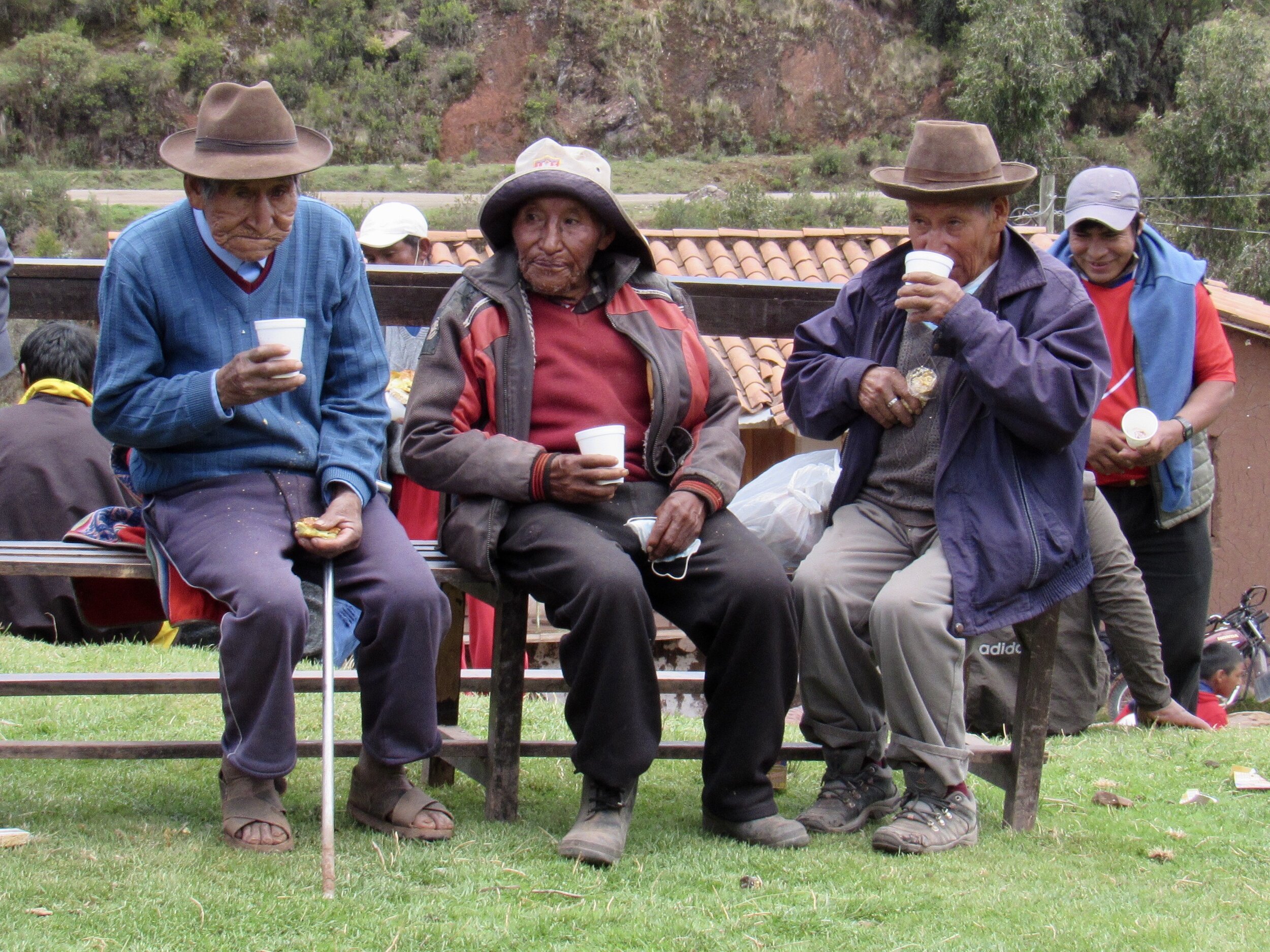

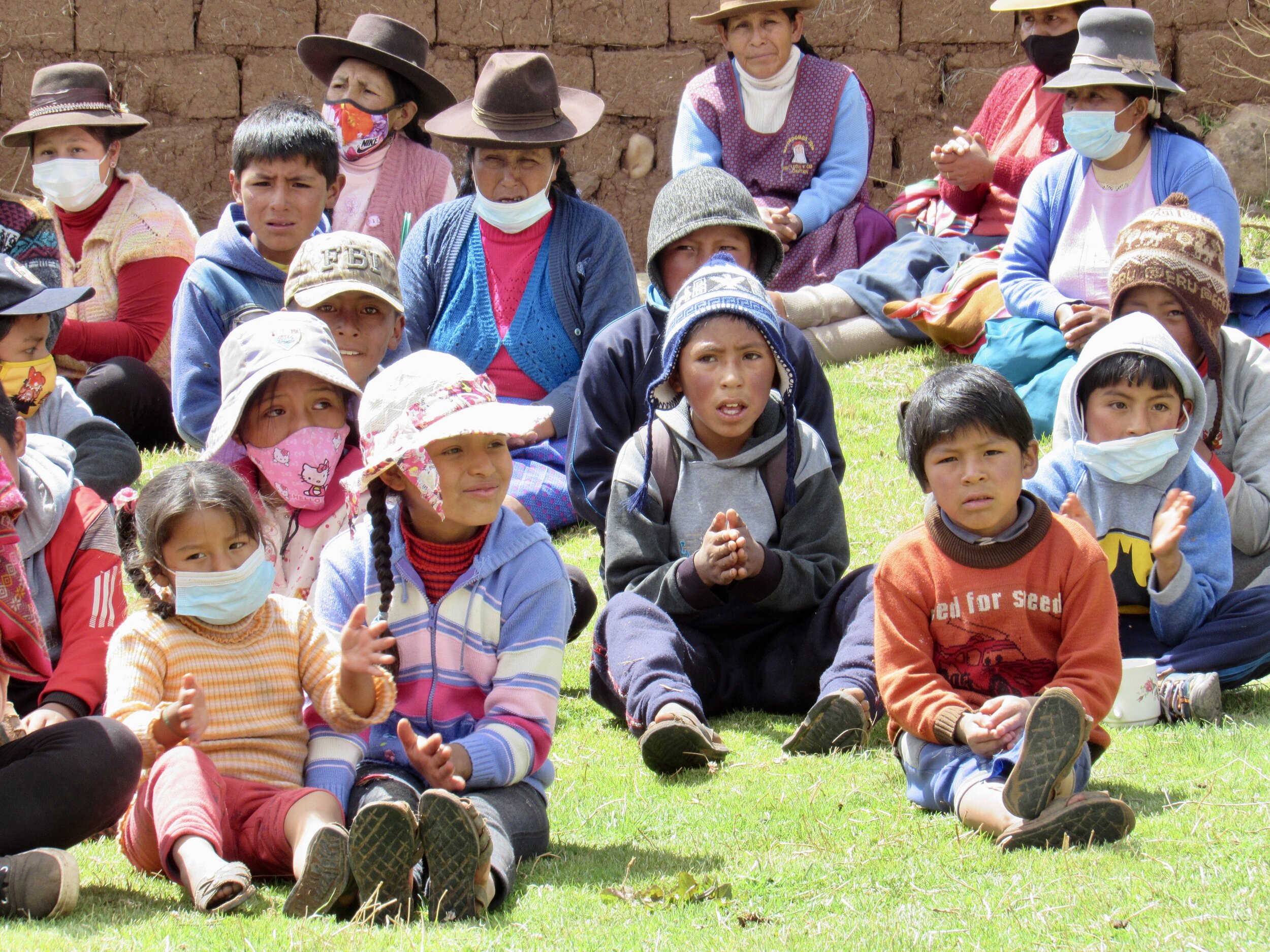
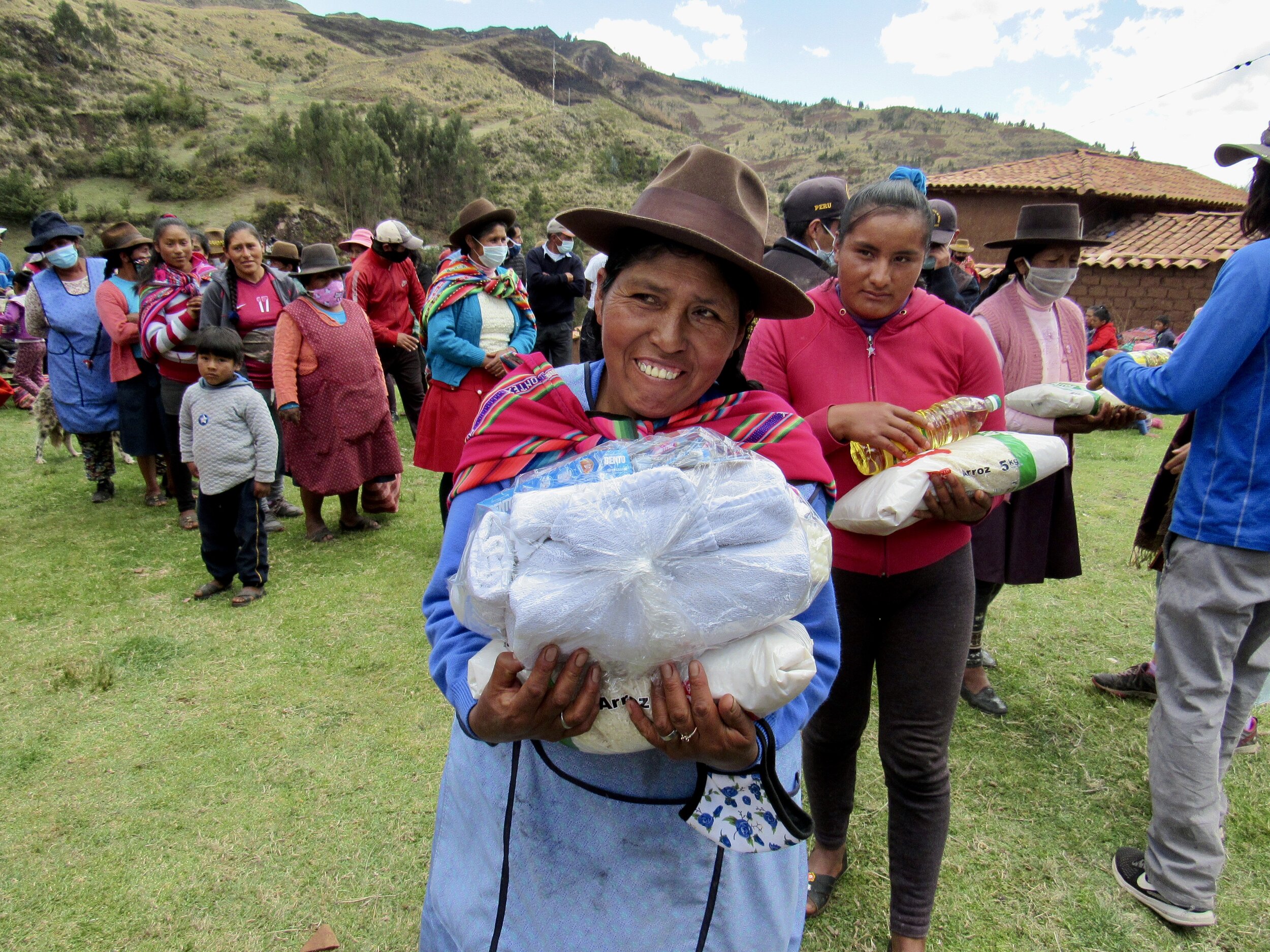
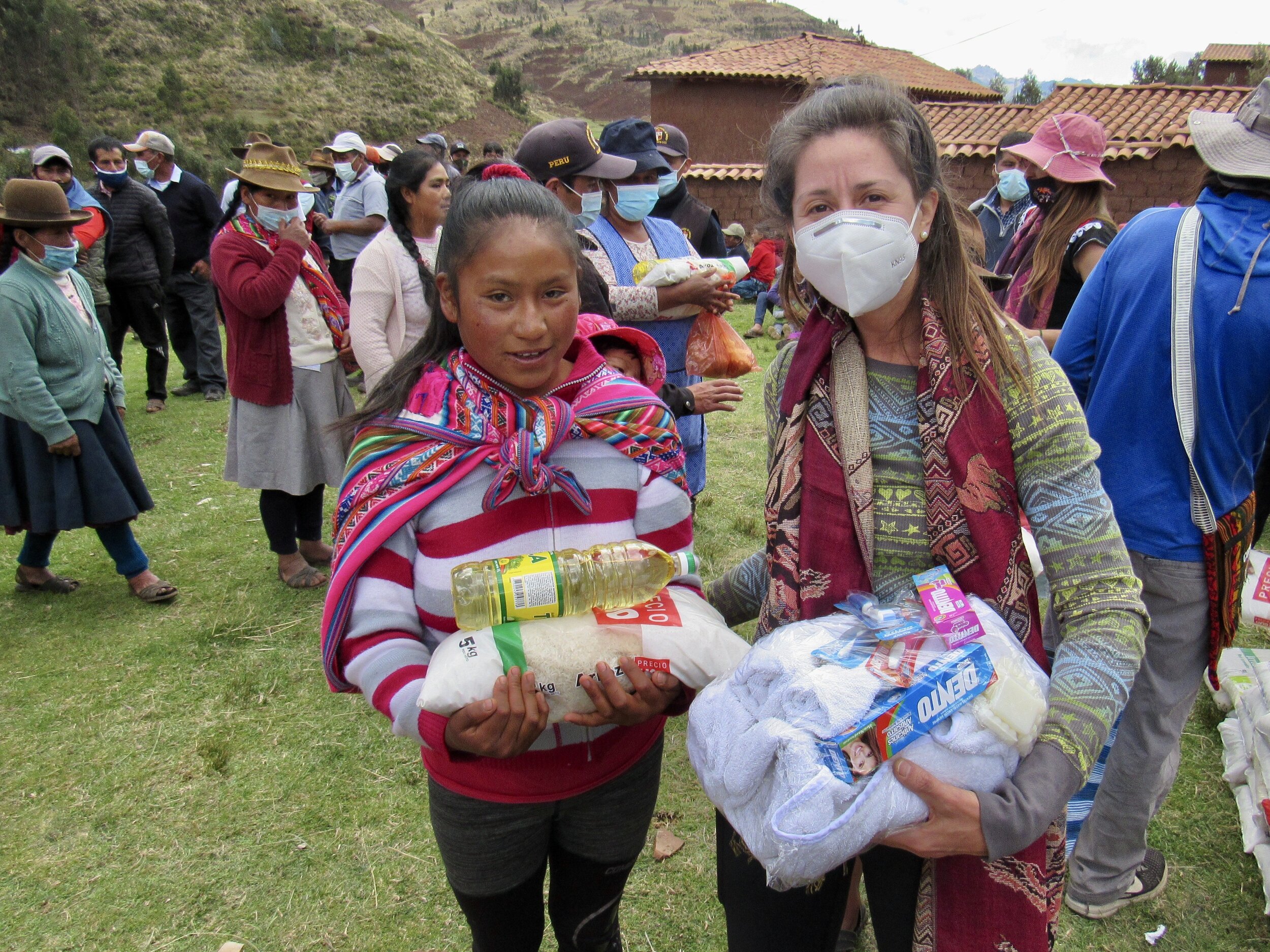
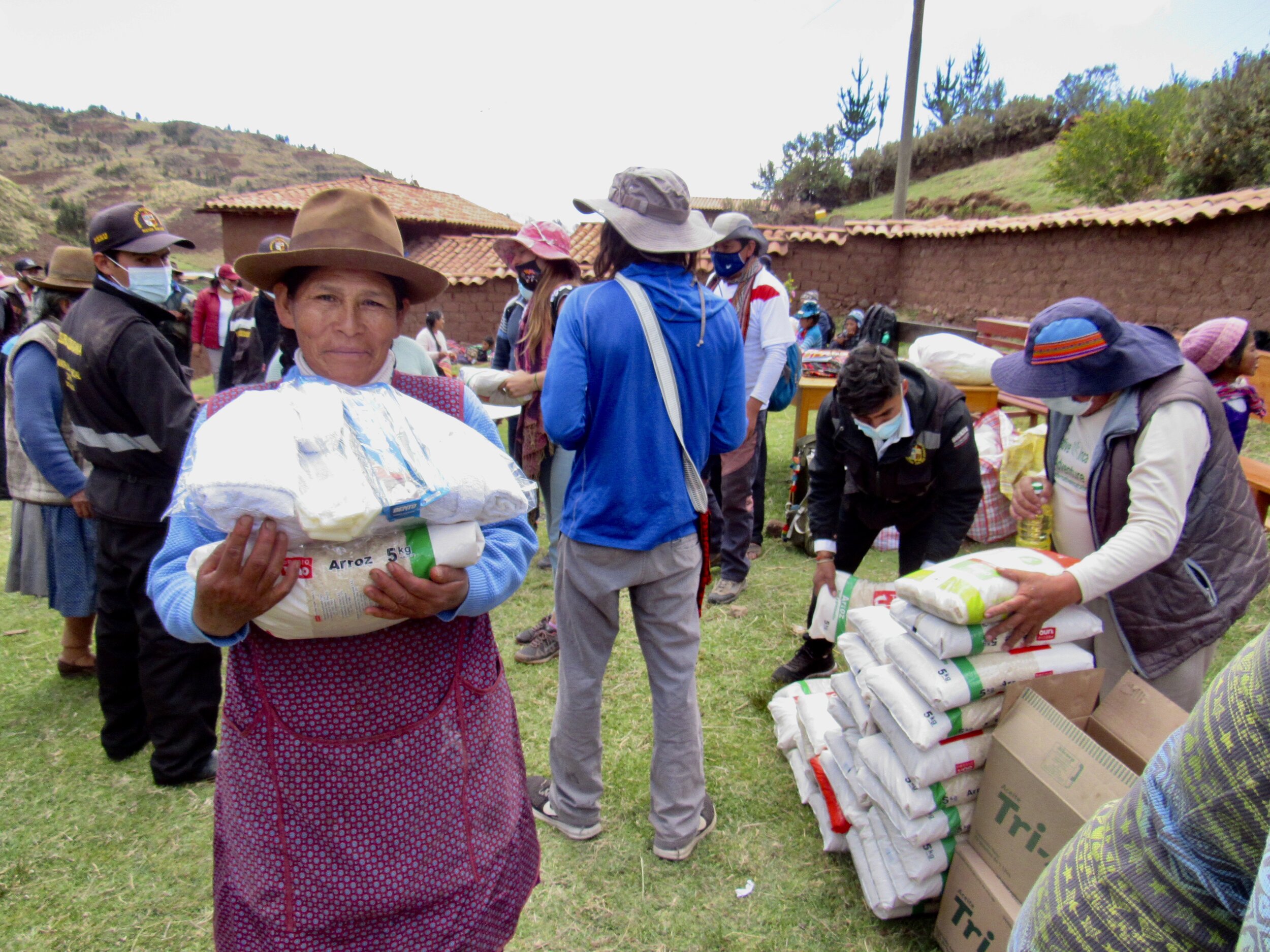
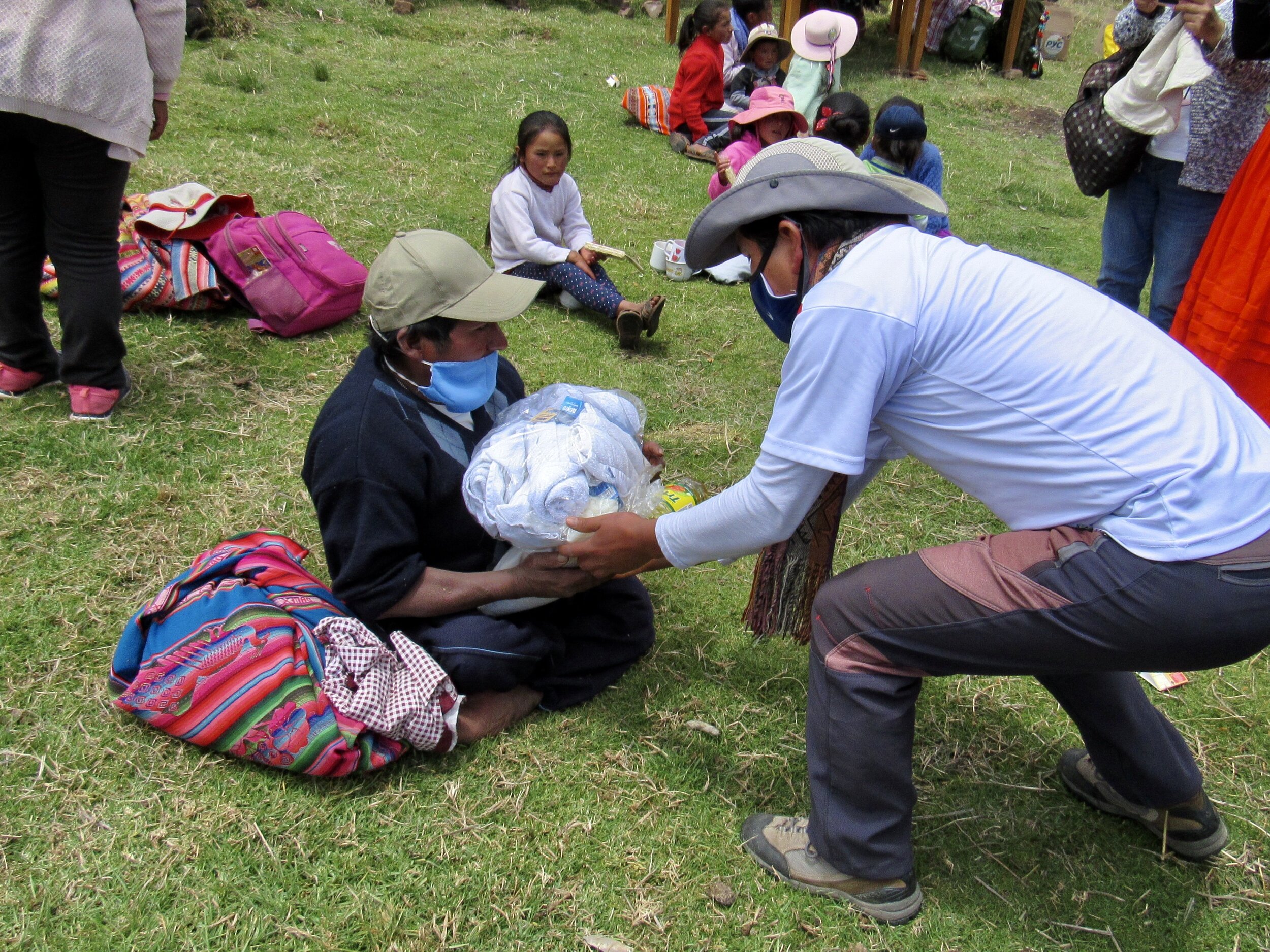
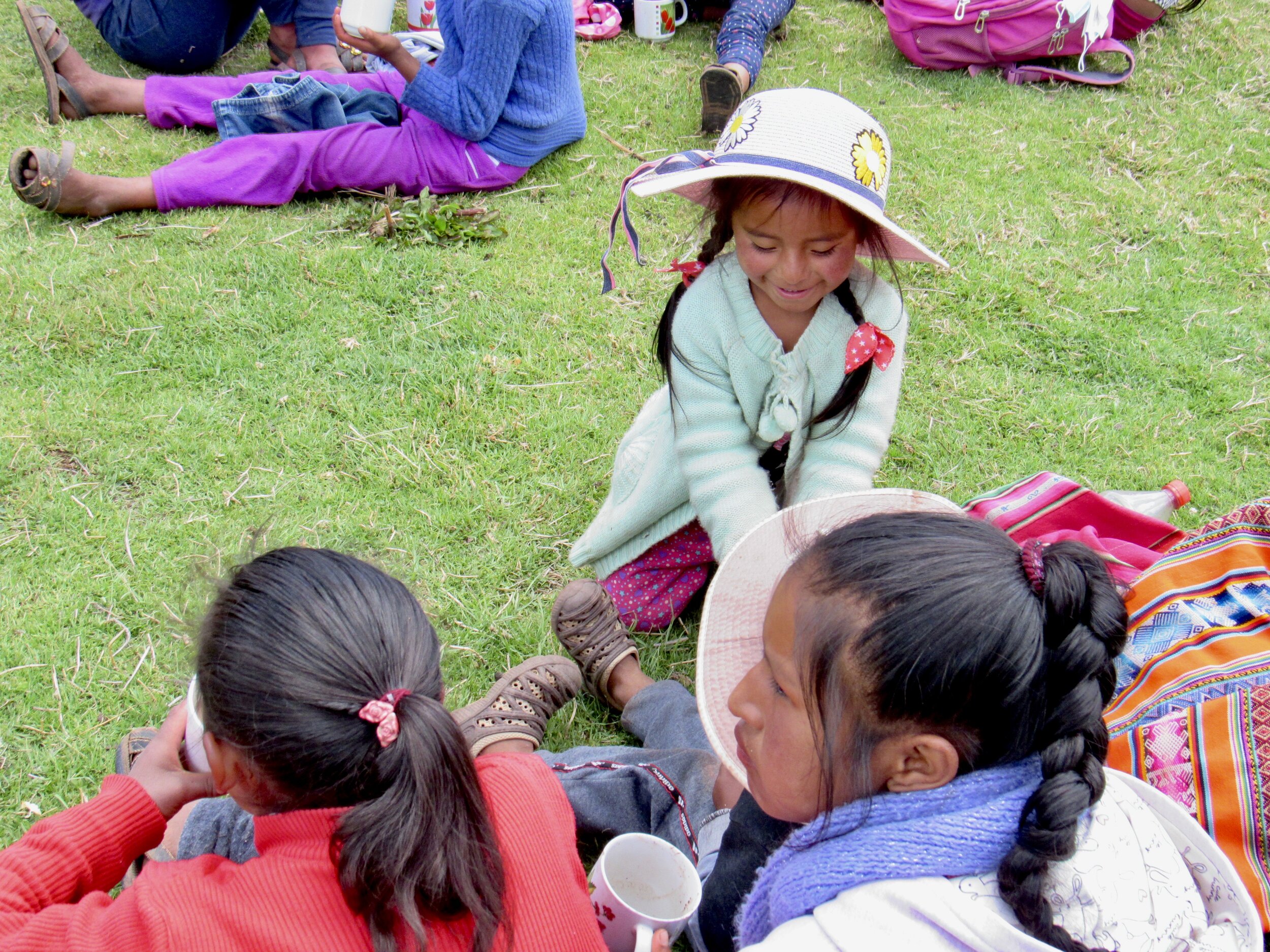

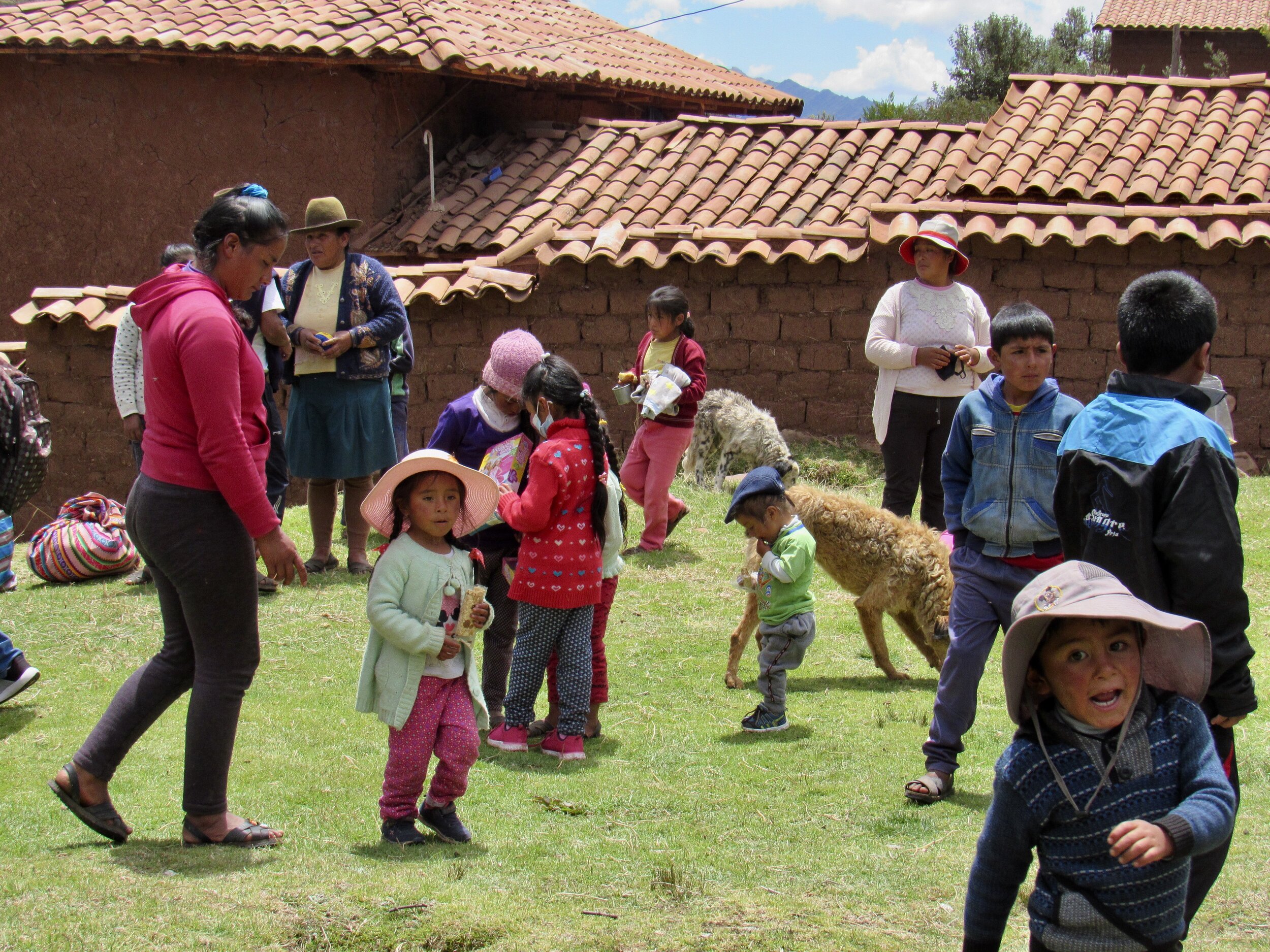
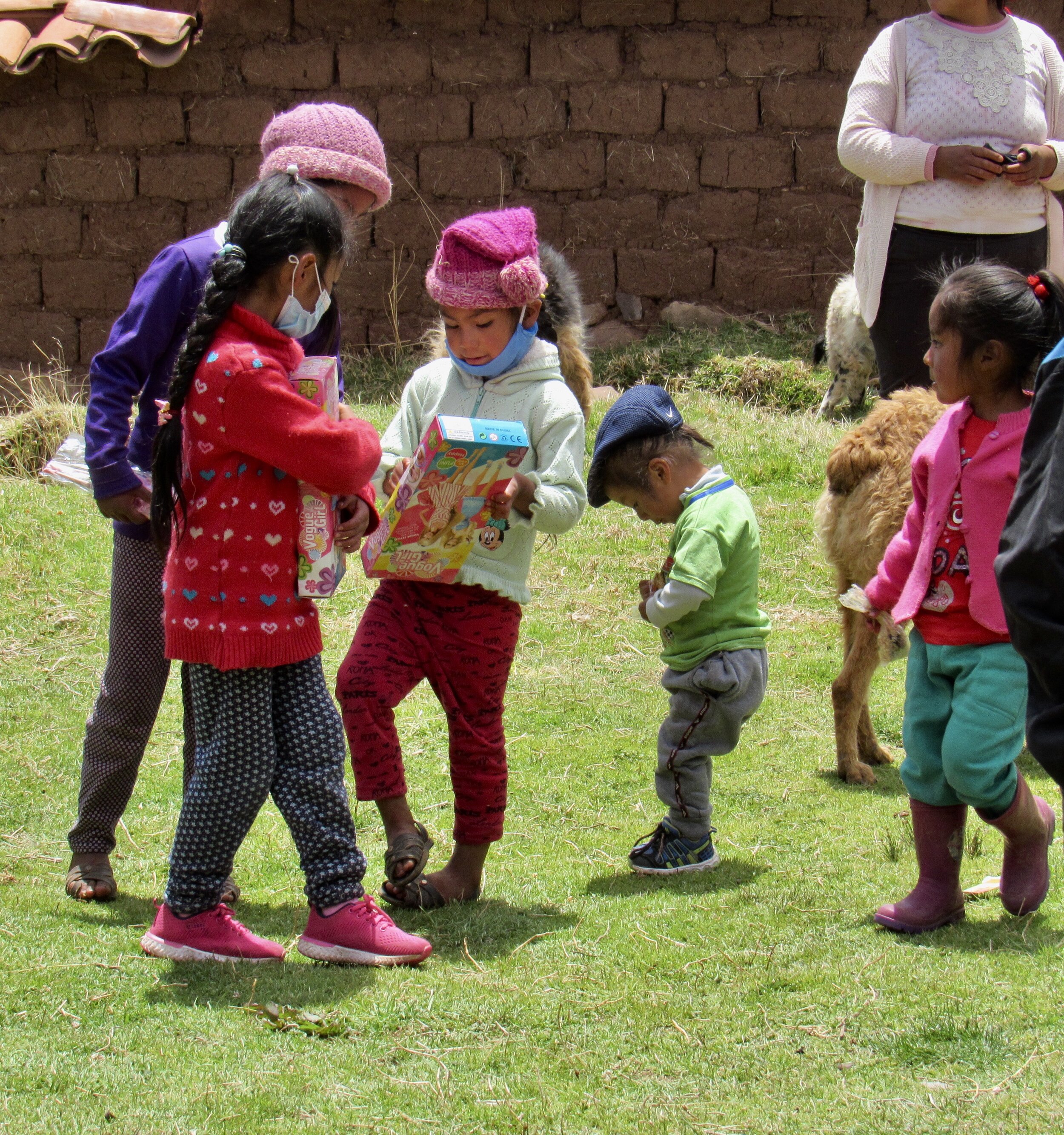
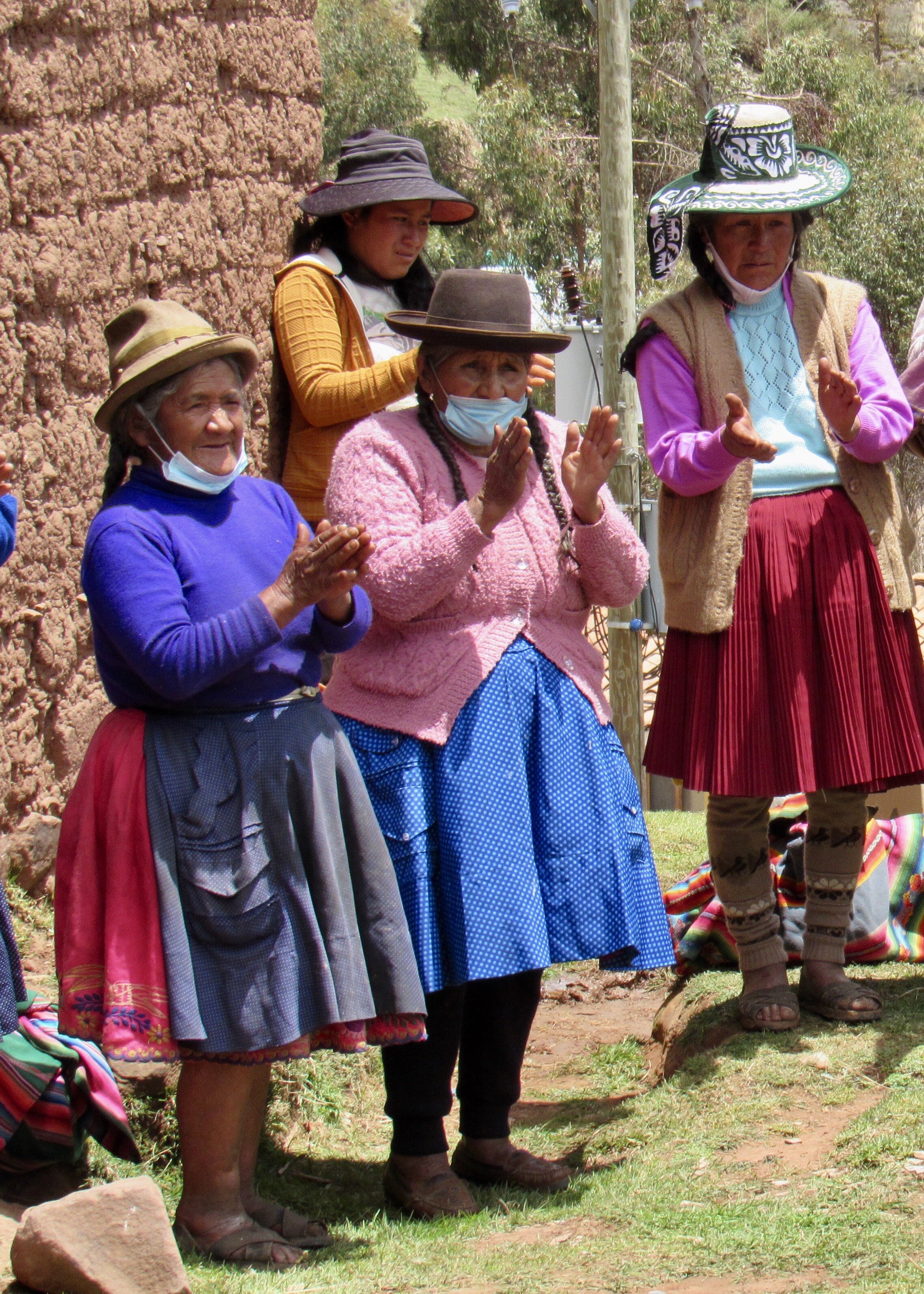
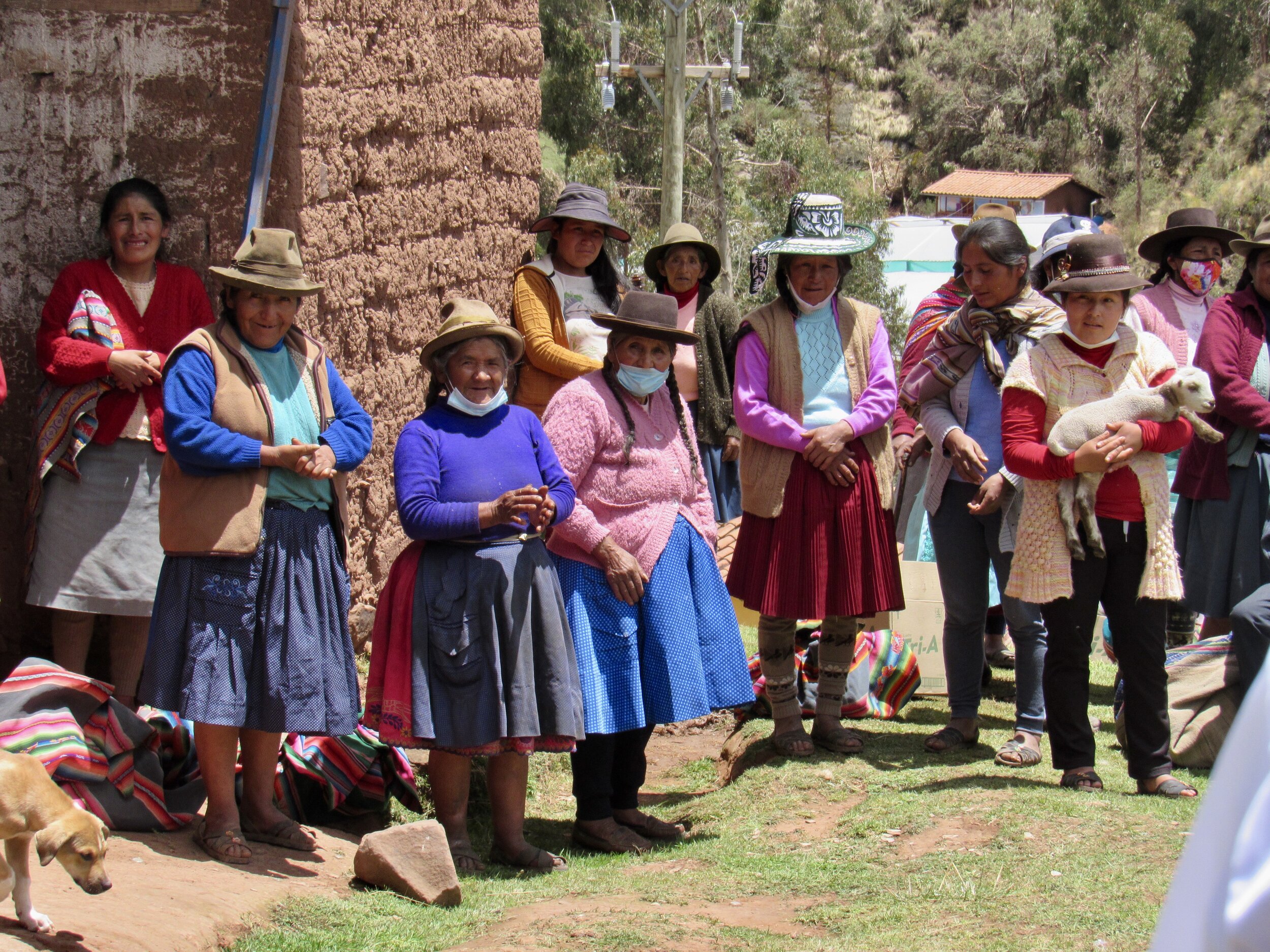
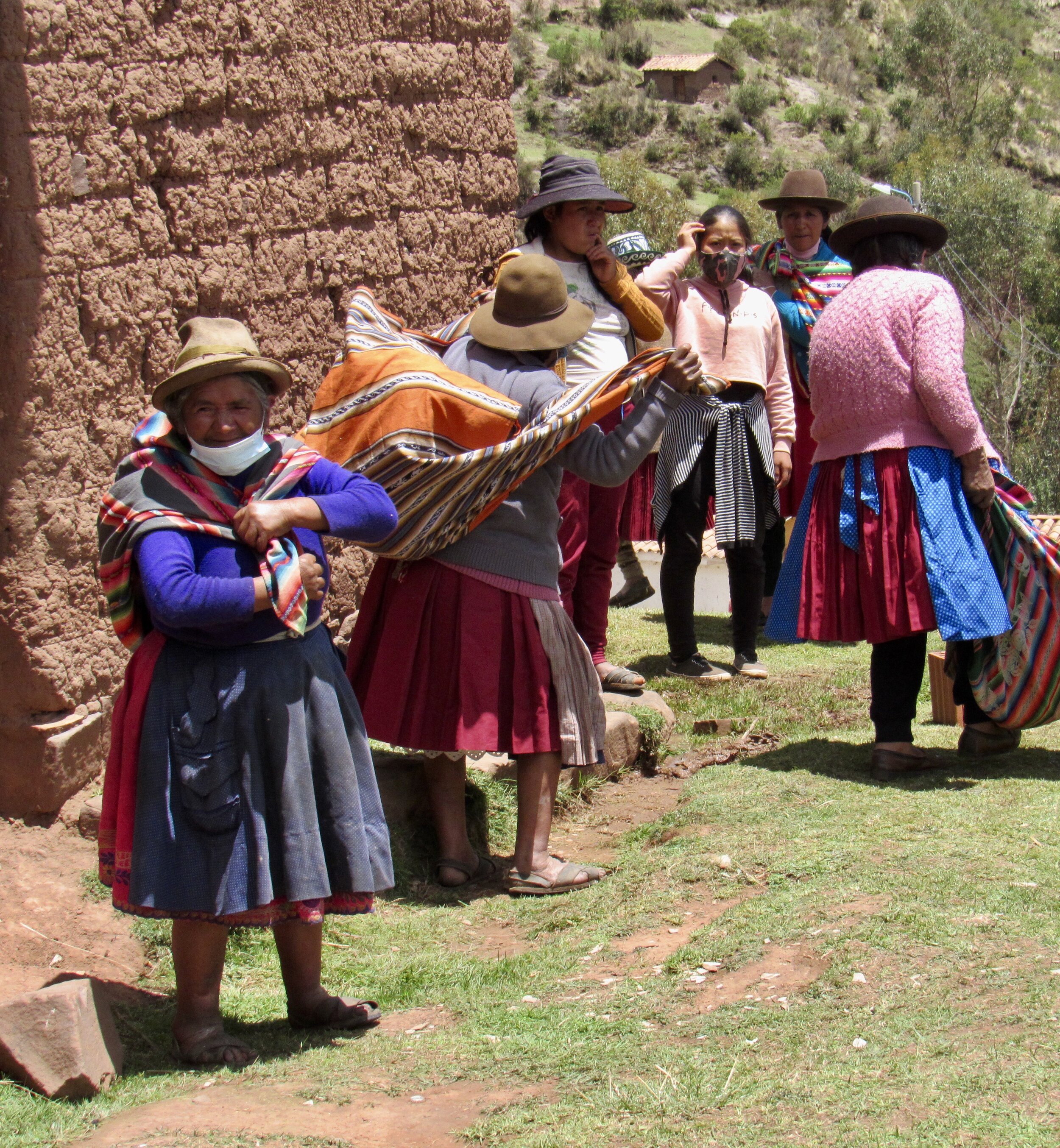
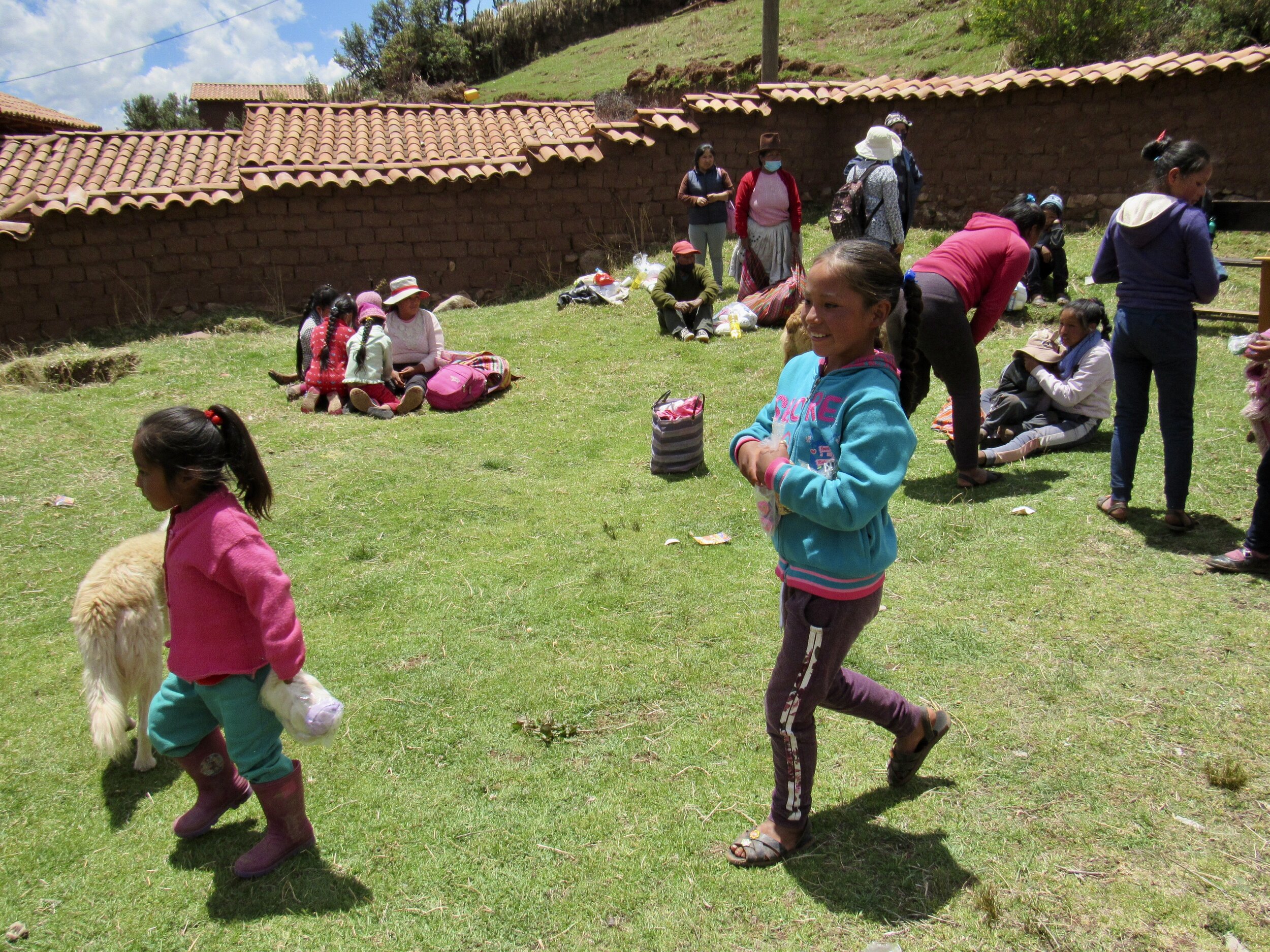
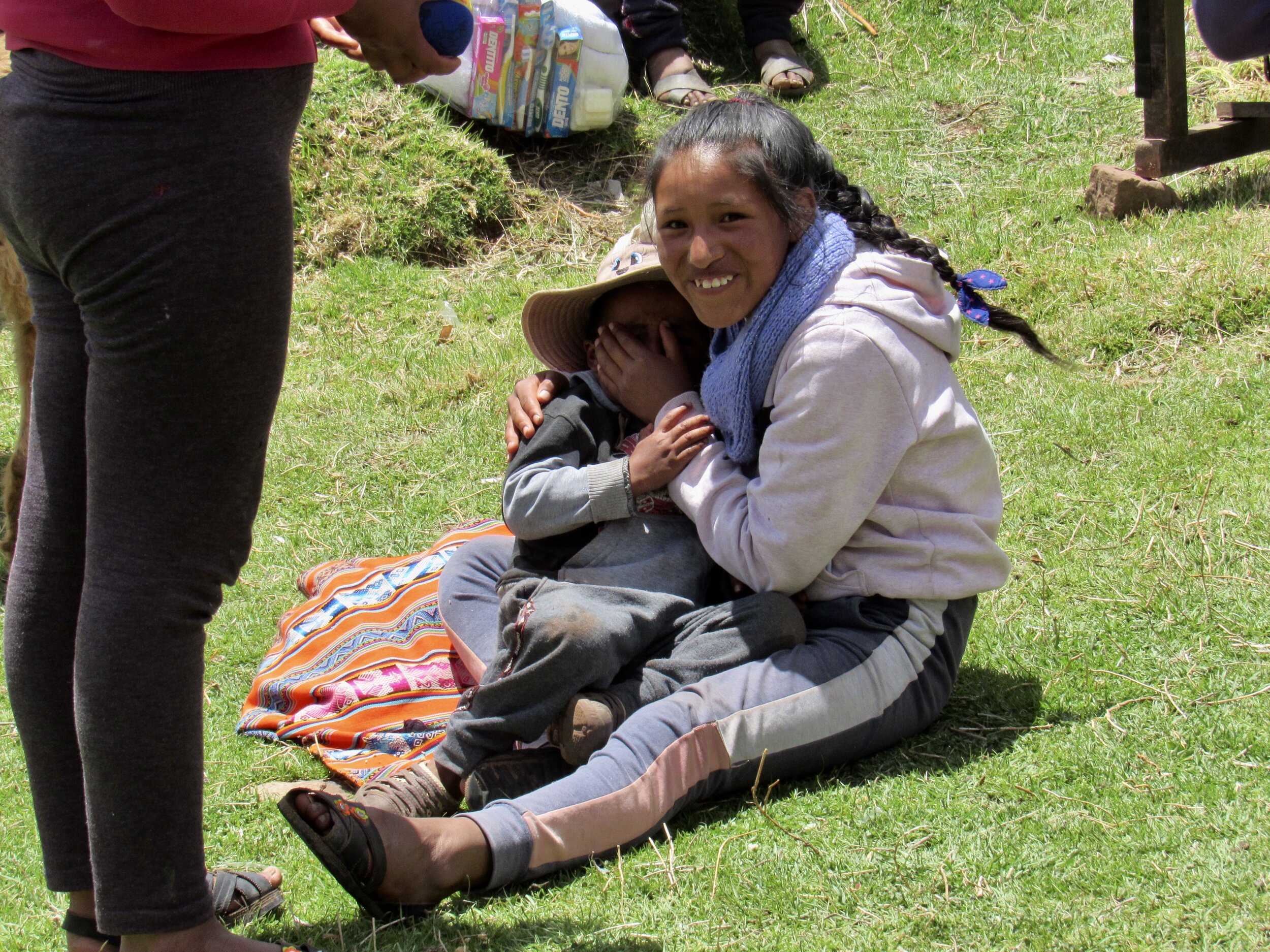
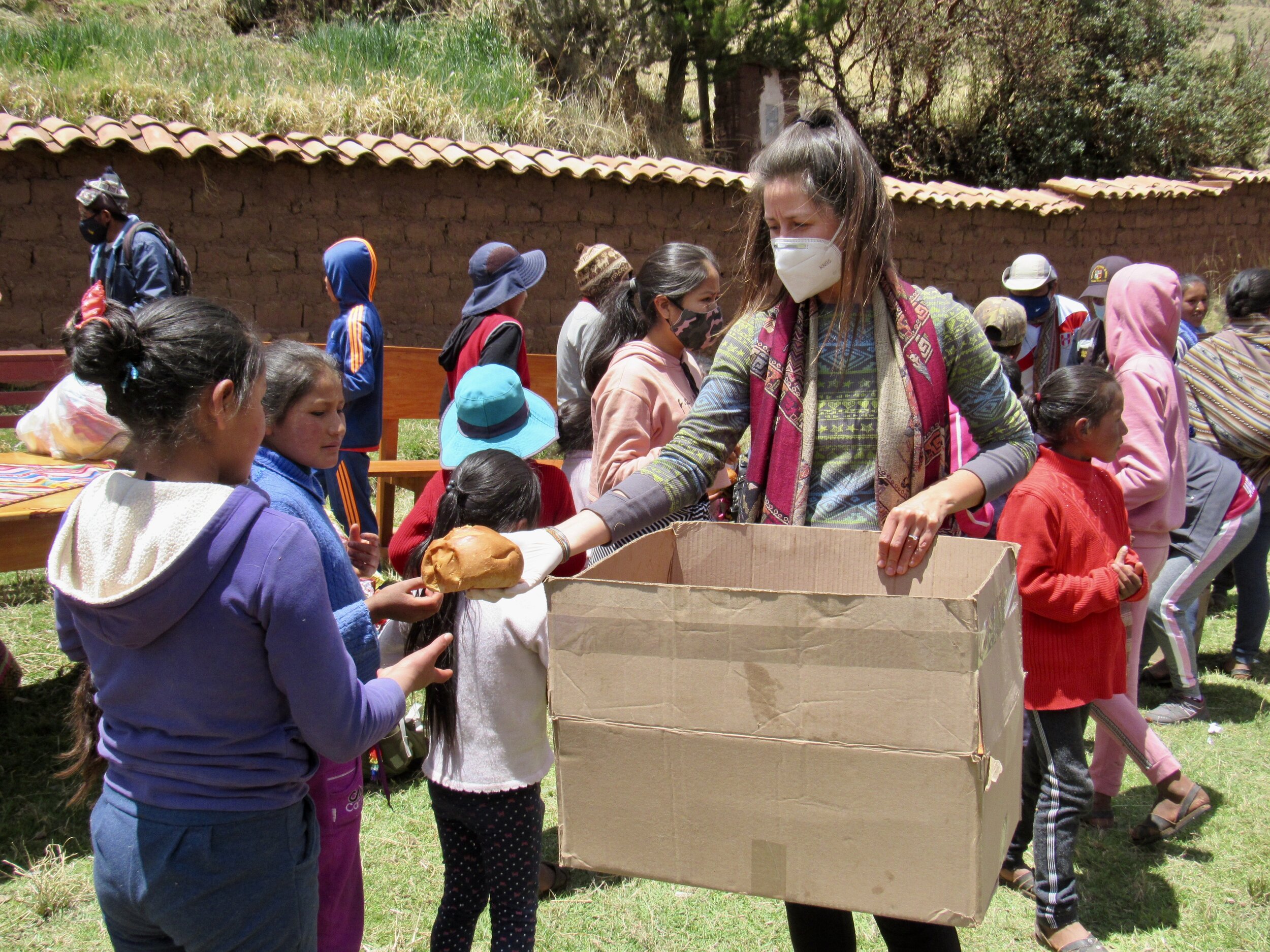

Saturday, 12 December 2020
Today was our second chocolatada and we met at the Maytaq Wasin Hotel at 5:30, to try to get the truck loaded and hit the road as early as possible. Today’s drive was only about three hours, but since we’re also going to another village tomorrow, I want to get home early in the afternoon so I have time to catch my breath before it’s back on those mountain roads.
Henry got there right at 6am, with two milk cans that each hold 30 liters, and 350 mini-panettones. We dropped him off with one of the milk cans and 100 of the panettones at the elementary school in Paruro, then kept going to Mayubamba.
Just like last Saturday, they already had a big cauldron of water boiling, ready for the chocolatada. When they saw the 30 liter milkcan, they ran to get a couple more pots, to take out some of the water so there was room to add the milk. It’s fresh milk, so they had to make sure to boil it before it could be served. We added three of the 1 kilo bricks of cacao, a bag of sugar, a handful of cloves and a stick of cinnamon the size of my arm. I don’t know why it seems so cool, but I just love these giant cinnamon sticks.
All of the kids from the village were already there, so we lined them up, smallest to biggest to start giving out the clothes. It was pretty cute to see kids choose their favorite of the options available. It’s not always easy to judge the right size, but if the kid picks it out, I’m sure they’ll make it fit. After clothes was hot chocolate and panettone for everybody. After everybody had seconds on hot chocolate, we asked an adult representative from each household to line up for the rest of the donations.
The rice and oil seem pretty standard to me by now, so I was really happy to see the packs that Andrea had put together. From her hotel Maytaq Wasin, she donated six towels for each family. She has also been collecting donations, so she was also able to buy five bars of soap, four toothbrushes and toothpaste for each family. Hygiene is a real challenge when you live in an adobe home without plumbing and any help is appreciated. Andrea even included toothpaste for kids. Also, toothbrushes and toothpaste are not high on the priority list for families that are really struggling to get by. Few shops carry them and they’re just prohibitively expensive for most of the people of Mayubamba.
After we had handed out the food and packs from the hotel, we gave out some toys that David had collected from his students. Finally, we handed out the last of the panettones to anybody who had stuck around. It was a lot more than the village leaders were expecting and they were so happy. Before we left, the community president invited all of us for lunch, which was served in an empty classroom in the closed school.
Most communities are only able to share boiled corn or potatoes, which I am perfectly happy with! However, the mayor of Paruro had sent supplies to make chicken and potato soup with his assistants. He wasn’t able to be there today, but he certainly sent enough people to support us, including local police. It was cute to see the police helping the littlest kids who were having trouble carrying a mug of hot chocolate and the panettone and a granola bar, donated by the Maytaq Wasin.
The mayor also sent scarves and bags for those of us who came from Cusco. They’re from the Paruro artisans cooperative and are obviously made for the Cusco tourist souvenir market. Sadly, they have been sitting around for almost a year, since no tourists have been here to buy souvenirs. Tourism is starting to come back and I hope that the economy will revive. It’s starting very slowly, mostly with tourists from Lima. It may be several more months before people are able to travel from the US and Europe, where most of our tourists come from.
We got back early enough that I had time to go over the budget for tomorrow again. I had a little money left over, so I went back to Wagner’s and bought two bags of oatmeal and a bag of salt for each family tomorrow. Oatmeal is actually considered a treat here and it’s surprisingly hard for some families to get salt. You can’t cook without salt and in communities that don’t have any shops, it can be a long trek to buy some. Considering how much we had for Mayubamba today, I don’t want to feel like we’re taking less to Q’ero tomorrow.
I’m really excited to see Q’ero, which I have heard so much about. It’s famous here in Cusco as the last holdout of pure Inca culture, who only started to allow outsiders to visit them in the 90s. Before then, they had stayed isolated, refusing all contact with the outside world. According to Auqui, the first people who left Q’ero were not allowed to return. The community was that determined to keep their culture and language from outside influence. I’m excited to meet them and see how much outside influence has changed them in the past 20 or so years. I also wonder what they think about the pandemic. Will they see it as a justification to seal themselves off again?
I’m also interested in their take on climate change. The Q’ero are known for both their ancestral knowledge of stories passed down through the generations, as well as their close connection to nature. I’m very curious what changes they have noticed in the past few decades, compared with what they know of their land over the past several centuries. I expect that they have a unique perspective that will be very insightful.
Old fashioned milk can
I think it’s so cool that we can buy milk directly from the dairy and that they’ll let us borrow the milk cans.
Covid in Cusco: Week 38
I took the Covid Relief Project’s first chocolatada to families who live high in the mountains, about two hours north of the town of Calca. It was a beautiful and very impactful day.
Sunday, 29 November, 2020
I’m still so happy about last week’s trek around Mt. Ausangate! The mountains here are one of the biggest reasons that I wanted to move to Cusco. It’s really amazing to see how different the climate here is, depending on the altitude. When you get down below the altitude of Cusco, you realize that you’re really close to the equator. Even just going to Machu Picchu, which is only about three hours away, takes you into the cloud forest and the very edge of the Amazon rainforest.
When you head up into the mountains higher than Cusco, you are immediately in the high altitude ecosystem, where all plants are tiny and very few trees or crops can grow. I’ve always wondered why, and finally took the time to look it up. Part of the reason is that the air, which has less oxygen for us, also has less carbon dioxide for plants. They struggle to live for the same reason that we struggle to breathe: the air is just too thin.
My aunt sent me an article from yesterday’s Seattle Times about the effect of the pandemic on farmers in Peru. The farmers interviewed are in Pisac, which is only about an hour north of Cusco. The town of Pisac itself has suffered from the death of tourism, although lots of the expats who live in Cusco moved to Pisac to escape the high Covid case numbers in Cusco. Several people I know who moved there also said that the police are less strict in Pisac and that it’s easier for them to go for hikes in the surrounding hills.
The article says that part of what is hurting farmers is that prices for crops have dropped, leaving them with less income and sometimes unable to sell what they farmed. As I’ve learned through working on the Covid Relief Project, part of the reason for this is the disappearance of tourists. Normally, Cusco and the Sacred Valley welcome thousands of tourists every day. We used to have a steady stream of flights landing in Cusco, bringing people to fill the hotels, and more importantly for the farmers, the restaurants.
Restaurants in the Cusco region rely on local produce, which not only makes the food better, it supports thousands of families who farm small plots of land. Most of these plots are fields smaller than a city block. Peru’s Agrarian Reform of 1969 broke up the big landowners, most of whom had inherited their estates as descendents of Spanish families granted the land during colonization. The system had perpetuated a kind of serfdom that bordered on slavery, which I can still hardly believe lasted through the 1960s. One result of the Agrarian Reform is that the families who farmed and lived on the land actually became the landowners.
I met families who rely on farming near Pisac on July 11th, as one of the Covid Relief Project village visits to deliver emergency food assistance. We visited two small communities and at one got to hear from a community member who talked about how forgotten these families feel. He said that they work so hard to provide food for Peruvians, but that they don’t get any attention from the government. They don’t have a health clinic and their school hardly gets any funding. Unfortunately, this is the case of every community that I’ve gone to since we started the project.
Like most countries around the world, the poorest people in Peru are hit the hardest by the economic collapse caused by the pandemic. The World Bank estimates that the pandemic will push 49 million people into extreme poverty in 2020. It’s easy to feel helpless in the face of numbers like that, but I hope that what little I can do for rural families in the Cusco region does make a difference for them.
Monday, 30 November, 2020
After Black Friday, today is another day devoted in part to the celebration of corporate America: Cyber Monday. Of course, since both of these days are related to the Thanksgiving holiday weekend, they’re not really a thing outside of the US. However, I’ve been thinking of visiting my parents for my Dad’s birthday in February, which means that I’ve been shopping for plane tickets online.
Taking advantage of some Cyber Monday deals, I managed to buy flights from Cusco all the way to Boise and back for only about $600. In 2019, that was the price of the cheapest one way tickets. The pandemic’s effect on the airlines, while tragic for many of their employees, is definitely a big help for me.
I haven’t been back to the US since I left to move to Cusco, in August 2019. By the time I make it to Boise for Dad’s birthday, that will have been a year and a half in Peru. I’ve been away longer, when I was a Peace Corps Volunteer in Morocco 2005-2007, but since then have gone back every year, even when I was living in Turkey and Bangladesh.
I suspect that seeing Seattle and Boise during the pandemic will be a bit of a shock. Currently, the US is starting to see the effect of people gathering for Thanksgiving last week and the huge spike in Covid cases is predicted to get even worse in the coming weeks. I think that everybody expected there to be a spike in cases as a result of people trying to have a normal Thanksgiving. I bet that the consequences of Christmas and New Year will be similar.
For me, the question is, will case numbers be on the decline in February? Will the spike in cases from the holidays scare enough people into staying home? Will the Biden/Harris administration issue enough mandates to get the pandemic more under control before I arrive in Boise on February 19th? How bad will it be when I get there?
The other question is, can I keep myself from catching Covid as I navigate five airports? Between my apartment and my parent’s house are the Cusco, Lima, Mexico City, Seattle and Boise airports. From what I’ve ready, being on the airplane isn’t that dangerous because of how air is filtered. The danger will be in the airports. Can a mask and hand sanitizer keep me from getting Covid in all of those high-traffic areas?
Just like in August I was terrified of the idea of taking Covid to one of the isolated mountain villages that I was going to with the Covid Relief Project, I am now terrified of the idea of giving my Dad Covid for his birthday. I’ll be as careful as I can, not staying at my parents’ house and trying to find ways to visit them outside. The social distancing and visiting them while staying outside will definitely be a challenge in Boise in late February. The weather is likely to be horrible: wet and cold. I have just under three months to find as many ways as possible to minimize the possibility of giving my parents Covid.
Tuesday, 1 December, 2020
This morning I sent an email to everybody who has donated to the Covid Relief project. I’ve been planning a big fundraising campaign for today’s Giving Tuesday event. It turned out to be even better than I had hoped and we not only got the rest of what we needed for Ocongate, we also raised enough for two more communities! That means that this Saturday is our first chocolatada and we can do four, maybe even five more! I had already planned to do chocolatadas on every Saturday before Christmas, but now we can also add two Sundays: December 13th and the 20th.
A big part of the support I got today wasn’t actually from the people who had donated between May and August. It was from Andrea, whose family owns the Maytaq Wasin Boutique Hotel here in Cusco. One of her siblings sent $200 and two of her friends in the US each sent $800. I am still floored by the $800 donations. That is way, way, way more than I hoped to get and I’m so thankful for their generosity. Those two donations alone let me add December 13th and 20th to our chocolatada calendar.
One of those donations is from the Weisman family in Chicago. The other is from a woman who asked to mostly be anonymous, but said that I could list her as Maria Te, if I needed a name for the donation. She said that she had looked up what it would cost her to fly from her home in St. Louis, Missouri to Cusco and decided to match that $800 flight cost with a donation, since she wasn’t able to travel in 2020. The name Maria Te is the name that she was given at the orphanage in Cusco, from which she was adopted by a family from St. Louis.
Even more than the amount of her donation, the story really hit me. How amazing is it that she is able to give so much to families here? I couldn’t find the right words for my thank you email to her. How can I be profuse enough? How can I actually thank her for what this will mean here? I will definitely be sending her lots of photos of the little girls in the community where we take her donation.
Today I also got to speak with students at a school I used to work at, thanks to former colleague Ernesto. He teaches Spanish and has been talking about the Quechua language and indigenous people from the Andes in two of his classes. I asked Auqui to participate with me, as a native speaker of Quechua and indigenous person from the Andes. The kids had sent us questions ahead of time, so we were prepared for most of them.
I liked how Ernesto had set the class up for each student to ask us a question. They asked all kinds of things about the Quechua language, who speaks it and why it’s dying out. We told them how little the government was doing to support the language and the people who still speak Quechua. We also told them about the strong connection between the language and the land. Communities where people have stopped speaking Quechua are more likely to allow mining on their land and other forms of environmental degradation. (This is anecdotal, not based on any research that I’m aware of).
Auqui was impressed that the students already knew a fair amount the Quechua language and how it is already dying out. Auqui told them that when he was a kid, he could walk out his door and hear everybody around him speaking Quechua. By the time he was a teenager, it had already changed to Spanish. I suggested to the students that the advances in education, starting in the 1990s, had made a huge difference. There was a big effort to decrease illiteracy and improve access to education for all children in Peru, especially those high in the mountains who had previously had no schools within walking distance.
Unfortunately, this push in education was purely in Spanish. Kids have to learn Spanish to understand their history, math and science classes. There was no comparable push for kids to be able to learn in Quechua, even if that was the only language that they already spoke. Obviously, there was no effort to teach Quechua or even try to preserve the language. As a result, most Peruvians my age speak very little Quechua, though some understand it. Younger Peruvians likely don’t understand a word their grandparents say.
It’s the sort of problem that will take massive governmental support to change. Waiting another ten years might be too little, too late. Considering the current need for governments all around the world to battle a pandemic and economic collapse, I don’t see the Peruvian government taking the necessary steps anytime soon. I hope I’m wrong about that.
Wednesday, 2 December, 2020
Thinking more about yesterday’s conferences with the students in Seattle, and on the connection with nature that is such a strong part of Quechua culture, I read a few articles today about where we’re at in our destruction of the environment. We all know that climate change has a terrible effect on the ecosystems that we’ve known over the past few decades. We all know that humans are creating farmland and building on what used to be habitat for a variety of flora and fauna. We’ve all also seen the news about how quickly that same flora and fauna bounced back in April when people around the world stayed home in quarantine and left that habitat alone.
I was so optimistic in April! I was so sure that with such clear evidence of what we have to do to reduce or even reverse some of our impact on nature, that people around the world would insist that their governments step up their efforts to reduce and reverse that impact. I was so sure that this was the final kick in the rear that humanity needed to wake up and commit to changing the way we treat the environment. So far, I’ve been disappointed.
In a speech today UN Secretary General Antonio Guterres admonished all of us “Humanity is waging a war on nature. This is suicidal.” I couldn’t agree more. We’re not going to kill every other species on the planet, but the more we do kill, the more likely it will be that humanity won’t survive. Those of us who do survive this suicidal war probably won’t like the planet that’s left to live on. Of course, Guterres, like David Attenborough, are careful to point out that it’s not too late to reverse our course. We can still make sweeping changes and restore some of the places that we’ve damaged most.
Guterres reminds us: "Nature feeds us, clothes us, quenches our thirst, generates our oxygen, shapes our culture and our faiths and forges our very identity. 2020 was to have been a 'super year' for nature. The pandemic has had other plans for us. Now we must use 2021 to address our planetary emergency."
Maybe I should spend more time this December looking for a way to be a bigger part of that effort. What can I do in 2021 to address our planetary emergency?
HJK is open!
I am so excited for my friend Hannah, who has opened a beautiful shop on one of the most scenic streets in Cusco. The alpaca sweaters that she sells are some of the best in Cusco, and certainly some of the most ethically produced as well.
Thursday, 3 December, 2020
Today my friend Hannah had her grand opening for her new shop! She opened about two weeks ago, but wasn’t ready to host an event on that first day. Hannah and several of her friends here in Cusco are trying to change the fashion industry. Or maybe they’re creating an alternative to the established fashion industry.
They’re making a point to use natural fibers, since synthetics have a terrible impact on the environment. They’re also employing women, which can make huge changes in how local economies and families develop. When people have a sustainable income, and can focus on more than trying to keep a roof over their heads and food on the table, they will have the time and energy to care about their impact on the environment. As we’re seeing all around the world, people in desperate situations will focus on only the ends, justifying the means however they can. UN Secretary General Guterres pointed out yesterday that we have all been so focused on the pandemic that we have not met any of the global goals for the environment in 2020.
We really have to change that. I hope that increasingly, entrepreneurs like Hannah will put the environment at the top of their list of priorities in creating new businesses. Of course, we still need to pressure existing companies to do the same.
Friday, 4 December, 2020
I’m so excited that tomorrow is our first chocolatada! Today we got the 5kg bags of rice and bottles of vegetable oil delivered to the Maytaq Wasin Hotel, which has become our staging ground for all of the Covid Relief Project operations. We also took all the bags of clothes that we bought last Saturday to the hotel, where we opened several bags and organized them into bags of baby clothes, little kid clothes and big kid clothes. It’s a rough estimate, but we’ll have to rely on volunteers from each community to help with the actual clothes distribution.
While Auqui, Henry and I were sorting through the clothes for tomorrow, Sonia was helping Andrea put together kits for next Saturday. Tomorrow we’re going to see families from five “microcuenca” in the mountains about two hours from Calca and next Saturday Andrea and Sonia will join us going to Mayubamba. The kits they’re making contain donated towels and soap from the hotel, plus toothpaste and toothbrushes that Andrea bought with money that she had raised for us.
We are planning for about twice as many families tomorrow as we will see in Mayubamba, so unfortunately we can’t take the same kits with us to Calca. What we do have are the children’s clothes, 5kg bags of rice, vegetable oil and all of the ingredients for the traditional chocolatada. I’ve never made hot chocolate in the kind of quantity that takes ten liters of milk, four kilos of pure cacao, two kilos of sugar, a cinnamon stick about two feet long and a whole cup of cloves. The communities have been instructed to have a huge pot of boiling water ready when we arrive (I’m picturing a Halloween witch’s cauldron) and for everybody to bring their own cup.
Not only does asking people to bring their own cup save us from buying and making trash of hundreds of paper cups, it’s probably also better in terms of minimizing possible Covid spread. I’m always worried about the possibility of taking the virus from Cusco, where we have thousands of cases, to these isolated mountain communities that don’t have any. As I’ve written before, part of my worry is the actual virus spread, and part of my worry is that these communities don’t have any access to healthcare. They don’t have doctors or nurses or clinics or hospitals or even pharmacies. Many of them don’t have electricity or plumbing in their one room adobe houses. I try not to dwell on how devastating it would be.
Instead, I’m congratulating Henry & Auqui for finding the solution to my last logistics problem: the milk. We bought 16 kilos of pure cacao, 50 kilos of sugar, a kilo of giant cinnamon sticks and a kilo of cloves for the first three, maybe four chocolatadas. I didn’t want to buy dozens of 1 liter tetra paks of ultra-pasturized milk and certainly not cans of condensed milk. For Henry & Auqui to find a dairy who will sell us fresh milk solves all of those problems. We’ll transport the milk in reusable buckets, so there is no waste. Fresh milk is also much more nutritious and we’re supporting a local farmer. Win, win, win!
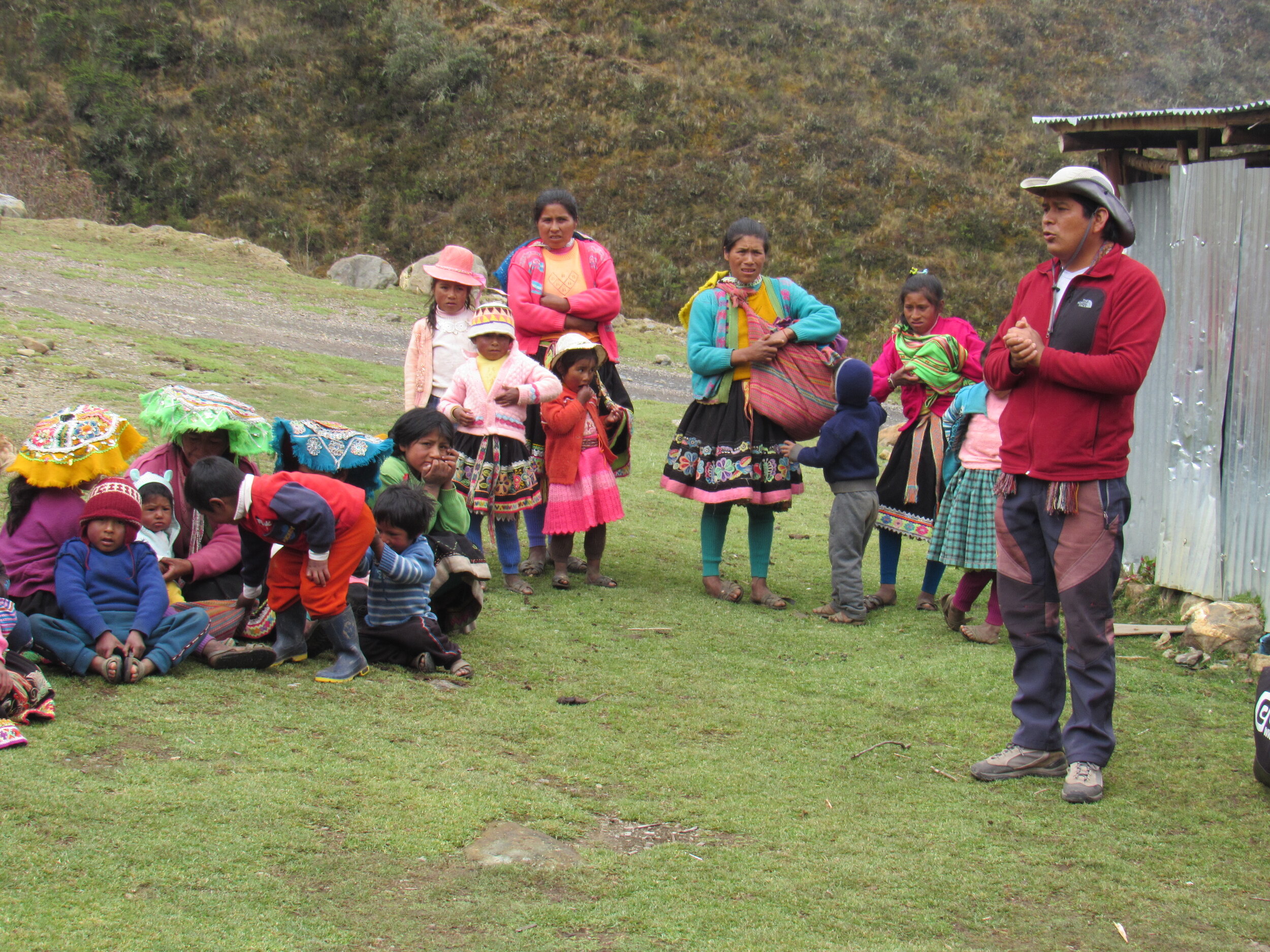
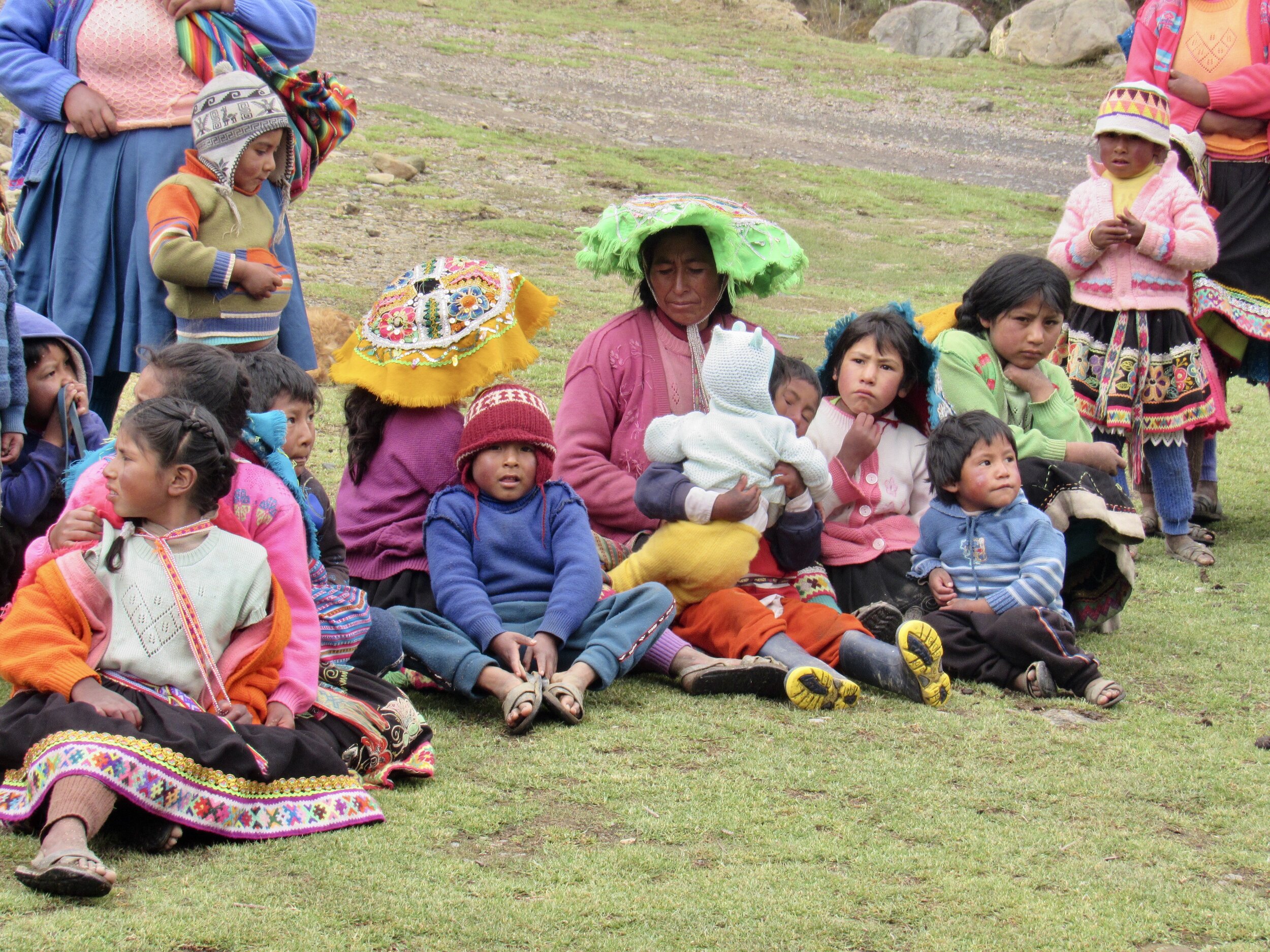
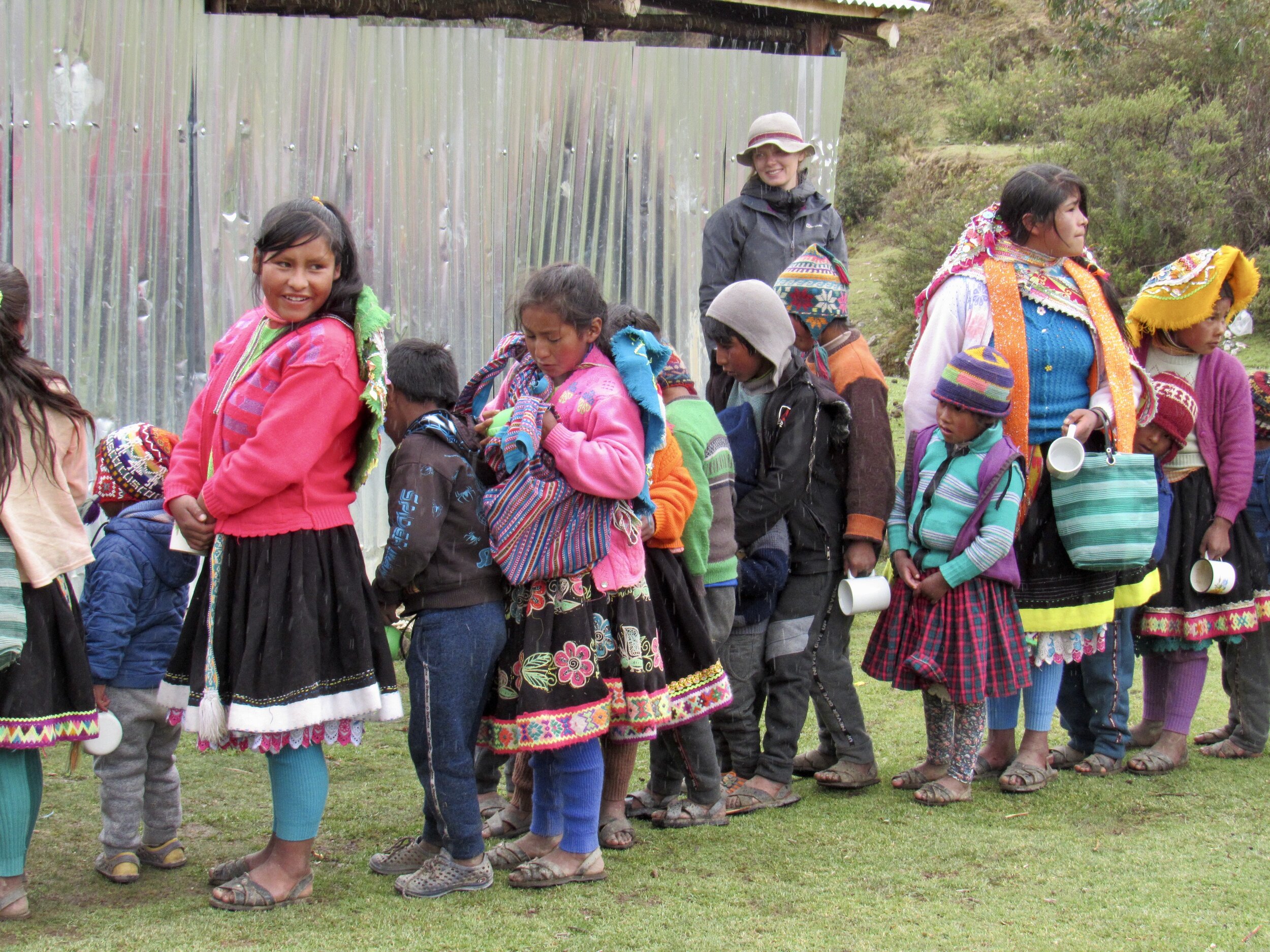
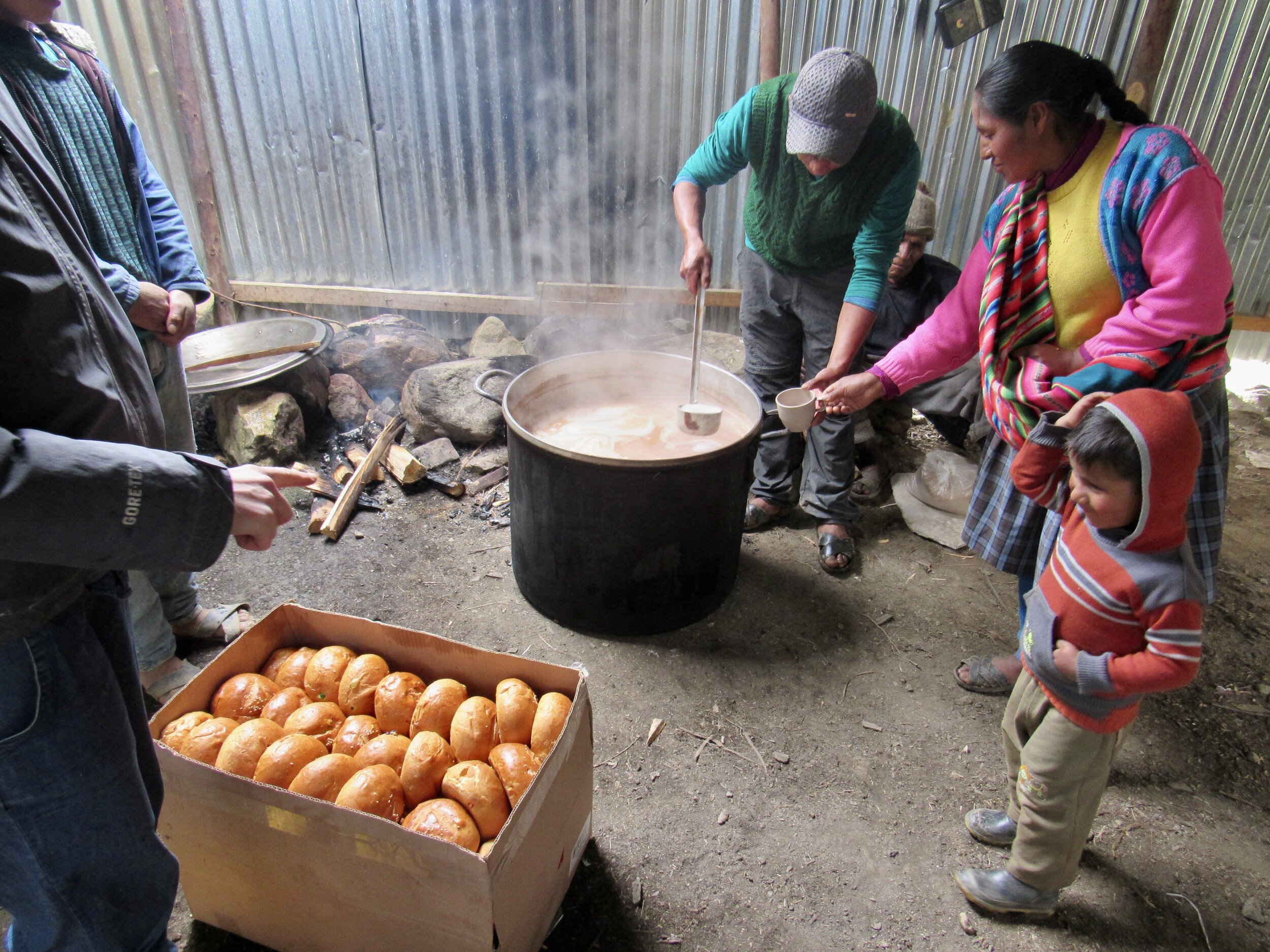
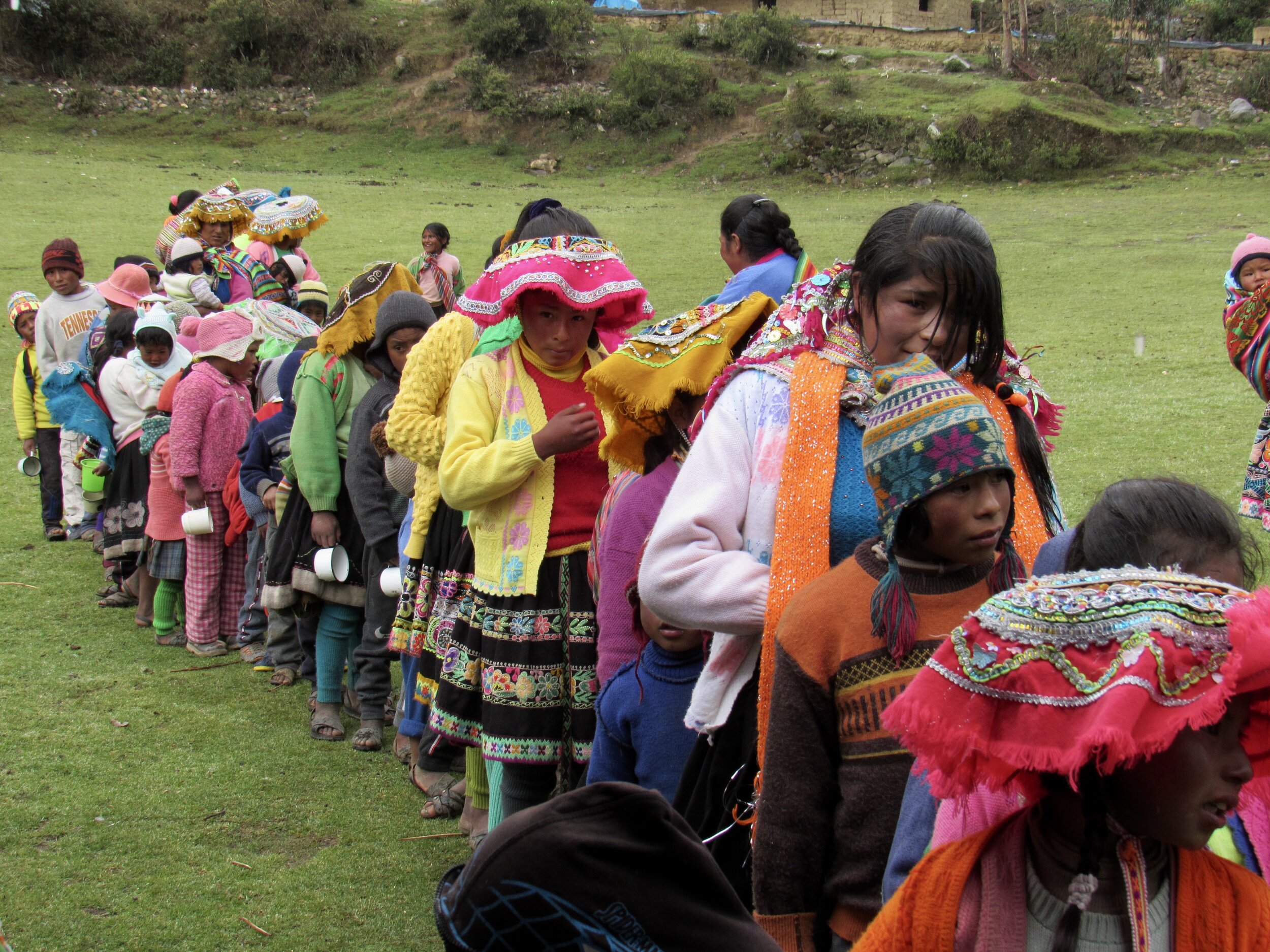
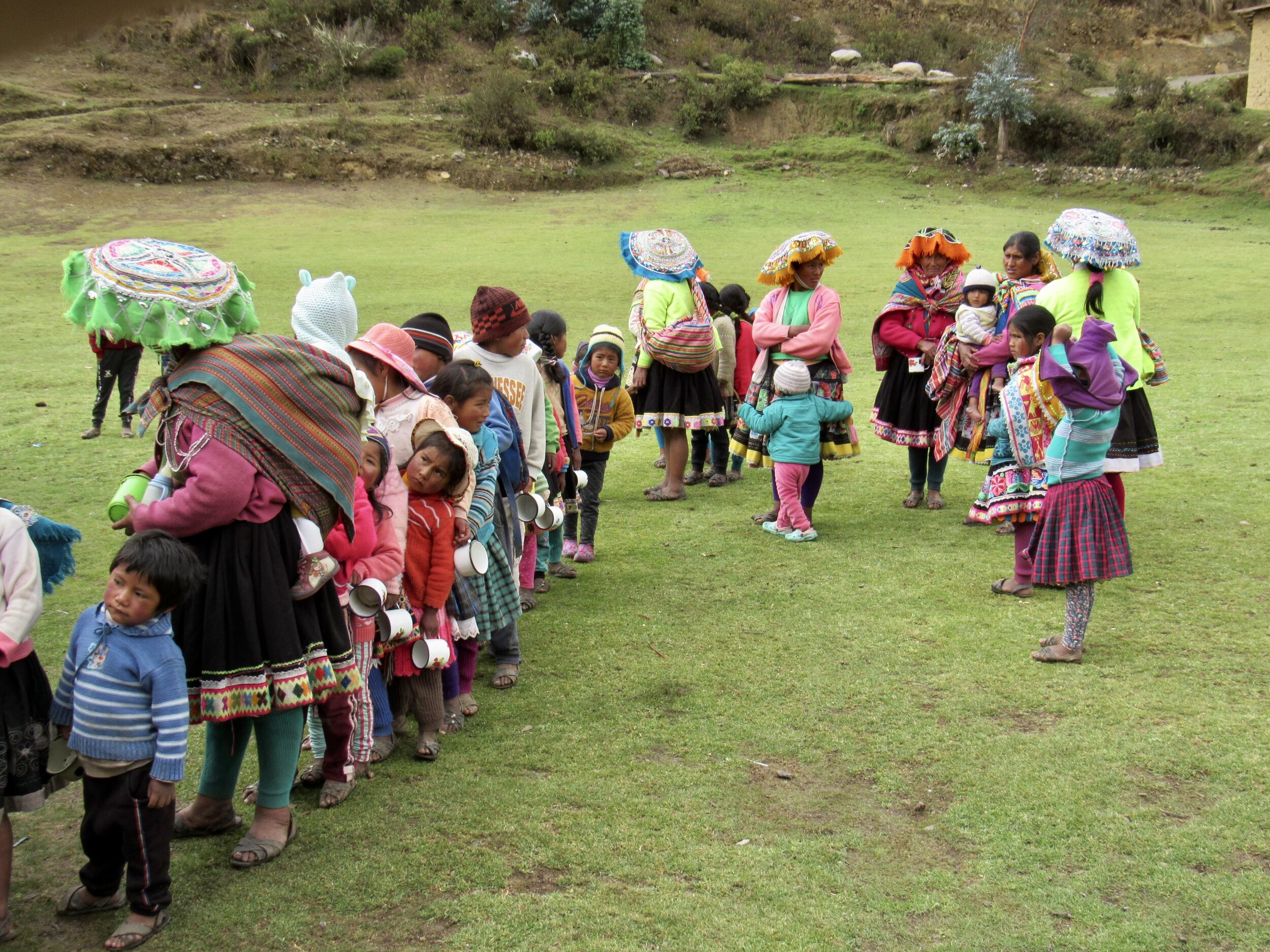
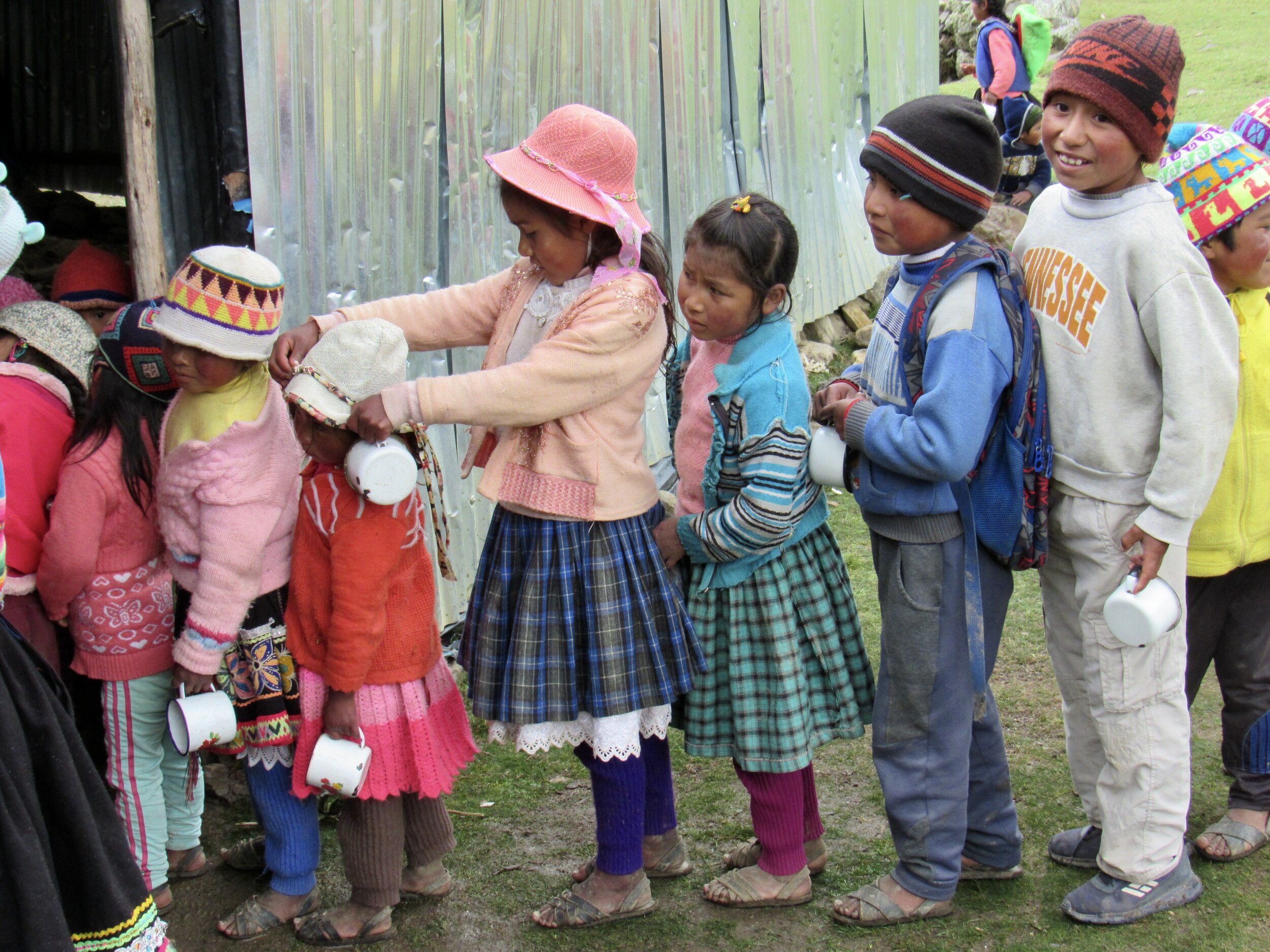
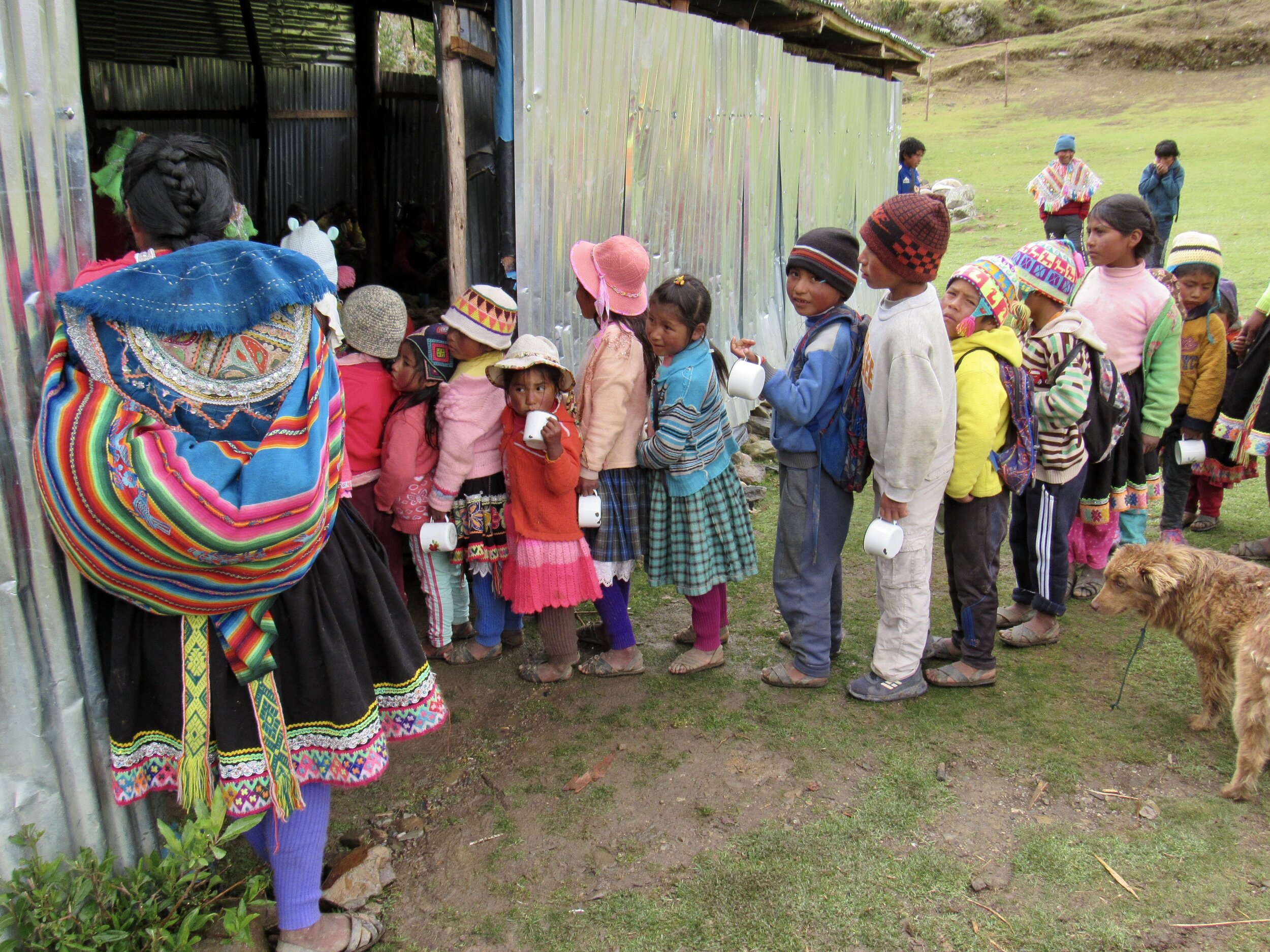
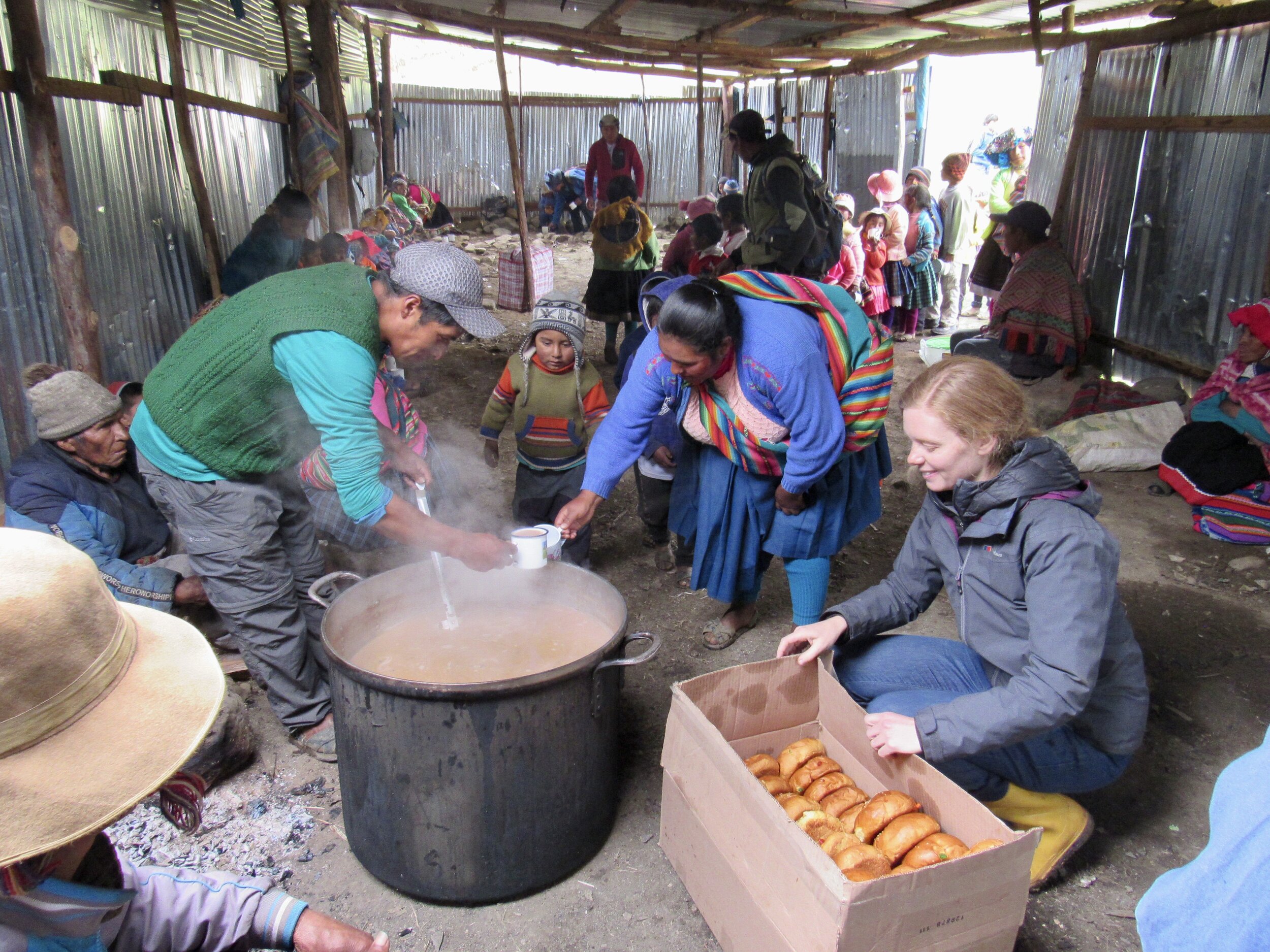
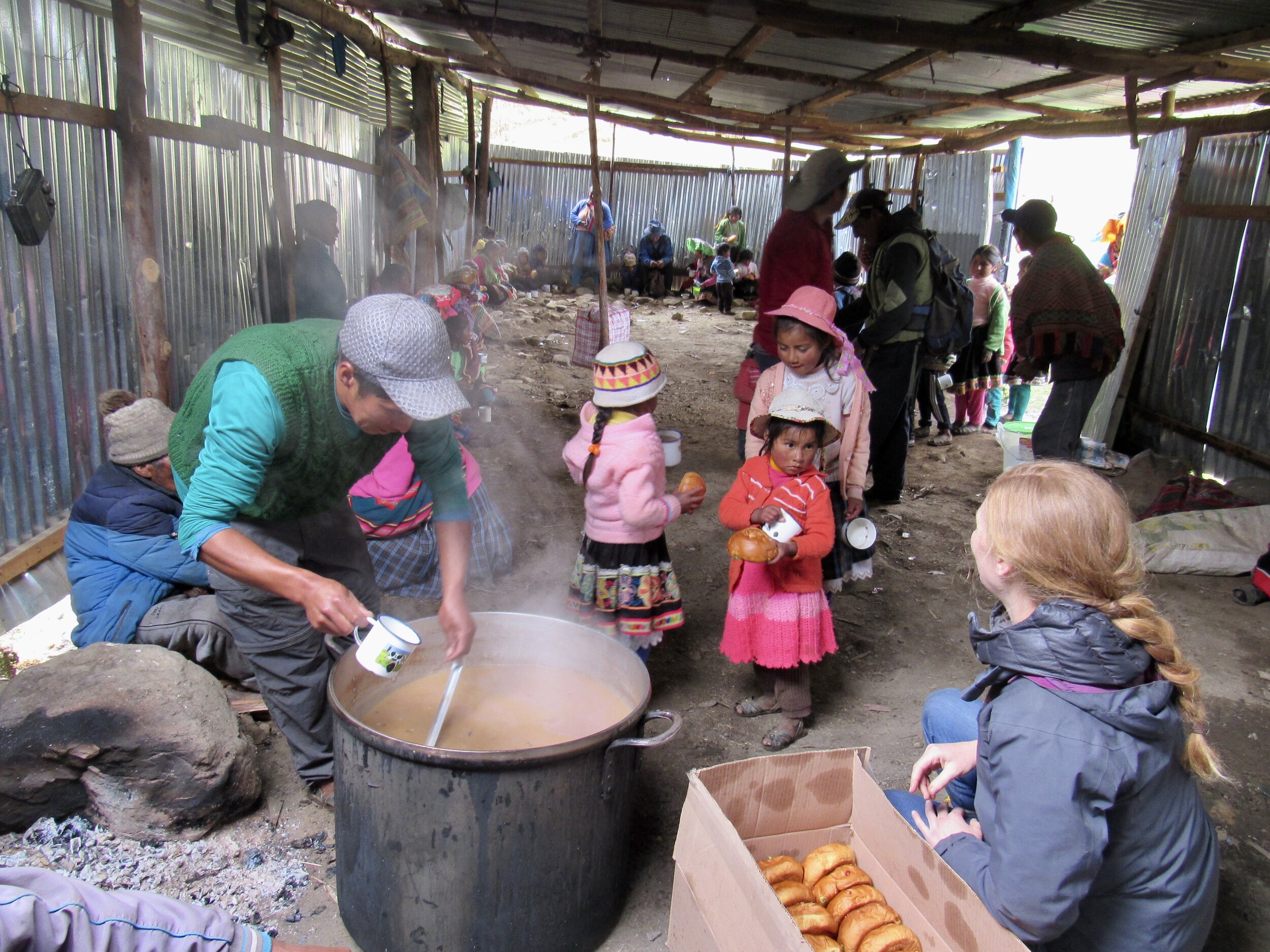

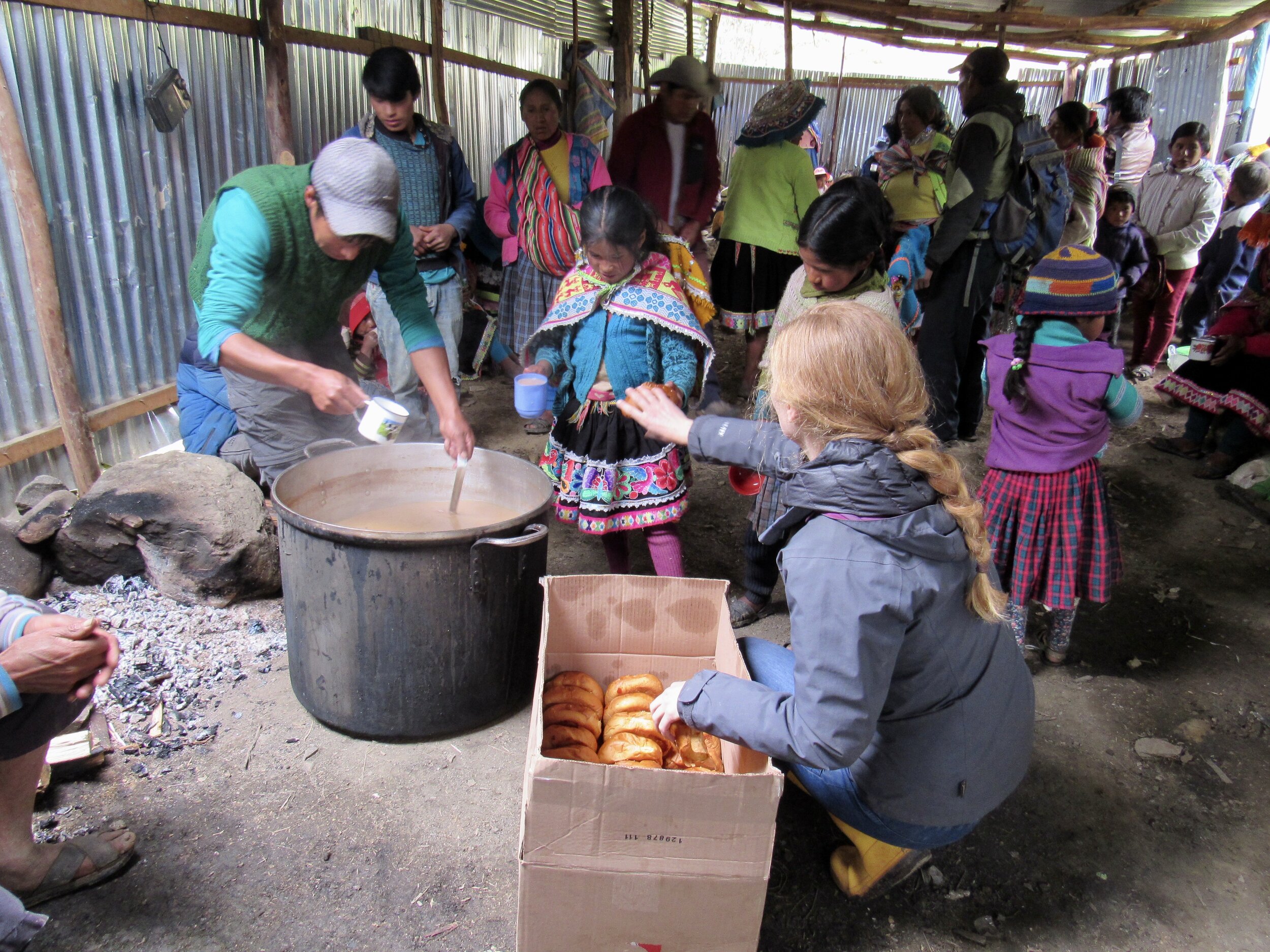
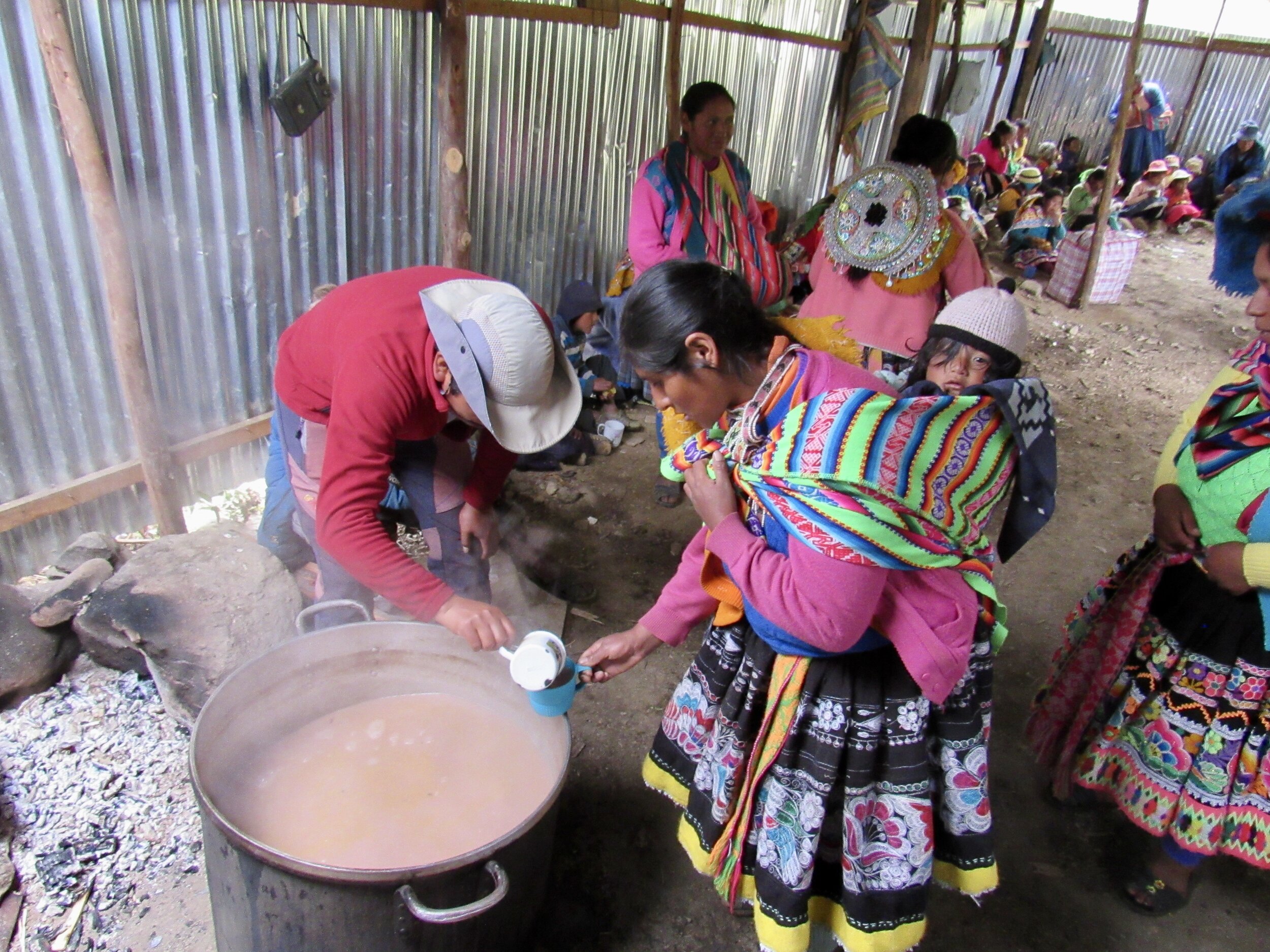
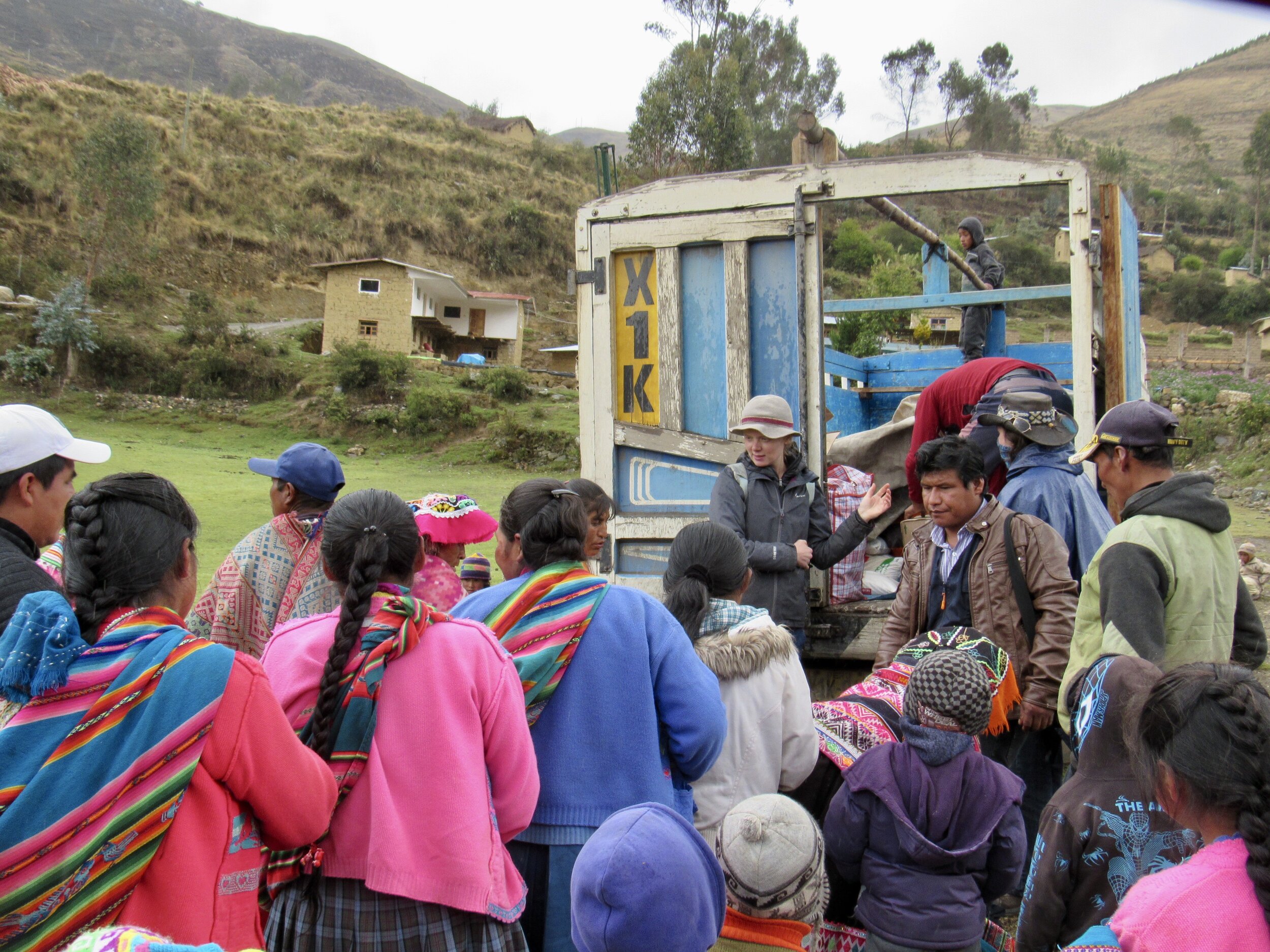
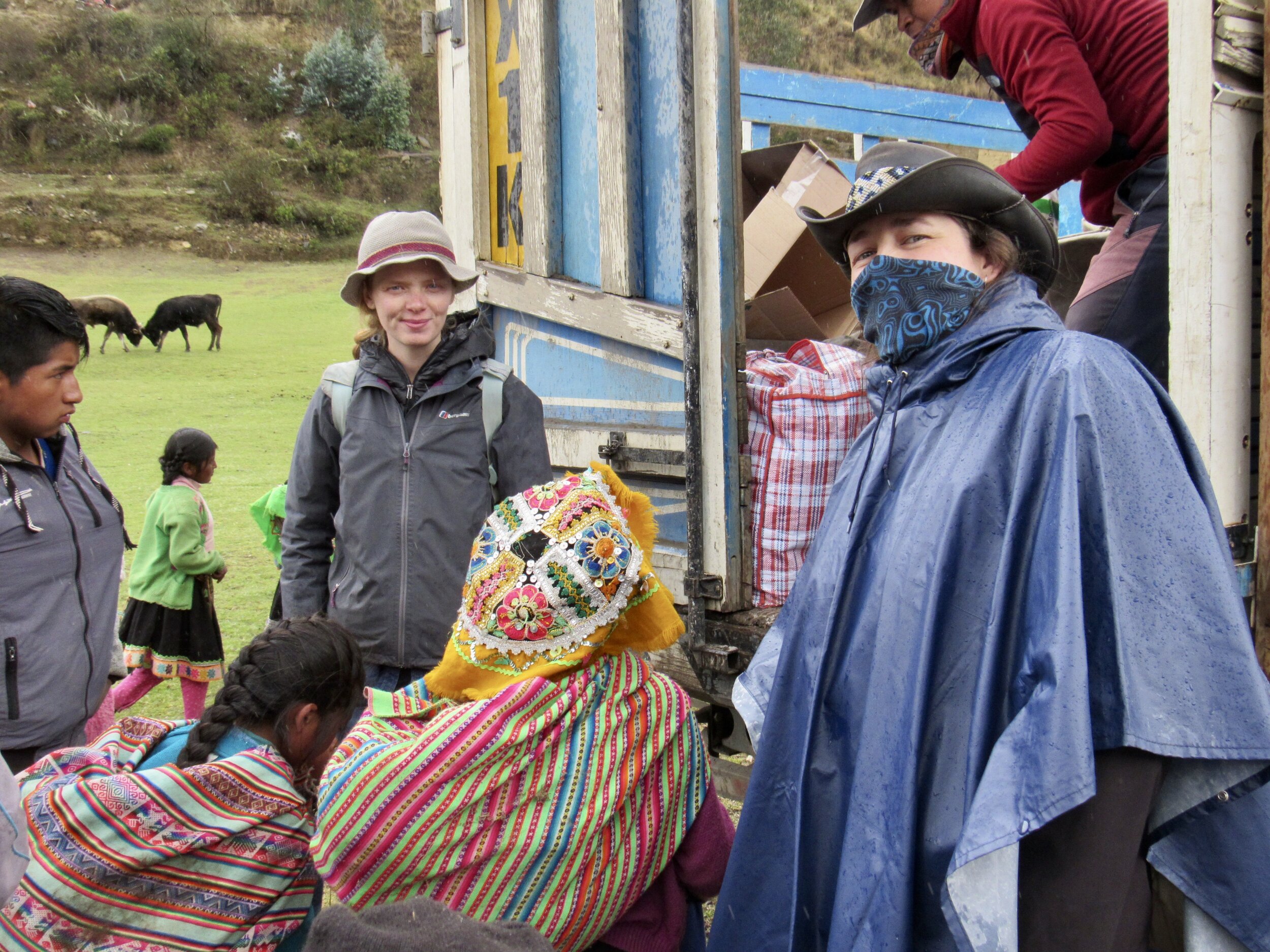

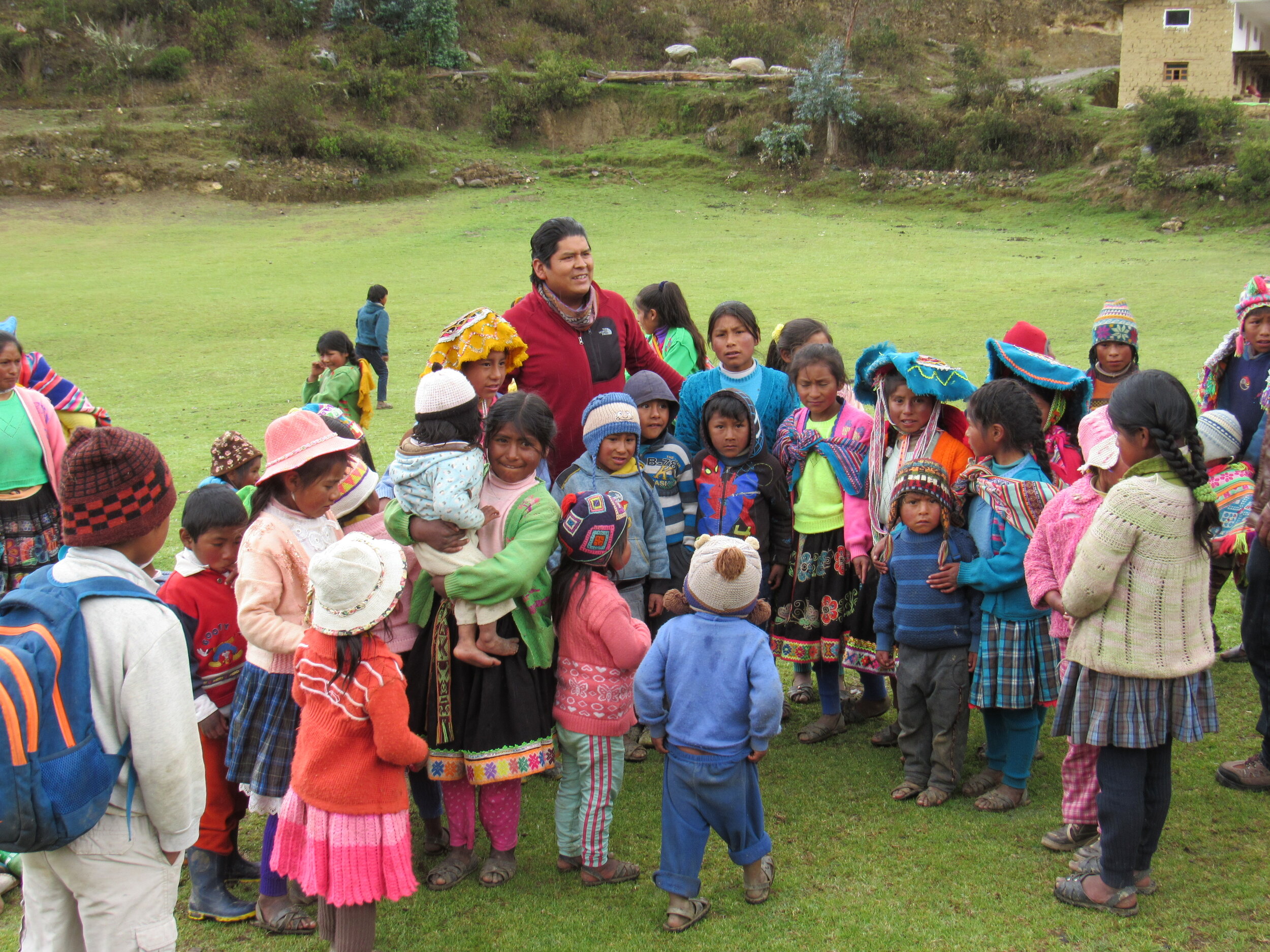
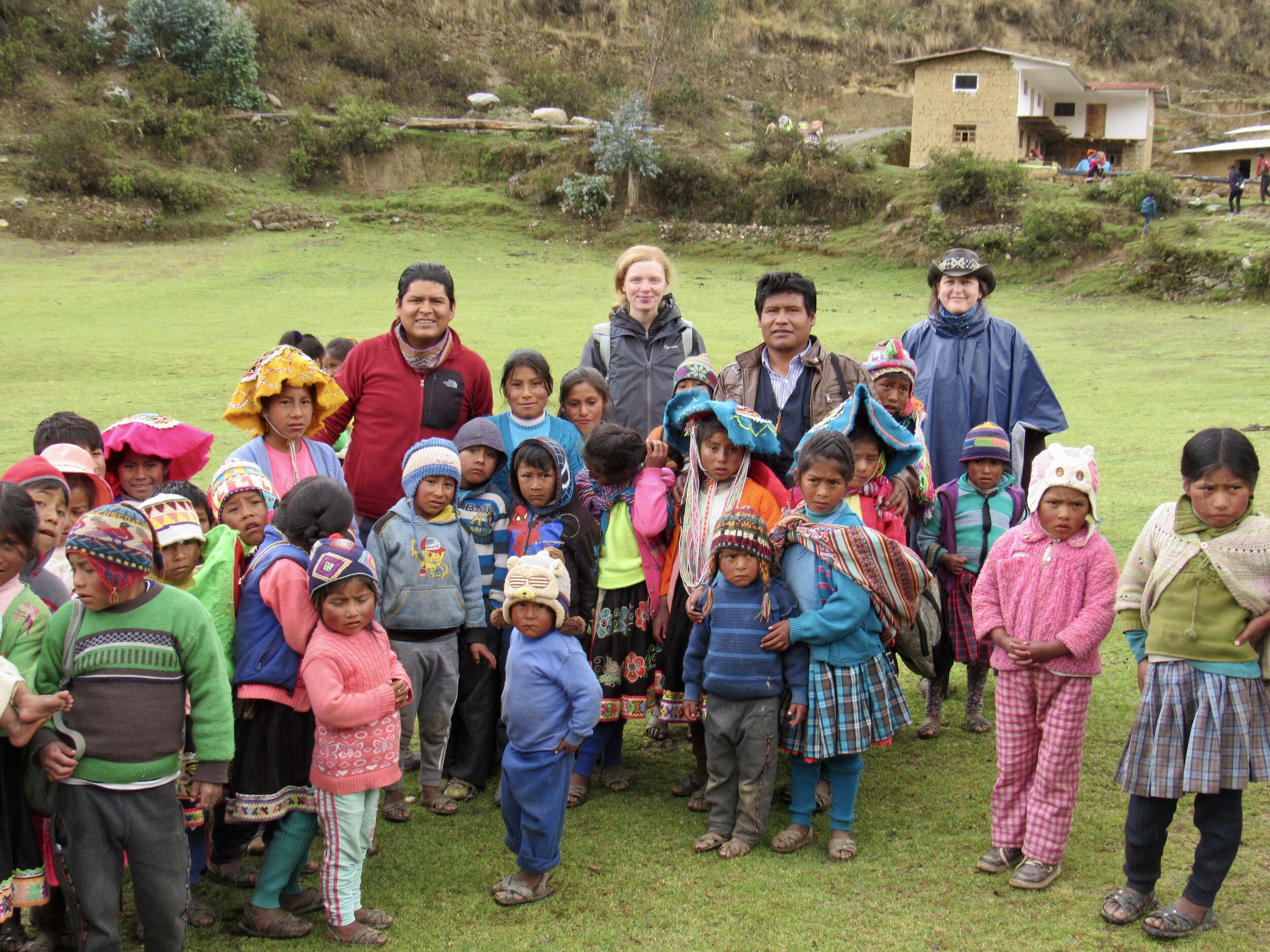
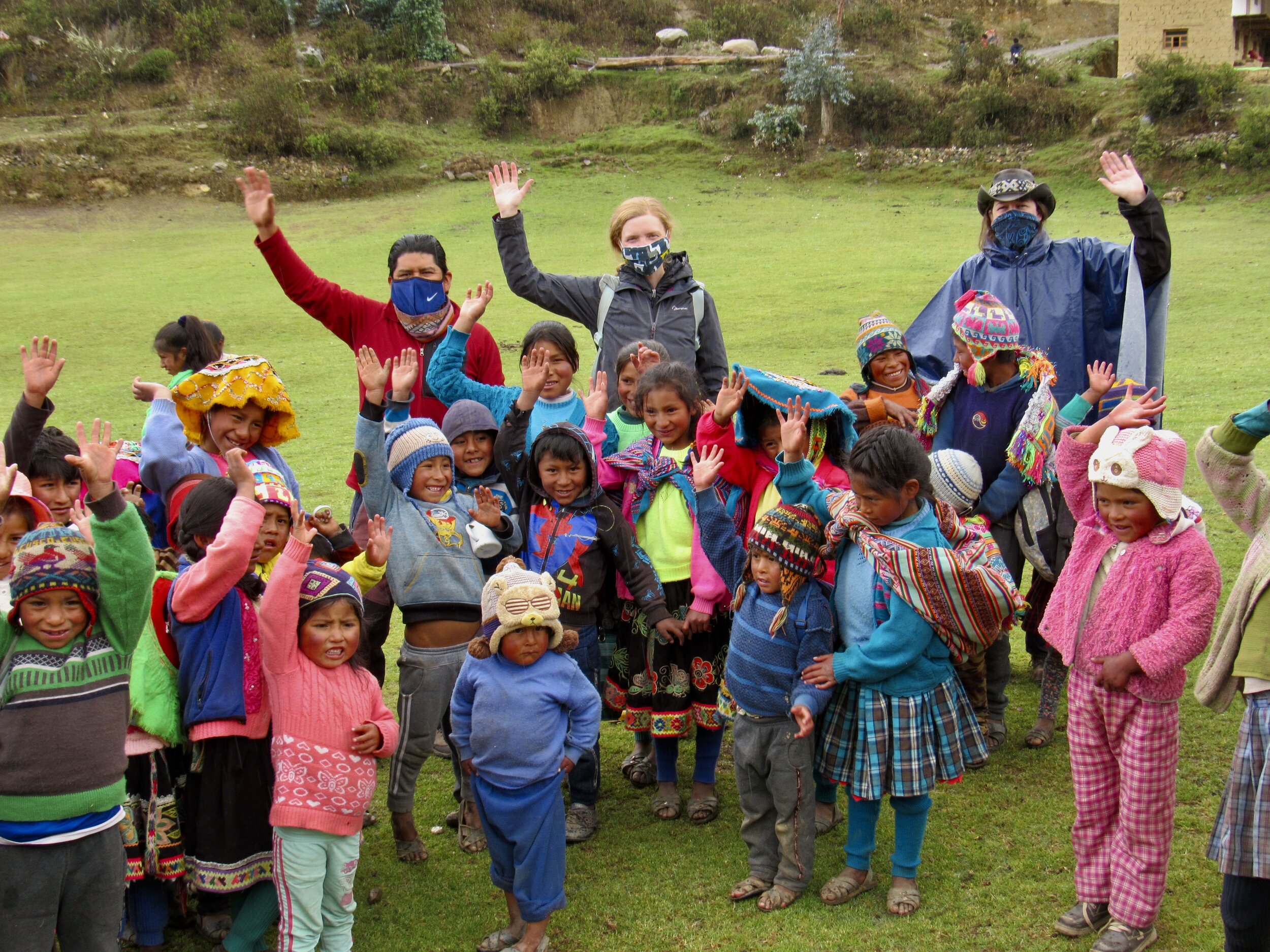
Saturday, 5 December, 2020
Today I met Auqui, Henry and Sarah at the Maytaq Wasin Hotel. Unfortunately, Henry was unable to come with us today because he has family obligations, though he promised me that he will definitely be there for the other four or five chocolatadas. Sarah is a friend from the US, who I know just because the expat community in Cusco is really small. She’s the one person I invited over for Thanksgiving, in violation of the CDC’s recommendation that nobody invite anybody over for the holiday. Henry brought the mini-panettones directly from the bakery this morning, helped us load the truck, then had to go back home.
Elio, who works in the mayor’s office in Calca, sent us a truck for all of the supplies, plus a pickup with an extended cab for us volunteers. We set out at exactly 6:30am, stopping just above Cusco to pick up Linda, who I know from the Healing House in Cusco. Like all businesses in Cusco, the pandemic has hit Healing House hard. Yoga, reiki and all of the other classes and instructor trainings done at Healing House just aren’t the same online.
It only took about an hour to drive to Calca, where we stopped for the vehicles to get gas and to pick up Elio. He has been working with Auqui to organize everything for today. We rely on local government to provide transportation for us and in some cases to notify the communities when we will be coming. Sometimes Auqui or Henry have direct contacts in the communities, but often we don’t. Many of the communities that we visit are chosen by the mayor’s office. We just call up the mayors and ask which communities in their area have not received any help since the pandemic began. There are so many tiny communities up in the mountains that there are always places that haven’t received even any help from the government.
Today’s families live in a collection of five “microcuenca” about two hours up into the mountains from the town of Calca. Collectively called Microcuenca Ccarampa Chaiña, the names of the microcuenca are: Ccachuchachu, Muñayoc, Marcani, Ttio 2B, Ttio and Airepampa. These communities are so small that they don’t have a mayor. Their only political representation is a community “president” who is supposed to advocate for them at the mayor’s office in what is effectively their county seat.
Our first stop was Ttio Grande. Ttio is pronounced differently from tio (uncle, in Spanish). Ttio starts with Quechua’s hard t, which doesn’t exist in Spanish or English pronunciation, although it is similar to the Arabic letter ﻁ. Likewise, the double c in Ccachuchachu is pronounced differently than the English or Spanish c. It’s harder, farther back in the throat and has a bit of a glottal stop to it. Quechua is very difficult to describe in writing, so I recommend listening to the interviews in Quechua that I’ve put on the Covid Relief Project’s YouTube channel.
It was raining lightly when we arrived, but kids were playing soccer and running around, clearly unfazed by the drizzle. There were a few adults in a corrugated metal structure on the side of the soccer field, who already had a giant pot of water boiling. We tossed in the cinnamon, cloves and bricks of cacao, then went back to the trucks to find the sugar and milk.
I was surprised that there were so few adults, but Elio explained that unfortunately there was a meeting already scheduled for today with elections for community president. Rather than count the place out, just because the adults wouldn’t be there, Elio decided that we would still take the opportunity to take a chocolatada and warm clothes for the children.
As our first chocolatada, we were a bit unorganized. Between May and August, we had gotten good at distributing food to one representative of each family and also managed distributing school supplies for kids. Chocolatada and clothes and food was a bit more challenging. We can’t give the clothes at the same time, because kids only have two hands. With a mug of hot chocolate and a mini-panettone, they didn’t have an extra hand for clothes.
Eventually, Auqui got everybody to sit down with their hot chocolate inside the shed (it was a big shed) and we started handing out clothes. I am not good at judging children’s sizes and because of the cold most kids were wearing several layers, likely wearing all of the clothes that they owned at the same time. Sarah, Linda and I did our best, then Auqui came to help after everybody had hot chocolate and panettone.
We couldn’t give out all of the clothes, since we still had one or two more stops. Even Elio wasn’t sure if the other communities would manage to gather in one place, or if we would be doing two more chocolatadas. We gave out the rice and oil to all of the adults present, though it was far less than we expected. As they say here “algo es algo,” something is something. At least we were able to take something for most of the kids, even if the adults didn’t all get what we had brought for them. There was a lot of hot chocolate left when we had to go, so the kids all got seconds and probably thirds after we were back on the road.
When we got to the second stop, Airepampa, Elio informed us that this would be the only other stop, so we handed over all of the remaining milk, sugar, cloves, cinnamon and bricks of cacao. This time we distributed the clothes first, which probably worked better. Some kids put them on immediately and some tucked them away in the layers they were already wearing. All of them made sure that they had two free hands for hot chocolate and panettone.
This community had prepared what they called “cariño” for us and invited us to enter one of the adobe buildings near where we had done the chocolatada. Sarah, Linda, Auqui and I were served boiled new crop potatoes and each of us a quarter of a roast guinea pig. As a vegetarian, I happily put my guinea pig piece on Auqui’s plate and stuck with the potatoes.
I complimented their choice of three of my favorite potato varieties: maqtillo, peruanita and compis. They apologized a bit, saying that the crop was very poor because the rains were a full two months late. Most of the potatoes that they had planted in August dried up and died before they could produce anything. The rains finally started this week, but for many farmers it was too little, too late. They also told us that their alpaca had suffered from the drought. Most of the alpaca who gave birth in the past two months had stillborns because they didn’t have enough grass to eat. Plants at this altitude are small and scarce, so when the rains didn’t start in mid-September, there was very little left for their alpaca to eat.
After lunch, I asked Auqui to interview Gregorio, the community president, and Elio. I’ll work on making a video of today’s event and post that on the Covid Relief Project YouTube channel asap. Before we left Airepampa, we distributed the rice and oil to every family, but still had a surprising amount left over. I was hoping that when we drove back through Ttio Grande we would be able to distribute more, but it started raining hard as soon as we were back on the road. When we got to Ttio Grande the rain was coming down in solid sheets and we didn’t see anybody outside. I’m a little sad that we didn’t distribute anything, since this is definitely one of the poorest communities that we’ve visited, if not the poorest. Still, this is the first of at least five chocolatadas, and I know that there are lots more needy families that we’ll see between now and Christmas. It’ll be okay to save what we have leftover for next Saturday.
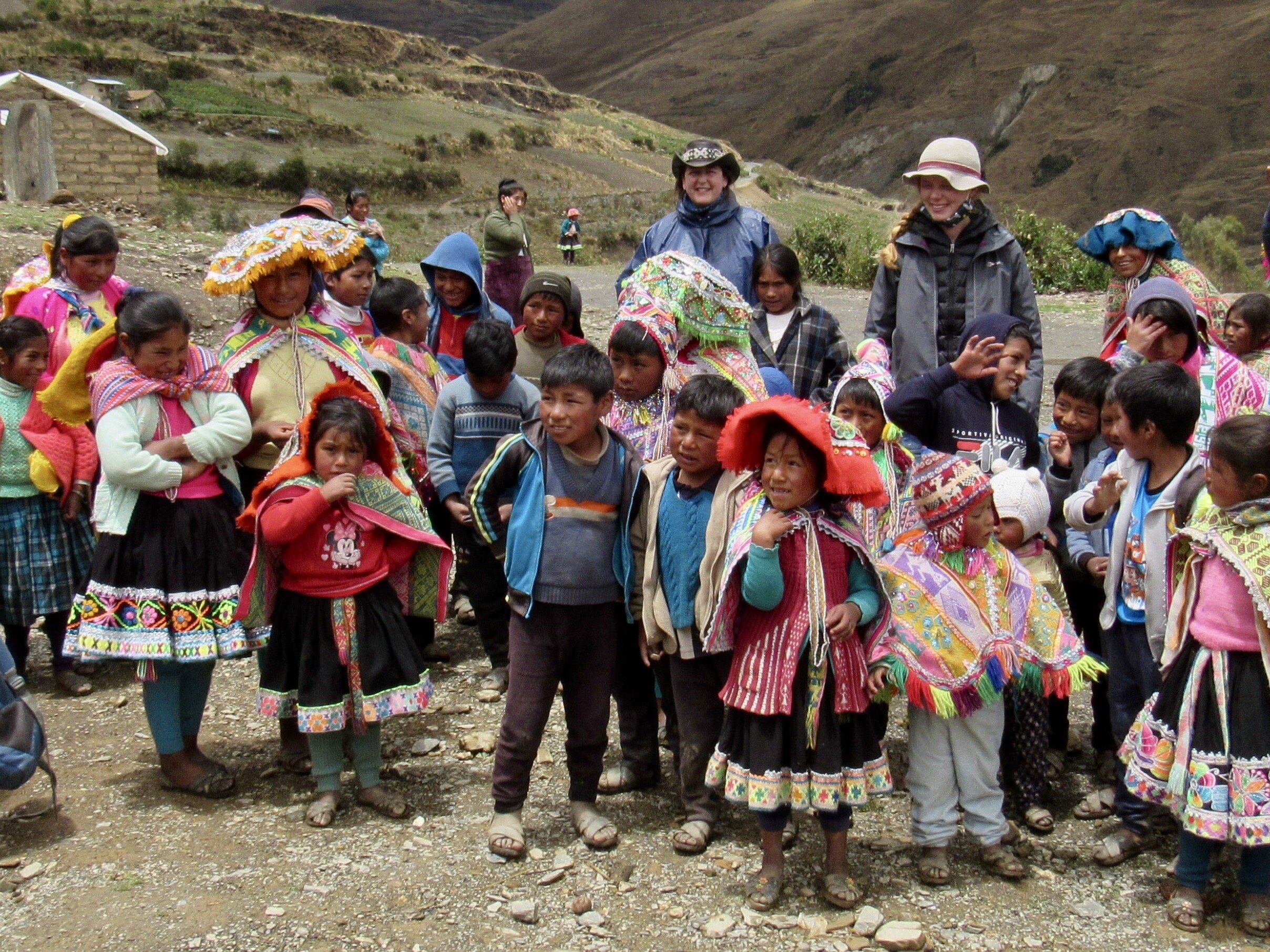

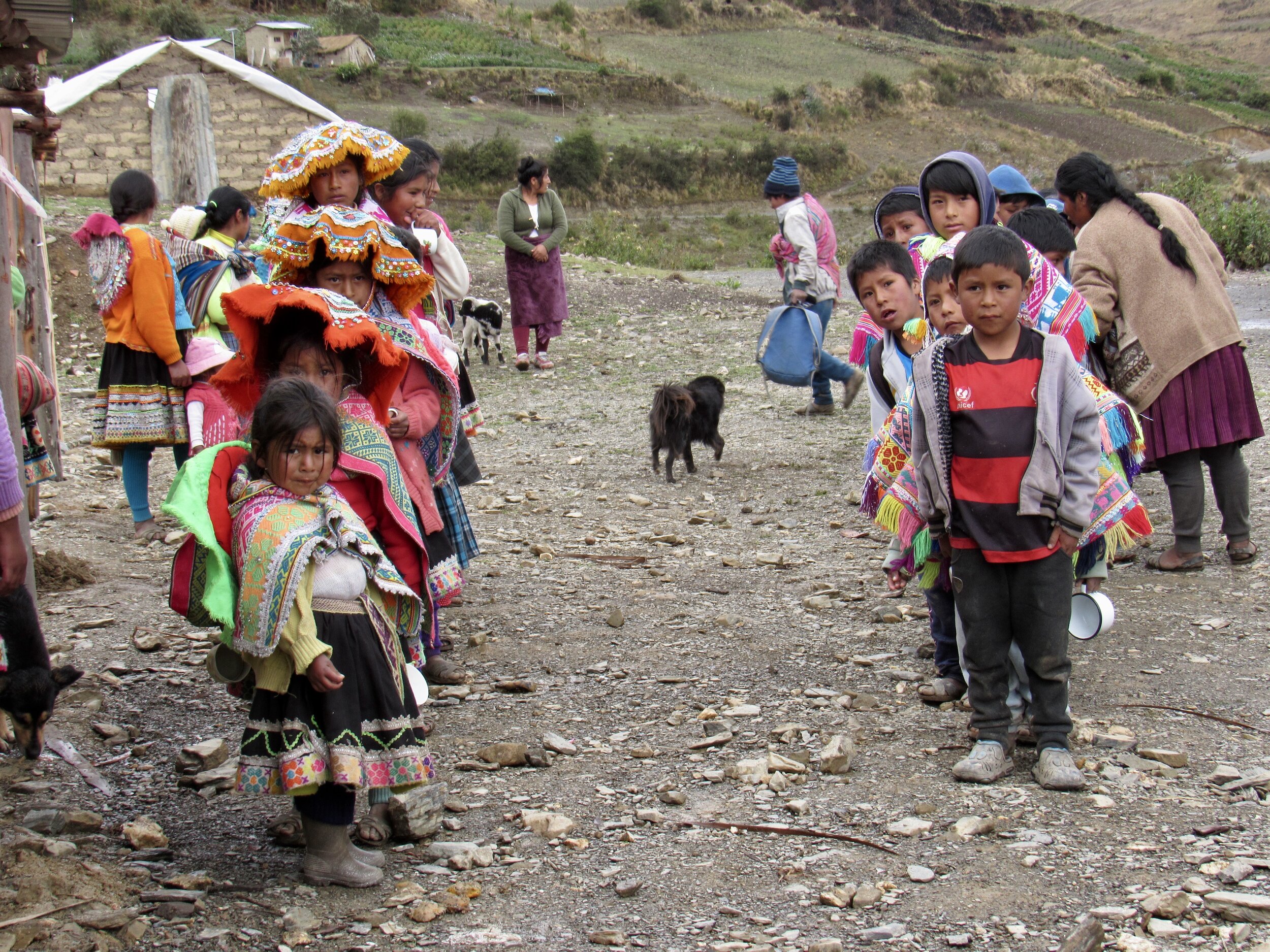
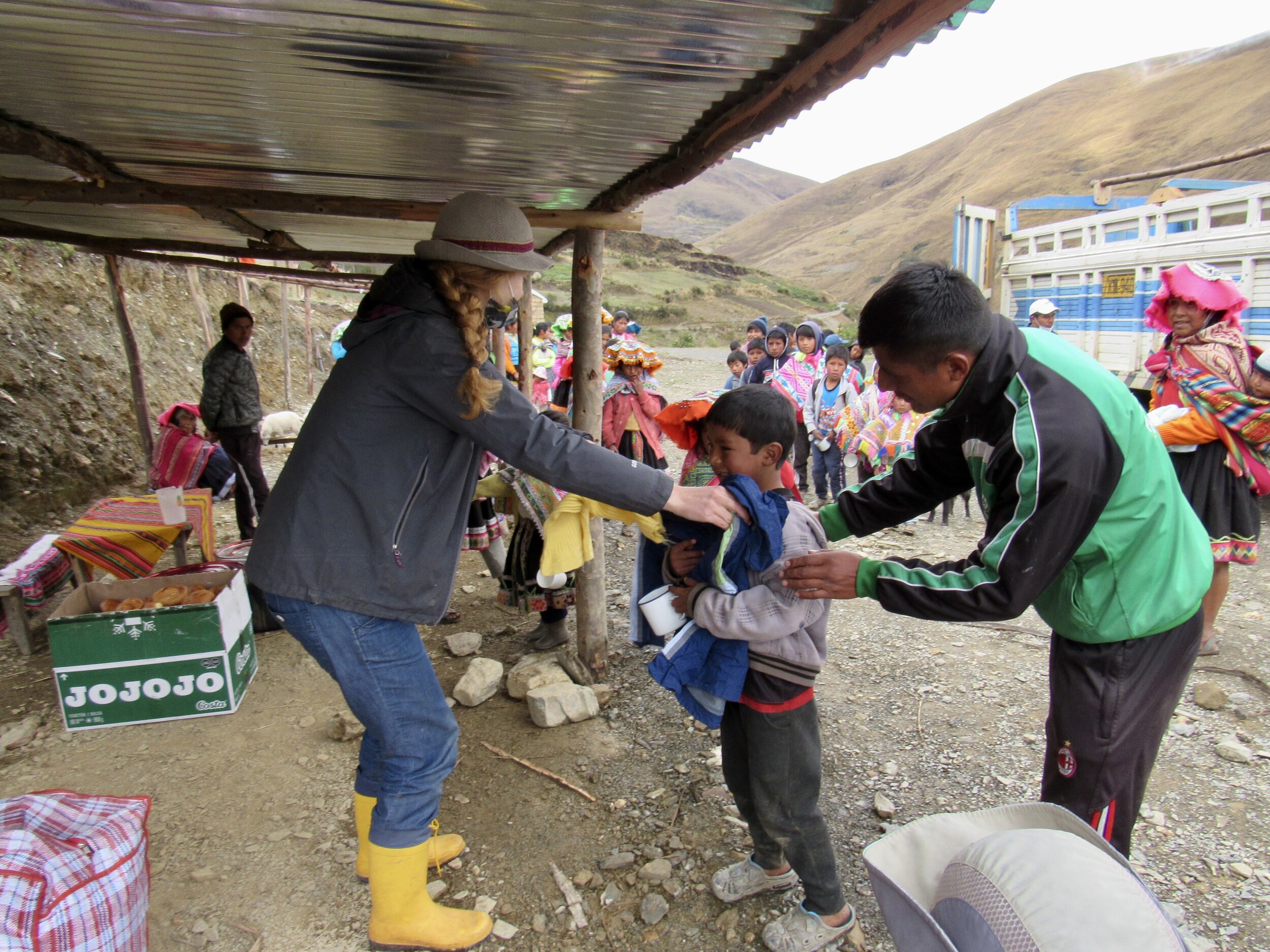
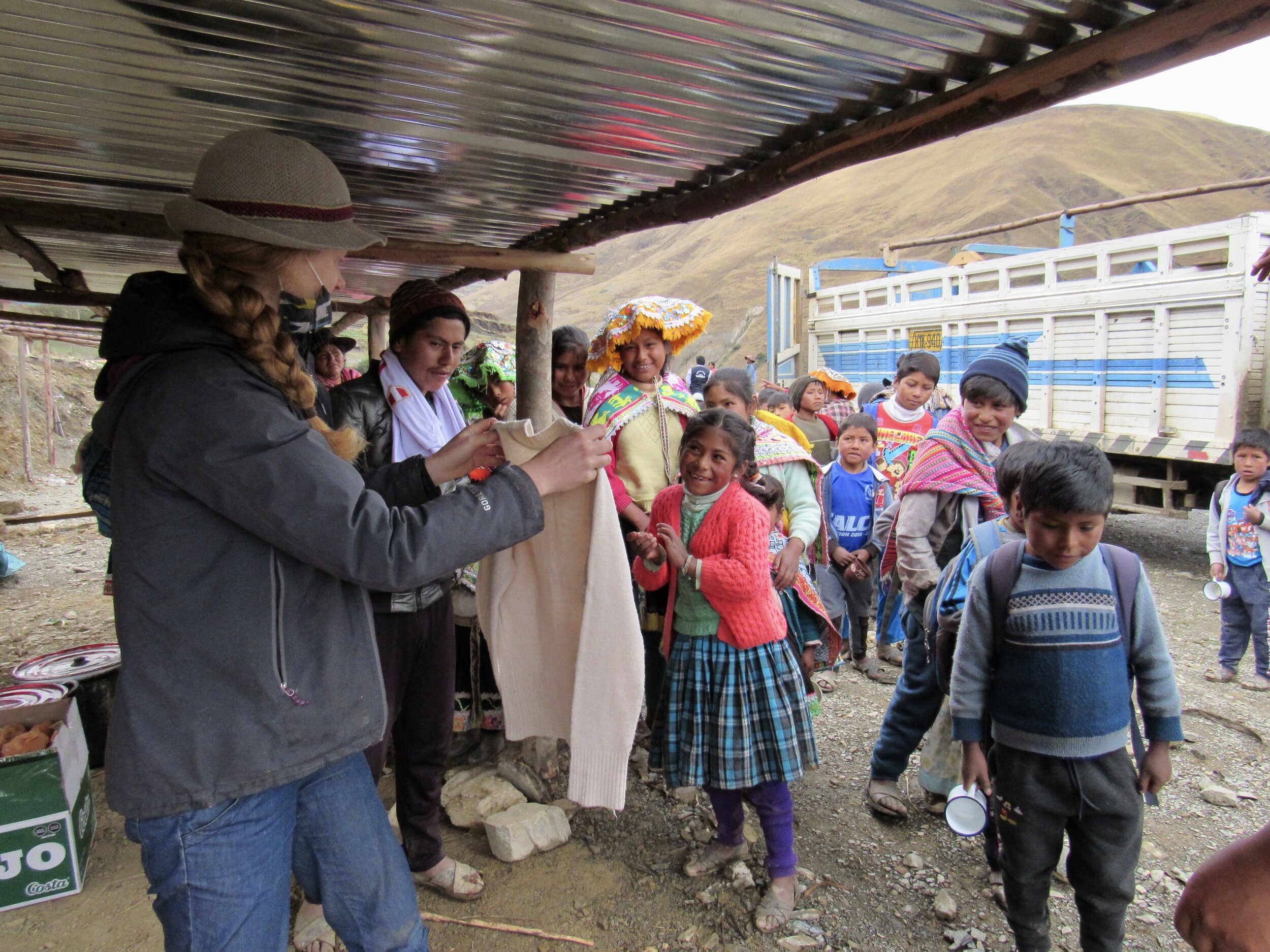
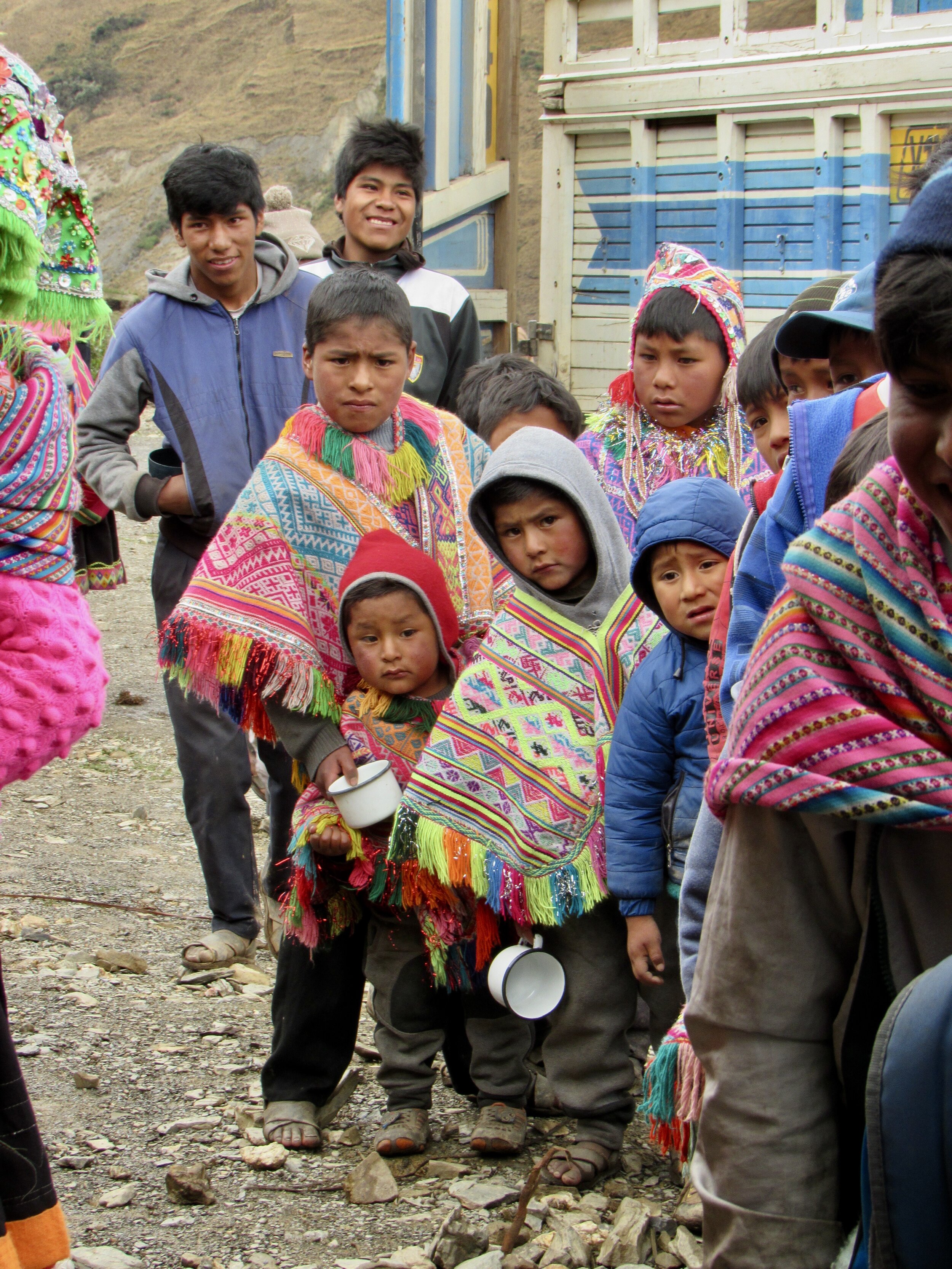
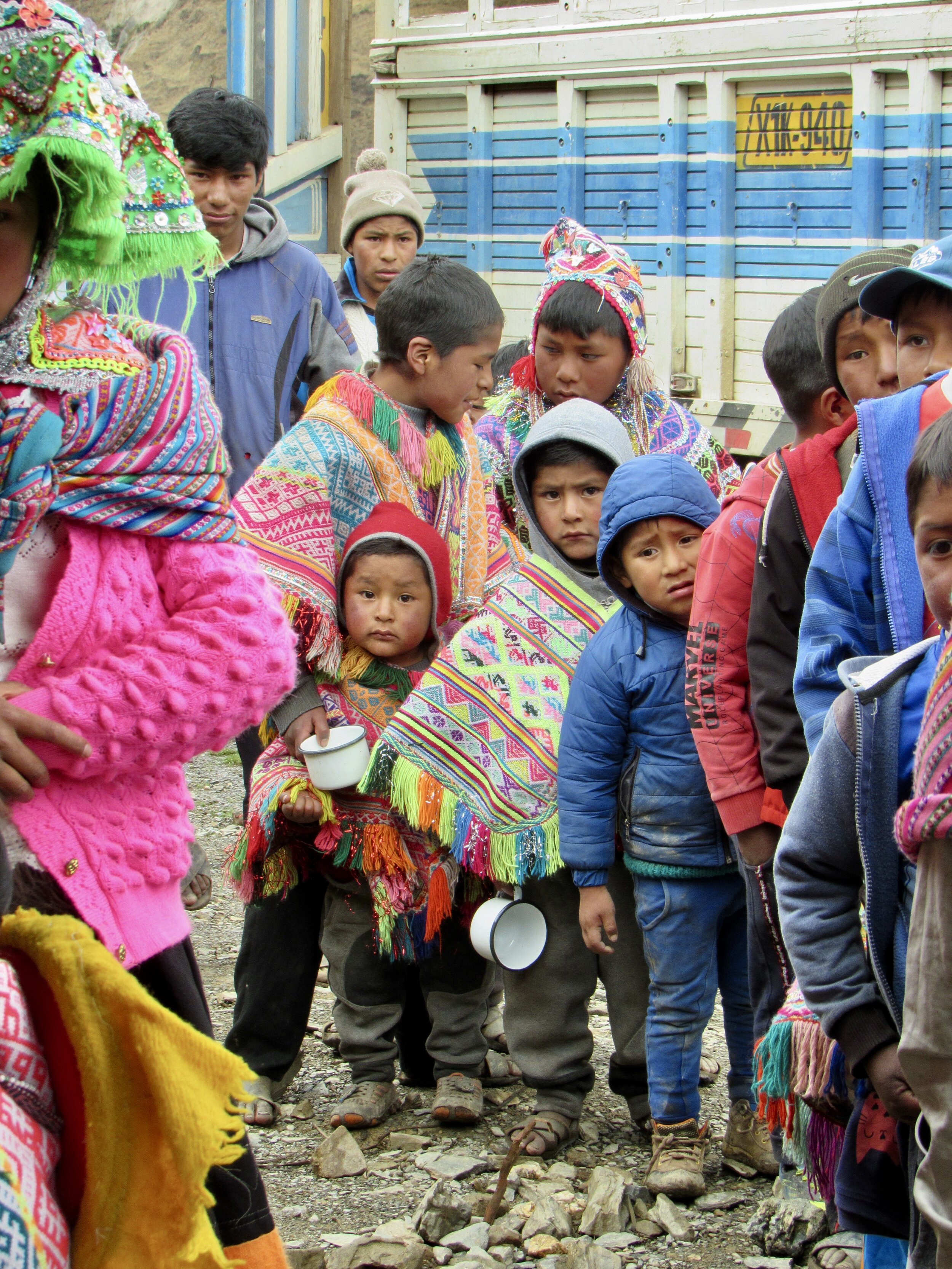
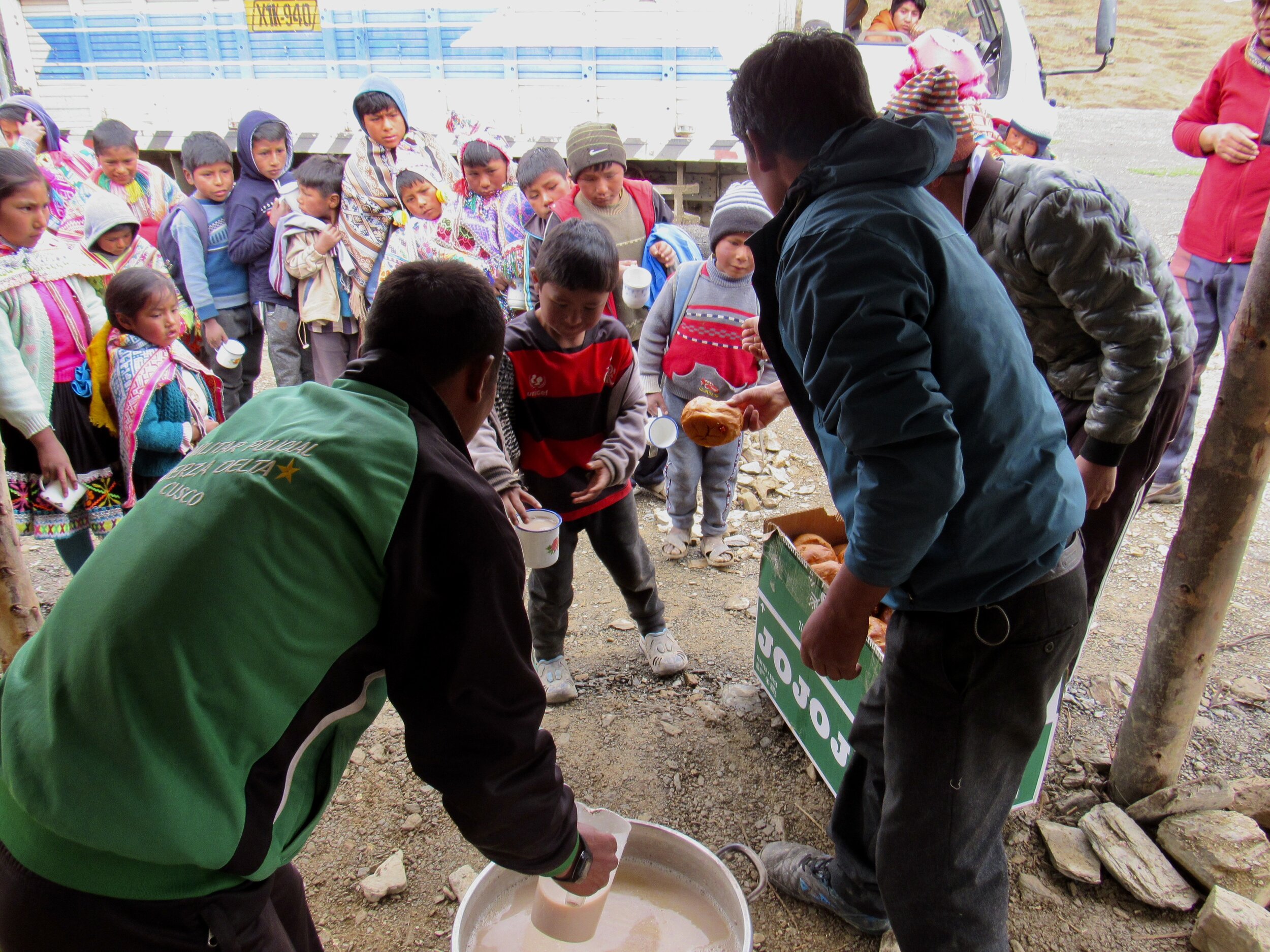
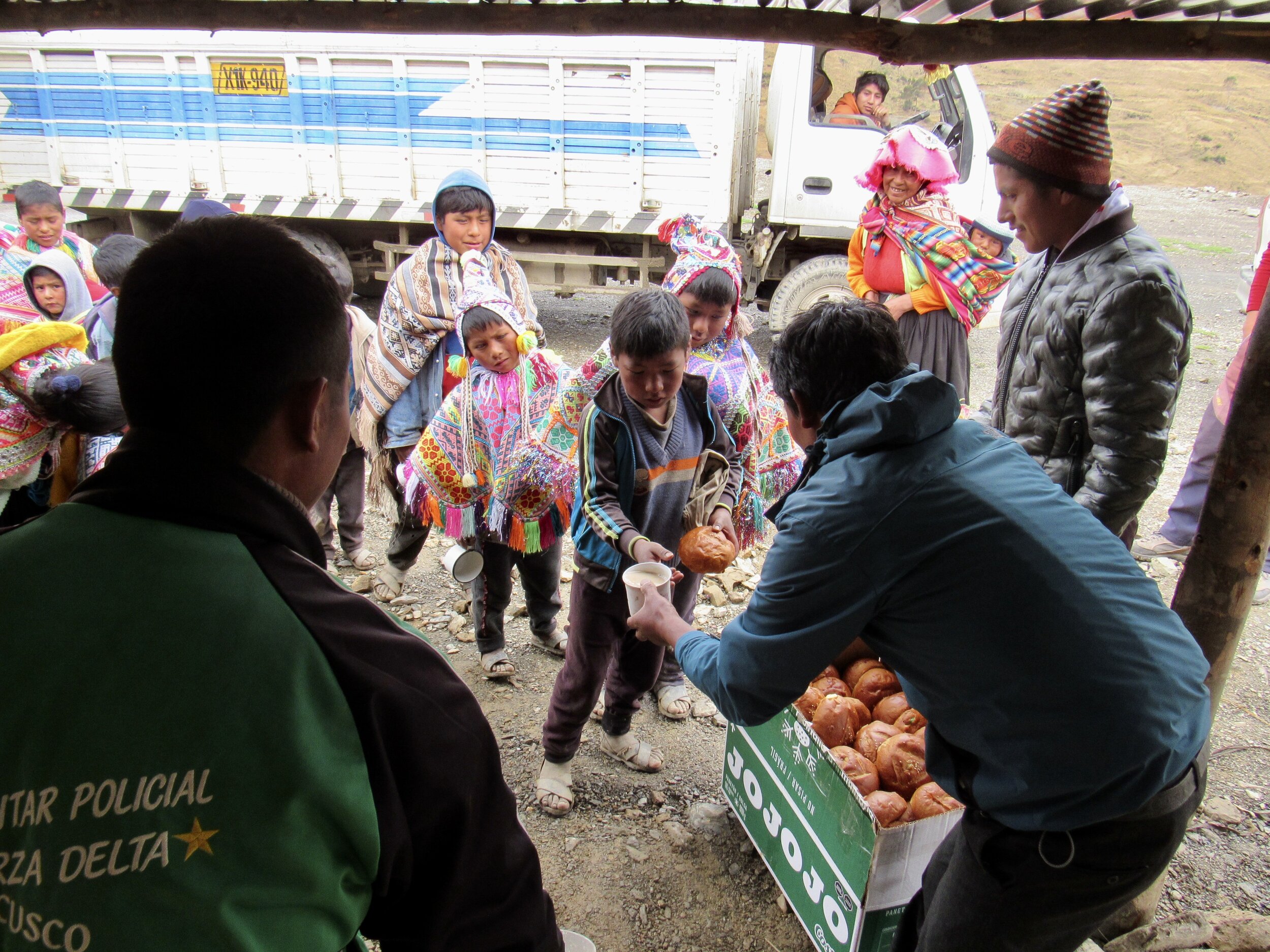

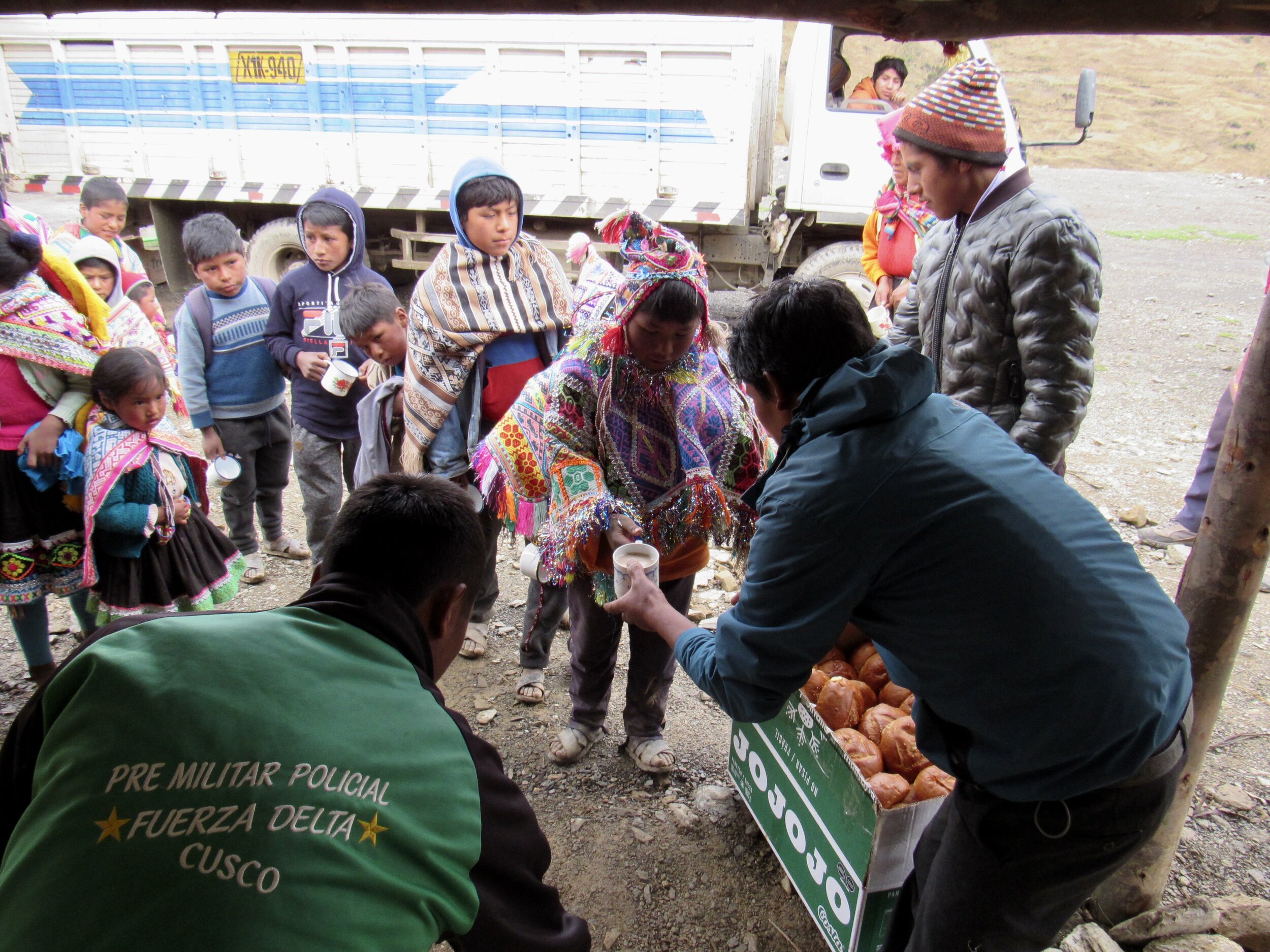
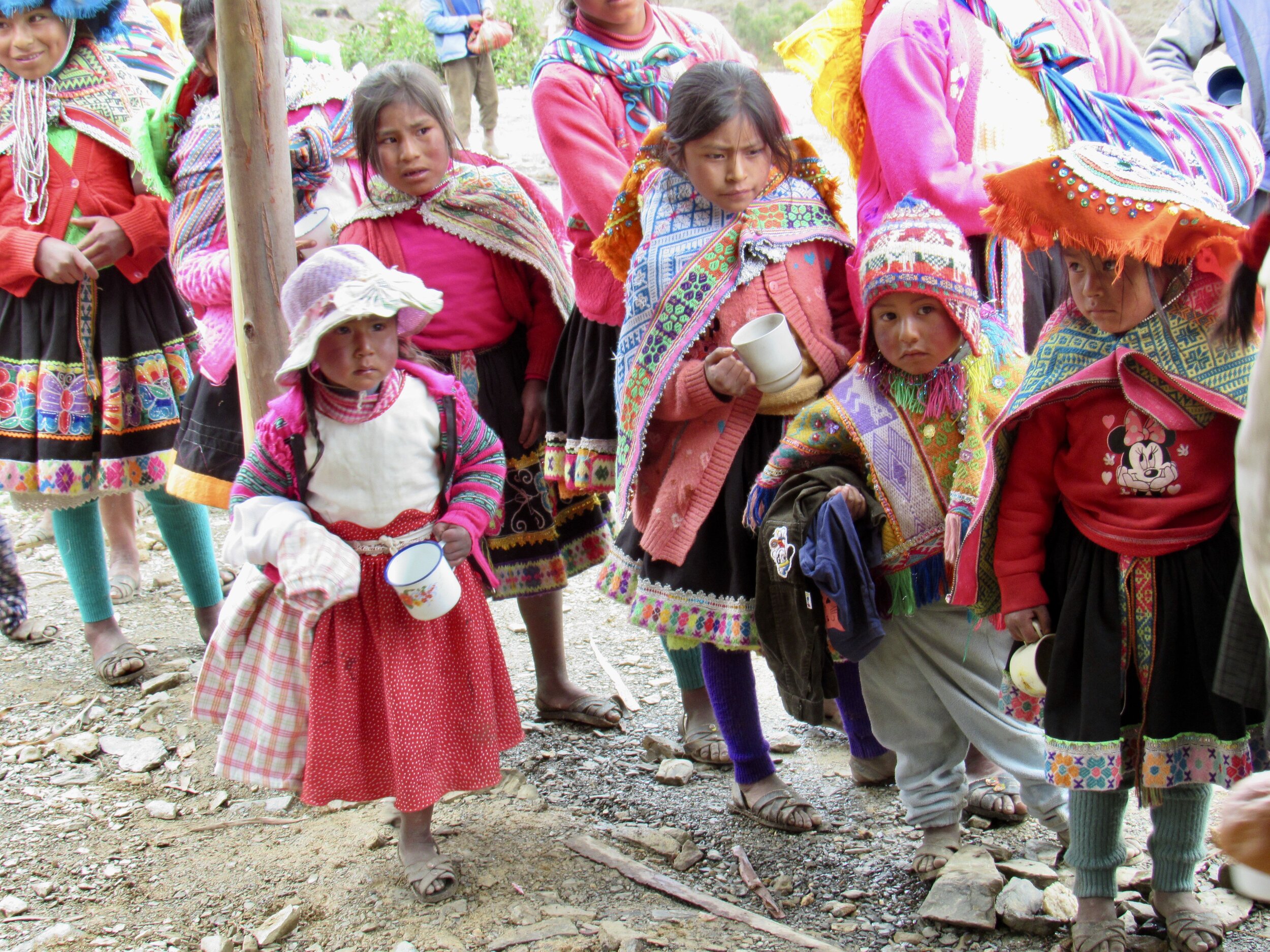
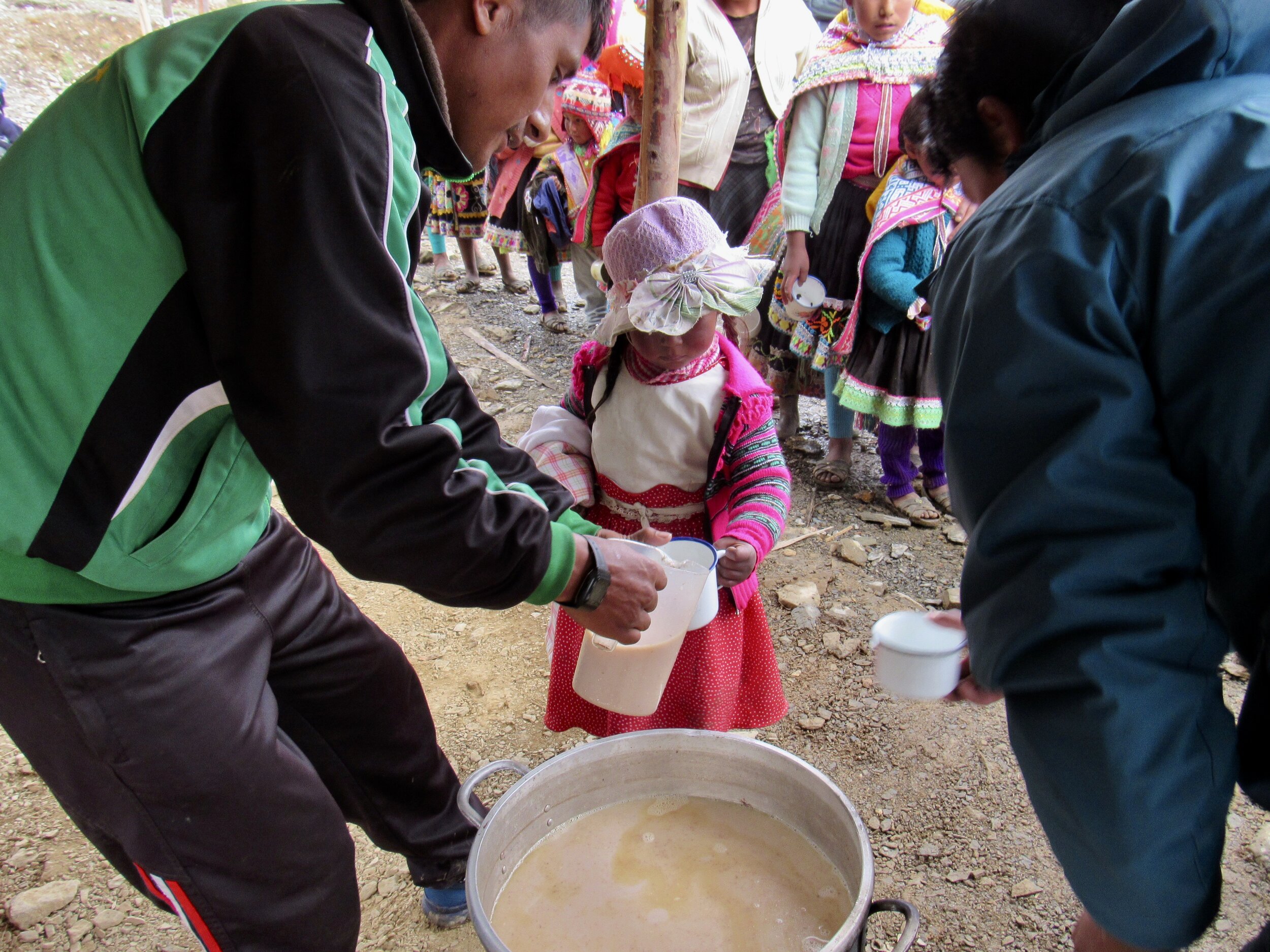
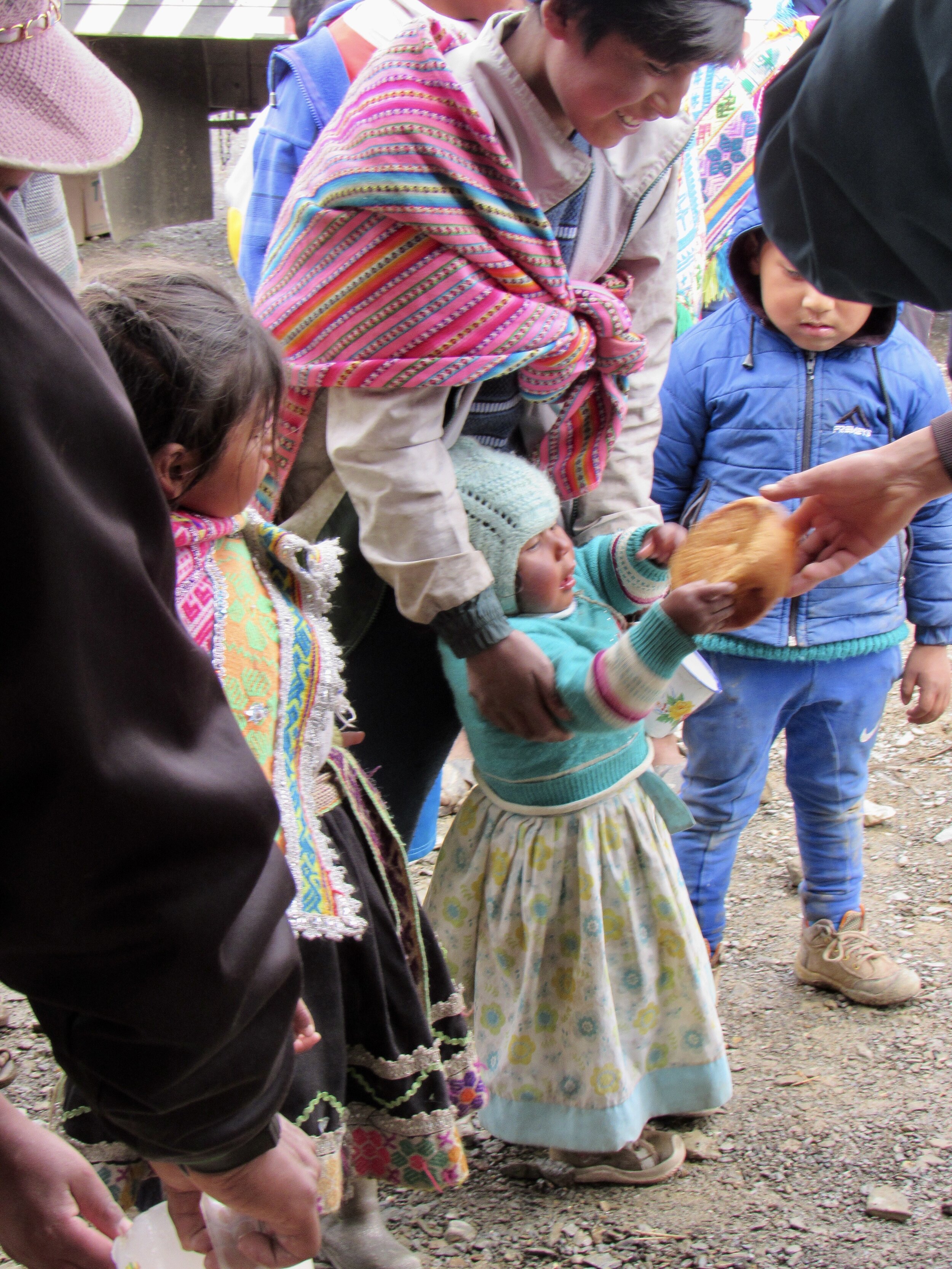
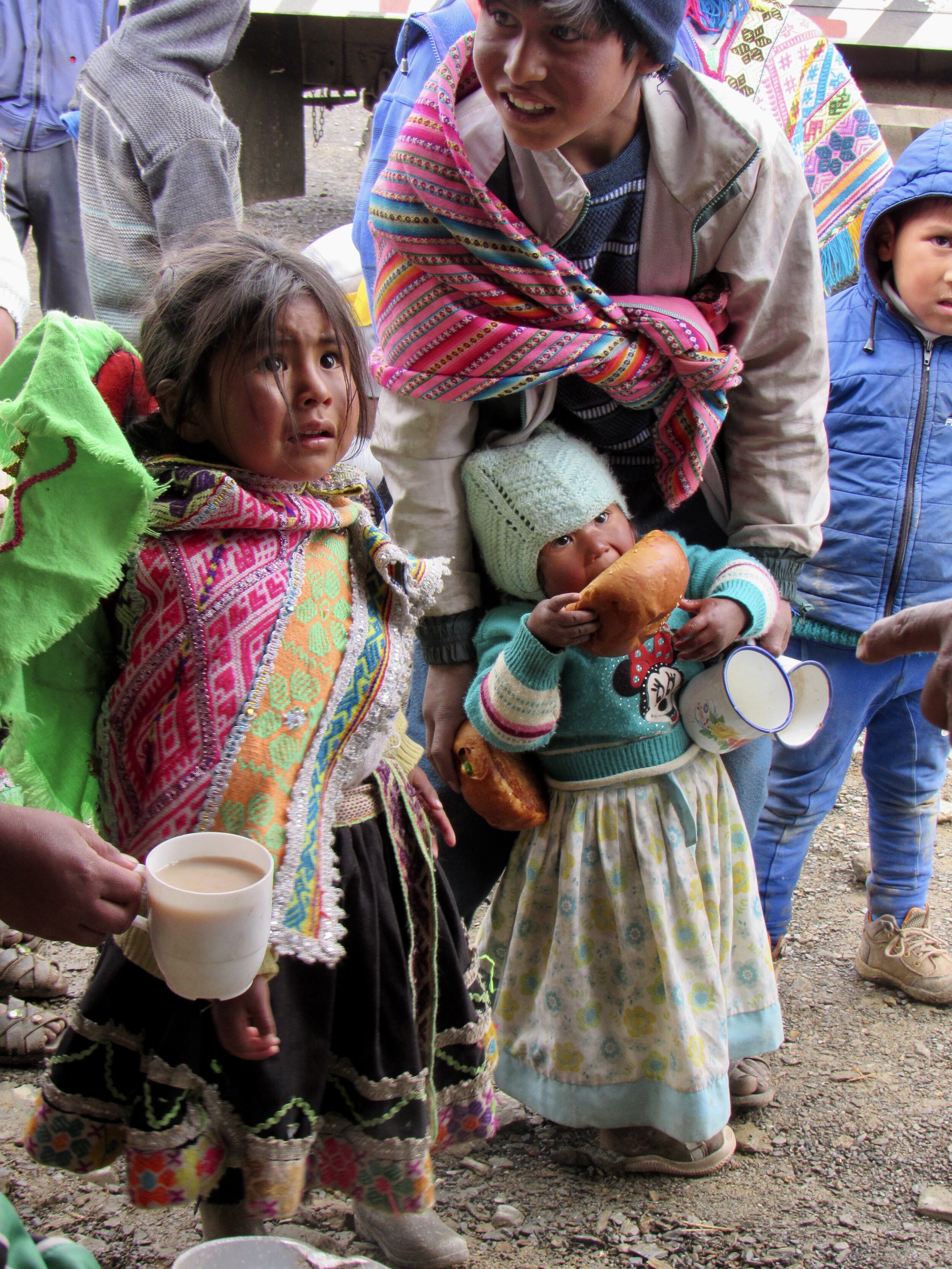
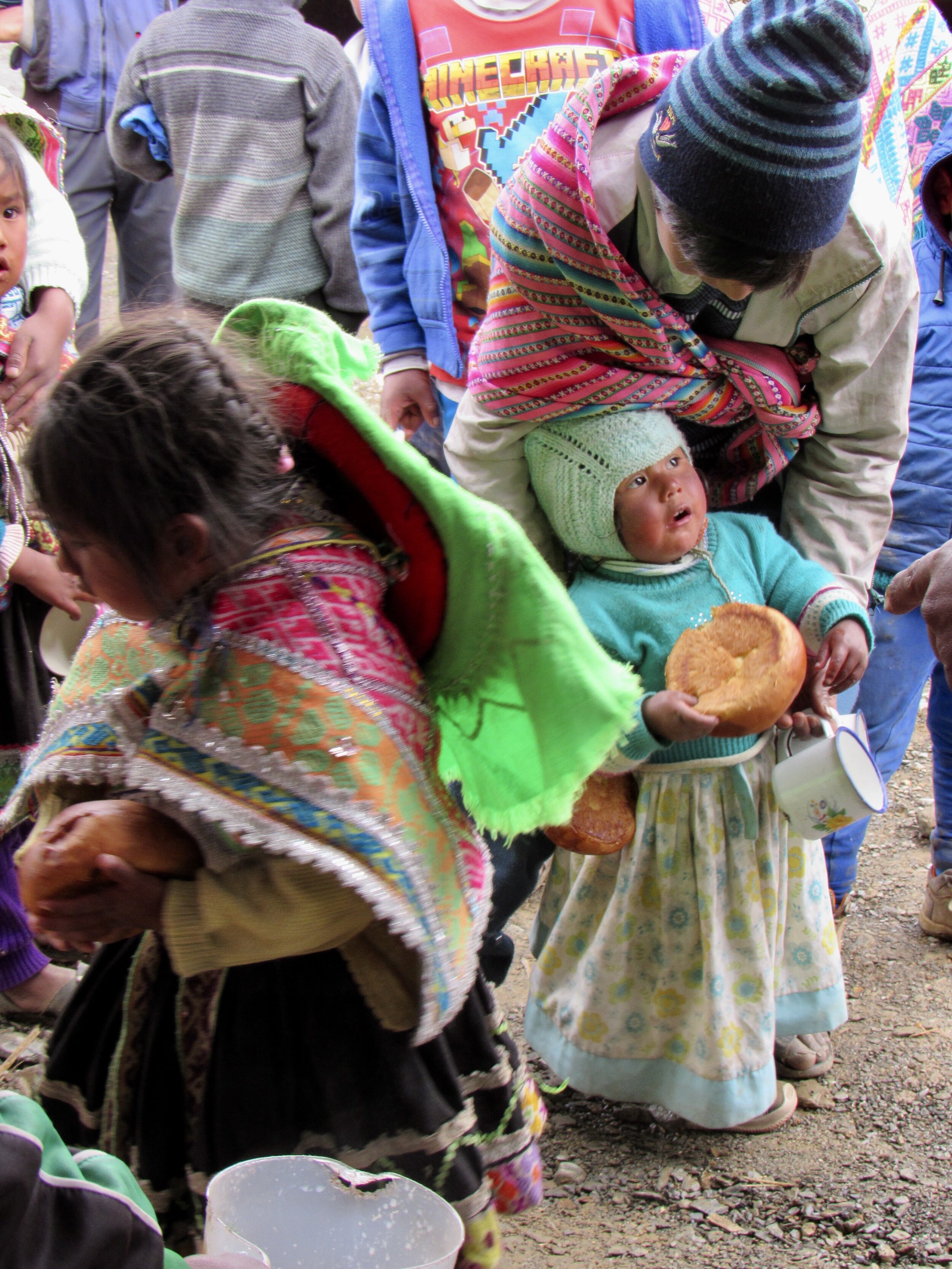
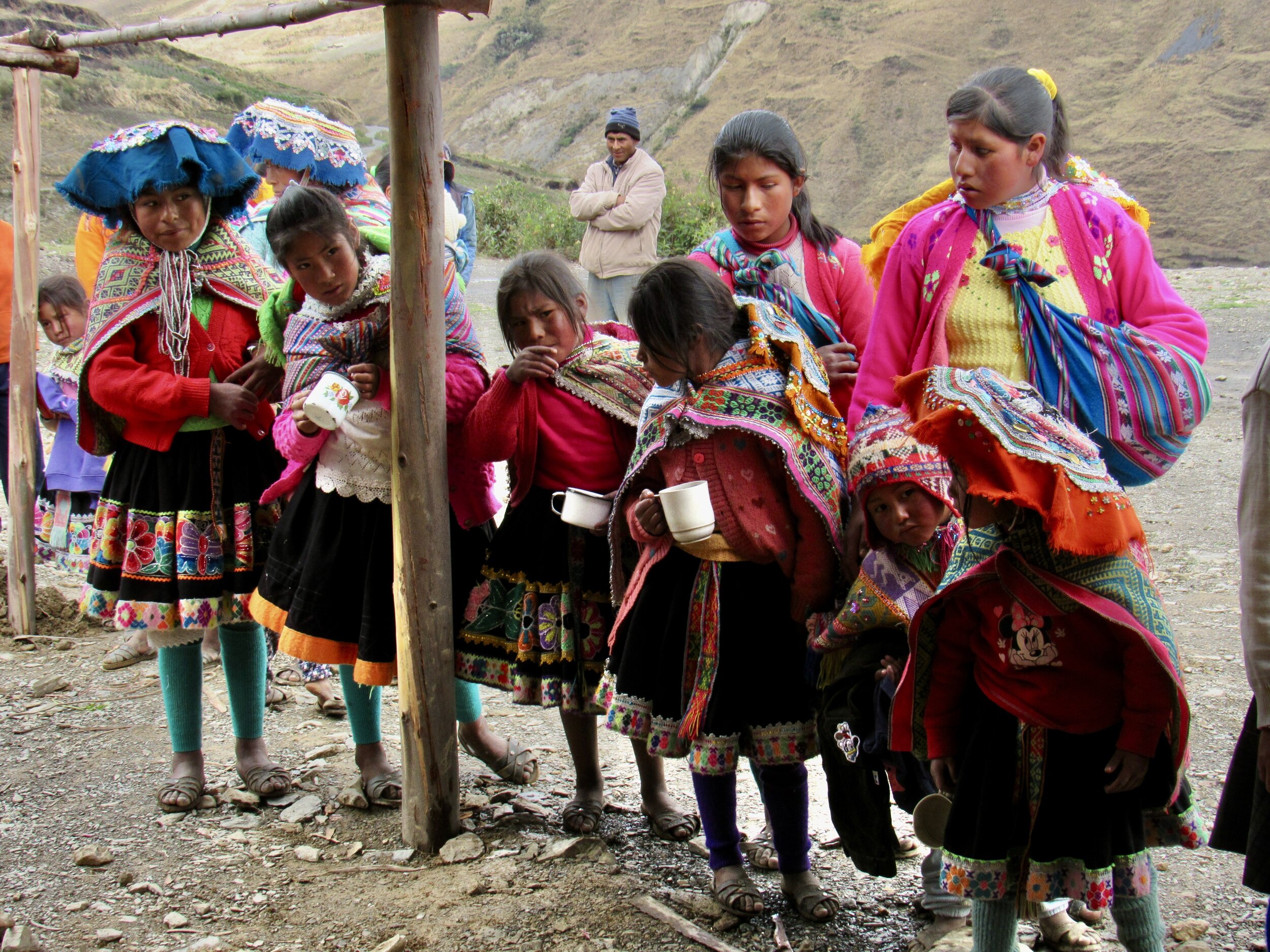
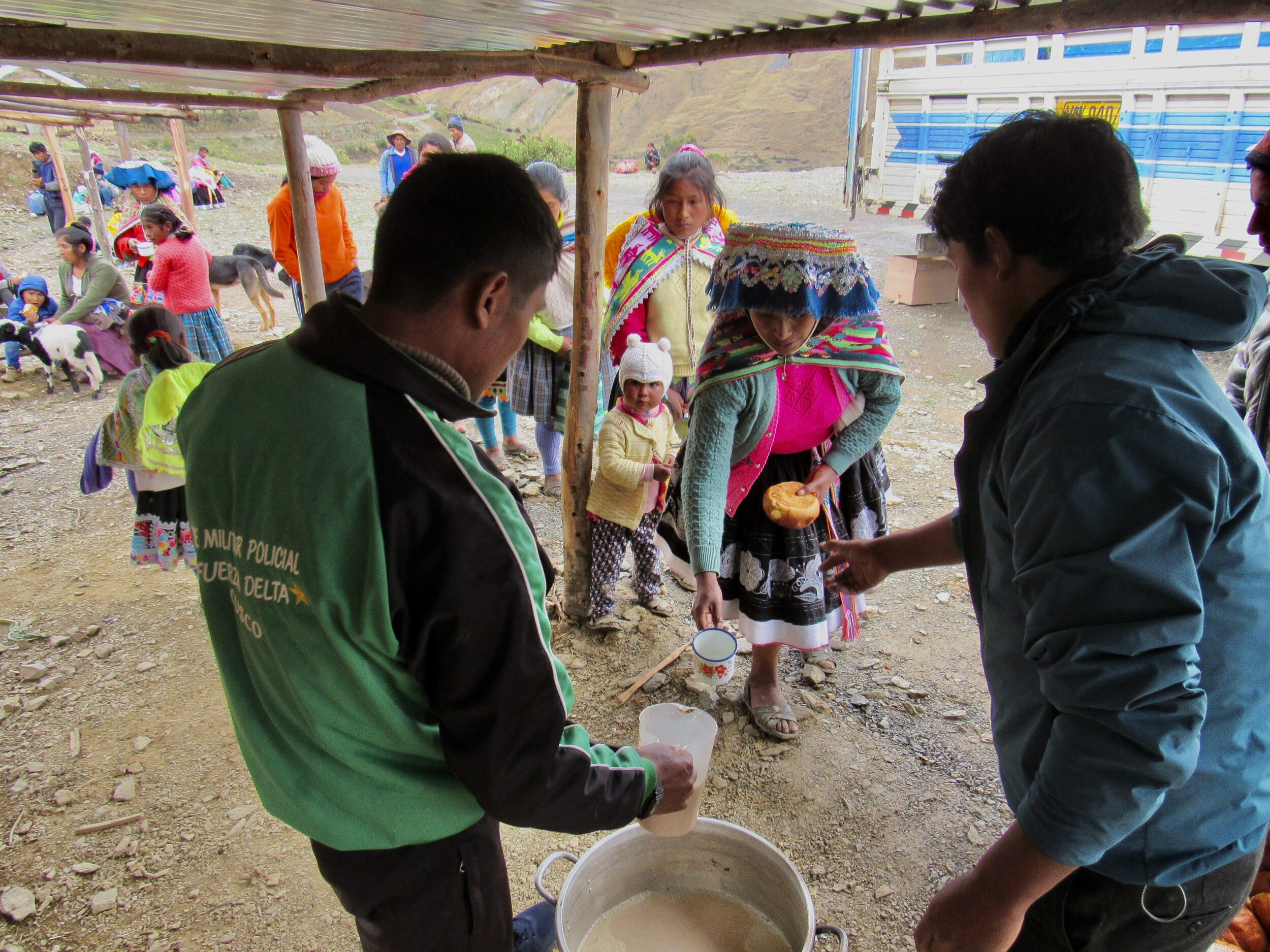
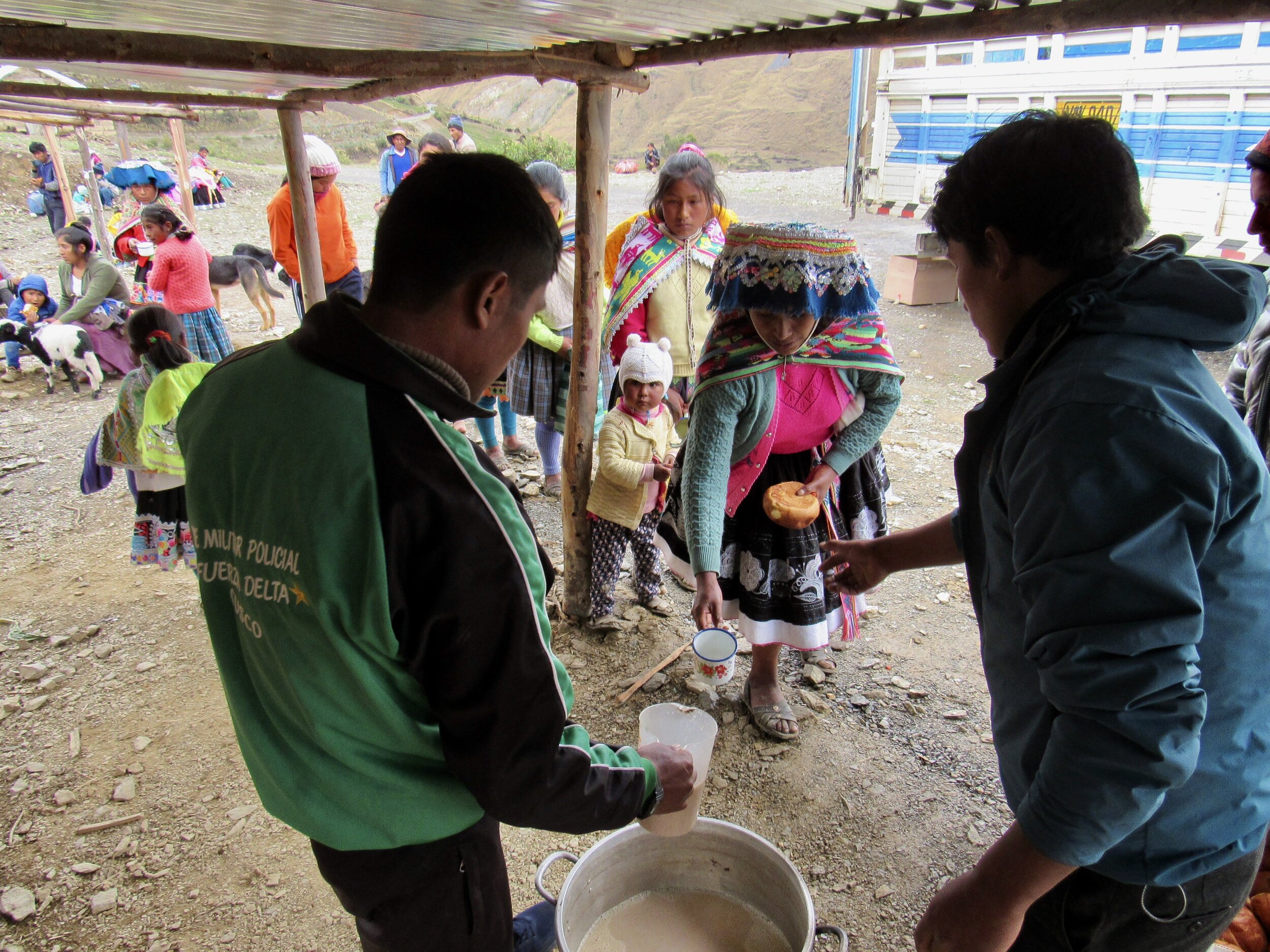
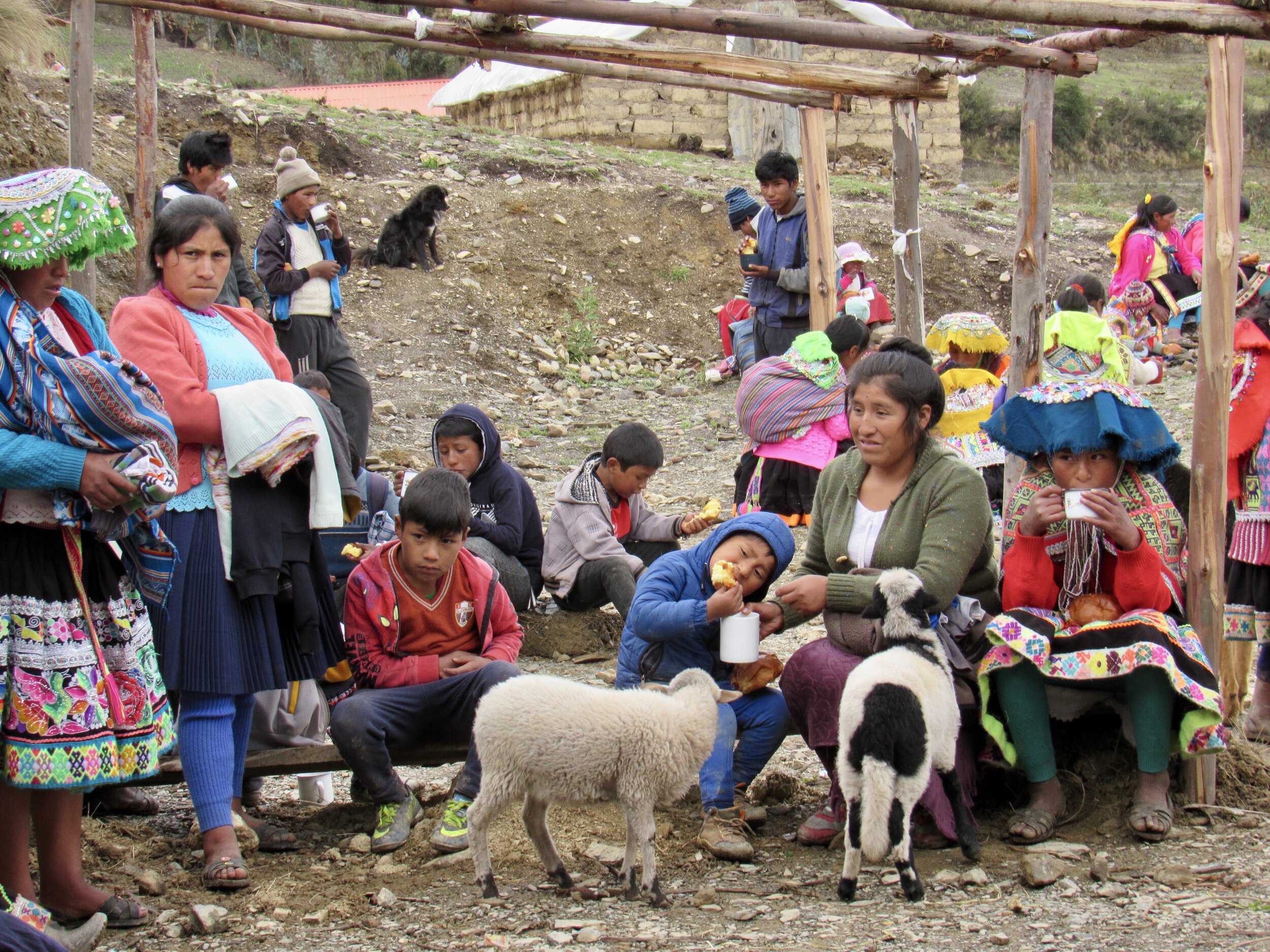
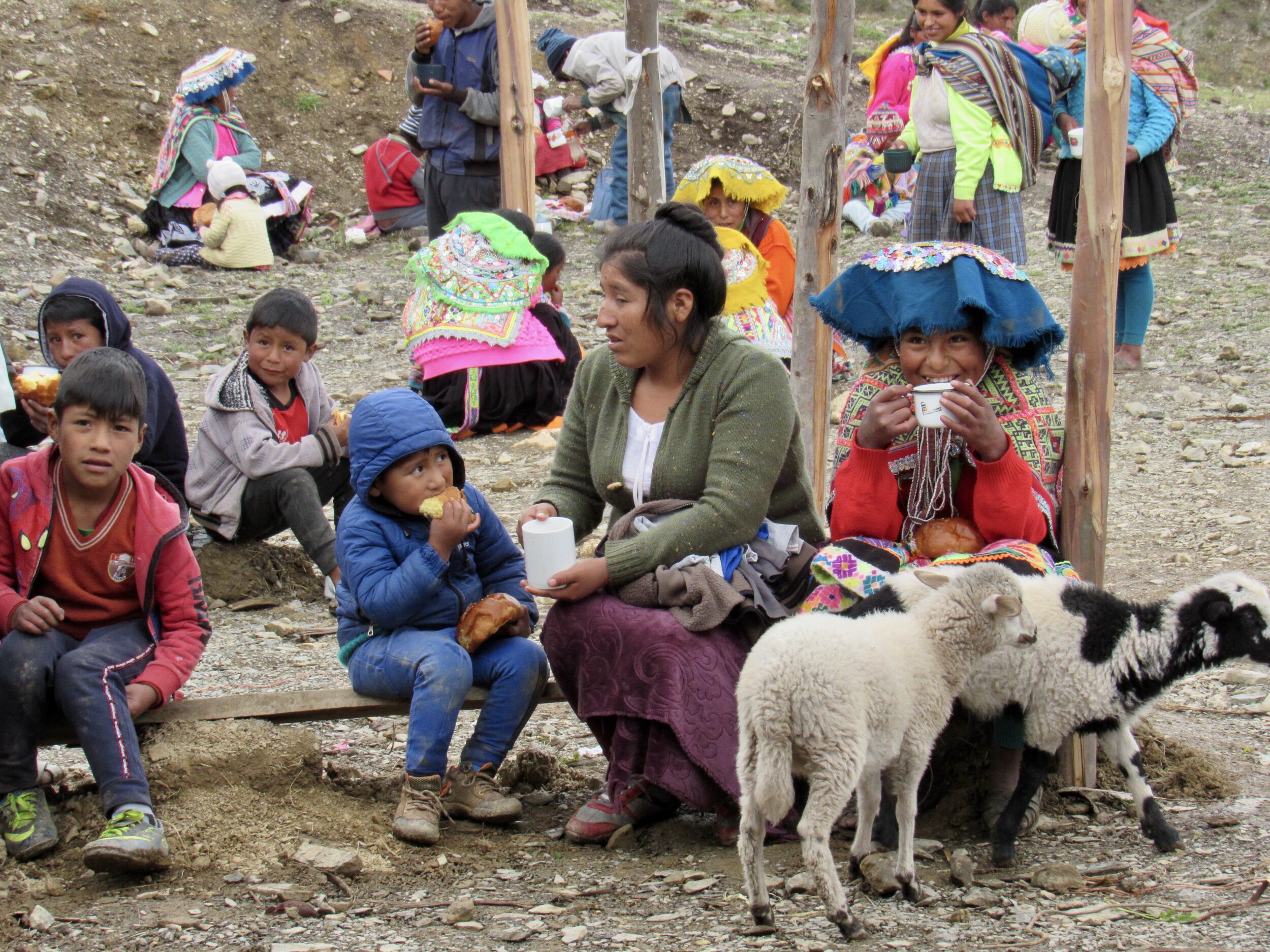
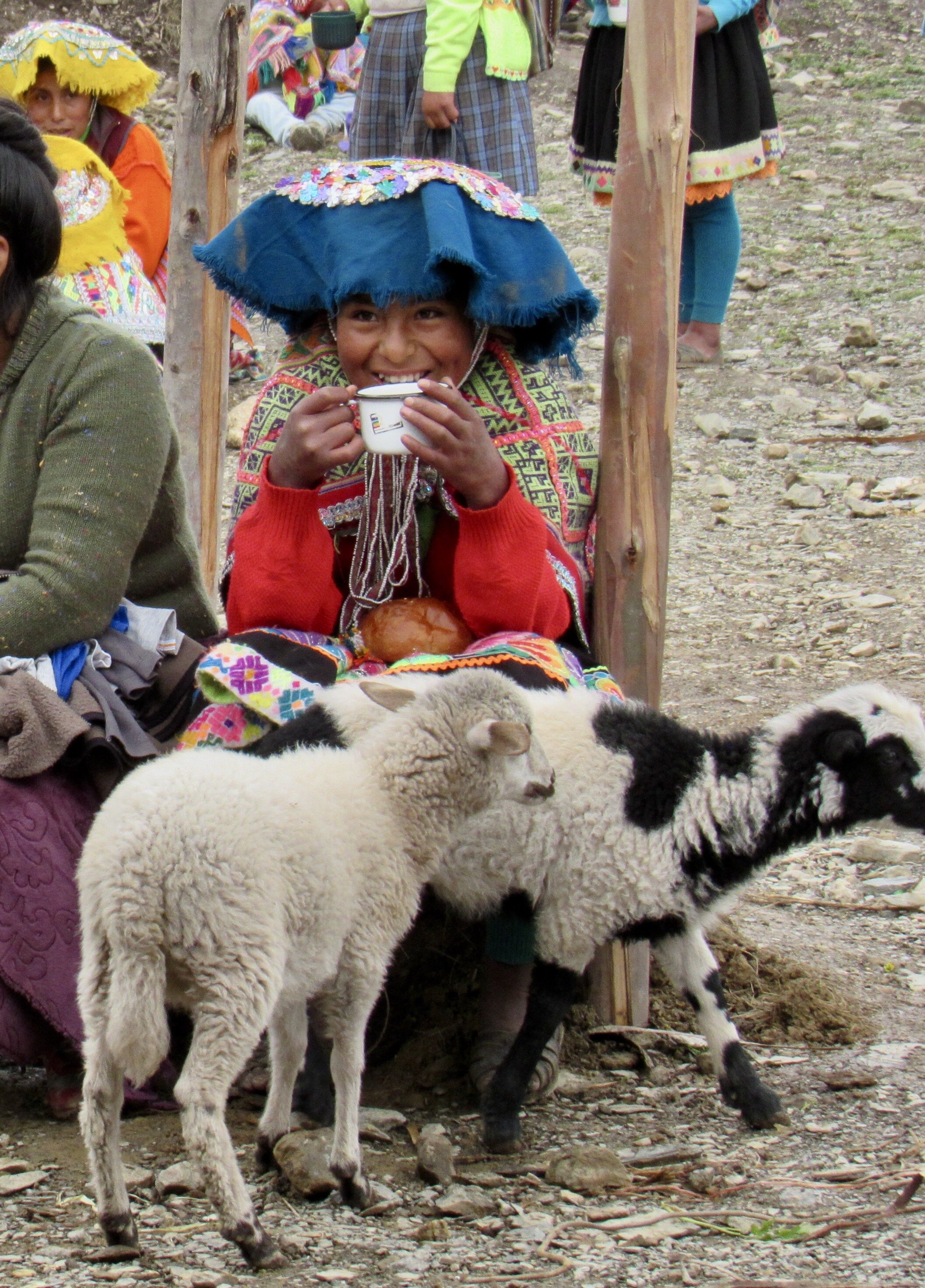
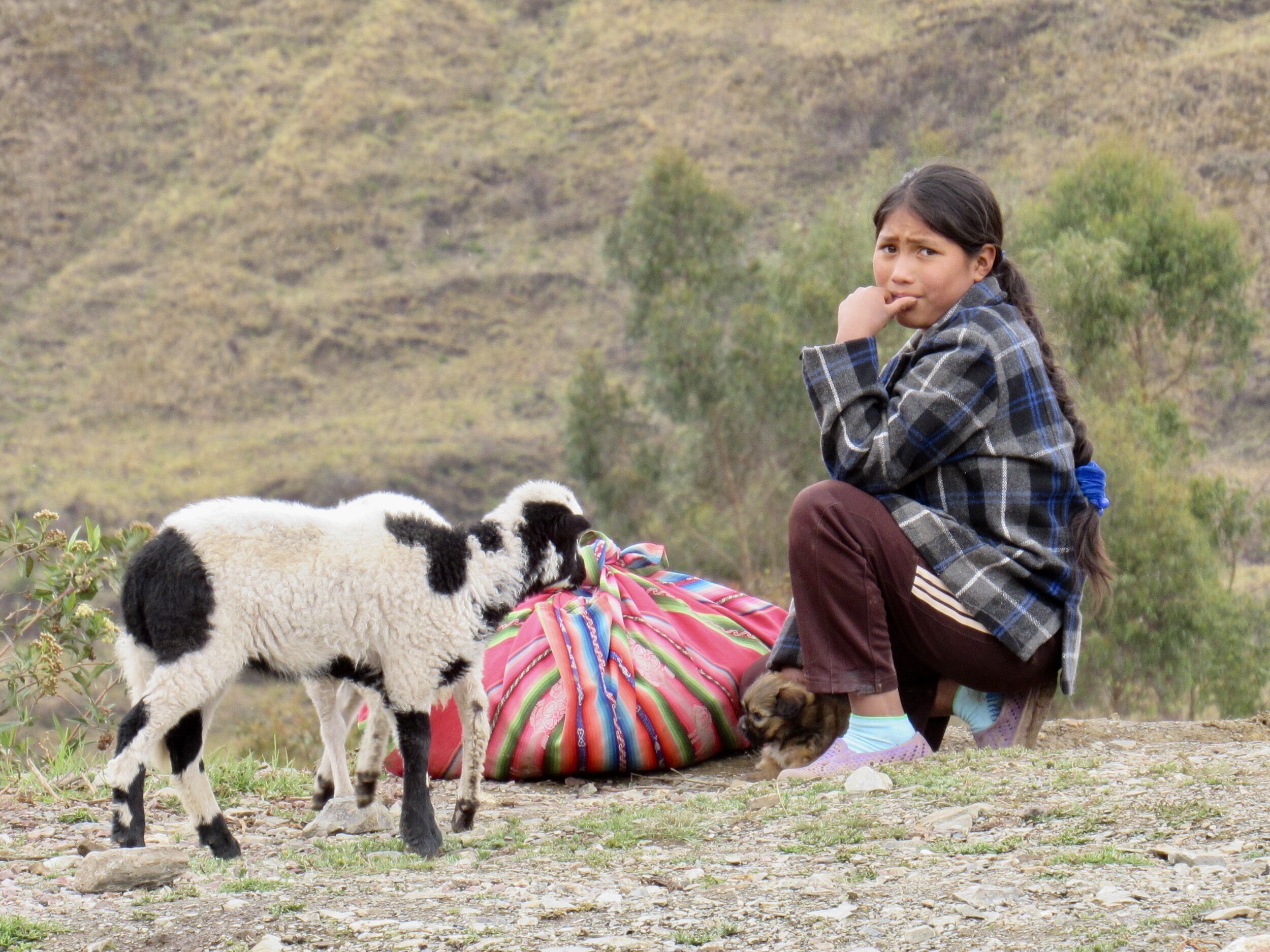
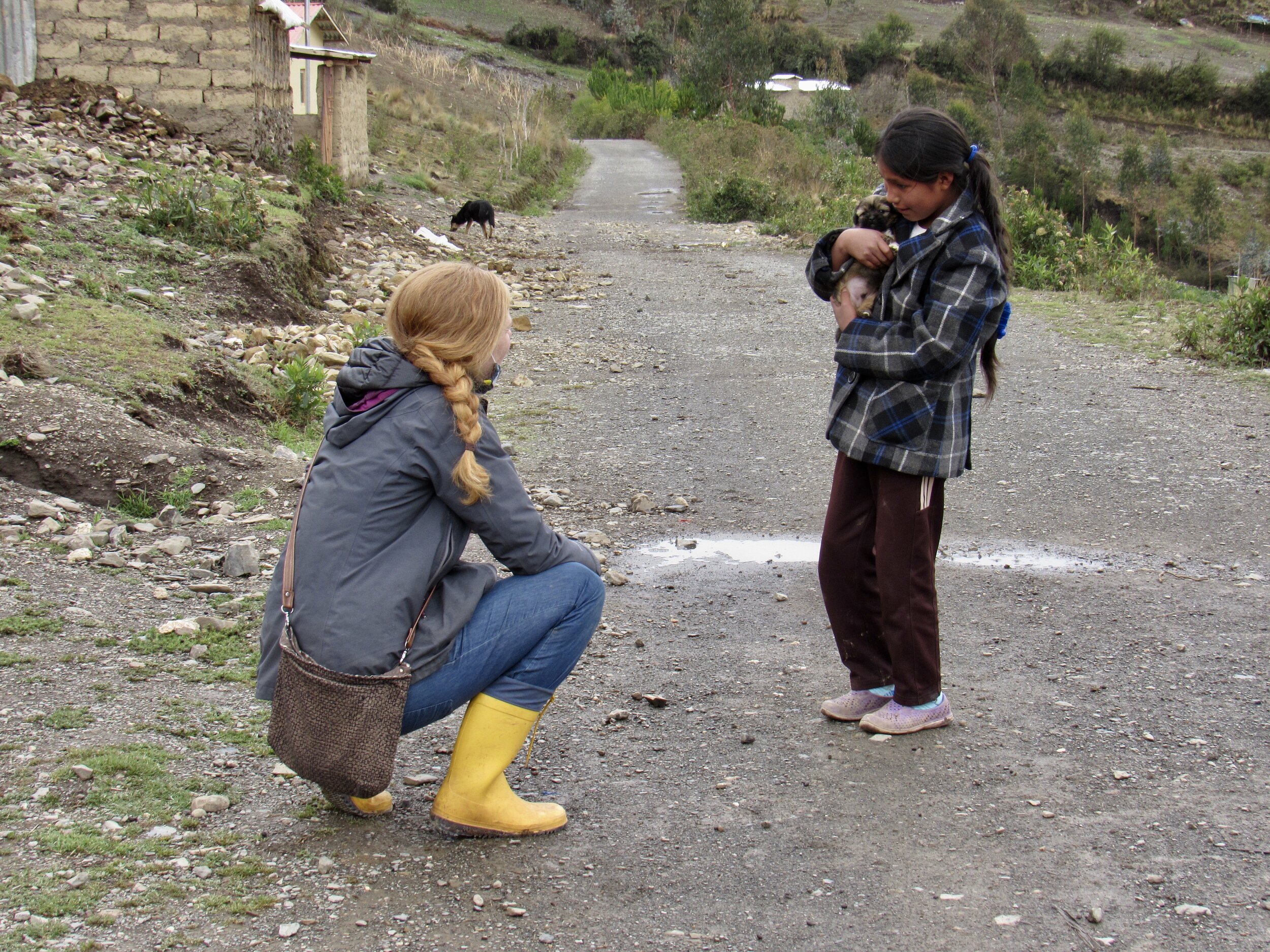


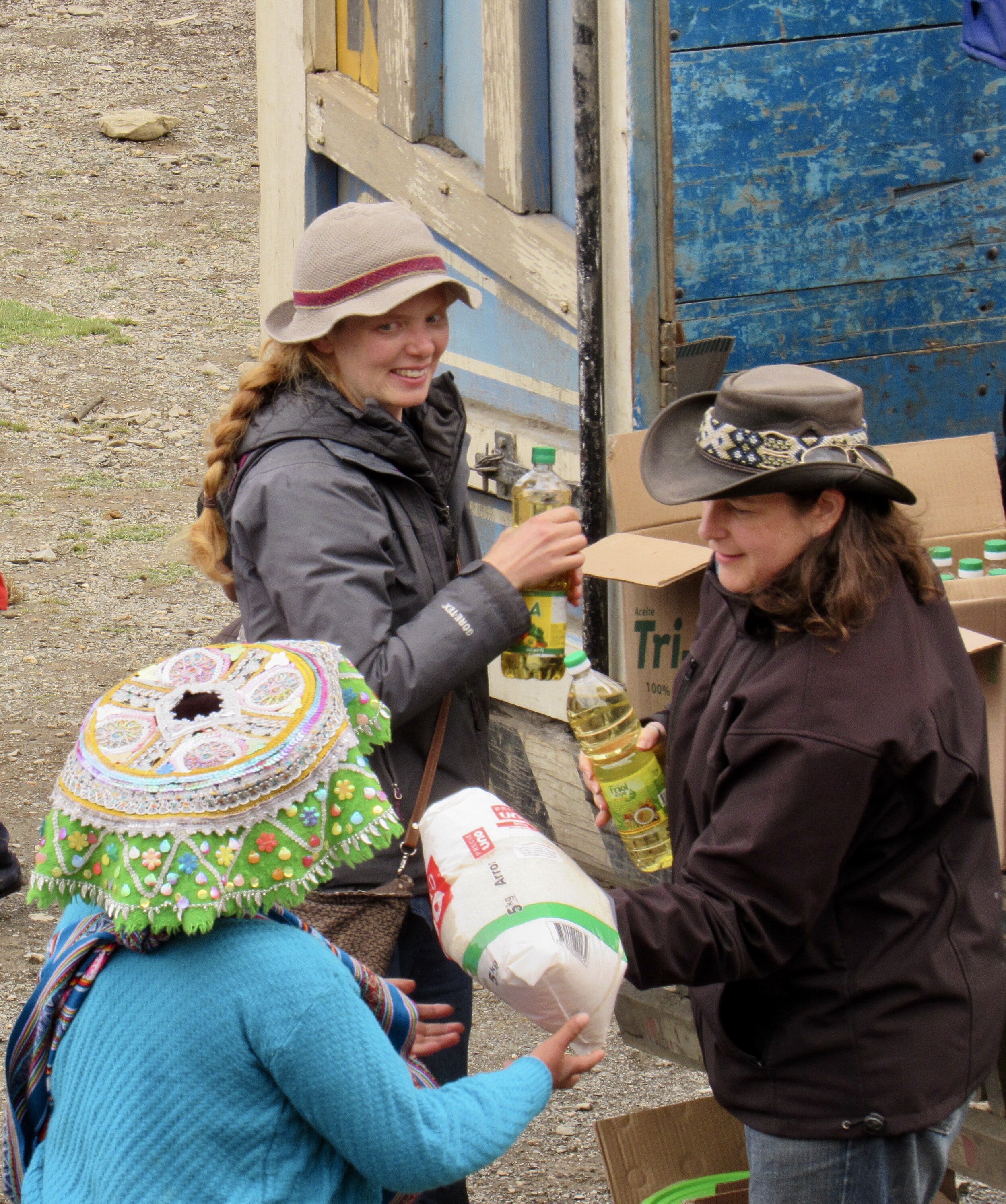
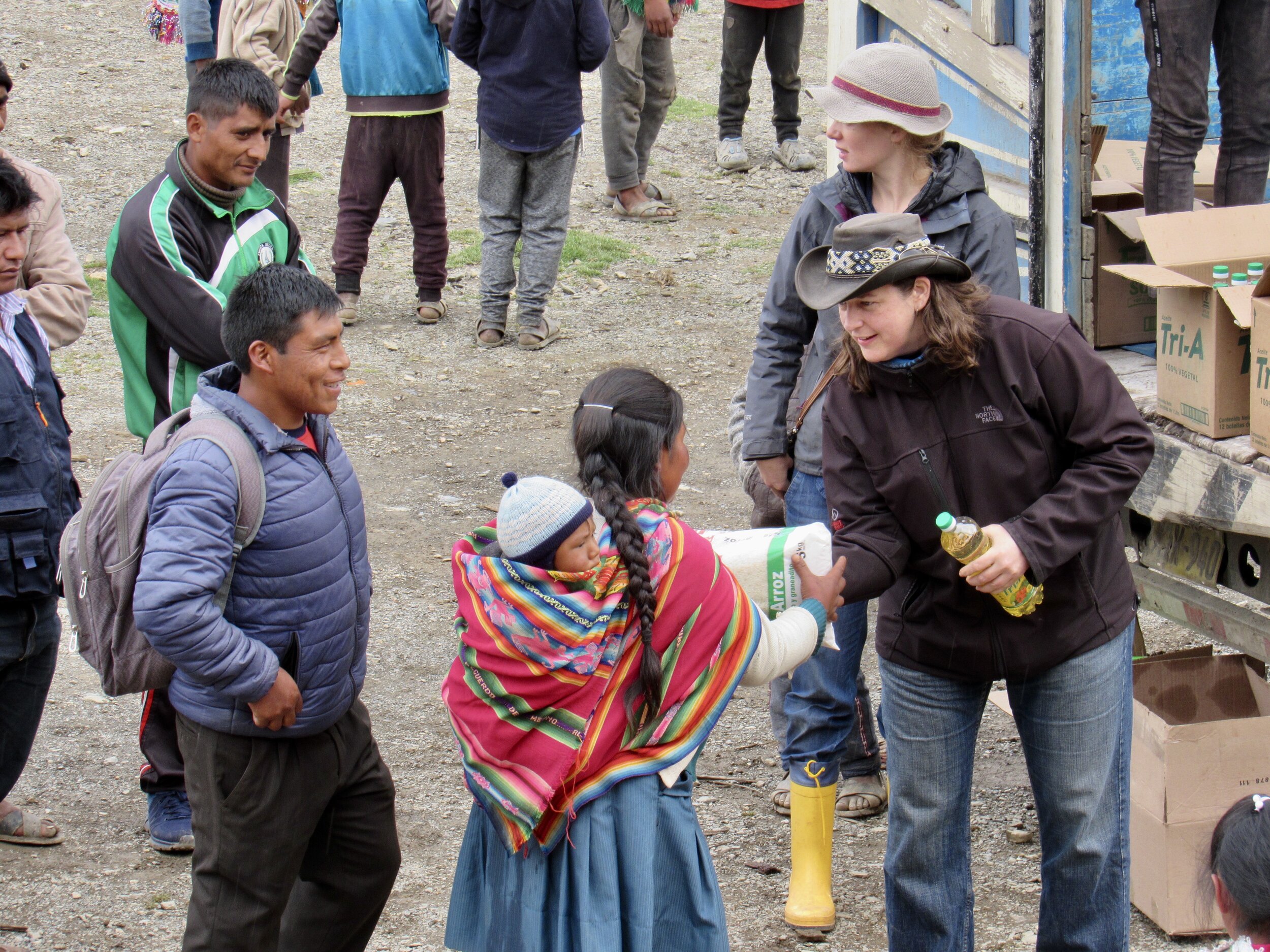
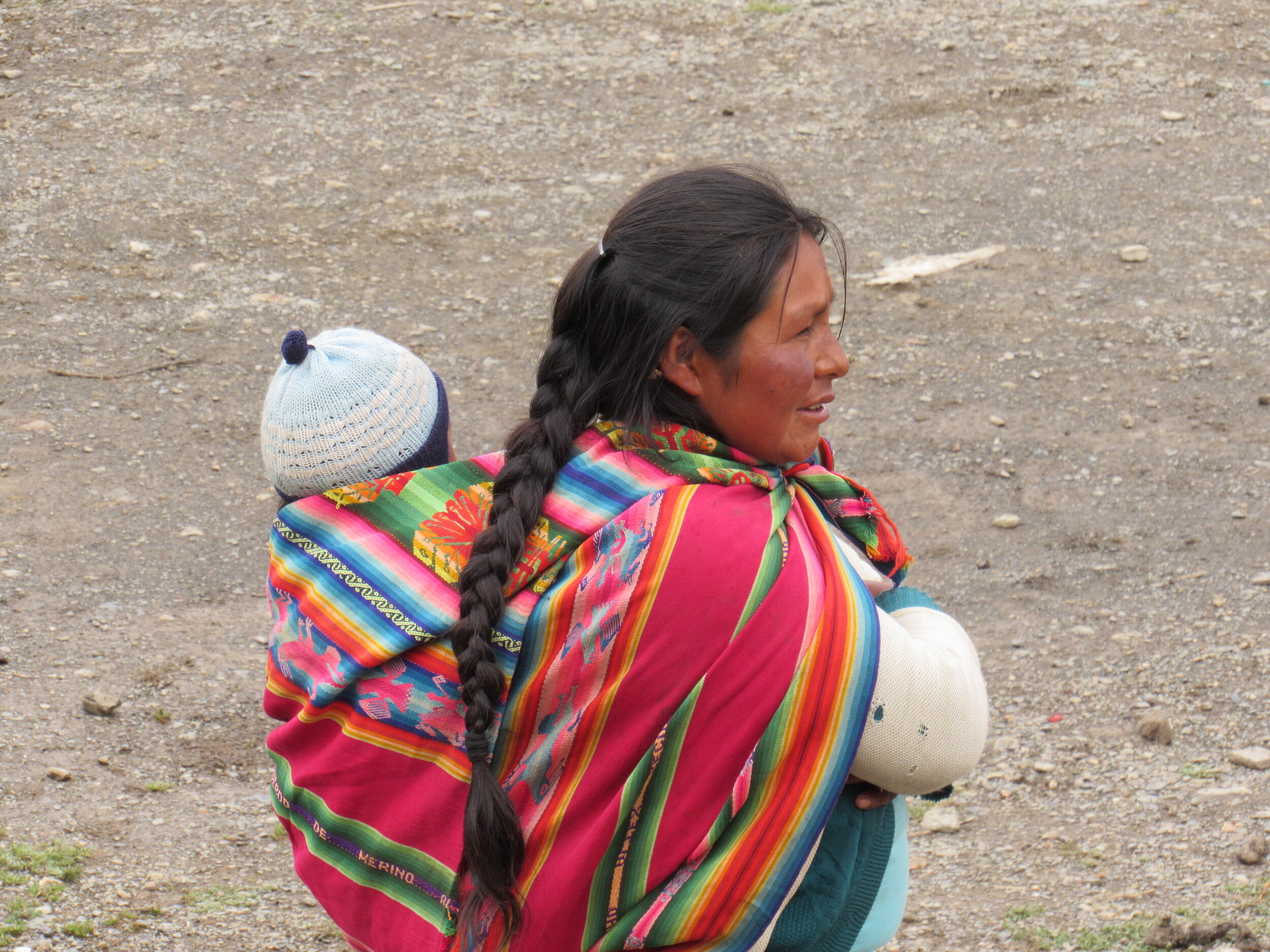
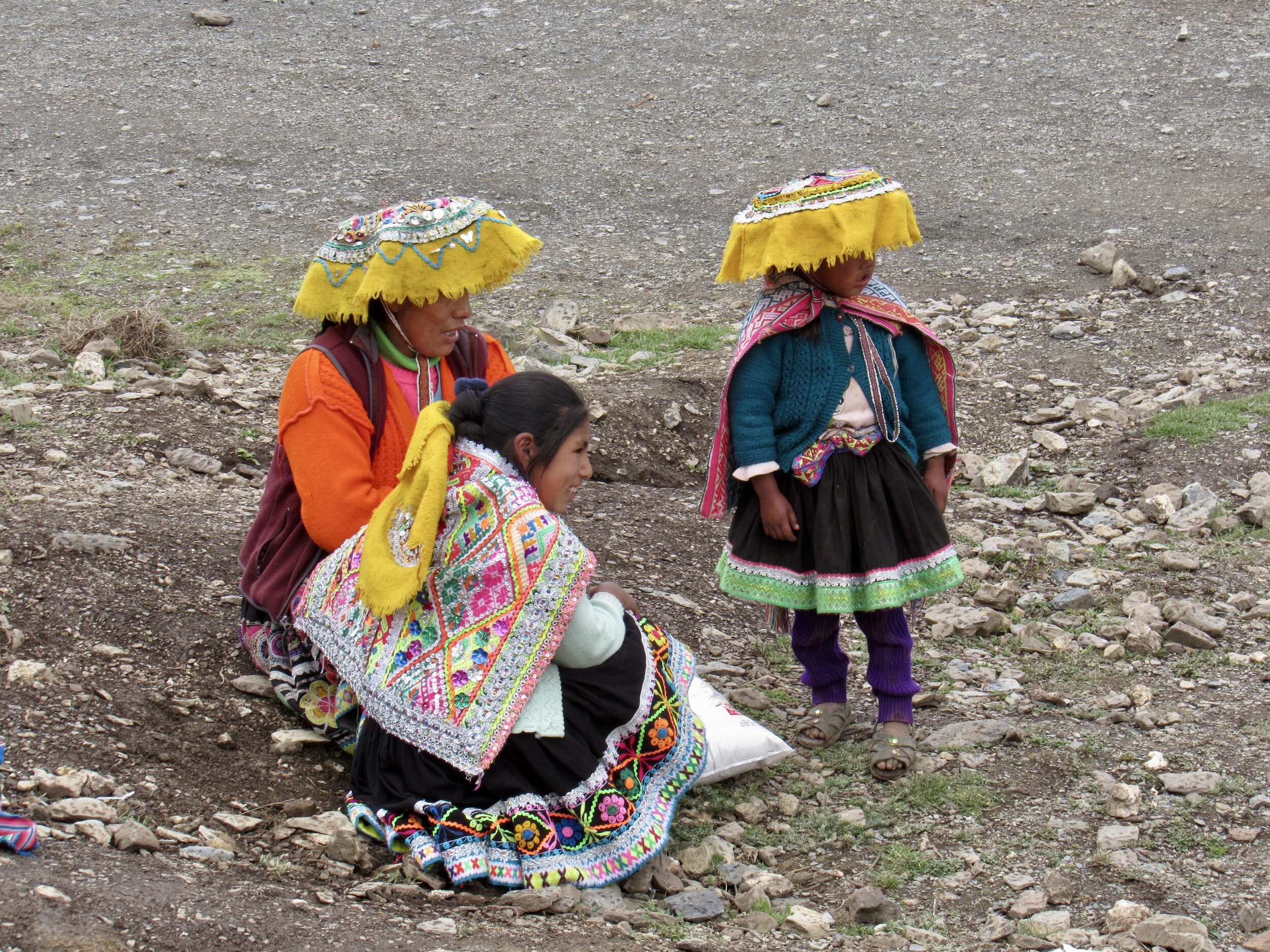

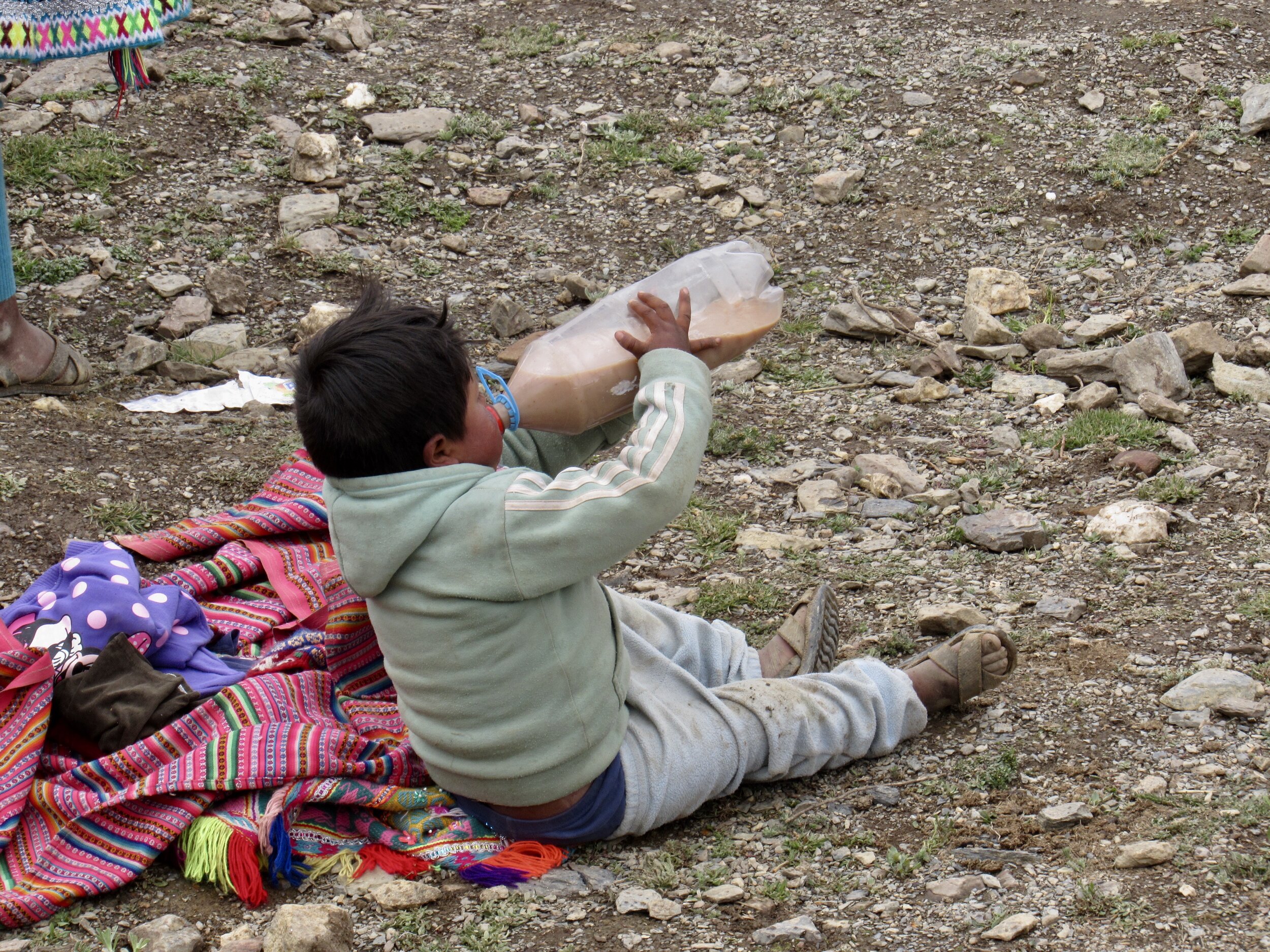
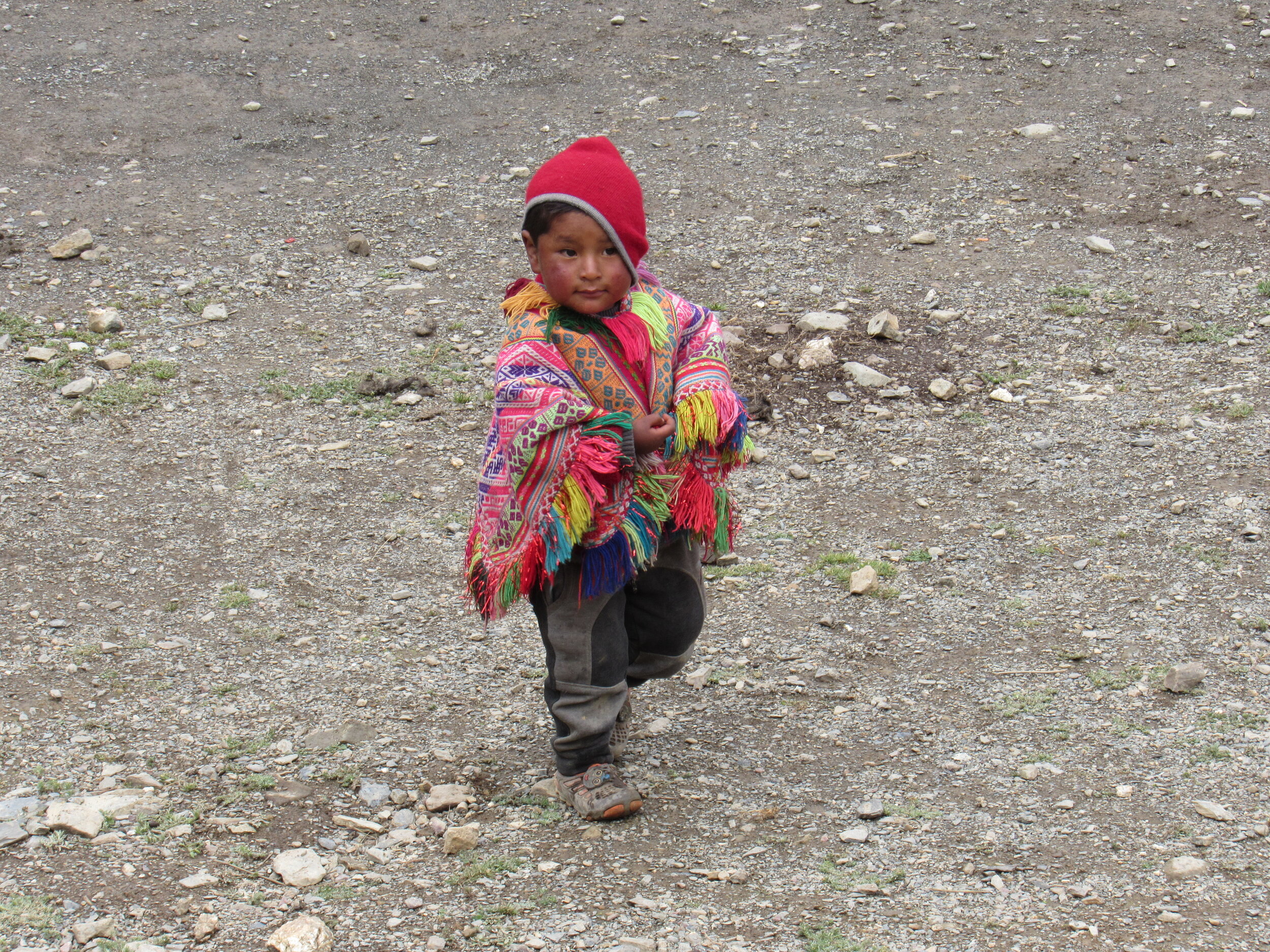
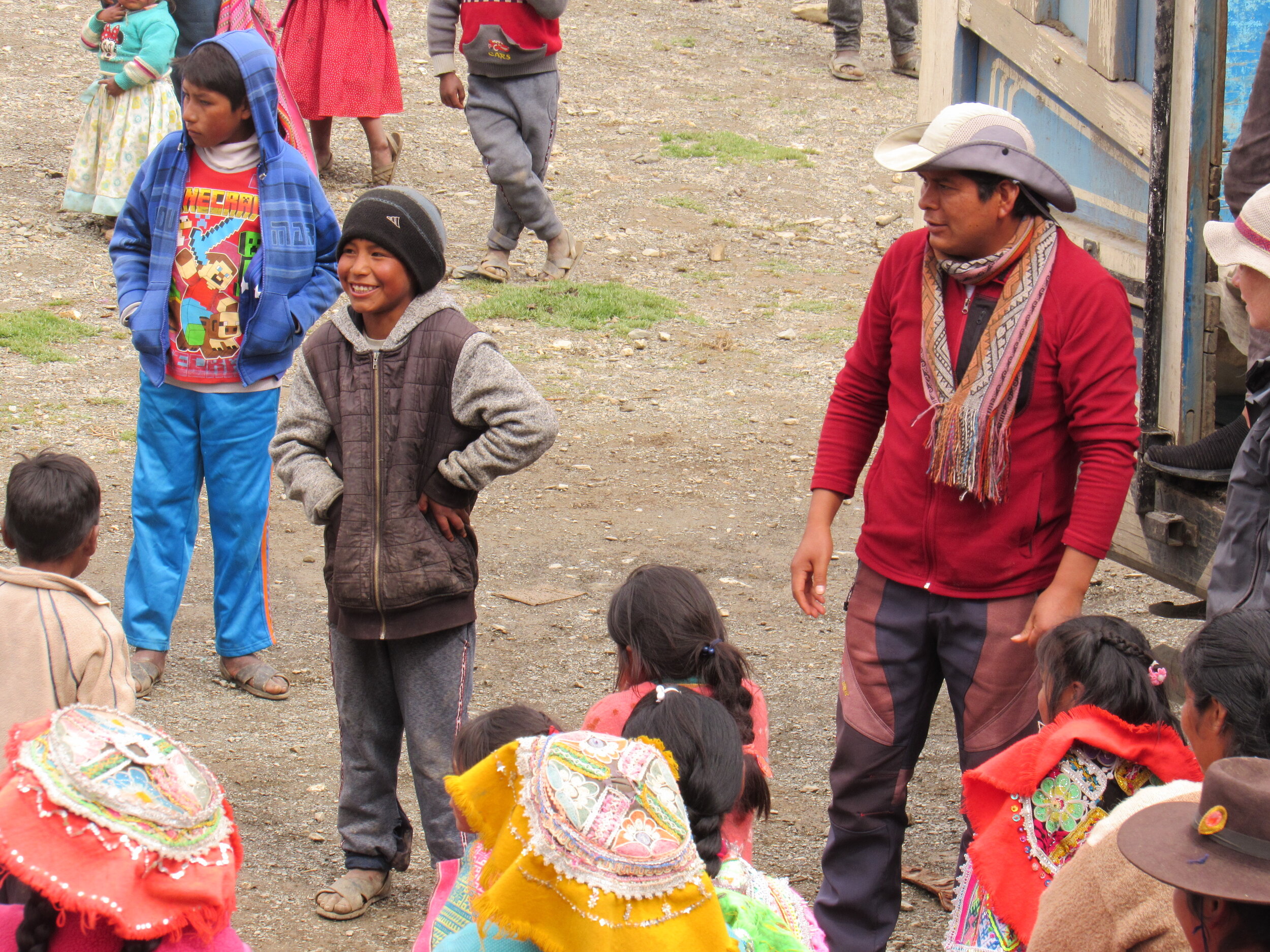
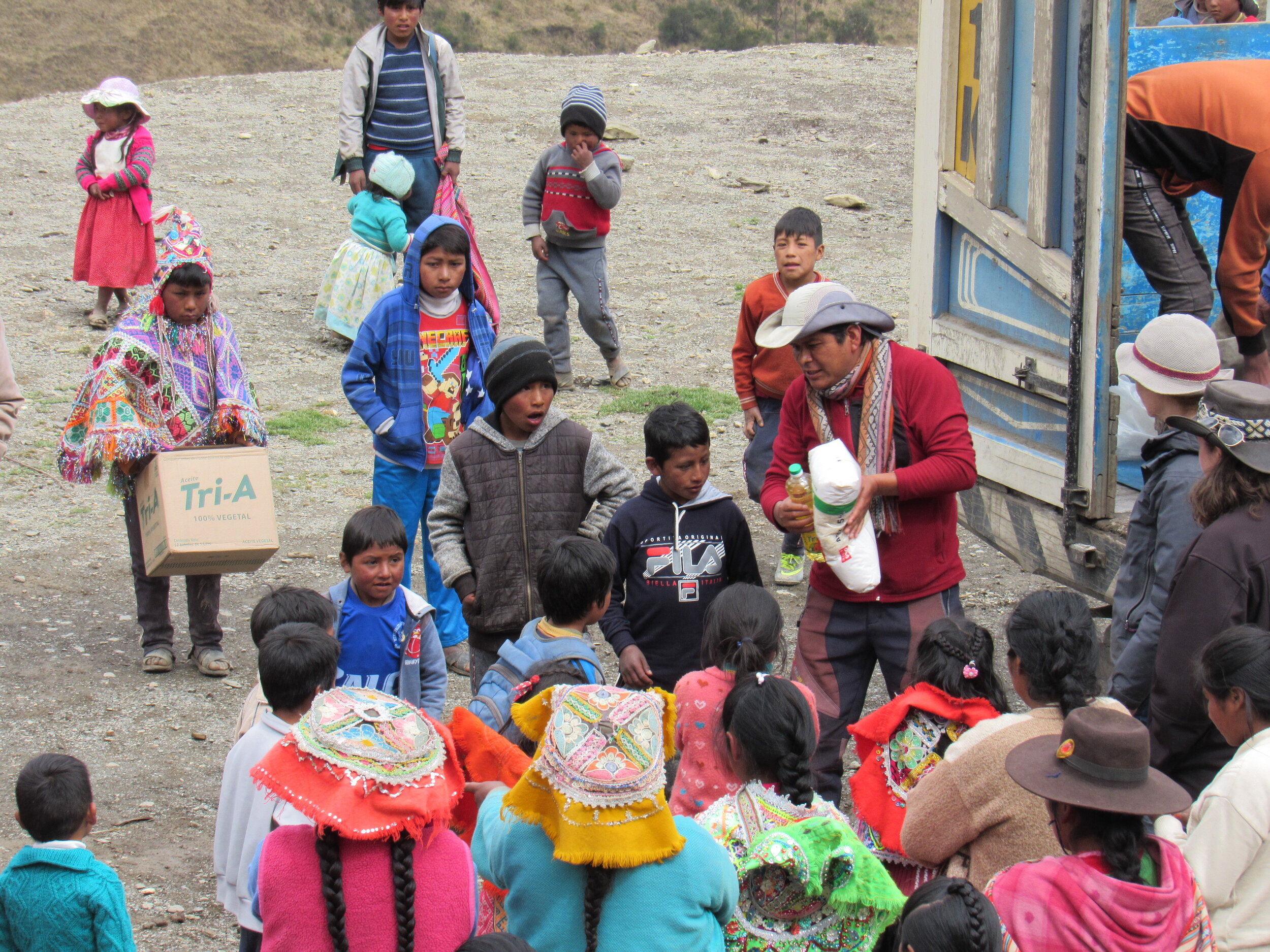
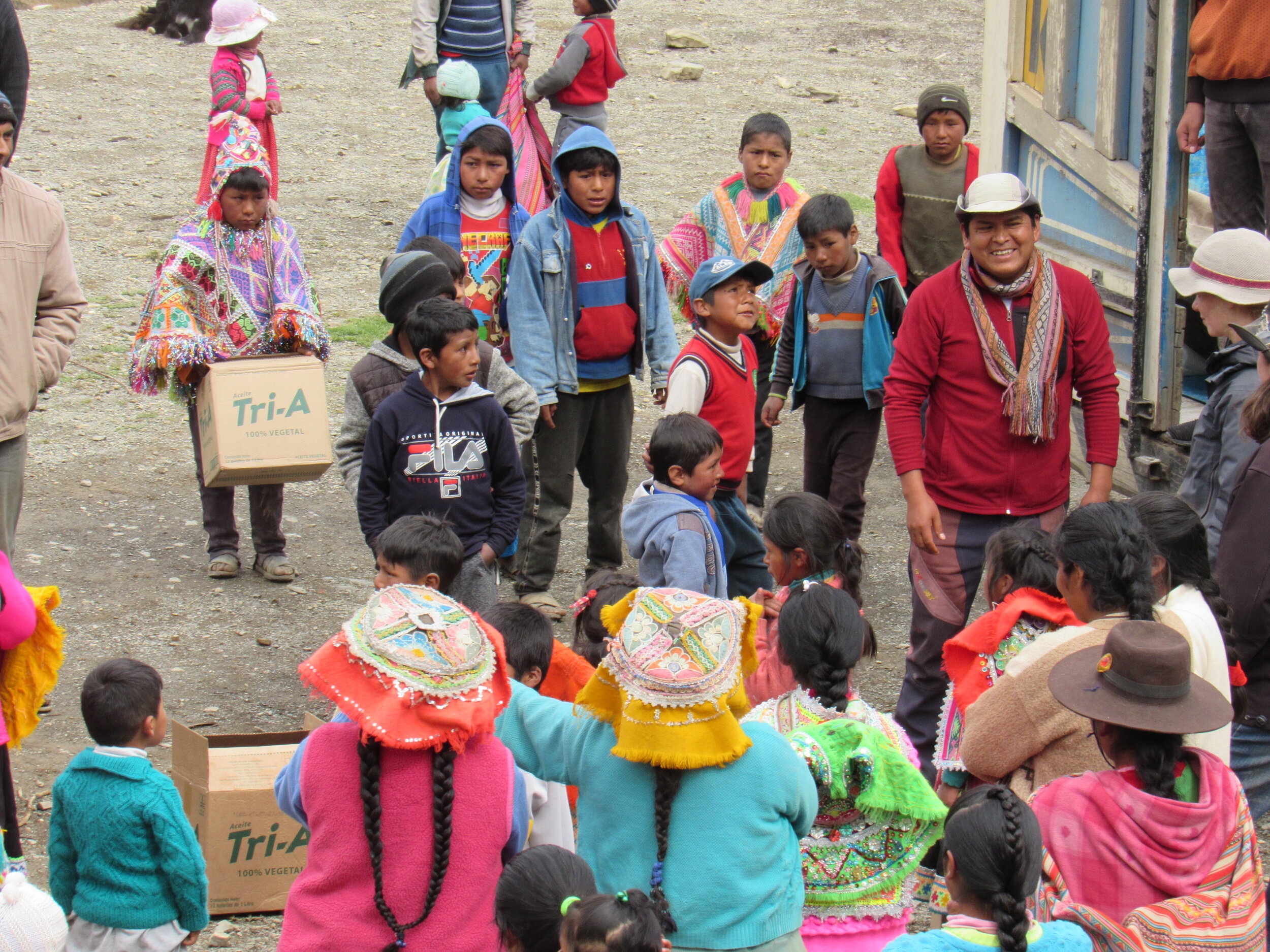
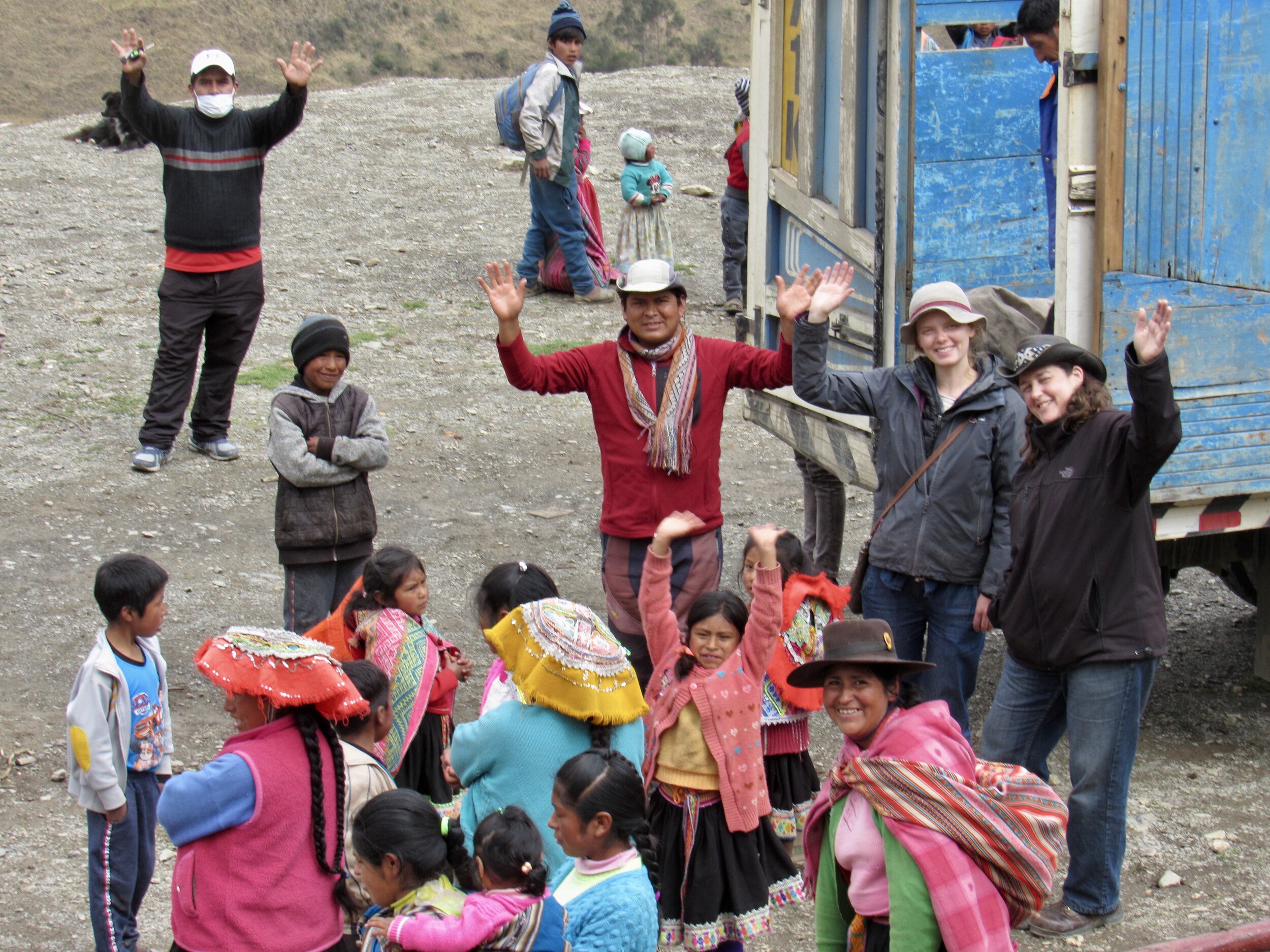
Covid in Cusco: Week 37
Escaping both the pandemic and politics, I do the four day trek around Mt. Ausangate with a group of friends, hiking up to 17,000 feet on our third day!
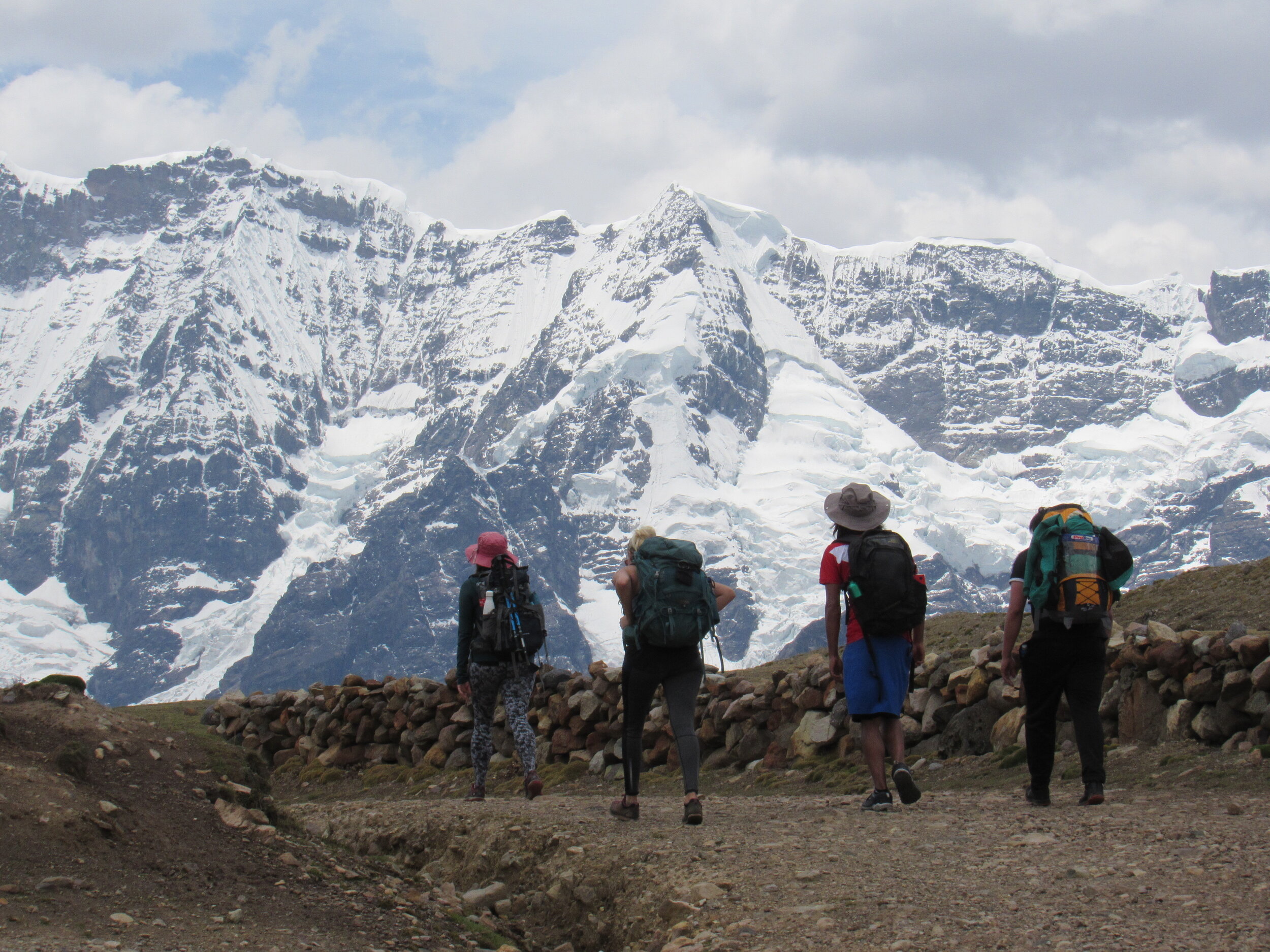
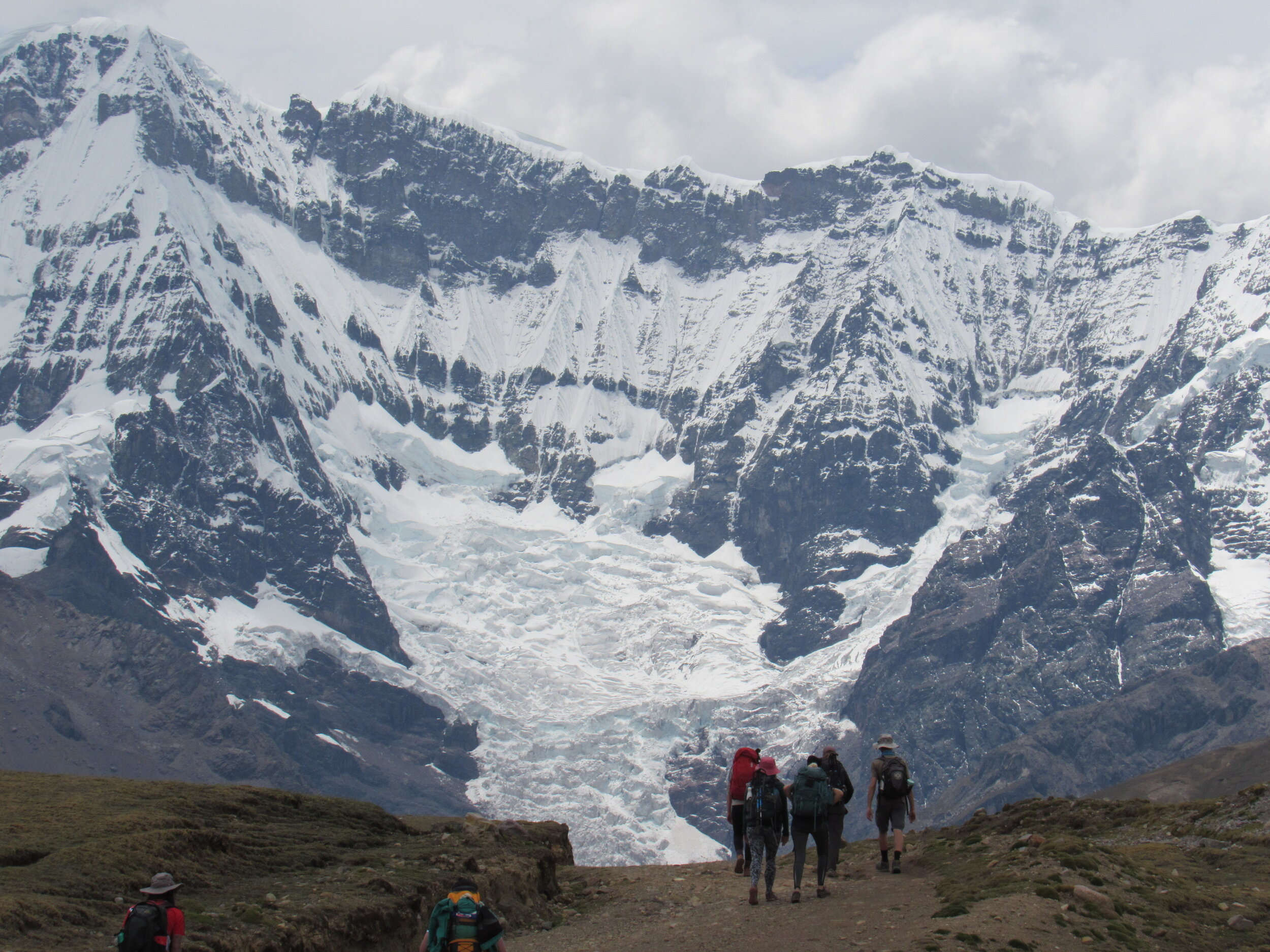
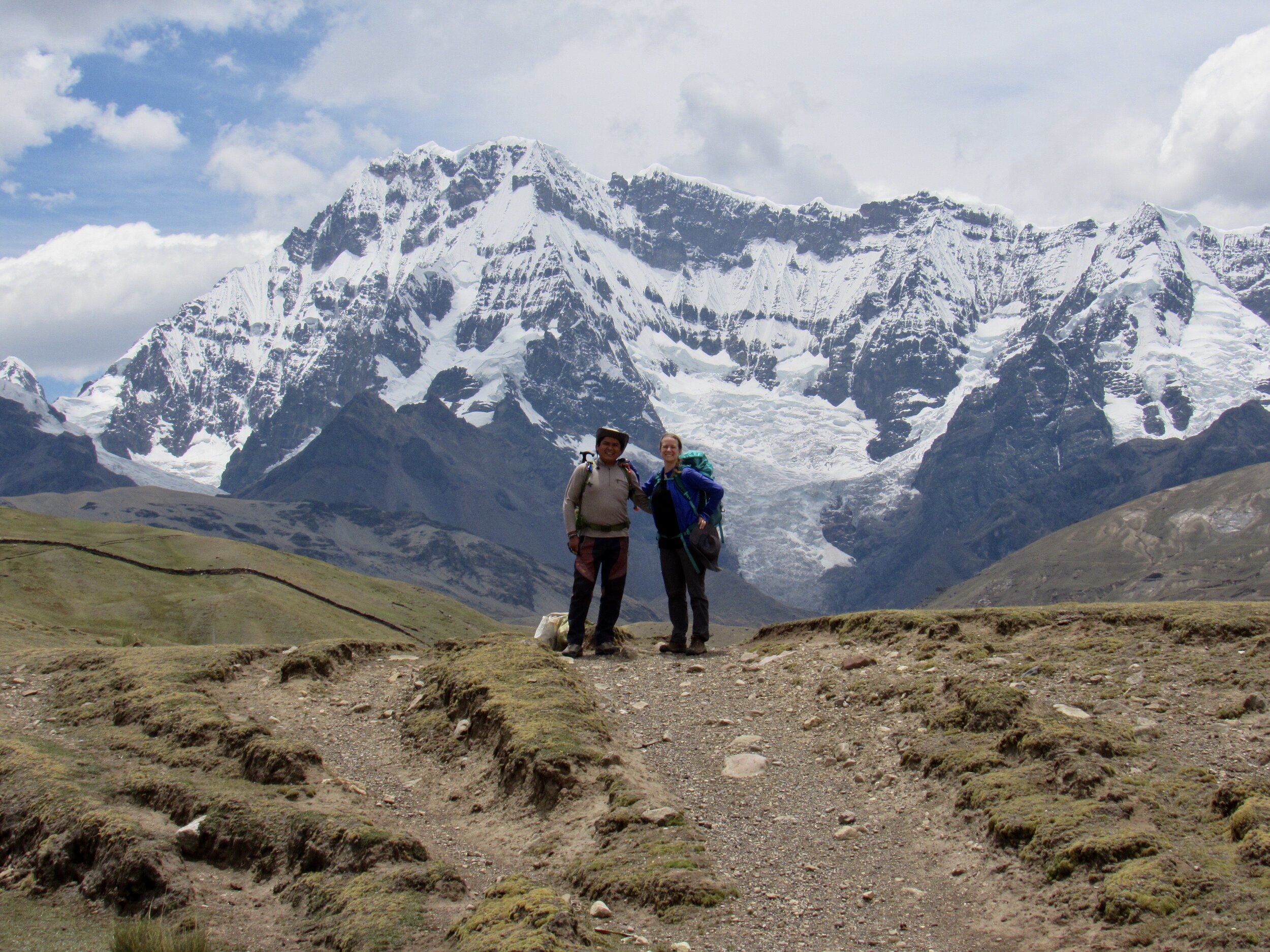
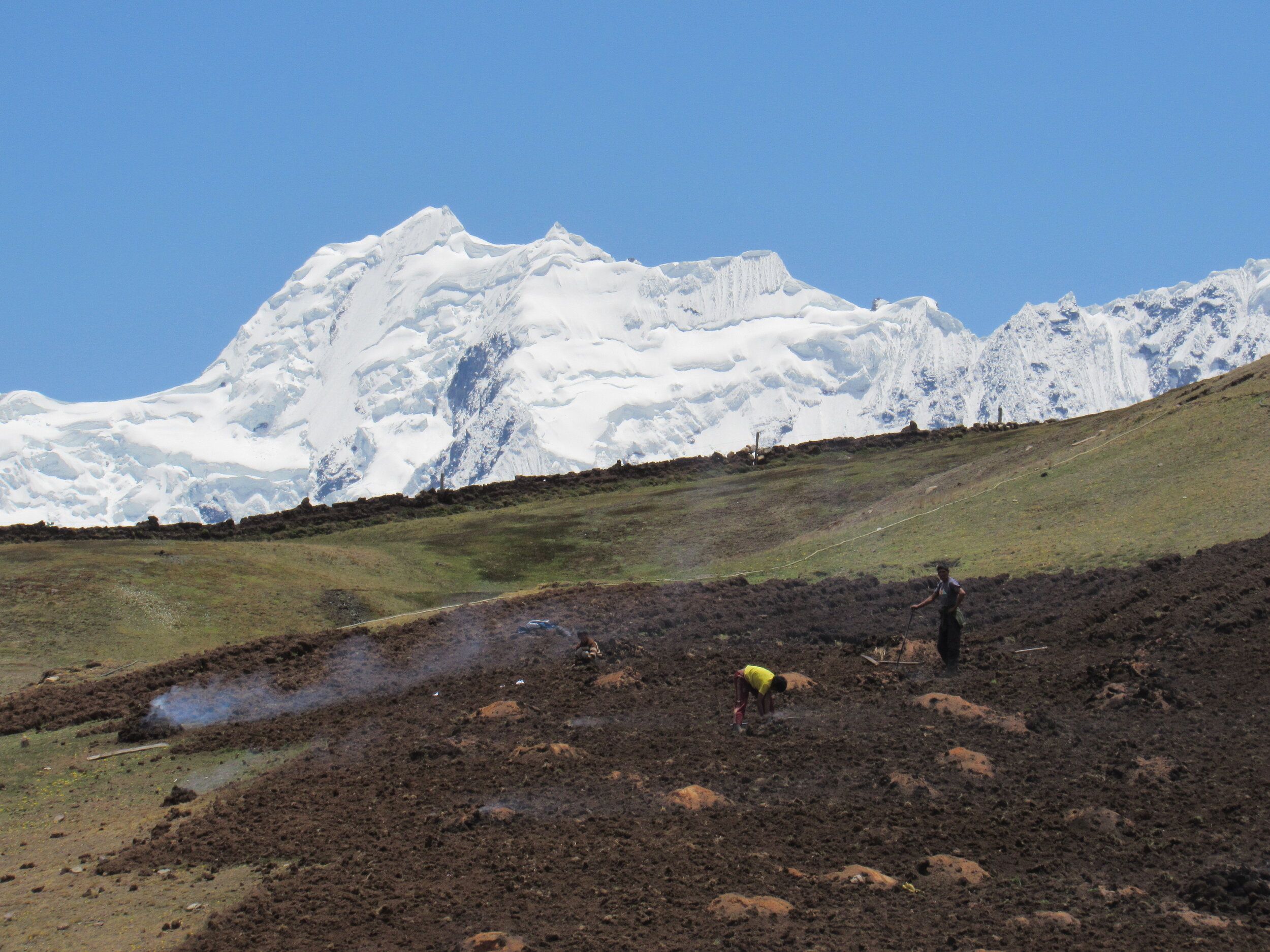
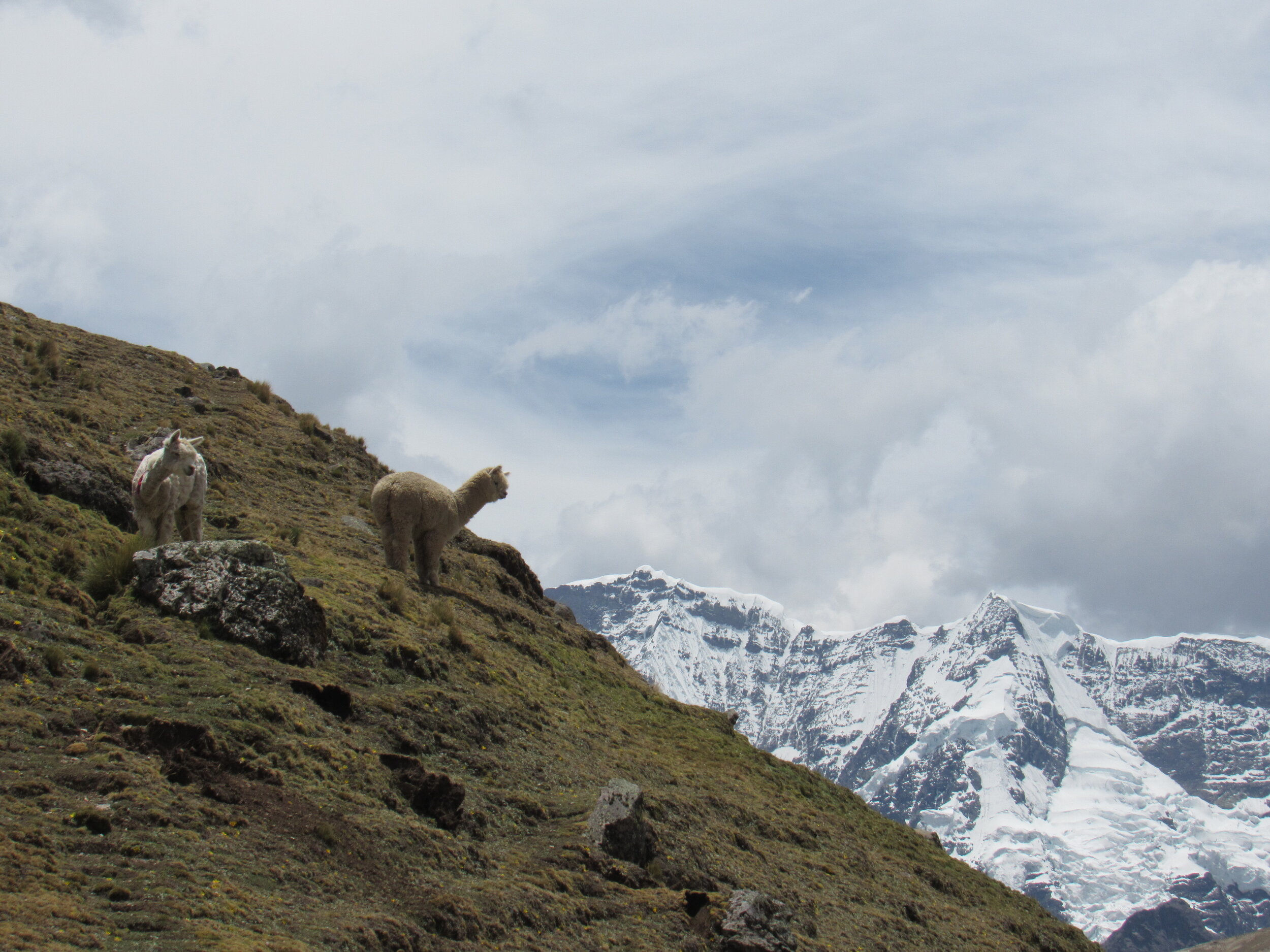
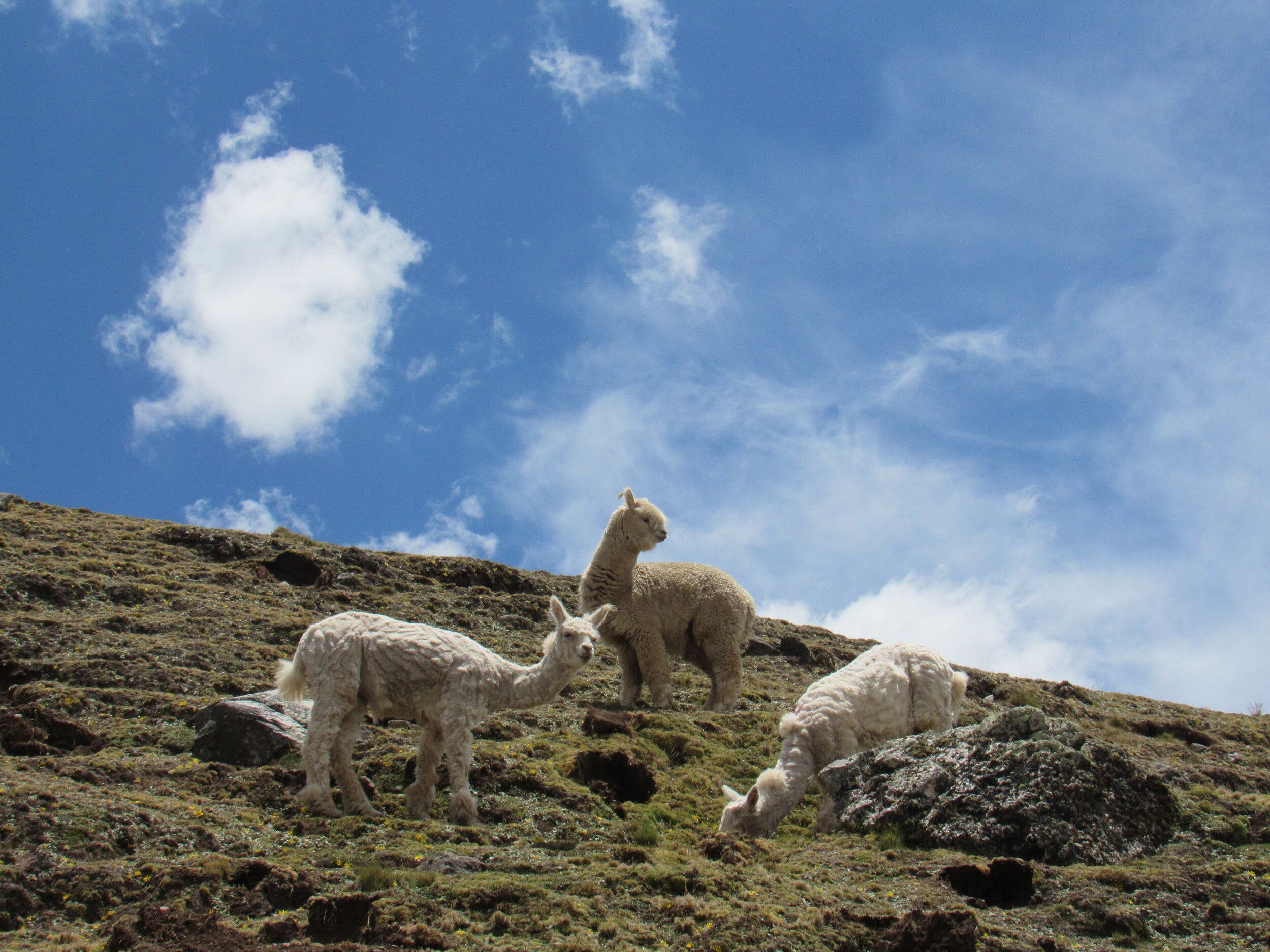
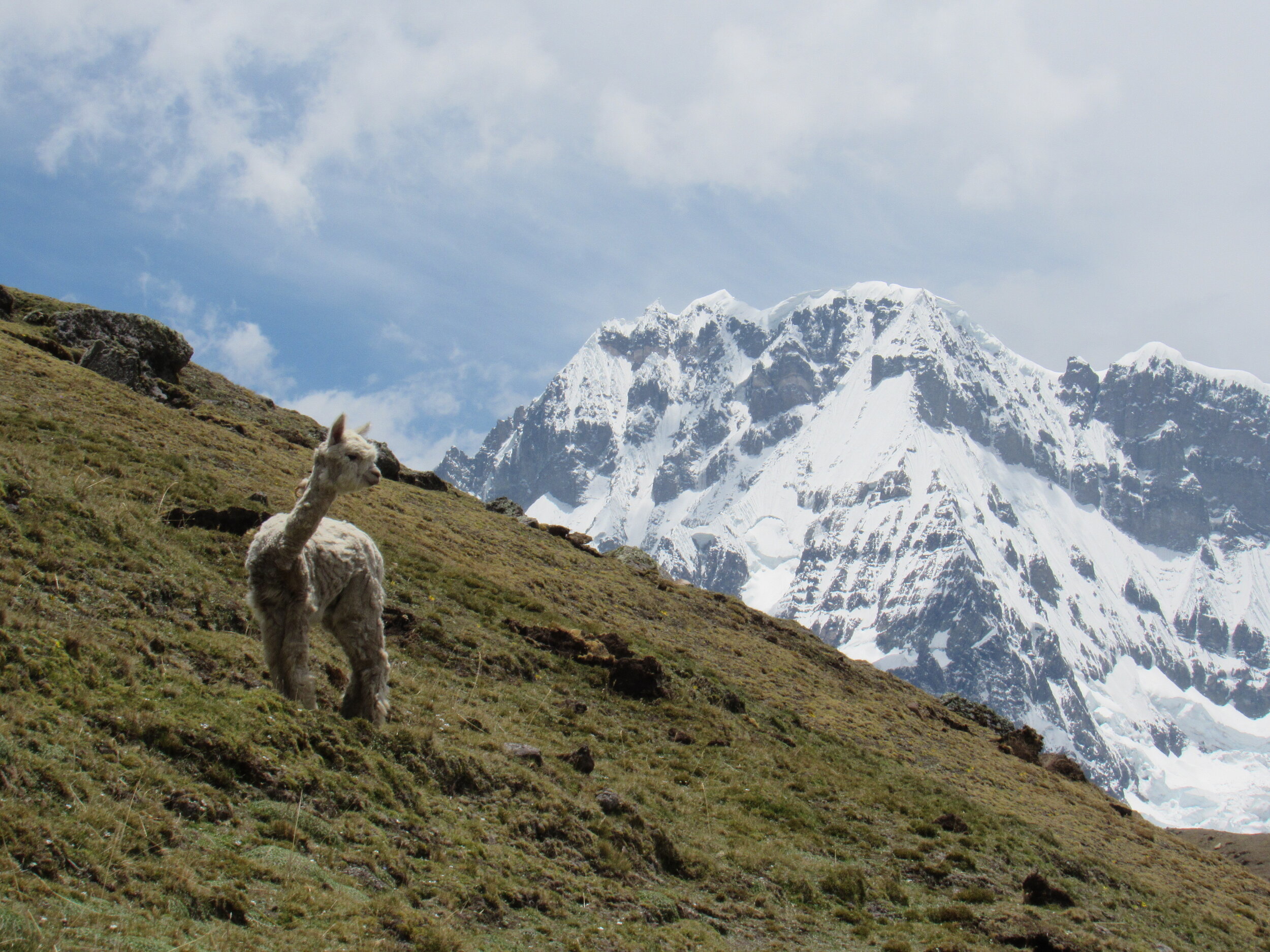
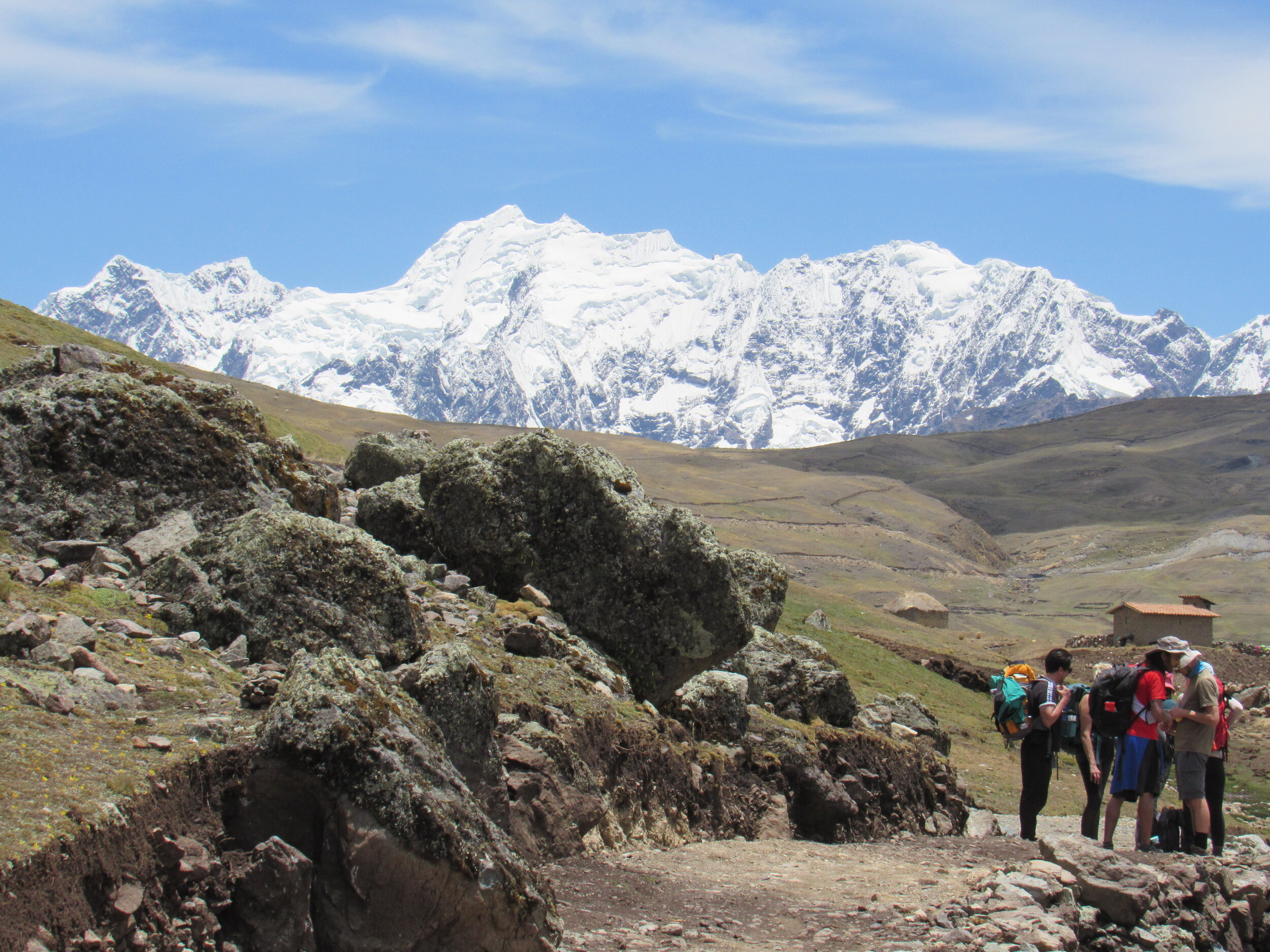
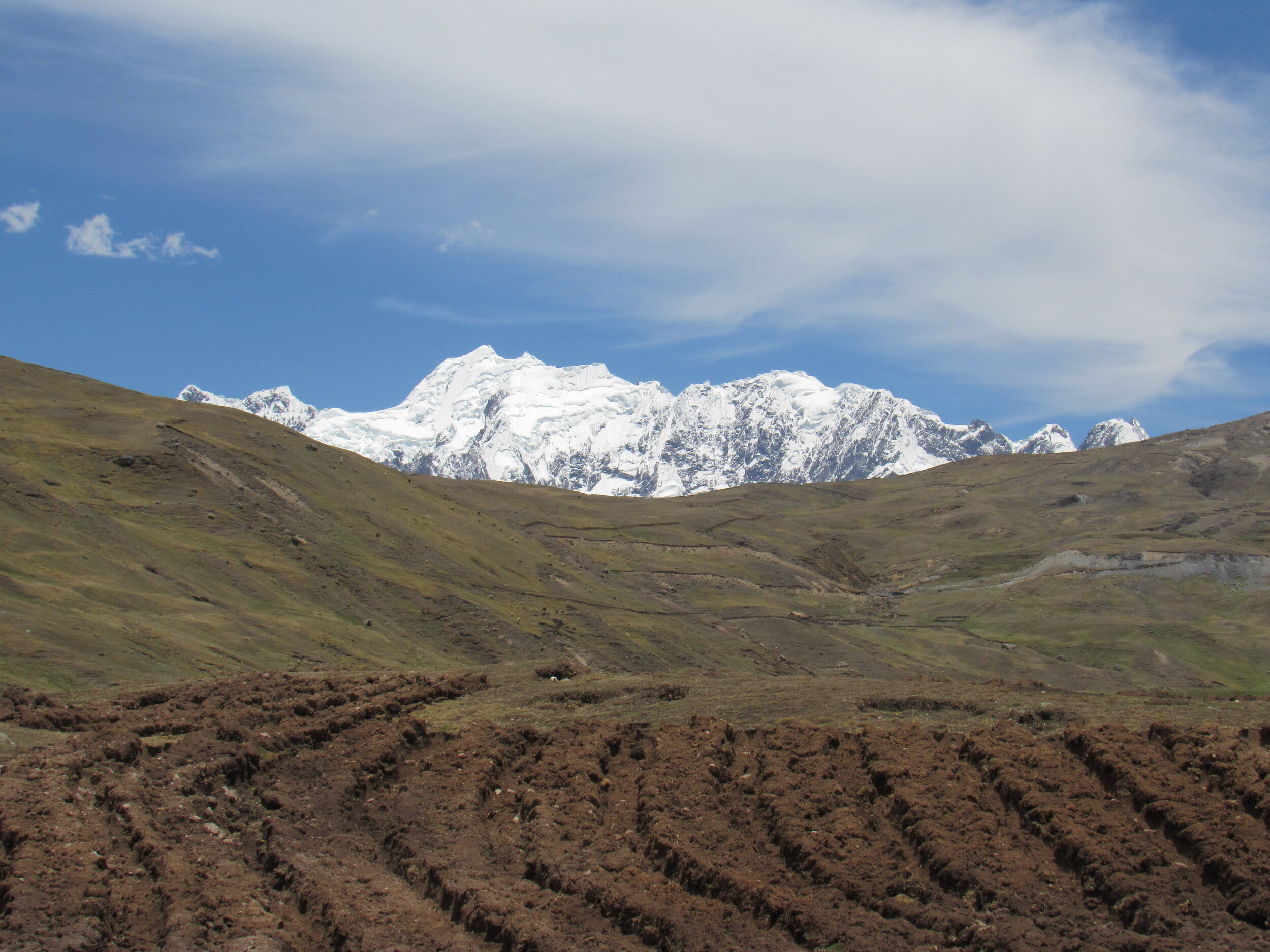
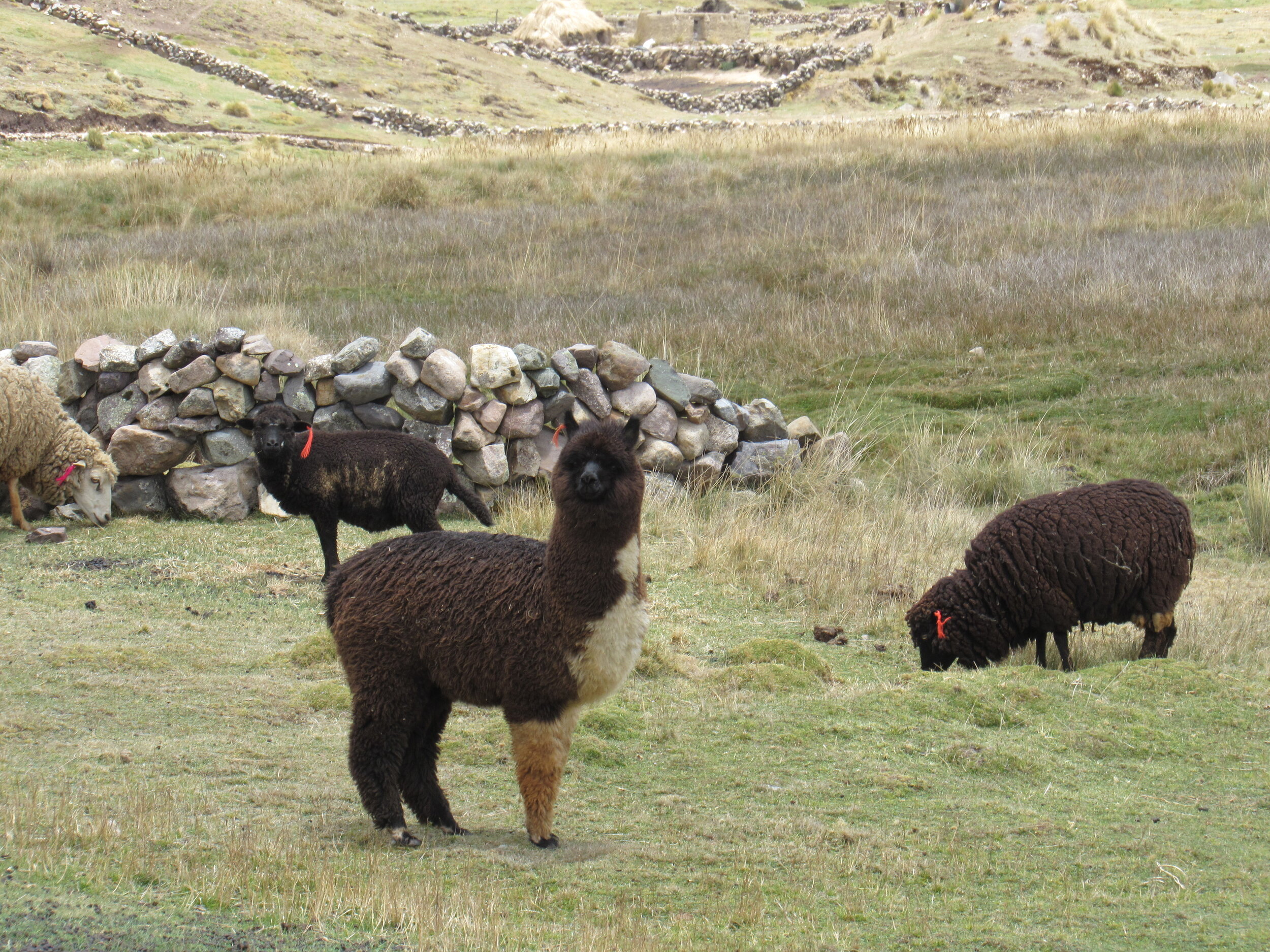
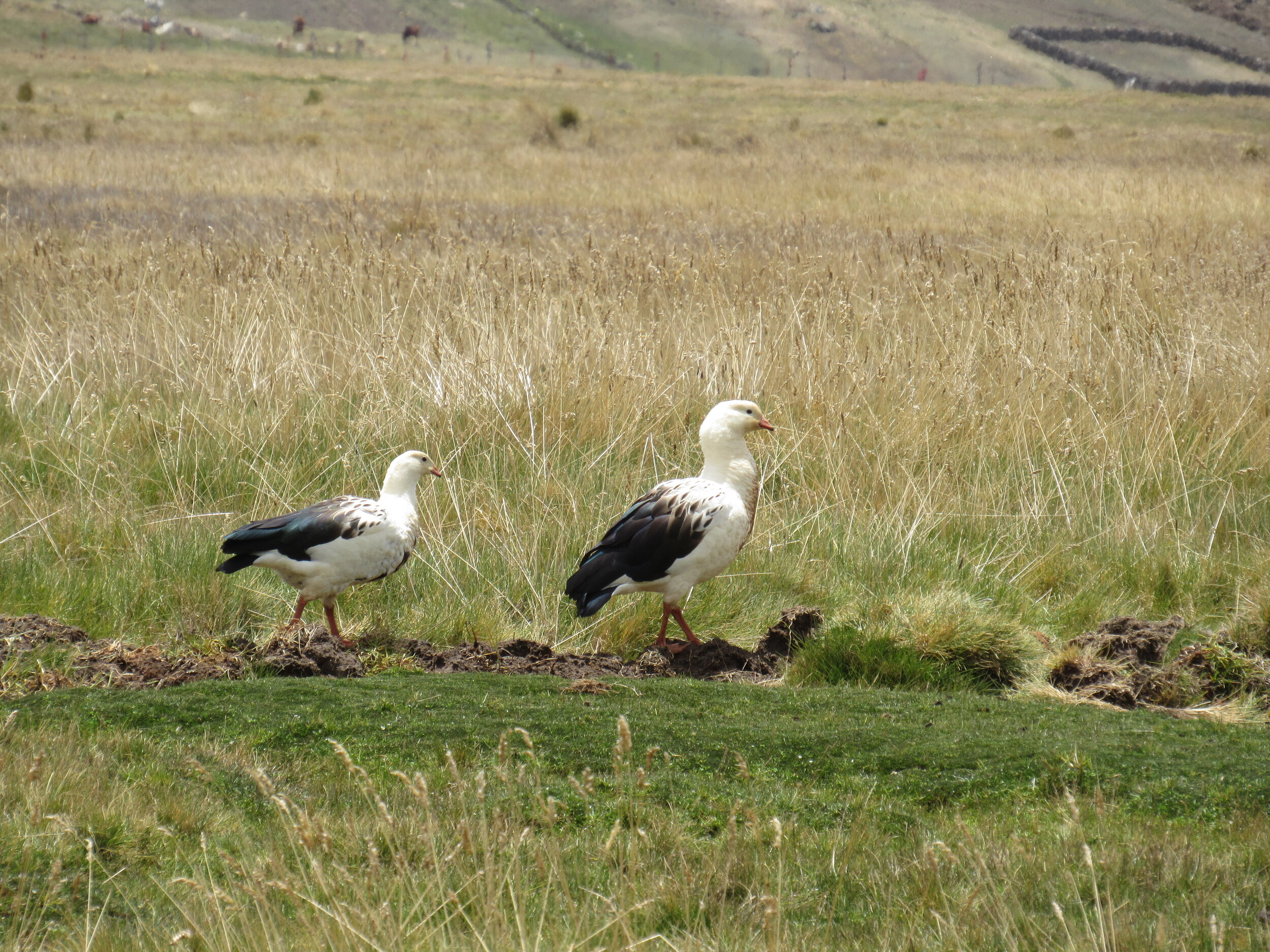
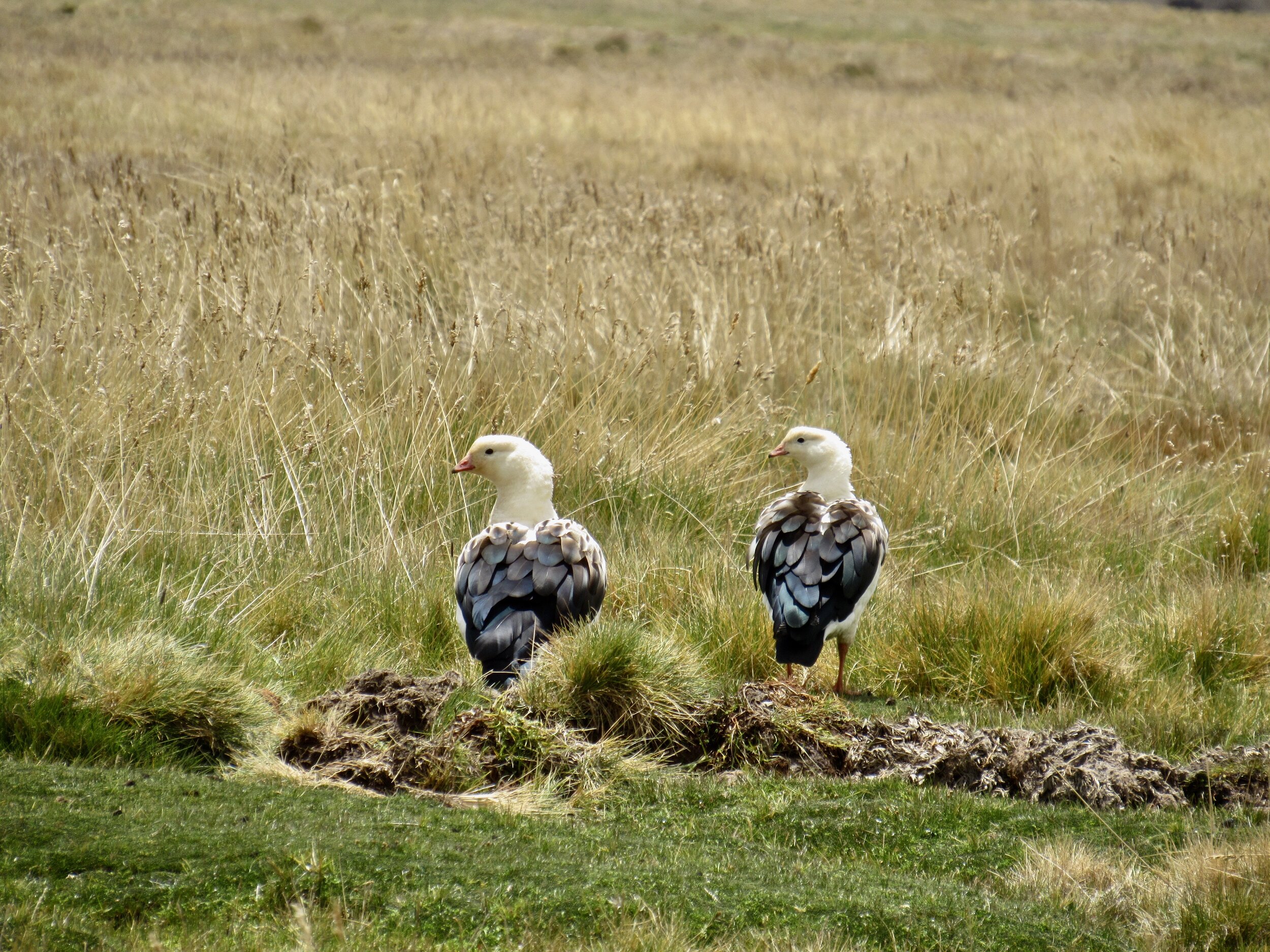
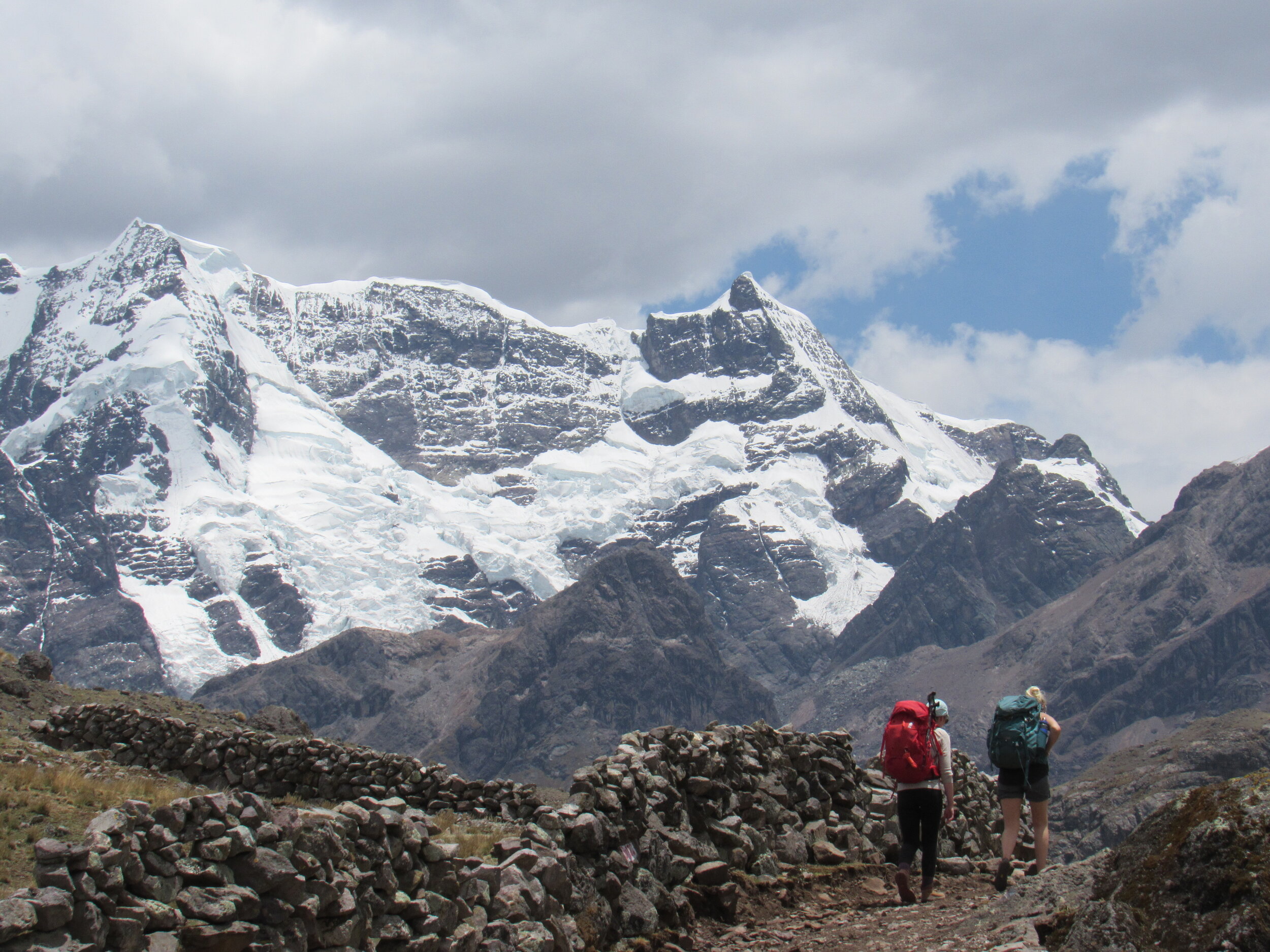
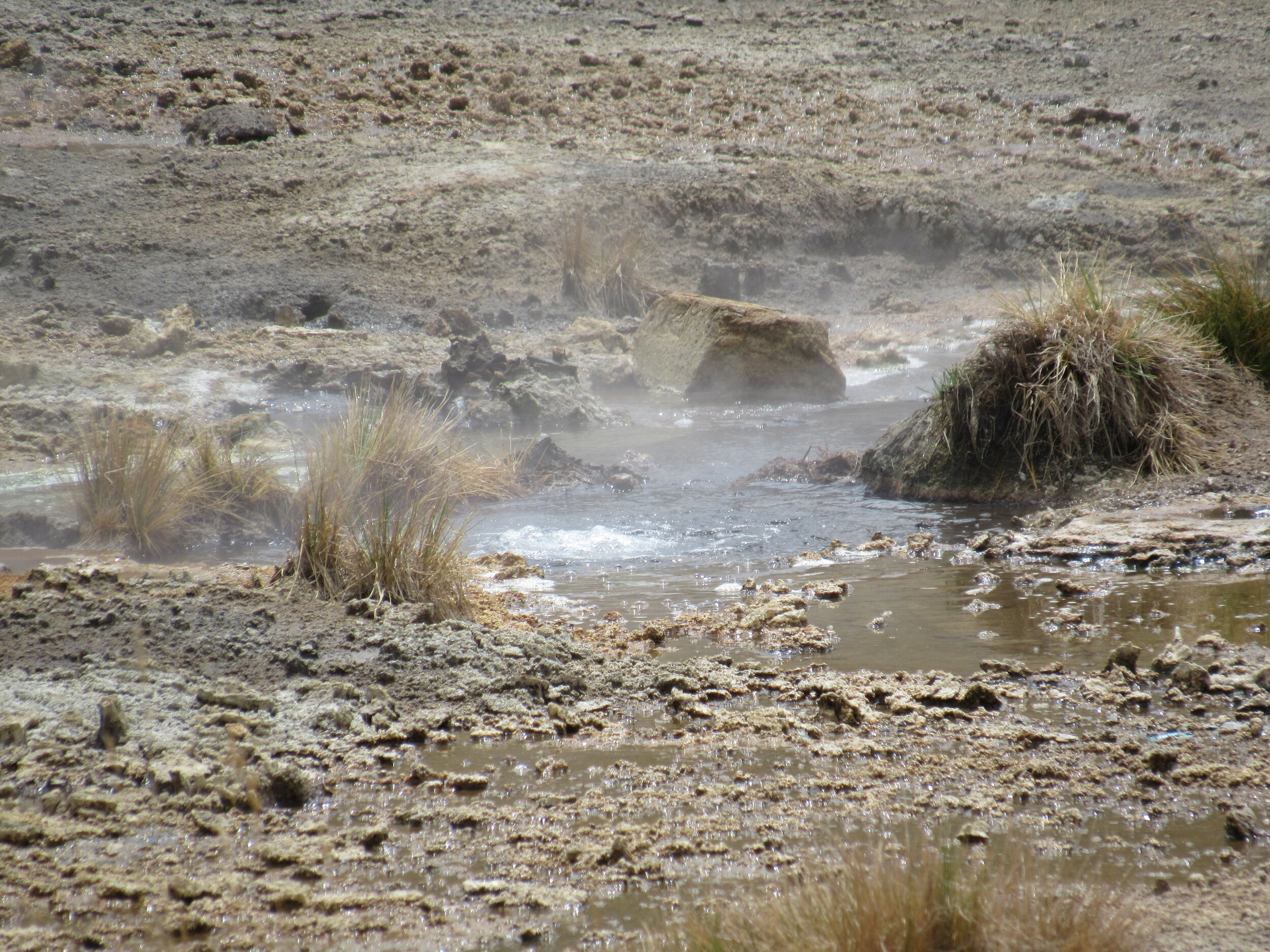
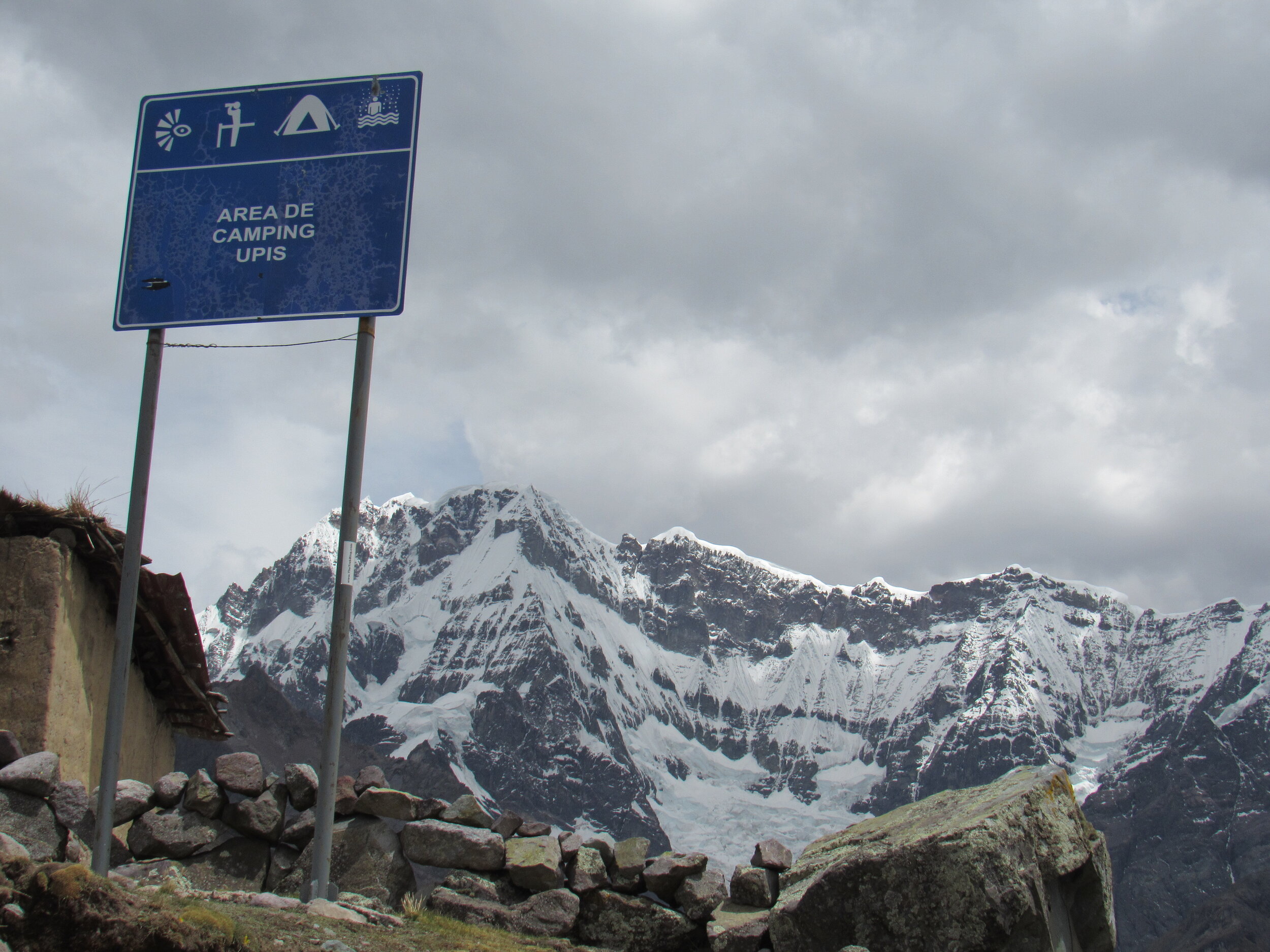
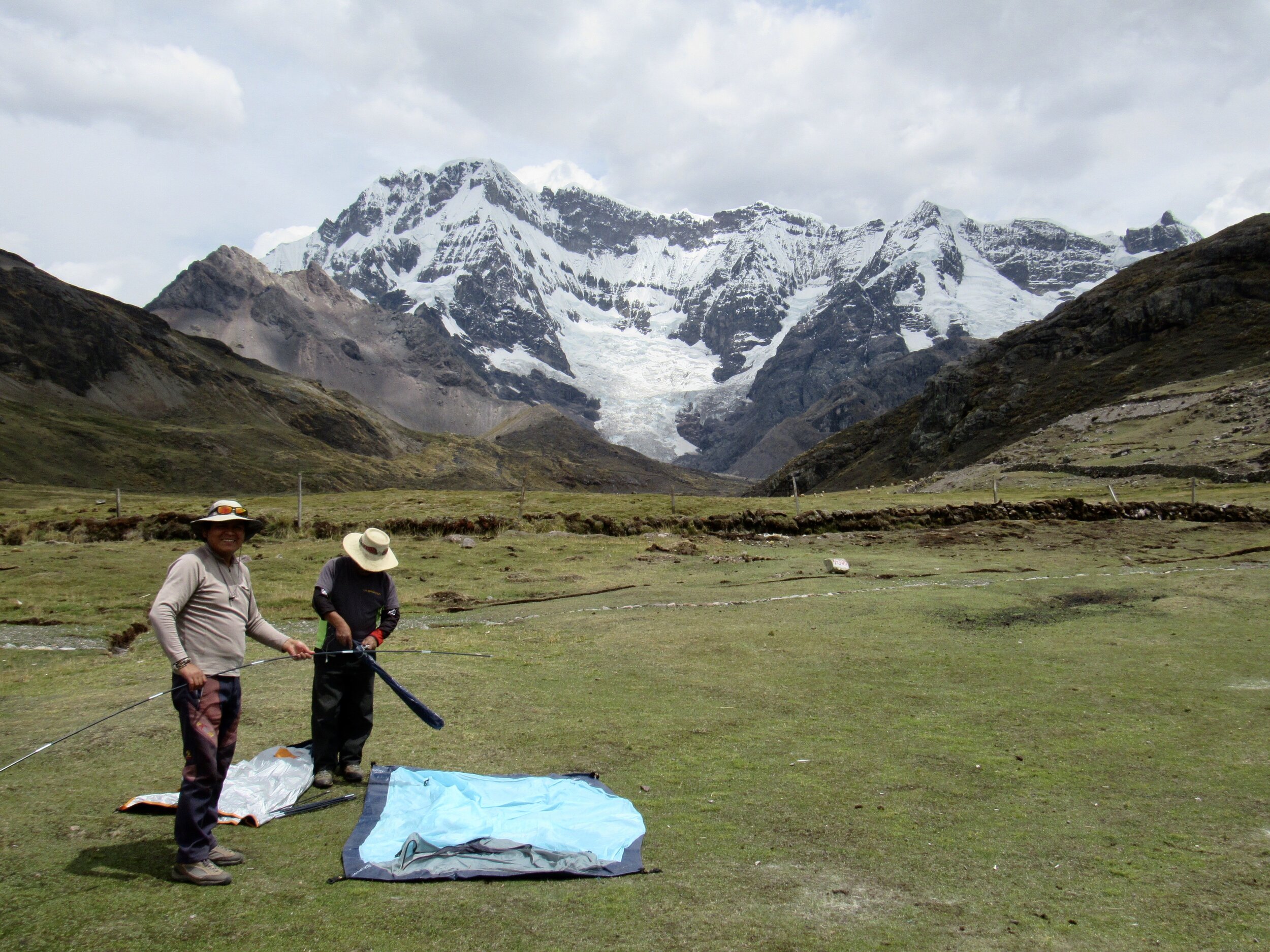
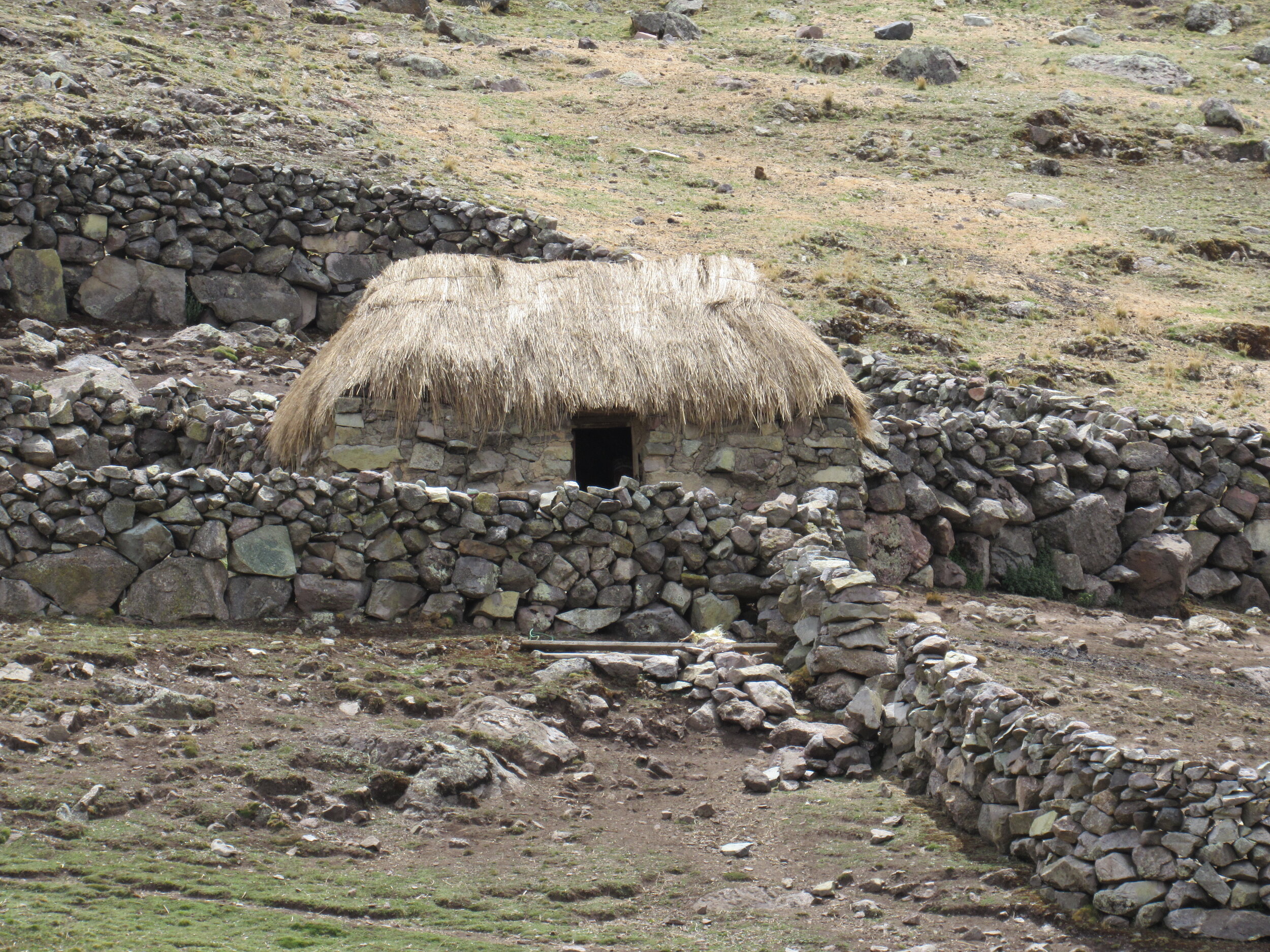
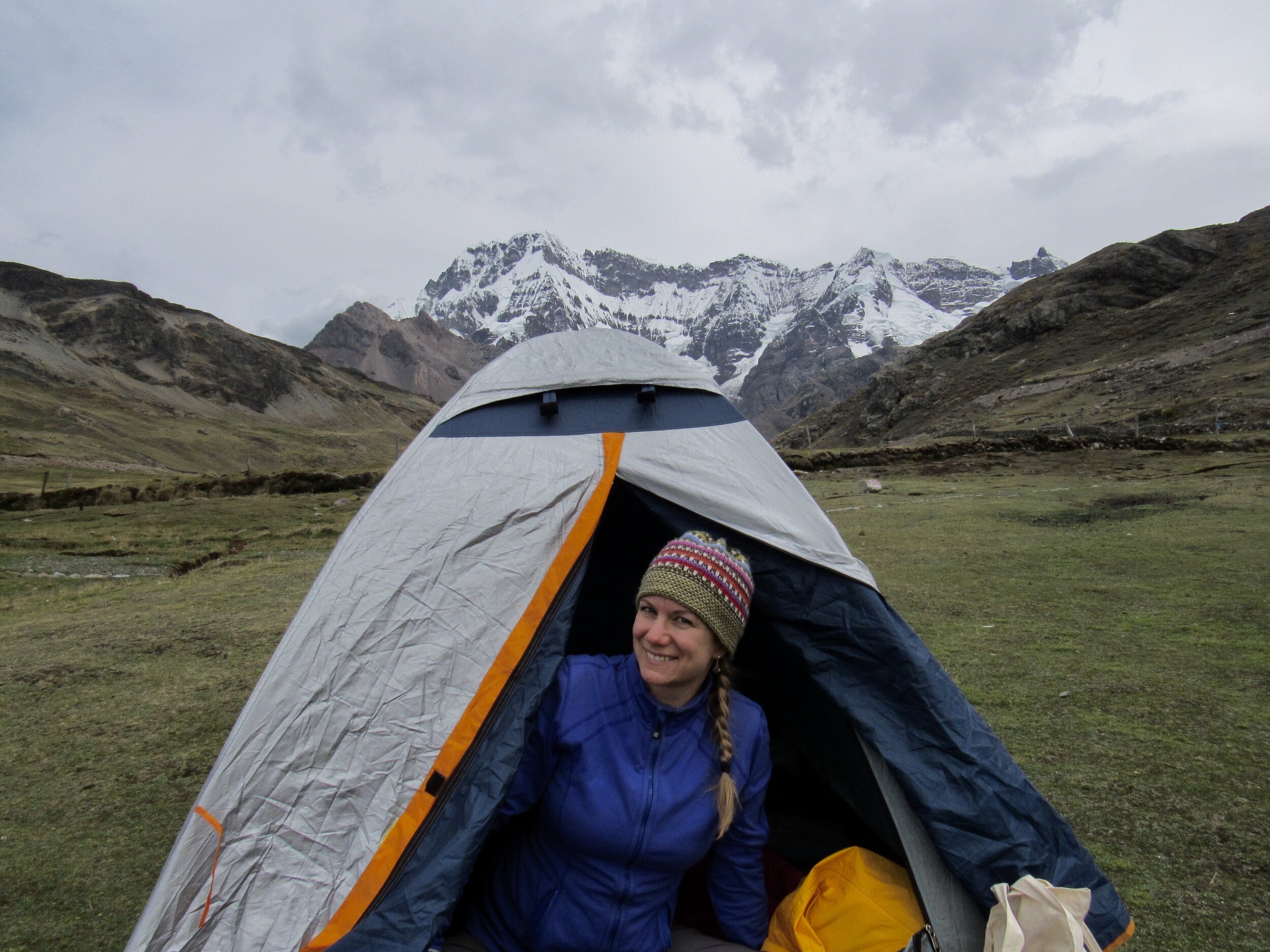
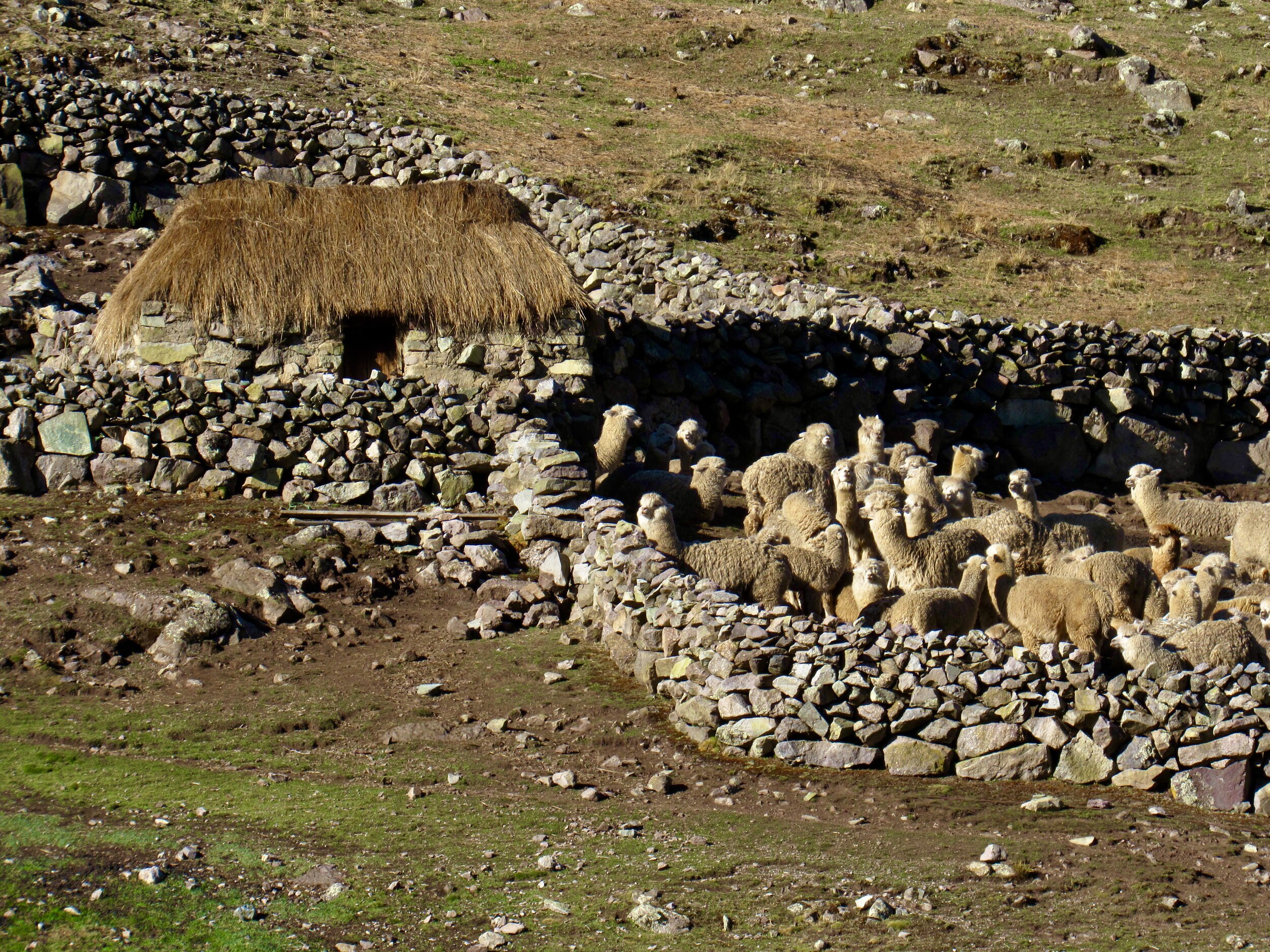
Saturday, 21 November, 2020
The Ausangate trek started at 4am today! Well, the drive to the trailhead started at about 4am. We didn’t actually start walking until about 10am. The drive from Cusco to Ocongate is over 3 hours. We had breakfast in Ocongate and bought a few last minute supplies.
Another half hour up a dirt road and we stopped where our arrieros were already getting the horses ready. Arriero is usually translated as horseman, the person who owns and cares for the horses on a trek. Rather than the usual backpack trip that I grew up with in the US, when you carry everything in your backpack, including your tent, sleeping bag, food and clothes, we had opted for what tourists in Peru normally do: hire porters or horses.
It seems extravagant, compared with the backpacking trips I did with my parents. However, when organizing this trip for my friends and I, there were several good reasons to hire two cooks and two arrieros. First, none of these four men have had any paying work in 2020. Pandemic and quarantine hit right at the end of the rainy season, when tourists should have been coming back to Peru. Few people work in January or February and they count on working almost every day in June, July and August. These months are not only the dry season, they’re summer vacation in the northern hemisphere, where most of our tourists come from. Due to the pandemic, nobody had worked at all during what should have been the normal tourist season.
Second, though everybody in the group has been living for months in Cusco, at 11,000 feet, we were planning to hike and camp at about 14,000 ft, with several passes at well over 16,000 ft and the highest pass at just over 17,000 feet above sea level. No matter how acclimatized you are, 17,000 feet is high, and it’s best to have as light a backpack as possible.
Third, it’s so nice to get to camp and have the tents set up and lunch or dinner ready and waiting. Maybe that part of hiring four people is a bit extravagant, but we all definitely appreciated it. Our cook was named Gabriel and he brought an assistant named Richard. Both of them are from villages near the town of Ollantaytambo. Our arriero was Pancho and he brought an assistant named Pablo. They are both from the rural area near the trailhead.
So, this morning, as Pancho and Pablo packed the food and camping gear on our horses, we organized our daypacks and got ready to start hiking. Today was an easy day, mostly a warm up to get us used to being up at 14,000 feet. We only hiked about four hours, then had both lunch and dinner at the campsite.
After lunch, most of the group went to soak their feet in the hot springs that literally boil out of the earth only a few minutes walk from camp. I stayed to help Auqui do a Pachamama ceremony for Sonia and David. Actually, the ceremony was for David’s close friend Keiko, who died two years ago, yesterday. Keiko was Peruvian and the reason that Sonia and David came to Peru in the first place. Therefore, Keiko is also the reason that Sonia and David have been trapped in Peru the past eight months of quarantine and closed borders.
A Pachamama ceremony involves creating a bundle of offerings, called a despacho, that are either burned or buried, fertilizing the Pachamama, which can be loosely translated as Mother Earth. The best of what the Pachamama provides for people is sacrificed to be included in the offering. This includes fruit and natural sweets. It may seem odd to some people that oranges, chocolate and caramel would be things to sacrifice, but for me those are some of the best things that the earth provides and therefore a real sacrifice to give them back. Also included are coca leaves and animals. Coca leaves are sacred for all kinds of things and an absolute necessity for any offering. Real animals aren’t sacrificed anymore and instead are represented by animal crackers and a chunk of lard, which should be from a llama rather than a pig.
The Pachamama also likes port, which can be replaced with red wine if necessary. Auqui had brought a bottle of port and red and white carnations, plus several kinds of incense to burn, including myrrh. There is a specific order to what is added to the offering, starting with a square of natural cotton and the fruit in the middle. The flowers and coca leaves frame the offering, covering the cotton and forming a square, which is filled piece by piece with everything being offered to the Pachamama. After participating in several ceremonies, I can follow the order but don’t know any of the prayers associated with each item, since they’re in Quechua. Ceremonies like this were changed very little by Spanish influence and are a direct link between modern Quechua people and their Incan ancestors.
After the ceremony had concluded, Pancho dug a hole for the despacho, which we buried not far from camp. We opted for burying, rather burning partly because we were so far above treeline that we would have had to pack in the firewood on the horses. Also, Keiko died and was buried in Vietnam. Burying the despacho was symbolic of him finally having a burial in his home country. His family was from Lima, so he probably never came to Ausangate, but it’s such a sacred mountain, called Apu in Quechua, that it seemed appropriate anyway.
Dinner was served almost immediately after the ceremony, as always starting with soup. At altitude, hot liquids are needed as often as possible. Lunch and dinner always start with soup and breakfast always includes a pitcher of maca or quinoa drink. We all crashed immediately after dinner, tired not from hiking, but exhausted from the early morning, the cold and the change in altitude. At 14,000 feet, it is always cold, year round.
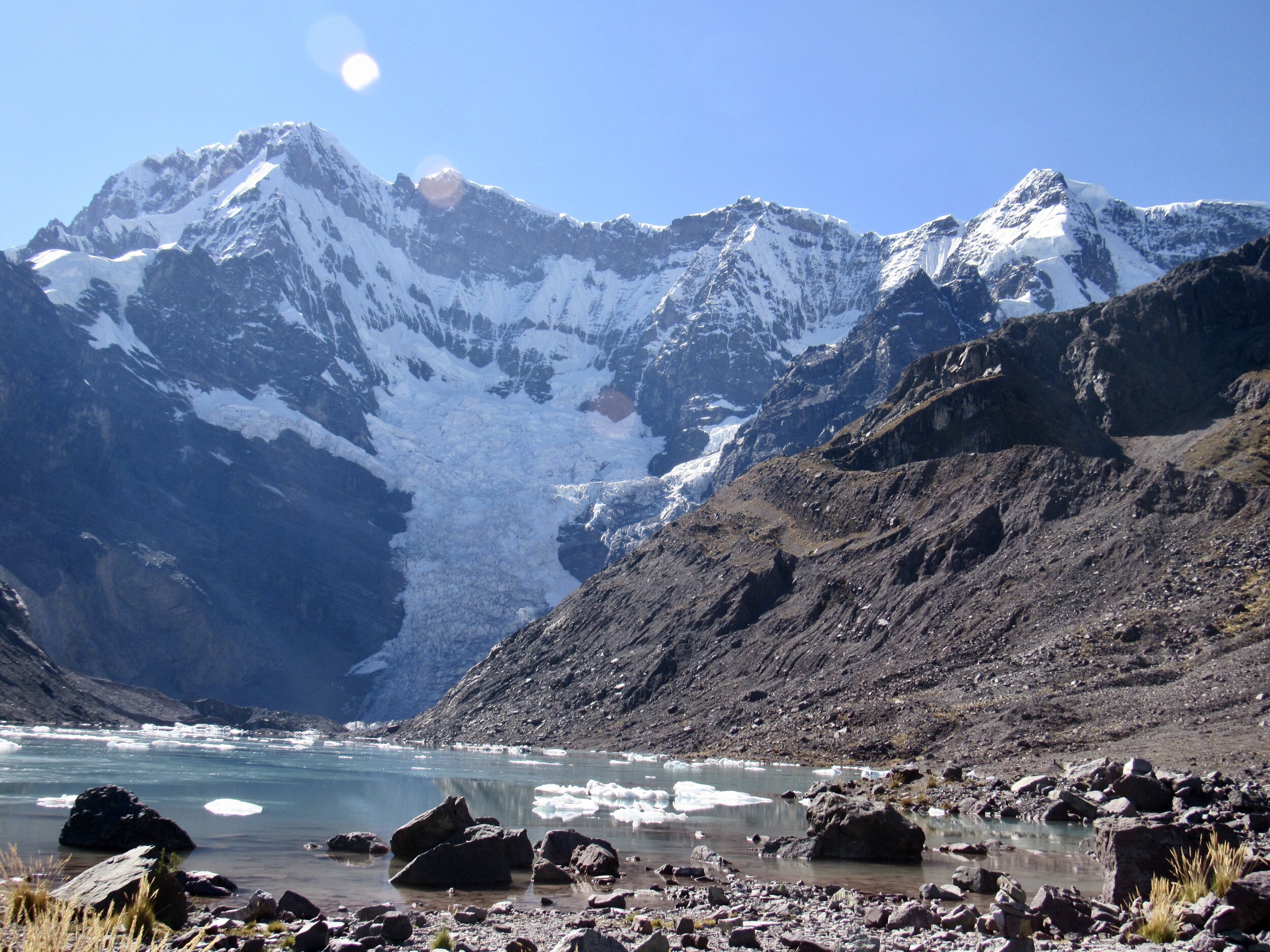
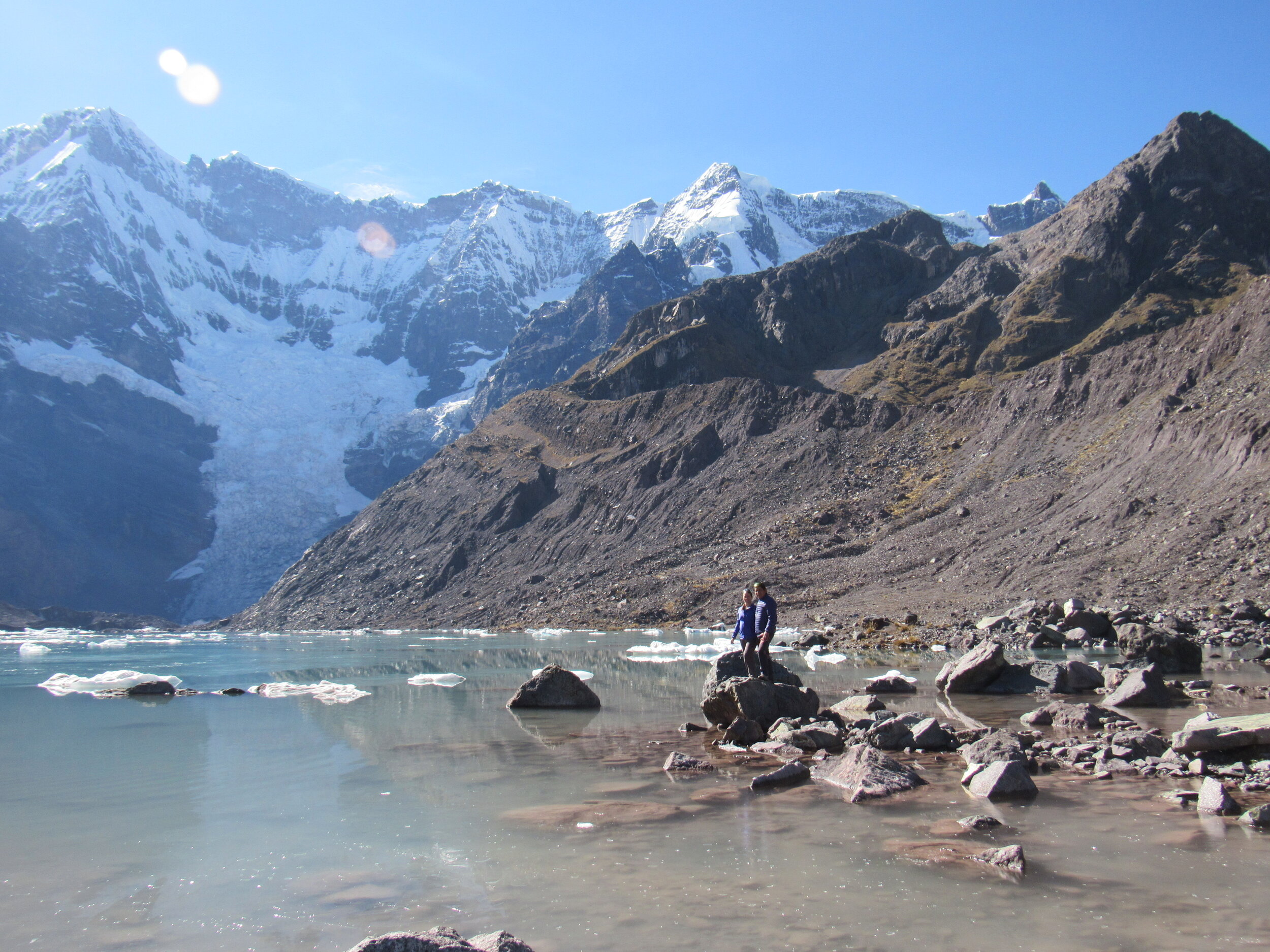
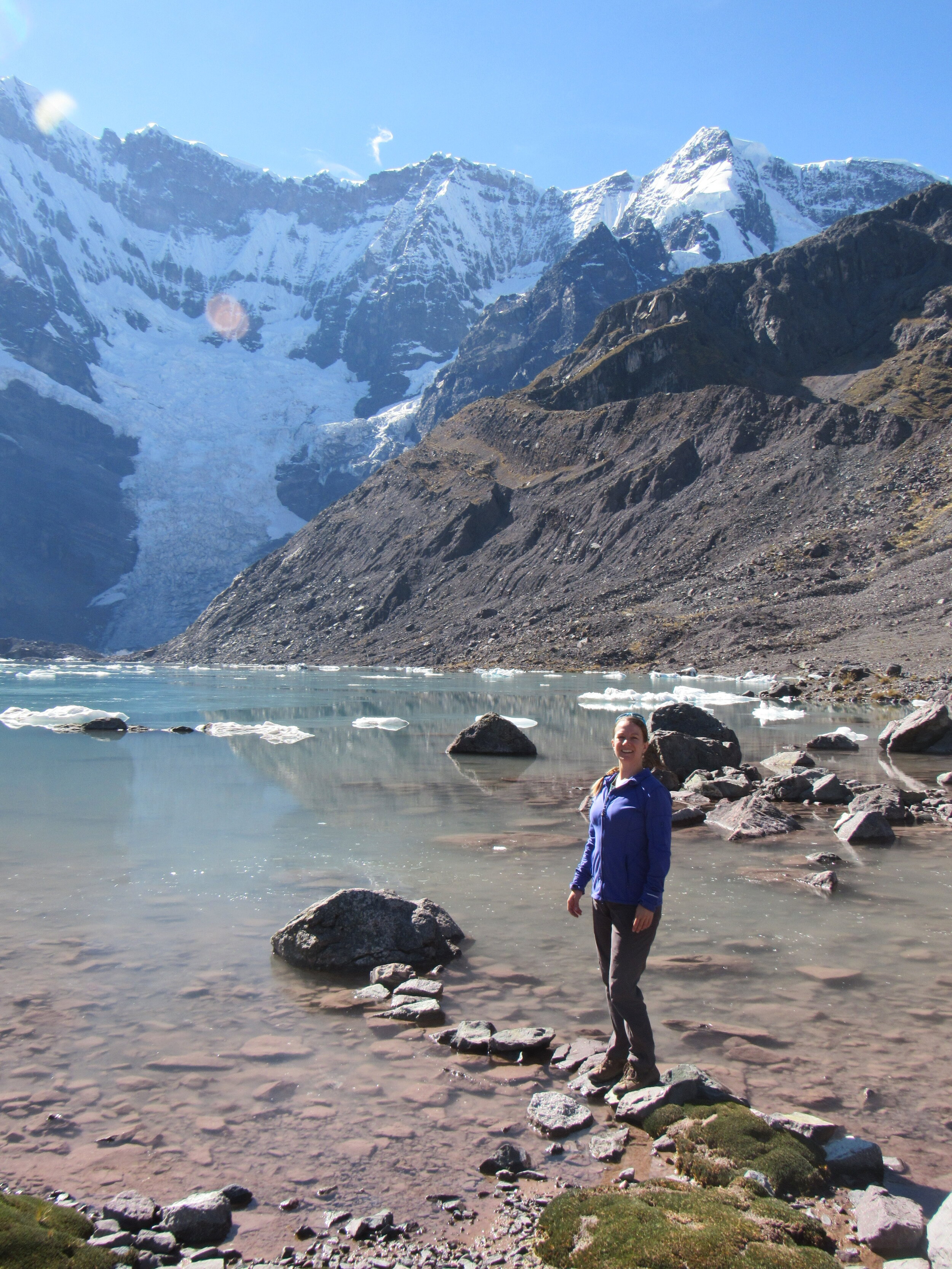
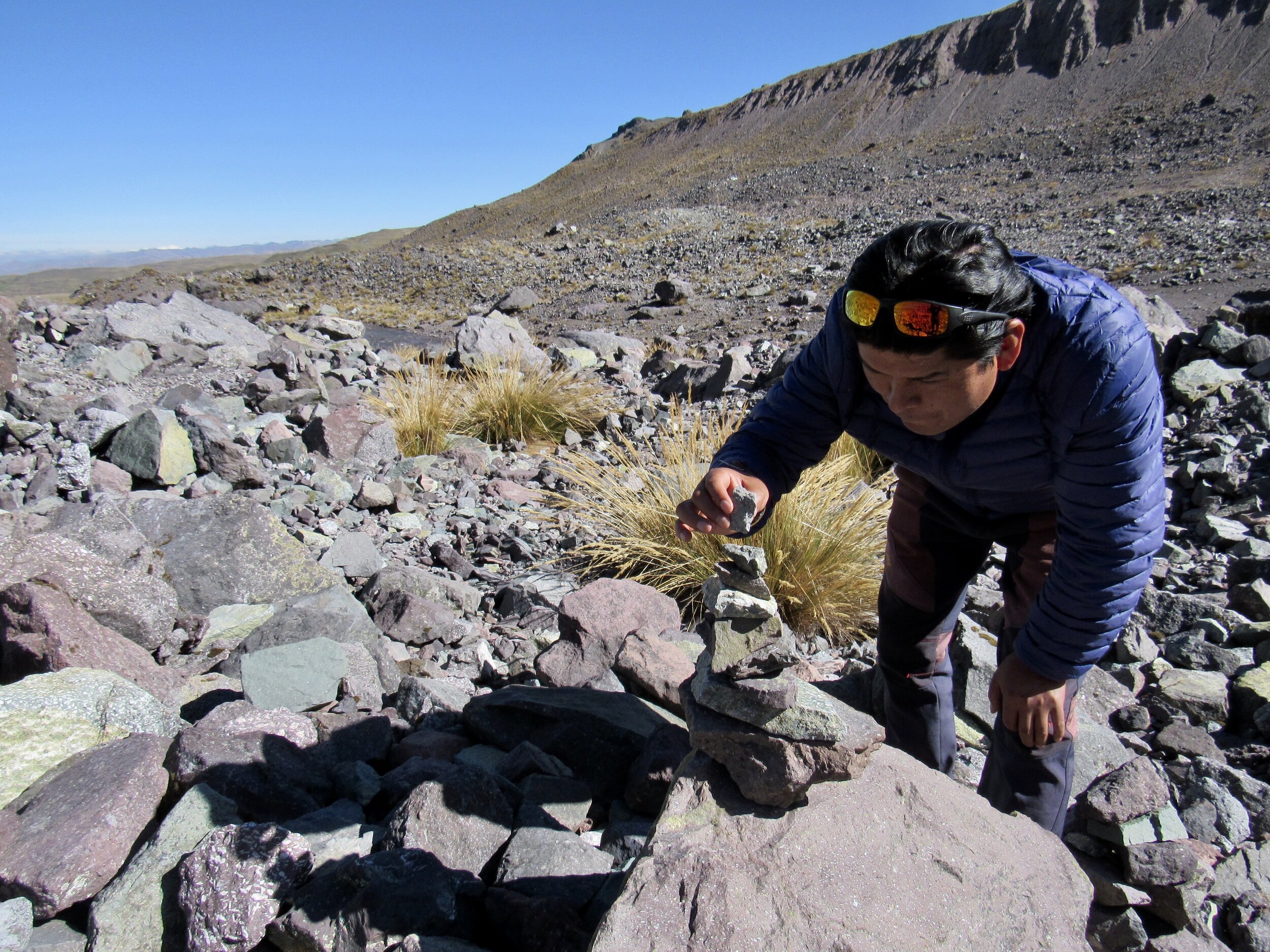
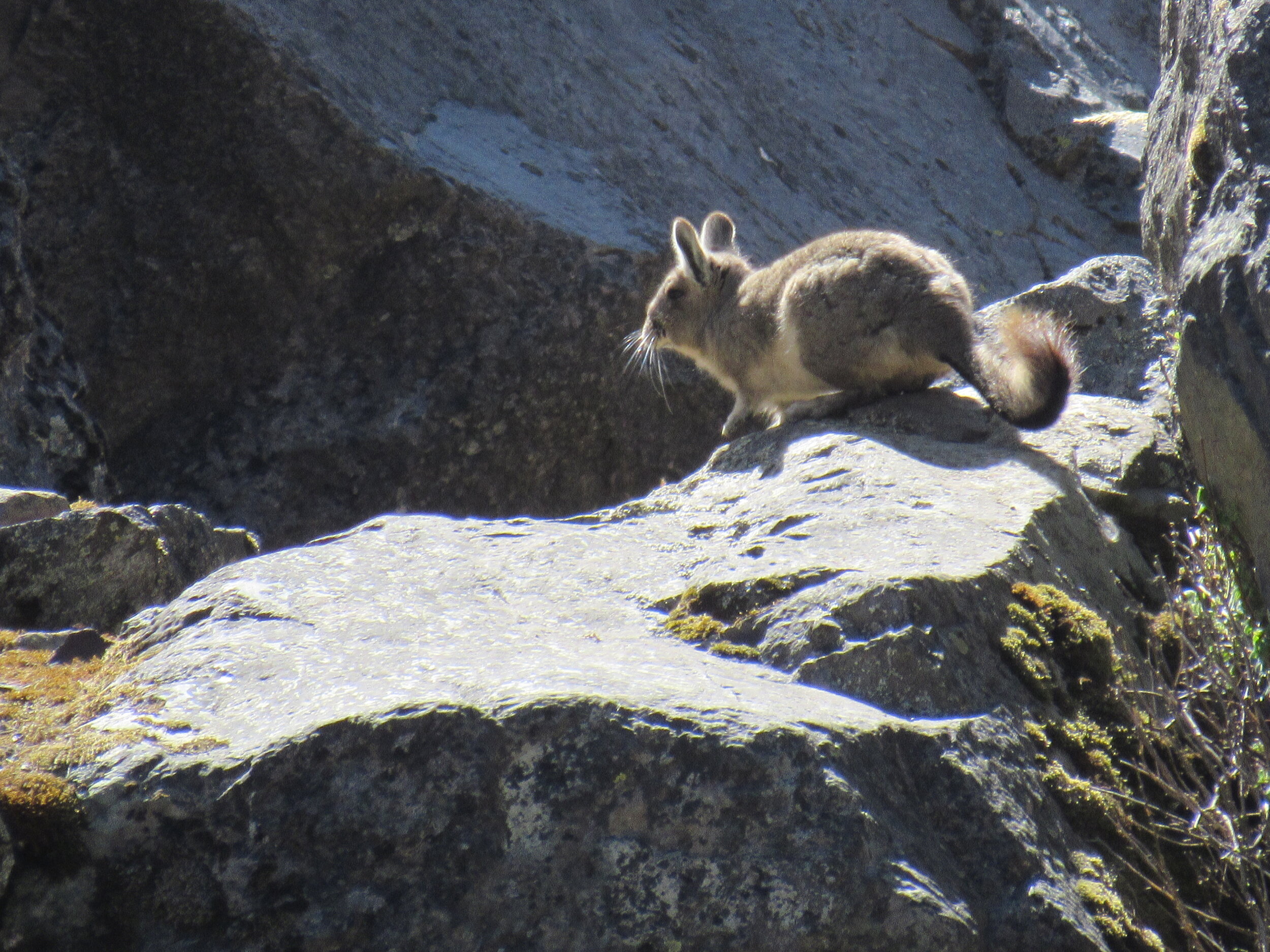

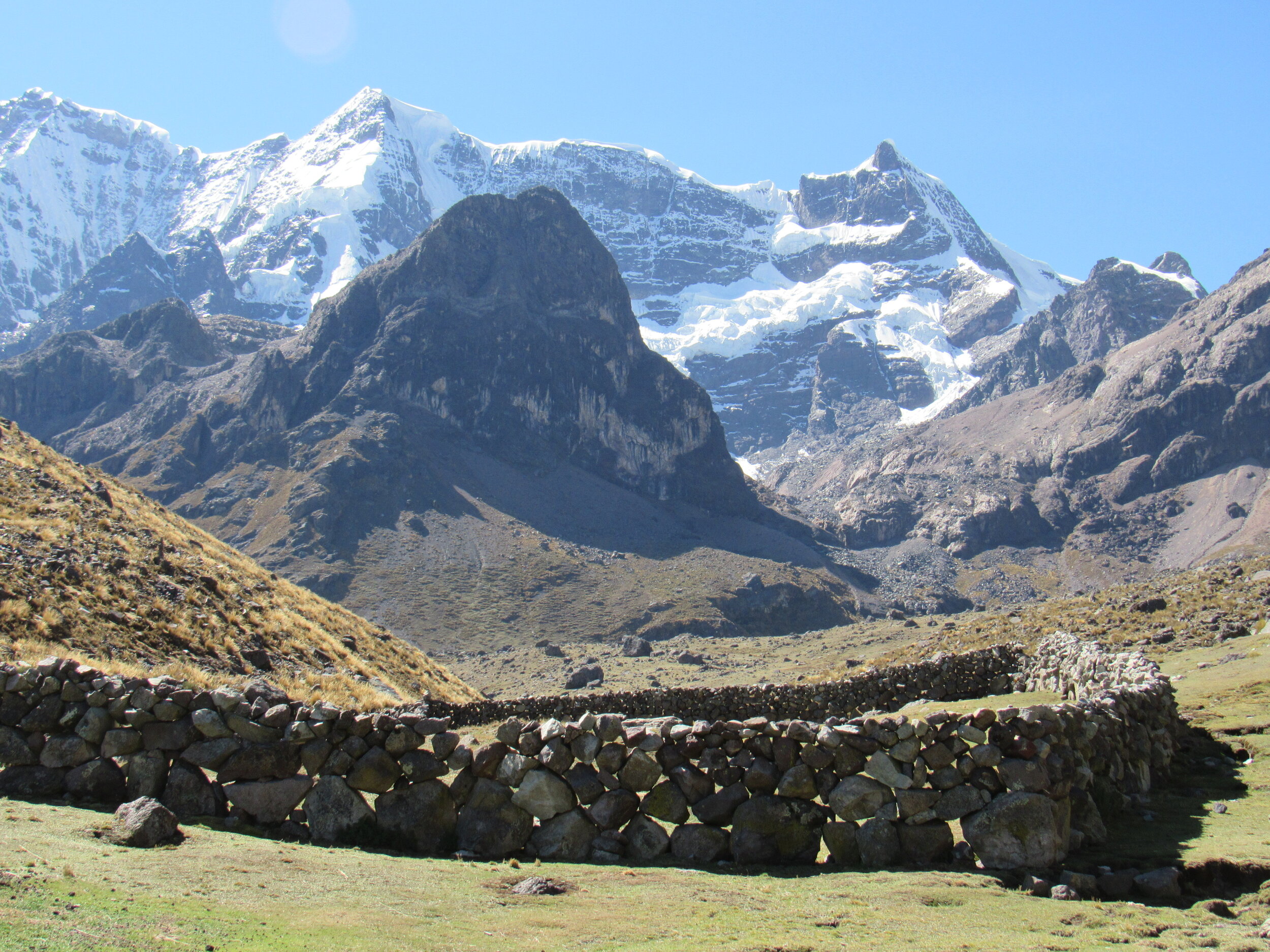
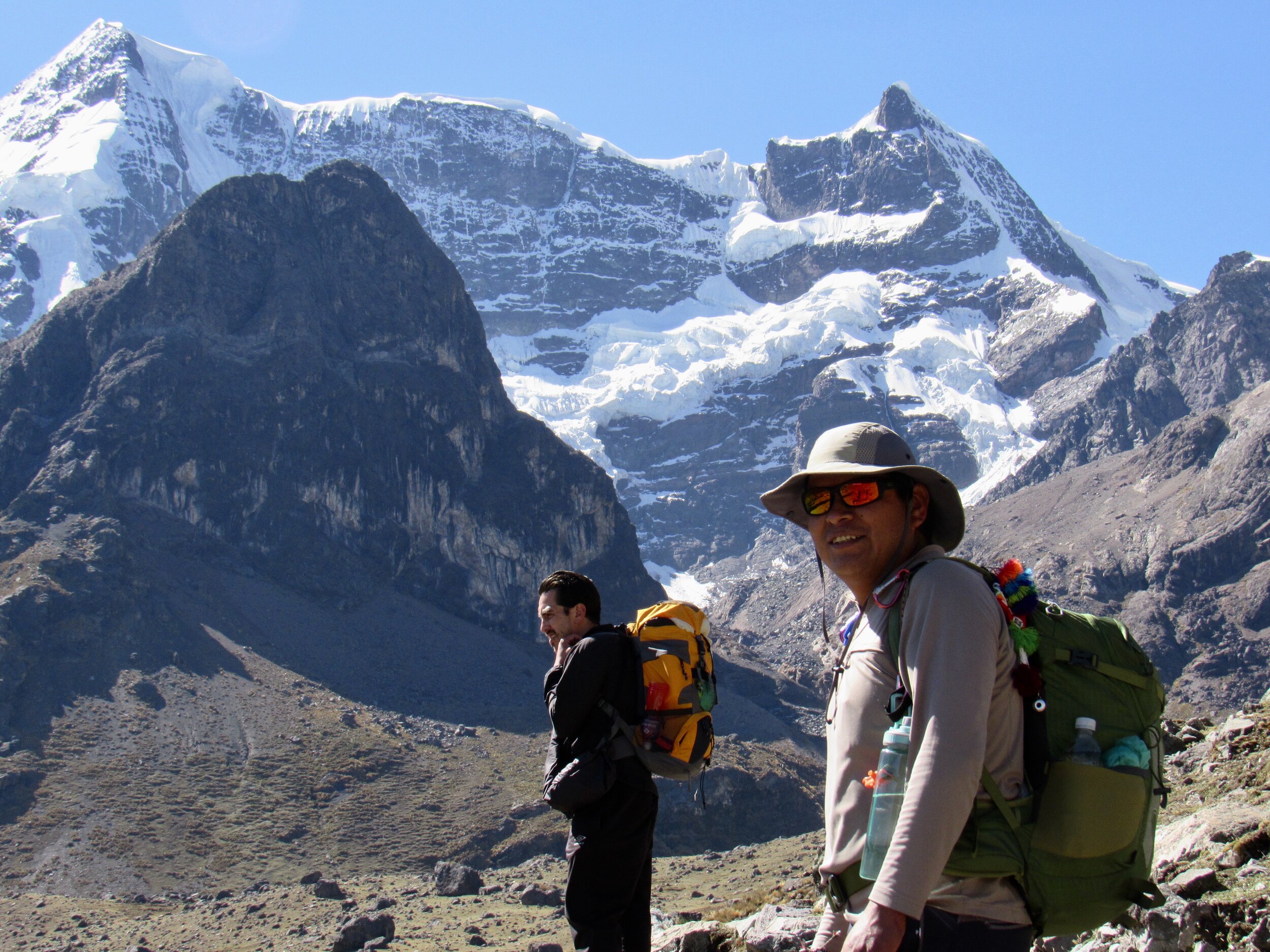
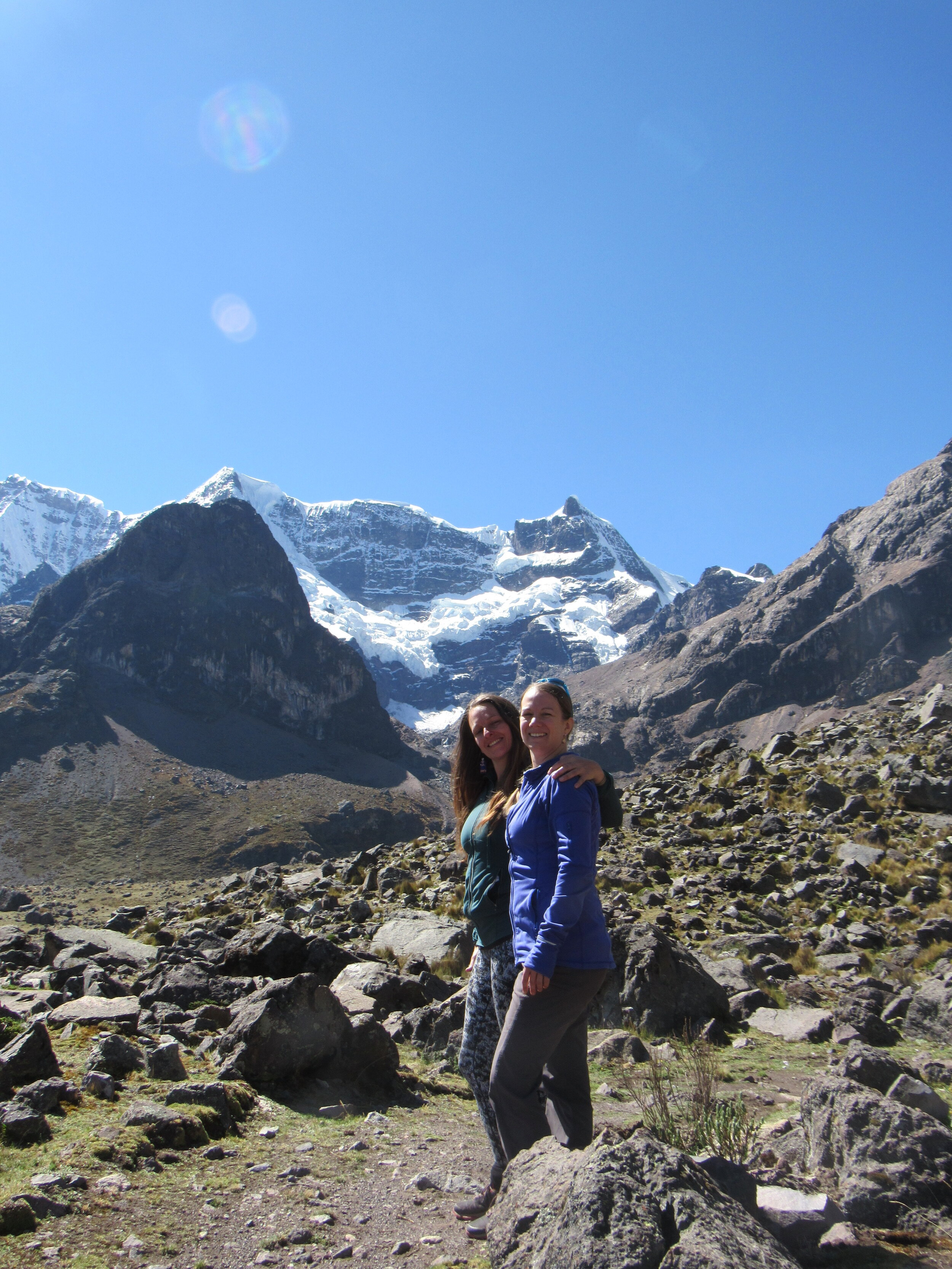
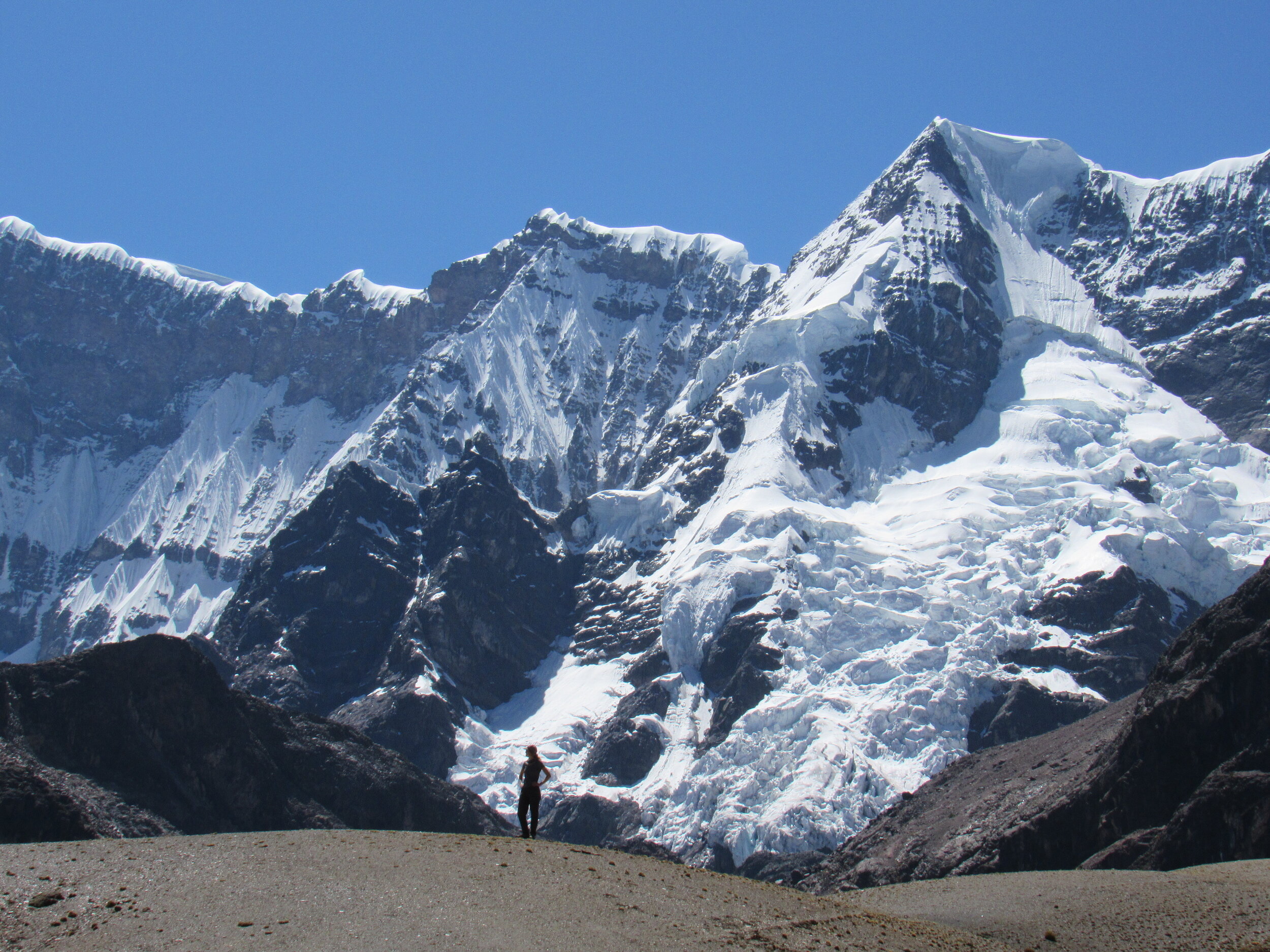
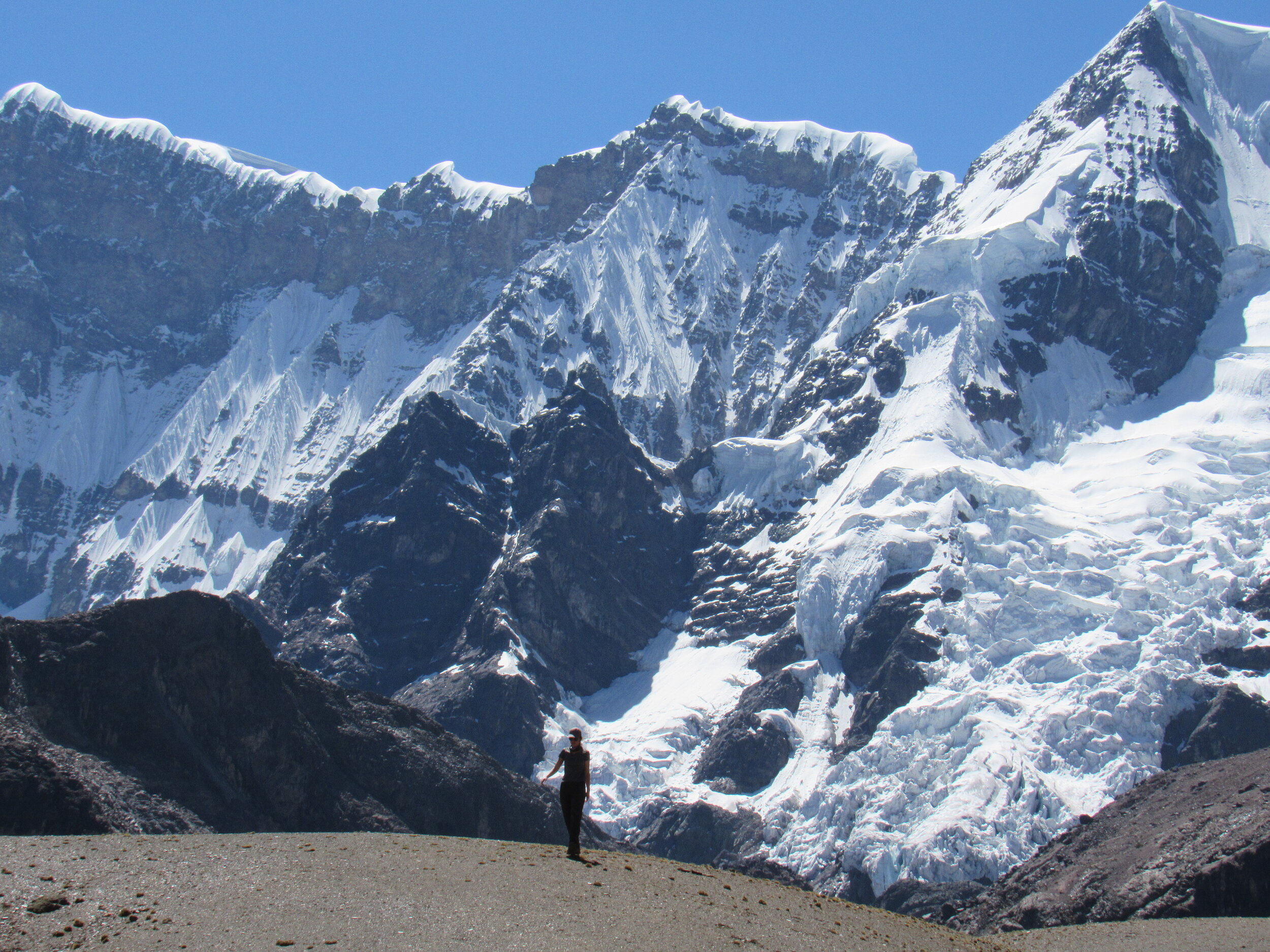
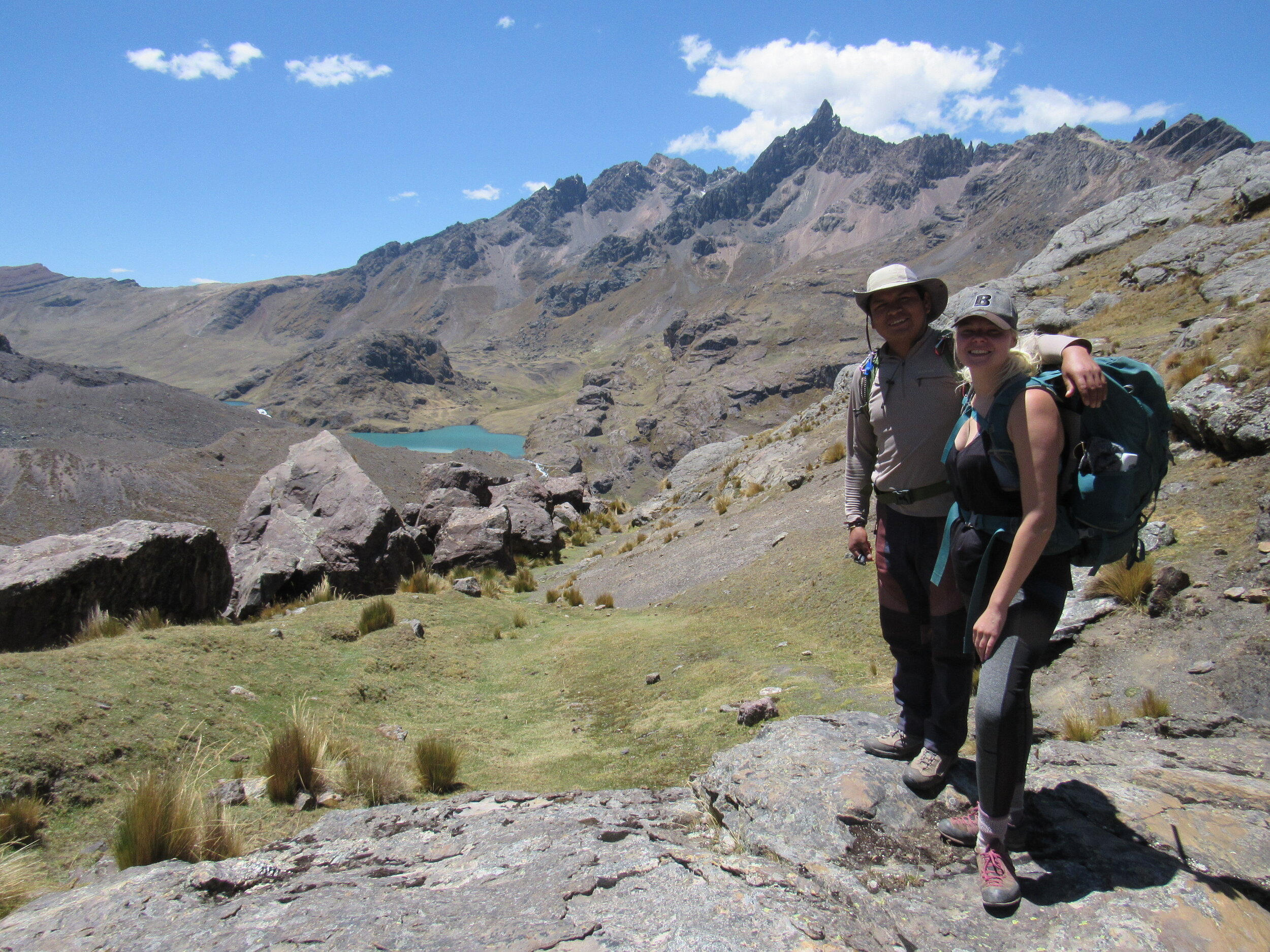

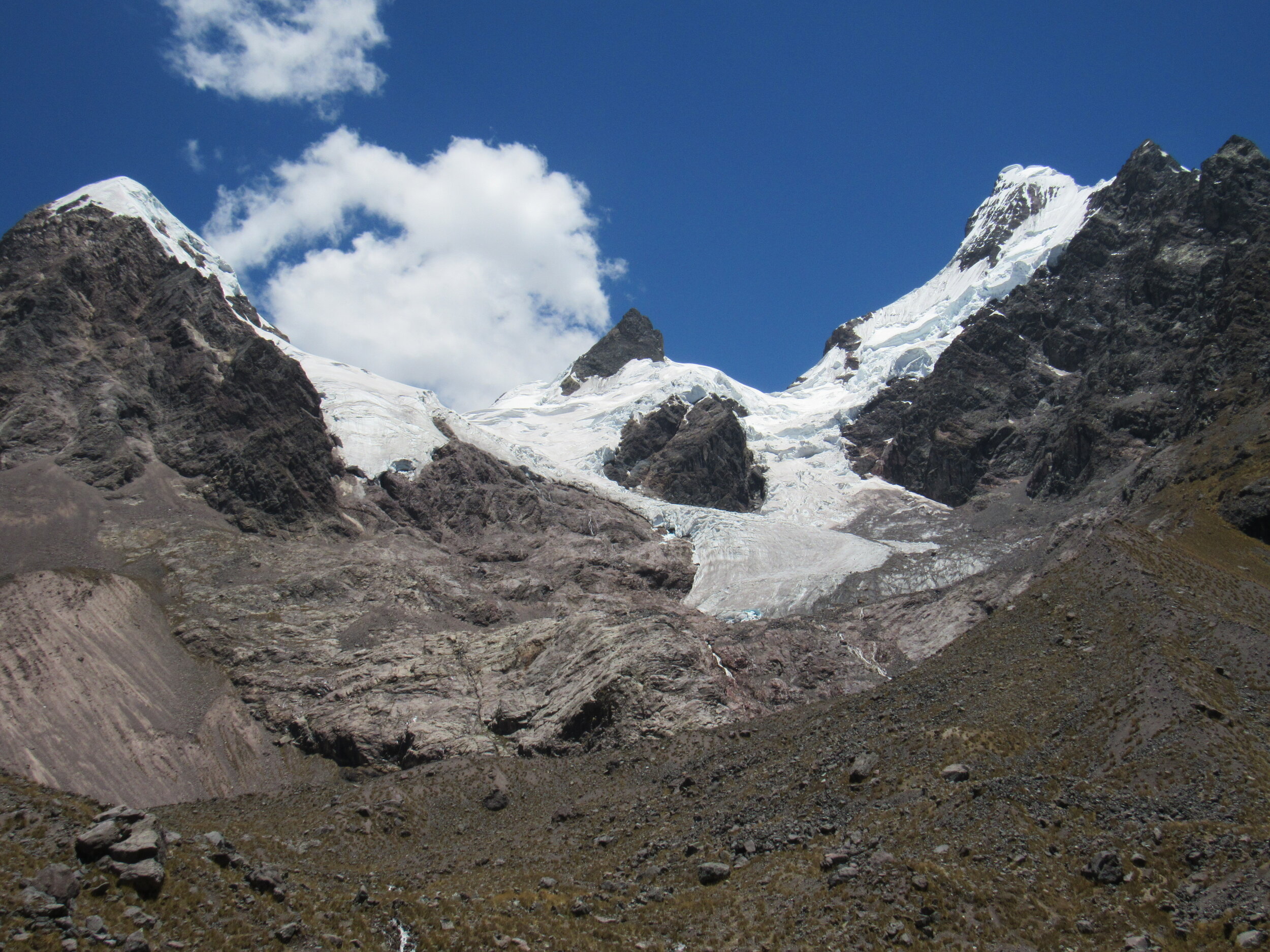
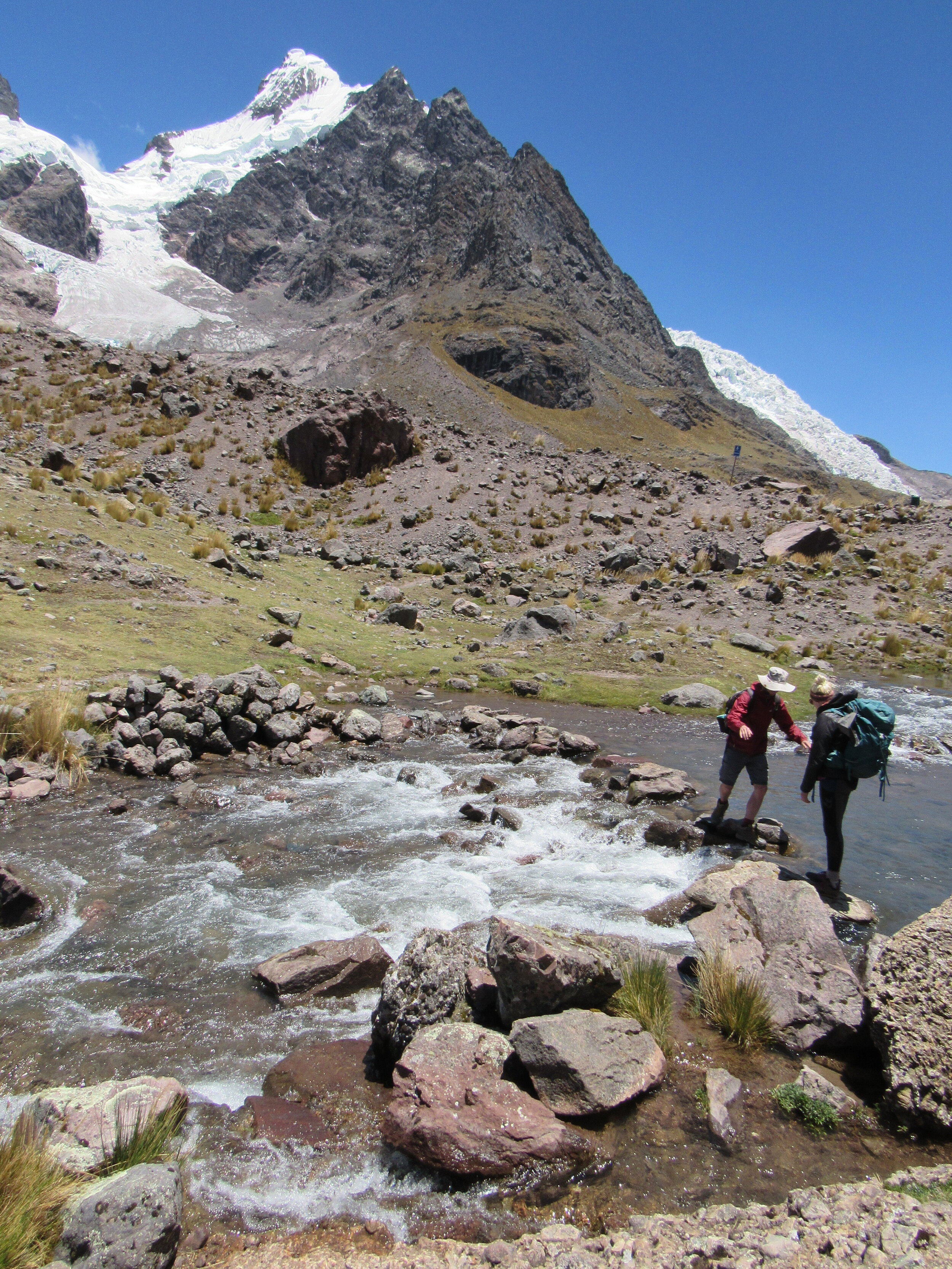


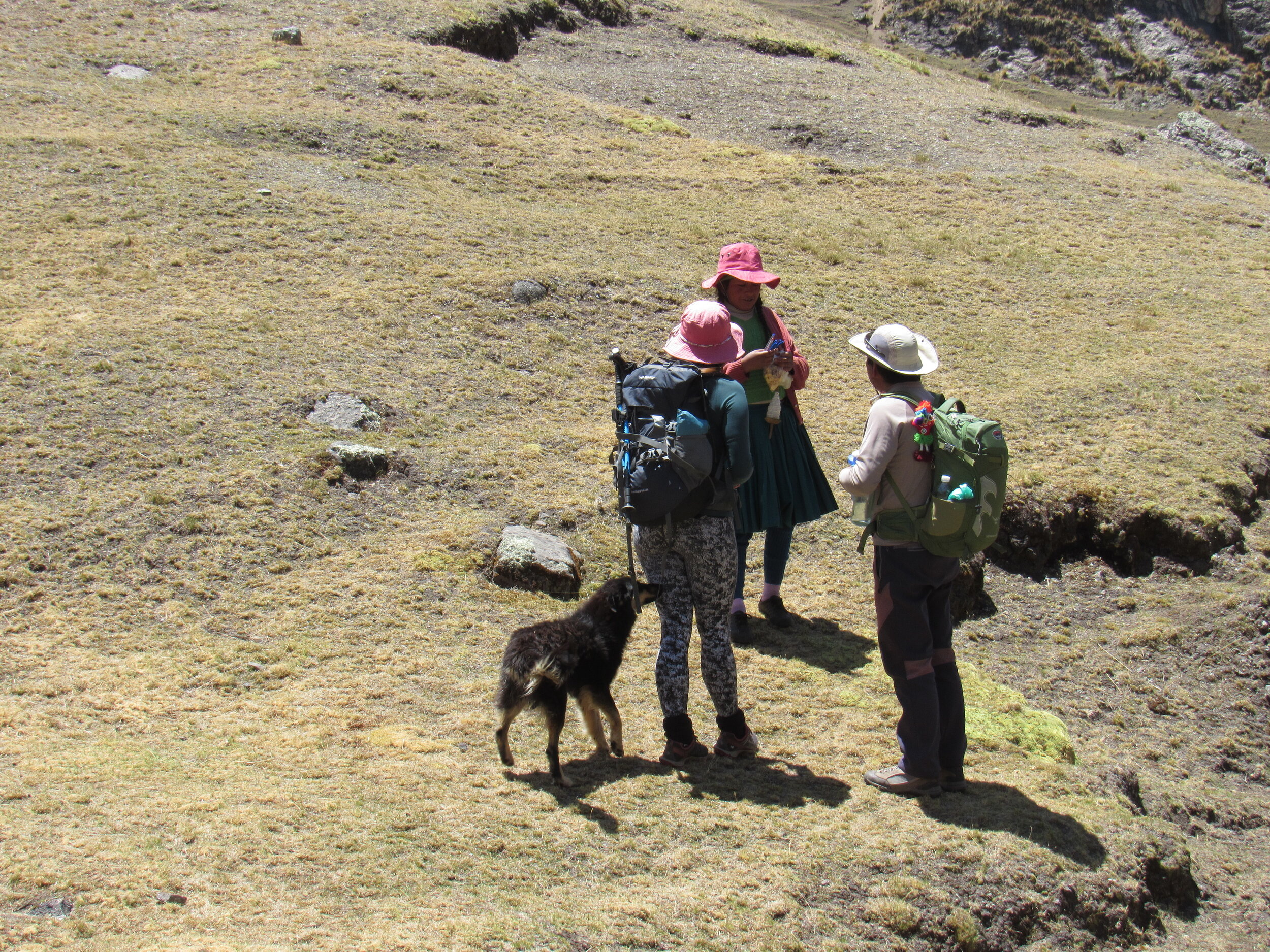

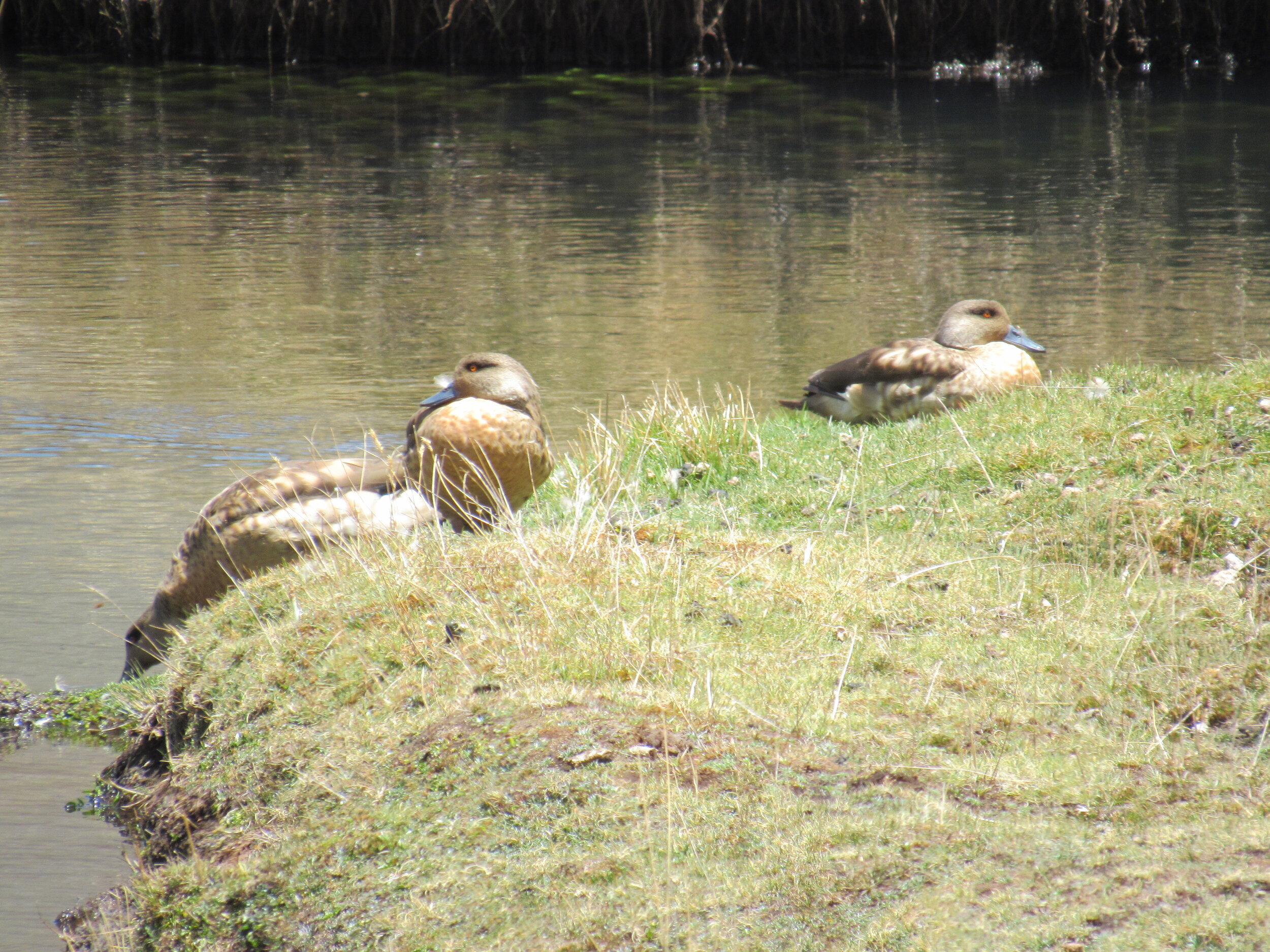
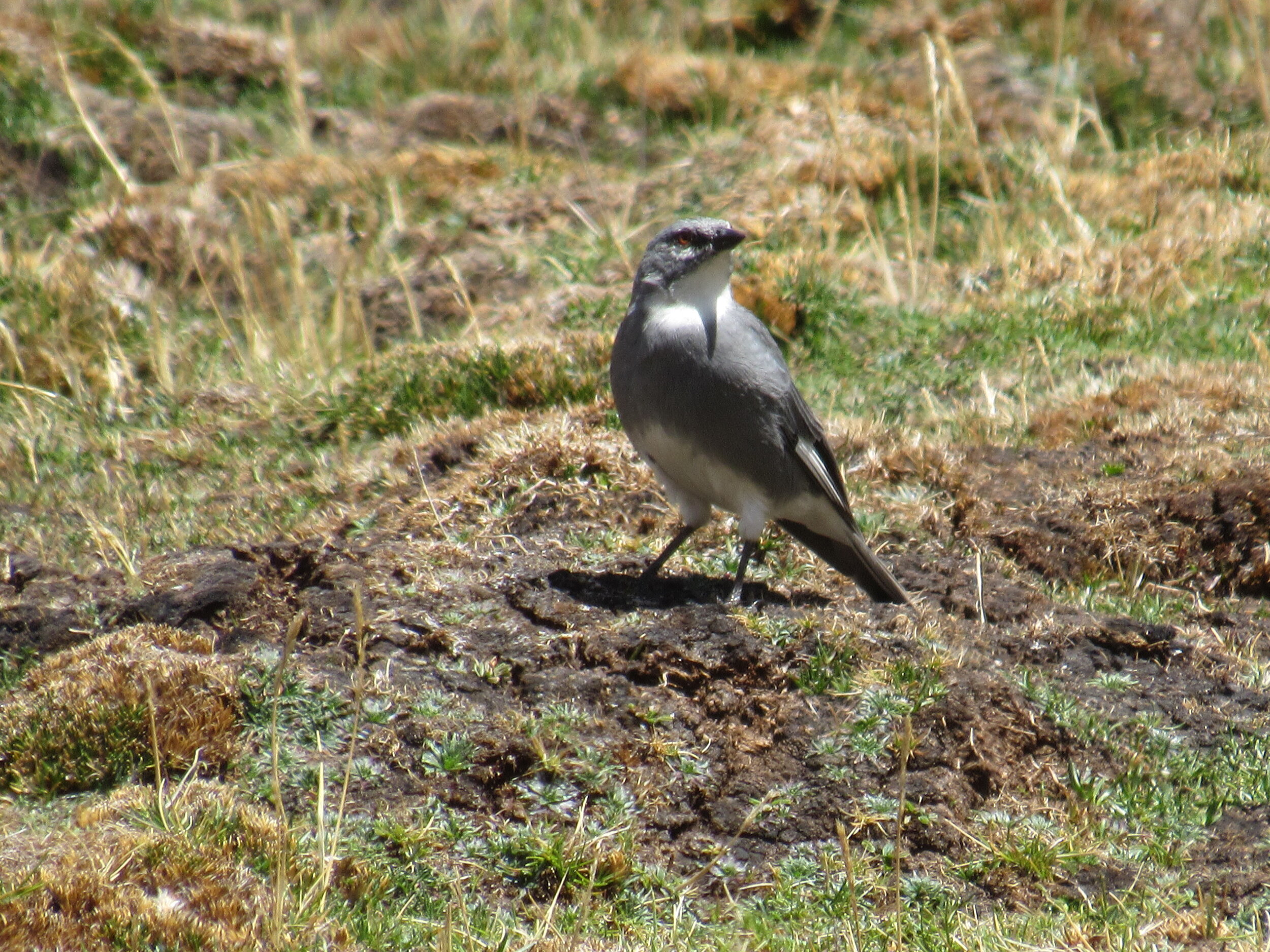
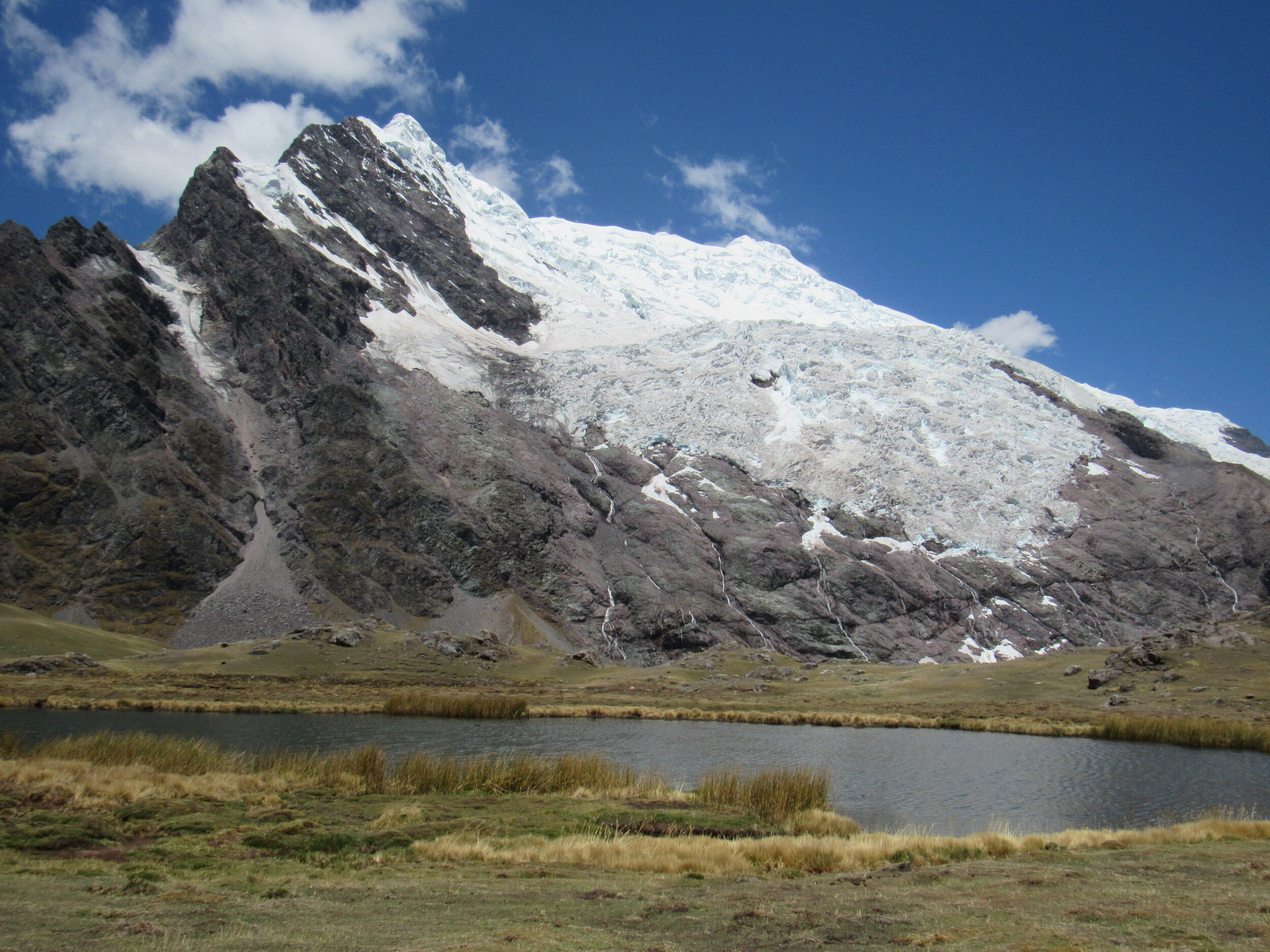
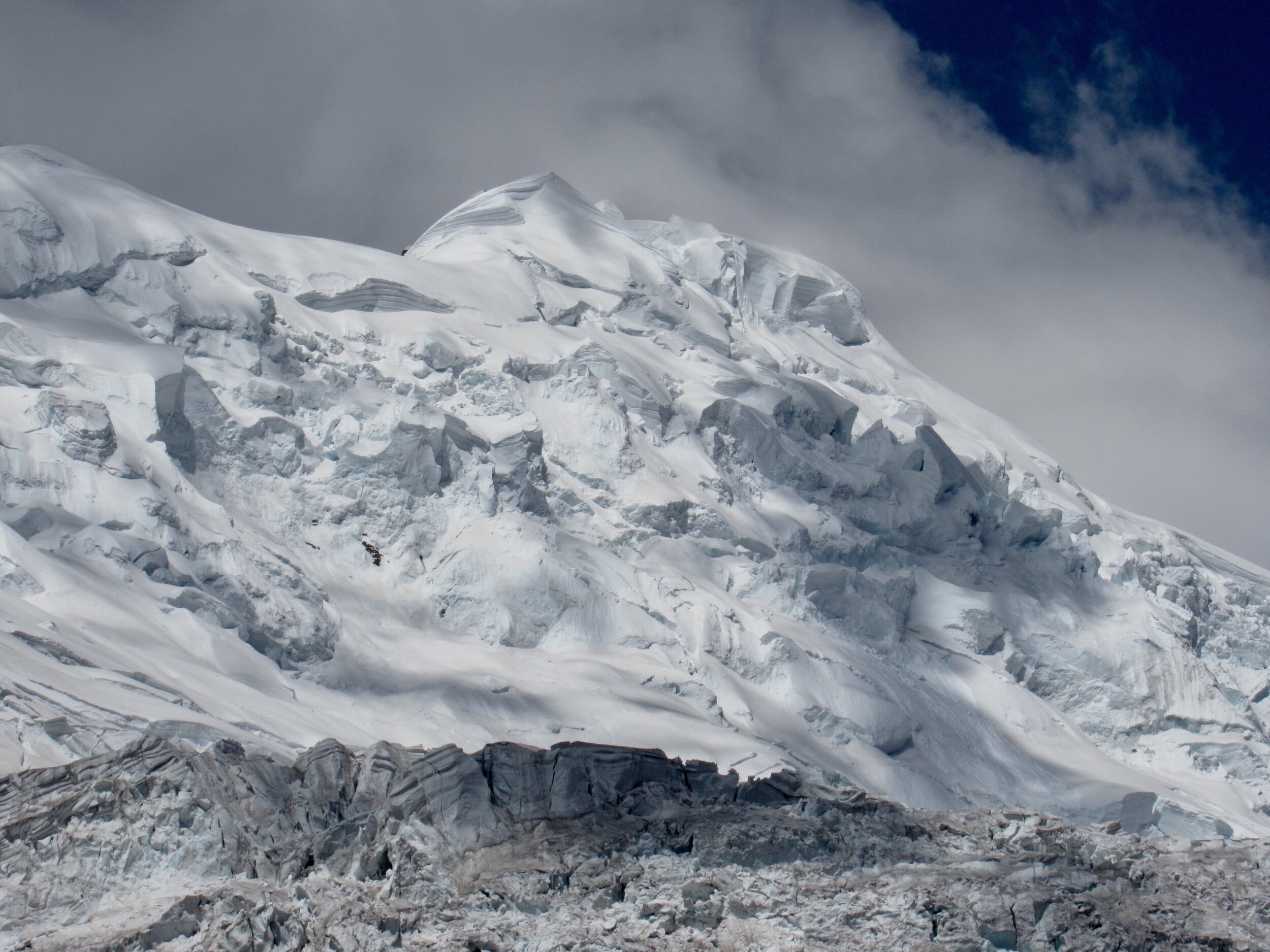

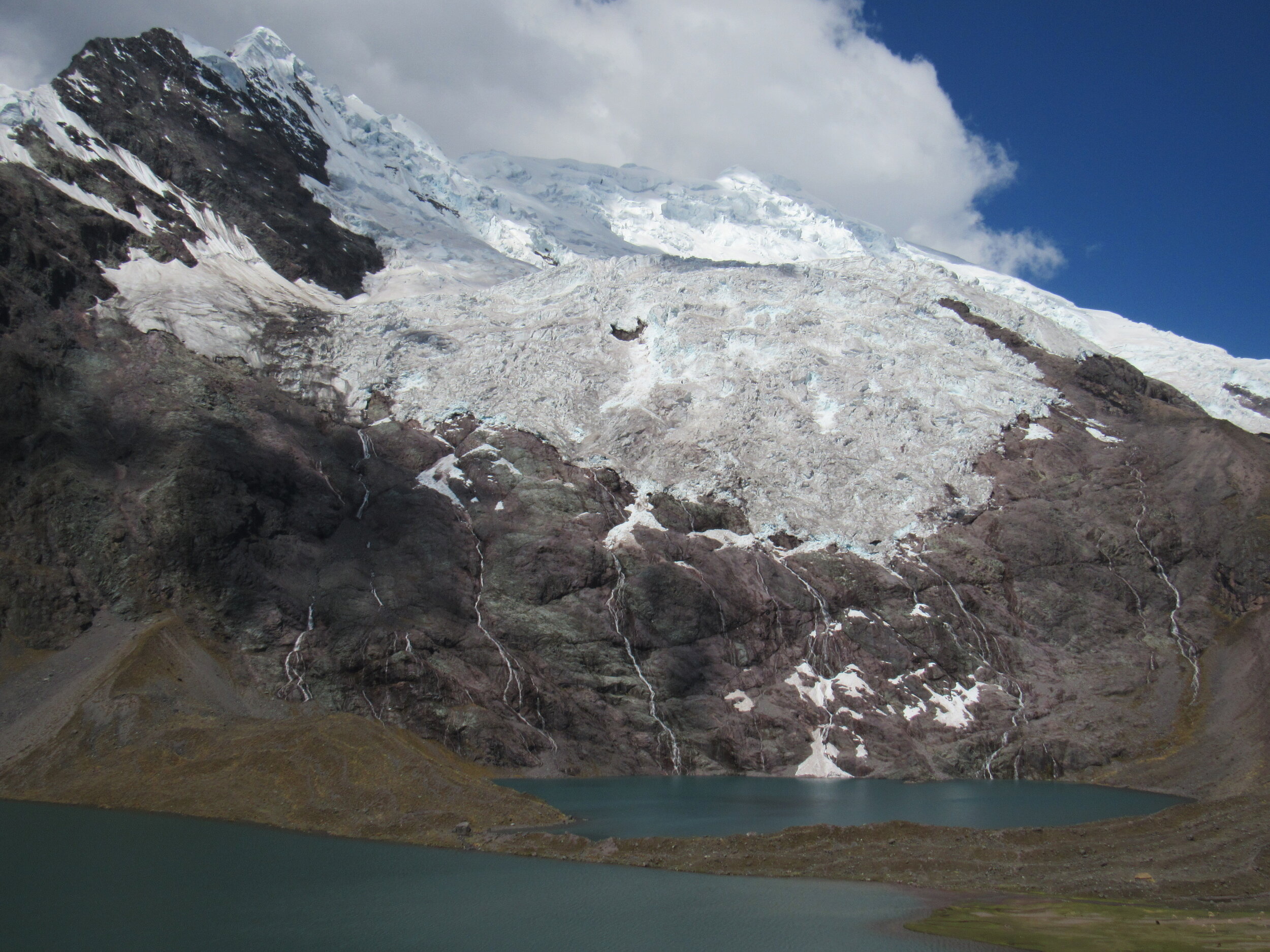
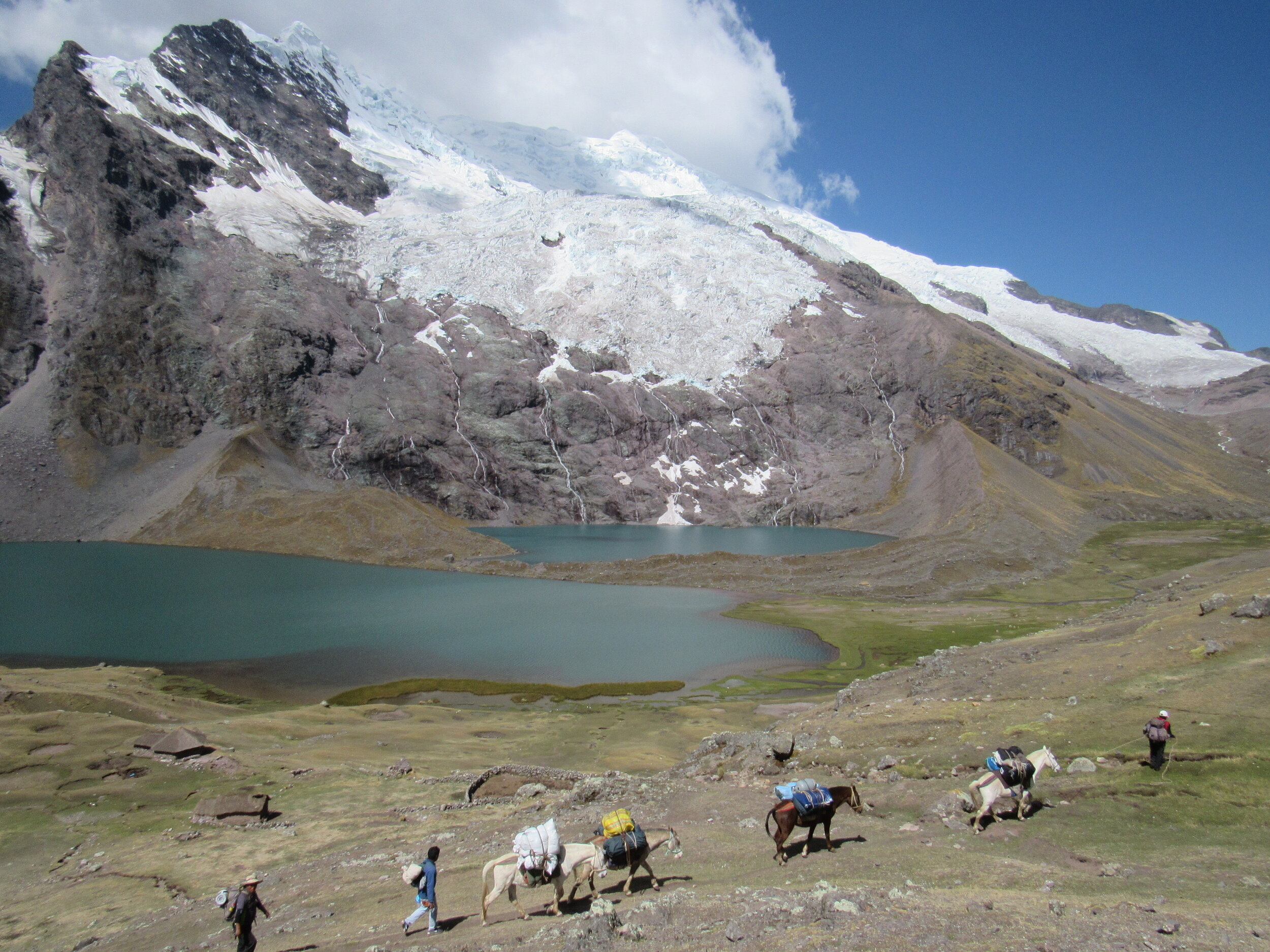
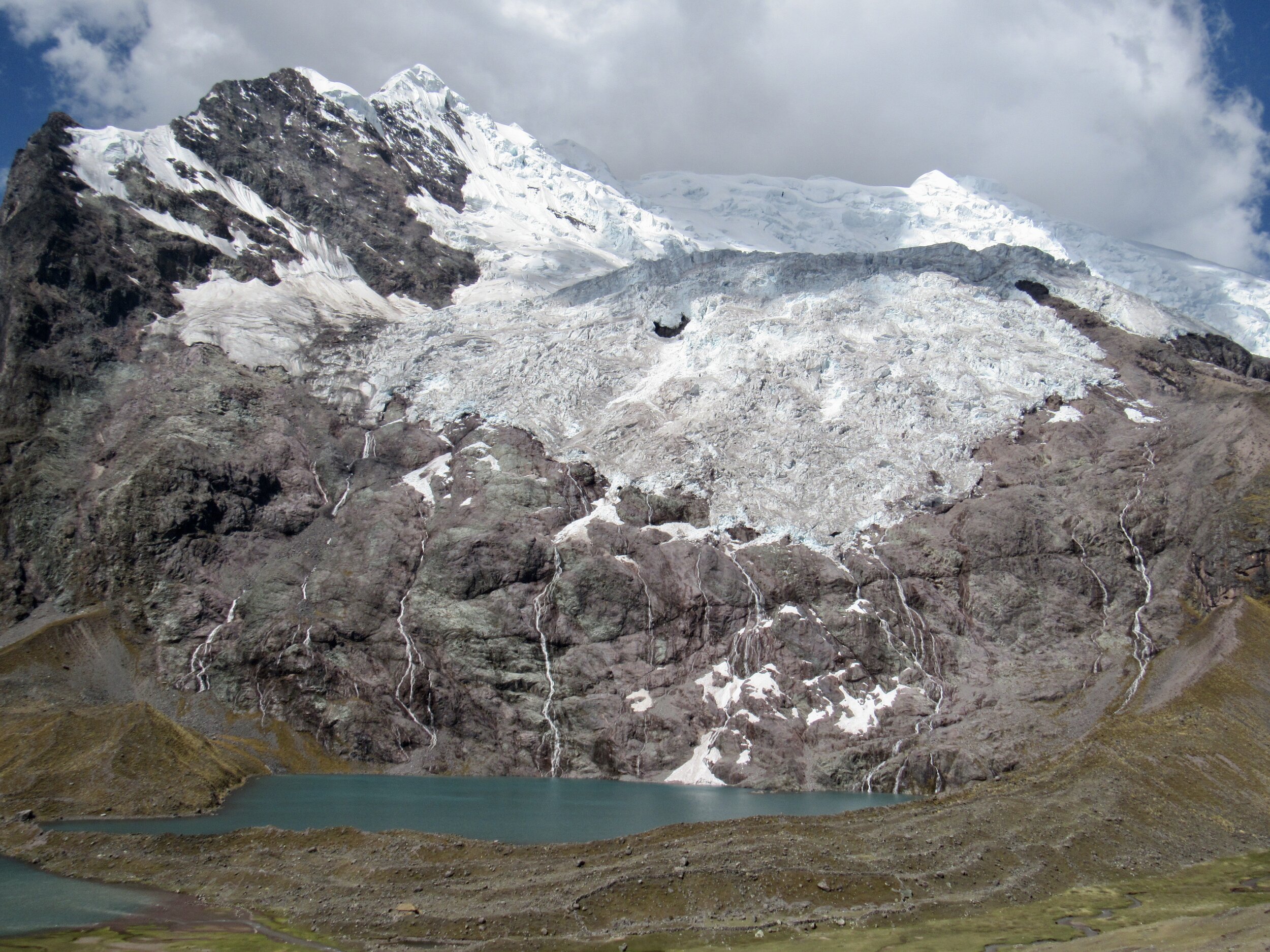
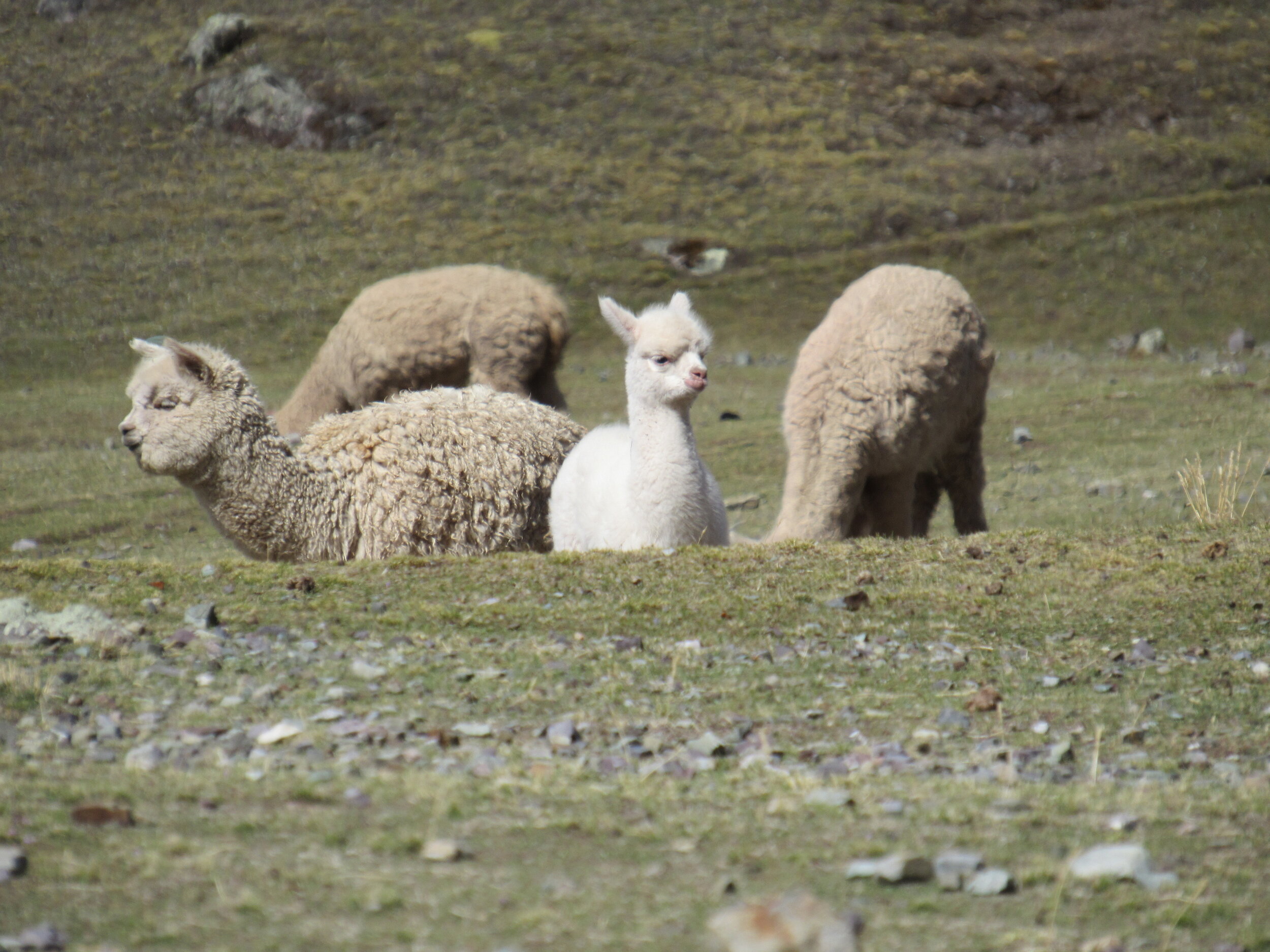
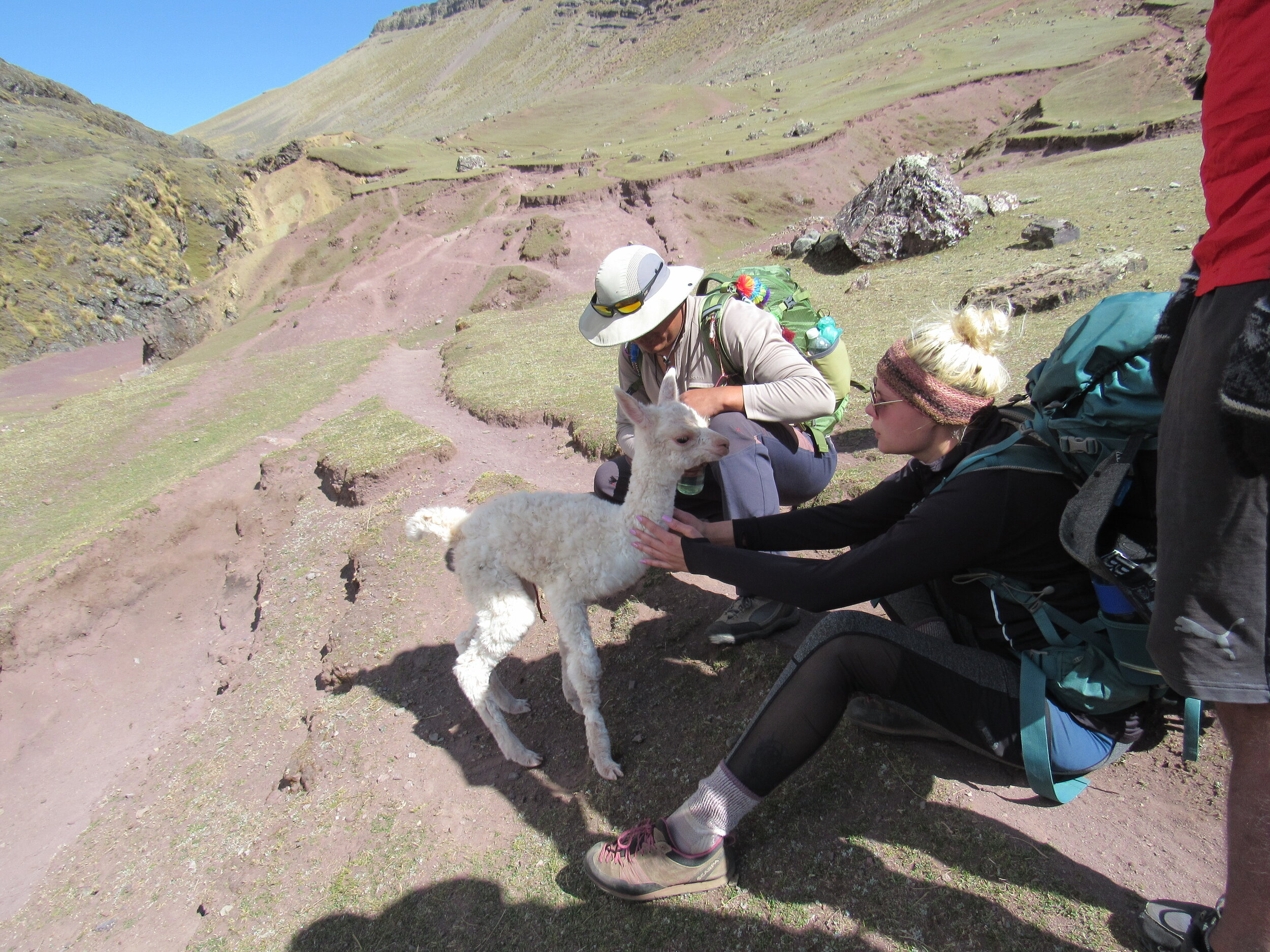
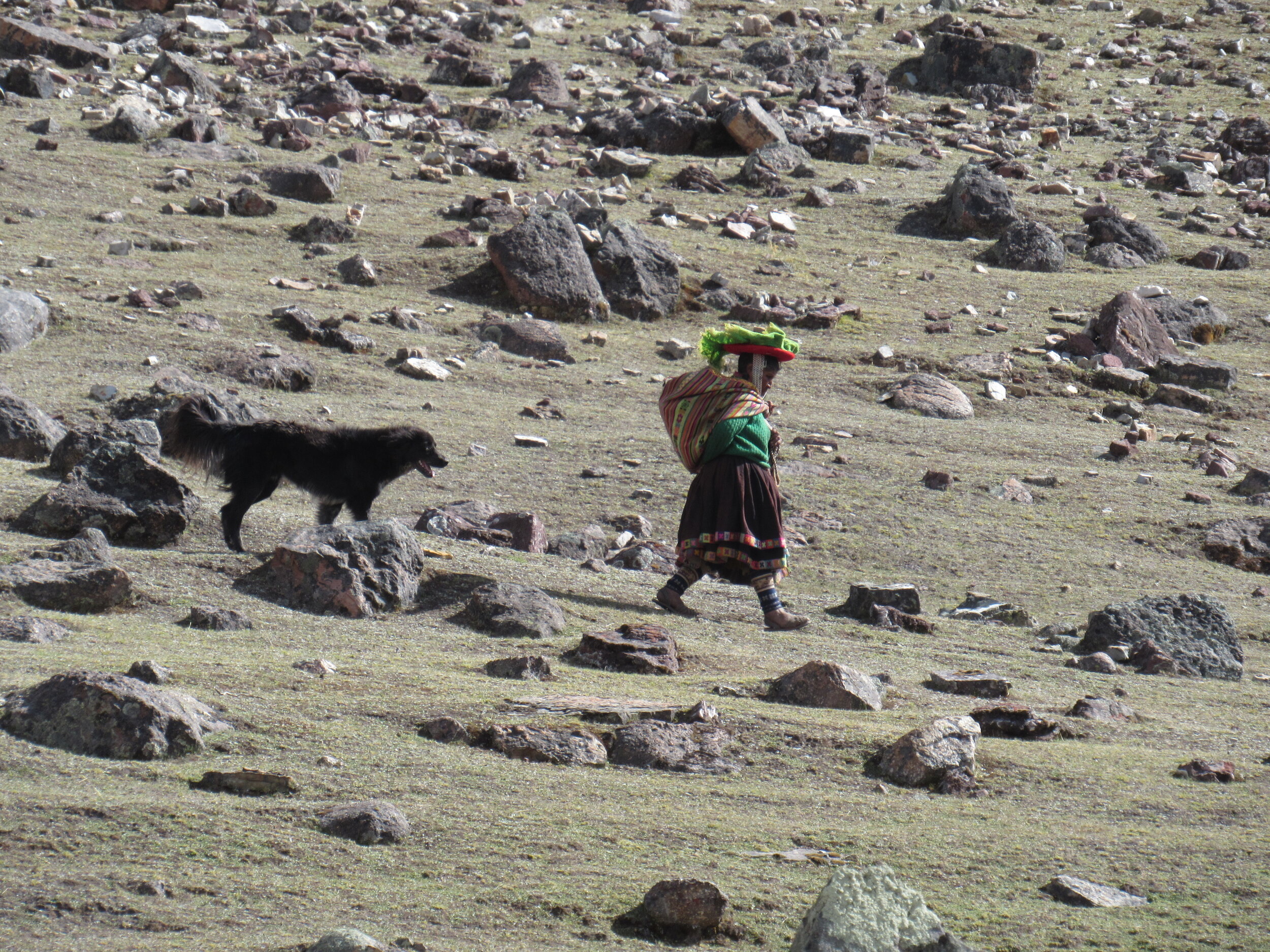
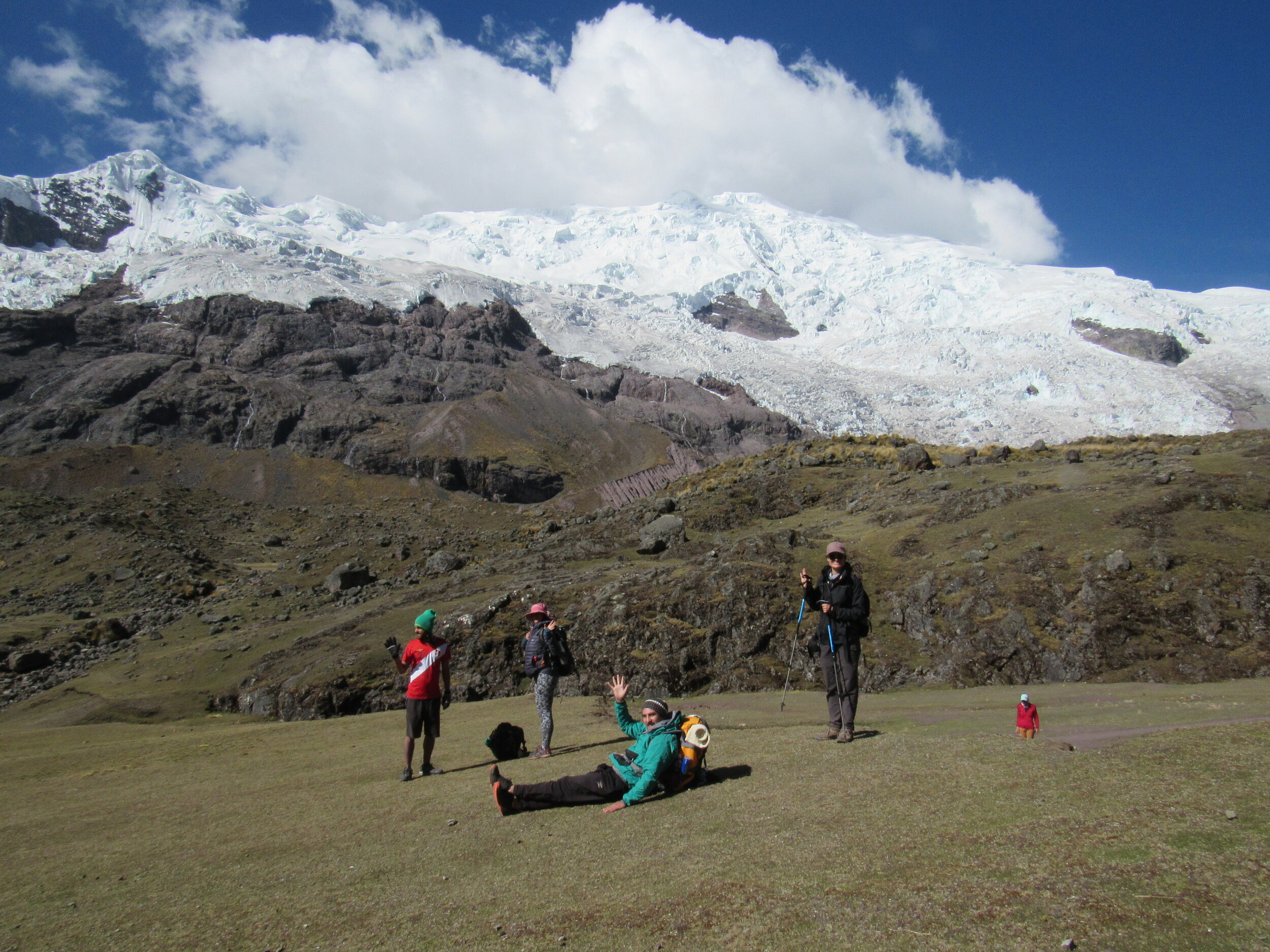
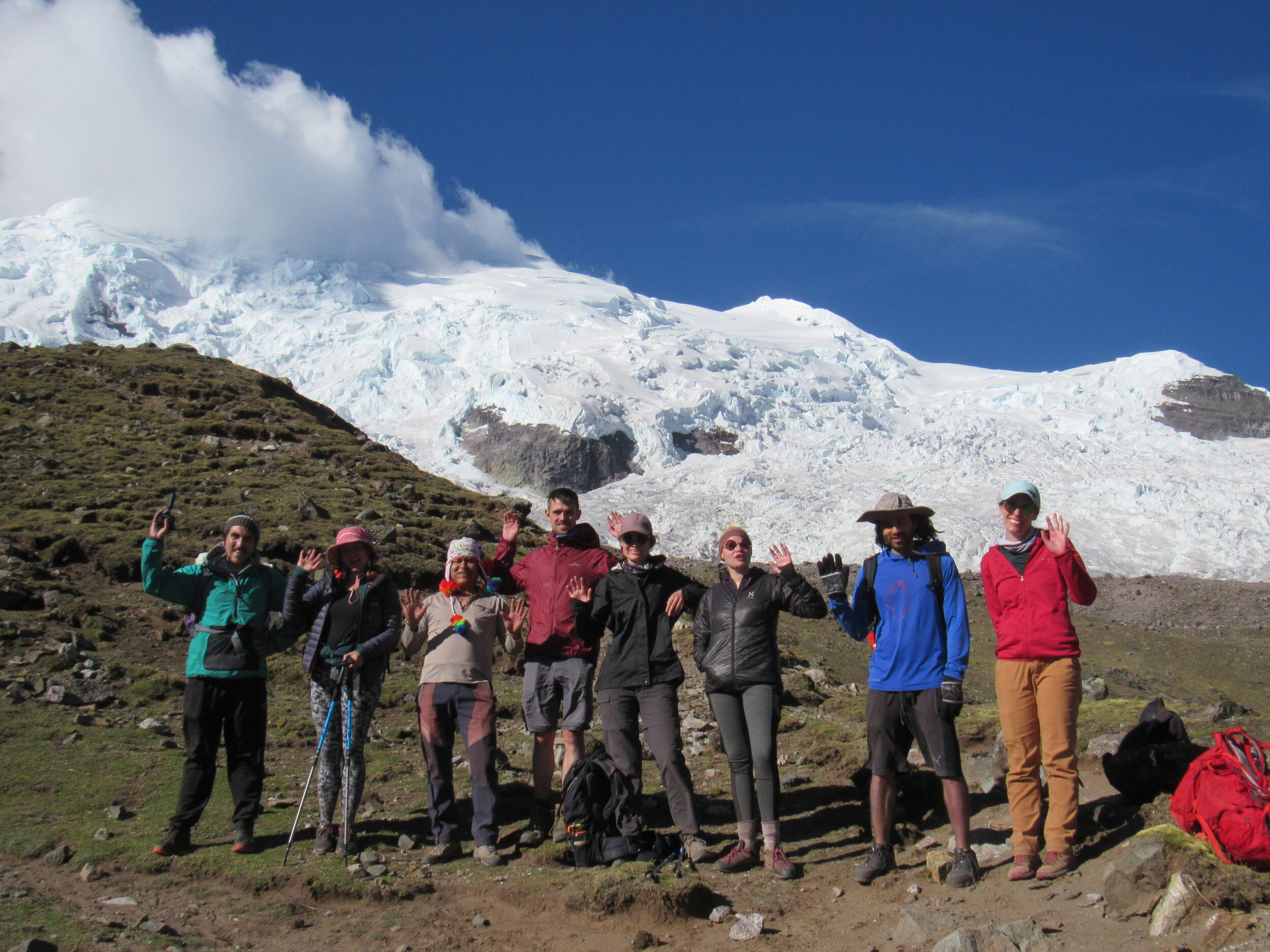
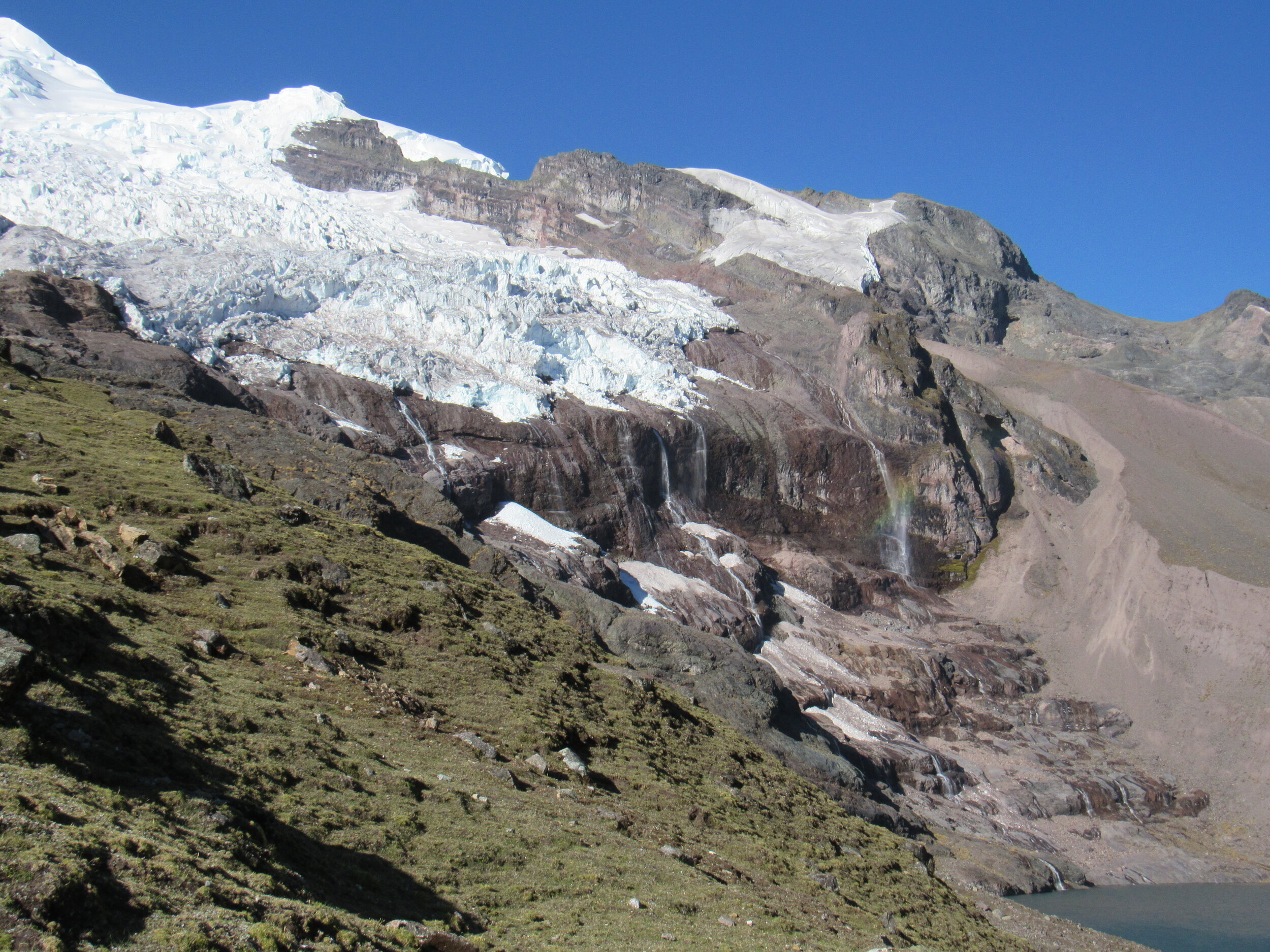
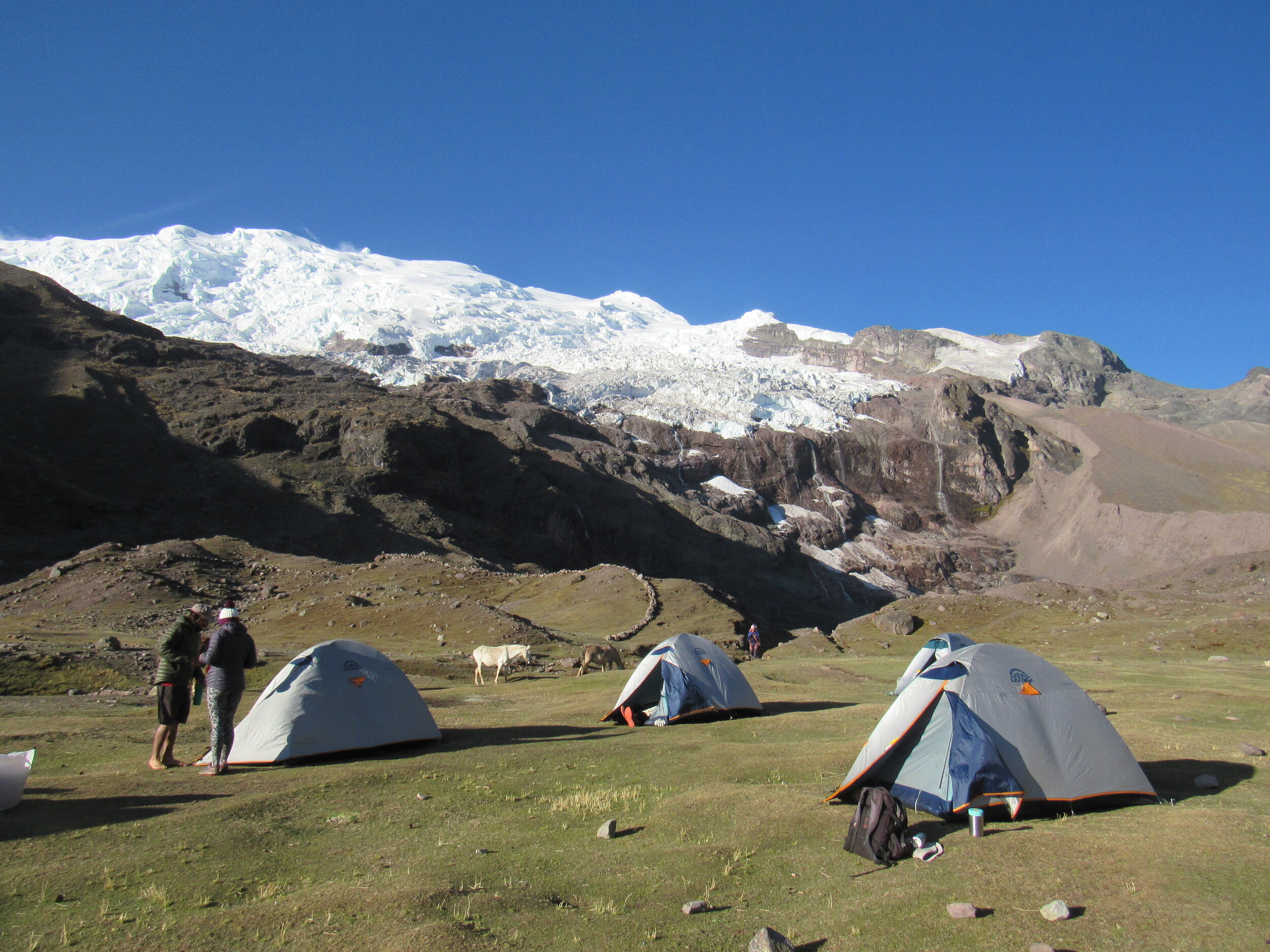
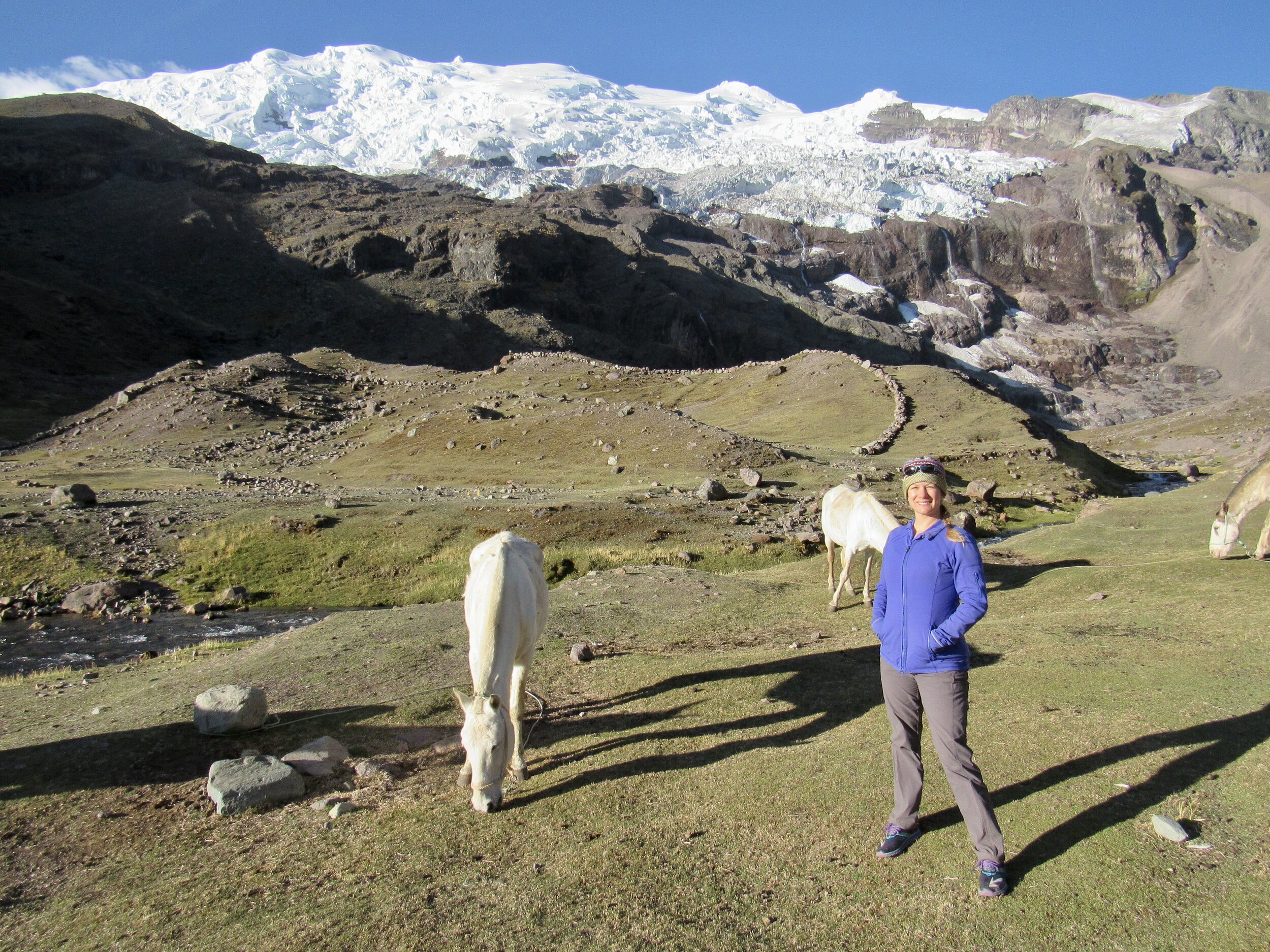
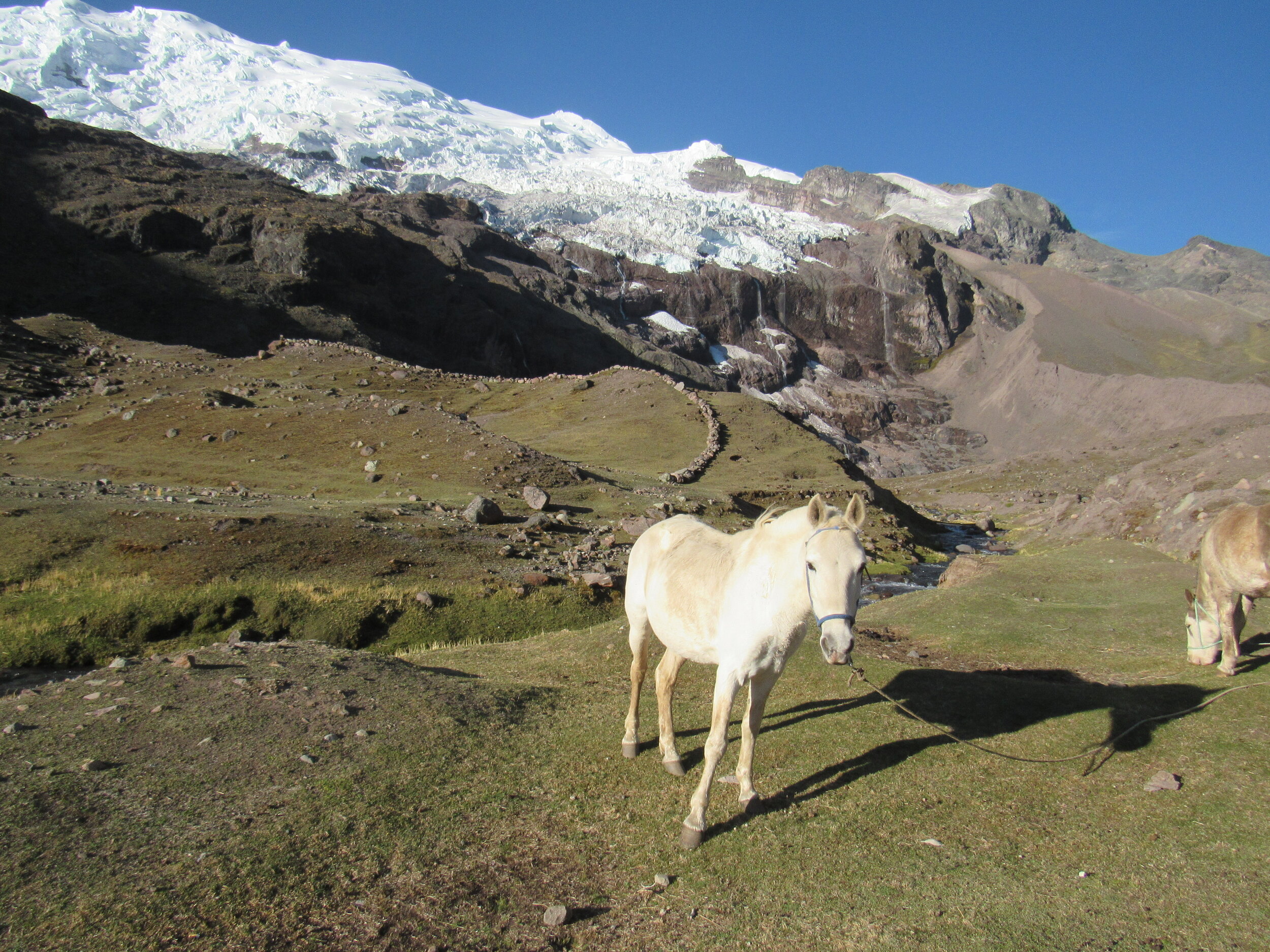
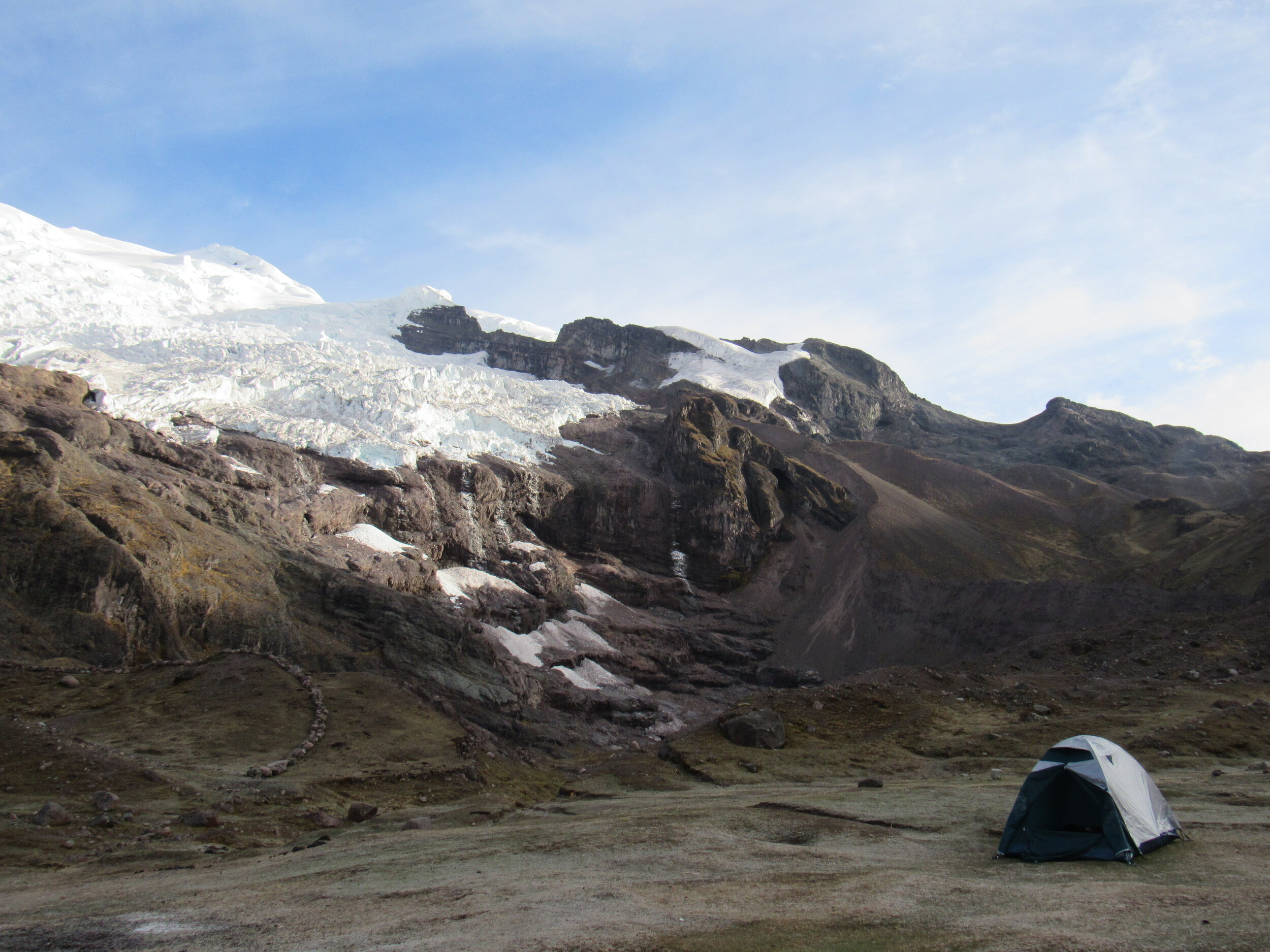
Sunday, 22 November, 2020
Today we woke up to a deep blue sky and as soon as the sun reached the camp, we warmed up quickly. Gabriel made us a hearty breakfast of scrambled eggs, fried plantains, toast, coffee, maca and a hard boiled egg to either eat for breakfast or take with us as a snack on the trail. We packed our backpacks as light as possible, leaving almost everything for Pancho to load on the pack horses.
Our first destination was Upis Cocha, a lake less than an hour from camp. The campsite last night was named Upis and cocha just means lake in Quechua. It was beautiful, with shallow areas near the shore frozen over and mini ice bergs dotted across the lake. All of yesterday, and most of today, we were approaching Mt. Ausangate from the north, the direction of Cusco, and the face of the mountain we saw was the exact same angle and face that you see from Cusco.
This was a much longer day than yesterday and as we approached the mountain, we started to veer off to the west, starting our counter clockwise loop around the main peak. Mt. Ausangate is part of a massive section of the Andes, so though we were hiking almost 360° around the main peak, we were surrounded by other peaks for most of the four days.
We hiked about four hours before lunch, then another four hours afterwards. Our campsite was just below a beautiful lake and Auqui did another Pachamama ceremony for us before dinner. I asked for safe passage around the mountain, for nobody to get hurt and for the rainy season to start on Wednesday - when we are back in Cusco.
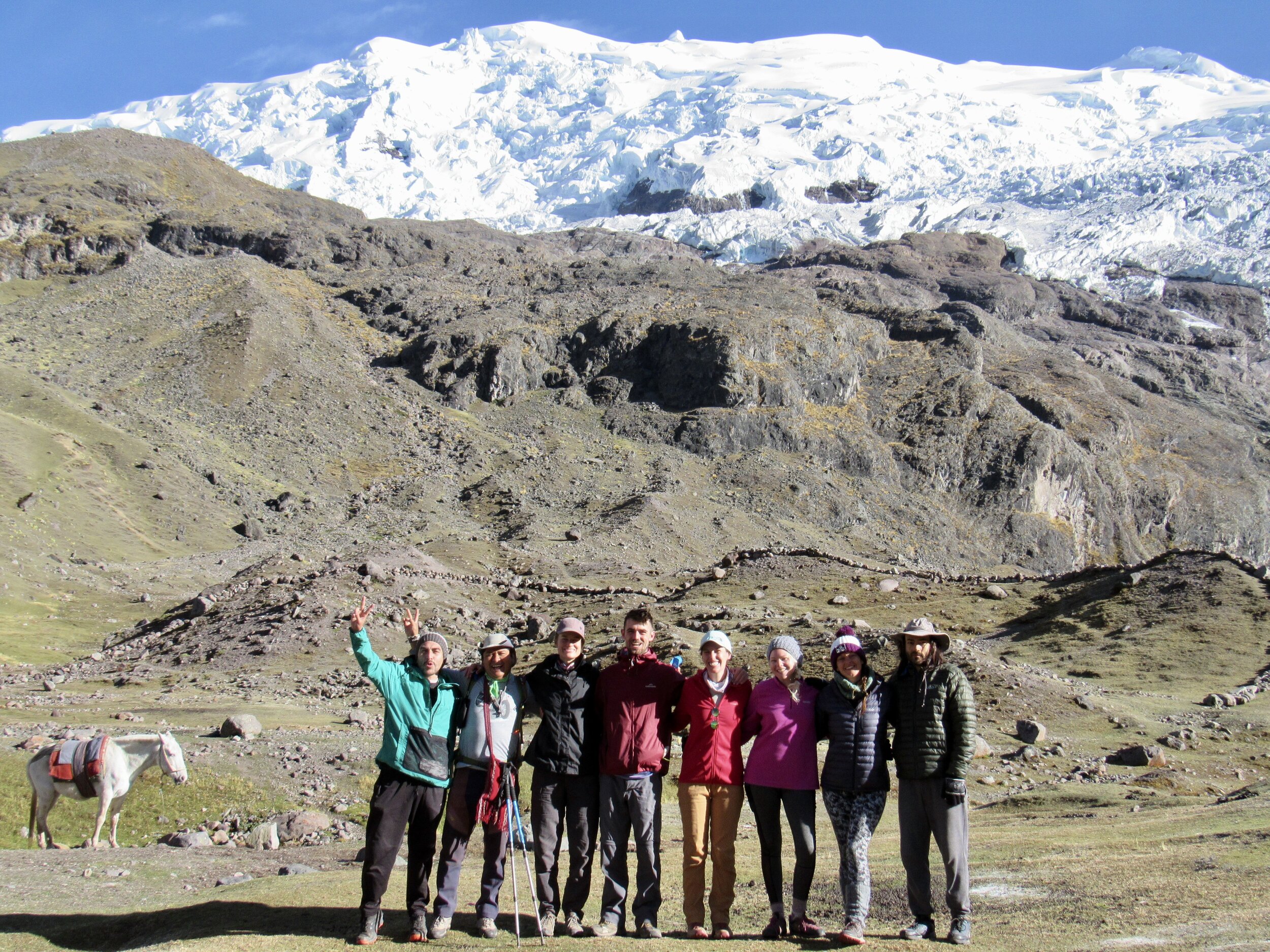
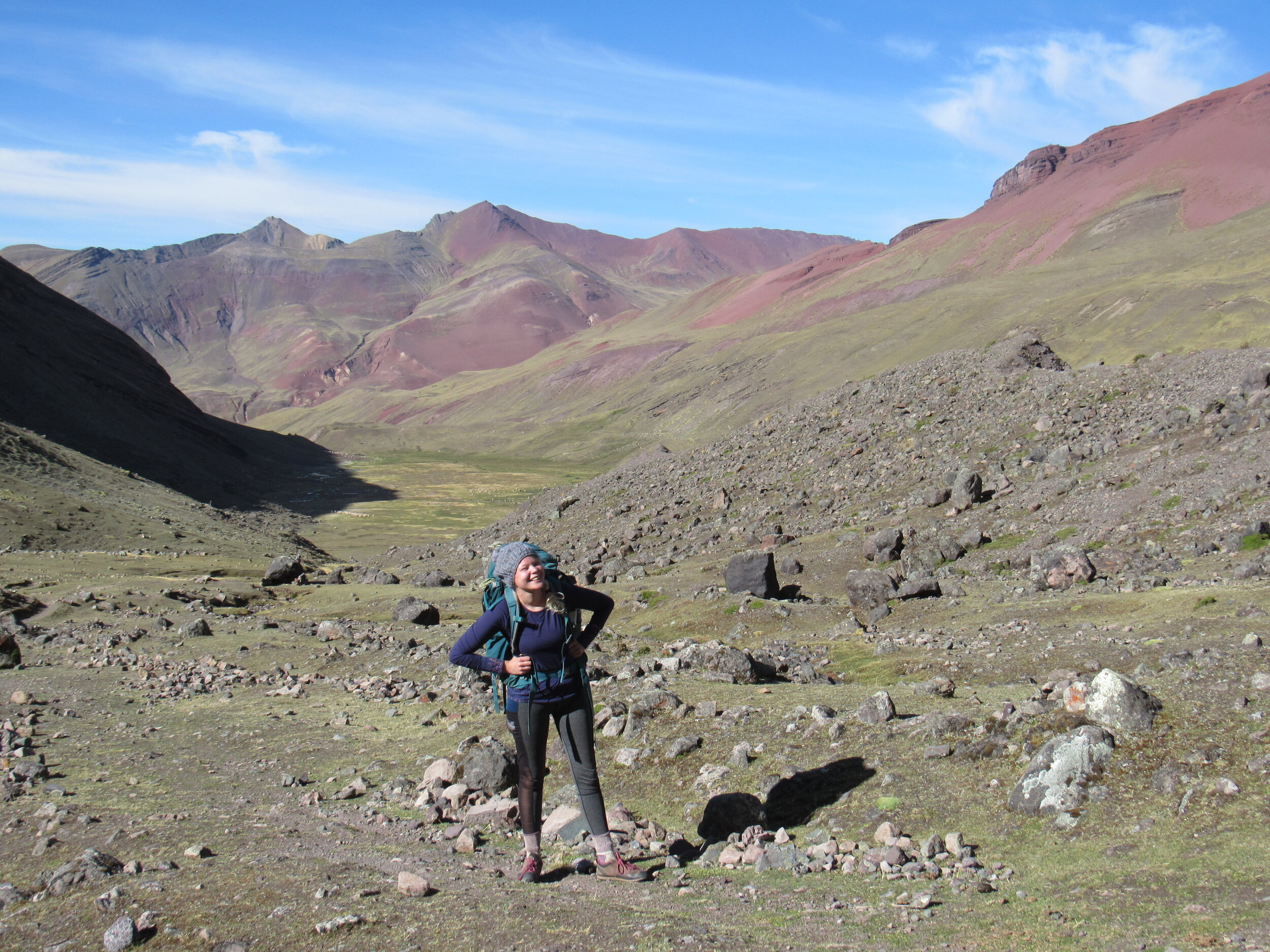
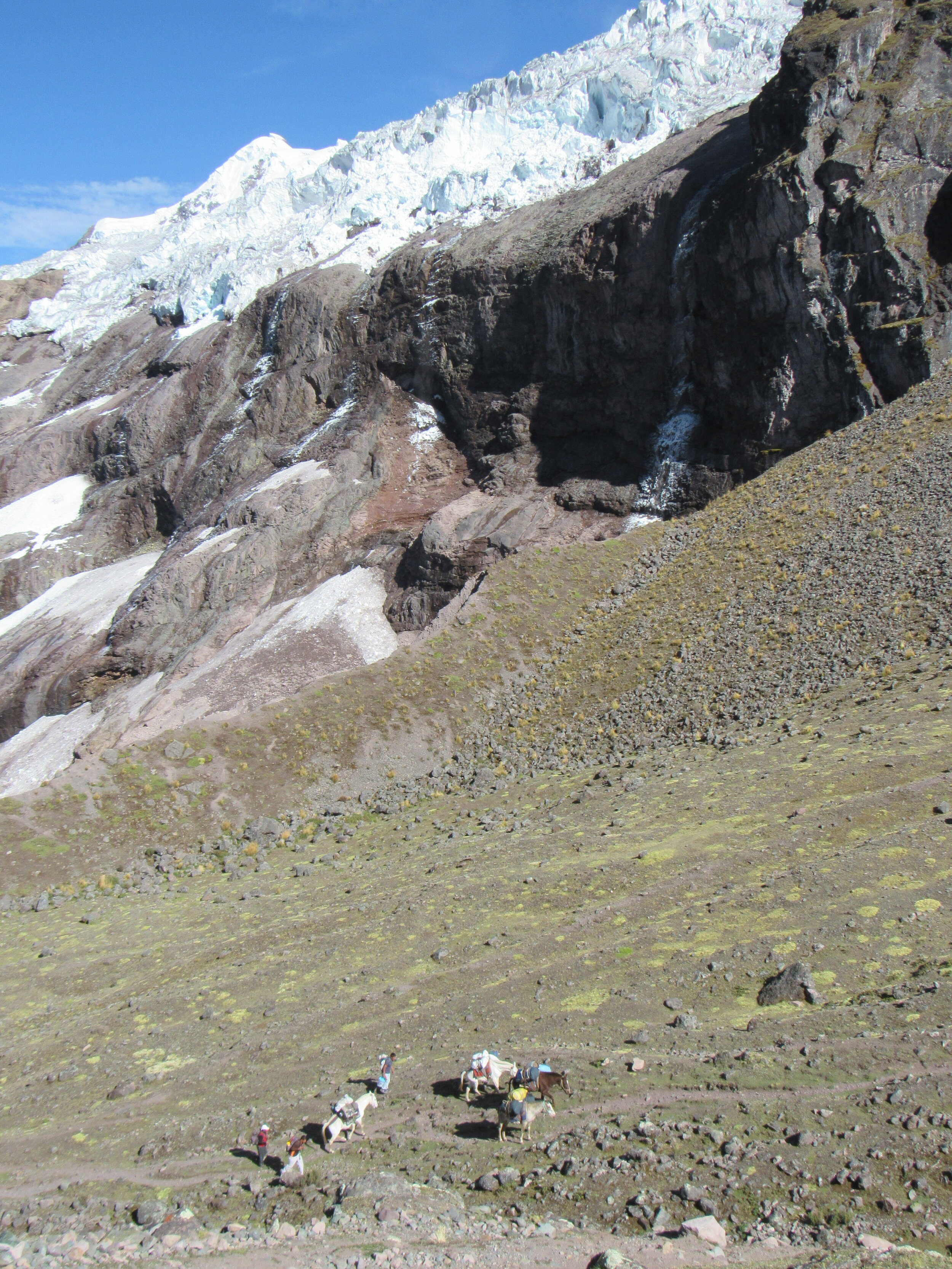
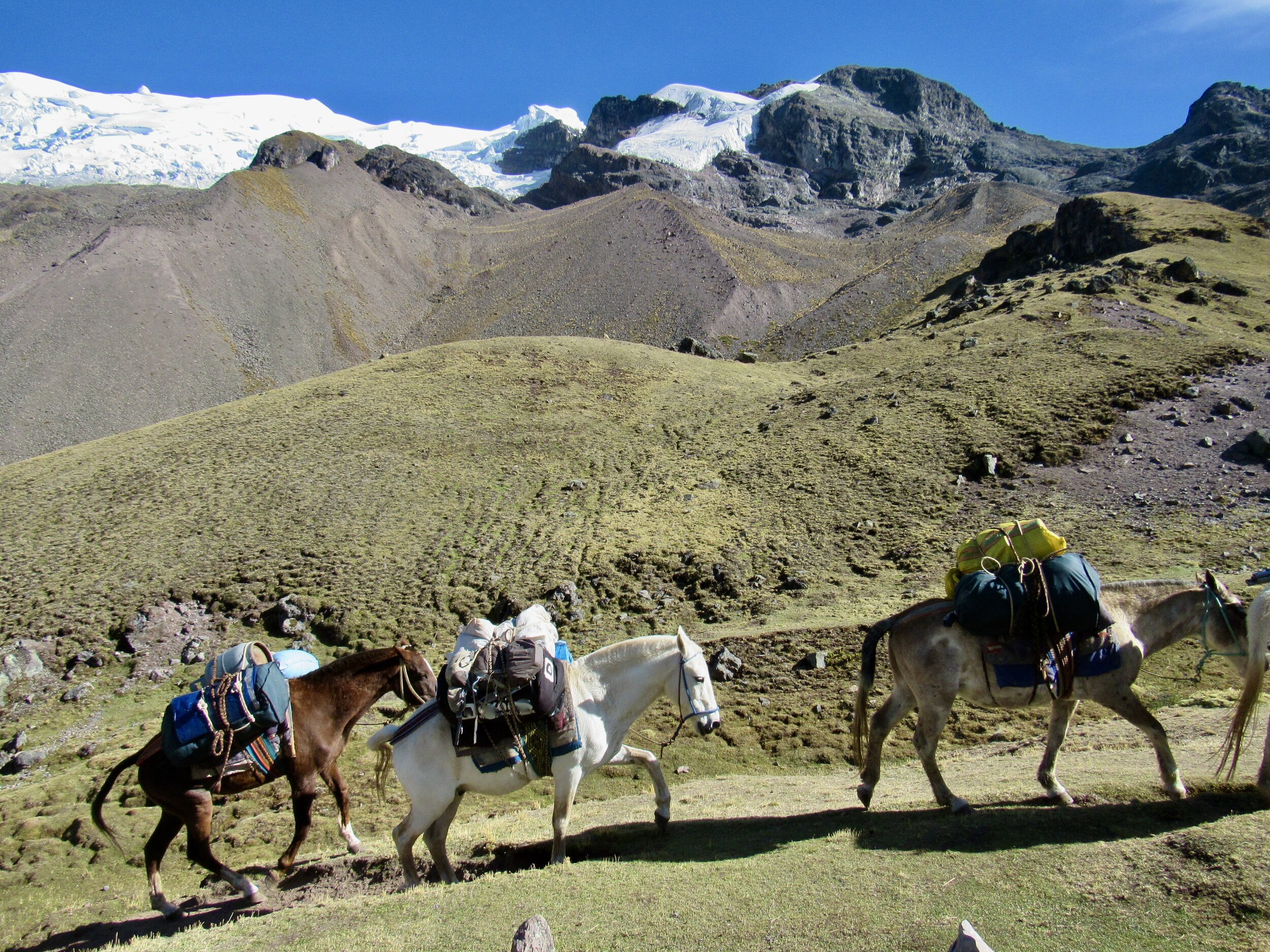
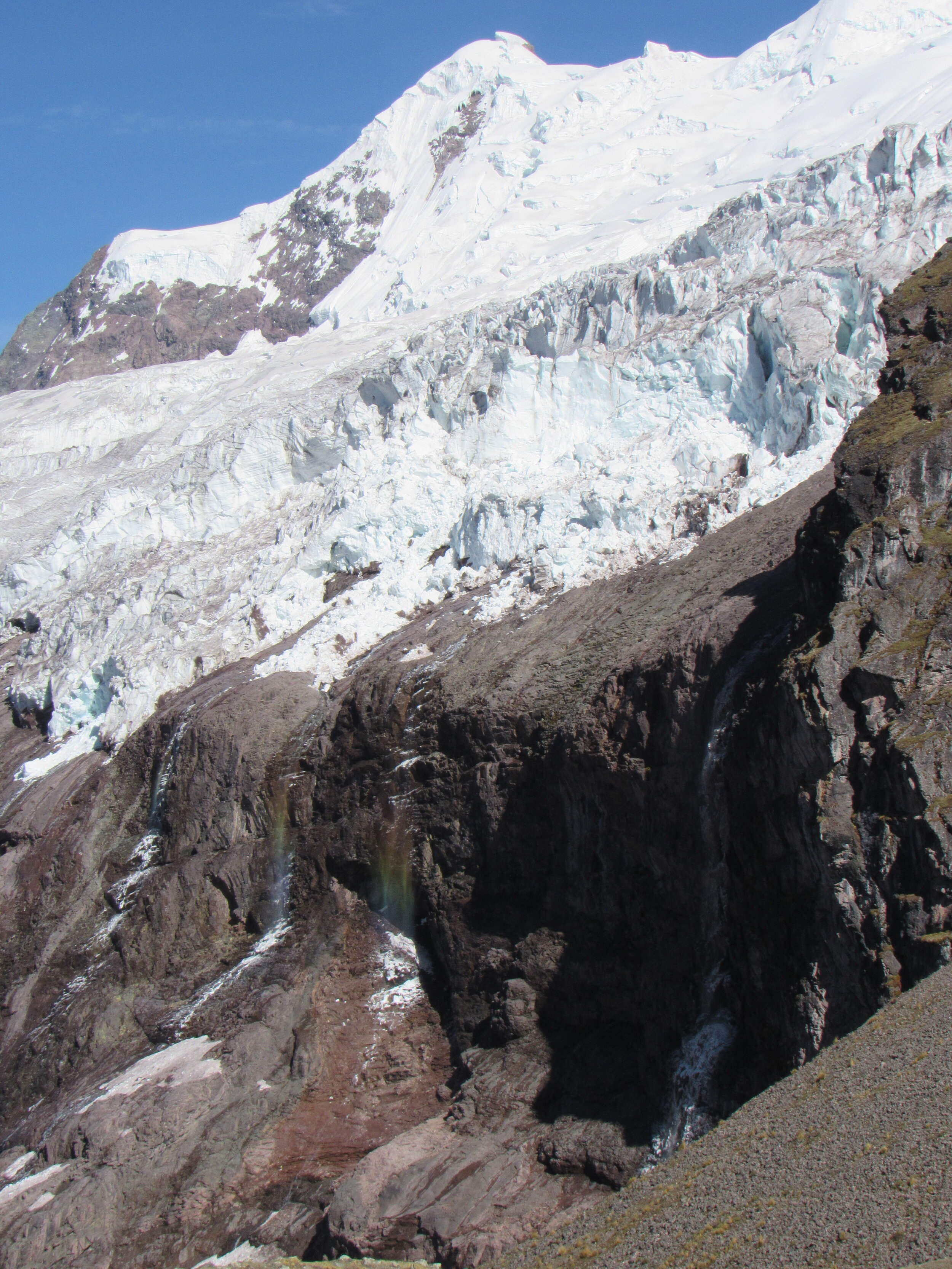
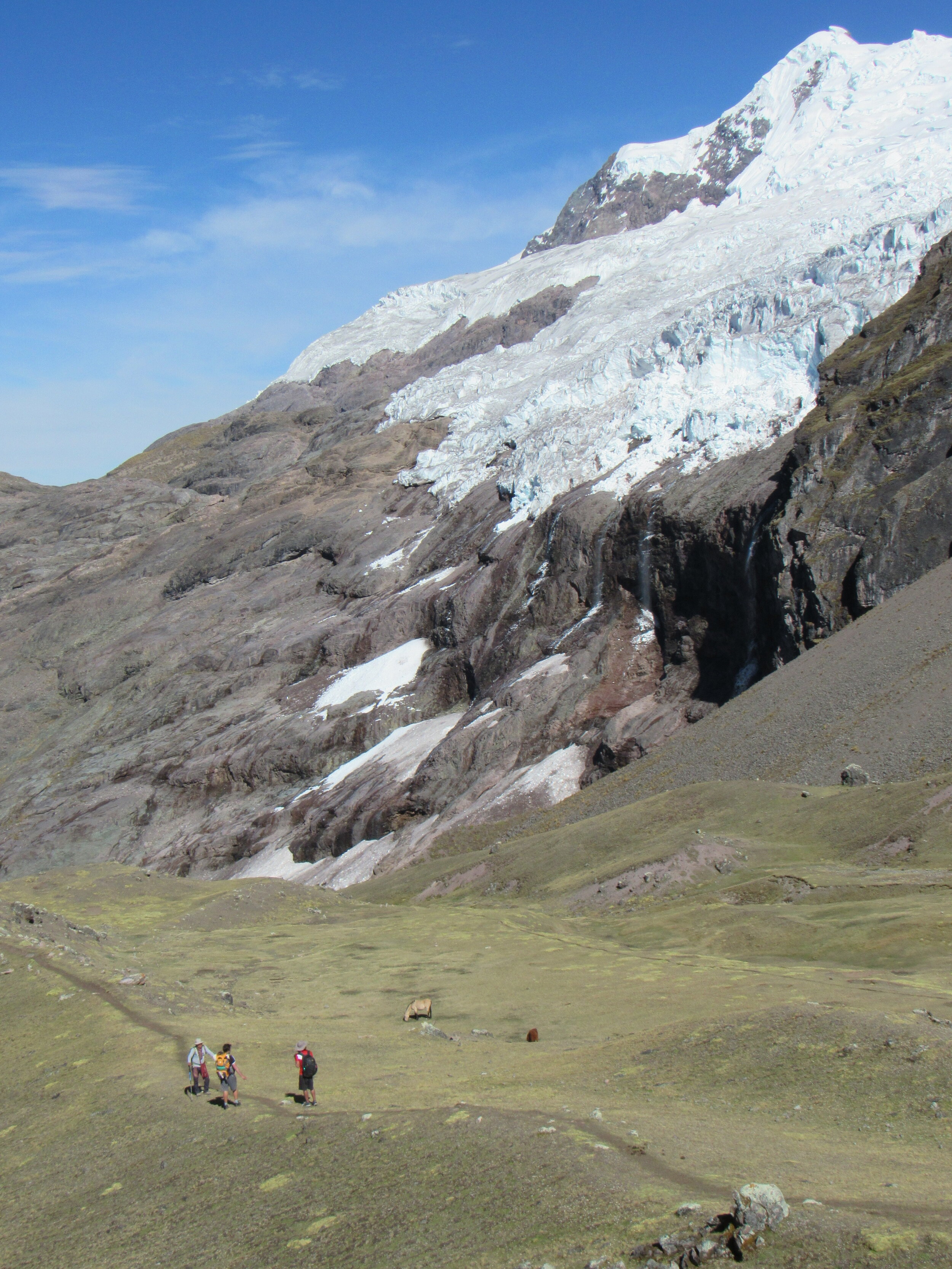
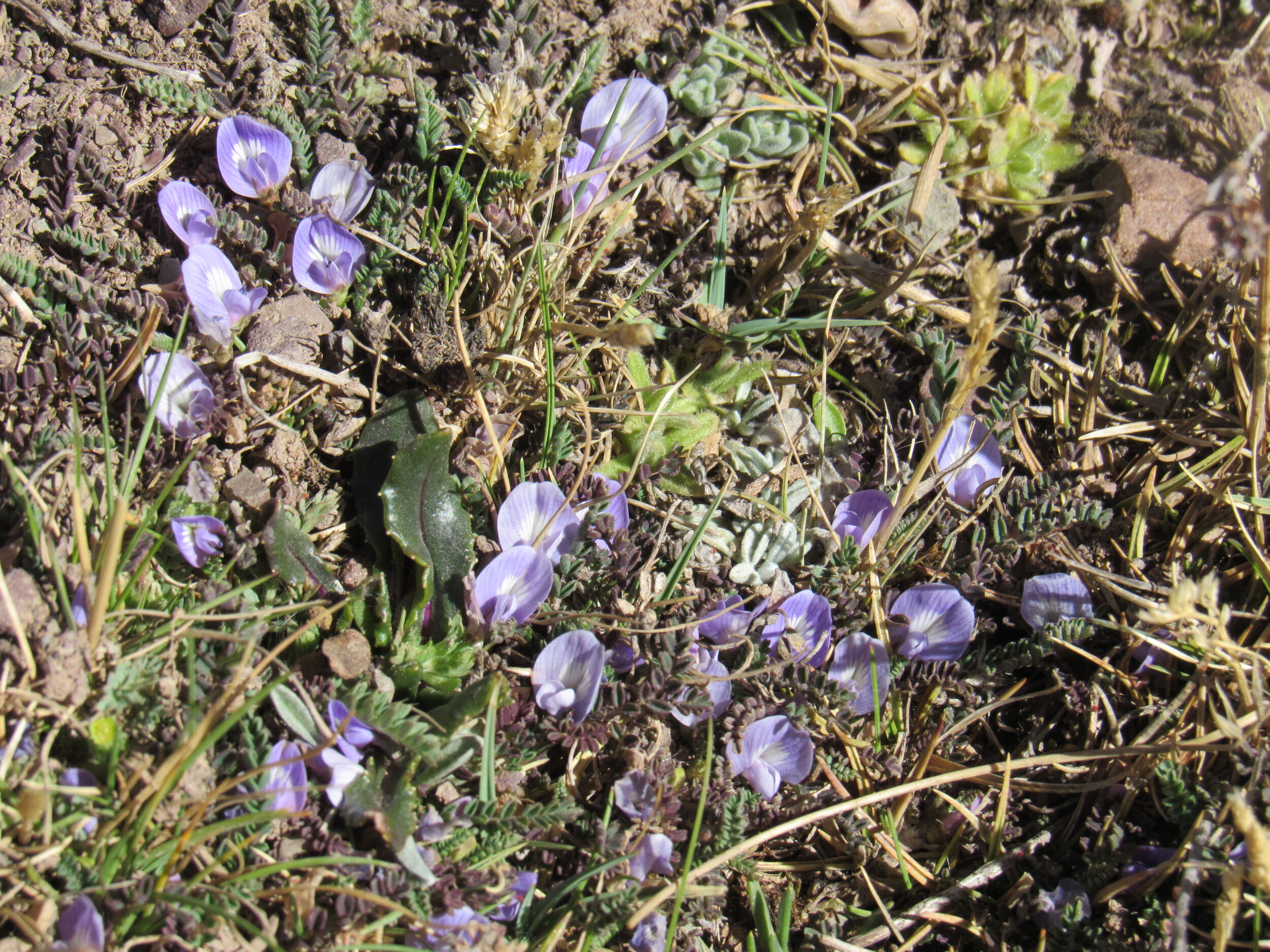
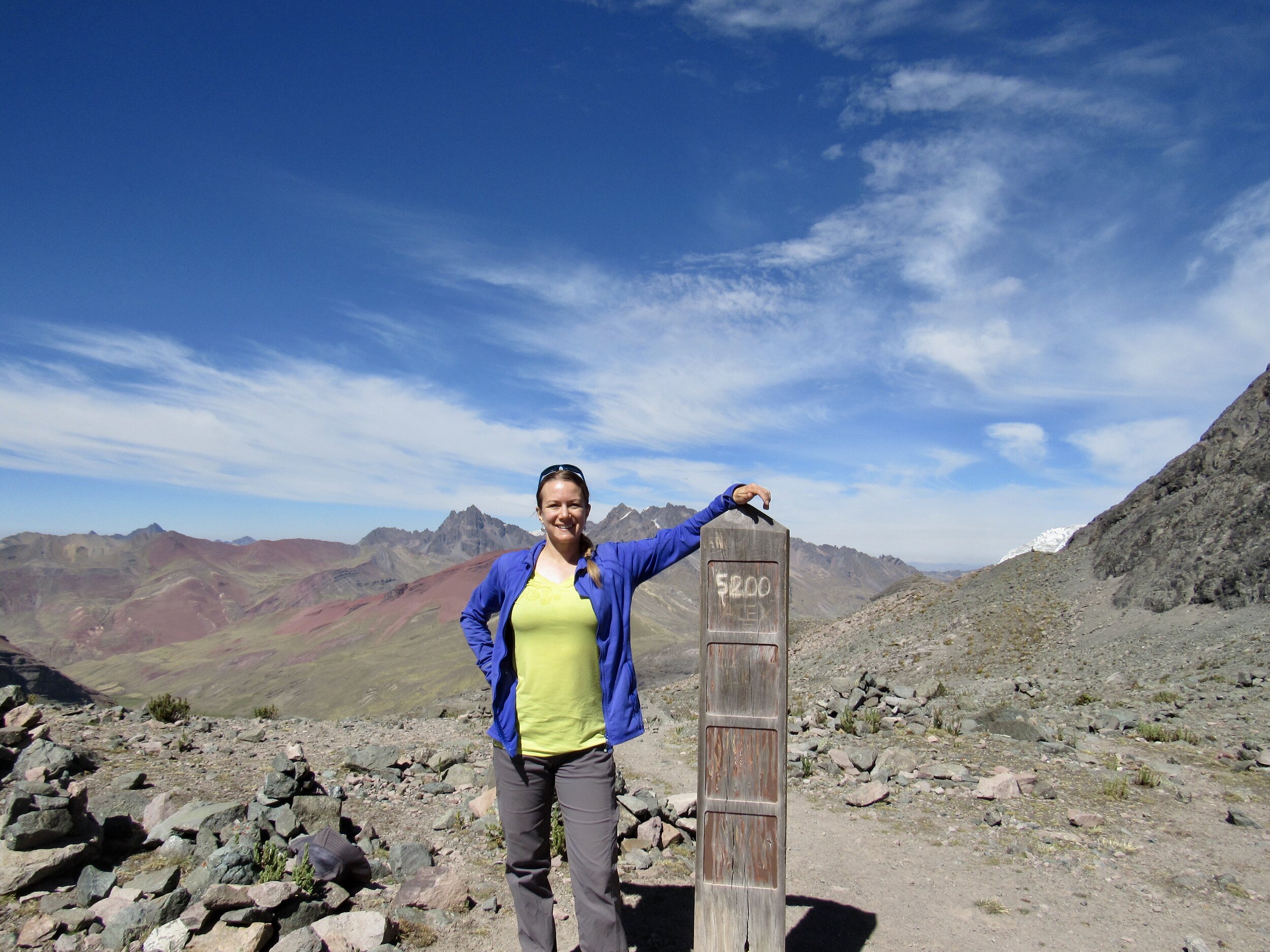
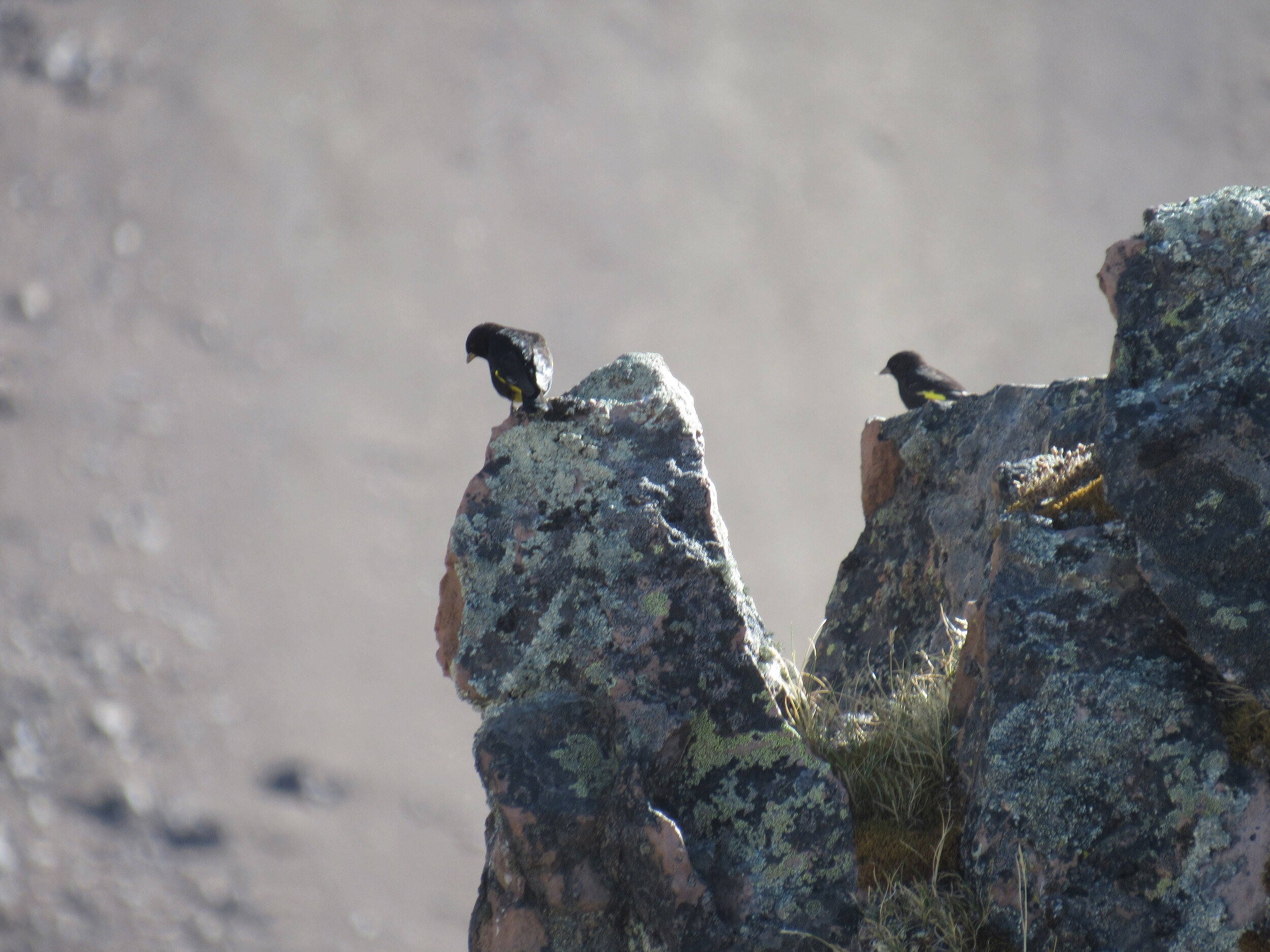
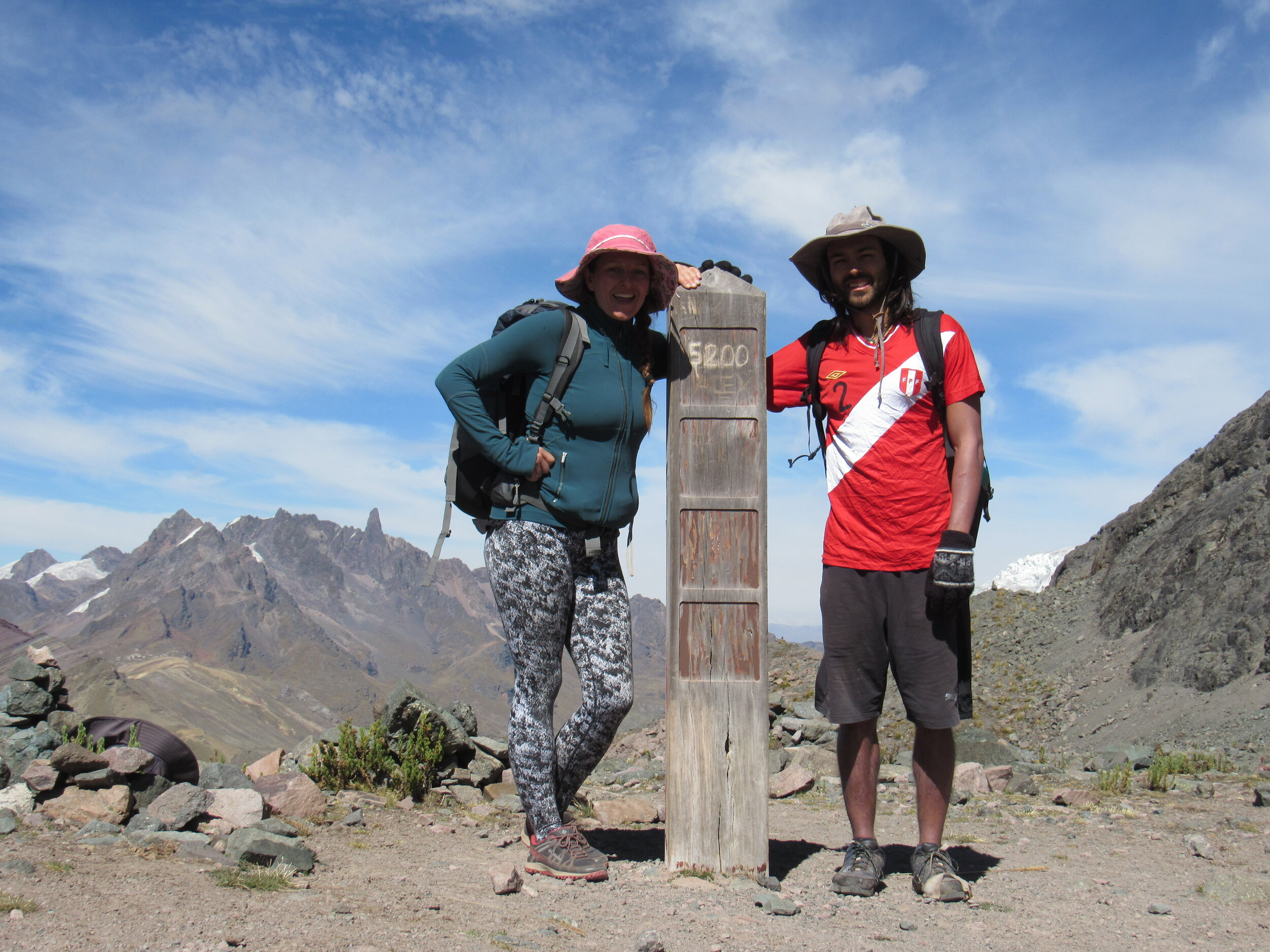
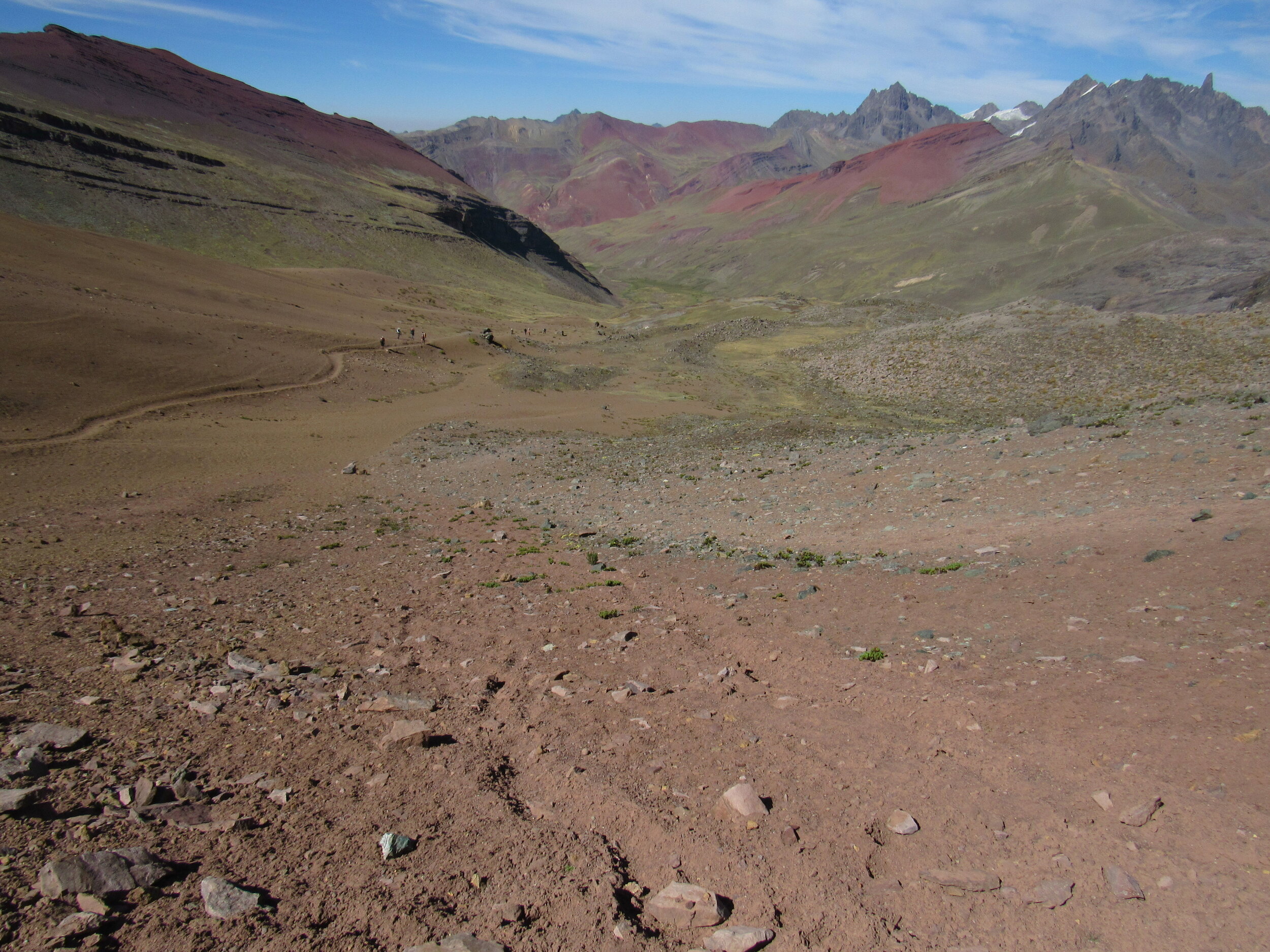
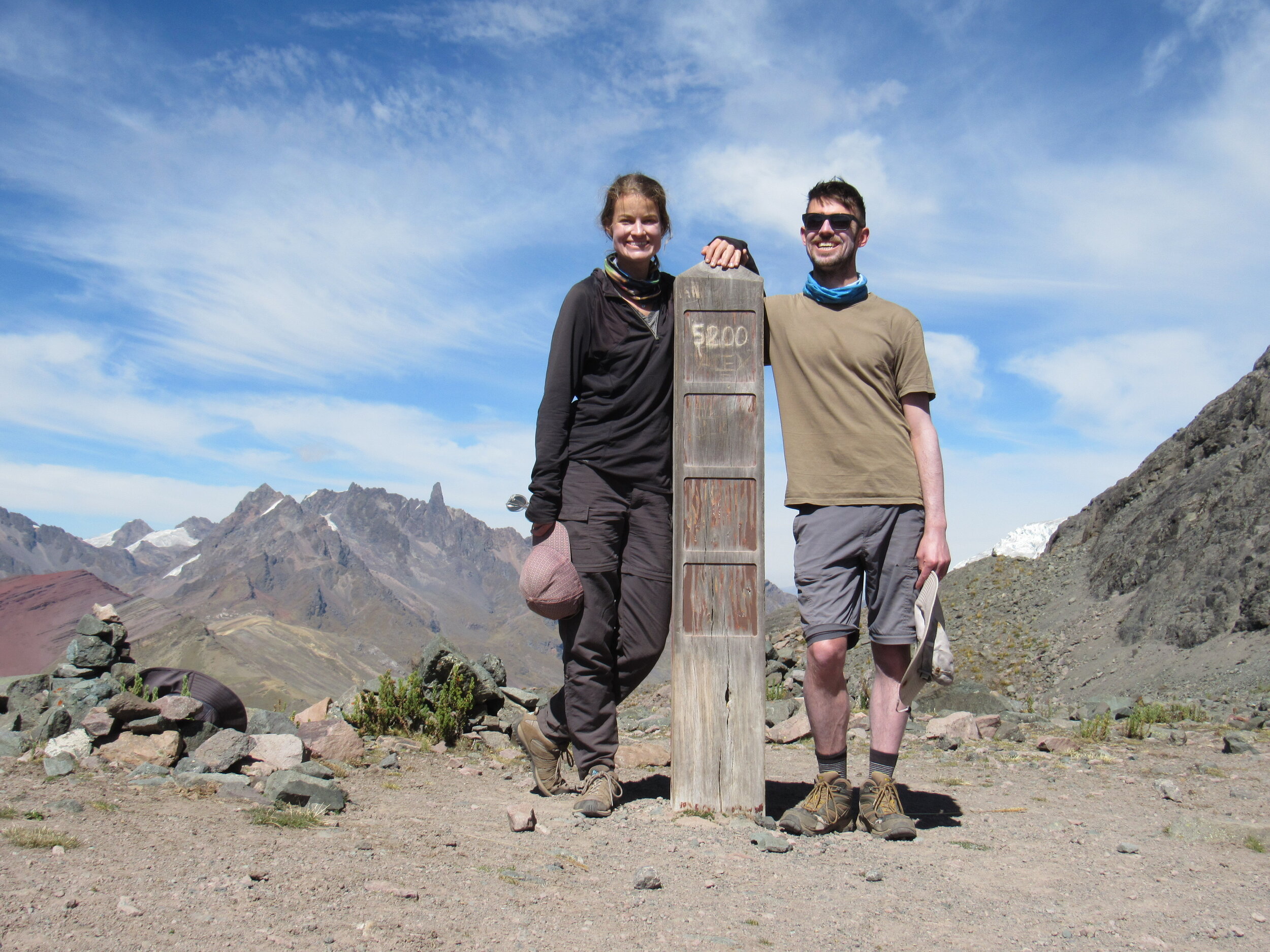
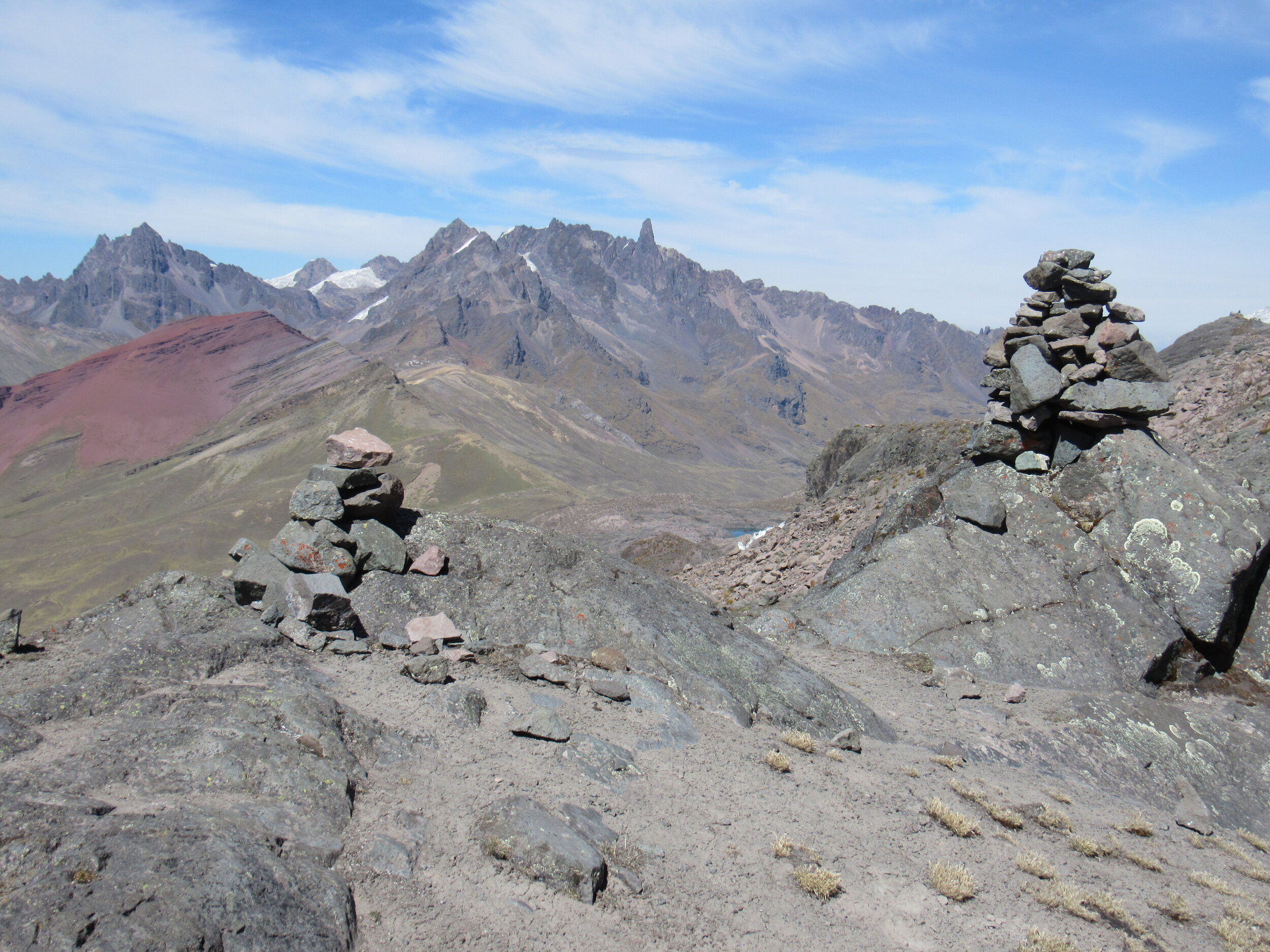
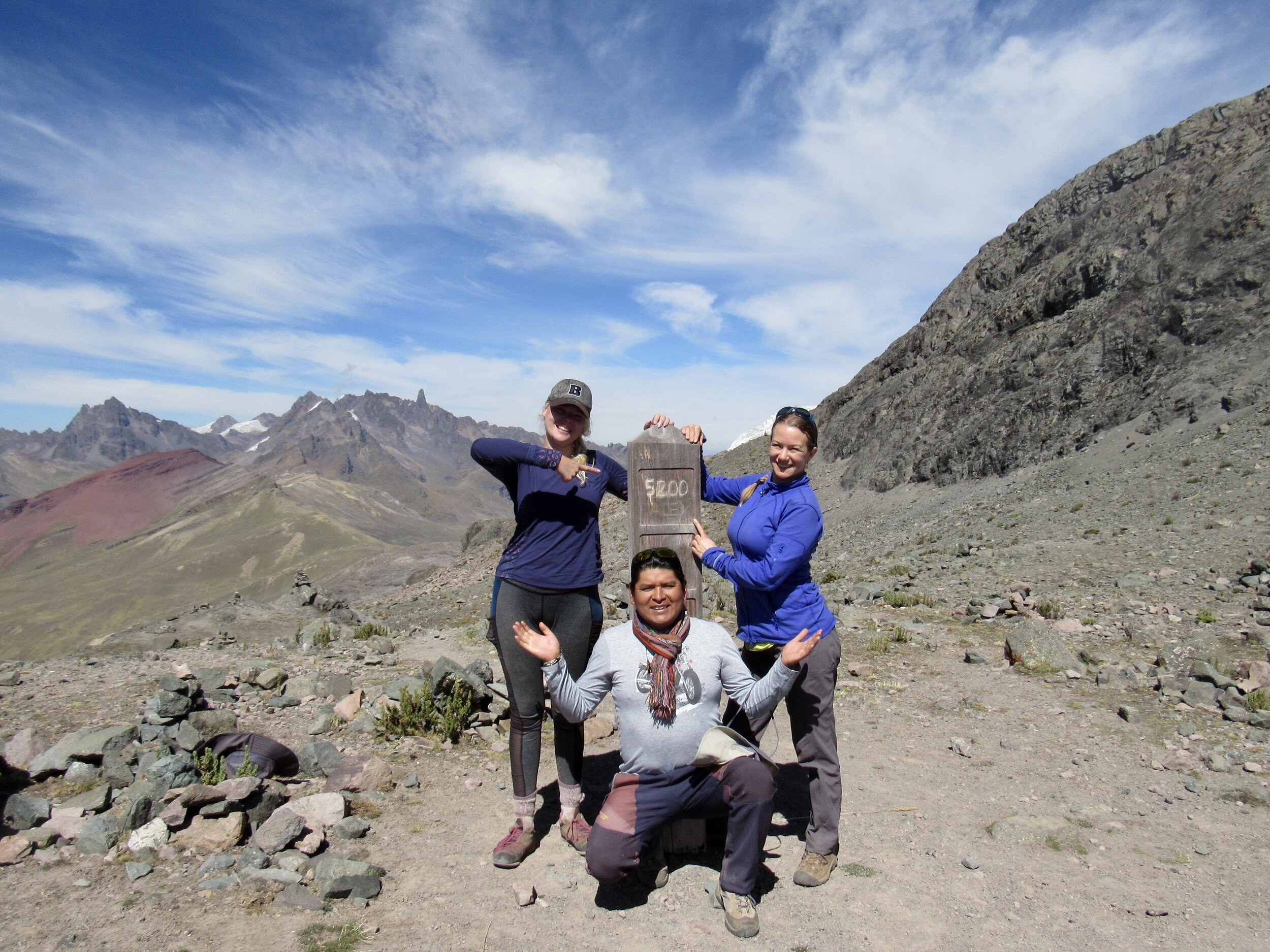
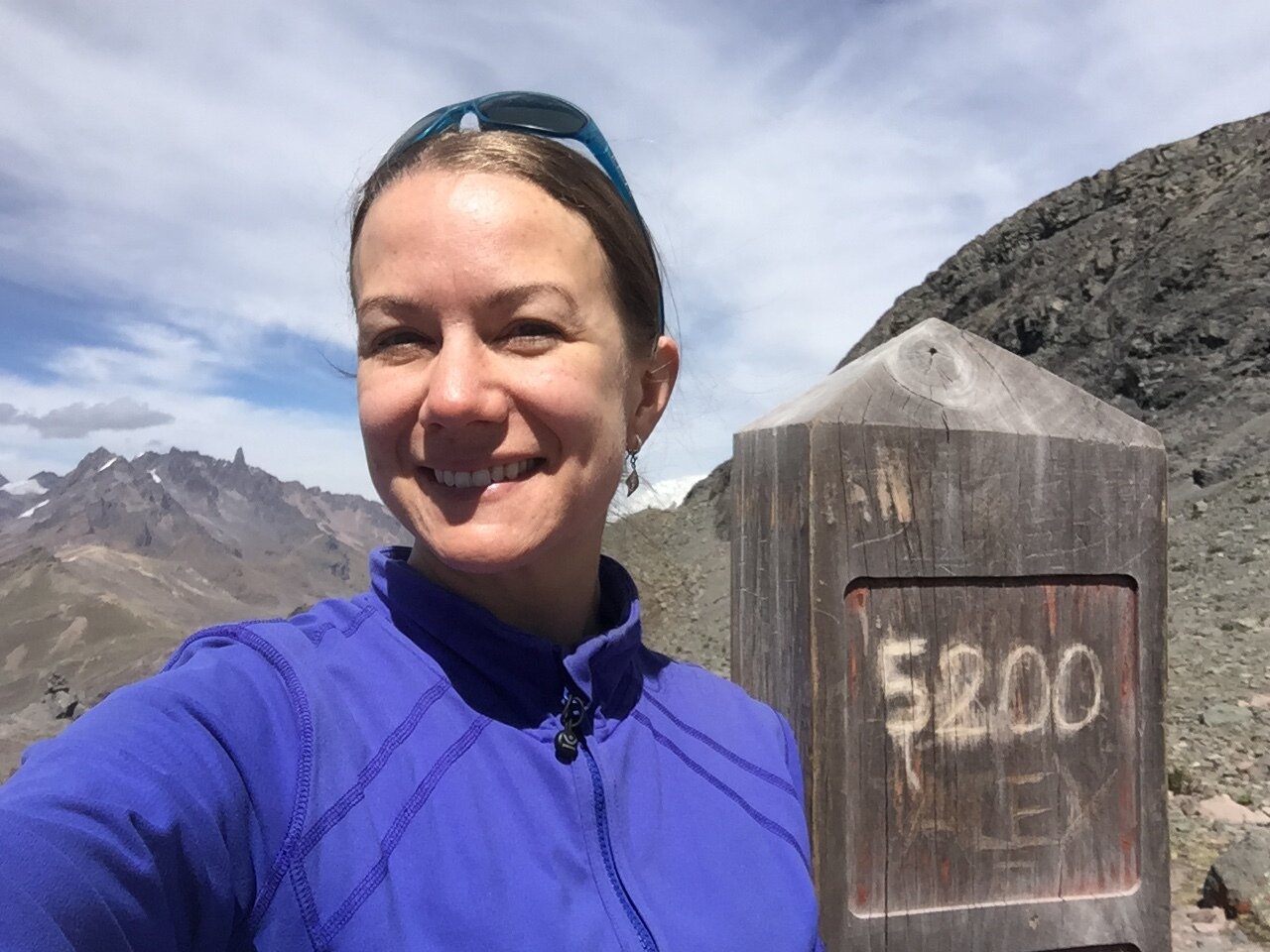
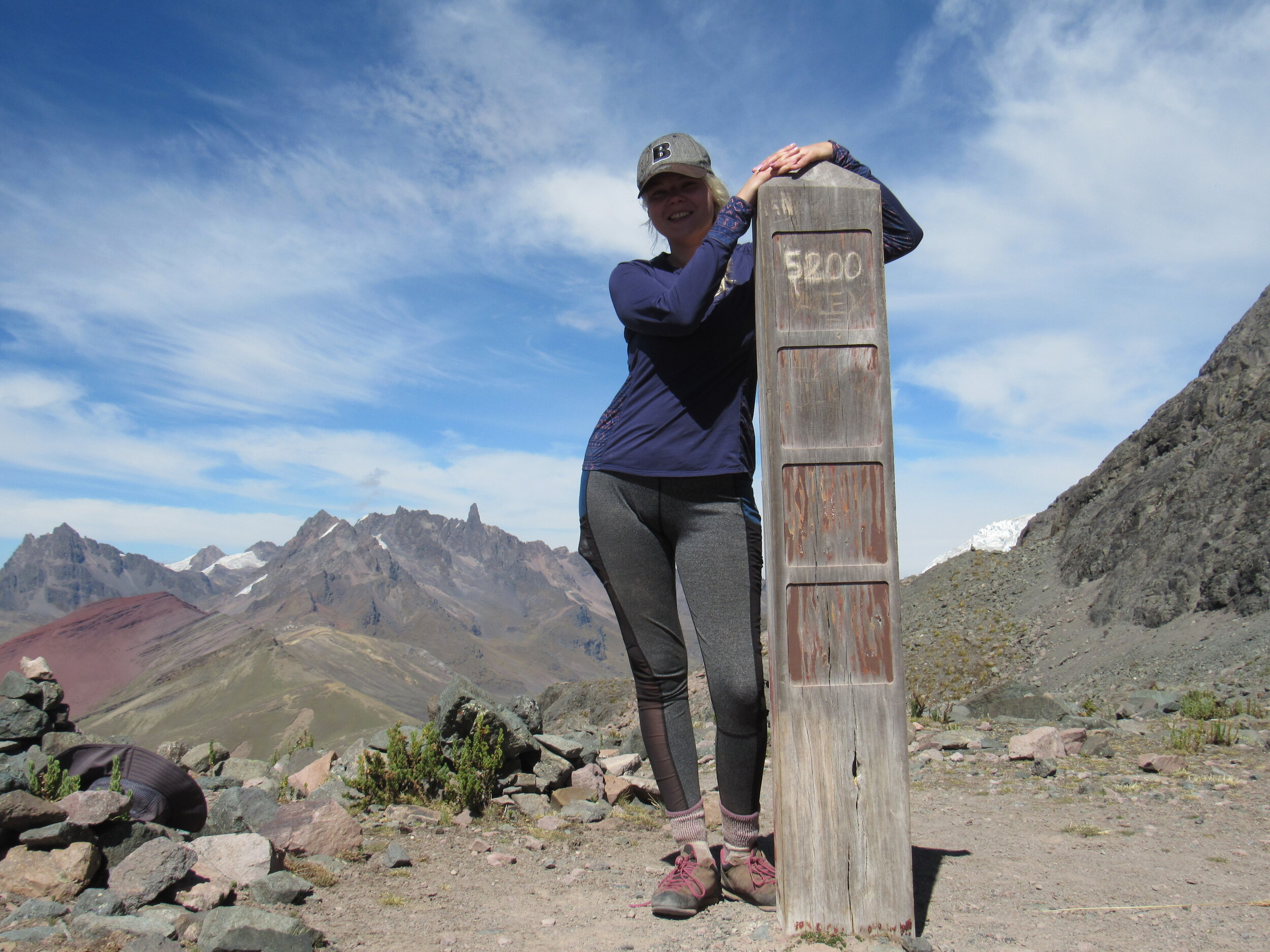
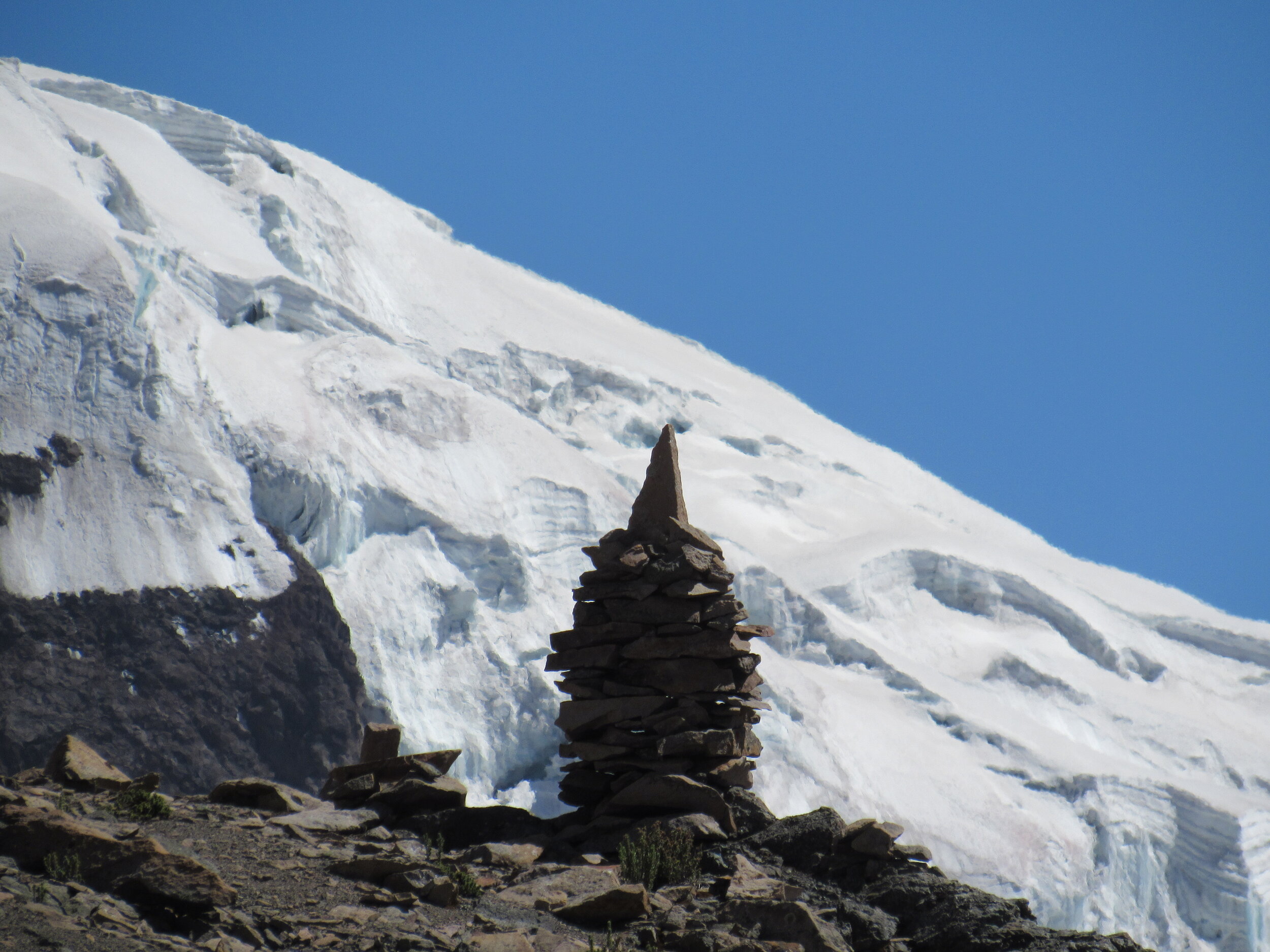

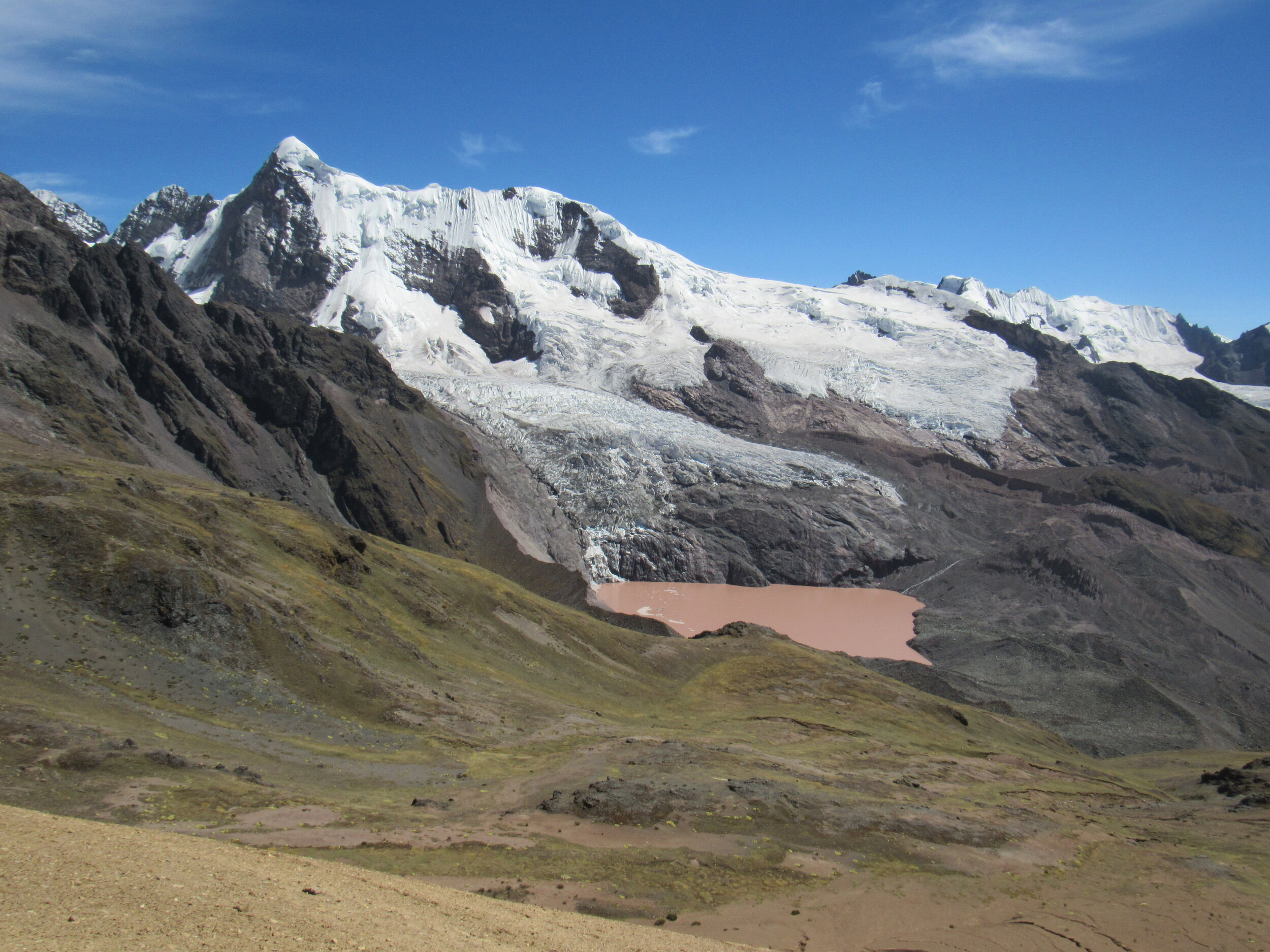
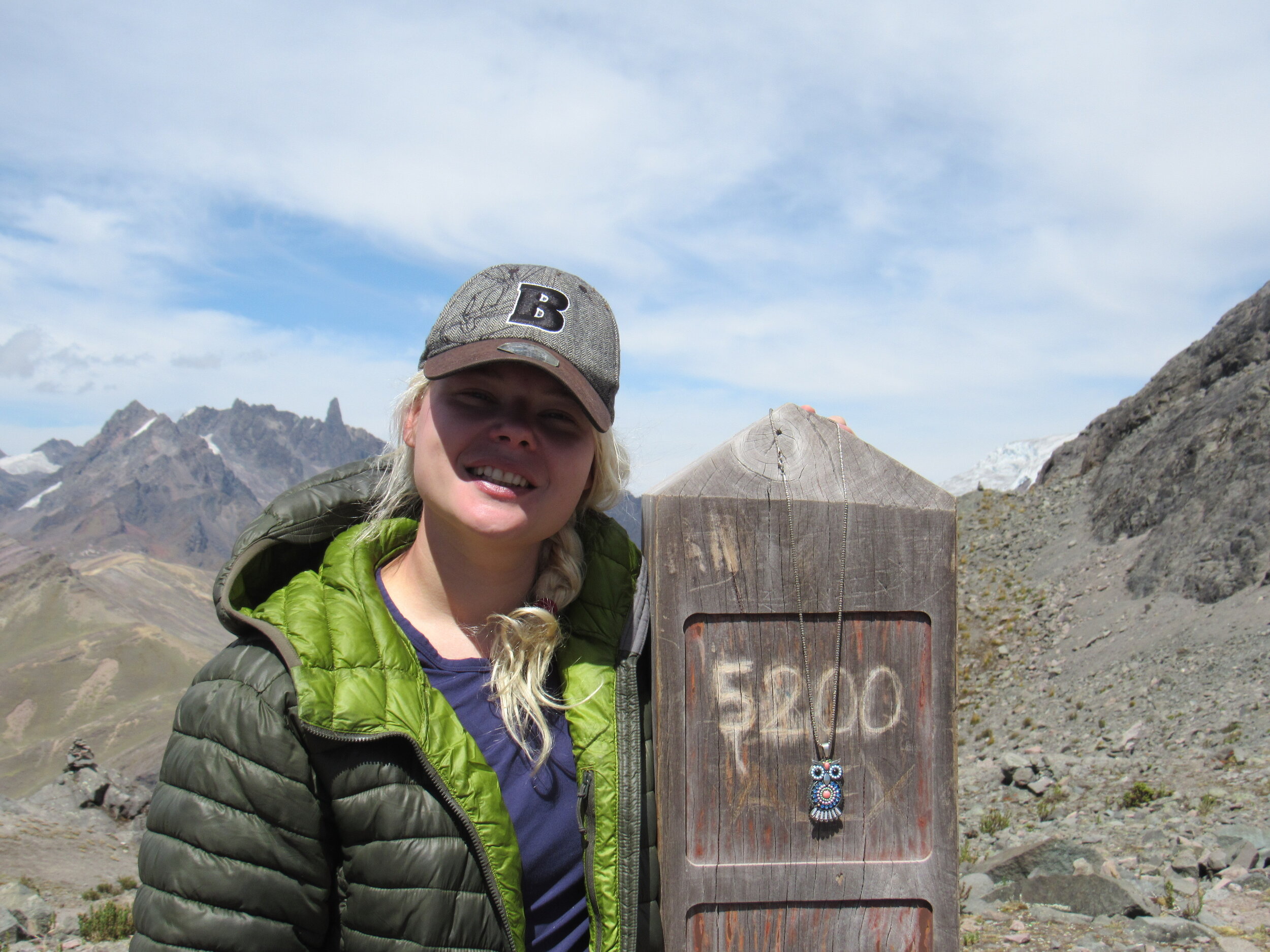
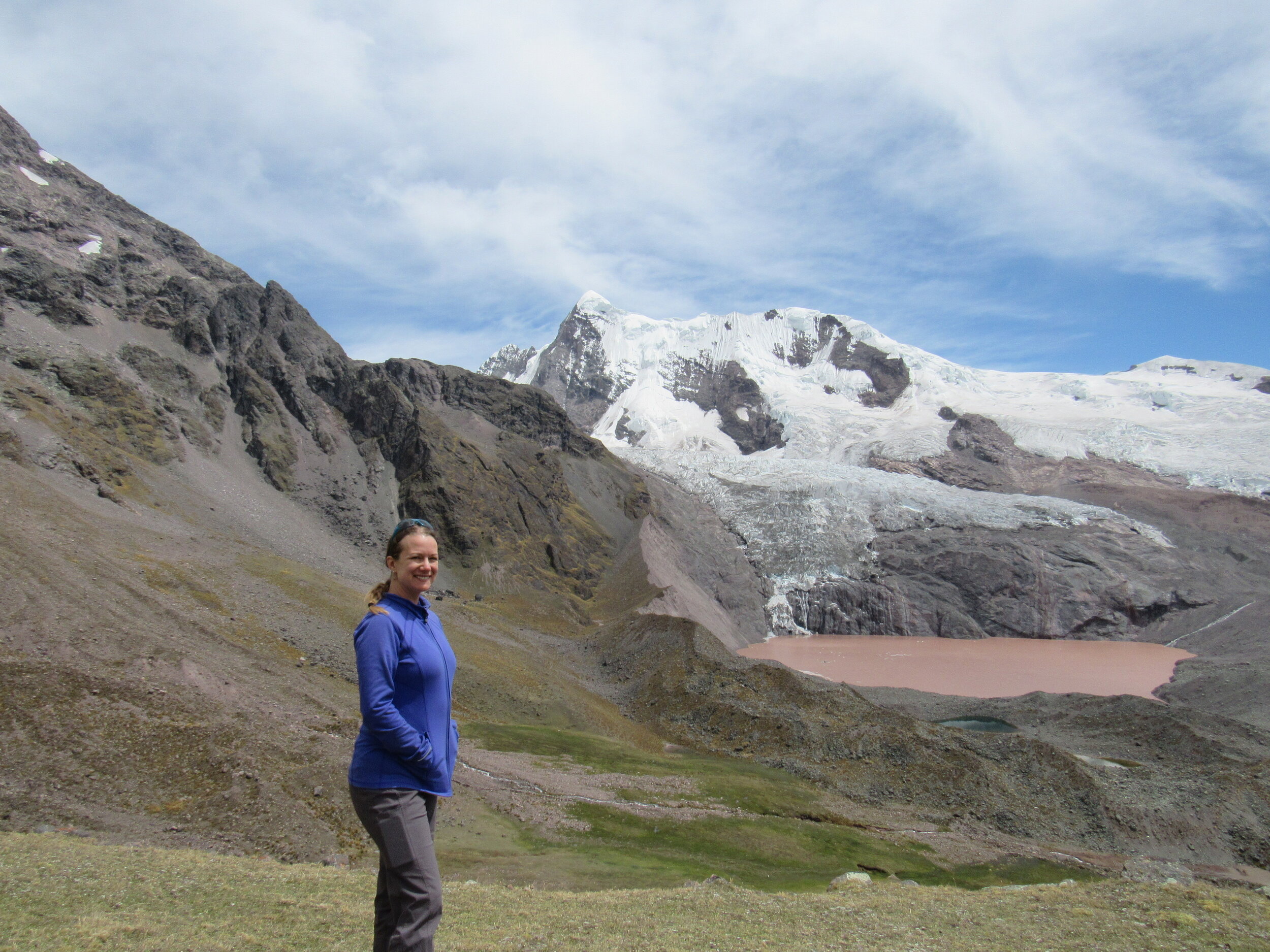
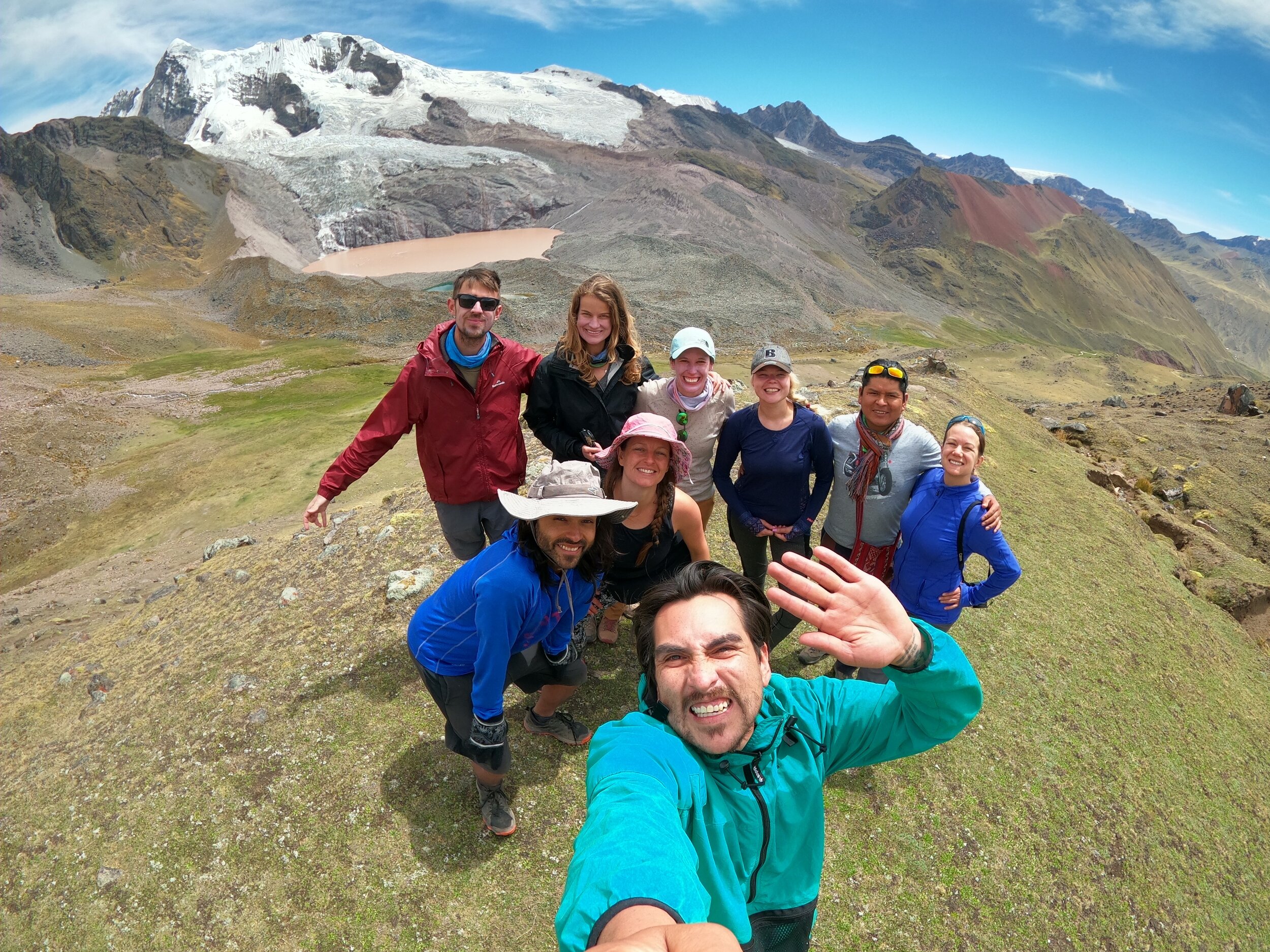
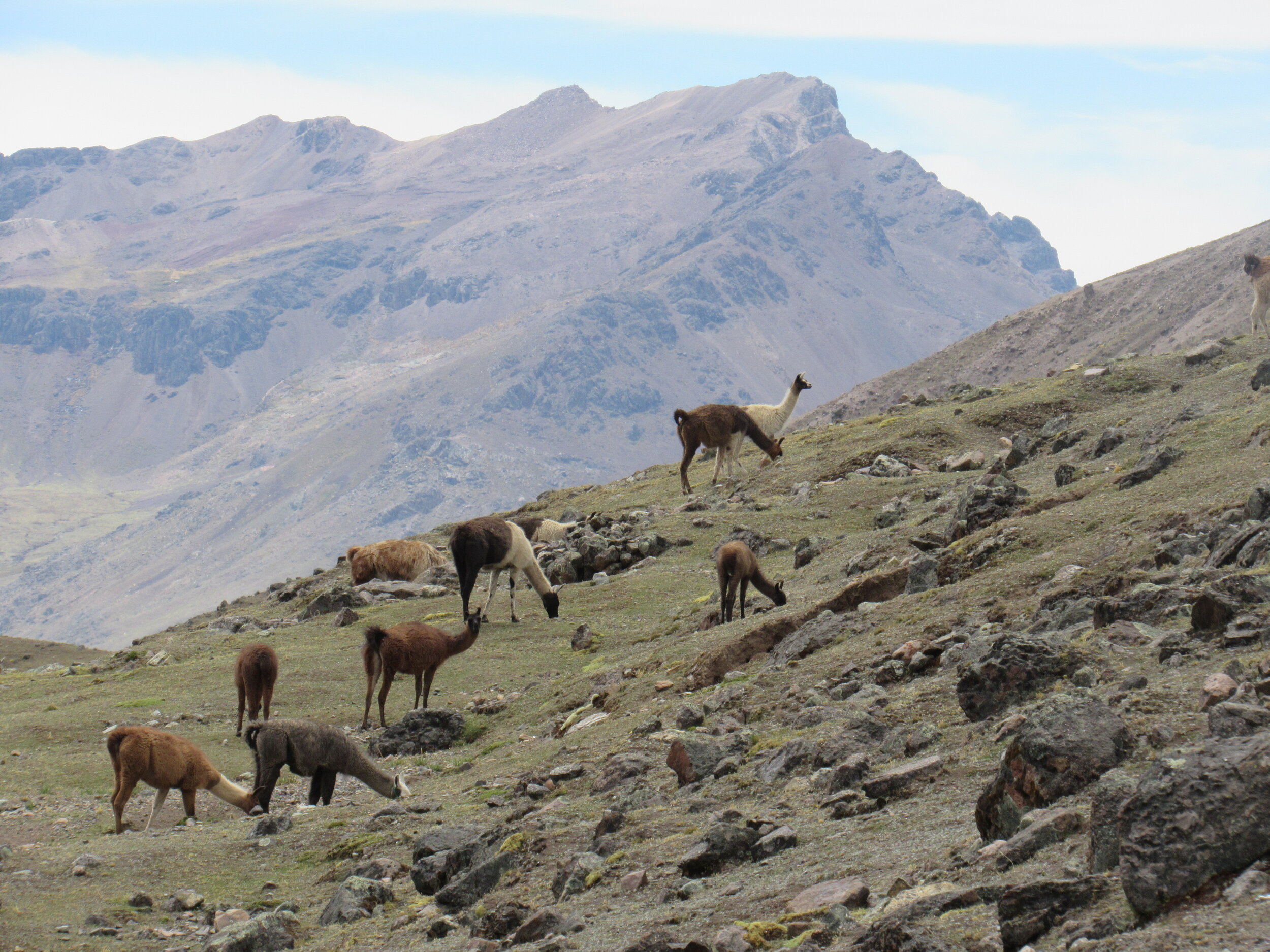
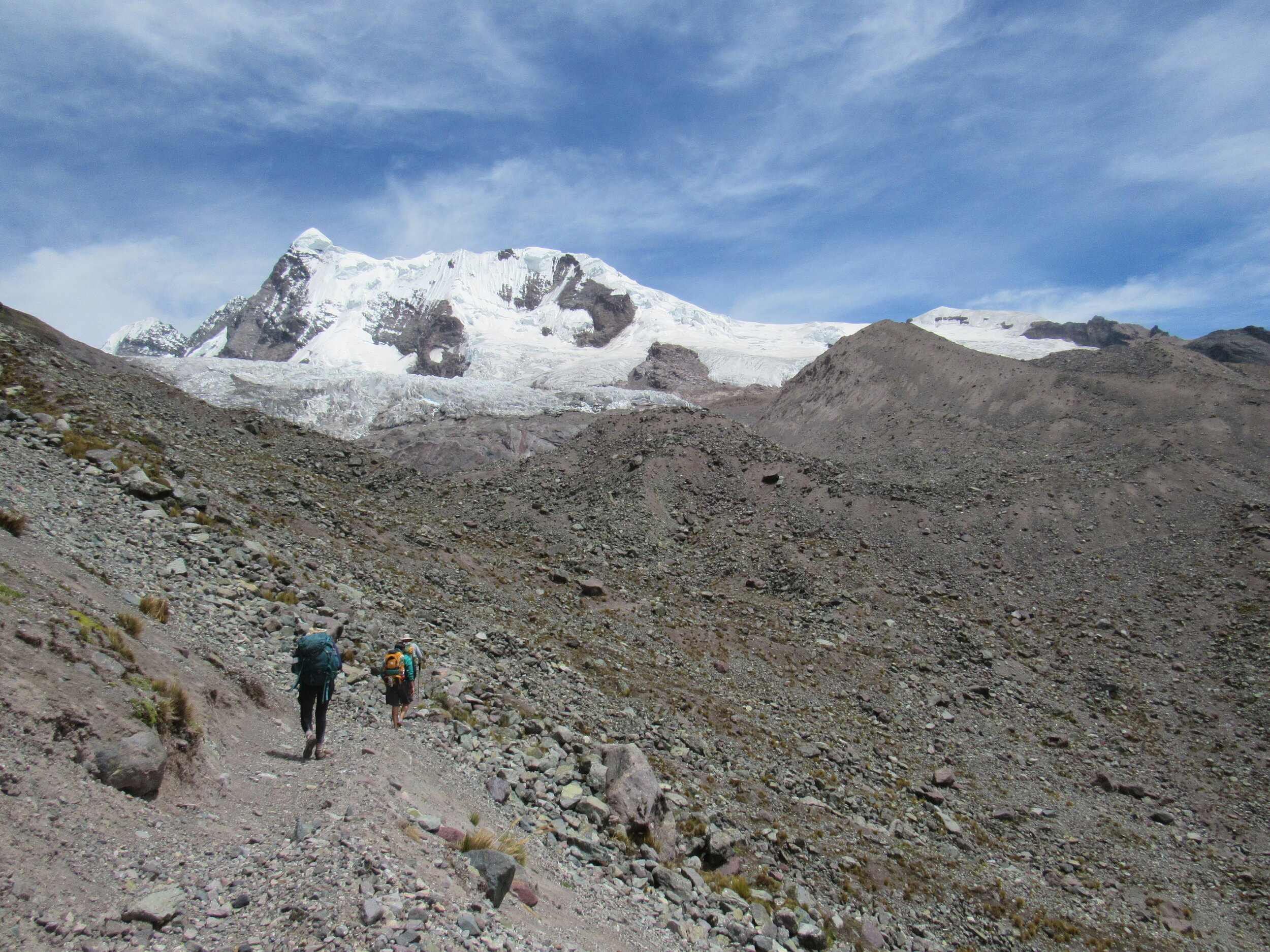
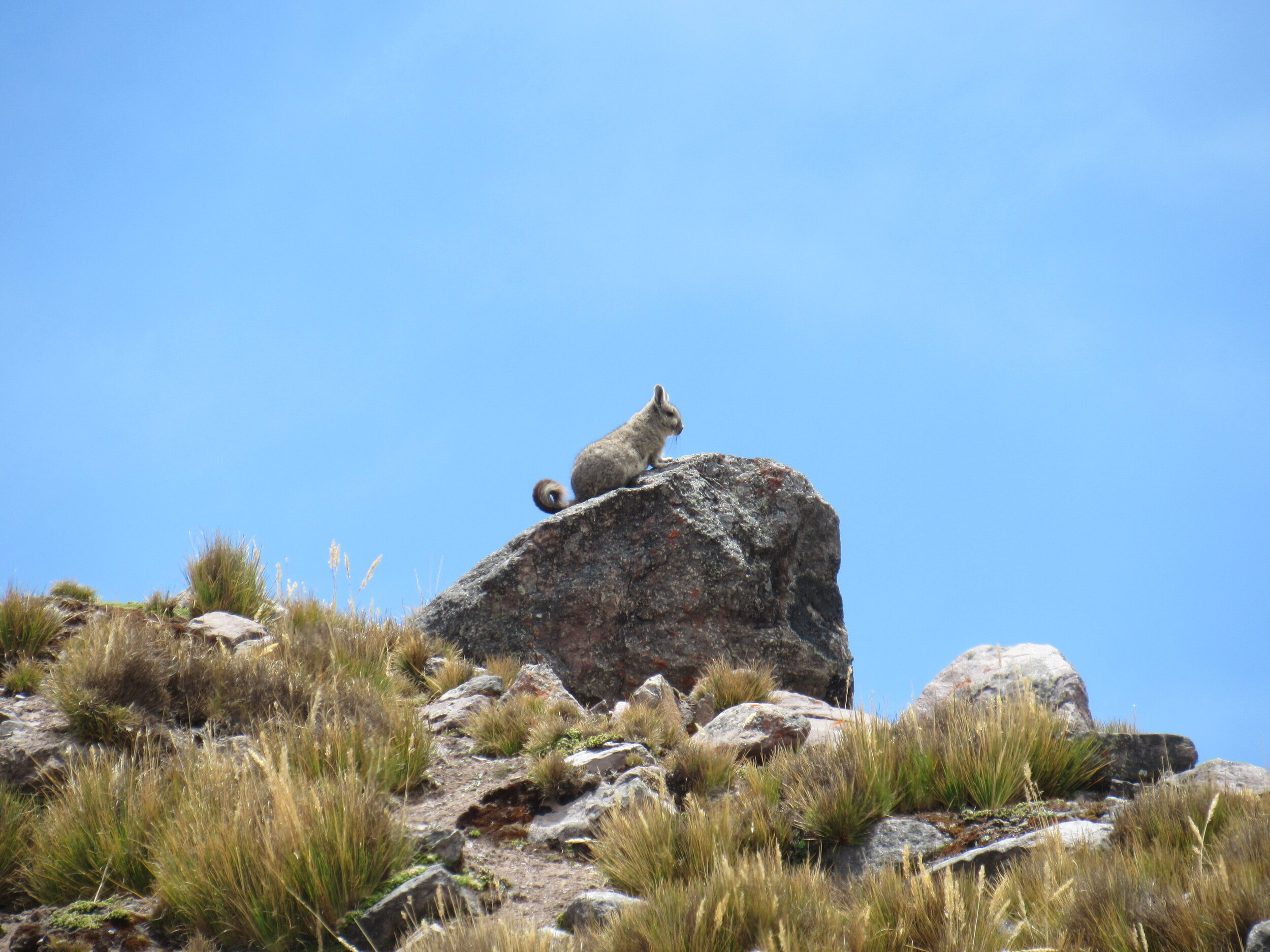
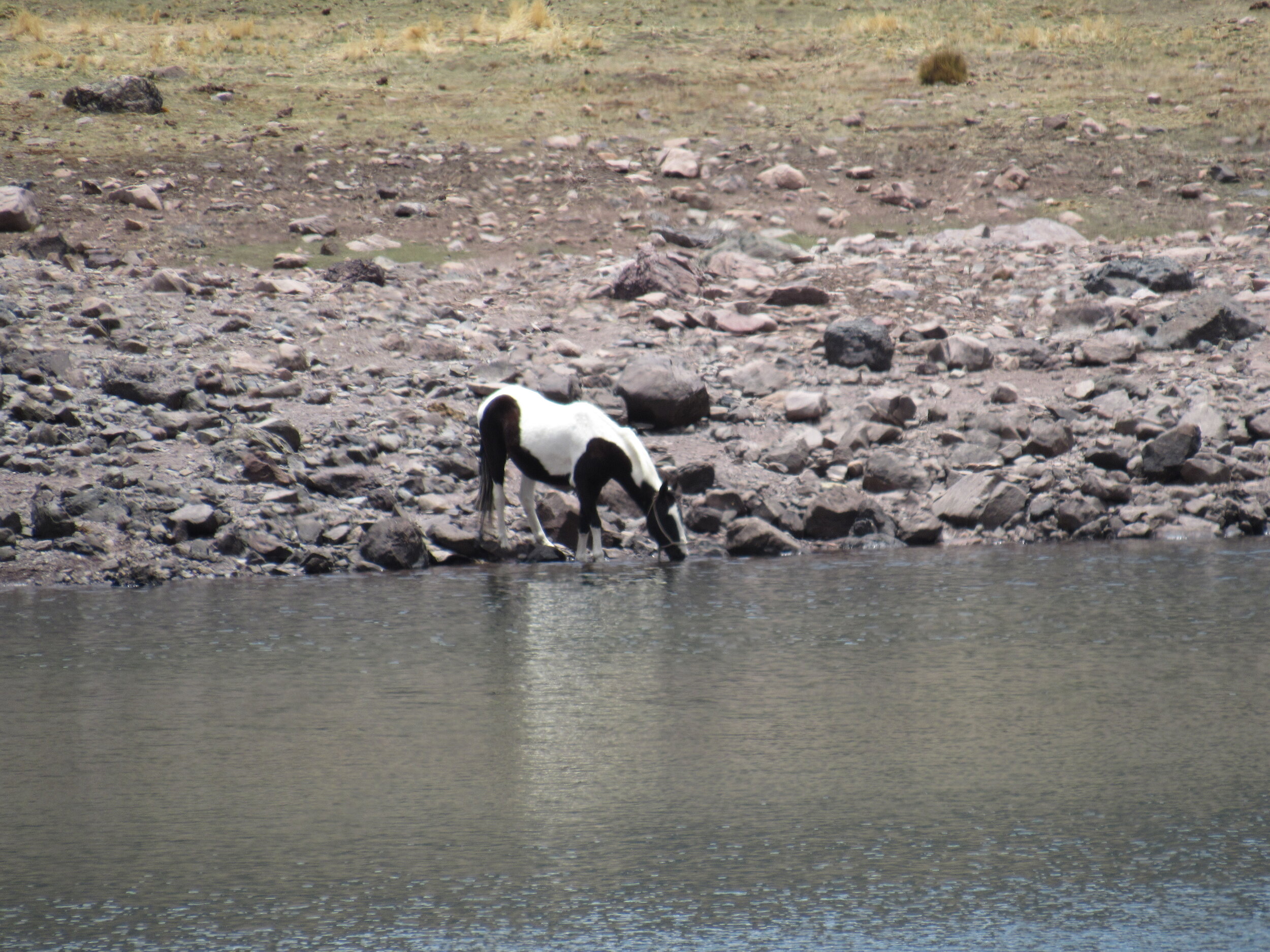
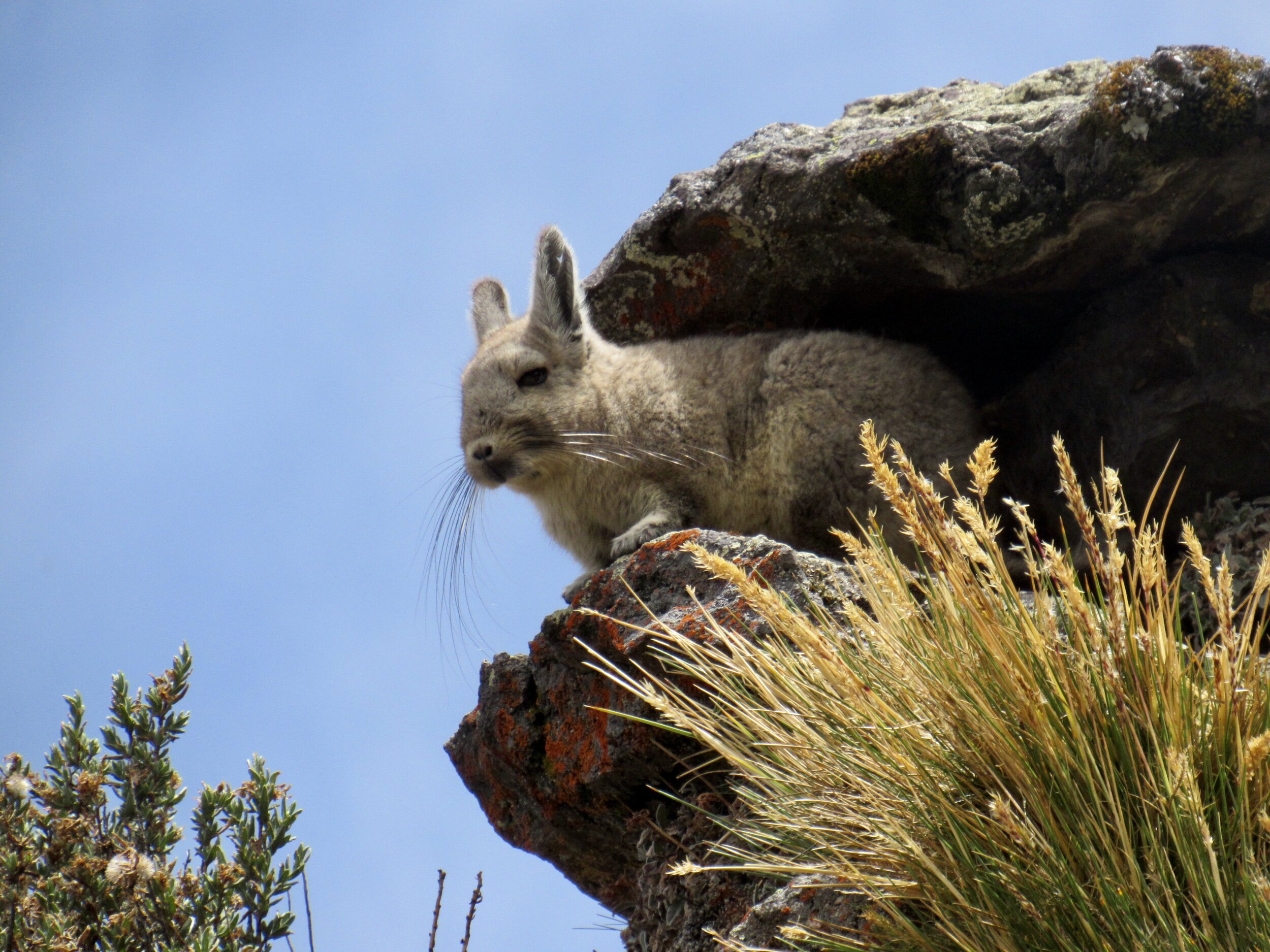
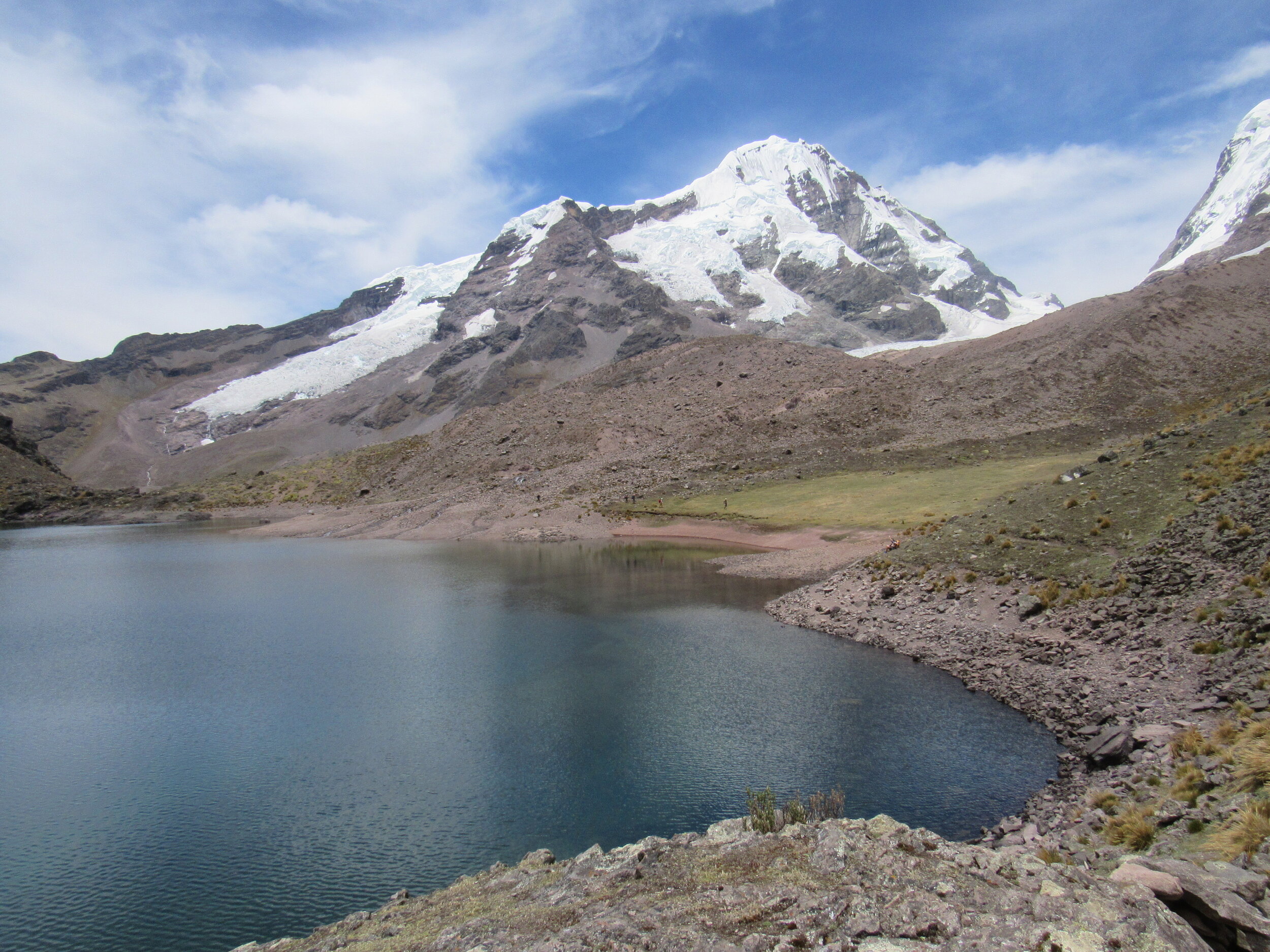
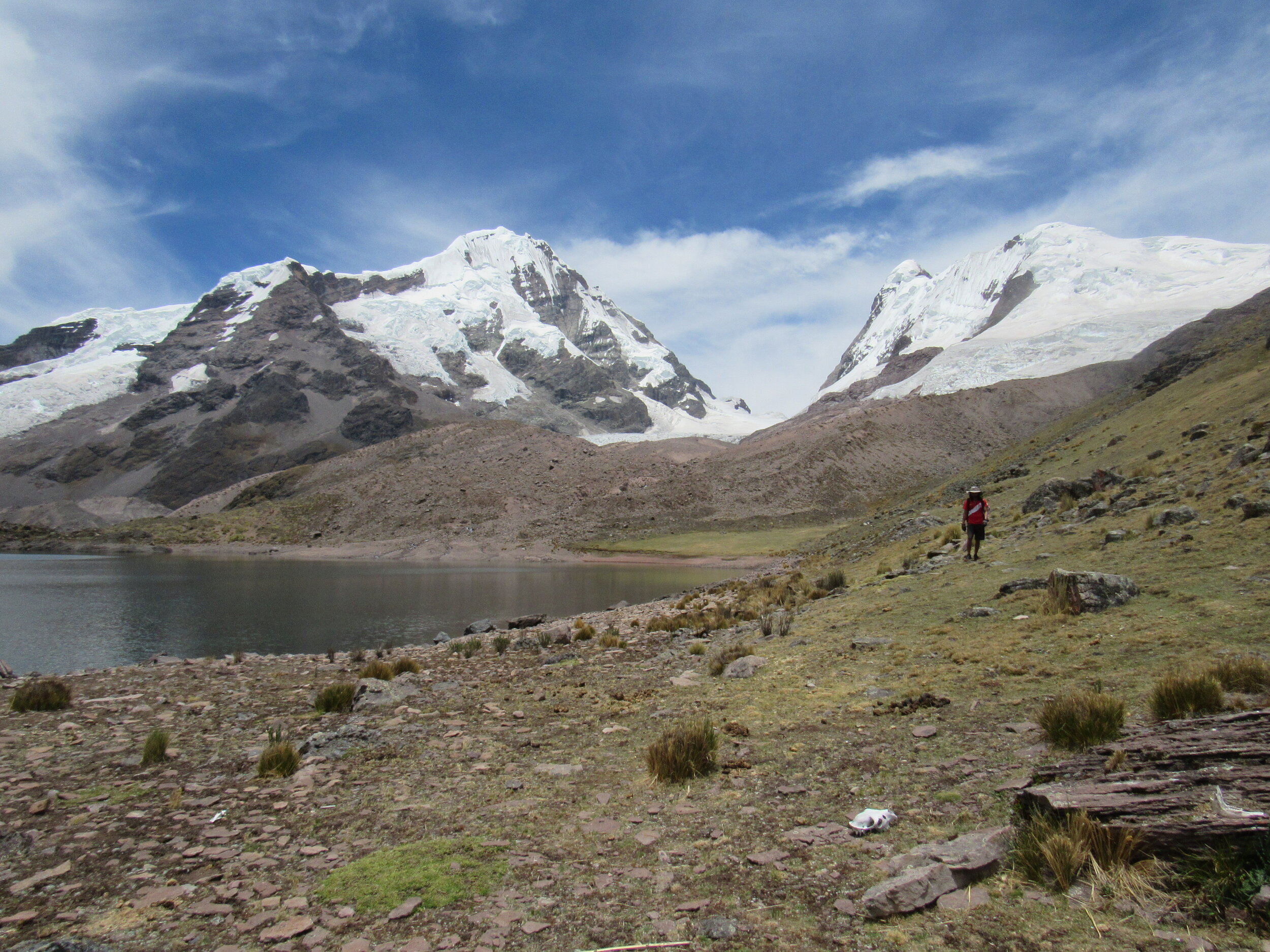
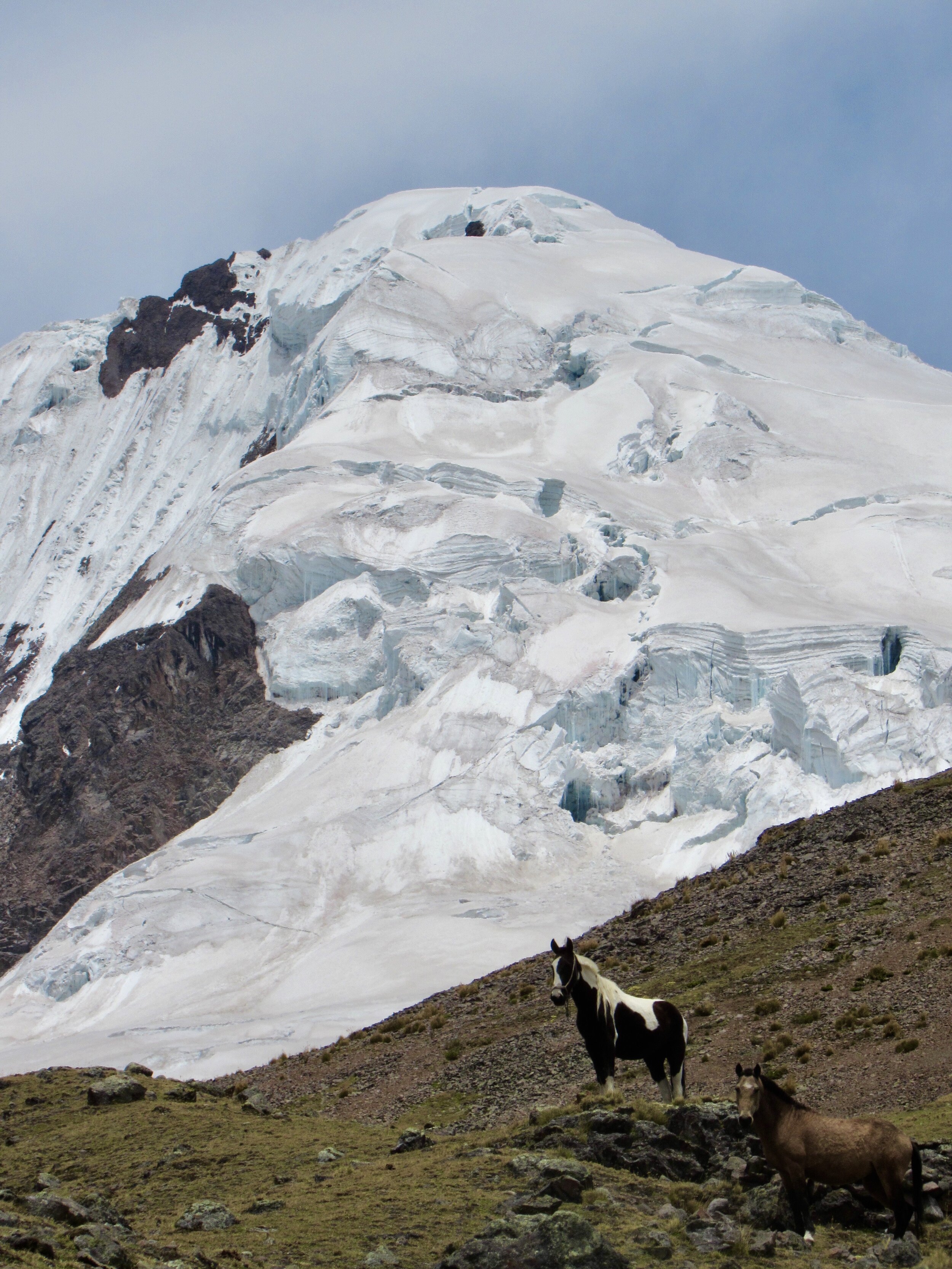
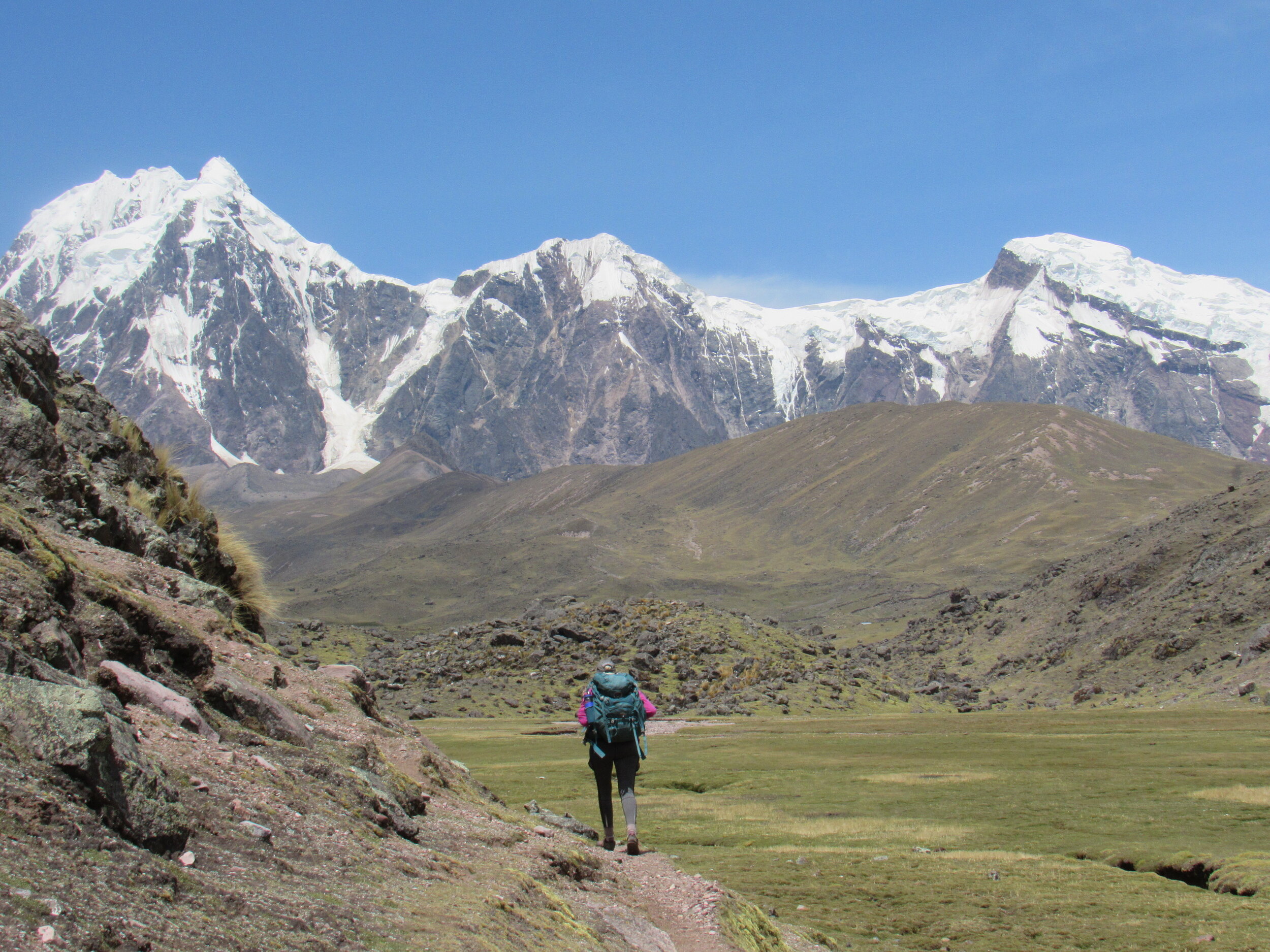
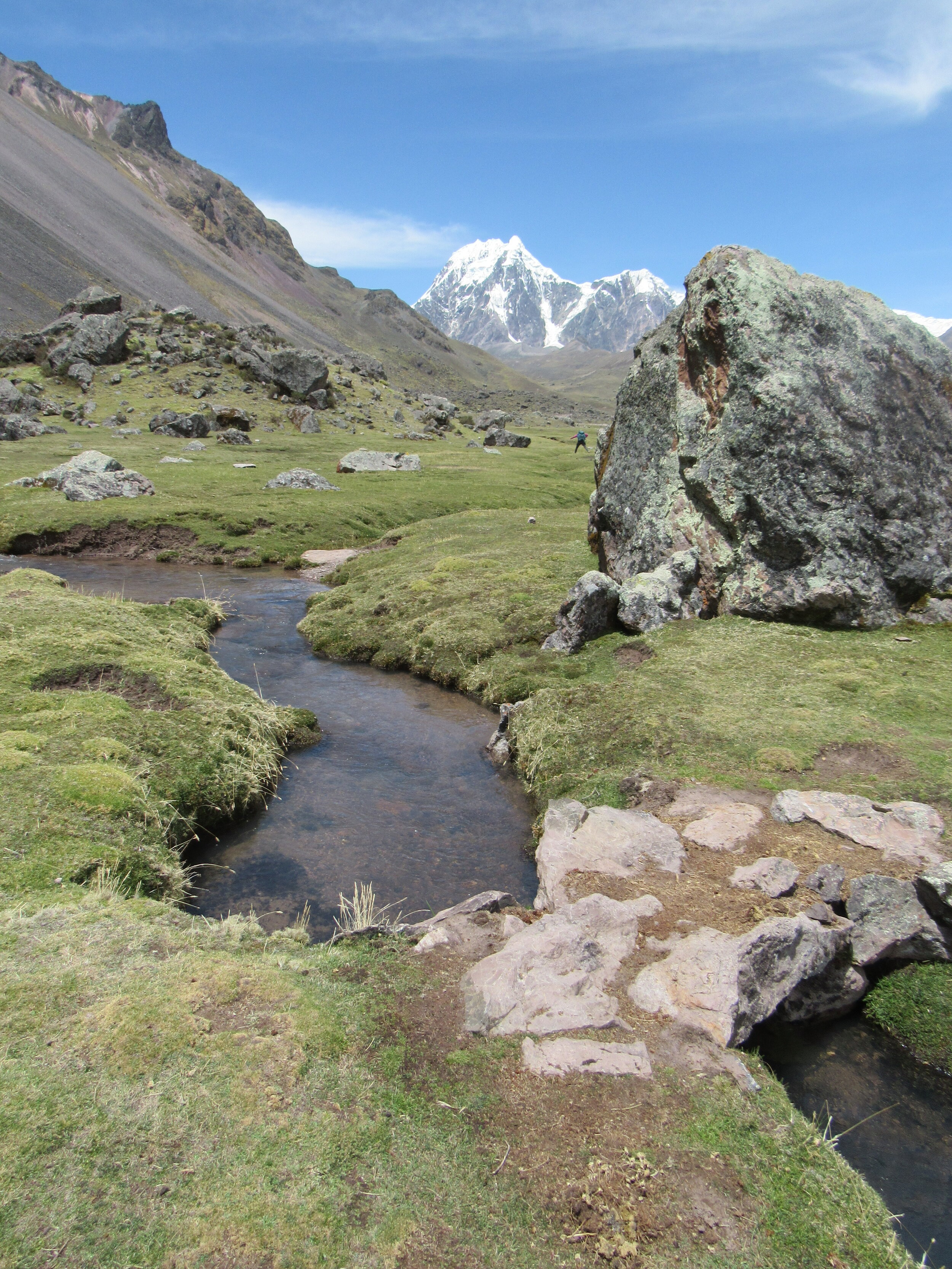
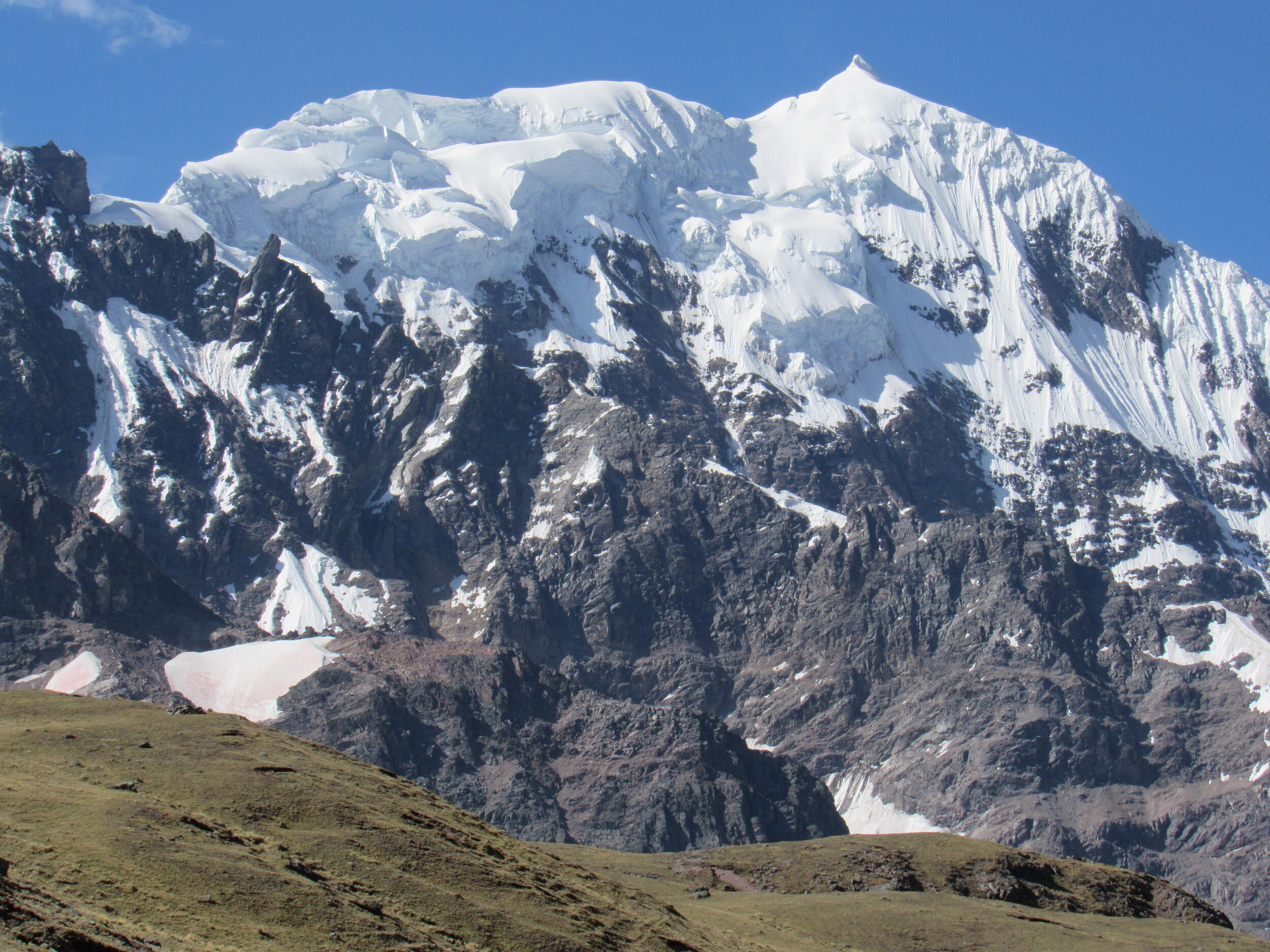
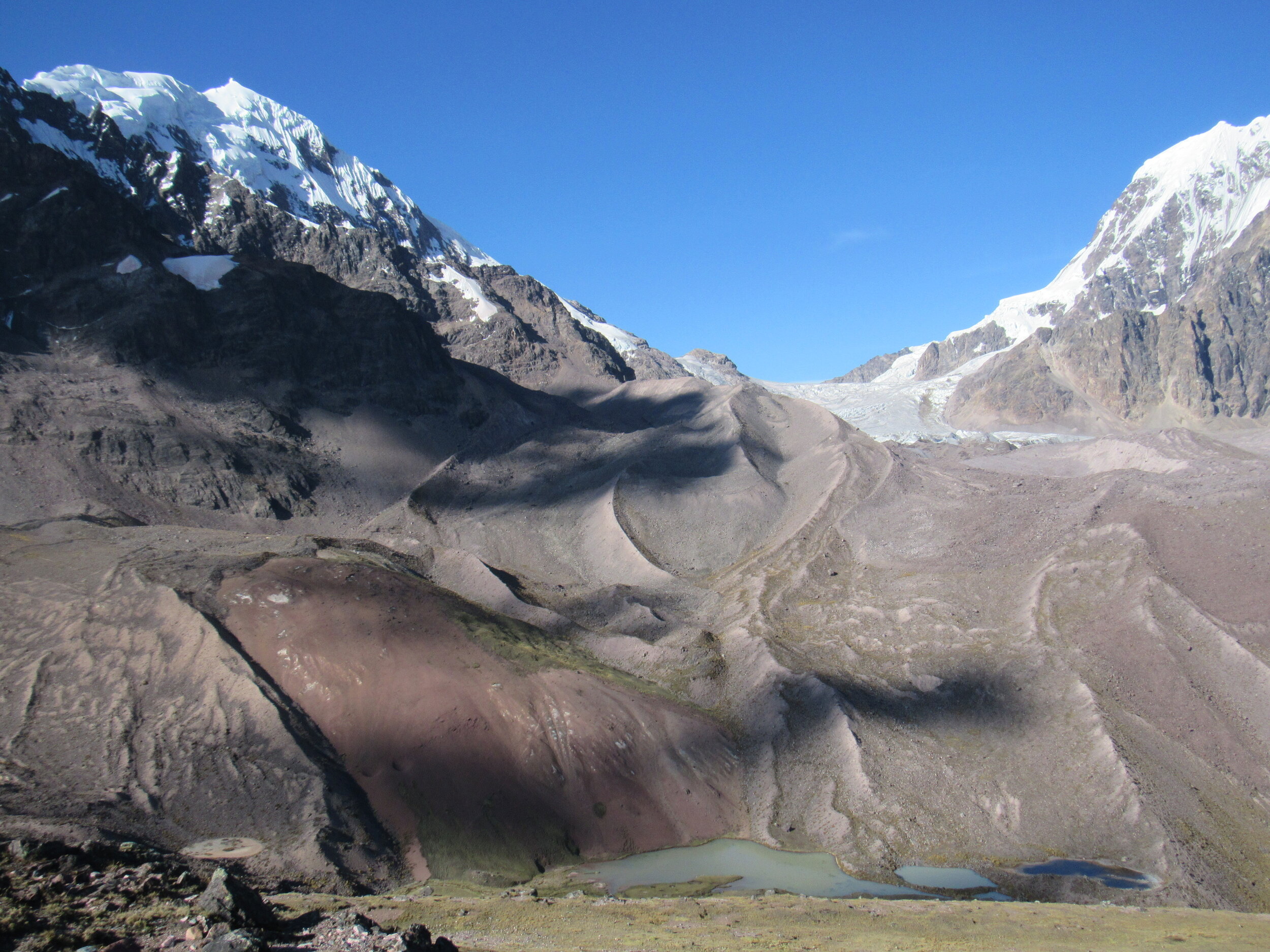
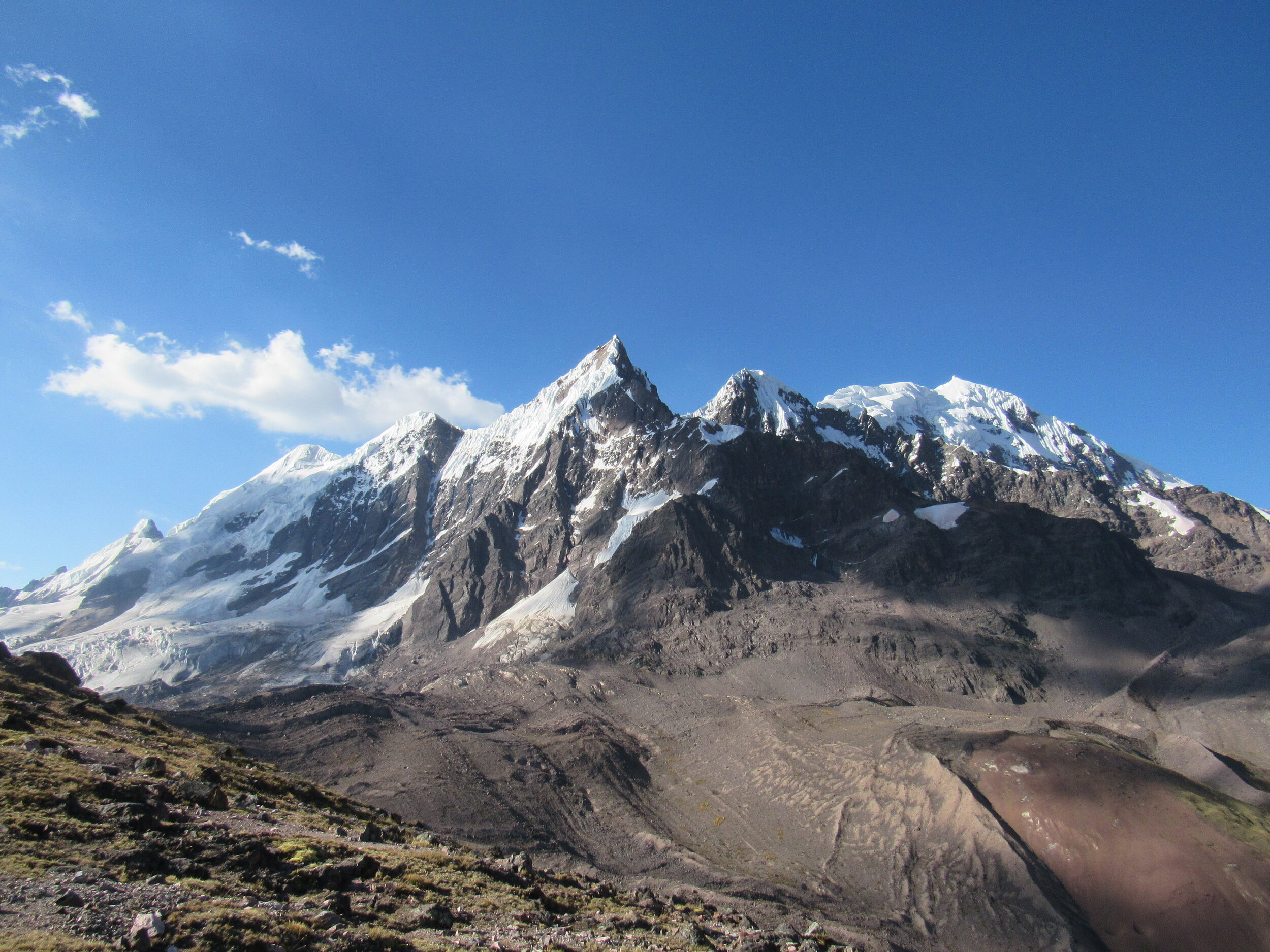
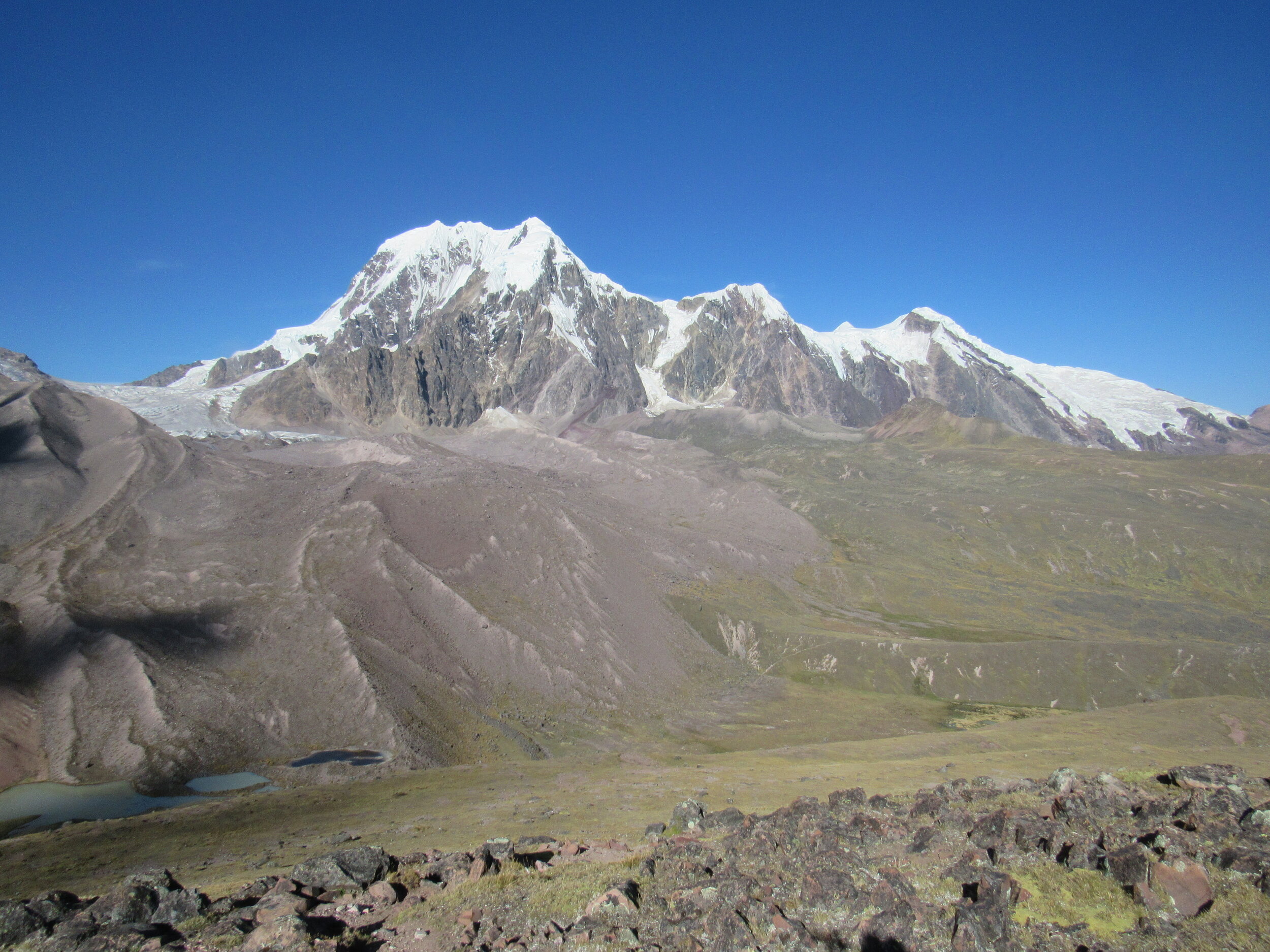
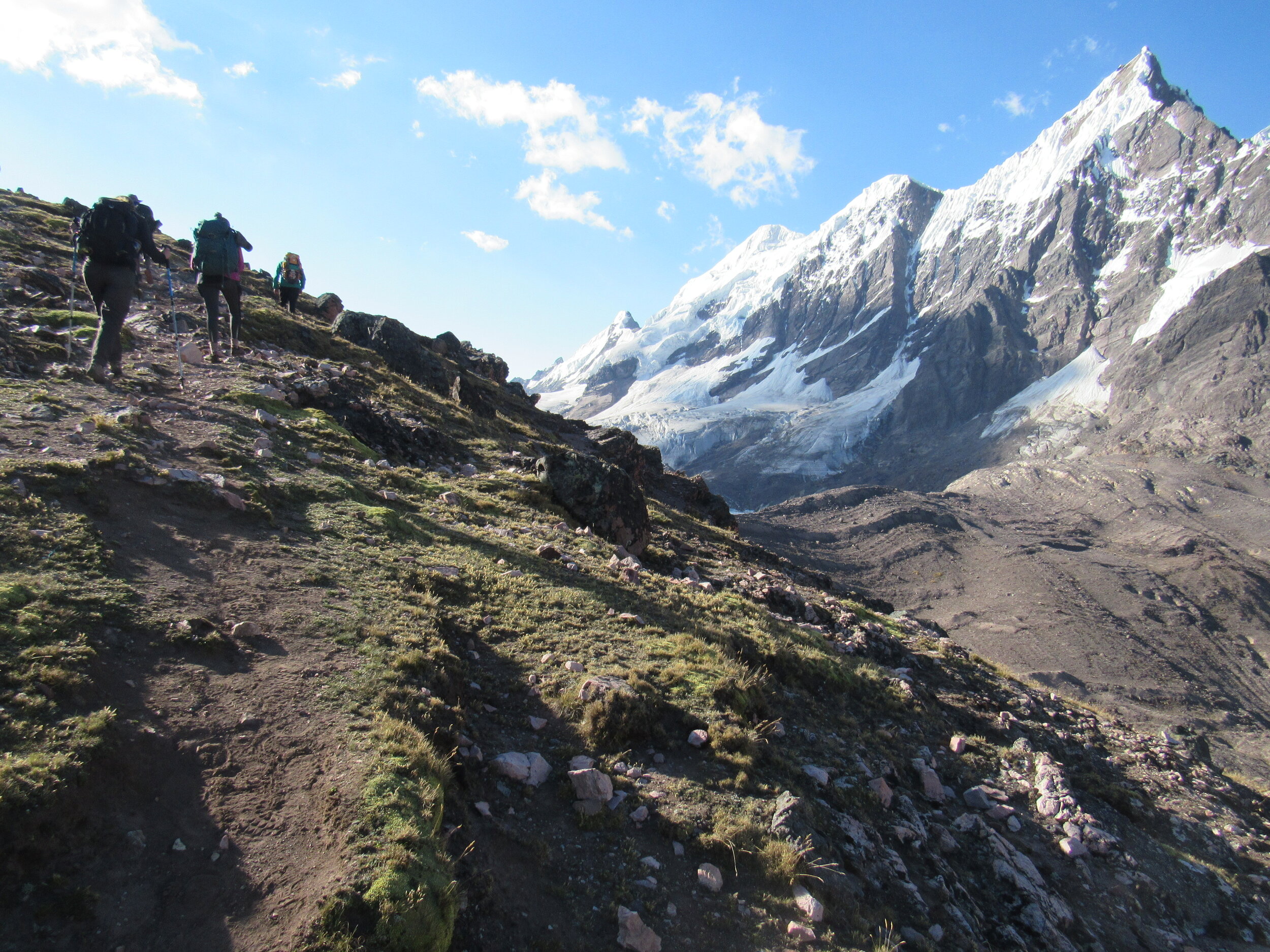

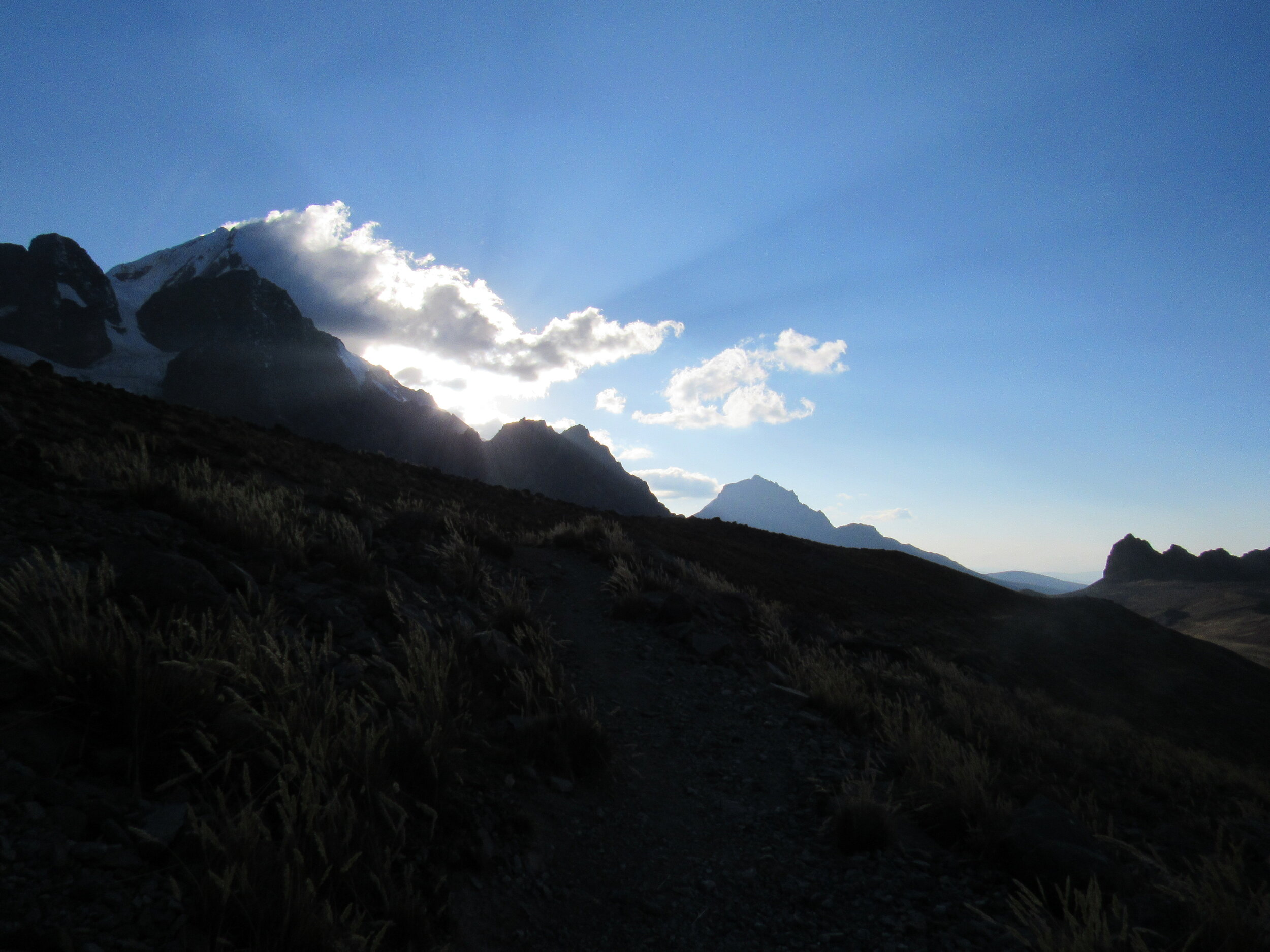
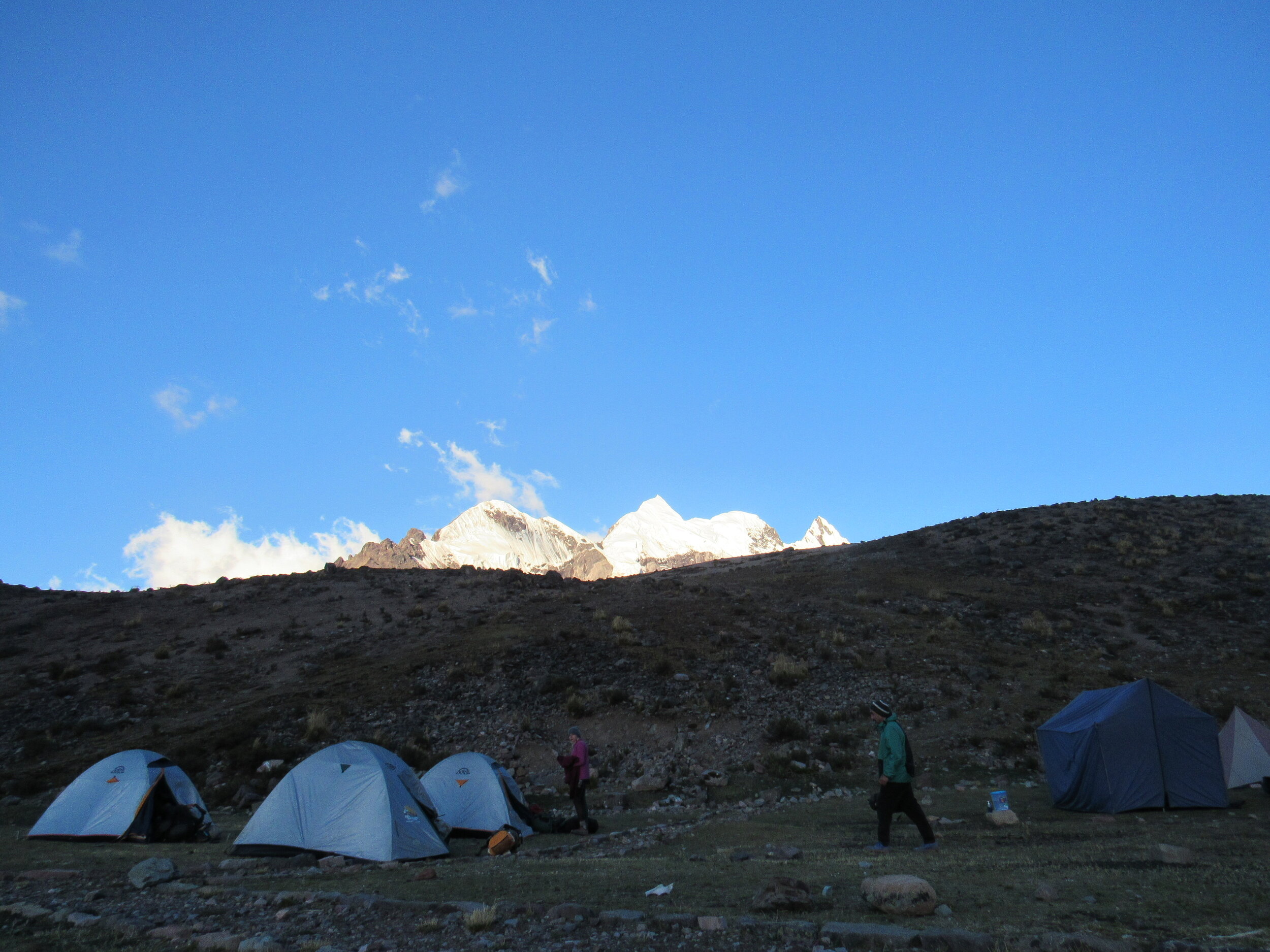
Monday, 23 November, 2020
After another hearty breakfast, we started from camp up to the highest pass of the trek. Palomany Pass is at 5,200 meters, which is just over 17,000 feet above sea level. It’s definitely the highest I’ve walked to, though I was at over 17,000 feet in 2013 on a road trip near Arequipa.
I am so thankful that not only did we have perfect weather, I felt really good. I didn’t feel any of the usual altitude sickness symptoms of headache or nausea. I didn’t even feel tired and made it to the top a good 10 to 15 minutes before anybody else. I had time to take photos with my camera, selfies with my phone and eat some chocolate before the rest of the group joined me.
The sun is so strong at that altitude - especially so close to the equator. With no clouds and no wind, it actually felt warm up there, though that altitude is almost always very cold. We were higher than some parts of the glacier, which we could see on both sides of the pass. My only regret is that two other people in the group saw a vicuña, but I missed it.
Vicuña are a protected wild species of camelids. They’re related to llama and alpaca, but have much shorter fur and are all a light brown color, similar to a deer. Both llama and alpaca come in several shades of brown; everything from white to black. Vicuña grow a big puffy pompom of white fur on their chest, which is one of the softest furs in the world. It’s similar in softness to chinchilla or rabbit, though it is much warmer. Vicuña also are adorable because they all have giant eyes, like babies.
We didn’t actually see any other vicuña on the trip, probably for two reasons. First, they are illegally hunted and their population is declining, despite being both protected by the government and considered sacred in traditional Andean beliefs. Second, this is the time of year when they are legally gathered by indigenous Quechua families to harvest the fur. They are not hunted or trapped, but rather bunched together by long lines of people clapping and singing. It’s a beautiful tradition, called chaccu, that goes back hundreds of years before the Spanish invasion. Now, government regulations require veterinarians to be present both to check the wild animals for disease and in case any are injured in the process.
Even though I felt great in the morning, an hour before lunchtime I was ready to lay on my back, with my feet up on my backpack and not walk anymore. After we left Palomany Pass, we descended to a beautiful lake named Surococha. I saw a condor, lots of vizcachas and a few horses, but no vicuña or puma. After Surococha, we walked through wide meadows in a classically U shaped glacial valley. It was a completely different landscape than the bare slopes of stone up near the pass.
After lunch is kind of a blur. I know that we walked another five hours, which felt like ten. Since we circled the peak counter clockwise, my left ankle got very tired of always being the uphill ankle. The trail after lunch was uneven, with lots of loose rocks, since mostly we were following dozens of interconnected alpaca trails that crisscross the mountainside. Since we were walking on the east side of the mountain, that late in the afternoon the sun was on the opposite side and we were walking in shadow. It got very cold, very quickly, and I was happy to have my down jacket, hat and mittens in my backpack. Thankfully, the weather stayed clear and we didn’t even have much wind to deal with. Dinner was ready when we got to camp and I crashed almost immediately after dinner. I was probably asleep around 8:00.

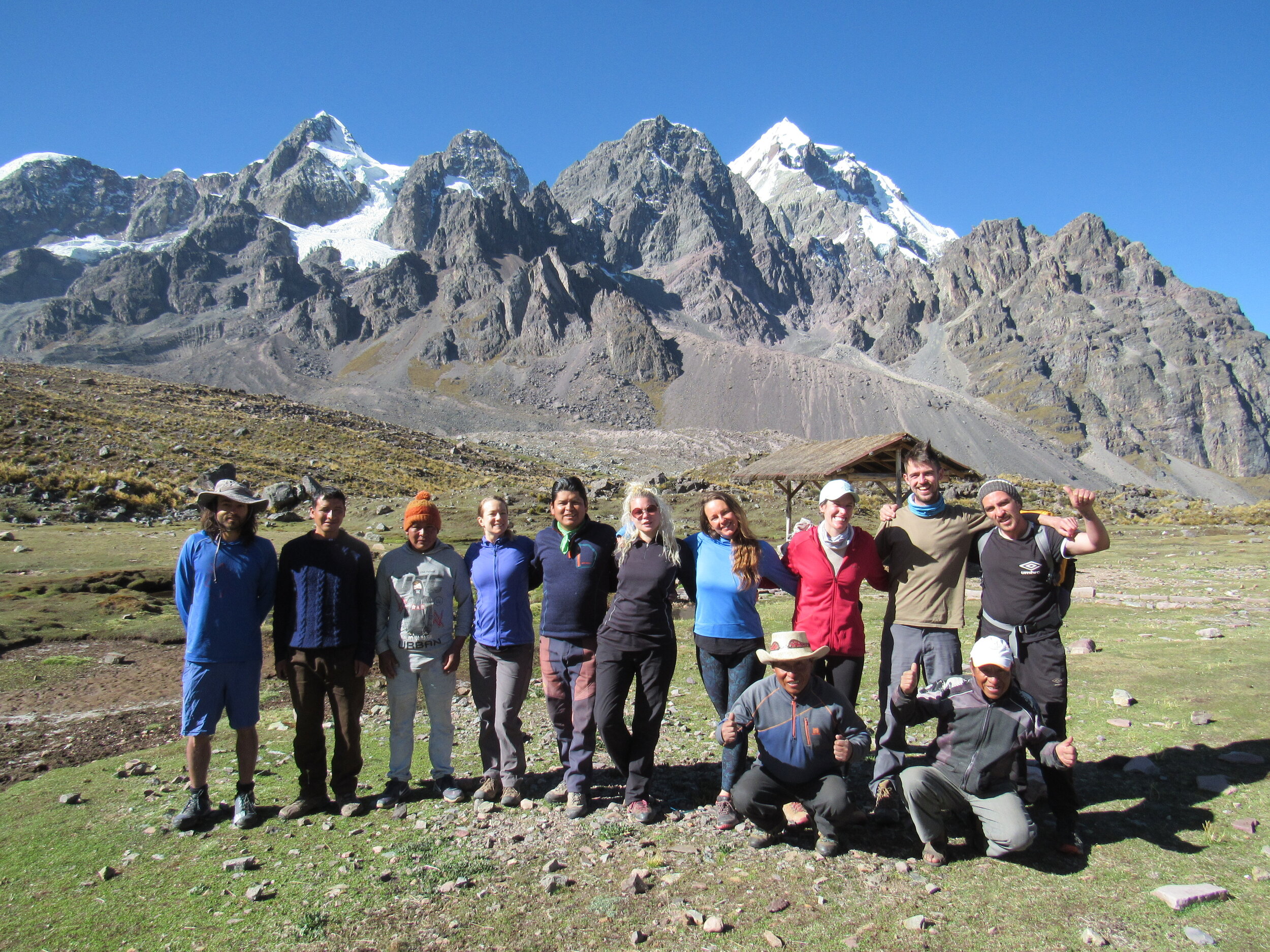
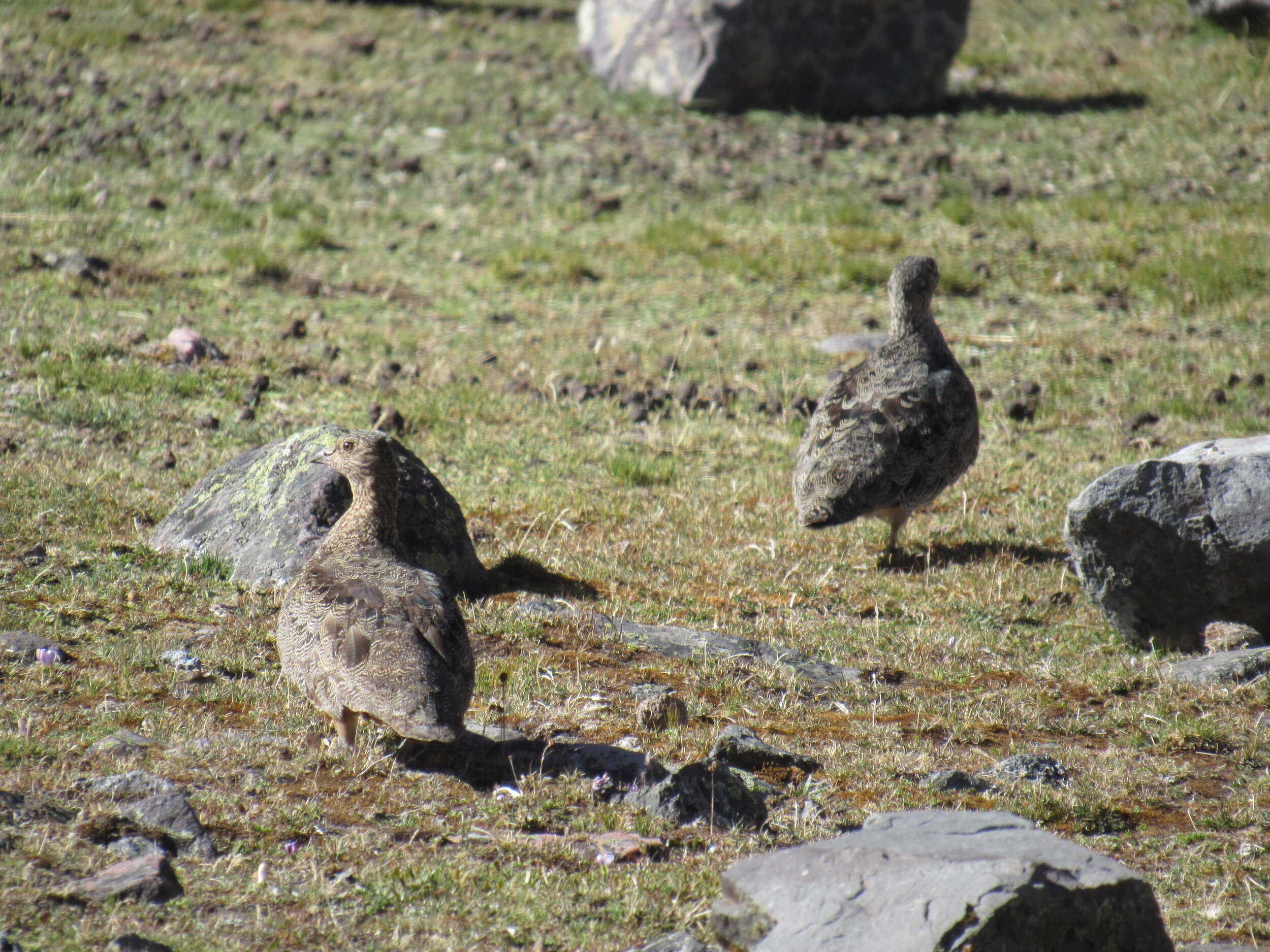
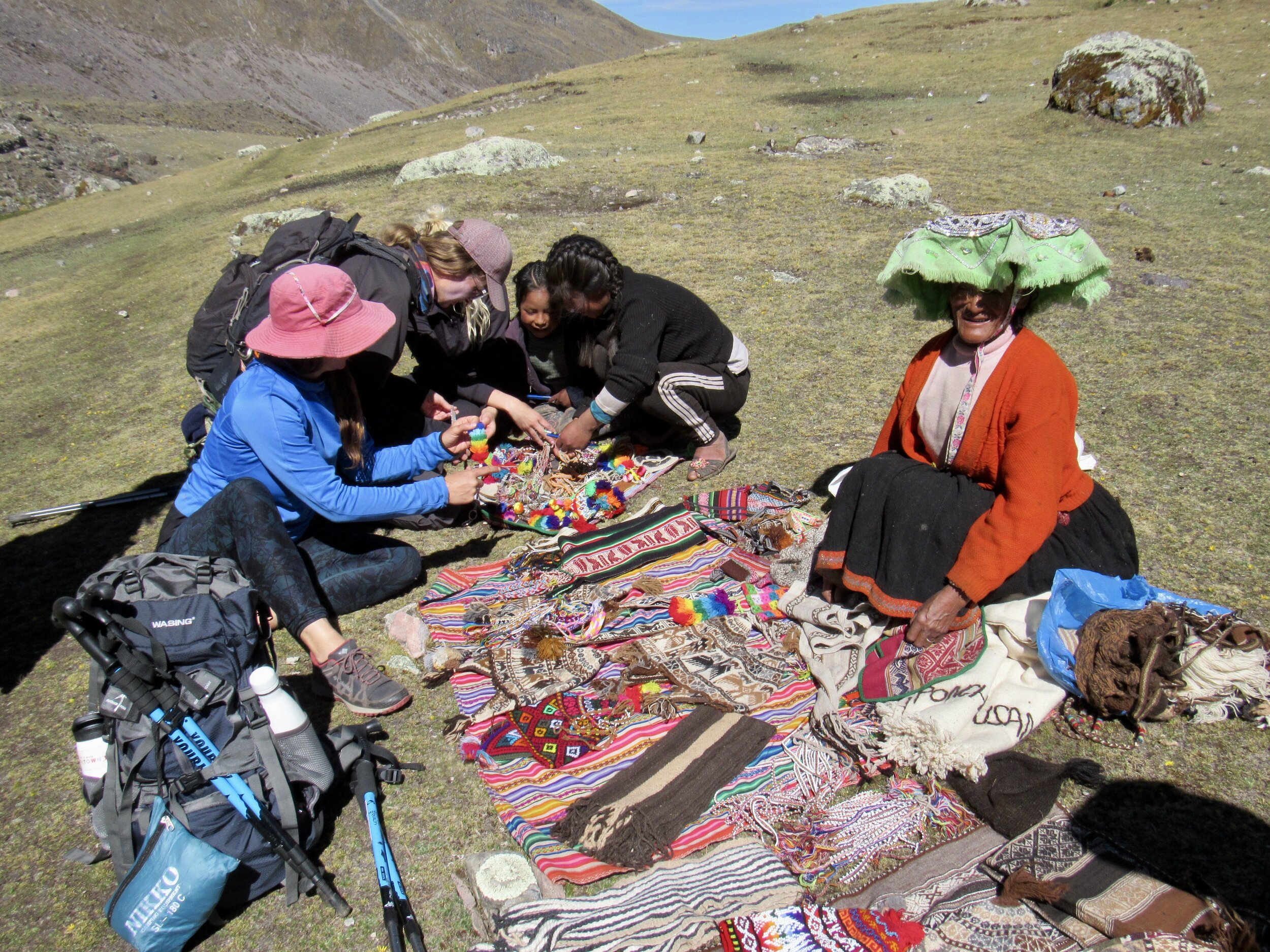
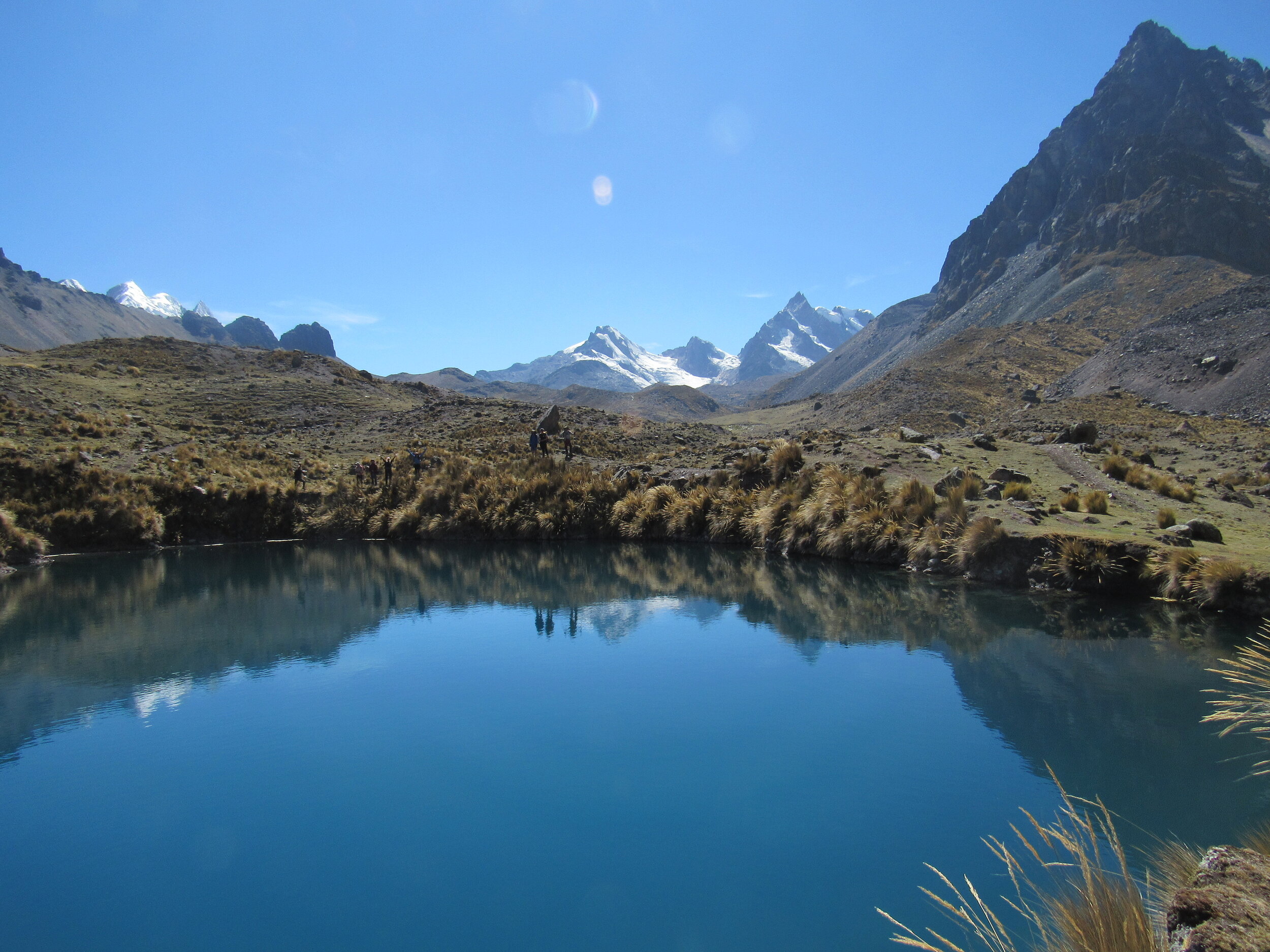
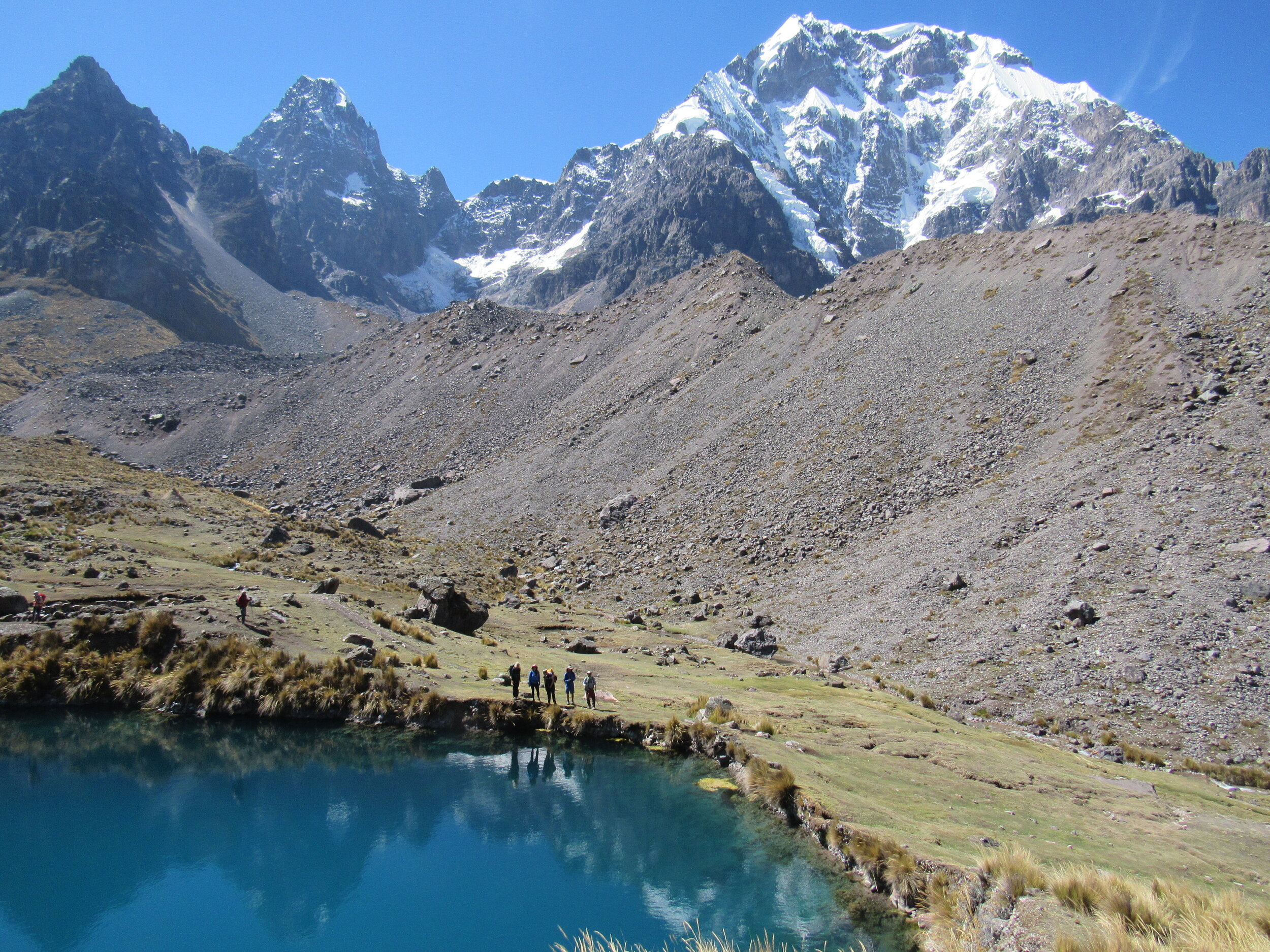
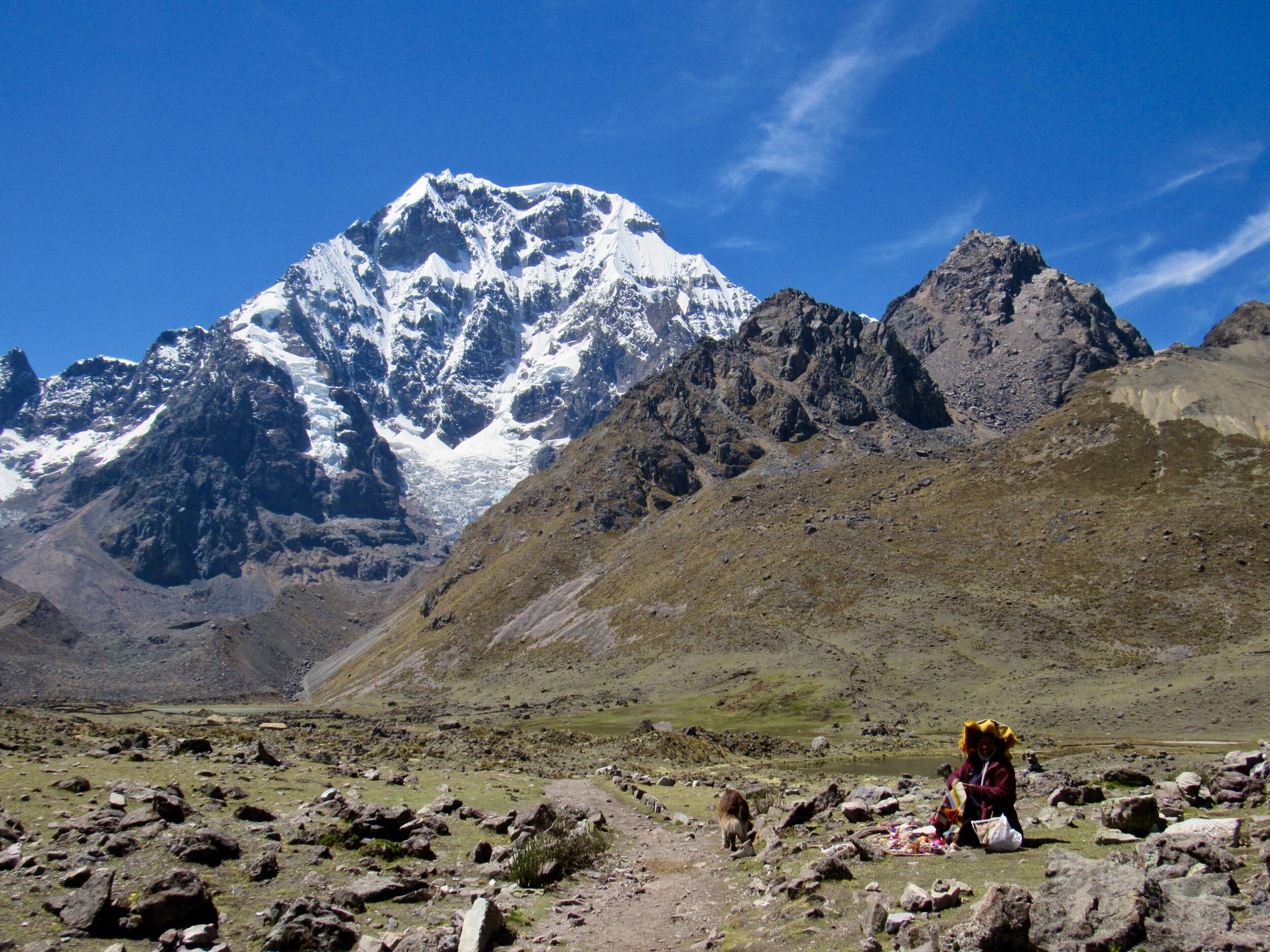
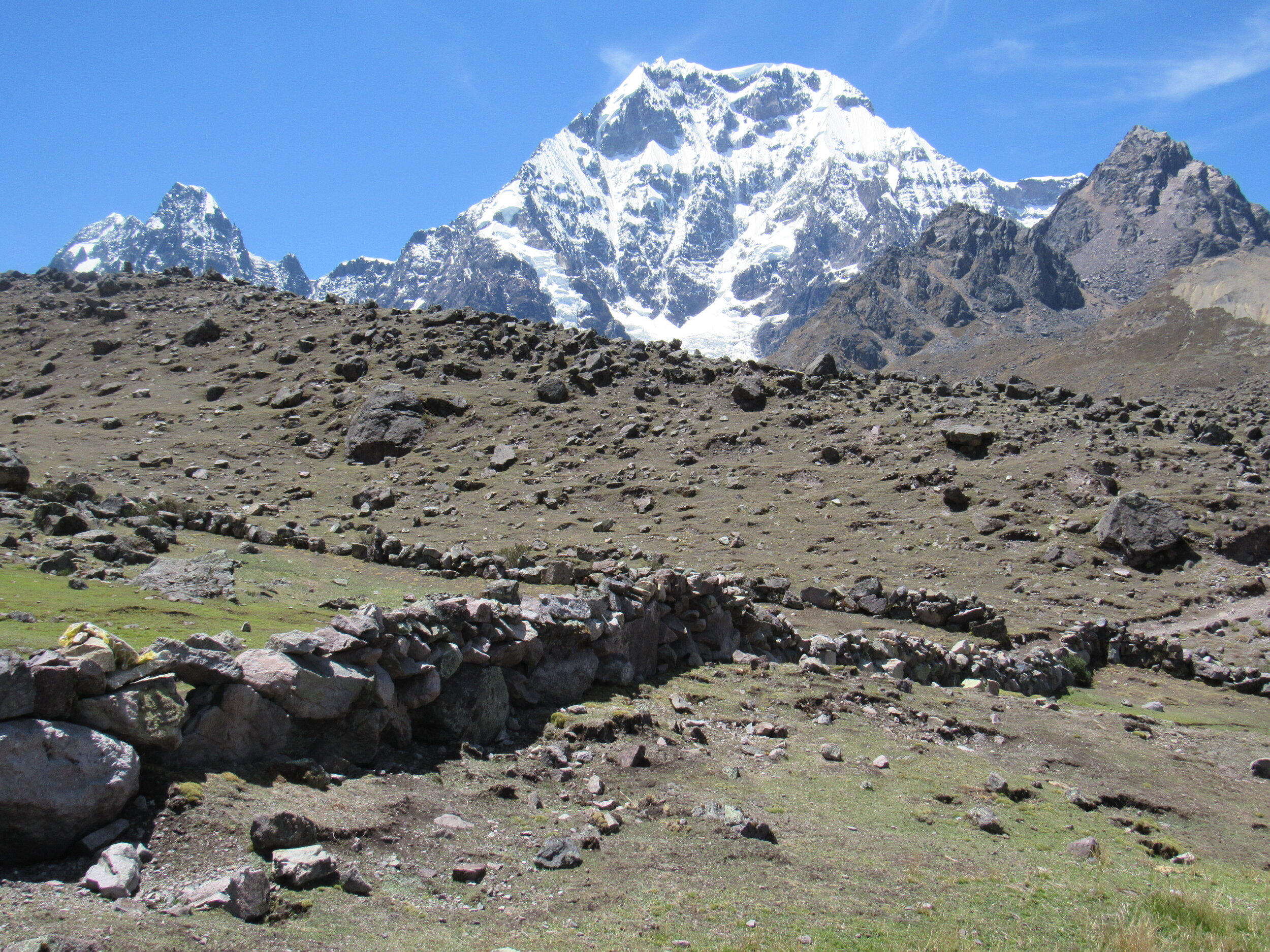
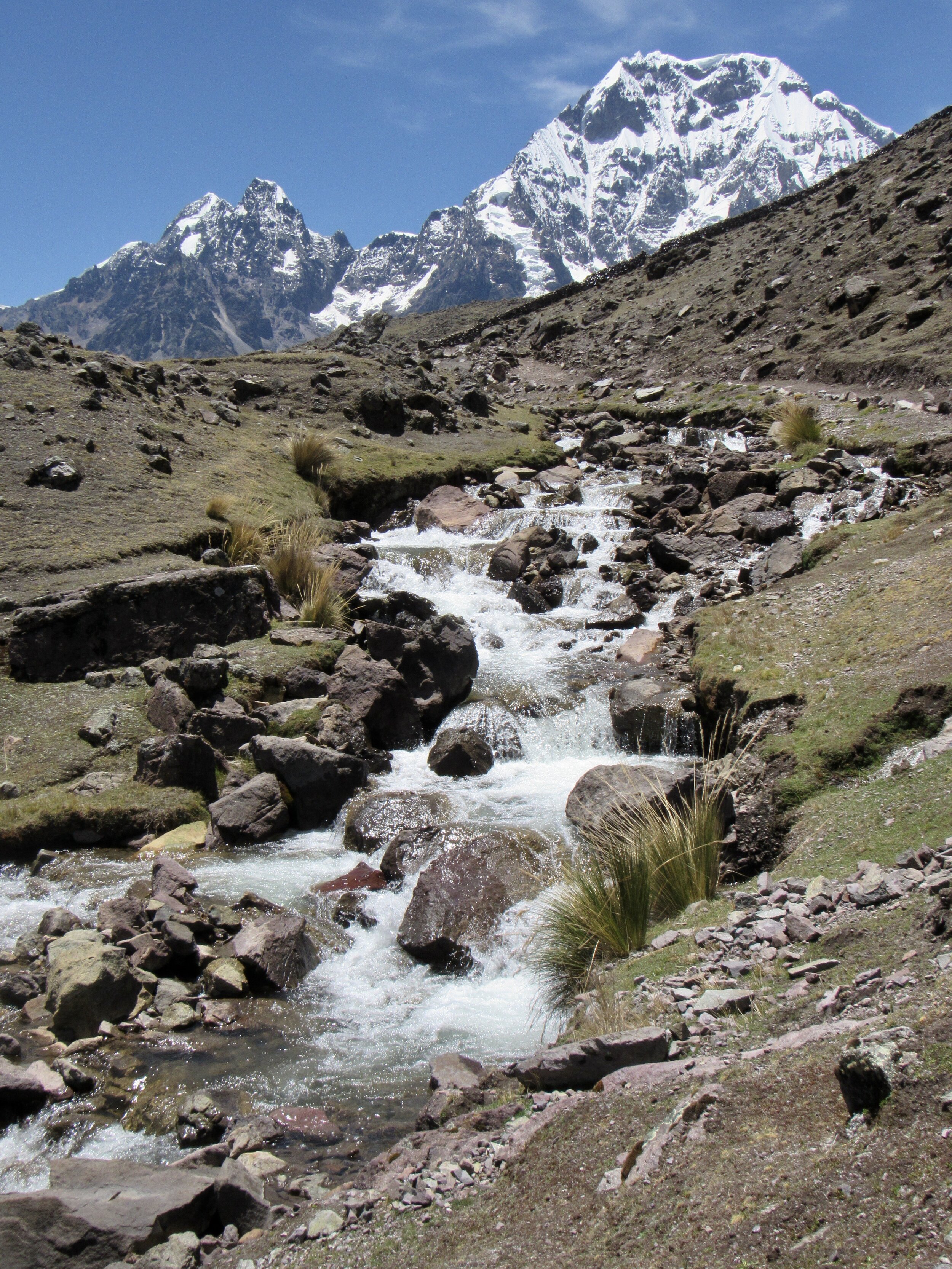
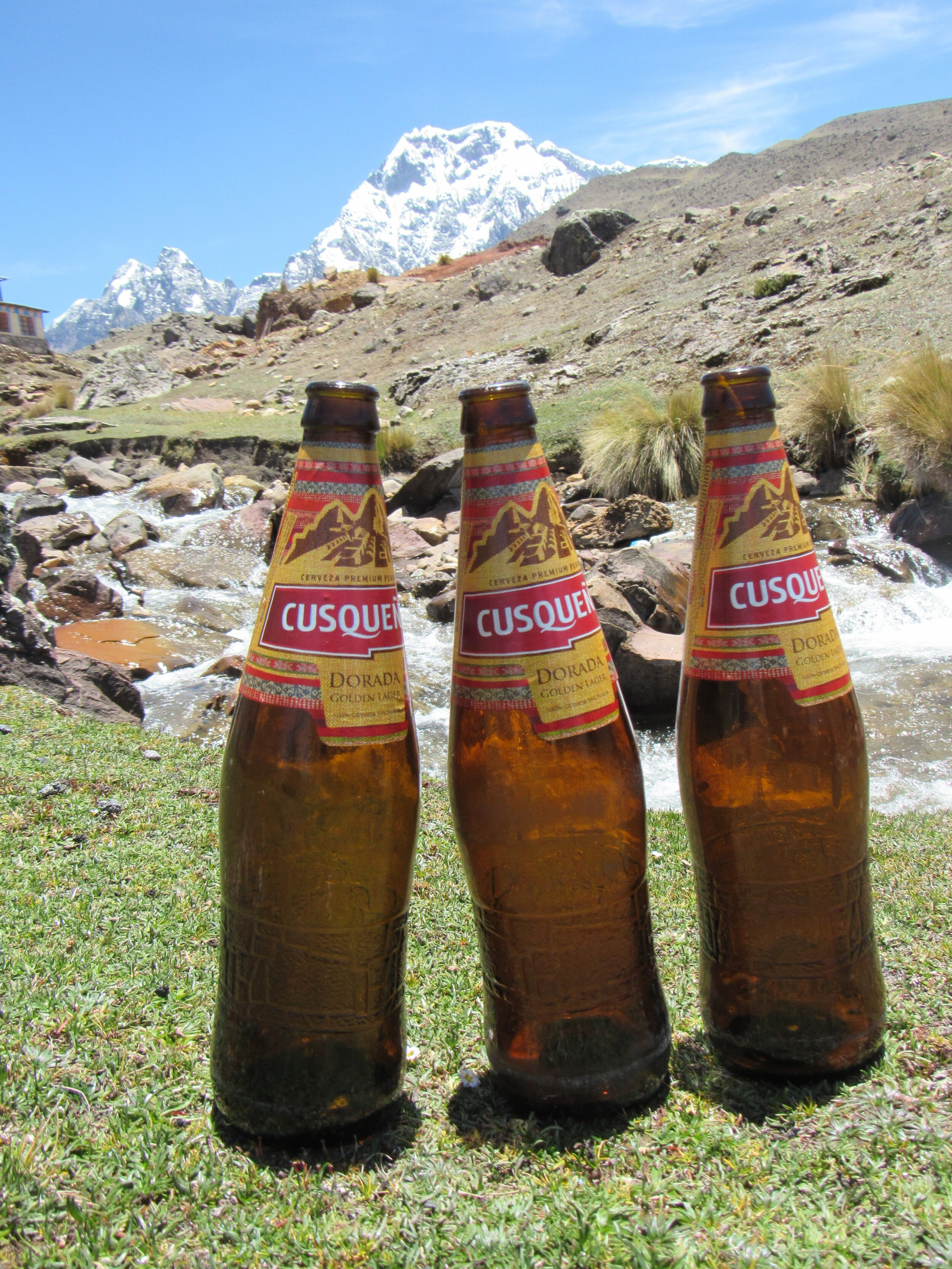
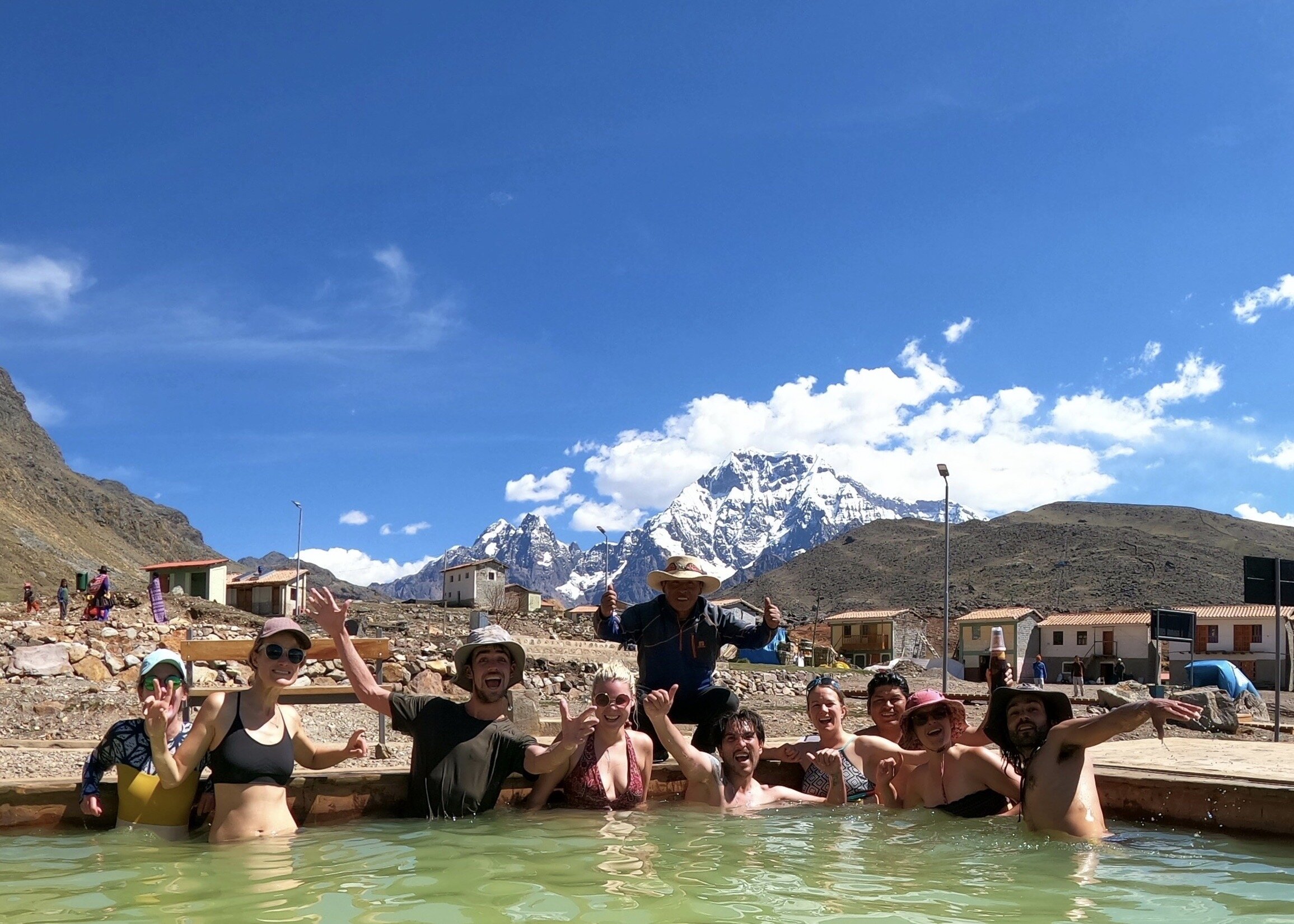
Tuesday, 24 November, 2020
We were all so tired last night that we all fell asleep early, which meant that most of us were up and enjoying a hot cup of coca tea as soon as the sunlight hit our tents at about 5:30. Nobody seemed particularly tired, even after how far we hiked yesterday, probably because we were all very motivated to get to the hot springs at Pacchanta (the double c means that you pronounce it pac-chanta).
The trail today was a gentle downhill, getting increasingly closer to habitation. We started seeing older women sitting on the side of the trail, knitting and waiting for us. As the first group to hike the four day loop since the pandemic started, I was surprised that they were there. I asked Auqui if they knew that we were coming and he said that word spreads fast in the mountains. Somebody saw our camp being set up last night and probably the word spread down the valley.
Most tourists are happy to buy souvenirs directly from the people who make them. Buying a scarf or decorative weaving from the woman who raised the alpaca, sheared the wool, spun the yarn and knit the item is true fair trade in my book. Unfortunately, everybody in our group has lived in Cusco long enough that we all have baby alpaca scarves and more bracelets than we can wear. I did buy a small blanket, which is incredibly intricately woven but beyond a few bracelets, nobody else bought anything from any of the women along the trail.
We had prepared for this though, and had school supplies to give to them, as well as dried fruit and nuts. All of these items are very difficult to buy for people living so high in the mountains. Even if we weren’t going to buy anything, at least we could give them something to help in such difficult times.
We also asked them how their children were getting education this year. In March, the president of Peru, who until recently was Martin Vizcarra, declared that for the 2020 academic year, all students and all teachers would stay home. Not even everybody in cities in Peru has access to the internet, so the national curriculum is accessible online but also broadcast on national public tv channels and radio stations. This high up in the mountains, there aren’t even any radio signals, and the children have to hike down an hour or two to get somewhere that has a radio signal.
One of the children also told us that since so many families don’t have radio signal or access to tv, that the teachers in the area had organized a rotation so that every child went to school once every two weeks. The teachers would give each student the assignments printed out and collect all of the assignments completed in the past two weeks. I don’t know how students who struggle with the work can possibly get enough help with this system, but it’s better than nothing. At least they are doing everything they can to both keep school going somewhat and to protect these isolated families from getting Covid.
As I’ve written before, none of these families have any access to a pharmacy, government clinic or hospital. The closest town, Ocongate, is five hours walking and another hour on motorcycle or horse from some of these families. There is a small government clinic, but no hospital in Ocongate, and any seriously ill patients would have to be evacuated to Cusco, another four hours by windy mountain road. There are still no cases of Covid in the area we were hiking in and we really can’t let it spread up there.
It was only about four hours of walking slowly, taking photos and stopping to talk with people to get to Pacchanta. We arrived before Gabriel had our lunch ready, so we got drinks and sat in the sun, next to the stream that we had been walking along all morning, since we left camp. We were back on the north side of the mountain and again had the same view that we have from Cusco. Of course, the mountain was much closer and more impressive than when you see it in the distance, looking south from Cusco.
After lunch we soaked in the hot springs and enjoyed our last up close views of Ausangate. There is a cold stream next to the hot springs, so you can hop out and cool off easily. There are at least six pools (I really should have counted) and the caretaker can add more cool water to any of them, if needed. The pools aren’t very big and they seem to assign each group their own pool. In a celebratory mood, we even bought some beer, now that we were back down to about 14,000 feet and in a town that has a road to it. It always impresses me how quickly the human body can adapt to high altitude. Pacchanta actually felt lower to me, after four days hiking at higher altitude.
Eventually we had to put back on our filthy hiking clothes and get in the van. Since we were trying to pack light, I had clean socks and underwear for after the hot springs, but didn’t bring an extra shirt. I wore the same pair of pants all four days and was very much looking forward to having clean clothes to put on the next day.
Everybody else probably was too, but when the van rolled into Cusco, four hours later, we all flinched at the bright lights and loud city noises. I also saw everybody staring at the people in the streets, who of course were wearing masks. Ausangate is so remote that we had actually escaped the global pandemic and it was a shock to find ourselves back in pandemic life again. Cities always feel too loud and too bright after I’ve been in the mountains for several days, but I’ve never come back to a pandemic before and I did feel sad, facing reality again. Like always, I started calculating when I could get out of town again for an extended period of time.
Wednesday, 25 November, 2020
Having a hot shower and sleeping in a bed again last night were really nice, but this morning I’m back in the world of pandemic and politics.
Today the congress in Peru is discussing an idea that’s been kicked around quite a bit this year: taking away the monthly salary that former presidents and congress members receive, for life. The idea seems ludicrous to me, but it has been law since Fujimori basically decided that he and his buddies should get paid even after their terms are up. The law does not make exceptions for those convicted of corruption or even death. Former president Alejandro Toledo is in jail, but still received his monthly salary. Alan Garcia shot himself when police arrived to arrest him for corruption, but his family still receives his monthly salary. As I’ve noted before, when faced with issues about the Peruvian constitution: it was written for politicians, by politicians, with very little regard for the Peruvian people.
Also, today is day 255 of the State of Emergency, which was declared two days after the first case of Covid was diagnosed in Cusco. The current stats aren’t great, but if you compare them to Cusco in August, or to the US right now, it’s not that bad. I wish I could compare us to places like New Zealand, but that’s just unfair for Peru. I’m sticking with “at least it’s not as bad as the US.”
Today in the region of Cusco we have 214 new cases and 2 deaths. That’s down significantly from the average of a thousand new cases throughout August and most of September. In other good news, of Cusco’s 27 ICU beds, now only 20 are full. Back in August it was 26 full with only one available. Our total accumulation has the city of Cusco up to 47,452 cases and 791 deaths. The region is still holding the same gender distribution that we’ve had all along with about 70 percent of deaths being men and only 30 percent women.
So, maybe that is all good news. Maybe some of the most ridiculous parts of the Peruvian constitution, like the salary for life of all former presidents and congress members are going to get corrected. Maybe the pandemic is slowing down in Cusco. Still, it’s hard to come back to that kind of reality after hiking through some of the most beautiful mountains I’ve ever seen.
Thursday, 26 November, 2020
Today is Thanksgiving, my favorite holiday of the year. Due to the pandemic, my parents are having Thanksgiving dinner alone. The friends they usually celebrate Thanksgiving with are having dinner alone. None of my cousins are going to have Thanksgiving with their parents. I’m certainly not going anywhere.
The CDC has recommended that we not travel for Thanksgiving and announced that “celebrating virtually or with the people you live with is the safest choice this Thanksgiving.” I am obviously not traveling, but I am breaking the rules by inviting over one person for Thanksgiving this year. Her name is Sarah and she lives alone, which makes her relatively safe. Even better, she lives in almost total isolation because she’s here in Cusco to have somewhere to hole up and write her dissertation on disaster preparation, based on her research from Hurricane Sandy.
I spent most of the morning making an apple pie, which I haven’t made in a while. In April I was making one almost every week, stress-baking during the most restrictive part of the quarantine. This morning I discovered that it’s not apple season anymore. Granny Smith apples aren’t grown in Peru, but it used to be easy to find ones imported from Chile. Today it was almost impossible and the ones I did find didn’t look very good. Thankfully, once they’re peeled and put in the pie, nobody will ever notice.
Sarah brought just about everything else, from roast chicken and potatoes to salad and wine. It was a far cry from the elaborate spread I got used to for Thanksgiving in the US and even a significant step down from my last Thanksgiving here in Cusco, but it was still Thanksgiving. We still had a lovely time and it was comforting to be able to hang on to at least part of the tradition, despite being in a different country and despite the pandemic.
Friday, 27 November, 2020
Today I tried to focus on organizing everything for the Covid Relief Project’s village visits in December. We’re planning on going to a village each Saturday: December 5, 12 and 19. So far, I have raised enough money to go to the first two villages and am almost halfway to what we need for the third. I’ve been sending out requests to past donors to send donations next week, on Giving Tuesday.
I emailed everybody on November 1st and on Thanksgiving, basically giving information about what we’re planning in December and asking them to donate on Tuesday. Enough people have sent money in response to those emails that at least I have enough for December 5th and 12th. That gives me time to get the rest of the donations before I have to prepare for the 19th.
It’s fun and exciting to be focusing on the Covid Relief Project again. We pretty much stopped at the end of August, because Covid cases were spiking through the roof and I think my donor base was tapped out. Now, with infection rates slowing and a bigger network of donors, I’m really hopeful that we will be able to do a lot of good this December.
Saturday, 28 November, 2020
Today I got up early and went with Auqui to a used clothes market here in Cusco. The market was shut down for most of the pandemic, but has recently opened back up. It’s outdoors and the location was changed to a larger area so that the vendors are much more spread out. When we got there, I first saw the hand washing station at the entrance and lots of security enforcing social distancing.
My goal for the morning was to get enough warm children’s clothes for four villages. I brought the equivalent of $200 in Peruvian Soles and honestly did buy so many that I’m confident that we’ll have enough for four villages. If we fundraise for a fifth, then I’ll have to figure something else out for them.
I had no idea what to expect and am honestly so happy with how much we were able to buy with the money we had. Auqui explained the project to the vendors and we got incredible deals. Used clothes here are already very cheap but we were getting warm winter coats that usually sell s/5-s/10 Soles for s/1 or s/2. Baby clothes, like onesies and little sweaters and pants we got two or three for s/1. Currently, the Peruvian Sol is about 25 cents, USD.
We came home with 18 large bags of clothes. We sifted through piles and told vendors that we needed kids clothes of all sizes but only warm clothes. We were looking for long pants, long sleeve shirts, sweaters, jackets and coats. I normally hate shopping, but this was very different. We were helping vendors that haven’t been able to sell for months and they were giving us great deals when they understood what we were buying the clothes for. It was amazing.
Now, with so many clothes for each village, I can focus on the rest of our purchasing. Henry is going to work with a baker to make mini-panettones for each person in every village. Auqui has a contact who is going to sell us pure cacao bars at a great price. The two of them are still working on getting milk and we certainly will have enough money for sugar to make the hot chocolate and to buy a 5 kilo bag of rice per family.
One week to go and I think we’ll have everything pulled together by Friday, ready to set out Saturday morning!
Covid in Cusco: Week 36
Peru goes through three presidents this week amid political chaos and continuous protests in every city in the country.
Junta Vecinal = Neighborhood Watch
Like the ronda campesinas that protected villages from outsiders during quarantine and years ago from the Sendero Luminoso. this Junta Vecinal tells me that people don’t trust the government to keep them safe. They are taking matters into their own hands - including in my own neighborhood.
Sunday, 15 November, 2020
Today was so overwhelming I don’t even know where to begin. Covid is definitely not the top story right now. The whole country has been protesting for a week now, which finally convinced most of the new cabinet to resign. A majority of the cabinet resigning forced Merino himself to resign today at noon.
There were already protests planned for today at 2pm, in response to the police killing two young protesters yesterday. Merino’s resignation just two hours before protests were scheduled to start certainly calmed some of the anger. Instead of demanding that Merino step down, the protests were left with their secondary purpose, to hold a candle-light vigil for the two people killed and to protest police brutality.
I stayed home, but most of my Peruvian friends went to the protests today. I lived vicariously through my journalist neighbor Washington Roman Rojas (yes, his first name is Washington) as he went to the protests today. I watched his videos on his facebook page and was so impressed with how many people were in the main square and also relieved to see all of them wearing masks.
The news tonight was full of the deaths of Jack Brian Pintado Sánchez, 22 and Jordan Into Sotelo Camargo, 24. Some news sources are also reporting of another 16 missing, though the police maintain that they have only arrested six people. One Peruvian newspaper is actually reporting 94 injured and 42 missing after last night’s protests. Missing people here bring fears of so many South American governments who have “disappeared” political dissidents, like the 30,000 people who have never been found after Argentina’s “dirty war.” Only 104 of over a thousand missing people have been found in the wake of Pinochet’s reign over Chile.
The fear of the police or other armed forces working for the government in Peru is real. It’s not just the other countries in South America which are known for disappearing people. “According to the UN Working Group on Enforced Disappearances, Peru registered the highest number of enforced disappearances in the world between 1987 and 1990.” It didn’t stop in 1990. Since March, the headlines in Peru are almost always about Covid, drowning out ongoing attempts to find missing people, such as a conference in February this year in Ayacucho, when families tried to get media attention for their family members who have yet to be found.
So, when people start disappearing at protests, most families fear more than a dead cellphone battery that prevents their family member from checking in with them. Nobody knows how far the congress will go in its attempt to take control of the country, now that they have gotten Martin Vizcarra out of the way. Former president Vizcarra, who was removed from office last Monday with nothing more than a vote by congress, continues to call his removal “illegal and illegitimate.”
Now that Merino is out, there is a very scary power vacuum in Peru. How long will it take to replace Merino? Will the people accept the replacement, or will they continue to protest in the streets? How violent will the protests get? How many people will disappear? Will the military step in to fill the vacuum and stage their own military coup?
This has been a hard day for Peru and there is no sign that it will get any easier anytime soon.
Today I received this email from US Embassy in Lima: “Due to ongoing political events, marches and protests are planned to occur today and over the next few days in Lima and throughout Peru. The nationwide protests have resulted in tens of thousands of protesters with media outlets reporting two deaths and multiple injuries during yesterday’s demonstrations in Lima. Most protests have been peaceful, and usually organized and advertised in social media though spontaneous protests can occur anytime. As political uncertainty continues, marches and protests are expected to become more frequent and could become violent. In areas where protesters gather, expect traffic congestion and disruptions.”
My participation in the protests has been limited to what I can do from home. Mostly, that means that whenever a group marches down my street, calling for people to come out and join them, I participate from the window. Lots of neighbors are also leaning out their windows, banging on pots and pans like me, encouraging those in the streets, while also staying in the safety of our own homes.
Monday, 16 November, 2020
The suspense is driving all of us crazy. Today there is still no president and the congress is having a terrible time agreeing on any kind of transitional group or even an advisory panel to help us form a transitional group or appoint a new president. It’s still political chaos but the protests today are much smaller and calmer. There isn’t really any doubt in people’s minds about what kind of person will be appointed or what kind of politics they will espouse. Almost all politicians in Peru at the moment are some variety of the right wing.
Of the 25 political parties listed for the 2021 elections, a full 20 are right wing conservatives. Two are centrist and only three actually qualify as leftist. This is partly in response to the leftist Shining Path, which was horribly violent and resulted in leaving any leftist party with a damning black mark. The Shining Path was a revolutionary Communist party which terrorized Peru from 1970 through the 90s. To this day, there are small remnants of the Shining Path still active in some parts of the Peruvian Amazon jungle, where the government has little to no ability to enforce actual laws.
Finally, this afternoon the congress has named Francisco Sagasti as the next president. Sagasti is from the Purple Party, which is one of the many right wing parties. He is not well known politically and he spent most of his career in business and as a university professor. At 76, he has still had several years in politics after he left teaching.
At this point it sounds like he will still be considered enough of a newcomer to politics that Peruvians won’t have quite so much to protest. At least, maybe it will take them a day or two to decide if he’s worth protesting right off the bat, or if we should give him a chance first. Merino was very well known and widely considered one of the most corrupt politicians in Peru. He really didn’t have any chance of public approval and I’m sure that he was counting on the police and military support being enough to keep him in power. That obviously backfired.
Listening to the podcast This American Life today, one of the people interviewed said that 2020 has been its own decade. The year has certainly felt long enough to me to count as a decade, and if the pandemic is somewhat under control for most of 2021, historically it will go down as a year separate from both the 2010s and the 2020s.
Tomorrow Peru will get our third president in the past two weeks, which also makes 2020 feel like its own decade. The US will certainly have three presidents in the 2020s, with Trump hanging on through most of January 2021 and Biden/Harris hopefully in the White House through January 2029. Is it too early for me to hope for AOC to win the 2028 elections?
Tuesday, 17 November, 2020
Today, at 4pm, the next president was sworn in. I am just glad that there will officially be somebody in power. On Sunday and Monday I really was nervous about the possibility of a military coup, which would have been easy, considering the power vacuum that was left after the previously mentioned protests and cabinet resignations forced Merino’s hand.
Today’s president, Francisco Sagasti is still unknown enough that Peru seems to be on pause, waiting to see if the protests resume. I think the real test will be the cabinet that he names. If he fills his cabinet with politicians widely considered to be corrupt, the streets will fill again. His best chance will be if he can find people who have somehow kept their record clean during the corrupt presidencies of Kuczynski, Humala, Garcia, Toledo and Fujimori. From what I’ve read, and from what Peruvians have told me, finding politicians who don’t have corruption charges filed against them is actually pretty difficult.
As I’ve written about before, Fujimori’s new constitution in 1993 was designed by politicians, for politicians and practically embeds corruption in the system. Since the founding of the US, when slavery was widely accepted, the US system has had racism built into the system. Problematic in a very different way, the Peruvian political system has corruption inherently built in as part of the system. It will take more than getting peacefully to elections next April to start to fix the political problems here.
The news is still full of missing people though thankfully some are starting to be found. Many of those really did have dead cell phone batteries and were unable to get home or contact their families for over 24 hours. Others have emerged from what they are describing as abandoned houses, where they were beaten by police and locked in for three days without food or water. Basically, they were held captive by the police since the protests last Saturday. This is exactly what people have been afraid of. If the police start down this road, any future protests are likely to see more people disappear and there will increasingly be the risk that they will not be found.
Wednesday, 18 November, 2020
Sagasti survived the night as president and I am hopeful that he will keep the country stable enough to get to elections next April, with a peaceful transfer of power in July, 2021. I want enough stability that the congress can go back to helping Peru survive the pandemic and economic crisis. This is far from a sure bet.
The last president that Peruvians actually elected was Pedro Pablo Kuczynski, in 2016. He lasted less than two years before resigning the day before the congress was prepared to impeach him. His vice president, Martin Vizcarra lasted less than three years before the congress forced him out last week. Vizcarra’s replacement Merino lasted five days. There’s just no telling how long Sagasti will be president.
Americas Quarterly published a great article two days ago explaining one of the main reasons that Peru and many other South American countries are very unstable. As I mentioned on Monday this week, Peru has over 20 political parties. One result of this overwhelming number of parties is that Peru has “an unruly and fragmented Congress that fails miserably at everything except looking out for its own self-interest.”
I know that many Americans will look at that statement and say, well that’s part of the problem in the US too. I agree that there are certainly members of congress in the US who are focused, like Trump, on looking out for their own self-interest. However, having two established political parties makes the US and Peruvian situations completely different. Also, despite what Trump says, almost everybody is sure that there will be a peaceful transfer of power in January.
Nobody in Peru is sure that there will be a peaceful transfer of power next July, or if Sagasti will be the one to hand over the presidency. In the US, we all know that Trump will stay in the White House until he is dragged out like a five year old having a temper tantrum. I wonder if he’ll be so intent on staying in the White House that he won’t even leave to go golfing in January.
Trying to escape politics this afternoon, I went shopping for the backpacking trip I’m leaving for on Saturday. I’m going with a group of friends to hike a loop around Mt. Ausangate, which you can see from Cusco, though it’s about a four hour drive from town to the trailhead. I have all of the camping gear that I need, but snacks are high on my list. Peruvian chocolate is definitely a must and I’m also looking for my favorite salty snack here: Inka Corn. That really is the brand name, though corn is obviously English. I still can’t figure out why you would use English in the name of such a Peruvian snack. It’s a lot like corn nuts, except with the giant corn kernels that are common here. In Peru, I’ve actually never seen the kind of corn that you can get in the US. There is giant corn, purple corn, red striped corn and several kinds of blue corn. There are actually over 50 varieties of corn in Peru, though the ones available in Cusco don't look anything like the corn I used to buy in the US.
Thursday, 19 November, 2020
I’m really starting to get excited for the Ausangate trip! This is going to be a very different experience from any backpacking trip I’ve been on in the US, Canada or Europe. Seven friends are joining me, plus Auqui as our guide, plus a cook and his assistant, plus a horseman and his assistant and three pack horses. The only other trips I’ve done supported with pack horses were in Peru: Salkantay in 2013 and Lares last December.
Today I also have a new student! Since leaving SAM Travel, I have decided to work on everything else I already have going on, rather than try to find another job in tourism. This new student was recommended to me by a friend. She’s Cusqueñian and trying to learn English. She’s enrolled in online English classes but says that the lessons are chaotic and the teacher never checks comprehension during class or even their homework. She wants one class per week, for two hours each time.
When I asked her why she needs to learn English, she said that she was an archeologist for ten years but now wants to switch to teaching English. She’s perfectly capable of teaching basic English to young children but needs to pass a TOEFL exam to be able to teach anything beyond the most basic of first year classes. TOEFL is certainly not my speciality, but she needs to work on her English itself before I will recommend that she work with Kerry on how to pass the TOEFL exam.
I’d still rather find more people who want to learn French, but for now most of my students are Peruvians who want to learn English and expats who need to improve their Spanish to be able to live here. There is a surprising number of expats in Cusco who really don’t speak Spanish. Some came here to learn Spanish, only to have the enforced isolation of quarantine ruin their plans of learning organically by traveling around Peru or having Peruvian friends. Seriously, is there anything that the pandemic didn’t turn on its head?
Friday, 20 November, 2020
I love packing and am going to try to focus on the excitement of the Ausangate trip today and not check the news. If something really big happens, somebody will tell me.
The best thing about pack horses is that I don’t have to carry my tent, sleeping bag, sleeping pad, extra clothes or even more food besides my snacks. As long as we have horses, we also have a tent for the kitchen and another tent, complete with table and little stools so we don’t have to sit in the mud to eat.
As much as I’ve complained that the rainy season is late in arriving, I really wouldn’t mind if it held off just one more week. One night our camp will be at about 16,000 feet of elevation and the highest pass we walk over is at 17,000 feet. Any storms that bring rain to Cusco will bring snow to the higher sections of our trail. Of course, we all have rain gear and I have plenty of practice hiking in the rain in the Pacific Northwest. My big complaint with rain here is that it ruins my view of Ausangate itself, whose peak is almost 20,945 feet high. I’ve taken hundreds of photos of Ausangate from Cusco and I really want to be able to see the mountain up close. Hopefully, with four days hiking a loop around the peak, we will get plenty of good views, even if there are some clouds or rain/snow storms during the trip.
I am publishing early this week because tomorrow 4am is when we leave for Ausangate. Saturday, and the whole backpack trip, will be on the next blog!
Covid in Cusco: Week 35
Peru’s congress impeaches the president, I hike through a massive burn zone from the fire five weeks ago and have a full three days of birthday celebrations. It’s a big week!
Sunday, 8 November, 2020
239 days since Covid was first diagnosed in Cusco
Trying to train for the Ausangate trek in two weeks, I went for a 7 mile hike today. I’ve been wondering what the burn from early October looks like up close - and if anything is starting to regrow yet. I blogged about the fire while it was happening and you can see photos on my Week 30 blog.
As with any hike around Cusco, you start at high elevation and just keep going up. My phone recorded my elevation gain as equivalent to climbing 159 flights of stairs. The highest elevation we get to on the Ausangate loop is just over 17,000, so I really can’t train enough. It is a little comforting to know that I am able to run at 11,000 feet and that most people who hike Ausangate live at sea level. So, I should be in good enough shape and acclimated enough - I hope.
The burn itself is much bigger and much worse than I imagined. It looks big from town, but I discovered that’s only the tip of the iceberg. Once I got up and over the hills that line the north side of Cusco, the burn on the other side was even worse. In eight hours of hiking, I never got past the burn zone. There were little pockets of unburned land here and there, but otherwise it was complete devastation.
The biggest loss was several areas of queuña trees. I wrote about these endemic trees’ importance in restoring native habitat in the Cusco region in the Week 24 blog. The loss of these groves is a big setback for habitat restoration. Several large groves of eucalyptus also burned, though their loss is mourned by me. People plant them because they grow tall and straight, which makes them better than native trees for building and firewood. However, they suck so much moisture and nutrients from the soil that they prevent native plants from growing nearby - and thus destroy the habitat.
Still, the fire was devastating all around and obviously burning any forest releases carbon into the atmosphere, exacerbating the pace of our quickly changing climate. As I’ve written before, wildfires in the Cusco region are not normal. We do not naturally have the kinds of fires caused by lightning in the Rocky Mountain West. All fires here are caused by people, usually by farmers burning the stubble from their fields so they will be ready to plant when the rains come. At this point, the rains are more than a month overdue and the extended dry season is intensifying the problem of escaped field fires.
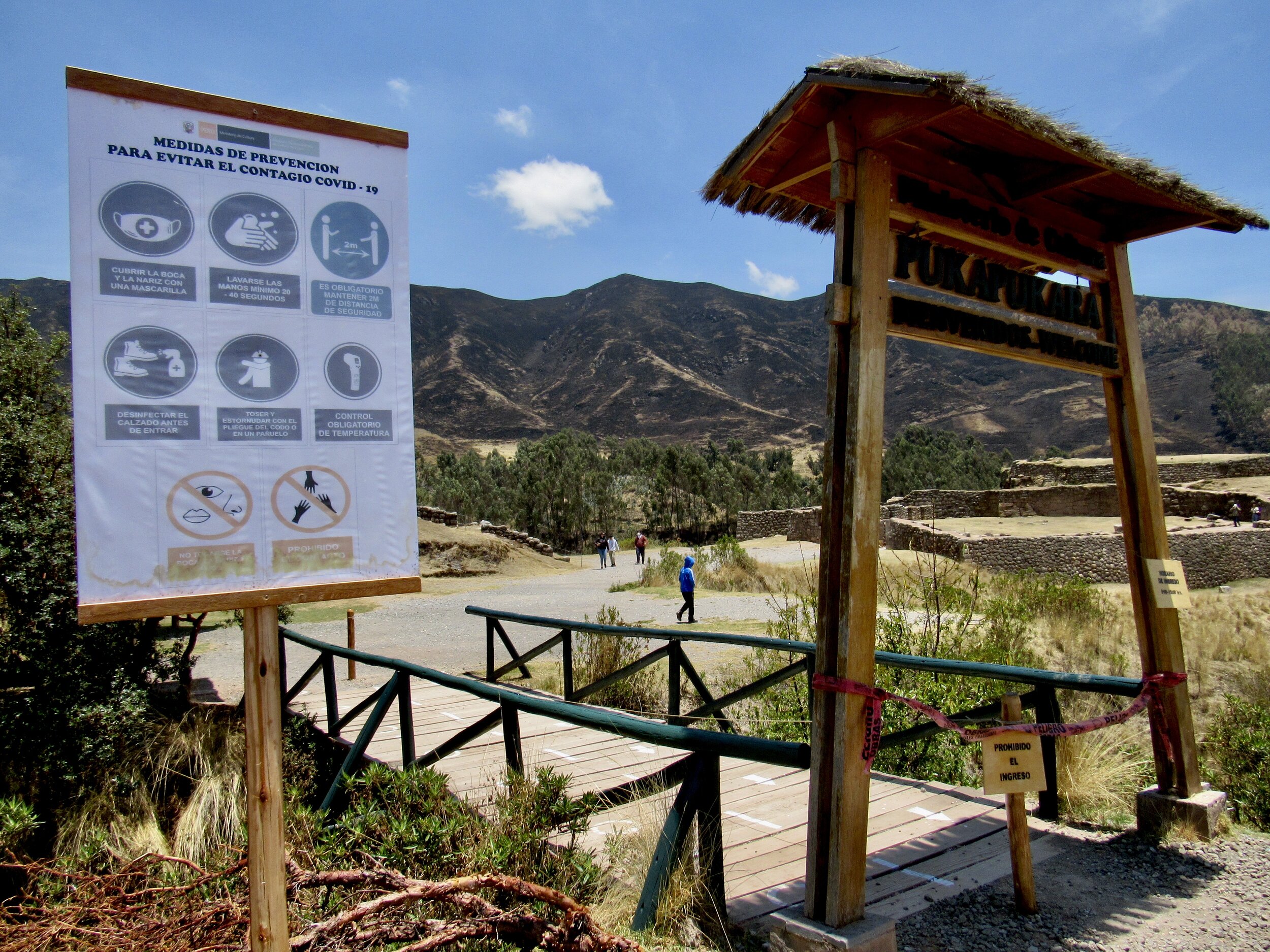
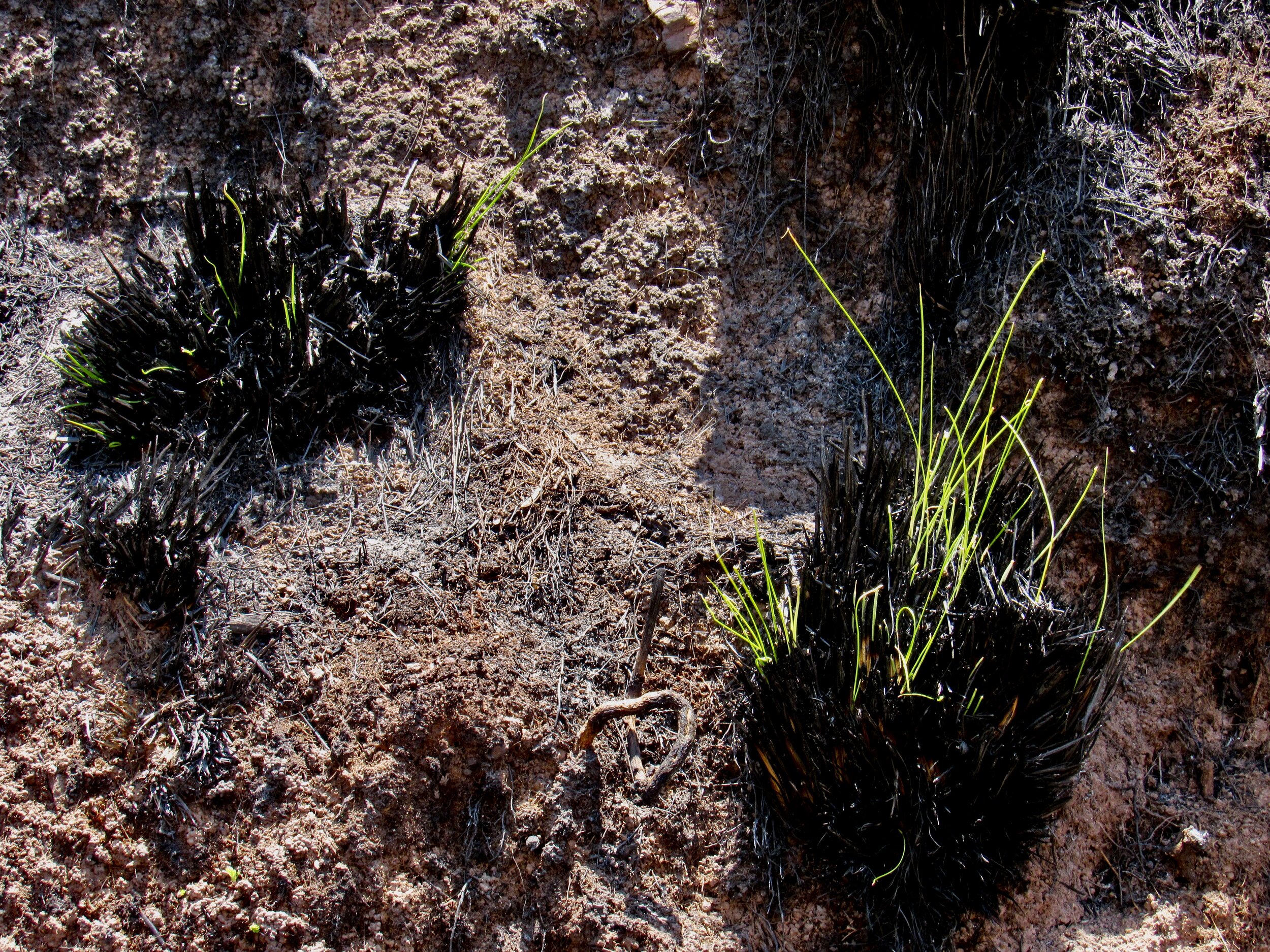
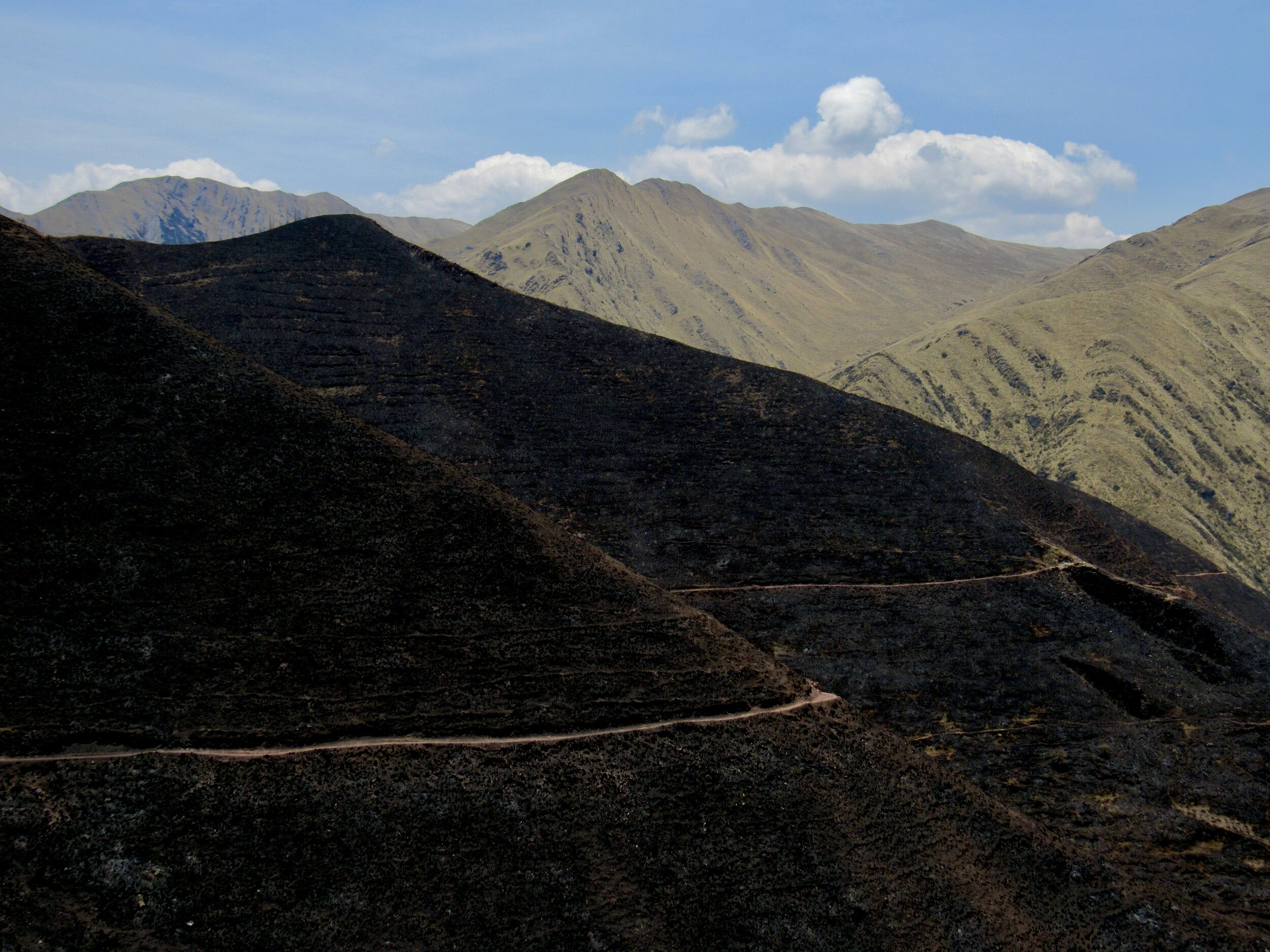

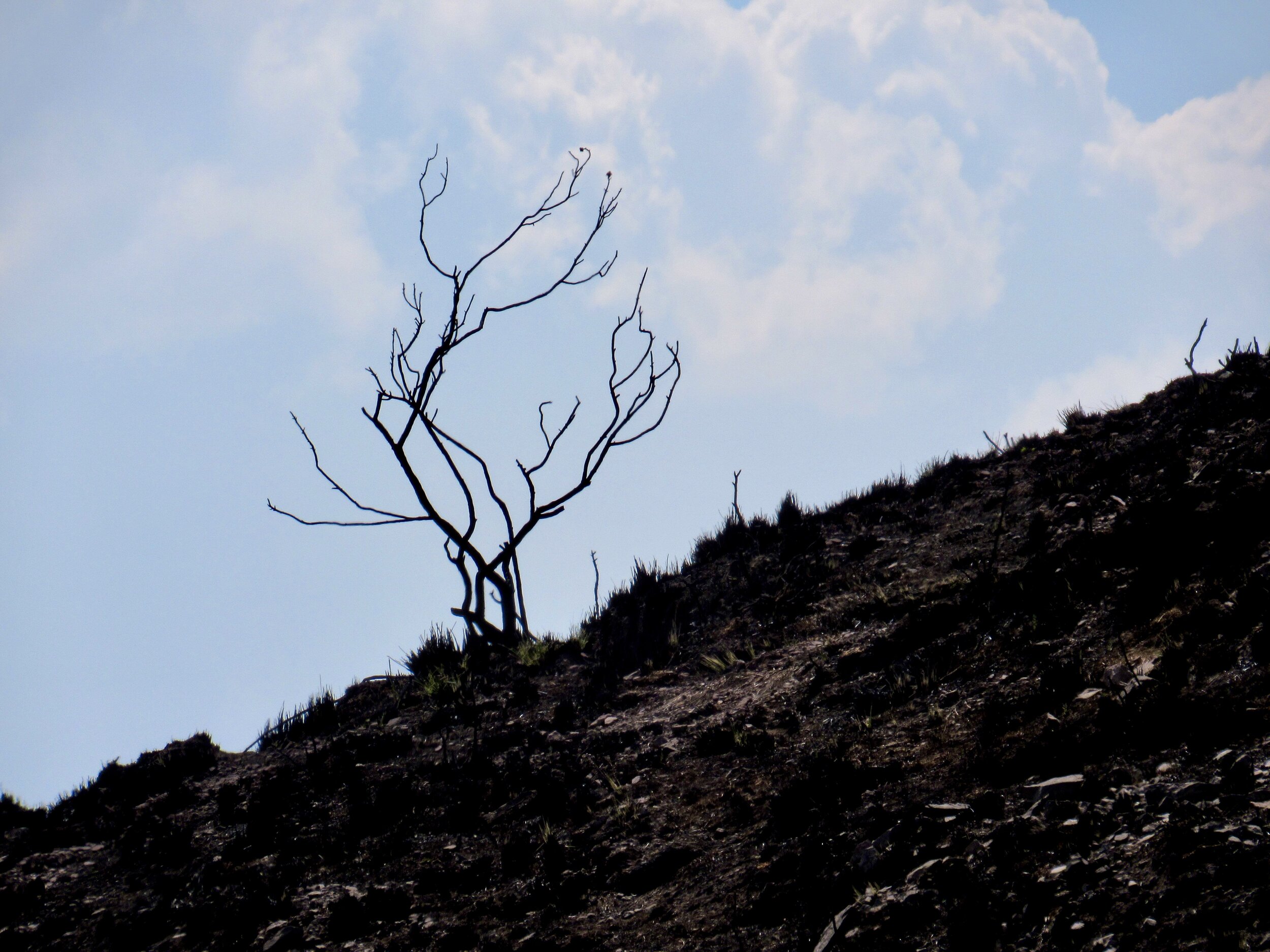
Monday, 9 November, 2020
Today the Peruvian congress voted to remove President Vizcarra for “moral incapacity” which sounds ridiculous to anybody who knows how corrupt these congress members are. The president of congress who rallied congress members behind him for the impeachment, Manuel Merino, is widely considered as one of the most corrupt politicians in Peru. There are dozens of charges against him, including accepting bribes and even rape. For Merino to lead the congress in ousting Vizcarra is the pot calling the kettle black. What Vizcarra is accused of is accepting bribes over ten years ago when he was regional governor of the Moquegua region in southern Peru (between Arequipa and Tacna).
In my opinion, and apparently the opinions of the thousands of Peruvians protesting in the streets, accusations of accepting bribes years before he became president is no reason to throw him out of office five months before elections - especially considering the pandemic and economic collapse in Peru.
Vizcarra has high approval ratings and has been popular among Peruvians throughout the pandemic. I wrote many times in my blogs about how much I admire his handling of the pandemic, which I couldn’t help but compare to how the current administration in the US has mishandled the pandemic since it began. I translated and transcribed many of his speeches on my blog, including one from March 22. Around the world leaders are getting blamed for how they handle the pandemic, some deserve the blame and criticism more than others.
The pandemic in Peru has been one of the worst in the world, but from what I’ve seen, the main culprits are the poverty that prevents people from staying home and the lack of any effective healthcare system. Vizcarra almost had to start from scratch, building hospitals and adding ICU beds as fast as possible in a developing country that doesn’t have the kind of resources that any developed countries have.
Peru closed schools and borders sooner and faster than most other countries and in the beginning seemed to have prevented the pandemic from getting out of control. Here in Cusco, we had no deaths and only a handful of cases in April and May, though the poorest neighborhoods of Lima were dealing with a major outbreak. Peru also started giving families financial support in March, sending cash directly to them, with a second round of cash grants in September. I honestly have been impressed with how much Vizcarra has done, when he has had so little to work with.
How ironic that impeaching a highly unpopular president in the US didn’t remove him from office, while a simple vote of the Peruvian congress removed a very popular president.
Tuesday, 10 November, 2020
Last night Manuel Merino was sworn in as president and the protests really got going. Both among Peruvians, and internationally, this is now seen as a coup. Not only is Merino widely considered one of the most corrupt people in Peru, getting rid of Vizcarra is clearly in his personal best interest and just as clearly not in the best interest of the Peruvian people.
Vizcarra became president in March, 2018, when President Pedro Pablo Kuczynski resigned from office the day before congress was going to vote on his impeachment for corruption and graft. Kuczynski joined the list of the most recent presidents of Peru who are under investigation or already convicted of corruption. This list includes every president, going back to 1985: Alberto Fujimori, Alejandro Toledo, Ollanta Humala and Alan Garcia (who committed suicide the day that police came to arrest him).
Since his inauguration, Vizcarra has worked hard to combat the corruption that has gone hand in hand with presidential politics since Fujimori’s new constitution in 1993. Vizcarra used one of the extraordinary powers of this constitution last October, when he dissolved congress. Though previous presidents have used the extensive powers of the new constitution to increase their own influence and wealth, Vizcarra dissolved congress because they would not approve the anti-corruption laws that he had proposed. Politics in Peru are such that politicians don’t even have to try to cover up their corruption. Congress members didn’t pretend that their opposition to the anti-corruption laws was in the best interest of the Peruvian people. They don’t really answer to the Peruvian people in the way that I previously thought all politicians have to answer to their constituents.
So far, Merino has promised that the elections scheduled for next April will take place. However, considering the sweeping power that presidents in Peru enjoy, that promise has been met with some scepticism. It’s just that none of this has any obvious benefit for the Peruvian people. The benefit for individual politicians, especially Merino, is clear. So, if the government leadership is so transparently acting in its own best interest, why would we believe that they would hold elections as scheduled?
According to Steve Levitsky, a Harvard political scientist who is an expert on Peru: “To go after a president and destabilize the country’s democracy in the middle of this type of crisis for no serious reason is beyond reckless.” The root cause of the impeachment really goes back to Vizcarra’s focus before the pandemic. As reported by AP News: Vizcarra “has been unable to find friends in Congress, dismissing lawmakers last year in a brash move cheered by citizens as a victory against dishonest politicians. He has also pushed through initiatives to curb corruption by changing how judges are chosen and to bar politicians with crimes from running for office.”
Considering the outrage amongst Democrats over Trump getting to replace both Antonin Scalia and Ruth Bader Ginsburg, I think that many Americans understand that how judges are appointed really affects the citizens of any country. Honestly, the whole situation is a disaster for the Peruvian people. Just like Americans needed Congress to focus on a stimulus package when they were spending days in hearings for Judge Coney Barrett, Peruvians need congress to focus on helping us through the pandemic and economic crisis. For Congress to be spending their time jockeying for position in advance of April’s elections is, to say the least, “beyond reckless.”
Wednesday, 11 November, 2020
The political chaos in Peru has been so riveting that I’ve hardly had time to focus on my individual situation. The good news for me this week is that I pulled out my contract with the trekking agency that I started with September 1st, last year. I realized that not only is my contract complete, but that I’m entitled to a year end bonus. As I get busier with the Covid Relief Project, Super Cute Plants, my own writing, getting ready for Ausangate and Auqui’s new business Responsible Treks Peru, I’ve been happy to not have to spend my morning working for SAM Travel.
With my contract complete, I don’t have to quit to make more time for all of the other things that I’d rather be doing. Cusco is a very small town and it’s in my own best interest to not burn any bridges here. Considering Saul’s reaction when I showed him that my contract is complete and that he owes me a bonus, I am positive that he will not offer me another contract. He might be almost as relieved as I am that the contract is complete.
Also, if he does pay me the bonus that I’m entitled to, I’ll have enough to get by in November and December. That means I’ll be able to make the Covid Relief Project my top priority again. I really want to go all out in my fundraising efforts. With tourism resuming, hopefully there will be more employment opportunities soon and the project can retire. My goal was to help the communities that are most in need while borders were closed and there was no tourism. I’m not saying that these communities will be fine after Christmas, but the Covid Relief Project will have met its goals for being temporary assistance during the pandemic.
The new political chaos will bring new challenges and if that kills tourism before it really gets started, then perhaps a new project will be needed. I’m not ready to contemplate that, though. If I do start a new project of some sort, I’ll have to first find a new set of donors. I think that my current group of donors and the people I have contact with, are tapped out. I started this project thinking that the guides in Cusco would contact people who have come here as tourists and know the porters and horsemen in the Cusco region. Since most of the communities here were supported by the tourism industry, I thought that former tourists would be interested in helping. I don’t really know if the guides didn’t follow through like they said they would or if the tourists they are in contact with weren’t interested. Either way, most donations came from my contact, rather than theirs.
I am trying once again to get them to reach out to their contacts. Hopefully we will get donations from more people than my family and friends. I really need the guides to get word out now, since the political chaos has crashed the local currency and the exchange rate right now is fantastic for people who have dollars. The maximum I can get out of the ATM here at a time is s/700 Peruvian Soles, which used to cost about $212 USD. Now it costs only $192 for the same s/700. That might not seem like a huge difference to people in the US, but $20 goes a long way here and it makes a big difference for me.
Obviously, what the congress here did to Vizcarra is not good for Peru, but the silver lining for me is that the crashed currency will help feed more Peruvians this Christmas. I just need people to donate before the Peruvian Sol starts to recover.
Thursday, 12 November, 2020
As if it couldn’t be more obvious that Merino took Vizcarra out so he could be in power, today he appointed all new cabinet members. With only five months till elections, why couldn’t he work with the cabinet that has been in place throughout the pandemic? If Vizcarra was the one that congress had an issue with, why can’t they work with his cabinet members? It’s disruptive enough to force the president out. How could it possibly help to put in all new cabinet members?
The military is backing Merino, which is another suspicious turn of events. If congress legitimately has the power to dismiss the president, and if their reasons are legitimate, why does Merino need to have the military support him? The protests are getting stronger and bigger. I’m hoping that things will calm down and we will have elections in April, but most of my Peruvian friends are hoping that Merino will resign.
Thankfully, Kerry organized a lunch today for her friend Chey’s birthday. This is exactly what I need to get my mind off the news for a bit. I need a break from the chaos.
We went to a restaurant that recently reopened after closing back in March for the pandemic. There are no menus, to avoid having something that lots of people touch. There’s just a QR code on the table for the lunch menu and another for the drinks menu. Silverware is delivered in a sanitized and sealed plastic bag and we were also given paper bags to put our masks in. The accepted idea here is that taking off a mask and putting it on the table is a terrible idea.
We had cocktails and lunch, then went shopping at Kerry’s favorite store in Cusco: Hilo. Hilo means thread in Spanish and it’s owned by Eibhlin, who moved from Ireland to Cusco over sixteen years ago. Today is Chey’s birthday and besides the events today, Kerry has organized a party for the two of us tomorrow, as they day between our two birthdays.
Kerry is a fantastic event planner and also very good at thoughtful touches. She contacted both my parents and my friend Amanda to get them to participate in today. My parents sent her money to give me for lunch and Amanda sent money for me to buy myself something at Hilo. The whole group got new outfits for tomorrow’s party, which was actually really fun. I usually dread clothes shopping, but the festive atmosphere and group of friends make it much easier and I got myself a red linen dress with big pockets.
Friday, 13 November, 2020
Don’t get too caught up with 2020 having two Friday the 13th. Today is World Kindness day! It’s my second favorite holiday, after Thanksgiving and I’m always happy to celebrate it the day before my birthday. I tried to avoid the news again today and enjoy a hike in the afternoon before I got ready for Kerry’s party. Besides food and birthday cake, Kerry also bought karaoke machines for tonight. Yes, that’s machines plural, because she couldn’t find one in Cusco with two microphones for duets.
I spent most of the day taking it easy and really don’t have anything else to report.
Saturday, 14 November 2020
Several members of the cabinet who were appointed just two days ago have already resigned. If a majority of the cabinet resigns, it should trigger the president to also resign. The protests are getting bigger and increasingly violent. If Merino doesn’t resign soon, they will continue to get worse.
I tried to limit my news intake today and enjoy my birthday regardless of the increasing chaos in Peru. My Mom made me a birthday cake and she and my Dad called this morning to sing happy birthday to me and blow out the candles for me. I had birthday cake from last night’s party for breakfast and spent most of my time talking with friends and family.
To celebrate my birthday even more, this afternoon I also walked up to the Temple of the Moon with a few friends. We took chicha and from the top of the temple we thanked the Pachamama for keeping us safe. We also toasted to all of the Apus, the sacred mountain peaks, asking for safe passage for the loop we will start around Mt. Ausangate next Saturday. We are only one week away from the hiking trip and I’m so happy to have this to look forward to.
I think that the best way for me to detach from the political chaos is for me to unplug completely. Hiking the Inca Trail and visiting Machu Picchu in the days after the US election helped me unplug from the uncertainty as votes were counted throughout the week. Being outside is a great antidote from just about anything, especially political uncertainty.
Covid in Cusco: Week 34
Machu Picchu reopened this week after being closed for over seven months! I got to hike the Inca Trail and visit Machu Picchu with a group of friends - and the tickets were free!
Sunday, 1 November, 2020
Today I was invited to a birthday party and learned that here people have birthday cake in the morning. You start the day with singing happy birthday, have breakfast together, eat cake, then go on about your day.
Breakfast here is also quite different from the breakfasts I was used to in the US, France, Morocco and even Istanbul. For most Peruvians, there is very little difference between breakfast and lunch. In Cusco, in touristy areas, you can get coffee and toast and scrambled eggs for breakfast, but if you are walking in non-touristy neighborhoods, the breakfast available at restaurants is likely to be chicken and rice.
This morning we had adobo, which was cooked with pork. I asked for a bowl of just the adobo broth, without a chunk of pork. Adobo is a flavorful sauce that is made with chicha de jora (a fermented corn beverage). Whatever meat you are cooking is marinated in the adobo overnight, then slow cooked for several hours. Since this was breakfast, that meant that somebody got up pretty early to put the adobo on to cook.
At home, I usually have coffee and a fruit smoothie, but when I’m invited to somebody’s house or when I am staying somewhere else on the weekend, I try to have whatever they’re having. This has given me the opportunity to eat broccoli cooked with scrambled eggs and potatoes, which does seem like breakfast food to me. I have also been served different kinds of quinoa and rice dishes, plus one morning when I was served fish head soup. I always enjoy quinoa but had to pass on the fish heads. I can only be so flexible early in the morning.
Monday, 2 November, 2020
There was both good and bad news today. The bad news is that I got laid off - again. The good news is that Machu Picchu and the Inca Trail finally reopened today!
Getting laid off might not actually be bad news. I’ve been pretty busy lately and it may be good for me to be able to focus more on my teaching and writing and Covid Relief Project and Super Cute Plants. Also, with the rainy season starting to set in, it would be nice to be able to go hiking and get outside as much as I can while the rains are still light or infrequent.
We definitely have not had as much rain as we should have by this point. The hills are too dry and the farmers can’t really plant their fields yet. Last year it was the same, the rains came late, but when they did, it was torrential. We had more landslides and mudslides in January than normal, with more communities affected by floods. I hope this year is different, but the way climate change is going, it’s anybody’s guess.
As for Machu Picchu reopening today, that has not been the smashing success that they were hoping for. Initially it looked like all of the free tickets were being snapped up, but it turns out that not all of those people actually went to Machu Picchu. I suppose that’s one of the risks when you give something out for free. I always wondered that about free concert tickets given away by radio stations. How many people who won those tickets actually went to the concert?
For a local, from Cusco, you can now go see Machu Picchu for about $30USD. Just for transportation, the cost is very reasonable. I calculate s/10 soles for the bus from Cusco to Ollantaytambo, another s/10 for the train to Aguas Calientes and s/9.50 for the bus up to Machu Picchu. If they buy a round-trip bus ticket, that’s s/17. Roundtrip, Cusco to Ollantaytambo to Aguas Calientes and back is s/40. So, transportation is s/57, which is about $16. Add on the sort of meals that Cusqueños normally eat and the maximum you could possibly spend is s/87, about $24. Of course, if you take an evening train there and spend the night in Aguas Calientes so you can visit Machu Picchu in the morning, the cost of the hotel and extra meals will push you over $30. Still, it certainly sounds affordable.
And yet, most people in Cusco probably don’t have an extra s/80 laying around. The unemployment rate here has been overwhelming and we still don’t know when tourism will get back up to the 2019 level. It could be two or three years before we get back to that. People with an extra s/80 might be more inclined to save it for food and rent. Even people who have found work know that nothing is reliable or stable yet.
Take my job, for example. When I was laid off at the end of June, I was told that they would hire me back September 1st, expecting that tourism would start to revive around then. I worked September and October at half time, with half my normal salary, only to be told today that they have to lay me off again. This time they said that hopefully in a couple weeks they can hire me back, rather than a couple of months. I’m going to have to think about how much I would want to accept an offer of work from that same travel agency at this point.
Tuesday, 3 November, 2020
Today is the election in the US and I have decided to not watch the election results come in. I have read too many articles the past few weeks about how long it will take to count the absentee ballots that are coming in and how many states will still be counting past today. I do not think that it will be possible to officially declare a winner today and just don’t want to put myself through the stress of seeing it go back and forth. The speculation is too stressful.
Peru will elect a new president next year, on April 11th. At this point, there are 23 political parties which will have a candidate for that election. Most of those parties currently have more than one candidate and will have to decide in the next few months on which candidate will run.
Sometimes the two party system in the US frustrates me. It’s clearly polarizing and also doesn’t allow for candidates that truly represent every citizen of the US. However, 23 parties is overkill and probably confusing for a lot of people. I have no idea how all of these political parties can actually educate voters on their platforms and the differences between them. In a country where voting is mandatory, it seems to me that would be essential. How else do you keep the country from descending into chaos? Unfortunately, the past few years have shown us that politics in Peru frequently do descend into chaos.
Leaving politics alone for the day, I tried to focus on tomorrow’s adventure. I will be hiking the Inca Trail from KM104 with a group of friends, arriving at Machu Picchu in the afternoon from the Sun Gate. We’ll spend tomorrow night in Aguas Calientes, then on Thursday morning we will go back up to Machu Picchu and get to tour the UNESCO World Heritage site when it is normally quiet. Considering that not all of the free tickets for Machu Picchu have been taken, it might be very quiet when we are there.
Tonight I took the bus to Ollantaytambo with my friend Hannah, so we will be ready for our 5am train tomorrow. Ollantaytambo is only an hour and a half from Cusco, but I would actually have to leave town at 3am tomorrow morning and would much prefer to spend the night in a hotel where I can sleep in till 4am. Five more friends are joining Hannah and I at the hotel, all of us on the same 5am train, excited to hike the Inca Trail tomorrow.
Wednesday, 4 November, 2020
Getting up at 4am was hard, but I was super excited to hike the Inca Trail with my friends! We had a few snafus with the new post-Covid systems, but it all worked out eventually. There is now a declaration that you have to sign before you board the train, swearing that you do not have Covid or any related symptoms. You’re not allowed to eat or drink on the train anymore, which was very disappointing to me since I had packed my breakfast to eat on the train, and told everybody else in the group to do the same. I get that they don’t want us to take off our masks or face shields, but still, I was hungry.
Also, the train used to stop at KM104, where tourists got out to cross the river and start hiking the Inca Trail. We were informed this morning, while we were on the train that they would not be stopping for us. We would have to take the train all the way to Aguas Calientes, then walk back about an hour and a half along the train tracks to the trailhead.
Considering how early the train was, I wasn’t too worried about the time it would take us to walk back along the train tracks. The only thing that concerned me was that we were already tired from sleeping in a noisy hotel and getting up so early. I worried a bit that extra walk might wear us out unnecessarily.
What I hadn’t considered before was that walking the train tracks, next to the river, early in the morning, is a great time and place for bird watching. I actually saw more birds on that walk than I ever have on the Inca Trail. We saw two Andean mot mots, several Andean guans, an ornate hawk-eagle, both male and female Gallito de las Rocas and lots of other birds. It really was amazing and I was thrilled to be able to get some really good photos of both the mot mots and the female Gallito de las Rocas. We also saw a male Gallito de las Rocas, which is much brighter, but my photos of him weren’t as clear as I would have liked.
When we got to the trail itself I was very curious about all of the new Covid regulations. The trains had every other seat blocked off, so nobody was sitting by anybody else, but besides the paperwork swearing that we don’t have Covid, it wasn’t too different. I wanted to know what changes would have been put in place for the reopening of the trail. After being closed for over seven months, I hoped that they would have things organized.
Starting the Inca Trail
There are new flags along the trail, to show you how far apart to stay to maintain social distancing while hiking.
When we crossed the bridge, from the side of the Vilcanota River with the train tracks to the side of the river with the Inca Trail, we found the gate on the other side closed. It looked like it was locked, with a giant, rusty padlock, but when we pushed on it, it just swung open. The ancient stone steps, leading up from the river, now have red flags next to them. They are spaced about six feet apart, showing people how much distance to maintain between hikers on the trail. All along the trail, there are new signs everywhere with the new Covid regulations.
When we got to the checkpoint and I showed my Peruvian permanent resident card, I have to say that I was pretty excited that on my Inca Trail permit, it said that the price was zero. I don’t know what the Inca Trail from KM104 used to cost, but the permit I saved for the 4 day Inca Trail from KM82 in 2019 was s/292.00, which is about $100. My friends were all happy about the free permits, which come with free Machu Picchu entrance tickets. Not only getting to be among the first to see the Inca Trail and Machu Picchu post-quarantine, but also getting to do it for free was pretty awesome.
For just visiting Machu Picchu, without even hiking the trail, most travel agencies offer round trip transportation from Cusco and a tour of Machu Picchu for anywhere from $300 to $600. That’s US dollars, not Peruvian soles. A big part of that expense is the trains and the Machu Picchu entrance tickets. The “local” train has always cost s/10 for Peruvians and the “tourist” train has always been very expensive. It was easy to spend $200 on up to $600 for trains to and from Aguas Calientes.
The trail was beautiful and I was thrilled to see the Inca ruins of Chachabamba and especially Wiñay Wayna again. Wiñay Wayna has been a special place for me for years. In 2017 I spent about an hour there, making some big decisions and carefully contemplating how to move past an abusive relationship. In 2019 I again spent over an hour there, this time carefully contemplating moving to Cusco. I was at Wiñay Wayna in March 2019, a month later I started making plans and gave notice at work. Four months later, I was settling into my apartment in Cusco.
Today was such a special experience and I was so happy to be able to share it with friends. My two times on the Inca Trail from KM82 have been with groups of high school students and my Inca Trail from KM104 hikes have been with tourists of the trekking agency that I used to work for. To be able to see the trail and the ruins with friends was wonderful. I was so happy that I could focus on what I wanted to see, without having to use all of my time and energy taking care of others. I didn’t have to check that everybody was hydrating or bandage blisters.
It takes about three hours to climb up to Wiñay Wayna from the Vilcanota River. Once there, I visited the series of ten fountains that I absolutely love. Sadly, they are dry now. The rains that should have started already haven’t arrived yet. I’ve never seen them dry and it was kind of a shock. I was used to telling people that the fountains that the Inca built over 500 years ago are still flowing. Regardless, I was still happy to be there. This was my first visit to Wiñay Wayna in 2020 and I wanted to take some time to think again. It’s time for me to carefully contemplate leaving Cusco. Just like moving to Cusco, this is not an easy decision and I left the fountains without having made a decision, but glad to have had the opportunity to really think about it.
We had lunch at the Wiñay Wayna campground, which has been a bustling hive every other time I’ve been there. Now grass has overgrown all of the camp areas. No tents have been here since January 23, when the place was evacuated for a landslide. Hummingbirds perched in the trees, watching us, and a mot mot glided past. The lack of people has been very good for this place also. At the checkpoint, the park rangers told us that the only other group today had gone through early and they had been waiting for us for five hours. I suppose that with so few groups they only have to work the checkpoint until everybody has gone through.
It’s a bit less than an hour from the campground to the Sun Gate, which is where you get your first view of Machu Picchu. Only one of my friends in the group had been to Machu Picchu before, but she didn’t get to walk there on the Inca Trail, so this was everybody’s first time at the Sun Gate. It was just as special and magical as I had hoped for them.
It can take less than an hour to walk down to Machu Picchu from the Sun Gate, but since we were the only group on the trail, we took our sweet time. We stopped at a place I’ve always wanted to visit, but never had time for. I didn’t even know what it was, but it looked important. We spread out all over the trail, where in normal times people would be walking over us and park rangers would have moved us along.
The place is called the Sacred Rock, which is a very unimaginative name for such a cool spot. During explorations and excavations in the 1910s, Hiram Bingham found the mummy of a woman buried at the spot with her dog. Back then, they apparently couldn’t tell if a person had died of natural causes or been sacrificed and unfortunately, the mummy itself has disappeared. I’m sure that today forensic scientists could have told us a lot more than they could a hundred years ago, but what Bingham took from Peru was not always kept safe. Most of it is still at Yale University, though museums around the world also have sacred Inca artifacts. I think it should all be returned to Peru, but I don’t know any museums who would voluntarily give up their exhibits.
When we arrived at Machu Picchu, I thought we would be able to go out on the upper terraces, where tourists always took photos after hiking the Inca Trail. Instead, we were told to go down to Aguas Calientes, without any photos in the soft afternoon light. We snuck around the side and got a few, then followed the new circuits down to where the shuttles wait.
There are now two different circuits in the ruins, probably to help keep people away from each other. We asked some questions, so that tomorrow we will be able to pick the one that goes to most of the places that we want to see.
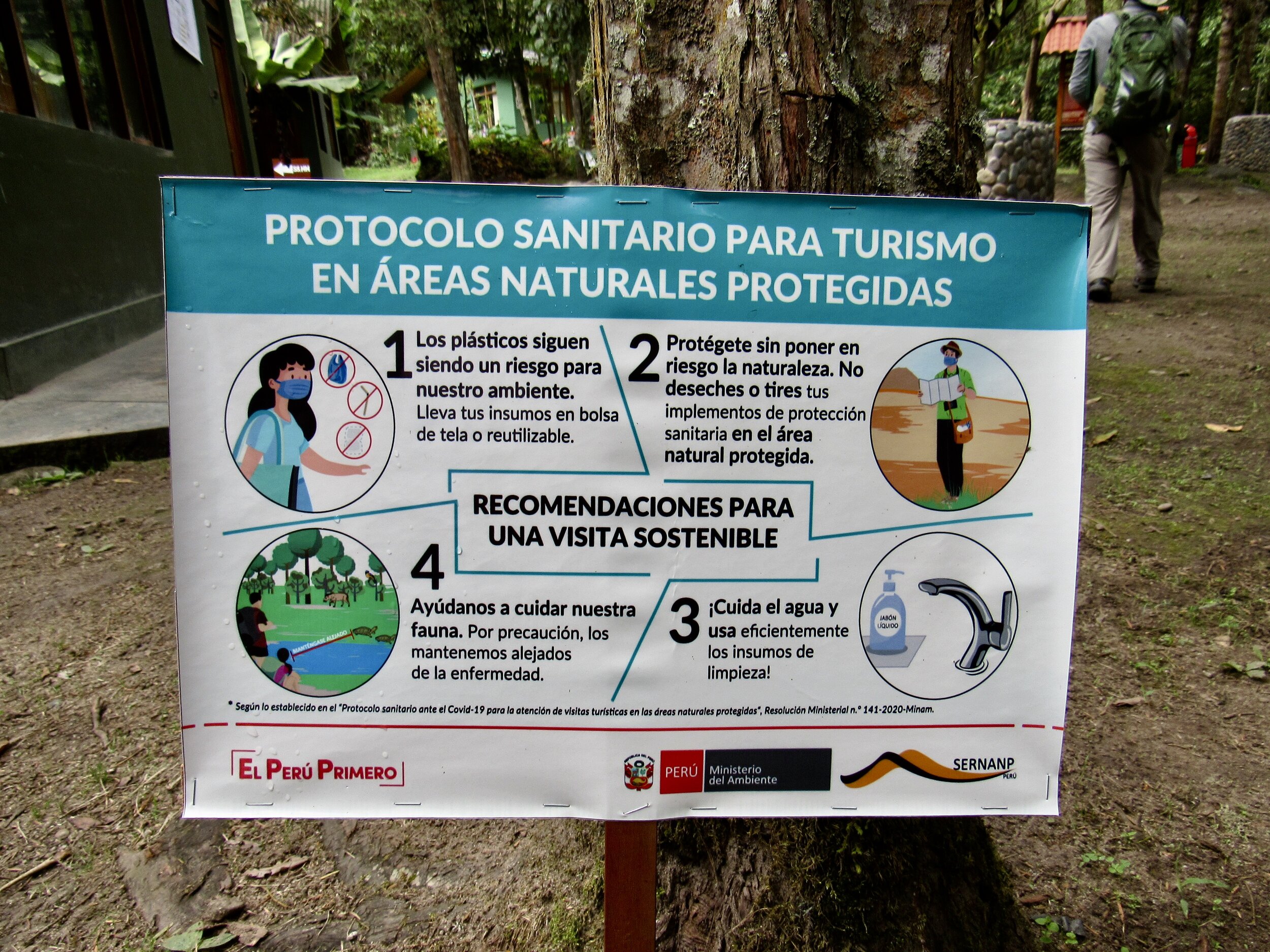
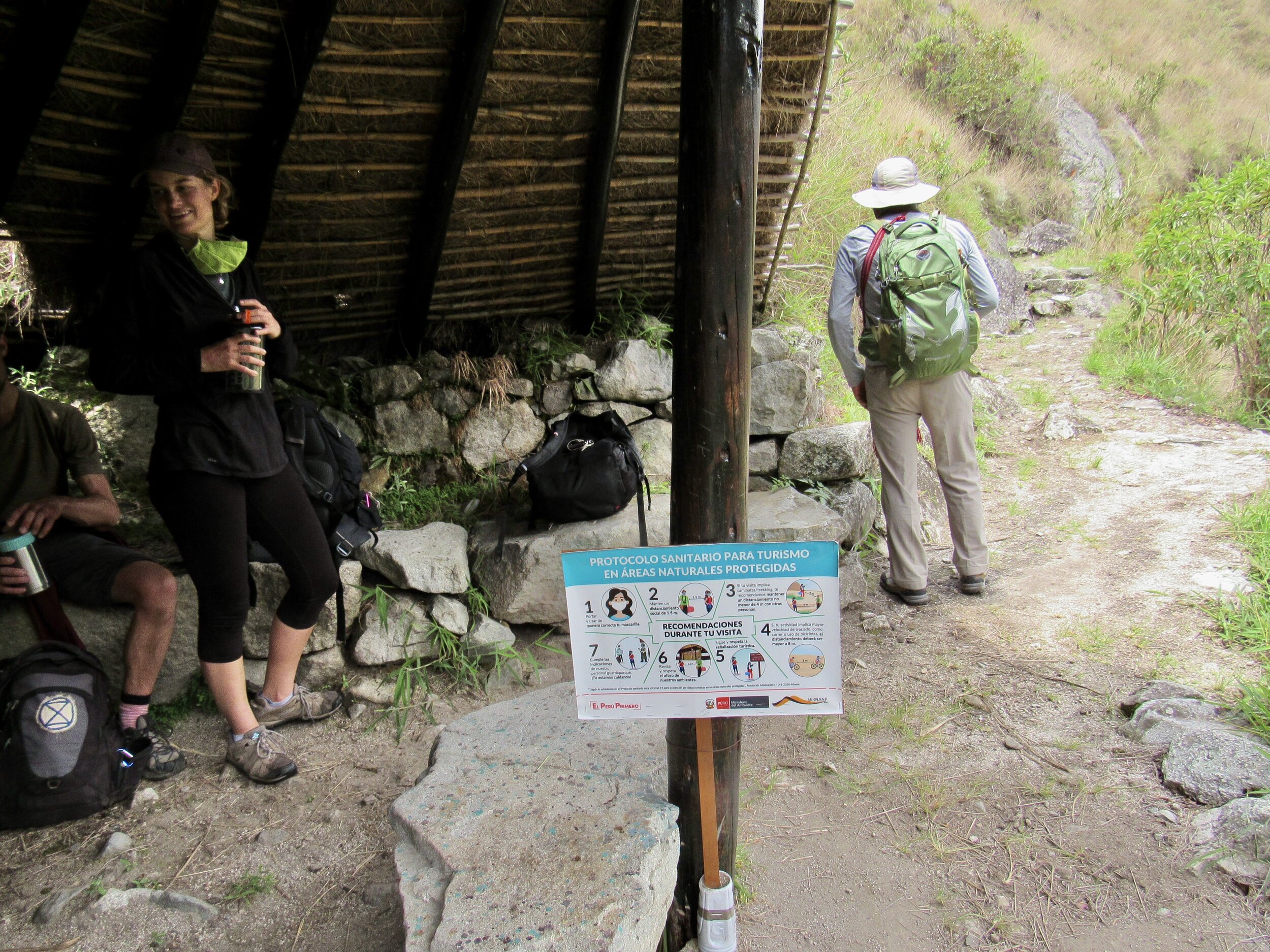
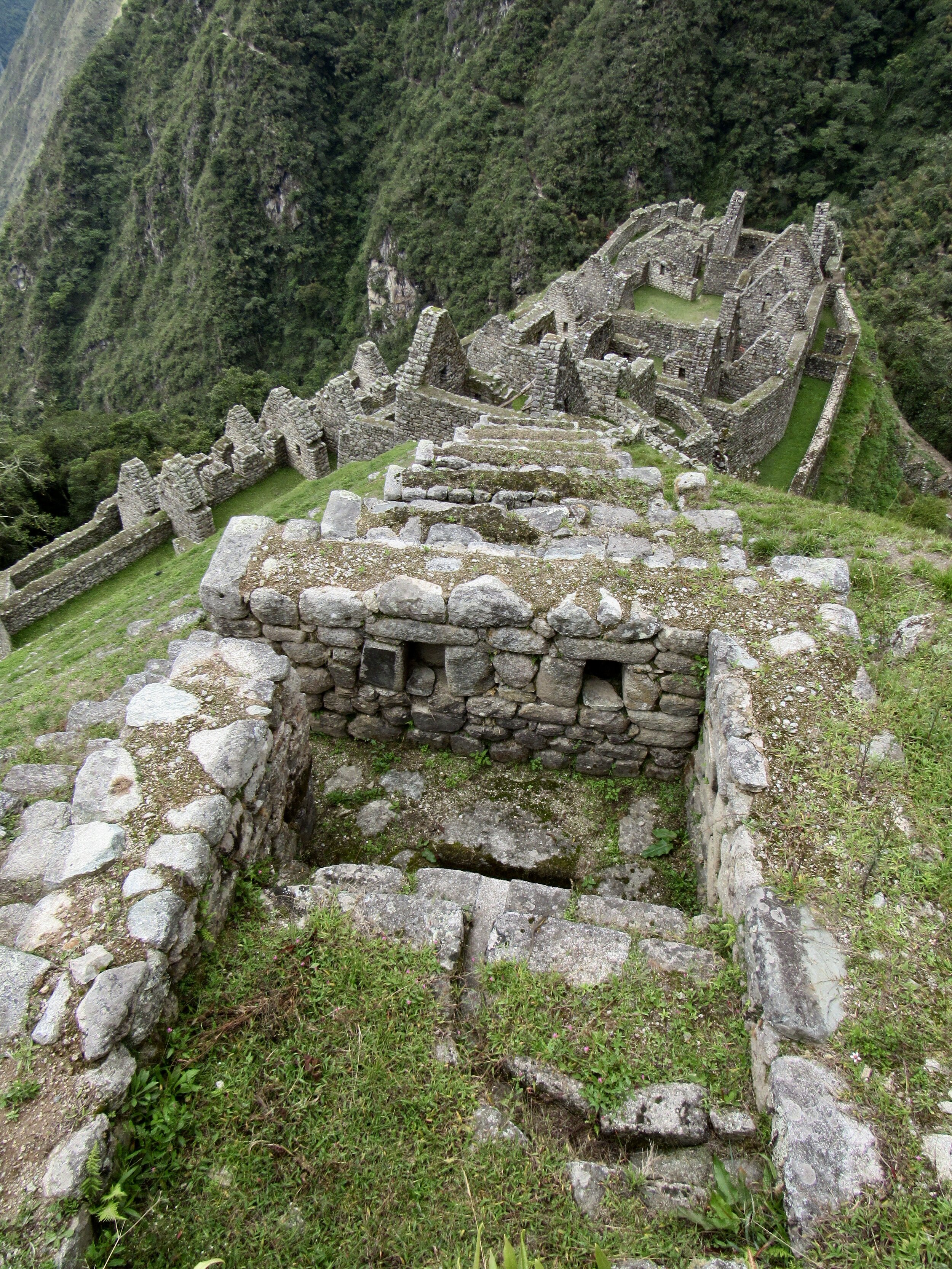
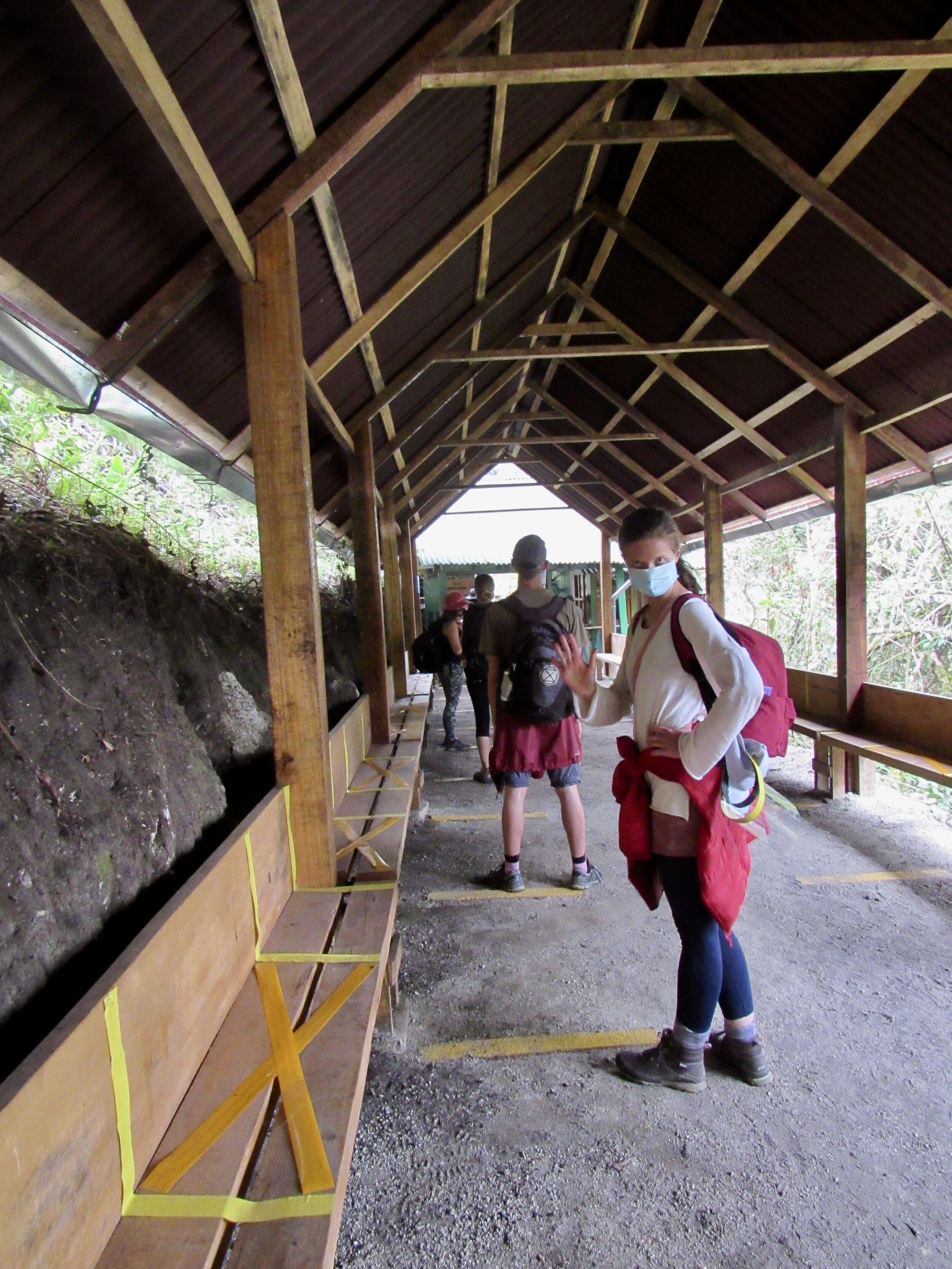
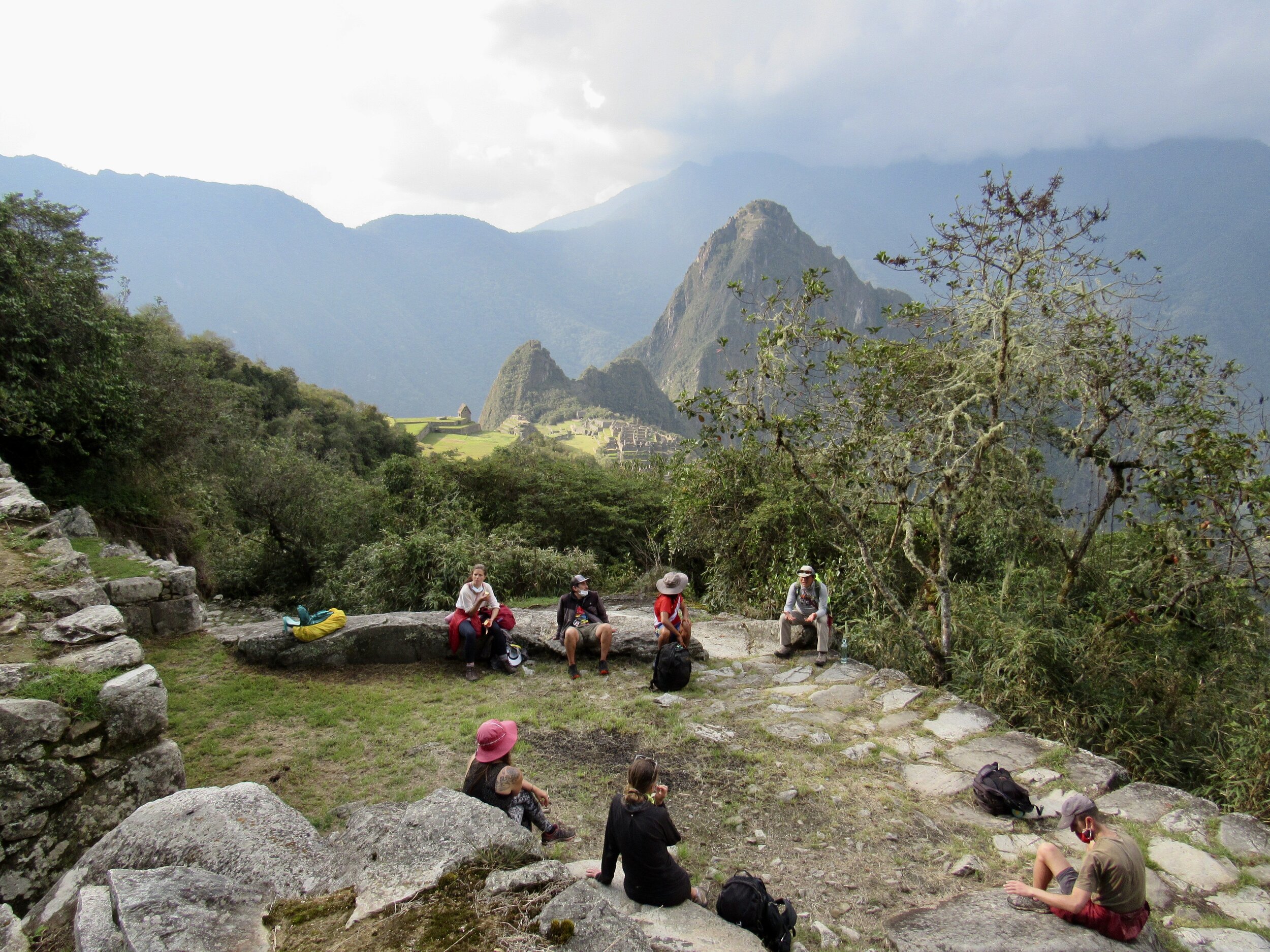

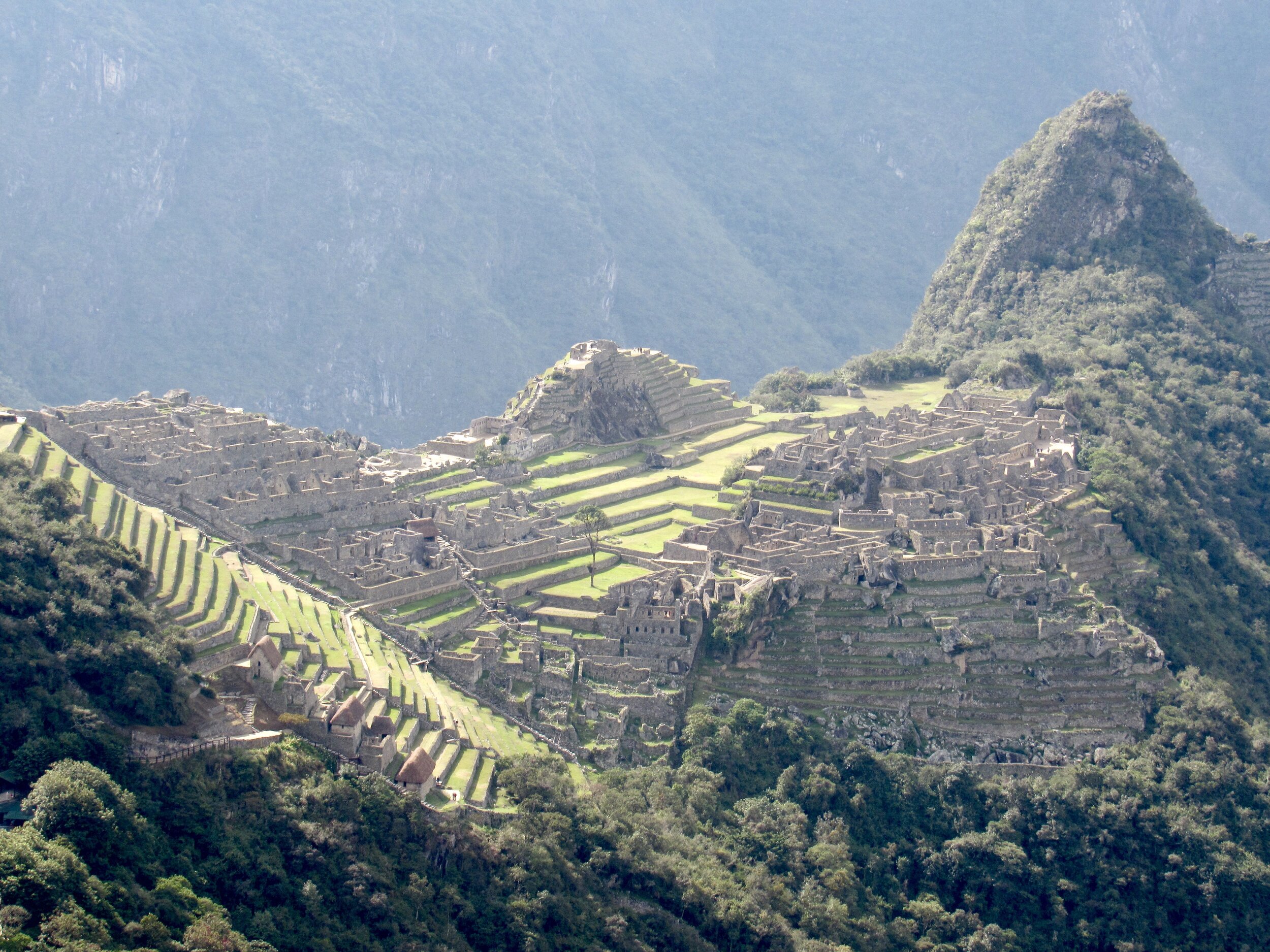
Thursday, 5 November, 2020
Today we slept in till 6:30am, since yesterday the group decided that with most mornings being cloudy, it might not be worth it to try to leave Aguas Calientes at 5:30 in hopes of seeing sunrise on Machu Picchu at 6am. Instead, we enjoyed breakfast, took our time and I got a second cup of coffee.
We all got in the shuttle that leaves from Aguas Calientes constantly, to go up to Machu Picchu. The 5am train that we took yesterday arrives at about 6:30 in Aguas Calientes and I’m sure most people went directly to the shuttle up to Machu Picchu. The next train that arrives in Aguas Calientes, with the new pandemic schedule, isn’t until about 11:30am. Machu Picchu itself also has a new pandemic schedule, two shorter circuits which are supposed to take only about an hour each. So, if people enter Machu Picchu between 6am and 7am, they should be mostly gone by 8 or 9 and the earliest people from the next train could enter would be around noon.
We really didn’t have to worry so much about the timing. There was nobody there. We took over three hours and walked as slow as possible. I took literally hundreds of photos of places that are usually crowded with tourists, without a single person in my shots. It was beautiful and honestly completely unlike any other time I’ve been there. In 2013 I was up there very early in the morning and the first hour or so there were very few people there with me, but by 10am the place was overrun.
This was completely different. I feel so fortunate to have had the opportunity to be one of the first people to visit Machu Picchu after it was closed for over seven months. And it was free! Now that is a once in a lifetime chance.
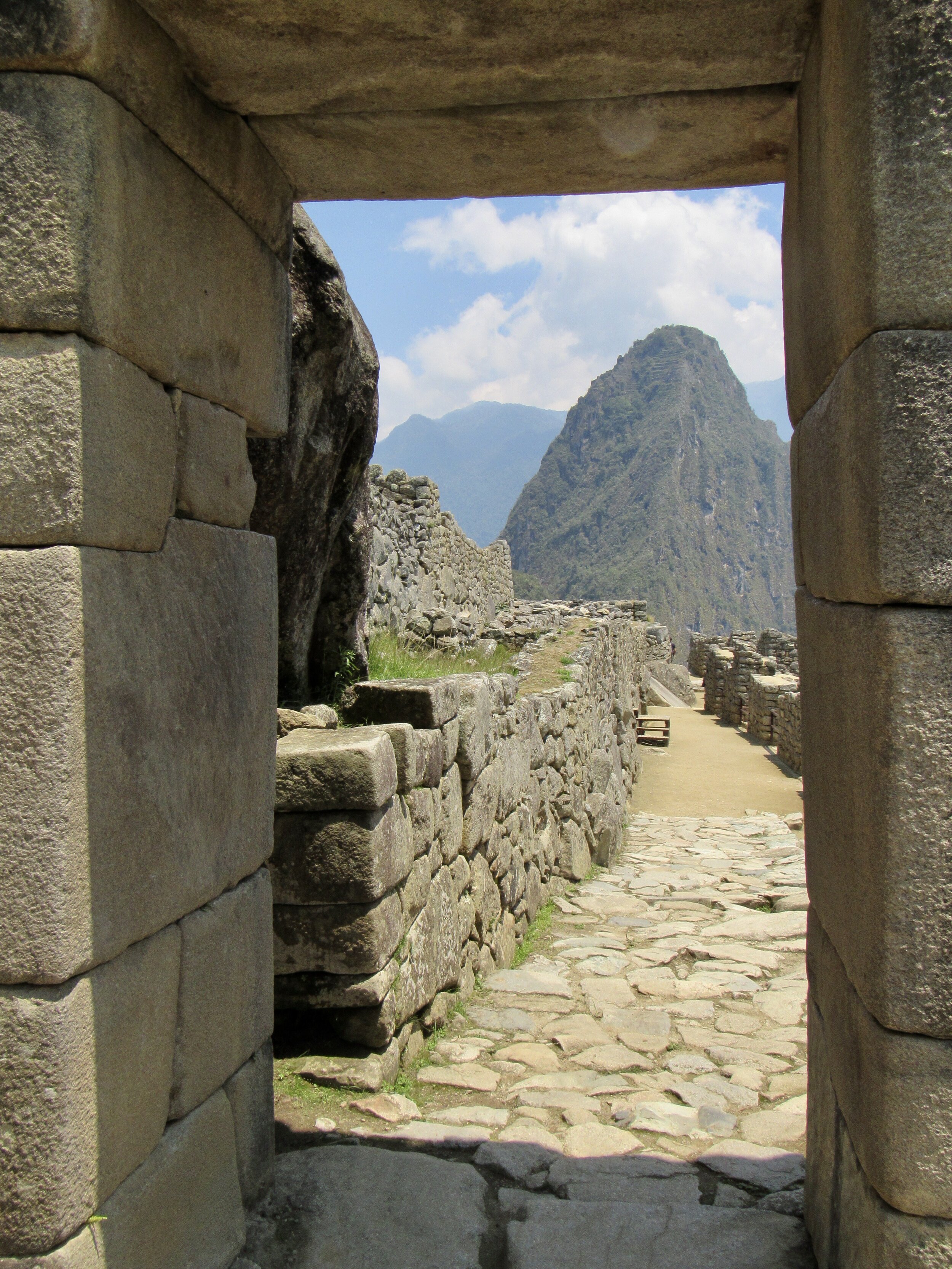
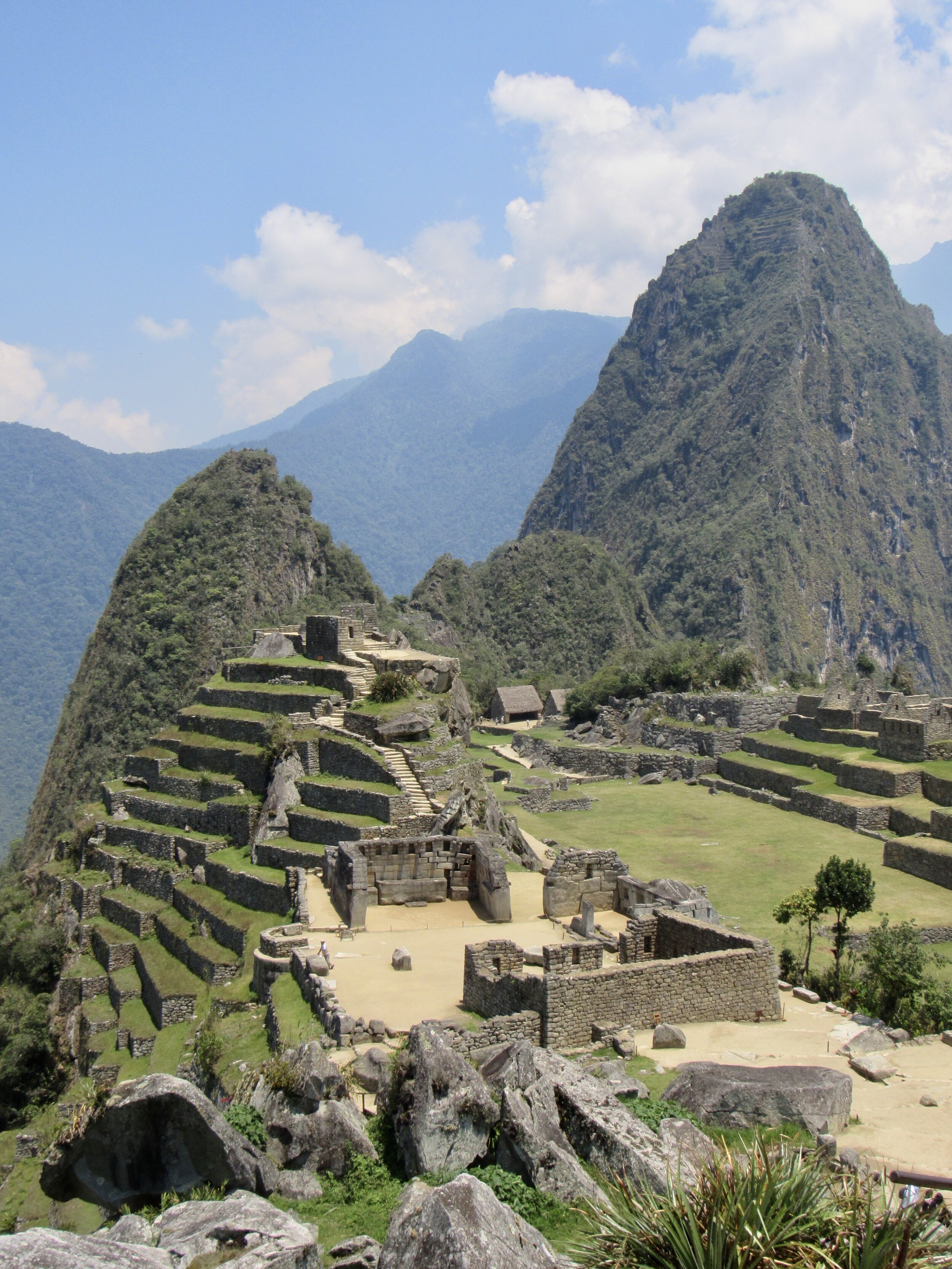
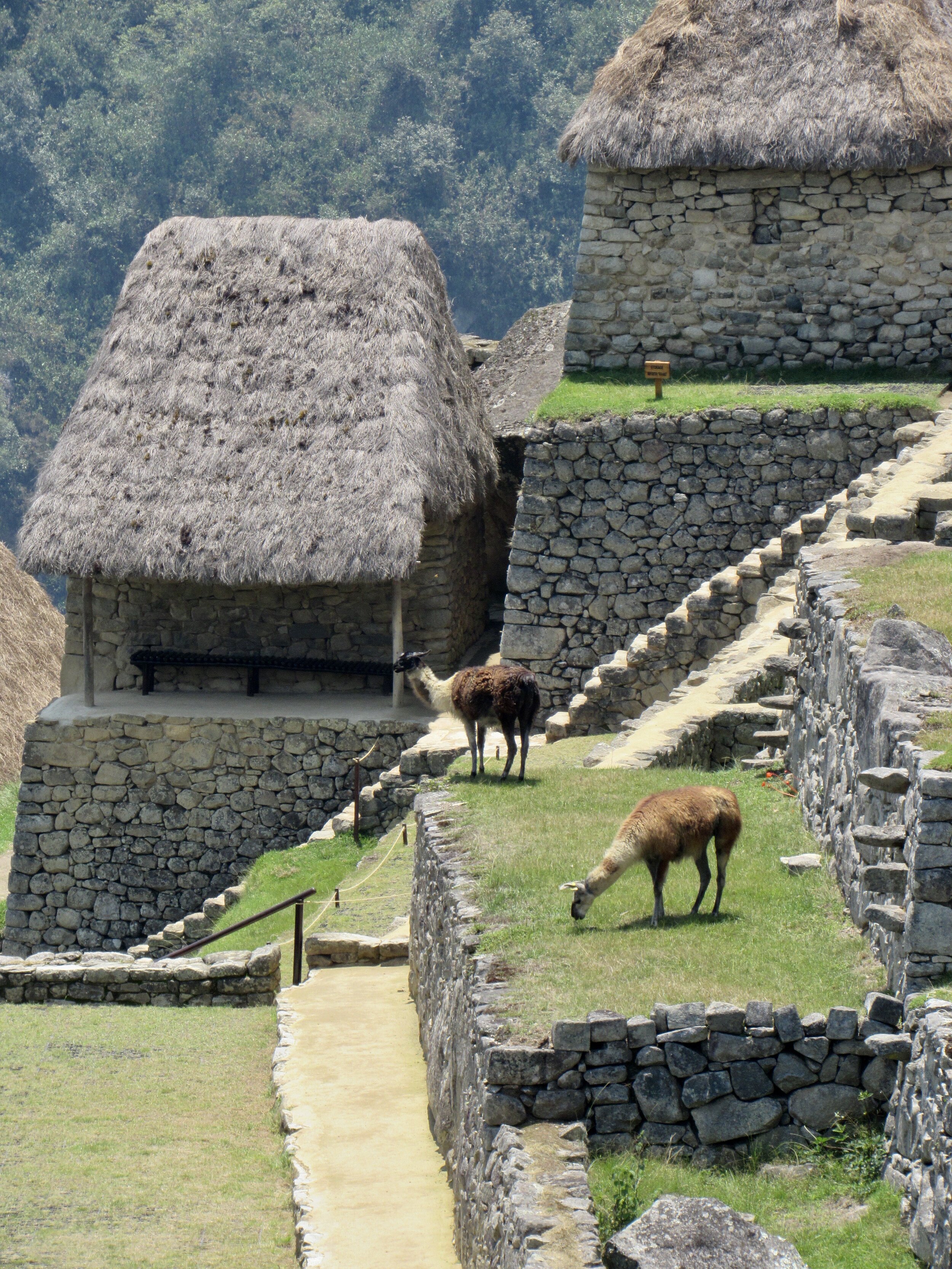
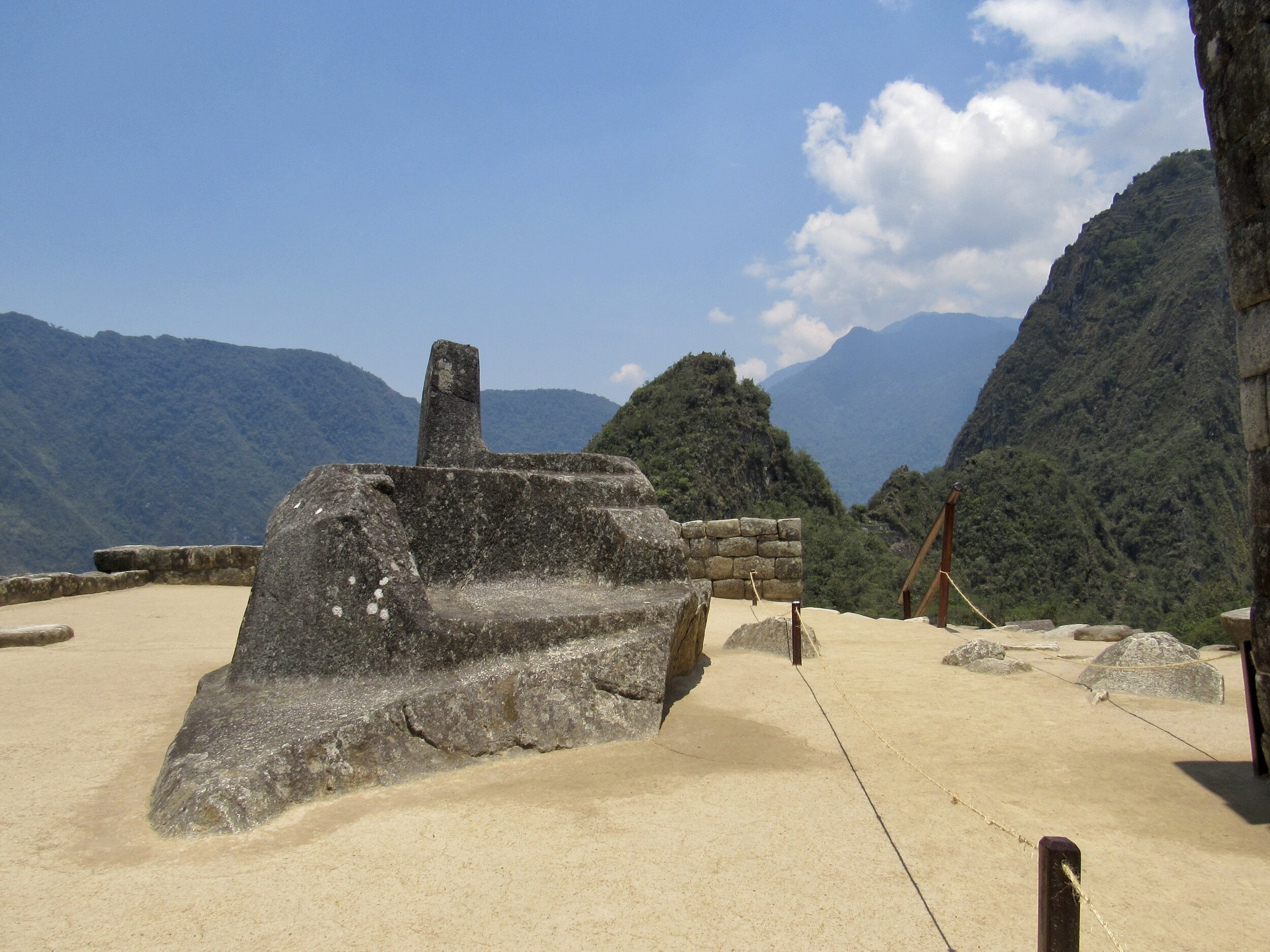
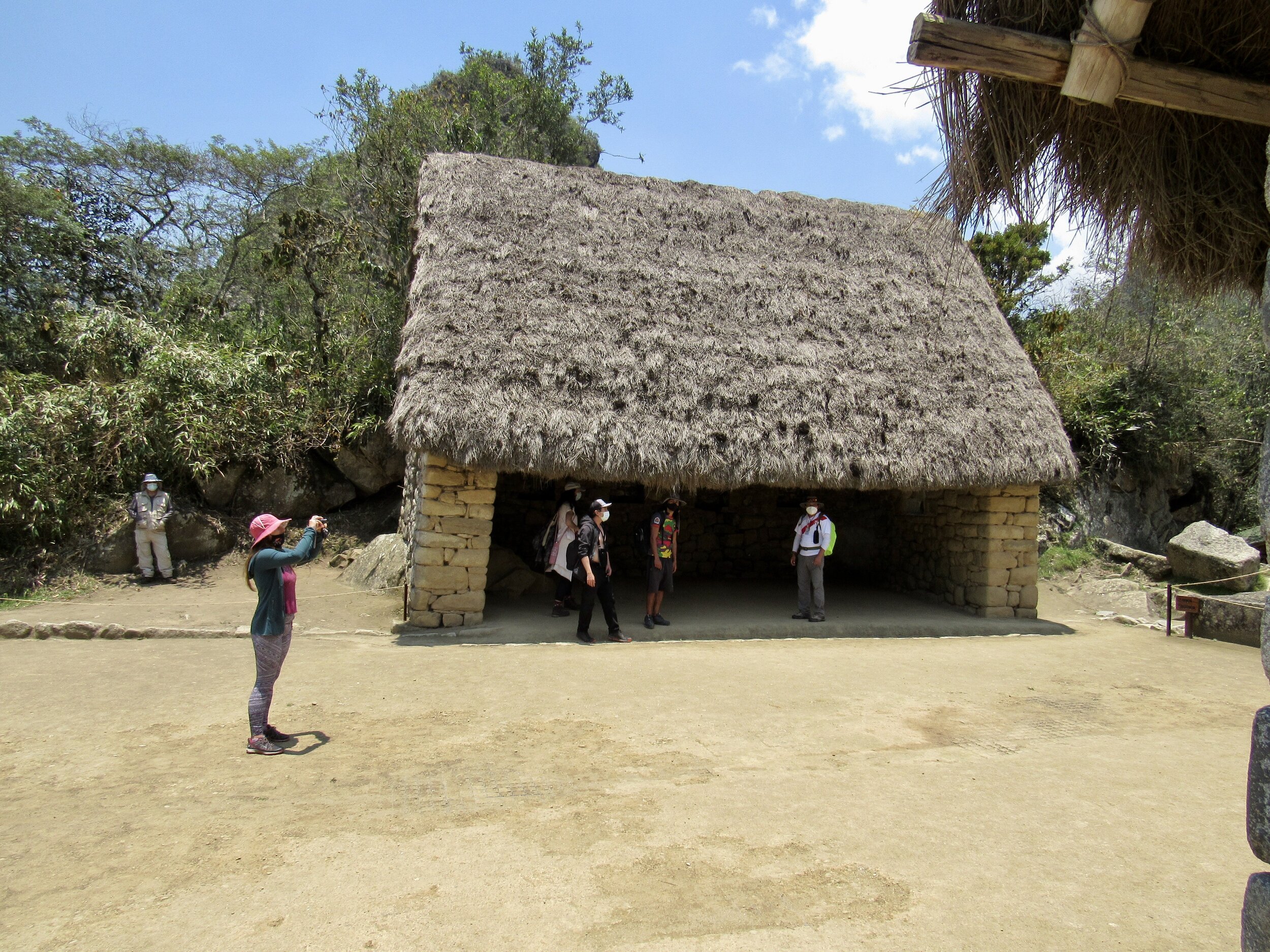
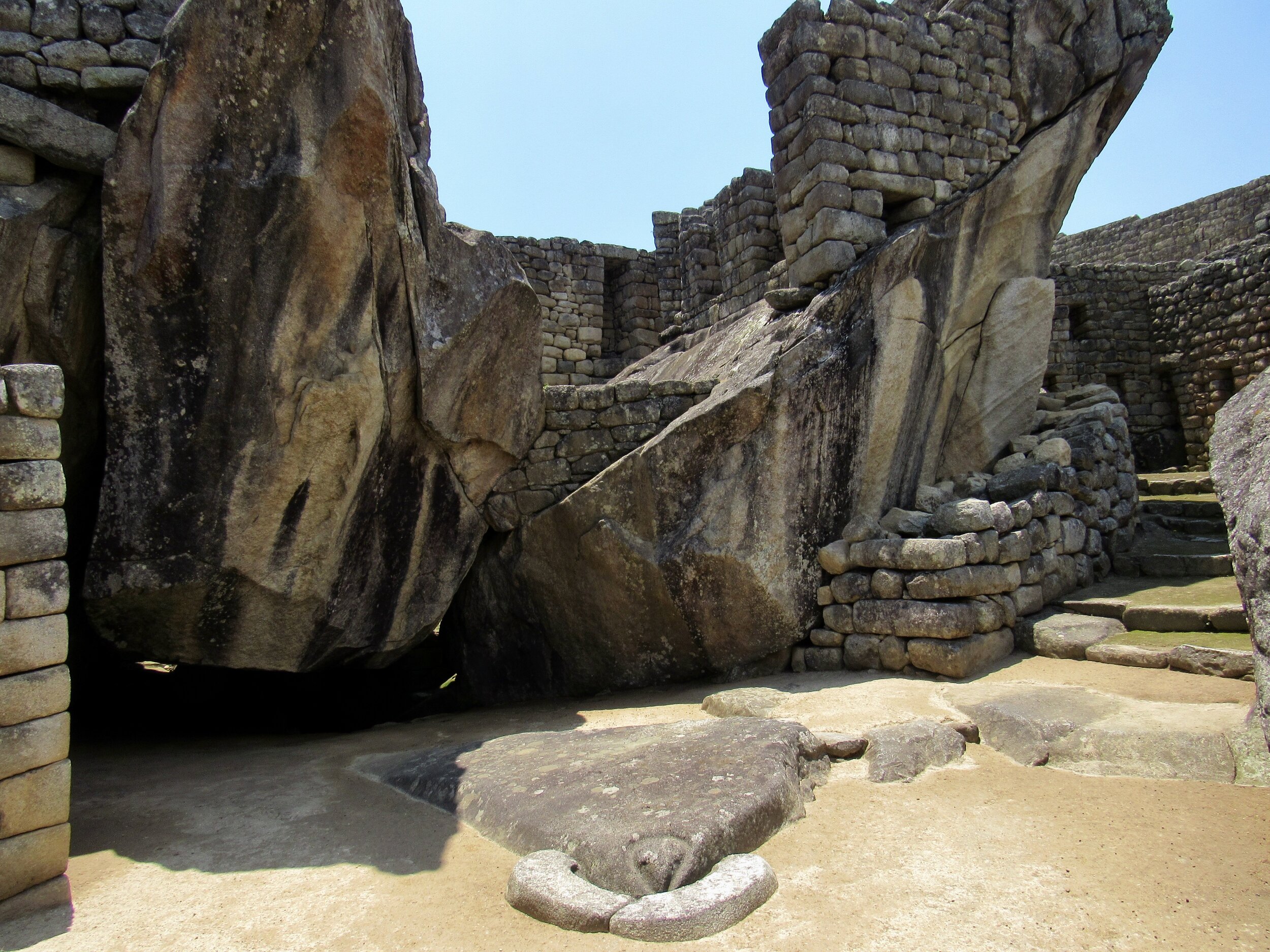

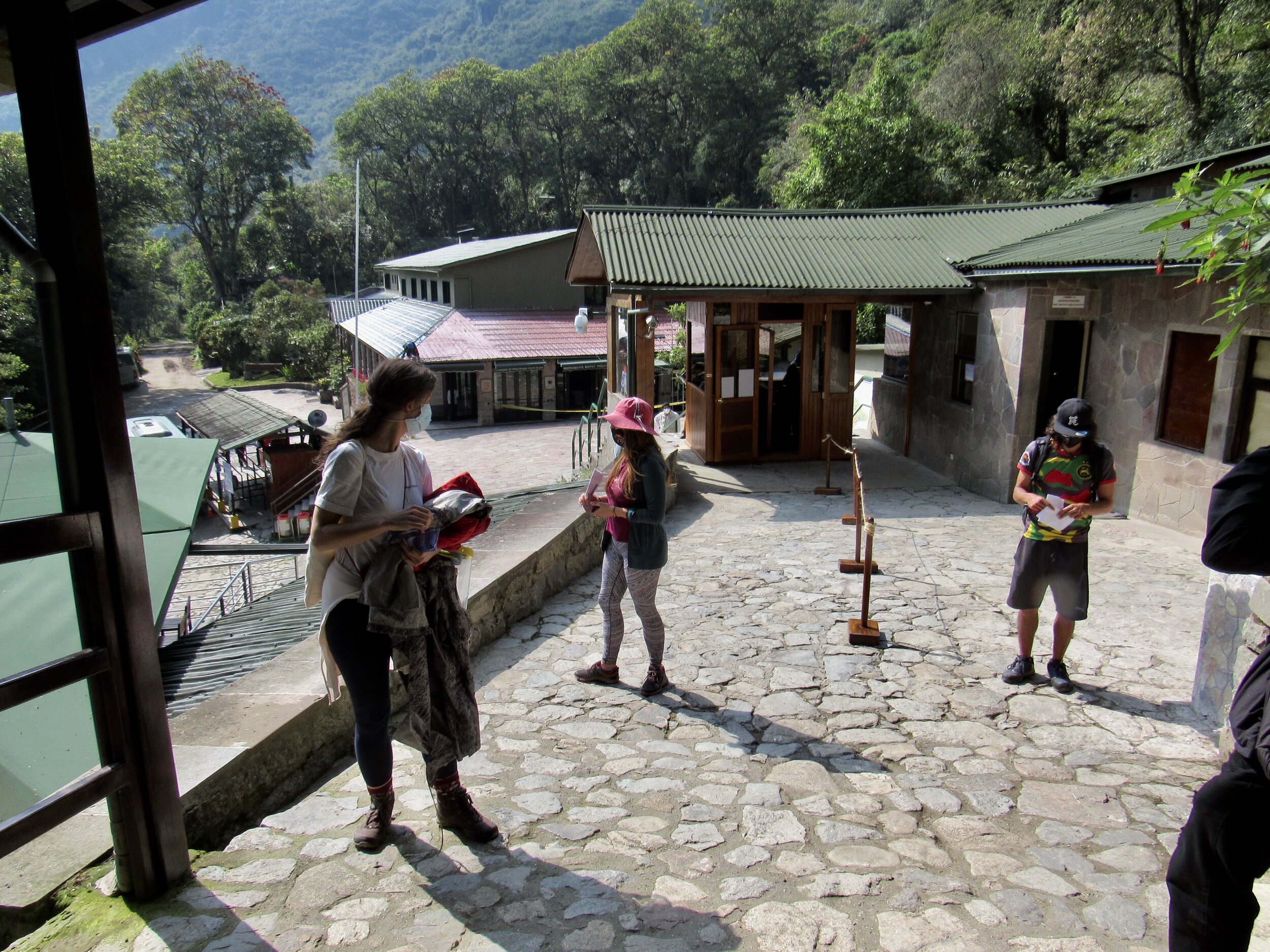
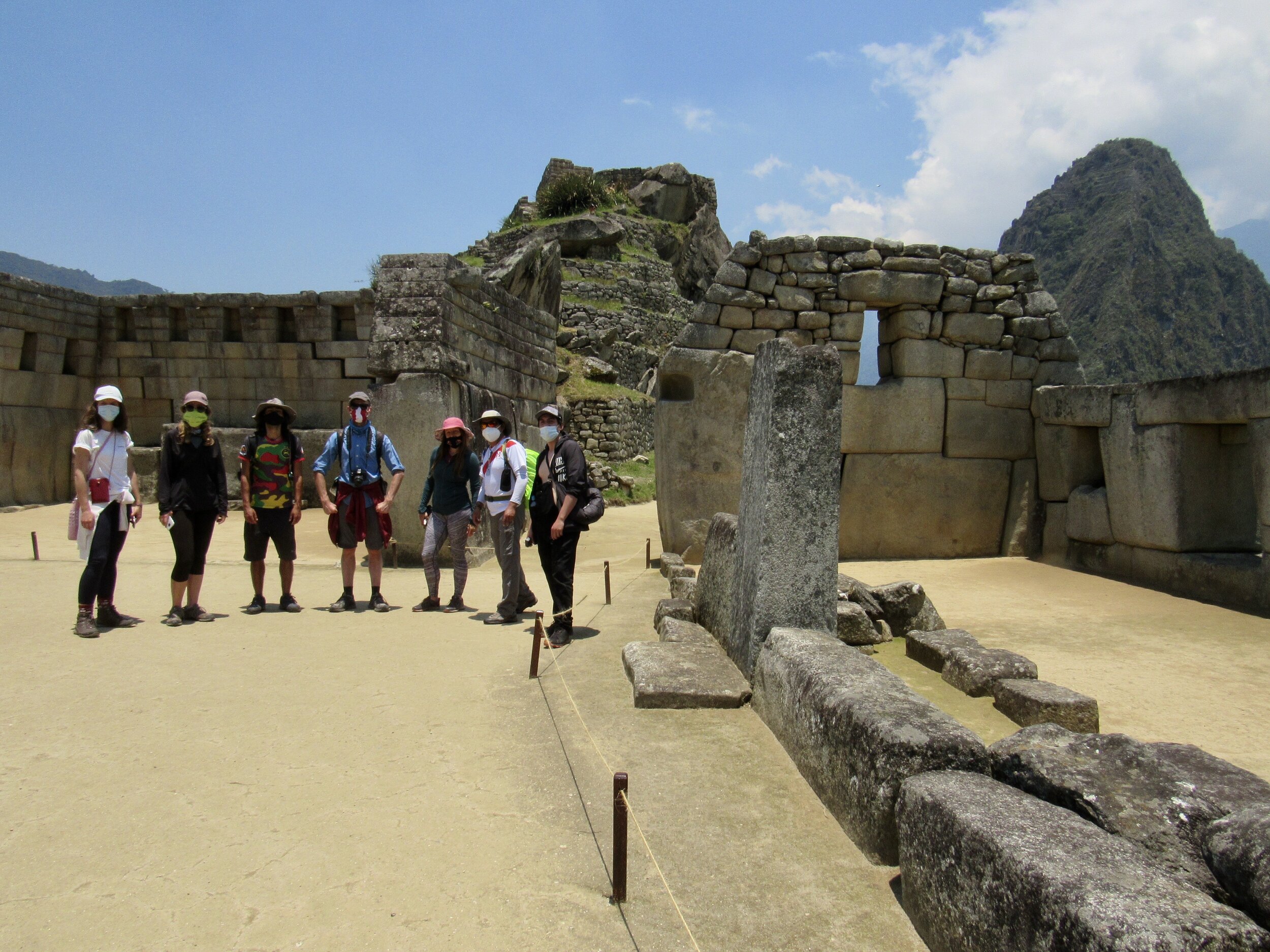
The town of Aguas Calientes has gone through a complete makeover as they try to make it safe for tourists to return. Photos below!
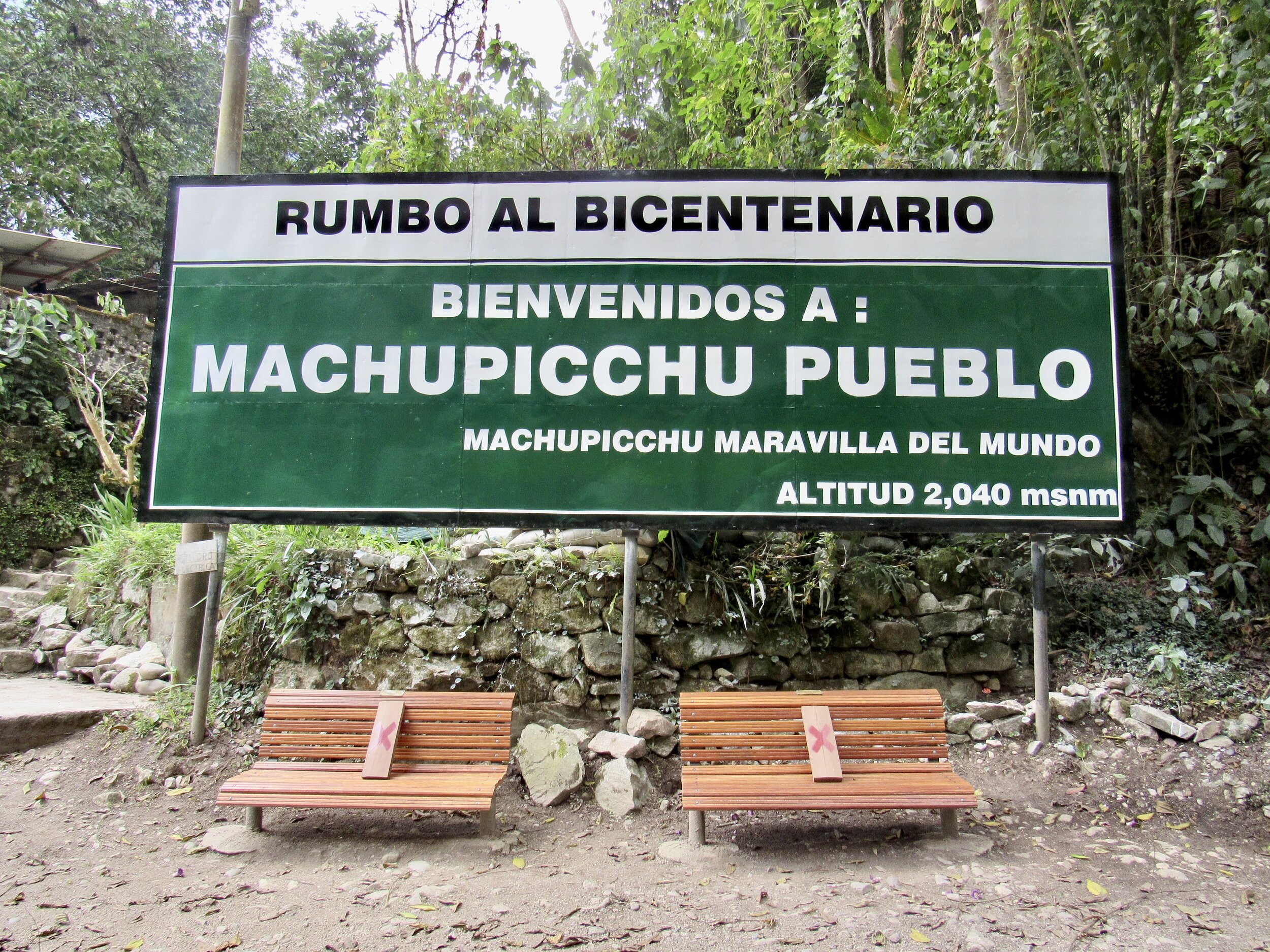
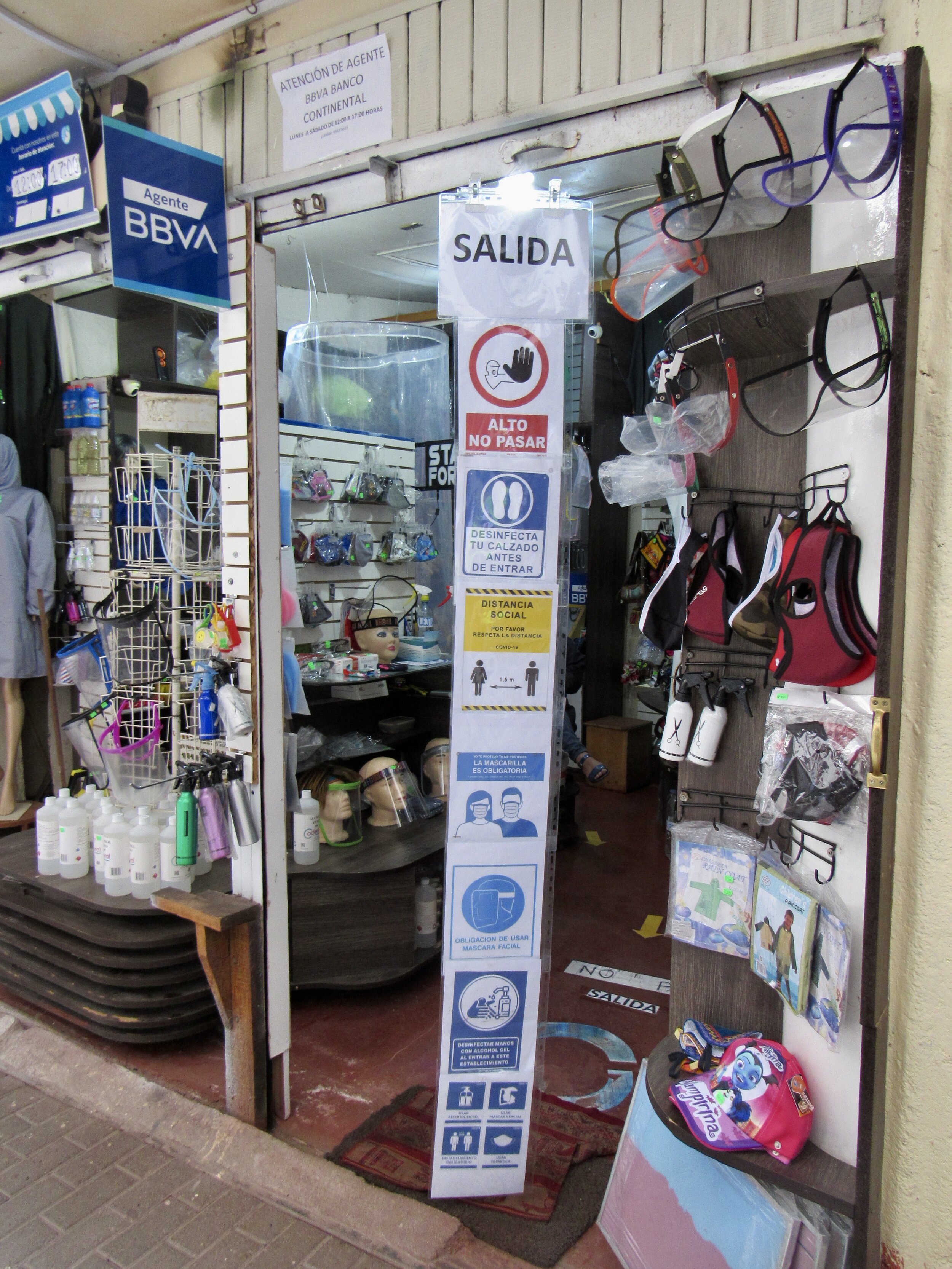

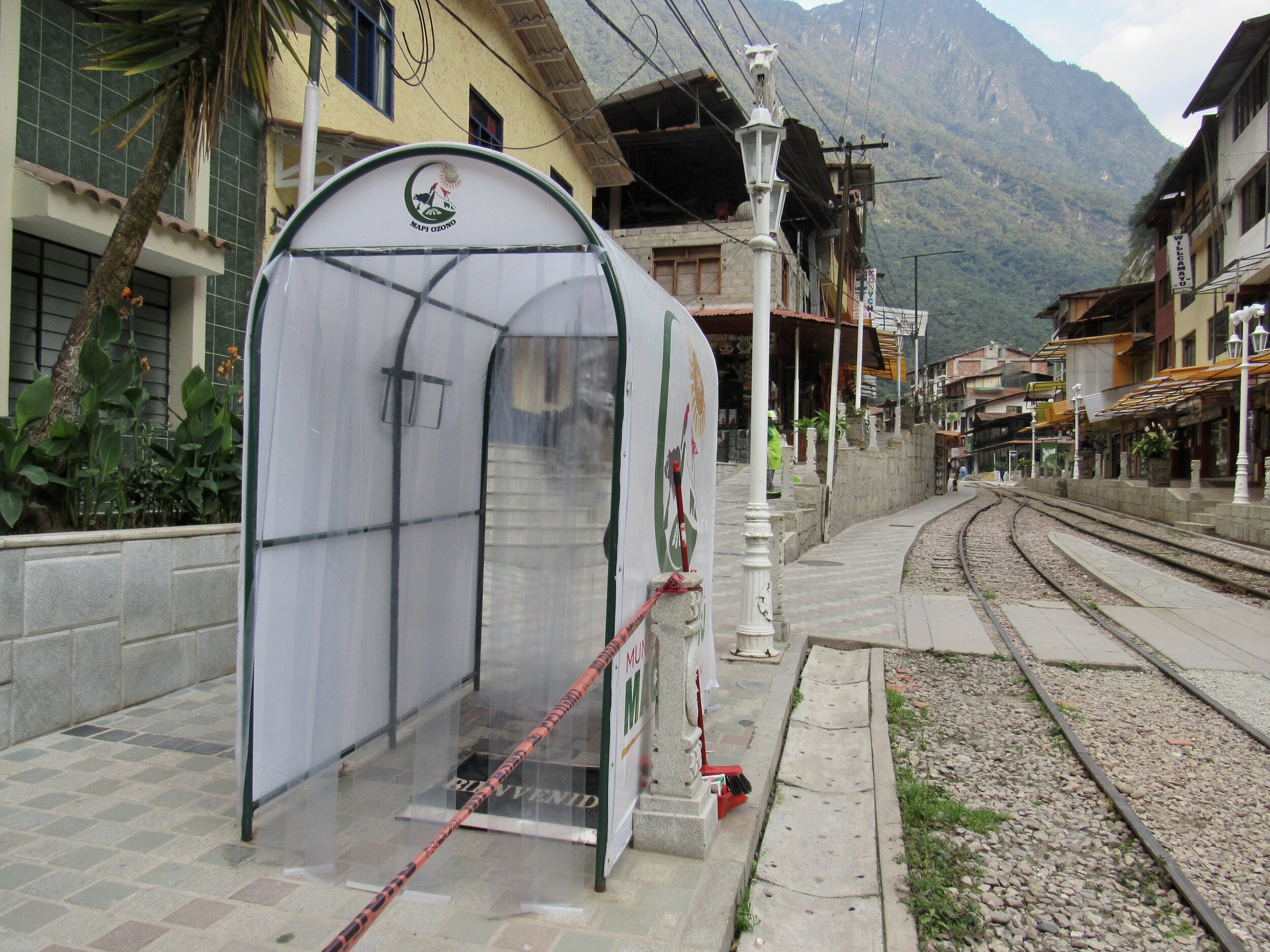
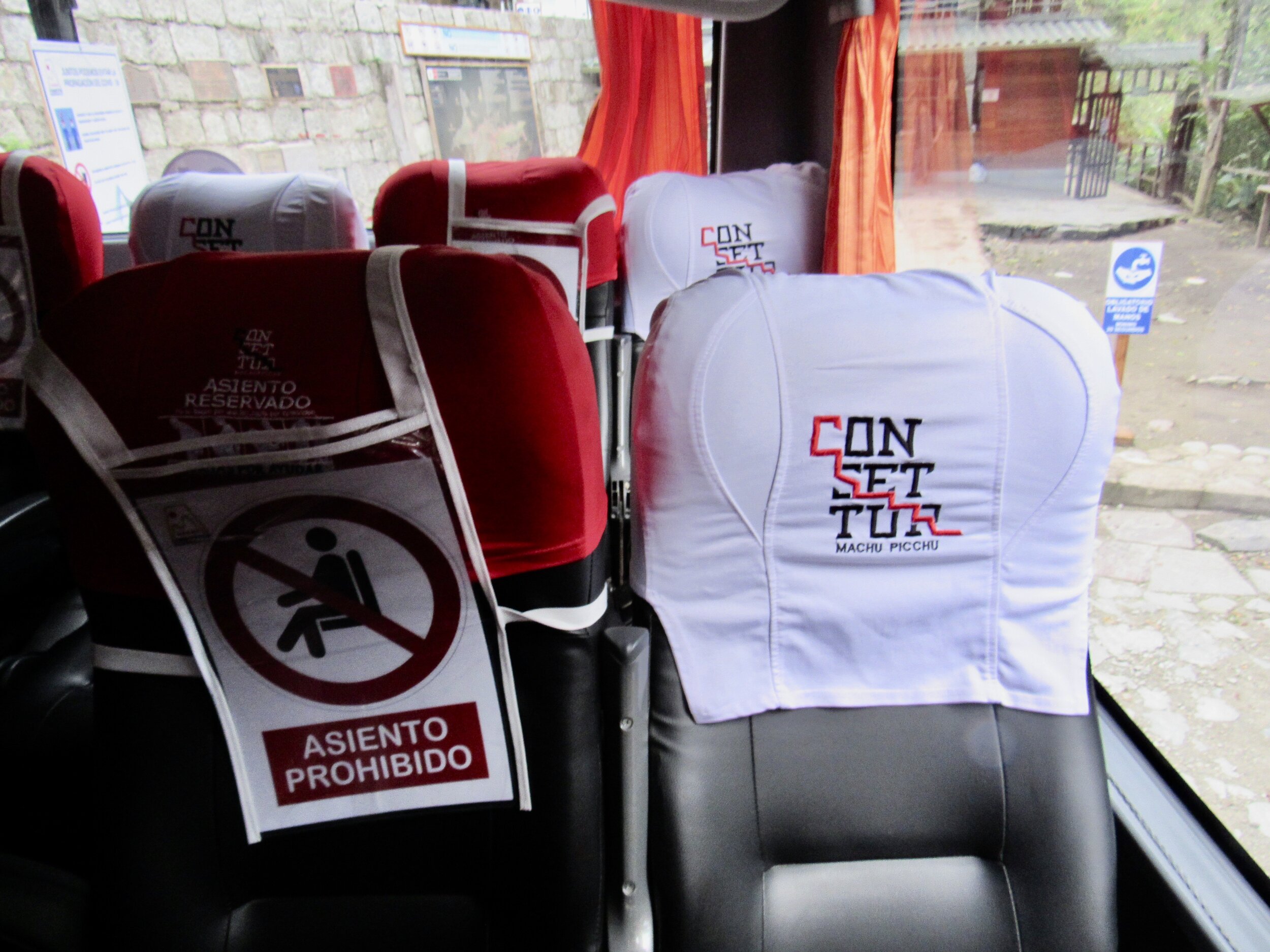
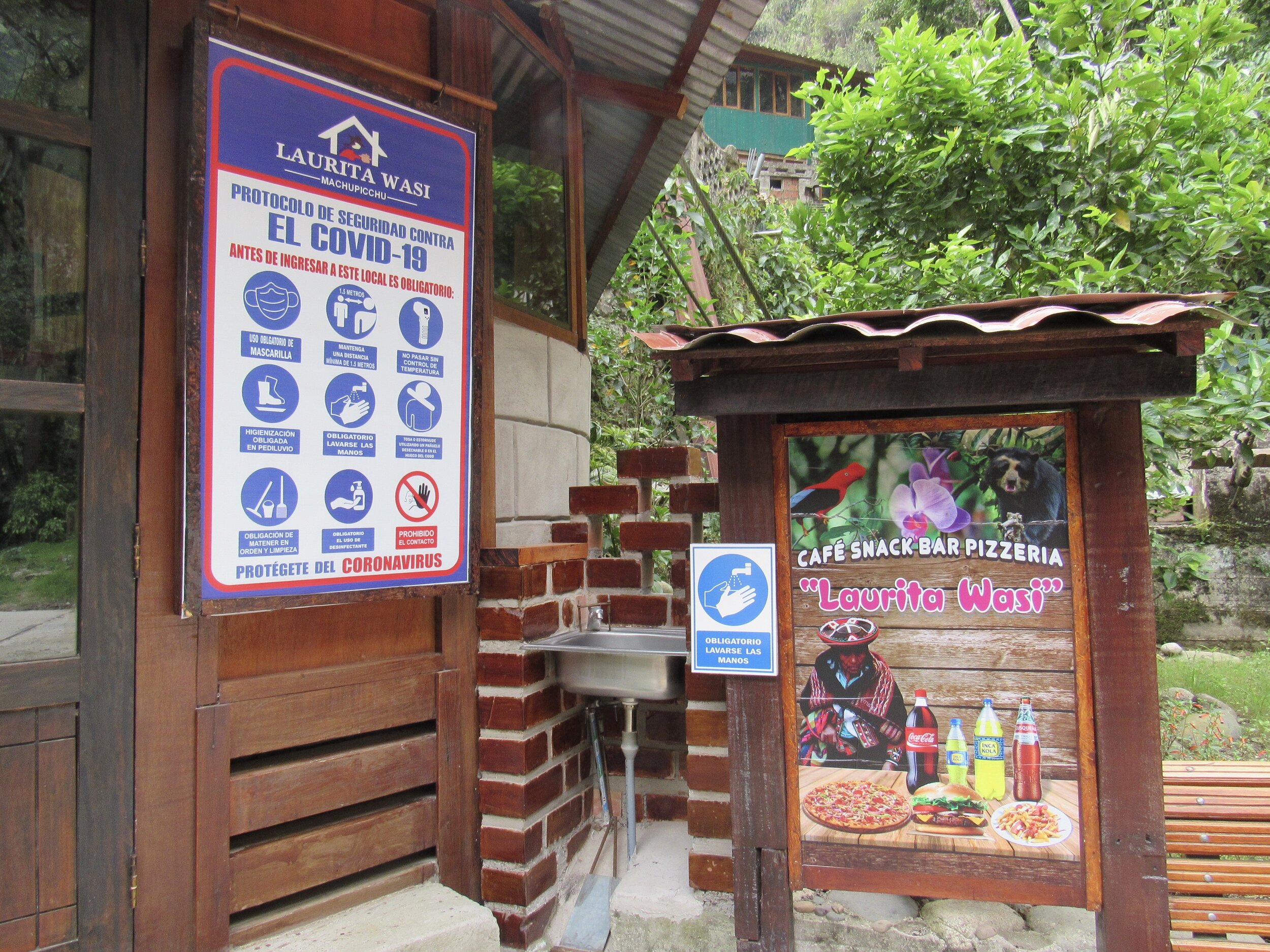
Friday, 6 November, 2020
Last night we got back to Cusco after 10pm and today I am still exhausted from the trip. Our train left Aguas Calientes at 6:30, so we got back to Ollantaytambo after 8:00 and it took just over an hour and a half in a van from the train station back to Cusco.
I’ll spend most of today writing a blog about the experience, then I’ll start planning for the next trip. Now that tourism is starting to open up, I am determined to go do a loop around a mountain I have wanted to visit for well over a year now: Ausangate. Most of the group from yesterday will be going and Auqui will be our guide again also. It’s going to be a four day hike and we’re going to have horses to carry most of the gear, which will make it infinitely easier. But first, I need to do a special blog about Machu Picchu during times of Covid. (Link at the end of this blog).
All week, I have been afraid to look at the election results. I know that most states will be counting very carefully and documenting everything to avoid being the state that has the 2020 equivalent of the hanging chad debacle. Even though Florida had initially been called for Gore, by only 537 votes, Bush won the state. I learned then not to put too much stake in what the press says on election night.
Also, four years ago, I went to bed on election night, stressed by watching any state go for Trump over Clinton. I was sure that I would wake up to a better world where we wouldn’t have to listen to Trump spew hatred and misogyny. A world where the ugly campaigning would be over and we would finally have a woman president. A woman who had dedicated her life to public service, who had been a senator for ten years, then lived in the White House for eight years, then served as Secretary of State. I am still angry about that election.
So today, I stuck with my original plan of just texting my mom and asking her if they had declared a winner. I didn’t want to hear speculation from exit polls or see which way the media were predicting each state would go. It’s too much. Mom told me that it wouldn’t be over tonight but that she’ll let me know in the morning if there is an official winner.
Saturday, 7 November, 2020
The election is finally over. The Associated Press called the election when Biden & Harris got 290 electoral votes, with Trump & Pence only having 214. Not every state has reported, but Biden got more than the 270 that’s needed to win, so we can all breathe a big sigh of relief. I didn’t actually think that I would be able to breathe a sigh of relief because I’ve heard so much about how Trump’s lawyers are going to challenge everything if he loses. My mom reassured me that of the 7 fraud cases his lawyers have tried to file, all of them have been thrown out for lack of evidence without even a hearing.
So, I guess this is it. Maybe I can stop holding my breath. I don’t actually think that I’ll be able to breathe that deep sigh of relief until Biden & Harris are officially sworn in, but at least I can stop figuratively holding my breath.
Unfortunately, my neighbor Kerry isn’t breathing easy this week. Her best friends’ cat Diego didn’t come home from his usual stroll across the rooftops on Monday. They had already planned to leave town for the week and almost cancelled the trip, but finally decided that they couldn’t do anything that Kerry can’t do. So, all week, Kerry has been staying at their place but rather than taking care of their cat, she’s been searching for him.
I know that everybody thinks that their cat is special, just like everybody thinks that their kid is special. My twin cats Beauvoir & Ginsburg in Seattle certainly were special. So you’ll just have to believe me that Diego really is a special cat. Kerry has put flyers all over the neighborhood and given them to every person she sees in the area. She even learned how to ask people “has visto este gato?” since so few people in the neighborhood speak English.
Kerry has started looking for him both day and night. Monday, Tuesday and Wednesday she was sure that he would come back on his own. She leaves the window open, where he usually comes in and out, just in case he is able to come home. I went with her for an hour tonight, calling for Diego who actually does come to his name. She had bright flashlights to peer under cars and up into trees or on roofs. We found a couple spots that are definitely cat hangouts and we even found a cat that is exactly Diego’s shade of orange, but it was far too thin to be actually mistaken for Diego. I’m keeping my fingers crossed and will be ready to go out for another night search if he doesn’t come home soon.
Covid in Cusco: Week 33
My vote is officially counted for next week’s presidential election and Cusco celebrates a subdued Halloween and All Saints’ Day.
Tourism has changed
From restaurants to airports and Machu Picchu to the Inca Trail, tourism in Peru has completely changed. International flights are landing in Peru after almost seven months of being completely shut down and now we will finally see if the changes made here will be enough to keep the pandemic from another outbreak here. If we want tourism to stay open, we have to both keep tourists safe and also keep Peruvians from causing Covid cases to spike again.
Sunday, 25 October, 2020
226 days since Covid was first diagnosed in Cusco
Tourism is back! After over seven months of being shut down, Machu Picchu will open in one week! Even better, for the first two weeks, it will be free! Unfortunately, all of the free tickets for Machu Picchu are already gone. What is left are free permits to hike the Inca Trail from KM104, which does take you to Machu Picchu, but you have to walk there. There are obviously a lot more people who want to take the train to Machu Picchu than who want to walk there.
Getting permits to hike from KM104 ended up being more complicated than I thought it would, but I did manage to get train tickets and Inca Trail permits for myself and six friends, with Auqui as guide. All of them have been in lockdown in Peru for over seven months and five have never had the opportunity to visit Machu Picchu. Two of them were convinced that they would have to leave Peru before Machu Picchu would open. All of them are crazy excited that their Inca Trail permits and Machu Picchu tickets were free.
Anybody can buy a ticket for Machu Picchu, or train tickets. However, only licensed travel agencies that also have a special Inca Trail license can buy Inca Trail permits - even when they’re free. Also, any group on the Inca Trail must be accompanied by a licensed guide who also has the special Inca Trail license. It may seem like over-regulation, but the Inca archeological sites along the trail really are so exceptional, and vulnerable, that any harm or vandalism would significantly damage this UNESCO World Heritage site. I get why guides have to go through a special licensing process for the Inca Trail and why protections for the area are so strict.
What most people come to Peru for, and what the tourism industry calls the Classic Inca Trail, is a four day hike from KM82. This is not yet open. What they are going to open on November 1st is the section of the Inca Trail that you can hike in about five hours. You take the train to KM104, where you get off on the side of the train tracks. There is no train station and no platform where you get off. As long as you have requested the stop ahead of time, the train will stop for about ten minutes for the people who are hiking what the tourism industry calls the Short Inca Trail.
Our plan for next week is to go from Cusco to Ollantaytambo Tuesday evening, which is only about an hour and a half from Cusco. We’ll spend the night in Ollantaytambo because the only train tickets available when we went to buy them are for the train that leaves at 5am. PeruRail wants people at the station a half an hour before departure, which is obviously a very early morning. We’ll start hiking around 6:30am, which will give us more than enough time to see everything along the trail on the way to Machu Picchu.
The way we’ve planned it, we’ll hike the Inca Trail to Machu Picchu, but not use the entry tickets that come with the Inca Trail permit. We’ll take a lot of photos from the trail, then either take the shuttle down to the town of Aguas Calientes, or walk down. It’s a very steep downhill walk on very uneven stone stairs, but the bus is $12, which is an extravagant amount by any standards, for a half hour shuttle. For people living on the economy of Peru, $12 is about s/43, which is what I spend on groceries for a week.
We’ll spend that Wednesday night in Aguas Calientes, then take the shuttle up to Machu Picchu the next morning at 5:30 so we can be up there for sunrise at 6am. I’ve been there for sunrise several times already, but it’s a magical experience and not something I would ever pass up. You only get 4 hours in Machu Picchu with the current regulations, but you can see everything in about 2 hours, and there’s nobody paying attention to how long you’re there anyway. Even with the recently imposed time limit, I don’t think people feel rushed.
Our train doesn’t leave Aguas Calientes until 6:30 in the evening, so I’ll finally have time to check out the museum and maybe even the hot springs for which the town is named. We’ll have plenty of time for the hike on Wednesday and also plenty of time for Machu Picchu on Thursday. For me, that means plenty of time to take photos, even if they’re photos of places I’ve already been several times. Machu Picchu is a fascinating place and I’ll never get tired of it, no matter how many times I get to visit.
My vote was counted!
I am so thankful that modern technology allows me to vote quickly and easily even when I’m not in the US. This photo was from the 2016 election, but the sentiment hasn’t changed.
Photo credit: Amanda Beane
Monday, 26 October, 2020
Last week I was nervously checking the Washington State website for tracking ballots. Today I was so relieved to see that my vote was counted! I have officially voted for Biden & Harris in the presidential election. Washington is so solidly blue that my vote doesn’t have any effect on the electoral college, but it will count in the popular vote.
Explaining the electoral college to Peruvians is not easy. Explaining it to some Americans isn’t easy either. I honestly don’t see how it makes sense in the 21st century. Maybe it was needed when it was created but I would love to see every state abolish their electoral college votes and make the popular vote what actually matters. In the past elections when Republicans have won, the popular vote has been like a dissenting opinion. It doesn’t really change anything: even though Hillary Clinton won by about 3 million votes, she still lost the complicated math of the electoral college. I just hope that this year the popular vote and the electoral college align.
Today was the last repatriation flight from Lima to Miami. According to the US Embassy in Lima, almost 14,000 Americans have been evacuated from Peru since the US Embassy started to organize repatriation flights on March 20th. In the beginning, most of those were tourists who happened to be here when Peru closed the borders without warning. In Europe many countries gave people a few days warning, or gradually worked their way up to closing the borders. In the US, even when borders were “closed” to places like China, there were still exceptions for several groups, like US citizens in China. When Peru closed the borders, it was without warning and completely closed.
In March and even in April, I didn’t consider taking one of these flights. I didn’t feel like I had any reason to go back to the US and my Mom reassured me that I was safer staying put than trying to travel. I still agree with that assessment. Staying home in Cusco, wearing a mask and maintaining social distancing is much safer than traveling through three or more airports, since there are obviously no direct flights from Cusco to either Seattle or Boise.
As things wore on, in May and June, I did consider going back to the US, but not very seriously. At that point there were still only a handful of cases of Covid in Cusco, with no deaths in April or May. I was convinced that Cusco would escape a serious outbreak and that it was one of the safest places in the world. In July, when Peru opened up transportation within the country and allowed more businesses to open, cases skyrocketed. August brought a huge wave of Covid cases in Cusco, which didn’t calm down until mid-September.
Still, when I consider the risks of travel, and the massive outbreaks in the US, I don’t think I would be any better off leaving Cusco now.
Tuesday, 27 October, 2020
There was an interesting article today in CNN comparing the problems of “overtourism” in 2019 and the death of tourism in 2020. Cusco is the first really touristy place I’ve lived, and the first time I tried taking a break from education to see what it’s like to work in tourism. As sad as it has been to see my friends in Cusco become unemployed in March, and watching them burn through their savings as tourism continues to be shut down, for me it’s mostly been interesting. I have savings and have managed to make enough work for myself that I feel underemployed, rather than completely unemployed.
So the death of tourism, for me, has been fascinating, but not personally devastating. This article, comparing last year and this year, of course mentions Machu Picchu. 2019 was the first year that limits were imposed on how many people entered at a time. The daily limit was capped at 5,000, which is obviously still a lot of people. Tickets were sold for a specific time slot and for the first time people were not allowed to spend more than four hours in the archeological site.
Next week, when Machu Picchu finally reopens, the limit will be only 75 people at a time, with a daily limit of 675 visitors. It’s a drastic change and I suspect that these first two weeks with free permits will mostly be a practice run for the new rules. The ruins are extensive, so it shouldn’t be too hard for groups to spread out and maintain social distancing. Group size is now limited to seven people, plus guide, which is exactly the number in our group. I’m very curious to see what other changes will have been put in place since I visited with my friend Amanda, in February.
Unfortunately, skimming through the news today, I also saw that Peru has recorded its first case of diphtheria in 20 years. It’s a young girl in Lima, which could be very dangerous. Lima is a crowded city and the last thing we need in the middle of the Coronavirus pandemic is a diphtheria pandemic. Hopefully, they’ve caught it early enough to contain it. Health officials should be good enough at contact tracing now that I hope they can trace where this kid got infected and who else she might have exposed. Fingers crossed!
How to put on a mask
We’ve had posters telling people how to wash their hands all over town since February, but this is the first sign I’ve seen telling people how to put on a mask.
Wednesday, 28 October, 2020
One of the more unexpected effects of the pandemic here has been the number of people selling from their cars. Most of them sell food and roll slowly through the neighborhood, yelling at us through megaphones that they have fruit or freshly baked bread or fresh, unpasteurized milk straight from the farm. Partly, this has become popular because people are trying to avoid going to stores and markets, where you have a bigger risk of breathing in the exhalations of somebody with Covid. Now, the vendors come to you and you can just step outside the door and buy fresh fruits and vegetables.
I very rarely buy from these vendors because I don’t want to encourage them. The megaphones are obnoxious, as is the loud music they play to try to get your attention. The worst are the milk vendors. They play the same annoying song in a loop, interrupted periodically by a loud recording of a cow mooing. I prefer to work and write without interruptions or even music. However, the sounds of the vendors can be so distracting that I have to put music on anyway, just to drown out the piercing music and scratchy megaphones.
Only the ice cream sellers don’t bother me. They still have the piercing music and obnoxious megaphones, but since I grew up thinking that somebody driving through the street selling ice cream was normal, at least that one doesn’t get to me. The fresh bread in the morning isn’t bad either, though it’s always announced by an old fashioned horn honking, which isn’t the best way to wake up. Fresh bread sellers start combing the streets at about 6am, which is a bit earlier than I really want to hear honking.
Thursday, 29 October, 2020
A few weeks ago, I wrote about the mayor of Cusco dying of Covid. I hadn’t realized at the time that the mayor wasn’t elected. He was the second in command who had been appointed when the elected mayor was charged with corruption and relieved of his duties, pending an investigation and trial.
The new mayor in Cusco is a bit like Peru’s AOC. Romi Infantas is only 25 years old, which makes her the youngest mayor in the country. She was acting mayor for about a month, as mayor Valderrama battled Covid and spent weeks on a ventilator before passing away. Besides being the youngest mayor in Peru, she joins an exclusive group of only 5 % of mayors in Peru who are women. Politics in Peru is often controlled by a carefully selected few oligarchs from a tightly managed “old boys’ club.” Changing the sexism and even misogyny imposed during the colonial era is progressing very slowly.
Thankfully, waves from the #MeToo movement have been felt in Peru and things are changing, however slowly. The word feminism still has a negative connotation in Peru. Last February, participating in a training for tour guides, I actually heard the woman who was supposed to be presenting about machismo in tourism say that she wasn’t a femenist. I was so shocked that I didn’t even say anything in the moment. Only afterwards did I ask her what she could possibly have been thinking.
Like many countries around the world, salaries for women lag far behind men’s salaries. In Peru men make over 20 % more than women. Like everywhere else, there is a complicated list of reasons for this discrepancy, and an equally complicated list of necessary changes. I only hope that improvements made in other countries will help speed up changes here.
Friday, 30 October, 2020
It looks like the predicted fall/winter waves of Covid cases in North America and Europe have arrived with a vengeance. There are new lockdowns in both France and Germany, with big spikes in cases. We all knew that when people started socializing more inside, as temperatures drop, cases would rise. In the southern hemisphere, we are on a completely different cycle.
Today is the 229th day of the State of Emergency and in Cusco we are up to 67,072 confirmed cases. We’re getting between 700 and 800 new cases every day in Cusco, but deaths are staying in the single digits. Even more encouraging is that there are 13 available ICU beds, which is a big improvement over the 1 or 2 available beds throughout August and September. The city of Cusco still has the vast majority of cases among the fourteen districts of the region of Cusco, with 44,183 cases. One of the lowest is Paruro, with 437 cases.
Paruro is the district that includes Mayubamba, one of the villages that I visited with the Covid Relief Project. It is a very poor community and one of the five that we’ve chosen to visit again in December. Trying to figure out how to make our Christmas events as safe as possible, we decided that everybody will have to bring their own mug from home for the hot chocolate that we’ll be making. This will also save the planet from the trash of hundreds of paper or styrofoam cups and lower our costs, so we can spend more on buying chocolate, milk and warm clothes for the kids.
After not visiting any villages since August 22nd, I’m really excited that we’ll finally get to take the Covid Relief Project back on the road. We’ve got a good start on fundraising and already have enough for the first village we’ll visit, T’astayoc. We have about half of what we need for Mayubamba, after which I’ll start fundraising for the village of Ocongate.
Saturday, 31 October, 2020
Today is Halloween! Having the holiday fall on a Saturday, with a blue moon tonight, is the perfect time for Halloween parties - except that we’re in a global pandemic. Last year I was astonished at how much Cusco went all out for Halloween. Kids don’t trick or treat here, though some businesses give out candy. Still, Cusco is very much a party town where it seems to me that all holidays from all cultures are fair game. The main square was so full of children and adults in costume that it was hard to walk through the crowd. People even had costumes for their dogs! It was very impressive.
This year, like every other holiday that Cusco loves, the festivities are cancelled. The plazas are guarded by military and police to enforce the moratorium on parades and gatherings. I only saw a handful of kids in costume and the party atmosphere is definitely missing. I went to a subdued little gathering, consisting mostly of the friends who will be doing the Inca Trail with me next week. Instead of mourning the loss of Halloween, we talked about how excited we are for the Inca Trail. Those who have been waiting to visit Machu Picchu are thrilled, which made the evening more about celebrating their imminent visit to the UNESCO World Heritage site and New 7 Wonder of the World. It was definitely a fun night, even if it had very little to do with Halloween.
Covid in Cusco: Week 32
I keep working on my new business ventures and take a day to visit the Piquillaqta archeological site, south of Cusco.
Sunday 18 October
219 days since Covid arrived in Cusco
The rains have finally arrived! I woke up to a rainy morning in Urubamba, the kind of rainy morning that makes me hum the lyrics “I’m only happy when it rains” by Garbage. Being born in Seattle is not the only thing that makes me love rain, the hills around Cusco which have either been either yellow with dry grass, or black with wildfires, will soon be green again.
It was a light, steady rain that hopefully will soak the hills without causing any mudslides. The heaviest rains in the Cusco region are in January and February, when torrential buckets of rain slash through hillsides, washing away towns and hiking trails. Last January 23rd, there was a landslide on the Inca Trail, which killed three porters and left several others injured.
Hopefully, light rains like today will help enough plants grow on the newly burned hills that they will be able to stabilize the slopes before January. If we had the relentless February rains now, there would be devastating landslides, washing away villages and potentially affecting Machu Picchu, since an area near the UNESCO World Heritage site burned just over a month ago.
The family I stay with in Urubamba has a new puppy, named Maya, who was also happy with the rain. First thing this morning I saw her running around the yard and rolling in the wet grass. She just got a bath yesterday and was so white and fluffy, before she decided to go play in the rain. Her wet footprints were in and out of every room that didn’t have the door firmly shut, and most of us got muddy footprints on our shins when she jumped up on us. She hasn’t had much training yet, so I’m glad she’s still so little that her front paws don’t even reach up to my knees.
This is the 32nd Sunday that nobody has been allowed to leave the house, except for emergencies. In March, April, May and June, this was strictly enforced by both police and military, who stopped anybody on the streets to ask what their emergency was. The police and military presence is significantly less now, than it was then, and people’s definition of an “emergency” is broadening. Auqui left the house today to see if he could find an open chicheria to buy chicha. He returned empty handed, saying that all of the shops were closed and nobody was in the streets. Still, he didn’t see any police or get hassled for having left home. Technically, the rules of the lockdown haven’t changed, but the lack of enforcement the past few weeks has certainly changed the situation.
We’re still in quarantine, with an 8pm curfew, but people are increasingly ignoring the restrictions. As long as they keep wearing masks, I couldn’t care less if people are breaking curfew. I’m still staying home as much as possible, maintaining social distancing and wearing my growing array of colorful masks.
Monday 19 October
This morning I left the house in Urubamba with another box of succulents and cactus for my new business Super Cute Plants. The van from Urubamba to Cusco takes about an hour and I made it home with my new plants in time to get online and be “at work” by 9am. Between work emails, I checked the news a bit to see what had happened in the world while I was spending the weekend unplugged in the Sacred Valley. My mom sent me some news about Peru which has made it to global media: a giant cat has been discovered in Peru!
This is not a relative of the sacred Peruvian puma but a relative of the Nazca lines. It’s over 2,000 years old and measures over 120 feet across. That’s not very big, compared to most of the figures that make up the Nazca lines, but it’s really big to have gone unnoticed by archeologists until now. For now, the pandemic has limited me to travel within the Cusco region, but maybe next year I will finally be able to see the Nazca lines.
Tuesday 20 October
Today is my friend Sara’s birthday. It’s one of those days that I realize just how far from home I am. I’m still glad that I moved to Cusco and still glad that I stayed but some days it’s hard. I wish it were easier to go visit Sara for the weekend, like it was when I lived in Seattle. Visiting friends and family is certainly easier from Peru than it was from Bangladesh or Istanbul. It’s also much easier to talk with them from Peru, since I have a one or two hour time difference from most of them. Istanbul was nine hours and Bangladesh, on the opposite side of the world, was a full twelve hours off from home.
Life in Cusco is getting much easier, with so many quarantine restrictions either being lifted or unenforced. The hospitals here have also been making improvements as the pandemic progresses. In the past month, they have increased the number of ICU beds from 28 to 34, but 30 of those are currently occupied. We are up to 41,450 confirmed cases in Cusco city, and 61,659 for the Cusco region. There is still a very uneven 70 percent of deaths being men with women making up less than a third of all Covid deaths in the Cusco region. Only 4 percent of confirmed cases are 19 years old and younger, with more than 60 percent of cases in people aged 31-59.
Reading the news, it looks like the new wave hitting North America and Europe is mostly young people. There are so many differences between Peru and the more developed countries to the north that I don’t think there is any one reason why the pandemic is so different here. Between the poverty that forces people to leave home to find work and the lack of bank accounts that causes long lines at banks to receive government subsidies, lots of people are unable to properly quarantine or follow social distancing protocols. At least in Peru, everybody is wearing a mask. That has been a requirement since April and I am sure has made a huge difference in our infection rate.
On the other hand, I don’t believe that effective contact tracing is actually happening anywhere in Peru, and most hospitals are still understaffed and underprepared. I am determined to be as carefully as humanly possible until there is a vaccine available. I’m not going to let my confidence in the altitude’s effect on the virus and my O blood type to give me enough of an advantage to let my guard down.
In Cusco, we will defeat you coronavirus!!!
Because we are more conscientious and responsible.
I appreciate all of the signs around town about how we need to act with solidarity and help each other stay safe. It really makes a difference in how people treat each other. In such a new and unfamiliar situation, it’s easier to shape or influence people’s actions than with more familiar situations, in which so many of us are already set in our ways.
Wednesday, 21 October
After seeing the tragic news this morning of a teacher being beheaded by a radical extremist in France, I went in search of some positive news. I have now lived in a mostly-Catholic country now for over a year and have started paying attention to what the pope says, kind of like I tried to understand Islamic customs the five years that I lived in majority-Muslim countries. I have to say that the news I see about Pope Francis from Argentina is not what I expected to hear from a pope.
Maybe I have an outdated view of the Catholic church, so I was surprised (and very happy) to see today that the pope is endorsing civil unions for same sex couples. It’s not the same as the hard-won marriage equality that we finally got in the US, but it’s certainly a step in the right direction. The last time the pope surprised me was when he denounced capitalism and called racism “a virus that quickly mutates and, instead of disappearing, goes into hiding, and lurks in waiting.”
When I talk about the racism of the US with Peruvians, they tell me about Peru’s own issues with racism and even slavery. Slavery of people stolen from Africa was not as prevalent here as in South American countries like Brasil, but that is definitely a part of Peruvian colonial history, too. More recent, and more prevalent, was the enslavement of indigenous Andean people. People weren’t bought and sold, like the slavery in the US, but they were certainly treated like property and worked like slaves. Slavery was certainly worse than the encomienda system, but slavery also ended much earlier.
Landowners in Peru were not required to pay their laborers until the Agrarian Reform in 1969 and farm workers couldn’t even own land until that year either. Slavery, under another name, existed in Peru through the 1960s! Before the Agrarian Reform, laborers didn’t have the right to education or health care. Not all were farm workers, and many were forced to work in mines. The archaic system, based on how Spanish conquistadors treated indigenous peoples, was horribly cruel and only small improvements in treating people humanely were made before 1969.
It blows me away that such a system actually survived until the late 1960s. How did people accept that kind of treatment for so long? Why wasn’t there a revolution or even effective protests before then? How did a country that was home to the most powerful empire of South America get taken so low? Colonialism was horribly destructive in hundreds of countries around the world, but it still shocks me that the class system established by the Spanish survived so intact for so long.
Thursday, 22 October
Since I voted last week, I’ve been checking the Track My Ballot page of the Washington State elections website. Every day for the past week it has been recorded as sent, but not received. I finally couldn’t stand the suspense and emailed Thurston County Elections again today, to ask if there was a problem with my ballot. I got back a reassuring reply that they are receiving “a large number of online submissions” which they are processing in batches. If next Monday my ballot isn’t marked as counted, then I should email again.
The more I read about the long lines at early polling stations and difficulties with mail-in ballots, the more it seems obvious to me that the United States cannot accommodate all citizens voting. Each polling station has been run for decades based on the average number of voters at that station over the past couple years. Voter turnout varies, but is never close to 100 percent. If every eligible voter actually voted, it would break the system. There is something very wrong with a system like that.
I think that if the US wants to call itself a democracy, then we should do a lot more to help people vote. When I tell Peruvians that in the US one of the things that prevents people from voting is that many work long hours and it’s hard to go to a polling station for most people who get paid hourly. It actually costs them money to take time off to go vote. Voting day is a national holiday in Peru, so even if it wasn’t mandatory, it would be hard to have an excuse to not vote.
It’s no secret that I voted for Biden & Harris - especially if you saw my ballot on Instagram. So, I have to say that Biden & Harris have proposed to make Election Day a national holiday. I would also like a federal law that required employers to allow employees time to go vote without any penalties. Wouldn't that make sense? There’s something about living in a country where voting is mandatory that has given me a new perspective on the elections system in my own country.
The pandemic has obviously forced the issue of allowing people to vote from home, or to vote early. My perspective on that was already set by voting by mail for five years in Seattle. Nobody freaked out about voter fraud in Washington state those five years. I never read about any issues with voter fraud in the elections for which I voted by mail. Why is this now an issue for other states? Why didn’t they just look at Washington’s system back in March or April and copy it then? It’s disheartening that the bitter political divide is affecting people’s right to vote.
Super cute plants!
Having never started a business before, creating Super Cute Plants has been an “opportunity for growth.” I learned a lot from co-creating and mostly running the Covid Relief Project and I hope that experience will help me with Super Cute Plants.
Friday, 23 October
I’ve been really busy, which is good, considering how many people are unemployed in Peru and around the world. Staying busy keeps my mind off the pandemic and the political disaster and contentious election back home. Still, sometimes I feel like I’ve bitten off more than I can chew. Auqui has decided to start his own trekking agency and I volunteered to help with the English translations on his website.
This means that I’m not only starting my new business Super Cute Plants, I’m also helping to start Responsible Treks Peru. I’m also still working part time for the other trekking agency, online from 9am to 1pm and I’m still heading up the Covid Relief Project and writing this weekly blog. So, that’s starting two new businesses, running a non-profit, working part time and trying to keep up with the writing that I actually want to do. It’s kind of a lot.
Most of my Peruvian friends are jealous of everything that I have going on. Since most of the people I know here used to work in tourism, they have been out of work since the government shut down the country and put us in serious lockdown quarantine on March 15th. Considering that there are so few tourists during the rainiest months of January and February, most of them actually haven’t worked since the Christmas holiday season.
I would much rather be too busy, and have too much on my plate, than be sitting around with nothing to do.


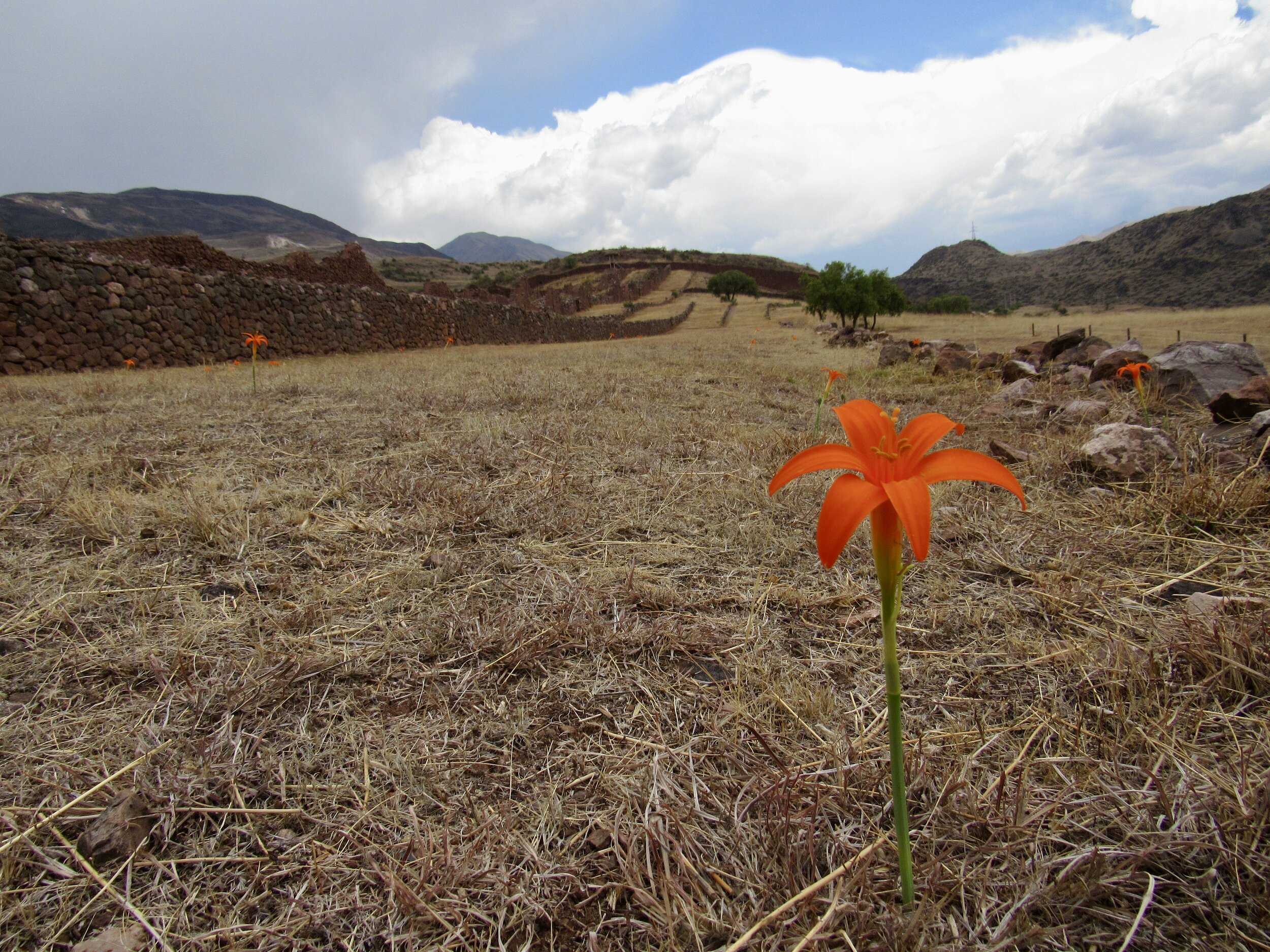
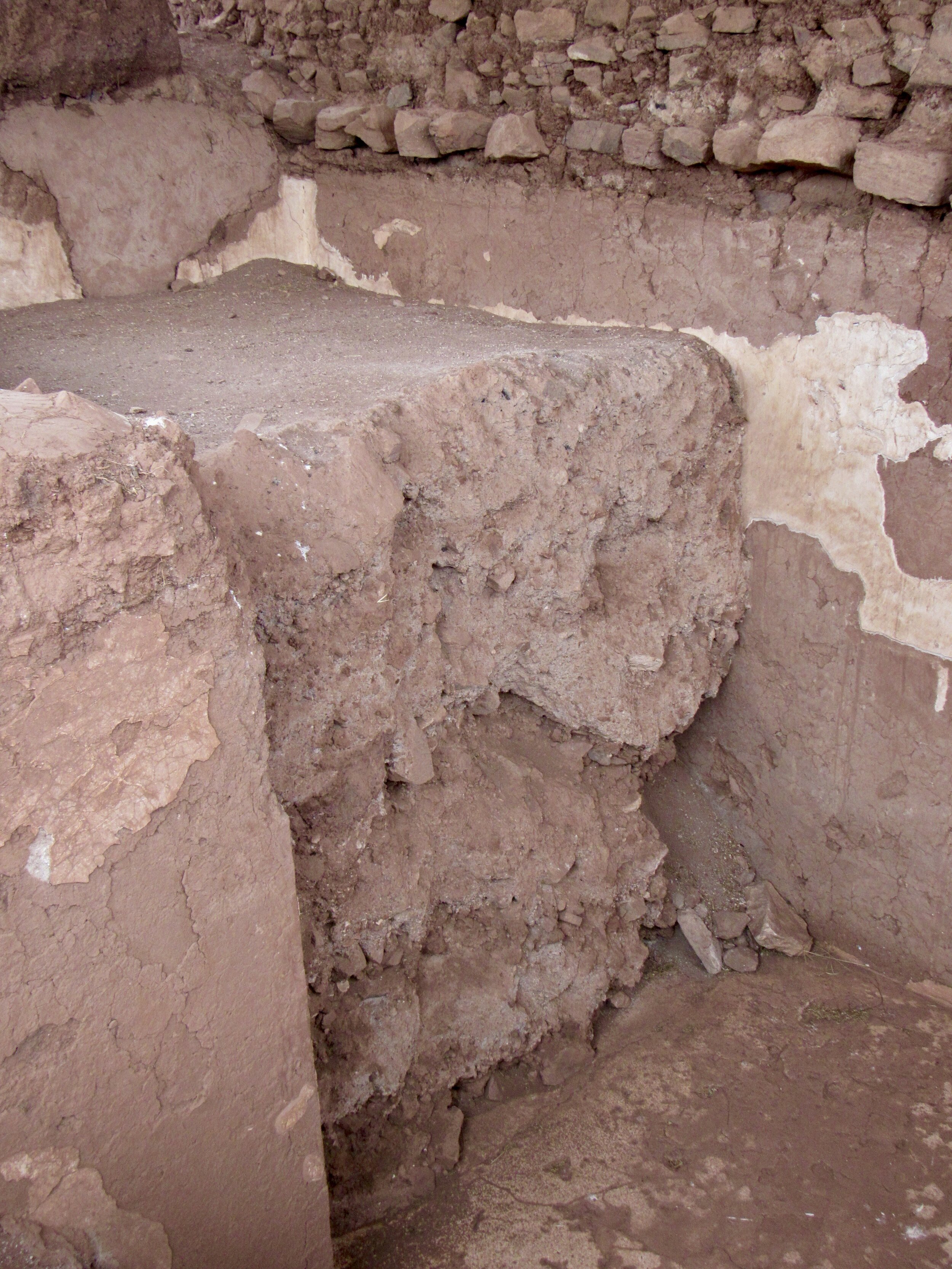
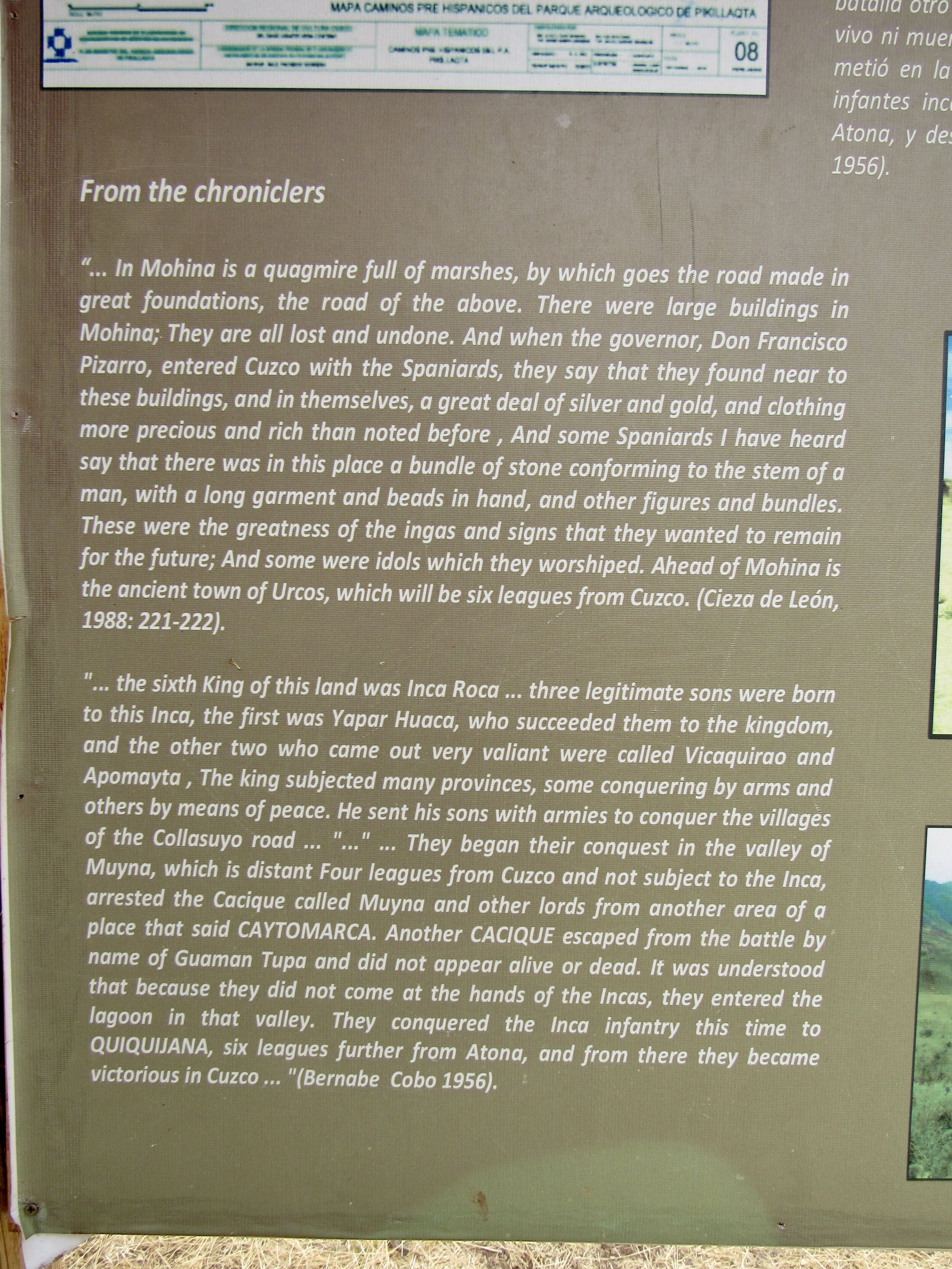
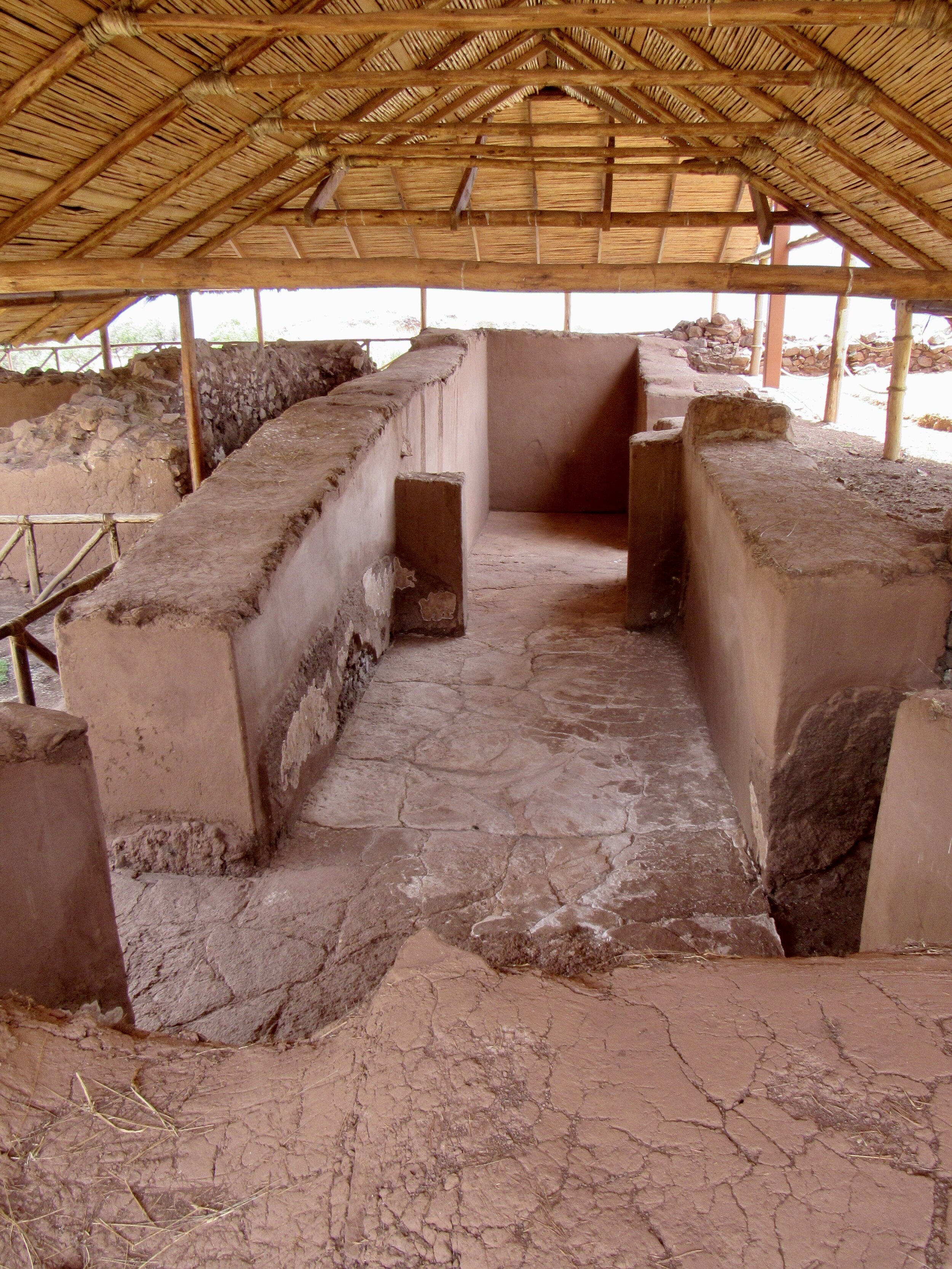
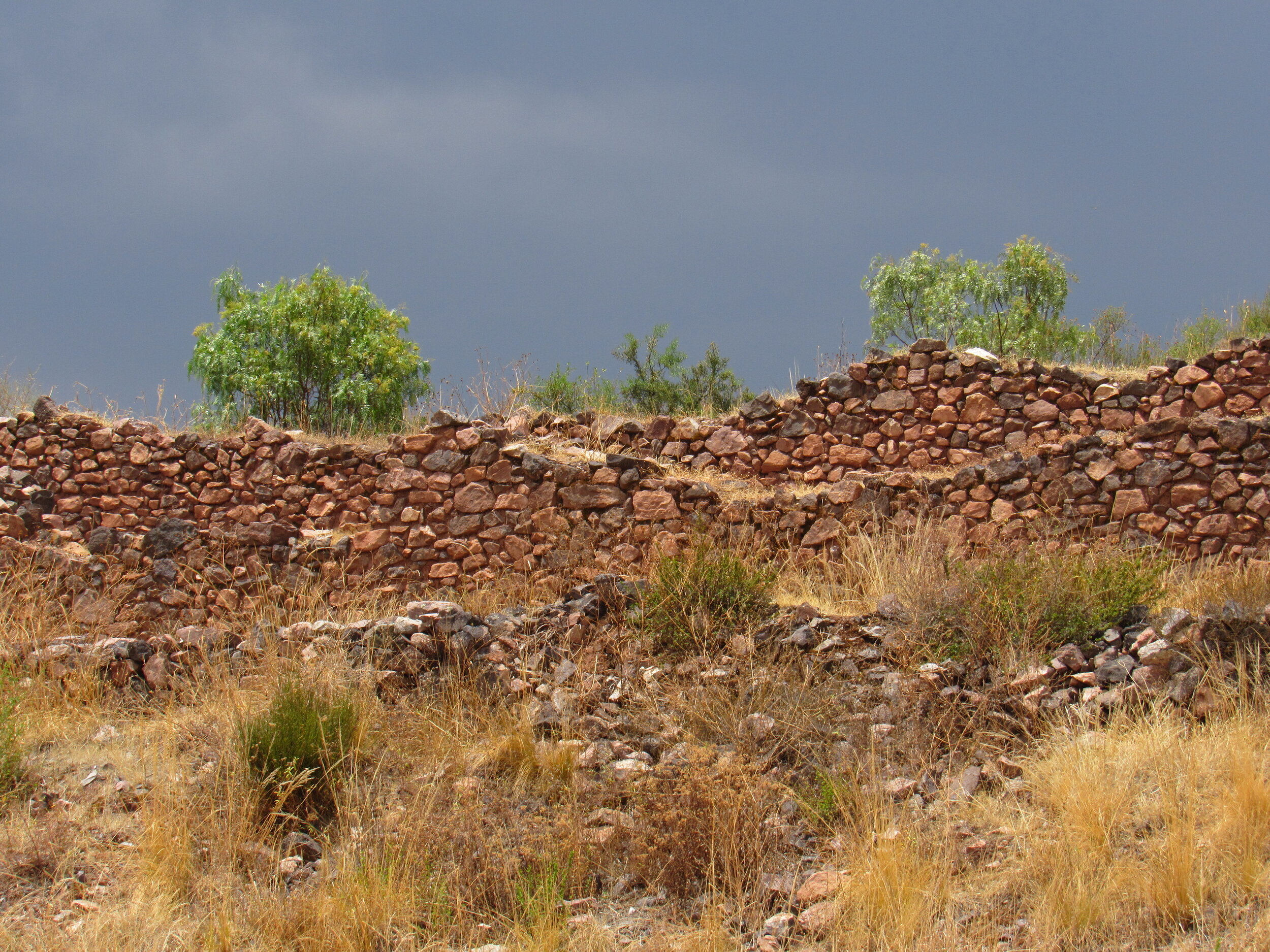
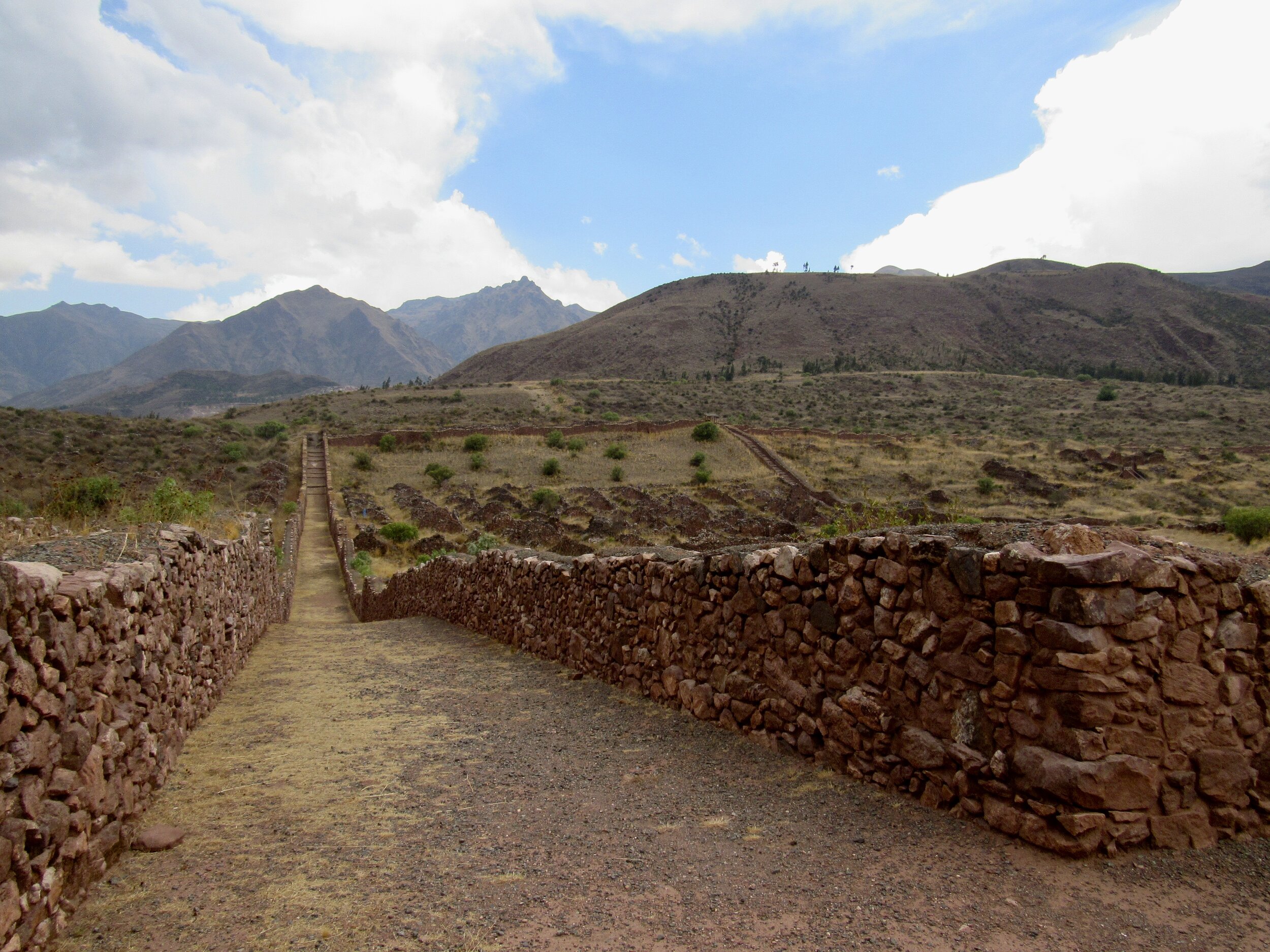
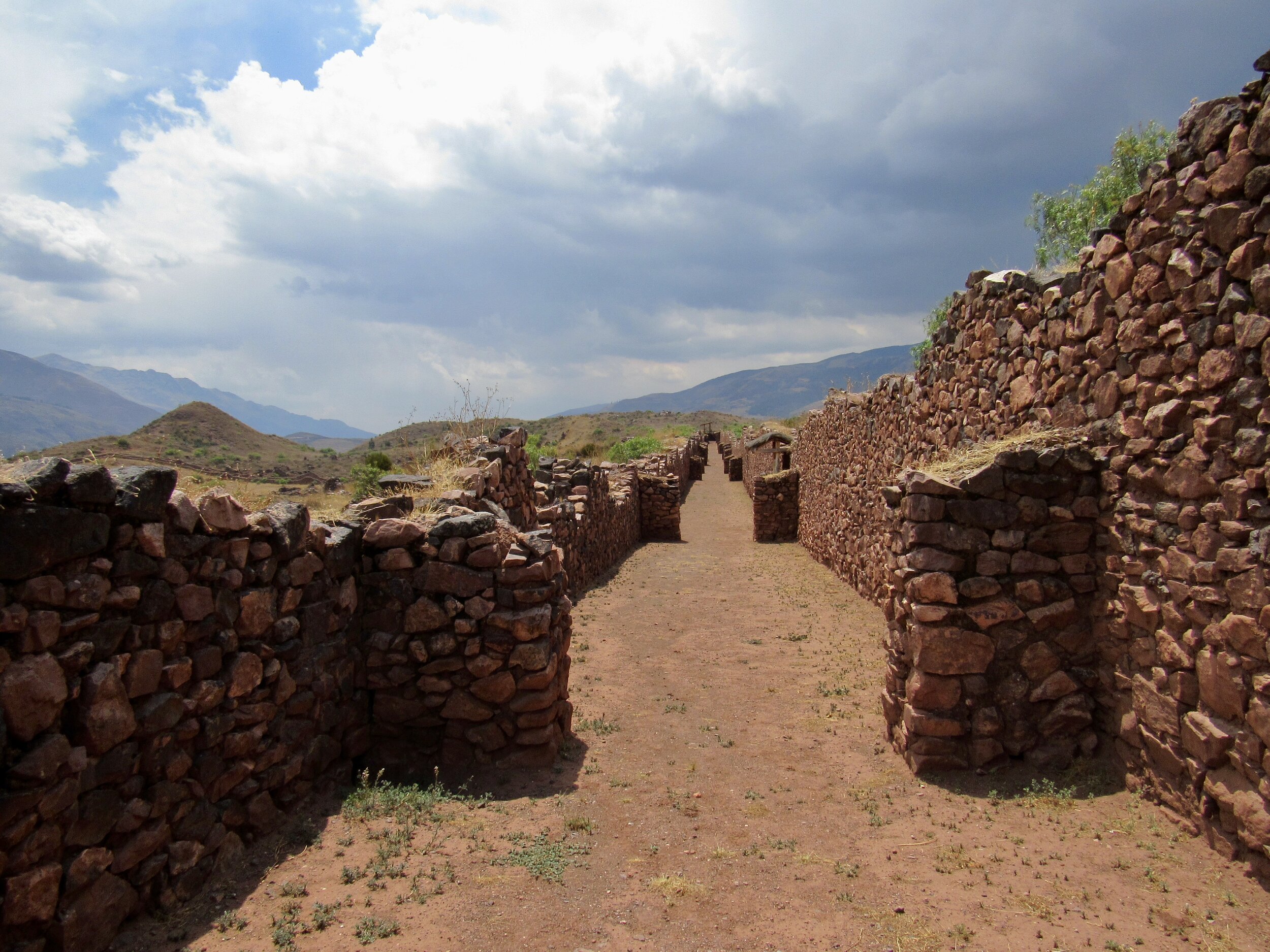
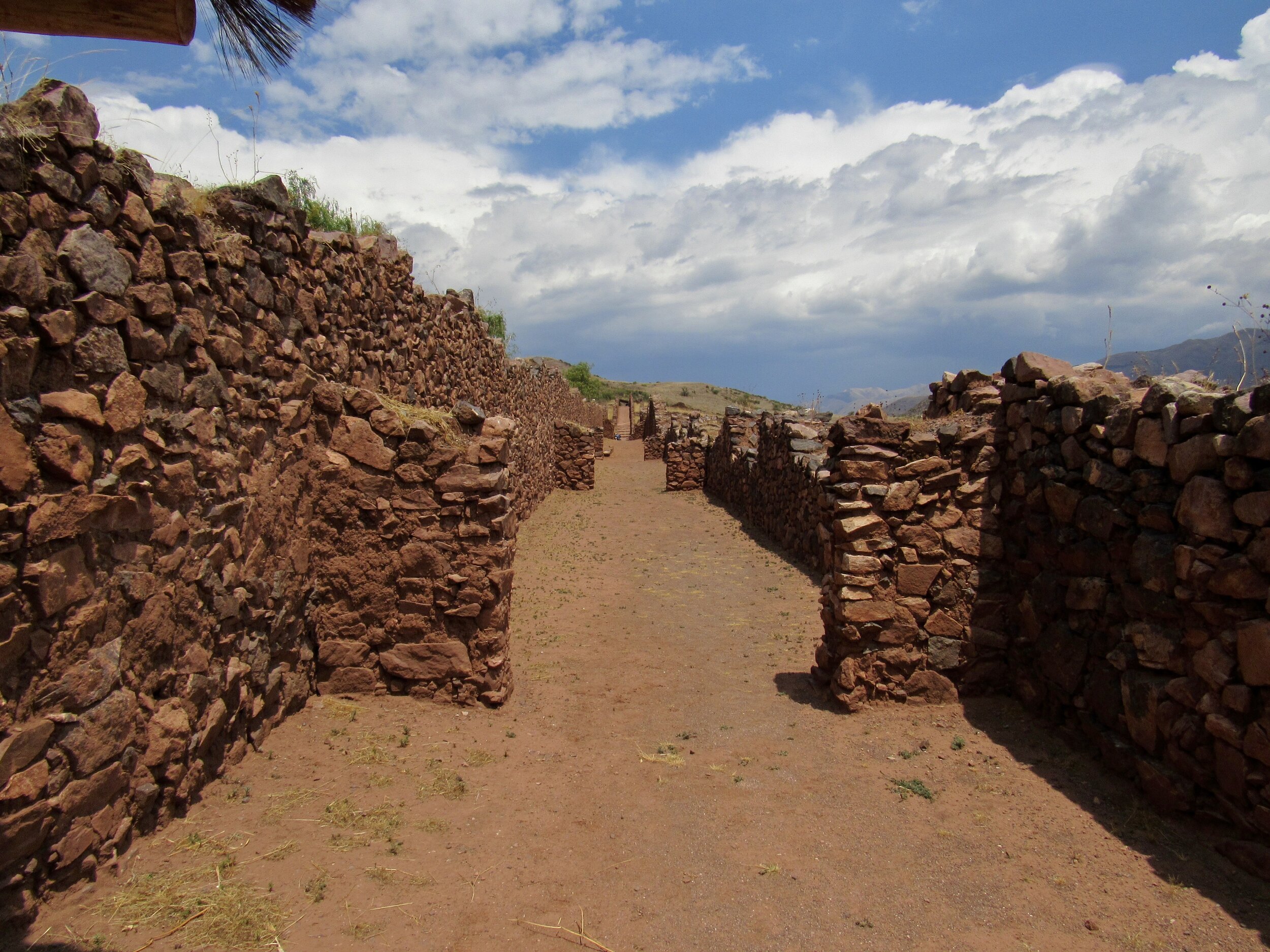
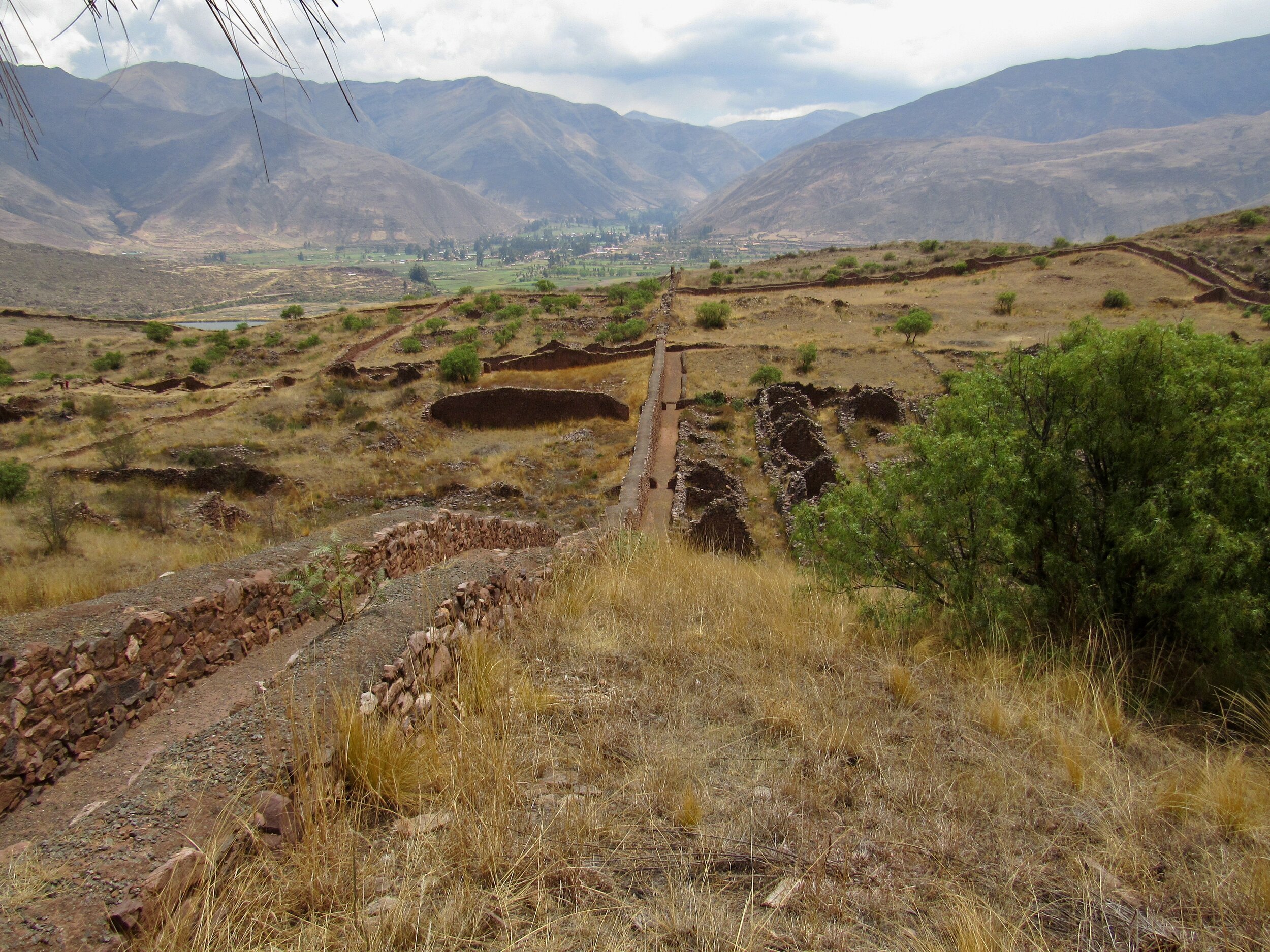
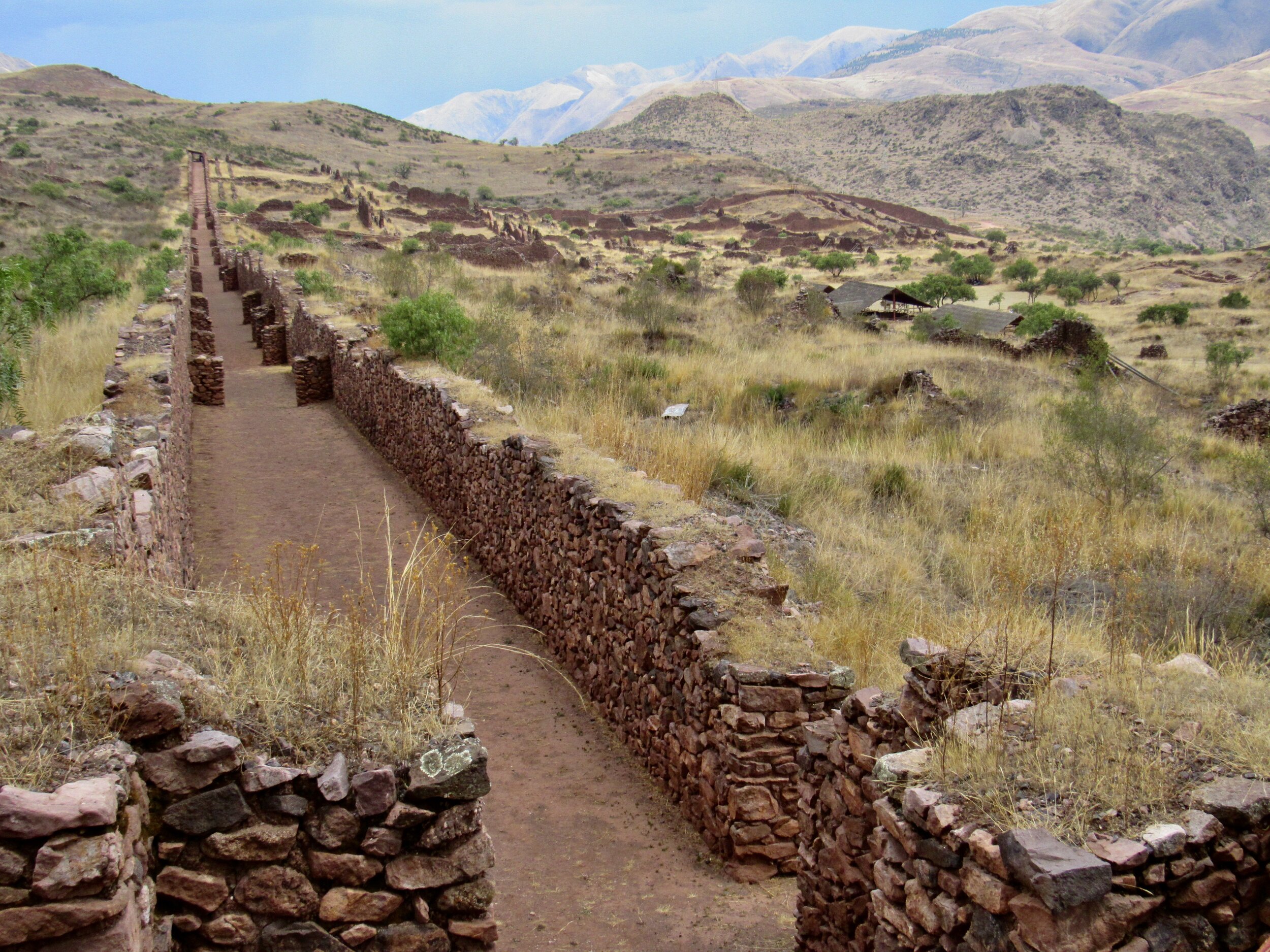
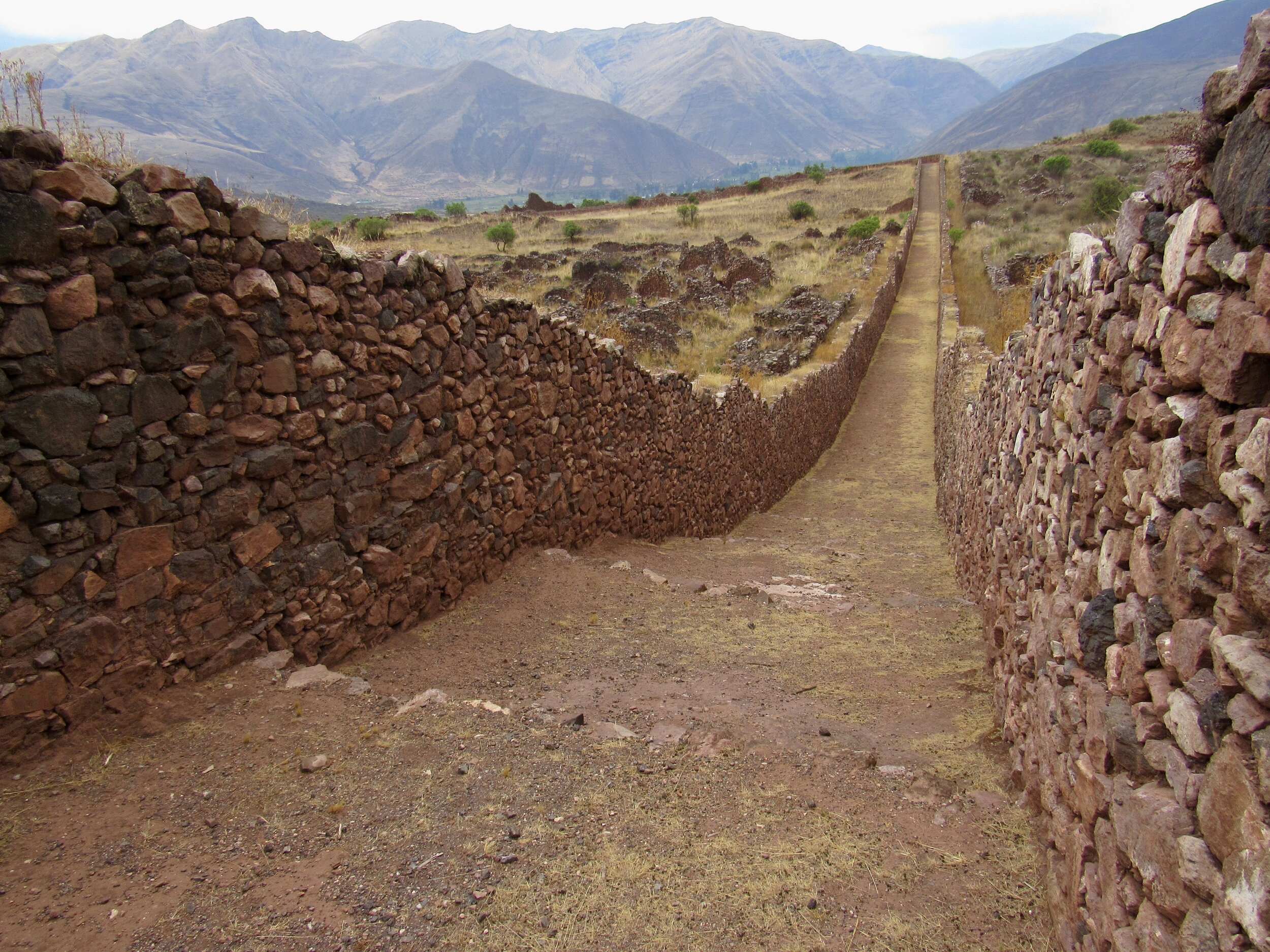
Saturday, 24 October
Today I went with a few friends to see the archeological site of Piquillacta. It’s south of Cusco, on the road towards Puno and Lake Titicaca. It’s across the valley and up in the hills above the Huacarpay marshes, where I went bird watching during week 23. We could actually look down on Huacarpay but we were so far away that even with binoculars there was no way to see any birds.
To get to Piquillacta on public transportation, take the bus to Urcos and ask to be dropped off at Piquillacta. It’s super easy and the bus only costs s/5 Peruvian Soles, which is about $1.40 USD. From the road there is a ten minute walk up a dirt road to the entrance of the park. Archeological sites are finally officially open, after being closed for over six months, and they are free at least through November. The government changes its mind on things often enough that I feel like I should visit as many sites as possible now, just in case they change the rules again.
Piquillacta is a very extensive site, which was originally built by the Wari people, hundreds of years before the Inca took control of the Cusco region. The stone walls and buildings are much more rustic than structures originally built during the Inca civilization. The Wari people were replaced by the Tiawanaku, who were based on the shores of Lake Titicaca. Then the Tiawanaku were absorbed by the Inca.
Since the construction was much more rustic than Inca construction, most of the walls have fallen down. Almost all of the walls that you can see today are restoration, built back up after falling down for centuries. The only walls that are still intact are ones that were buried by hundreds of years of dust and plants filling them. The ones that have been excavated still have smooth floors and walls, coated in many places by the original gypsum plaster that was used long before the Spanish conquistadores showed up.
The main outside walls are a double wall construction, with pathways inside. We walked the perimeter of the archeological site, partly admiring Piquillacta itself and partly watching a spectacular lightning storm just to the north of us. It looked like it was heading west and would miss us, but it was close enough to see the heavy sheets of torrential rain that accompany lightning storms here. I have never seen dry lightning here, especially not the kind we can get in the western US. It’s a good thing too, since we have enough wildfires started by people. We really don’t need naturally started fires also.
After visiting the main part of Piquillacta, we walked across the highway and south for another ten minutes or so to see the main gate that blocked entrance to the valley for thousands of years. It is a massive wall, with two doorways, that was also built by the Wari. Part of this construction actually has original Inca stonework, massive, perfectly carved blocks framing the two doorways. The wall seals off access to Cusco from the south and would have been very effective protection from anybody coming north.
This is as far south as I’ve been in Peru and am itching to see the town of Puno and Lake Titicaca. I really don’t think that I’d feel comfortable on the busses that have recently started service between Cusco and Puno. Even with masks and face shields, those busses have sealed windows, without the kind of ventilation system that makes airplane travel somewhat safe. Maybe when the trains are back to normal I’ll feel like it’s safe enough to venture that far from Cusco. For now, I’ll stick with hikes that I can get to in short drives, with open windows.
Covid in Cusco: Week 31
I try to help my friends get to Machu Picchu and spend the weekend in the Sacred Valley, climbing trees and relaxing.
Sunday, 11 October, 2020
212 days since Covid arrived in Cusco
Today something finally happened for tourism in Peru: a Japanese tourist who waited for seven months in Aguas Calientes got to visit Machu Picchu, which is still closed. Conociendo Perú reported on Facebook that the Peruvian government had relented to pleas to let Jesse Katayama visit Machu Picchu. He was accompanied by two photographers, but otherwise had the place to himself.
As you can imagine, this made quite a few of my friends here very jealous. Some of my expat friends moved to Cusco on purpose, well before the pandemic, and intended to live here. Several of them are just stuck here and most of those who are stuck haven’t been to Machu Picchu.
My former housemate, and current nextdoor neighbor Kerry, intended to leave Peru in early May. She had a job as the director of a Quaker summer camp in California, starting June 1st. Since repatriation flights are just that, for repatriating US citizens, as a British citizen she was not eligible for a flight to the US. Only this week have some international flights opened up, to Colombia, Ecuador, Chile and Brazil. In theory she could probably get to the US through one of those countries, but obviously any summer camp job would be over by now. Also, they had to cancel camp due to the pandemic. So, Kerry’s still here, and without any employment prospects in the UK, not sure what to do next.
My friends Sonia and David had also intended to leave Peru in the spring. They were supposed to go to the UK for a job in April. There were a few evacuation/repatriation flights to Europe, but they were only for EU or UK citizens, and David is a Mexican citizen. Not knowing how long the borders would remain closed, Sonia didn’t want to go back to the UK without him. She’s glad she didn’t leave in April, since this has gone on so much longer than any of us planned. They have decided to stay in Peru until 2021, then evaluate their options.
Another couple I’m friends with, Eva and Sam, are in the same boat. They didn’t plan to be in Peru this long, but with the borders closed, there’s nowhere they can go. Eva is a US citizen and Sam is Irish, so even if she wanted to get on a repatriation flight, he couldn’t go with her.
None of these five have been to Machu Picchu.
Jesse Katayama arrived in Aguas Calientes on March 14th, with a ticket to enter Machu Picchu on March 15th. Unfortunately, March 16th was when all museums, national parks, archeological sites and tourist attractions were closed. Airports were also closed, stranding thousands of tourists from all over the world. A week later, the Peruvian government allowed embassies to organize evacuation flights for their citizens, up to April 20th. After April 20th, some emergency evacuation flights were allowed and there was usually a flight every week to Miami, for US citizens. As of last Friday, 13,564 Americans have been repatriated, according to an email from the US Embassy in Lima. I have no idea what the Japanese government did for its citizens.
What the Peruvian government wanted was for Aguas Calientes to be evacuated. It is a small town at the foot of Machu Picchu, only accessible by train. It’s so small that there are no cars and no clinic or hospital. One of the reasons that residents of Aguas Calientes have protested the government opening up Machu Picchu is the lack of medical services. What happens if a tourist arrives and starts to feel symptoms of Covid? The only evacuation options are train and helicopter. What happens to the hotel they were staying in? The hotel employees and other guests? The other people who were on the train to Aguas Calientes with that person?
Jesse managed to avoid evacuation and has been staying in a hotel for seven months. I admire him for sticking it out, while also recognizing what a privilege it is to be able to afford a hotel for seven months and to not have to go home for work or family responsibilities. How many other tourists were evacuated from Aguas Calientes before they could visit Machu Picchu? When will it open again so Kerry, Sonia, David, Eva and Sam can finally visit? While the government has promised to reopen with 30% capacity, they will not set a date.
Life is coming back to the Plaza de Armas
Masks are still the law in Peru, but nobody seemed to mind that this couple took their masks off for the wedding photos. It’s so reassuring to see the yellow caution tape taken off the main square in town. Life won’t be returning to normal for years, but at least we are allowed to leave our homes now.
Monday, 12 October, 2020
Late last night I got a call from an unknown number, the sort of thing that I often ignore. I picked it up anyway, since it looked like a US number. It was Erin, calling from Canada to ask if I had gotten my absentee ballot. When I registered with Democratsabroad.org I must have given them my Peruvian cell phone number. Like many expats from the US, Erin is trying to help other Americans living abroad vote in this election.
I was actually so thankful for her call. Last week I started worrying about not having received my ballot yet. Last year I received my electronic ballot for Washington State on October 5th and voted that day. I told Erin that I had started carefully watching my spam and other email folders on October 1st, just in case my ballot wasn’t sorted into my inbox. She told me to look farther back, because most states emailed voters who had already requested a ballot back in September.
Sure enough, my ballot was emailed to me by Washington State on September 18th. I could have voted almost a month ago! Still, no harm done. It is certainly not too late to vote for the November 3rd election. So, today I printed out the ballot, filled it out, signed it, took photos with my phone and emailed them to Thurston County Elections. I even got back an email from the elections clerk an hour later, confirming the receipt of my ballot and saying that it may take three to four days for the ballot to be officially registered as counted on the Washington state website.
I just love that I can track a ballot the way I can track a package. Thankfully, my ballot will not have the same delays that my package sent from Boise suffered. That is thanks to Washington State having an elections system that supports electronic ballots. Many states have recently had to expand absentee voting options to help people vote safely during the pandemic. Last November, obviously before we were dealing with a pandemic, I was still able to vote electronically for Washington.
There are states which will allow you to print the ballot, but require you to mail back a paper copy. I had to do that when I voted for Obama from Bangladesh because I was voting in Idaho. If I had to do that now, I have no idea if it would get there because most postal services are still shut down due to the pandemic. Some states actually require that you receive a paper ballot in the mail, wherever you are in the world, and send it back by mail. When I lived in Morocco, I received a ballot from Idaho on November 12th, obviously after the election and obviously without any way to send it back in time to be counted.
In Peru, since voting is mandatory, it is difficult for me to convey to Peruvians exactly how many obstacles there are for many Americans who want to vote. For example, the law that restricted voter registration in North Carolina, which a court struck down saying that it “targeted African-Americans with almost surgical precision.” When the government here is so focused on making Peruvians vote, and fining them for not voting, it is difficult for them to comprehend a government that would actually try to make it harder for people to vote. Yet, that particular North Carolina law is certainly not the only time that a state or county law has been designed to disenfranchise voters. That any part of government would actively try to prevent people from voting is incomprehensible to Peruvians and I have to say I can see their perspective now.
Living in the US we can get immune to some of these outrageous injustices. Yes, we recognize that it’s wrong, but we also recognize it as part of the system. Gerrymandering is part of the system. It’s a system that increasing numbers of people are publicly recognizing as racist, but it’s still a system that we’ve lived with for so long that we only see it from the inside.
One thing I have always appreciated about traveling and living in other countries, is the fresh perspective it allows me to have on my own country. Most immigrants and expats will tell you that you don’t really know how much you love your country until you leave it. You don’t know what you’ve got till it’s gone.
Amid the political chaos, unemployment crisis and unchecked raging pandemic, there is a lot for me to dislike about the US. I vividly remember that for days after Hillary lost the election (despite winning by almost 2.9 million votes) I felt like I had been kicked in the stomach. My despair at realizing the level of misogyny in my own country was sickening. I actually felt nauseous and had headaches and cried for several days. I wore black for weeks. I just didn’t want to believe it.
Despite the things that I was glad to leave behind, there are a lot of things that I miss about home. Yet at the same time, I have adapted well to life in Cusco. I have even adapted fairly well to pandemic life, with all of our continued restrictions. I still enjoy living in Cusco and don’t want to go home yet. I don’t feel trapped here, despite the borders being closed for almost seven months.
Today CNN picked up the story of Jesse Katayama, which I highly recommend reading.
Also, KEXP did special programming all day for Indigenous People’s Day and tonight on El Sonido Albina and Chilly played several songs in Quechua, the native language of the Cusco region. The show is available for two weeks on kexp.org - check it out!
Evita, Echeveria
Potting plants and filling my windowsills and shelves with beautiful succulents and cacti has made my comfortable apartment into a comforting oasis, a space that I actually want to stay in as we wait out the pandemic.
Tuesday, 13 October, 2020
Exactly seven months ago was our first diagnosed case of Covid-19 in Cusco. Since then almost 900,000 Peruvians have tested positive and over 33,000 Peruvians have died of Covid. In a country of only 32 million people, that is a significant percentage.
Everything has changed.
Like in most countries around the world, the most obvious impacts discussed in the media are on public health and the economy. However, I think something missing in these discussions are the impacts on mental health and domestic abuse.
In an article published by Silviana Sarabia in the Peruvian journal Revista de Neuro-Psiquitría, Sarabia writes to her colleagues about “Mental health in the time of coronavirus.” As part of her recommendations to other psychiatrists, she suggests that in treating patients, her colleagues should recommend several specific actions to their patients to help them stay healthy during the pandemic. My favorite of these is about social media. Psychiatrists should direct their patients to “limit the exposure to mediums of communication (and social media): it has been described that an excessive exposure to mediums of communication can generate negative consequences in mental health, for which it is suggested to recommend to patients (and health professionals) to limit such contacts and to have them with trustworthy mediums.” [My translation]
That has certainly become a struggle for so many of us. Which news sources can we trust? Whose word can we trust? (I ask that not only in reference to Peru, but also to the US government). How much information is enough so that we feel we know the facts of how the pandemic is unfolding, so that our imaginations don’t run away with us and yet don’t start to drown in despair? I try to limit my news sources to NPR, CNN and the Daily Show with Trevor Noah, interspersed with nature documentaries, hikes and time with my growing collection of pet cacti and succulents. I should probably add YouTube puppy and kitten videos to the mix.
Writing this blog is usually therapeutic, though the time on the computer after already working online all morning for the trekking agency can be too much. As somebody who has always had to be very aware of my own mental health, I am acutely aware that not taking good care of myself is a recipe for disaster in such a stressful global pandemic. So far, I think I’m doing a good job and perhaps faring better than those who have not had to previously develop habits to care for their mental health.
My entire adult life I have had to carefully create healthy habits for sleep, exercise, diet and social interactions as essential to my health. Now, I’m starting to think that my struggles with mental health have given me a leg up in surviving the pandemic in the broader picture, not just in terms of surviving the pandemic by avoiding Covid or recovering from an actual infection. There’s surviving the pandemic with your physical health intact, and there’s the greater challenge of surviving the pandemic with both physical and mental health intact.
Wednesday, 14 October, 2020
With so many government offices closed on March 16th, and so many that are still closed, the backlog of cases the Peruvian immigratons office has to deal with has grown to be unmanageable. The government has even said that anybody in Peru on a tourist visa will have sixty days to leave the country, after the State of Emergency has ended. There will be no penalties for overstaying a tourist visa. This is a great way to sidestep the problem of dealing with tourists trapped here.
Still, there are so many other problems that they’re going to have to deal with when they finally do open. My work visa doesn’t need to be renewed until mid-December, but what about the people whose visa expired sometime between March 16th and now? There is a special class of visas just for Venezuelan refugees, most of whom don’t even have a passport. They entered the country with only their government ID cards. According to the United Nations High Commissioner for Refugees, there are over 830,000 Venezuelan refugees in Peru.
Though most of these new ways of avoiding issues for expats, tourists or refugees in Peru will help us here, I wonder about what effect they will have on the ability to enter other countries. Will it be more difficult to enter another country because our legal status in Peru doesn’t look right? Have other countries also thrown up their hands and decided that this is the least of their worries during a global pandemic?
Interestingly, I got an email from the US Embassy in Lima that when we do manage to get a flight to leave Peru, they will not even stamp our passports at the airport:
Migraciónes Suspending Use of Passport Stamps: The Peruvian Immigration Authority (Migraciónes) announced that it has suspended the stamping of passports upon arrival to and departure from Jorge Chávez International Airport as part of ongoing efforts to minimize the risk of spreading Covid-19. If you are traveling, be aware that while your passport will not be stamped, a digital record of your arrival or departure will still be created. The measure applies to both commercial and repatriation flights and is effective immediately. More information can be found here (in Spanish).
Today there was an interesting new study about Covid on CNN. According to two separate studies, people with O blood type may have a lower risk of contracting Covid and a lower probability of serious complications if we do get Covid. I’m O+, so this looks like good news for me. The difference is an almost insignificant 2 or 3 percent, but I’ll take it.
I’m still counting on the article published in the National Institutes of Health that shows people who live at high altitudes, like Cusco, also have less risk of contracting Covid and less risk of serious complications. The percentages in this study are much more significant, but I’m even happier if my O blood type can boost my chances even above the high altitude study.
Obviously, neither of these studies make me think that I am immune, or that I shouldn’t continue to be super careful every time I leave the house. I’m still wearing a mask anytime I step out the door, washing my hands all the time and trying to keep a good distance between me and anybody outside my home. Still, in a pandemic like this it’s nice to have any bit of optimism I can find.
For you, for me, for the planet
This is one of the few recycling services available in the Cusco region. There is no regular city recycling service, but if you call Reciclo Cusco, they’ll come pick up what you have.
Thursday, 15 October, 2020
Today after work I walked a block to the Lucrepata park, which I could see from the windows of my old apartment. The four story apartment building that is going up between my old place and the park is well underway. The view is already completely gone and the construction workers can see down into my old bedroom. I am so glad that I moved when I did!
At the park I met several friends who had brought recycling for pickup. Cusco doesn’t have a regular recycling service, but Reciclo will come pick up recyclables if you call them. I didn’t have anything to recycle, but I went to see what my friends had brought. With so many baby plants in Urubamba needing pots, I have been in need of containers.
I went home with a bag of tetrapaks from my friend Juanita’s coconut milk habit and a lot of disposable water bottles. I try so hard to always have a Nalgene with me, so I never have to buy a disposable bottle. I know my friends so too, but sometimes they still end up buying bottled water.
The tap water in Cusco isn’t safe to drink, so I bought a filter to attach to my kitchen sink. Most people here can’t afford a filter and have to boil water. Imagine how much plastic would be avoided and how much gas or electricity would be saved if the city could just supply clean water? It’s something that seems so obvious to me, but Costa Rica is one of the few places I’ve been in Latin America where you can drink the tap water. What will it take for Peru to get there? The cost to citizens in time and energy, boiling water every day, plus the cost to the environment in disposable plastic bottles surely is higher than the cost to just supply clean tap water.
In the meantime, I’ll reuse all of the bottles that my friends would otherwise recycle. Since I can only use the bottom half for baby plants, I’ll save the top half that we cut off to recycle the next time we call the recyclers for a pick up.
Friday, 16 October, 2020
During my English class with Angela and Fred this evening I asked for an update on their nephew Fabián. Angela mentioned that her aunt Gladys went home, so I asked if Fabián was out of the hospital and if he was able to go home. Fabián’s father is Angela’s cousin and his family had come from the Amazon to Lima to find a pediatric neurologist for Fabián weeks ago. Fabián has been treated with corticosteroids and physical therapy for what could be complications from Covid. Fabián’s whole family had Covid about a month before he started having trouble moving and speaking. Those are very scary symptoms for a four year old and they drove him to Lima as soon as they were able to get police permission to travel.
The update on Fabián is that he has been responding to therapy and the doctors have told his family that after another month in Lima, they should be able to go home to the Amazon. His family moved out of Gladys’s house to stay a while with Fabián’s maternal grandmother. Initially, the family had arranged for them to have a house to themselves, since they had all recently had Covid and you just can’t be too careful. After more than a month in Lima, the grandmother decided that she would rather have her daughter and grandson with her than not see them for fear of her getting Covid.
I think the most tragic thing about Covid is that it has separated so many families. Anything else that people die of, they don’t have to die alone. Even during the worst of the AIDS epidemic, nobody had to die alone and they didn’t have to be separated from their families when they were sick. Nobody had to quarantine or self-isolate. Covid has just forced so much isolation on people that I worry about the long term mental and social consequences.
Working on adjectives this evening, I asked Angela and Fred to describe their daughter Luana. The list of adjectives they came up with was: intelligent, fun, special, committed, persistent, lovely, active, athletic organized, funny, an nd cheerful.she can stay all of those things throughout the isolation from her friends this year, she’ll be fine. I hope all of her generation is as resilient as she is.
Saturday, 17 October, 2020
Last night, after my English class with Angela and Fred, I got one of the last vans to Urubamba. I teach until 6:30, and curfew is still 8:00, so I had to hurry to get to the bus stop and get one of the last spots in the van before 7:00. It takes about an hour to drive to Urubamba, and though a lot of people have given up caring much about the 8:00 curfew, van drivers still don’t want to be caught out on the road after curfew.
So, today I woke up in the Sacred Valley, with a warm morning sun. It really is a relief to go down in altitude from Cusco, not for the extra oxygen, since I’ve completely adapted to the thin Cusco air, but for the temperature. Cusco is always cold. In the direct sun, you might feel warm, but in the shade and in the evening as soon as the sun goes down, you can tell that you’re at high altitude. It just gets so cold so quickly. In contrast, the Sacred Valley stays much warmer all year.
My friend Hannah, who has her own clothing brand HJK, invited me to be part of a fair that she is doing today with her friend Evelyn, whose clothing brand is Hilo. There were also a couple other people, who I hadn’t met before. The spot they had was absolutely beautiful, and although not a lot of people came to the fair, I had a fabulous time hanging out with everybody. The days started out bright and sunny, so hot that the afternoon clouds were a welcome relief.
HJK and Hilo
Hannah and Evelyn have both created amazing businesses here in Cusco. Hannah makes and designs all things knit and Evelyn does the same with sewing. Both are wearing Hilo creations.
After the fair, I went to see Auqui’s family who spent today rebuilding a rock wall on the uphill side of their chacra. As I explained in a previous blog, a chacra is like a small farm, though often it’s just a field. Most people don’t live at their chacra, but have a small shed for tools and farming supplies. It can get buggy in the afternoon, so they had started a smokey fire next to where they were working, to keep the mosquitoes away.
I hadn’t brought any clothes that would work for getting muddy and hauling rocks, so I played with the kids, climbing trees and showing them how to use my camera. Auqui’s niece Urpi is only ten, but she’s definitely got an eye for composition already. She took several photos of me climbing in her favorite tree and they were all really good. I have offered to help Auqui’s nieces and nephews with English homework, but I might spend more time with Urpi working on her photography. She might be a natural, if I can get a camera in her hands more often.
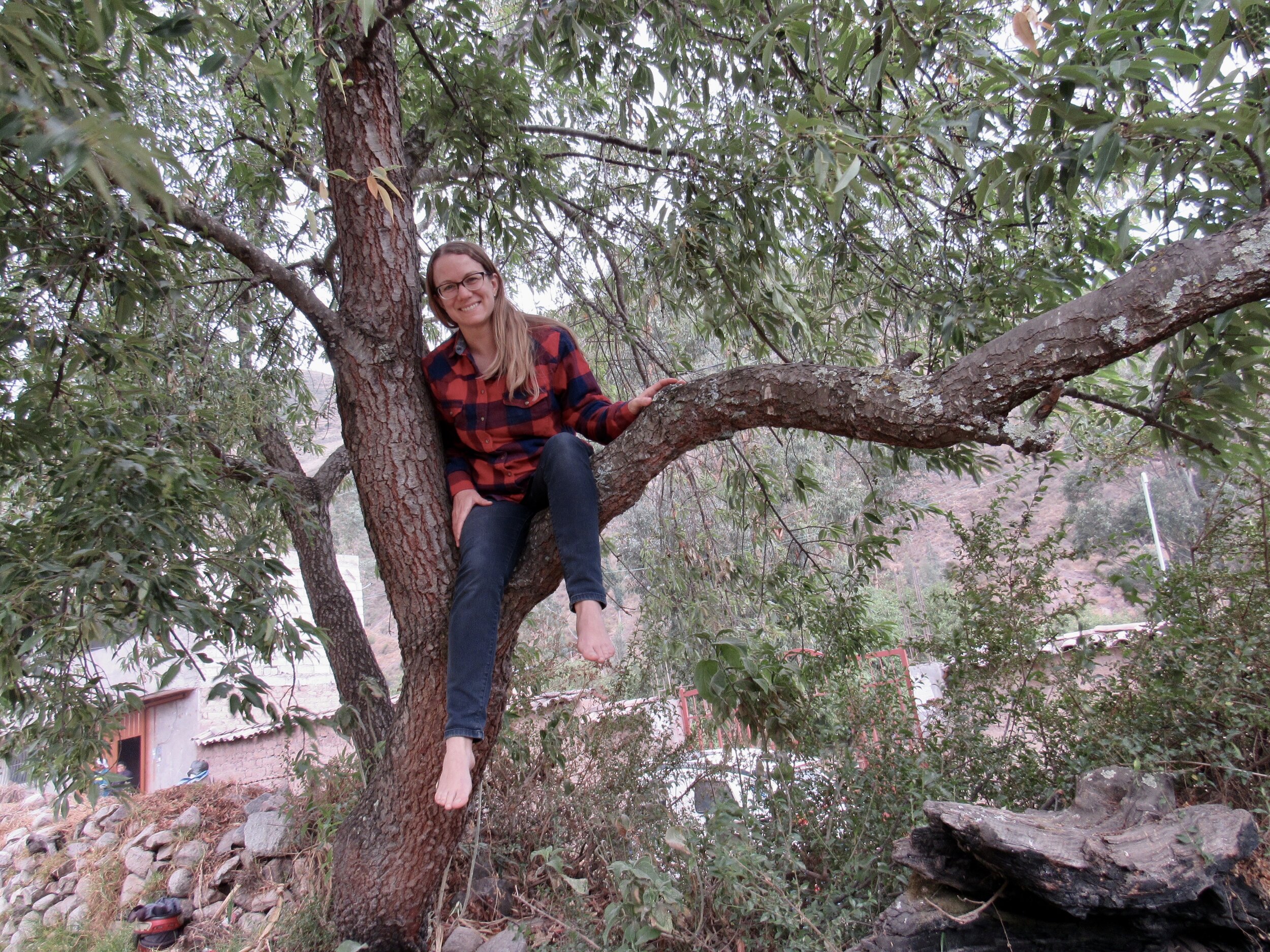

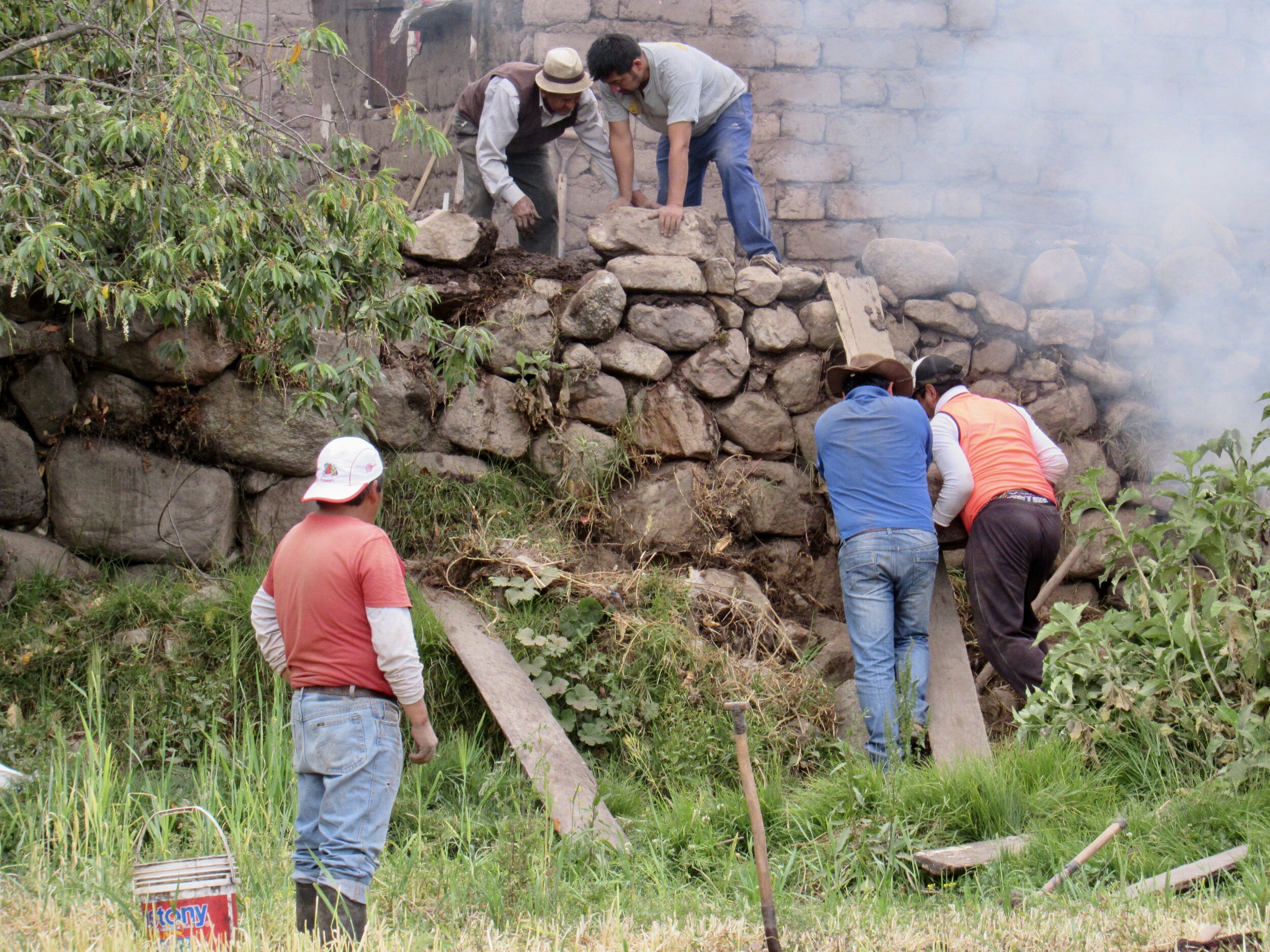
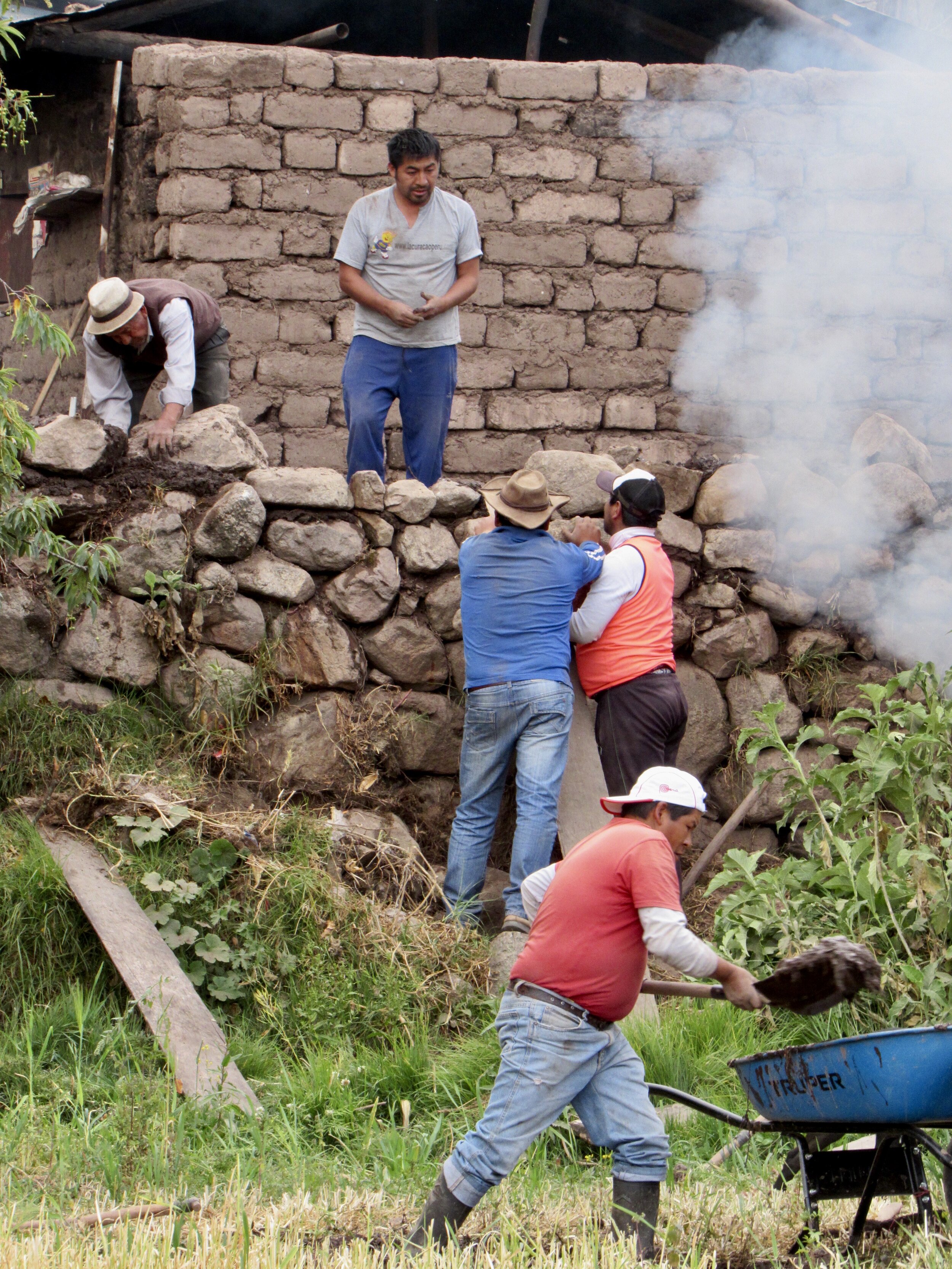
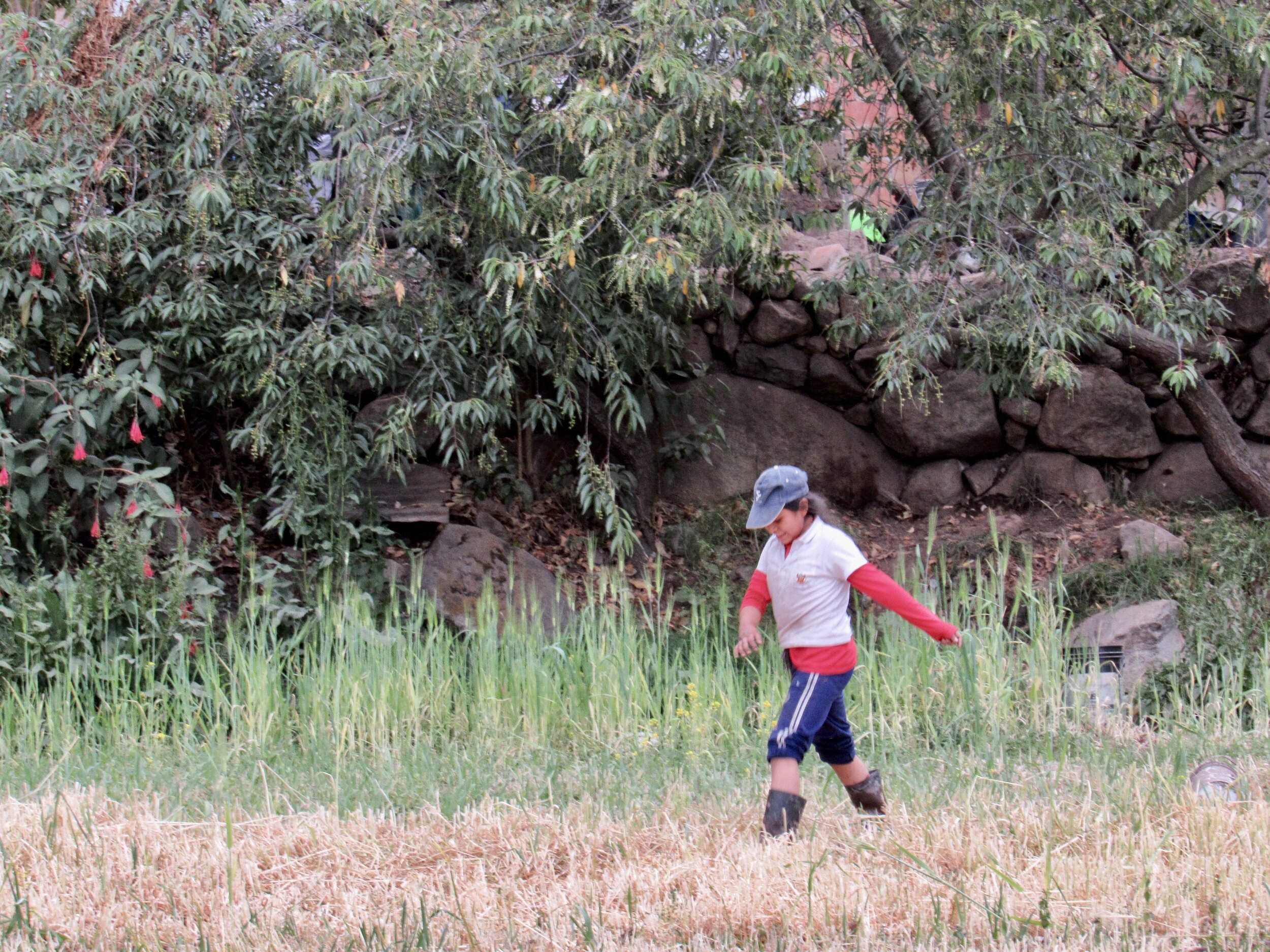
Covid in Cusco: Week 30
Wildfires burn the hills above Cusco, filling the sky with smoke and destroying some of the best forests of endangered queuña trees. I hike up Mount Mama Simona where I have a full view of the Sacred Valley and the Cusco valley, with newly blackened hills.
Sunday, 4 October, 2020
205 days since Covid arrived in Cusco
30 weeks and I’m still in lockdown with an 8pm curfew? This isn’t like Europe, which is facing new lockdowns with their recent flood of new cases. Peru never lifted all of our lockdowns and curfews, even though in July the “quarantine” ended and for a couple weeks the curfew was 11pm.
Here in Cusco, our cases of Covid exploded at the beginning of July and by the end of August we had about a thousand new cases per day and about a death per hour. This was a huge shock for everybody, including myself, because throughout April, May and June we had only a handful of cases total. Most days the hospitals didn’t record any new cases and we didn’t have a single death during all of April and May. We saw Covid as being a problem in Lima, New York and other big cities.
In July the Peruvian government started allowing some travel within the country and for the first time since quarantine was declared on March 15th, people from Lima came to Cusco. Suddenly, we started getting significant numbers of new cases every day and had our first deaths since three tourists died here in March. In Cusco, everybody blamed the government and people from Lima for breaking our quarantine that had been so effective.
Along with everybody else, I was mad. We were doing great in Cusco. By June I wasn’t afraid to go outside and not afraid of catching Covid. We just had so few cases that it wasn’t an issue. I have a slightly different perspective now. Covid was going to get to Cusco eventually and at least our complete lockdown from March 15th to July bought the hospitals in Cusco time to get ready. Lima did get most of the resources during those months, because the outbreak there was severe. Still, I’m no longer so mad at the government for allowing people from Lima to come to Cusco in July. I’m just glad that the lockdown bought us over three months to get the hospitals ready for the pandemic to hit Cusco.
I woke up this morning in Urubamba, still on my weekend getaway to the Sacred Valley. Last weekend I left Urubamba before 6:30 Friday evening so that I could get back to Cusco by 7:30 and home to my apartment before the 8pm curfew. This weekend I decided to take the extra day in the valley, even though that means I’ll have to hurry back to Cusco Monday morning so I can be home and online when I’m supposed to start work at 9am. I really hope this Sunday curfew ends soon, so that I can come home from a weekend out of town on Sunday.
Over breakfast this morning, I asked Auqui’s sister-in-law, Josefina, how the school year was going for her. She teaches art history and a class that sounds like a combination of civics and life skills. She said that the kids are bored, frustrated, stressed and exhausted and that most days she feels the same. They had a couple weeks of vacation in August, but now are working straight through to mid-December, when the school year ends.
As I’ve discussed in previous blogs, all schools this year are from home per presidential decree. The national curriculum is accessible online and also broadcast on public tv and radio stations. Each teacher is still responsible for helping and assessing the students who would normally be in their class. Since families who have a computer rarely have more than one, siblings have to take turns and not everybody can be online during regular school hours. Kids end up emailing or texting questions to their teachers at all hours of the day. That puts many teachers in the position of having to choose to either work all day, every day, or leave kids hanging. It’s not a good situation for anybody.
I’m also curious in general about teaching in Peru. Josefina told me that teachers can get assigned to teach just about anything. Though she studied and specialized in art, she has been asked to also teach everything from math to her current civics/ life skills class. That seems completely unreasonable to me. How can you expect teachers to do a good job teaching something that they never studied to teach? Why would you do such a disservice to your students? Josefina said that teachers can teach themselves as they go along and most teachers will rise to the challenge. True, but still, I can’t see that being a good situation for teachers or students.
Since I taught French for twelve years, I had to ask if French is an option at any schools in the Sacred Valley. Unfortunately, she said that it is not. She also told me that English has recently become a required class. It used to be optional, but just a few years ago the requirements changed. What is now an option is Quechua! This is the native language of the Cusco region, which is quickly dying out. Pretty much everybody’s grandparents speak Quechua, the parents understand but often don’t really speak Quechua and their children can’t understand their own grandparents.
It’s tragic, but very common. This is the case for many people I know, including Angela and Fred, my students in Lima. Neither of them can understand more than a few words of what their grandparents say and their nine year old daughter doesn’t know a single work of Quechua. Strangely, her school is trying to teach her English, French and German. She has English four hours per week, but French and German just one hour a week each. Who thought that one up?
Monday, 5 October, 2020
This morning I actually got home at 9:02 and had the computer up and the work email open by 9:05. Not bad for waking up in the Sacred Valley, taking a van from Urubamba to Cusco, then a taxi across town to get back to my apartment.
I’m really not worried about being a bit late to work considering that my September salary is six days late at this point. I am normally paid the last day of the month, which was last Wednesday. My boss apologized that he would be a day late and asked me to wait till October 1st to go to the bank for my salary. Friday, October 2nd I didn’t have time to go to the bank, but on Saturday I tried to get money from the ATM and realized that my account was still empty.
This was my first paycheck since the end of June and when I contacted my boss Saturday evening, he blamed the accountant and said that he would make sure that she deposits my salary Monday morning. Getting paid late is mildly annoying but what really bothers me is having to practically beg for my salary. This really doesn’t help my motivation for working online at home, as the only employee of the trekking agency.
Halfheartedly working this morning, I scrolled through the news a bit. This article about how Cuba is suffering from a strict lockdown and the end of tourism reminds me a lot about the situation here in Peru. The article laments that “for more than six months Cuba has maintained one of the tightest lockdowns anywhere in the world to prevent the spread of the coronavirus. All commercial air and maritime travel has been suspended since April 2, and anyone entering or leaving Cuba needs special government permission to do so.” This is still the case in Peru, though our lockdown started two weeks earlier, on March 15th.
There are still no commercial flights available in or out of Peru, though this week there are supposed to be some limited commercial flights to Brazil, Chile, Colombia and Ecuador. In theory, people leaving Peru might be able to find a connecting flight to the US from one of these countries. If so, that will be the only option for getting back to the US besides the emergency evacuation flights that run to Miami once a week or so.
The article quotes somebody who used to work in tourism in Havana, words that I have heard from so many in Cusco who used to work in tourism: "There's no one," he gestured at the empty colonial streets of Old Havana. "There's no tourists, no income. We didn't think it would last this long."
No tourists, no tourism
The Cusco airport is just now opening, after being closed for more than six months. The only flights allowed are from Lima and borders are still closed, so there are still not tourists here. As long as there are no tourists, all archeological sites, historical sites and museums remain closed.
Tuesday, 6 October, 2020
I’m still waiting for my electronic absentee ballot to arrive and starting to get worried. I know somebody here in Cusco from Delaware who already voted and also somebody here from Florida who already voted. Last November I got my Washington State ballot on October 5th and voted that same day. This year, I need to know that my vote was counted, and soon. I thought that each of the last several presidential elections were the most important election ever, but this one is above and beyond way more important.
It wouldn’t have to be so important if Hillary Clinton had been president these past four years. Considering that she won by over a million votes, and that all that took the presidency away was the electoral college system that was designed to favor southern states, I still think that she should have won the election. I’m still not over that election. We have never before had a candidate who had been a senator for 10 years, lived in the White House for 8 years then been Secretary of State! Her major issue as a senator was health care and that’s what she promoted the most as First Lady.
What would the US be like, if for the past four years, our president had been one who had spent much of this time improving the healthcare system? We certainly wouldn't be leading the world in Covid deaths. The US has one of the highest death rates of any country in the world, despite having all of the resources available that should have kept us on par with Canada and Europe. I don’t think I’ll ever get over that election.
All of that boils down to wanting my vote for Joe Biden and Kamala Harris counted as soon as possible. Last November, I got my ballot by email, printed it, filled it out, signed it, scanned it and sent it back to Washington State all in one day. Now, I’m constantly checking my email and spam folder and waiting for my ballot to arrive.
Wednesday, 7 October, 2020
Listening to the radio this morning, I heard the news that the Peruvian government is going to increase the budget for 2021 for frontline workers, who were defined as medical workers, police, armed forces and teachers. It’s amazing to hear teachers put on such a high pedestal and I was happy to hear it, but it’s also sad that it took a global pandemic for teachers to be valued as much as the other professions named. This year, all teachers and students are home and all schools are closed for all of 2020. Next year, they will open in March and then teachers will very much be frontline workers.
This afternoon I got my first delivery of ceramic pots for my new business venture: Super Cute Plants! Auqui’s friend’s father makes ceramics, so I actually got them delivered to my place by the person who makes them. I asked for an assortment of colors and got bright red, dark blue, brown, teal, forest green, black, white, pink and some that are multi-colored. They are super cute, so as long as they sell, I might be ordering more from the guy.
Even if they don’t sell, I’m enjoying having about 20 little plants in my windows. Each one is different except for only two, which I have a double for. It’s fun to have all the different shapes and textures to enjoy and they’ll be even more colorful once I get them repotted.
Thursday, 8 October, 2020
Today I checked in with my parents, who got back yesterday from an overnight trip to Stanley, Idaho. It is still very much wildfire season in the western US and unfortunately there was recently a fire very close to Stanley. My parents have a favorite meadow that they like to camp by, where they can watch sandhill cranes and often also antelope and elk. From the maps of the fire, Mom said they couldn't quite tell if their meadow had burned or not. Unfortunately, they came back with bad news. Only half of the grassy meadow burned, but all of the trees near where they camp crowned out and there is little left but charred sticks.
I tried to follow up on the fire at Machu Picchu, but there haven’t been any new articles since September 13 and 14 when they were claiming to have the fire under control. I want to know how close the fire was to the archeological site, and how bad the burn was. As I outlined in blog 27, it is almost impossible to get to Machu Picchu with the current pandemic lockdown, and therefore almost impossible to get any information that’s not officially released by the government. I suspect that they will want to downplay any potential damage.
Unfortunately, tonight the news was full of the hills above Cusco burning. The Temple of the Moon, my closest hike to home, didn’t burn, but plenty of other areas did, including the archeological area of Tambomachay.
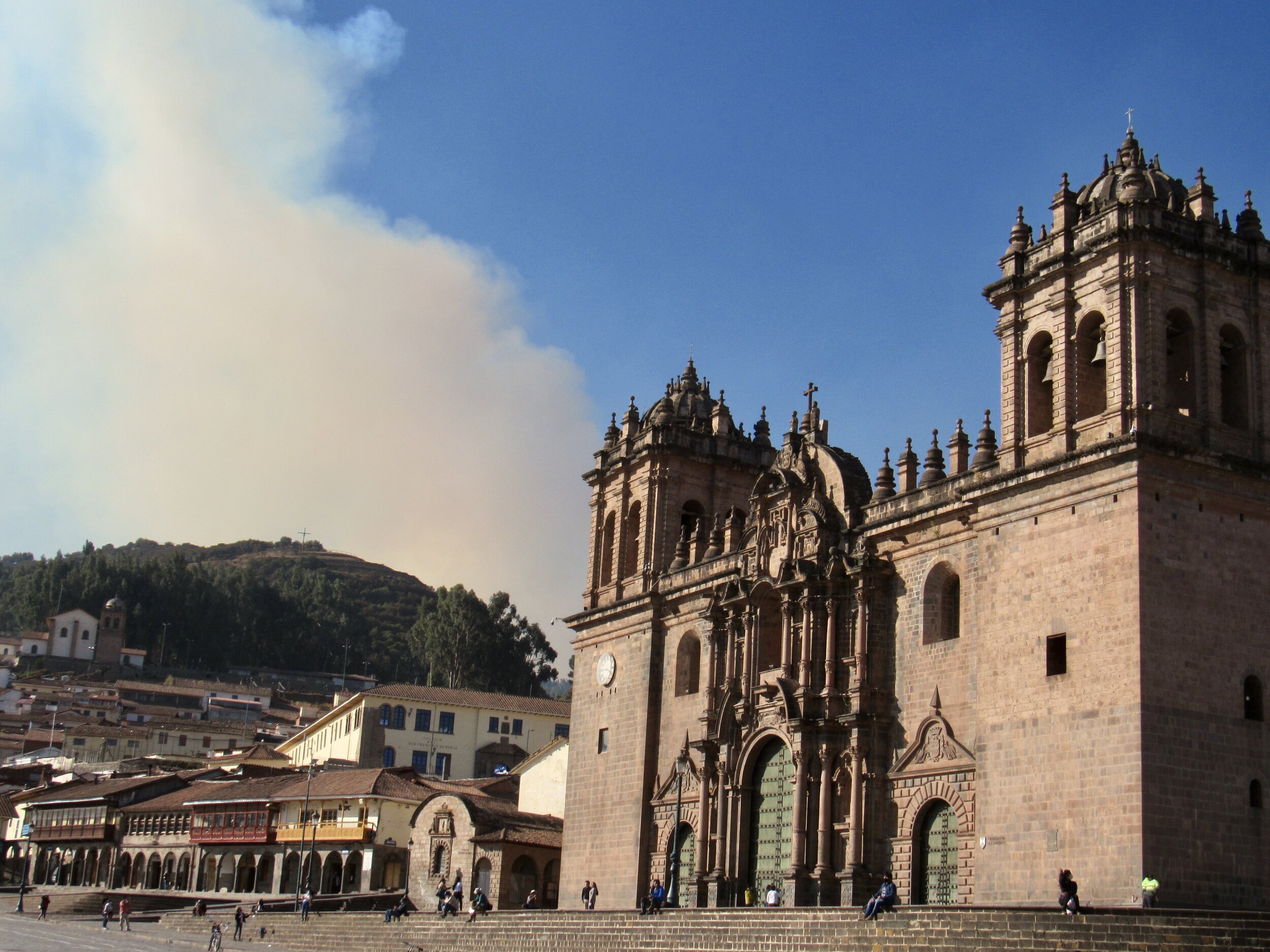
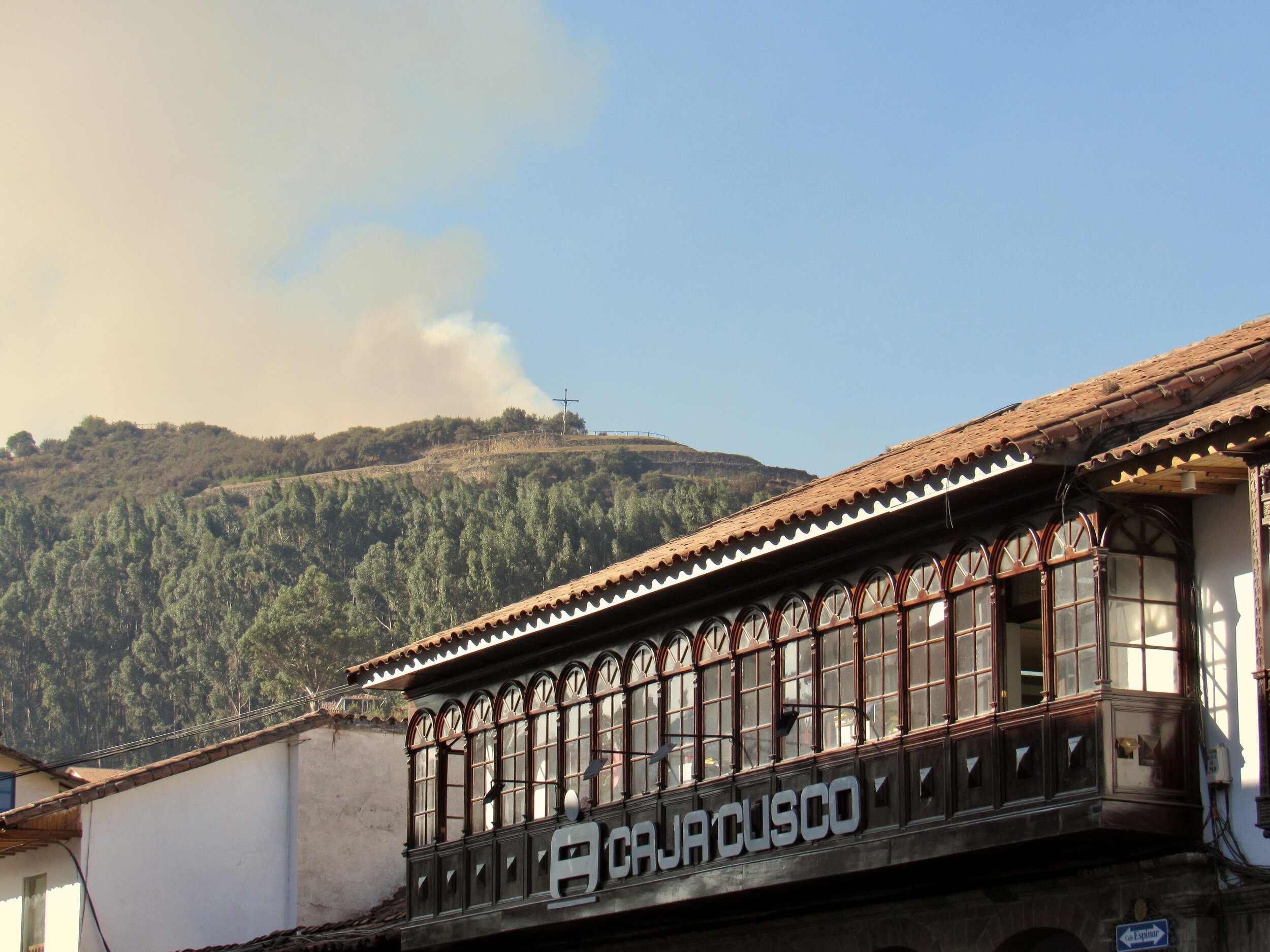
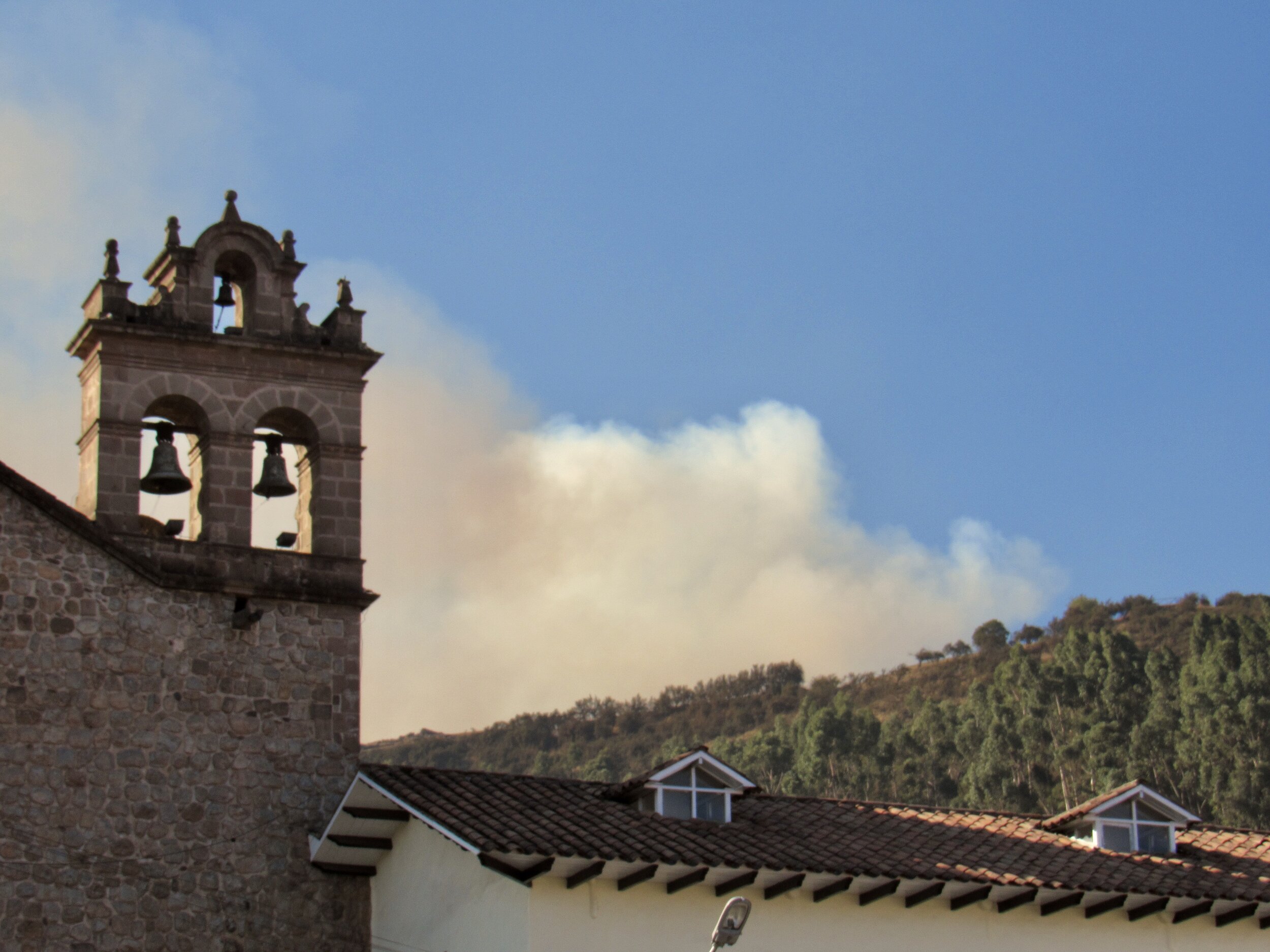
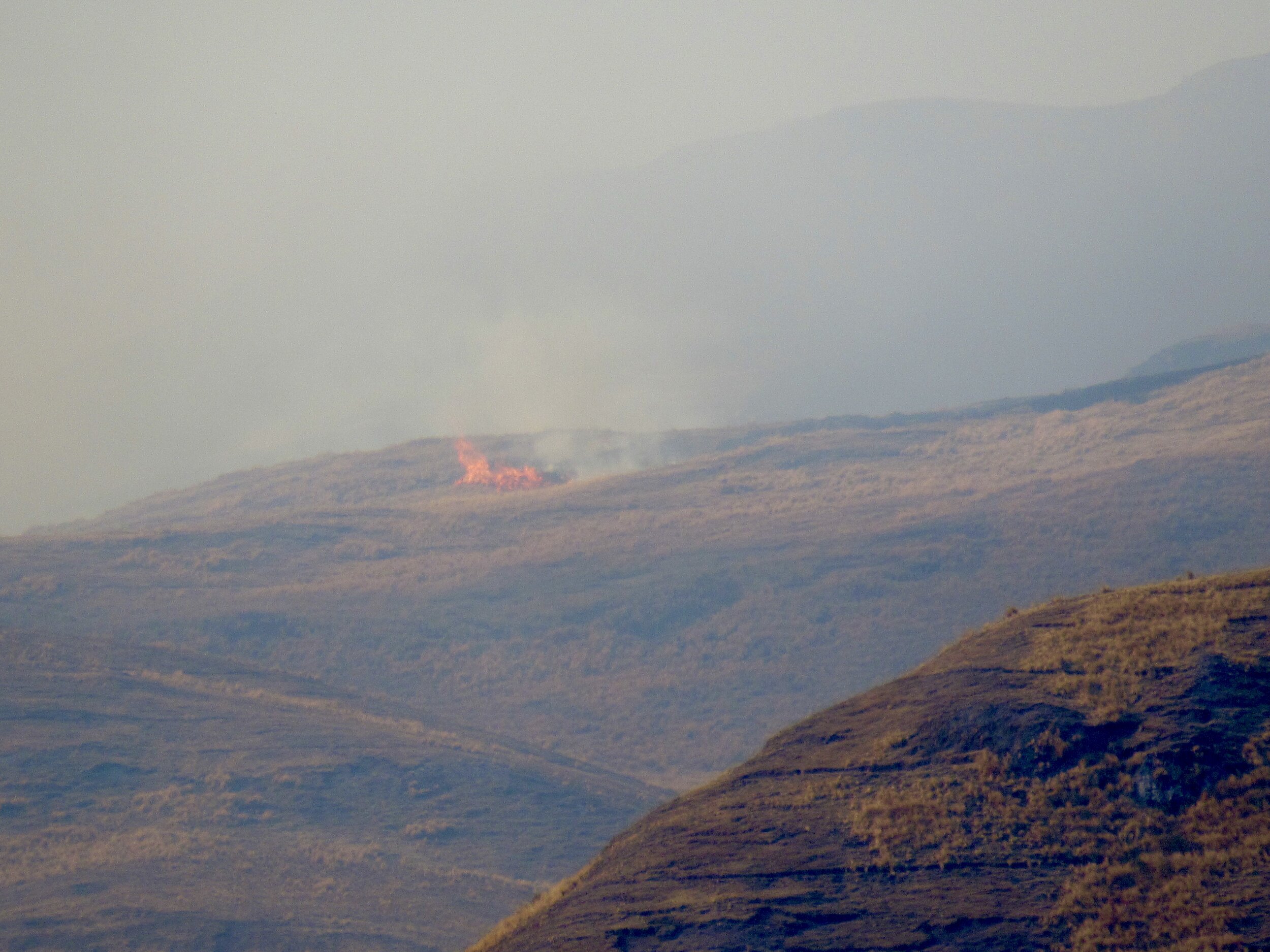
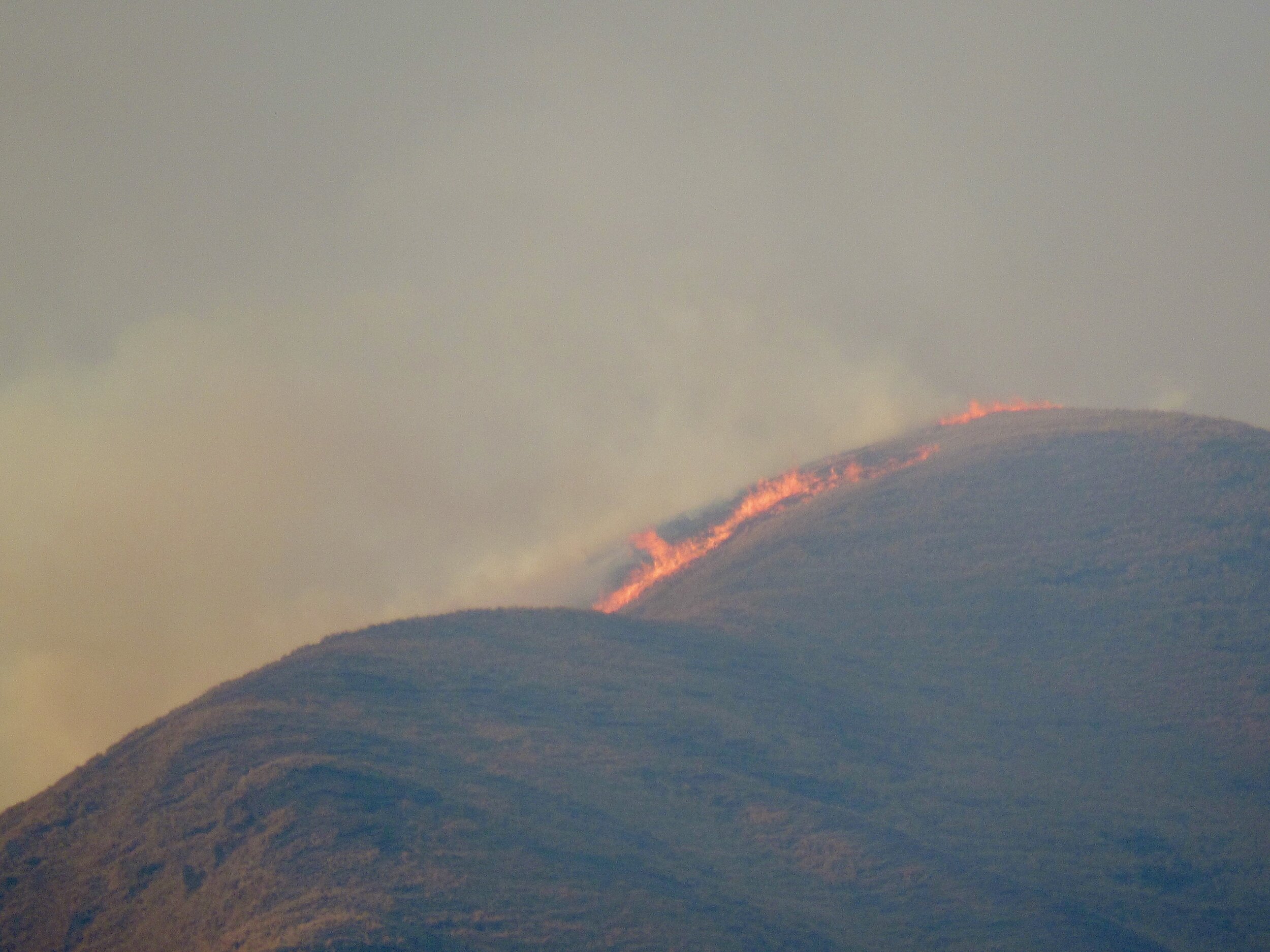

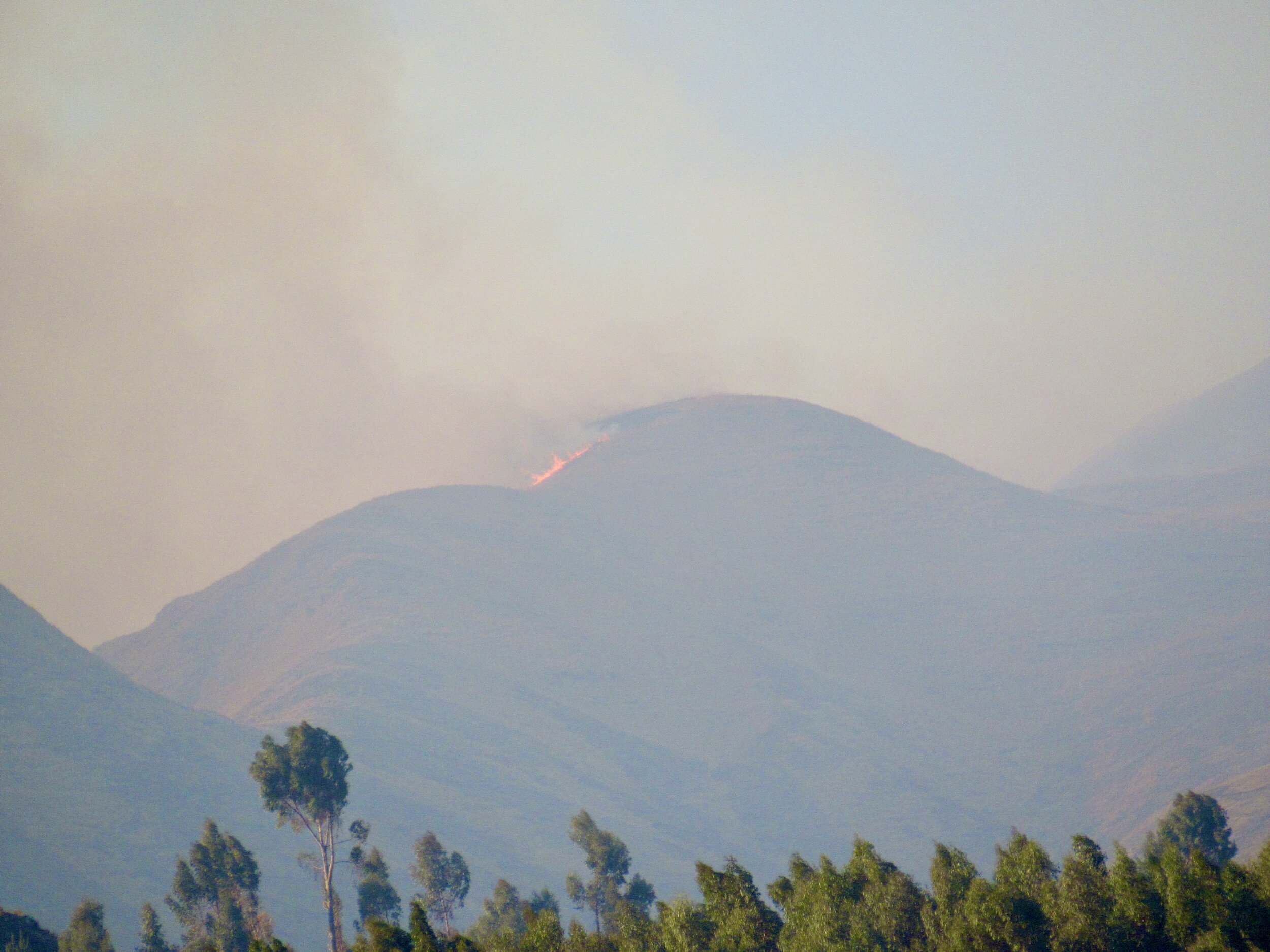
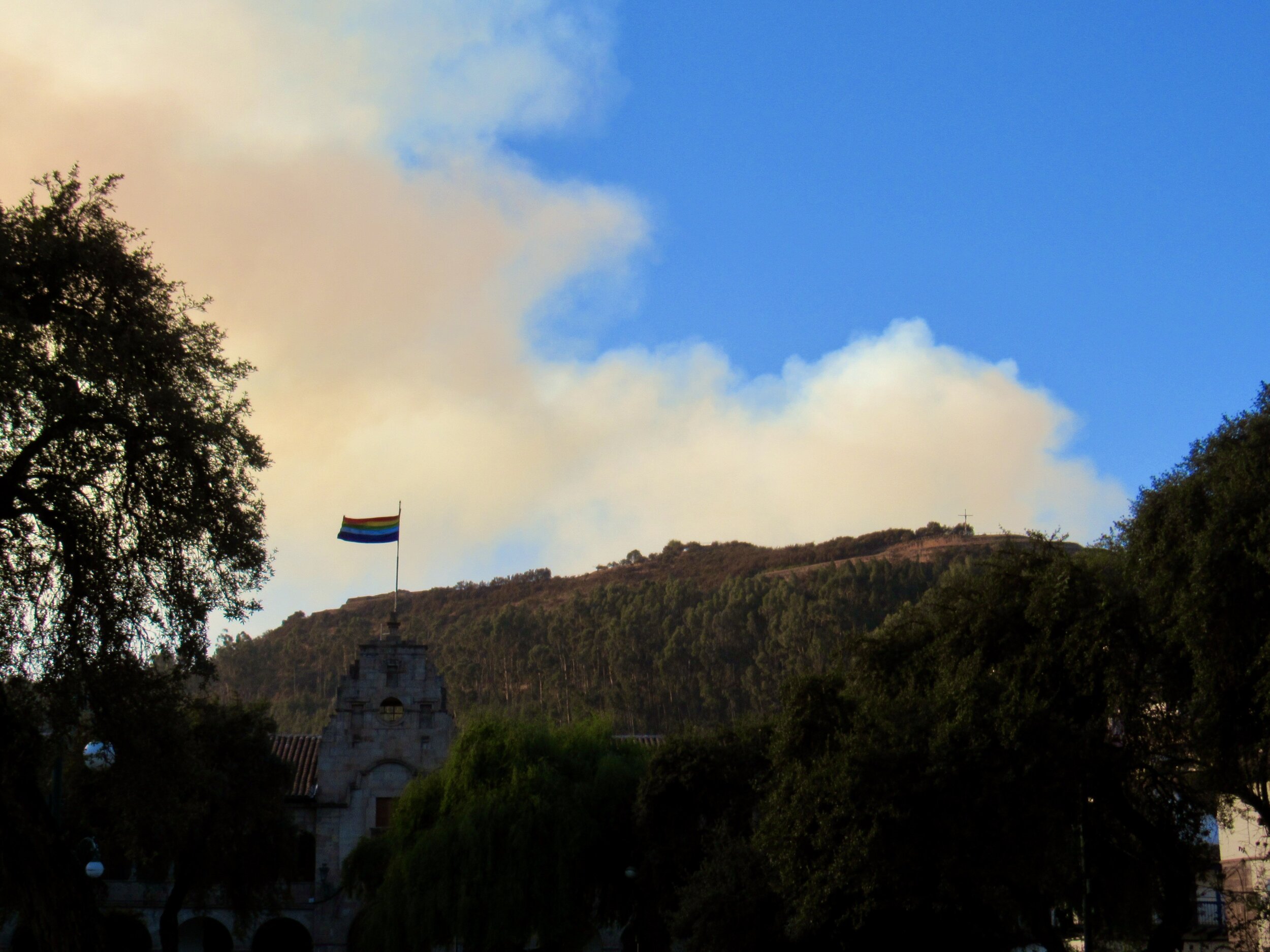
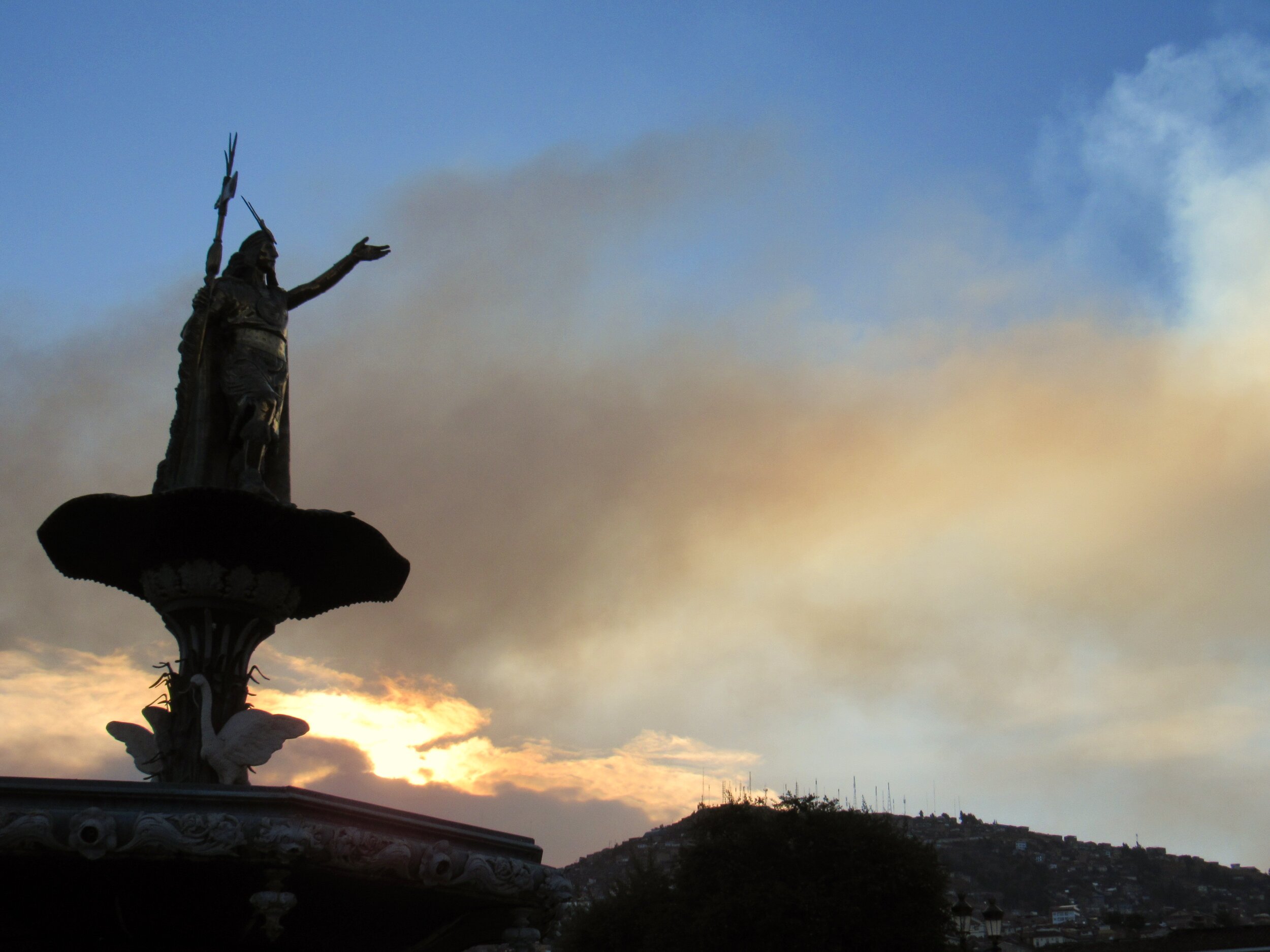
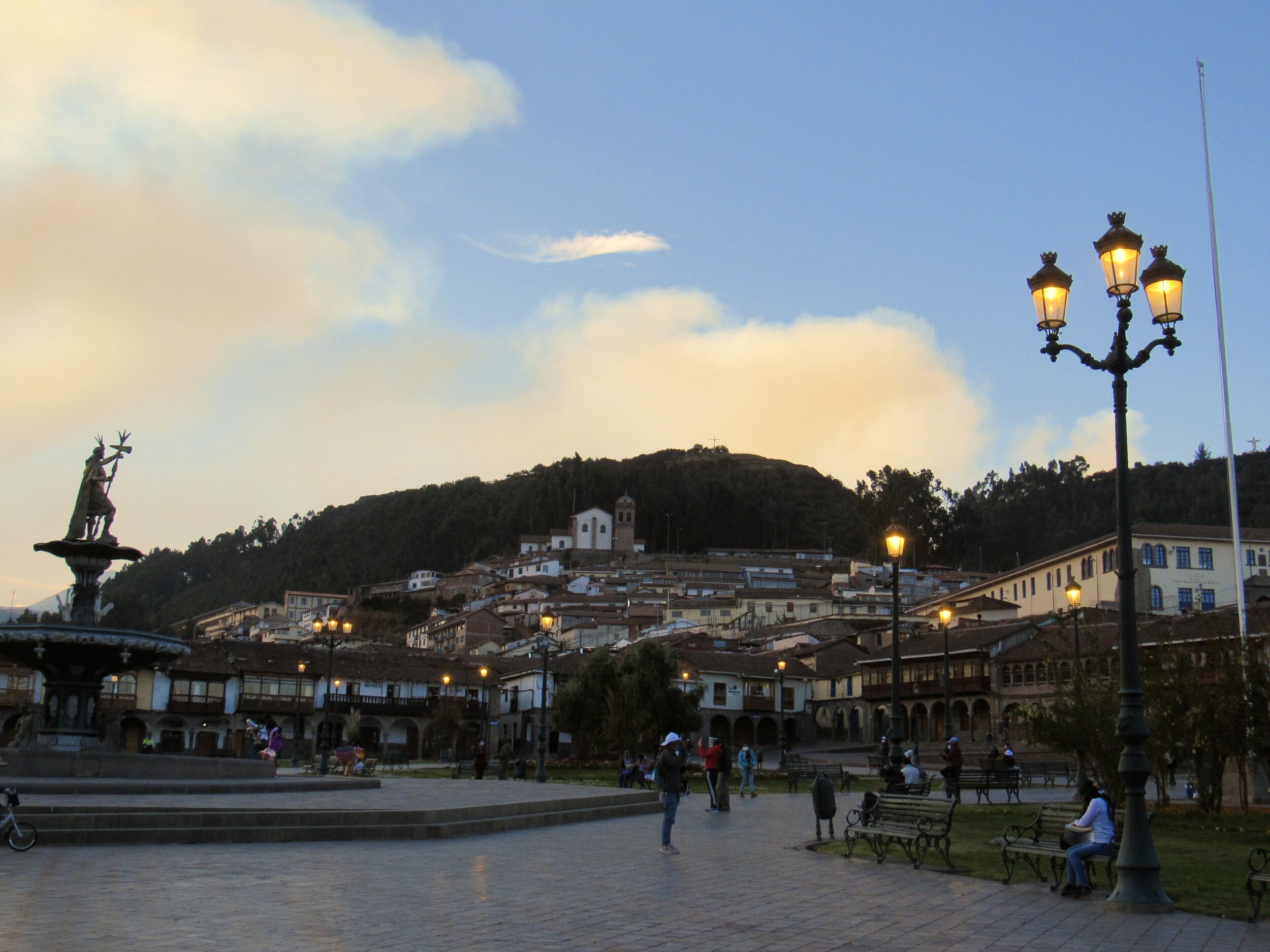
Friday, 9 October, 2020
This afternoon I went to take pictures of what I thought would be hills blackened from last night’s fire. Unfortunately, what I found was an active fire. As soon as I left the house, I realized that the sky was still filled with smoke. Cusco is in a narrow valley, so I walked up through the neighborhood opposite the side of town that was on fire. Curious to see how much had burned last night, I was instead confronted with how much was still burning. It was very disheartening.
Tonight during my zoom class with Angela and Fred, we got on the topic of nuclear reactors, probably because Fred works with the development of radioactive medicines for both cancer detection and cancer treatment. I was surprised to learn that there is a nuclear reactor just north of Lima. I had no idea there was a reactor in Peru and Fred didn’t know a whole lot about it, so I had to do a little research to satisfy my curiosity.
In an article published in El Comercio, I learned that the reactor was actually first opened in 1989. It’s in a place called Huarangal, 42 kilometers/ 26 miles north of Lima. The reactor has a name, which I didn’t know was a thing at all. In France they’re named after the location (Chinon, Bugey) or have some sort of code name (G3, CL4) although one is named Phénix and another is Superphénix. In Peru, they actually named it after a person: Óscar Miró Quesada de la Guerra, a journalist.
Óscar, the reactor, doesn’t produce electricity, but is used to produce medicine. It has laboratories to produce radioisotopes. The lab techs mostly work at night and early in the morning because so many medicines have a very short half-life and some are only good for a few hours after production. They have to get to the hospitals and doctors who ordered them in the morning to be administered immediately to the patients that day.
This is probably where Fred gets the raw materials that he uses to make radiation treatments for cancer patients. Óscar produces three radioactive medicines: tecnecio, dolosam and sodium ioduro. (Apologies if my translations from Spanish to English aren’t medically precise). The article estimates that 35 million patients receive medicine from this reactor. The verb “receive” is in the present tense, and it does not specify if that is per year, at the moment of publication or overall since Óscar started making these medicines.
I think this is really cool. When Fred first mentioned a nuclear reactor in Peru my first reaction was negative: What do they need a reactor for? They better not be making weapons. If they are making electricity, what are they doing with the waste? Is the environmental benefit of not burning fossil fuel worth having to store nuclear waste? Now, knowing that the reactor is for cancer patients, I have a very different reaction. It’s awesome that Peru not only has this technology for its own citizens, it sounds like Peru also exports oncology medicine to other countries. How cool is that?
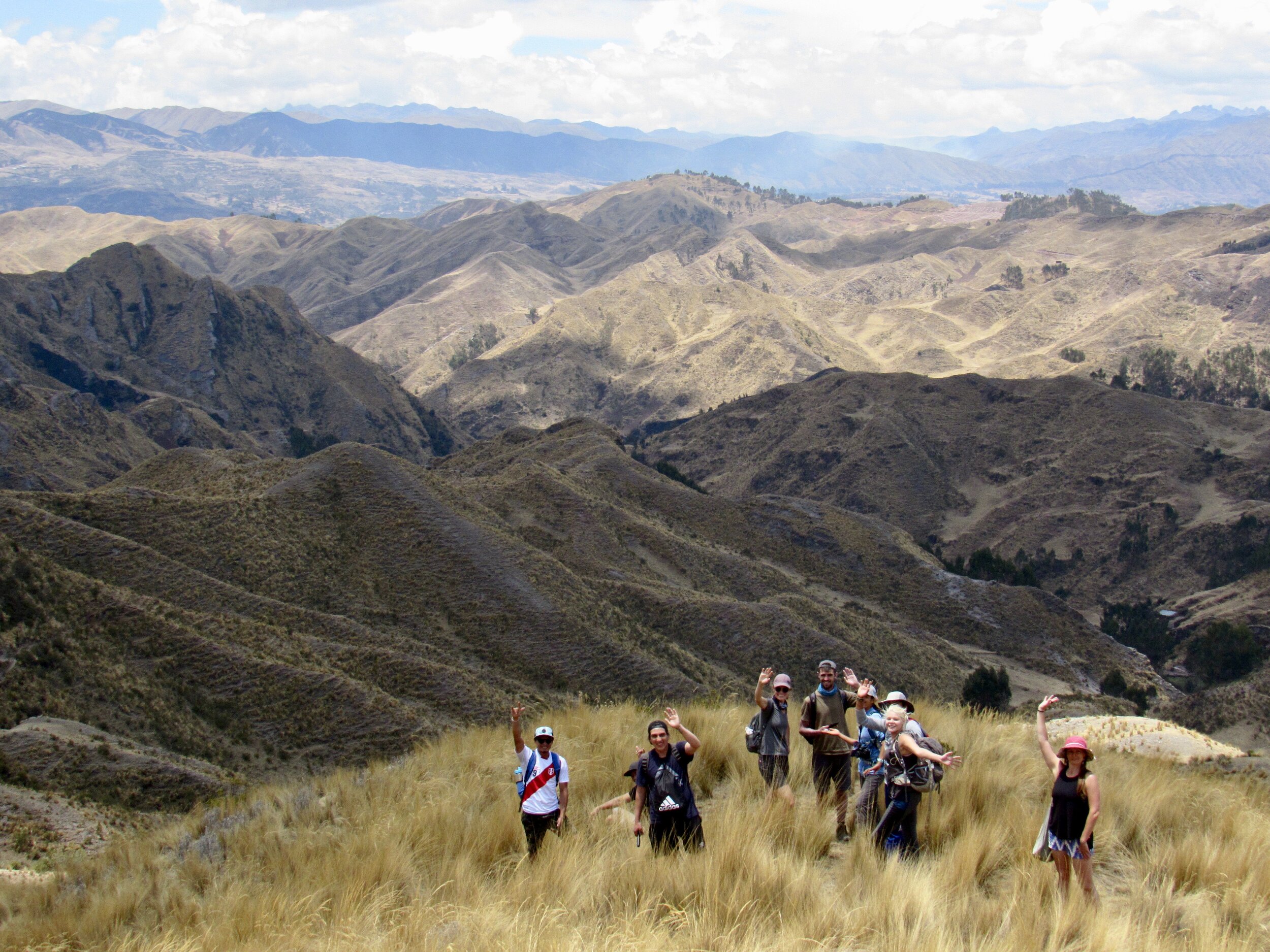
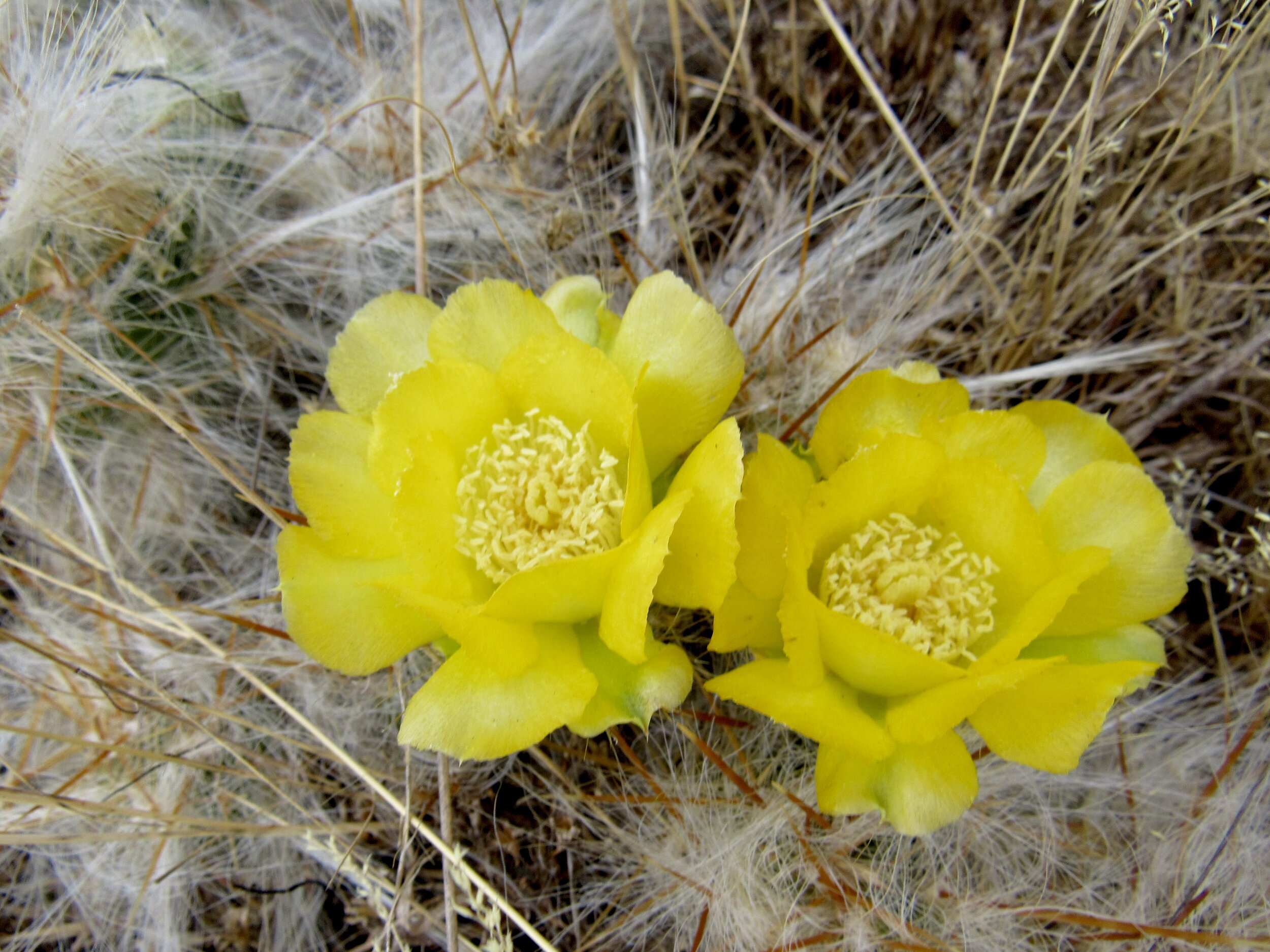
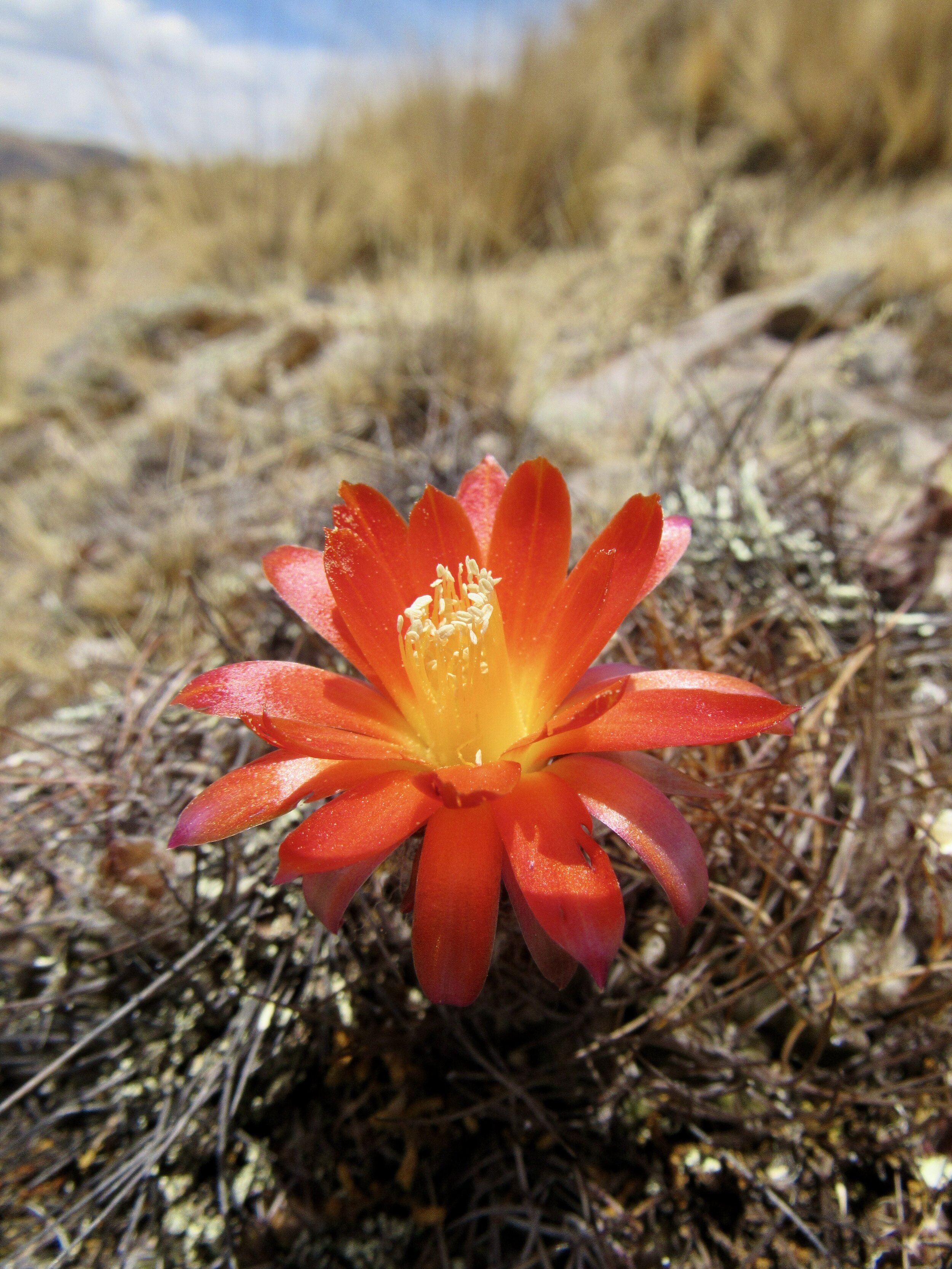
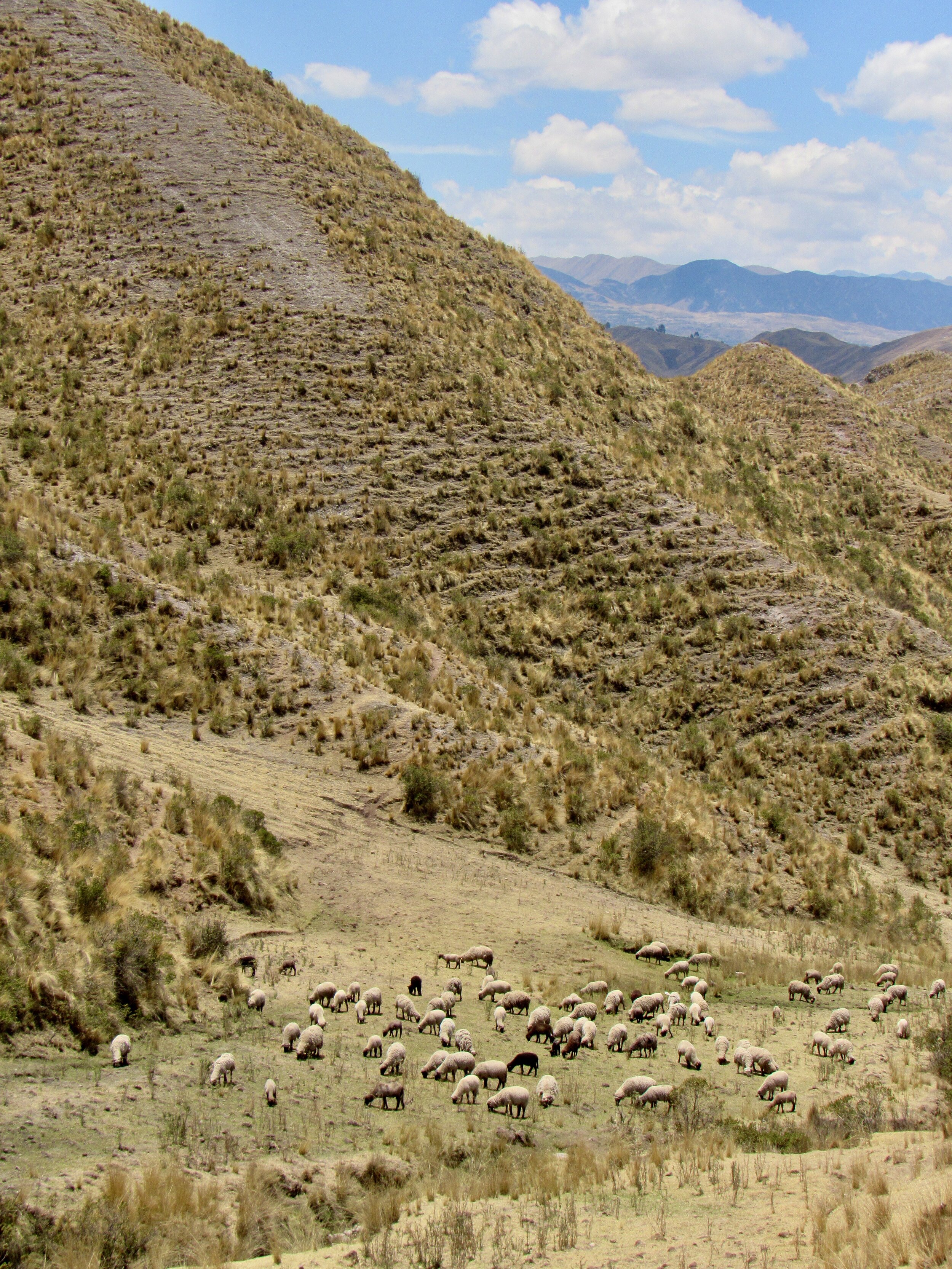
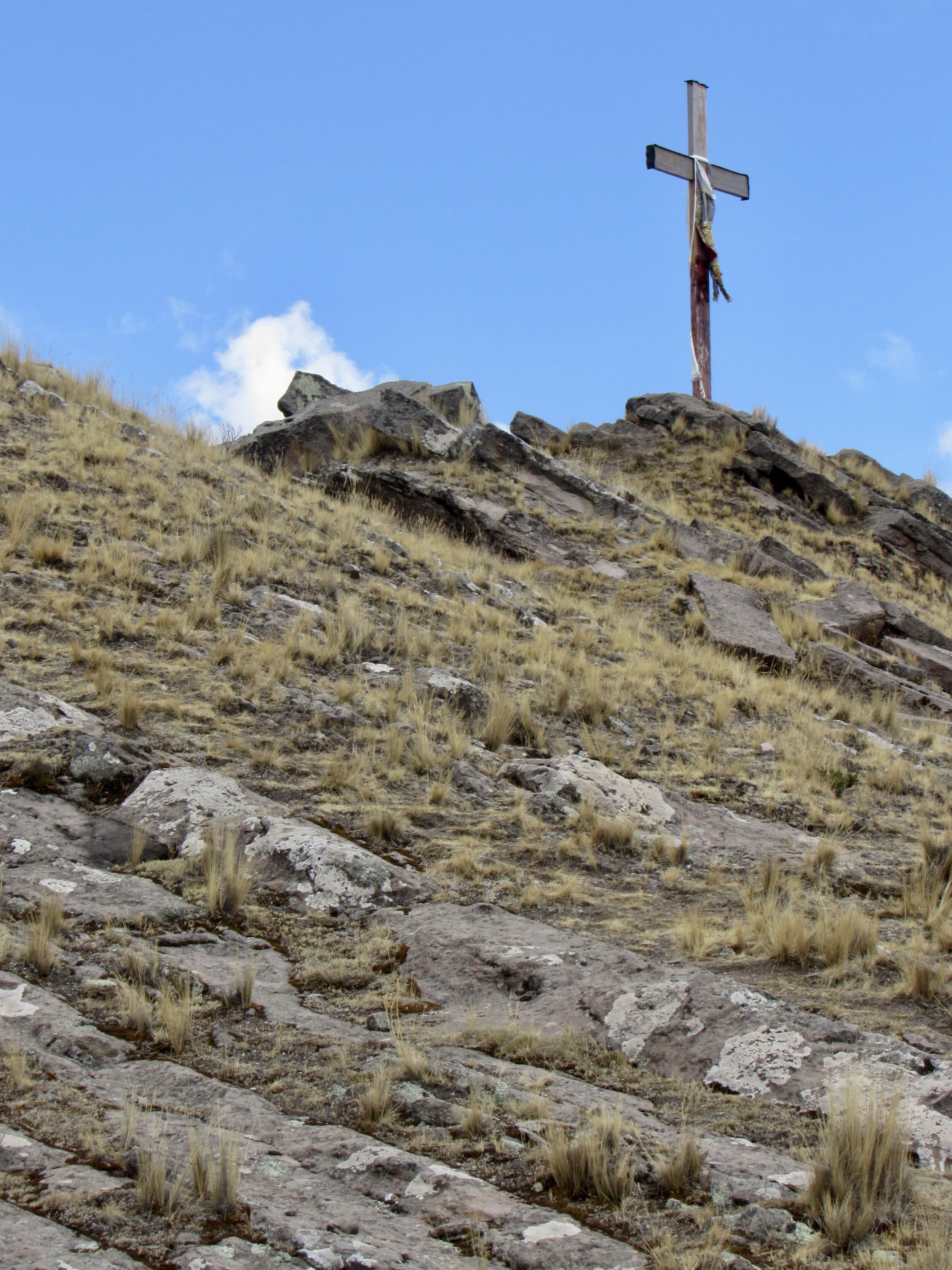
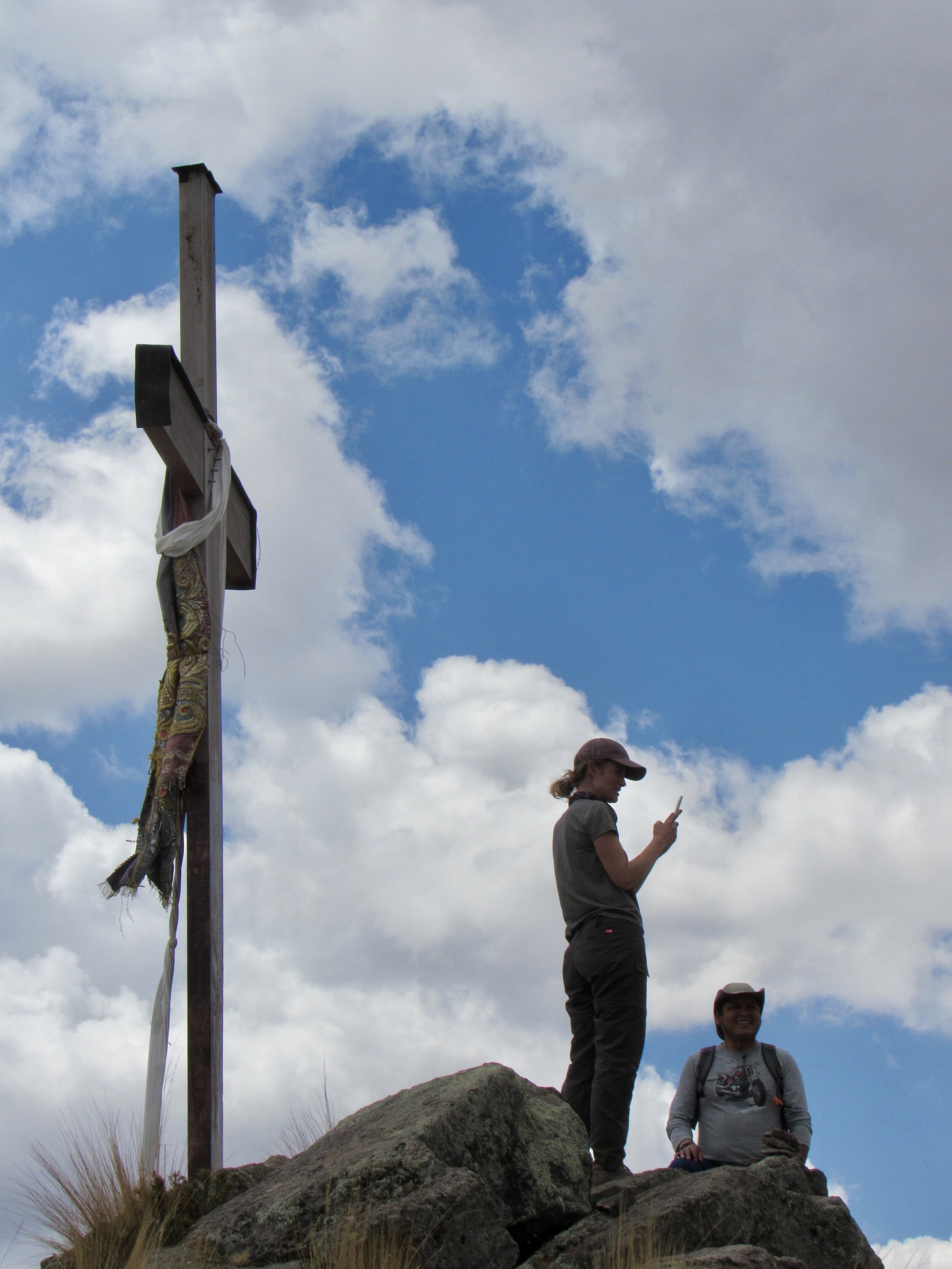
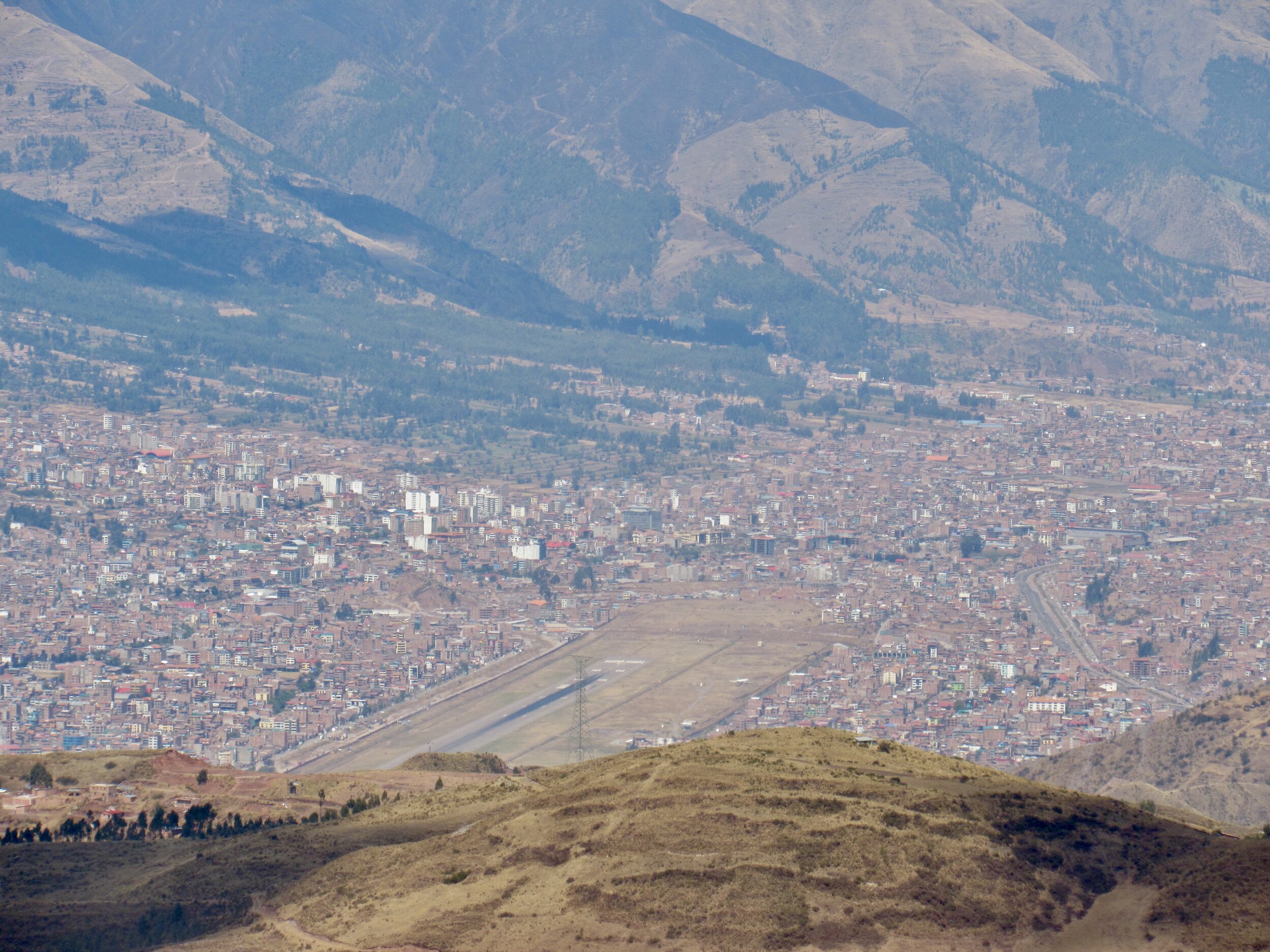
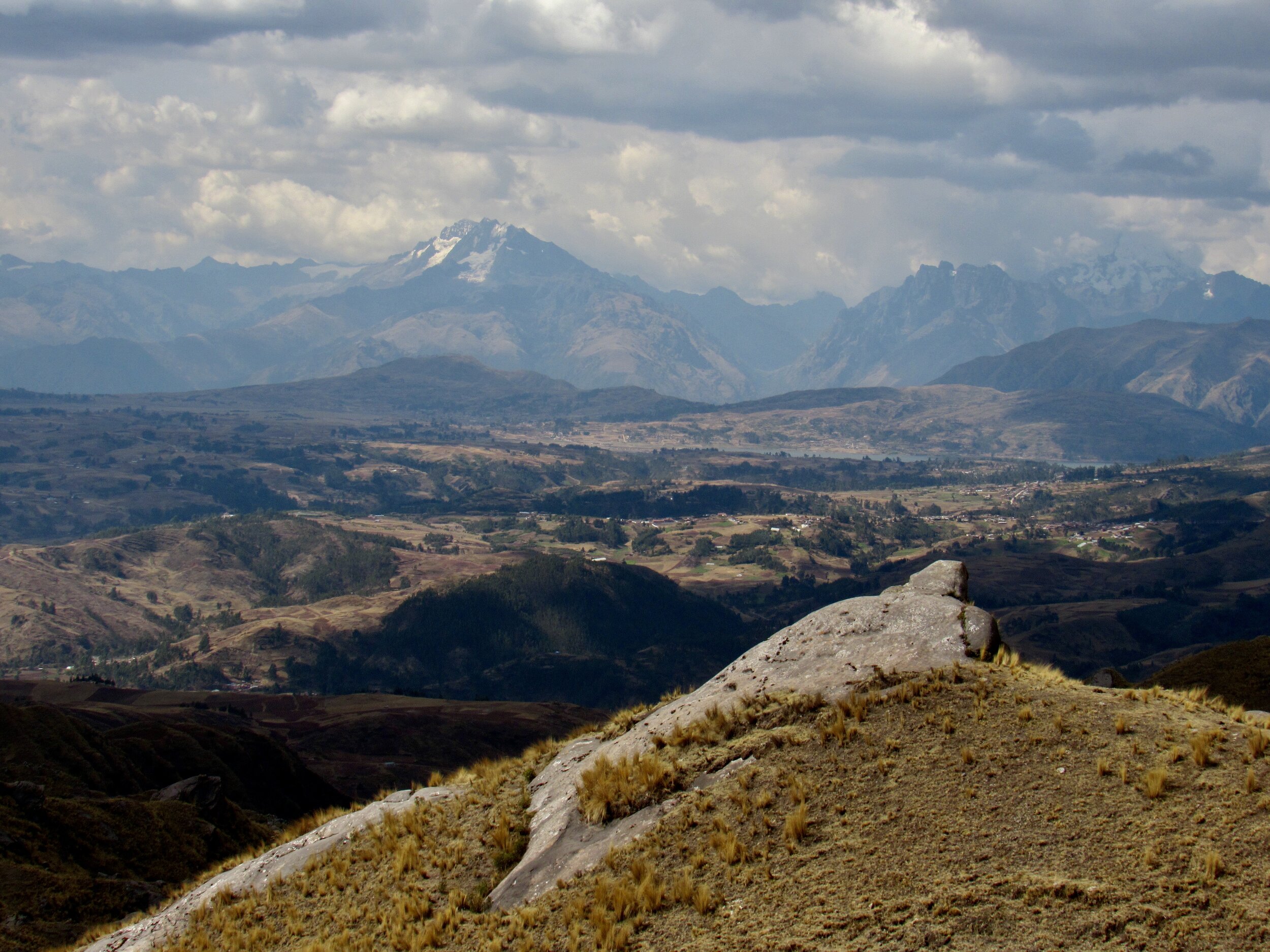
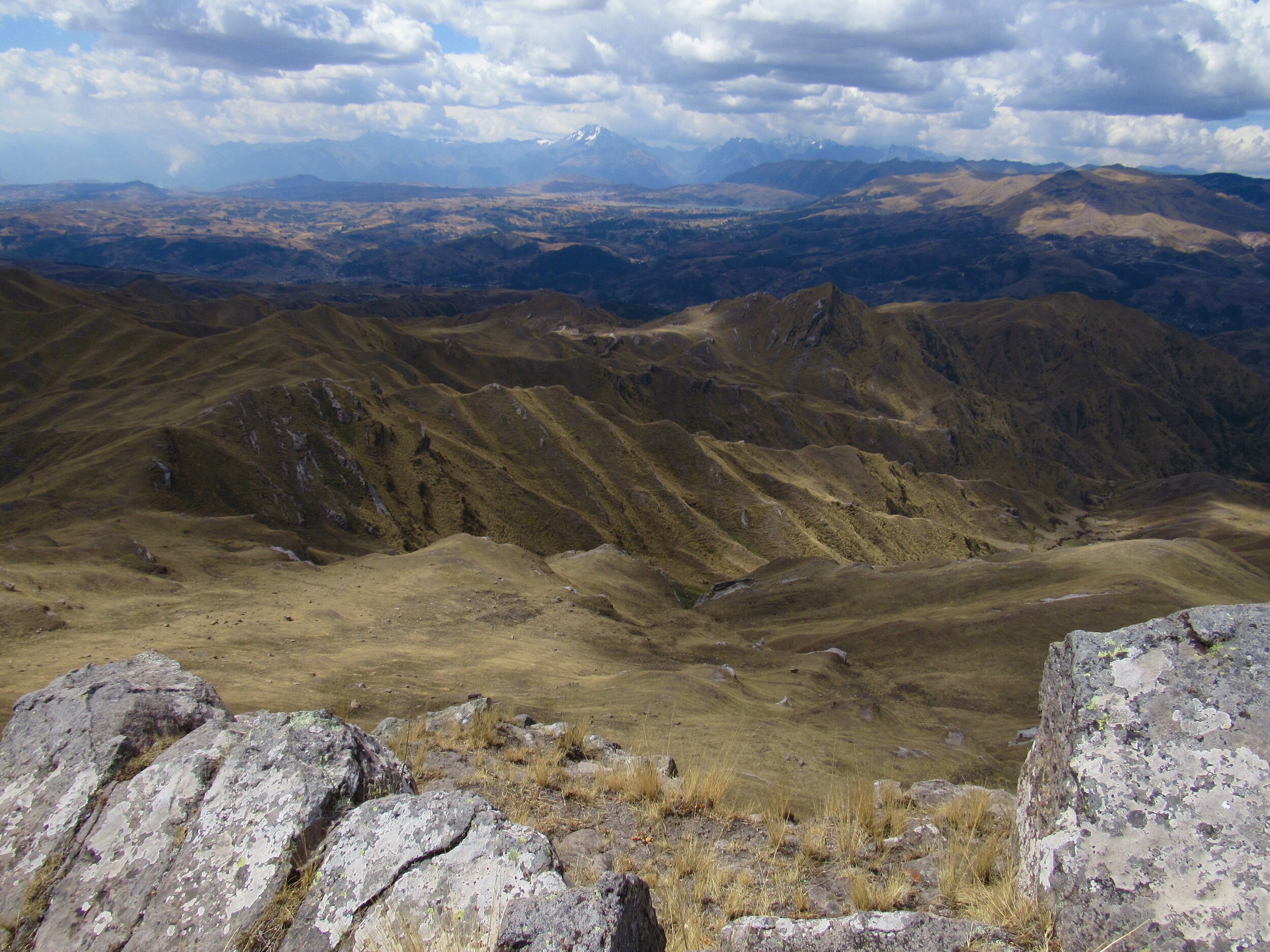
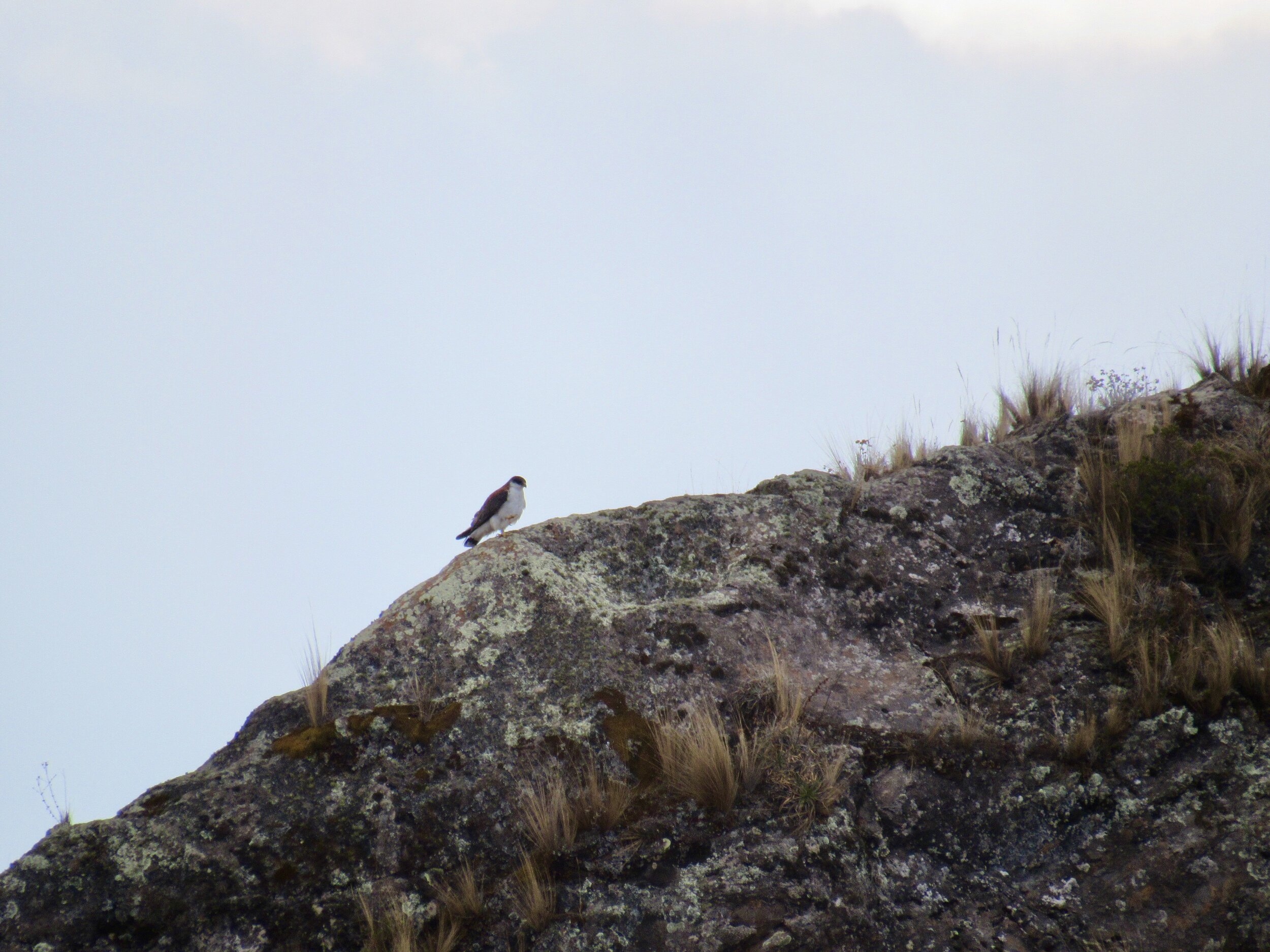
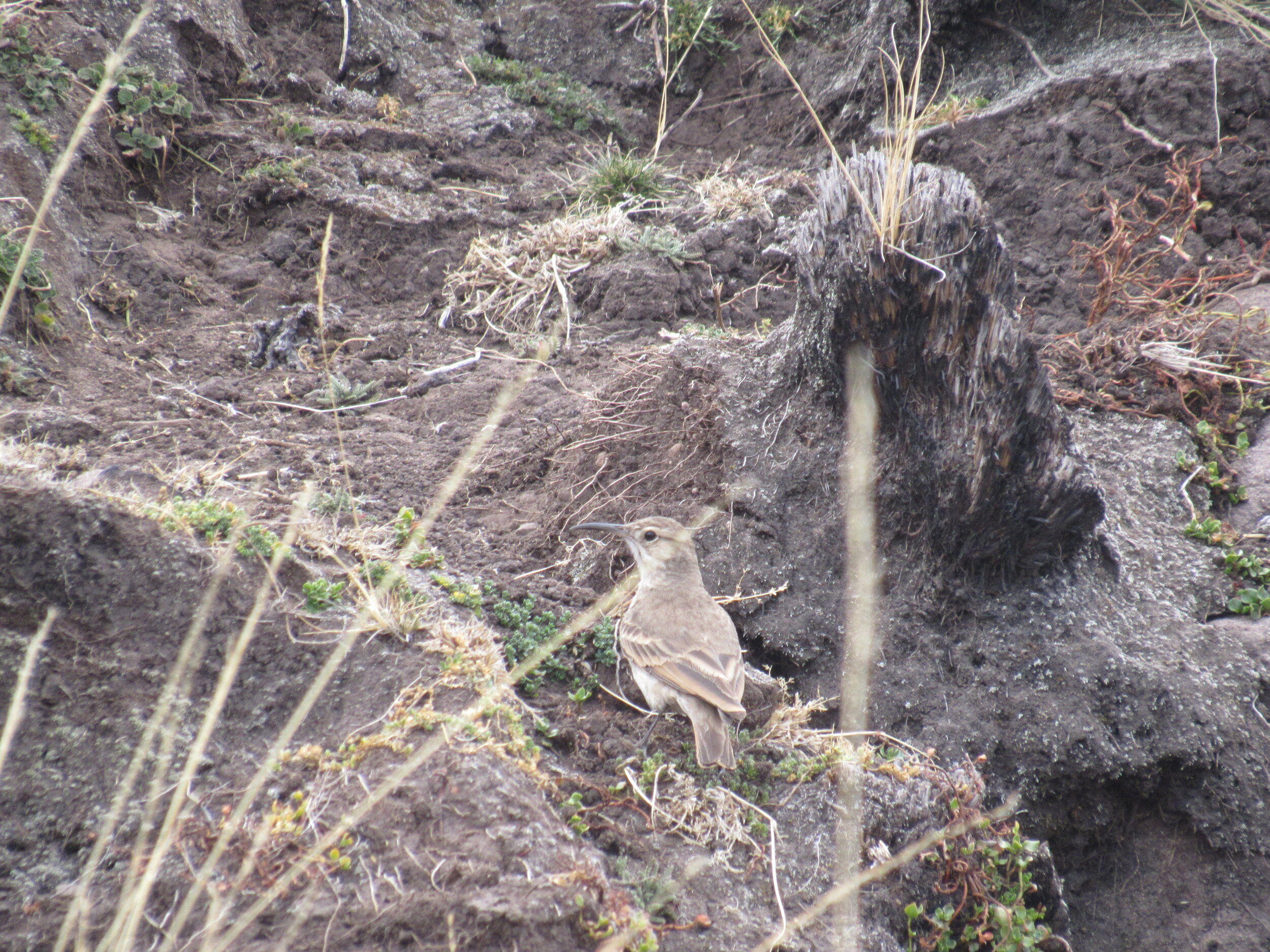
Saturday, 10 October, 2020
Today I went on a hike to the peak of Mama Simona with a group of friends. There were twelve of us in total and we started out the morning with some transportation challenges. There are busses that go near the trailhead, on the north side of Cusco. However, busses are still running at half capacity. Every other seat is marked with a giant red X and no standing is allowed. It didn’t take us long to realize that there was no way the group was going to be able to get in the same bus. Most busses only have room for a total of twenty people.
Auqui negotiated taxis for us to get to the Tica Tica neighborhood, on the edge of town. From here we had to find a van who would take us up a dirt road for about half an hour, to where the trailhead actually starts. We got most of the way there, but the driver refused to actually take us to the end of the road, where the trail starts at Kiswarcancha. He said that the road was becoming too rough for his Sprinter and that we would have to walk.
From where we were left, it would have taken way too long to walk to the end of the road, then up the trail we wanted to the Mama Simona peak. I was disappointed, since from Kiswarcancha to the peak is a section of the original Inca Trail. So, we decided to make a shortcut, pretty much going straight up, bushwacking.
The first half hour, we were walking around fields and past rural homes. None of them had access to electricity and I didn’t see any wells either. A significant percentage of Peruvians still live like this: about two million families, didn’t have electricity in 2019. The next two and a half hours we were walking up grassy hills, parts of which showed signs of having been burned last year. I was happy to see that a large section of the burned area had been planted with tiny pine trees. They were little more than sticks, but the rainy season is coming soon and I hope they will be able to grow significantly before the dry season starts again next May.
Most of the way to the top, we passed a group of six people, dressed in very traditional Quechua outfits. These outfits have changed little since Inca times and they looked like they had come from the past. Auqui went over to speak with them, in Quechua. They said that the younger woman with them had been trying to get pregnant for years and they were going up to the top of Mama Simona to ask the Pachamama to help her. They carried several figures of young children or babies and also things like coca leaves to do a traditional Pachamama ceremony up at the peak. Usually, offerings would be buried near the ceremony site, but the rocky peak is not a place you could bury anything. Instead, they brought dried sticks and some firewood, to burn their offerings.
I hoped that they would be very careful with the fire, since the whole way up we were confronted by half of the sky full of smoke. At least the top of the peak is almost entirely stone and fires usually burn up a hillside, making any fire on the top unlikely to burn downwards. There were several active fires that we could see from the top and although the wind was blowing the smoke away from us, much of the valley was very smokey and I couldn’t get clear photos of the glacial peaks of the Urubamba mountain range.
The way down was much longer, but the first half was an actual path and the second half was a newly cut dirt road. The population of the Cusco region has been growing rapidly and though the pandemic is sure to slow that down, there are new roads all over. There are also more homes being built higher up in the hills, which unfortunately, create more potential places for fires to start. There are no natural, lightning caused fires in the Cusco region. We only get lightening during the storms of the rainy season, and only during the biggest, most torrential downpours. There are no storms in the dry season, so all fires are caused by people.
The trail back down ends in Poroy, which is the town on the edge of Cusco, on the road leading to Urubamba and Ollantaytambo, in the Sacred Valley. Once we got down to the main road, it was easy to get a bus or taxi back to Cusco. Overall, we hiked about ten miles today and my phone recorded our elevation gain as equivalent to 128 floors of stairs. I got home exhausted and happy.
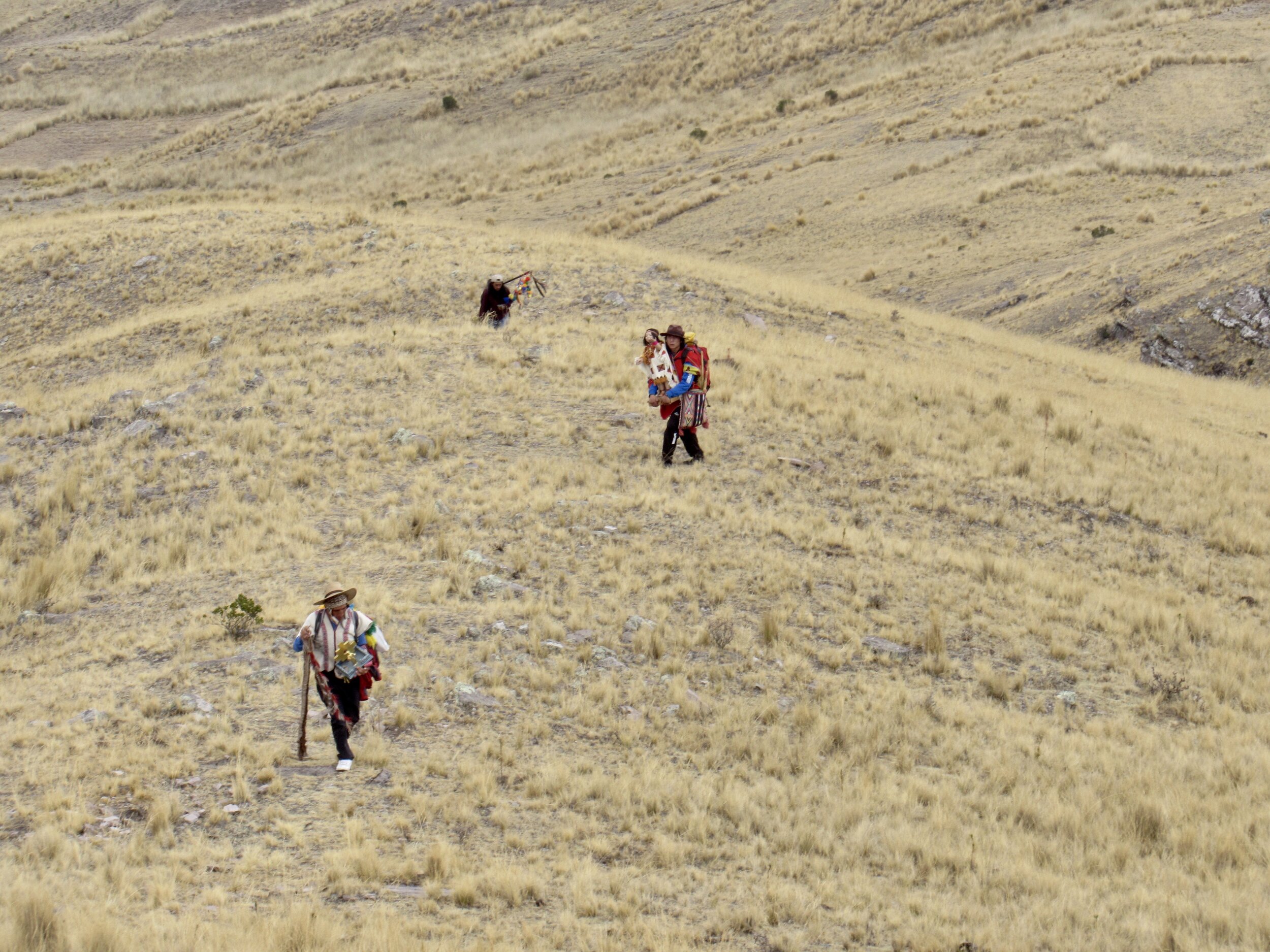
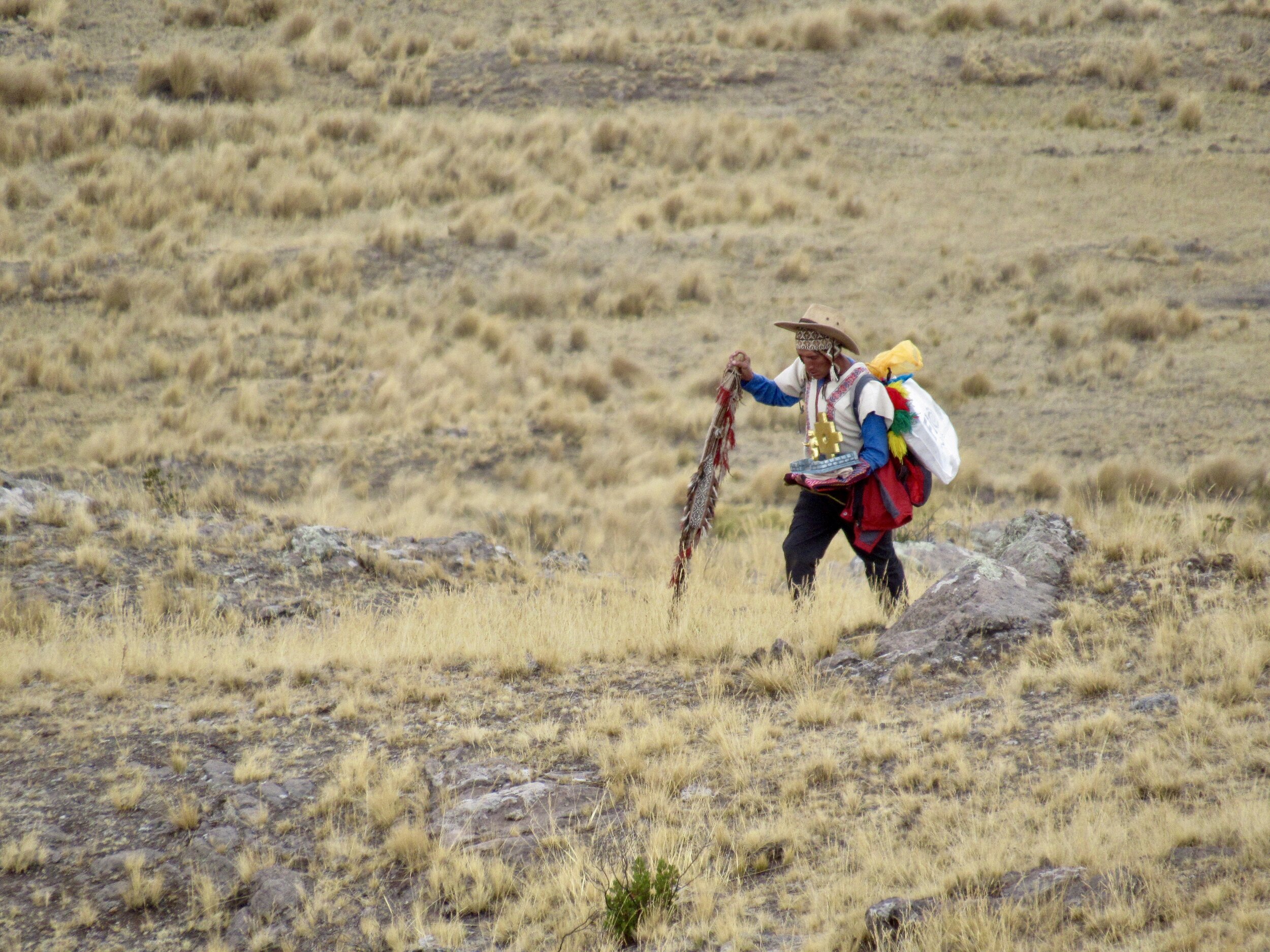

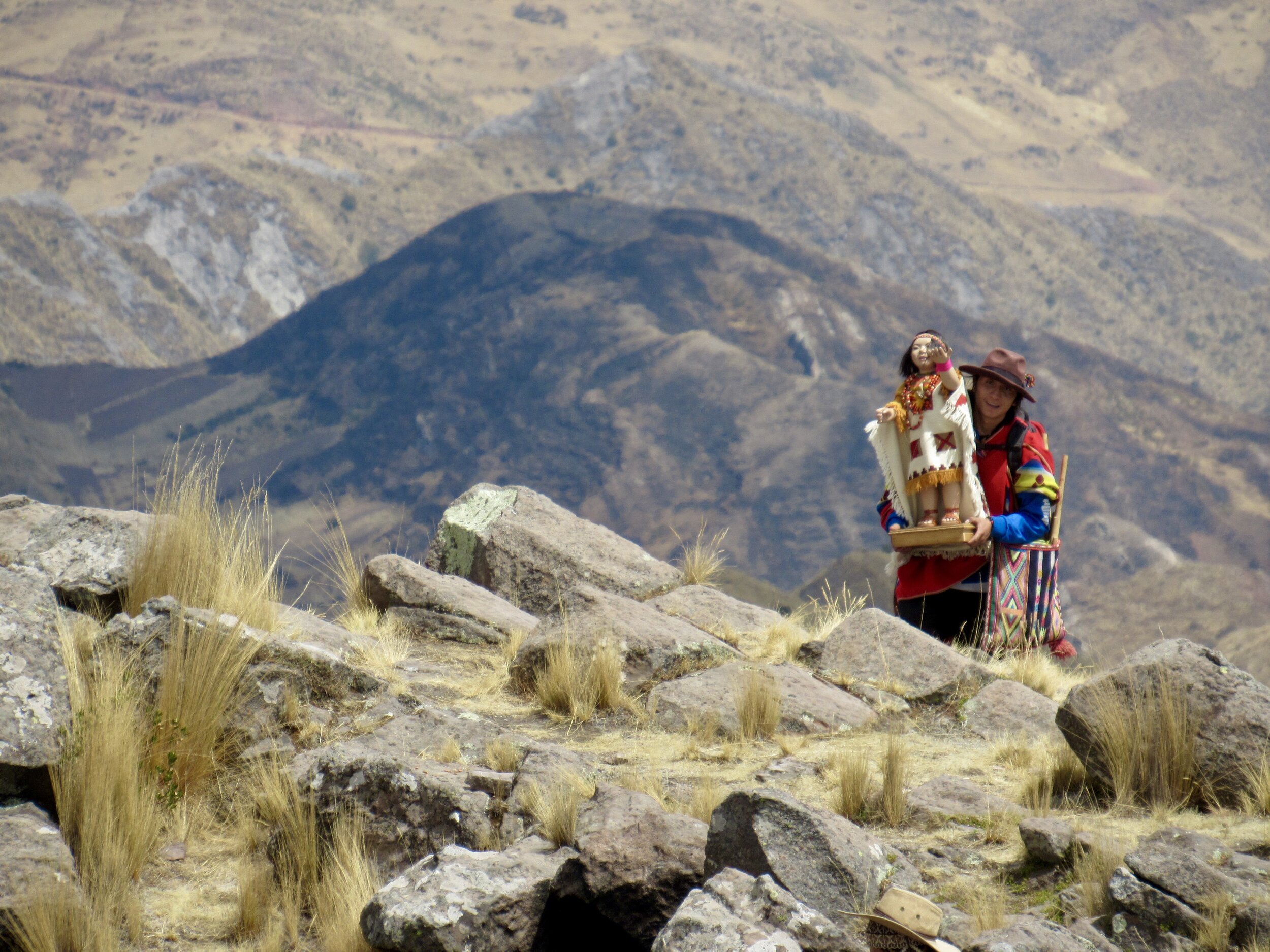
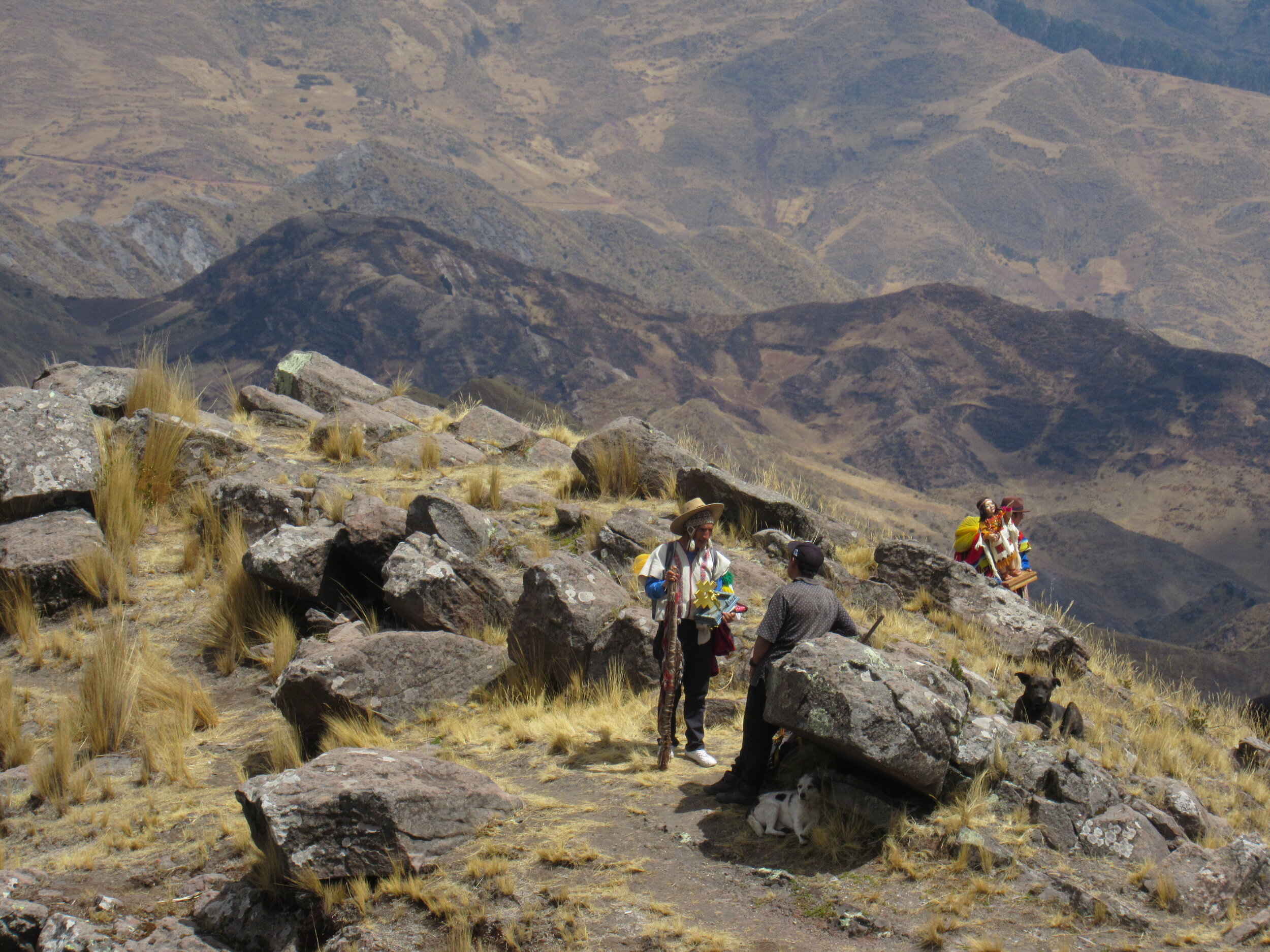
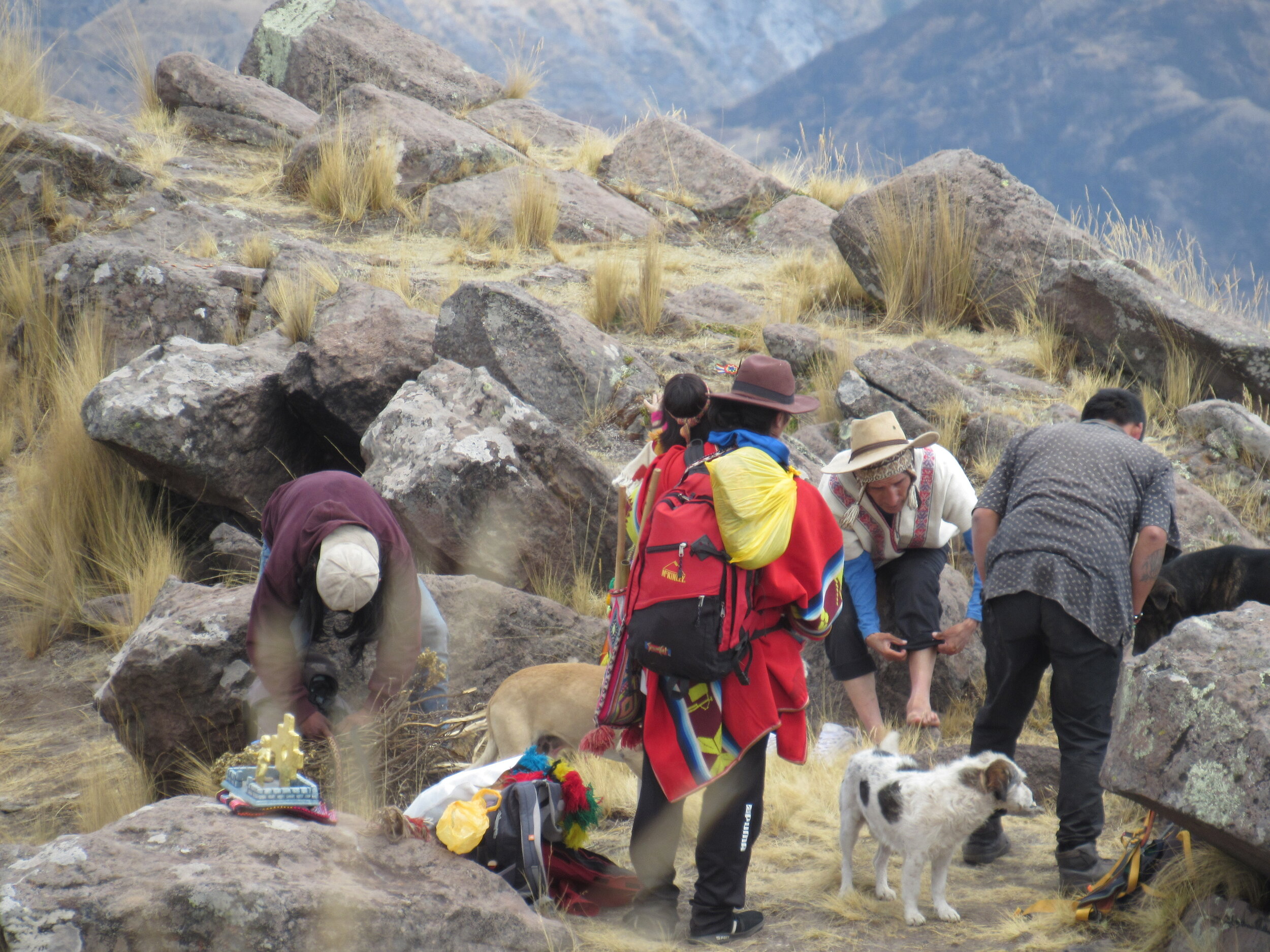
Covid in Cusco: Week 29
A package I’ve been waiting for since May arrives and I spend the weekend in the Sacred Valley.
We take care of our Pachamama
Signs like this are all over the Sacred Valley, where reverence for traditional Andean beliefs still runs deep. The Pachamama, Mother Earth, is still thanked in all ceremonies. Even when drinking chicha or beer, people pour a little on the ground first, thanking the Pachamama for providing life, and alcohol for us all.
Sunday, 27 September, 2020
198 days since Covid officially arrived in Cusco
People in Cusco are so done with lockdown. Despite it officially being illegal to leave your home on Sundays, except for emergencies, there were a lot of people in the streets today. I stayed home, but out my window watched people strolling down the sidewalks and sitting in the park in the sun. It was definitely fewer people than a normal day, and there were no vendors in the streets, but it didn’t look at all like the past six months of Sundays. I didn’t see any cops drive by until almost 3pm and by then the streets were empty again.
We have been in lockdown for so long that people have just had it. In March and April, the cops would roll through the neighborhood when curfew started at 6pm. Driving through with lights flashing and sirens blaring, Cusqueñians were so supportive of the police back then that people would applaud out their windows loudly enough that I could hear them over the sound of the sirens. Six months later, we are all ignoring the police.
Case in point, last week I was waiting in line at the bank until closing time at 4pm when the police arrived to clear us out. It wasn’t the normal city police, it was the Black Eagles, a police force specialized in bank security, including bank robbery and money laundering. Apparently, part of their job is to also clear out people still waiting in line after the bank closes. I had stayed, just because nobody else in line left when the bank closed and I wanted to see what would happen. When the Black Eagles arrived and told us all to leave, nobody left. Instead, I was surprised to hear them all yelling at the police. They were upset that the bank closed at 4pm and wanted to be let in the bank because we had been waiting in line since 3pm.
I’ve just never seen people yell at the police like that.
Today Dircetur published a video on Facebook about how they are going to reactivate tourism in the Cusco region. Dircetur is the Peruvian government’s Dirección Regional de Comercio Exterior y Turismo, which regulates just about everything to do with tourism in the Cusco region. The video was full of statistics of how much money they will invest to restart tourism, and how much money will go directly to unemployed guides and other tourism professionals. Of the guides I know, none of them have received anything from the government specifically because of how they are impacted by the government closing the borders and killing tourism.
Of course, some of the guides I know have received the Peruvian equivalent of the US government’s stimulus checks, though it was far less than what Americans received, even adjusted for the different currency. What Dircetur is promising then, is something much more interesting for guides and much more hopeful.
Monday, 28 September, 2020
Today finally ended the saga of the package that my mom sent on August 14th. It arrived in Cusco and I went to the shipping company’s office to pick it up today. It is actually in my apartment, in my possession and I can hardly believe it. At several points during the past month I wondered if it would get here at all - and if I would have to try to get on an evacuation flight and leave Peru if it didn’t get here.
Among some thoughtful presents from my mother, this package contains medications that I can no longer get in Cusco. The medications that I normally take are not produced in Peru, only imported from Colombia. [No, it’s not cocaine. That’s produced in Peru]. When the country went into a strict quarantine lockdown on March 15th, international flights, as well as most international imports, ended. By May, it was clear to me that my medications were getting scarce in Cusco, with no end to the lockdown in sight.
I tried going to a doctor, thinking that if I couldn’t get my medication at a pharmacy, surely a doctor or hospital could get them. I tried to make appointments dozens of times throughout April, May, June and July. Each time I was told that the hospital was only taking Covid patients. I even went to the hospital, asking to see a doctor, I was turned away for not having Covid. Anytime I tried to get an appointment over the phone or in person, I was asked if I had been exposed to Covid, if I had a fever or a cough. Eventually I wanted to say yes, just to try to get into the hospital. I knew that as soon as I presented in person and they took my temperature, I would be turned away, so I never claimed to have Covid.
My doctor in the US kindly prescribed a 12 month supply, which I purchased May 13th and had sent to my family. Unfortunately, mail services were completely shut down also on March 15th and didn’t resume until August. The package left Boise on August 14th and went through Salt Lake City, Cincinnati and Panama City before landing in Lima on August 19th.
Then, it stayed in Lima for over a month.
On the tracking site for the company’s “Express Shipments” the package was marked with either a “clearance event” or a “customs status update” every day starting on August 19th. We heard nothing and had no idea what the problem was until the end of August. Then, between August 31st and September 24th I was very busy emailing back and forth with an employee in Lima named Julio. He took me through several loopholes and falsified documents that I am positive no employee of this particular shipping company in the US would have ever tried.
On August 31st, Julio first contacted me to ask if the contents of the package were purchased by me or if they were a gift. Not having any idea if one of these would be better than the other, I answered that I had purchased some of the contents but that most of it was a gift. After a few more emails with Julio, I realized that “gift” was the right answer. Inside the package was a receipt with my name on it from the pharmacy where I paid for my medications. Julio said that if we claimed the contents as items that I had purchased, then we would have to use the enclosed receipt, which had the actual value of the contents of the package. Julio also explained that because the amount listed is over $200, that I would have to pay import taxes and duty on the contents.
Once we settled on the contents being all gifts, with newly assigned “estimated” values that added up to exactly $200, Julio informed me that the Peruvian Customs would not allow the package to be delivered and that it would likely be sent back to the US or destroyed. That triggered some panic in me and I had several phone conversations with Julio, who incredibly answered my phone calls during the day and my emails between 10pm and 3am.
The loophole that Julio settled on was to call this “unaccompanied luggage.” When you arrive in Peru, your luggage gets only the most basic check. When I arrived in August, 2019 with three suitcases containing everything I thought I would need for a year, nobody bothered to open my bags or check what I might have brought with me. However, mailed packages get a very different kind of screening.
Classifying this package as unaccompanied luggage was a way to try to get the contents the same lack of inspection that most luggage gets at the airport. Unfortunately, you have only six months in which to receive unaccompanied luggage in Peru. The last time I exited and re-entered Peru was in December, when I went to Patagonia for Solstice. Clearly, there are more than six months between December 23rd and August 19th. Julio’s answer to this was that since there were three months during which all postal services in Peru, including DHL, were shut down, those three months shouldn’t count.
Magically, there were now less than six months between December 23rd and August 19th. Julio also sent some documents to me in Cusco, which I went to their office to sign. One of them was a form, which looked a lot like a tax form. I was instructed to sign in boxes 7.2 and 11 but not to put a date by either signature. All of the other boxes on the form were blank and there was no explanation as to what the form was for. So, I signed as instructed and it was sent back to Lima, where Julio filled them out with all of the new information that he had decided on, including that the contents were a gift and that the estimated value was $200.
And it worked. I have the package, including a 12 month supply of medications.
That gives me a full year for imports to return to normal, or for international flights to resume, or for doctors to see patients who don’t have Covid.
Chicken, vegetables, eggs, masks
Even the most normal little places have been transformed by the pandemic. Little corner shops now advertise masks and disinfectants along with their usual wares.
Tuesday, 29 September, 2020
Today was just another routine day: work online for the trekking agency from 9am to 1pm, lunch, then off for three hours of teaching. On Tuesday I teach my friend David French from 2-3, Sonia Spanish 3-4 and José English 4:30-5:30. Today I do all house calls, teaching David & Sonia at their place, then walking to José’s place for his lesson. My other students come to me or are on zoom. I keep going back and forth on which is a bigger risk for me, in terms of catching Covid. Is it safer for me to go to their homes, or for them to come to mine? Obviously, the zoom classes are safest, but I just hate staring at a screen anymore than absolutely necessary.
It’s still fun to be able to teach all three of my languages in a row. I do miss teaching and hope to get back in the classroom next year. At the same time, I’m so glad I didn’t try to start a new job at a new school during the middle of a global pandemic. I’m being optimistic by thinking that this is the middle of the pandemic. The world has been dealing with Covid-19 for about nine months so far. In another nine months will we have a safe vaccine widely distributed? It seems like a stretch to me, but maybe by next June it will be close to over.
Wednesday, 30 September, 2020
I took September off from the Covid Relief Project, after working on it pretty much every day since early May. Partly, Covid cases were on such a crazy spike at the end of August that I decided that we should lay low for a while. I didn’t want to be leaving the house more than absolutely necessary, much less taking any risk of spreading the virus from Cusco to any of the remote mountain villages that we have been taking food to.
Also, I was exhausted. Having never run a fundraiser before, constantly fundraising for about four months straight was a lot. We raised about $6,000 and took food to eight villages, if you count Perolniyoc and T’astayoc separately, though we visited both on June 27th, and Taray and Picol separately, though we visited those two on July 11th. It was a fantastic show of support from my friends and family, and some complete strangers, but it took a lot out of me.
Tomorrow I am going to start the campaign for Christmas. After conferring with Henry & Auqui, we decided that we will try to visit five villages this December, to take them a chocolatada.
A chocolatada can be within a family, or between friends and is almost always held around Christmas and New Year. Often, it includes panettone, a sweet Italian bread that is more like cake than bread. It always involves making a big pot of hot chocolate with pure cacao paste, plus milk and sugar. Peruvian chocolate is increasingly popular around the world, and for good reason. Chocolate here is amazing!
Our idea for a Covid Relief Project Chocolatada is to take all of the supplies for a normal chocolatada: hot chocolate and panettone, plus warm socks for the kids and food for the families. After some math, I decide that if we can raise $800-$1,000 per village, we can take each family 5 kilos of rice and a liter of vegetable oil, along with the hot chocolate, panettone and socks.
Thursday, 1 October, 2020
I love taking photos of the full moon and this month not only has the Harvest Moon, but also a second full moon, a Blue Moon! I’ve always enjoyed taking photos of the night sky, but since I moved to Cusco, my moon photos have vastly improved.
Living at over 11,000 feet, the air here is so thin that everything looks so much clearer. Add the pandemic effect of the reduction in air pollution, since the airport has been closed for six months and there is still very little traffic, compared to normal. It’s incredible. The stars that looked so close a year ago, look even closer now.
That means that the moon seems close enough to touch and my full moon photos are better than ever.
Friday, 2 October, 2020
People in Cusco love dogs, which you’ve probably already noticed if you follow this blog. Auqui’s family, in Urubamba, has been looking to adopt a few dogs for a while now. Auqui used to live in Cusco, but since the pandemic ended tourism, and he no longer has work in Cusco, he spends more than half the time in Urubamba.
Like most places around the world, there is an overpopulation of dogs in Cusco. Recently some organizations have started spay & neuter campaigns, but it will take a while for the population to get down to a sustainable level. For now, a quick search on Facebook will give you several organizations in Cusco that collect street dogs and cats to try to find homes for them. It was very easy to find more than one puppy to choose from.
Auqui picked out a fluffy little female, so young that she still has blue eyes. I worry a bit that she’s too young, though the woman giving her away assured Auqui that she is already 7 weeks old and that the rest of the litter has already been adopted. She is super cute, so it probably didn’t matter how young she is. Auqui wasn’t going to turn away something so adorable.
Looking for another weekend getaway, I joined him for the trip to take the puppy, which he christened Maya, to Urubamba. It is so nice to spend the weekend in a smaller town, which is also much warmer than Cusco, since it’s at lower altitude. I say lower, but it’s still at over 9,400 feet and definitely not tropical, regardless of how close we are to the equator. Urubamba has about 3,000 inhabitants and feels very much like a small town. There are a surprising number of foreign immigrants in Urubamba and I suspect that there are more now than before the pandemic, since so many expats have fled Cusco to move to smaller towns in the Sacred Valley. Some people think that it’s safer, since it’s more rural. Also, after several months in quarantine, barely able to leave our homes, lots of people just went stir crazy and needed a change of scenery. I can certainly relate with that and though I love Cusco, I am also so grateful for any opportunity to leave the city.
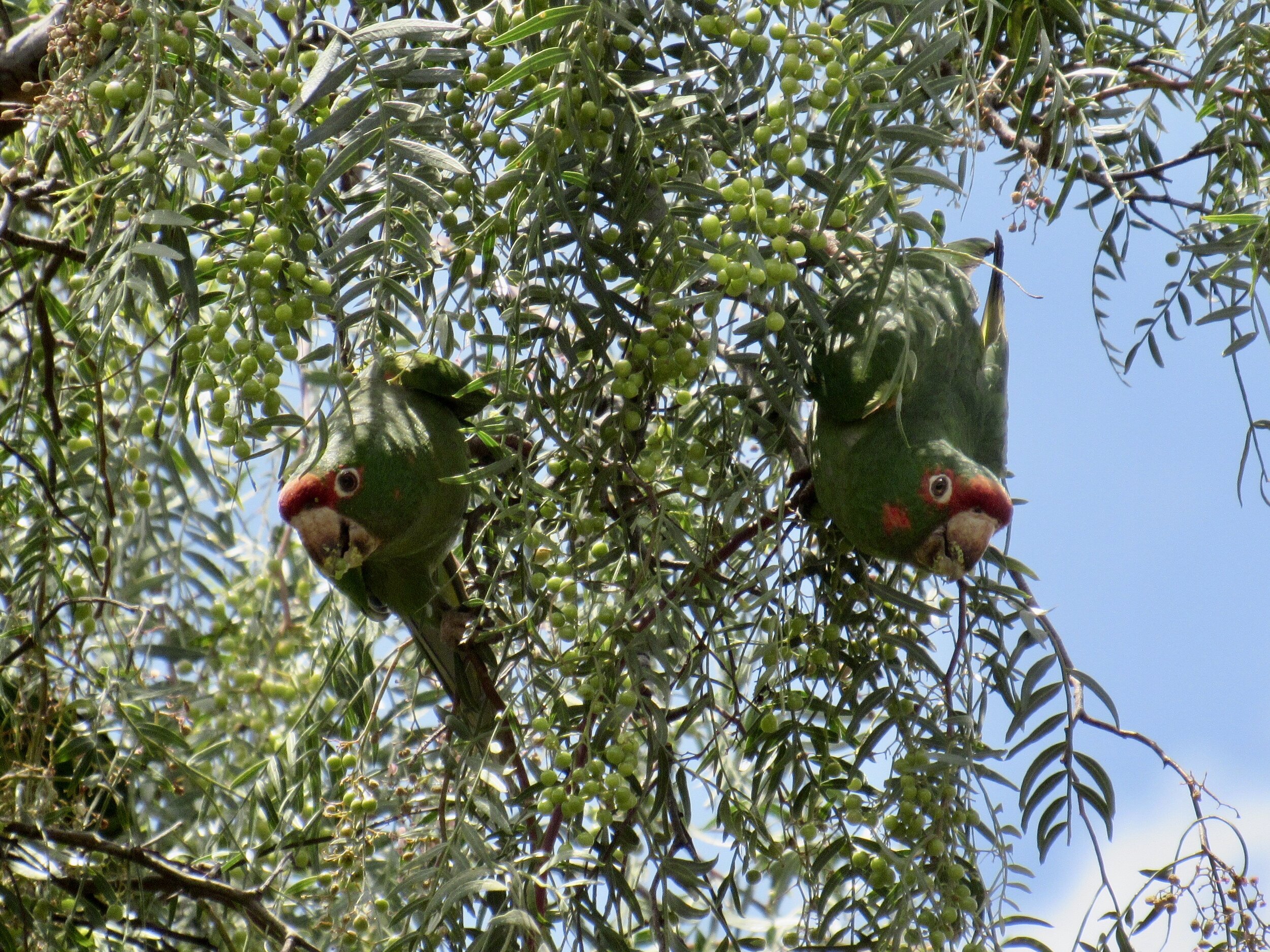

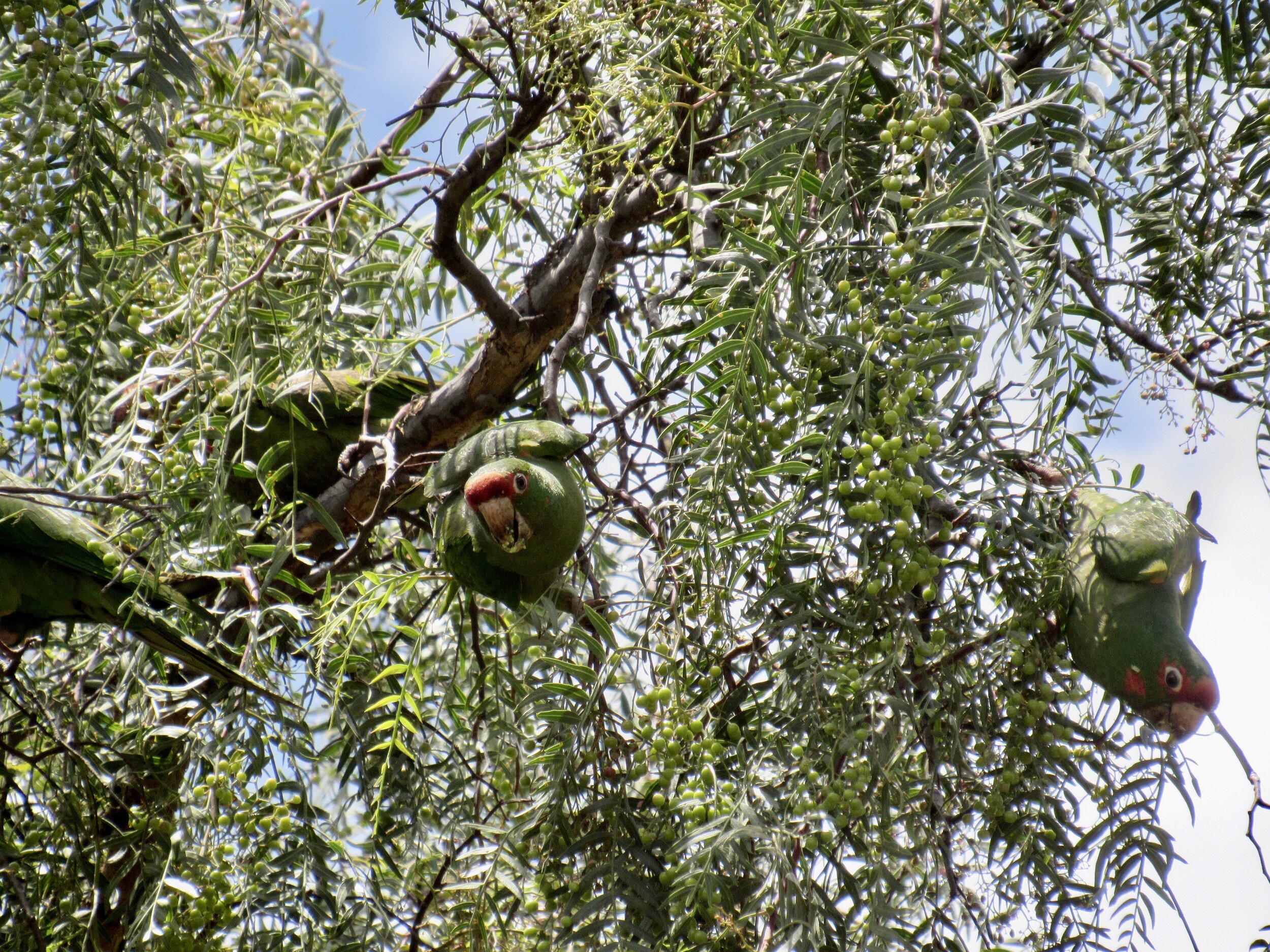
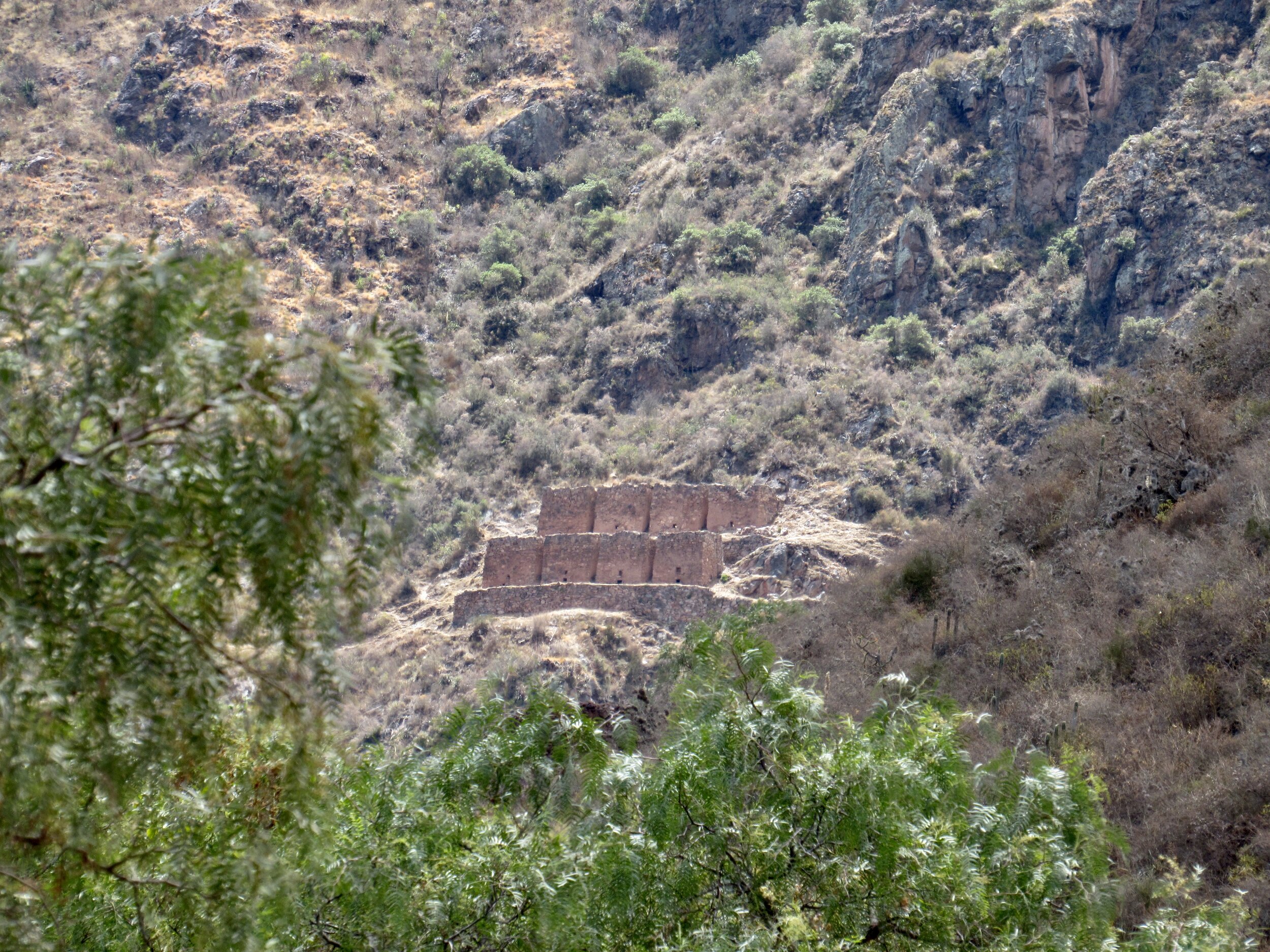
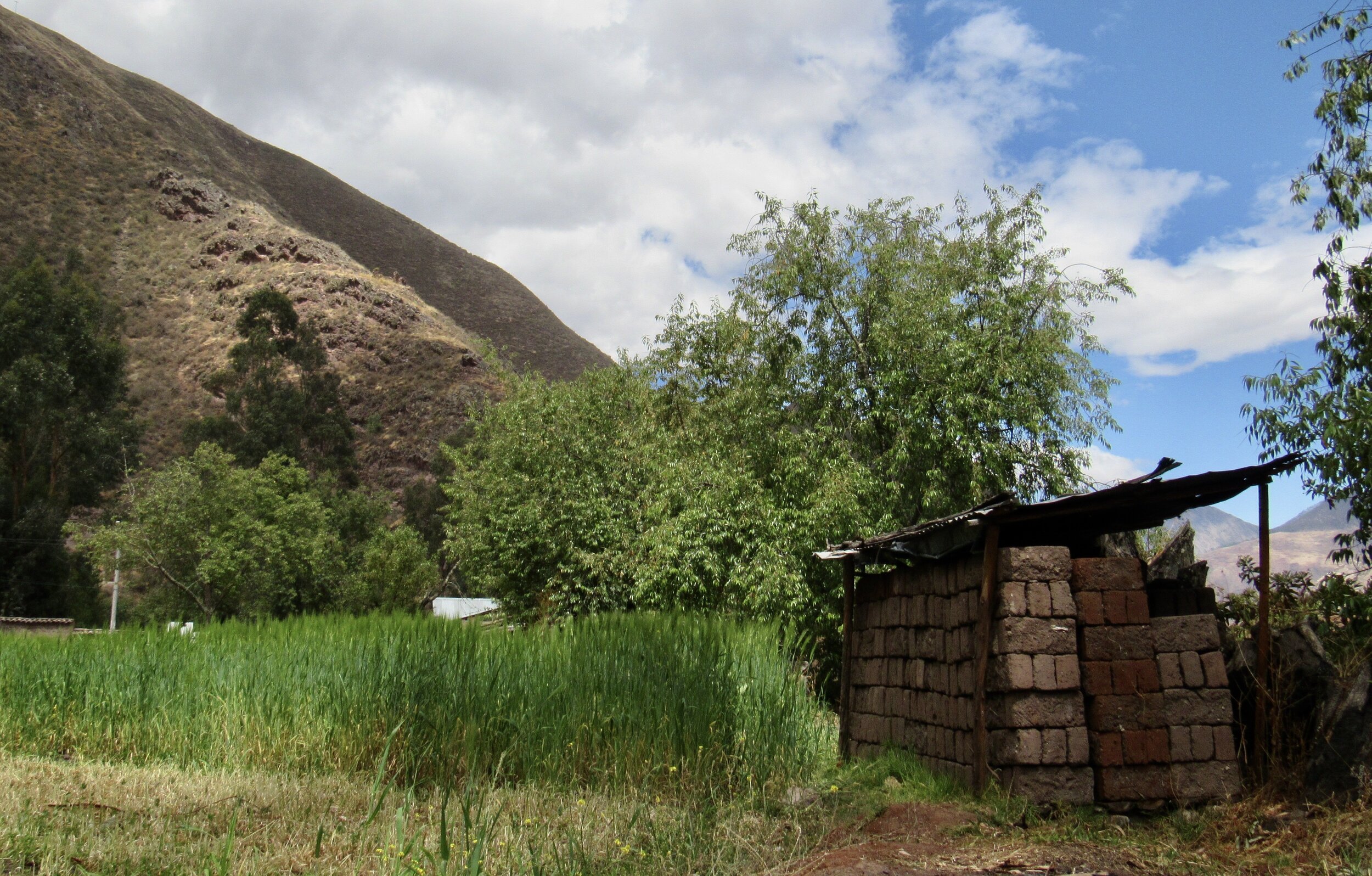
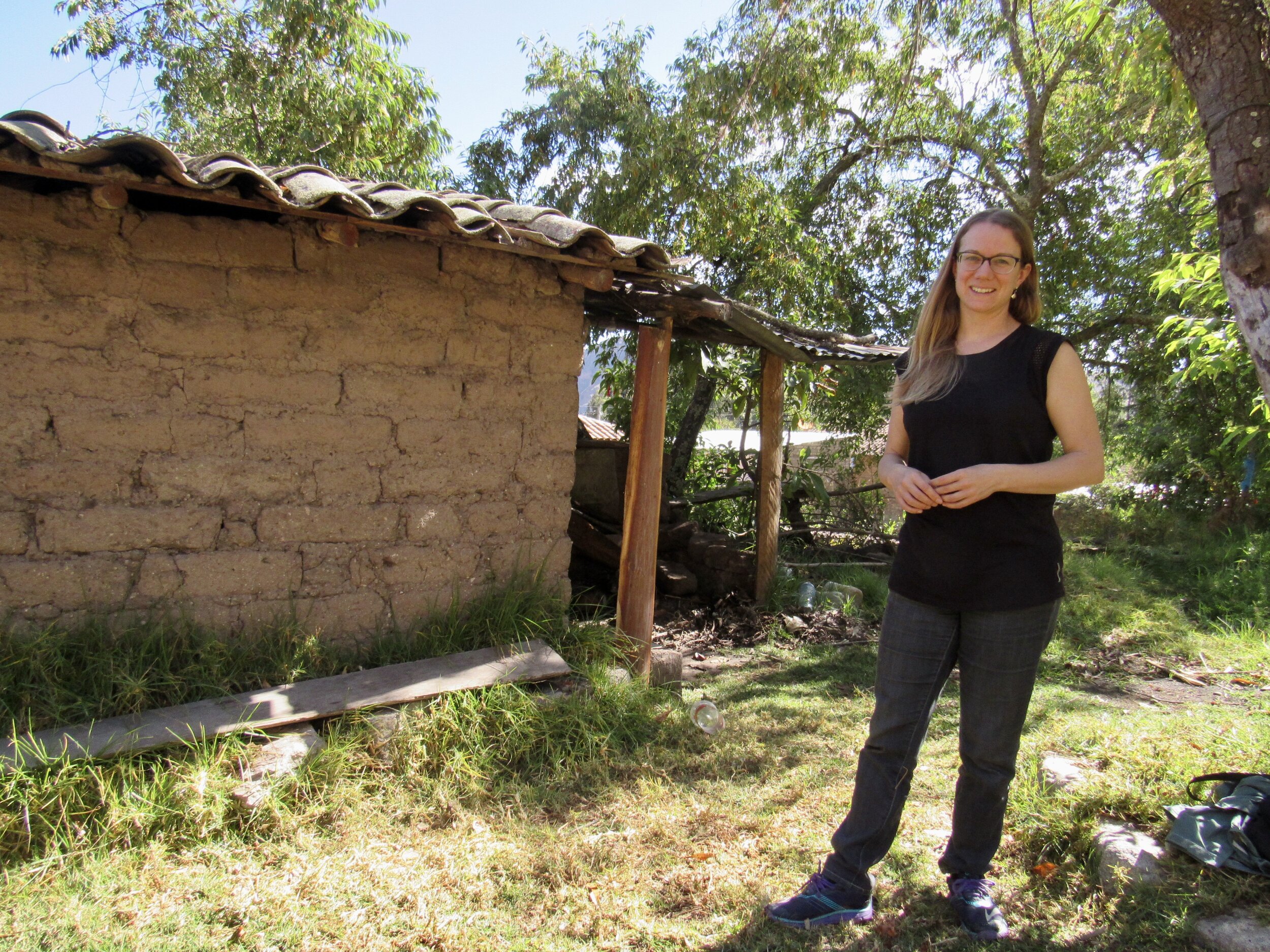
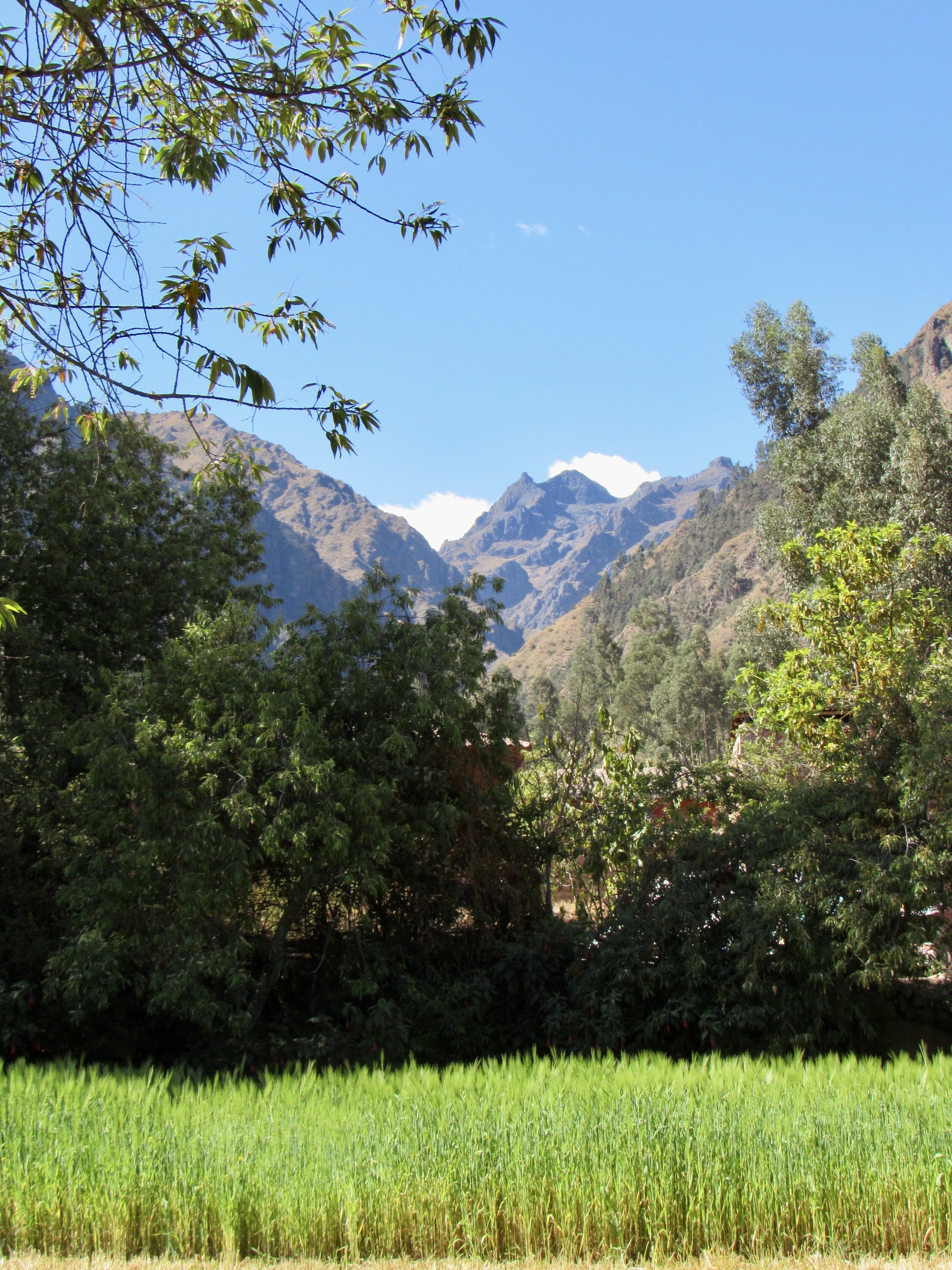

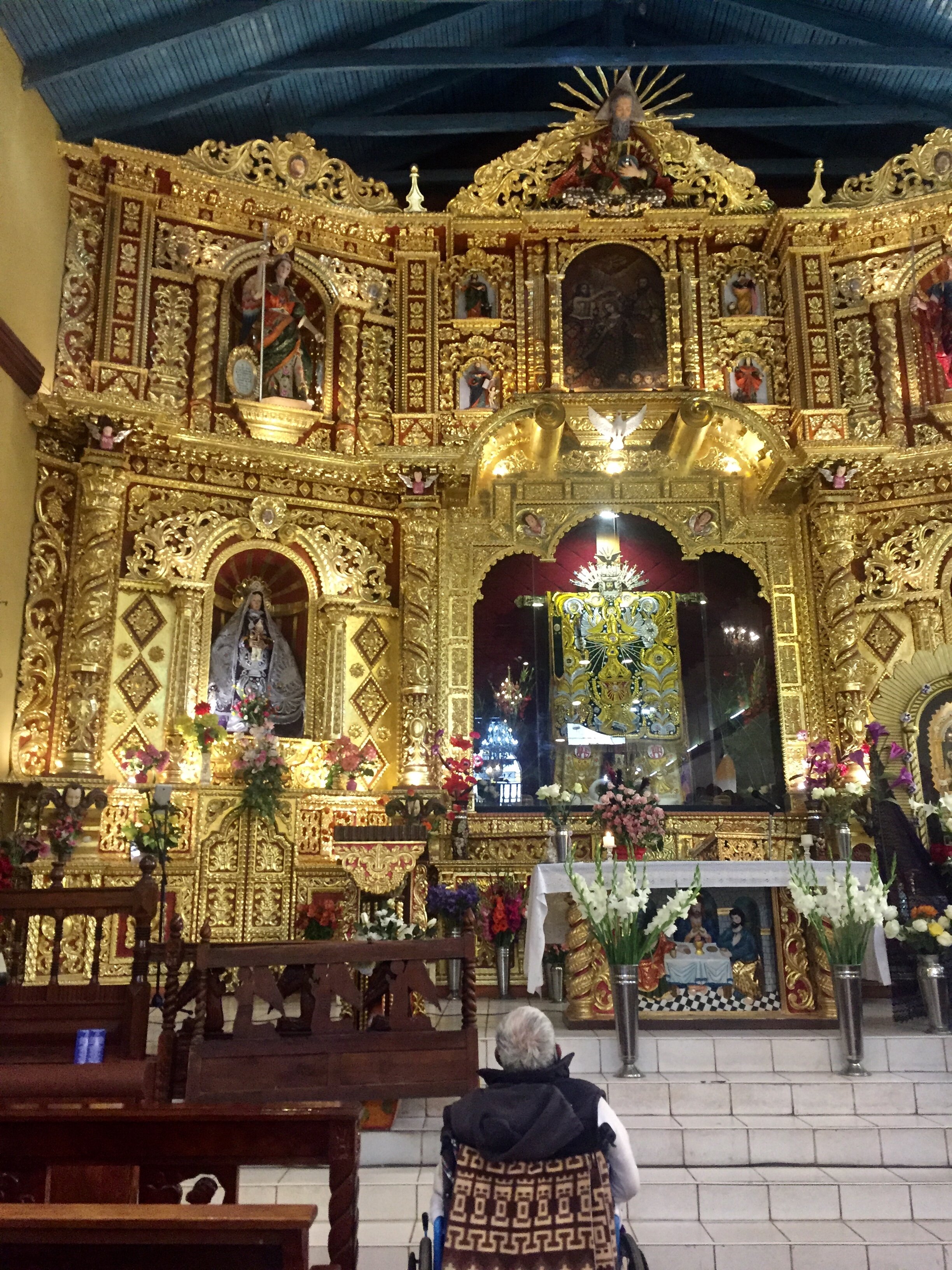
Saturday, 3 October, 2020
Today I got the full Peruvian family experience: a Catholic mass and visiting the fields where the family grows crops for both their own consumption and for sale. I have only been to church a handful of times, and none of those was for a Catholic mass. I had been warned that it would be long, but I think that this was more of an abbreviated mass. Peru has been under an all-day curfew on Sunday since March 15th, so when they were allowed again, starting in July, church services were moved to Saturday,.
The church was mostly empty, and the few people who did attend were following Covid protocols. We were all wearing masks and the normal greetings with hugs are now a quick fist bump, standing far apart. Every other pew was empty, and the pews with people only had two, each sitting at the ends of the pew, as far away from each other as possible. There was no communion, except that we all watched the priest drink water and eat a cracker.
It was an interesting experience and a completely different one than I would have had this time last year. Several times the priest mentioned the pandemic, praying for those who are sick, both those at home and those in the hospital. He also prayed for the safety of those who work in hospitals and as necessary workers, putting themselves at risk every day.
The strangest part for me was that the local tv station filmed the whole thing. Before the mass, and again at the end, somebody stood on the steps below the altar, thanking those watching at home for staying home. The service was broadcast on local tv and radio stations, as well as being streamed online.
Not knowing much about Catholic services, I was a little surprised that there was a young guy with a guitar, singing songs between the priest's sermons. Even more interesting was that over half of them were in Quechua. The whole service was in Spanish and the first song that wasn’t in Spanish I had to think for a split second if I was hearing Latin or not. I had always associated Catholicism with Latin and would have assumed that anything not in Spanish would be in Latin. Nope. I know enough Quechua to catch about one word in twenty in the songs I heard at church today. I asked afterwards and found out that the Urubamba church and one church in Cusco are the last ones who still celebrate part of the service in Quechua.
After church and a big family brunch, I got a tour of the family chacra. A chacra is like a little farm, but is often just a field or two, outside of town. People don’t really live on their chacras, but most have some sort of shed to store tools. The most recent crop, barley, is done growing and most of it has been harvested, threshed by hand with sythes.
Around here, barley is not used for beer or bread. Fermented drinks are made with corn or quinoa and bread if made with wheat. Barley is the preferred food for cuy, (guinea pigs) and cuy is the preferred food of Peruvians. Special occasions, like holidays and family celebrations, call for roast cuy. Traditionally, the fur is removed, the body emptied and cleaned, then stuffed with fresh herbs and skewered. They are cooked in a wood fired oven, kind of baked but also kind of roasted. As a pescatarian, I have been spared the experience of eating a guinea pig.
On the way back to town we walked under several molle trees along the road, each full of parrots. Molle trees are also called Peruvian peppertrees and they produce a fruit that looks nothing like pepper to me. I’ve seen regular black pepper growing on vines in Vietnam, in tiny bunches that look like miniature grapes to me. Most bird watching is about being patient and stealthy, but parrots are so loud that you just have to be able to follow your ears.
These were Red-masked parakeets, the most common parrot in the Sacred Valley and area around Machu Picchu. They were a lot of fun to watch, but eventually we kept walking down the dusty road back to town. The valley is very dry and I hope that the rains start soon.
Chicha for sale! The red flag, or in this case, red plastic bag, is a sign that this house has chicha for sale. Chicha is fermented for two or three days and only sold on the day that it’s ready. Once the chicha that’s ready that day has been sold, the flag is taken down.
Covid in Cusco: Week 28
I learn about the Peruvian Supreme Court and take a little weekend getaway to Urubamba.
The Plaza de Armas in Cusco is still closed
Six weeks into the pandemic quarantine lockdown and most public spaces are still closed. The Policía Nacional de Perú still has the main square in Cusco cordoned off - for security reasons. Some other smaller parks are open, but police and military still patrol tourist attractions to be sure that nobody is out sightseeing.
Sunday, 20 September, 2020
191 days since the first Covid-19 case was officially diagnosed in Cusco
In some parts of Peru, this is the last day of full day Sunday curfew. In Cusco, the current outbreak is so bad that none of the restrictions will be lifted here. We still have an 8pm curfew and are not allowed to leave the house on Sunday, except for emergencies. Our numbers for new Covid cases have plateaued and even started to go down a bit, but I’m still staying home as much as possible.
This weekend would have been the Canoe Island French Camp board retreat, which we are now doing by zoom. I stepped down from the board when I moved to Cusco, but asked to remain on a couple committees so that I can stay involved in camp. My maternal grandmother was one of the first directors at Canoe Island, in the 70s and 80s and I have always felt at home on the island. I was only a few months old on my first trip to Canoe Island and I was also able to be a camper there for three summers when I was old enough.
Being on the board has been wonderful and I was so happy to see everybody this weekend, but it was also bittersweet. I loved seeing the other board members, but listening to their small talk between meetings I realized just how different the pandemic situation is here in Peru. They can get in their cars and drive anywhere they want. Airports are open in the US, even if there are new restrictions for Covid. Most businesses and even some restaurants are open. They have never had a curfew for Covid.
I miss normalcy so much! I miss in-person meetings. I miss being able to travel when and where I want. I miss being able to visit friends and family. There are definitely days that I feel homesick for both Seattle and Boise.
Plus, it’s just sad that there was no camp this year. Not one child got to visit the island and all French activities and lessons were on zoom. That’s not camp. It’s just so sad how many things the pandemic ruined for kids. No camp. No birthday parties. No normal school.
The board retreat usually includes lots of eating and drinking and catching up on Friday, committee meetings on Saturday and a full board meeting on Sunday. This year, I attended the cocktail hour, committee meetings and today’s board meeting on zoom. It’s just really not the same.
Monday, 21 September, 2020
Today I packed a picnic lunch and walked up to the Temple of the Moon after work. It was sunny and windy and the air was clear. I haven’t smelled smoke in the air in several days and I’m hoping that wildfire season is dying down. The hike was beautiful, until I actually got up to the Temple of the Moon.
On the week 24 blog I posted a photo of an area of trees that had been cut down. Today I was shocked to see that many, many more trees have been cut down in the past few days. I hadn’t realized that it had been almost a week since I'd hiked up there. The difference is startling. It’s probably private land, and therefore legal to clearcut. Still, land so close to important archeological sites should have some kind of protection. Best case scenario, I am hoping that the area will be replanted with native trees, since it was invasive trees that were all cut down.
Angela gave me an update on Fabián at the beginning of our lesson today. He is still in the hospital and his father is still there with him. Fabian gets fed hospital food, but hospital food is only for patients. His father, who is not allowed to come and go from the hospital due to the pandemic, has to have food brought to him each day by the family. Fabián is getting both immunology therapy and corticosteroid therapy and they are hoping that next week he will be discharged from the hospital. Steroids are often used to control inflammation and auto-immune responses, which could be an after effect of Fabián having Covid about a month ago. Angela was still unclear if there was a diagnosis yet, but apparently he’s been responding to treatment, which is great!
This evening I was a little down, still sad about how much Covid has impacted Canoe Island, at least in terms of camp and the board retreat. It was also sad to see such a huge swath of my favorite hillsides clearcut. I really needed a pick me up and thankfully, KEXP delivered a fantastic show on El Sonido tonight. Cheerful, upbeat and energetic music is always good for me, especially when there are songs that I can sing along to from bands like the Mexican Institute of Sound and Bomba Estereo.
Tuesday, 22 September, 2020
Ruth Bader Ginsburg is still on my mind a lot this week. It’s hard to believe that she’s gone. It’s also hard to believe that we lost her at a time like this. We really needed her to hang on just a few more months. Pancreatic cancer is vicious though and it’s a miracle she survived her first bout of it. So RBG’s sudden death may not have been surprising, though it’s certainly a shock.
I am so nervous about when she’ll be replaced, and who will be appointing that new Supreme Court Justice. With all of that on my mind, I decided to look into what the equivalent of the Supreme Court would be in Peru. It’s called the Constitutional Tribunal, not the Supreme Court, and Justices are not appointed for life. They have a 10 year term and are directly appointed by the president. At least in the US, they have to be approved by Congress. Not so in Peru.
This is another one of those examples of how the president in Peru has a lot of unchecked power. This is probably also one of the reasons why corruption is such an issue here. The presidency seems designed to attract corruption. Most articles about presidents in Peru will tell you that “the last five former Peruvian presidents have either served jail time for corruption (Alberto Fujimori) or are under investigation for it (Alan García, Alejandro Toledo, Ollanta Humala and Pedro Pablo Kuczynski).”
It just so happens that today the Constitutional Tribunal is deciding about a case brought by the Peruvian government against 158 companies who owe taxes in Peru, including Scotiabank, Latam, several cell phone companies and Toyota. Together, they owe about s/11,000 million Peruvian Soles. (That’s about $3,081 million USD). They will decide whether to make these companies pay their taxes or not. This seems like such a bizarre case to me. Why would any court decide that any company shouldn’t pay their taxes? Why is this even a case?
It turns out that since many companies are used to paying bribes to both the president and the Constitutional Tribunal justices appointed by said president, they are used to paying bribes instead of taxes. In a turn of events that actually surprised many of my Peruvian friends and many newscasters here, the court decided that these companies should pay their taxes.
This next part takes me back to my description of politics in Peru as being magical realism (see the blog from week 23). Though the Constitutional Tribunal is the highest court in Peru, and though all appeals will eventually lead you there, and though this court is supposed to have the final say, there is a way to appeal this decision.
The appeal will have to go to the Inter-American Court of Human Rights, based in Costa Rica. I can’t imagine how the lawyers for these 158 companies can call this a human rights case, but maybe they’re just so used to getting their way in Peru that they figure that eventually some court will rule in their favor. I hope the case gets struck down quickly and the companies are forced to pay their taxes soon. If an effective and safe vaccine for Covid comes along, I would like the Peruvian government to have enough cash on hand to buy it.
Wednesday, 23 September, 2020
Today is the Day of the Student in Peru! Every September 23rd, we celebrate students here. It’s a good opportunity for me to do a little more research about education in Peru. If you’ve been following my blog, you’ve read about my horror at discovering that public education here is neither free nor mandatory. As I’ve been trying to learn about the state of the educational system here, I’ve heard several people tell me that there is a proposal to make all public education here private. I can hardly think of a worse decision that a country could make. Could they really abolish the already un-funded public school and make all of them private schools? Thankfully, I found a recent article that called this idea a myth.
The Ministry of Education (Minedu) assures us that schools will “continue to be free” but also notes that there are new ways for non-profit organizations to “guarantee improvements in learning.” (All translations are mine). Some of the descriptions of these non-profit organizations makes them sound like the Peruvian equivalent to the US charter schools. “The Director of School Management Quality for Minedu, Mariela Zapata, affirmed that schools which are managed by non-profits will continue to be public and free and the government will continue to finance teacher salaries, preventative maintenance and all that is required to continue functioning.” Her proclamation that public schools are free confuses me.
I wonder if Ms. Zapata has ever spoken to the families in villages like T’astayoc or Mayubamba. Those families have told me that they cannot afford to send their children to public schools because they are asked to pay for things like light bulbs and paper and chairs. They also say that they have to pay yearly tuition for public schools. Maybe her definition of free is different from mine.
Thursday, 24 September, 2020
A quick check of the numbers this morning brought me some good news: our daily count of new cases in the Cusco region was down to 328 yesterday! We also now have two ICU beds available, an improvement over last week’s one available ICU bed. However, the city of Cusco continues to have the vast majority of cases in the region. Of the 52,644 regional cases, 33,644 have been in Cusco. Interestingly, the percentages of cases have gone up for people under 30 years old and down for those over 30.
Last week I was surprised to see such a small number of cases for people under 30, only 20 percent. This week it’s up to 26 percent. That’s a big jump for just one week. I wonder if we are starting to see the wave that’s hitting Europe and the US. As restrictions relax, are more young people here getting Covid than before? The numbers here do hold with the general observation that younger people don’t die as often from Covid. We have only one recorded death of a child under 9 years old and only one person in the 10 to 19 age category but we have lost 706 of our elders over 60 years old.
Now that I have found a good source of stats, I’ll have an easier time tracking how the pandemic is changing and progressing here. Looking at the statistics, getting information from real numbers, is so much better than trying to read the sensationalized articles in the press.
Chicha in the Sacred Valley
A raised red flag, or in this case a raised red plastic bag, is the sign of chicha! This is a very typical scene in the Sacred Valley: adobe homes, dusty roads, old Volkswagons and chicha for sale. Chicha is normally made at home and it’s the neighborhood chicherías that have the best chicha, a lightly fermented drink made from yellow or white corn.
Friday, 25 September, 2020
Today after work I braved public transportation and took a taxi to Urubamba. It was just a quick getaway from Cusco, a short weekend vacation staying with a family I know. Since Sunday is still a full day quarantine/lockdown, without any transportation, I will have to go back to Cusco on Saturday evening. Trying to get back to Cusco before 9am Monday so I can be online for work would be too rushed.
Transportation is mostly normal now. There was absolutely no legal transportation between towns from March 15th through the end of June. In July, transportation started up again, with lots of new Covid regulations. Between Cusco and Urubamba, the most common ways to get back and forth are taxis or vans. Prices have gone up, since neither can be at full capacity anymore. A taxi can now have only two people in the back seat and everybody in the car must wear masks and face shields. Vans are running at about half capacity, with some seats marked off with a big red X, so nobody is sitting directly next to another person.
Taxis are s/15 and vans are s/10, which is only a little more expensive than usual. Today, I took a taxi, sitting in the back with my window open and fresh air blowing on my face shield. I was definitely not breathing any of the exhalations of the driver or other two passengers in the car. The route from Cusco to Urubamba goes up and over a plateau and through the town of Chinchero at the trop.
Chinchero is famous for its textiles, especially the intricate weavings of alpaca wool, the yarn dyed with natural dyes made from leaves, purple corn and the cochineal bug, whose body is 80% carmine. Chinchero is a ghost town without tourists. The weaving cooperatives, where tourists can learn about both the process of spinning yarn and weaving textiles, and also the process of dying the yarn. Several times, I have accompanied groups who go to see demonstrations of how natural dyes are used and how the weavings are made. My favorite part is always when we see how the cochineal is used. The demonstration is definitely done in a way to surprise or even shock tourists. Not only does the woman doing the demonstration squish a bug between her fingers to show how red the bug juice is, she also jokes about it being Quechua lipstick and smears some of the dye on her lips.
Natural Dyes used in the Sacred Valley
The leaves and flowers are easy to identify. More unique are the purple corn and cochineal dyes. Purple corn only grows in specific micro-climates in Peru and is next to impossible to find outside of Peru. Besides dye, it’s also used to make several sweet drinks and desserts, as detailed on last week’s blog. The cochineal bugs look like little grains with the bright red yarn.
Even more than the tourist side of Chinchero, I love the spectacular views of glacier-covered Andean peaks from Chinchero. On sunny days, you can see a whole range of incredibly rugged peaks. On cloudy days, at least the closer peaks of Chicon and San Juan peek through the clouds. The town is at 3,762m./ 12,343 ft. above sea level, which makes it even higher than Cusco. The city of Cusco is in a valley, surrounded by high hills, but with only a view of the glacier-covered Ausangate to the south. Chinchero is on a high plateau, with 360 degree views of Andean peaks.
Dropping down into the Sacred Valley to Urubamba, you lose the views of all but Chicon. The town is on the main road through the Sacred Valley that stretches from Pisac in the southeast to Ollantaytambo in the northwest. Ollantaytambo is the western end of the Sacred Valley, but the beginning of the narrower Vilcanota Canyon which takes you to the town of Aguas Calientes, directly below the famous Machu Picchu. This canyon is so narrow that there is no space for a road, just one set of train tracks on the edge of the river.
Arriving in Urubamba, I went directly to the family’s home. It is only a couple blocks from the main road, and very much in the center of town, but still very old fashioned and even rustic. The house is a two story adobe and each room has a door to the outside, facing east for the morning sun. Urubamba is at a much lower altitude than Cusco and it is noticeably warmer there. After over a year in Cusco, I also really notice how much more oxygen is in the air there. After so much time trapped in lockdown, it’s a relief to have a change of scenery.
Saturday, 26 September, 2020
It was lovely to wake this morning to a warm sun, in a much quieter neighborhood than my own. Even though this family lives almost in the center of Urubamba, the streets are quiet. In Cusco, the closure of markets and people’s fear of contagion has given rise to a whole new world of shopping: people selling from their cars. On the one hand I really like it because I don’t have to go anywhere that might have a line or a crowd and the food I want to buy comes right to my door. On the other hand, it has made the streets obnoxiously loud. Everybody selling something has a loudspeaker announcing what they have, trying to entice people to come out of their homes to buy and also playing annoying music to get our attention. Even worse, the people who are selling fresh milk have soundtracks of cows mooing. It got old really fast.
The quiet morning in Urubamba was a much needed break from noisy Cusco. After breakfast, I got a tour of the property from Auqui. One of his brothers raises chickens and I got to see where they have the half-grown chickens and also another building that they got ready for this afternoon’s arrival of another 500 little fluffy yellow chicks. Chicks are cute, but what I really loved was the massive collection of plants, most of them cacti and desert succulents.
These past six months, all of us who work in tourism have been scrambling to try to get by financially. Most of us have had to find some other industry to work in. I’ve gone back to doing some teaching, though it’s only hourly private lessons, not a full time job. Some others I know have found work in factories sewing masks, in the mines or even harvesting in the fields. Looking at the hundreds of plants, I asked Auqui if he had ever thought of selling some of them. He laughed. Of course he has sold plants in the past, but now doesn't know where or how he could sell during the current lockdown situation. I suggested that he start with Facebook and offered to help.
This would be a great project for me. Before I moved to Cusco, I had a fantastic garden in Seattle and loved planting and harvesting. Working with plants and playing in the dirt is wonderful for my mental health. With all of the stress of the pandemic the past few months, I’ve really missed the relaxation therapy that I used to get from my garden.
Most of these plants are in random containers, not real clay pots. As much as I find admirable the reduce/reuse way of gardening, plants in milk cartons and tin cans wouldn’t sell well. All we need to invest in are some decorative pots and the time to transplant them and take photos of them. Of course, then there’s the work of marketing what we have and actually selling them, but the up front investment is really just time and decorative pots. We have plenty of time on our hands, so now we just have to find somebody who will sell us a large quantity of pots at a wholesale price.
With the Covid Relief Project on hold until the current outbreak dies down, I’m happy with the prospect of a new project to distract me from the pandemic.

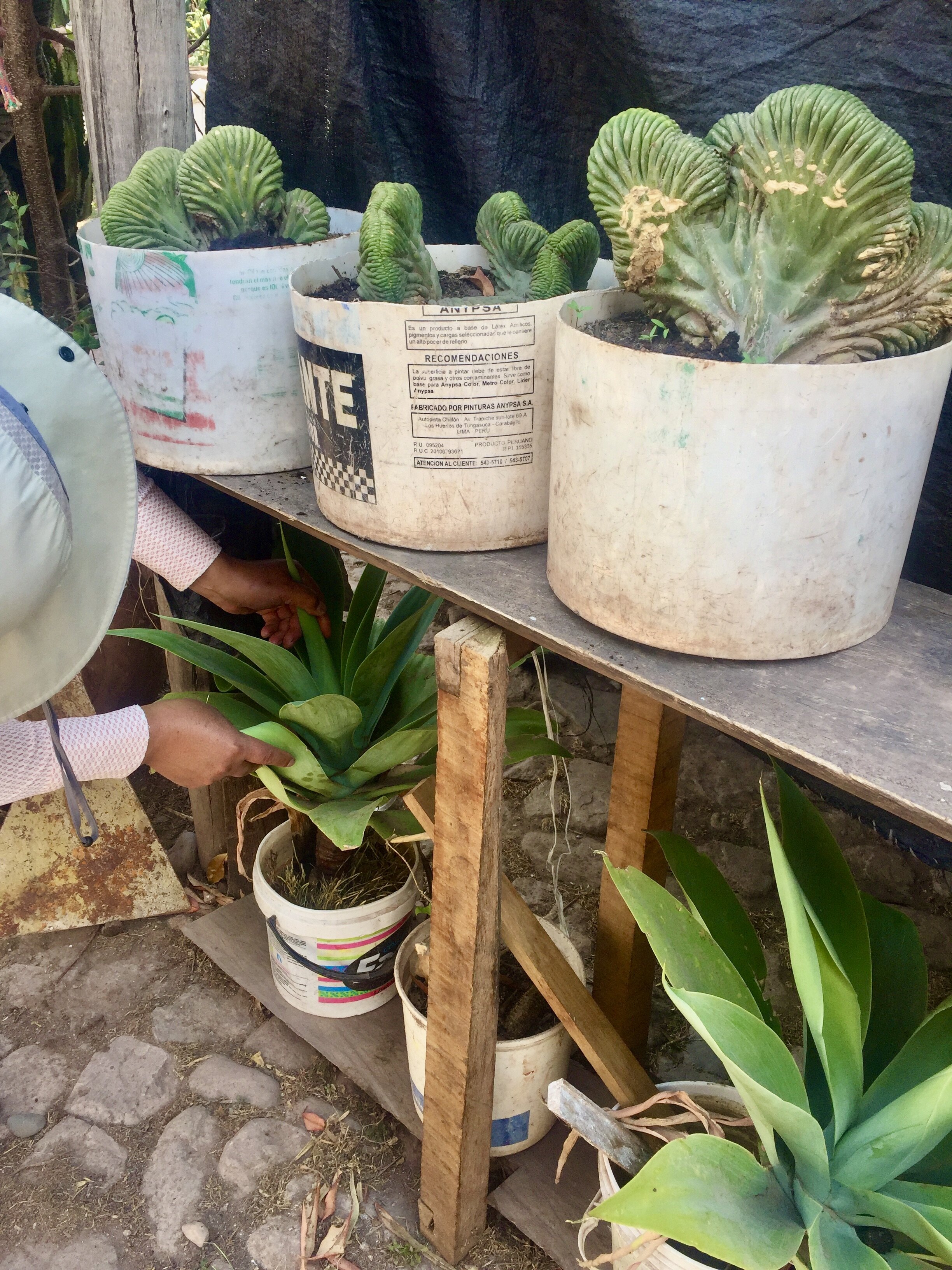
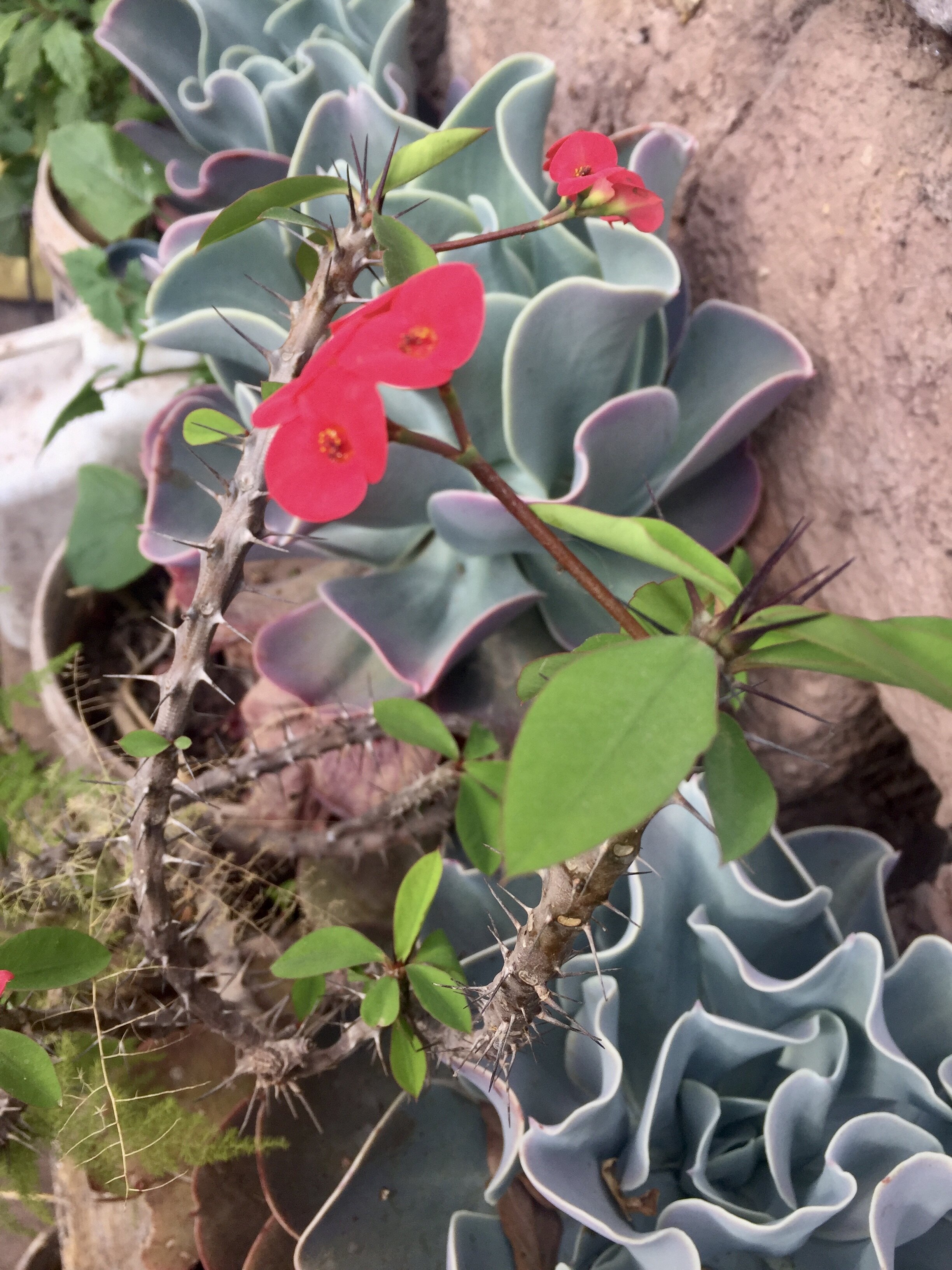
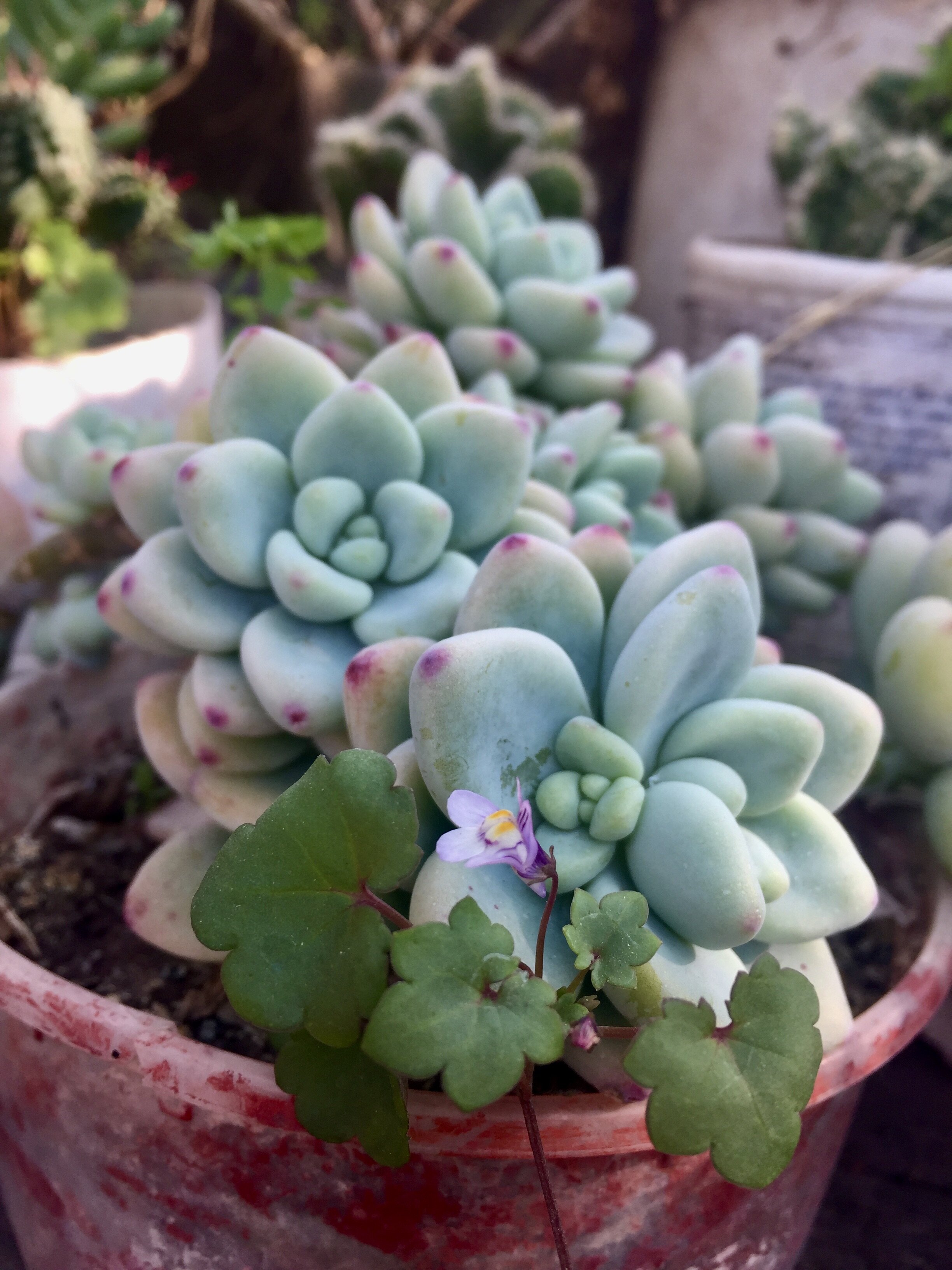
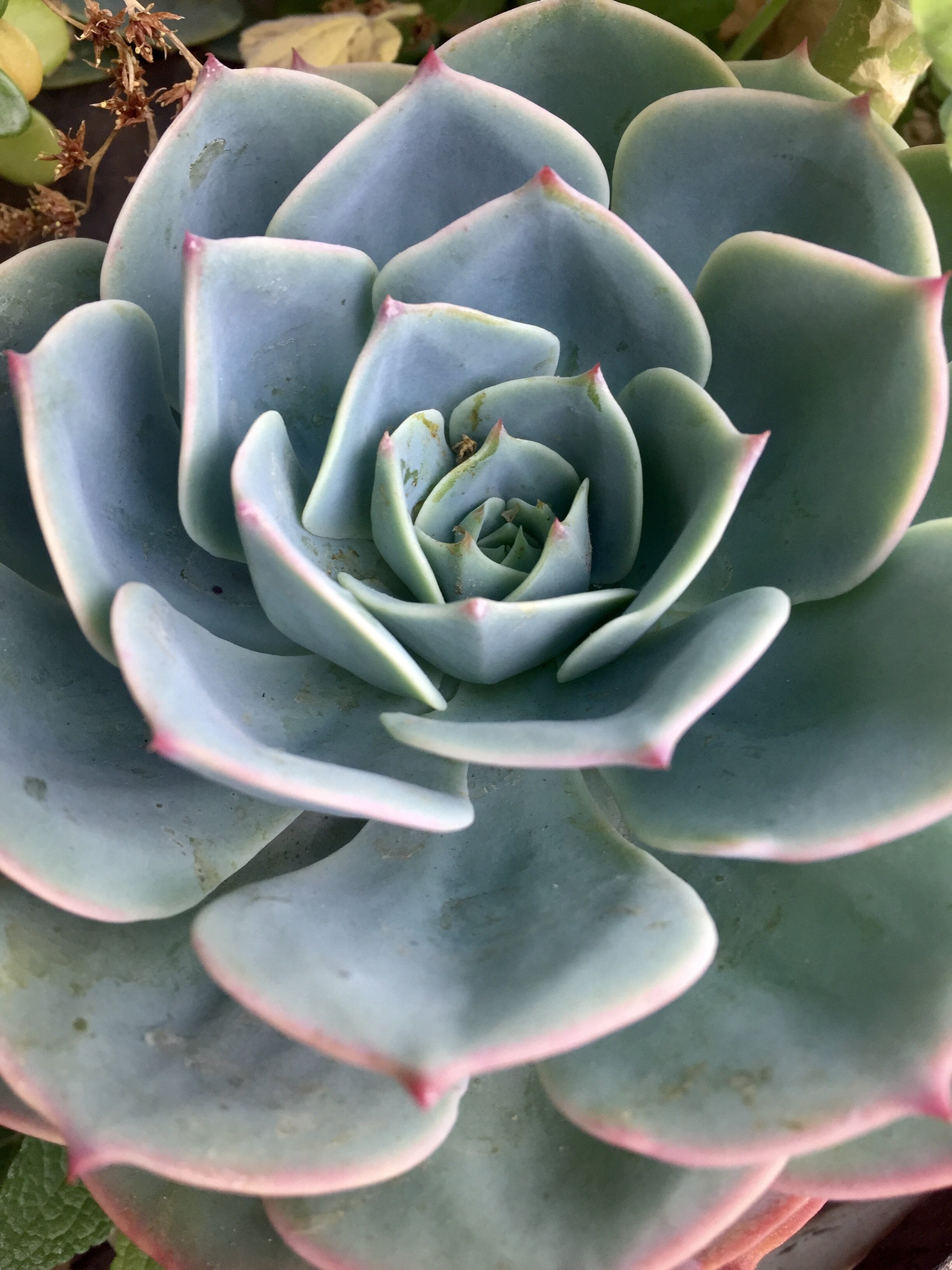
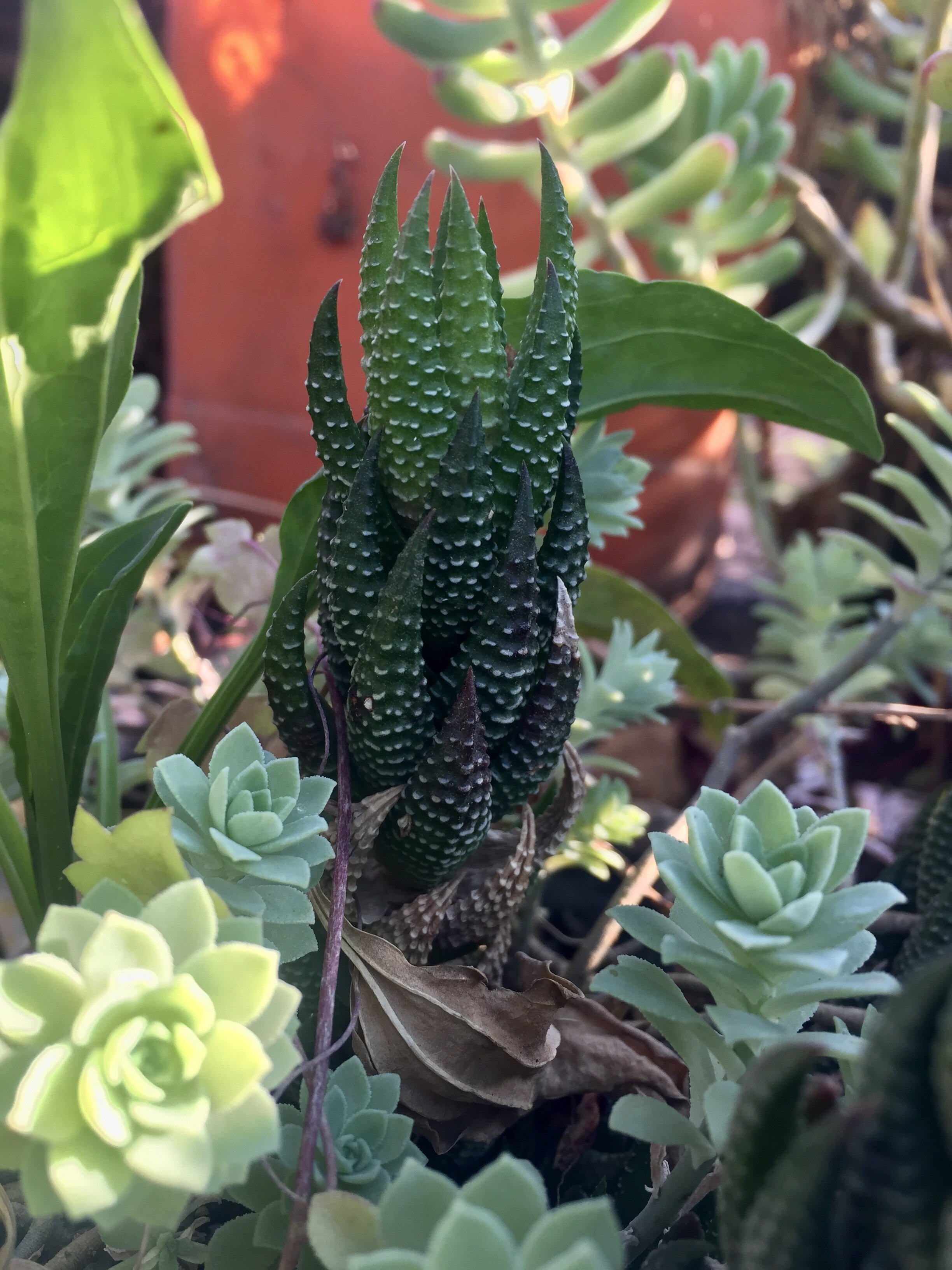
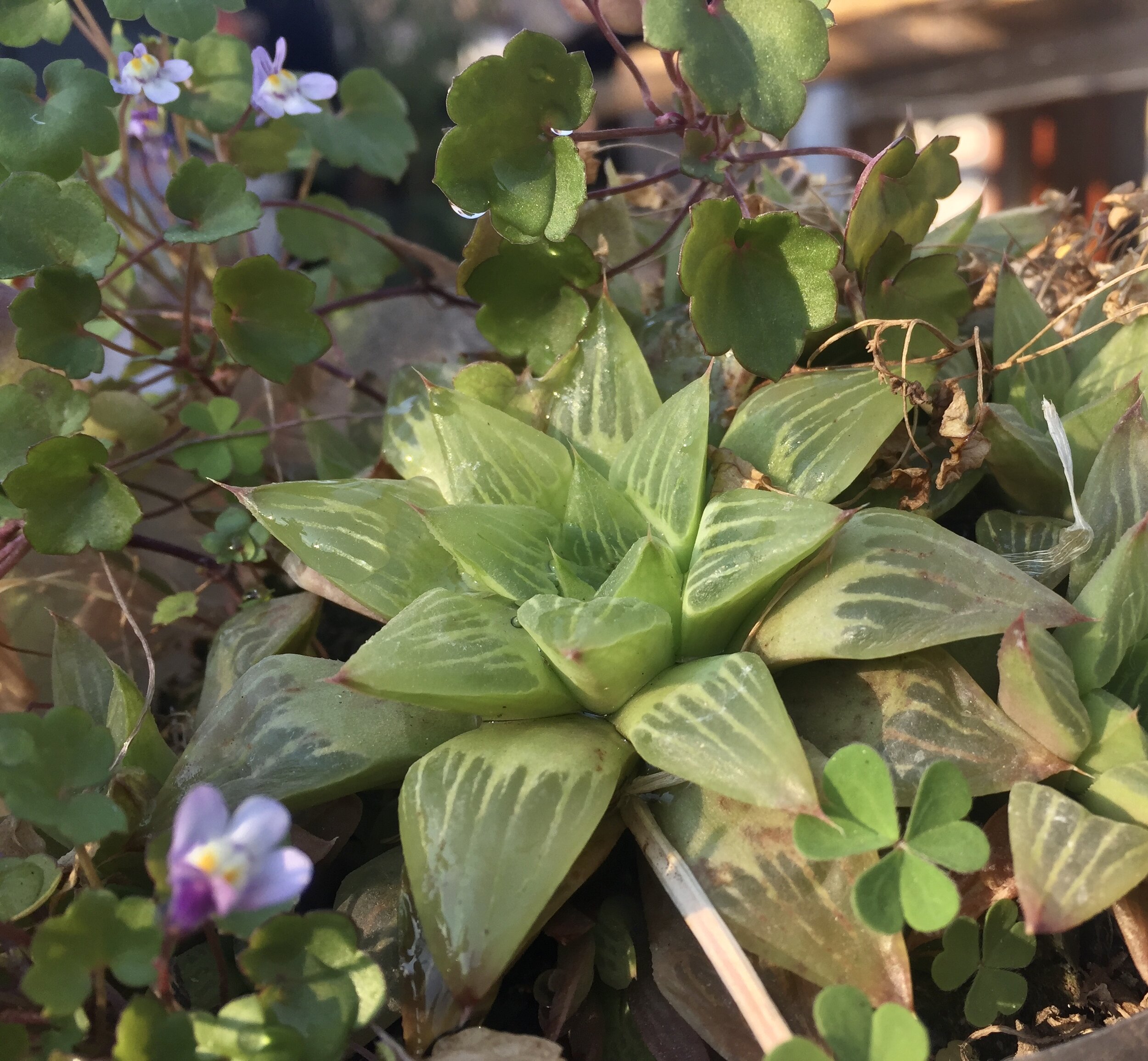
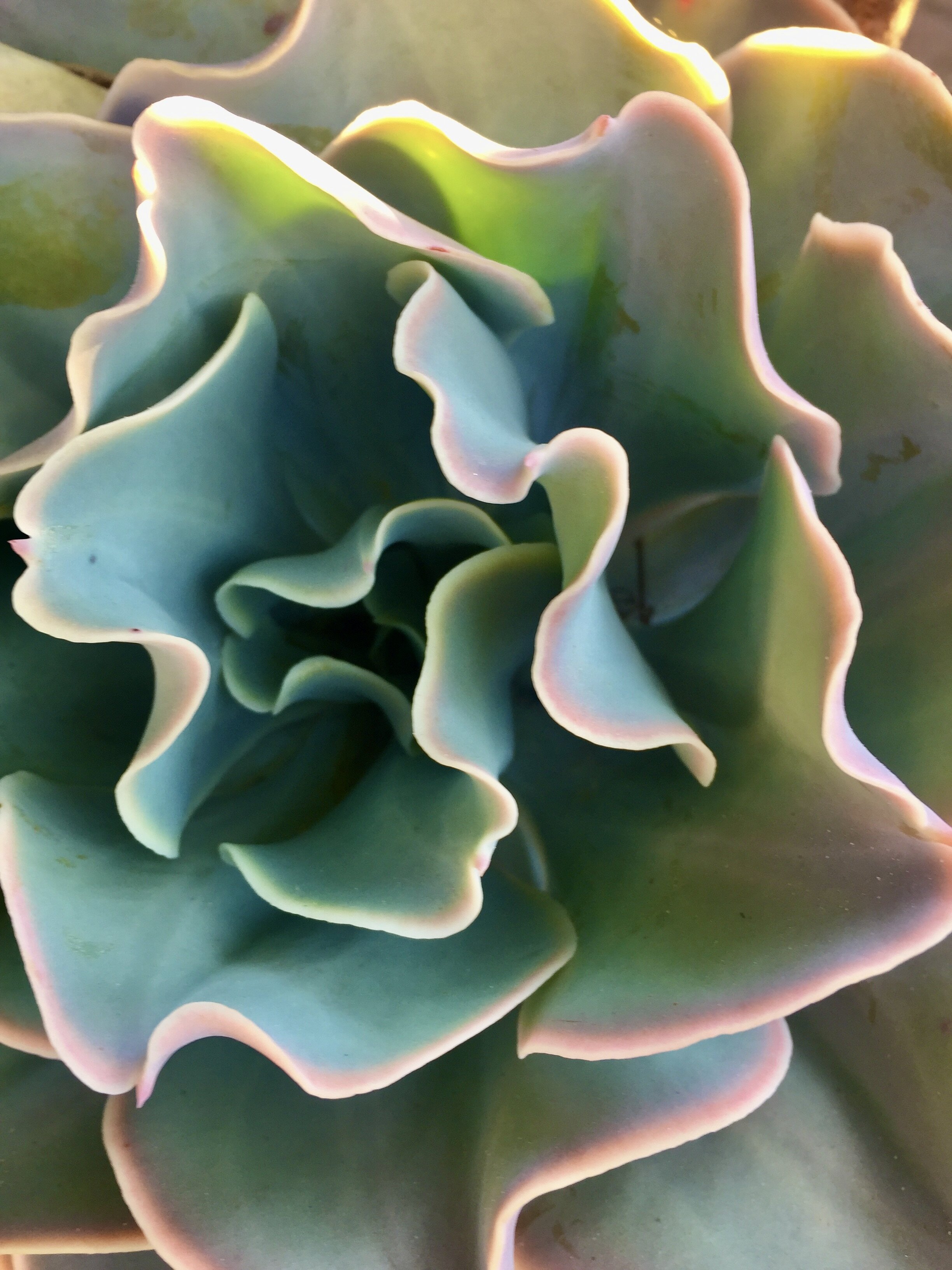
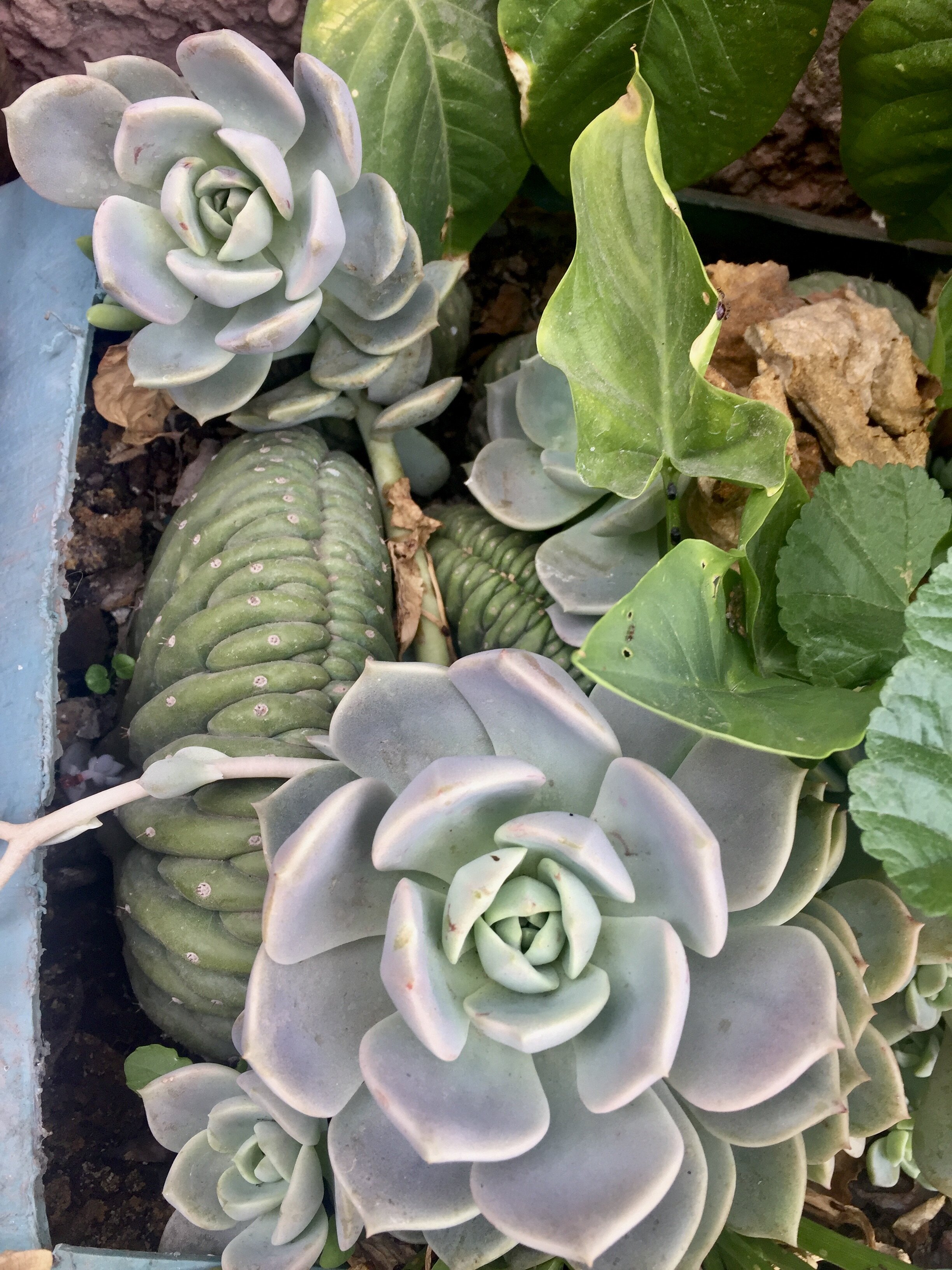
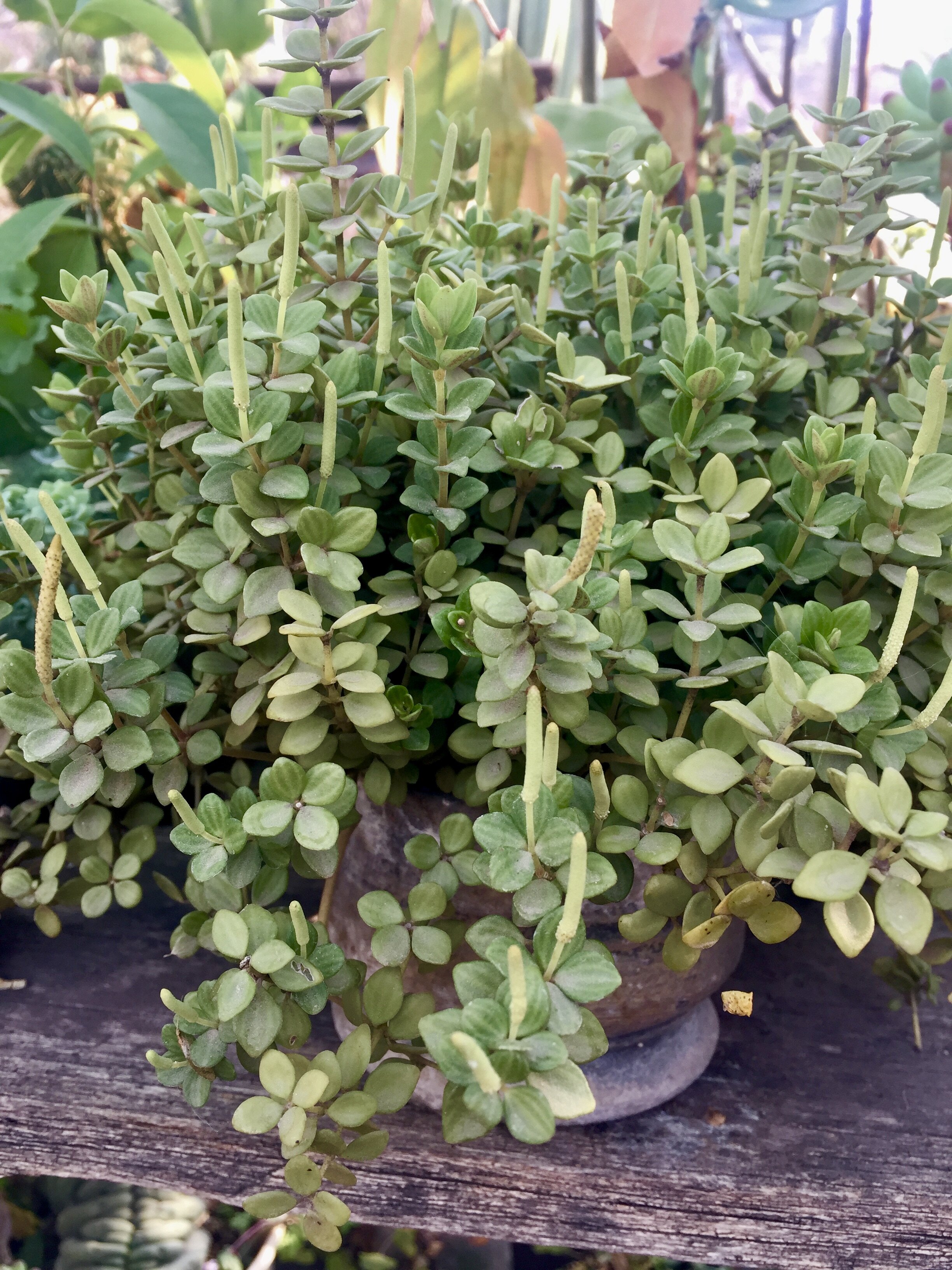
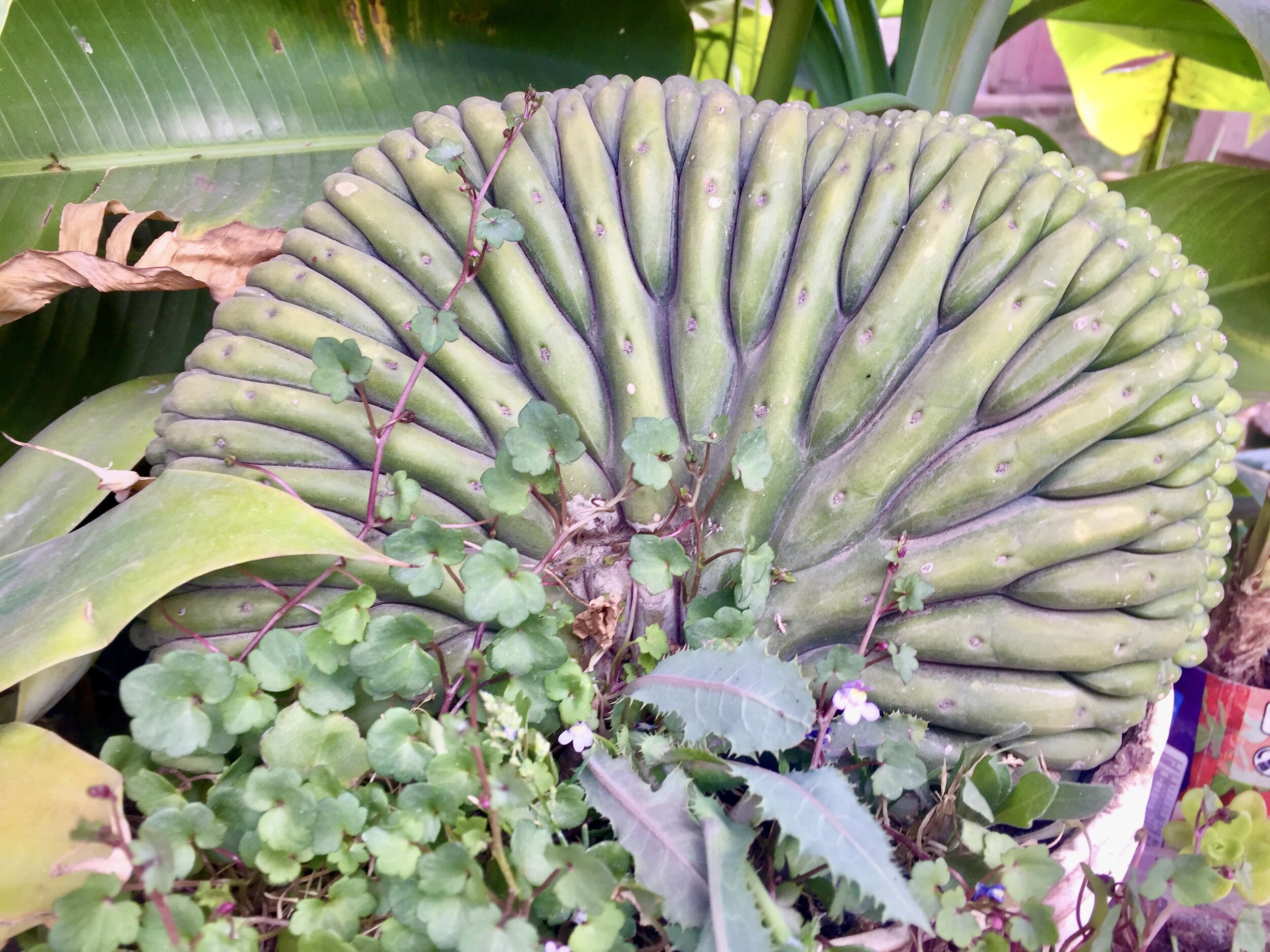
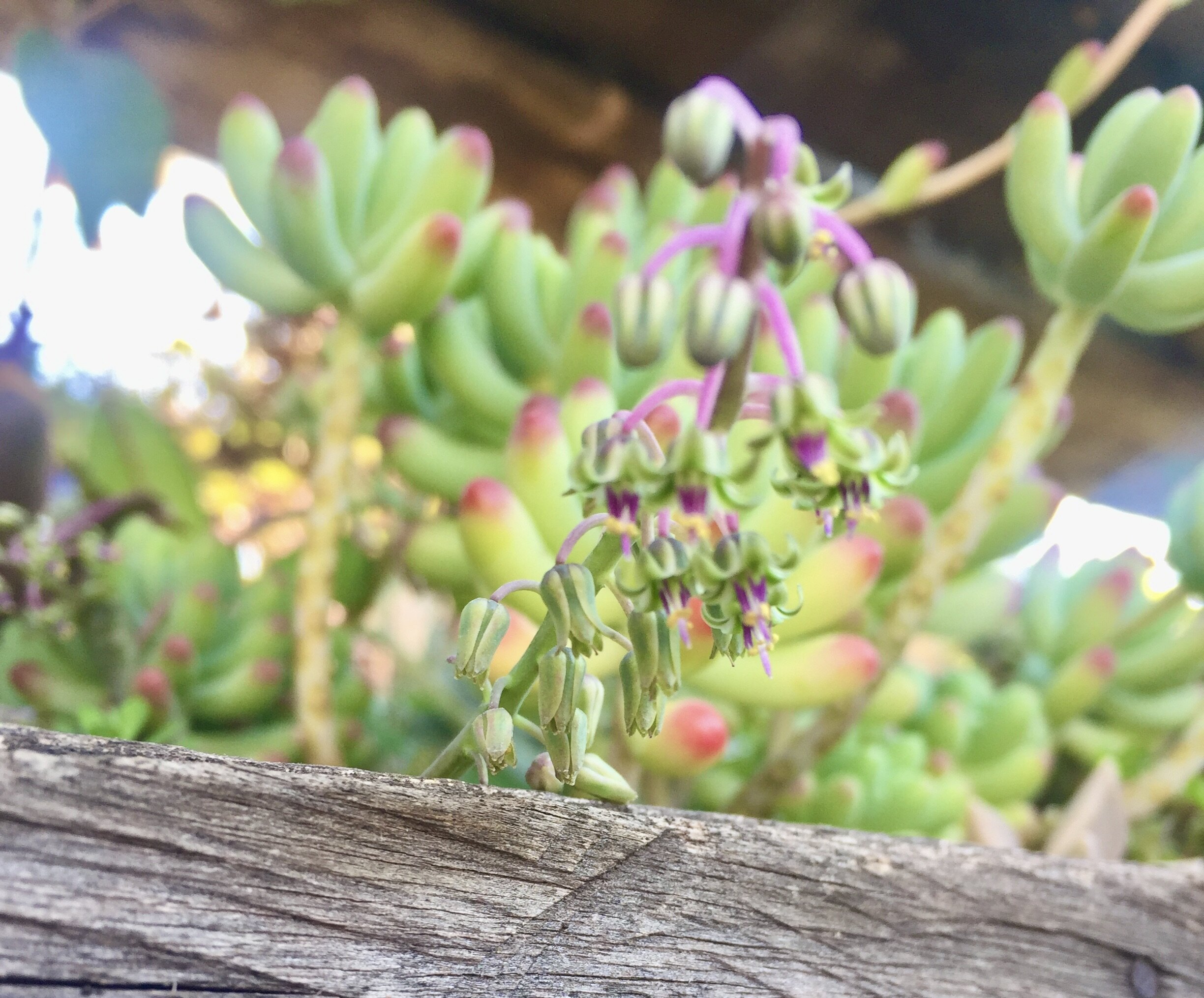
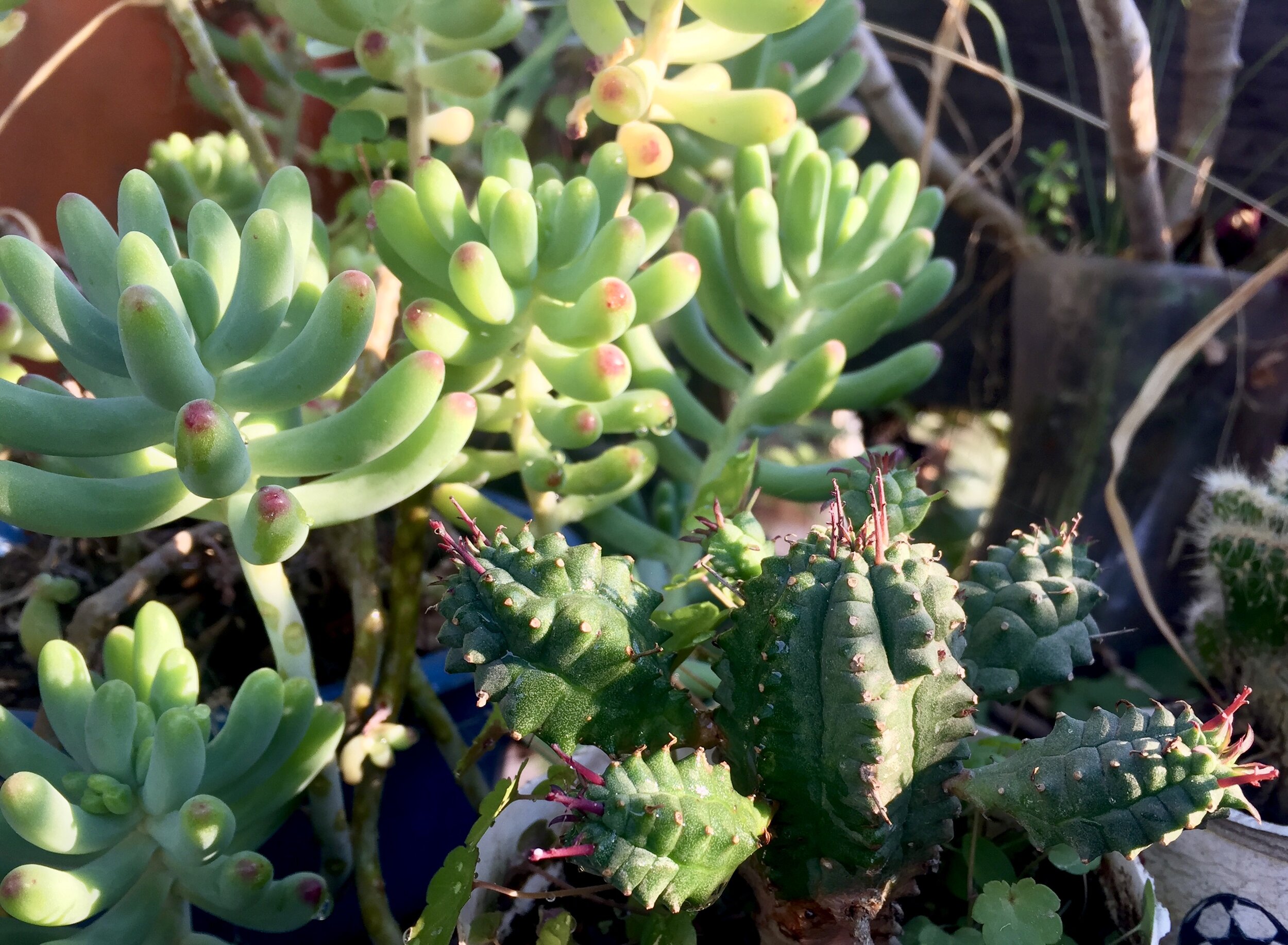
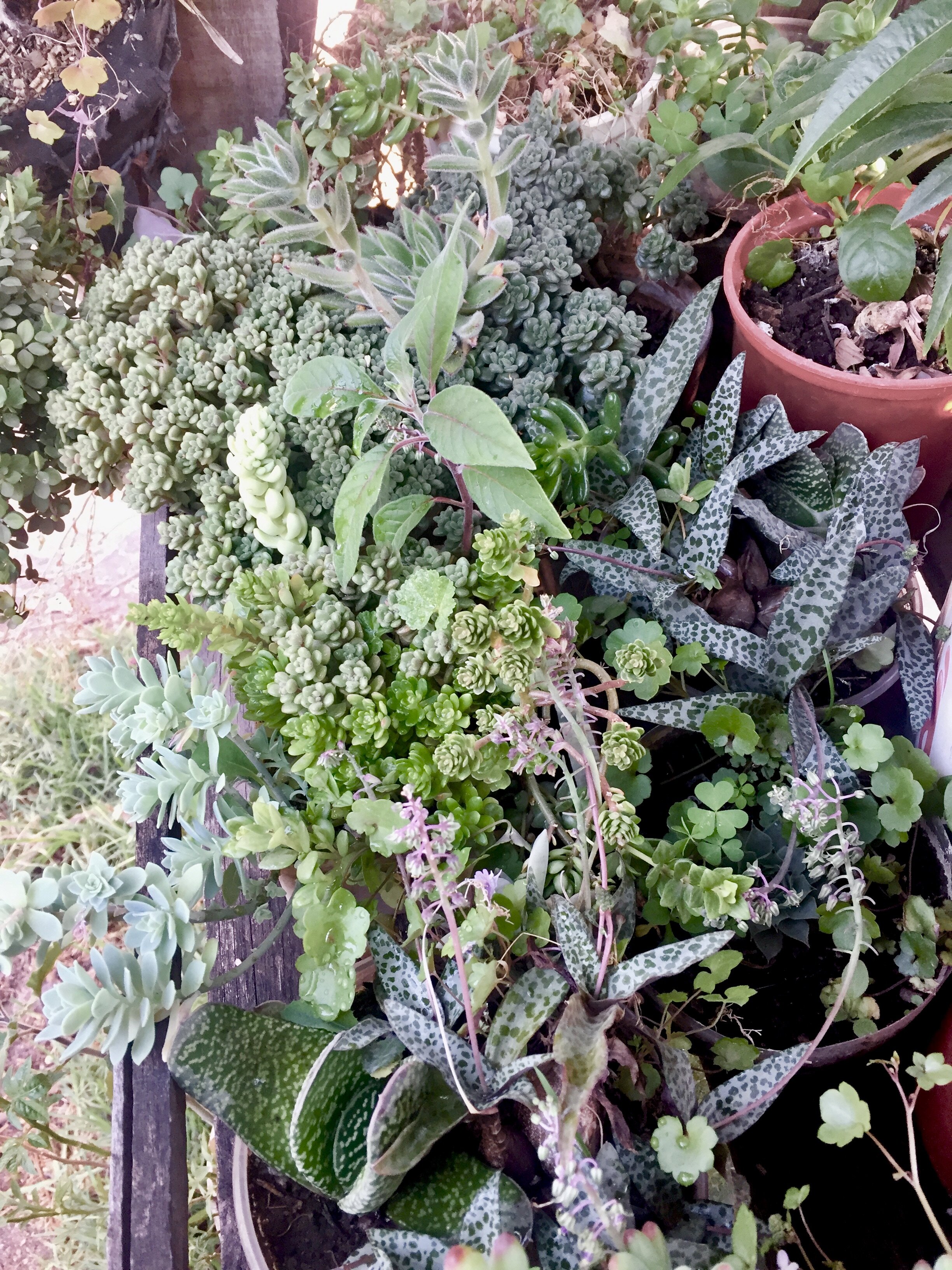
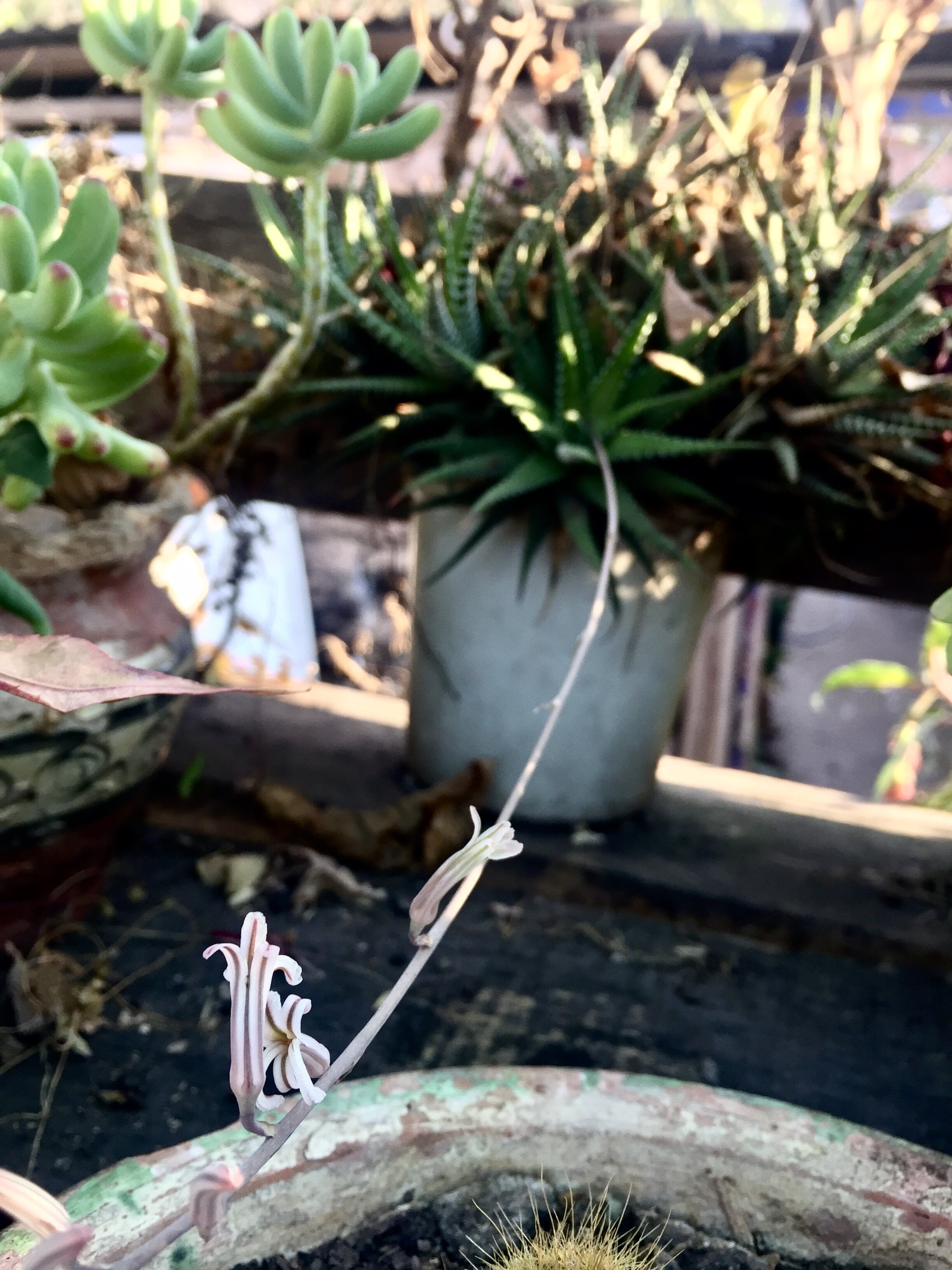
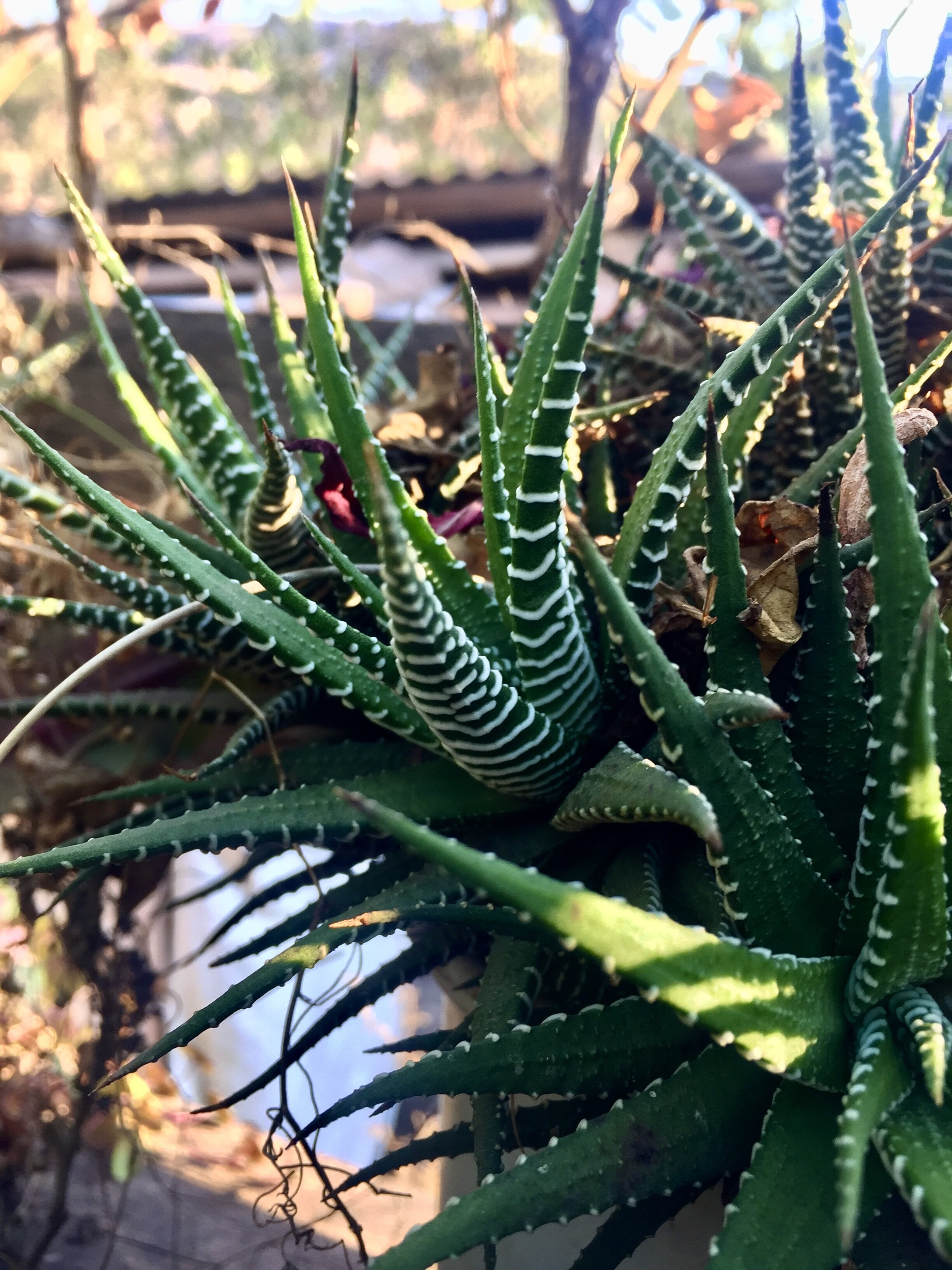
Covid in Cusco: Week 27
Sunday, 13 Sept, 2020
I’ve been hearing a lot from my friends and family about the wildfires in Washington, Oregon and California. The red skies, even at 9am, the ash covering their cars parked outside and the choking smoke all make the west coast sound apocalyptic.
I sympathize with their predicament and unfortunately I can also empathize a bit too well. The smoke in Cusco isn’t as thick as in Seattle or San Francisco, but it’s also tragic: the Machu Picchu National Sanctuary is burning.
The fire started on Friday, near the train tracks. Though the fires on the west coast of the US were almost all started by the same dry lightning storm in August, naturally caused fires are unheard of here. Most wildfires are caused by people burning the stubble in their fields, in preparation for planting. They prefer to burn on windy days, since winds help the fire to move more quickly over the ground, only burning the tops of the dried stalks or weeds. Obviously, on windy days, these fires are much harder to control. The blackened hills around Cusco are an eyesore, but not as much as the blackened hills around Machu Picchu. Very few photos have been released and there are almost no eye witnesses who don’t work for the government, since it’s almost impossible now to get to Machu Picchu.
There are only two ways to get to Machu Picchu: walking the Inca Trail or the train to Aguas Calientes, followed by a shuttle bus up to Machu Picchu. Nobody is able to get there on the Inca Trail, because it has been closed since January 23, when a mudslide killed three porters, washed away a section of the trail and caused the emergency evacuation of hundreds of other workers and tourists. It was scheduled to reopen on March 16th, but the pandemic caused the government to close all borders, airports, businesses, tourist attractions and national parks on March 15th.
Since the start of our quarantine here six months ago, the train from Ollantaytambo to Aguas Calientes has been tightly controlled by the government who were intent on evacuating everybody from Aguas Calientes. Only a very few residents were allowed to remain. Under normal circumstances, there are only about 4,000 residents. It’s such a small town that there is no hospital or clinic and help is a train ride away. Considering the problem that poses during a pandemic, most residents voluntarily evacuated and went to live with family elsewhere.
This isolation posed a problem in getting firefighters to the fire. Only the remaining residents of Aguas Calientes were close enough to even get to the fire. They were short on trained firefighters and fighting a very uphill battle. The canyon walls around Machu Picchu are very steep, but also covered with dense vegetation. This is the edge of the Amazon and normally it is a very wet and humid place. Unfortunately, the normal dry season from June through August was extremely dry this year, and the expected September rains have not yet come.
The videos I have seen show high flames, which look like they’re from a fire hot enough to scorch deep into the earth, killing tree roots. If that is wrong, if the fire moved quickly over the ground without burning deeply, maybe plants will come back with the rains, whenever they finally arrive. However, if everything was burned, the rains will only bring more mudslides, potentially destabilizing the entire area on which Machu Picchu is built. There is a lot more information that will have to come out before we will know how much damage was done to the area.
For now, the major statements coming from the park service and the government have stated that the Machu Picchu archeological area has not been damaged by the fire. I hope that continues to be the case.
Monday, 14 Sept, 2020
Looking for information about the Covid situation here, you have to check if what you find is for the city of Cusco, or the region of Cusco. Most of the numbers I find are for the region of Cusco, which is 71,986 km² and has a population of about 1.2 million. The last census for the city was 2017, when we had a population of just over 400,000. There are another dozen cities in the region, each at different stages of the current outbreak of Covid, which contribute to the aggregate of information about the region.
Finally, my research turned up a government website, http://www.diresacusco.gob.pe, which has its own Covid page for the city Cusco. The numbers published today are not good: 959 daily new cases in the region, with a total of 48,906. Unfortunately, the majority of those cases are here in the city of Cusco: 30,918.
After months of wishing that there were better statistics available, I am fascinated by the six pages of information that the Cusco Regional Health Management has put together. The first page is the general numbers of total infections, deaths, daily increase (959 today), how many have been tested with both rapid tests and complete molecular tests, with the rate of positivity (14.68).
More interesting to me, is that the second page lists the hospitals in the Cusco region and the number of beds in each, including how many beds are full. There are a total of 537 hospital beds, and only 304 are currently occupied. That looks like good news, until I look at the number of ICU beds: of the 28 ICU beds in the Cusco region, 27 are full.
Following the news about the pandemic in US and Europe, it looks like the current outbreaks there are mostly driven by younger people. The fifth page of these Cusco stats shows a very different problem in the region. Kids 19 and under are only 3 percent of the total positive cases here, and young people 20-29 are only another 17 percent. We’re doing a good job of taking care of our elderly here; only 15 percent of cases are people over 60. That leaves the majority of cases with people who have to leave the house to work every day. Adults 30 to 59 account for 65 percent of Covid cases in the Cusco region.
The last page has a stat I haven’t seen before and certainly haven’t heard people talking about: 72.7 percent of Covid cases in the region are men. Men ages 30 to 59 are the vast majority of Covid cases here. Again, to me this looks like the people who have to leave home for work, and probably those who work in more unsafe environments. All kids 14 and under have been required to stay home since March 15th. They are only allowed to leave the house for half an hour per day, under parental supervision, as long as they stay within 500 meters of their home. Since the 2020 school year started in April, all classes for all schools are designed to be done at home. Invariably, somebody has to stay home with the kids and around here, this usually falls on the mother’s shoulders.
In these circumstances, maybe we should consider it a privilege that more women are able to stay home with the kids. I really believe that has to be part of the reason why only 27.3 percent of Covid cases are women. There are surely multiple factors involved, but that that has to be part of the equation.
I have been trying to find more information about the fire at Machu Picchu, but all that’s coming out in the news is that the fire is now contained. They haven’t called it extinguished yet, but having it contained is definitely better than what’s going on in Oregon now.
Tuesday, 15 Sept, 2020
Today is exactly 6 months since President Vizcarra declared a state of emergency and shut Peru down to slow the spread of Covid-19. Since then, we have had nightly curfews with an all day curfew on Sunday. The first couple months, the police and military patrolled the streets, tightly controlling who was outside their home and what for. Throughout the second half of March, all of April and May, only pharmacies and places to buy groceries were open. In June some other businesses started slowly to open, under a lot of new rules.
Today, six months into the pandemic in Peru, there are still a lot of restrictions on how and when we can leave home. Transportation has normalized in some ways and more businesses are open but all of that has brought big consequences.
Through June, there were only a handful of Covid cases in Cusco, without any deaths since three tourists who arrived here sick back in March. Those first three months I was congratulations myself on what a great place I was in to weather the pandemic and how safe I was here. That has now changed. As soon as transportation started up again, and more businesses opened, the case numbers in Cusco started a steady climb. In July is was a constant, though mercifully slow, increase in cases. In August it exploded and in September we are still waiting to plateau from that explosion.
The first four months, up through June, I was afraid to go outside for fear of being arrested. I am now afraid to go outside for fear of catching Covid. The past three weeks we have been averaging a thousand new cases per day. At one point in August, they were registering a death an hour, just in the Cusco region. I still feel safe walking in the hills above town, out in the wind where nobody goes within ten yards of me. It’s doing any shopping in town that worries me now. At least now I have my own apartment, can control who is allowed to enter and don’t have to share a kitchen.
Tuesday is the one day that I really have to leave the house though, for three hours of in-person teaching for friends. I teach an hour of French to my friend David, an hour of Spanish to Sonia and an hour of English to José. During our lesson today, I asked José what it would take for him to open back up his coffee shop. José owns the Monkey Café, which was forced to close along with all restaurants, bars and coffee shops on March 15th.
If José wanted to re-open Monkey now, he would have a lot of new costs to contend with, along with a much smaller customer base. The vast majority of his clients were tourists, though of course he had a local following also. If you really appreciate good coffee, then Monkey was the place to be. If I have learned anything about José in the past few months of working with him, it’s how obsessed he is with every step in coffee growing, fermenting, roasting, cupping and making the best cup of coffee possible.
If he were to re-open under the current rules, he would have a lot of new costs to factor in. He would have to buy an infrared forehead thermometer to take customers’ temperatures when they entered the shop. He would have to pay for a certified Covid cleaning service to clean his shop and he would have to buy a lot of protective gear, from masks and face shields, to full body suits for himself and any employees. He would have to renew his coffee shop license and also pay for a new Covid license.
He said that there is no way he could break even by just selling coffee. To break even or hopefully turn a profit, he said that he would have to be more shop than coffee shop. He said he has been thinking what else he could sell. Tea, baked goods and chocolate are obvious options. He said he would also like to carry organic produce and wine.
There are so many farmers in the Sacred Valley that used to sell in Cusco, but now have been left without any customers. Restaurants and hotels that catered to tourists have been closed for six months, which eliminates a huge market for farmers in the area. Plus, it’s next to impossible to get products to Cusco, considering the ongoing restrictions on transportation.
One local tea, made for Parque de la Papa in Pisac, is something that I would love to see available in Cusco. My favorites of theirs are chamomile and muña. Muña is a local mint, which only grows high in the Peruvian Andes. I love how I can get three to four good cups of tea from each bag of freshly dried herbs. The locally made and plastic-free packaging are another plus.
Plans to reopen the shop also brought a discussion on how local banks are trying to help people financially survive the pandemic. José told me that the local credit union Caja Cusco has a new program for buying a bike. With bus fare going up from s/.80 to s/2 and the fear of contagion on public transportation, biking has become much more popular here. This is fantastic on so many levels, especially for air quality and public health, as people get more exercise biking than sitting on the bus or taking a cab.
Caja Cusco has a program for you to buy a bike directly from them, with monthly costs as low as s/100. If you take the bus twice per day, six days per week (remember Sunday we have to stay home) it will you cost s/96 in bus fare. For an extra s/4 per month, you might as well be paying off your own bike. How’s that for a silver lining in the pandemic?
Wednesday, 16 Sept, 2020
Today after work I applied for a grant for the Covid Relief Project. Initially, I had been focused on finding people who had already been to Cusco, hopefully who had done the Inca Trail, to ask for donations. I really thought that enough guides would have been friended by past customers on Facebook, that we would be able to get donations from them. That totally failed, either because the guides didn’t ask or because their former clients didn’t answer. The vast majority of donors were my friends and family. I am so thankful for their support, but also disappointed that I didn’t manage to get the intended audience.
Until I read the September newsletter for the Seattle Returned Peace Corps group, SEAPAX, it hadn’t even occurred to me to apply for grants. Even if we don’t get this one from SEAPAX, now that I have the idea, I’ll spend some time looking for other grants that we might qualify for. Here’s hoping!
Only Angela was available for my Zoom class today, so I took the opportunity to ask her for an update on her nephew, Fabián. (The beginning of Fabián’s saga is in last week’s blog). The was tyke hospitalized on Monday this week and is still undergoing testing. They don’t have a diagnosis yet, but Angela reported that Fabián starts neurological therapy today. That news prompted me to try again to ask her for what symptoms caused his family to drive him to Lima in search of a pediatric neurologist.
Angela described his symptoms as difficulty moving and difficulty speaking, with sudden onset. Those sound like scary symptoms for any 4 year old. Most of the 4 year olds I’ve known run everywhere and never stop talking. I can’t imagine how terrifying that would be, either as the kid or as the parent.
Last week Angela told me that if Fabián were to be admitted to the hospital, that he would not be allowed any visitors, per Covid regulations. It was hard for me to believe that anybody would hospitalize a 4 year old without a parent or guardian but I thought that maybe it was because the whole family had Covid a month ago. Fortunately, Angela reported today that her cousin, Fabián’s father, is staying with him at the hospital.
That prompted another question from me, how are Fabián’s parents both missing work? They drove to Lima last week from a small town in the Peruvian Amazon and who knows when they might be able to go home. It turns out that Fabián’s father had already been laid off, due to Covid-driven budget cuts. He had been what Angela called a topographer, but her description of his job sounded more like a surveyor for buildings sites or new roads. So, he’s not missing work.
It’s Fabián’s mother who’s missing work, now that she’s trapped in Lima taking care of her 2 year old, while her 4 year old and husband are at the hospital. She had been a pharmacist at the government clinic in the town they lived in and considering how government staffing of those clinics usually goes, it’s entirely possible that the town is now without a pharmacist.
Fabián’s mother and brother are staying at Angela’s aunt’s house in Lima, so they can isolate as best as they can. The Covid pandemic in Lima is still terrible, and although Fabián’s whole family has already had Covid, nobody really knows how much immunity that gives them. They’re no longer contagious, but Angela’s aunt is staying with her while the cousins from the Amazon are in Lima.
This sparked more curiosity: is Angela’s aunt quarantining with them at home or leaving the house to go to work every day? The answer was a very emphatic: she stays home! If I lived in Lima I wouldn’t want somebody coming and going from my house, considering how bad the pandemic is there. The reason the aunt, Gladys, stays home is much more practical though. She’s a teacher and all teachers and all students are staying home this entire school year. (Go back through some of my blogs if you want to read more about how virtual school is playing out in Peru).
Gladys is a Special Ed teacher, which is challenging enough in a normal year. I had to ask Angela, how does she teach Special Ed online? It turns out that Gladys doesn’t ask any of her students to get on zoom and has to rely heavily on their parents. She sends the assignments or tasks to her students’ parents and the parents video their child doing the task, then text or email her the videos. Then she watches and assesses the videos. Most of her communication with parents is on Whatsapp.
Every teacher I know who loves teaching does it because of how much they love the kids. It must be so hard to not only manage the technology for virtual teaching and learning, but to also manage maintaining the love and enthusiasm for teaching the kids that you’re not allowed to see in person. The beginning of the school year in Peru coincided with the onslaught of the pandemic, which pushed back school opening dates until the Ministry of Education could roll out a completely virtual curriculum for every student in the entire country. All students and all teachers will stay home for the entire 2020 school year, which ends in late December.
Another interesting declaration from the Ministry of Education was to tell teachers that no student will repeat a grade this year. All students will pass on to the next grade and whatever fallout there is, it will be dealt with in 2021. Under normal circumstances, that would sound like they’re just kicking the can down the road a bit. However, as hard as this year is, I completely understand wanting to put at least some problems off to next year. Asking any more than we already are of teachers is just asking too much.
Thursday, 17 September, 2020
This afternoon I went to the bank to pick up the transfer that Angela and Fred sent from Lima, to pay for my zoom classes. Banks here are almost unrecognizable with the new Covid regulations and the lines at banks are a mystery to me. Every bank has long lines, sometimes stretching around the block. They look longer than they would have before Covid, since everybody is supposed to stand on a circle painted on the sidewalk.
All over Cusco, sidewalks are lined with blue or yellow circles, each a meter and a half apart. One of the most common things I see police do is enforce proper mask wearing (the nose has to be covered also) and telling people how to stand in line at the bank. I haven’t seen them make people who aren’t standing on a circle go to the back of the line, but they do threaten it.
Another reason for the long lines outside is the short line inside. Bank lines used to be mostly inside the bank, but with new distancing rules, many banks can only have five people at a time standing in line inside. It’s been the dry season the past few months, but I imagine that standing in line at the bank will be even more of a pain when the rainy season starts.
The real reason that bank lines are so long is that the Peruvian equivalent of stimulus checks are distributed in cash. Only about a third of Peruvians have bank accounts, but even those who do have bank accounts do not get their stimulus payment direct deposited. Everybody has to go to the bank to receive the cash in person. The vast majority of people standing in line are there to get their stimulus payment from the government. Like me, some are also there to receive transfers, though most of them are receiving money from family members who live abroad, rather than their English students in Lima.
The bank I had to go to today, BCP, had a long line when I got there a little after 3:00. Lines are worse in the morning, plus I work until 1:00, so I thought that 3:00 would be a good time to go get in line. I was wrong. The bank closes at 4:00, which I already knew. I just didn't know that I would need to be in line for more than an hour to get inside.
At 4:00 there were only three people still in front of me on the sidewalk. The bank closed the door between the entry way that has ATMs and the entrance to the bank itself. Still, nobody in line behind me or in front of me left, so I stayed too. I figured that even if they didn’t let any more of us in, it would be interesting to see what happened.
What happened was that the bank called the cops to clear us out. A police SUV full of heavily armed Black Eagle Police pulled up within a minute and the cops proceeded to tell us to clear out. They said over and over that the bank was closed and that it would open again at 9am and that we could get in the other line for the ATMs or leave. Still, nobody else in line moved, so I stayed too.
That just prompted the cops to get louder. They didn’t touch anybody, or threaten to arrest anybody, but their voices kept getting louder as they told us to leave. They repeated over and over that the bank was closed, that nobody else in line would be allowed inside and that we should come back at 9am. Looking at the others in line, I wondered if they cops should be saying this in Quechua. Nobody moved. They all looked like they understood Spanish, but it took a full ten minutes at least for the cops to get everybody to either leave, or go to the bank of the line for the ATMs.
When there was nothing more interesting to see at the bank, I walked over to Wagner’s, the wholesaler that I’ve been working with to buy food for the Covid Relief Project. A month ago they had to partially close the store, short staffed because of a Covid outbreak among the employees. Jorge, the owner was there and I was happy to see him. It had been over two months since I had seen him at work and I asked if he was okay. Jorge hadn’t gotten Covid, but several of his employees did, including a woman in her 50s who mostly did bookkeeping for him in the back office. I only know the people who work at the front of the store, so I couldn’t put a face to the name when Jorge told me that she was one of the ones who got sick. Tragically, she took the virus home and her husband died of Covid.
The pandemic is still going strong here and I just want to stay home for the rest of the month.
Friday, 18 September, 2020
My zoom classes with Angela and Fred, the couple in Lima are going really well, even if the times that are convenient for them aren’t super convenient for me. I teach them English Monday 3-4 in the afternoon but Wednesday through Friday 5:30-6:30, when I would rather be making dinner. I am enjoying it more than I thought I would and I’ve been learning a lot about the Covid situation in Lima from them. I’ve also taken the opportunity to discuss other things that I always want to get local opinions on, like if voting should be mandatory.
Covid and the US election in November are two topics that are almost impossible to avoid. Angela had a meeting this evening, so my lesson was with only Fred. When he asked me what would happen with the election in the US I had to tell him that one of the reasons that it’s so hard to know if the polls are accurate is that so few people actually vote in the US. One of the biggest hurdles for any candidate is to motivate people to actually go vote for them. This year, with the added complications of the pandemic and the various ways each state is attempting to deal with voting during a pandemic, it’s an even bigger hurdle.
This is not an issue in Peru, because voting is mandatory. There are exceptions, like if you are required to work and unable to vote. In those cases the employer might have to pay a fine. Not voting and not having an excuse for why you couldn’t vote, brings a fine on the voter. It’s between s/80 and s/480. The fine is on a sliding scale, depending on your income and on the region in which you live. There is some leniency for people who live so high up in the mountains that it is next to impossible for them to get to a polling station. Unfortunately, this further disenfranchises the highland people, who already suffer from a lack of good education in their communities, leaving most undereducated and many also illiterate.
Australia and Belgium, plus another 19 more countries, also have mandatory voting. Fred told me that mandatory voting is a problem because so many people just vote for a name they recognize, or just vote randomly, without first learning much about the candidates. I told him that those are issues in the US too, but that I thought the answer has to be education. So many problems I see in Peru come back to the problem of poor or non-existent public education. Even elementary school is not free or mandatory. How are people supposed to be educated enough to know how to find out which candidate actually represents their interests? There are 24 political parties registered in Peru, so it’s much more difficult to vote along party lines, like Democrats or Republicans can in the US. Not every party has a candidate for every office and not every party participates in every election. There is a complicated and constantly shifting web of alliances between these parties. It can be confusing, even for the most educated Peruvians.
After dinner this evening I got a text from my friend Ali: a photo of Ruth Bader Ginsburg. My heart dropped. No. It can’t be. We really can’t lose her now. A quick search brought me the tragic news. Justice Ruth Bader Ginsburg died today of pancreatic cancer. I’m in shock. Her death is not only a huge loss for feminists, it has potential huge implications for the Supreme Court. Trump has already gotten to name two justices to the Supreme Court and a third would stack the court so far to the right that it would take decades for the US to get the court to again actually represent the people.
If you’re not from the US, or for some other reason don’t know who the Notorious RBG is, please watch this video.

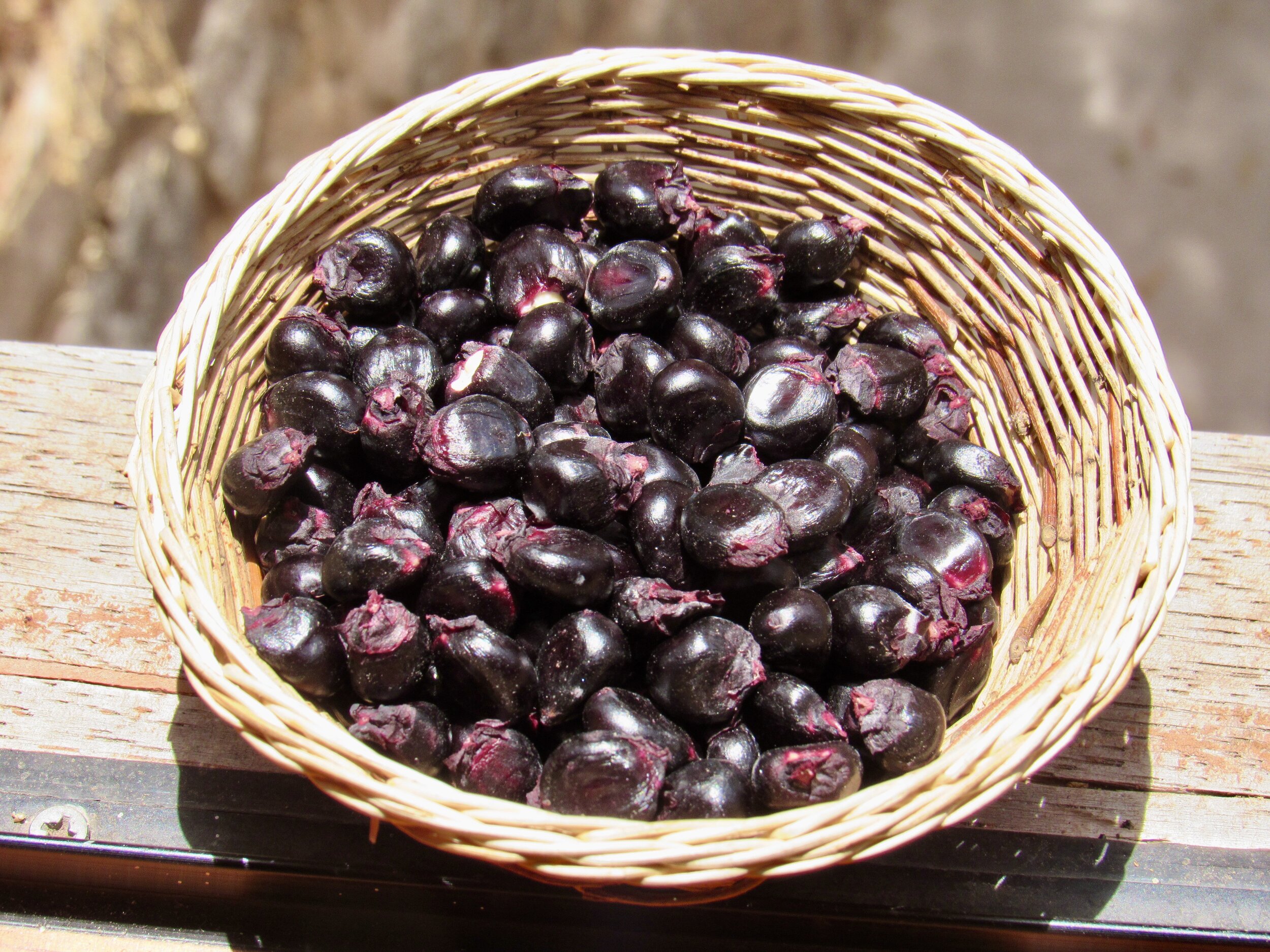
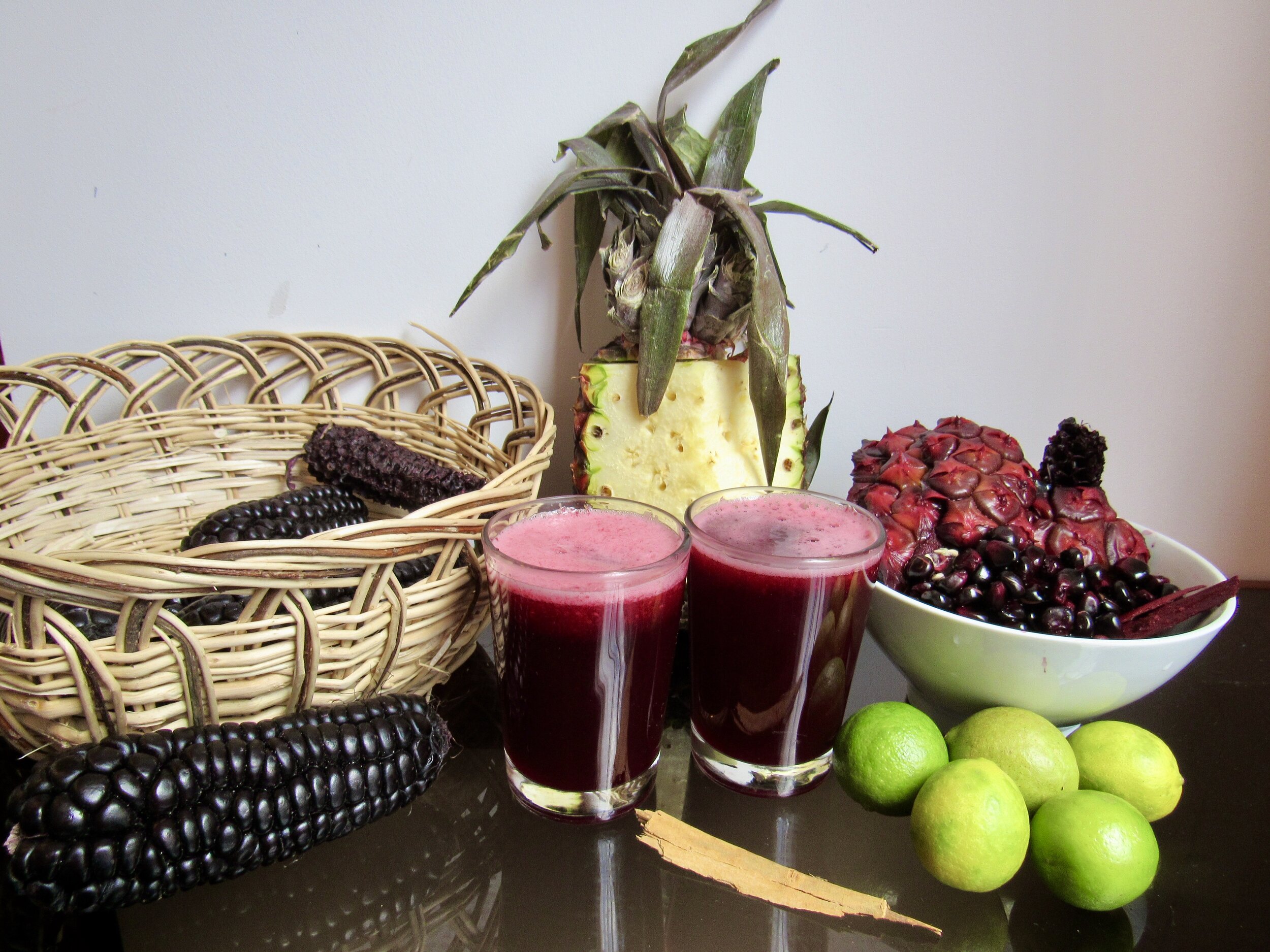
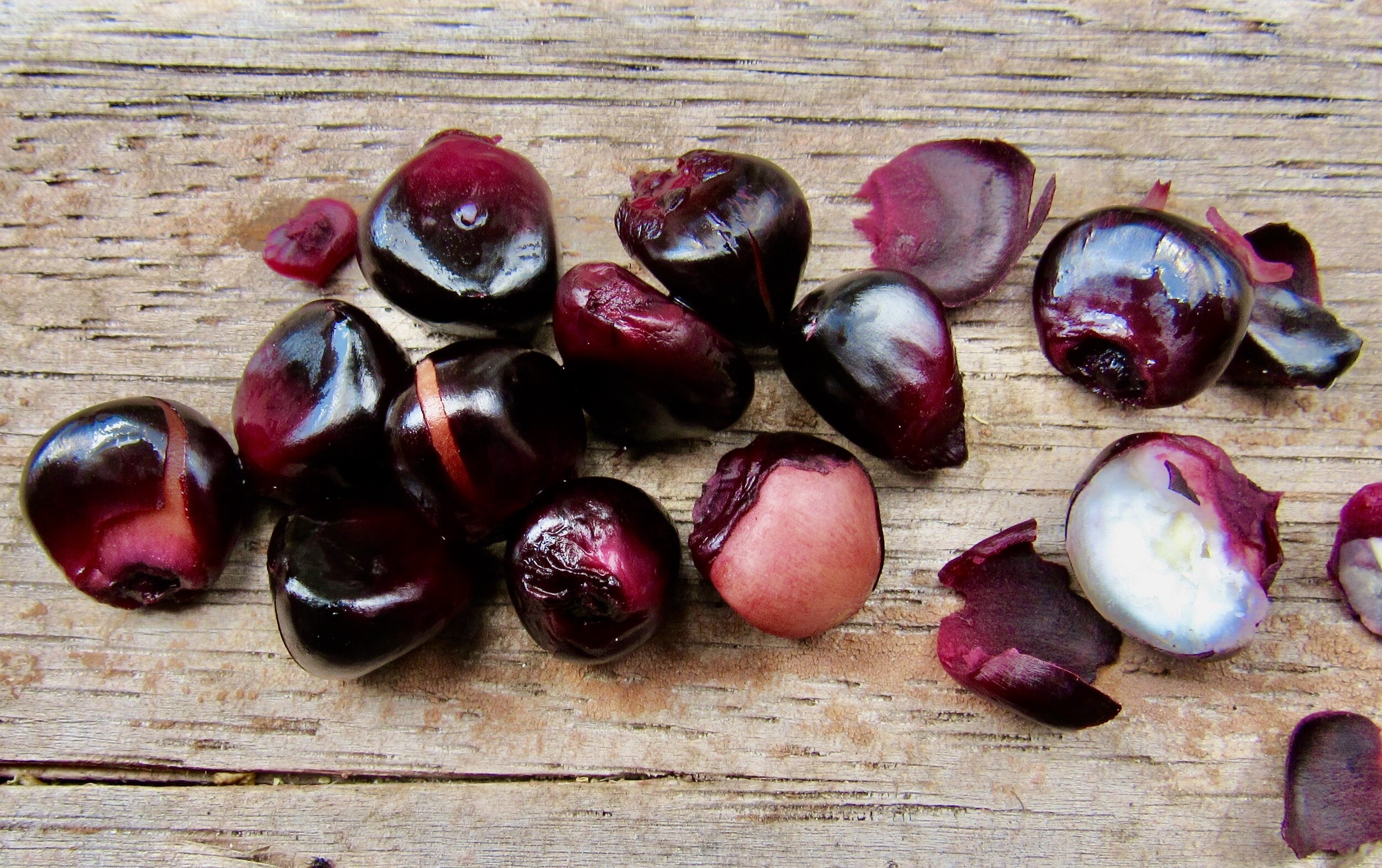
Saturday, 19 September, 2020
Today Auqui taught me how to make chicha morada, a traditional Peruvian drink made from purple corn. Last week I put a photo on my blog of the purple corn I had bought, which grows in a specific microclimate. It is now most often grown in the north of Peru, though it is originally an Andean grain, from the mountains near Cusco. Grains were found in the archeological site of Caral, a 5,000 year old city that I hope to visit one of these days.
Besides chicha morada, it is used to make several other desserts and the hot drink api, which you can see in last week’s blog. It’s also commonly used to make a natural dye for wool and cotton.
For the chicha morada, I bought cinnamon sticks, little limes and a pineapple. I took the kernels of just one of the dried corn cobs and put the kernels, along with the cob, in a small pot of water to boil with an inch or so of cinnamon bark. After it had boiled for about half an hour, I added two pieces of pineapple peel, each about the size of my hand and just thick enough to cut a bit into the pineapple itself. I boiled another five minutes or so, then left it to cool and soak for several hours.
When you’re ready to drink the chicha morada, strain out all of the kernels and remove the cob, cinnamon and pineapple skin. Put it in a blender with some slices of pineapple, blend it until the pineapple is smooth, or blend just a little and then strain out the larger pieces of pineapple. You can serve it hot or cold. It’s always cold in Cusco, but it was sunny today, so I pretended that it was hot enough to drink it cold.
Fermenting chicha from white corn or from quinoa takes a much longer time. I’ll see if I can find somebody who makes chicha de jora (corn) to teach me the process for that chicha.
Covid in Cusco: Week 26
I learn more about Peruvian superfoods and buy traditional fabrics to make my new apartment more like home.
Sunday, 6 September, 2020
177 days since Covid arrived in Cusco
If a pregnancy is 40 weeks, Peru is more than halfway through carrying our Covid baby. People have a lot of unique ways of tracking time. I’m sure very few here in Cusco are counting the days and the weeks like I am. Maybe they’re counting the months. Maybe they’re counting how many family birthdays they can’t have parties for. Maybe it’s how many times they have to go to the bank and ask for an extension to their credit. Or how many job applications they fill out. Or how many times they have to ask their landlord to give them more time to pay rent.
We are now at the end of what would normally be the high tourist season. People should have been working almost every day since May and saving up for the rainy season. The rains haven’t started here yet, so nobody is really able to plant much yet. Those who have irrigation rights are still able to grow food, but that’s not everybody. Potato and corn harvest were a couple months ago and quinoa harvest has also passed. This time of year, waiting for the rains, is when food becomes scarce. Here in Cusco the markets are still full of food, for those who can pay for it. The small rural communities we visited with the Covid Relief Project are in a very different situation.
In the city, things are starting to look more normal. We’re still not allowed to leave the house on Sunday, but on other days there are more shops open. I’m using my day at home to do some more nesting in my new apartment. I’ve got the landlord to take away the big tv and am replacing it with books and flowers on a silk weaving I bought in 2005 when I visited my friend Anisa in Cambodia. It’s comforting to have some of the same things with me for every move, in every apartment I’ve lived in from Istanbul to Cusco. I’ve gotten pretty good and making my home wherever I happen to be.
The new home!
The tree outside my window is a capulin and as soon as the rains start, it will fruit and attract all kinds of birds! I’m enjoying finding places to display my weavings from Cambodia, baskets from the Peruvian Amazon and other treasures I’ve been hauling around the world with me.
Monday, 7 September, 2020
The past week or two, as schools start to open around the US, I’ve been thinking a lot about my friends who are teaching this year. I keep an eye on the news and check in on my teacher friends. Despite having all summer to get ready for the first day of school, it sounds like there’s a lot of chaos.
My friends in Cusco ask me what it’s like in schools in the US and I have to explain that in every state the rules are different. Even within the same state, school districts and sometimes individual schools are handling the situation very differently. This approach puzzles my Peruvian friends, who are used to a very nationalized system. Everywhere in Peru, the situation is exactly the same: everybody has to stay home.
Children are supposed to stay home and access the national curriculum online, on tv or on the radio. Weekly and even daily lessons are the same for everybody, done by the national Ministry of Education. Individual teachers are tasked with helping their students understand the material, grade assigned work and answer questions. This creates way more work for them than a normal year and teachers find themselves answering questions from their students all day long, not just during normal school hours.
Another huge challenge for teachers here is that many don’t have enough experience with the technology required to do their new jobs. School started in April, so few teachers were able to access training in time for school to start. Since then, trainings have been few and far between. At least the government has committed to paying for internet for their teachers. In a country where few communities have broadband internet, this often amounts to the government paying for a certain amount of data for their teachers’ phones. The Peruvian government said in April that it would buy tablets for students and teachers who didn’t have any technology at home, but those tablets never materialized.
What about the schools in the US that want kids to come in person? Even if it’s not every day? What my Peruvian friends have a hard time understanding, and what sounds like causes chaos to me is that “the federal government left it to the states.” The states left it to the schools and the schools left it to the parents. How are the parents supposed to know what the right answer is, to any of this?” Of course, some states and some schools are better organized than others. Some have a defined approach, while others seem to fluctuate daily on what their Covid policies might be.
In Peru, there is some comfort in knowing what the approach is, even if it doesn’t work for everybody. The uncertainty in many US schools sounds much more stressful to me. This week’s radio show/podcast for This American Life is about that first day of school, with the apt title: Long-Awaited Asteroid Finally Hits Earth.
The show features schools all around the country, from South Carolina to Utah. Uncertainty and even chaos seem to be the dominant themes. Unlike Peru, many schools in the US are trying to find a way for children to actually go to school in person. They report that in Georgia and Alabama “teachers have plexi-glas in front of their desks” to create a barrier between them and their students.
One teacher they interview in South Carolina says that “these teachers are terrified and it feels twisted this year because we really don’t know what our safety looks like and we don’t know what our students’ safety looks like but you still have to be the boss in front of the class.” As frustrated and frazzled as teachers are here in Peru, they’re not afraid of catching Covid from their students.
Some schools are trying to figure out how to have 50% or 20% of students in school in person and the rest on Zoom. I’ve taught simultaneously online and in person before and it was the most difficult situation I’ve ever tried to teach in. One teacher just can’t track who is understanding and who needs help while teaching such a split group.
Even scarier, are the crazy conspiracy theories that the reporters find. South of Salt Lake City, in Utah County, parents said in a public meeting that they didn’t want their children to wear masks in school because masks trap CO2 and are bad for their health. I have to wonder, have they never been to a hospital and seen doctors and nurses wear masks all day, everyday that they are at work? Wouldn’t they be the people to notice first if wearing masks was bad for their health?
Another crazy conspiracy that the parents in this meeting believe is that if kids wear masks they will get “abducted and sex trafficked.” As the reporter explains, “the fear is that, if kids are wearing masks, they’ll be harder to identify and rescue.” Really? In Utah County parents are afraid that their children might get sex trafficked? That may be a concern in Bangkok or Phnom Penh, but I honestly don’t believe that’s a real risk in rural Utah.
What makes me even more concerned for my friends who are teaching in the US now is that these same people “held another rally and told parents to tell their kids to fight back against their teachers” if they are told to wear a mask in class. Thankfully, this is a small minority of parents. Still, with everything else that teachers have to deal with, having to enforce that kids wear masks is just too much. Teachers are worried about much more basic things, like if they’ll be able to recognize kids with their masks on. WhenI taught in a classroom, it was so important to me to know every kid’s name by the end of the first week, if not the first day.
Of course, most parents are not telling their kids to “fight back against the teachers” about wearing masks. One school admin, who had spoken to a lot of parents said that “The consensus is that they’ll make their kids wear masks, if it gets them out of the house.” That is certainly not an option in Peru. Not only are all schools completely closed for in person learning, under the continued quarantine rules, “children under 14 years old are permitted to be outside of their residence for 30 minutes per day, but must be accompanied by an adult and must remain within 500 meters of their residence.” Not only are they confined to their homes for 23.5 hours per day, when they go outside, they are not allowed to play together in any way.
Coming back to the endless variety of policies and strategies that are being rolled out this week in the US, I’ve found that ChalkBeat.org is a great resource. Today they published an article about how Chicago Public Schools are starting the school year with one of the strategies used in Peru: Everybody stays home.
Tuesday, 8 September, 2020
Though many cities and countries around the world have relaxed or eliminated the travel restrictions that they enacted back in March and April, in Peru there are still very strict restrictions on traveling between towns, or even within a town.
Internal flights are very limited and commercial international flights are still banned. Even companies like DHL are driving between Lima and Cusco. This is one of the reasons that a package my mom sent to me, which left Boise over a month ago, is still in Lima. Another reason is the snail’s pace of all government bureaucracy, especially customs. It only took a week to get from Boise to Lima, but it’s been in Lima for almost a month and customs still won’t let it out of their clutches.
Within Cusco, taxis are now allowed, as long as there is a physical barrier between the driver and the people in the back. Also, only two people are allowed in a taxi, each sitting by an open window. The seat in the middle has a big red X on it, showing that nobody is allowed to sit there. Public busses are running, but every other seat has a big red X and there is no standing allowed. This puts each bus at about 30% capacity and all windows remain open at all times. Even with all of these restrictions, all passengers are required to wear both a mask and a plastic face shield. If you don’t have both, you won’t be allowed on the bus.
So, while air pollution is starting to get back to normal levels in many countries around the world, in Cusco we still have much less car exhaust and no jet fuel exhaust, since the airport remains closed. Unfortunately, the smoke from fire season does impact many days in Cusco. At least it’s not the extreme situation currently playing out up and down the west coast of the US. I have been horrified by the satellite images of the smoke blanketing the west coast, as well as the tragic numbers of fires raging across Washington, Oregon and California. Check out the interactive map of fires here.
My lifestyle in Cusco definitely has much less impact on the environment than when I lived in the US. Not only do I not have a car and am able to walk everywhere I need to go, my ability to buy local foods also had a huge impact. Almost all of the food I buy is grown within less than a day’s drive from Cusco. Most of it is grown within an hour of Cusco.
Even my beverages are made locally. I do buy some Chilean wine, but Cusqueñian beer is made in a factory about four blocks from my house. Even better, I have started replacing beer and wine with chicha. Chicha is a traditional Peruvian drink, made of fermented corn. It’s lightly alcoholic, with more alcohol than kombucha but less than beer. Even though Cusqueñian beer comes in returnable bottles, which are reused, chicha is by far much more environmentally friendly than beer.
Chicha is a homemade beverage. There are no factories built for chicha. It is made in giant clay vessels called raqui and not normally bottled. Some people sell it on the side of the road in reused plastic Coca Cola or Inca Cola bottles, but it’s usually sold by the glass, at a chicheria. There are a couple people who make chicha in my neighborhood, and I take my own bottle to be filled when I go. It’s also much cheaper. For a liter of beer, with the returned bottle I pay s/7 but the same quantity of chicha is s/2.
When it comes to reducing our impact on the planet, every little bit counts, right?
Peruvian snacks
With chicha in my kero, I had a traditional snack of cheese and mote. Mote is giant corn that was dried on the cob, then removed from the cob and boiled until the skin on each kernel starts to crack. Quechua has many words for corn in just about any form you can think of. So far, I’ve only learned a few, but I’ll keep writing about what else I learn!
Wednesday, 9 September, 2020
Last week I started teaching English on Zoom to a couple in Lima, Angela and Fred. She works for the Peruvian equivalent of the FDA, approving medications for sale and distribution. One of her tasks is also to review the inserts in every box of medication. She’s the person who reads the fine print of possible side effects, interactions with other medications and the dozens of other things that almost nobody ever reads.
The two of them want to improve both basic English and their ability to talk about work. Fred also works in pharmaceuticals, but he works mostly in a lab with oncological radiation meds. They both attend lots of conferences and webinars online, which are almost always held in English. They tell me that they understand the technical terms, the medical terminology is similar enough in English and Spanish. It’s the small talk before things get started and some of the context for the medical terms that are hard for them.
They have a one hour lesson four days a week and we usually do a half hour of small talk and a half hour discussion of work and public health topics. Today, our small talk went way off course for what I had planned and it took the whole hour. I started asking about their family and out tumbled a long story about Angela’s nephew Fabián.
Fabián is four years old and his family lives in the Peruvian Amazon, near the town of Chachapoyas, northeast of Cajamarca. The Amazon regions of Peru are notorious for the lack of decent medical care. Covid has hit the region especially hard, as I discussed on my blog back in June.
Fabián and his whole family had Covid in late July, including his two year old brother. They all recovered without any serious complications but there is still something wrong with Fabián. Angela’s English isn’t good enough to tell me about symptoms, but she said that what Fabián needs is a pediatric neurologist. They have no idea if his problem is a complication of Covid, or something completely unrelated.
Due to the travel restrictions still in place, it took the family several days to get a permit to drive to Lima. Once they got the permit, they drove about 18 hours straight, with a rambunctious 2 year old and a sick 4 year old in the car. They had Covid long enough ago to no longer be contagious, but Angela said that they are still taking extra precautions. Fabián’s family are staying at one of Angela’s aunt’s houses and the aunt is staying with Angela. Visits to Fabián’s family are short and they keep their masks on, even in the house.
The hardest decision for the family is if they allow Fabián to be admitted to the hospital, or if they try going every day to manage his testing and procedures as an outpatient. Obviously, going back and forth to the hospital every day is hard on a sick 4 year old, as are the Covid protocols that you have to follow each time you enter the hospital. If they allow Fabián to be admitted, neither parent will be able to visit him. Except for infants who are breastfeeding, nobody, even toddlers, are allowed to have any visitors.
Having a four year old who needs a pediatric neurologist sounds horrible enough. Not being able to visit your four year old in the hospital when they are undergoing testing and procedures sounds like torture.
I asked Angela to update me tomorrow, if she has any news.
Thursday, 10 September, 2020
This morning I got a message from Henry, who has been helping with the Covid Relief Project since day 1. He included me on a new Whatsapp group chat called “Ayni for Alfredo.” Ayni is a Quechua word that means “today for you, tomorrow for me,” or vice versa. It’s an important concept in traditional Andean culture. Alfredo is an older gentleman who used to be a driver for the trekking agency that I work for. Like all of the guides, porters and cooks, the drivers have been out of work since March 15th when Peru closed borders and put all of us in quarantine, effectively killing tourism.
Henry included about 30 people in the group chat and told us that Alfredo is really not doing well and he needs help. Henry asked all of us to donate something and said that he will collect it this evening and take all of it to Alfredo. Almost everybody on the chat said they would contribute something, from bags of rice or pasta to a full cooking gas tank or cash. I volunteered a couple liters of vegetable oil for cooking, since nobody had suggested that.
Not everybody in the group is in a position to donate something. Most of them are guides, who have been burning through their savings like everybody else, just trying to get by. At this point, most of them haven’t had any work in six months. Of course, even before March 15th, we had the rainy months of January and February, when there is little to no work, even in a normal year.
I wonder who will be next. Everybody I know here needs ayni.
Friday, 11 September, 2020
Taking advantage of some shops finally opening up, I went on a bit of a shopping spree today. After everything but pharmacies, grocery stores and markets were closed down on March 15th, it has taken a long time for other businesses to open up. Some have tried, and failed. One business I’m sad about losing is the Dayna chocolate shop. I saw it open last week and decided that I’d go in and buy some chocolate soon. Unfortunately, today when I walked by on my way to the San Pedro market, it was closed. I looked in the window and saw that they had emptied the place. The counter, display cases and shelving were gone. If they do come back, it could be years.
Even at San Pedro, very few vendors had their stalls open. Many rows were completely empty, everything closed up. Like the chocolate shop, it could be years before all of them are able to come back. I don’t expect tourism to come back in 2021 as strong as it was in 2019. It will probably take a while for it to slowly build back up, as people cautiously start to travel internationally again over the next few years.
I bet that the first people to come back will be the more adventurous solo backpacker folks. Maybe some couples who weren’t as economically impacted by the pandemic as most of us. I doubt any of them will want to share space with people that they don’t know. Busses, trains and shared vans will be avoided. Will any of them want to stay in a hostel, with a shared kitchen? Will AirBnb, currently dead in Cusco, come back stronger than ever? I would want my own kitchen, where I can control how food is made and who touches it.
What will it take for them to come back to the San Pedro market? When will people buy souvenirs again? I saw one basket stall open and went over to see if she had the kind of basket I’ve been looking for to use with onions and potatoes. She seemed so desperate for a customer that I went all out. I got a basket for onions and potatoes, one for bread and a large one for laundry. I’ve been holding off buying a plastic laundry basket, sure that I’ll be able to find a handmade wicker one for the same price or less. A wicker basket might last longer than a plastic one, and even when the wicker basket breaks, it doesn’t become plastic trash. It’s biodegradable.
I also bought a few foods that I’ve been meaning to try, but haven’t bought because I don’t know what to do with them. I got a kilo of dried purple corn, a half kilo of maca and a small bag of cat’s claw. I still don’t really know what to do with any of them, but when I get home I’m sure I can find recipes online.
I’ve had purple corn mostly in sweet drinks. Chicha morada is the most famous of these. It’s a sweet and lightly spiced cold drink, but not fermented like the chicha I wrote about on Tuesday. Api is similar, but served hot. It’s the Peruvian version of a non-alcoholic mulled wine. It’s about the same color, but much thicker and tastes like it has something very similar to mulling spices.
Purple corn only grows at a certain altitude, in very limited little pockets of a specific micro-climate in Peru. Maca is a root vegetable that looks like a turnip, but apparently is bitter when it’s fresh, which is why I have only ever seen it for sale in dried and powdered form. Cat’s claw is some kind of vine, with little curly tendrils that look a little like a cat’s claw. I think that what they sell is the dried stems.
With my arms full of baskets and the baskets full of food, I left the market and went to some of the fabric sellers that line the east side of the market. I bought some traditional, artisanal fabric at one of them a few weeks ago and went back today. Last time I had wanted some weaving to cover the top of my dresser. Today I was looking for similar fabric to make into place mats. My new home has rubber placemats on the table which stick to everything and are already falling apart, leaving little rubber bits all over the table.
I got two yards of a brightly multi colored fabric. The warp are very bright and every color of the rainbow, with a bright turquoise weft. (If you’re unclear on which is warp and which is weft, check here.) It’s made of kaito, a rough artisanal wool. At the price I paid, it must be sheep’s wool. Alpaca would be about ten times the price. I got two yards for s/50, which is about $15. For such beautiful handmade fabric, it’s a crazy steal.
At another fabric shop I got a yard of white cotton with an intricate print that is common on fabrics from the Peruvian Amazon. Interestingly, Amazonian patterns are very common on masks here. Masks are mandatory in public in Peru and although a lot of people wear some kind of disposable paper medical mask, increasingly people are buying washable fabric masks. There are Spiderman and Frozen prints for kids, with mostly plain colors for adults. The exception are the Amazon prints, which are designed to replicate the hand-painted cloth that is made by indigenous groups in the Peruvian Amazon.
Saturday, 12 September, 2020
I’ve found some recipes, and it looks like the purple corn, maca and cat’s claw are all for making beverages. There are a variety of sweet drinks that I can make with the corn, though the most common is chicha morada. Maca can be also made into a sweet drink, added to smoothies or used as an ingredient is just about anything. Cat’s claw seems to be another ingredient that can be used as a supplement. It looks like it’s more used for medicinal purposes than for enjoying its flavor.
Eventually I’ll get around to trying all of these, though for now I’m going to start by adding maca to my morning smoothie.
Today, for lunch, I went back to the Saturday market at the Plaza Tupac Amaru that I went to last weekend. Again, I ordered my nabo for lunch, which I see about half the time spelled nabo and half the time navo. When to use B and V in Spanish is not always easy to figure out, especially if you are one of the 17 percent of women in the Cusco region who are illiterate. This time, I didn’t tell the vendor to leave off the sangrecita, like last Saturday. She said that it was cow’s blood and I asked for extra chile sauce.
Sangrecita is basically just cooked blood, but it doesn’t really have a flavor. If you can get past the idea of eating blood, it’s really not bad. Even though I’m mostly vegetarian/pescatarian, I figured that if I don’t dislike it, and it’s good for me, I should at least eat it once in a while. The higher the Covid case count gets in Cusco, the more time I spend worrying about how to stay healthy.
Hindsight is 20/20 and when I got home from the Tupac market, I started wondering how much risk I took by going shopping today and yesterday. I went to several stalls in the San Pedro market, two fabric shops and bought from several vendors who had a little blanket spread out on the sidewalk, mostly selling fruit and vegetables. Today I not only ate at the market, I drank chicha at the market, ate ice cream at the market and continued my shopping spree from yesterday. I bought handmade and hand painted Kero cups from a woman selling ceramics, then both a rolling pin and cutting board from a woman selling handmade wooden kitchen items.
Sometimes, I just want to pretend that things are normal. I just want to forget about the pandemic for a bit. Then I find myself in the predicament of one of the teachers who was interviewed for the This American Life episode I listened to earlier this week. The teacher had said that “it’s like this virus is this thing that you think about, then don't think about, then you worry that you’re not thinking about it.”
I generally try not to worry about things that I can’t change, but human behavior is the only thing that’s keeping this pandemic going. If everybody on the planet really did isolate from each other for two, or maybe three weeks, it would be over. If I get Covid because I was exposed to somebody, the only person I’ll be able to blame is myself.
Covid in Cusco: Week 25
An exciting week with a new apartment, a new job and my first time eating blood.
Sunday, 30 August, 2020
170 days since Covid arrived in Cusco
It’s also been 170 days since the library in Cusco closed. I never took the time to go before, although I walked by it every day on my way to work. I always thought I’d have time “later.” I suspect that people all around the world now have time to do the things that they put off before, but now can’t do them because of the pandemic.
It’s a Catch -22. When the pandemic is over, the places we wanted to visit will open up again but we will all be back at work and too busy. Still, the library on Calle Ruinas in Cusco is high on my list of places to visit as soon as it opens again. In the meantime, I do have some books and a few people to swap with, so I’m not completely without reading material.
I also just want to see what a library in Cusco is like. I heard that you are not allowed to take books out of the library, but that you can go there to read anytime. That’s very different from other libraries that I’ve visited, so I’m curious to see what it’s actually like. Either way, it’s a library and as my mother reminded me recently: “The very existence of libraries affords the best evidence that we may yet have hope for the future of man.” T.S. Eliot
I think that the future of humanity also depends on education. Of course, as a teacher I would think that, but I honestly can’t think of anything more imperative for a country. I’ve been listening to Chana Joffe-Walt’s mini-series podcast “Nice White Parents,” which is fascinating and explores not only integration in New York City public schools, but also the purpose of public schools in the US. She has great audio from old films made to encourage support of the public school system when it was new.
I’m a great believer in public education, so you can probably imagine my shock at learning that public education in Peru is neither free nor mandatory. I thought that was the whole point of public education. How can it be public education if it’s not free and mandatory? Yet, if it’s run by the government it’s not really a private school. Basically, it’s an unfunded public school.
When I went with the Covid Relief Project to the community of Mayubamba on August 22nd, I got to interview a woman from the community. (Watch the interview). At one point, she said that families in Mayubamba don’t have enough money to buy nutritious food for their children for several reasons, one of which is education. She said that they have to pay for tuition and “cuotas” which I didn’t understand at all. I was puzzled why people in Mayubamba, who have so little, would send their kids to private school. I also didn’t know what cuotas were, so I asked Auqui and Henry on our way back to Cusco. I could hardly believe what they told me.
They explained that parents have to pay tuition for public schools and that nobody in Mayubamba was sending their kid to a private school. Cuotas are when the school has an expense and they ask the families to all pay for that expense. For example, if the school needs to buy something as basic as a lightbulb, they ask each family to pay a little to cover the cost. Lightbulbs are not the only thing that they ask families to pay for. Desks, paper and other basic necessities are not provided by the Ministry of Education. Families are expected to pay for everything except for the teacher salaries.
Obviously, this situation leaves many families unable to pay for public education. Since it’s not mandatory, that leaves a lot of children without even the basics they should learn in elementary school, like literacy. (Read more about illiteracy in the Cusco region on my Week 22 blog).
Even worse (You didn’t think it could get worse, did you?), the government has been working on a plan for several years to privatize all education. For now, families are not expected to pay for building a school or for paying the teacher’s salary. That will change if/when public education in Peru is completely privatized. I wonder if the distance learning program that the government had to implement to keep public schools going during the pandemic will change that in any way. I have no idea if the effects of the pandemic will speed up that process, or set it back, or hopefully even kill the idea of privatizing all education.
Monday, 31 August, 2020
If you read my blogs in April, May and June, you know how happy I was to consistently report that there were very few cases of Covid in Cusco, and that we didn’t have any Covid related deaths here. Unfortunately, that changed in July when some of the quarantine restrictions were lifted. Transportation had been completely frozen those first three months, with almost nobody allowed in or out of the city of Cusco. Supply chains were disrupted and regular travel in and out of Cusco was next to impossible.
In July transportation was almost back to normal and by the end of the month they had opened some regional airports. All airports in the entire country were closed for a full four months, from March 15th to July 15th. Then, people from Lima were allowed to come to Cusco. Starting in April, Lima has a very severe outbreak of Covid, which just got worse throughout May and June. This CNN article about Peru becoming a Covid hotspot was really about Lima being a Covid hotspot.
Understandably, people fled Lima as soon as they were able, many of them coming to Cusco because it seemed so safe here then. The effect has been very similar to what happened to Sun Valley, Idaho. Cusco started chalking up higher and higher numbers of cases, with some truly scary statistics that I discussed in last week’s blog. Unfortunately, the numbers aren’t any better this week and the city of Cusco got a big shock today: our mayor died.
The Mayor of Cusco, Ricardo Valderama Fernandez, died of Covid today after being in ICU for over a month, as reported by Andina News. He was 75 years old and had two previous heart attacks, but he fought the virus in ICU from July 24th until today. Also reported by Andina News, there are another ten mayors who have died from Covid and many others are currently fighting the virus. In a pandemic, we need all of the local leadership we can get. Taking out mayors leaves many towns without a strong advocate just when we need one the most.
The situation is so bad here that it would be completely irresponsible for the Covid Relief Project to even take food to any of the rural communities that we’ve been visiting. Yes, they need help, but no amount of food is worth risking exposing any of these families to Covid. As I’ve pointed out before, none of the communities that we’ve visited have had access to a hospital, clinic or even pharmacy in their community. They all have to travel at least a half hour to get to a government clinic and some would have to walk for over two hours to get to a clinic. I don’t know how I’d live with myself if I exposed one of these communities to Covid, especially if somebody died. It’s just not worth it.
Today I got another email from the US Embassy in Lima about repatriation flights. For the first time, they included information about quarantine restrictions for people flying from Peru to the US. The past several months, they’ve consistently reported that there were no restrictions for people arriving from Peru. Apparently, the US Department of State has finally realized how bad the pandemic is here.
Tuesday, 1 September, 2020
At the end of June, when I got laid off from the trekking agency that I’d been working with, the boss told me that he would be able to hire me back part time in September. I didn’t really believe him, but today I got a message from our accountant, Yessi, asking me to come to the office. The office is now in the boss’s house, since he stopped paying rent on the office in the historic center of Cusco back in April.
Unsure exactly what the deal would be, I braved taking the bus to his house to see what Yessi had to say. Busses in Cusco are very different now than from before the pandemic. They used to be almost always full, every seat taken and the aisles full of people standing. They also used to cost s/.80 (s/ is the symbol for the local currency, Peruvian Soles).
Now every other seat is marked with a big red X and there is no standing allowed. The price has gone up to s/2, which is half of the normal taxi fare. You can go most places in town for s/4 in a taxi, so if there are two people, it now costs the same if you each pay s/2 to take the bus or s/4 for the two of you to take a cab. Face shields and masks are required in busses and most taxi drivers won’t pick you up if you don’t have both. Both busses and taxis keep their windows open, which is fine now in the dry season. Nobody wants to breathe air that other people have exhaled but I wonder how that will work in the rainy season.
I sat by the window, with my face turned into the fresh air, even with both mask and face shield. I’ve been reading too much about multi-organ failure associated with Covid and am much more scared than I used to be about catching the virus, especially with all of the Cusco hospitals full to bursting.
At the “office,” Yessi tells me that she will only be there when needed and the only other person being brought back on with me will work afternoons. I’ll be in the office alone, unless Yessi needs to come in for something. In the afternoons, our webmaster Orlando will be working in the office. I am still very nervous about taking public transportation and called the boss to ask about working from home throughout September. He was surprised that I had come to the office and told me to go home. Depending on the situation in October, I might go to the office, but for now I am working from home.
The president announced that the entire month of September the whole country would go back to some of the restrictions that we had earlier in the pandemic. Kids under 14 are no longer allowed outside at all, when the past two months they had been allowed to go outside for an hour per day, accompanied by an adult. However, transportation will not be shut down and many of the businesses that were allowed to open in July will still be open. We still have an 8pm curfew and are required to stay home all day Sunday except for medical emergencies.
Also today, my housemate Kerry is inviting a few people over for games night. It seems irresponsible to have people over on the same day that we’re starting into a new, stricter quarantine, but she’s a very extroverted extrovert and the isolation of the pandemic is really hard on her. She and I both have been planning to escape the construction zone that is now three yards from our bedroom windows and today she actually moved into her new apartment.
Besides Kerry and I, there were only six other people, but eight people together in one place still felt a little dangerous. We didn’t wear masks inside and although we were all careful about handwashing and frequently using the alcohol gel that Kerry put on the table between us, if anybody had Covid there tonight, I certainly breathed in some of their exhalations.
Despite my nervousness, it was so nice to be around people for a few hours. The group is all people that I really like, know well and trust. We played Jenga and a complicated version of charades, then shared three pizzas. The pizzas arrived late, at almost 7:30. Curfew being 8:00, we ate quickly and left the last game unfinished. Kerry’s new apartment is only two blocks from the house we used to share so I wasn’t too worried when I left her house at 7:58, though I did run the whole way home. The pandemic has now given me a new definition of dine and dash.
Wednesday, 2 September, 2020
Last week I wrote a bit about my new fascination with superfoods, especially those from Peru. One of Peru’s most popular and most diverse foods is something that seems quite boring in the US: potatoes. Growing up in Idaho, I heard a lot of jokes about potatoes, giant potatoes and the Idaho license plate. I remember thinking that Idaho had a great variety of potatoes when the Boise Fry Company restaurant opened up with five or six varieties of potatoes on their menu.
In Peru, there are over 4,000 varieties of potatoes and many of them are available at my neighborhood markets. I’ve become partial to the little purple mariba for soups, even littler yellow lisa for boiling or roasting and the huayro, which has a white outside and pink middle, for boiling. Boiled potatoes here are not boring and I have gotten used to “papa sancochada” as my easy meal when I really don’t have the energy to cook anything. Sancochada may sound exotic, but it really just means boiled and is only used for potatoes and other similar root vegetables.
Today I tried another vegetable that’s very similar to the potato: oca, also spelled occa. It looks much more interesting than potatoes and tastes very different too. It is a root vegetable, and grows like potatoes, though the leaves look much more like clovers than potato greens. It is also much higher in protein than most potatoes.
Something else that Peru does very well, which also qualities as a superfood, and is likely originally from Peru, is chocolate. I wasn’t a big fan of chocolate before I lived in France, but since then have always been on the lookout for high quality dark chocolate. Valrhona was my first introduction to good chocolate, and it set a high standard for all future chocolates. Valrhona also introduced me to the idea that flavored chocolates could be really good and my favorite of theirs has always been their jasmine chocolate. Theo Chocolates, in Seattle, taught me almost everything I know about chocolate production and I highly recommend their factory tour, whenever that will be possible again.
So, I was prepped to appreciate good chocolate when I moved to Cusco last year. I first started by buying chocolate packaged for tourists at the San Pedro market. My favorite brands are Cusco Imperial and Machu Picchu. They’re clearly named for tourists, also. Both have excellent 80 to 85 percent dark chocolate and also great 70 to 75 percent dark chocolate with almonds, pecans and quinoa.
When I moved from Wanchaq to San Blas, my walk to work took me past the Dayna chocolate shop. Dayna has excellent dark chocolate bars as well as lots of creative flavored chocolates. The most unique product at Dayna is their chocolate husk tea. It’s literally just chocolate husks, which have a distinct chocolate favor when added to hot water. Just put a handful in your mug and pour boiling water over them. They float at first, then sink when they become waterlogged. You can easily get two or three mugs of chocolate flavored “tea” with just one handful of husks. There are no calories, but several antioxidants and other nutrients leach out of the husks into the hot water.
The pandemic has created a lot of difficulties for cacao farmers, since so many buyers used to be international. No international flights have landed in Peru since March 15th, which means no international buyers have come here to visit cooperatives and buy directly from the farmers. National buyers are likely having a field day, buying up the best cacao beans at much lower prices than international buyers would pay.
Add that to the long list of how the pandemic has destroyed the economy in Peru.
Thursday, 3 September, 2020
Today I moved to my new apartment! I didn’t get the keys until afternoon, so I still had to work from 9-1 with a very loud construction zone three yards from my windows. Tomorrow will be very different.
I moved into the same building that Kerry moved into on Tuesday. Her apartment is actually right next door to mine, so we’re about as far away from each other as when she lived downstairs in the same house where I lived upstairs. The big perk is now that we don’t share a kitchen and our routines don’t clash. My bedroom used to be next to the kitchen and I was usually going to bed around 10, when she was cooking dinner. I got up around 7 though she slept till around noon. There was nothing sound proof in that house and having both a night owl and a morning bird didn’t always work out well.
Now, not only do we each have our own apartment next to each other, we also are just downhill from the huaca that I pass every time I walk up to the Temple of the Moon. A huaca is a sacred place, which around Cusco is usually a giant rock or outcropping of bedrock that has been carved or incorporated into some kind of temple or other sacred spot.
From my kitchen and living room windows I have a view uphill of not only a huaca, but several layers of ancient terraces and a waterfall, which used to be part of an irrigation system. Like most of Cusco, my neighborhood used to be terraced fields where the Inca grew everything from corn and potatoes to quinoa and tarwi. Some of the terrace walls are still there, used as retaining walls on hillsides that are now covered with houses. Considering that the weight of the houses is significantly heavier than a field of quinoa, it’s impressive that the walls are still as solid as they were 500 years ago. The Inca built their structures to last and many have survived hundreds of years of earthquakes and the weight of modern buildings.
Friday, 4 September, 2020
This morning I woke up to the usual noises of dogs barking and the bread seller on his morning rounds, without any construction racket. Dogs don’t bark for more than a minute or so and the bread seller walks by quickly if nobody comes to the door to buy fresh bread. It’s easy to ignore the 6am dogs or 6:30 bread round. At the old house, when the construction started, it was pounding and cutting rebar and mixing cement all day long.
My new home is so much more comfortable in just about every way. I am no longer sharing a kitchen during a pandemic. I have roll down blackout curtains under my regular curtains. I have carpet, which makes a huge difference in how cold my apartment is; this new place is significantly warmer. It’s also much smaller, which makes it a lot warmer than a big, drafty four bedroom house. My fridge is newer and no longer shared. I have an actual table to sit at, so I don’t have to eat every meal on the couch anymore. The shower actually drains, since the low spot in the shower floor is now where the drain is - the last shower had a drain about two feet from the low spot on the floor. The most miraculous thing about this apartment though, is that I can flush toilet paper.
Skip this paragraph if you’ve already lived in a city or country where you can’t flush toilet paper. In Peru, pipes are much smaller than in many developed countries, which means that you can’t flush toilet paper. All bathrooms have to have a trash can for used toilet paper. That by itself is disgusting and a health hazard. Add that to the fact that in Cusco they don’t have dog-proof garbage cans and there are lots of stray dogs. Any bags of trash put out more than a few minutes before the garbage truck comes are quickly torn open by stray dogs.
That brings me to the next miraculous thing about my new apartment - I don’t have to get up at 6am to take out the trash anymore! In my neighborhood, the garbage truck comes every Tuesday, Thursday and Saturday at about 6am. Preceding the truck is a person with an old fashioned metal triangle, which they ring as loudly as possible to tell people to get up and take out the trash.
Before the pandemic, everybody used to take the trash out the night before, which gave the dogs plenty of time to rip through the bags and make a huge mess for the sanitation workers to clean up. At some point in late May, the neighborhood organizers decided that taking the trash out the night before was a bad idea. Rather than getting dog-proof containers for all of us to put trash bags in, they decided that we should all get up at 6am to take the trash out right before the garbage truck comes. Before the pandemic, I got up around 6 anyway, to have time to workout, shower and have breakfast before I left for work around 8:30. Now that there’s no need to get up any earlier than 7 or 7:30, it has been so annoying to me to have to get up that early. At the new place, there are two large garbage cans for the building, where I can put bags of trash anytime, and which somebody else takes out at 6am.
Though the new apartment is so much more comfortable in almost every way, I am still living in a country with the longest lockdown in the world. I have been in some sort of quarantine and/or lockdown for 175 days. What I really wish I had, to get me through the next who knows how many months of lockdown, is a cat and my Calvin & Hobbes books. There’s nothing more comforting to me than a cat snuggled up and purring on my lap. Here’s nothing that can cheer me up like reading Calvin & Hobbes. I have every book of Calvin & Hobbes published in a storage unit in Kent, Washington. I also have most of them in French, in the same storage unit.
If I had somehow known that 2020 would bring a global pandemic, would I have left Peru, or would I have brought my Calvin & Hobbes books with me?
Saturday, 5 September, 2020
There is a Saturday market at the Plaza Tupac Amaru that I used to love, pre-pandemic. The plaza is a whole block in the Wachaq neighborhood of Cusco, a five minute walk from my first Cusco apartment and only about a ten minute walk from my current place. It had an eclectic mix of vendors with almost a fourth of the market being plants and potting containers and soil. You could buy everything from cactus and geraniums to banana trees and coffee plants. You could buy potting soil by the kilo from women who brought giant sacks of their own mix, each trying to sell their dirt by telling you why their mix of soils and different kinds of compost were the best.
One side of the block was all furniture, most of it hand made. Another side was food, where you could buy everything from bags of dried grains to homemade ice cream. There were at least a dozen vendors selling quinoa, kiwicha, maca and all kinds of Andean grains. My favorite were the cake sellers and I always had two or three kinds of dessert every time I got to go to the Tupac Amaru market. One woman sold something she called apple pie, which was more like an apple crumble with a crust on the bottom. She had huge tin pans of it and kept it warm. Warm apple pie was my first dessert, then I usually would look for a passion fruit mousse or some kind of cupcake.
There are so many things that I’ve been missing about the Tupac Amaru market, so when my friend Sonia said that it had opened back up I was so excited. One of the hardest things about the quarantine here has been the death of street food. The San Blas market has not opened up any food stalls and every time I ask about it, I’ve been told no to expect any food or fresh fruit juices at the market at all in 2020.
Sonia and David were on a mission to get nabo, which is basically cooked radish greens. It’s served on top of a pile of boiled fava beans and giant corn kernels, called mote. The other ingredient on the plate, usually also hiding under the giant pile of nabo, is something called sangrecita.
Sangrecita translates to little blood and is not the sort of thing most people think of when they want to get a snack at a Saturday market. I’ve been variously told that it is lamb’s blood or cow blood. It’s quite possible that it’s just the blood collected from the slaughter of any kind of livestock. Perhaps some days it’s goat or alpaca blood. Whatever animal it’s from, it is the same color as cooked liver but looks kind of grainy, almost like liver minced really really small.
As a pescatarian, I always ask for just the fava beans and mote, topped with the nabo and a spicy yellow ají sauce. Today, however, I did try a bite of the sangrecita, just to see what it’s like. The vendor we bought from served the cooked blood mixed with fresh peas and little cubes of fried potato. I didn’t actually notice any flavor from the blood, mostly the fried potatoes and peas.
Either way, with or without sangrecita, the plate is filling, costs about a dollar and is the biggest iron supplement I can think of. Besides all of the iron in the leafy nabo greens, Fava beans also have a lot of iron. Next time, I’ll probably ask for the sangrecita also, on the general principles that if I don’t dislike it, and it’s good for me, I should probably eat it. During a global pandemic, when I’m living in a city where the hospitals are full to overflowing, I should probably do everything that I can to stay as healthy as possible.
Recap: This is how we were told to prevent Covid in March. Thankfully, a lot of these steps are now seen as unnecessary.



COVID in Cusco: Week 24
The Covid Relief Project starts a transition and the Covid pandemic situation in Cusco gets significantly worse.
Sunday, 23 August, 2020
163 days since Covid first arrived in Cusco
It’s hard for me to believe that we’ve been in some form of quarantine/lockdown for that long. At this point, it’s also hard to believe that life will ever be normal again. Everything is so different now. My day to day life has so completely changed that I feel like I’m living in a totally different country than I was five months ago.
One of the reasons I moved to Cusco is that I wanted to see more of the area. The pandemic has ruined that plan. Now, the only times I can leave the city are with the Covid Relief Project. Yesterday was our 6th trip to a village to take food and school supplies, and it was beautiful. The drive to and from Mayubamba really is so scenic. It reminds me of all of the places that are still there, that I’ll be able to visit as soon as we can get the infection rate under control.
As much as I want to go camping and backpacking, I also want to protect these isolated villages from getting exposed to Covid. I really need to just stay home - like I have been for the past 163 days.
The Covid Relief Project has been a wonderful distraction for me. It has given me purpose and kept me busy. I have learned a lot and am so grateful to all of the people who sent us money to take food and school supplies to those six villages. There were days that I felt like it was just a drop in the bucket, but when I was actually there and saw how much this food meant to those families, it seemed like a much bigger deal.
As the pandemic drags on, things are getting harder. Most of the people I know in Cusco used to work in tourism. None of them have any hope for the tourism industry to revive in 2020. We are just hoping that we can get at least a little work next March or April. Hopefully, all of the people who really wanted to see Machu Picchu in 2020 are planning to come next year.
Even though things are getting harder for people here, they’re also getting harder for everybody all around the world. Yes, some countries have better control of the situation than others, but people who have been unemployed for a while are still in a precarious financial situation. Result: it’s getting harder and harder to get donations. There’s just no way that we can continue to raise $1000 every three weeks. Most of our donors are tapped out.
After talking with Auqui and Henry, we have decided to transition the Covid Relief Project to start saving for Christmas. Yes, it’s still August, but I am really worried about what things will be like here in December. After being unemployed or underemployed for most of 2020, what will anybody have to give their children this year?
It is very common for companies and organizations to do a “chocolatada” for Christmas. This basically entails going to a village and making hot chocolate for all of the kids and giving them a specific sweet Christmas bread, like mini panettone. Sometimes they also take toys for the kids and normally you get to play with the kids too.
Playing with children now is out of the question and most of the toys that are available in large quantities here are cheap plastic things that are a toy for a week or two, then trash for the next several centuries. Still, there has to be a way for us to do a good chocolatada, even under Covid rules.
After a little math, I figured out how to do a good chocolatada for the size of village that we’ve been going to: 100 families and about 200 children. For the same $1000 that we have been raising for food, we can get hot chocolate and sweet bread for 200 kids, plus warm socks for all of them. I’m also including 5kg bags of rice and a liter of vegetable oil for all 100 families. People are going to need a lot more than just hot chocolate for their kids this year.
I’ve set Henry & Auqui to work figuring out which villages will need it most and given myself the task of figuring out how to fundraise for this.
Aprendo en Casa: I learn at home
At the top, in bold, it says “At home we learn best with love, patience, understanding and tolerance.” I wonder how many parents around the world need that reminder. Teaching is not easy and trying to help your kid manage distance learning must be very stressful for a lot of parents.
Monday, 24 August, 2020
I made the mistake of looking at the news today and the first article I saw was about the spike of Covid cases in the Cusco region. Cusco itself is about the same size as Boise, Idaho and the region of Cusco has about the same population as Idaho. A couple weeks ago Idaho was getting about 500 new cases per day, though it’s now down to about 300. I was worried about my parents during that spike. 500 per day seemed like a lot.
Cusco region has, in the past three days, registered 2,893 new cases and 71 dead. A thousand new cases per day? One death every hour? In Cusco? Apparently we now have over 18,800 cases and 427 deaths.
Sure, these numbers might not look so bad compared to Italy in April or New York City in May. However, in April and May, we didn’t have any new cases in Cusco, or any deaths. Our numbers haven’t been accumulating since February or March. Cusco really had it under control until June, when they started to open things up. If we had stayed in lockdown, we wouldn’t now have a thousand new cases per day and a death per hour.
Like my Mom has pointed out about countless places around the world, no new cases doesn’t mean that the quarantine worked. It means that it’s working. It means that we shouldn’t think that this pandemic is over. We could very well still be in the beginning stages. What if this pandemic goes on for three years? We are just six months in. What if there are another two and a half years to go?
At the very end of the article quoted above, there was a little footnote about how Diresa (the regional branch of the Peruvian Ministry of Health) will be administering 10,000 Covid tests to the population of Cusco to detect new cases. I didn’t think much about how they would do that until I heard from a few friends who have been out and about today.
I’m trying to stay home as much as possible, but sometimes a person had to go buy food. More than one person today told me that they actually saw police rounding people up in parks and plazas to go get tested. I have no idea if the police were kindly asking people to take a test to add to the overall data that we need during a pandemic, or if they were telling people to go get a test or they would be arrested. Or maybe something in between those two options? Whatever they were saying, I got more than one report of friends actually seeing police go up to people in public spaces and then walking them over to a testing station.
Thankfully, these testing stations also had long lines. With testing suddenly free, I suspect quite a few people would want to know. If I wasn’t so afraid to leave the house, I would be tempted to go see what the testing stations are like. Is it completely free for everybody? Who is administering the tests? Who is keeping the data? Are the people waiting in line spaced out enough that going to get a test wouldn’t be a vector for catching the virus? What are the police saying to people?
This is how I know that I’m not a journalist at heart. I have a lot of questions, but not the drive to go get the answers. I’d rather stay home and avoid the crowds. A real journalist would be out there. War journalists risk way more than catching Covid to get the news of what is happening in a battle out to the public. I am not that dedicated to getting the truth. I would rather stay home and think that I am safer for it.
Tuesday, 25 August, 2020
One impact of Covid that has been global is closing restaurants. This has been great for those of us who like to cook and just needed that extra push to really take the time to do more experimenting in the kitchen. Cooking my own meals every day, for five months has given me plenty of time to try new recipes. Of course, that also means always doing my own dishes. I miss some restaurant meals, especially ceviche, though what I miss most is having the server taking the dishes from my table for somebody else to wash.
Peruvian cuisine is increasingly popular at gourmet restaurants around the world. By Peruvian, they usually mean Limeñian. Cusco does not have gourmet traditions. If you’ve been reading my blogs, then you know that when I go to visit a village, they usually feed us boiled corn or boiled potatoes. Yes, the corn and potatoes are delicious and it’s lovely that people want to share what they have. However, boiled corn and potatoes are not something that a Michelin starred chef would serve.
Cusco is known for soups. I’m not saying that soup can’t be gourmet, or that there aren’t any amazing gourmet restaurants in Cusco. It’s just that traditional Cusqueñian food is not gourmet. We don’t have the same fusion of different cultures and continents that you can find in Lima. Traditional food here is pretty basic.
That said, there are certainly some interesting ingredients that are easy to find here. Many of these are sought after by the superfood fans and those looking for the healthiest thing they can find on the planet. Quinoa has gone mainstream now, but is definitely my favorite of all of the Peruvian superfoods. The only other one that I have much experience with is tarwi.
Tarwi is the seeds of a domesticated variety of lupine. Lupine seeds are toxic. Do not try to eat the seeds of any lupine growing in your garden. Even the domesticated lupine seeds have to be soaked in water for weeks to leach out all of the toxins. It’s a slow but very simple process. It really just requires changing the water that they’re soaking in daily.
Once that process is done, tarwi is one of the best superfoods. Until today, I have only put them in salads. They don’t have a strong flavor and can go in just about any salad. Only today did I learn that I should have been peeling them. They have a very soft skin, which seemed as edible to me as a grape skin. Apparently I should have been taking that off the past year that I’ve been in Cusco, adding tarwi to my salads.
Today I tried two new tarwi recipes. Stir fry for lunch and a kind of soup for dinner. The stir fry was your basic veggie stir fry, with tarwi as one of the ingredients. It doesn’t need to be cooked, so add it towards the end, like you would snow peas. For the soup, I actually put the tarwi in the blender with milk. In a soup pot, I had fried onion, garlic, ginger, cumin and turmeric then added chopped carrot and potato and water to boil into a soup base. Add the milk and tarwi at the end, not really cooking them but just letting it be at a low simmer for 5 to 10 minutes. It was a delicious kind of chowder with a cheerful yellow color, from the turmeric and carrot.
The list of Peruvian foods is pretty long, regardless of which website or magazine you look at. The fruits I’ve all tried, but not all of the root vegetables. On the “short” list of 15 Peruvian superfoods, I’ve had lucuma, goldenberry, cacao (my favorite), quinoa, kiwicha (similar to quinoa), cherimoya, coca, tarwi and purple corn. I haven’t tried, or don’t remember trying, maca, camu camu, sacha inchi, panela, olluco or yacón.
Now that I have all of the time in the world on my hands, I should try to find these in the markets. There is a chance that some of these won’t be available in Cusco during the pandemic. The supply chains around Peru have been severely disrupted for specialty items like these. It’s even hard for coffee farmers to get their harvest to market. Still, I can try.
One of my inspirations for trying to entertain myself during lockdown with superfoods is Zac Efron’s show on Netflix about superfoods in Peru. He did a short series called Down to Earth, which was a little preachy, but still interesting. In the seven episodes, he came to Peru twice. The first time to Lima, for the real fine dining experience, then the second time to Iquitos, in the Amazon. Iquitos is perfect for all of the jungle superfoods that just don’t travel well. It’s also currently experiencing a horrible Covid outbreak. Back in July, the government estimated that up to 93% of people in Iquitos might have Covid. It’s not much better now.
I wonder if Zac has any idea what is going on in Iquitos now.
Wednesday, 26 August, 2020
Today I went for a walk up at the Temple of the Moon, my usual walk. It still sometimes blows my mind that my closest walk goes by Inca and pre-Inca temples. My parents have the Greenbelt, which follows the Boise River on both sides, cutting through the middle of town. They can see more wildlife there: deer, raccoons, lots of birds, squirrels, mink and more. Sadly, Cusco has lost most of its wildlife. We have an astonishing variety of birds here, but almost no other wildlife.
What Cusco does have in abundance are Inca terraces, temples and buildings, some better preserved than others. Some more destroyed by the Spanish than others. The Temple of the Moon is not a built temple, but a carved temple. It is basically a giant outcropping of bedrock, sticking up like a hill. There is a natural cave that goes through from one side to the other, plus a couple shallower caves. All are full of carvings. The whole hill is covered with carvings, steps and other things that are harder to recognize. Unfortunately, the bedrock is limestone, which has weathered badly in the past 500 years.
Today, walking up the little valley past the Temple of the Moon, I heard the unexpected sound of a chainsaw. Looking up to the hillside across from the temple, I saw a huge swath of the forest had been cut down. I stopped and stared, shocked. I saw an older gentleman sitting nearby and asked him if he knew why somebody was cutting down the trees. He said that it was criminal, that these trees belonged to everybody, but that the police didn’t care. Nobody was going to hike up there and tell these guys to stop.
The trees they were cutting down are eucalyptus. This is a very controversial tree in Peru and recently the government made planting new eucalyptus trees illegal. Eucalyptus trees can regrow from a stump, so cutting them down doesn’t always kill them. They are planted here because they grow fast, even in a dry climate and they are straighter than any of the native trees. High altitude trees tend to grow slower and don’t get as tall. The native trees queuña, chachacomo and quiswar have twisted trunks, never growing straight up.
The Spanish brought the eucalyptus from Australia and it has been an important source of building material and firewood ever since. The problem with the eucalyptus is that it takes all of the water and nutrients from the soil, preventing any native plants or trees from growing nearby. It is not a tree that can be part of a healthy forest in Peru, or that can coexist with native plants and trees.
Recently, people have been planting more native trees, especially the queuña (polylepis incana). This tree is important in Peru as habitat for many birds. It also has a papery bark that it sheds constantly. The bark is very high in nitrogen and other nutrients. It also decomposes quickly, providing nearby plants and the tree itself with fertile topsoil. The roots also retain and filter water better than other trees. It can grow from 2,400 meters above sea level up to 4,200 meters or more. Very few trees can survive over 4,000 meters. Treeline in Colorado is under 3,700 meters.
Though the government has prohibited planting new eucalyptus, it doesn’t have any programs to provide saplings of native trees to communities who want to replant their forests. That has been left to NGOs like EcoAn (Ecosystemas Andinas). They always need donations and you can find them easily on Facebook.
So, though it’s sad to see a forest cut down, it’s not necessarily a bad thing. Either most of the trees will regrow from the stumps, or hopefully people will replant the area with native trees.
Back home after my walk, my housemate Kerry told me that our landlord has told her to get out at the end of the month. That’s less than a week’s notice, which seems very unfair to both of us. We have to give her a month’s notice that we are leaving, but she can issue eviction with less than a week’s notice?
Thursday, 27 August, 2020
Now that Kerry has joined me in hunting for a new home, we’ve discovered the impressive variety of housing options in Cusco. Our friends Sonia and David are moving to a hotel, which is renting out cabanas and suites for about $125 per month. They will have to share a kitchen, but currently there are no other residents at the hotel.
I’m tempted, for the price, but I really want to have my own little apartment. I just don’t want to share a kitchen for the duration of the pandemic. I’ve had roommates for a year now, and I’m ready to go back to having my own place. My first roommates were helpful with getting to know Cusco as a local. I knew Cusco as a tourist very well, but it was my first time living here and having locals as roommates was helpful.
When I moved to my current house, I was only here a couple months before the pandemic hit. The quarantine lockdown was so severe in March and April that I was thankful to have somebody here to talk to. The forced isolation would have been so much harder if I had actually been isolated. I am happy that I had the companionship of my housemates during the first few months of quarantine.
Now, the pandemic has gone on for so long that places that used to rent to tourists are getting desperate. It’s also very clear to everybody in Cusco that the tourists will not be coming back in 2020. If we are lucky, maybe some will come back in March or April, 2021. Until then, AirBnbs, hostels and hotels will have to find a way to rent to locals, or stay empty.
The BBC article from back in June, about the devastation of the Peruvian economy, still applies. Peru will not be able to recover its economy this year. With tourism completely gone, the other industry that Peru relies on is mining. However, the physical conditions of the mines here do not lend themselves to social distancing, or to any of the other Covid protocols. The only thing that they are good at in mines is wearing masks. The living conditions for workers are cramped at best and they are fed in crowded cantinas, since most mines are far from towns. A Covid case or two in any mine quickly becomes a serious outbreak.
The government has proposed several public works projects to try to restart at least part of the economy, but none of them seem to be having much of an impact. I have yet to find any good news about economic recovery in Peru.
Friday, 28 August, 2020
This morning I was the first to arrive at the grove of eucalyptus trees where Sonia teaches yoga every Friday morning. At the far end of the grove was the group of Argentines who are there almost every day with their aerial silks tied high up in the trees. I’ve never seen how they get the silks up there but one of these days I’m sure I will. We’re all up there often enough that some day I’m sure I’ll see how they do it.
At the lower end of the grove, where we usually lay out our yoga mats, there was a young mother with her toddler playing with a soccer ball. I sat back on one of the Inca walls that lines the Qapaq Ñañ leading from Cusco up past the Temple of the Moon. I watched both the silk group and the kid chasing the soccer ball around as I waited for the rest of the yoga group.
In the evening, I always see kestrels in the tops of these eucalyptus. They dive down into the tall grass on either side of the grove, coming back up with a mouse to eat one some branch high up. I hear them calling their high pitched klee! klee! before I hear them. I also always hear hummingbirds with their even higher pitched squeak.
The Sparkling Violetear Hummingbird is by far the most common here, so when I heard a hummingbird squeak I looked up, expecting to see the Violetear. Instead I saw a Green-tailed Trainbearer. It’s the first time I’ve seen one of these near Cusco, but it’s impossible to mistake for anything else. The tail feathers are almost twice the length of the bird’s body and it has a very distinctive tail flick when it lands on a branch. It didn’t stick around long, but I did get to watch for over a minute before it flew off.
Like last week, I was the only native English speaker in the yoga class today. Sonia wants to be able to teach in Spanish, since obviously the majority of those who come to her classes are native Spanish speakers. Teaching yoga in any language is a very specialized set of vocabulary, though at least the Sanskrit won’t have to change. I expect that it will take some time for her to feel confident teaching yoga in Spanish, but we have plenty of time to work on that.
Relaxed from yoga, I walked home in the sun and the ever-present August breeze. Arriving home, I received the news that September would be another serious quarantine lockdown. We are going back to the rules of April. More details are supposed to be announced on Monday, but for now it seems like everybody is starting to panic again. I received an email from the US Embassy in Lima, outlining some of the details. The whole Presidential Decree can be found here, in Spanish.
Here is the summary set to me by the Embassy:
National State of Emergency Extended: The government of Peru extended the current state of emergency for an additional 30 days beginning Tuesday, September 1. Children under the age of 14 will no longer be allowed outside for any duration of time, and adults aged 65 and older are to remain inside except when absolutely necessary. No social gatherings of any kind, including in the home with family, are permitted. The 10:00 pm to 4:00 am curfew from Monday to Saturday and all-day quarantine on Sunday remain in effect in most of Peru with the exception of the following regions of Peru where there is a quarantine and a mandatory daily curfew from 8:00 pm to 4:00 am.
National Health Measures Extended for 90 Days: On August 28, Peruvian President Martín Vizcarra signed a supreme decree extending Peru’s Health State of Emergency for 90 days beginning Tuesday, September 8. Social distancing and the use of facemasks will be required for the foreseeable future. Peru’s Ministry of Health (MINSA), the National Institute of Health, and the EsSalud Social Health Insurance agency are continuing to develop and implement an action plan for the surveillance, containment, and care of new COVID-19 cases in Peru. Peru’s government will continue to procure the necessary good and services needed to combat the spread of COVID-19.
Repatriation Update: Today, approximately 180 U.S. citizens are expected to depart Peru on a Delta Airlines repatriation flight from Lima to Miami. To date, approximately 12,896 U.S. citizens have left Peru on repatriation flights. All repatriation flights are intended for U.S. citizens and Lawful Permanent Residents (LPRs) to return to the United States.
I am so tired of this. I hate the strict quarantine rules here and want out, but I don’t really think that leaving Peru will help. As we all know, the pandemic is global and in the US the numbers aren’t great either. At least in Peru we don’t expect the usual flu season to start in a month.
Saturday, 29 August, 2020
This morning the air is smokey. There is a yellow cast to the air and it even smells like smoke. All across the western US, the air is full of the smoke from the California wildfires. What we have here are not initially wildfires, though clearly today there are some large swaths of hillside that are burning somewhere nearby.
Traditionally, farmers here burn the stubble of their fields every year just before the rains come. The ash acts as fertilizer and the work of clearing a burned field is much easier than a field full of cornstalks. The problem is that August is very windy and these small fires easily get away from people, burning huge areas of hills. Usually, these are grass fires and the wind actually helps them move quickly enough that they don’t always ignite the trees. Unfortunately, the trees do burn sometimes, as do people’s homes. It’s a very dangerous practice that people are starting to criticize, though obviously it is still quite common. Last August and September, as the news was full of the Amazon rainforest burning, the hills all around Cusco and the Sacred Valley were black. Every day there was a new fire, burning the last few hillsides that were still yellow with dried grass.
COVID in Cusco: Week 23
The Covid Relief Project takes donations to Mayubamba and I escape Cusco for a day of bird watching at the marshes of Wacarpay.
Sunday, 16 August, 2020
Five months ago, on March 16th, Peru entered a serious lockdown quarantine. Since then, a lot has changed in the world and in Peru. Hospitals in Peru have more ICU beds than in March, they have more respirators than in March and they have better personal protective equipment for their employees than in March.
Five months ago, trucks full of military, armed to the teeth, patrolled the streets. They picked people up for not having a believable story about going to either buy food or go to the pharmacy. Hundreds of people were arrested every night in Peru for breaking curfew - which was 6pm for the first couple months. One of my housemates was ordered to go home when she legitimately left the house to buy food. Another was threatened with arrest when she took the trash out to the curb after curfew. It was really intense.
Five months later, we still have a curfew, although it’s now 8pm. The police presence has slacked off a bit and the military in Cusco spend most of their time at checkpoints where people could drive into the city. Movement between towns is still tightly controlled.
Monday, 17 August, 2020
There are a lot of aspects of politics in Peru that make it seem like some sort of magical realism. Months ago I learned that there is a law that protects members of congress from any kind of legal investigation. That just boggles my mind. Shouldn’t they be subject to the same laws as the people they are supposed to represent? No wonder last October President Viscarra dissolved the congress when they refused to pass some of his anti-corruption laws.
Today I learned another strange thing. Most of the roads in Peru have been privatized. The government actually sold the roads to private companies, who can charge as much as they want with tolls - and spend as little as they want on maintenance.
These are just a couple examples of why politics here seem like magical realism, the literary genre invented by Colombian Gabriel García Márquez. On the surface, things look normal. Scratch the surface a bit and you will learn some truly bizarre things about how politics work in Peru.
Tuesday, 18 August, 2020
If you follow me on Instagram, then you’ve seen the construction zone that is only three meters from my bedroom and living room windows. It will soon be a four story apartment building, built right to the property line. So far they have just dug the basement and poured cement for the first floor. It’s currently lower than my windows, but already above my housemate Kerry’s windows. Curtains are not the same as a wall, and it’s not too hard for the construction workers to look down into her bedroom. They still look across and a bit up into my windows, but it won’t take long for that to change. Add the noise of construction to the creepiness of construction workers that close to my windows and I’m ready to move.
Looking for an apartment in Cusco is interesting. There are so many empty places now that the market is flooded, especially with the AirBnbs that tourists used to rent. Tourists were probably 20% of the population of Cusco in June, July and August. Take them out of the equation and then also subtract all of the hotel and restaurant workers who now can’t pay rent in Cusco because hotels and restaurants won’t be hiring until March 2021. Then, subtract everybody else who lost a job and can’t pay rent in Cusco and had to move in with family.
There is a great apartment shuffle going on, with the cheapest places going first. The nice AirBnbs are empty. Places that used to go for $40 per night are now $200 per month. Nobody is renting by the day anymore and nobody can afford $40 per night.
The Peruvian government had said in June that they were going to start allowing international flights at the end of August or in September. This does not mean that tourists are coming back. The only change is that this week, the international airport in Lima reopened. There are no incoming flights of tourists, just outgoing flights for repatriating foreigners who want to leave Peru. Until this week, for five months straight, the international airport was closed and all repatriation and emergency flights left from the air force base near Lima.
Think about that for a minute. Could London shut down Heathrow for five months? Could Paris shut down Charles de Gaulle for five months? Neither of those countries is actually as dependent on tourism as Peru is. The Hugo Chavez International Airport in Lima was completely closed for five months. Not one single flight in or out for five months.
Every time the US Embassy in Lima sends out information about these repatriation flights, it notes that all of the currently scheduled flights have been sold out. I am always surprised that there are enough US citizens still in Peru to sell out a flight or two every week. Where are these people and why do they want to leave? Have they not read about the summer surge of Covid infections in the US? Plus the second wave forecast for September?
Of course, if I was in Lima, I would want to leave. The Covid situation there is really bad. Currently, infections per day there now are not as bad as they were in May, but the second wave is rising. A friend of mine who lives there has had several family members catch Covid, though thankfully none have died. Across the street from him, however, two neighbors did die of Covid. I don’t know anybody in Cusco who has gotten Covid.
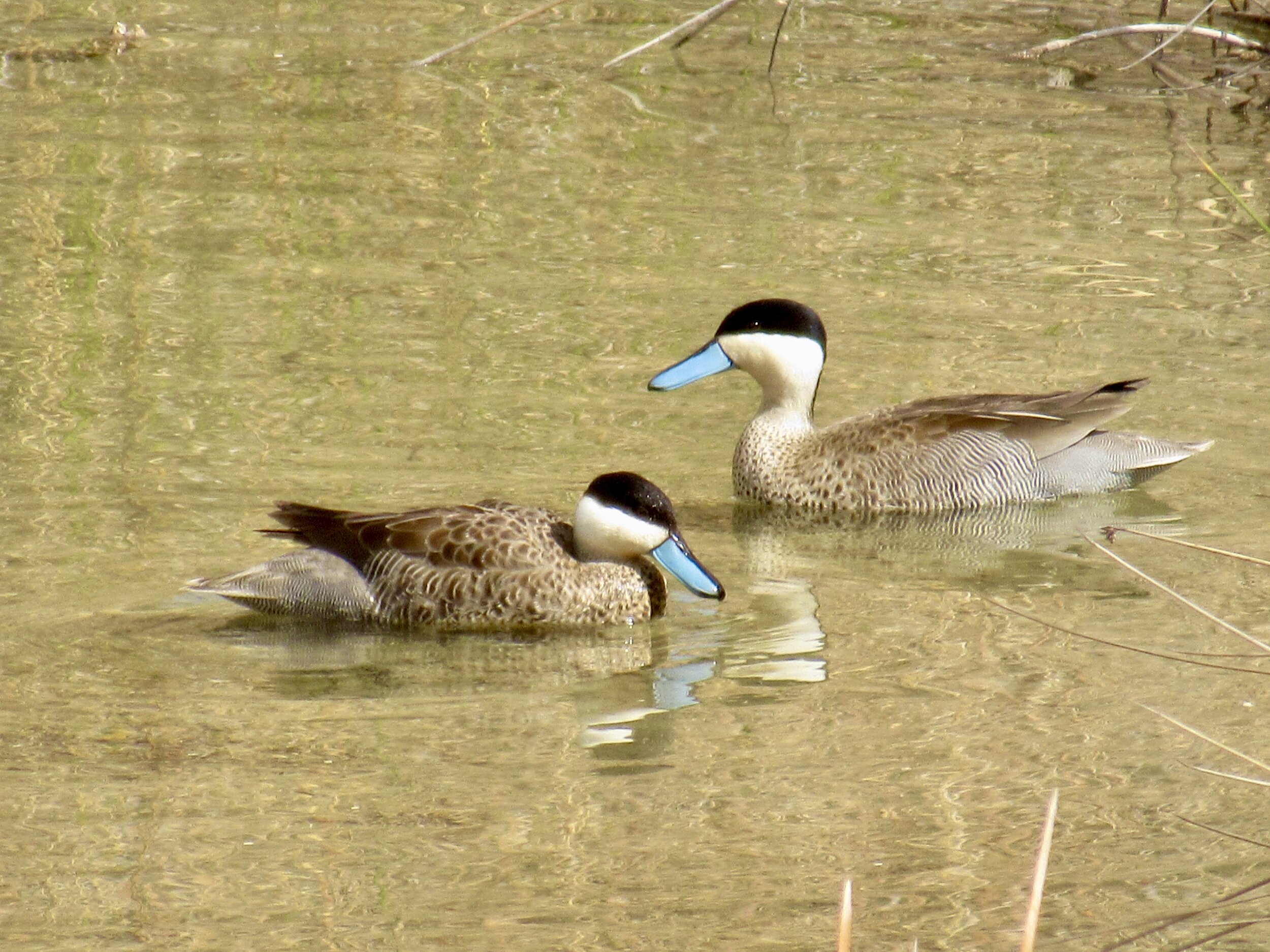
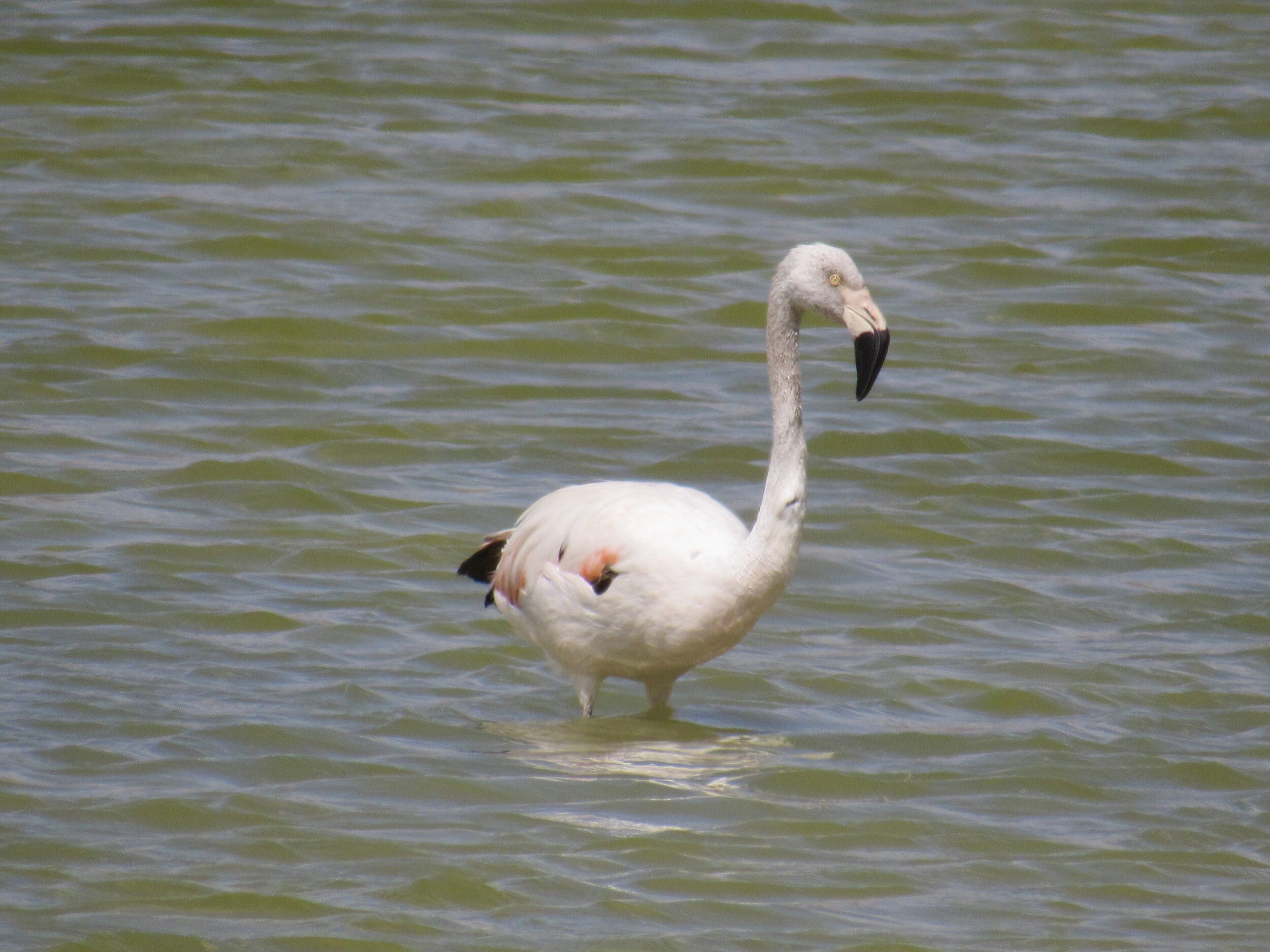
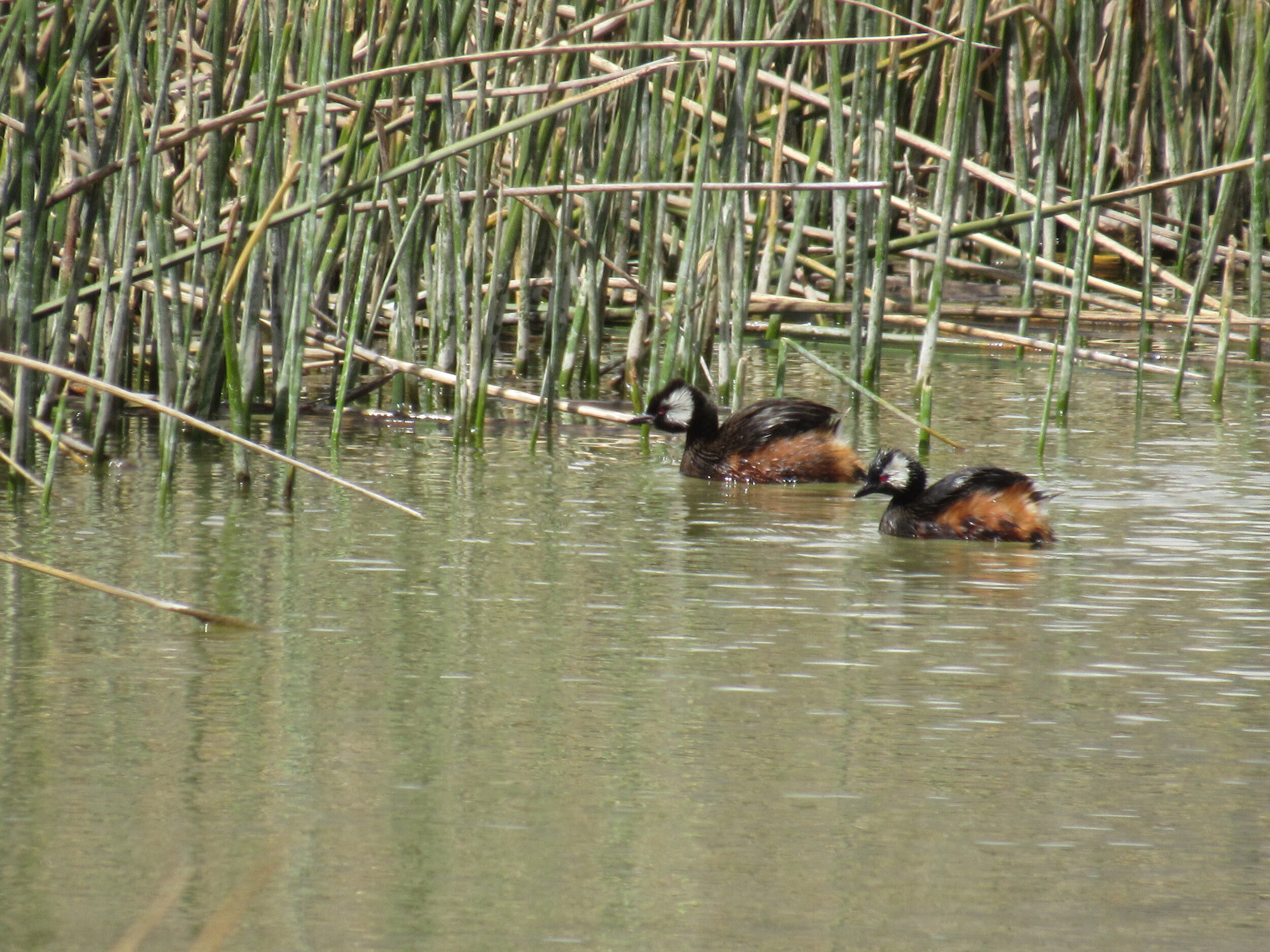
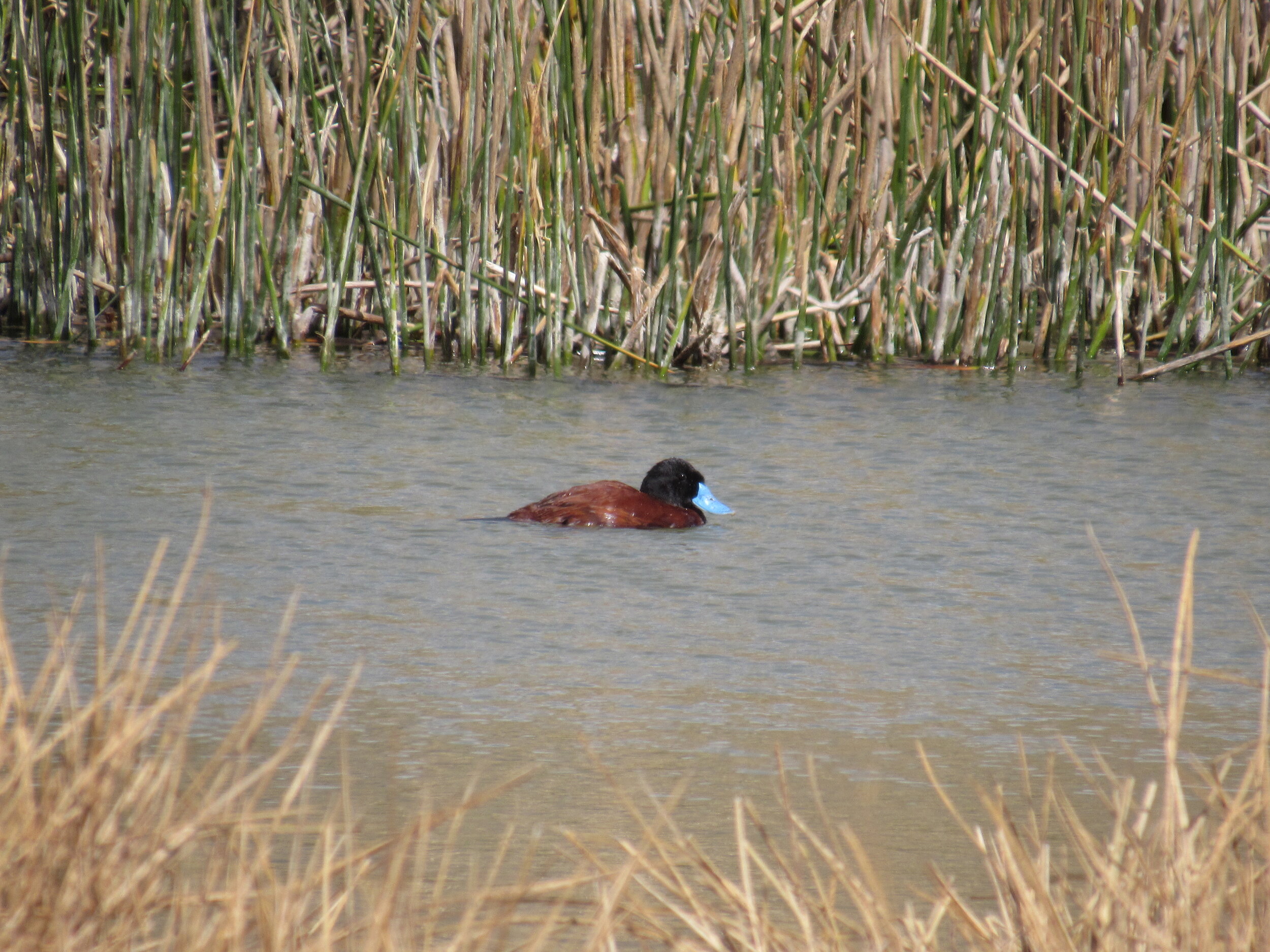
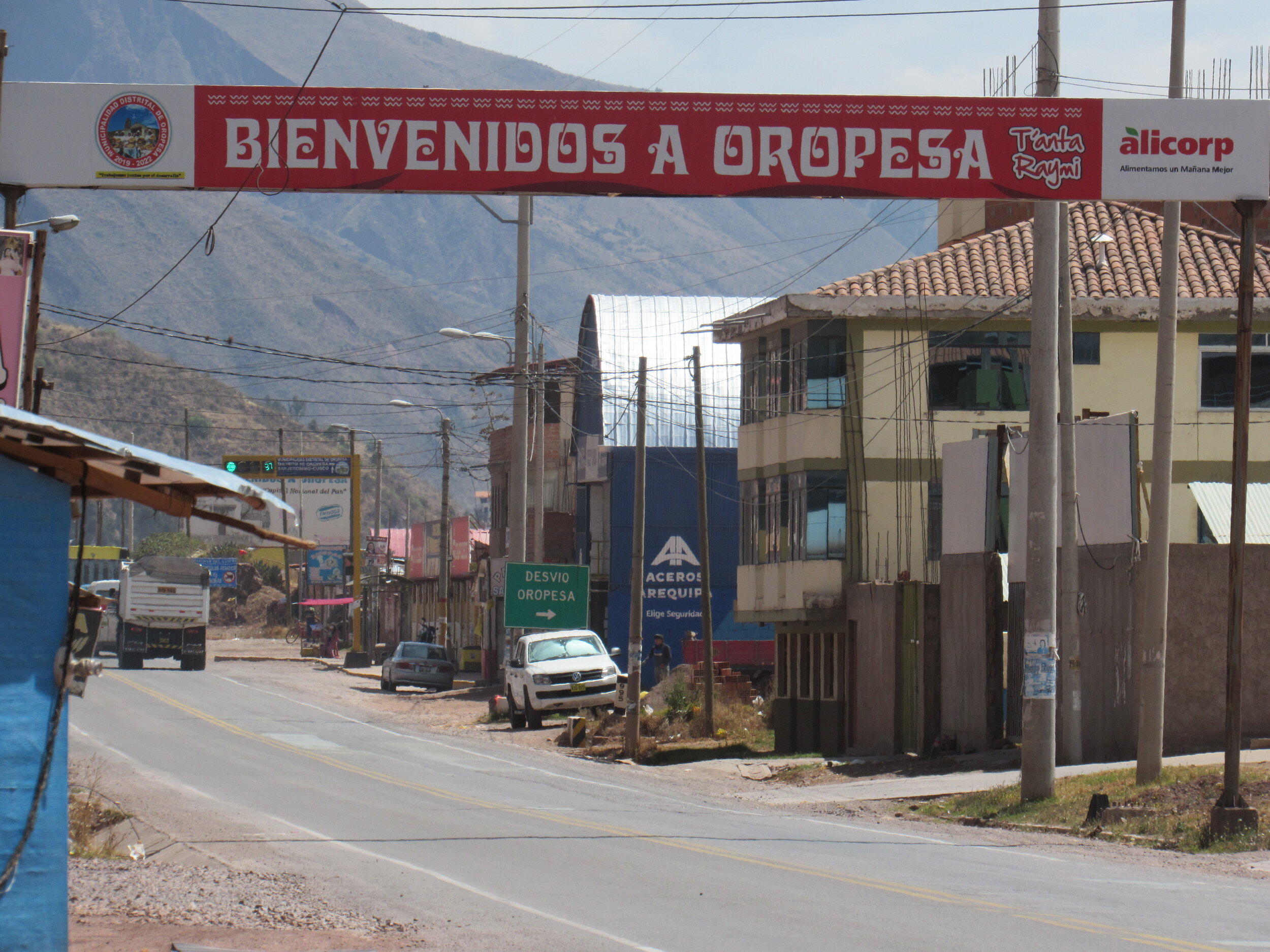
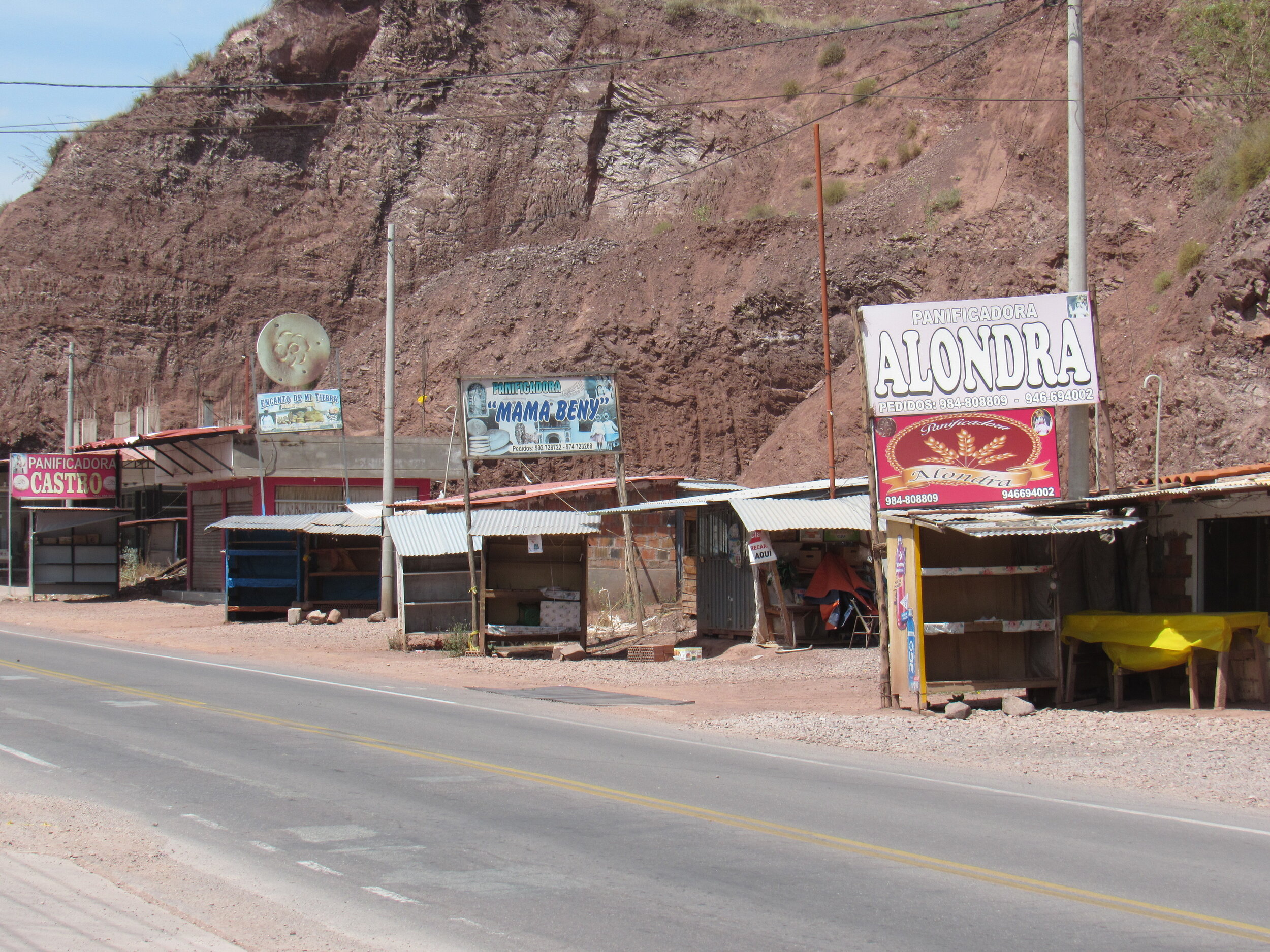
Wednesday, 19 August, 2020
In July I was so focused on getting out of Cusco. I really felt that the number of cases in Cusco had been so consistently low during all of May and June that I should be allowed to go outside. Plus, I had terrible cabin fever and was crawling up the walls. I just wanted to go hiking and camping so badly.
Unfortunately, I was not welcome in rural communities. Anybody from outside the community, especially somebody coming from Cusco, was a threat. These communities are so isolated that none of them had any cases of Covid. They really did need to stay isolated, to stay safe.
That led me to try to find hiking routes that don’t go near any communities. I don’t want to be the one to accidentally take Covid from the city to any of these families.
Today, I went bird watching at the marshes in Huacarpay. This is close enough to Cusco that I could get there on a city bus, but far enough to feel like I was out in the countryside, far from town. It’s the dry season, so there are very few birds there now. I could only identify nine species, and there was only one bird that I couldn’t identify at all. The biggest surprise was that I saw flamingoes. They are not on the list of birds that you should be able to see at Huacarpay. My only guess is that they were passing through and just stopped for a day or so.
If you need to get out of Cusco, take the Saylla bus past the airport. You can get off at Lucre, which is near the marshes. Don’t get out at Oropesa anytime soon, because their quarantine rules are even more strict than in Cusco.
Thursday, 20 August, 2020
Today I went to the bank to withdraw the donations that the Covid Relief Project has received for this Saturday. It still bothers me that we haven’t been able to register as an official charity, which means that all donations have to go through my personal bank account. I really hope that we can open up a local bank account soon, which would make everything seem much more official to me
We are very close to what we need for Saturday, despite finding out last night that there are 76 families, not 49. I had been budgeting s/30 per family, for 49 families. Since we usually take food for about a hundred, this made fundraising so much easier for me. Finding out last night that there are 76 families, I panicked a bit. Thankfully, we have gotten in more donations and now need only $75 more in donations. I am sure that in the next 24 hours we can get that much.
When I went to Wagner’s, the wholesaler we work with, only two people seemed to be working and there was yellow caution tape blocking the open door. People were standing outside on the sidewalk to ask prices and buy food. They invited me to come in, probably since they have gotten to know me pretty well by now. This is the fifth time that I have bought enough food for a whole village from them.
We worked out the last details of how much food I could get this time for s/30. Then, I couldn’t help asking why the store was partly closed. In a very low voice, one of them told me that last Saturday two of the staff members were diagnosed with Covid. They are extremely short staffed, since three other employees are self-isolating at home until they can get tested too.
Now I do know two people who have Covid in Cusco.
Friday, 21 August, 2020
Today was just busy - the kind of busy that I have had so rarely since the pandemic started. I got up earlier than usual to see an apartment, which was the only time that the landlord was available to show it. Then I went to the market to buy food for the weekend. After taking all of that home, I ran down towards the main square to pick up some donated marmalades from the Maytaq Wasin Hotel.
I met the owner of the hotel at my regular Friday yoga class. After she heard about the Covid Relief Project, she offered to donate some of the little single-serving marmalade cups that used to be on her hotel’s breakfast buffet. Most hotels in Cusco won’t open until Christmas, at the earliest. Many will stay closed until the rainy season ends and the tourist season usually starts: in March or April, 2021.
With my biggest backpack stuffed full of the 76 bags she had prepared, each with 10 marmalades, I hiked back up to my house, dropped off the backpack, then continued hiking uphill to the grove of trees where we do yoga on Friday mornings. It was more deserted than usual, and we weren’t interrupted by anybody during the hour and a half that we followed Sonia’s yoga class.
Afterwards I raced down to my house to get the bbq going. My DIY bbq works great, and this is the fourth time that I’ve used it. However, the charcoal that I buy at the market takes about two hours to get hot enough to cook. I gather sticks up at the grove of trees where we do yoga and keep a fire going for about an hour to heat up the charcoal.
My friend Sarah arrived for an afternoon bbq, then another friend, Steve joined us. Steve is going with me tomorrow to take food to the community of Mayubamba with the Covid Relief Project. He lives in Pisac, part of the mass exodus of expats moving from Cusco to the Sacred Valley. Pisac is about an hour from Cusco, so I offered to let him crash at my house tonight, so he can be ready early tomorrow for the two and a half hour drive to the village.

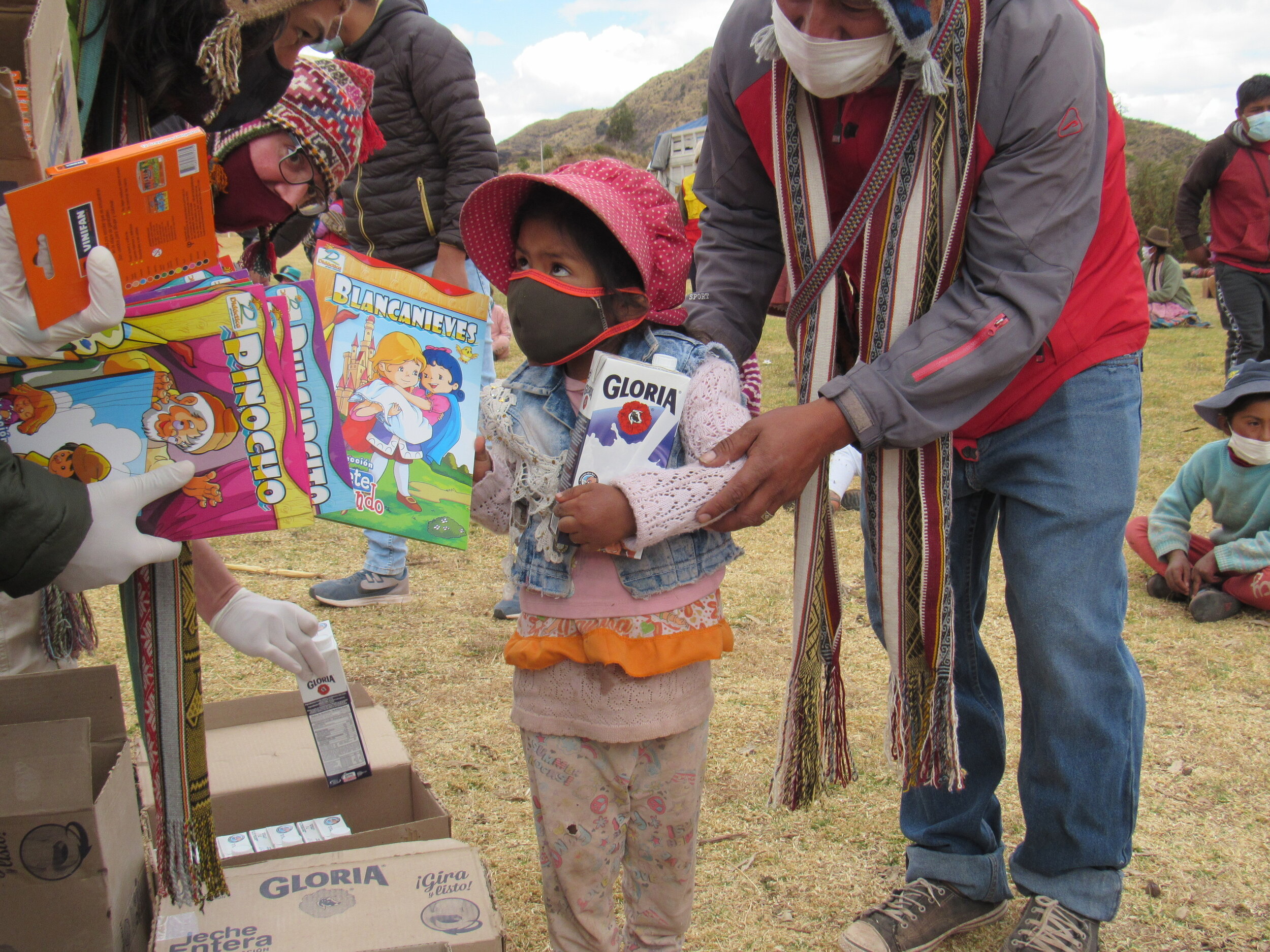
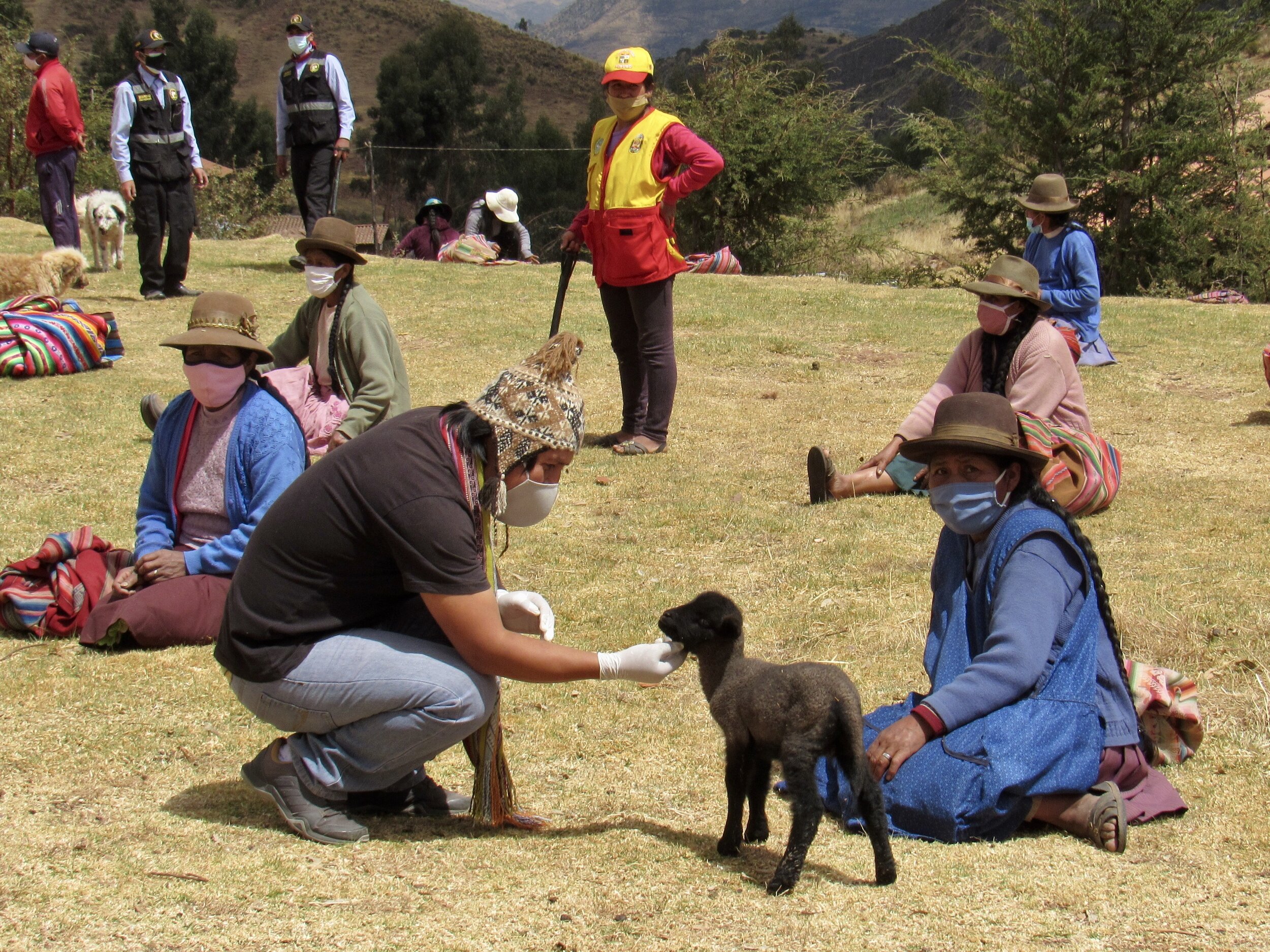
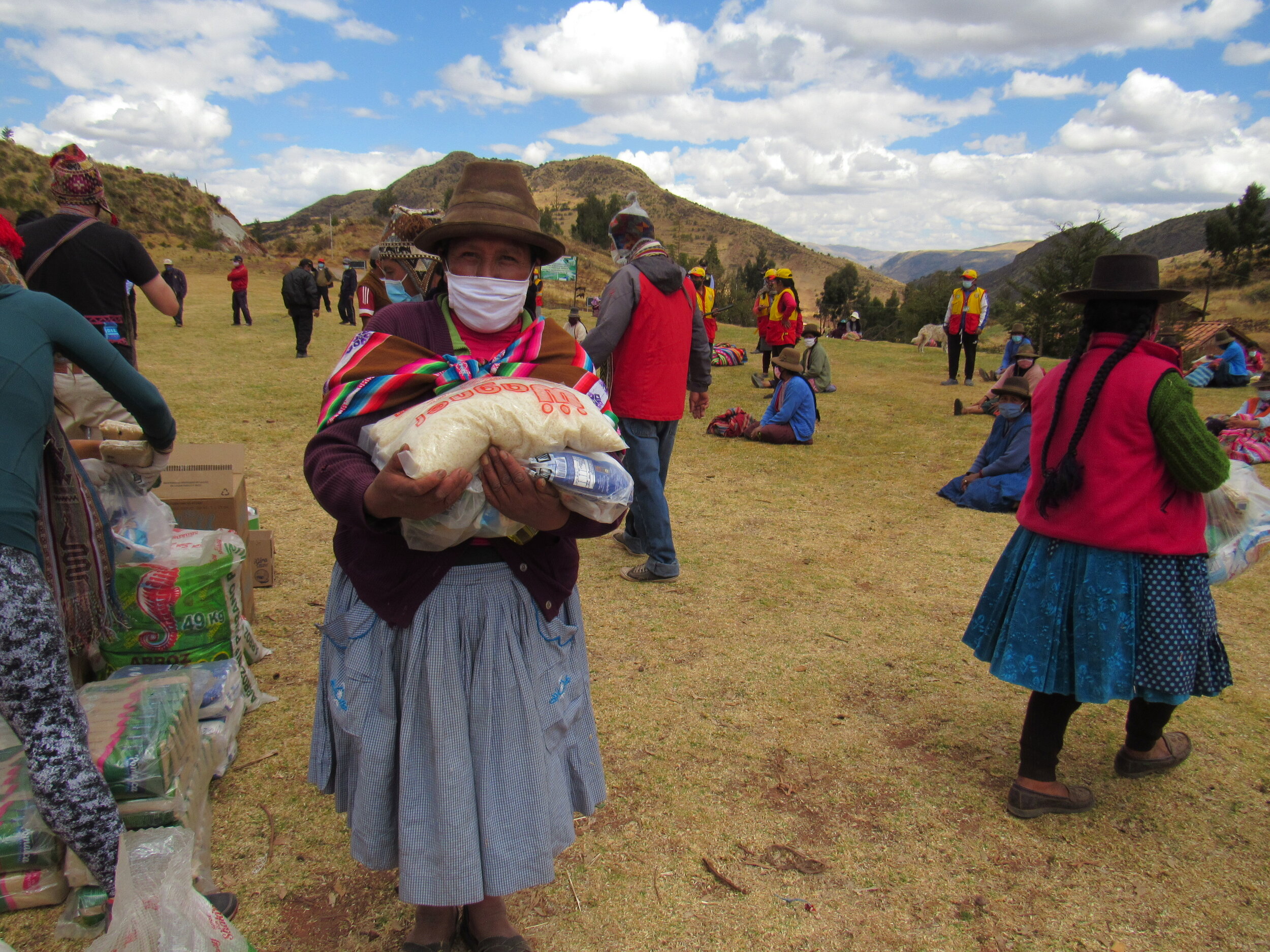
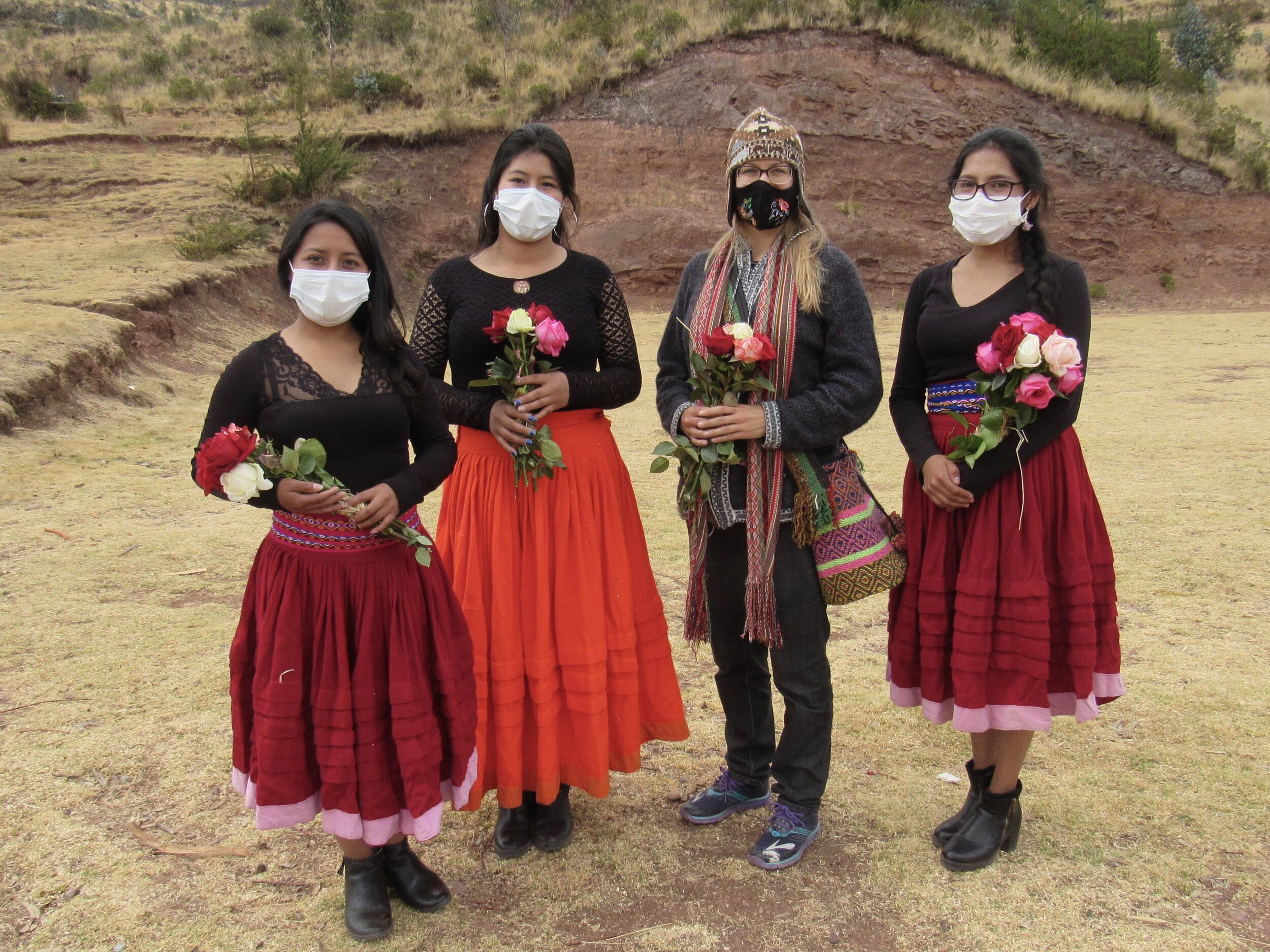
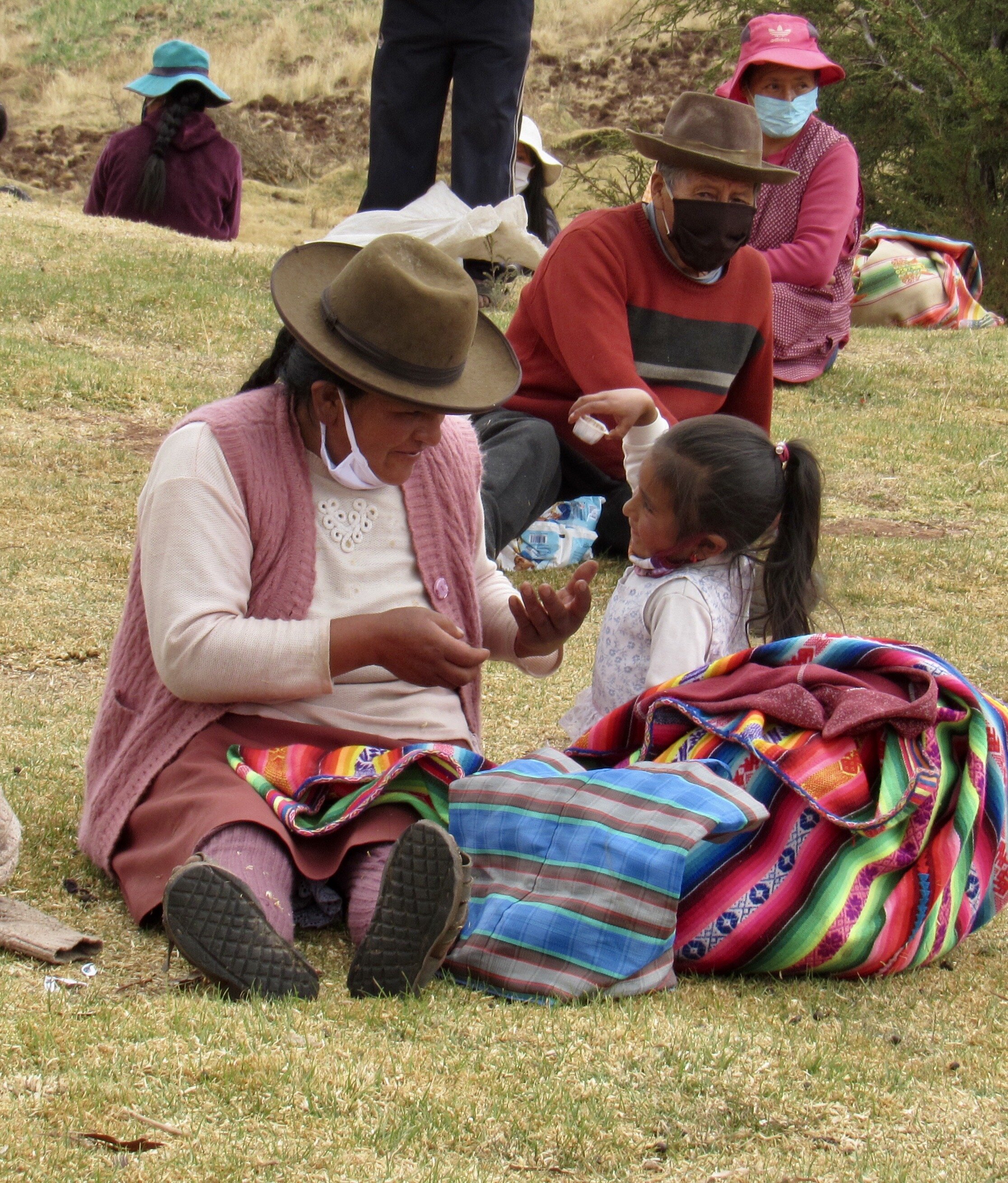
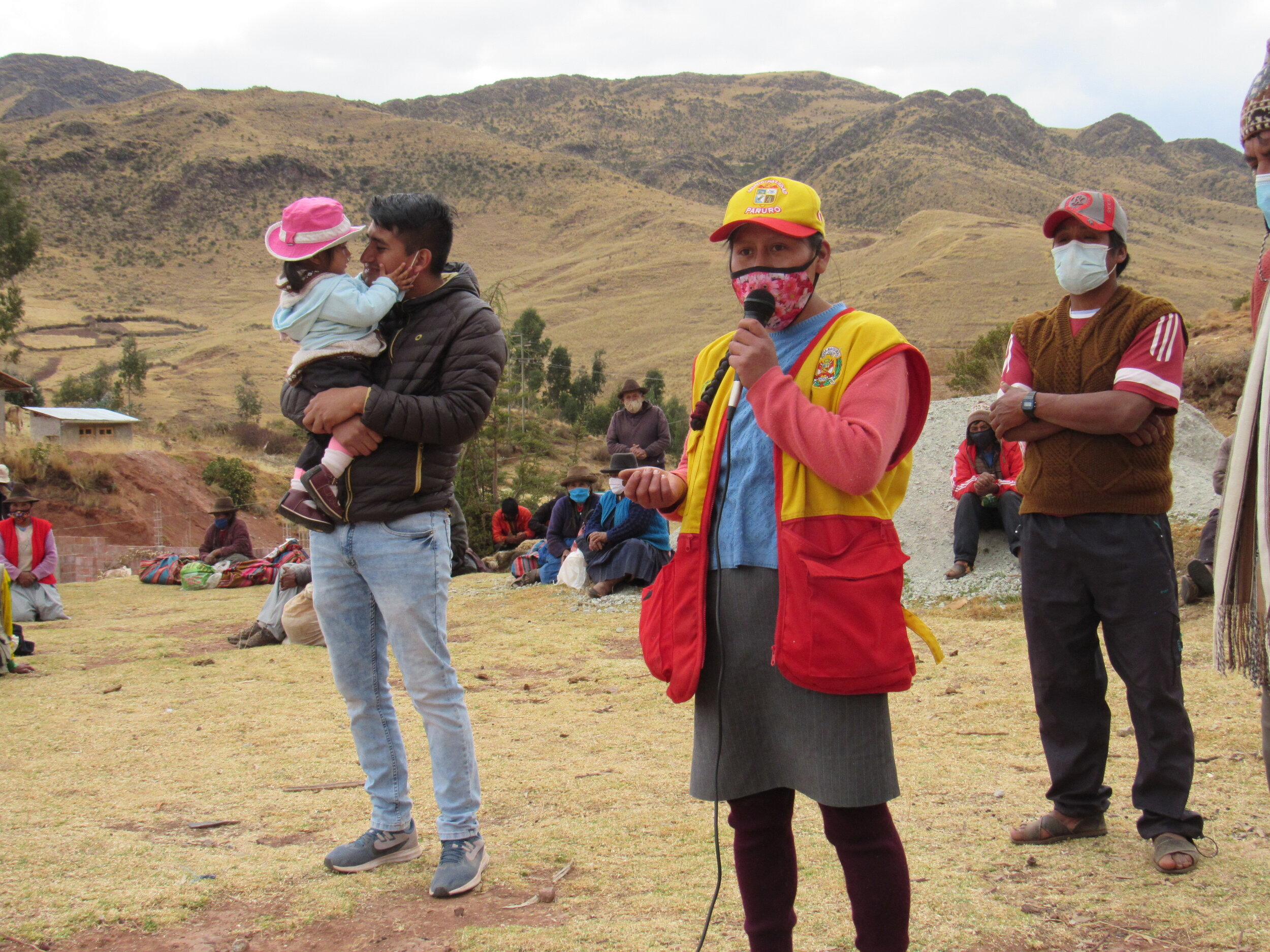

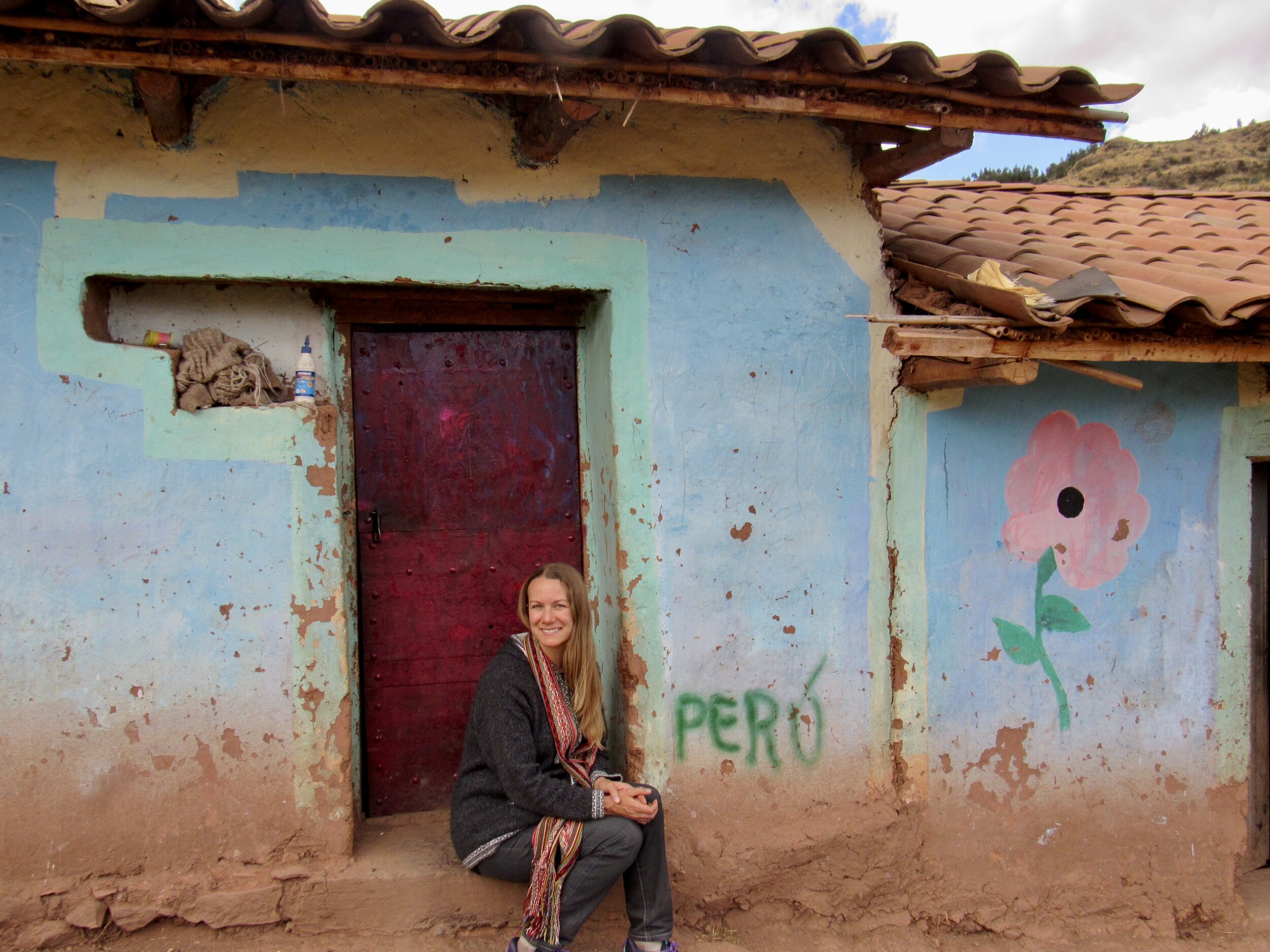
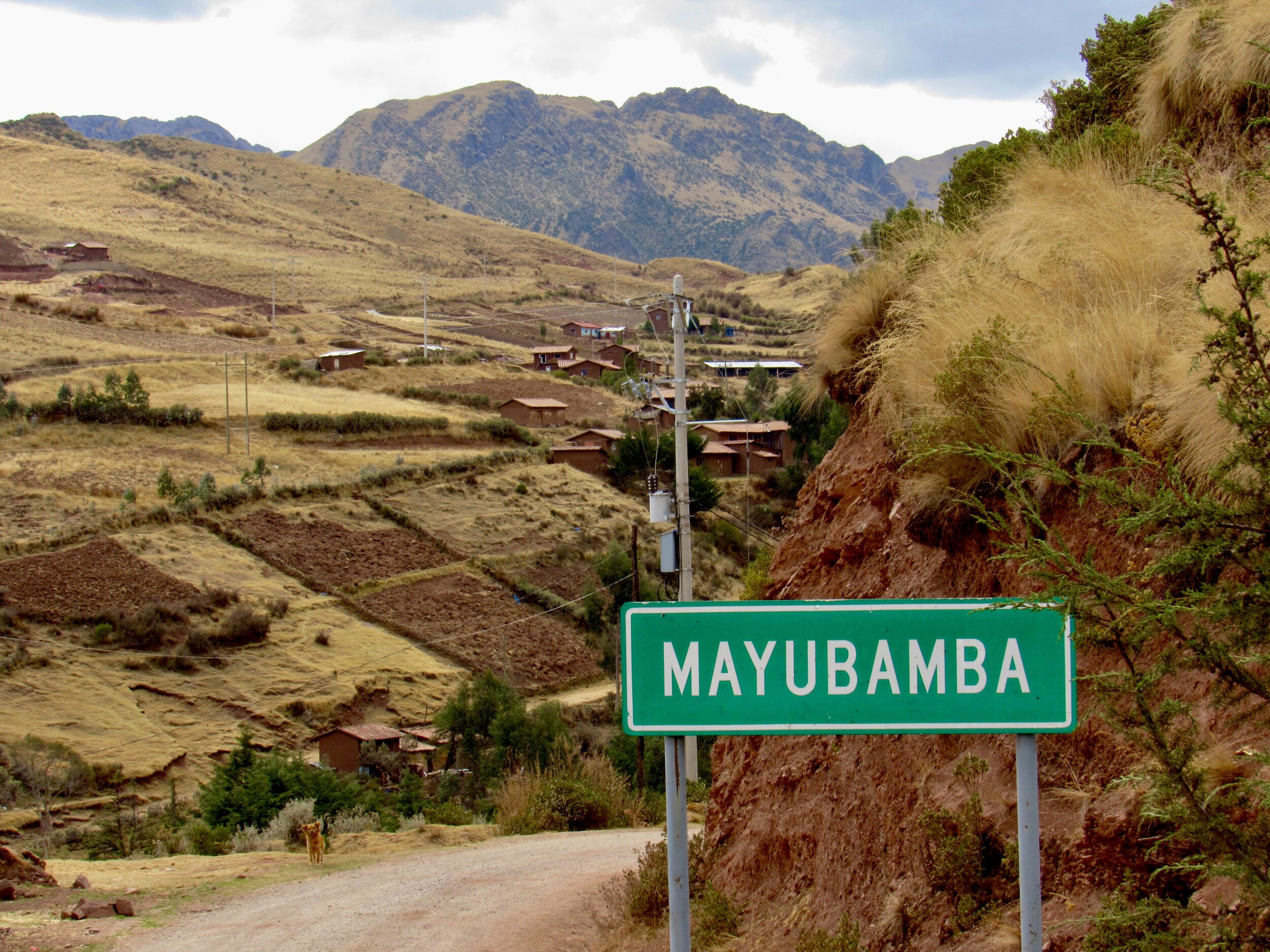
Saturday, 22 August, 2020
I met the rest of the team at 8am at Wagner’s, the wholesaler we work with. I was joined by Auqui and Henry, who have been with me for every event and take care of all of the coordinating with communities and mayors. Steve, Sonia and David also helped out today. Sonia is my yoga teacher and both she and David take language classes from me.
The mayor of Paruro had sent a truck for the food and a van for the group to meet us at Wagner’s. We loaded up 5kg bags of rice, 1kg bags of sugar, bags of oatmeal, salt, vegetable oil and packages of 10 little marmalades (courtesy of the Maytaq Wasin hotel in Cusco). The mayor had provided a list of 76 families in the community of Mayubamba who are in the most need in the area.
Each family received everything on the list above, plus the children received school supplies like pens and notebooks. For the younger children we bought colored pencils, coloring books and cartons of milk.
Communities all give us some short of welcome, but this time the mayor had organized a real reception. There were the usual speeches, plus music, dancing and gifts. We certainly have never received gifts from any of these communities before. People are just too poor. Having the mayor there to organize such a big event was strange. It is not at all how we usually distribute food.
However, it has probably been months since the people of Mayubamba have had an excuse to get together for a happy event. Even in rural areas, people are very aware of the global pandemic, the numbers of people infected and dead in Peru, and how important it is for them to stay isolated from anybody outside of the community. I am acutely aware of the risk that we pose to them, coming from Cusco. We always keep our masks on, try to keep some distance, and wear gloves when we are giving food to people.
At Mayubamba, we also wore the traditional Andean hats that they gave us, along with the handwoven scarves and bags. With six of us, the scarves alone are worth about a fourth of what we spent on food for the village. If I had thought that the gifts came from the villagers themselves, I would have tried to pay them something. Knowing that they came from the mayor made me less uncomfortable. Still, they were expensive gifts that we definitely did not expect.
In every village they give us something. Usually it’s either boiled potatoes or boiled corn. We don’t expect people to be able to give us something, but we do appreciate being able to take the time to share with these communities. It’s the Andean version of breaking bread, and it builds a connection between those of us coming from Cusco and those who live in such isolated communities, hours from Cusco.


